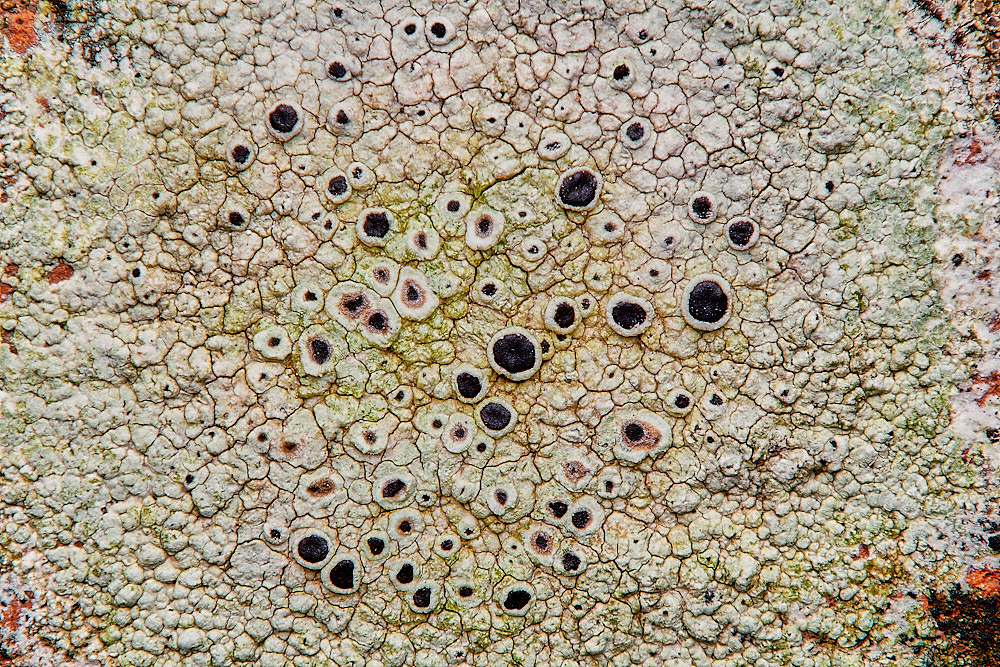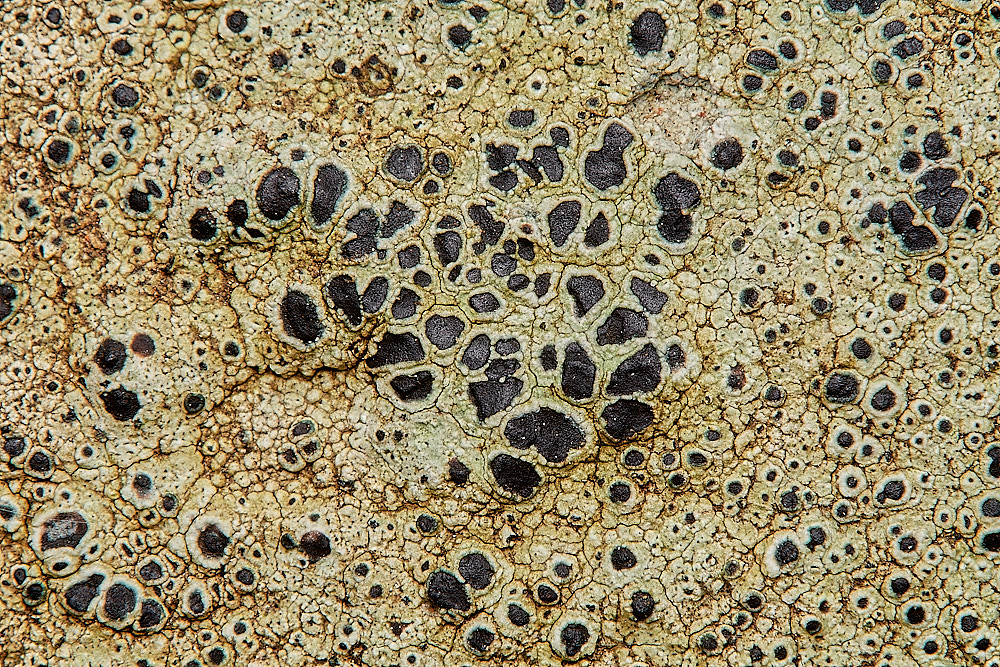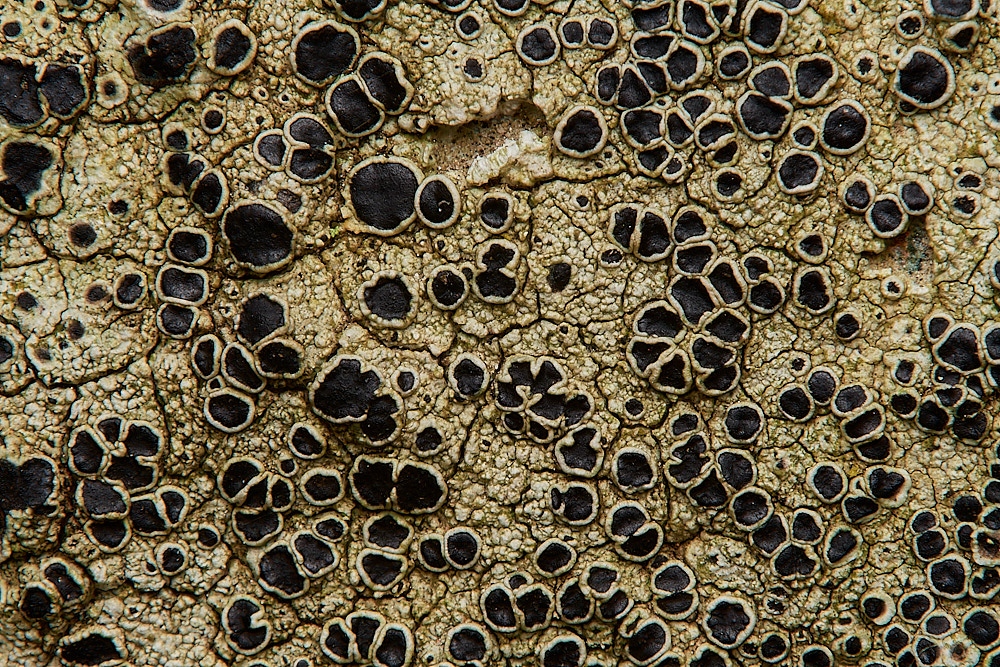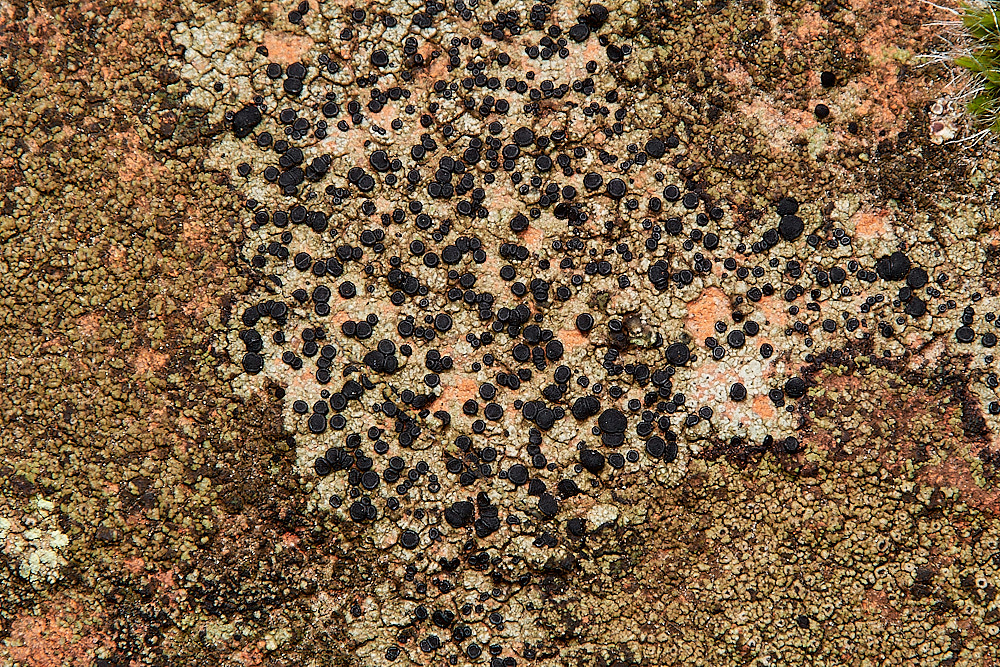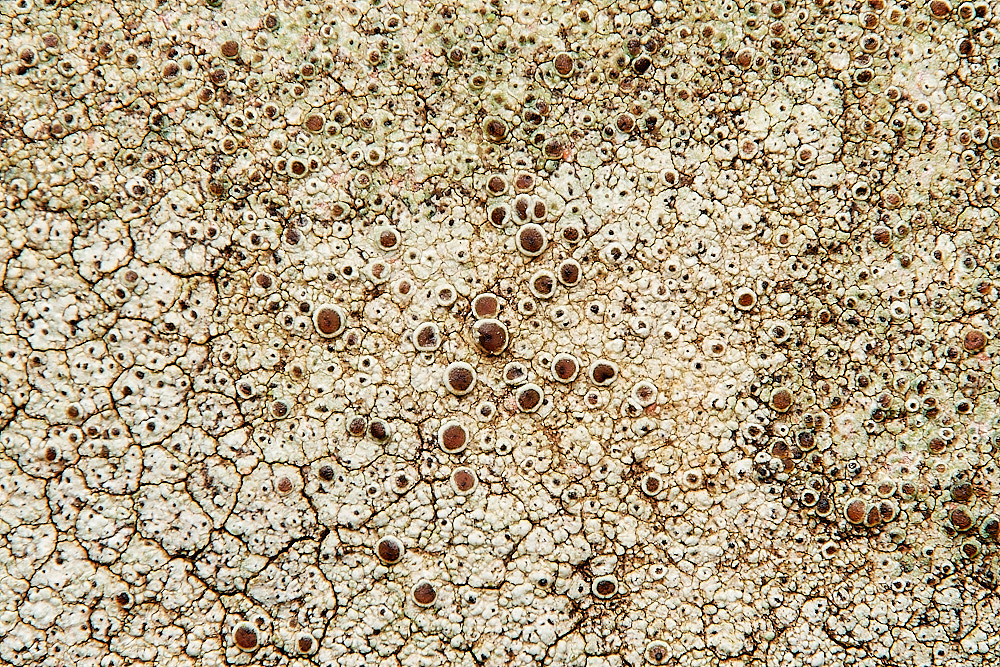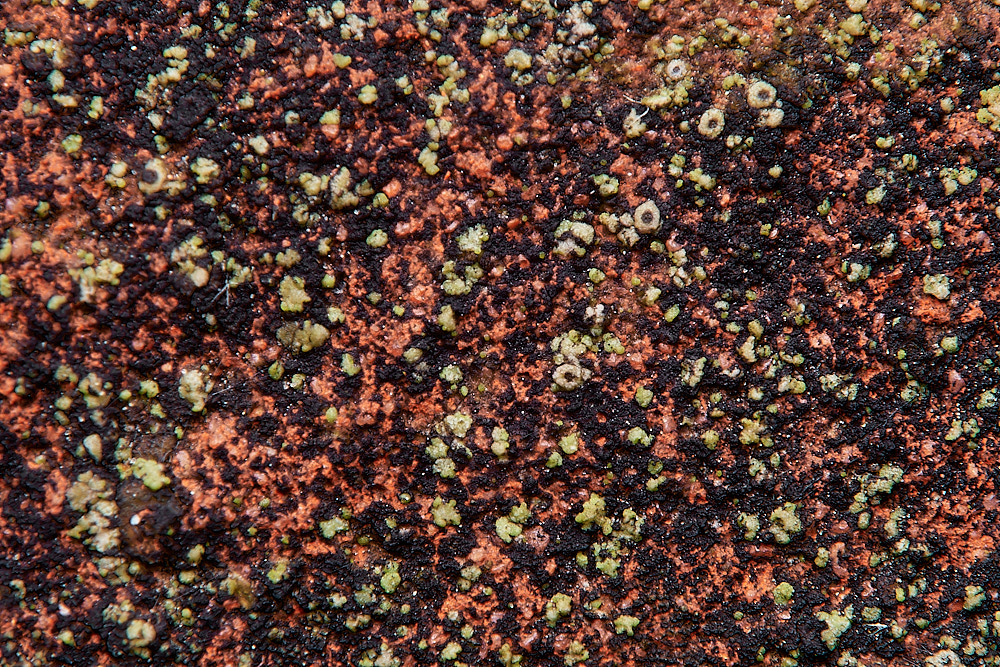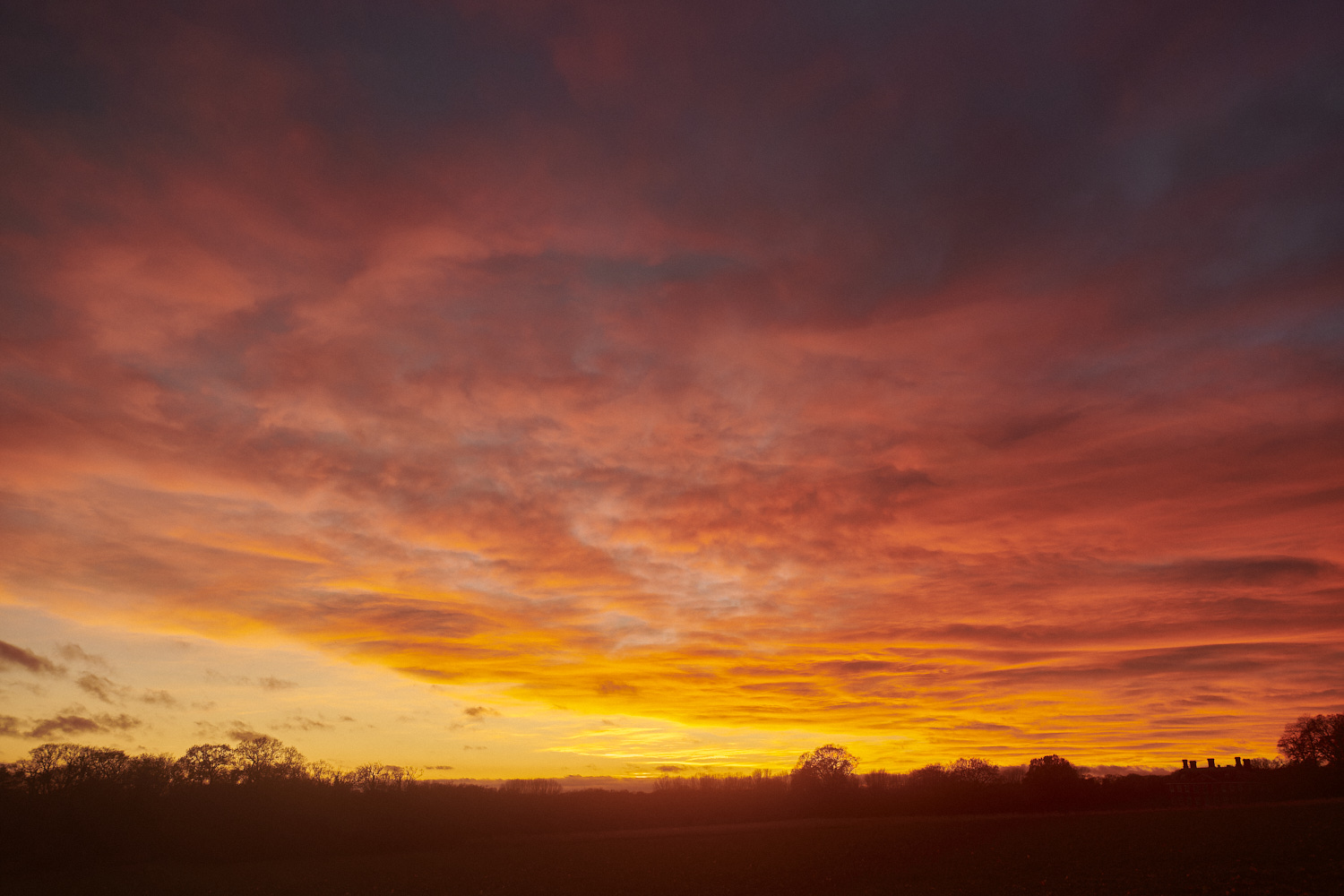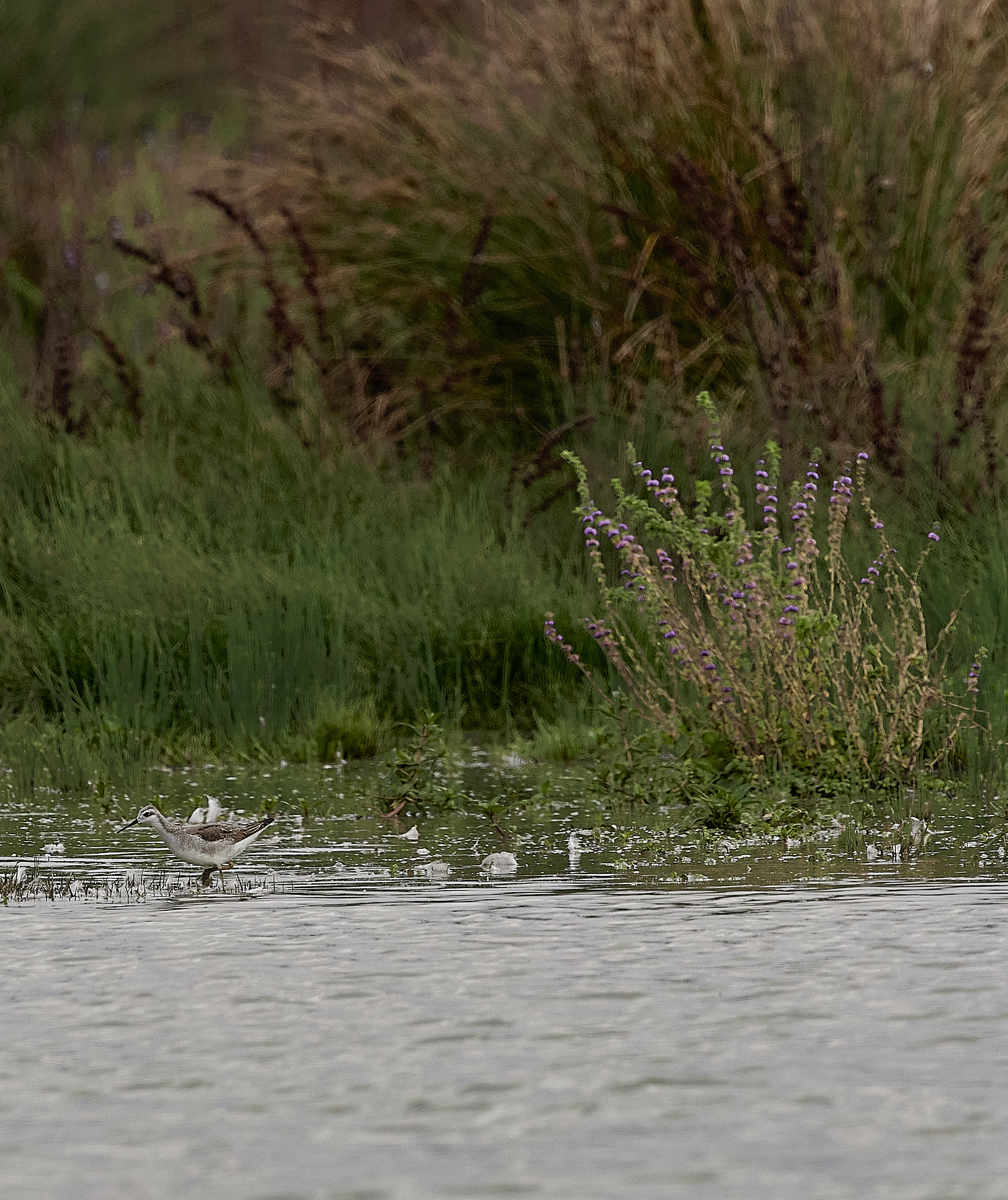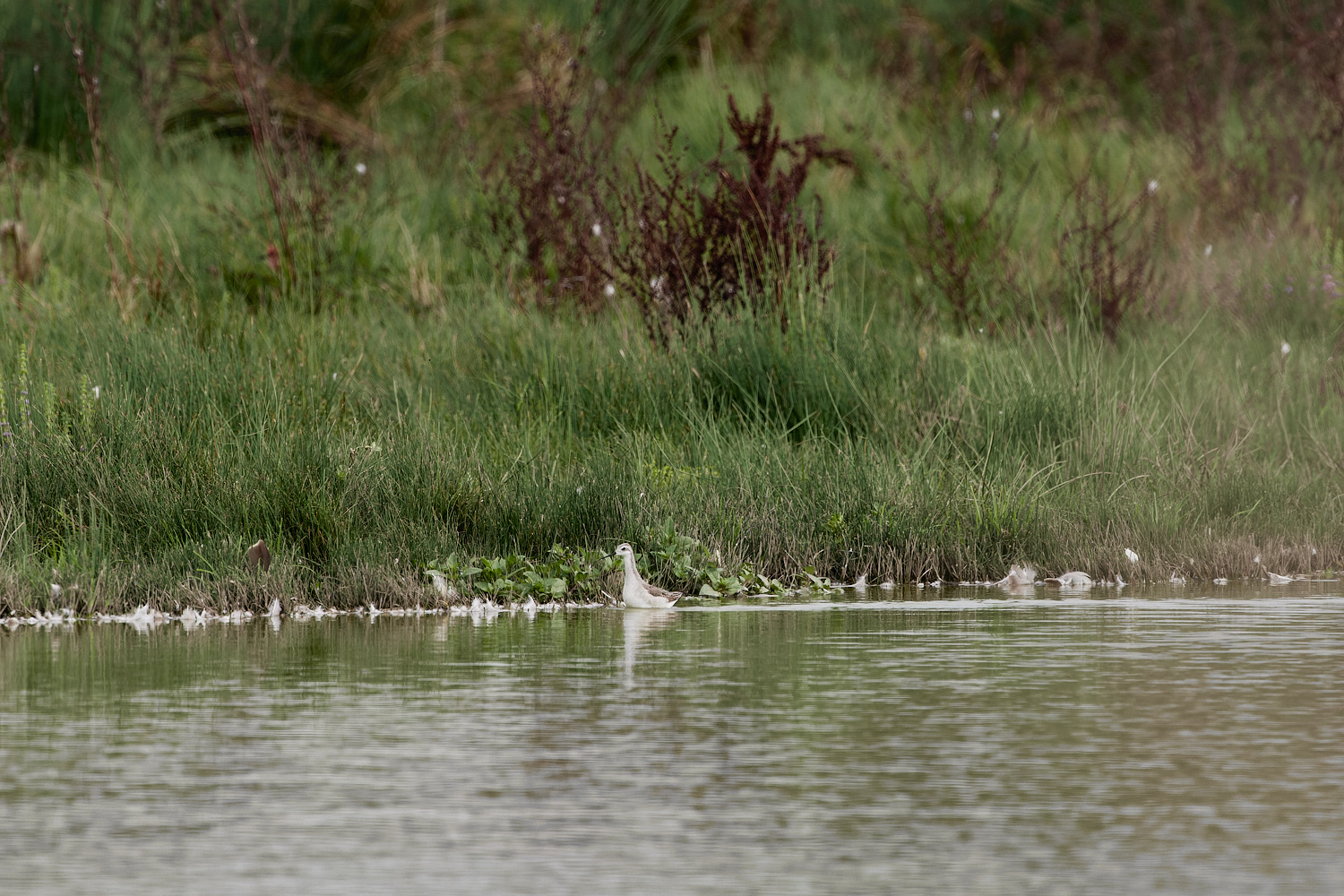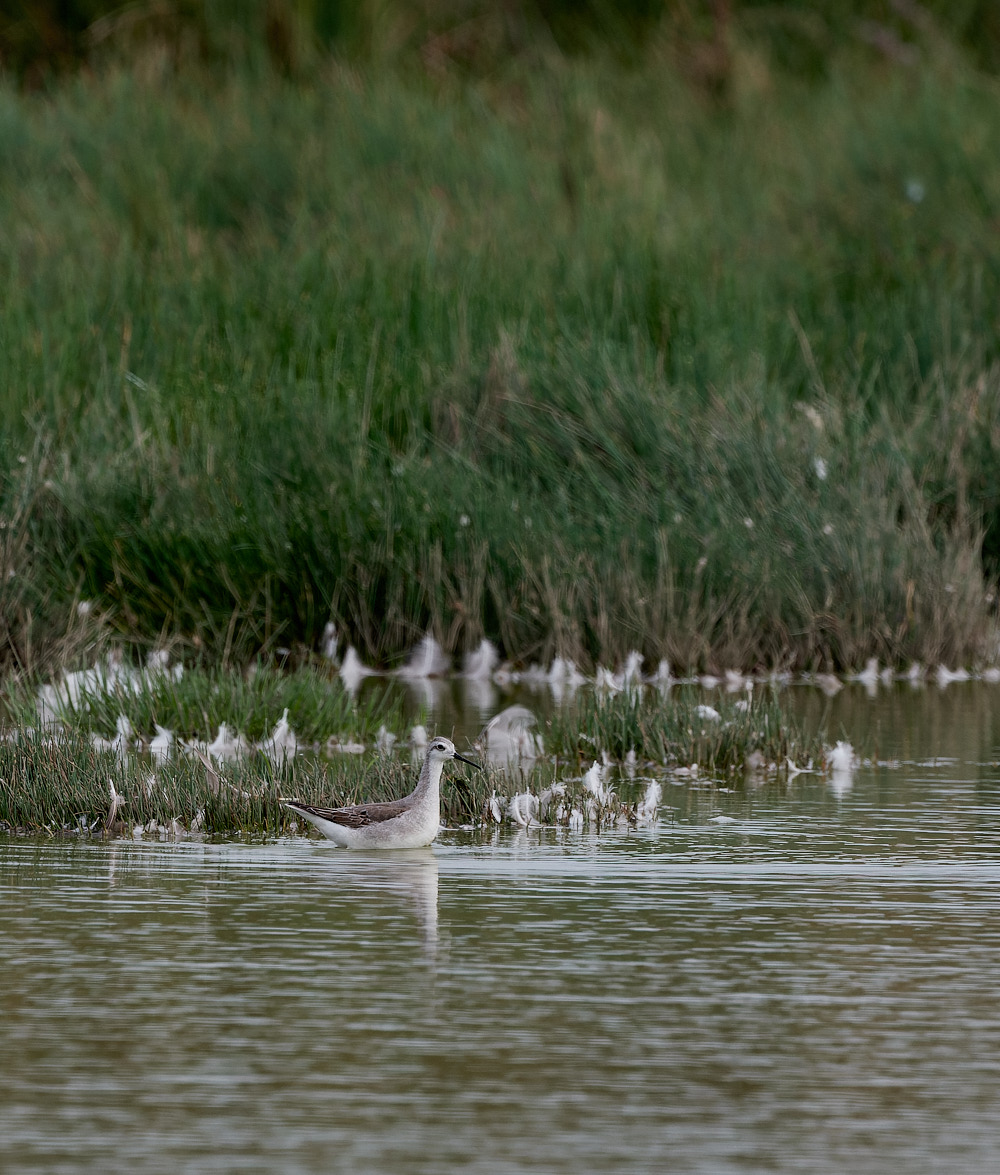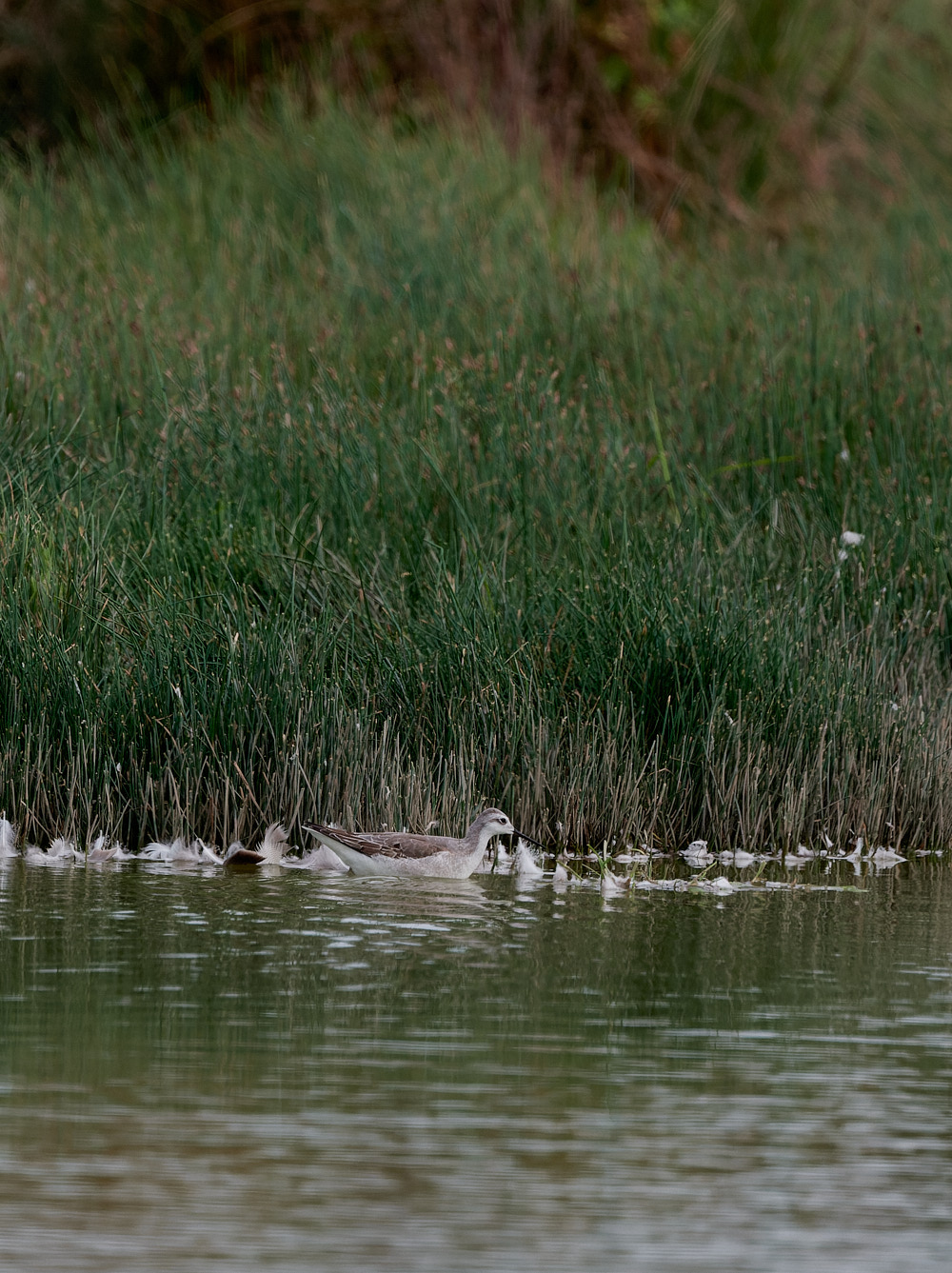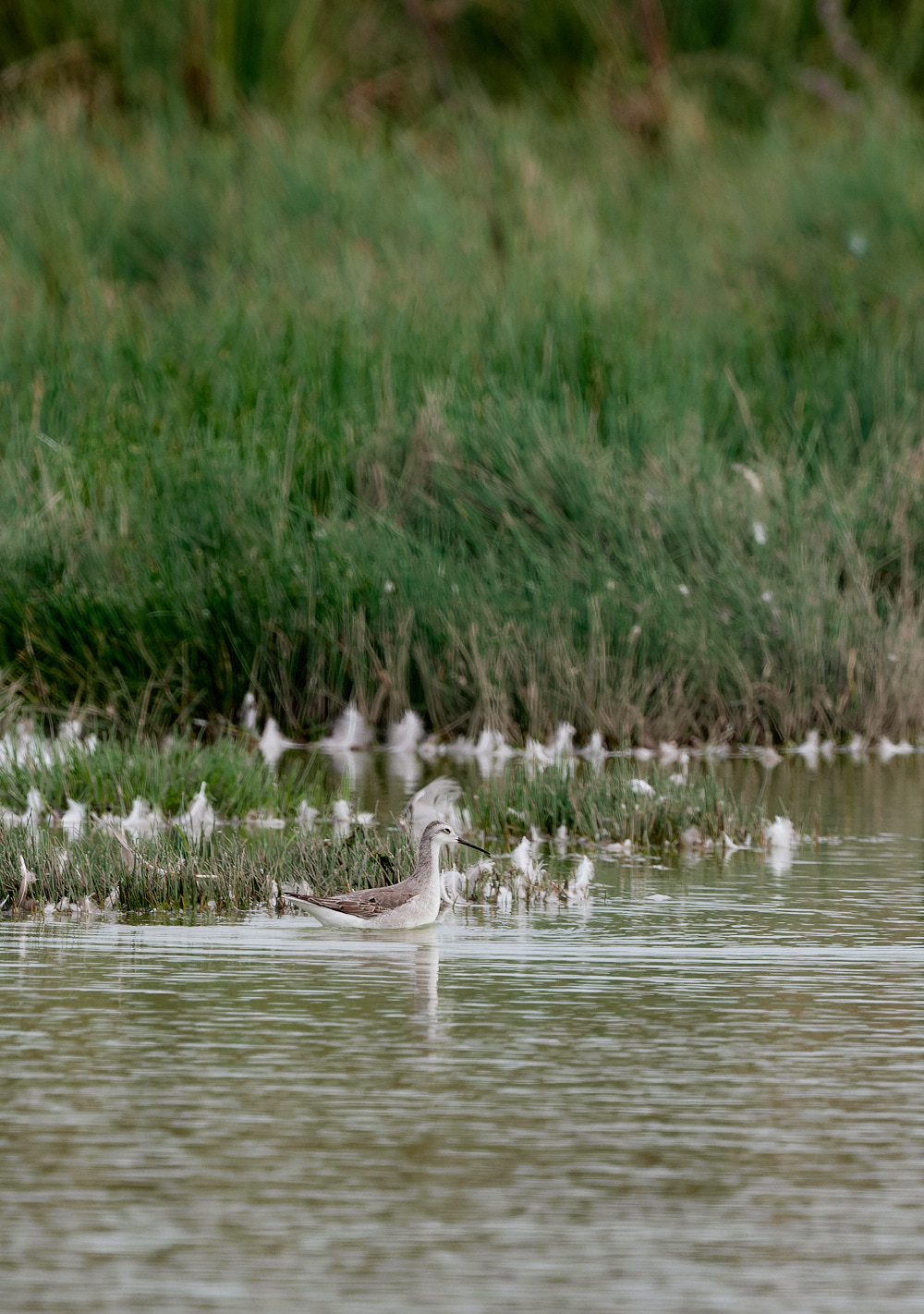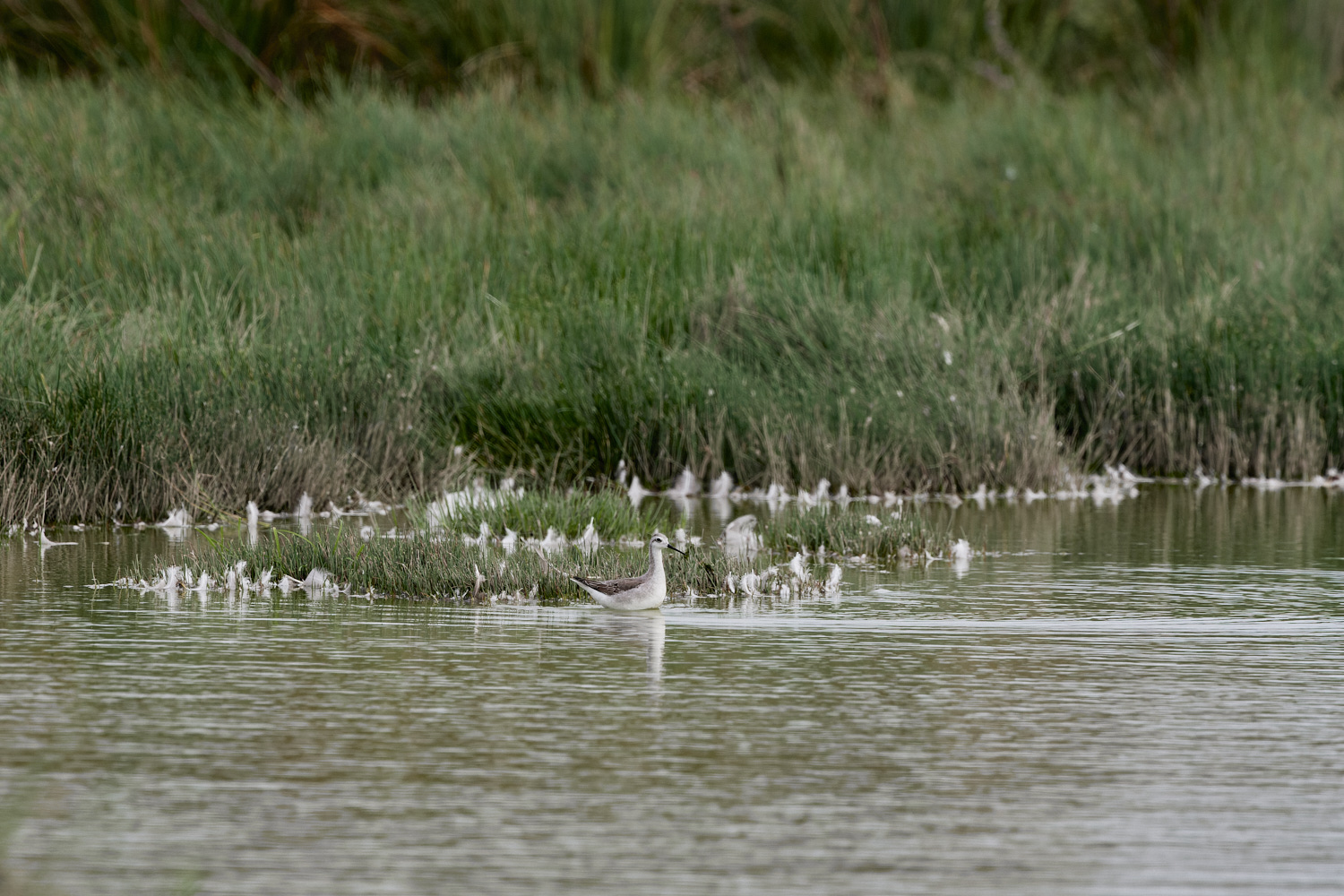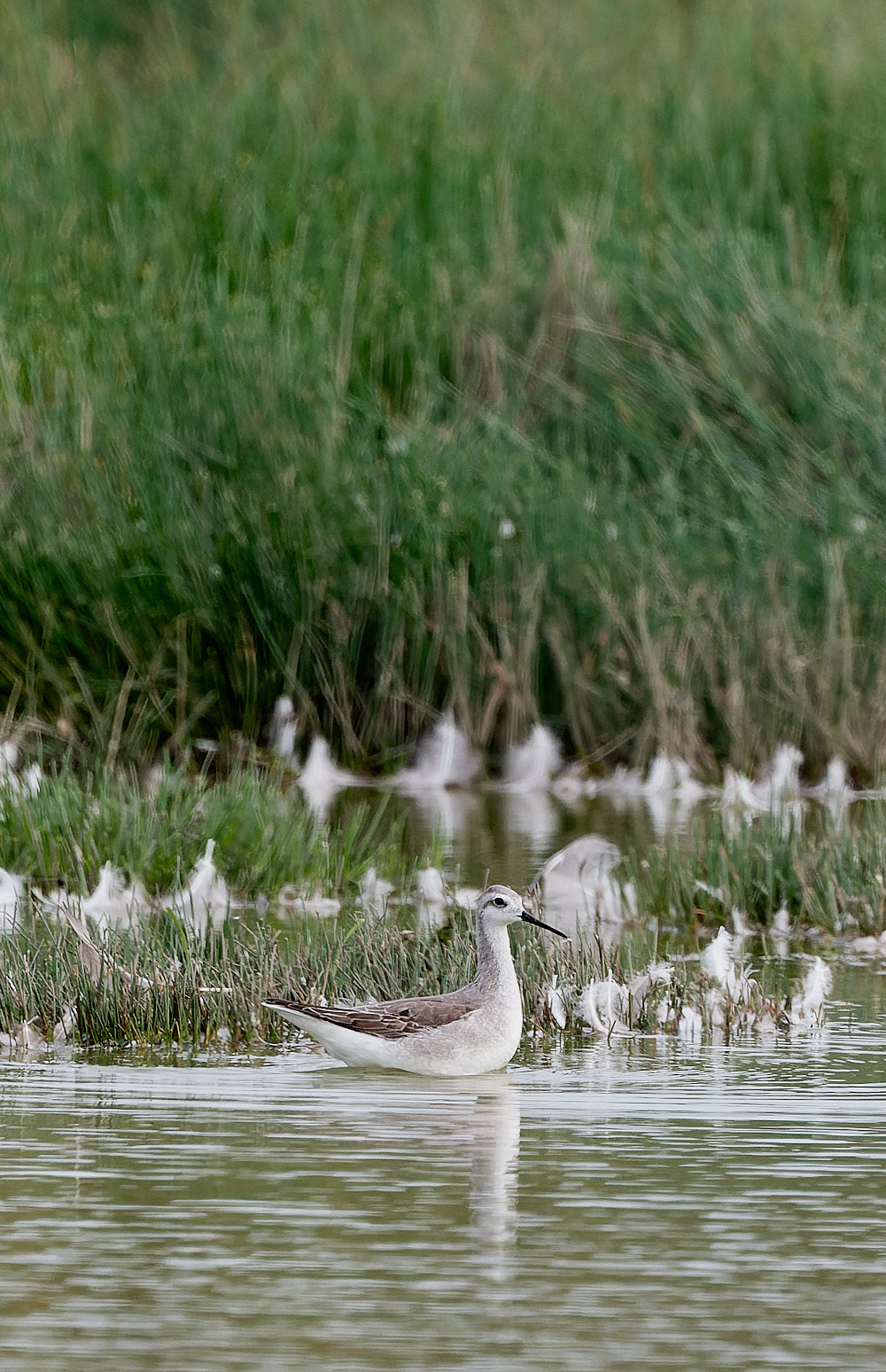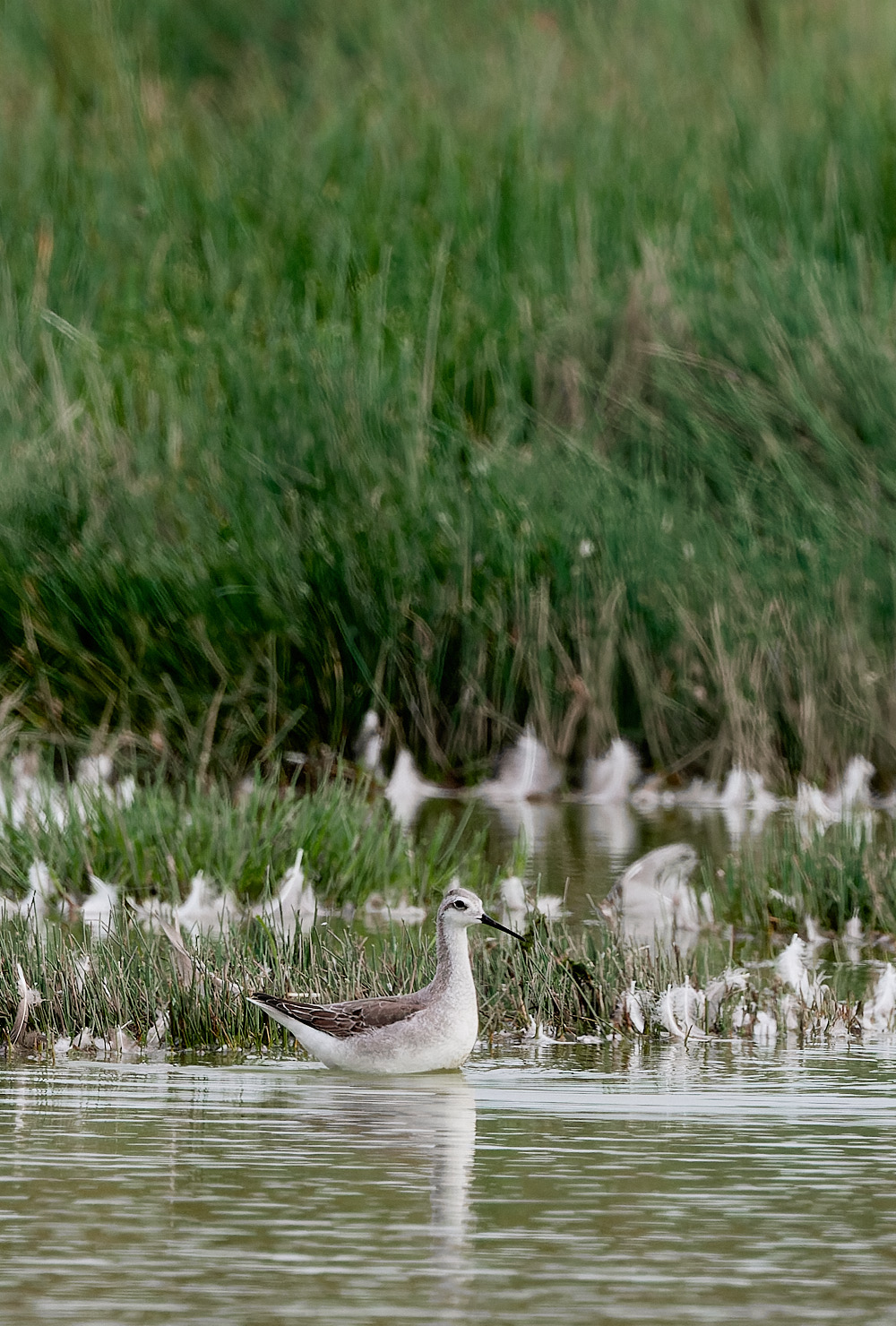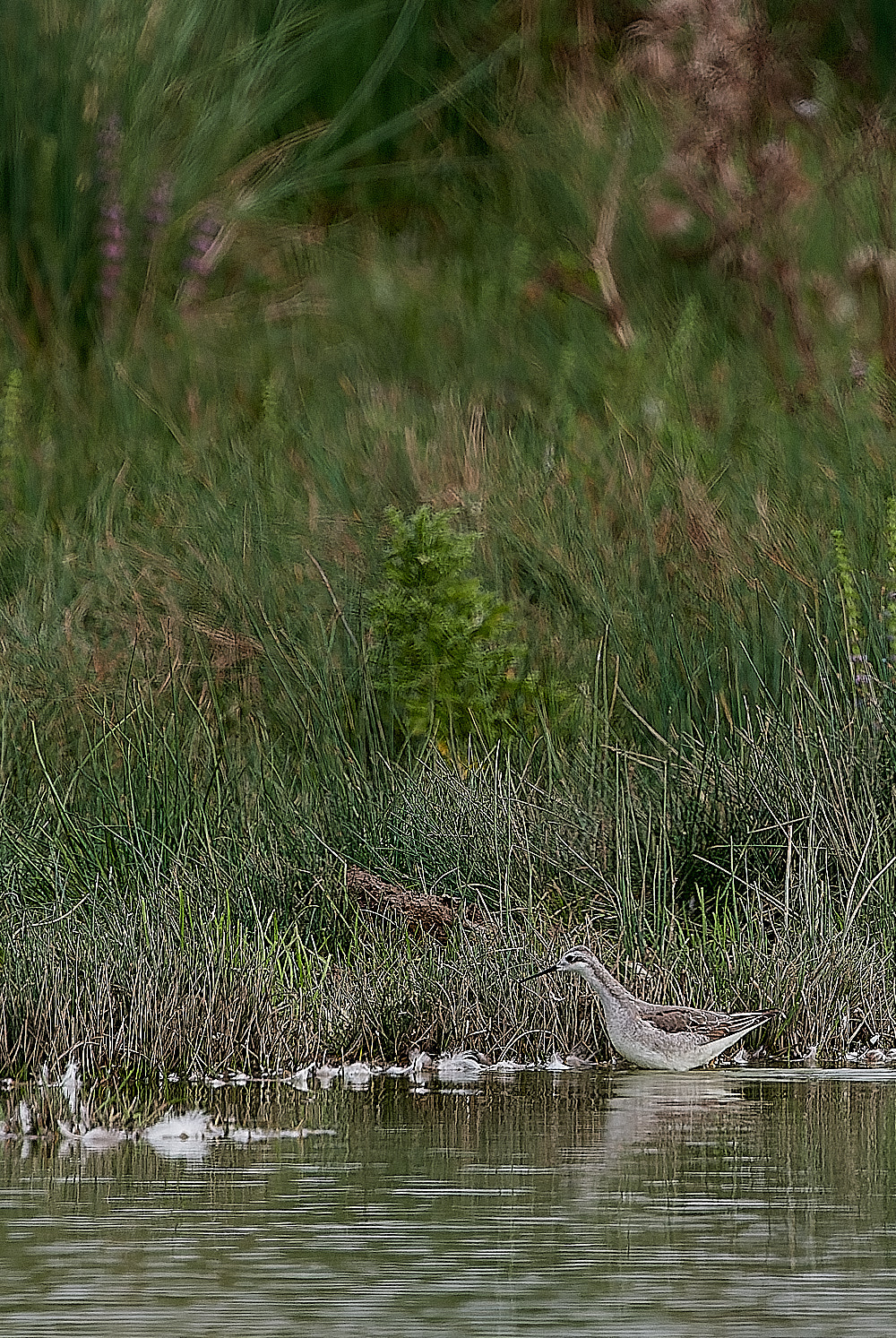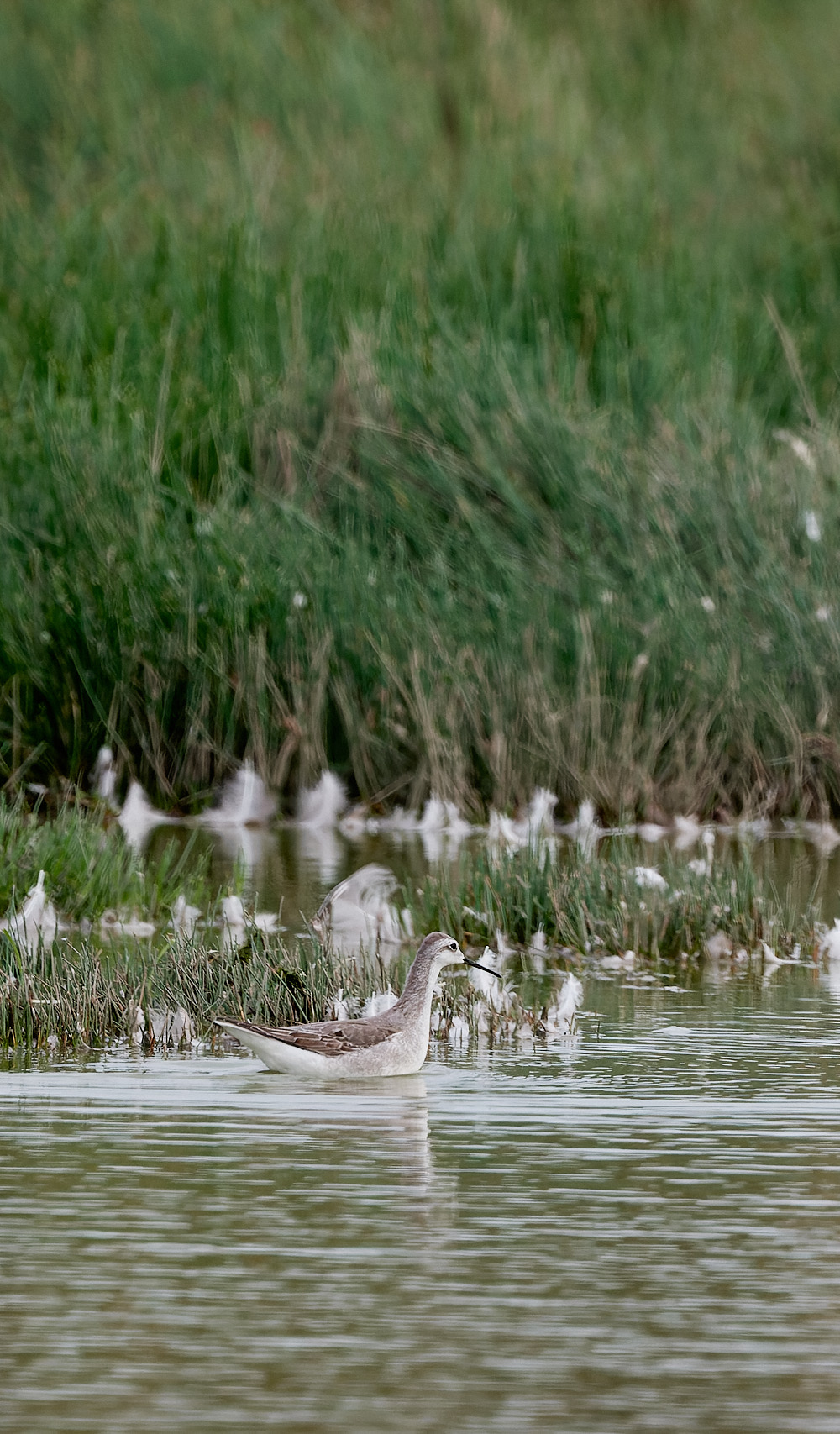Saxlingham Church
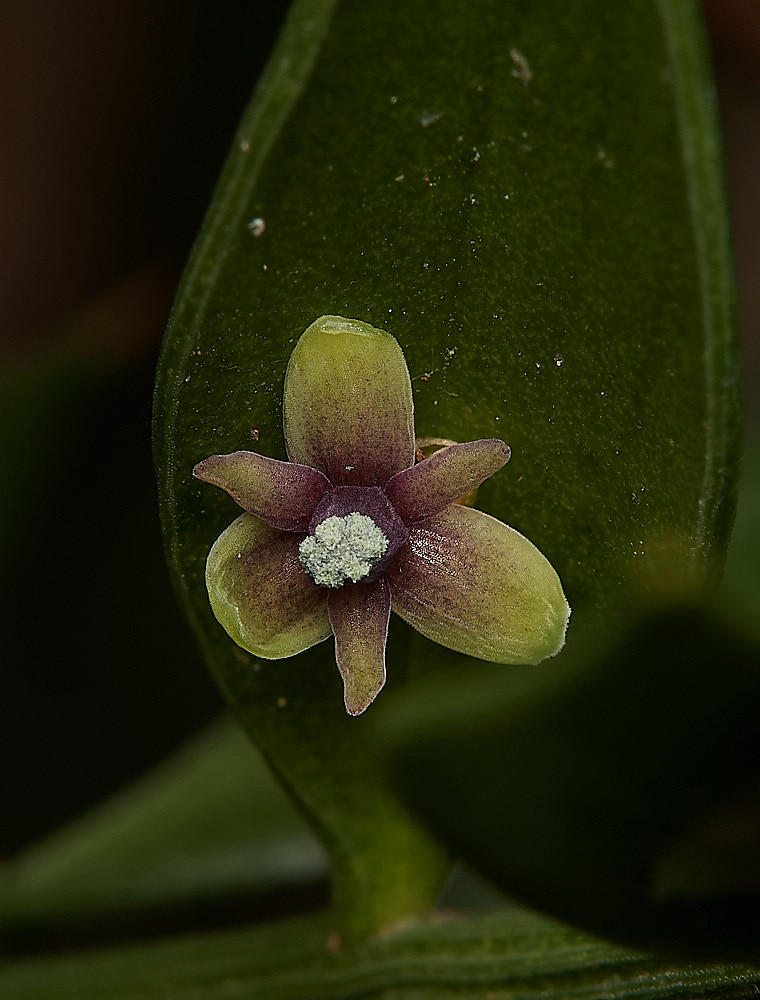
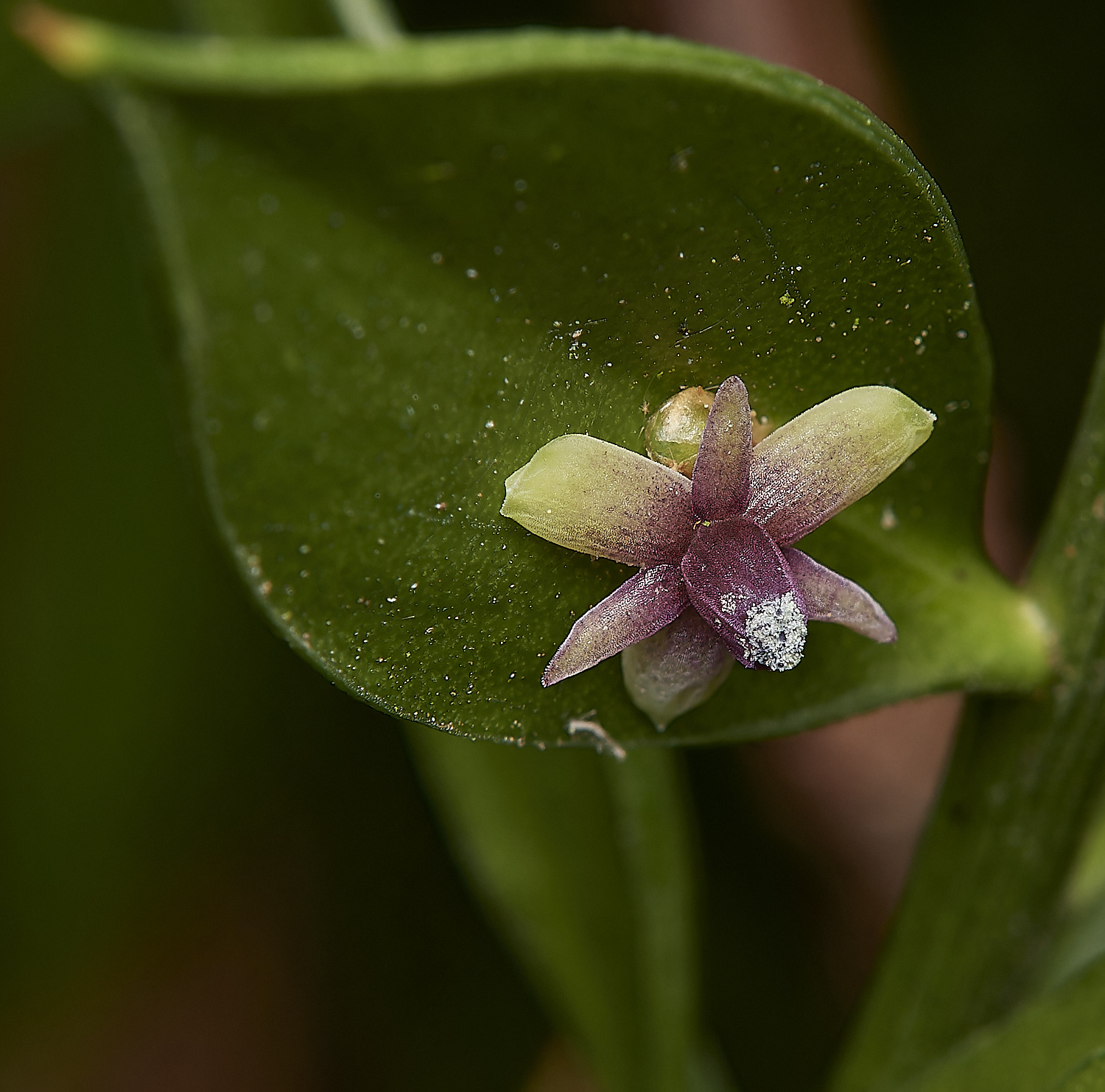
Ruscus aculeatus (Butcher's Broom)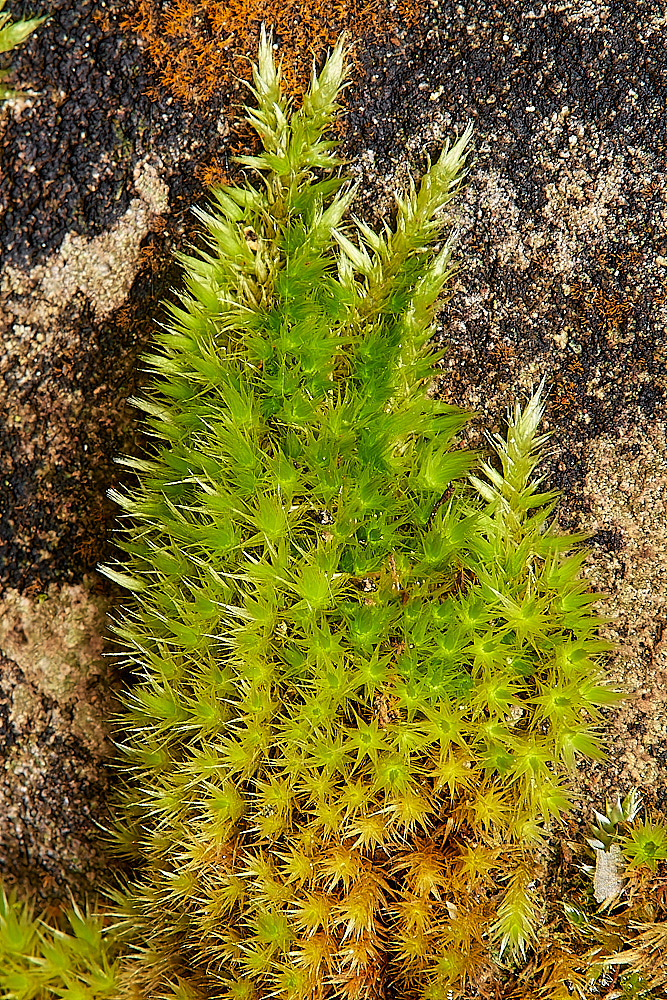
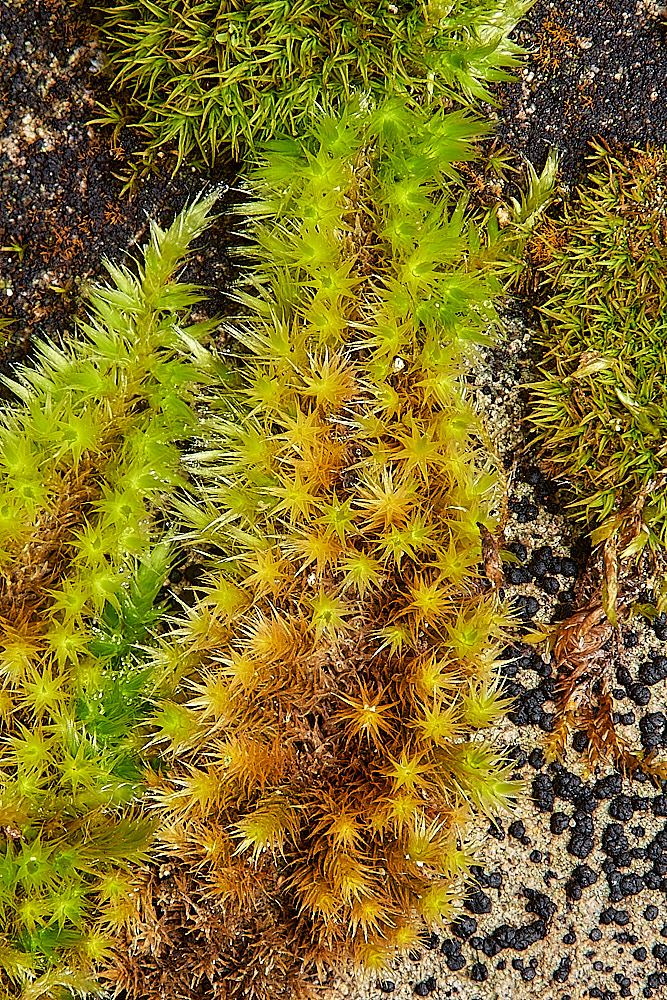
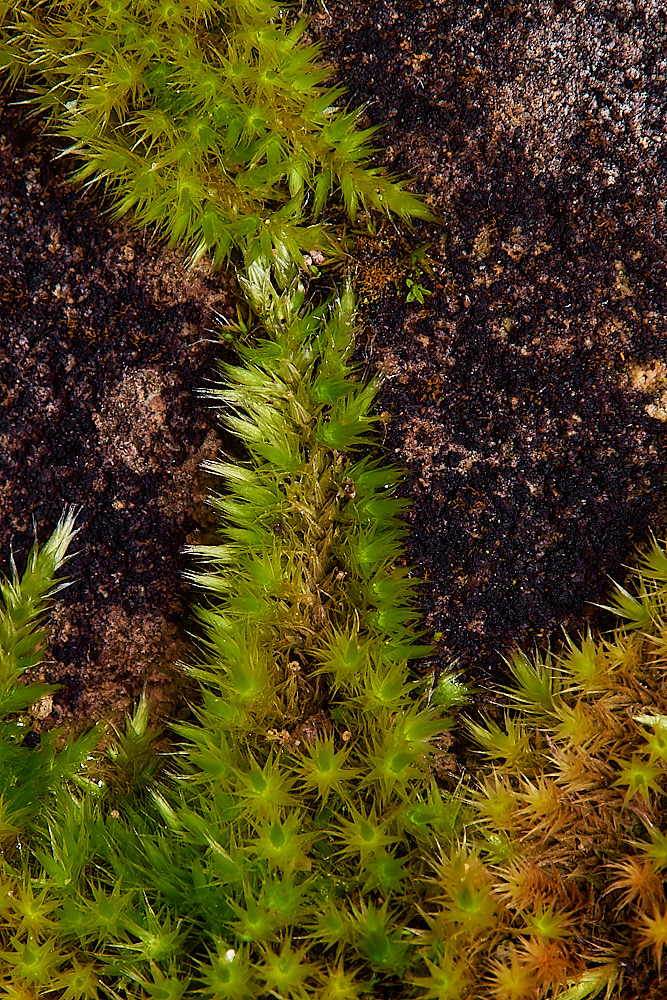
Silky Wall Feather-moss (Homolotheceum sericeum)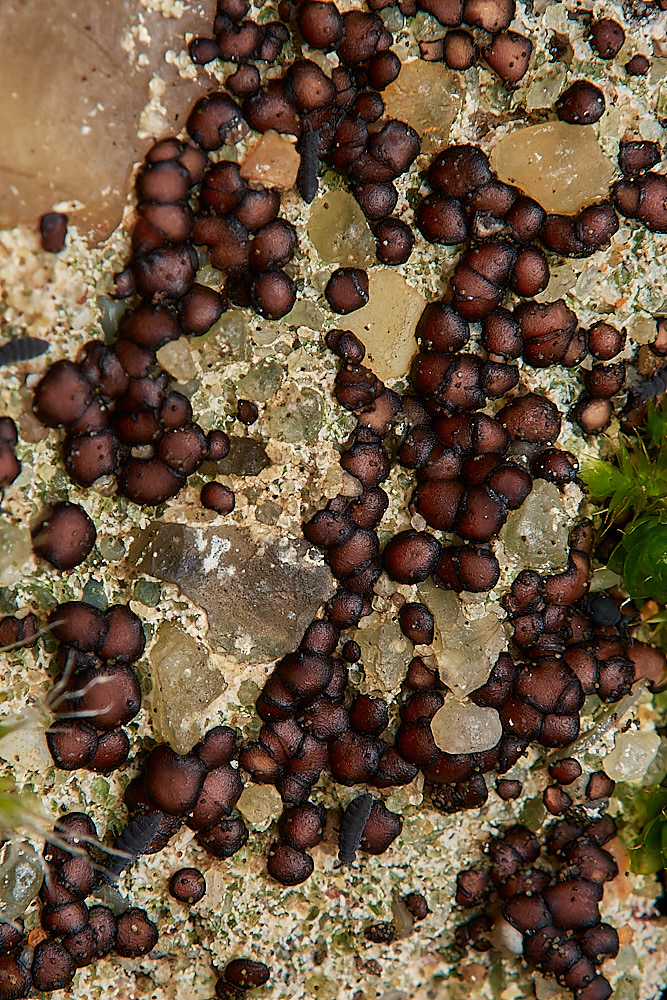
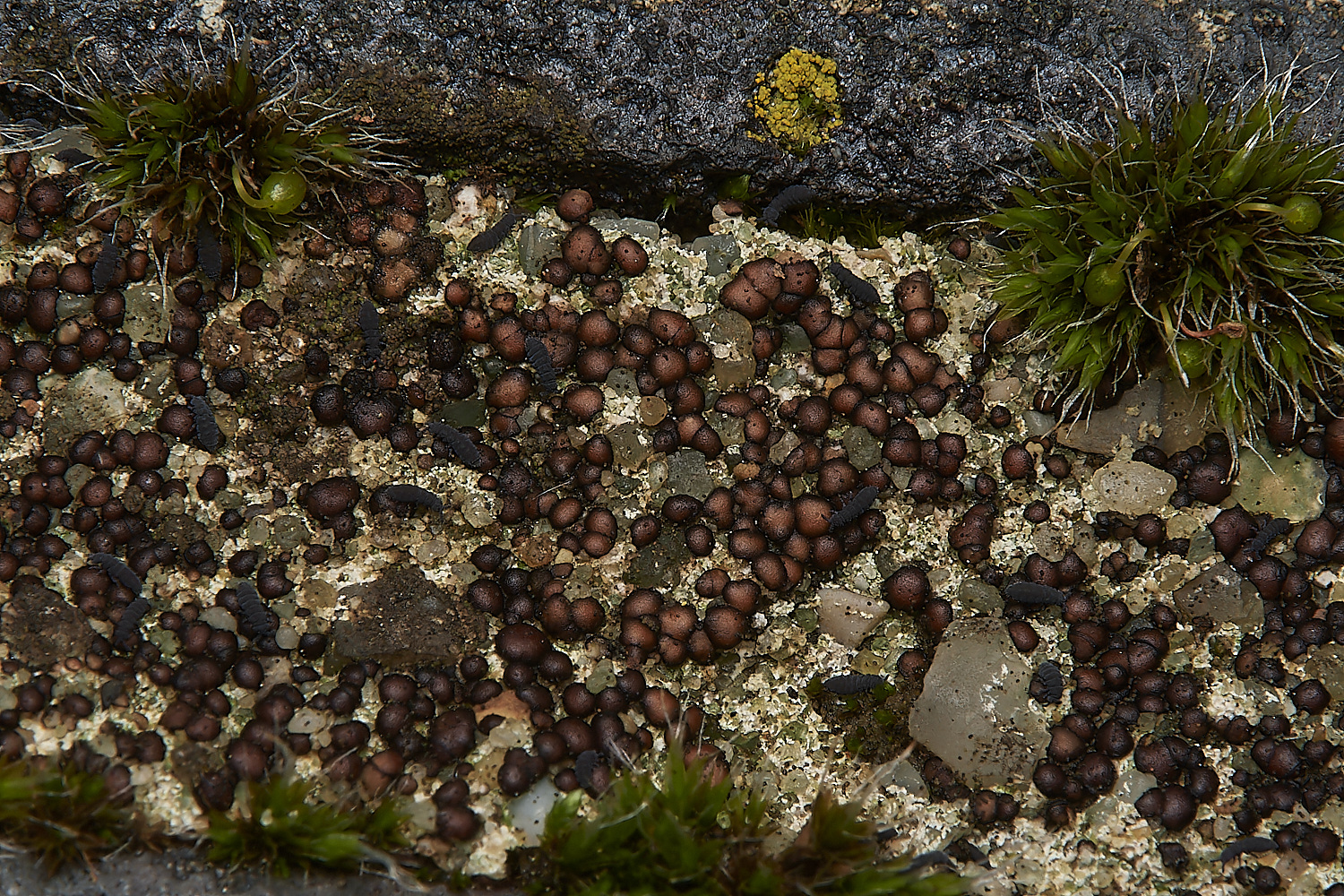
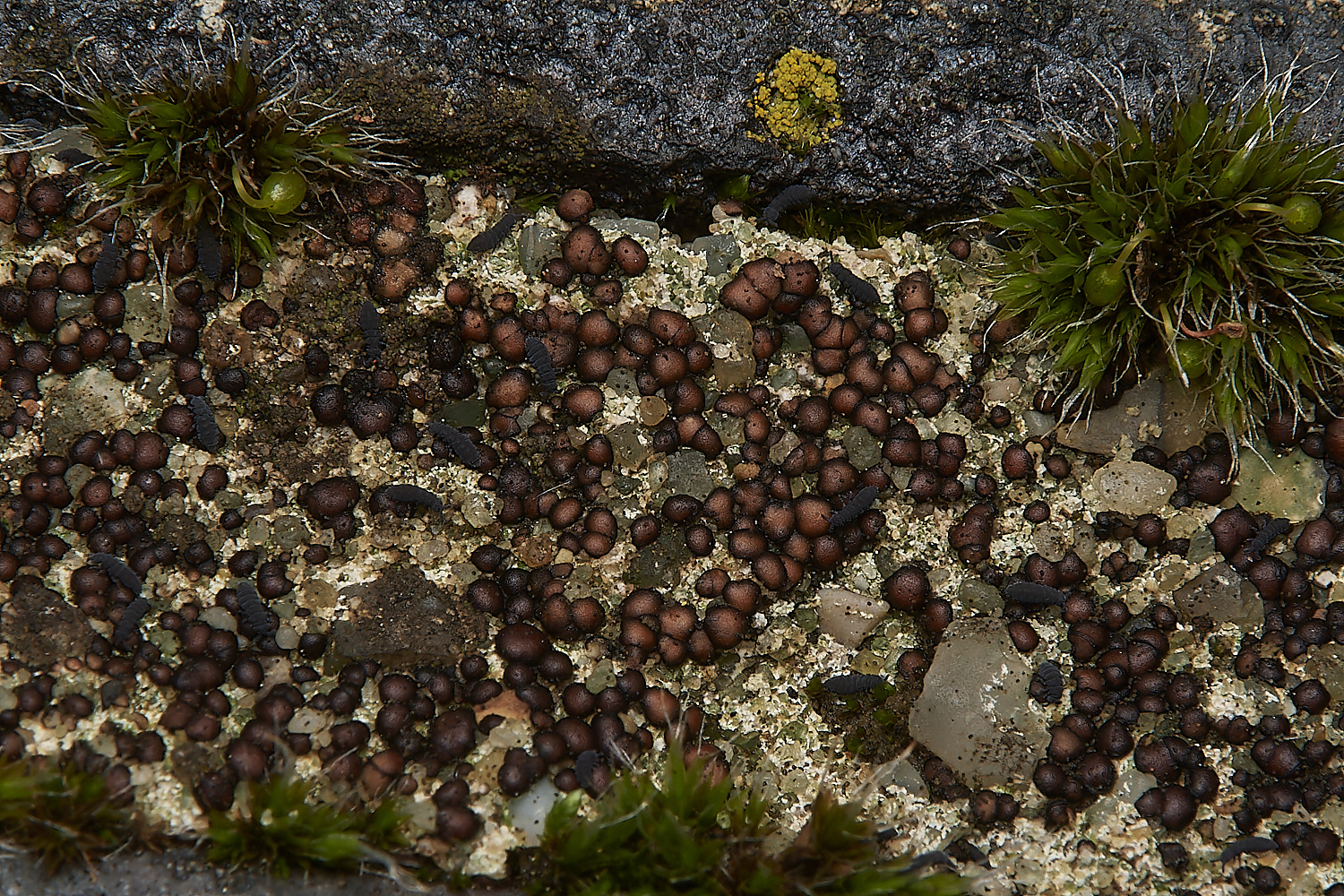
Wine gum lichen Sarcogyne regularis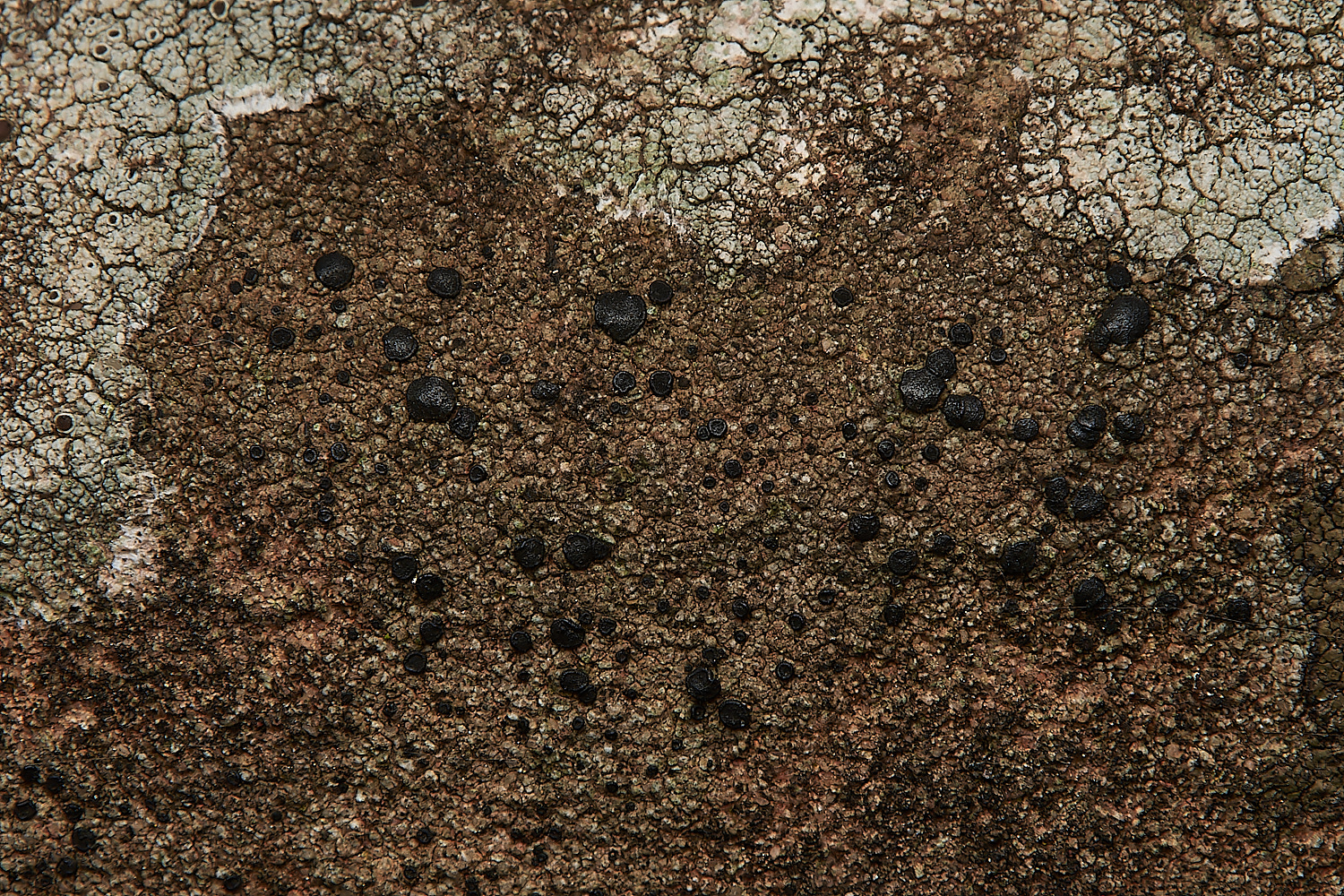
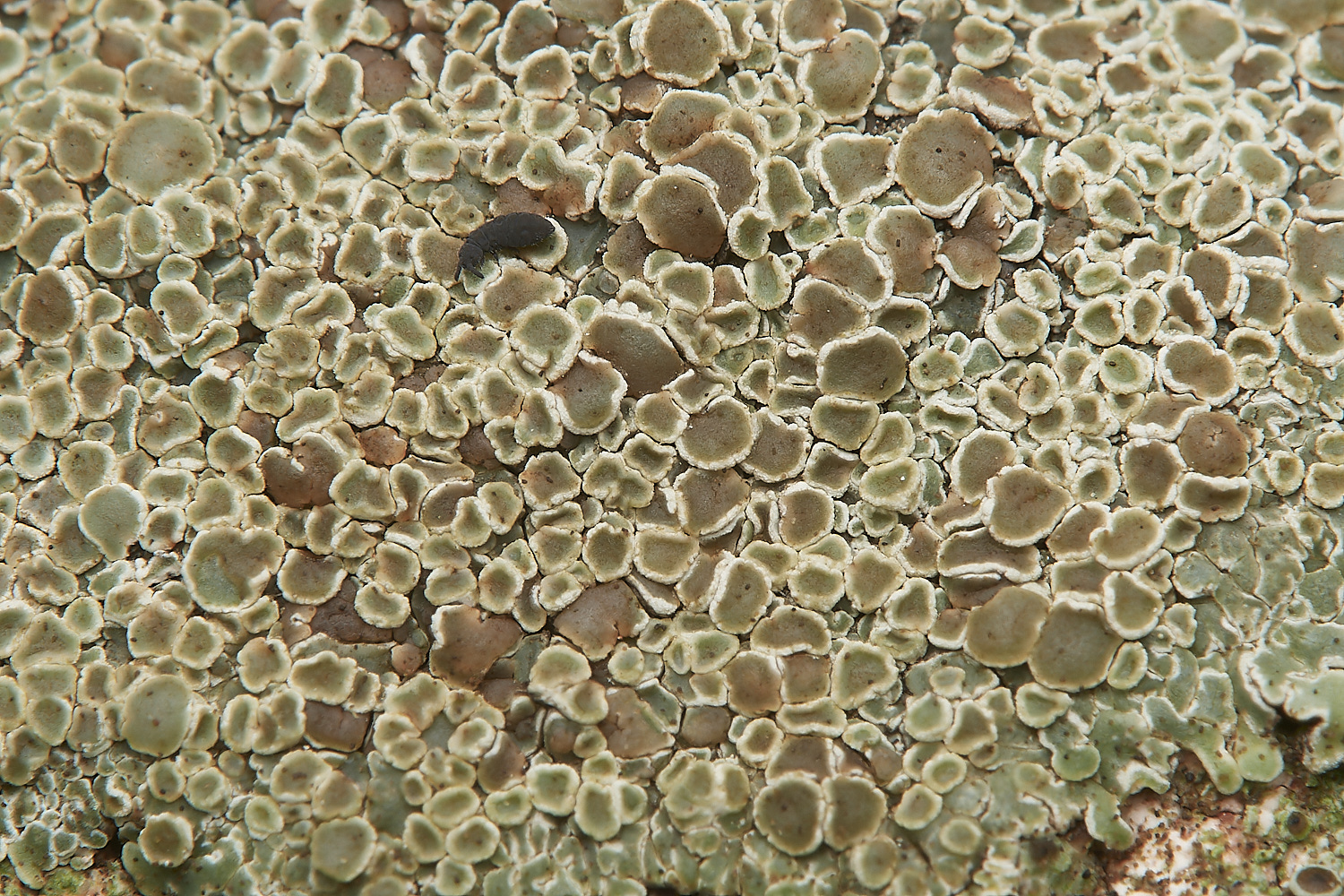
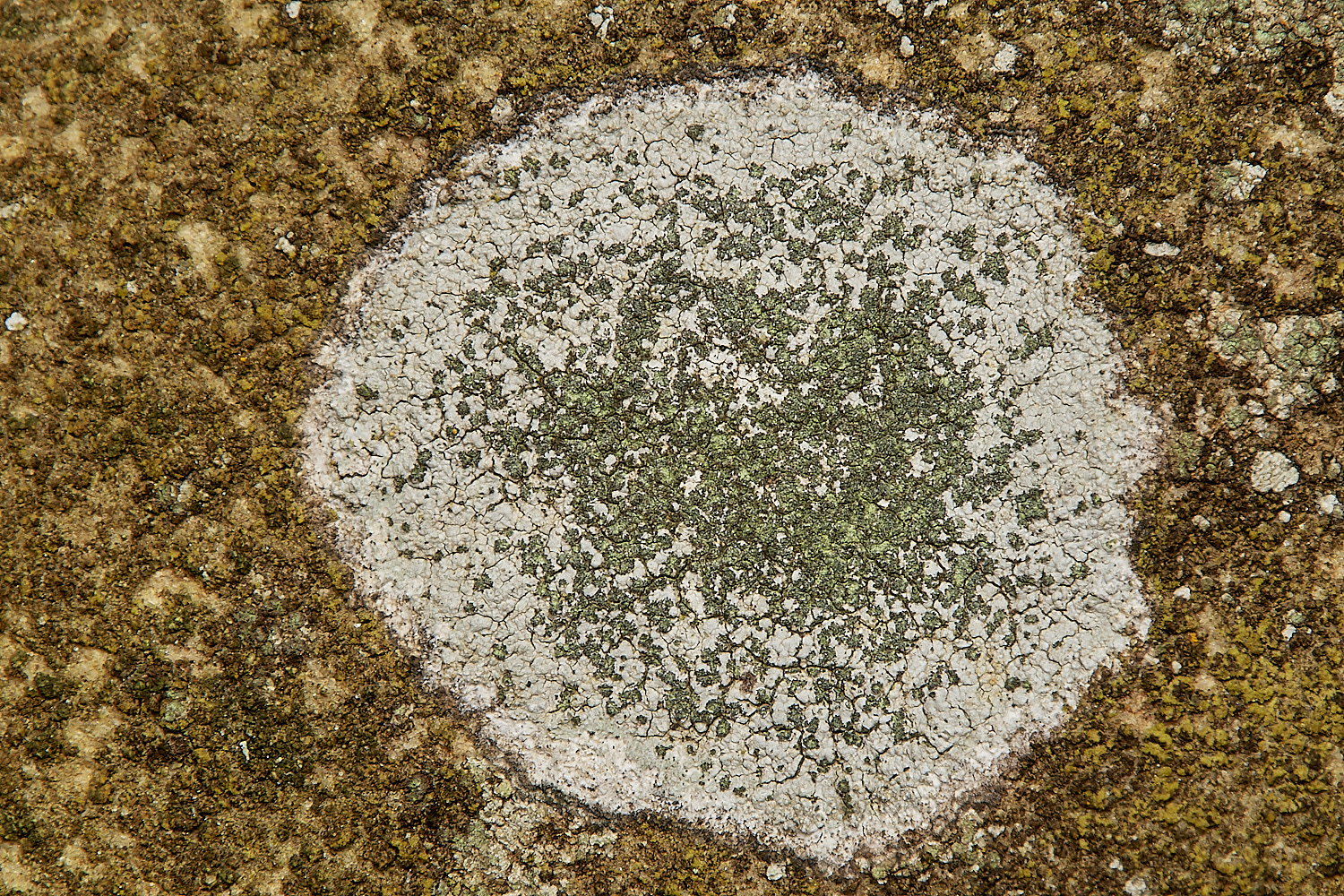
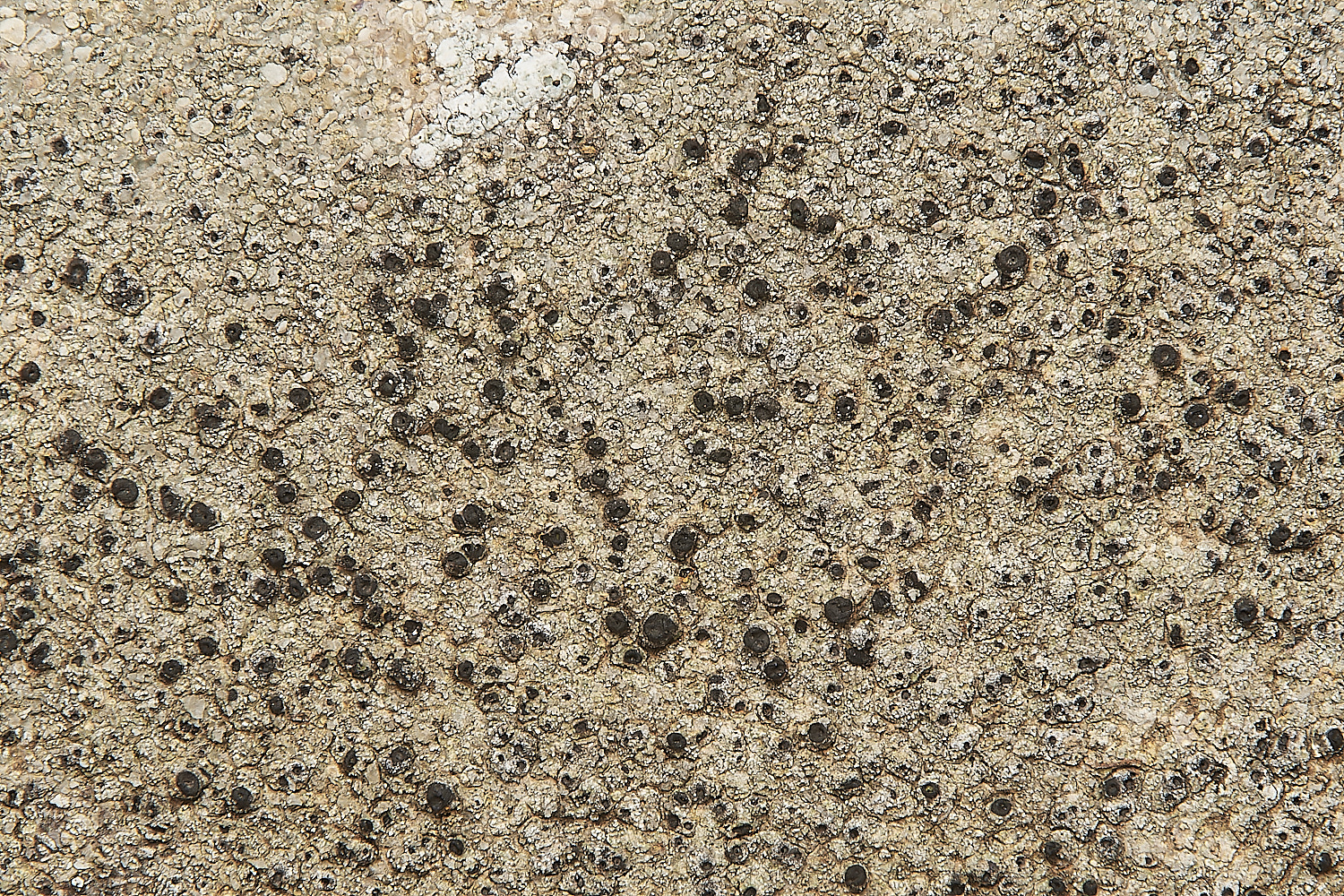
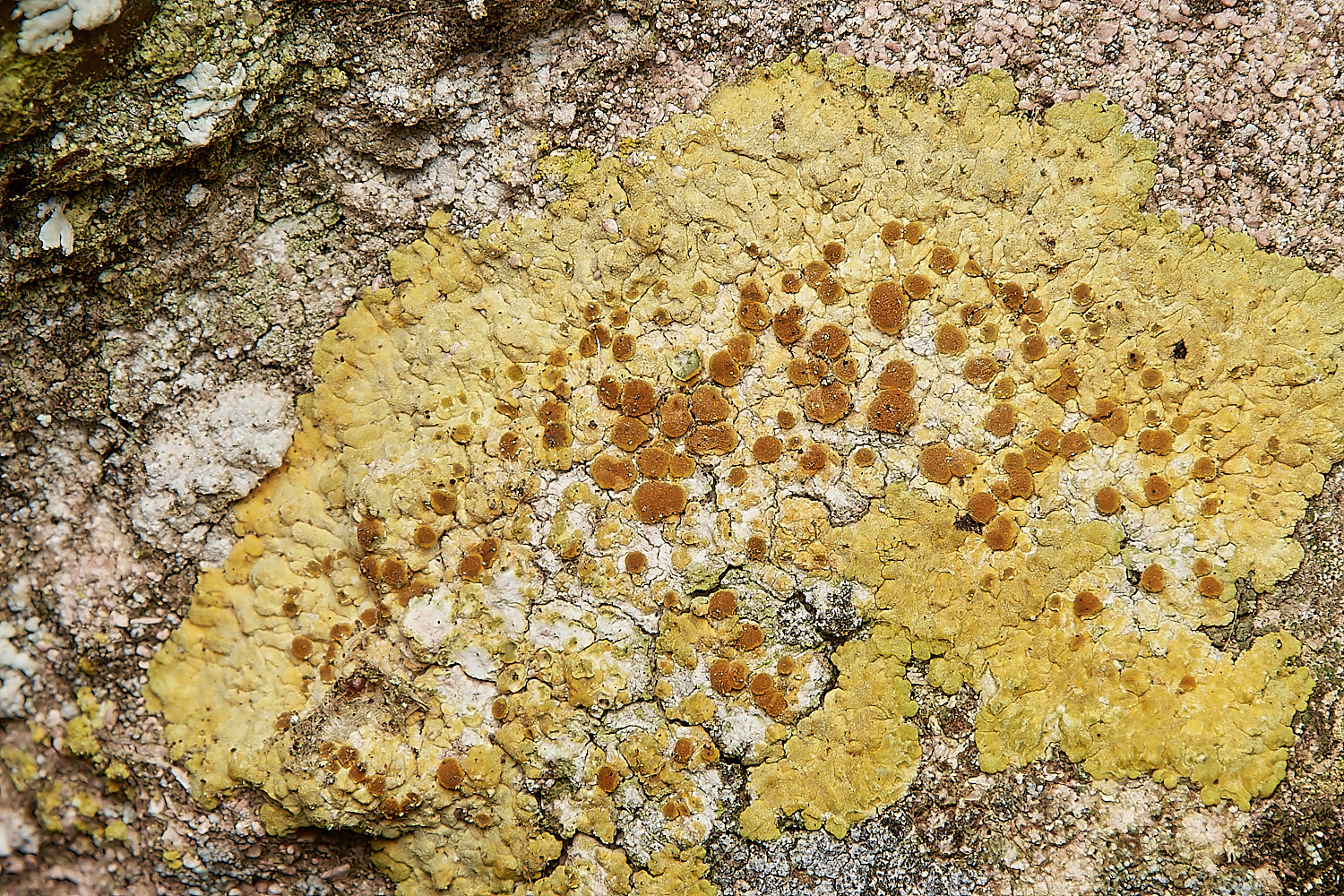
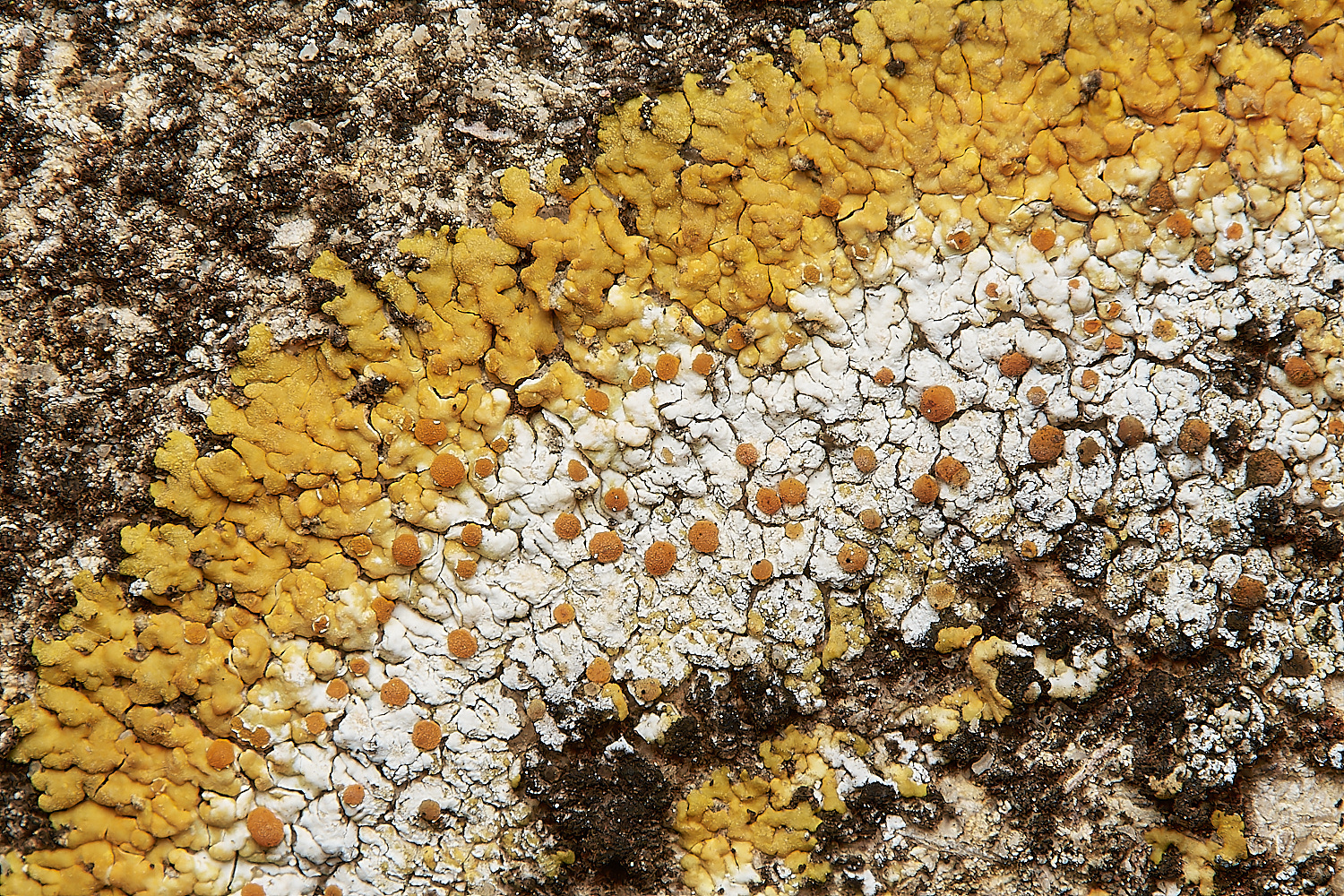
Caloplaca Sp?
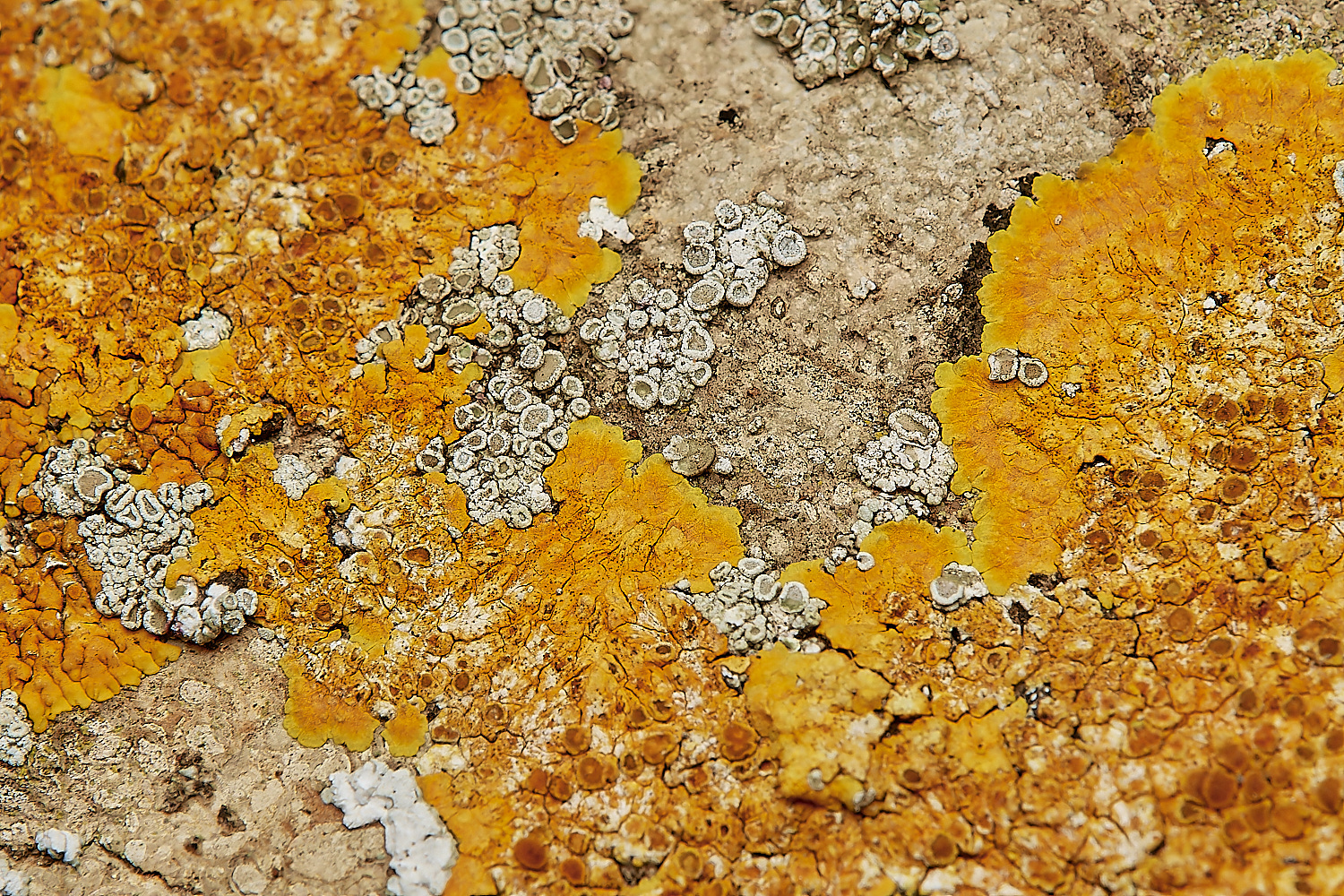
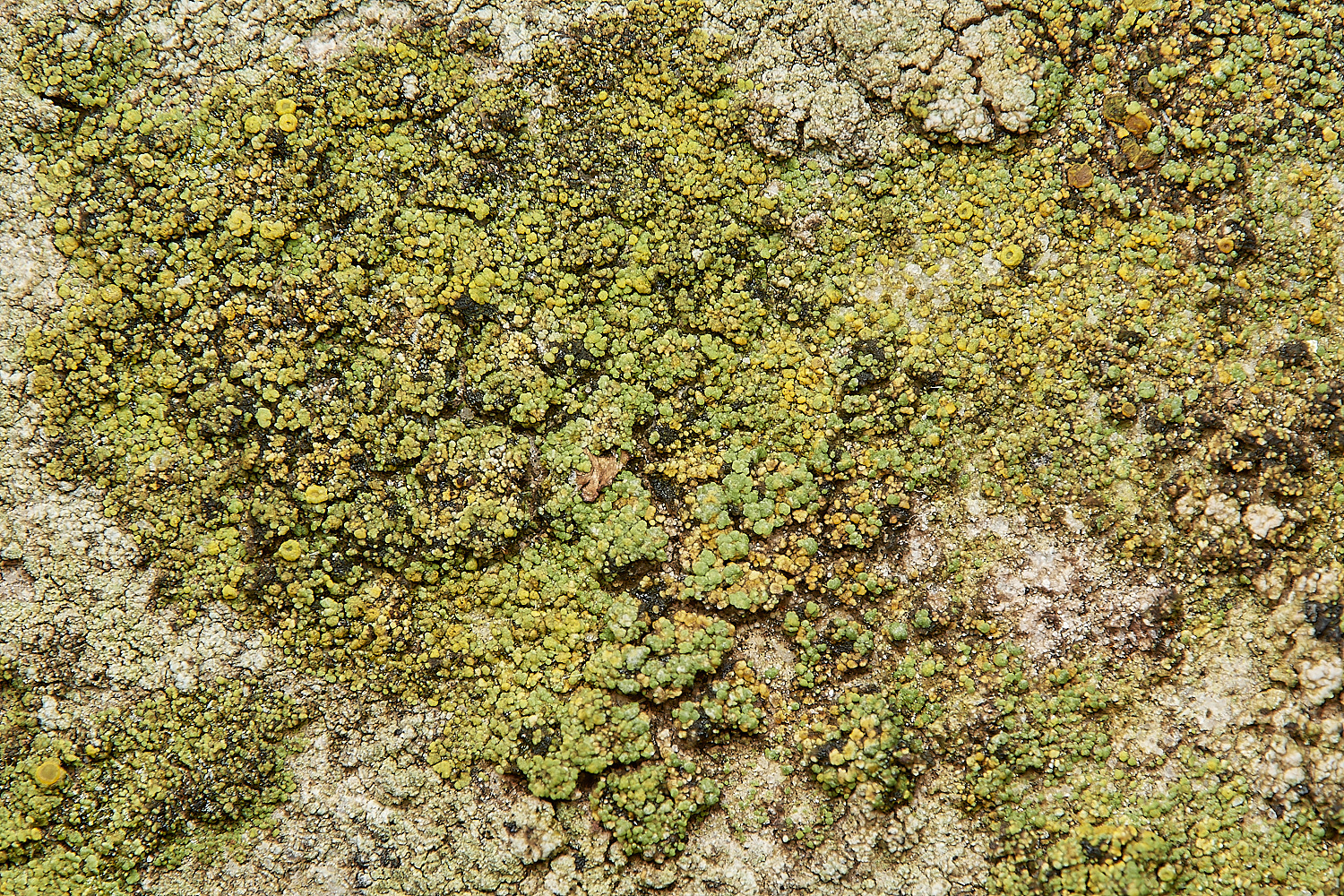
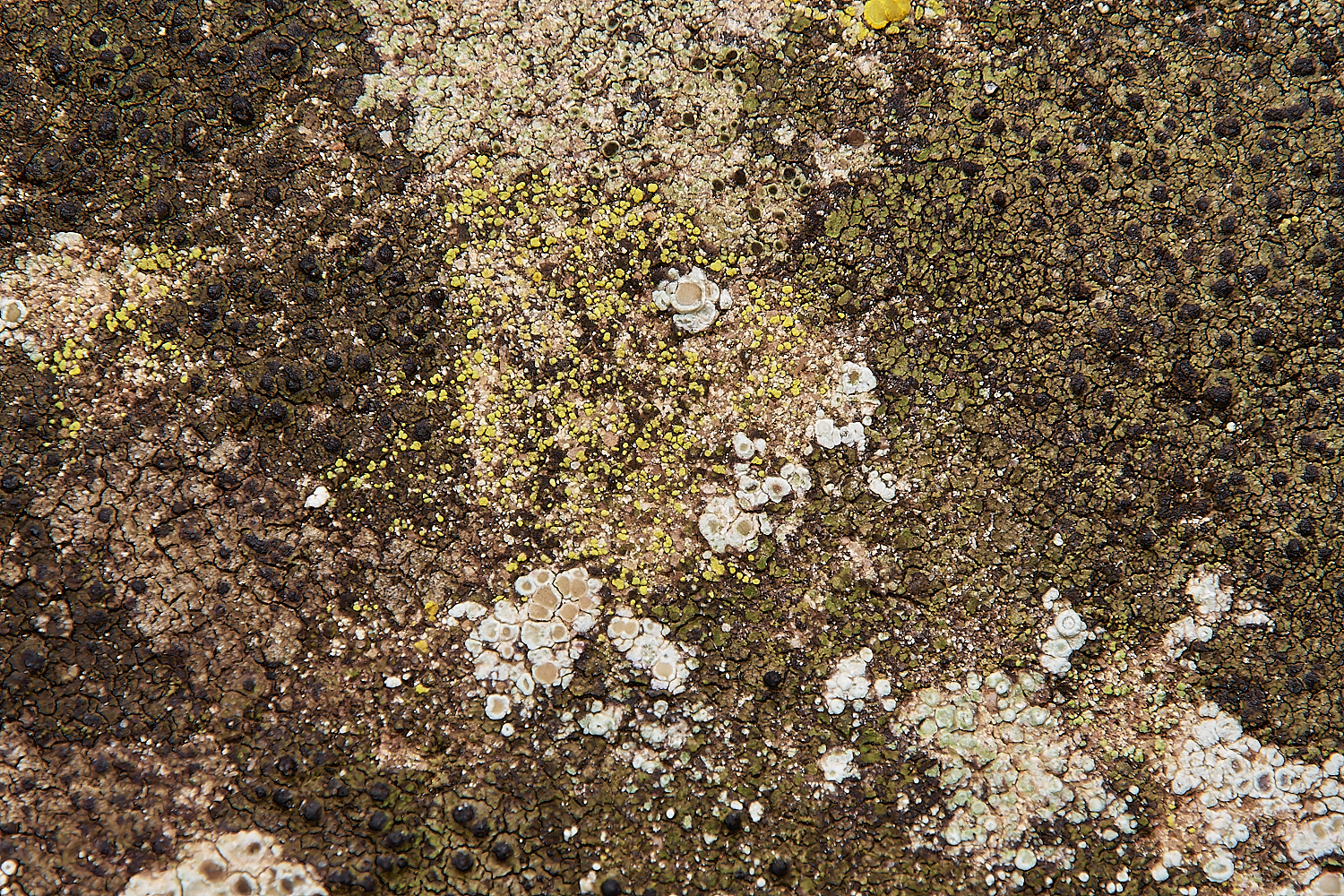
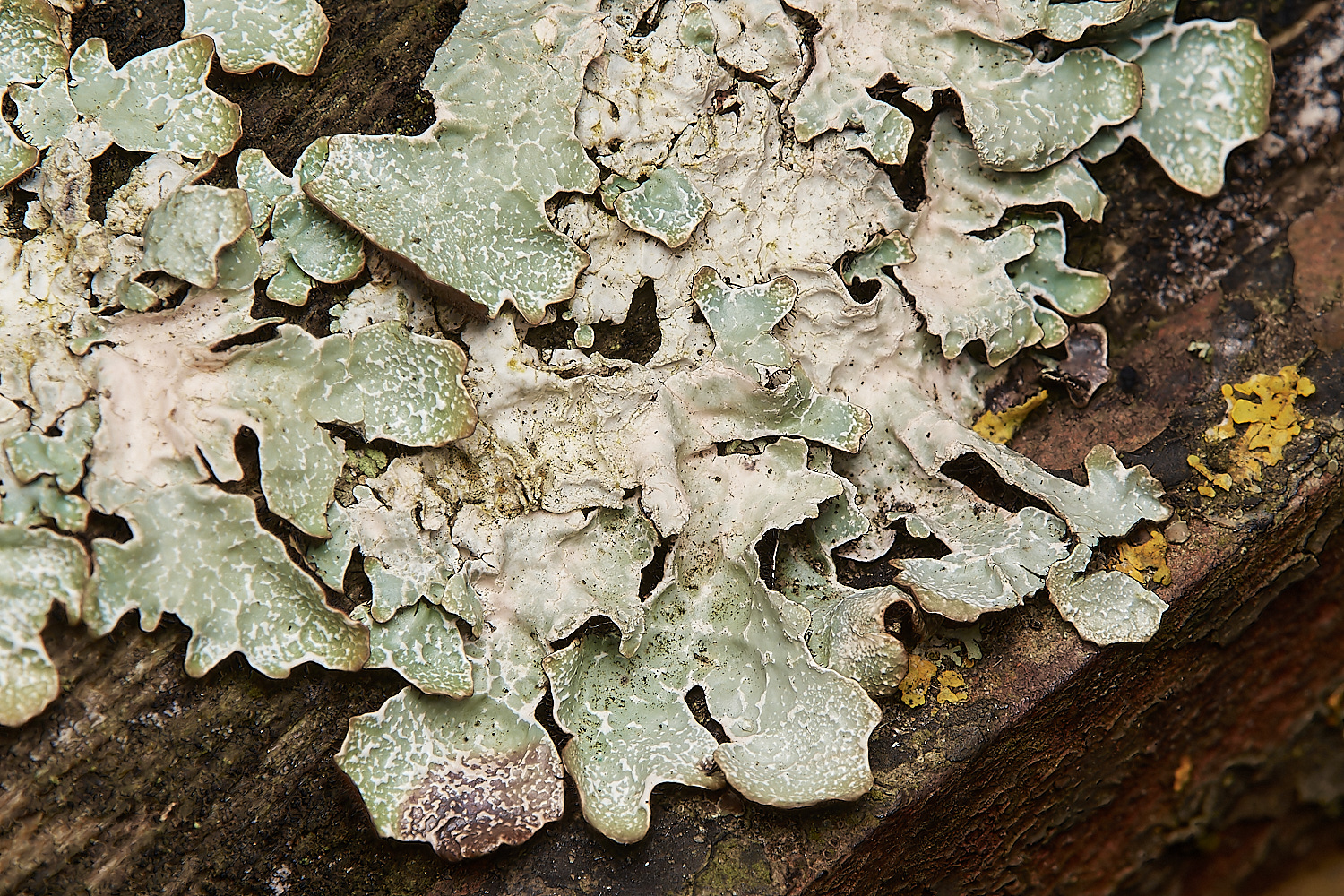
Parmelia sulcata?
A young thallus
Melanelixia Sp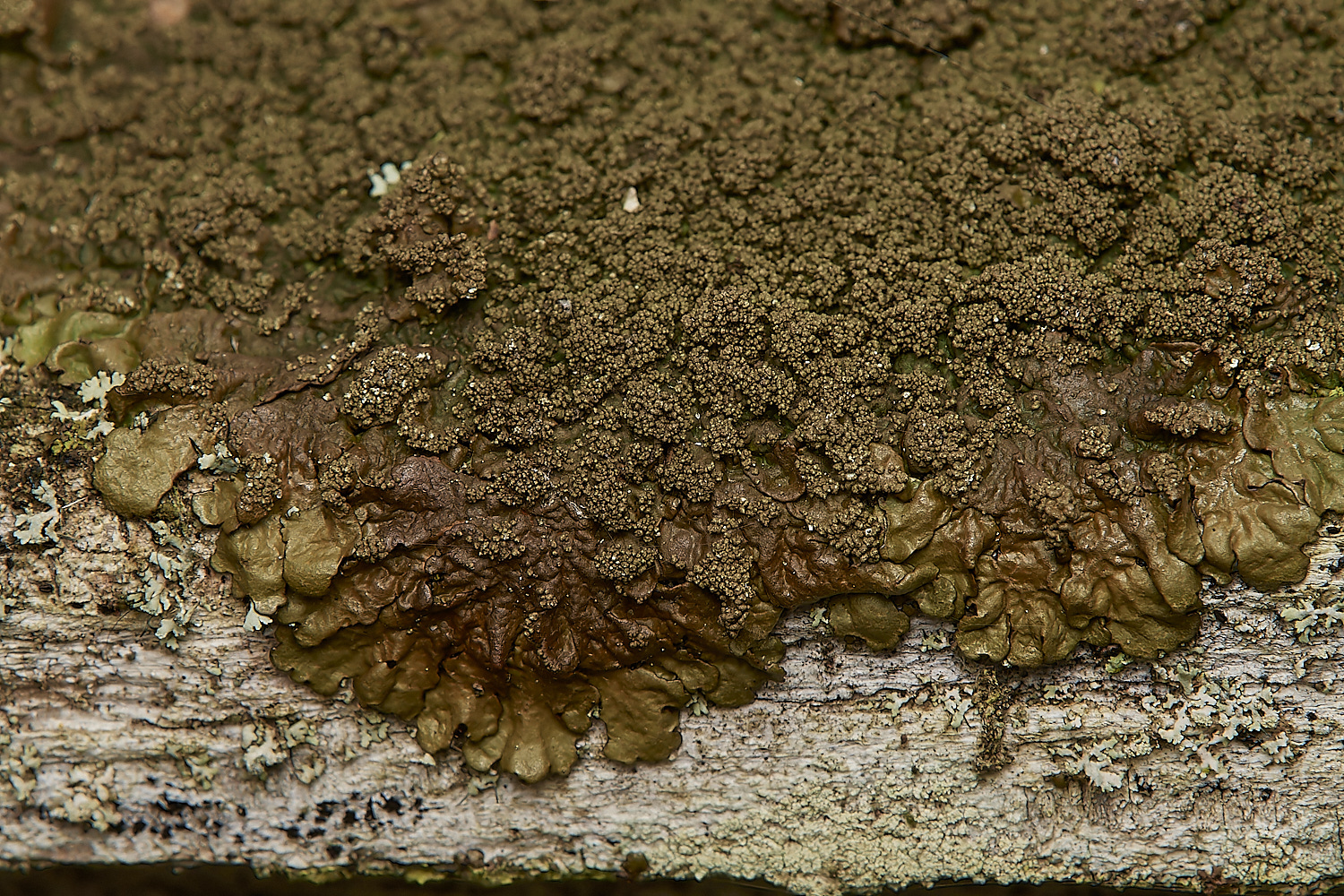
Possibly Melanelixia fuliginosa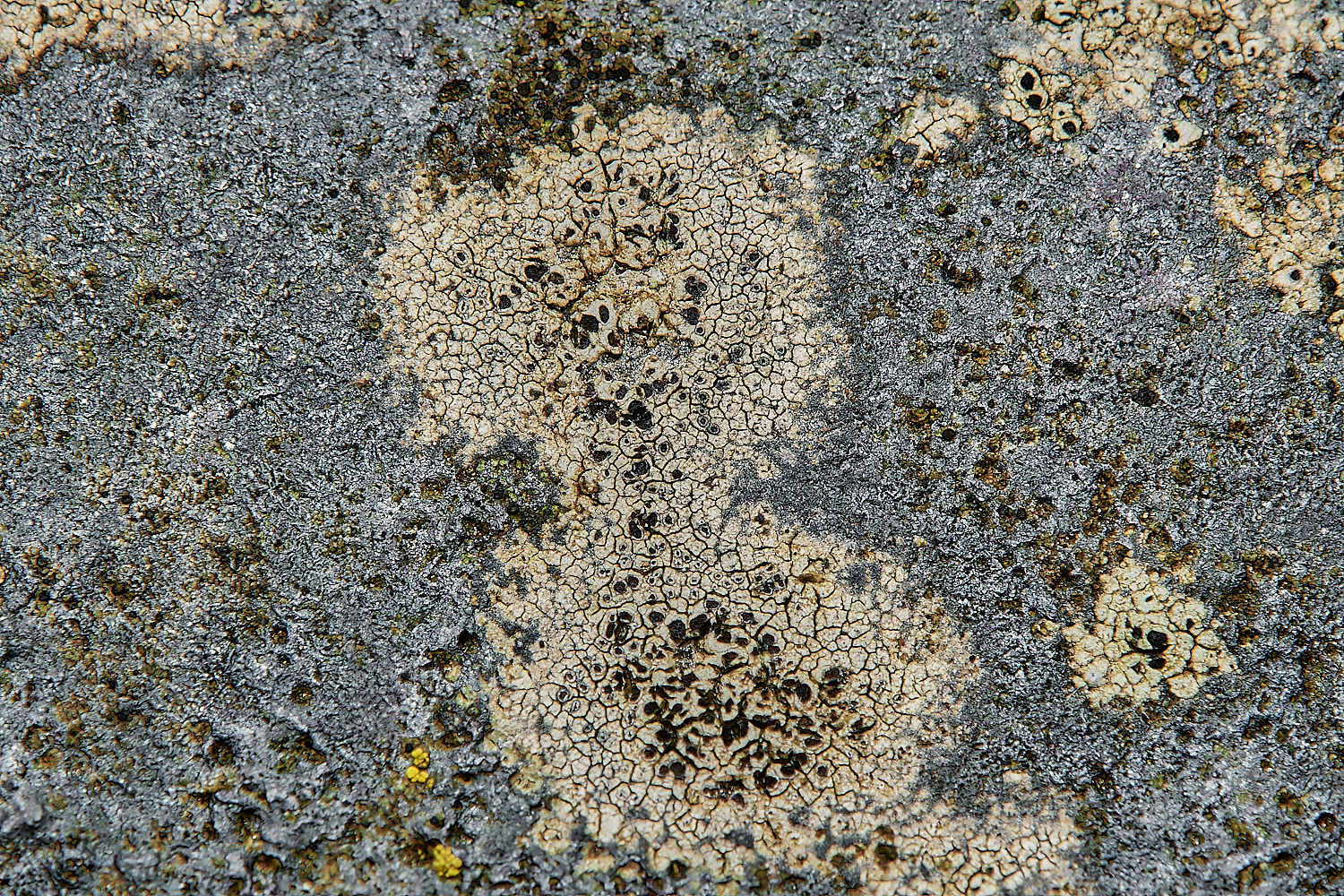
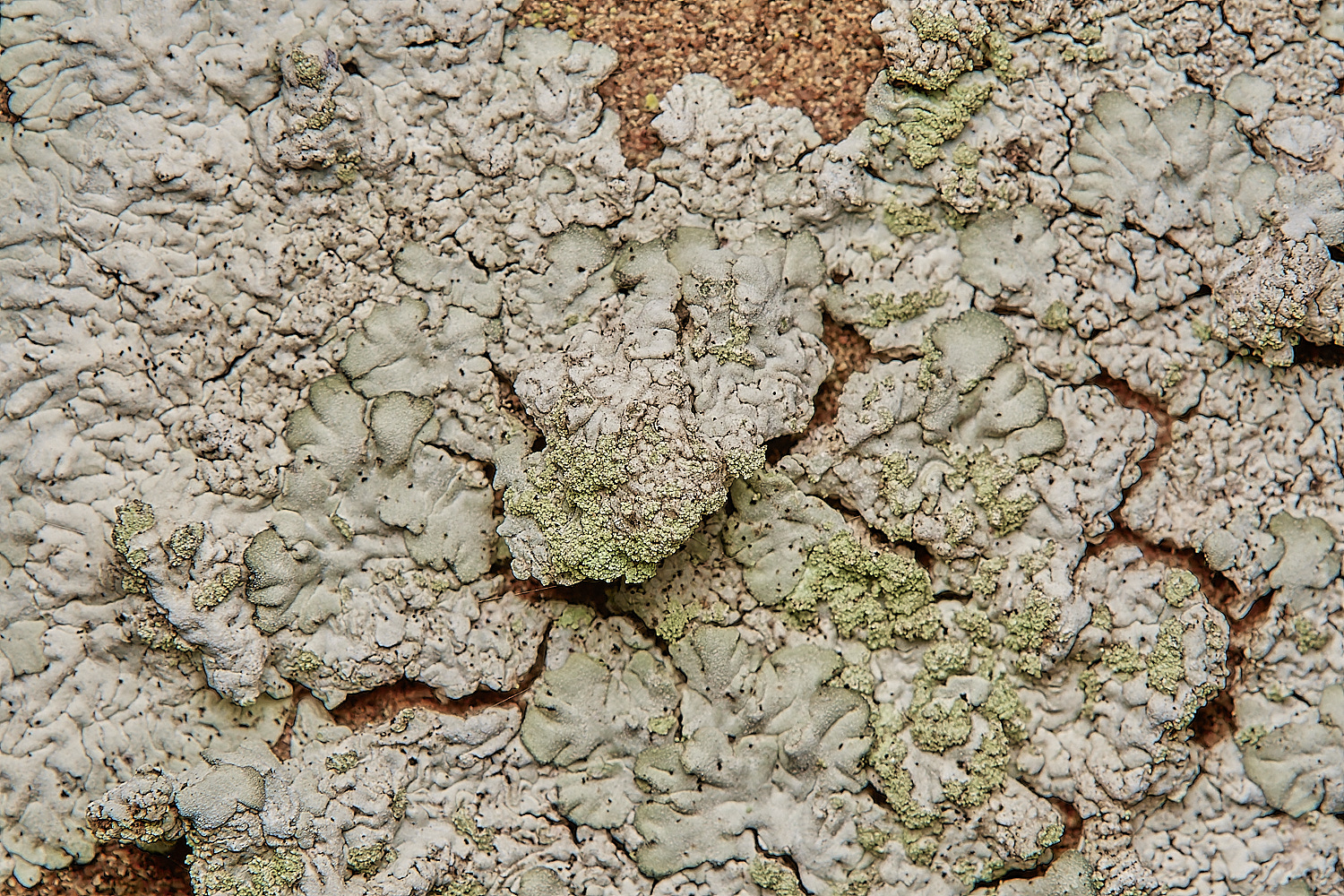
Diploica canescens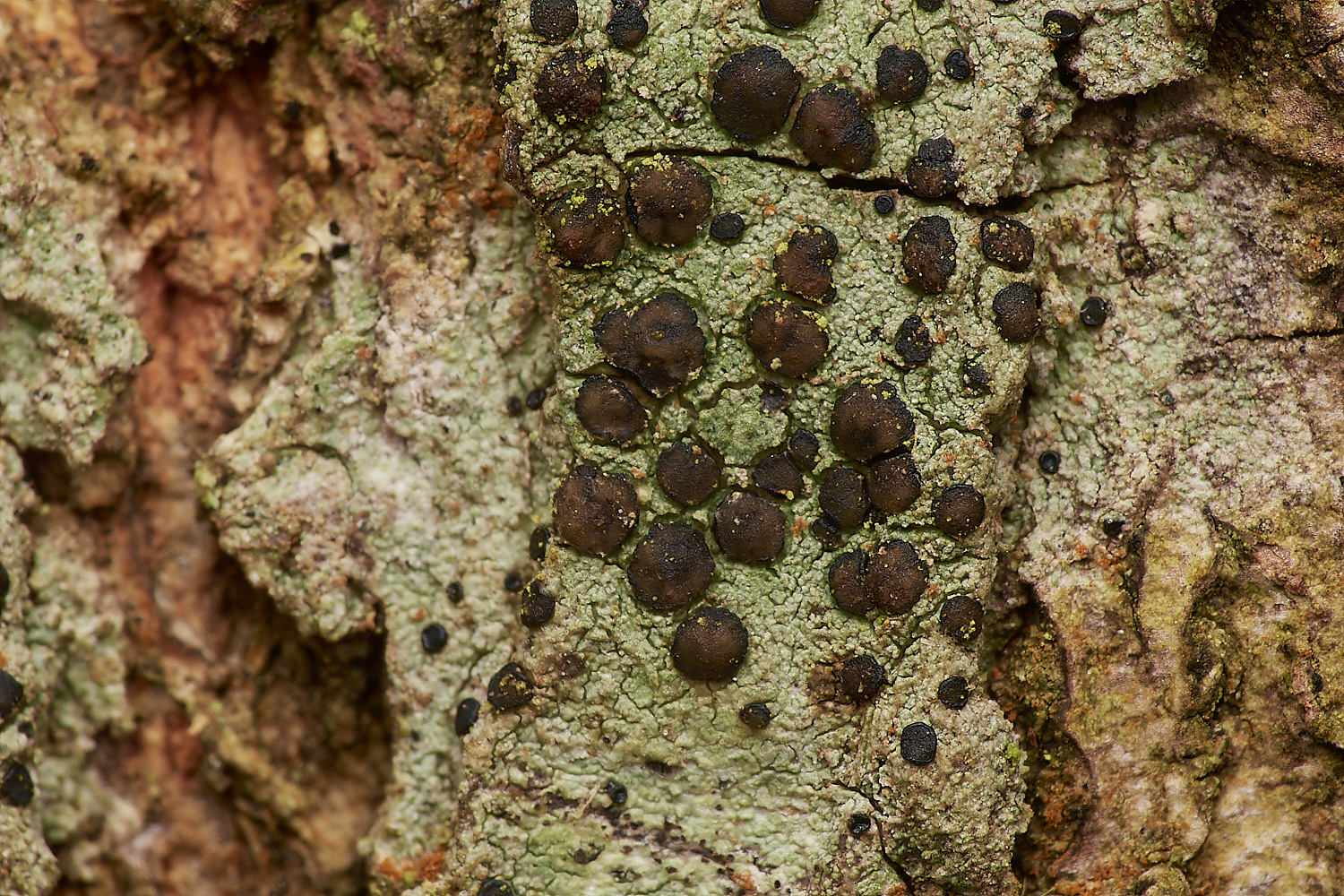
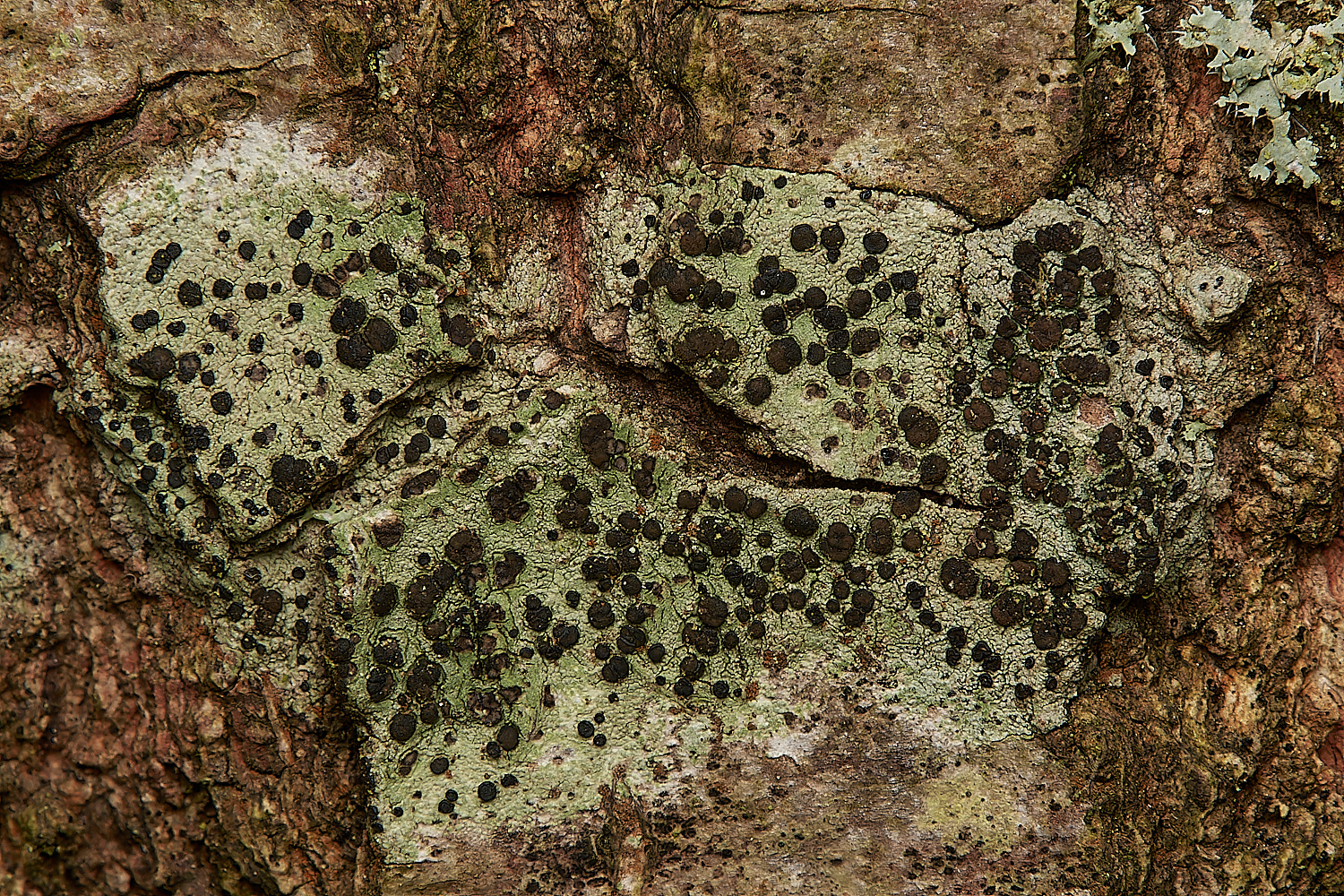
Lecidella elaeochroma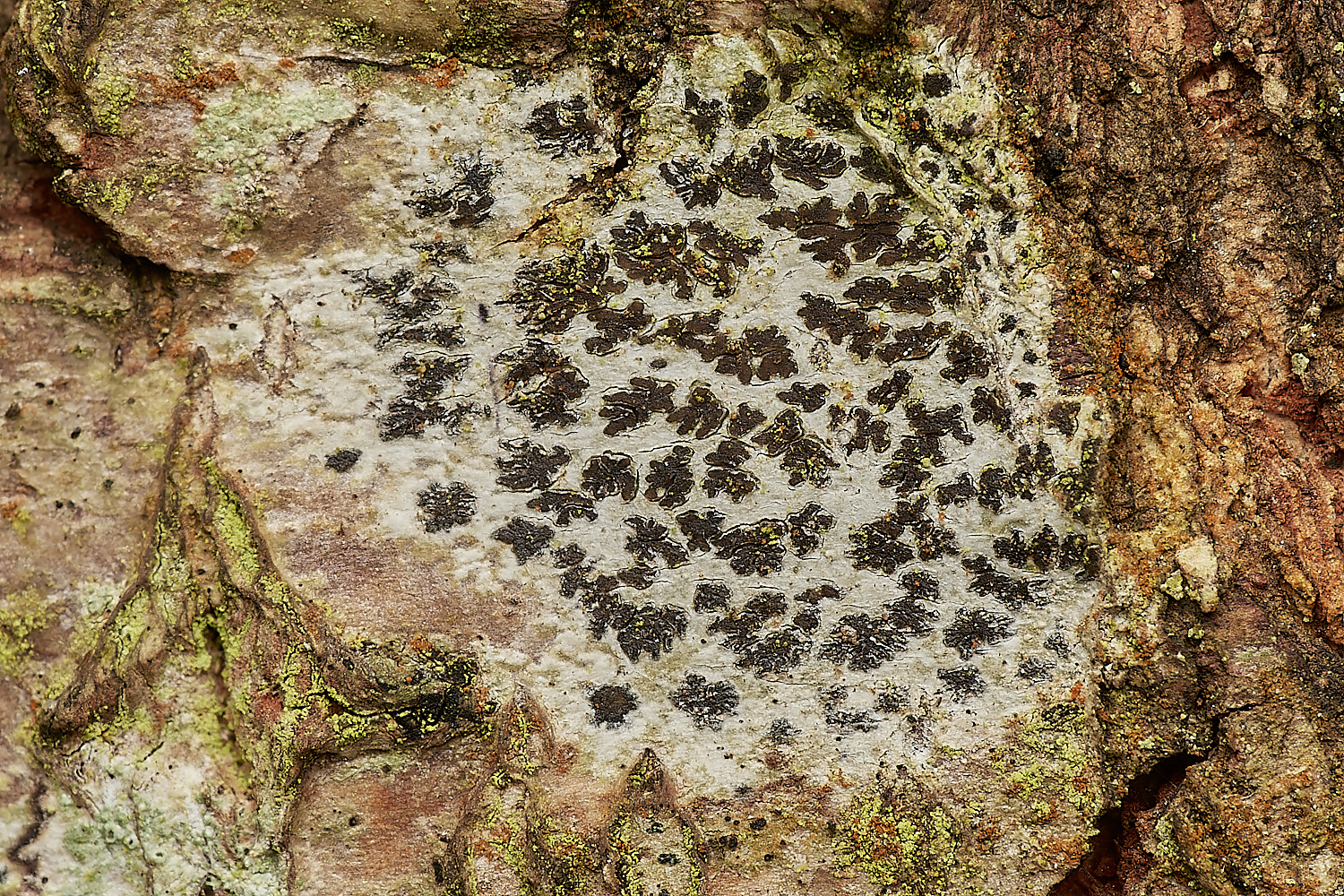
A very nice example of Arthonia radiata. This and L elaeochroma are “nitrophiles”,
having increased in range and abundance in this age of high atmospheric ammonia.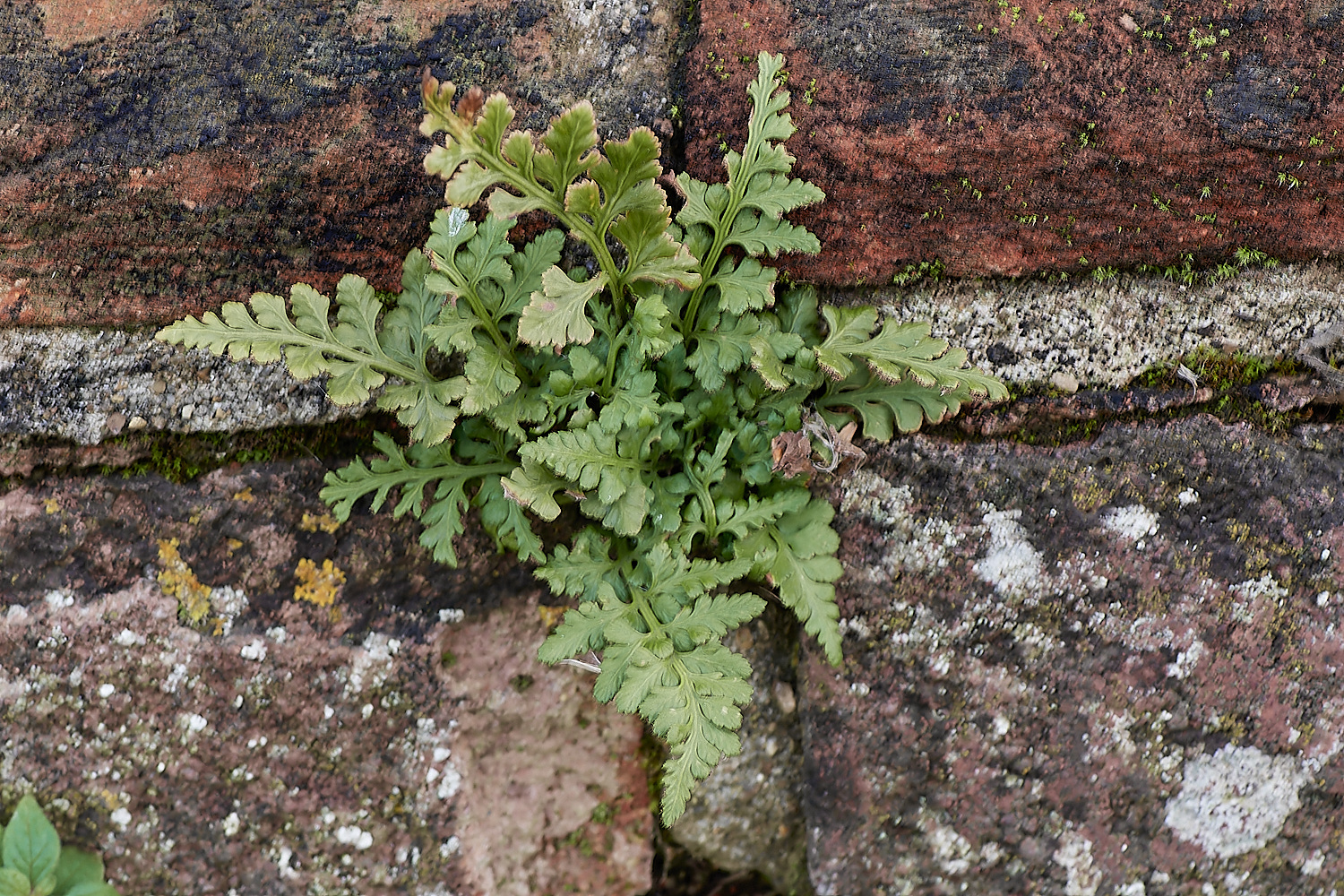
Wall-rue (Asplenmium ruta-muraria) 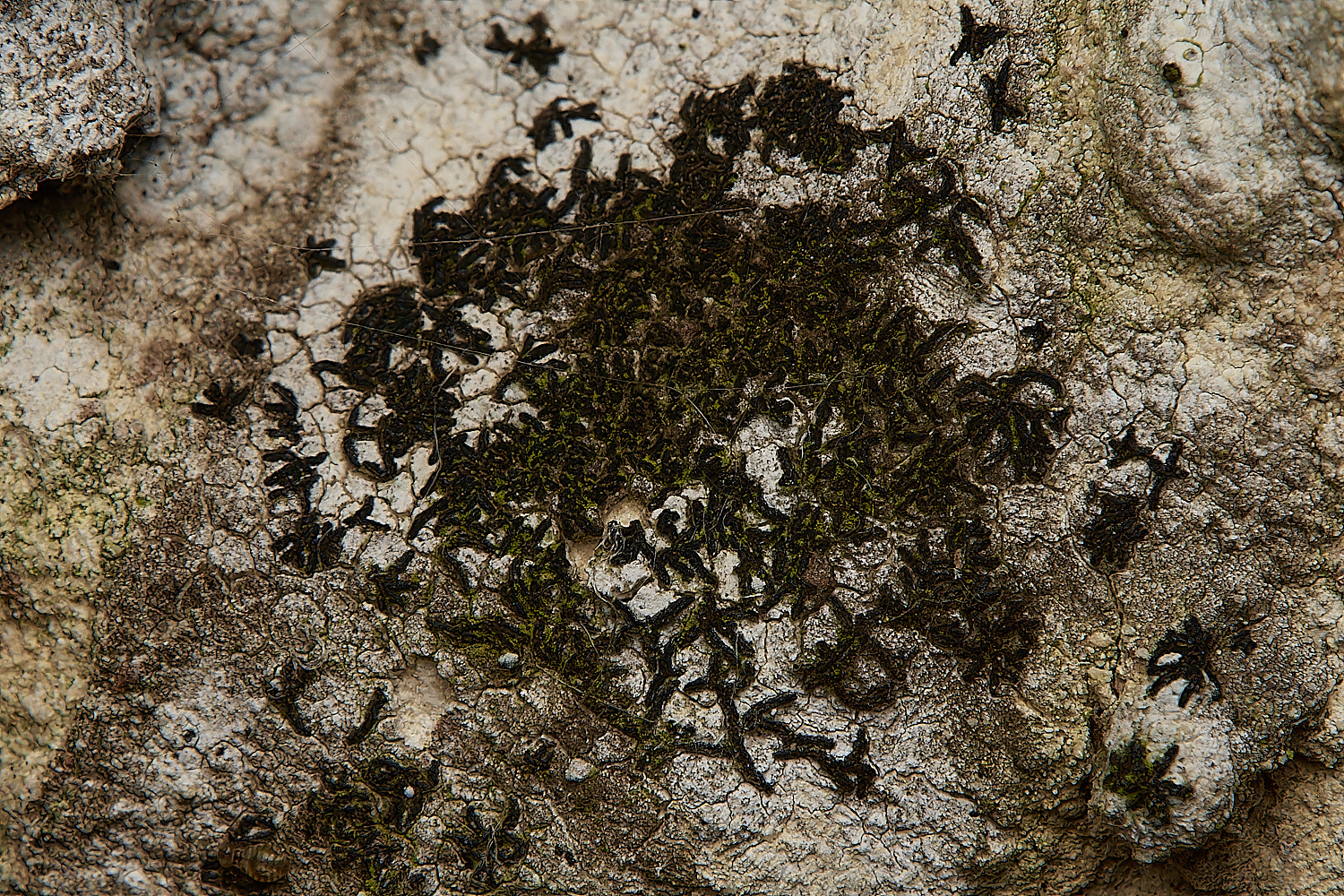
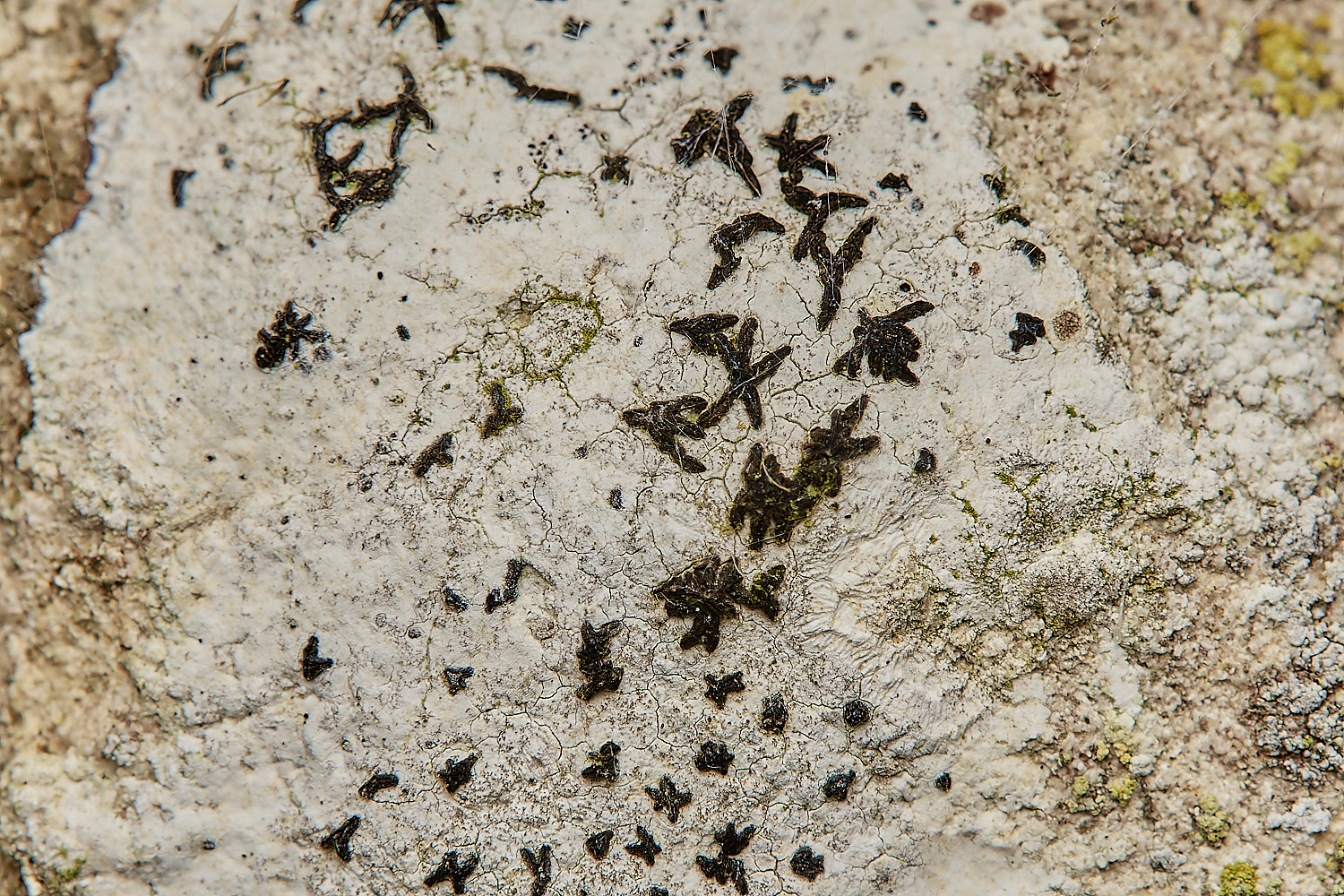
Script Lichen on North facing wall of the church.
Thanks to Rob Yaxley - Norfolk Lichen recorder for ids
Upgate Common
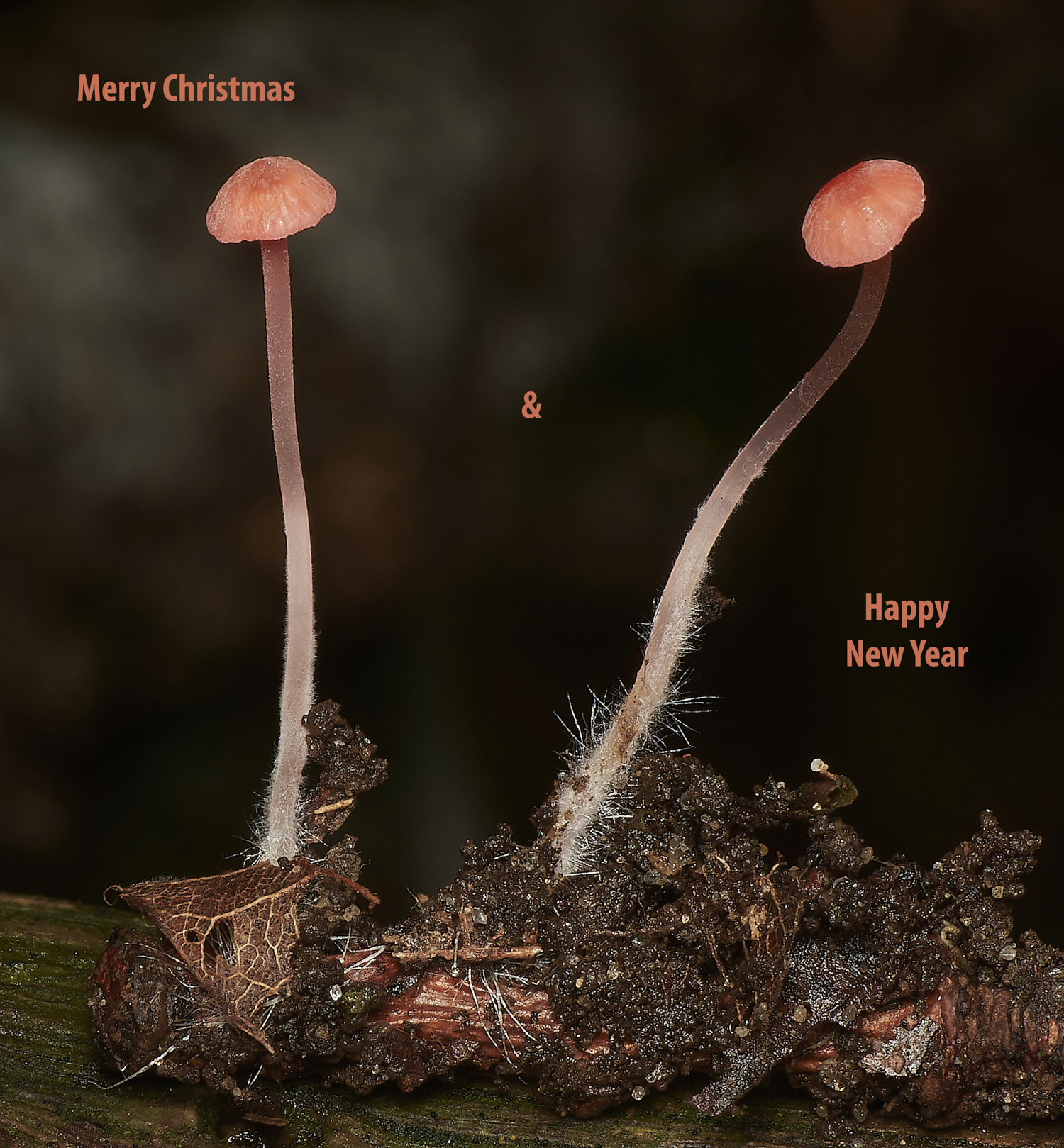
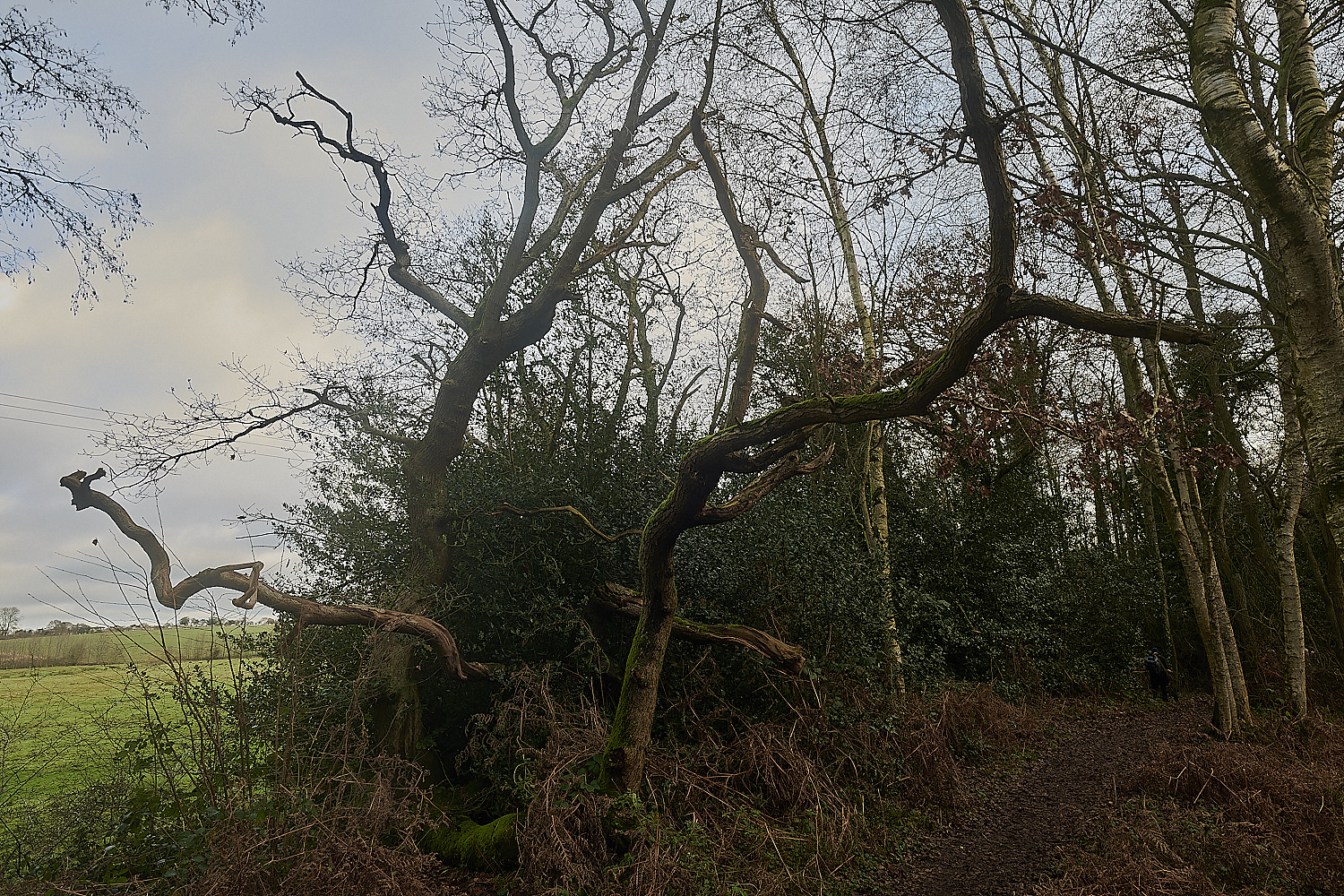
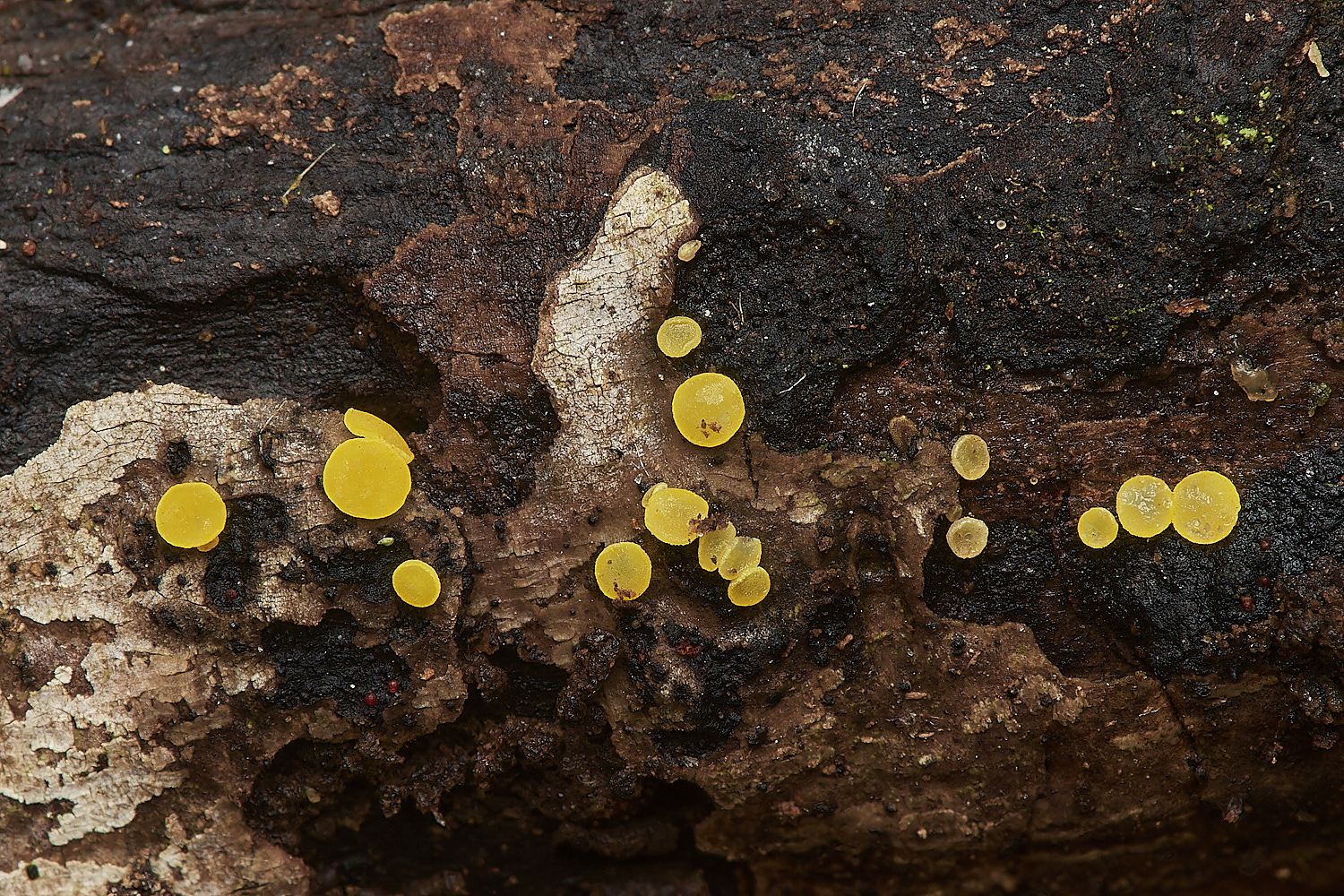
Lemon Disco (Bisporella citrina)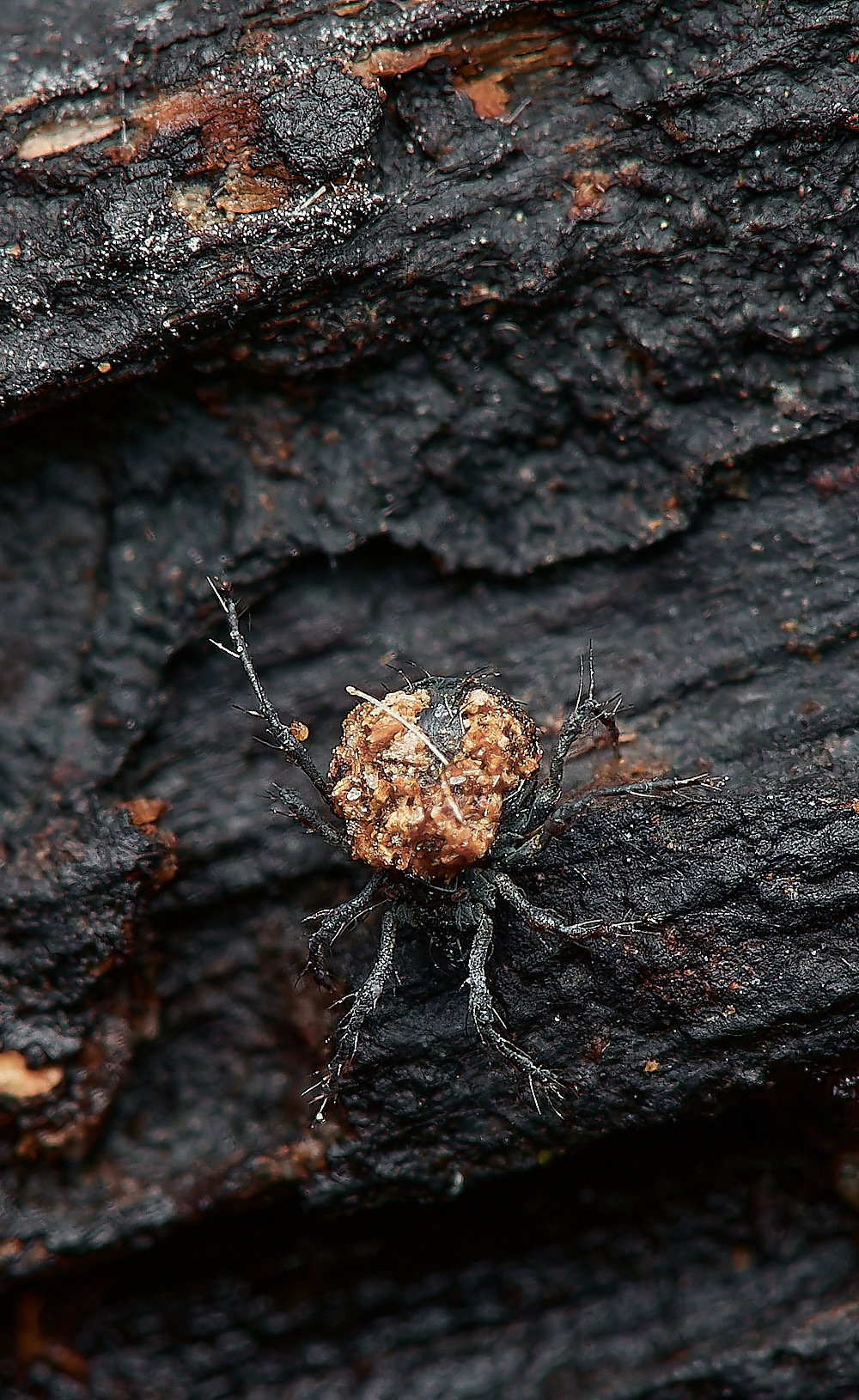
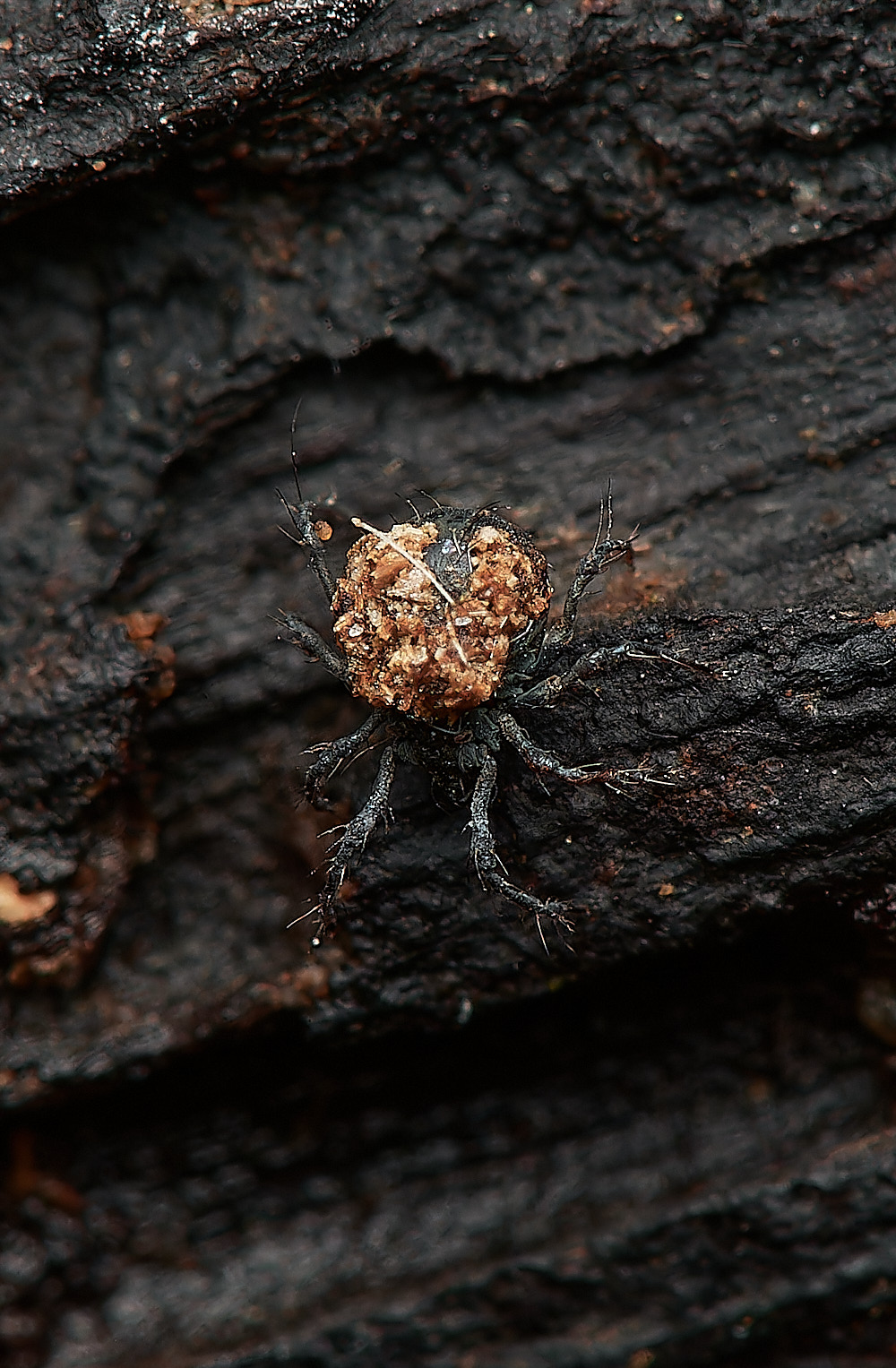
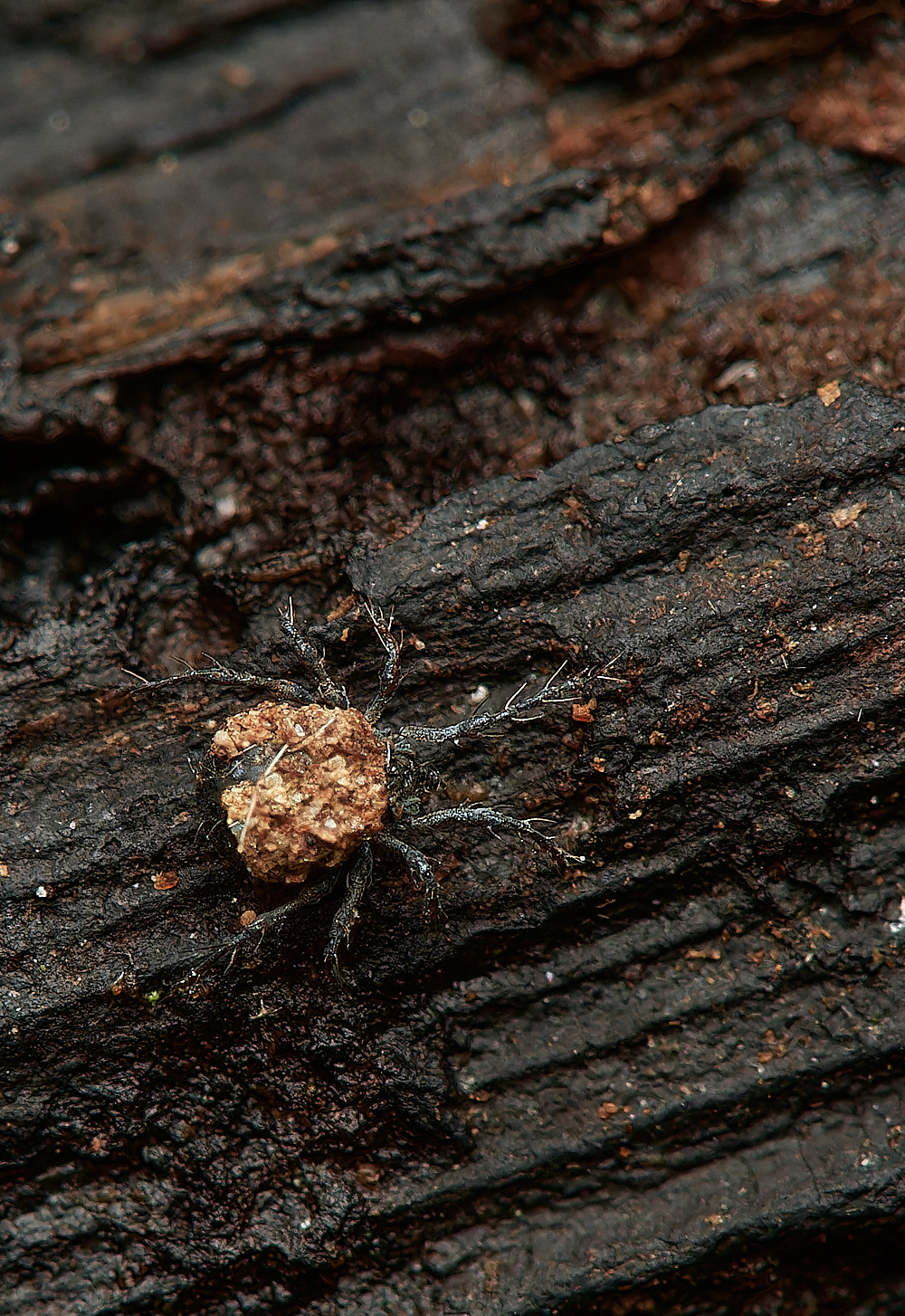
A rather spectacular mite that is one of the Damaeidae family.
Thanks Andy B for the ID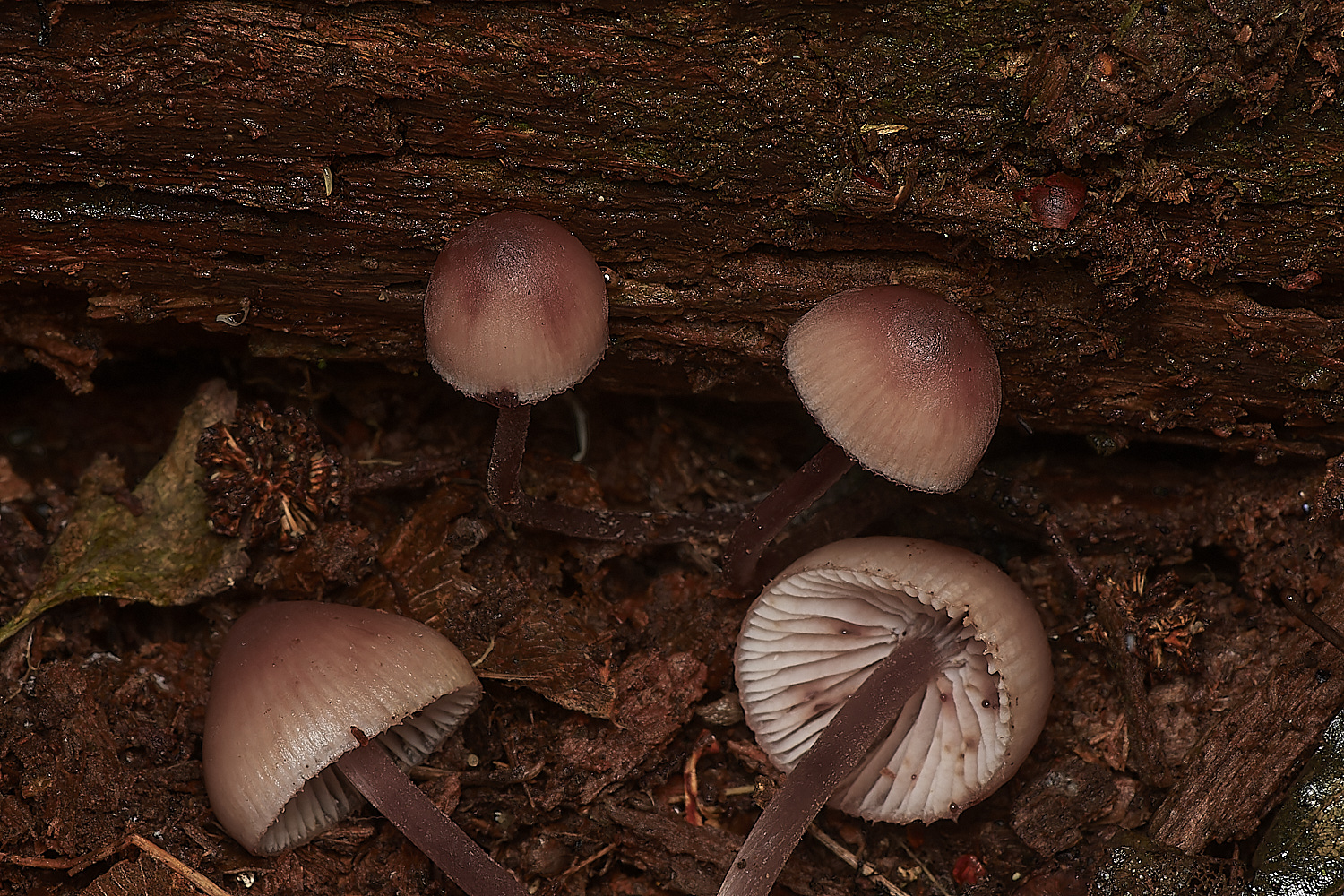
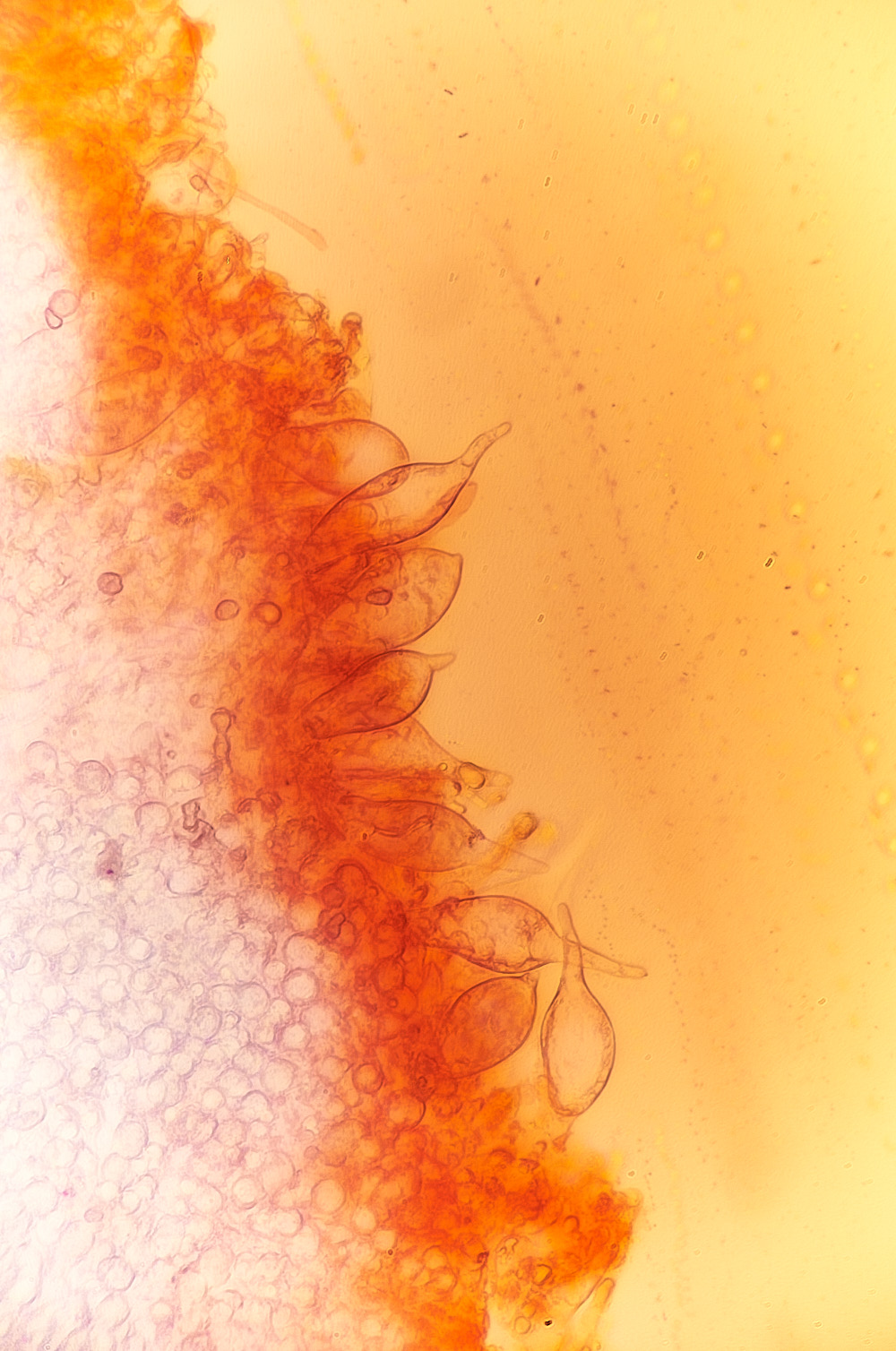
Burgundydrop Bonnet (Mycena haetopus)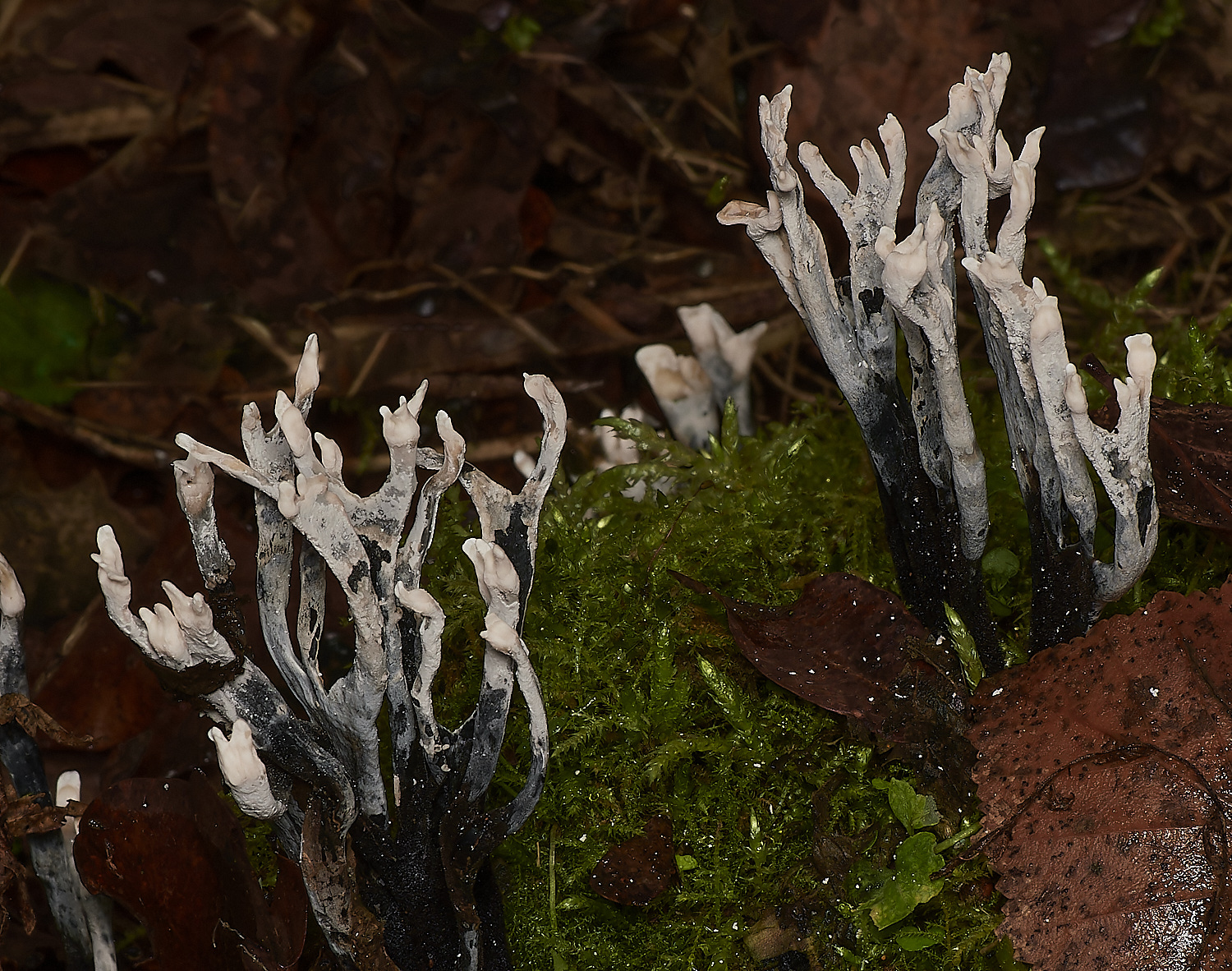
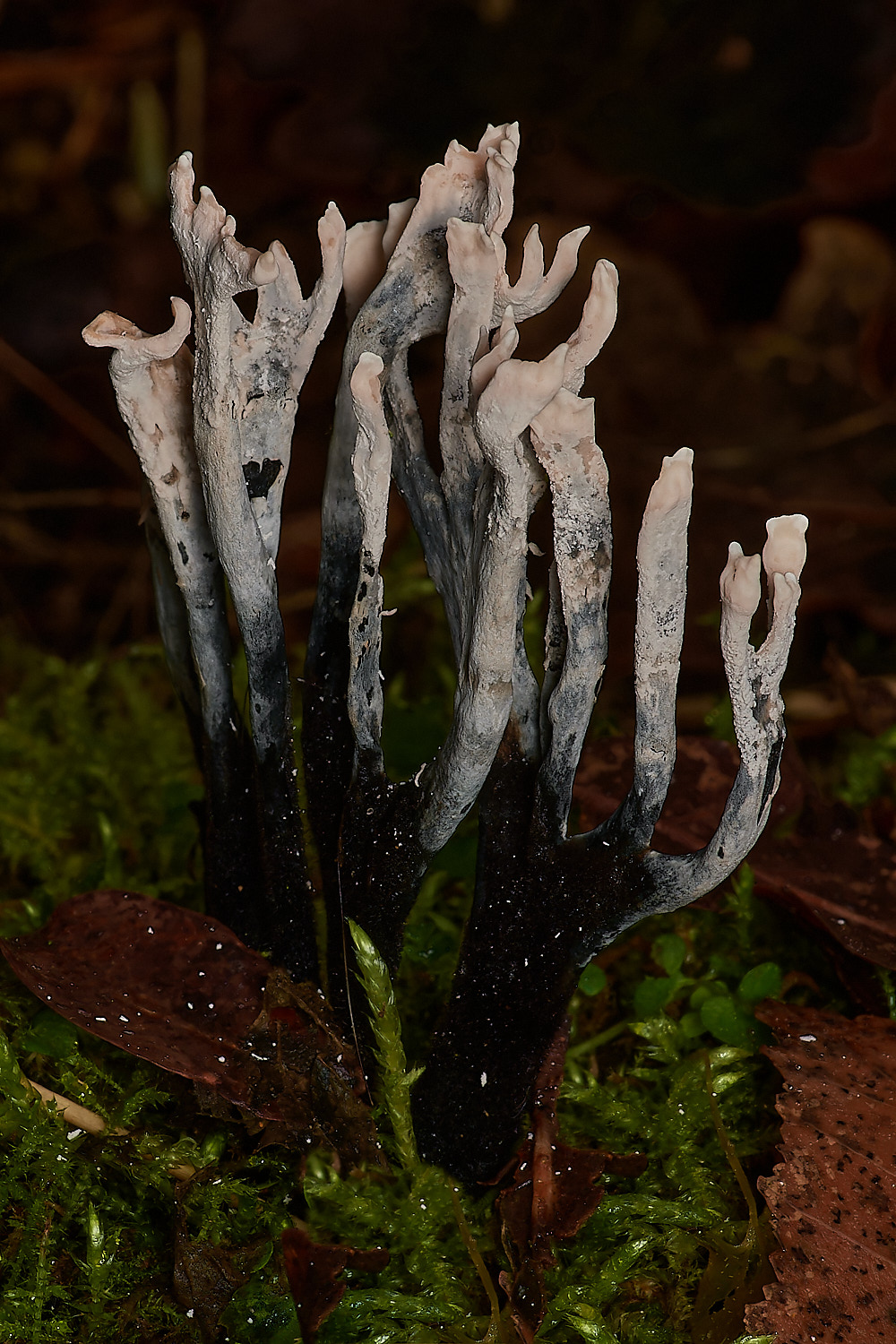
Candlesnuff (Xylaria hypoxylon)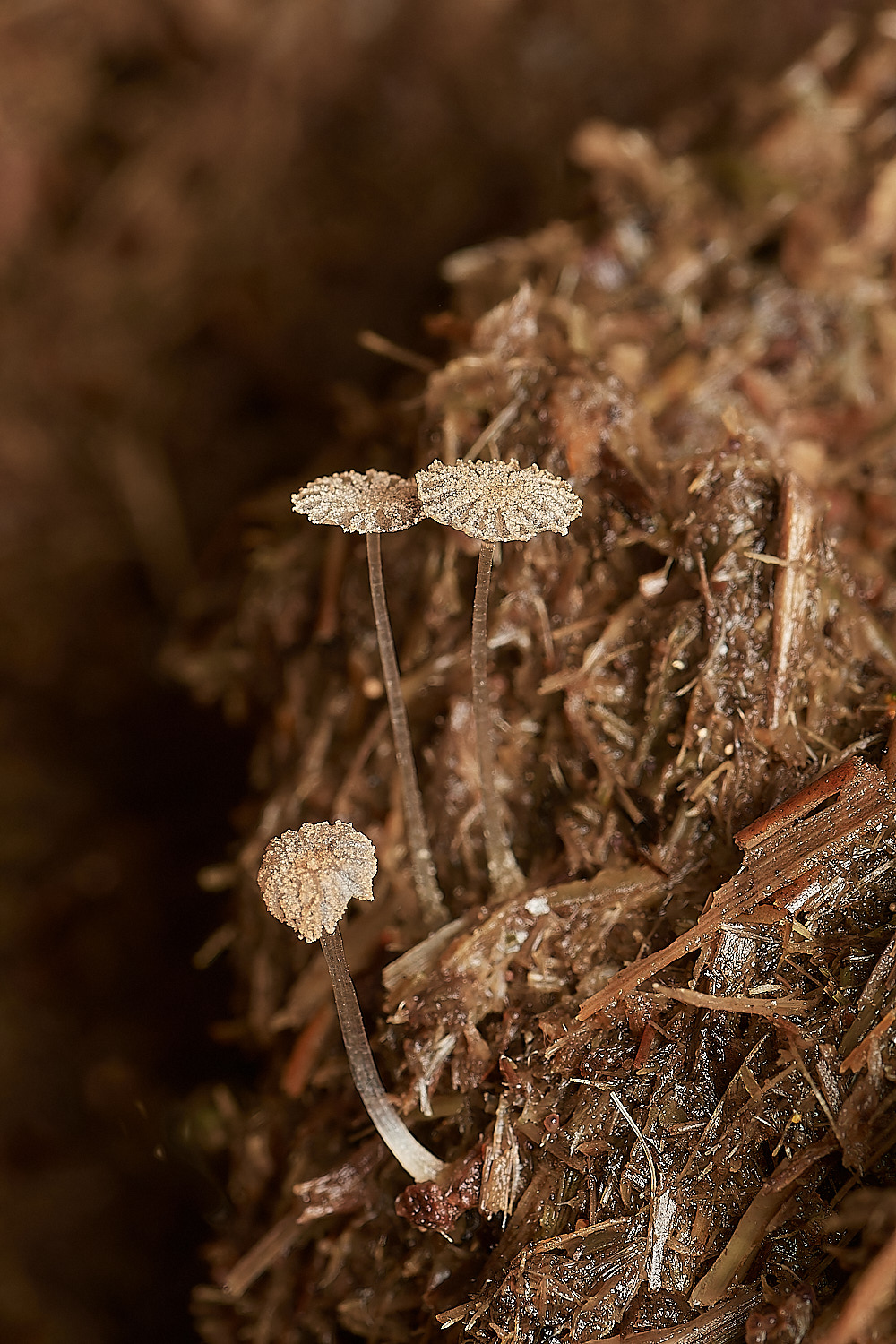
Coprinus Sp
1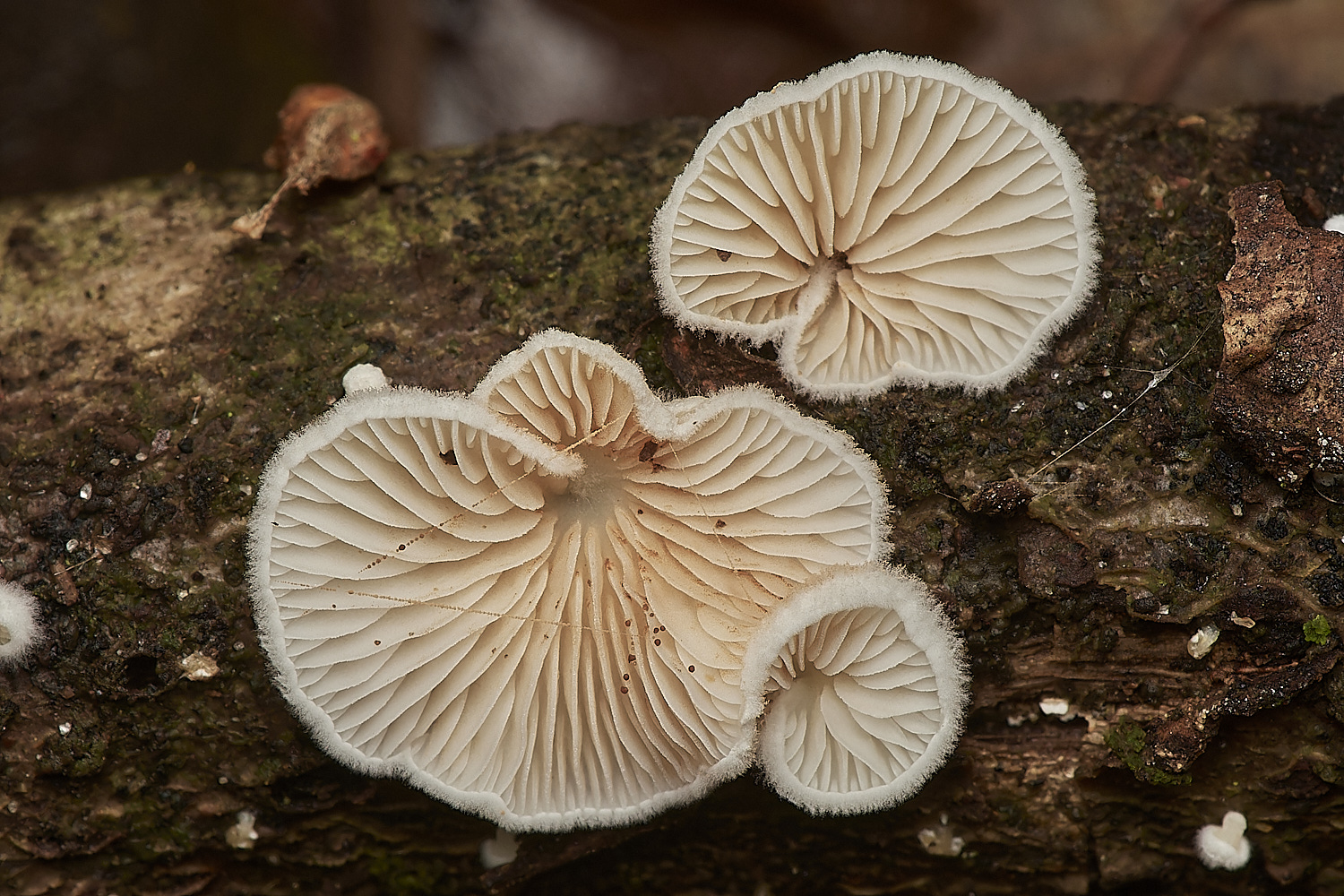
Round-spored Oysterling (Crepidotus cesatii)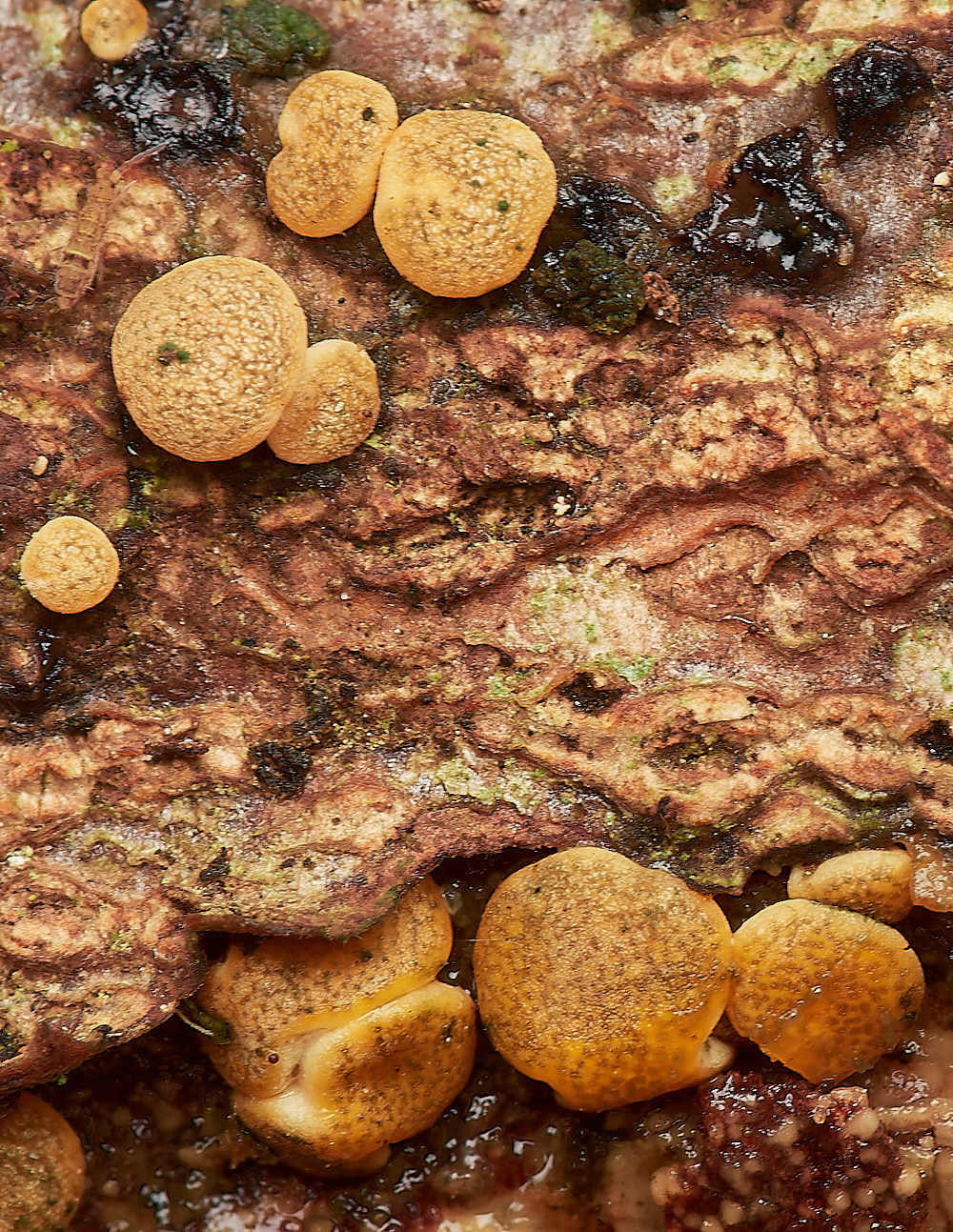
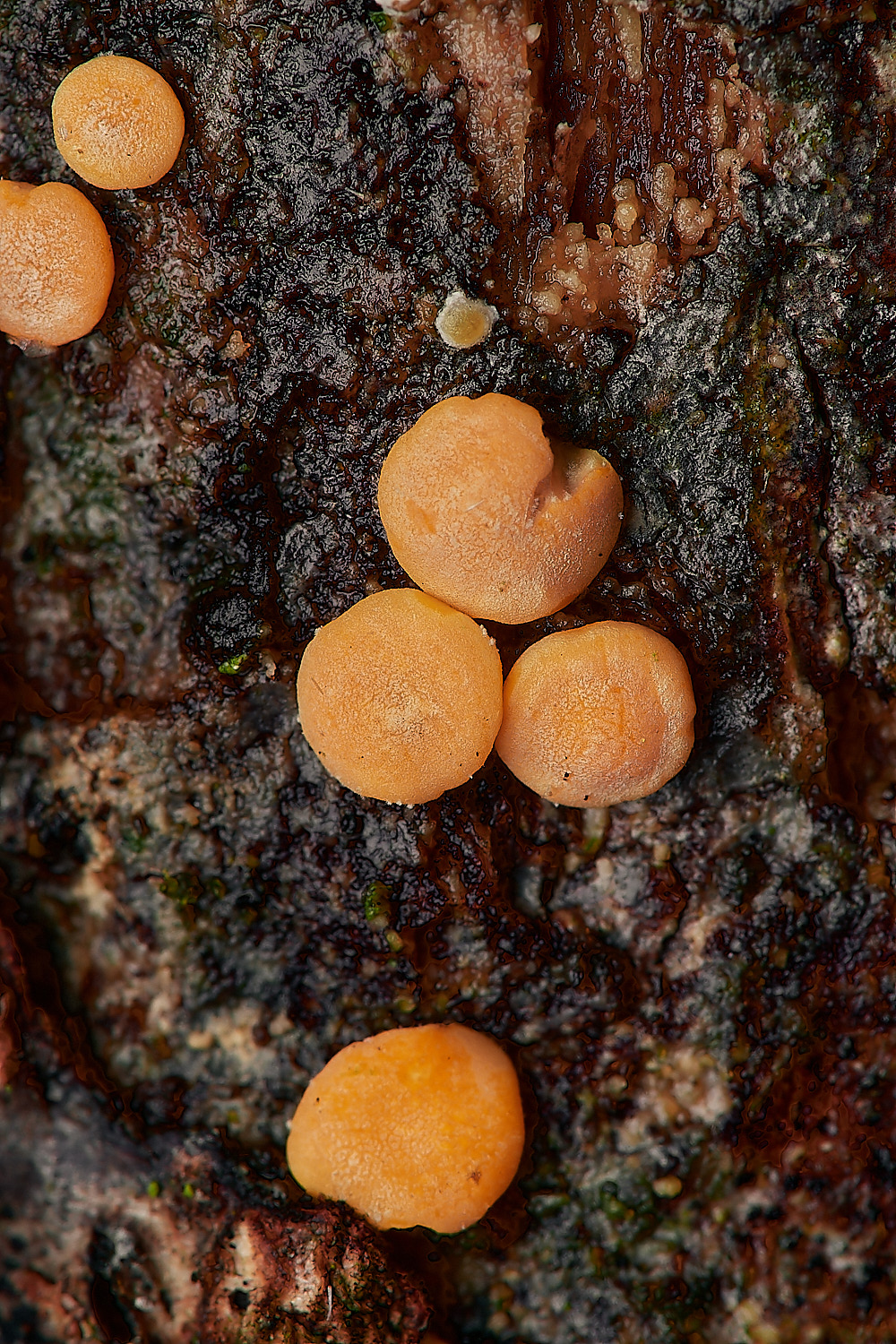
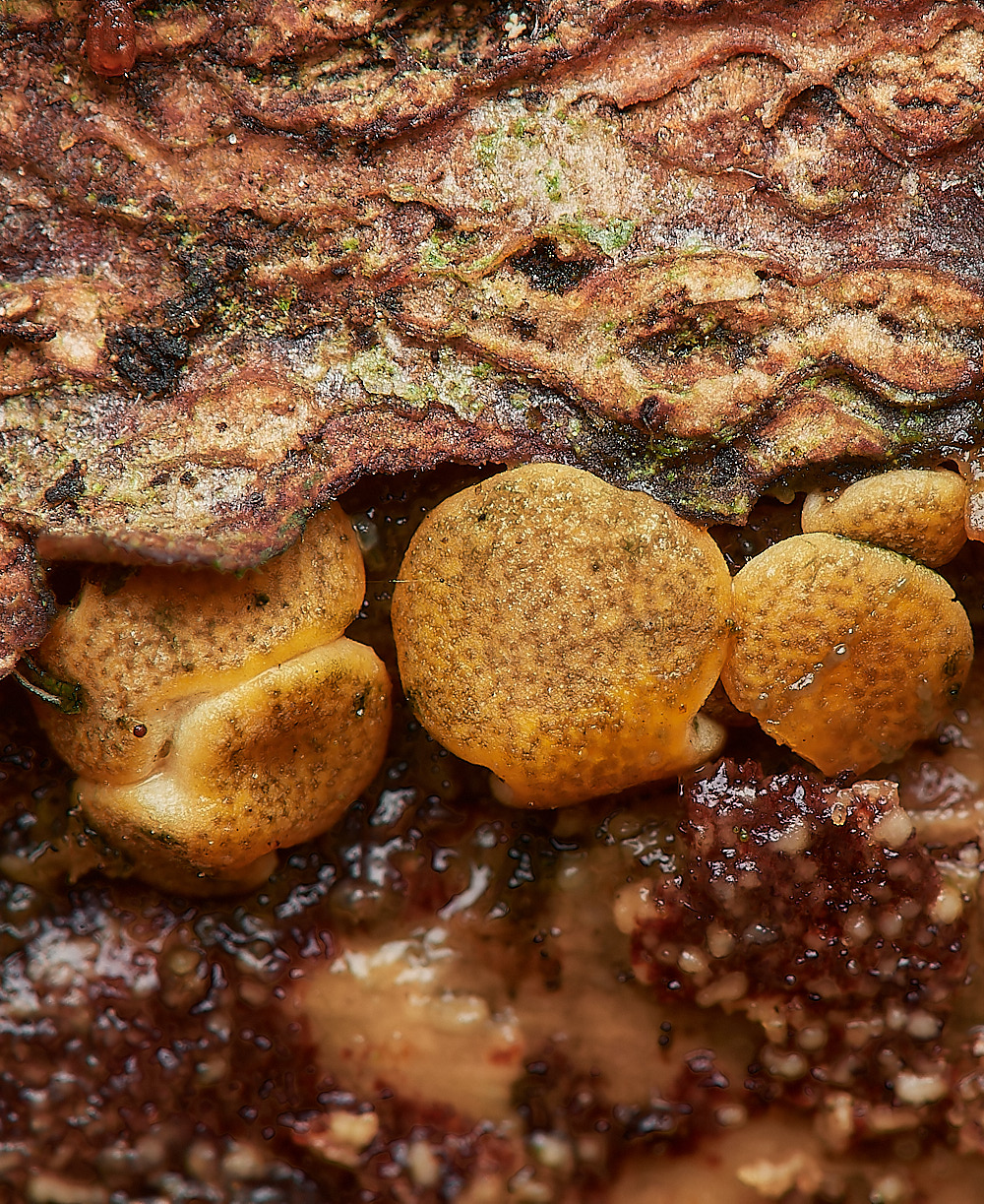
Trichoderma aureoviride

Dacrymyces stillatus in a variety of guises.
Dewdrop Bonnet (Hemimycena tortuosa)
Hyphae pattern
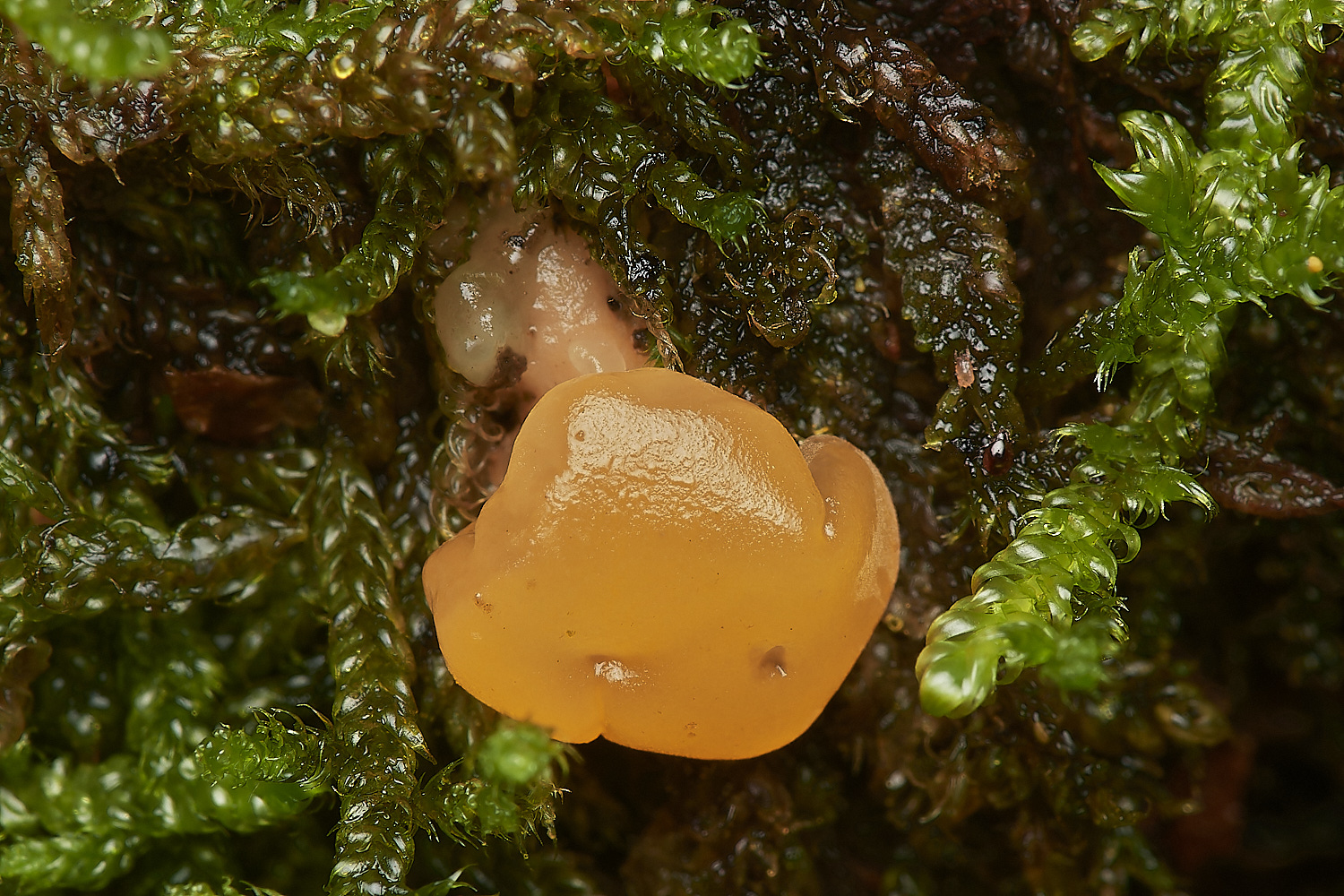
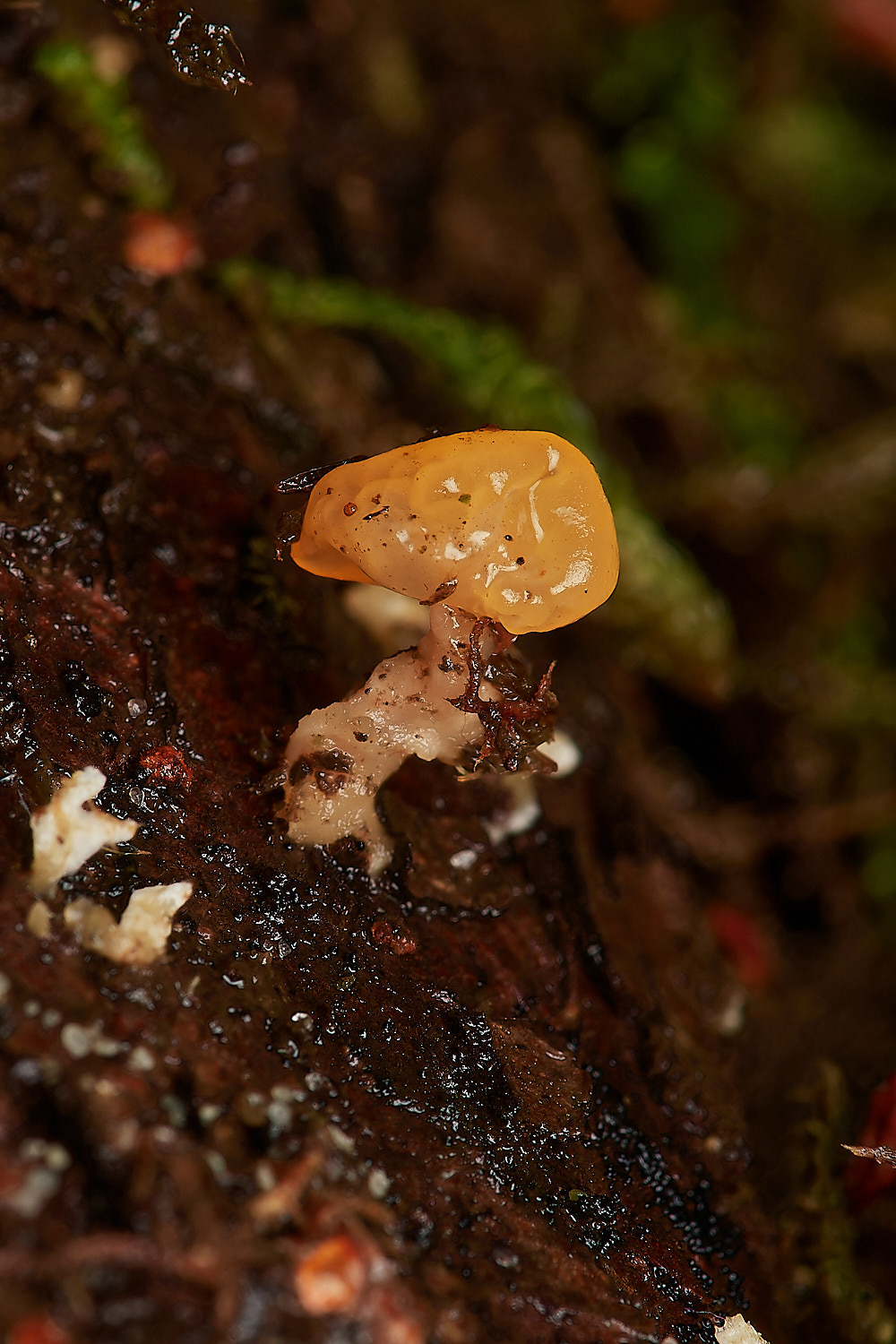
A stalked Common Jelly Spot (Dacrymyces stillatus)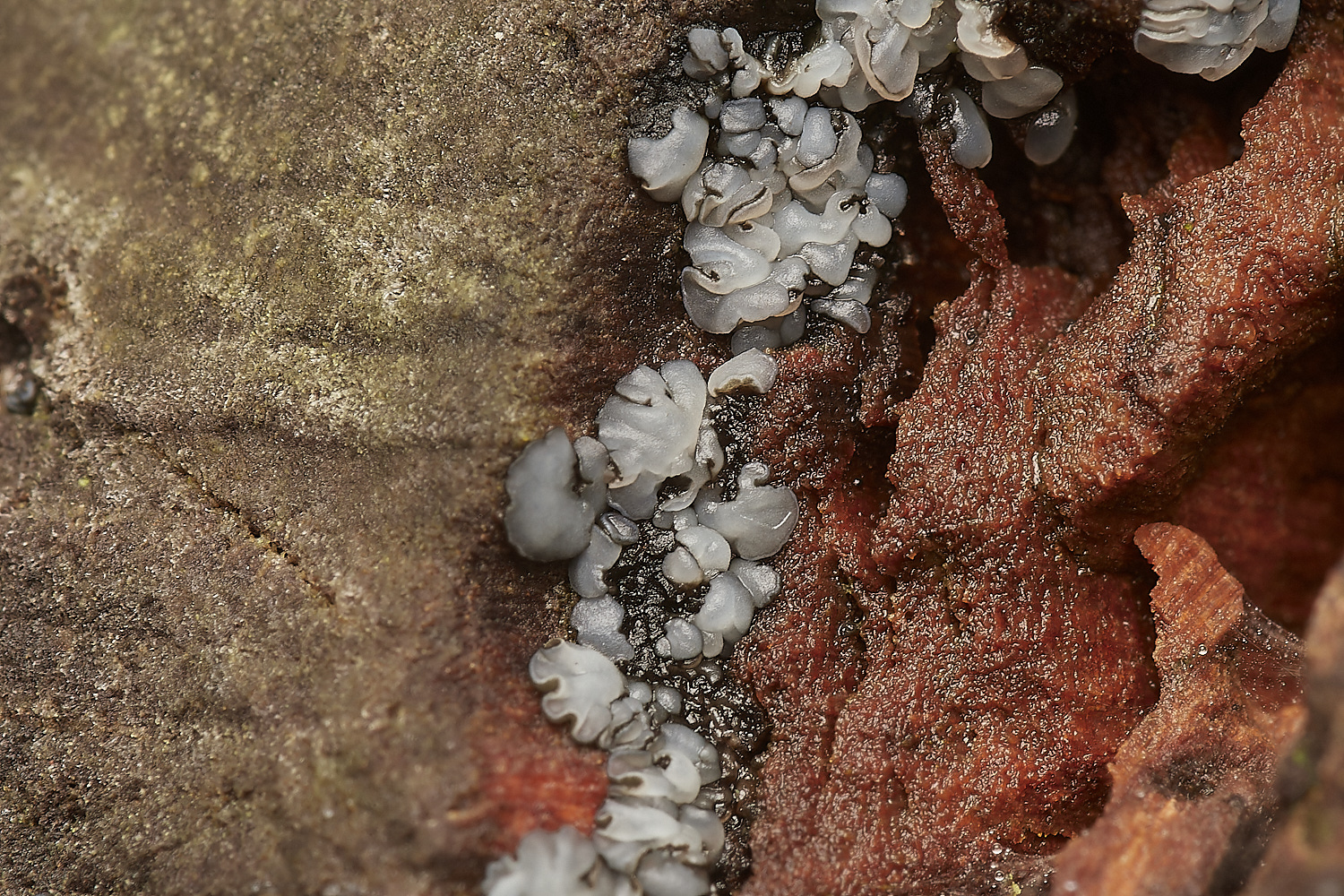
Mollisia Sp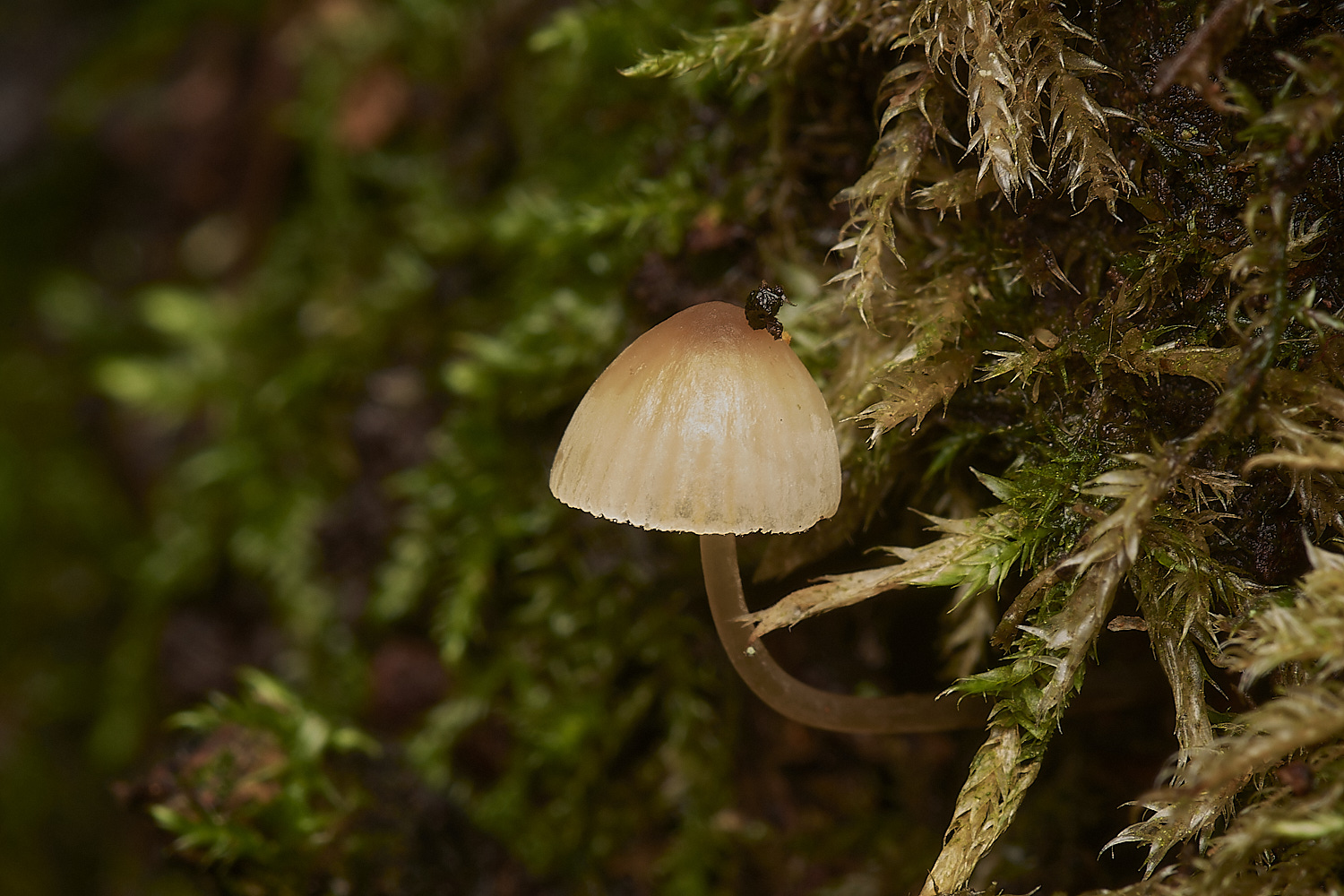
Mycena Sp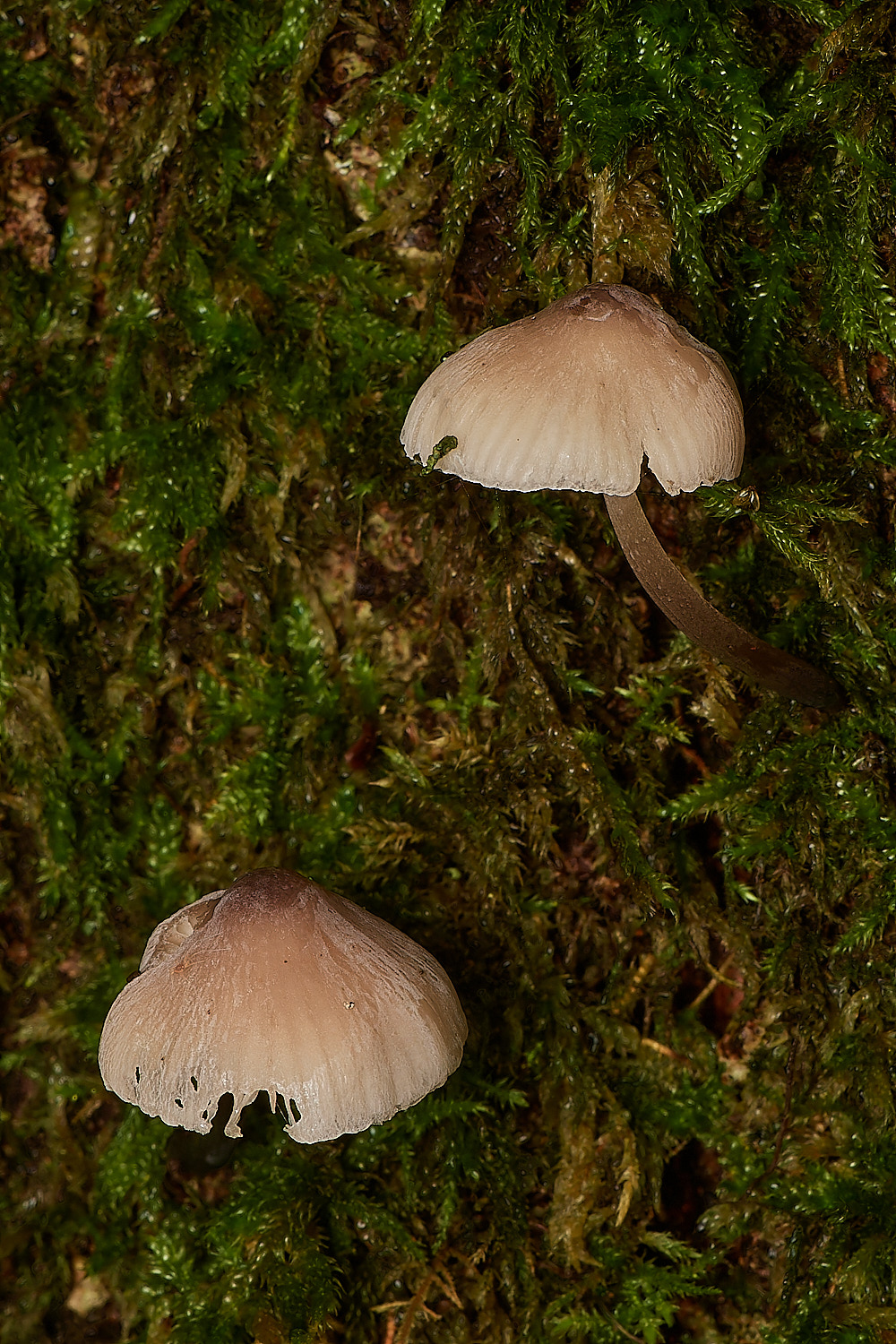
Mycena Sp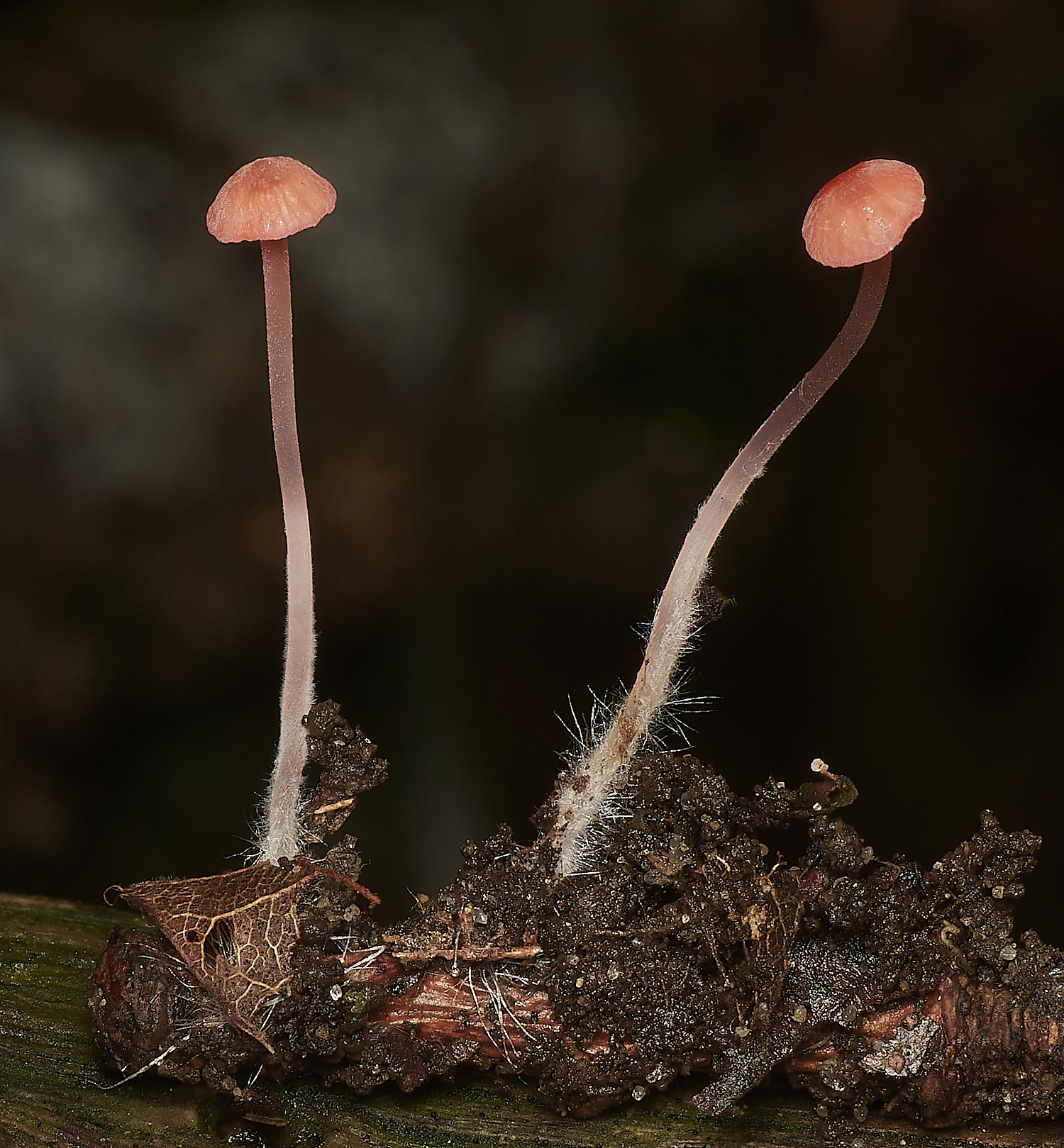
Scarlet Bonnet (Mycena adonis)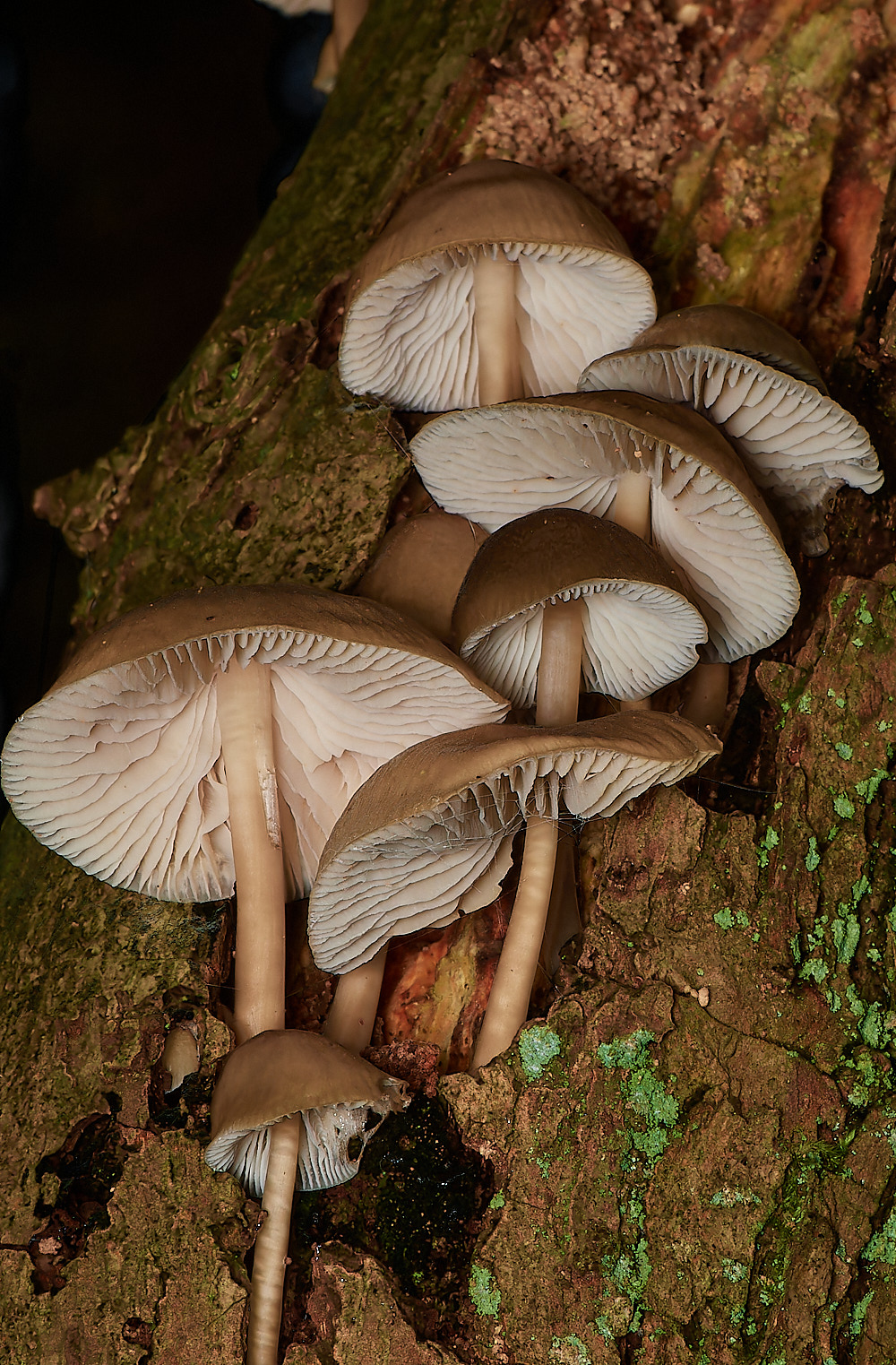
Common Bonnet (Mycena galericulata)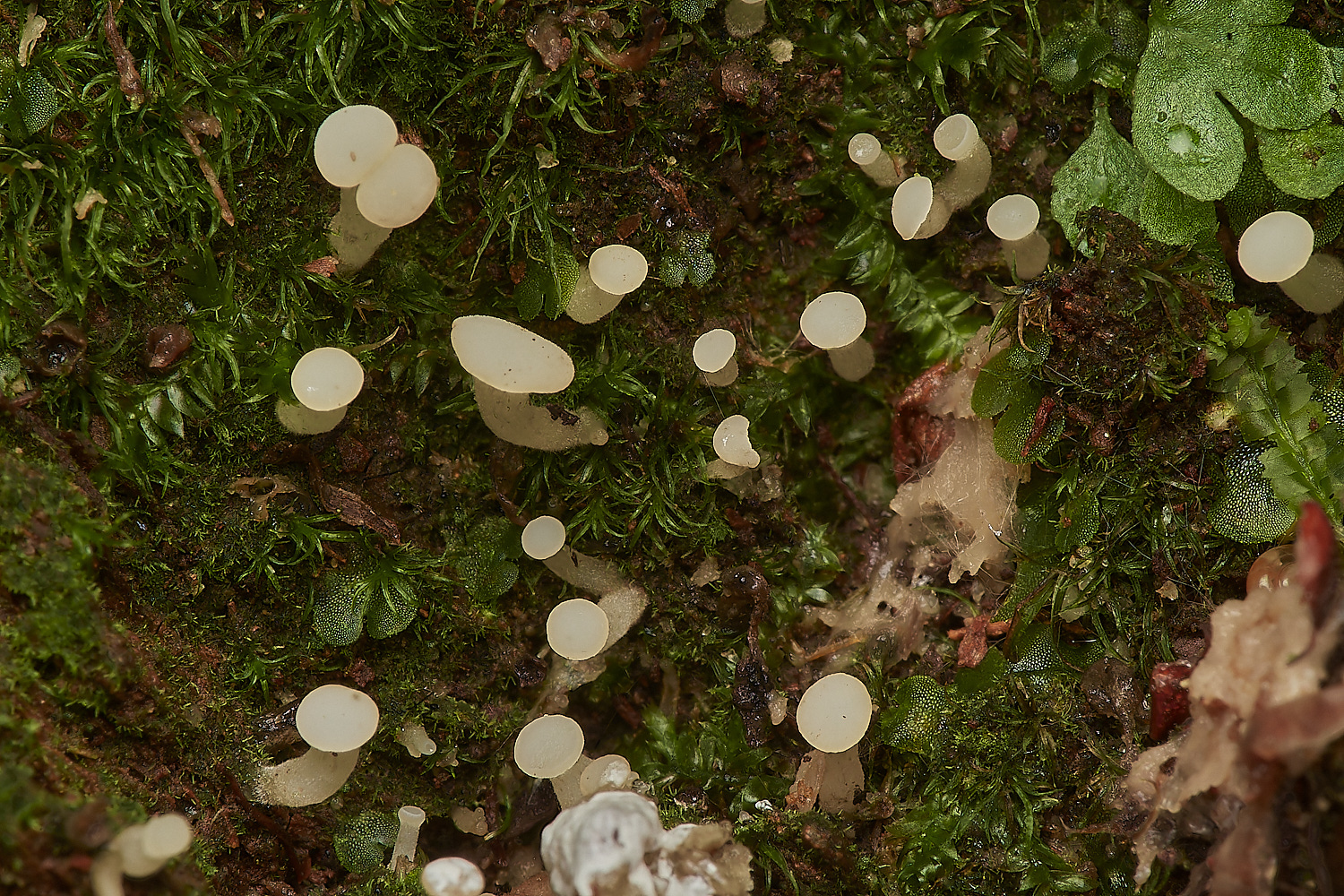
Oakpin (Cudoniella acicularis) with accompanying Fern prothali
and
to
the right
Bifid Crestwort(Lophocolea bidentata)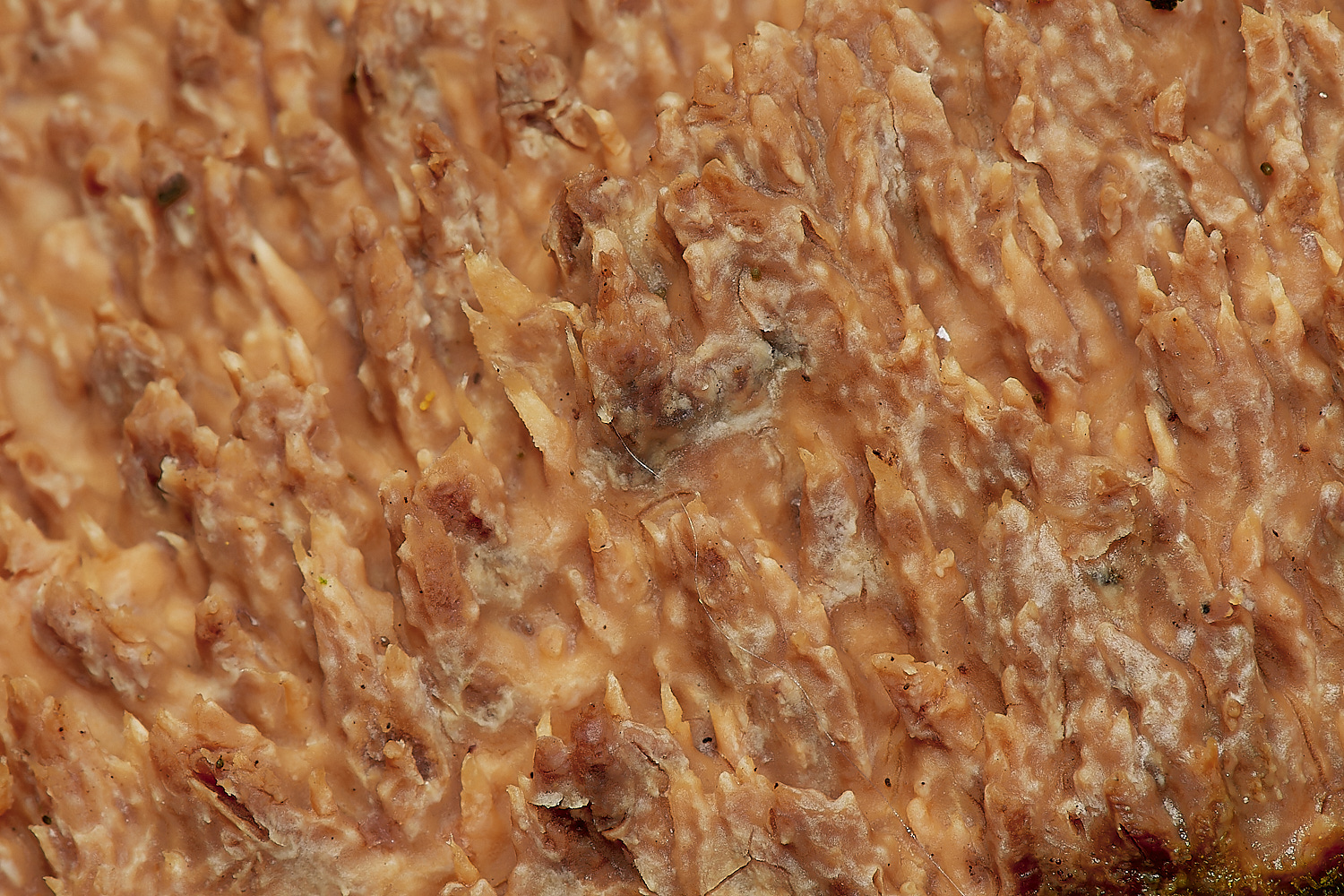
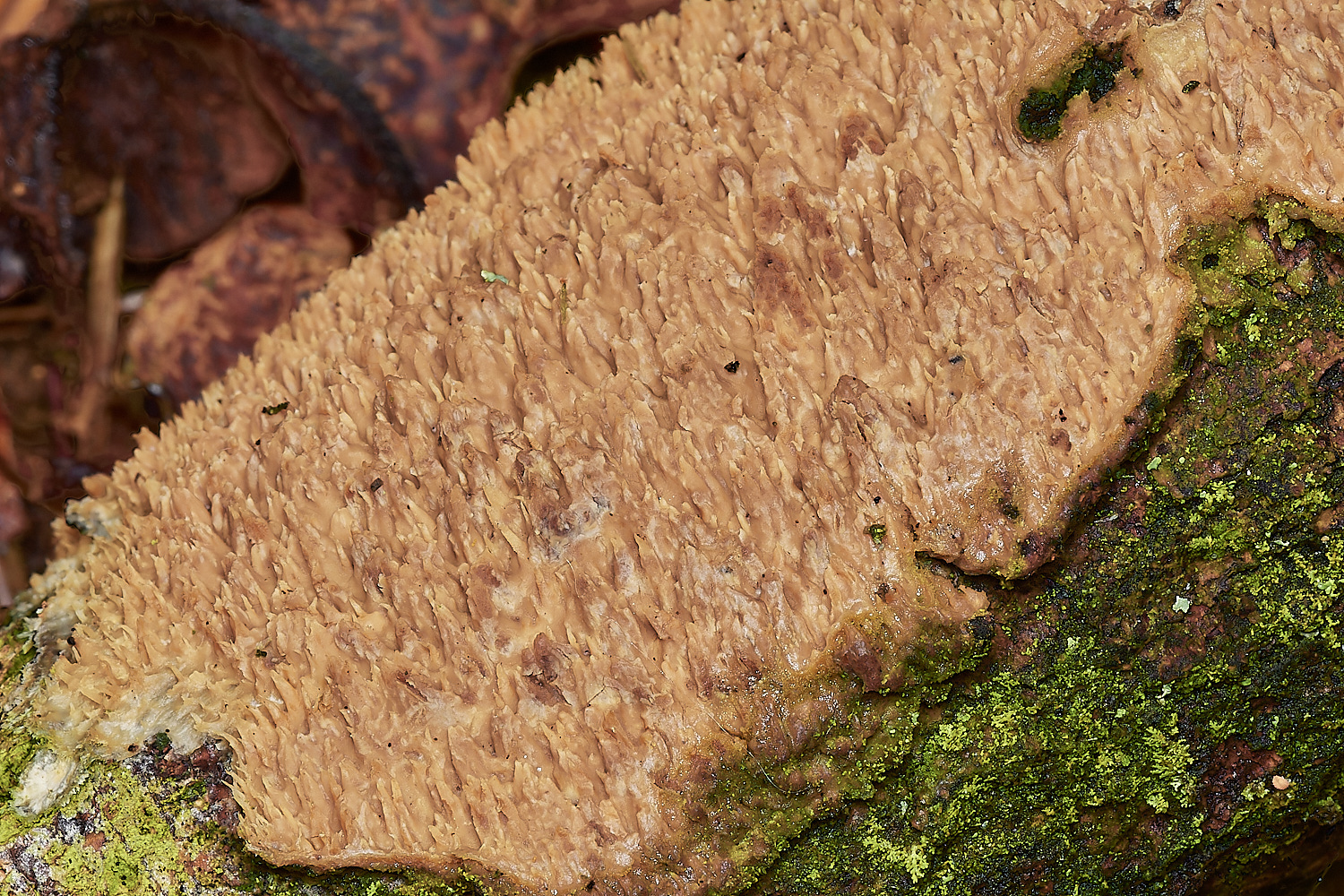
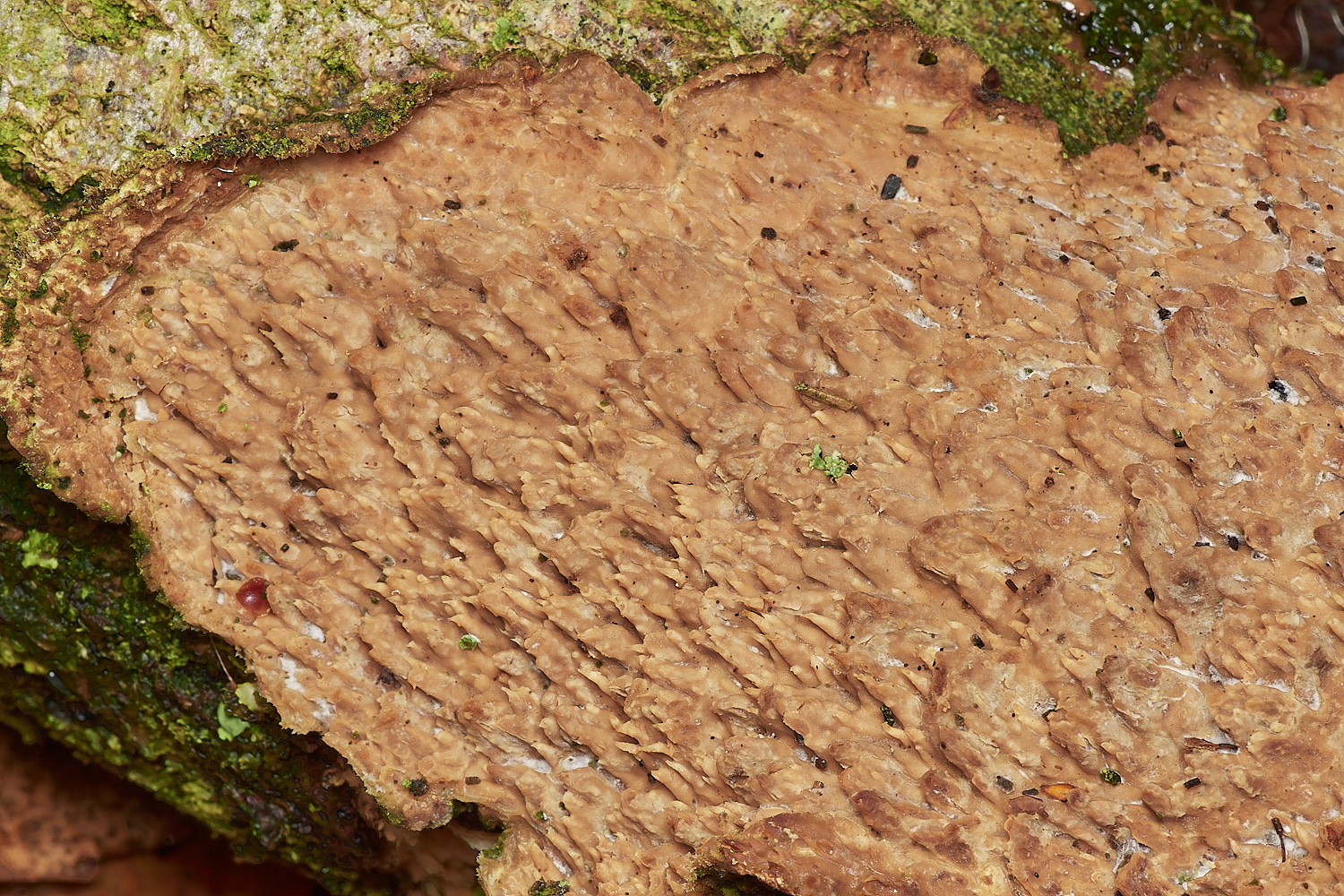
Oak Tooth Crust (Radulomyces molaris)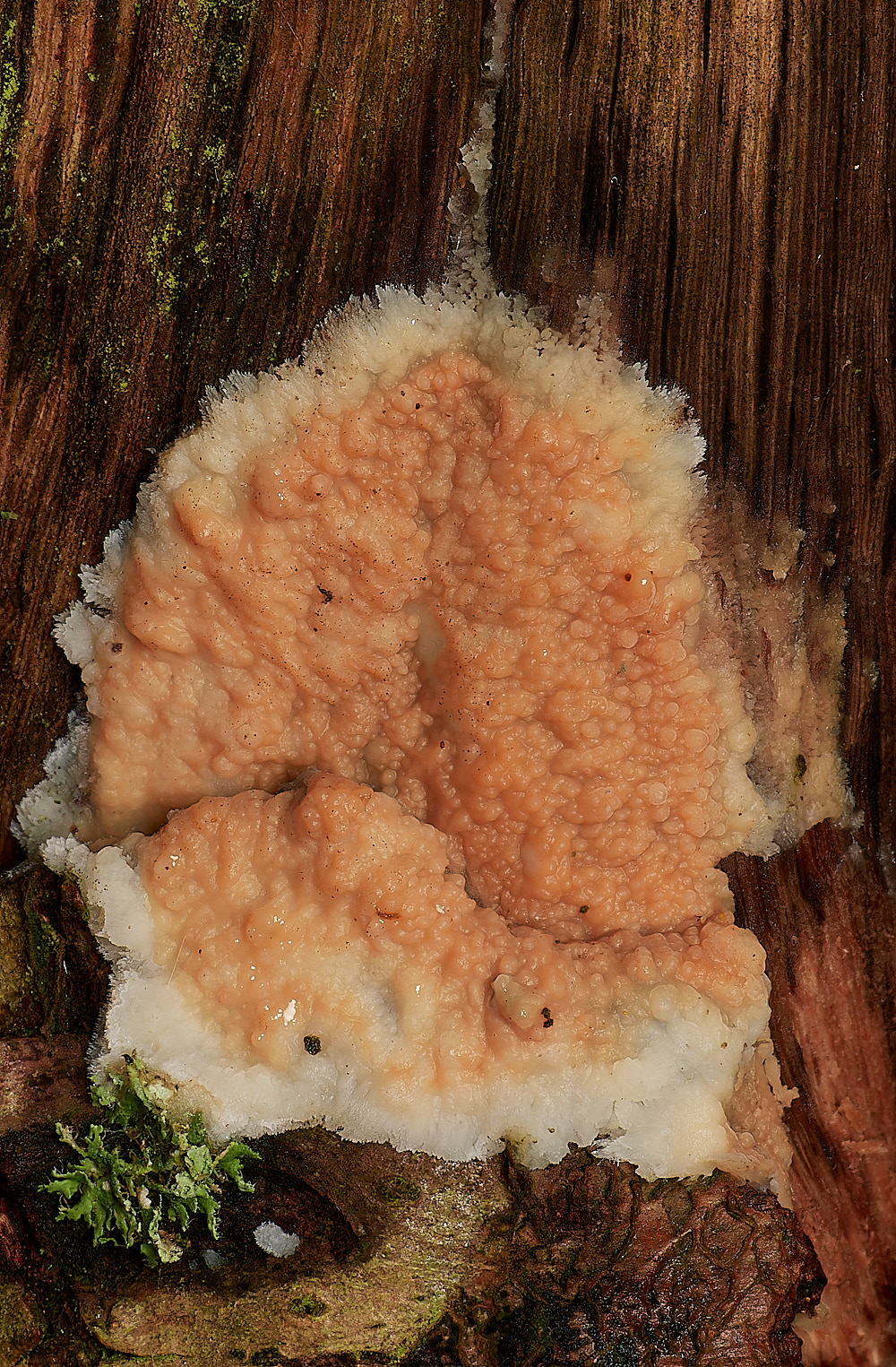
?
2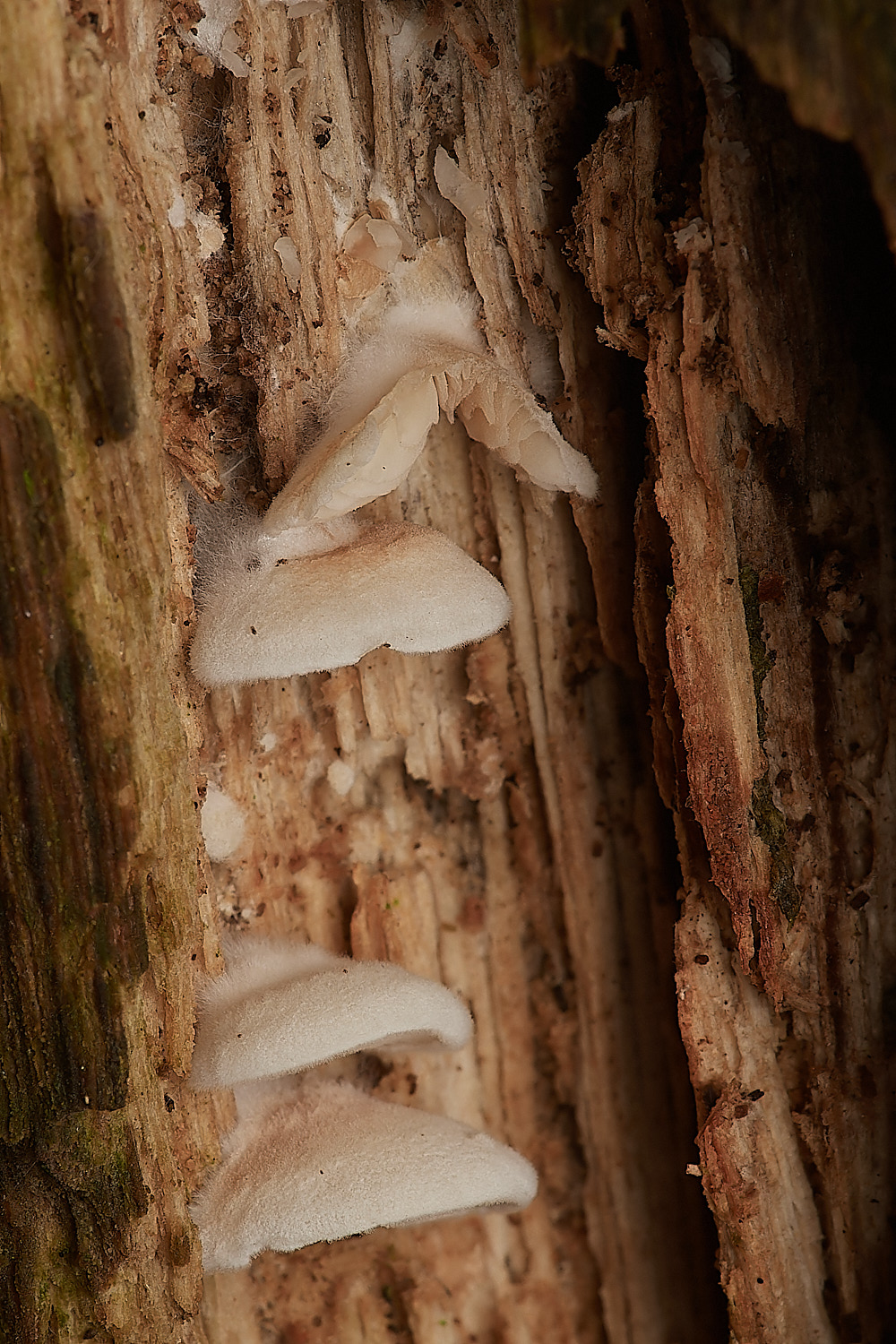
?
3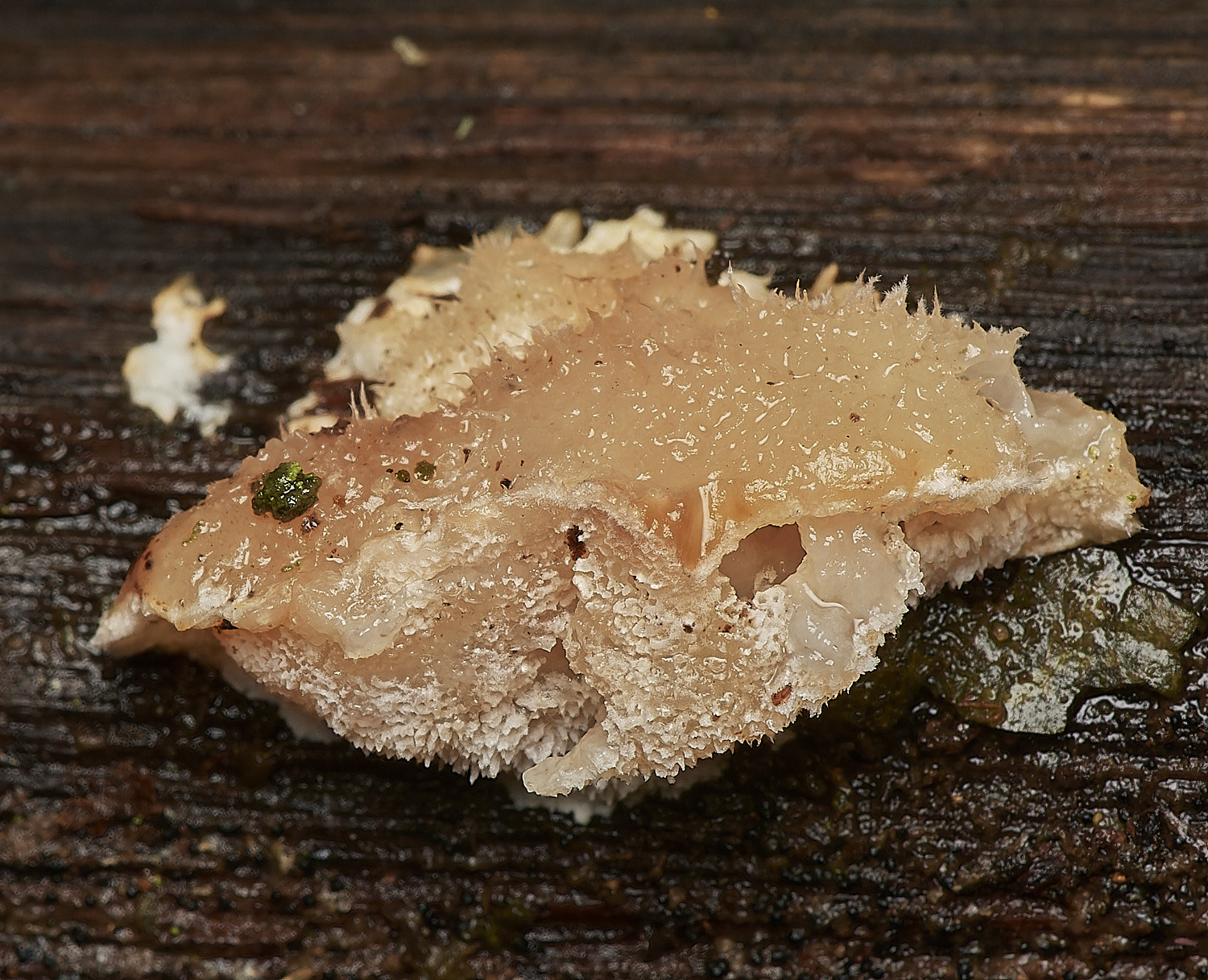
Powderpuff Bracket (Postia ptychogaster)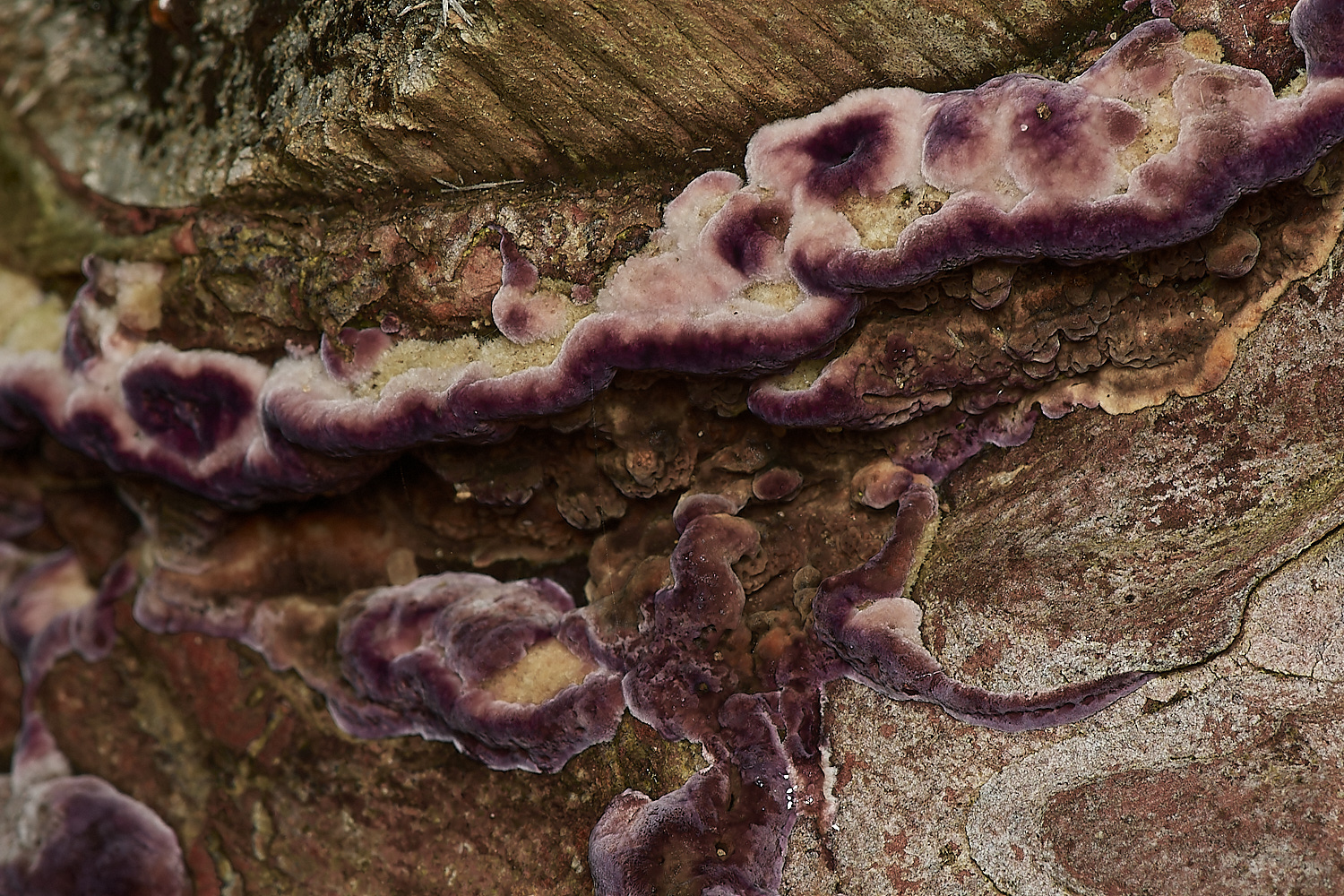
Purple Polypore (Trichaptum abietinum)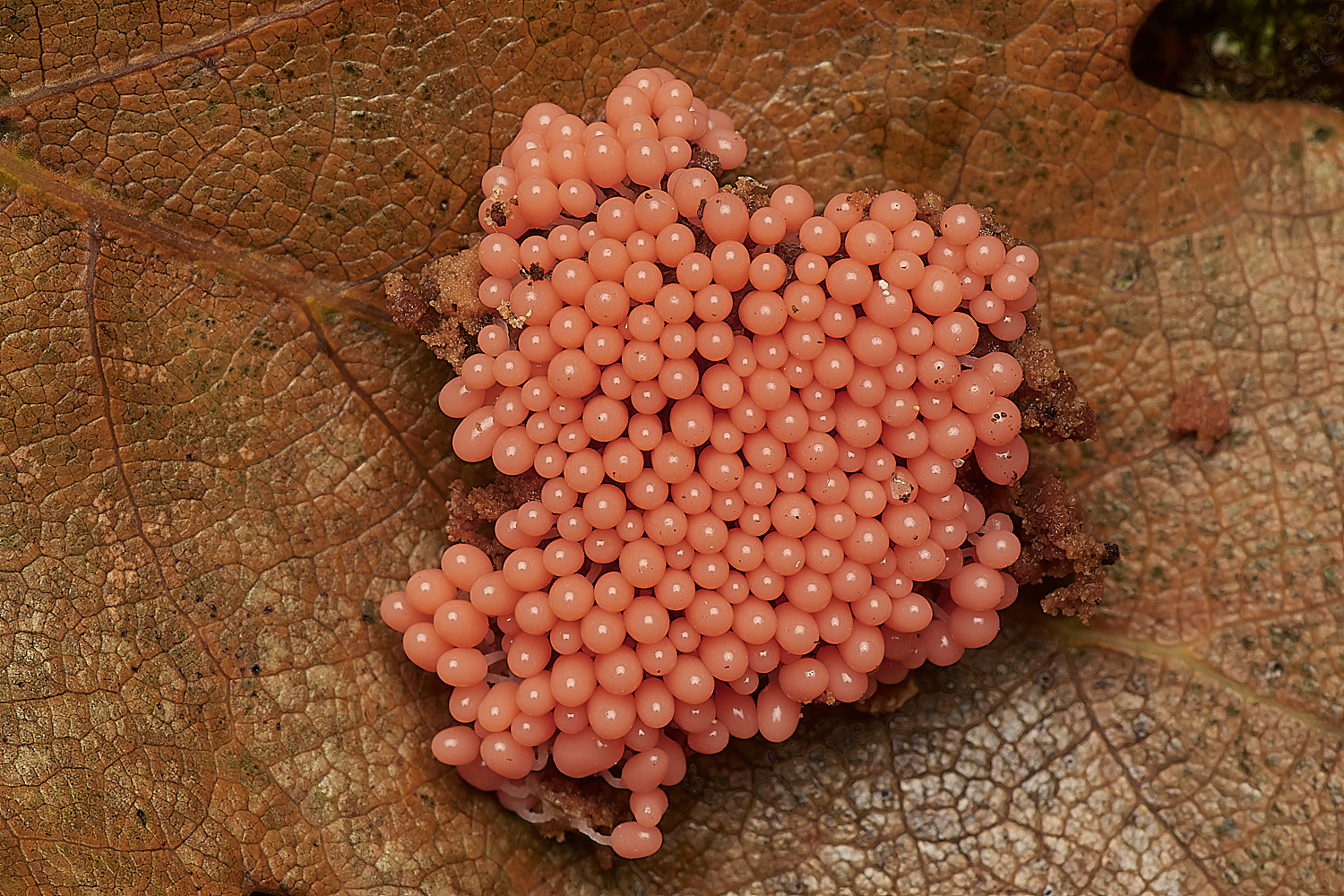
Raspberry Slime Mold (Tubifera ferruginosa)
Red Bog Moss (Sphagnum capillifoium)
Stem leaf of Lustrous Bog-moss (Sphagnum subnitens)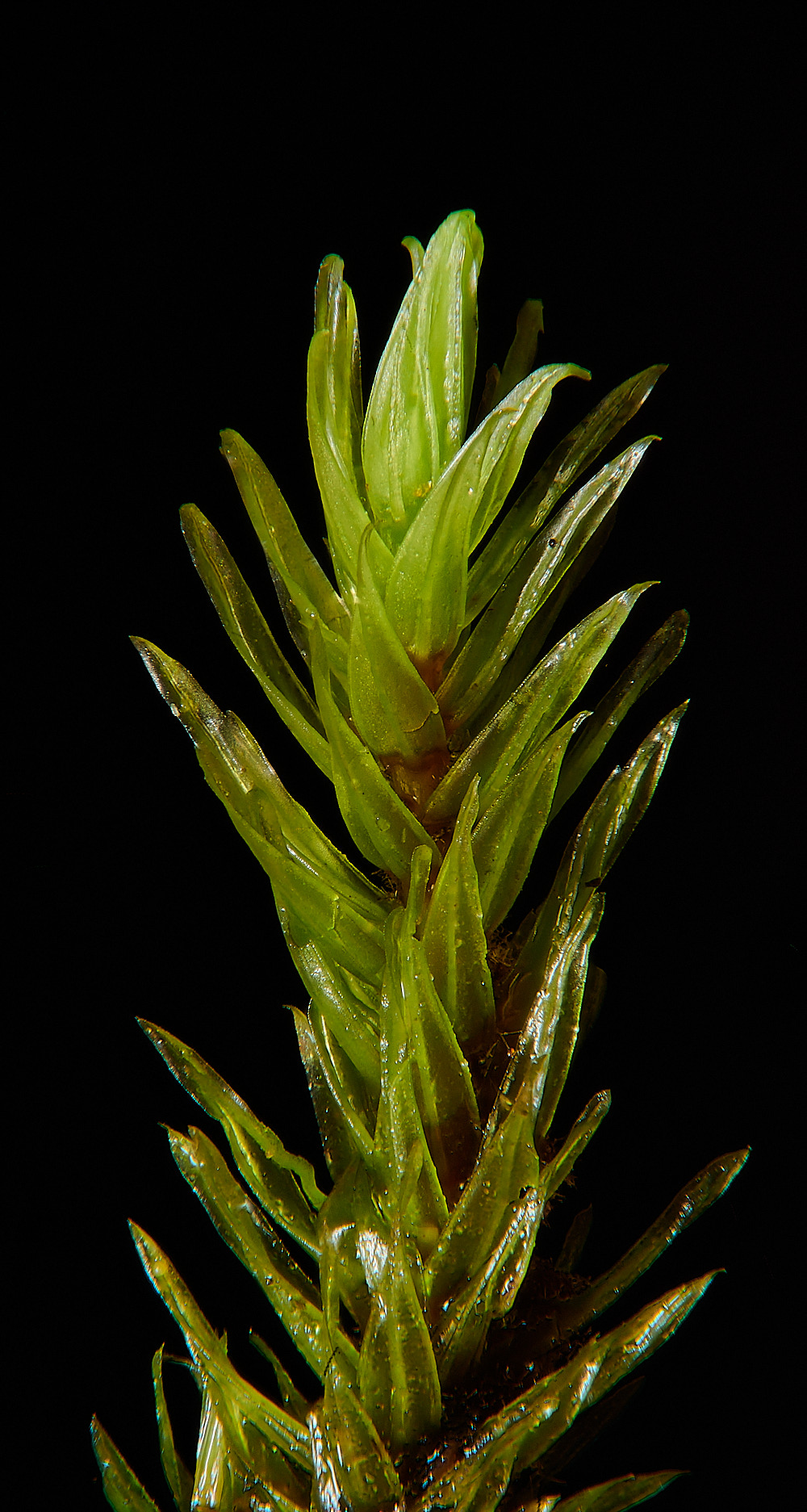
Ribbed bog-moss (Aulucomnium palustre)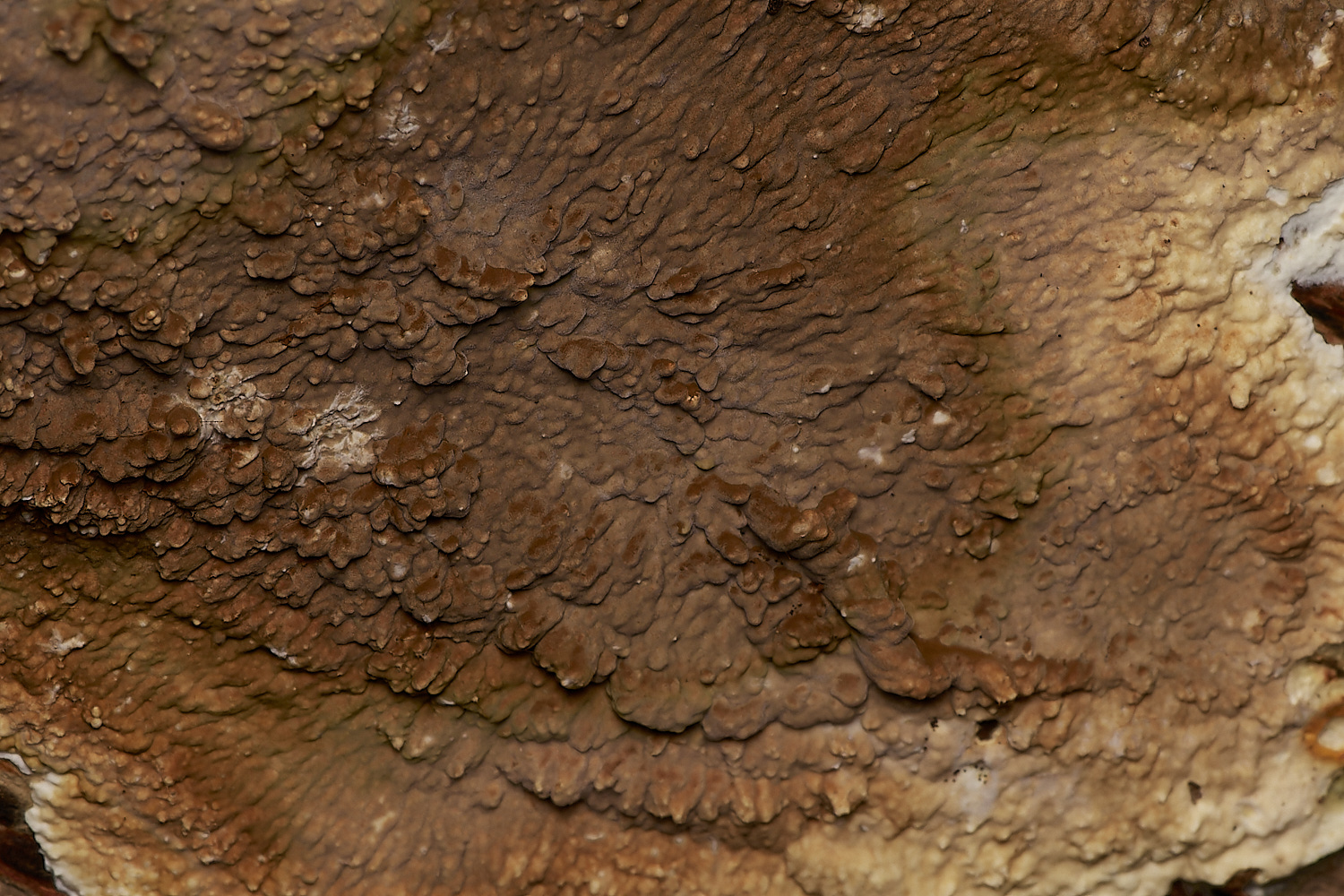
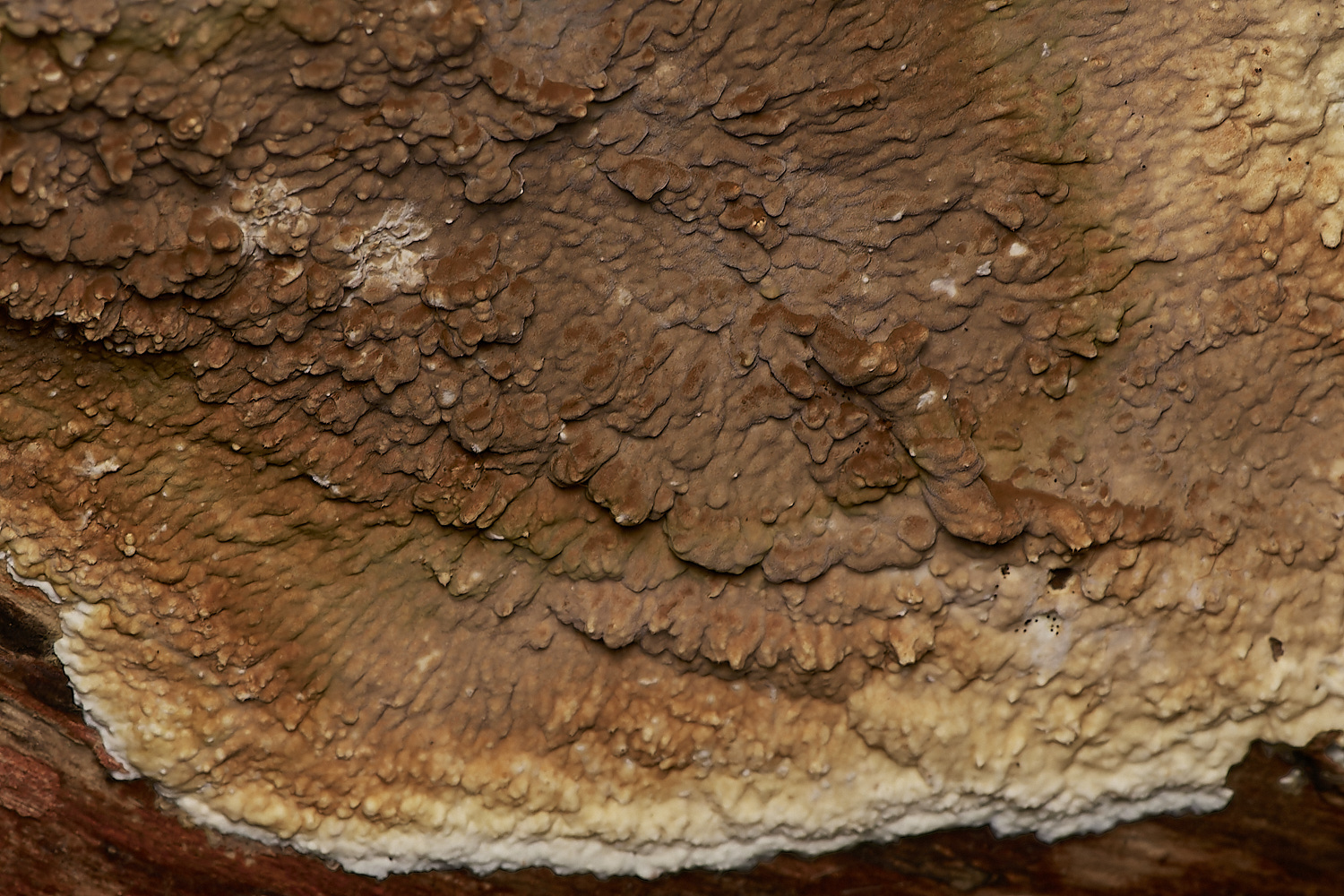
Rot Sp?
4
Script Lichen Sp?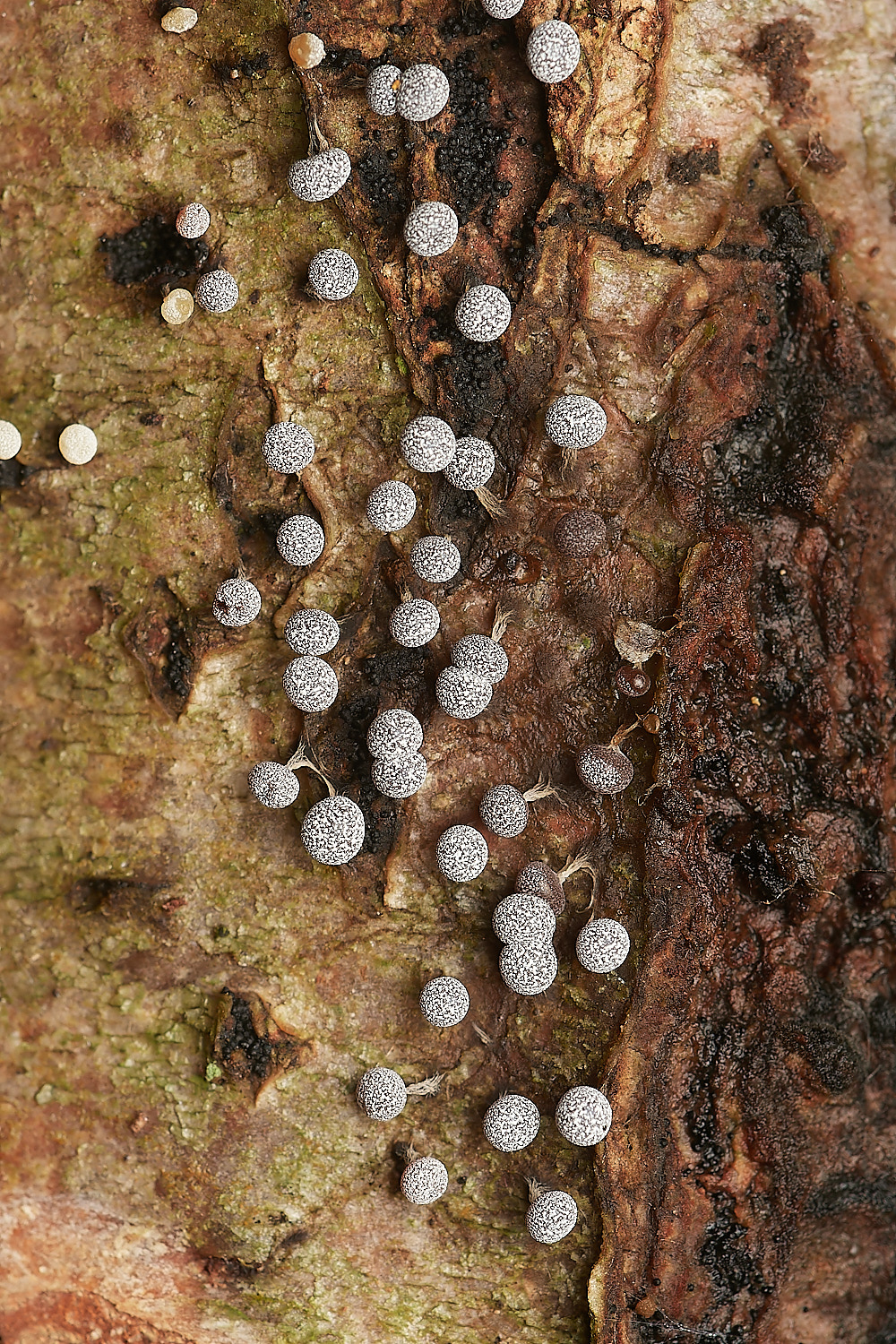
Slime Mold Sp?
5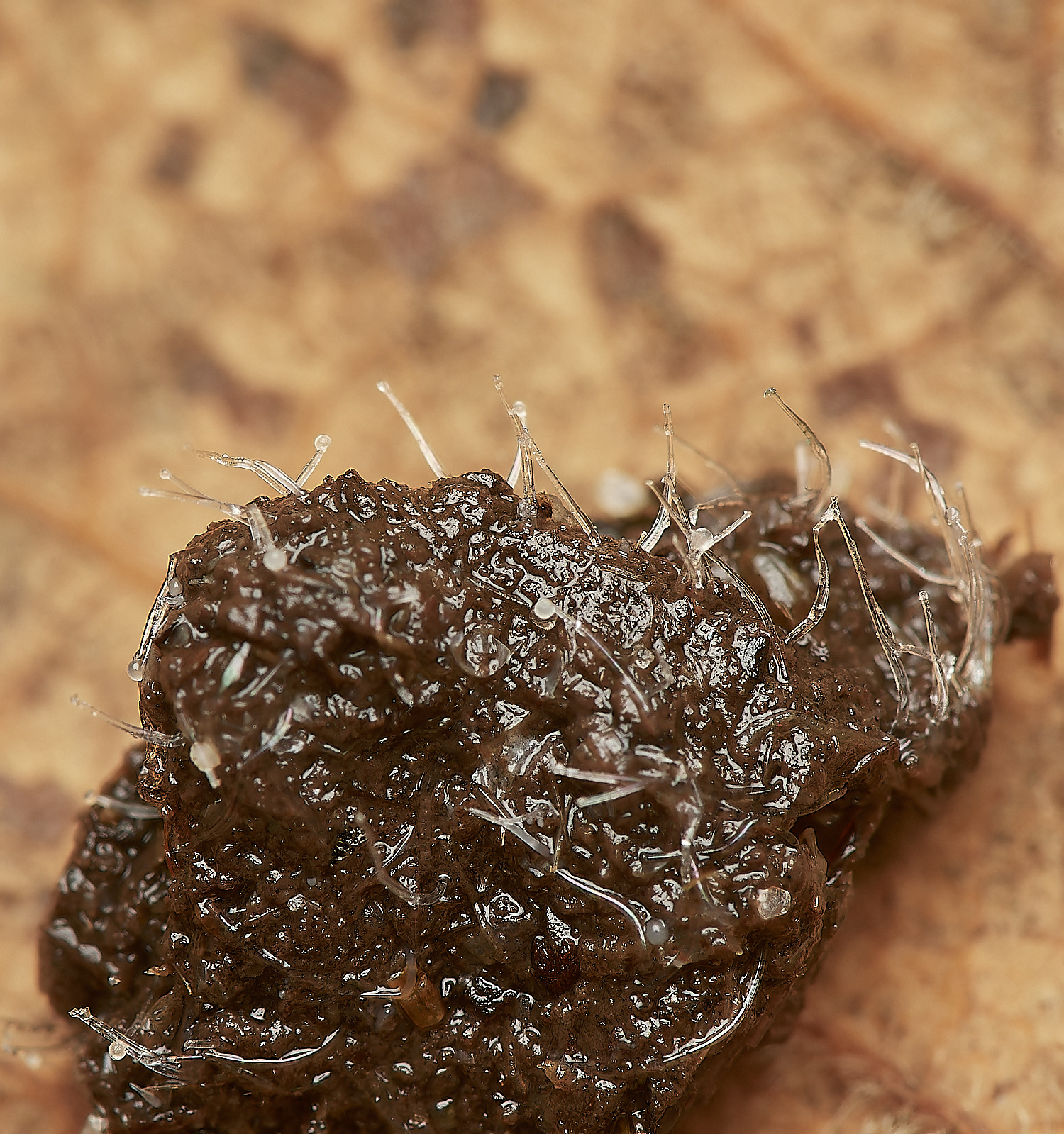
?
6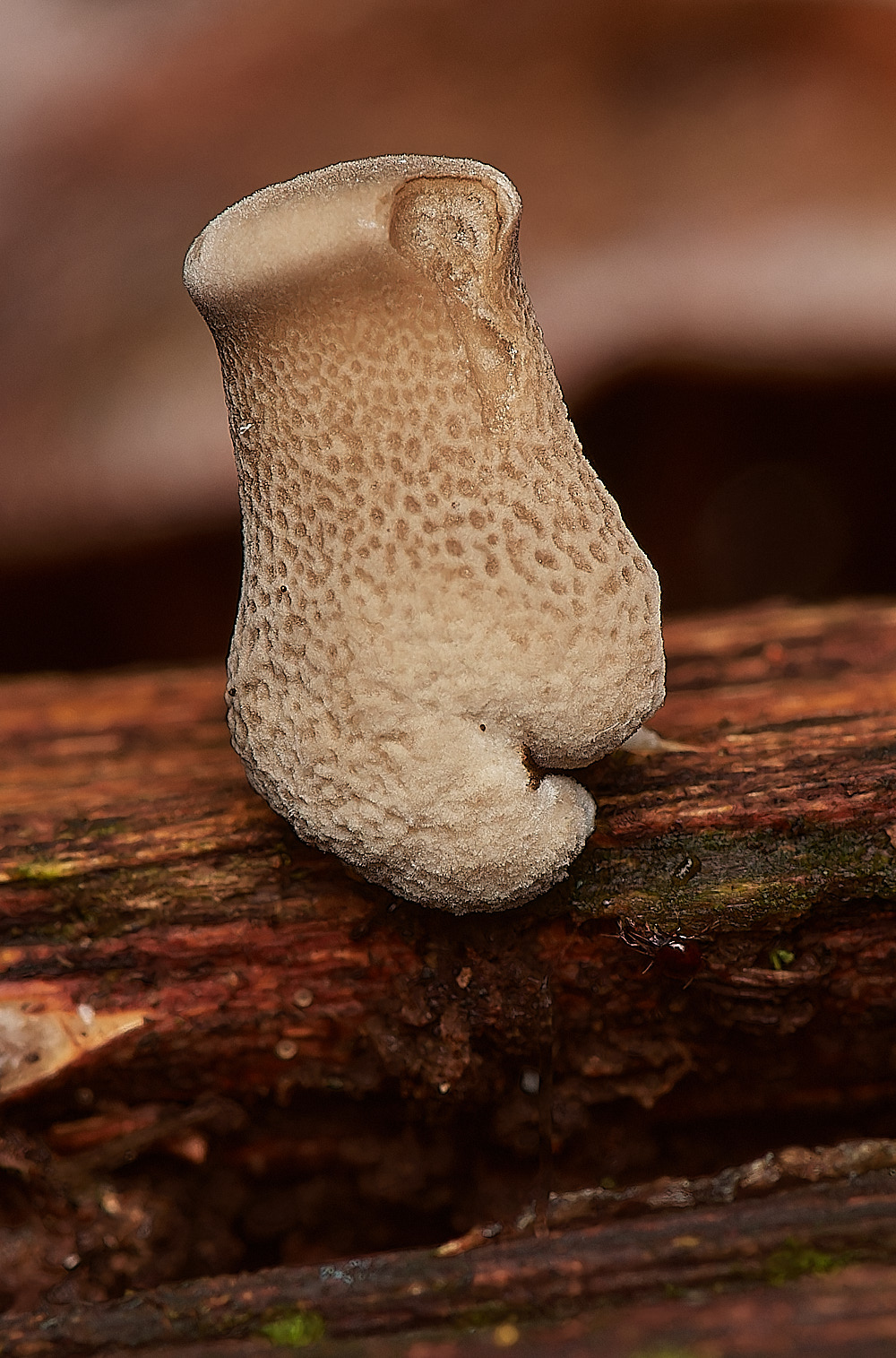
A very young Winter Polypore (Polyporus brumalis)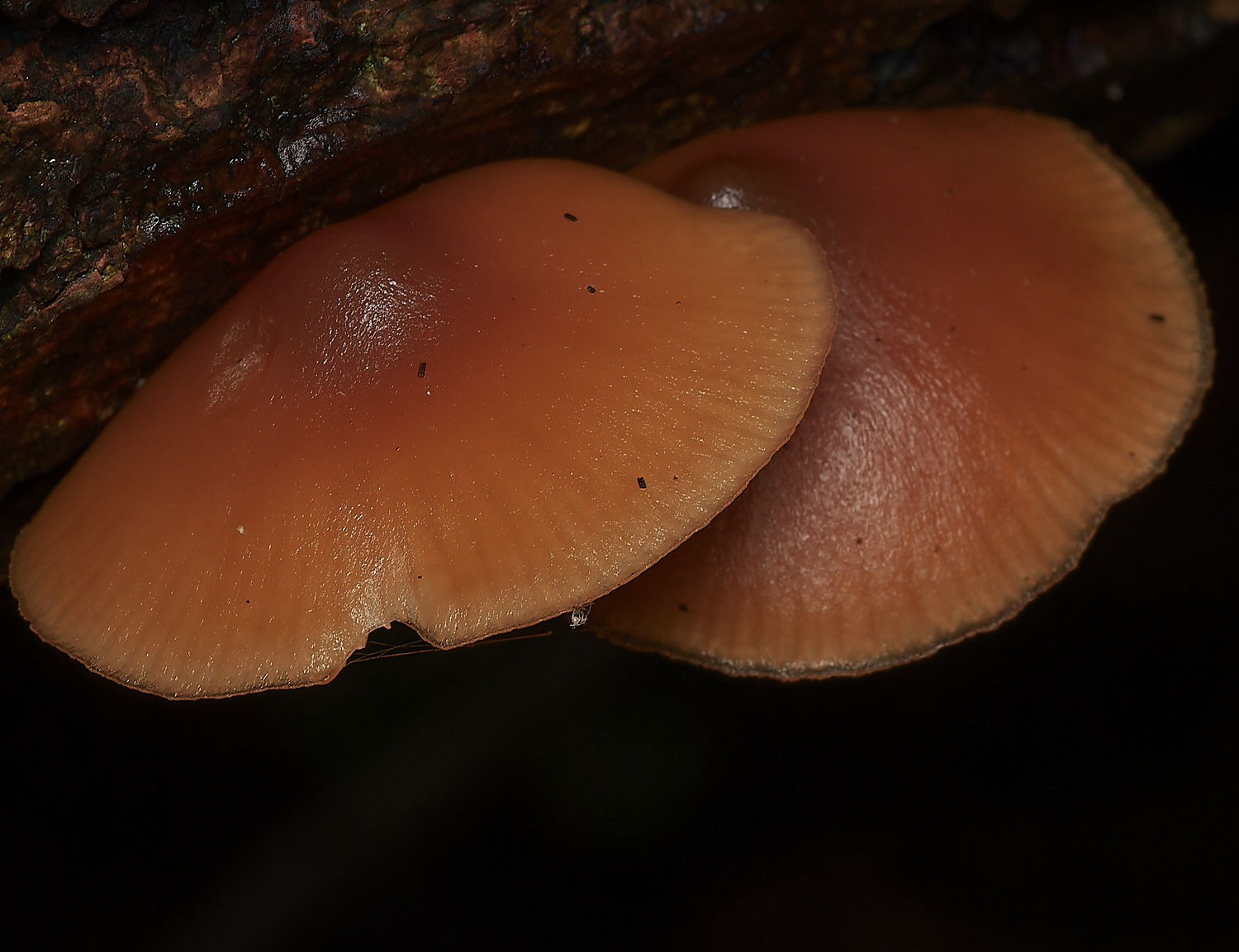
Velvet Shank (Flammulimna velutipes)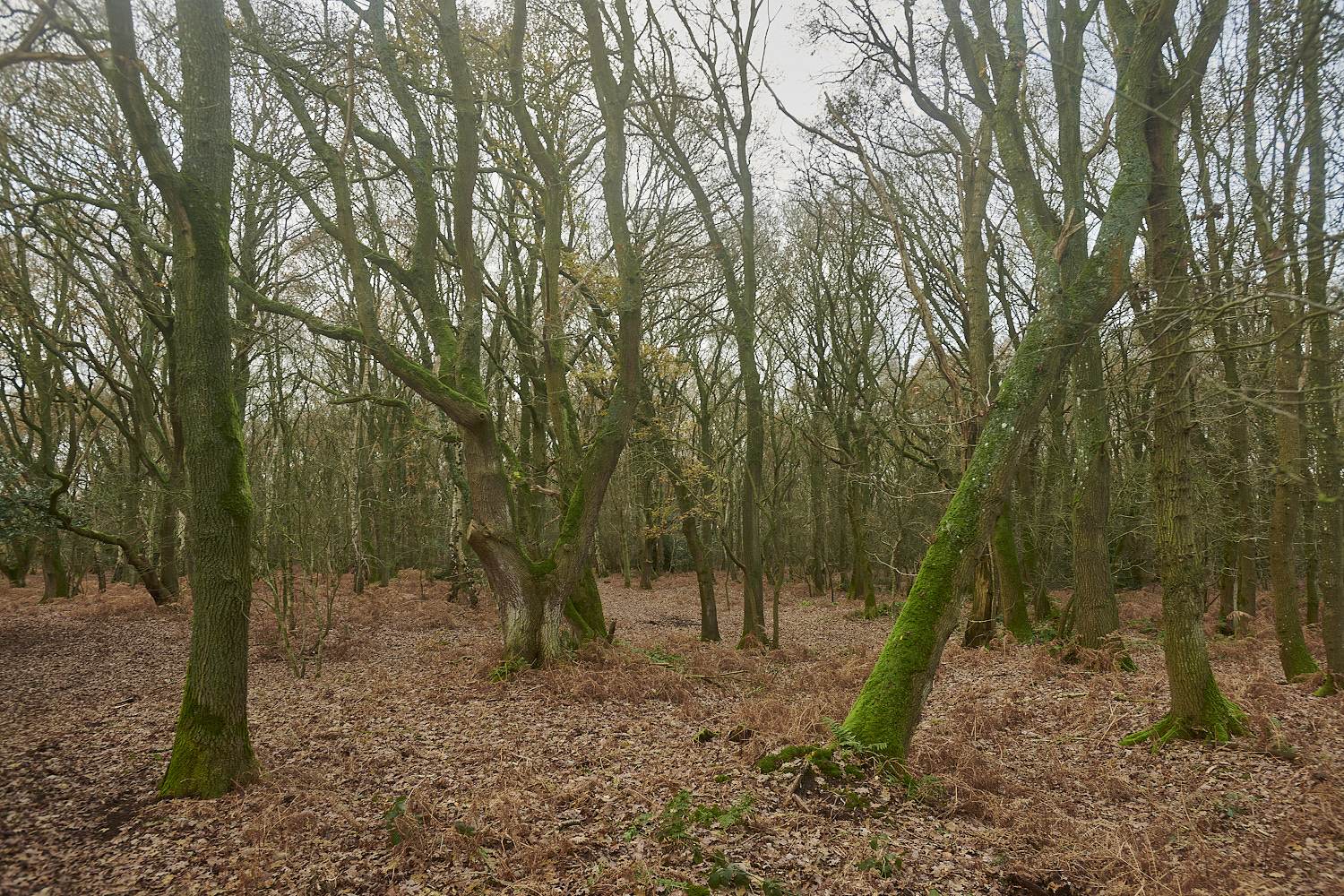

A rather fine buttressed Oak (Quercus robur)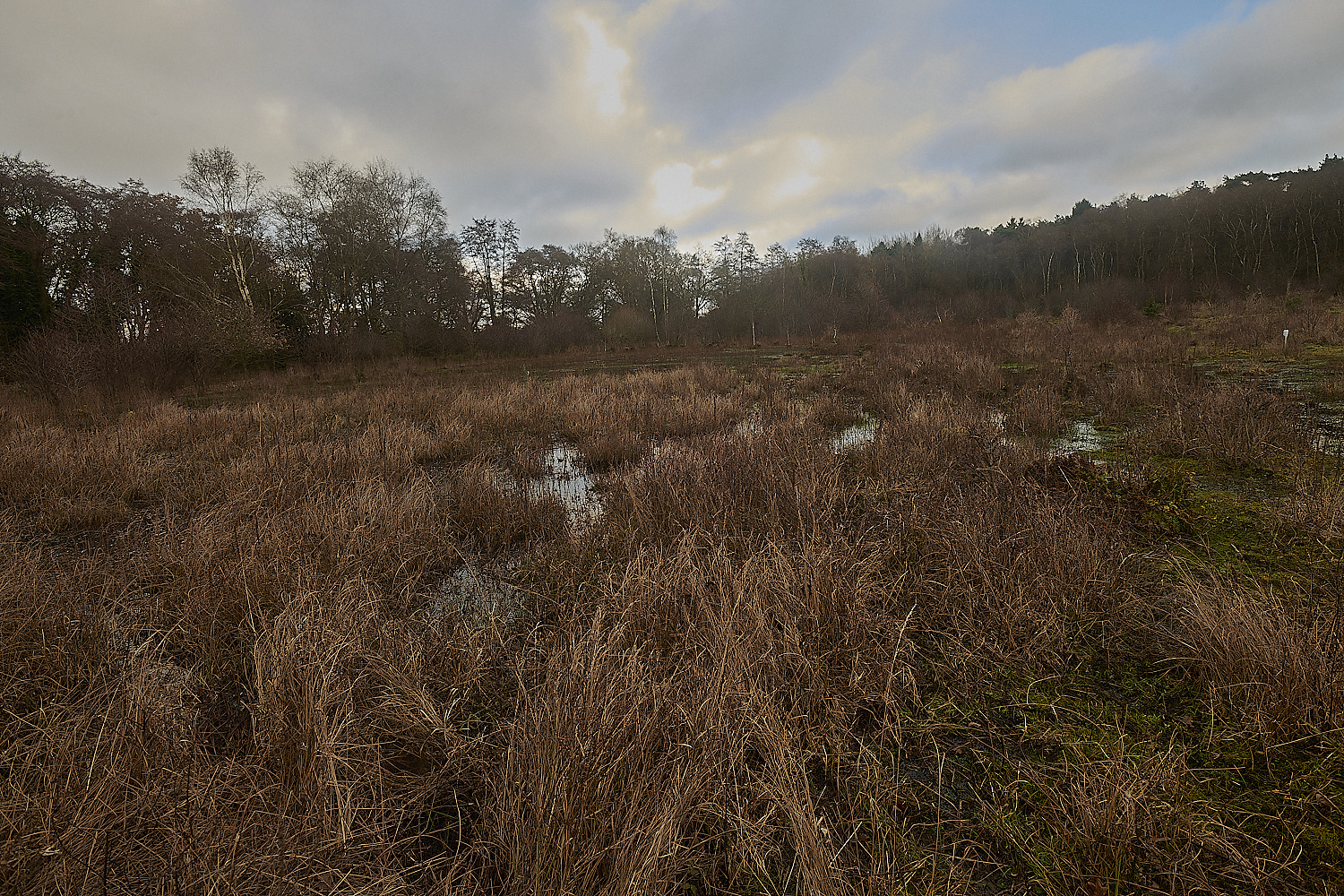


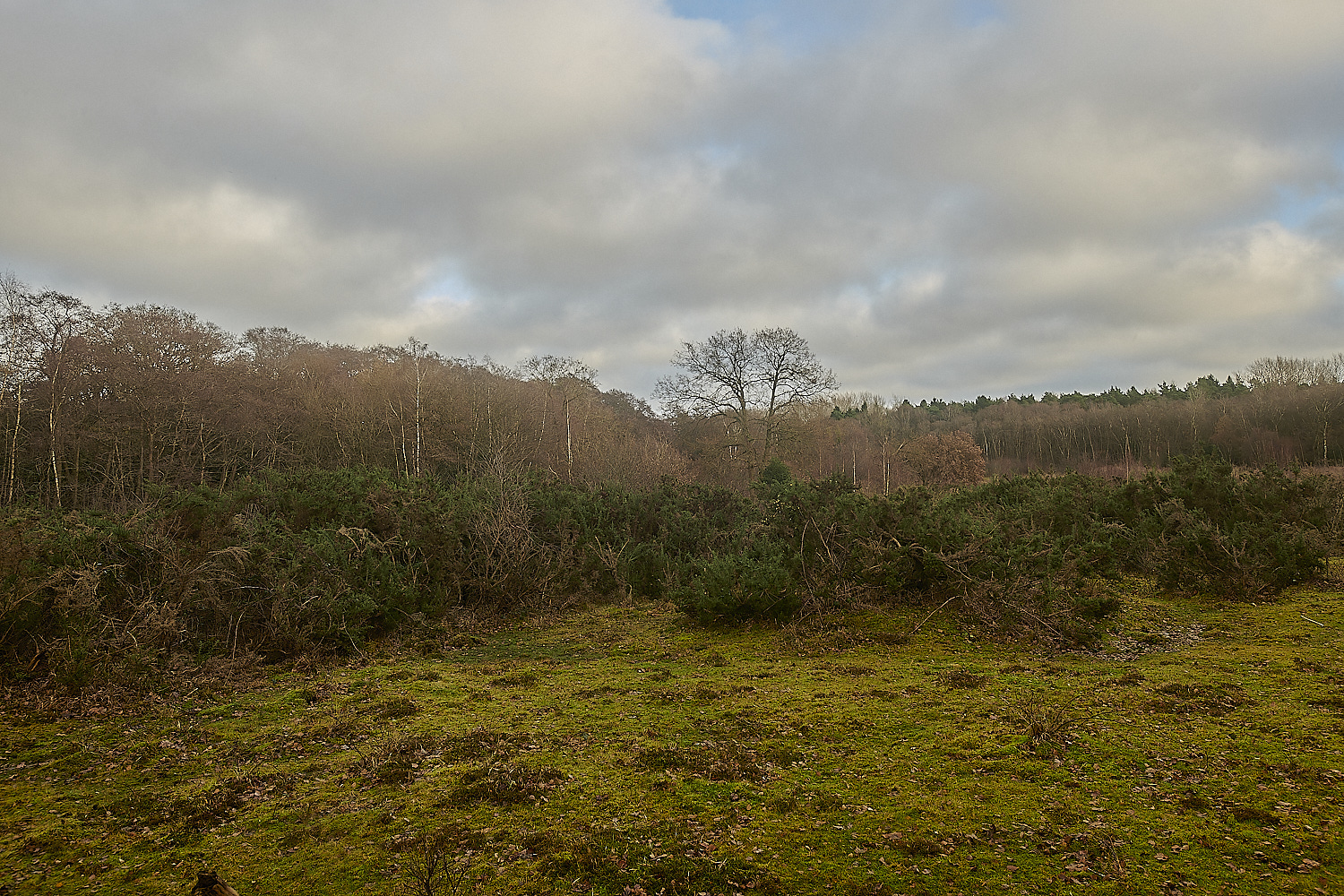
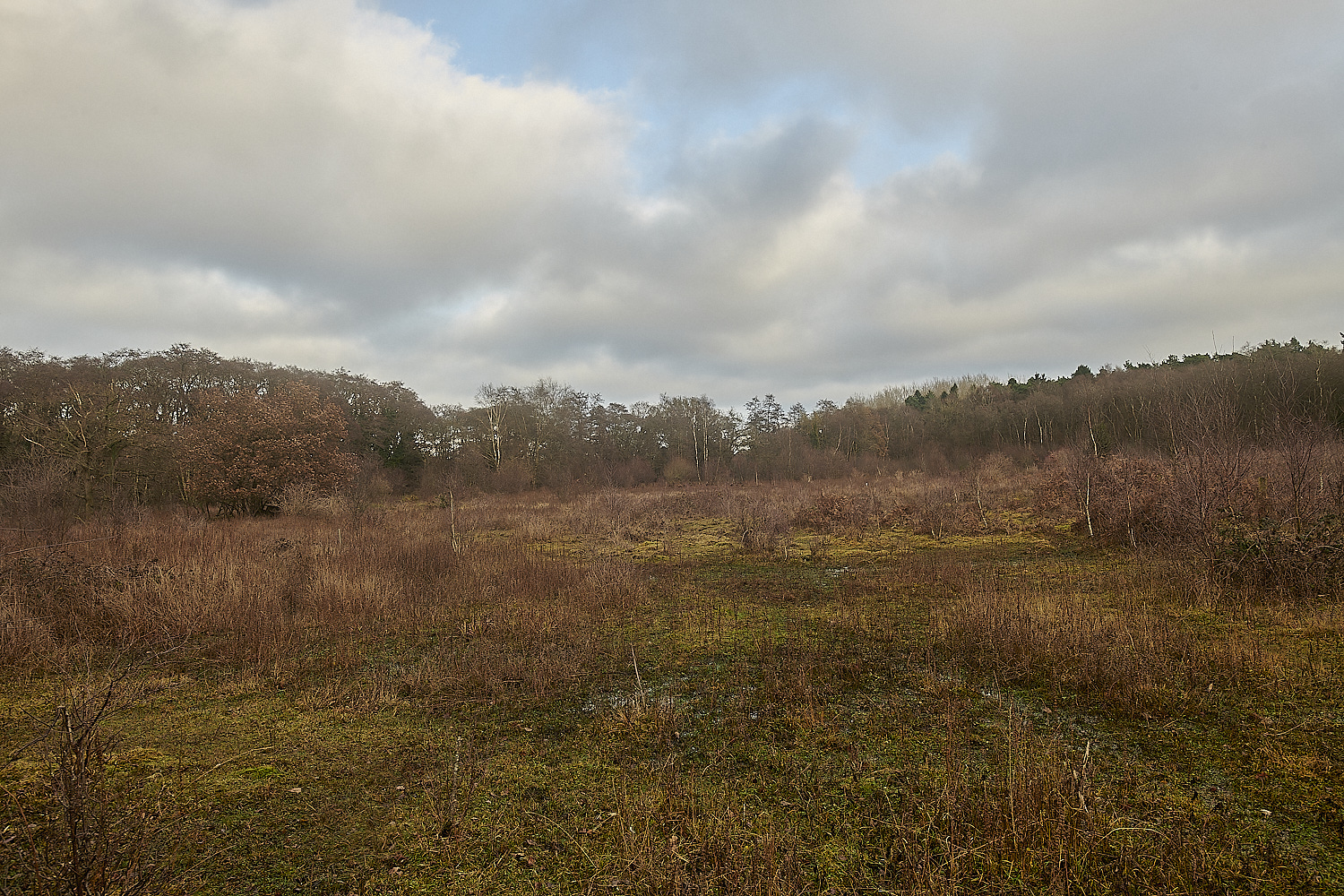
Images of the mire at Upgate Common
St Peter & Paul Sustead
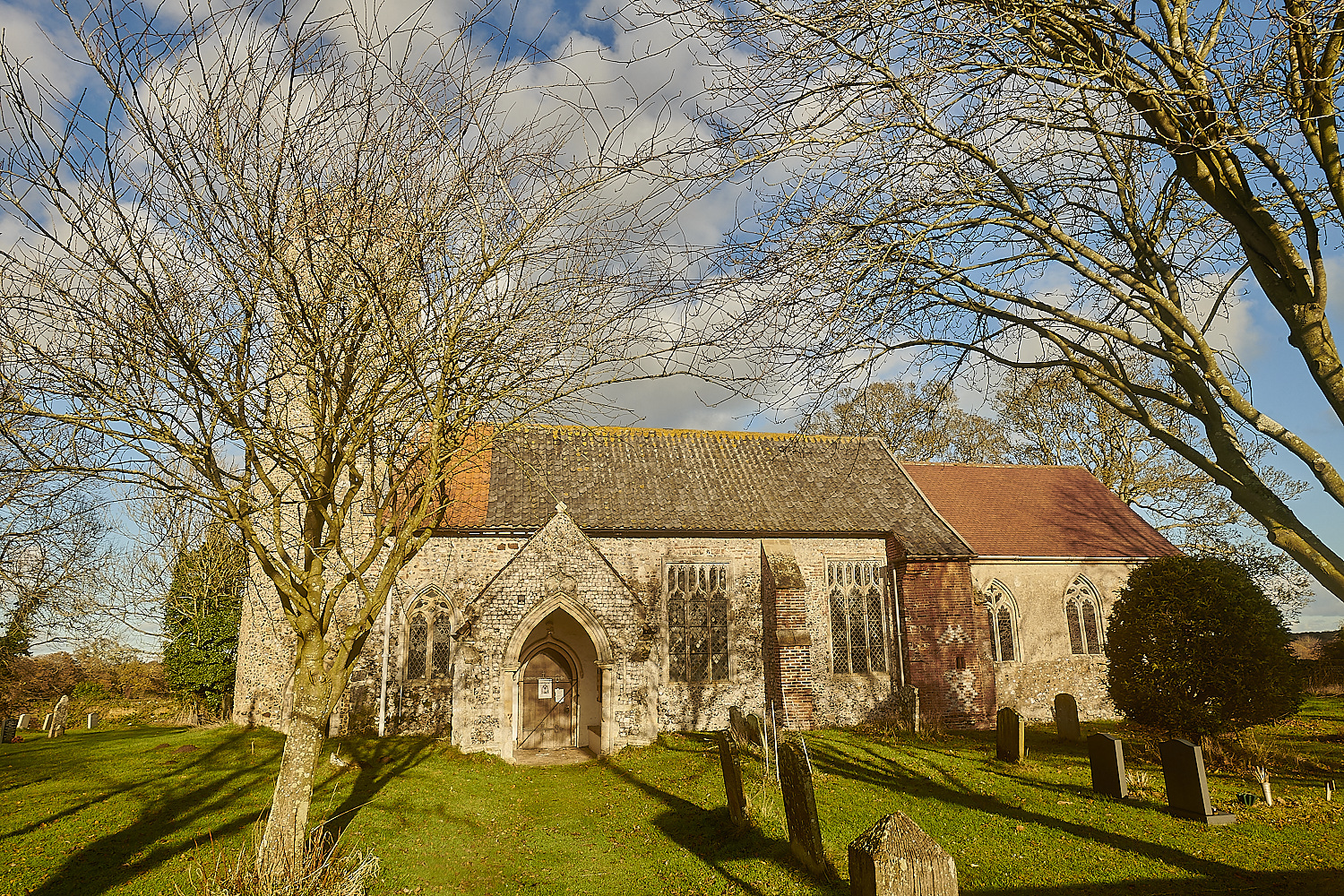
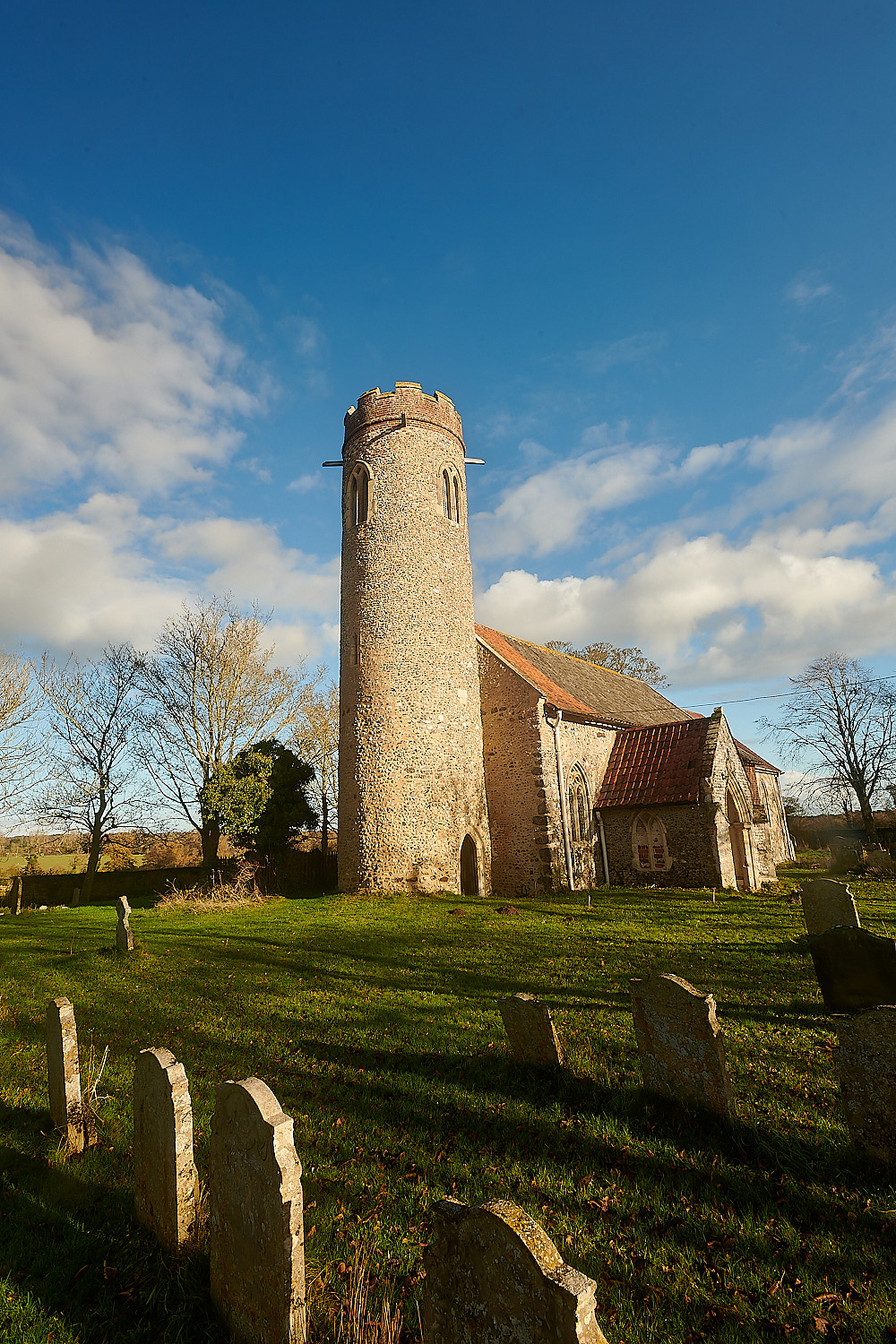
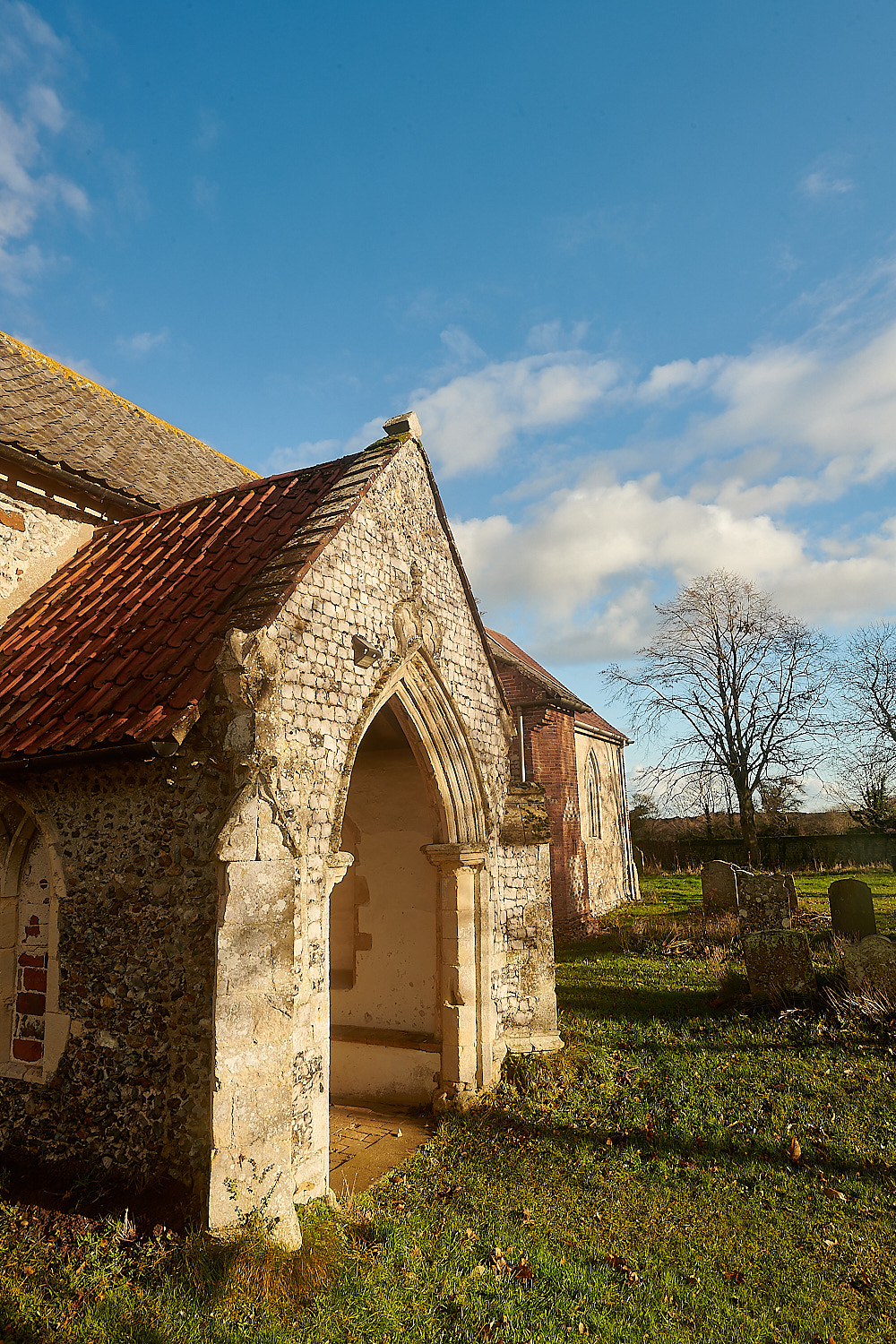
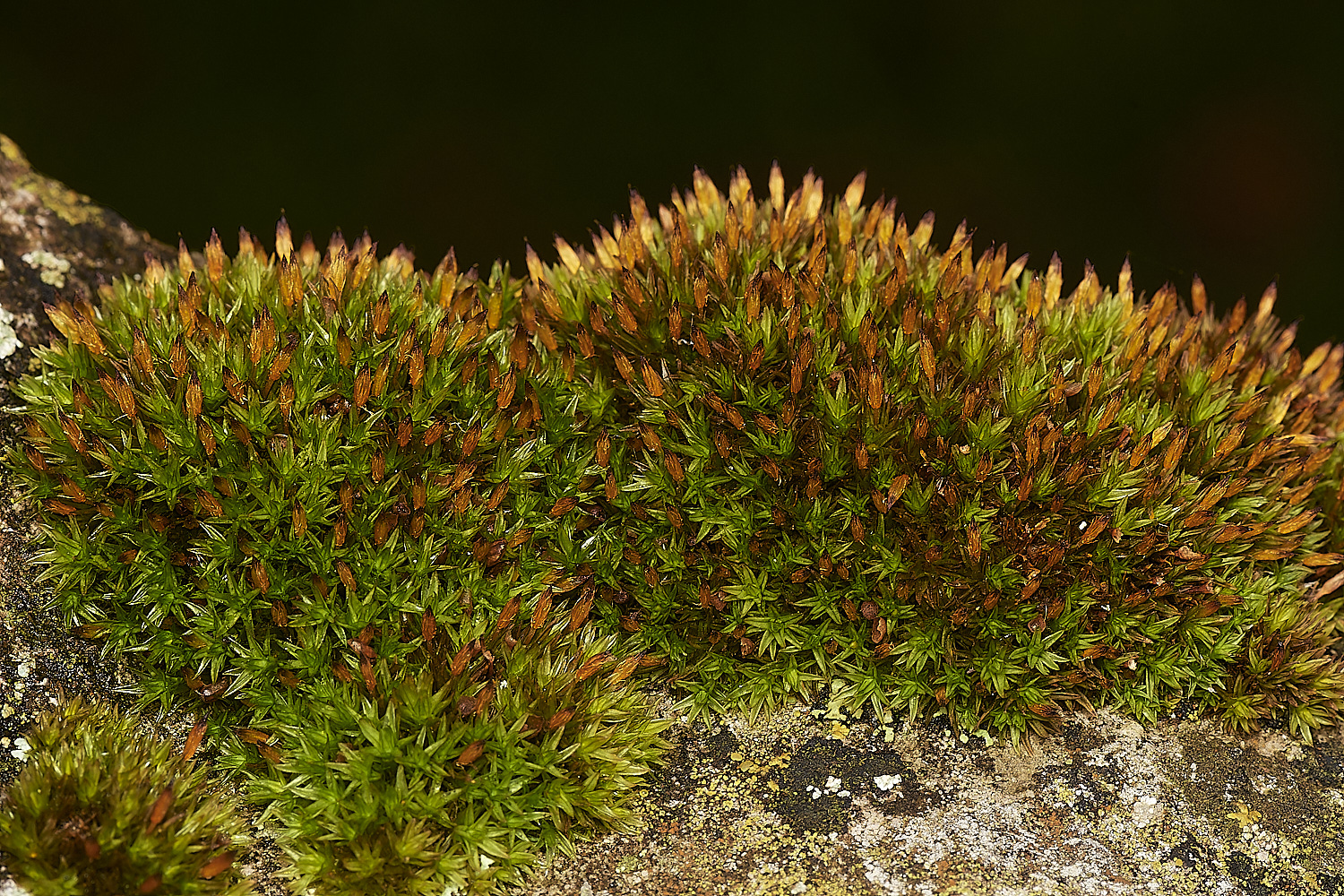
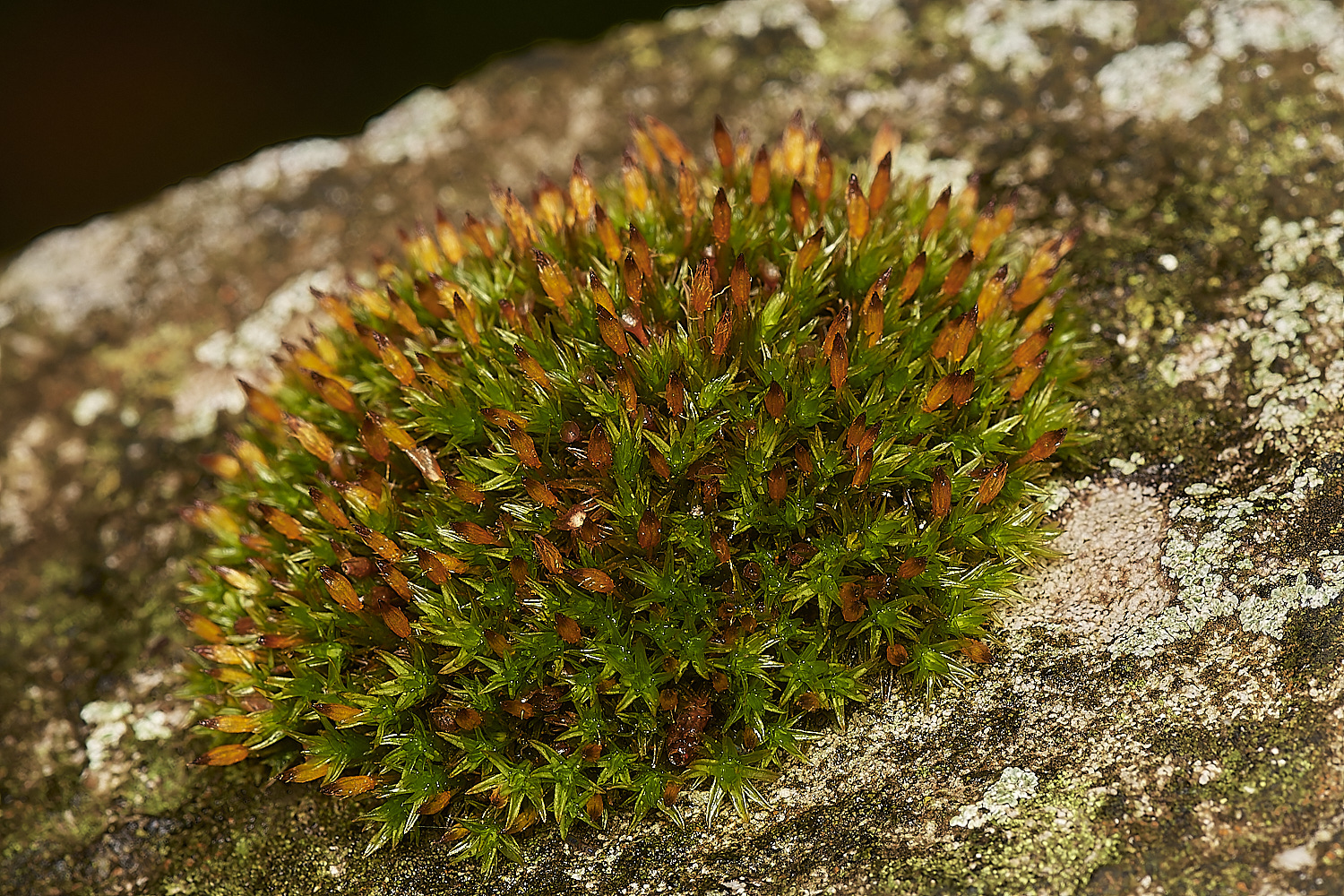
Anomalous Bristle-moss (Orthotrichum anomalum)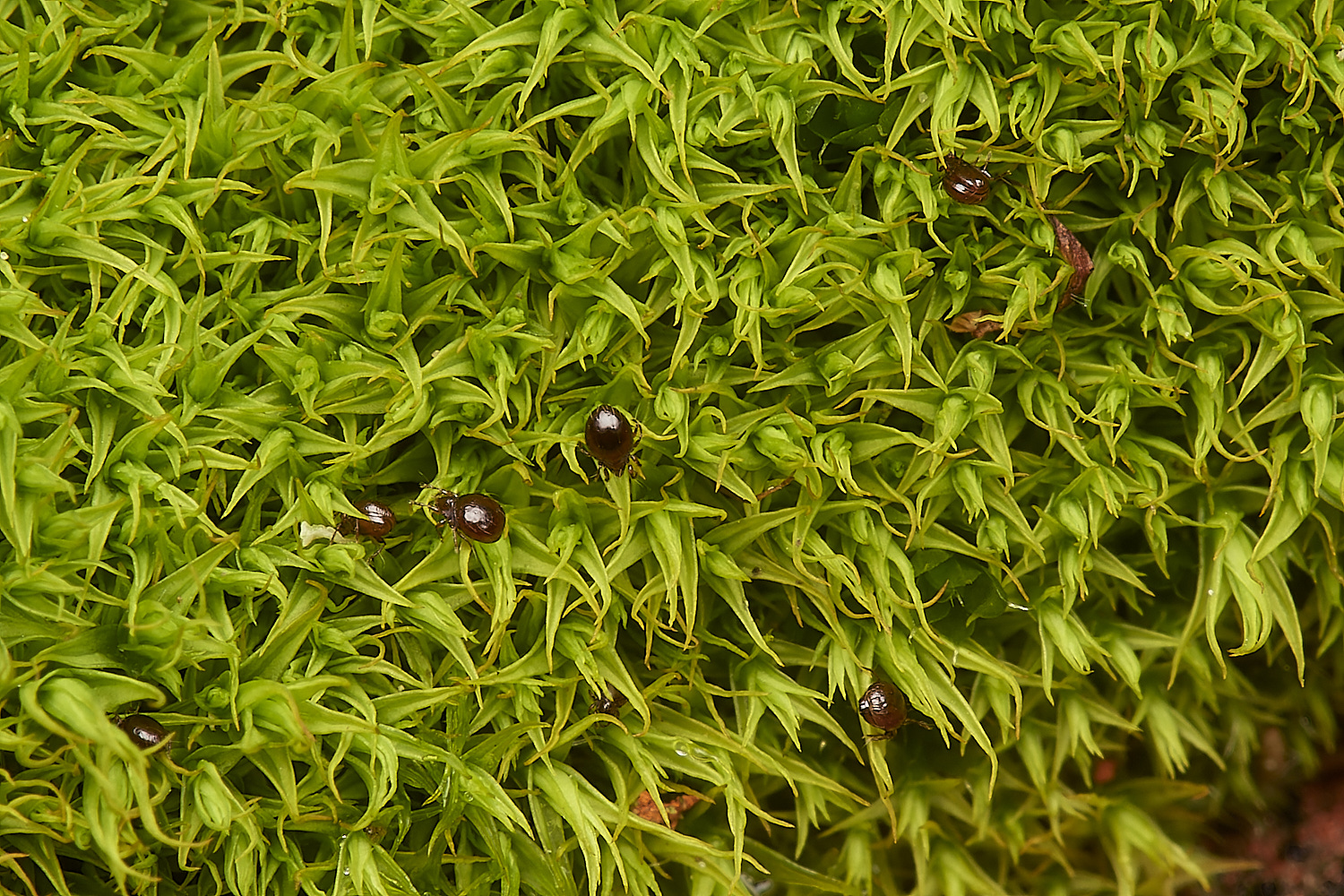
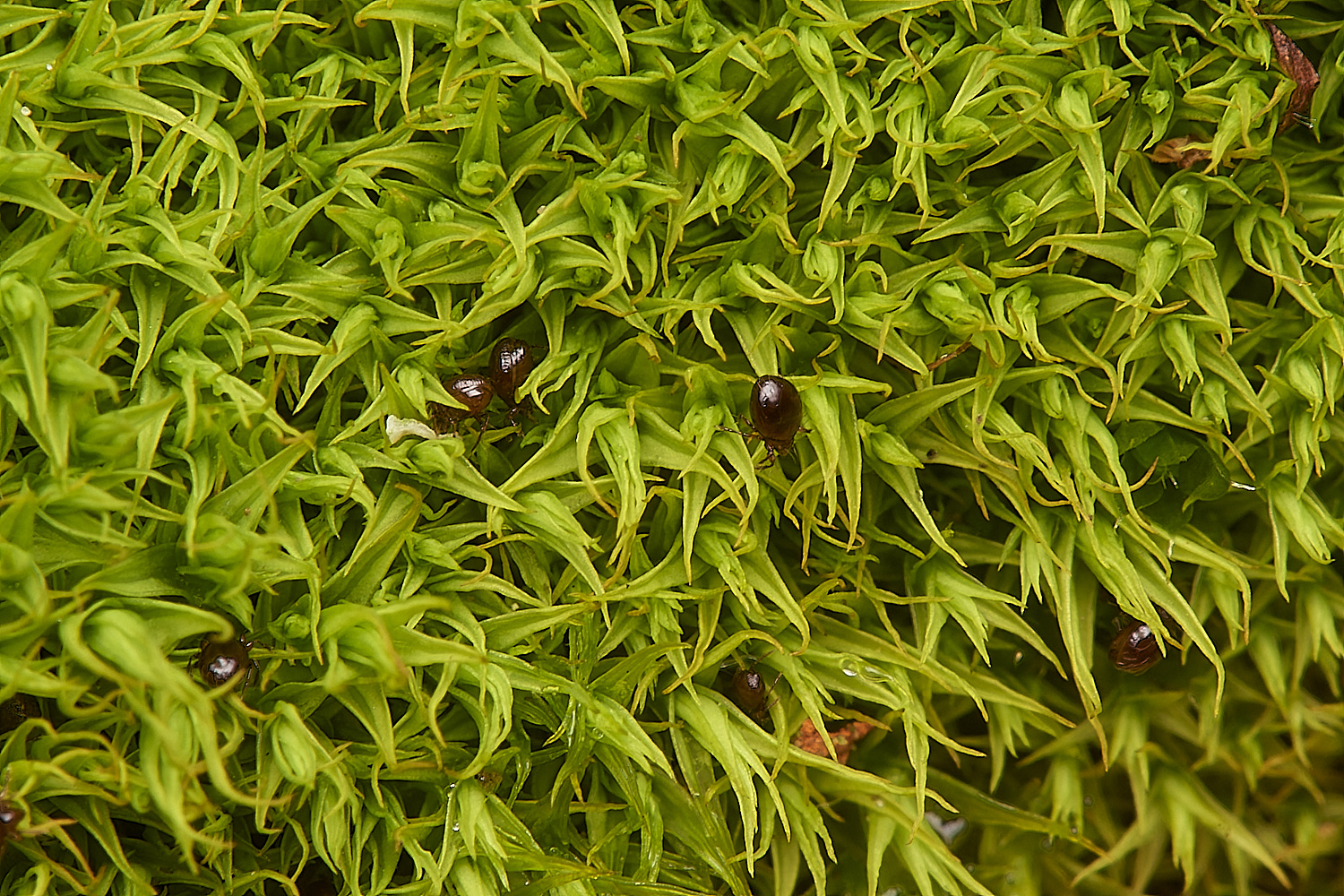
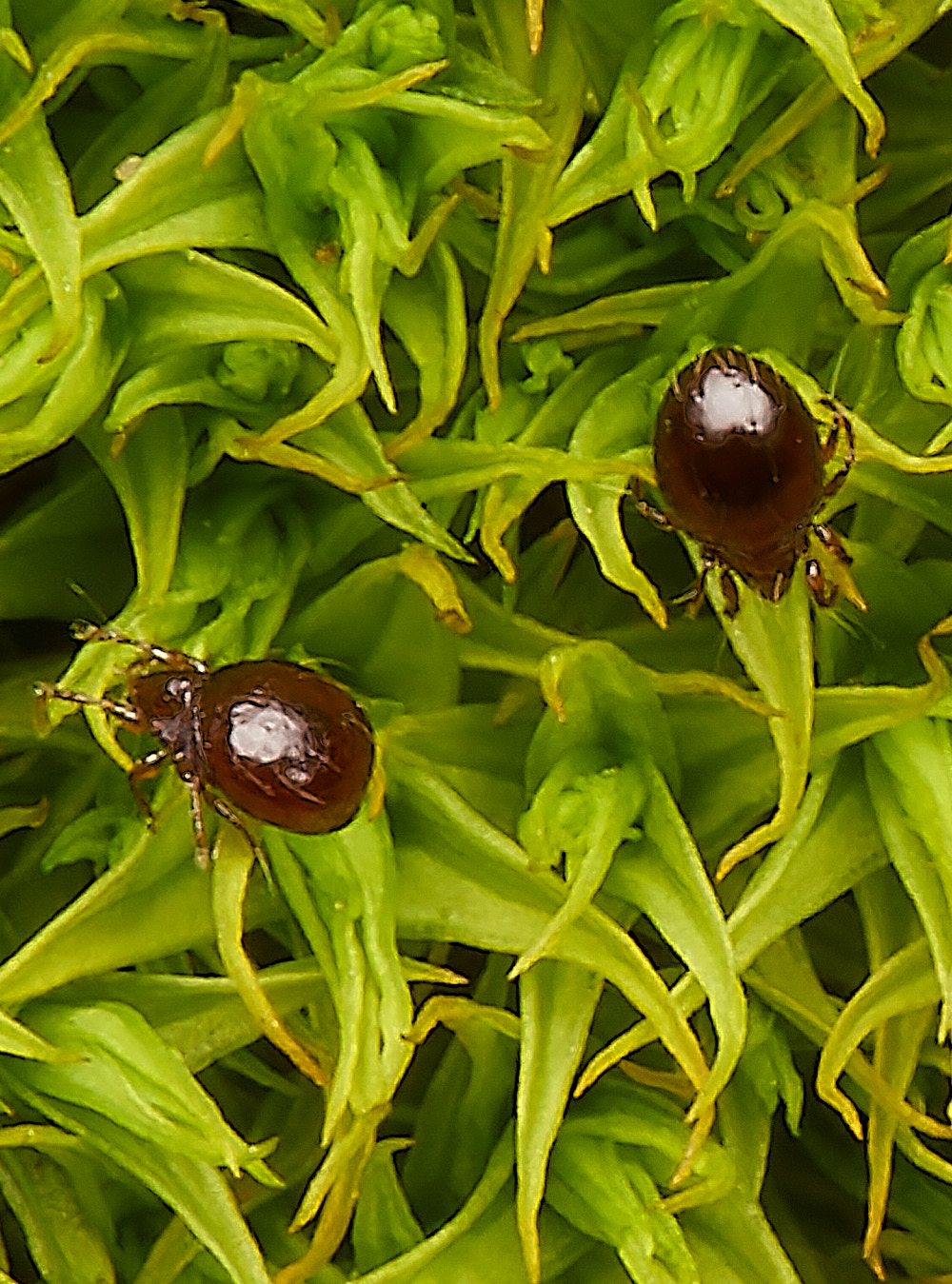
Large colonies of Soft-tufted beard-moss (Didymodon vinealis) on the wall
complete with
Globular Springtail Sp? 
White-tipped Bristle-moss (Orthotrichum diaphanum)
Growing on the wall and on the trees just outside the wall.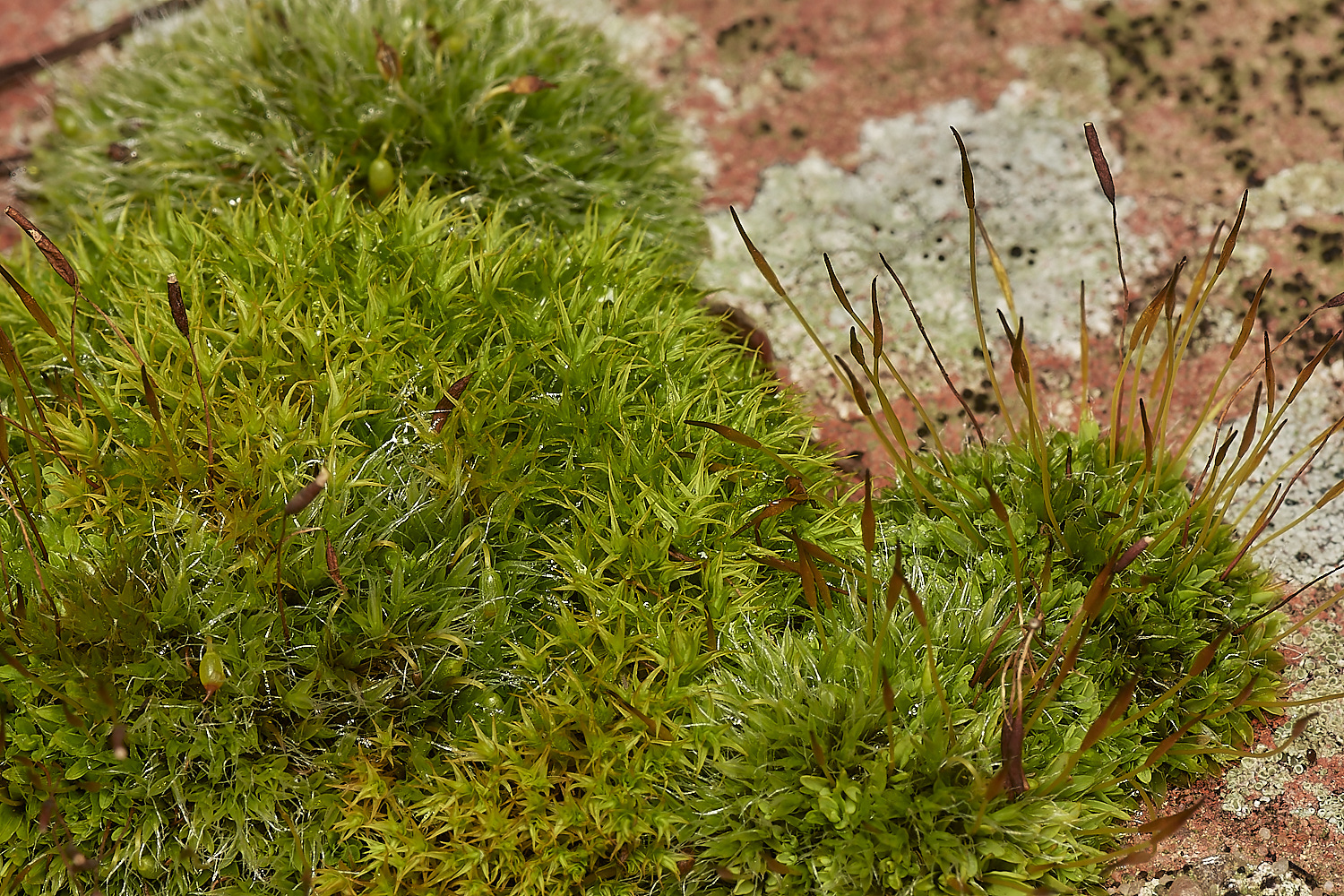
A nice mixture of Wall Screw-moss (Tortula muralis), Soft-tufted Beard-moss (Didymodon vinealis) & Grey-cushioned grimmia (Grimmia pulvinata)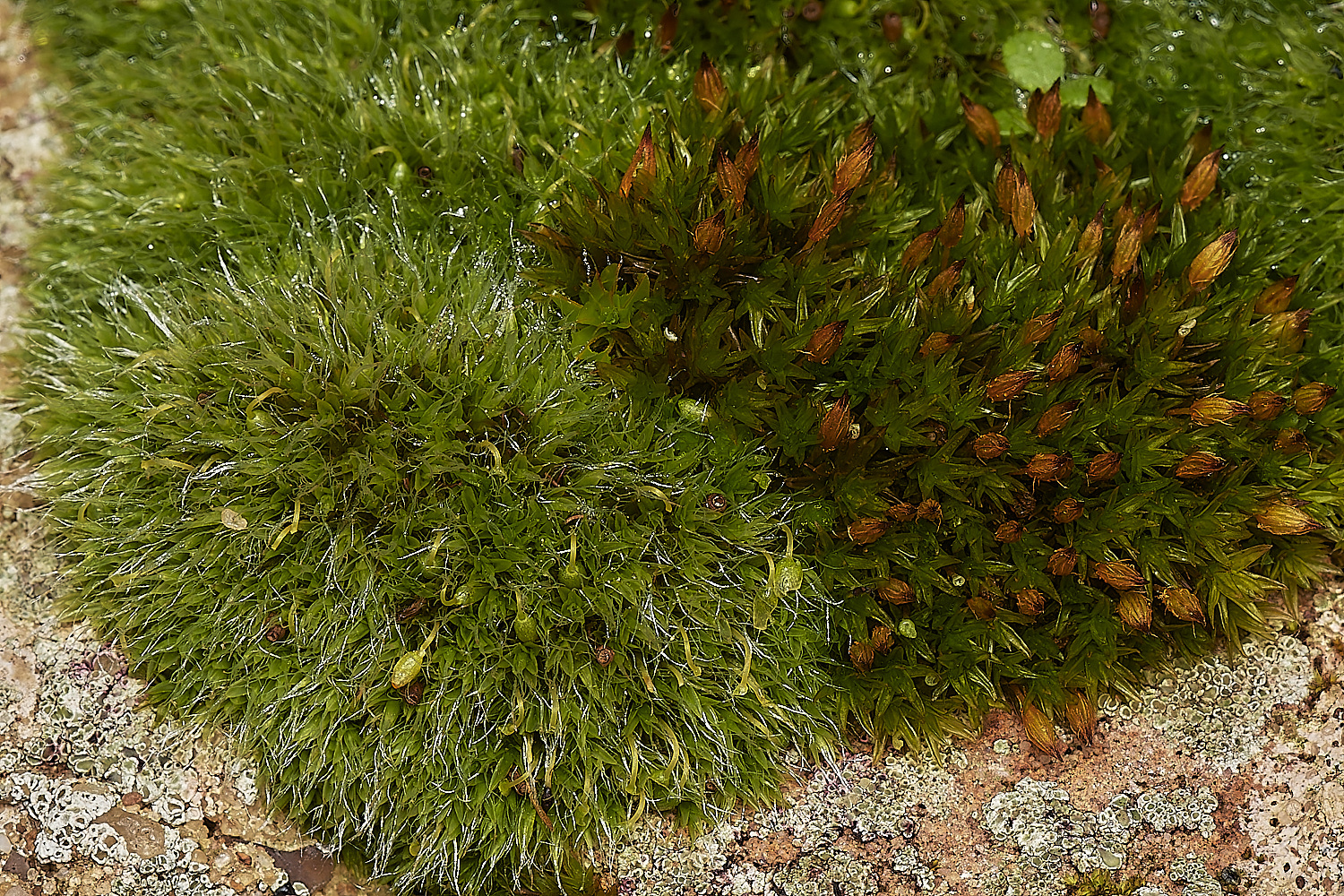
Grey-cushioned Grimmia (Grimmia pulvinata) & Anomalous bristle-moss (Orthotrichum anomalum)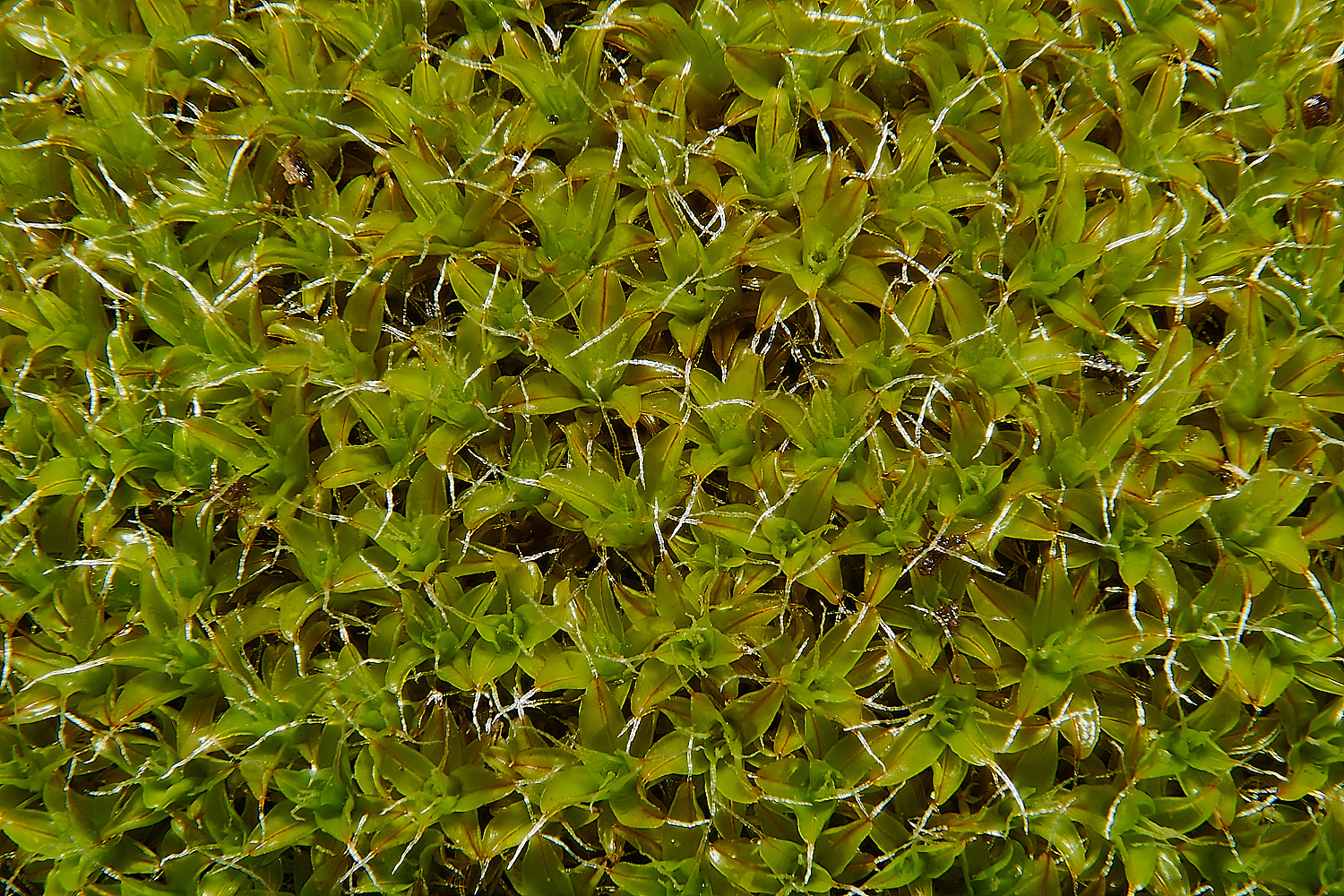

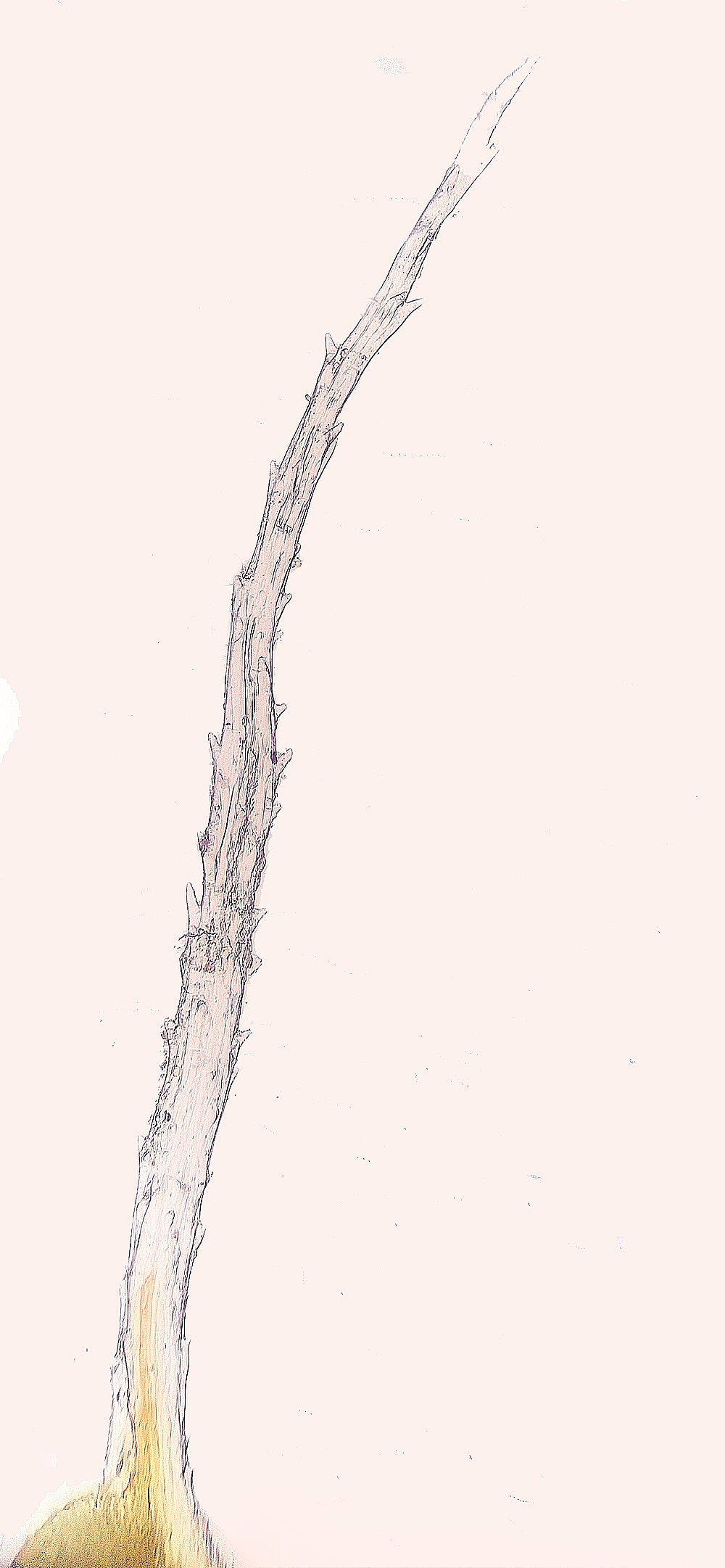
Intermediate Screw-moss (Syntrichia intermedia)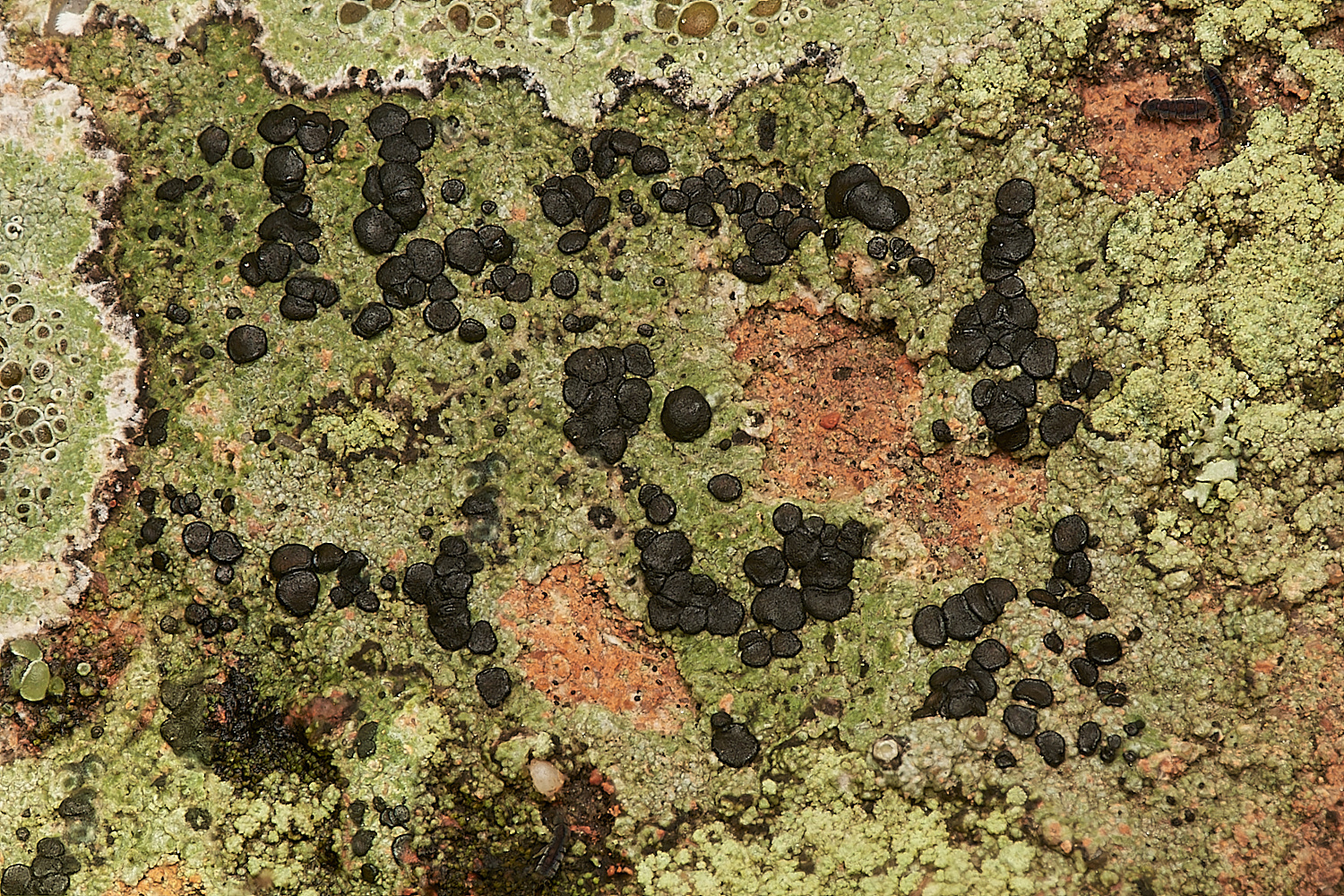
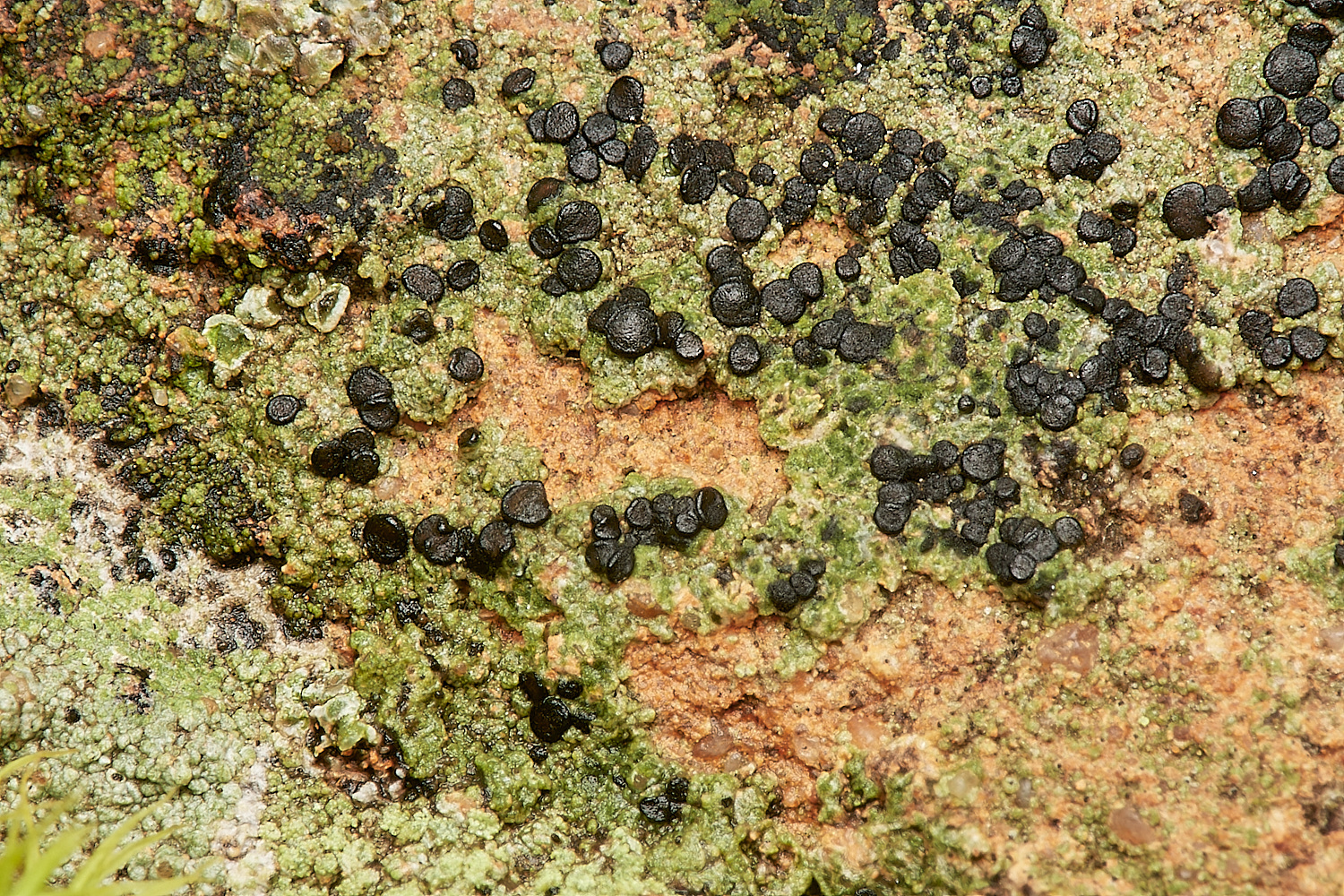
1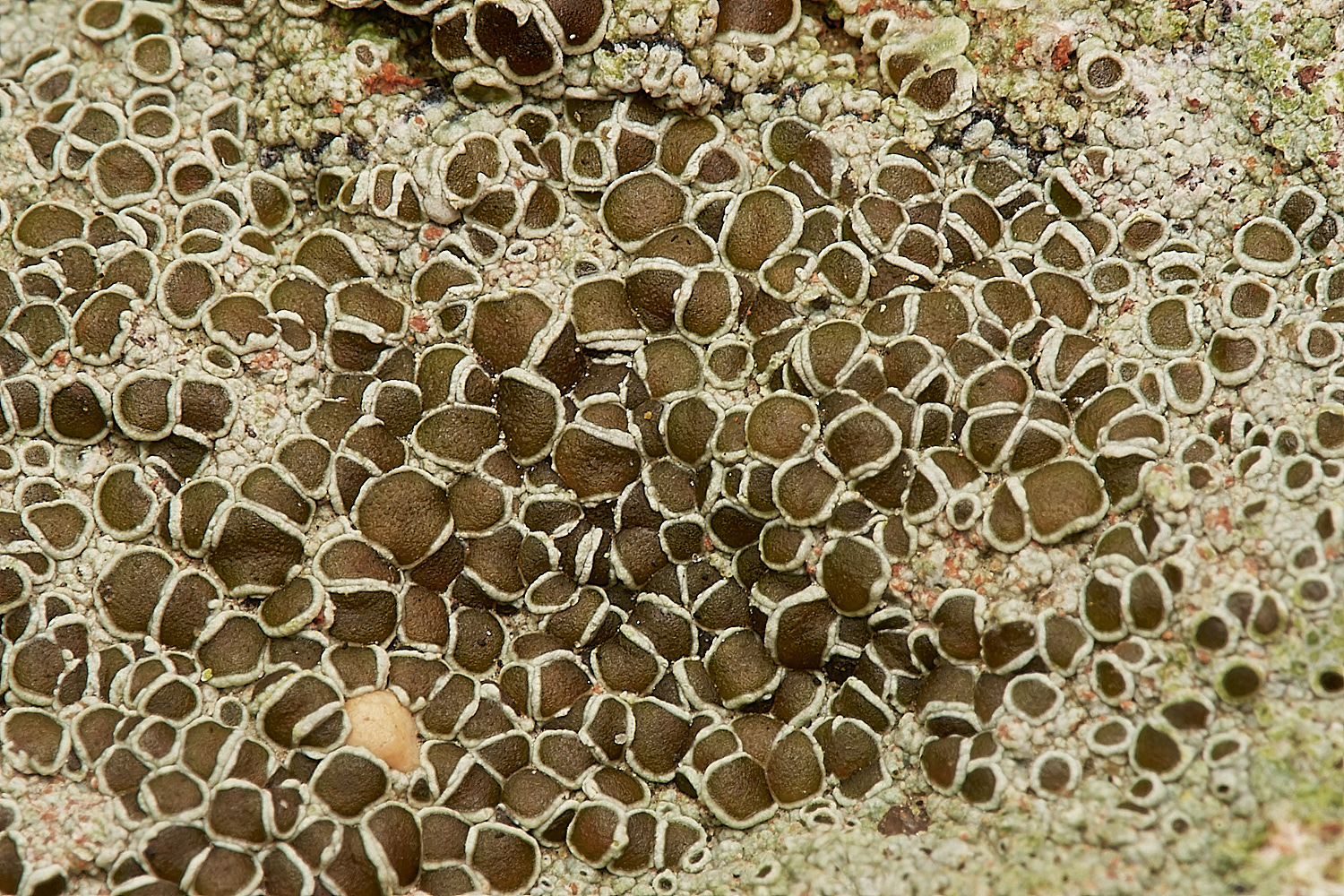
2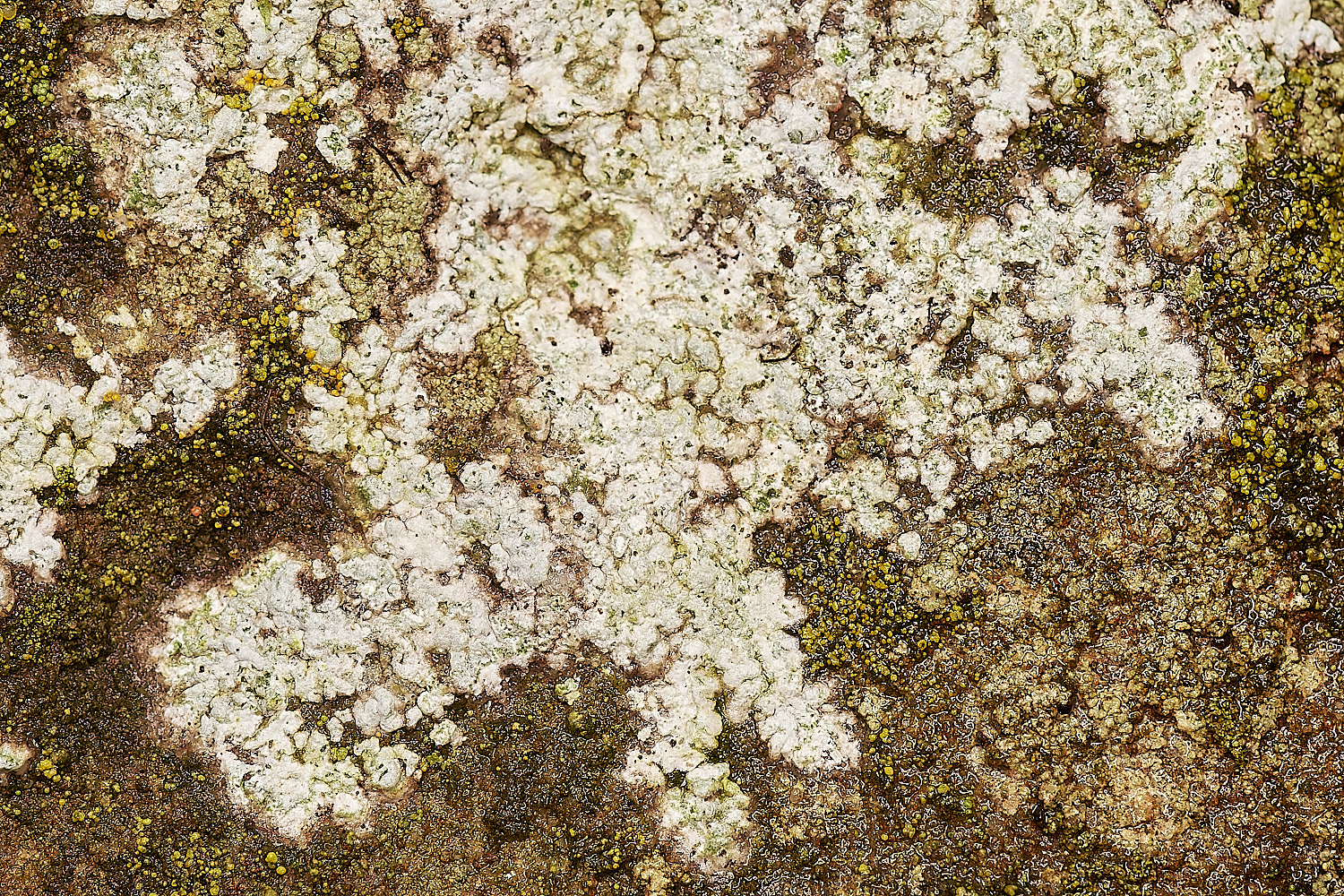
3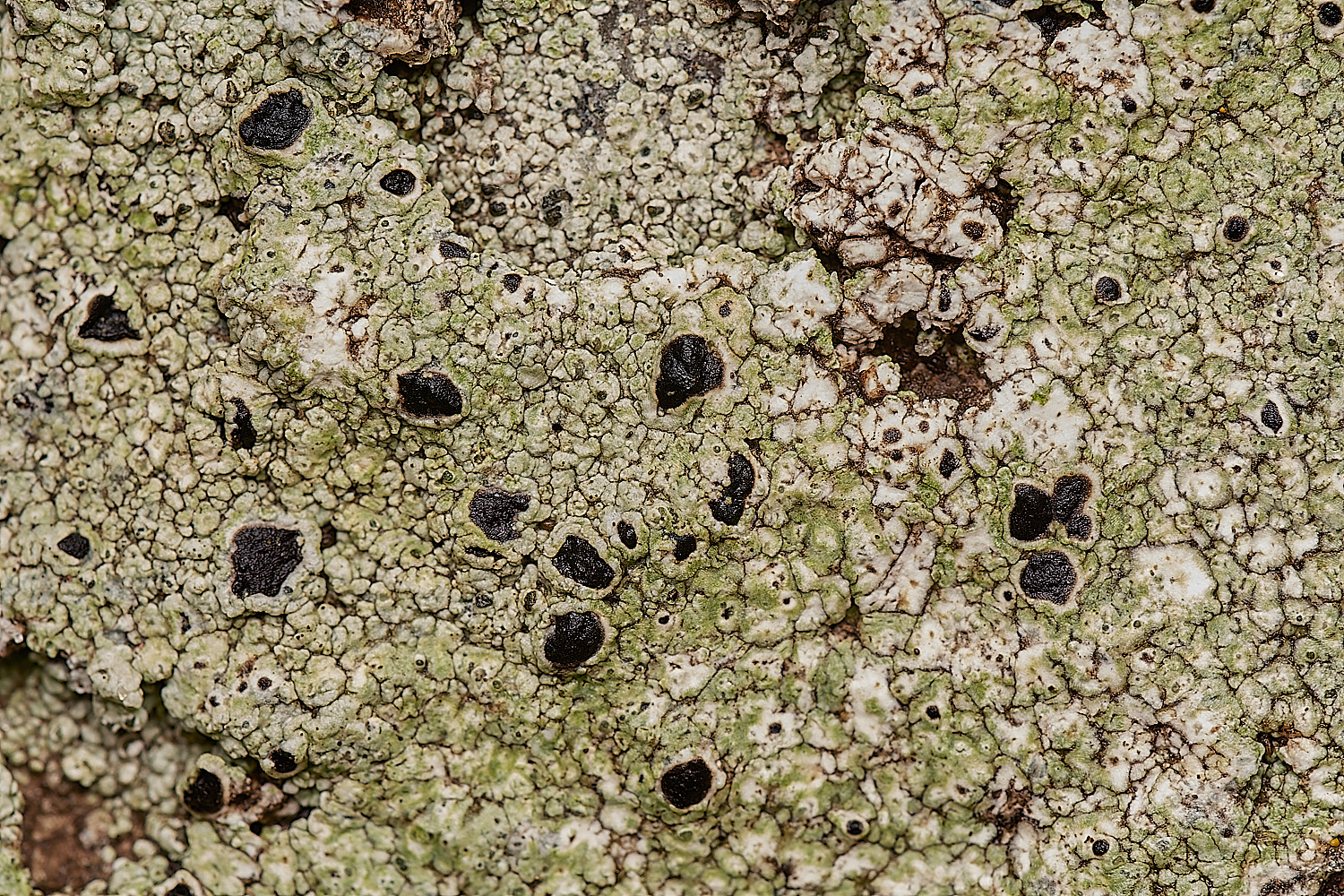
4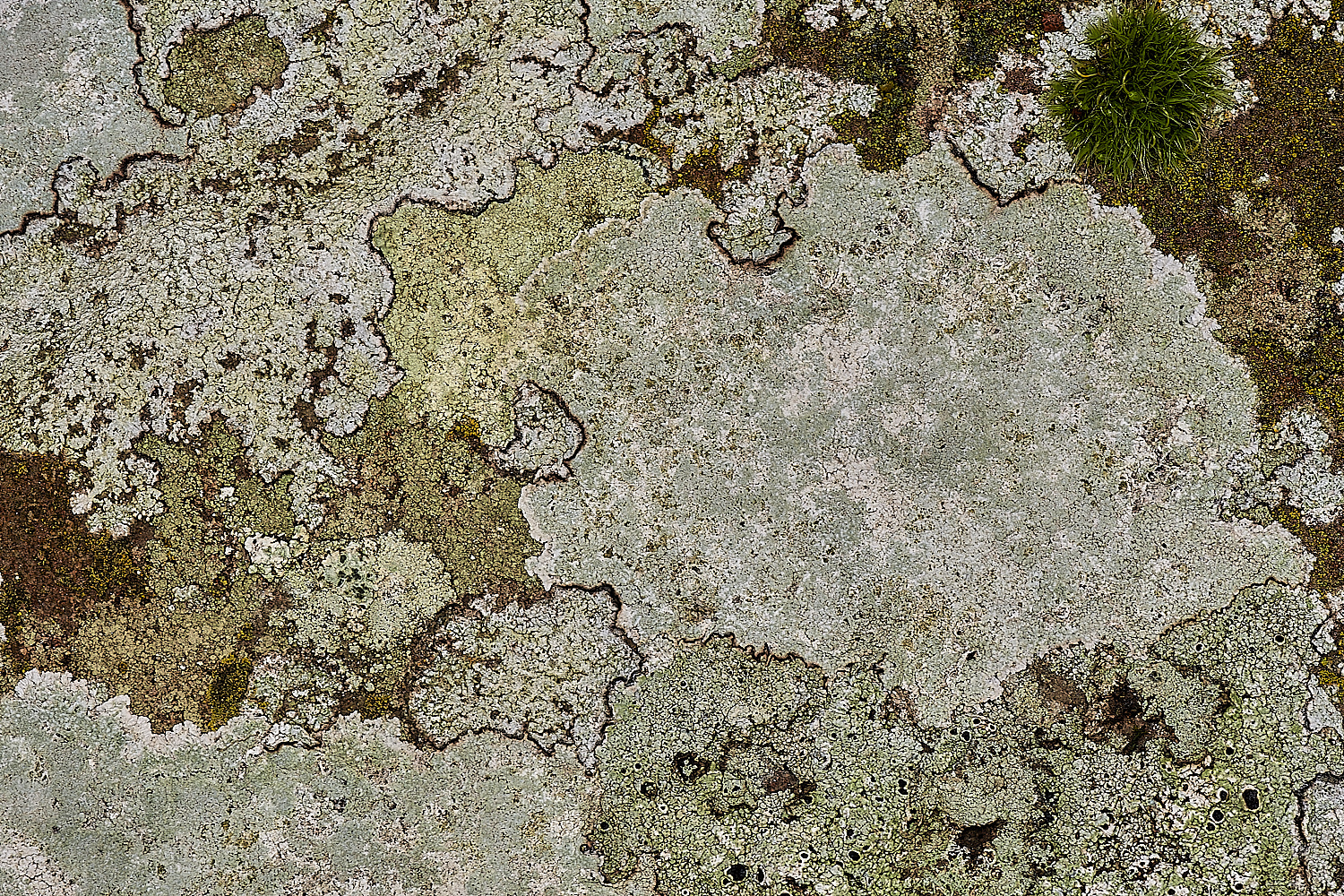
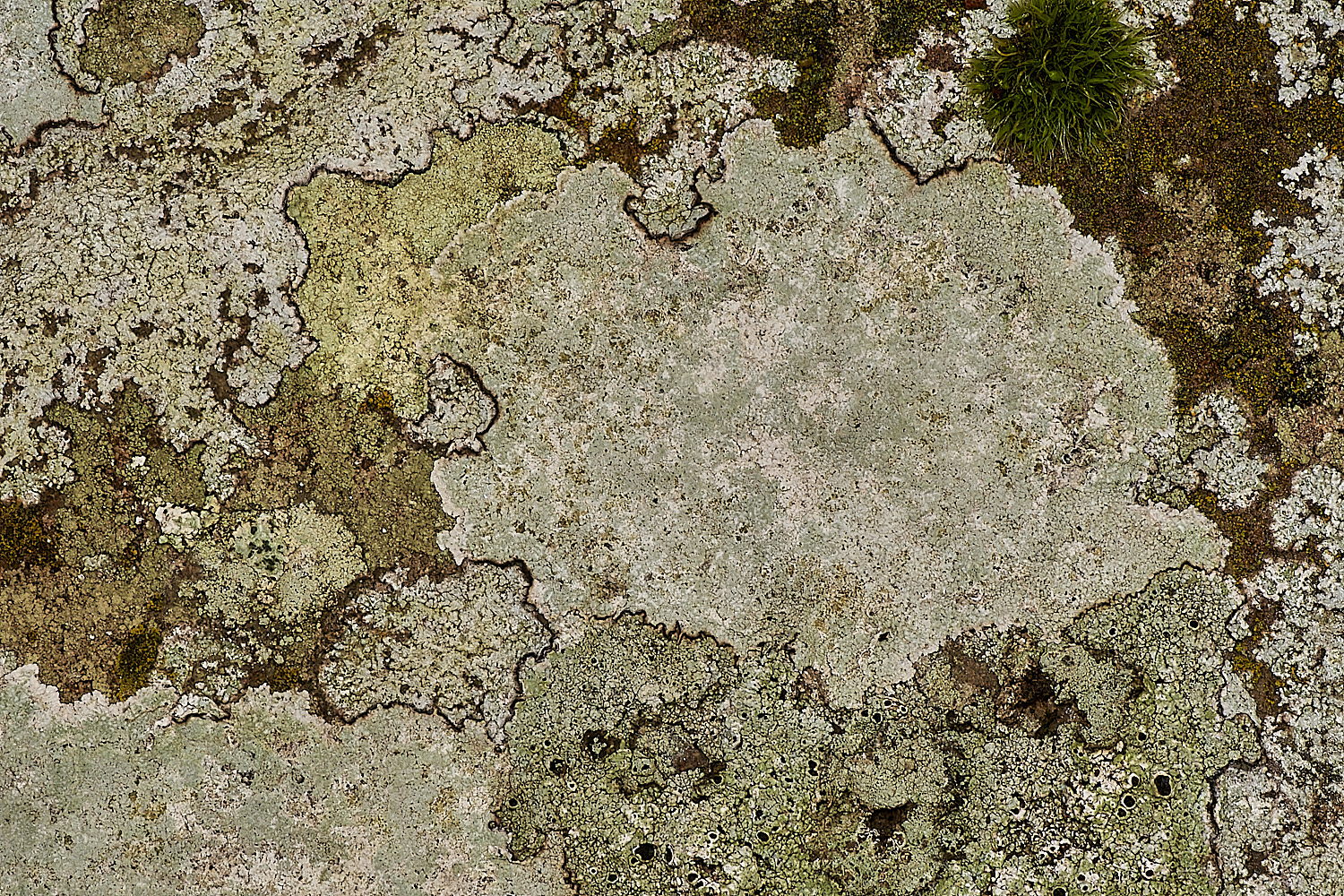
5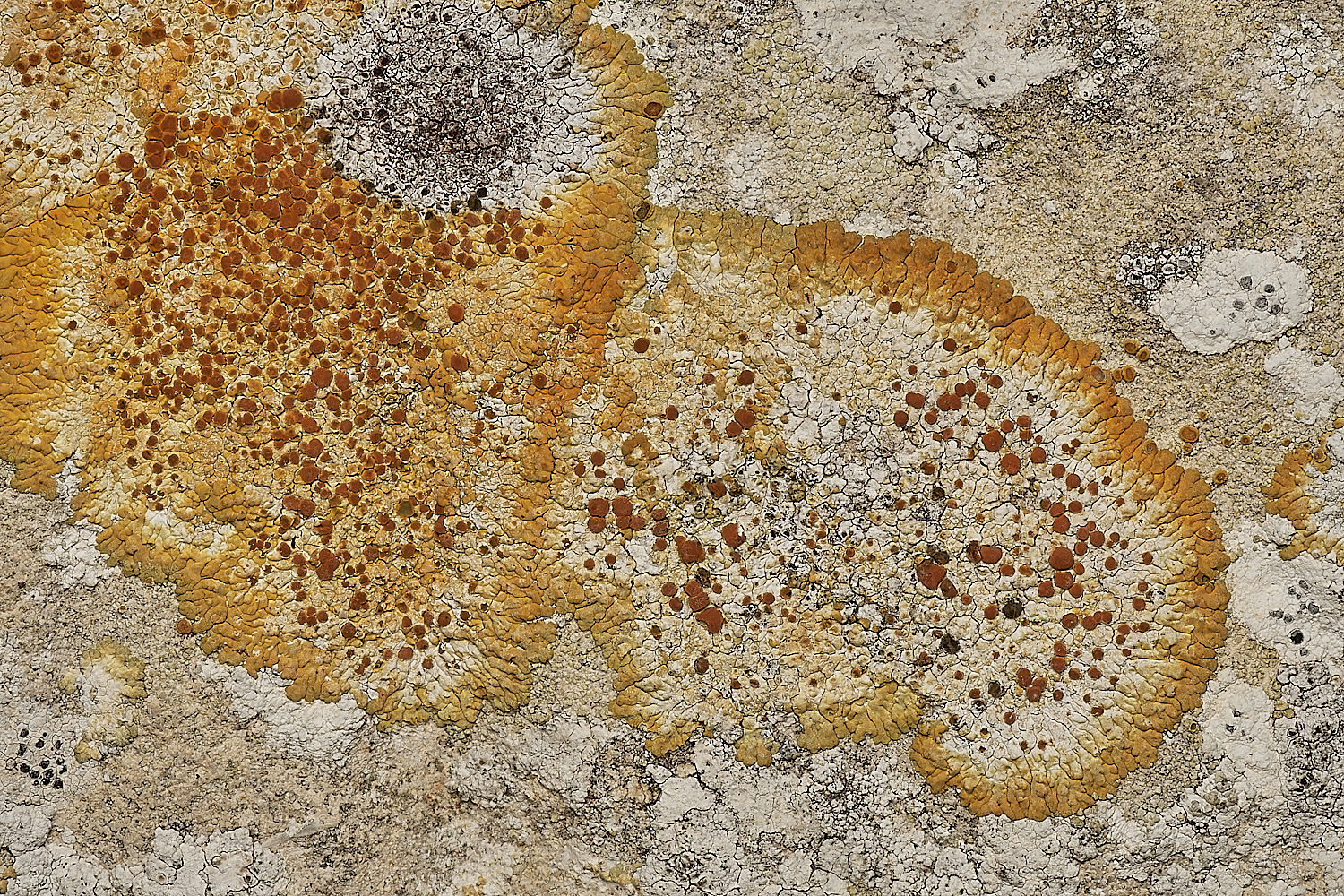
6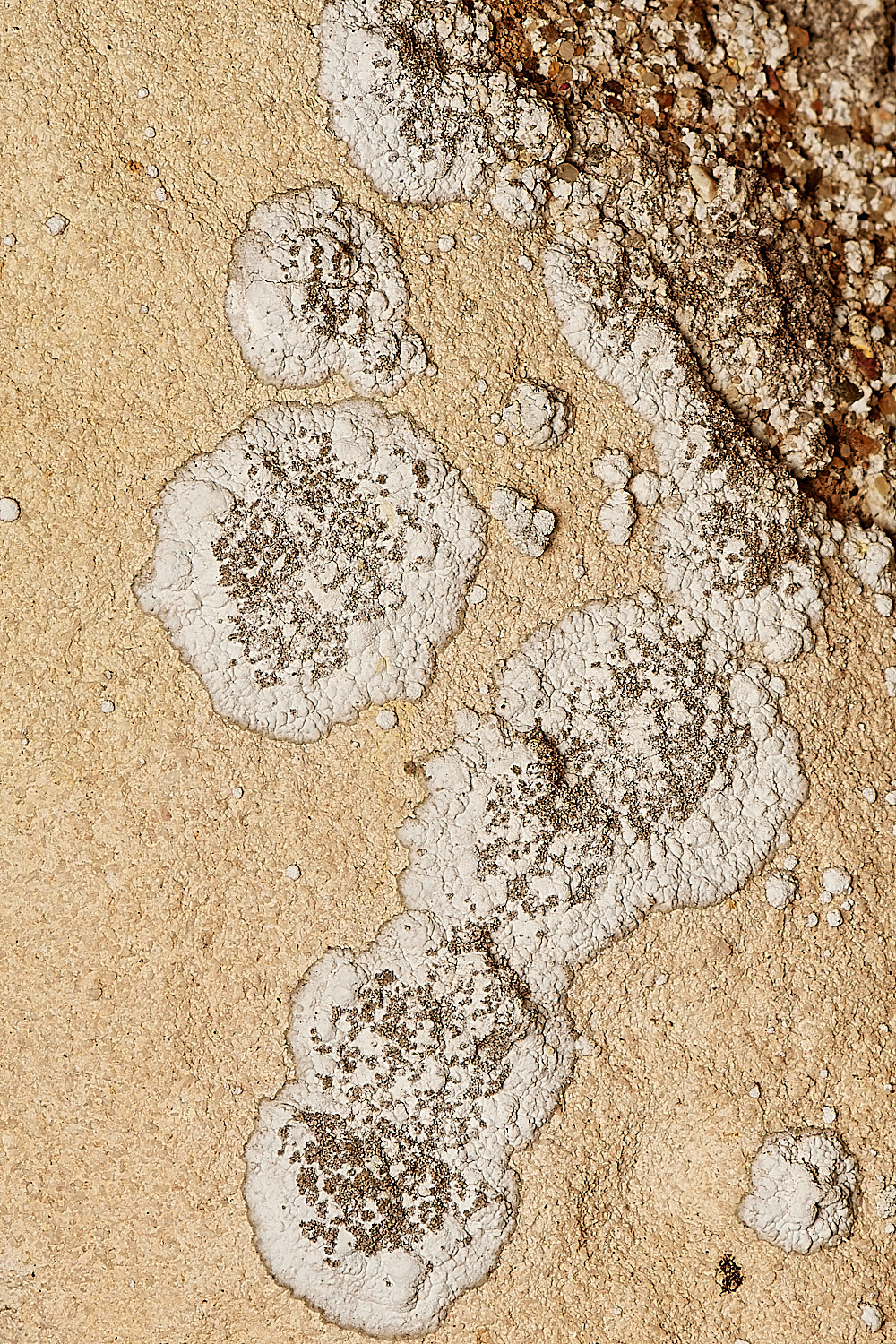

7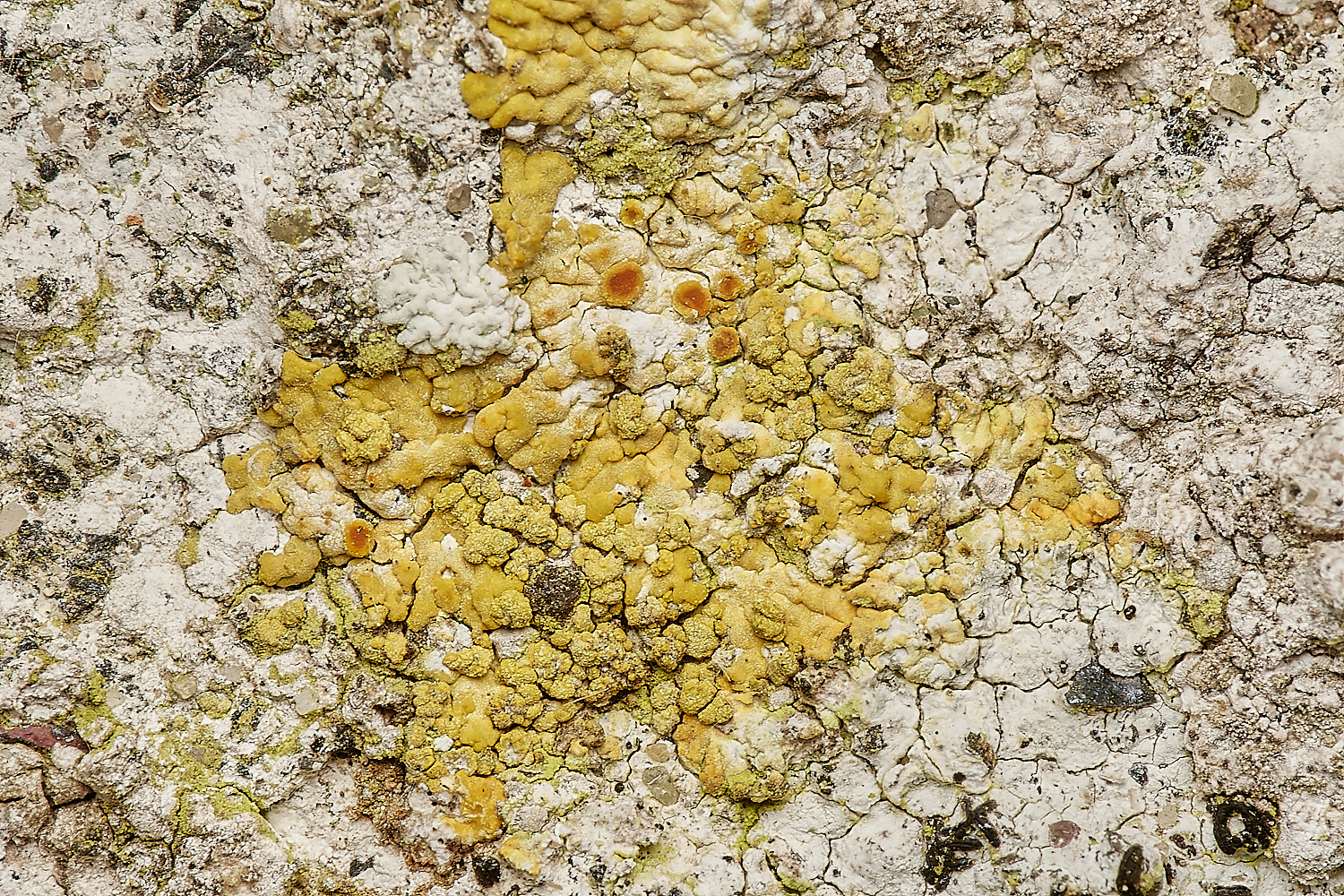
8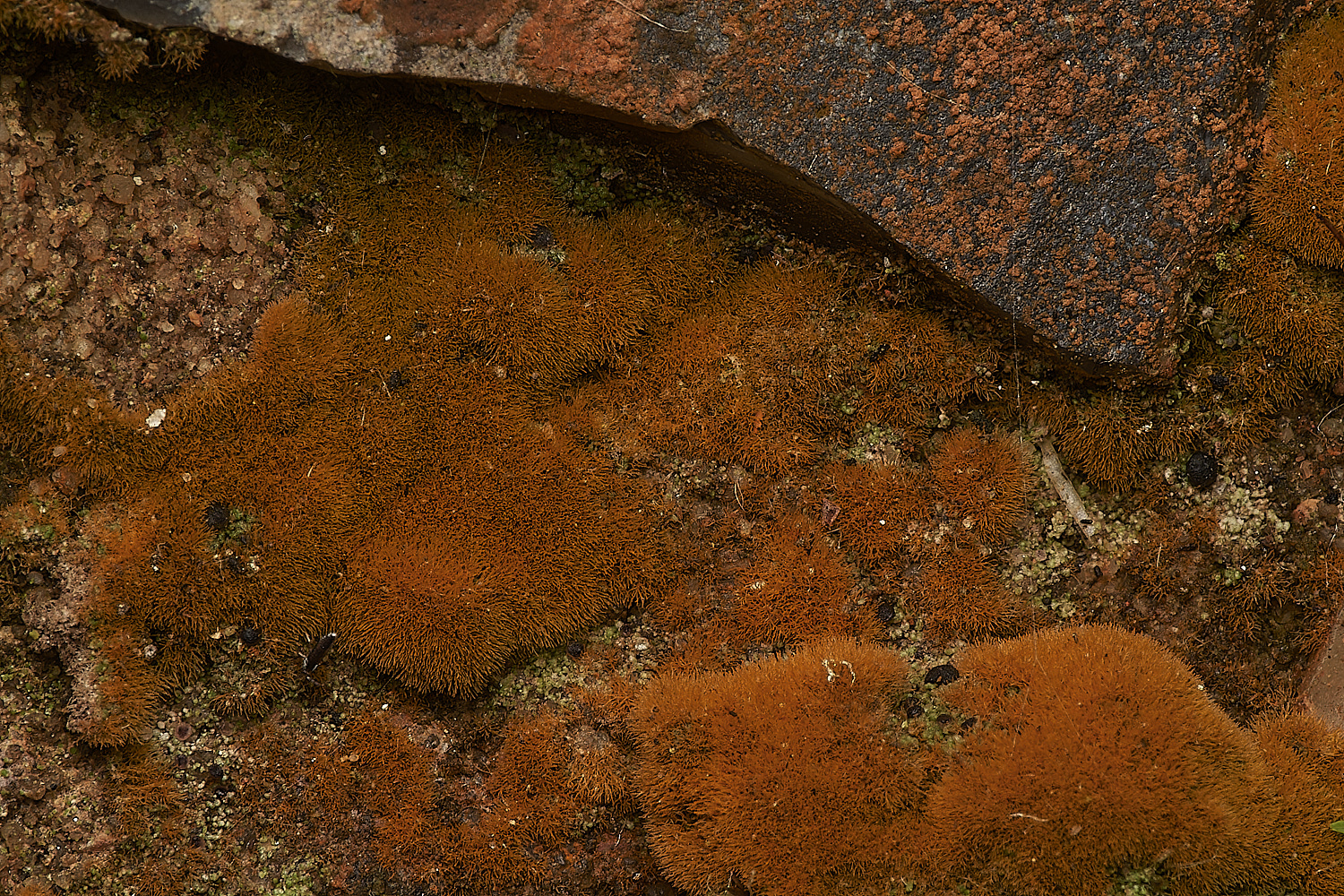
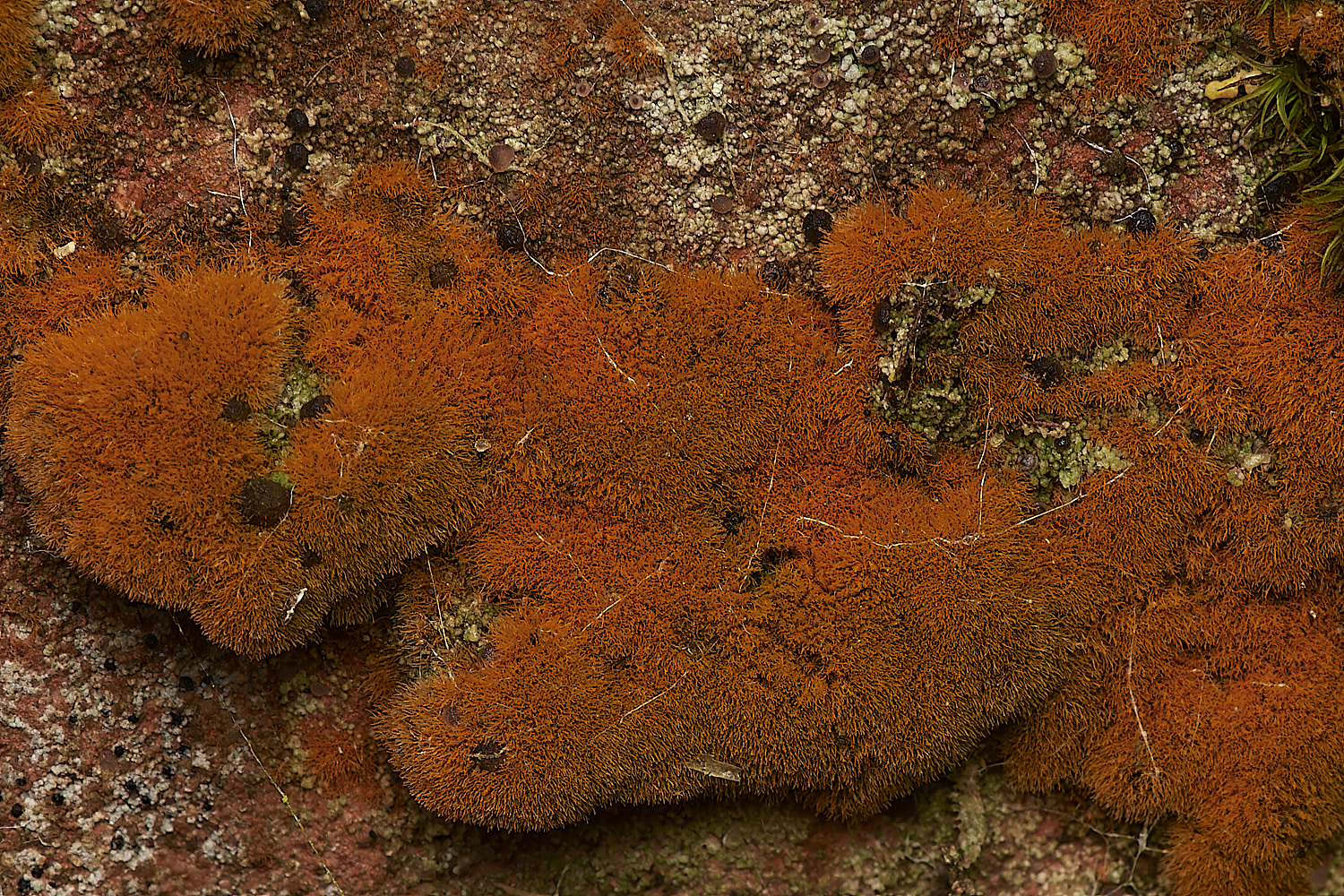
9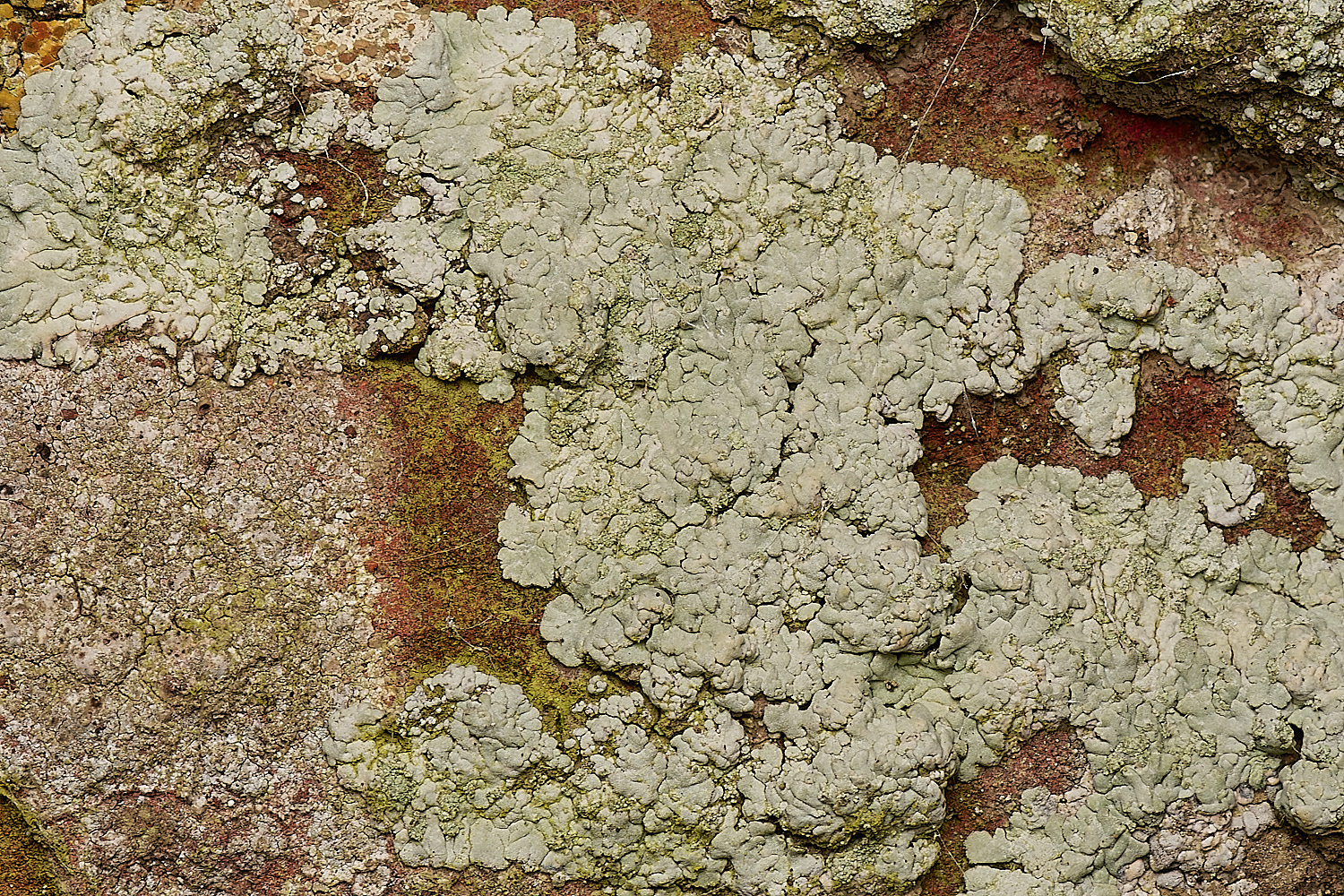
10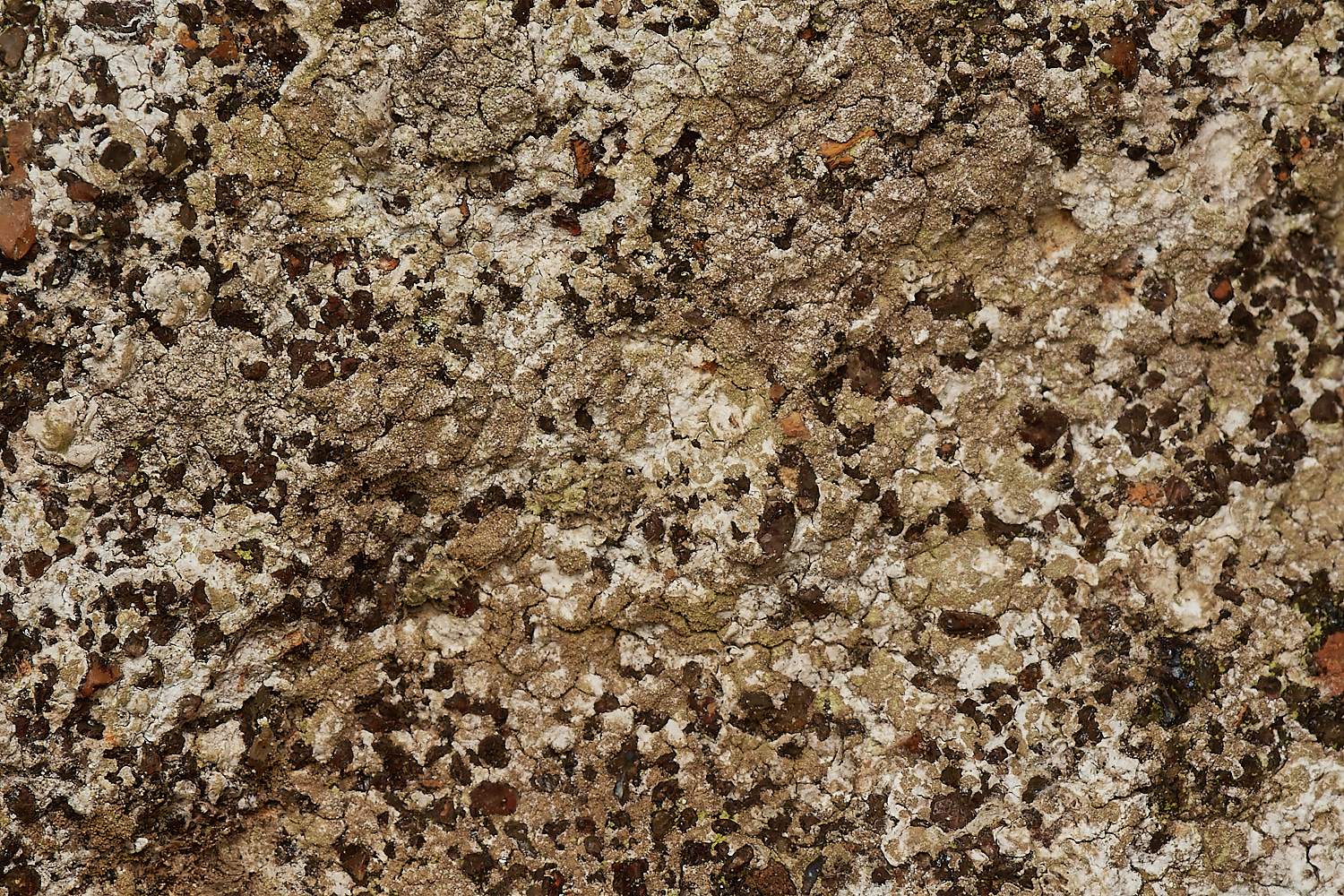
11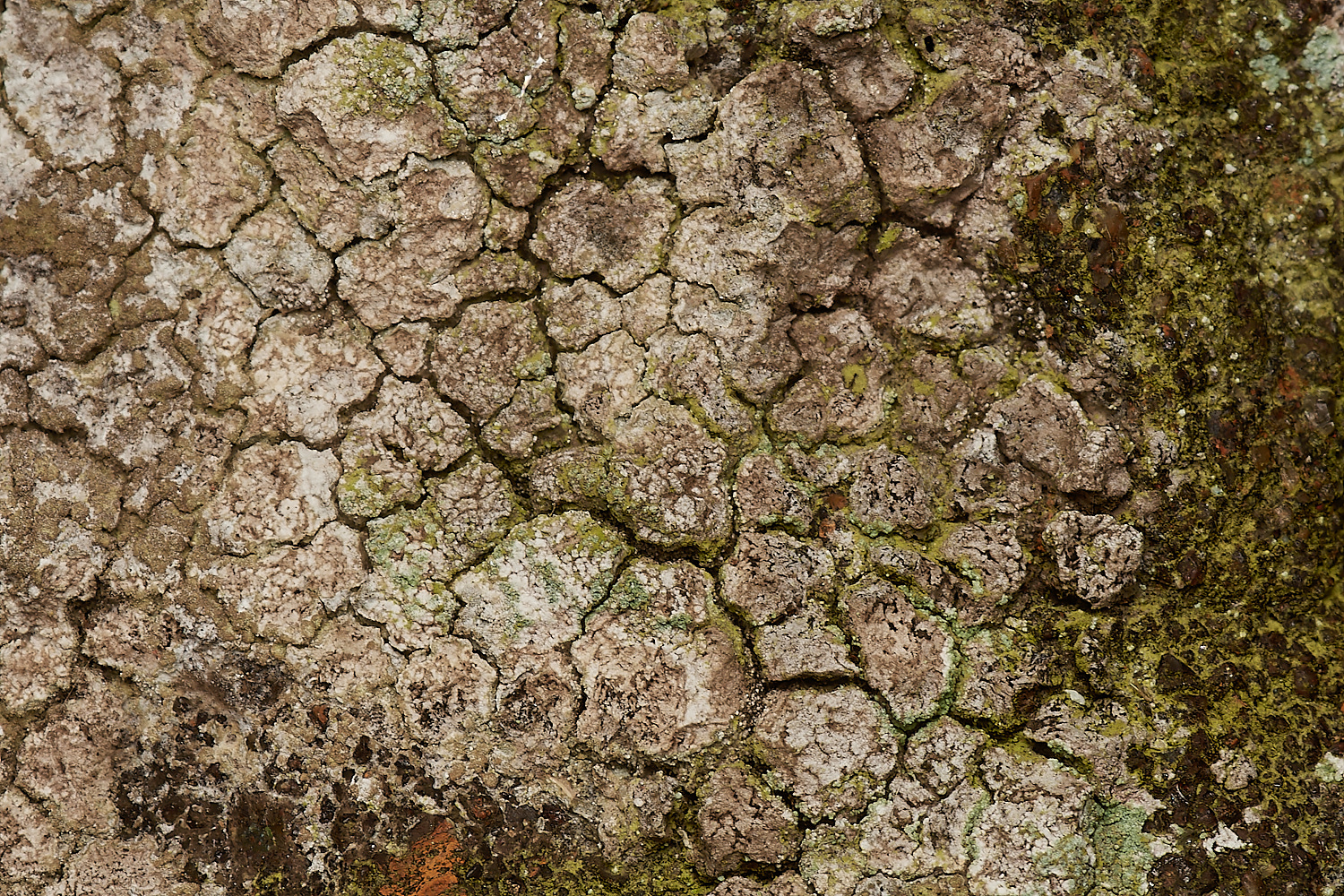
12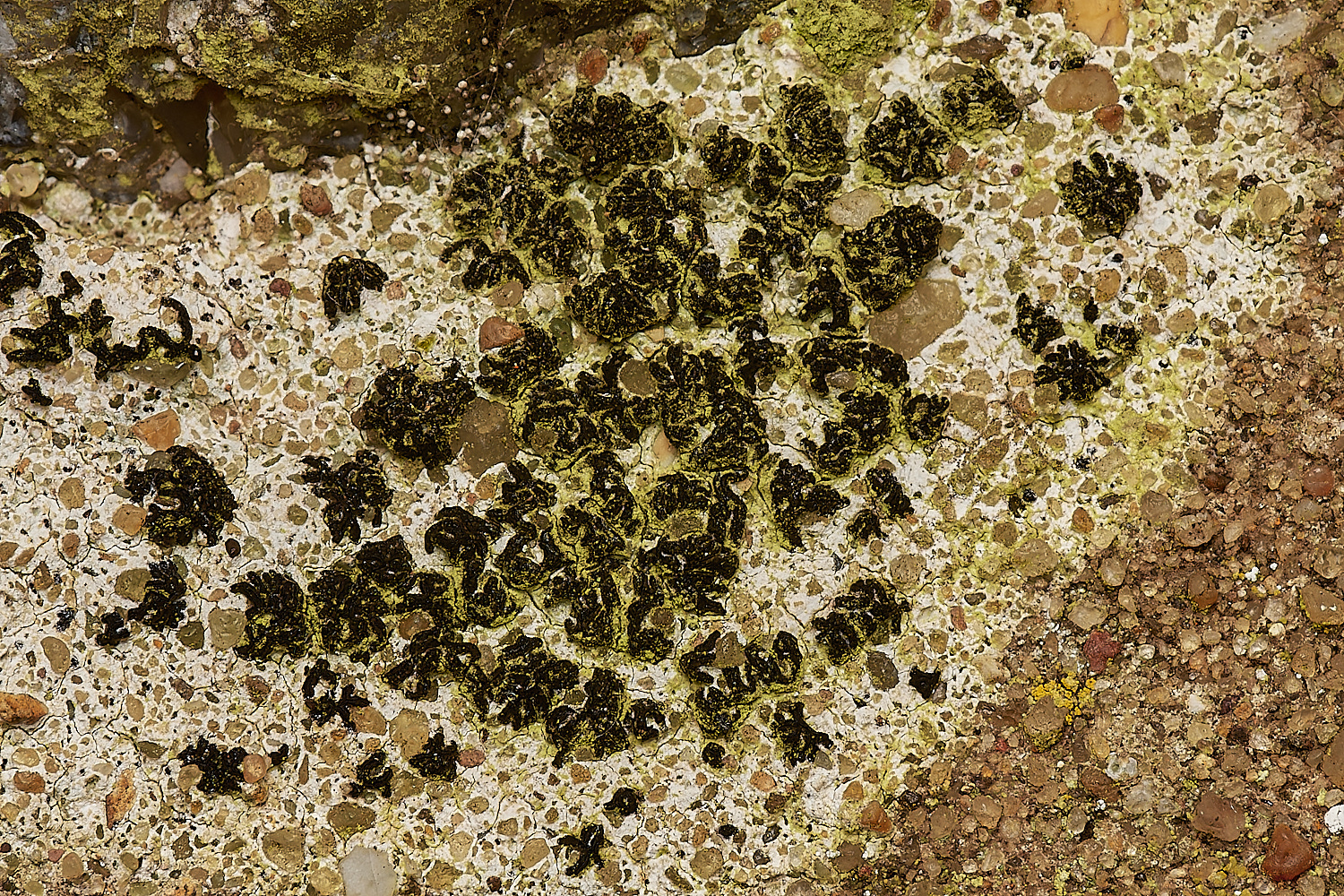
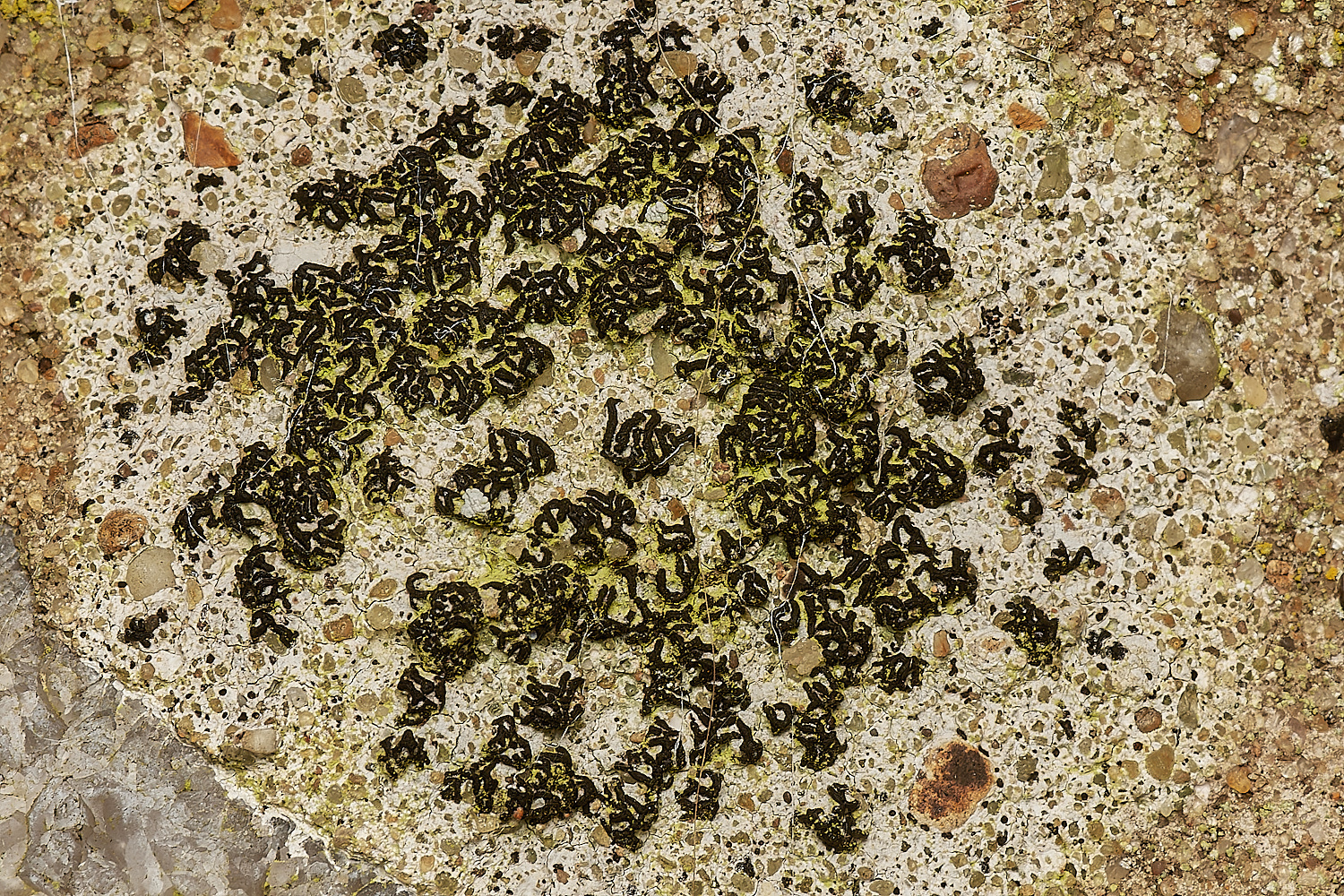
13
14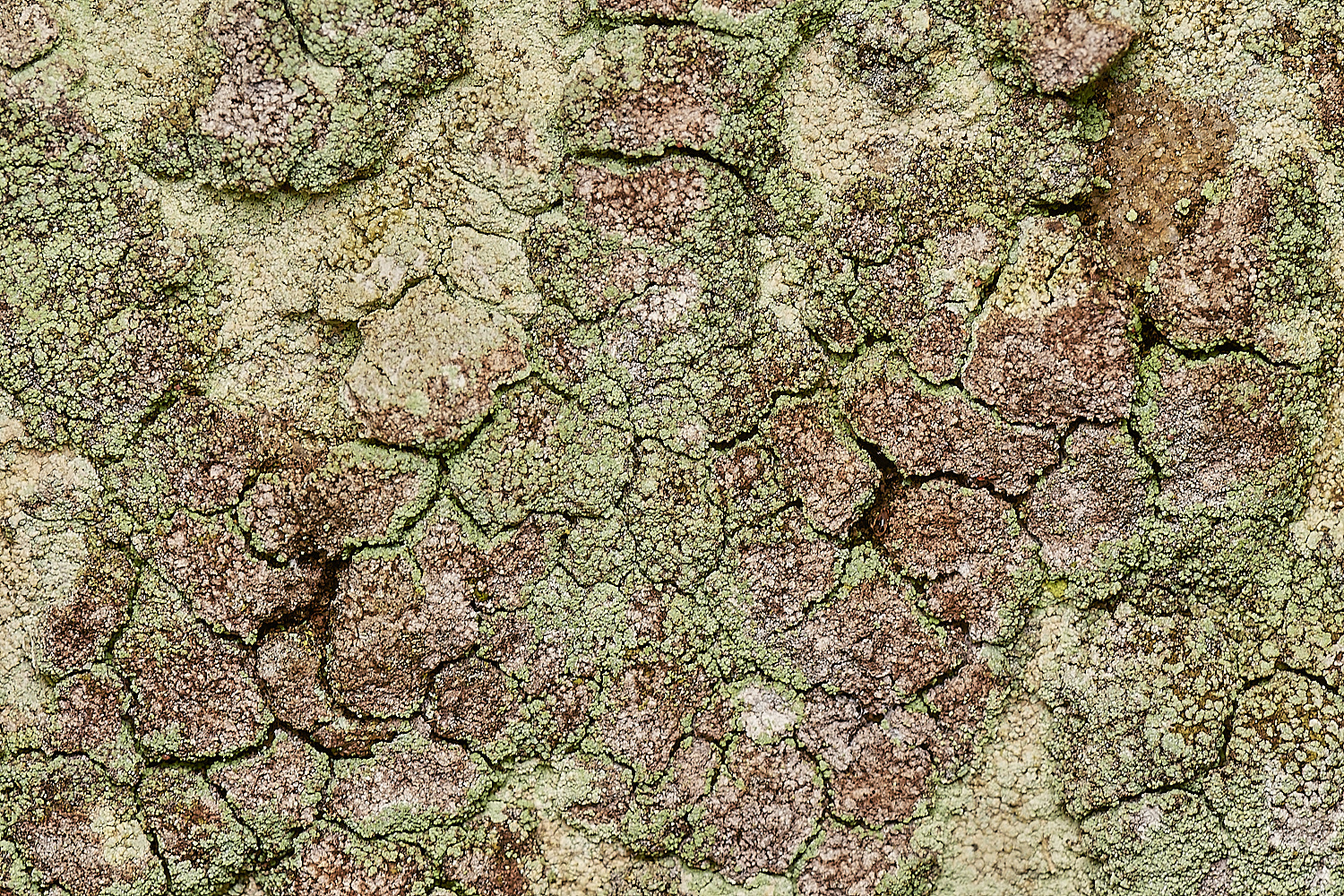
15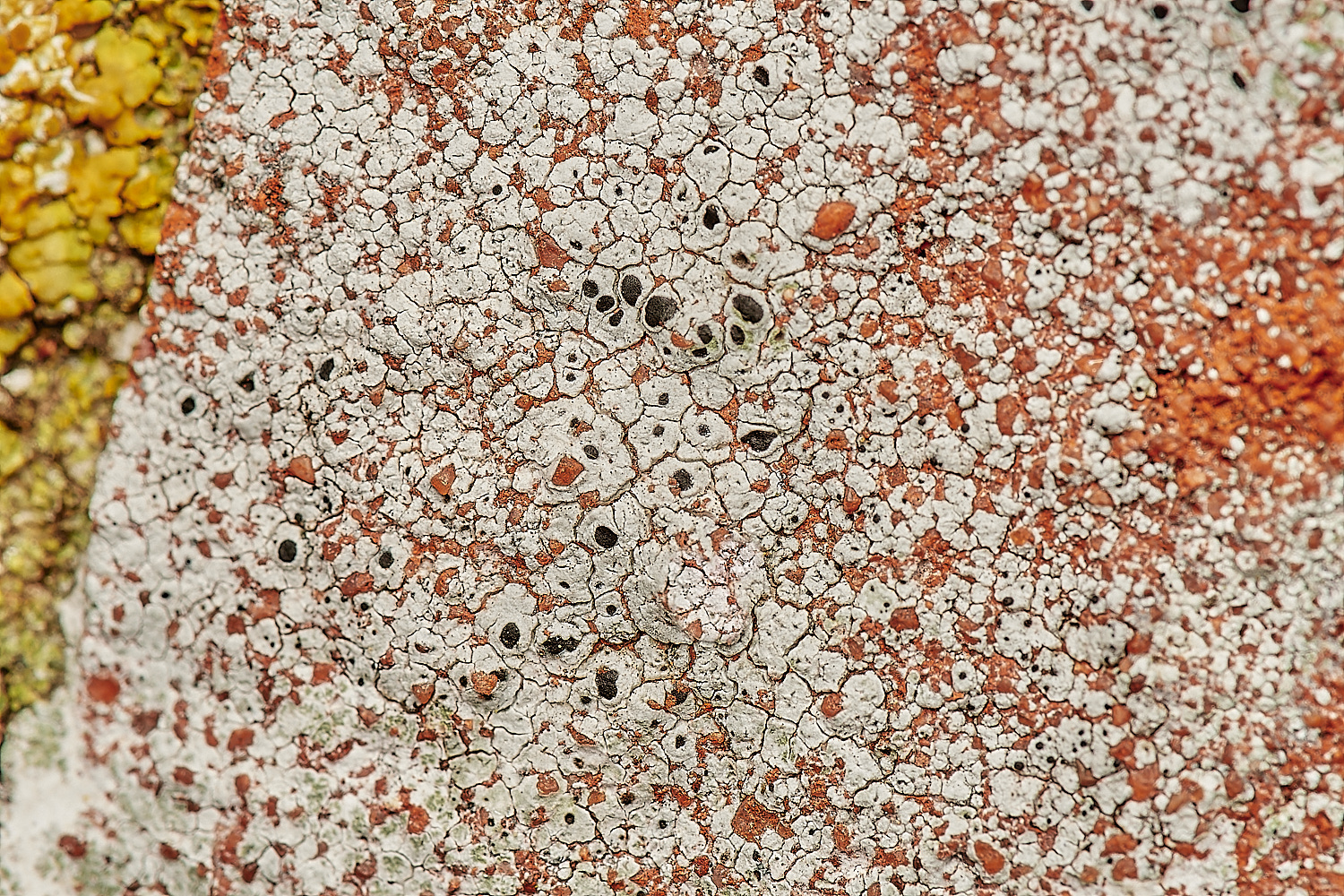
16
17
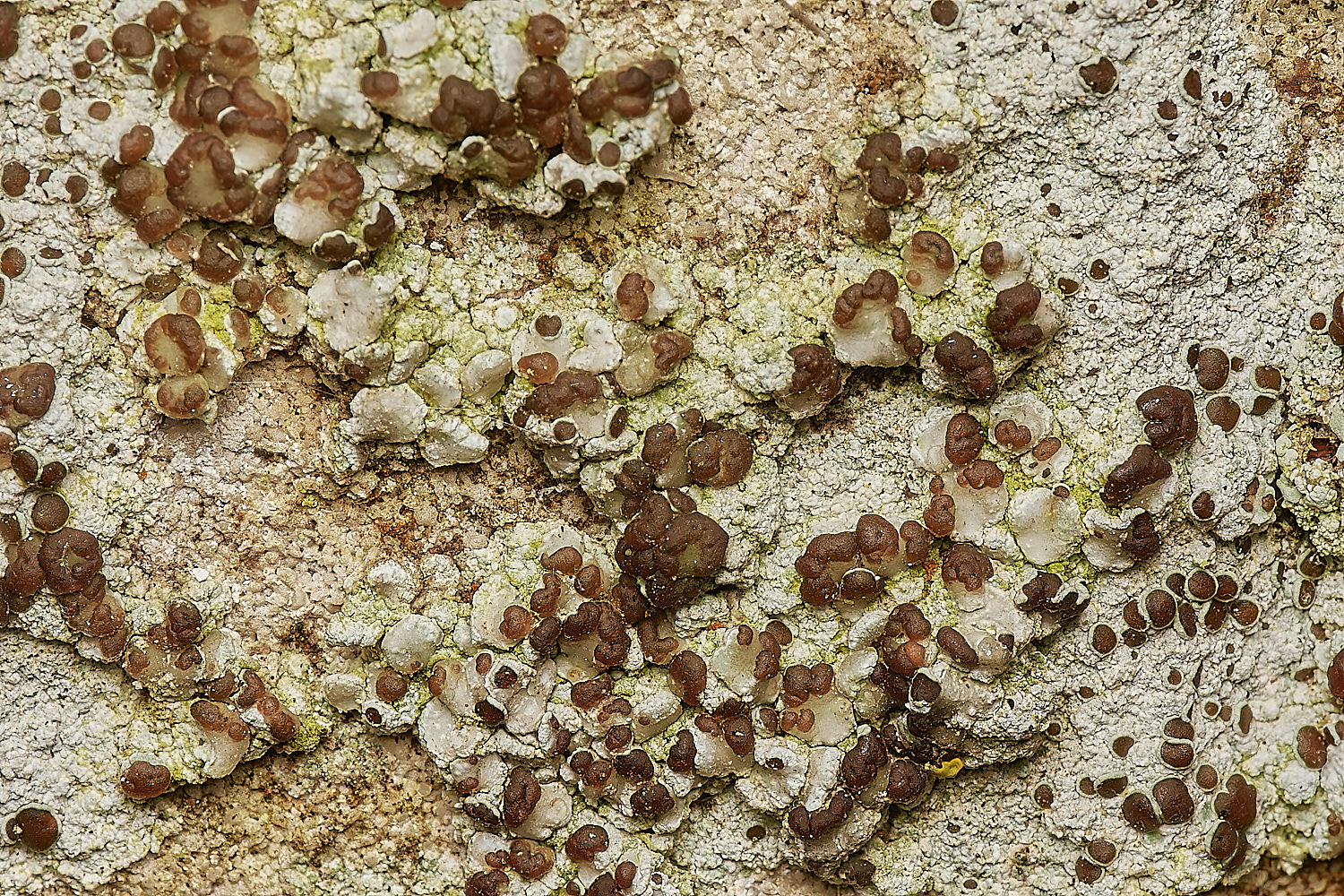
18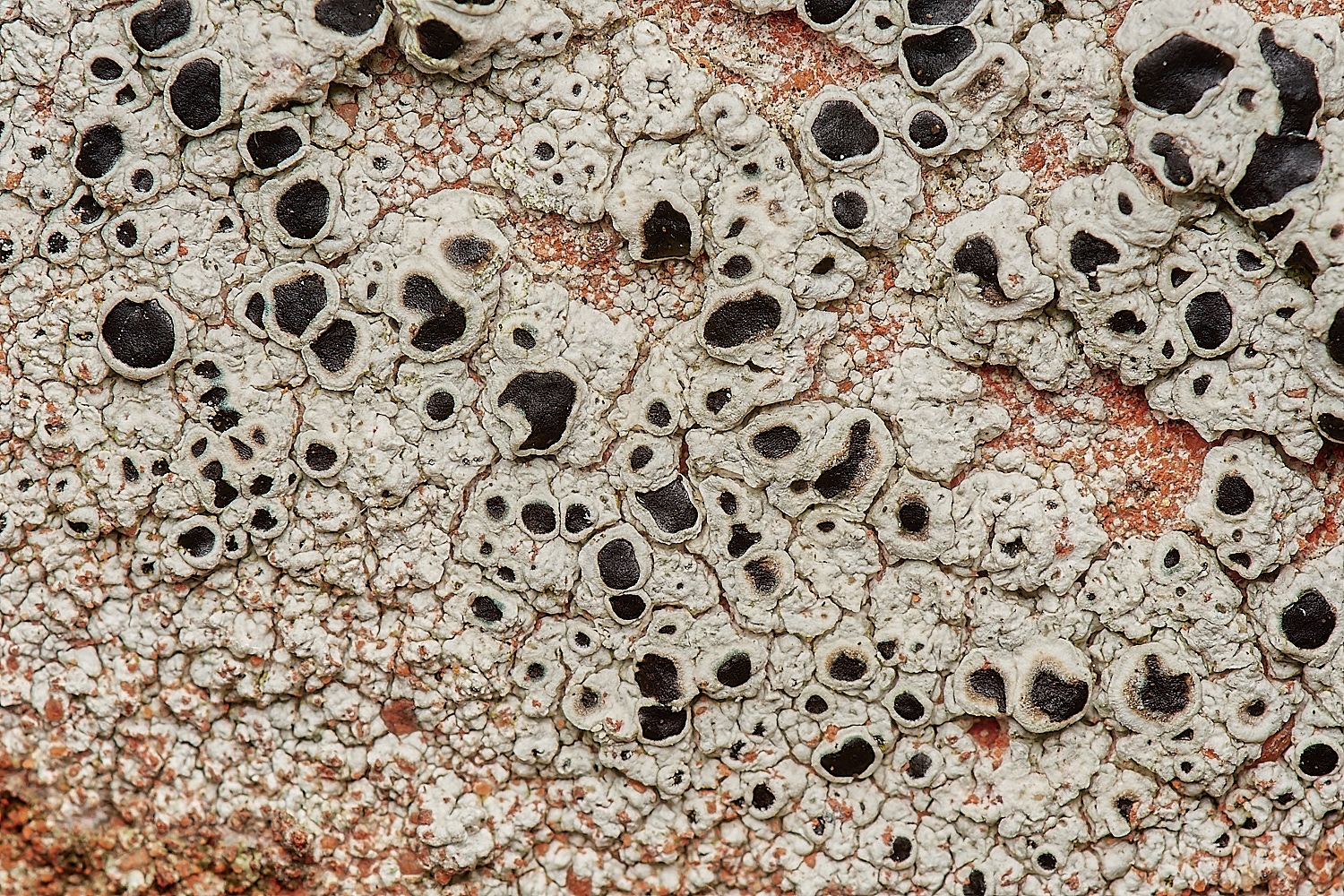
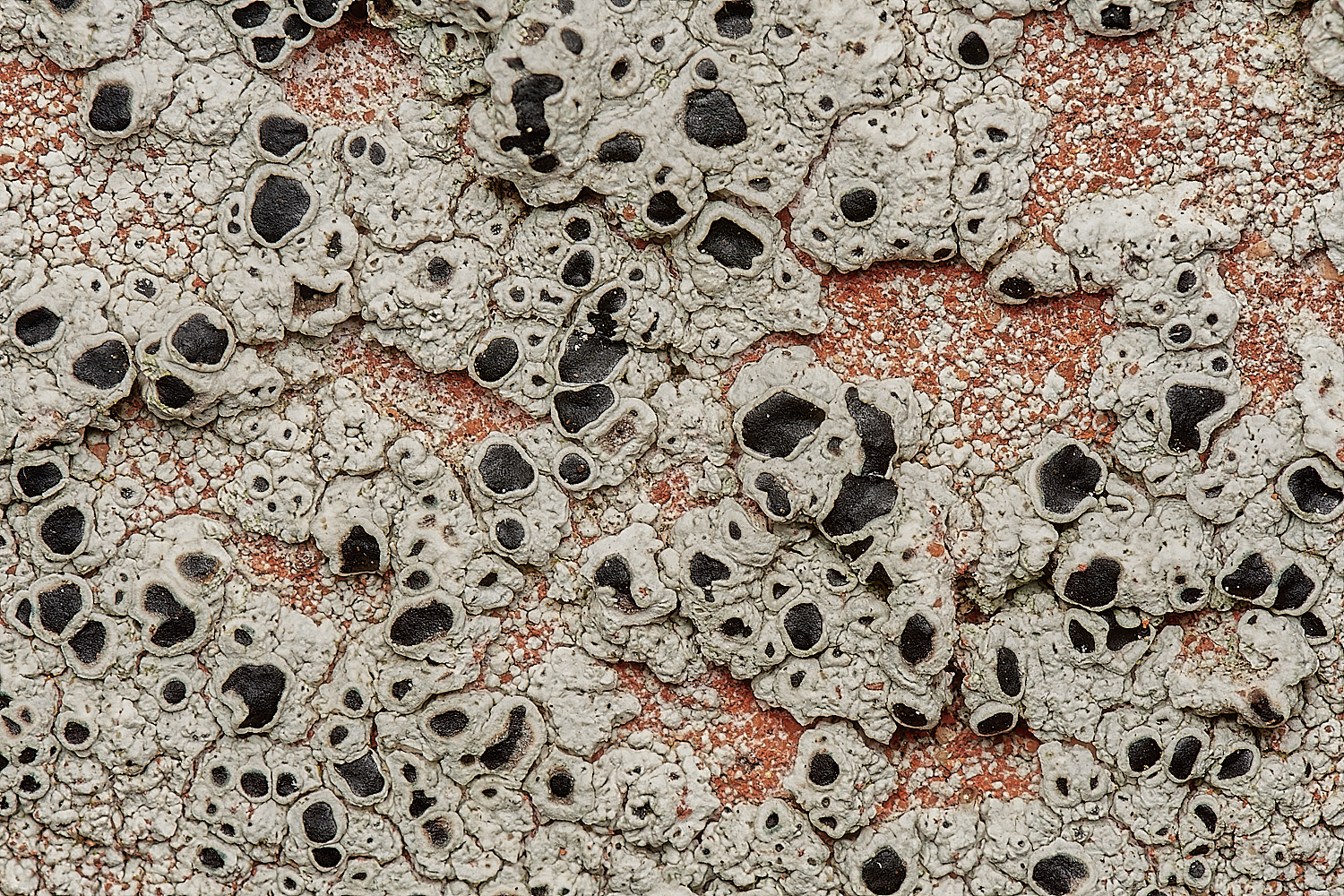
19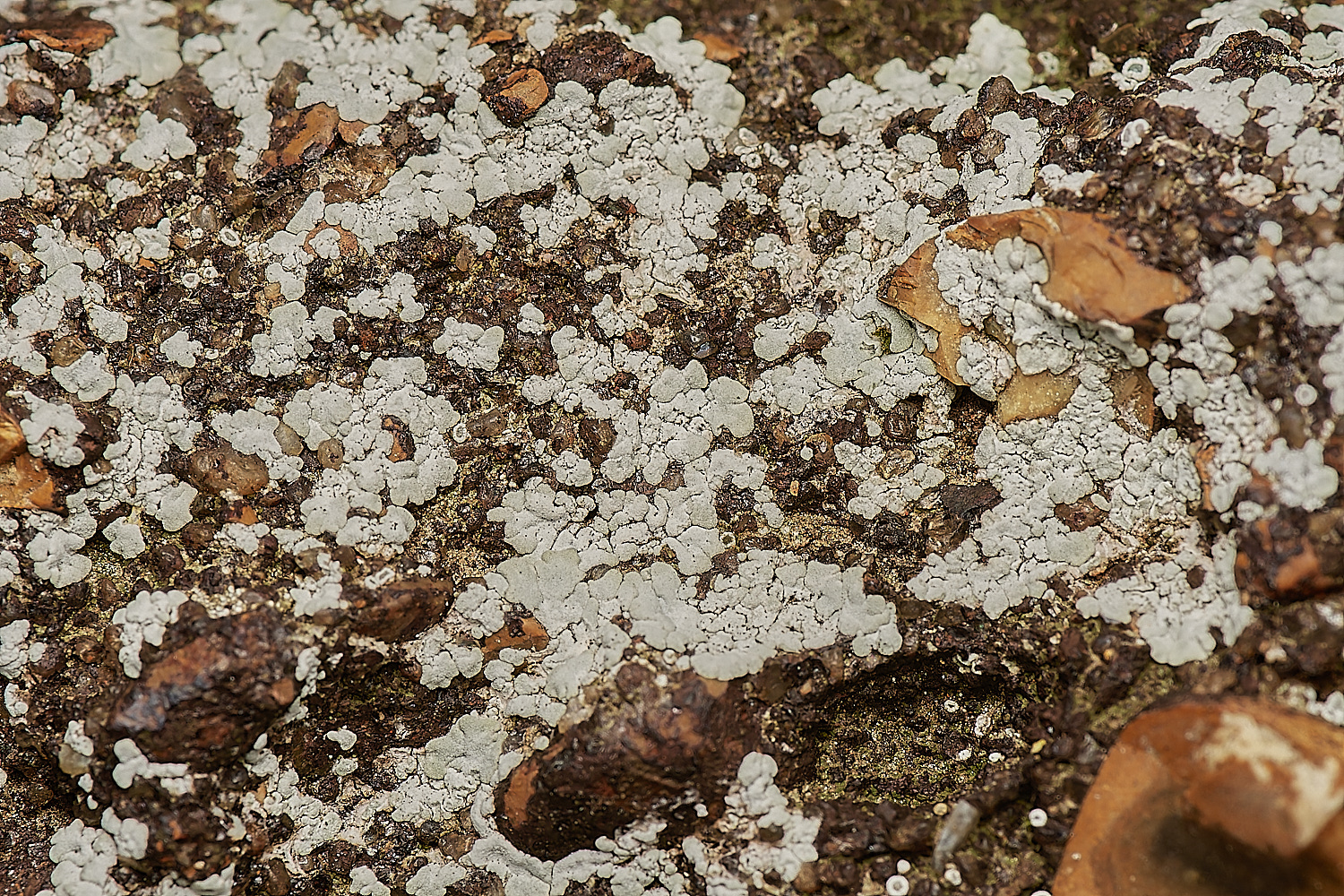
20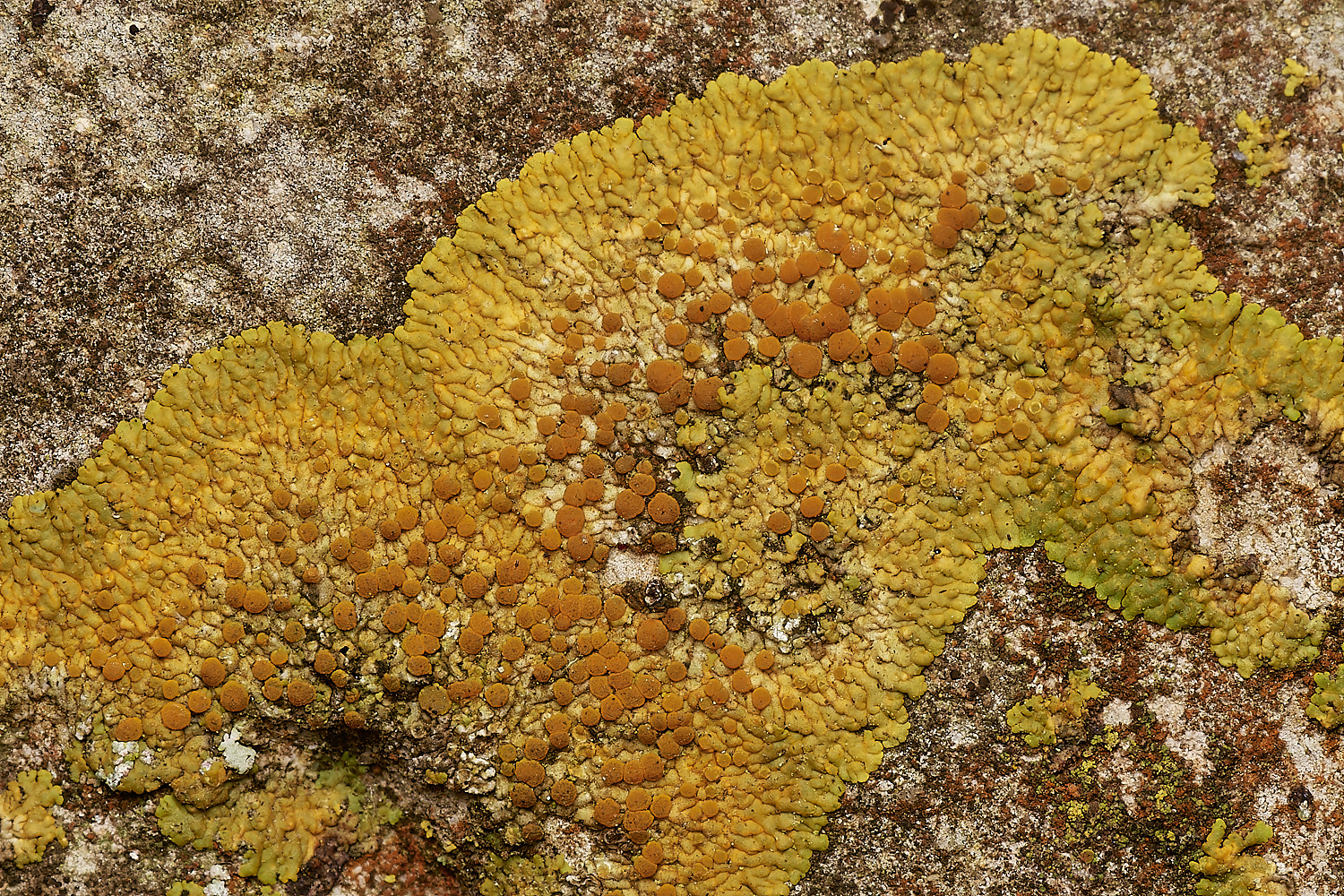
21
Cley
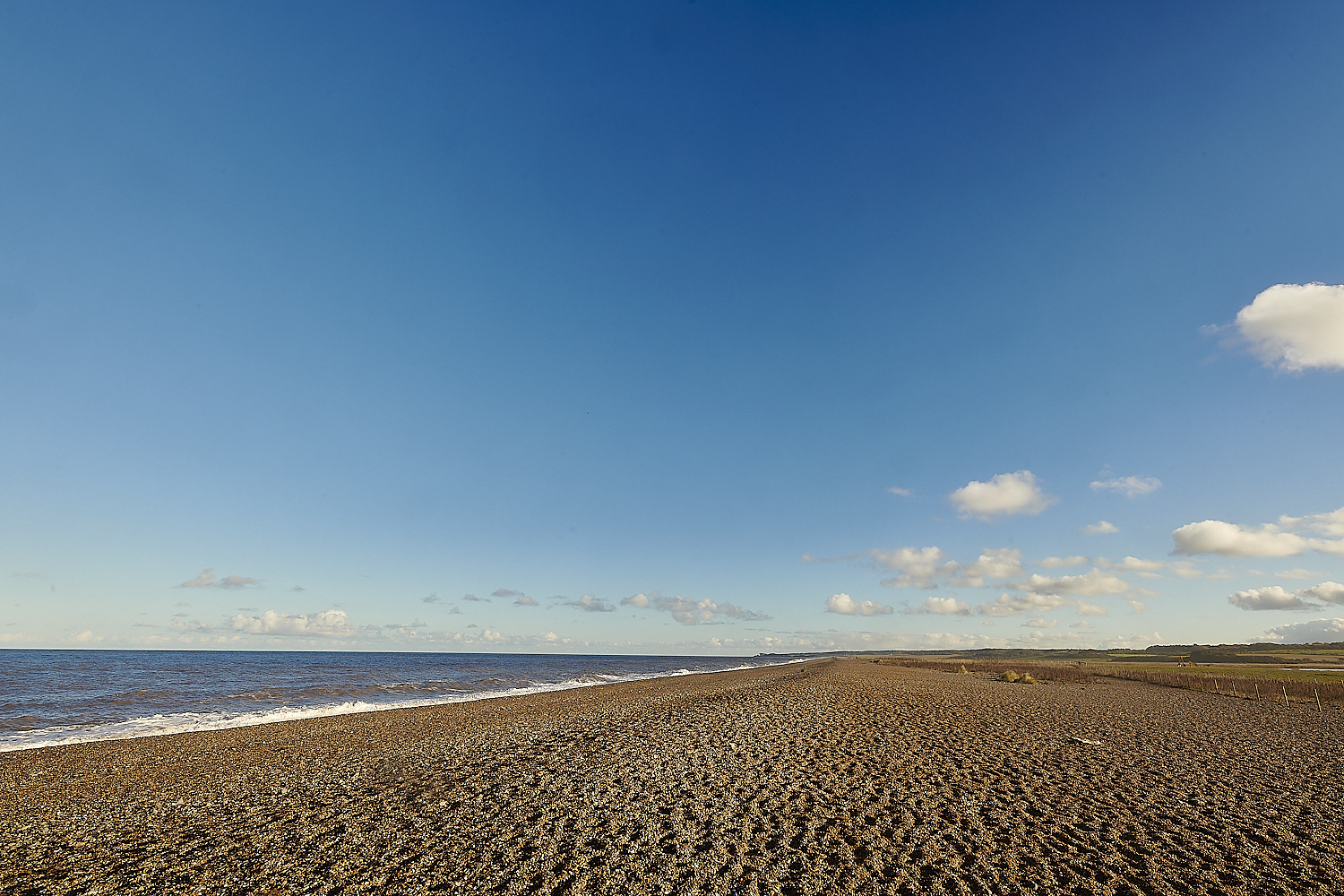
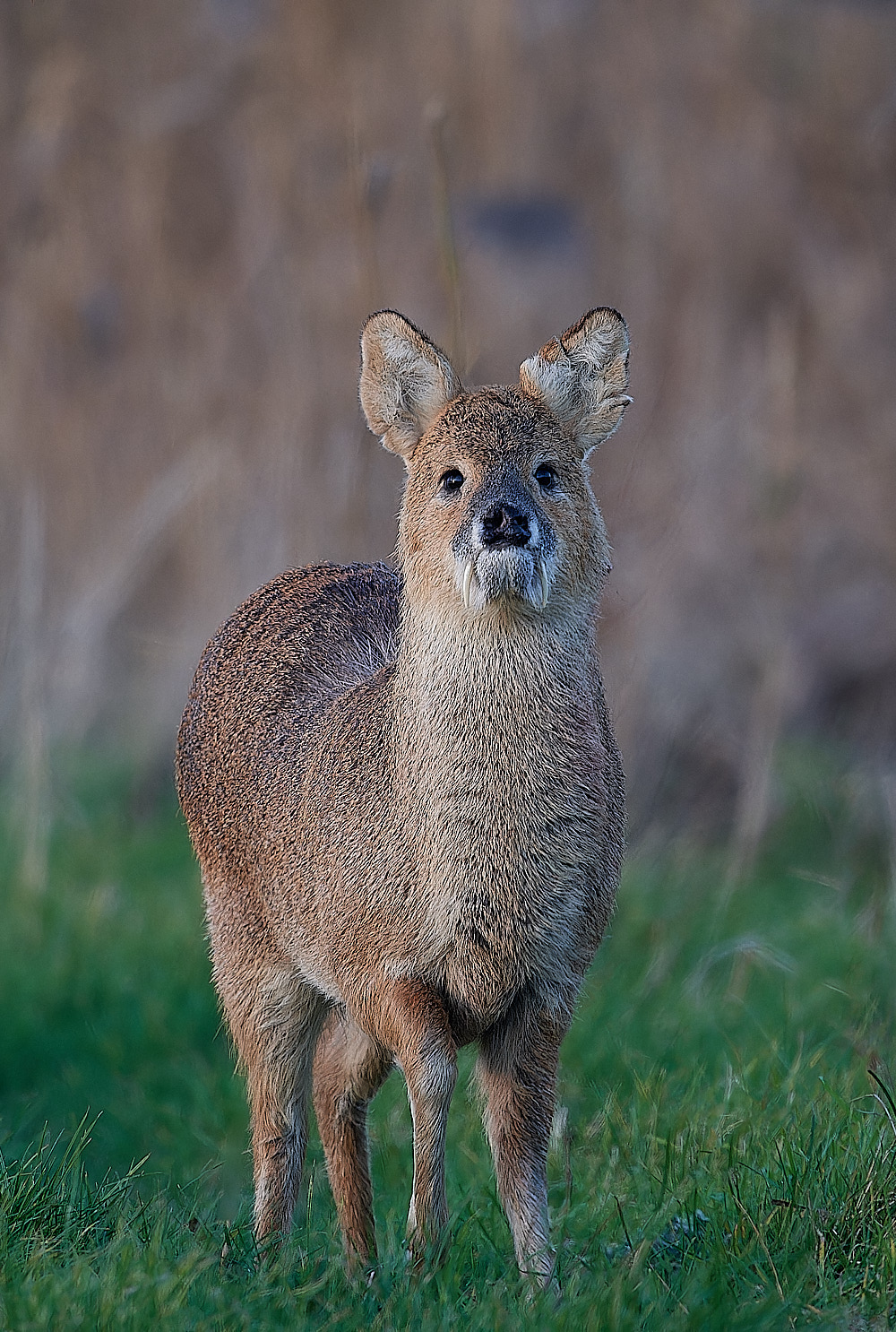
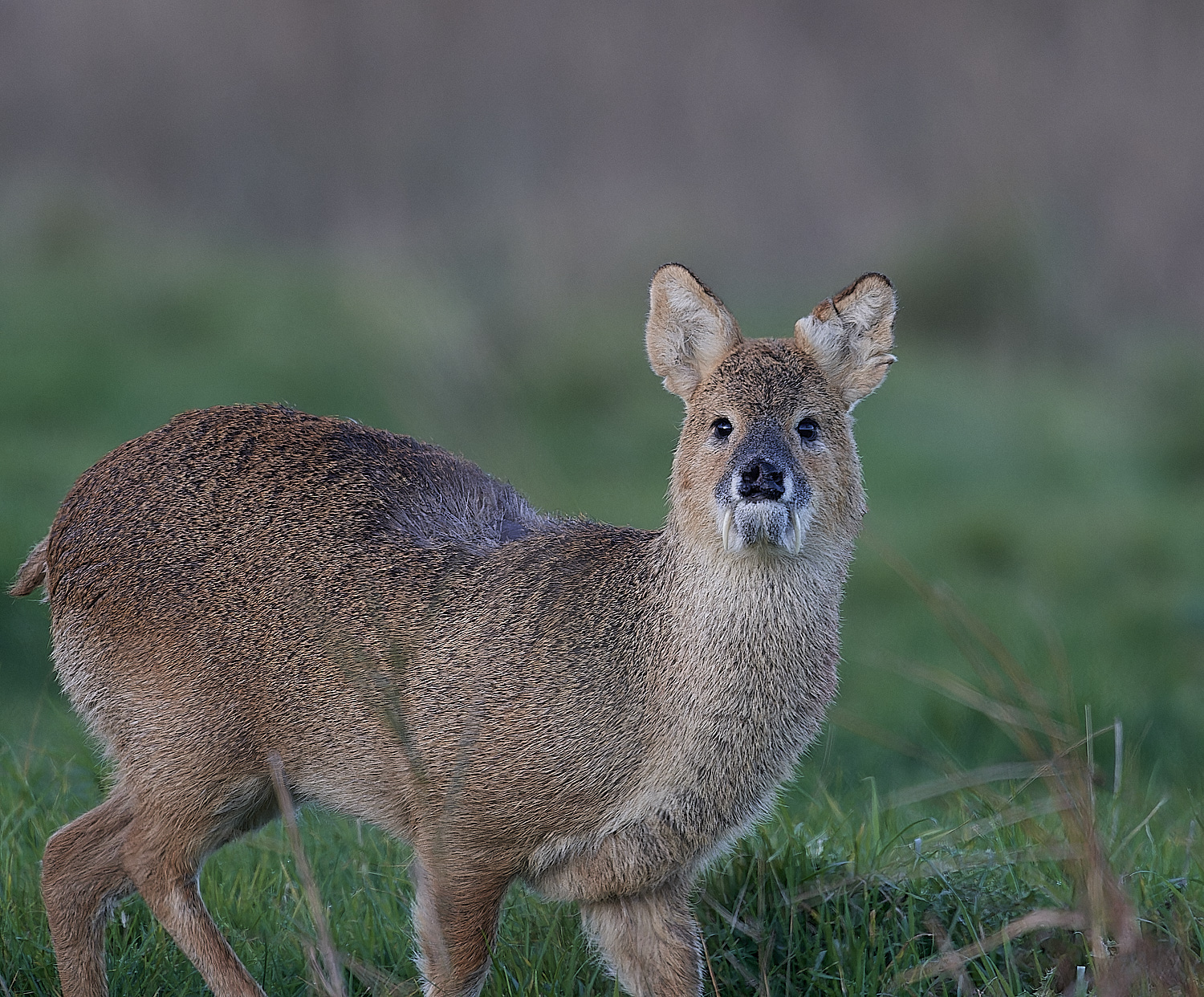
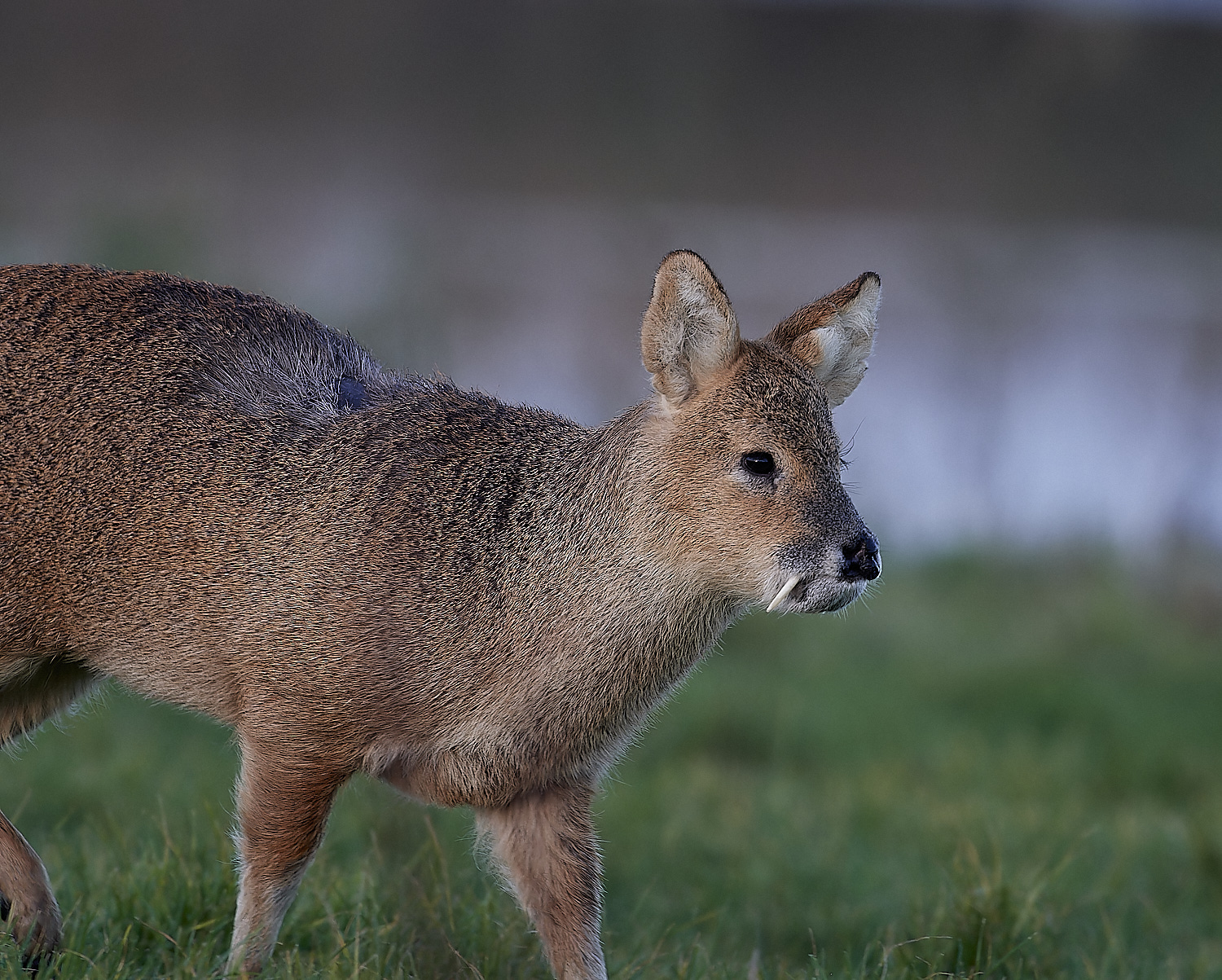
Chinese Water deer (Hydropotes inermis)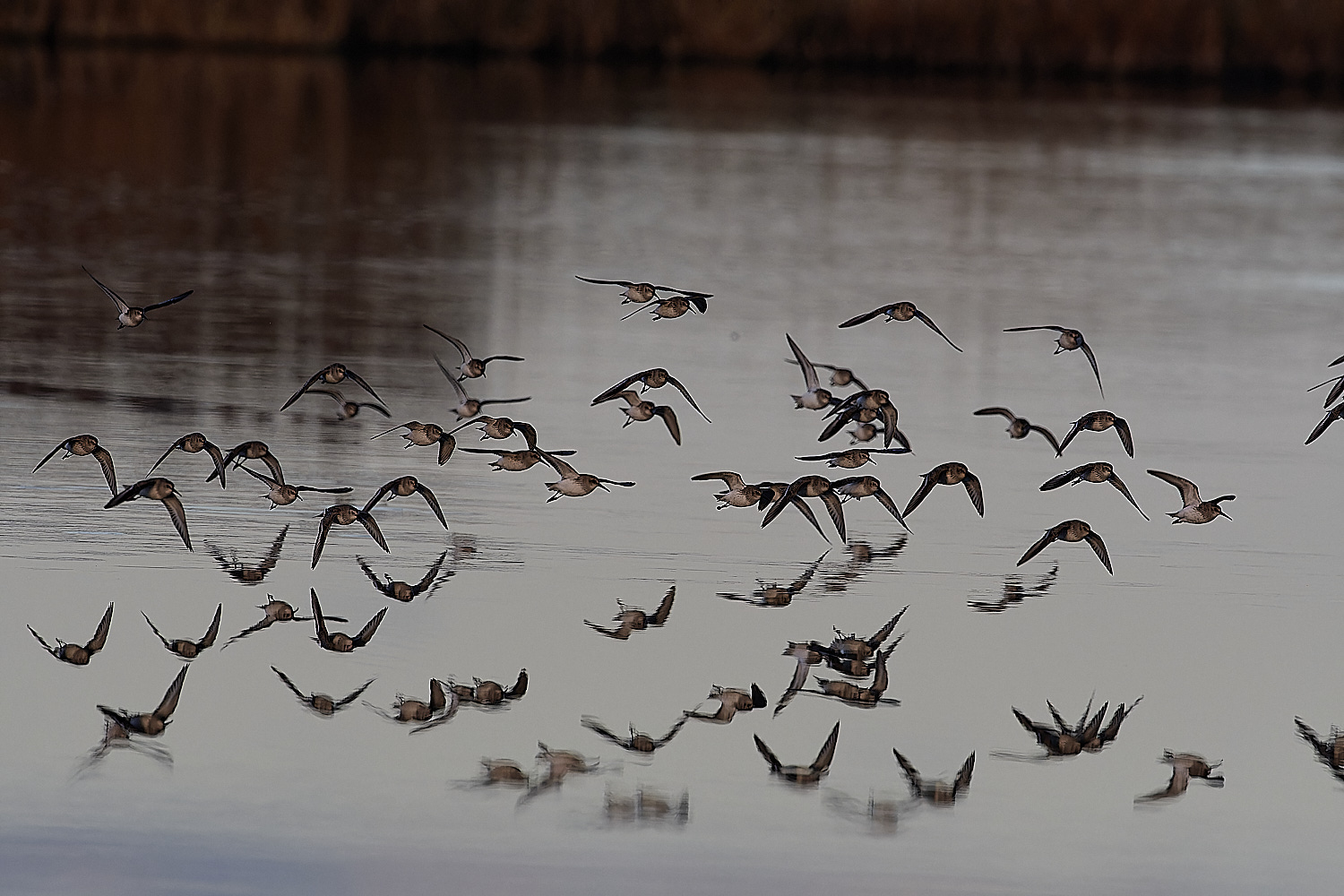

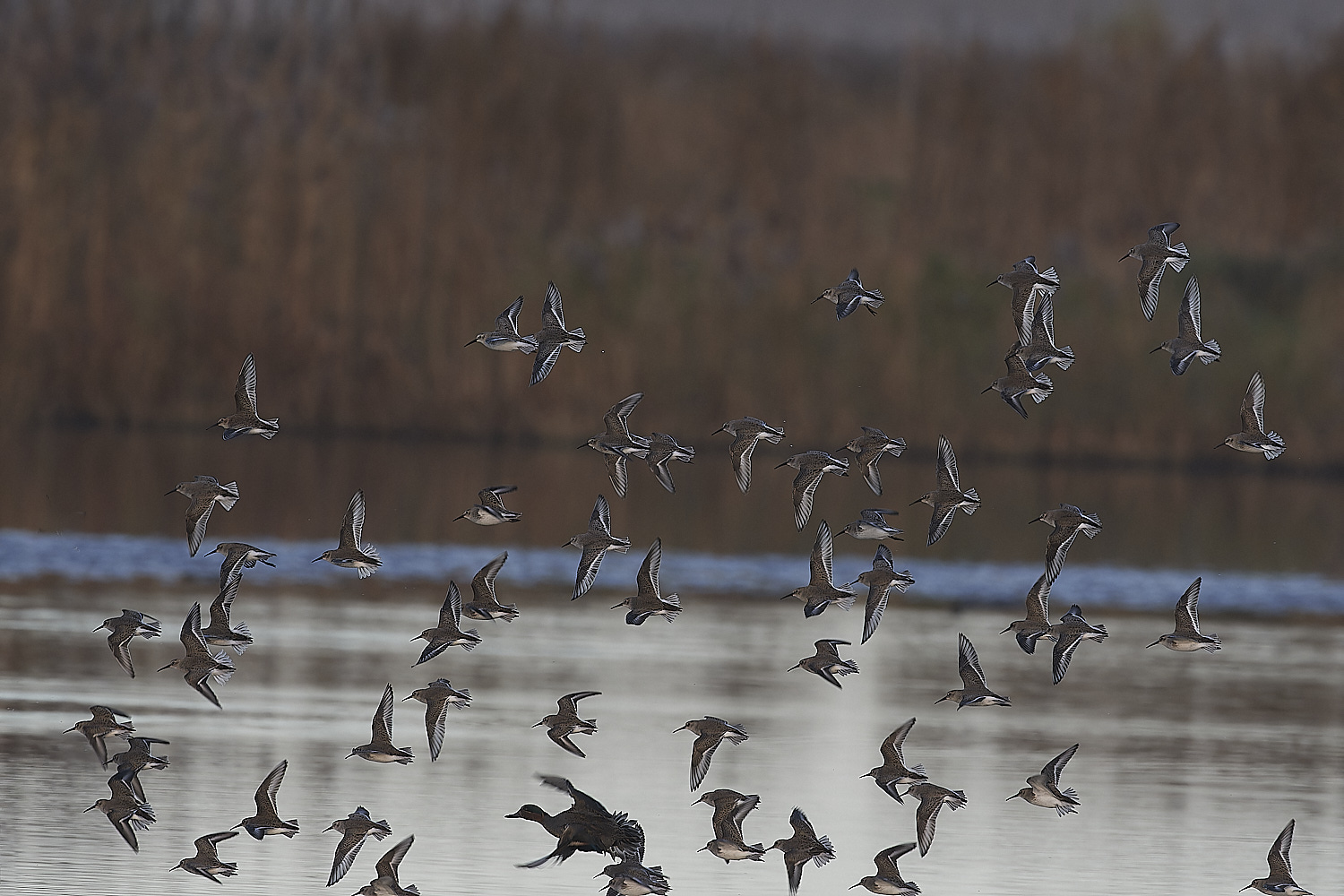
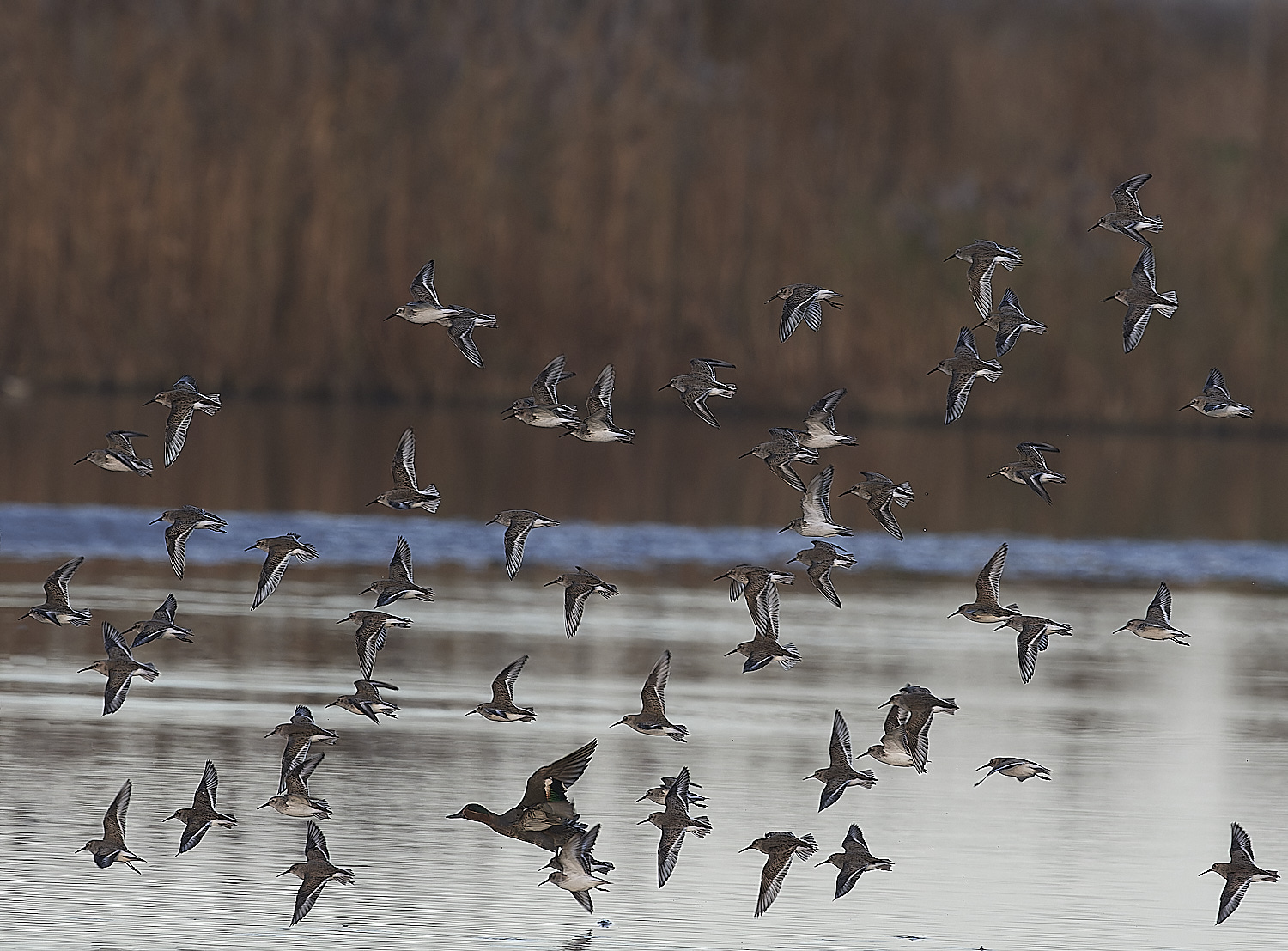

Dunlin (Calidris alpina)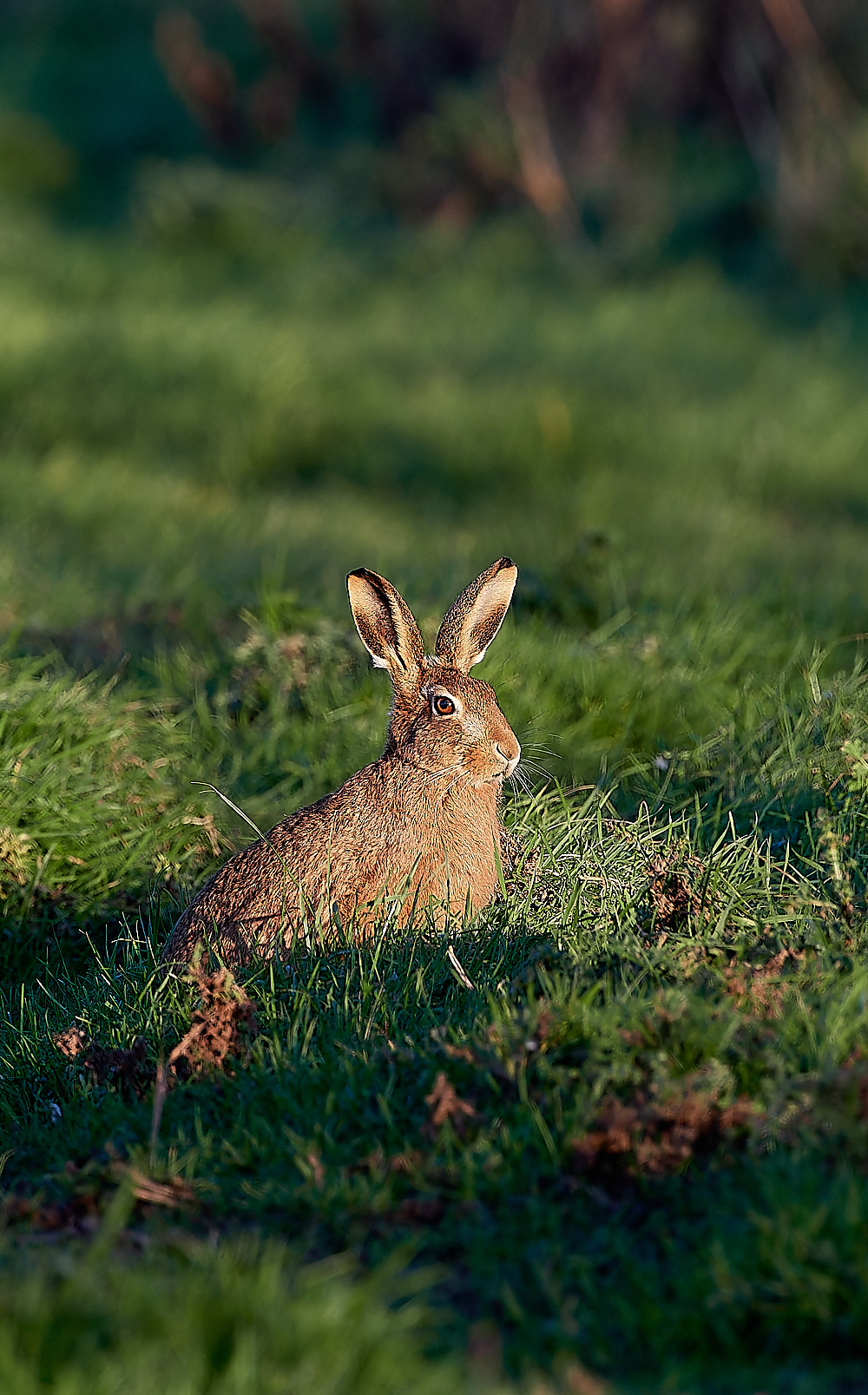
Hare (Lepus europaeus)
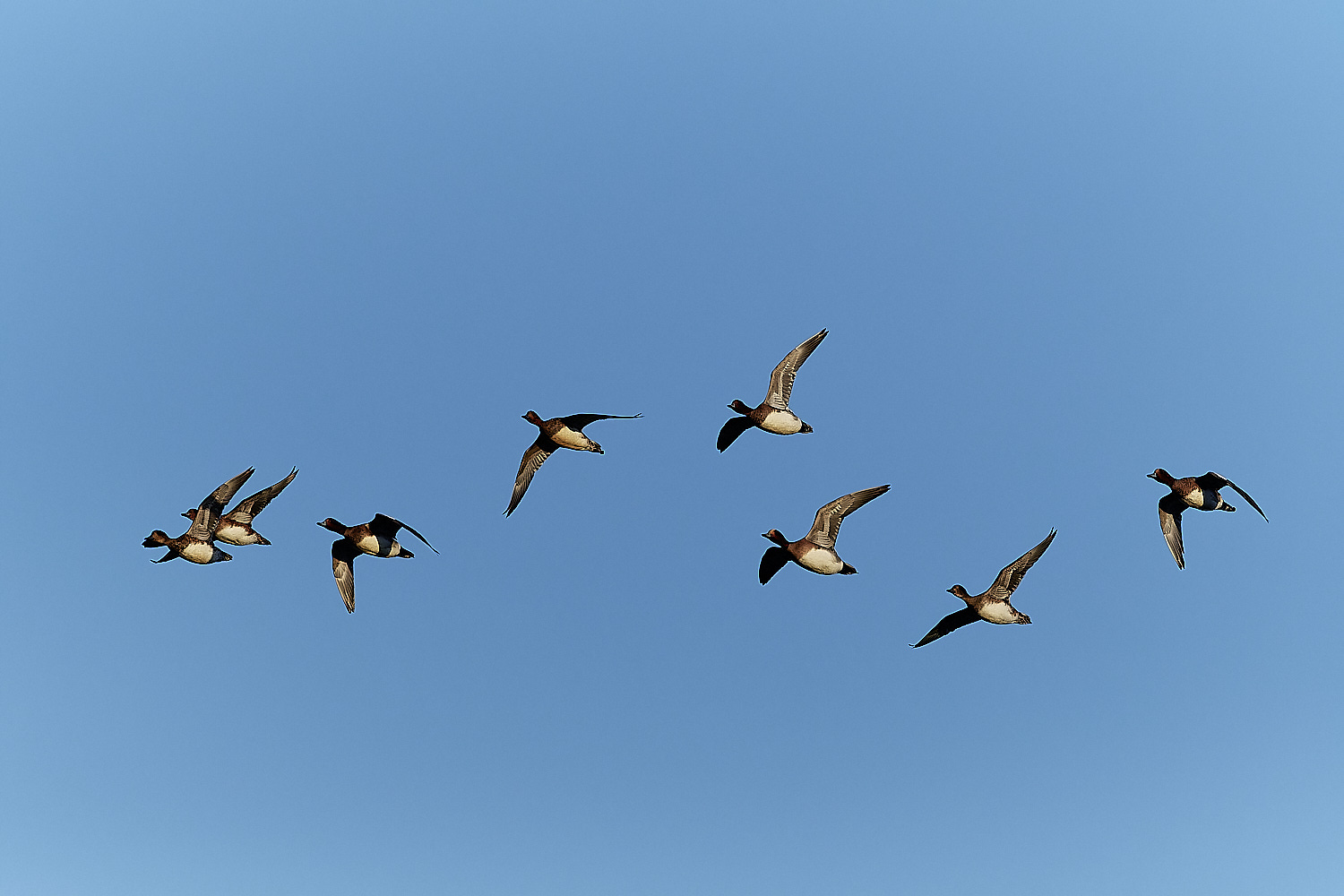
Wigeon (Anas penelope)
Sweet Briar Marsh
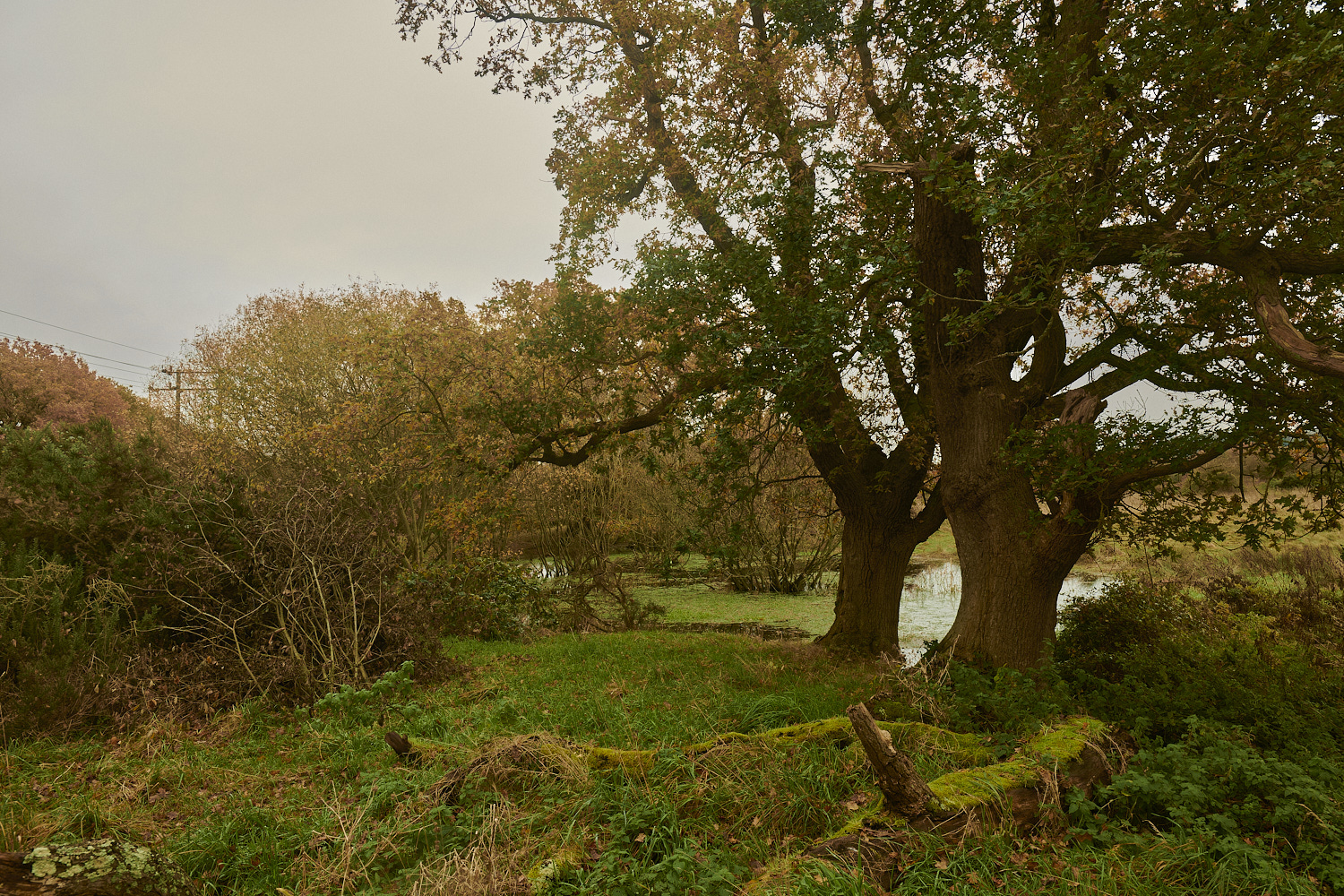
Presentation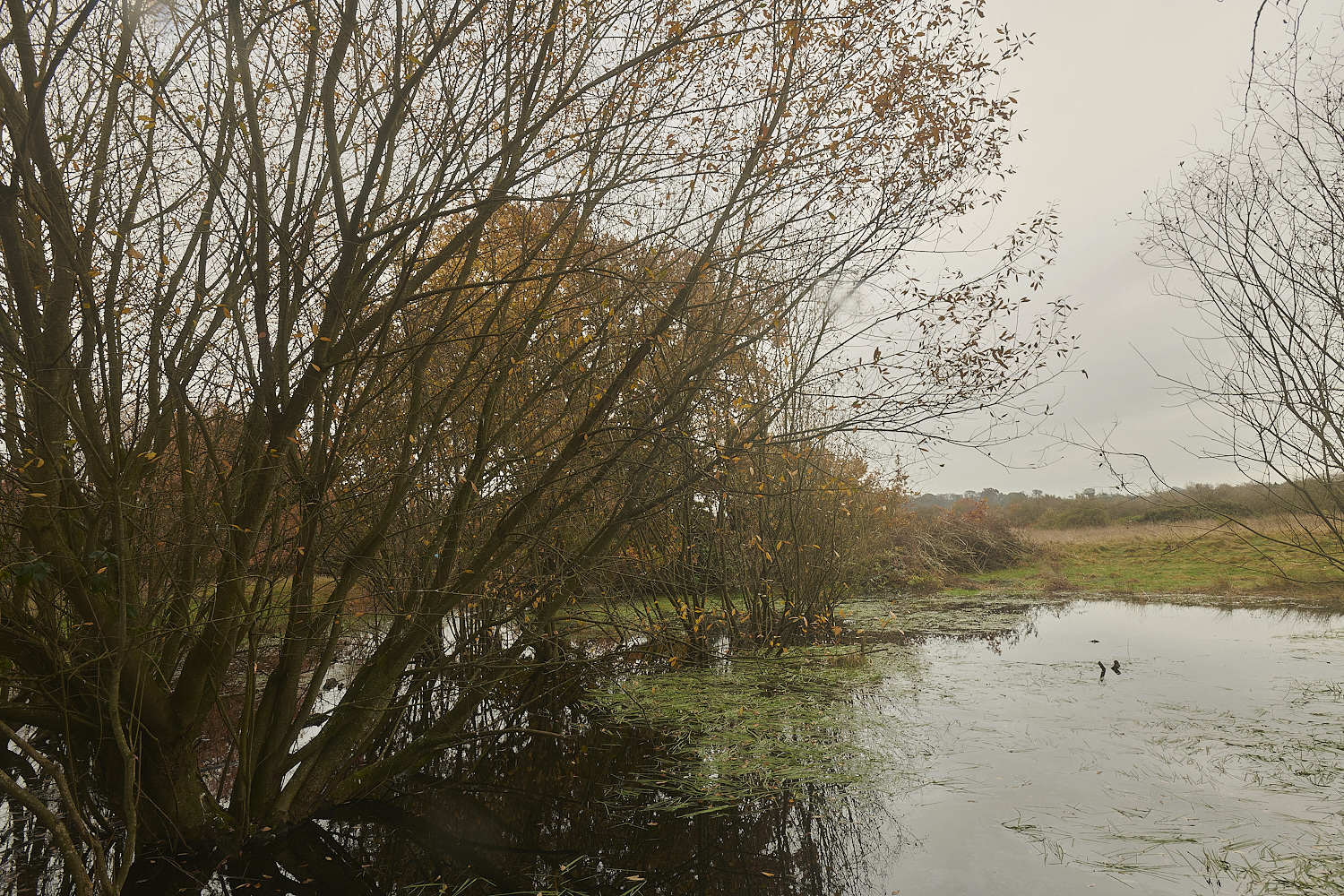
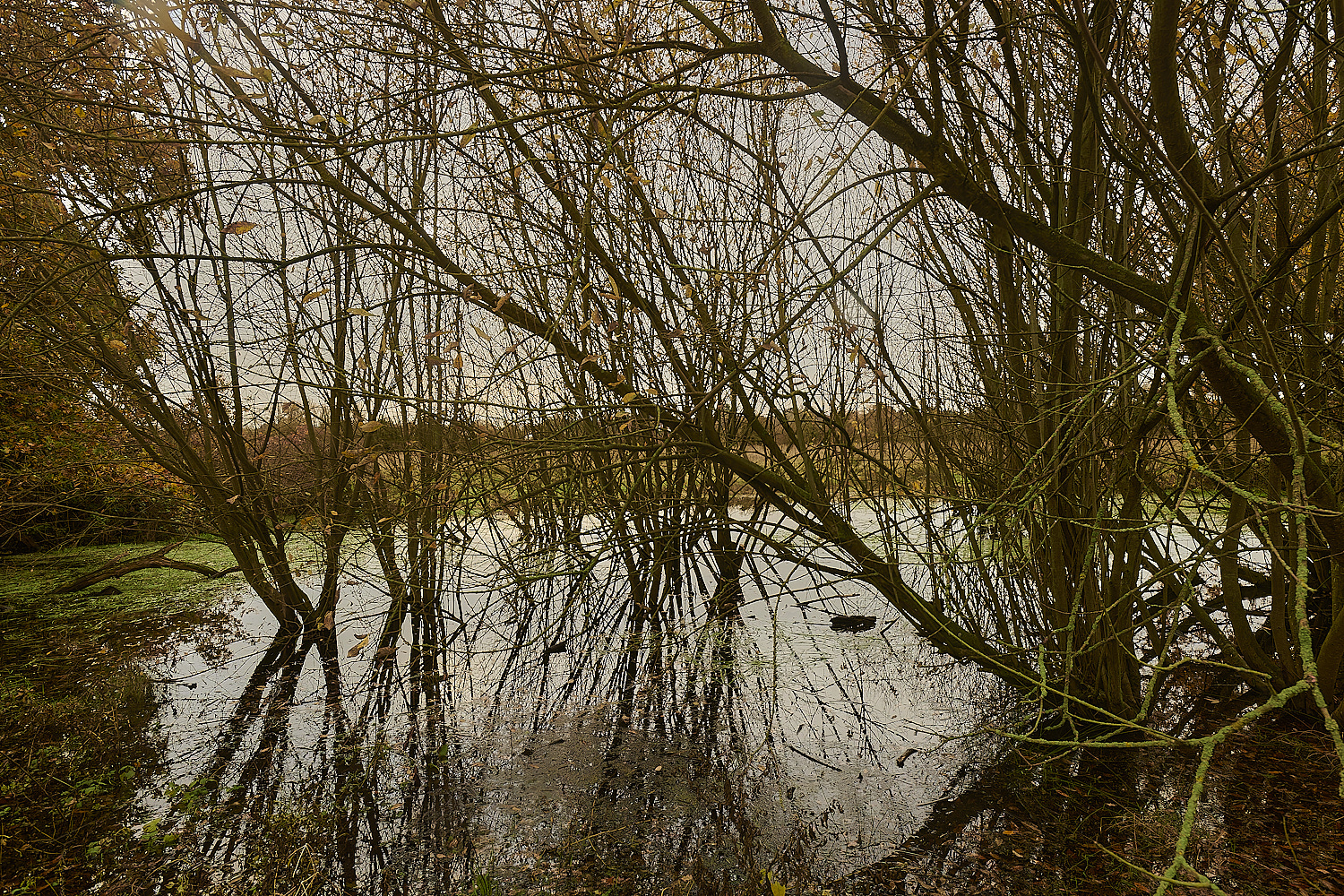
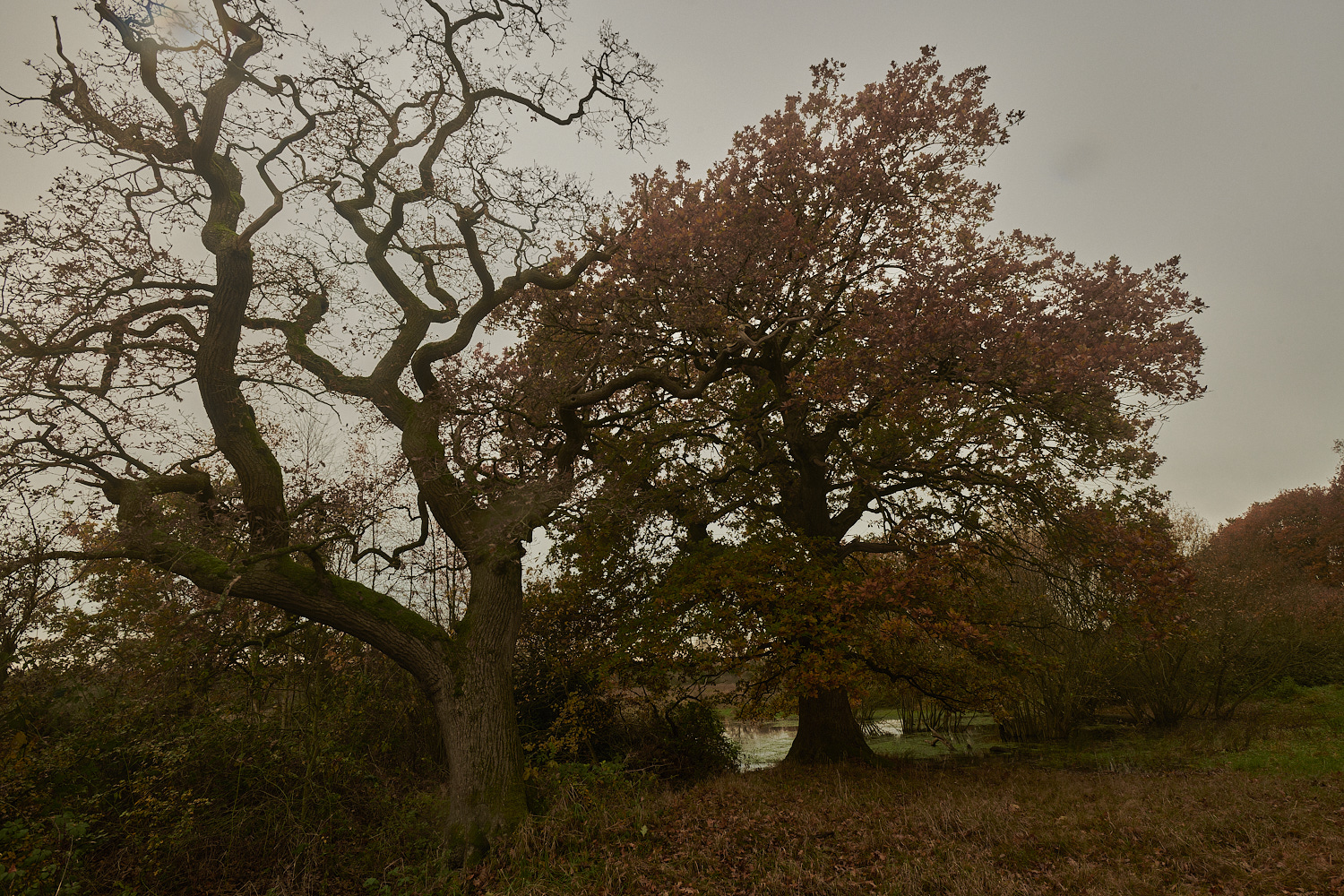
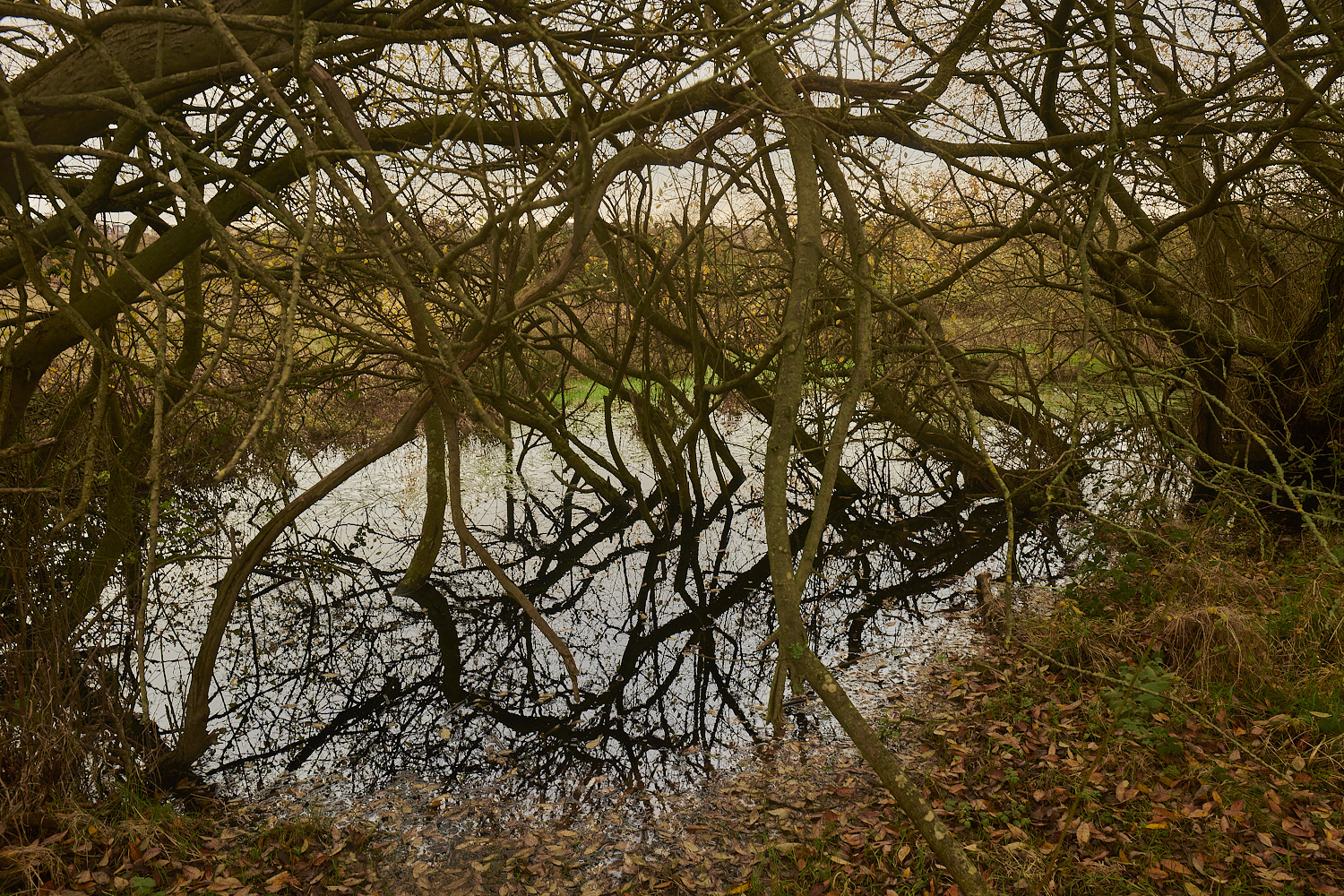
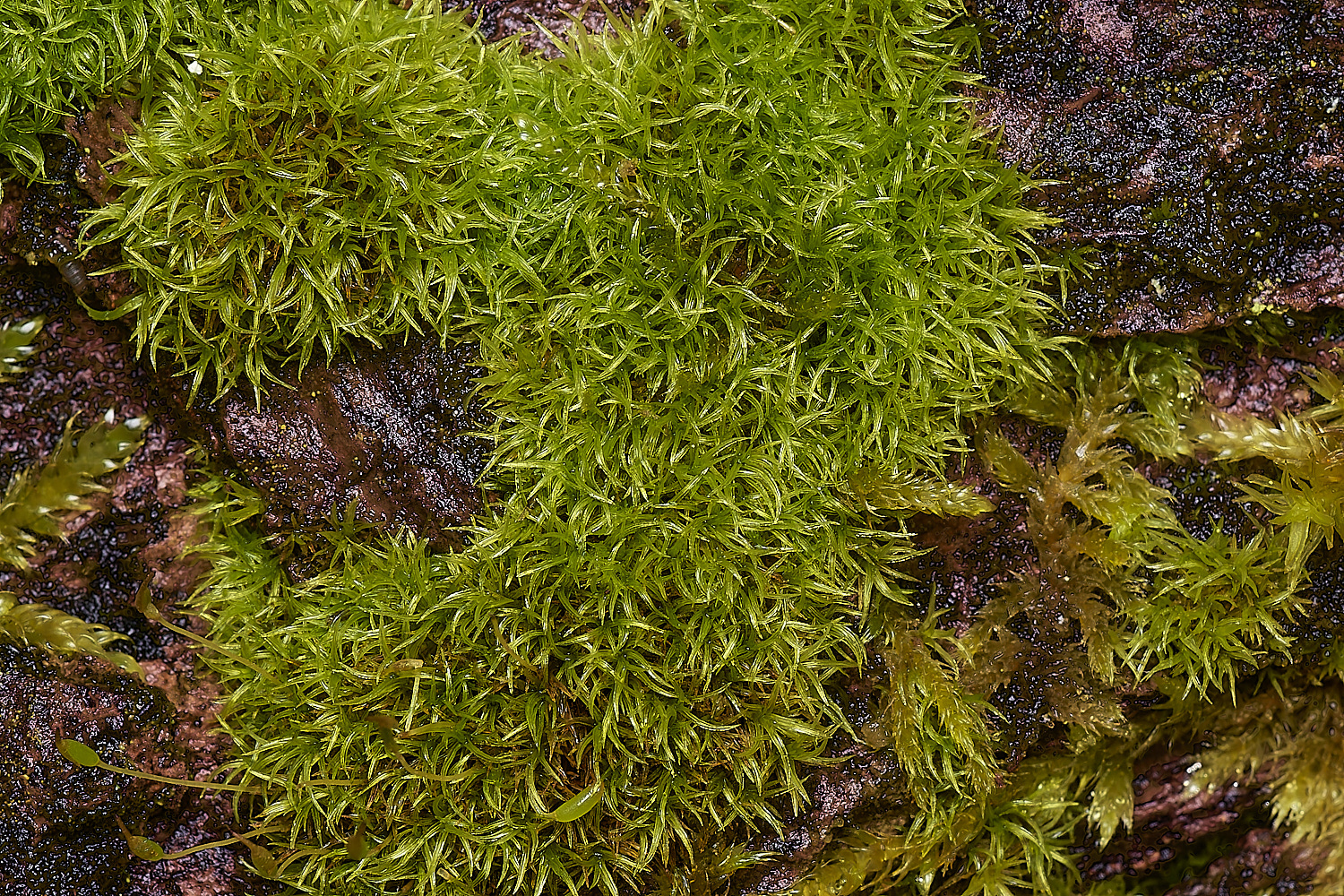
Common Pincushion (Dicranoweisia cirrata)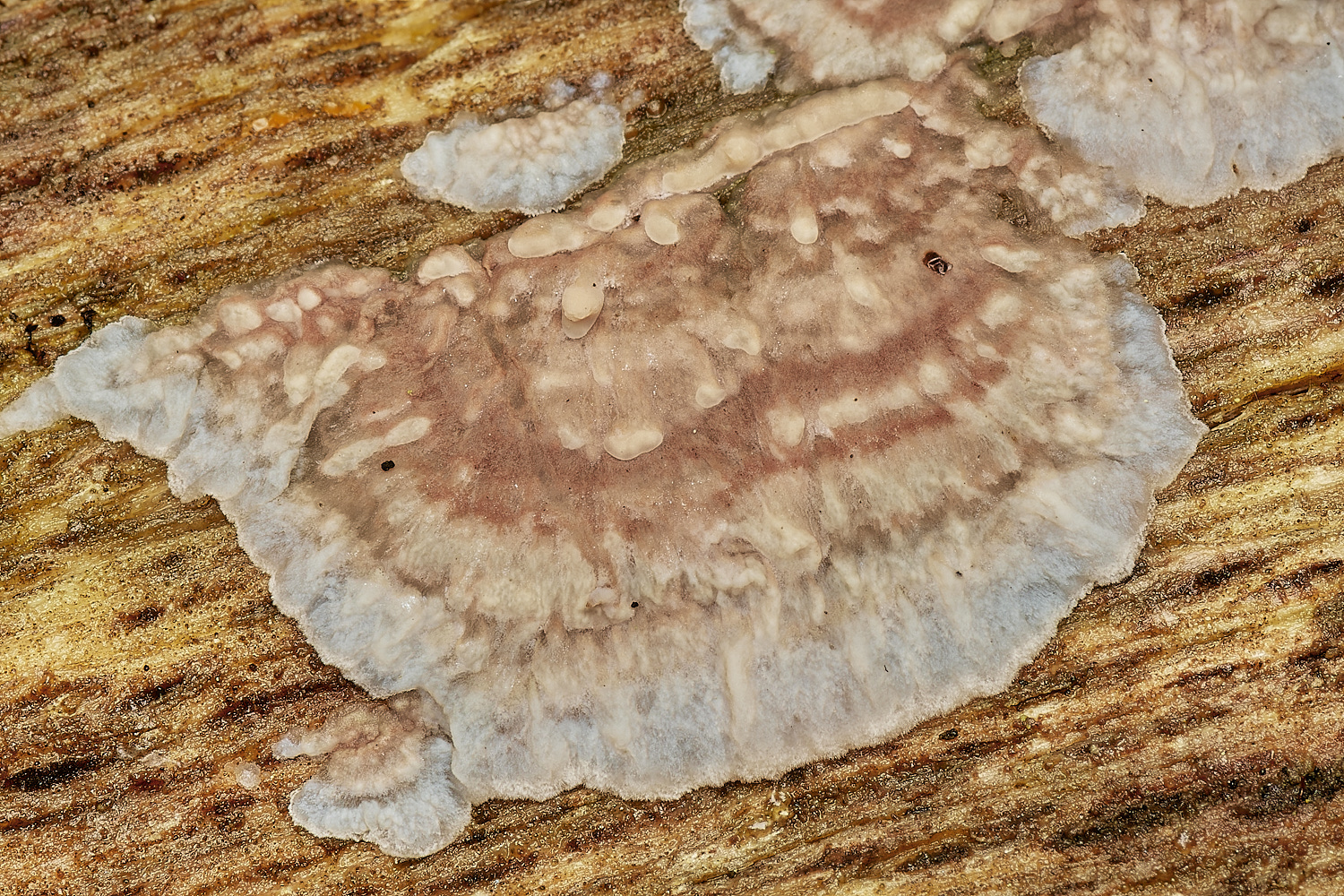
A very washed out Wrinkled Crust (Phlebia radiata)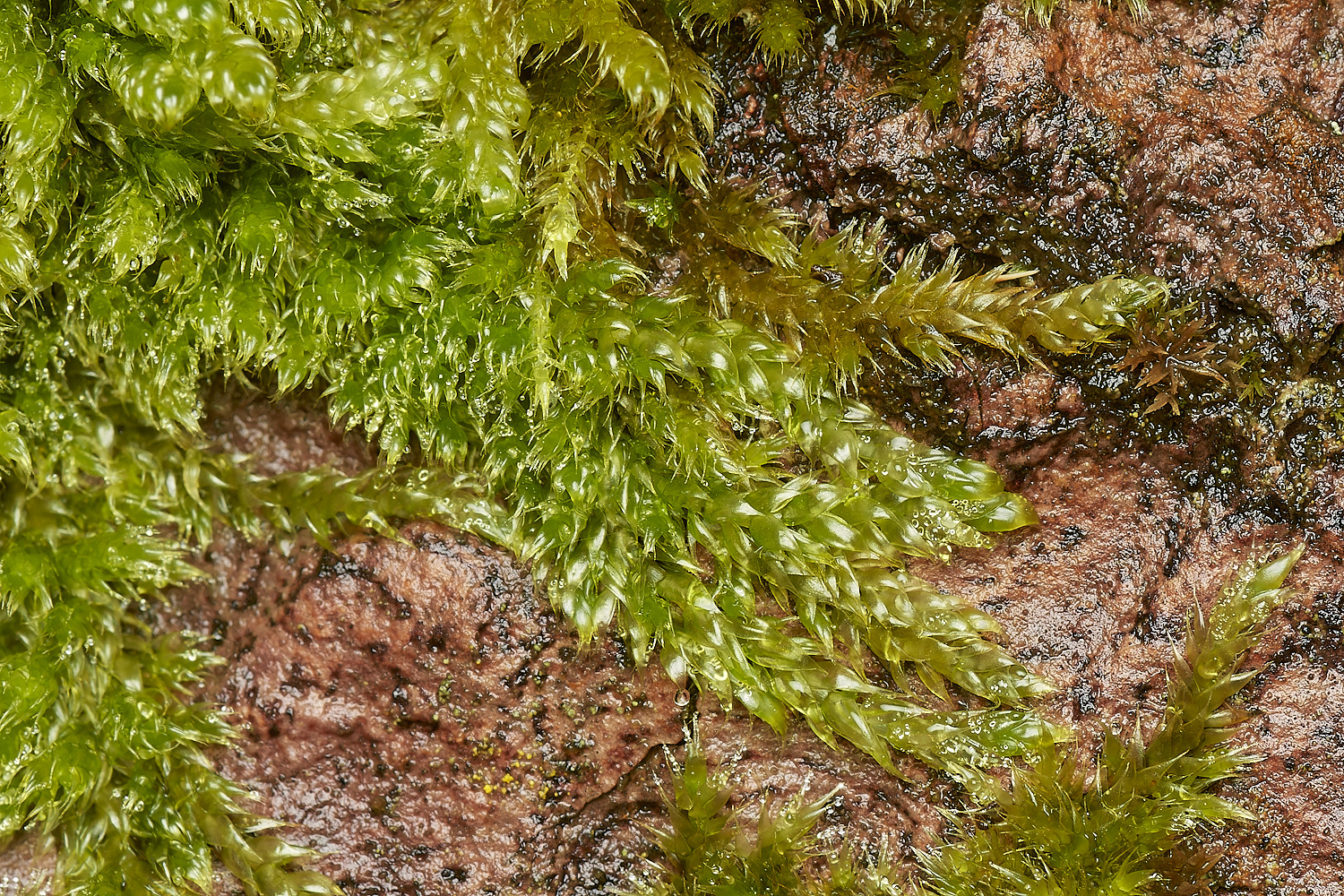
Cyrpess-leaved Plait-moss (Hypnum cupressiforme)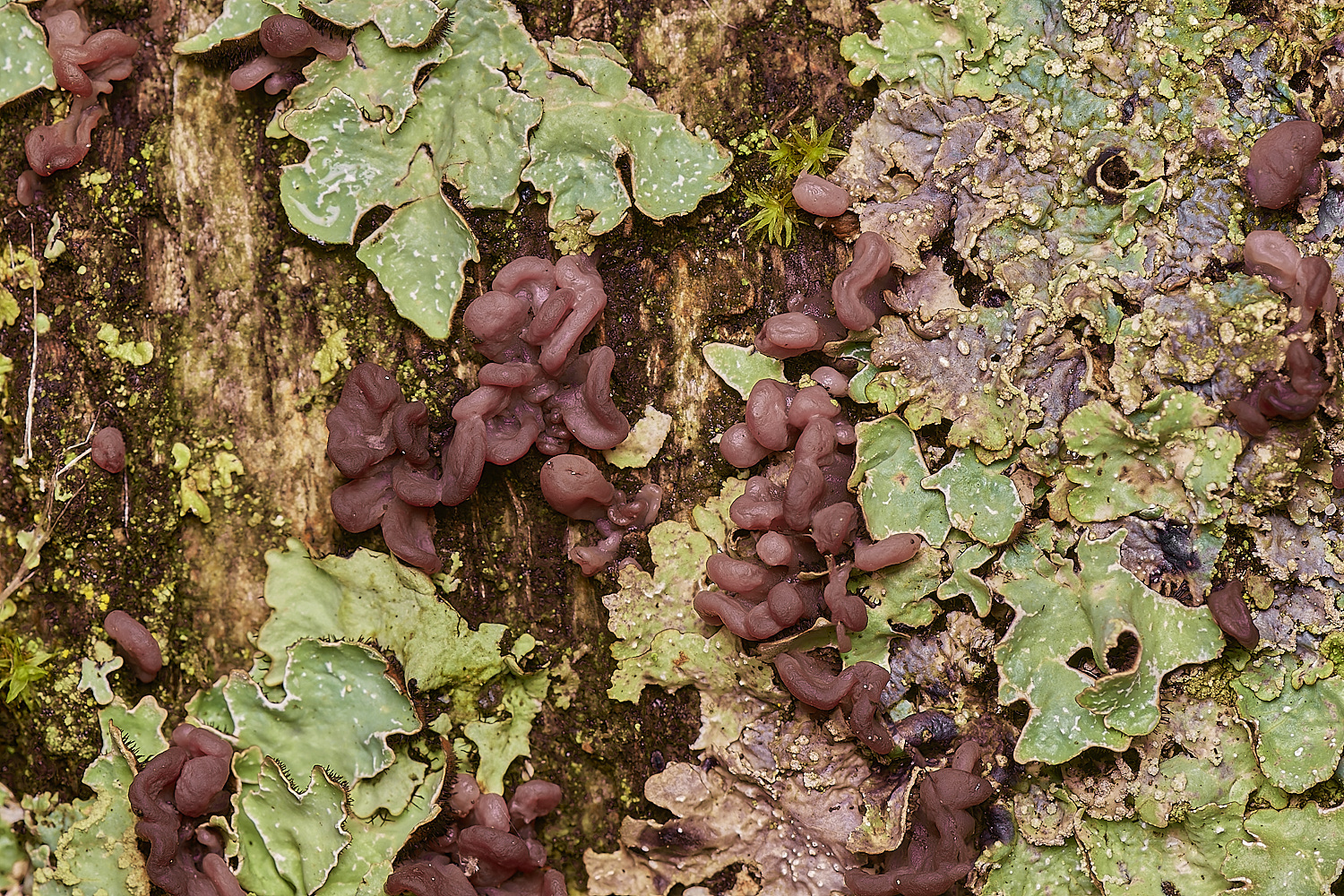
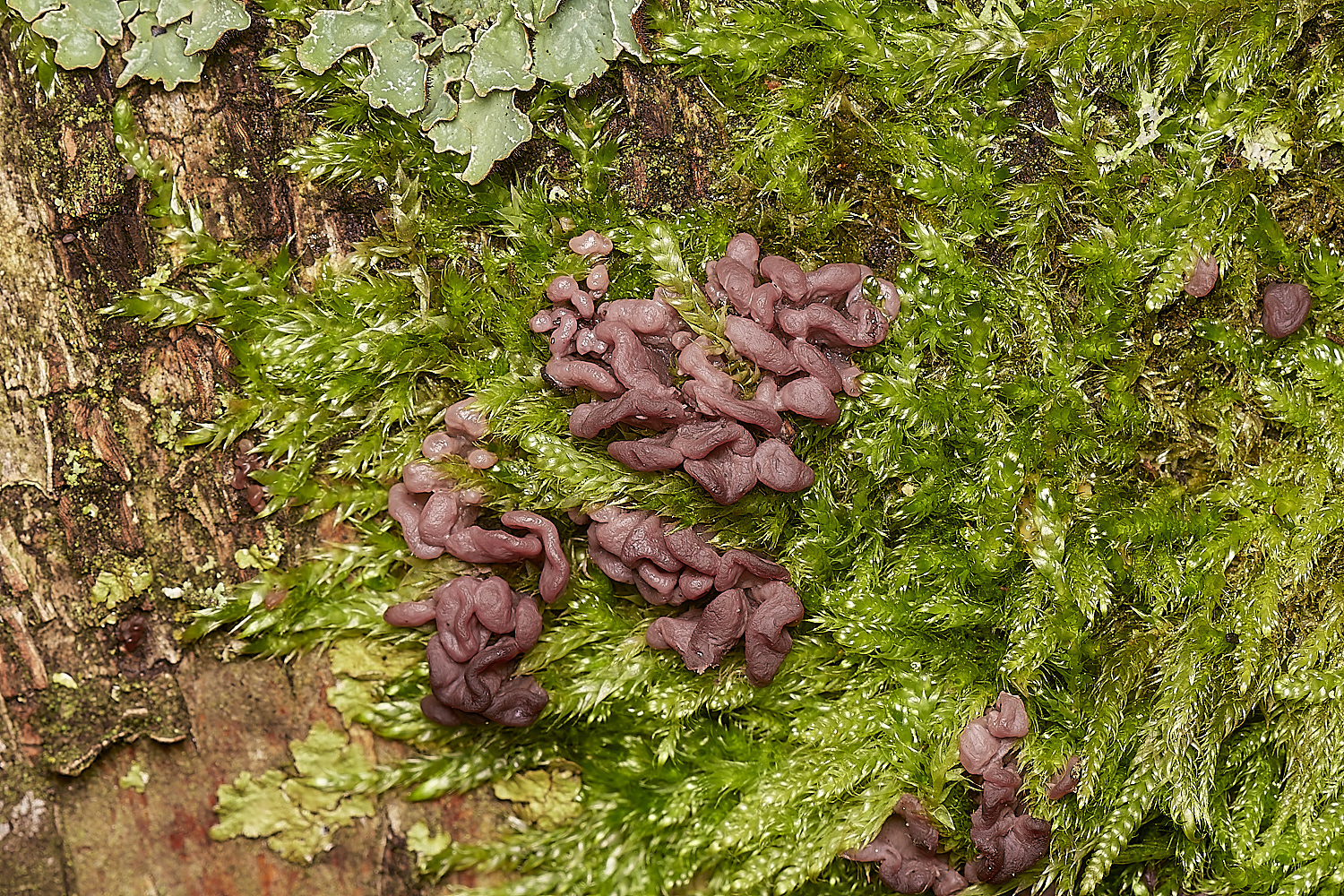
Purple Jelly Disc (Ascocoryne sarcoides)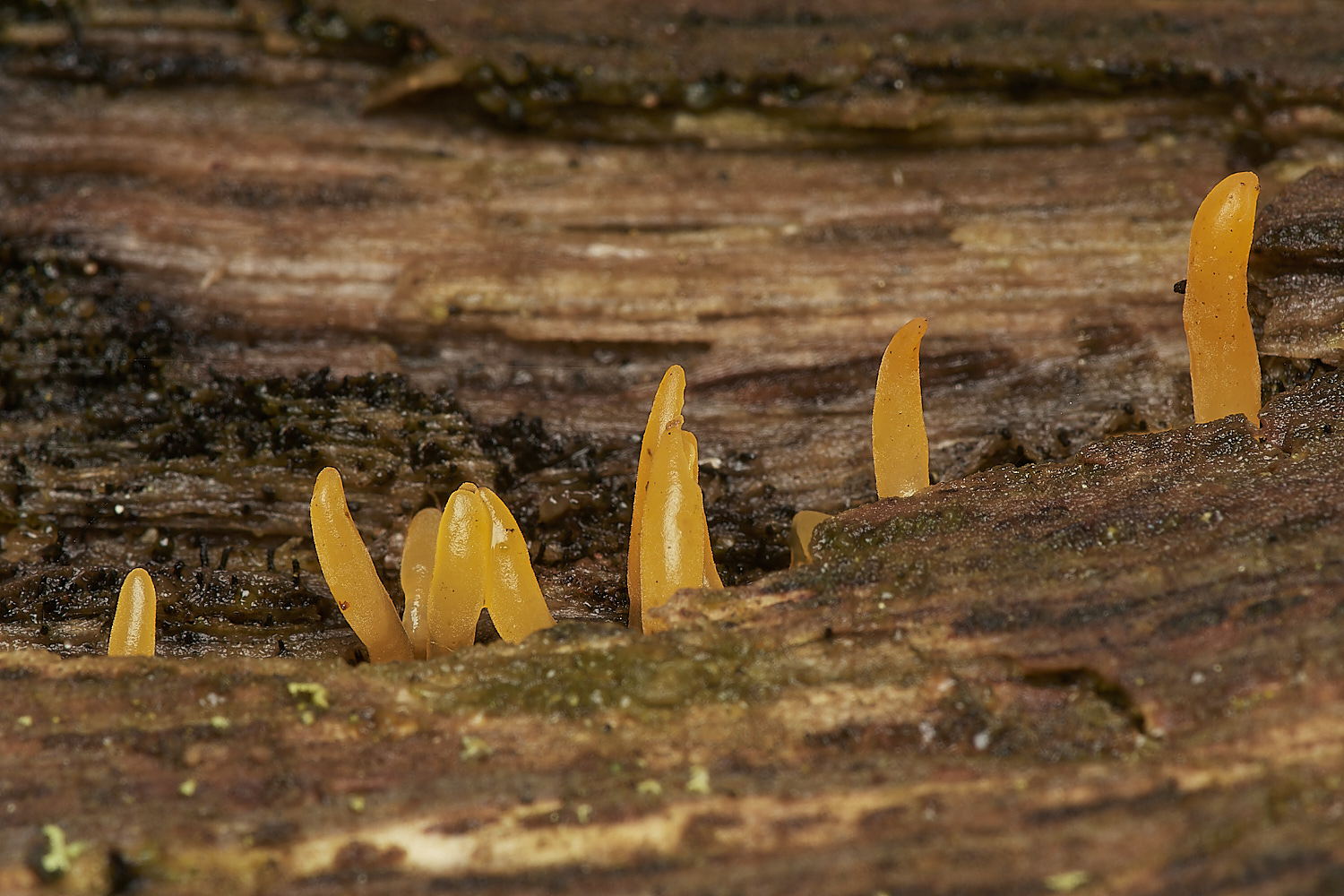
Small Stagshorn (Calocera cornea)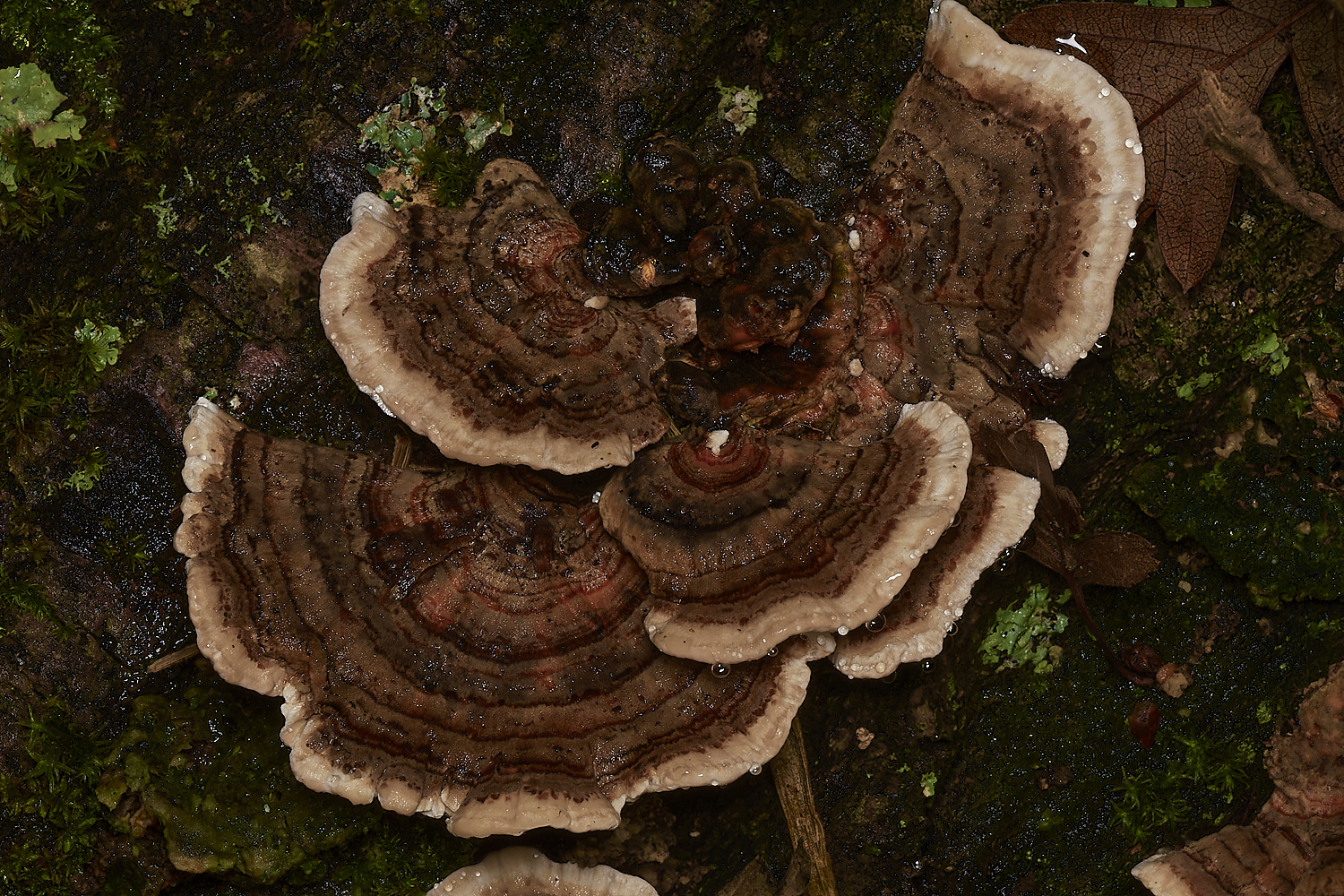
Turkey Tail (Trametes versicolor)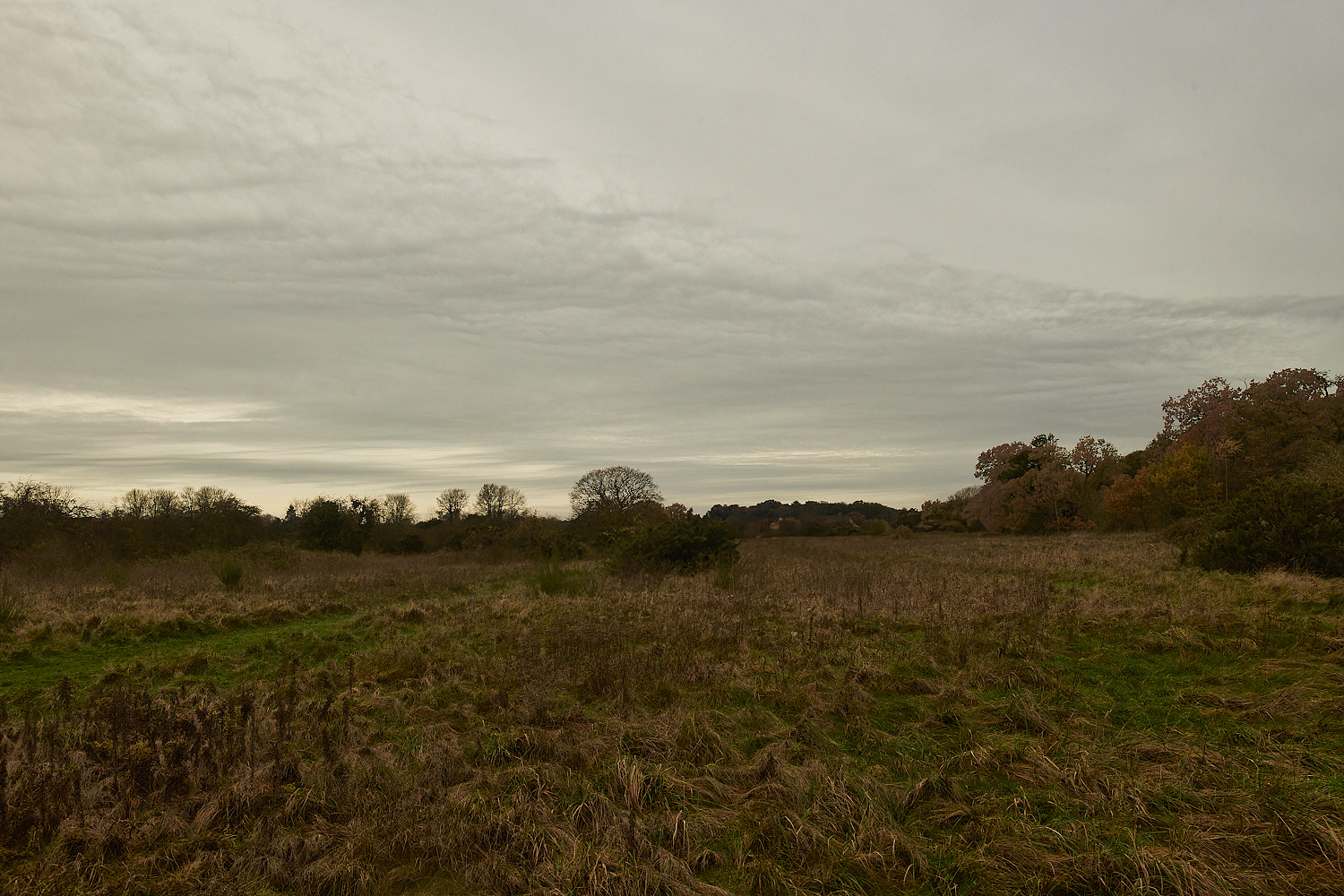
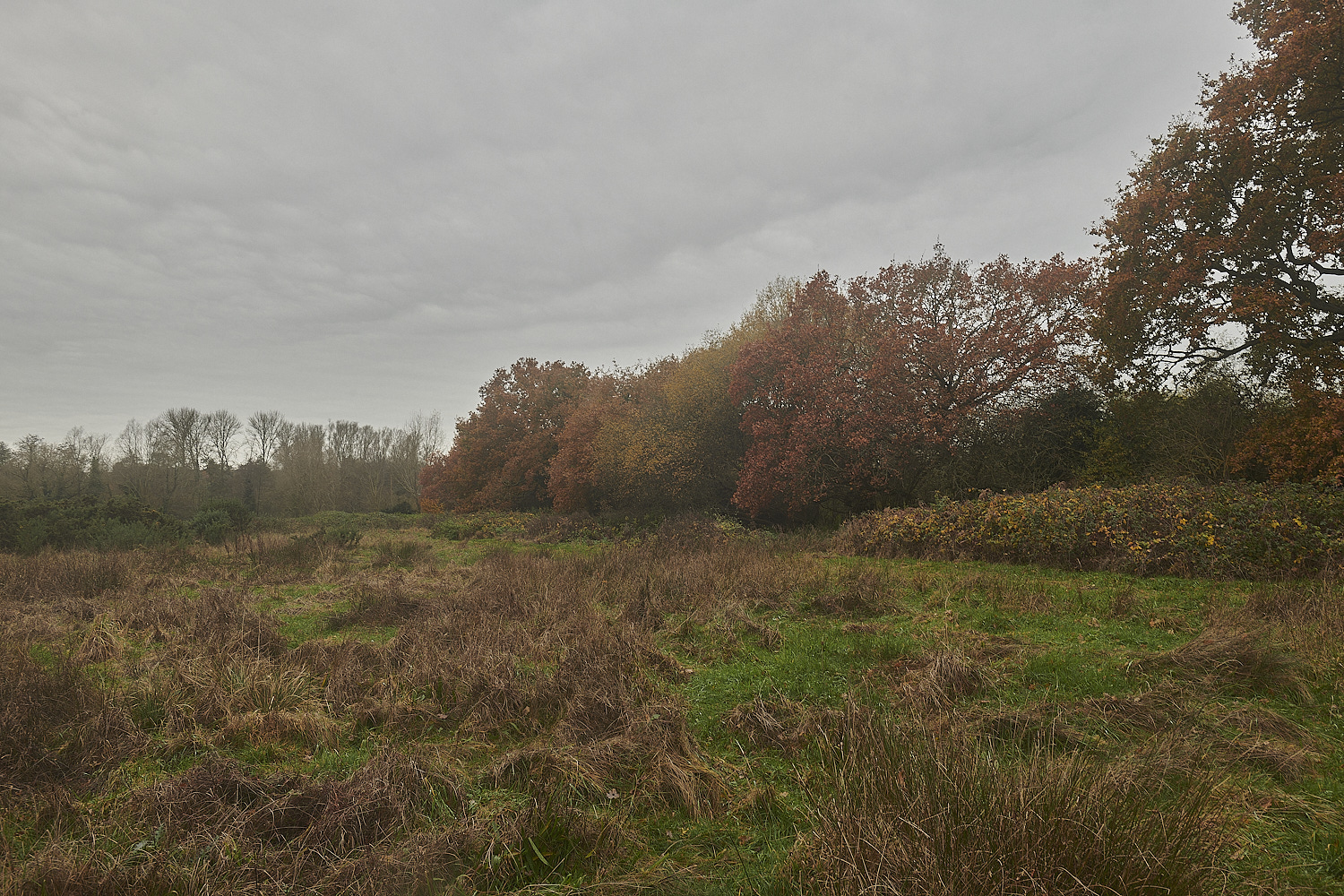
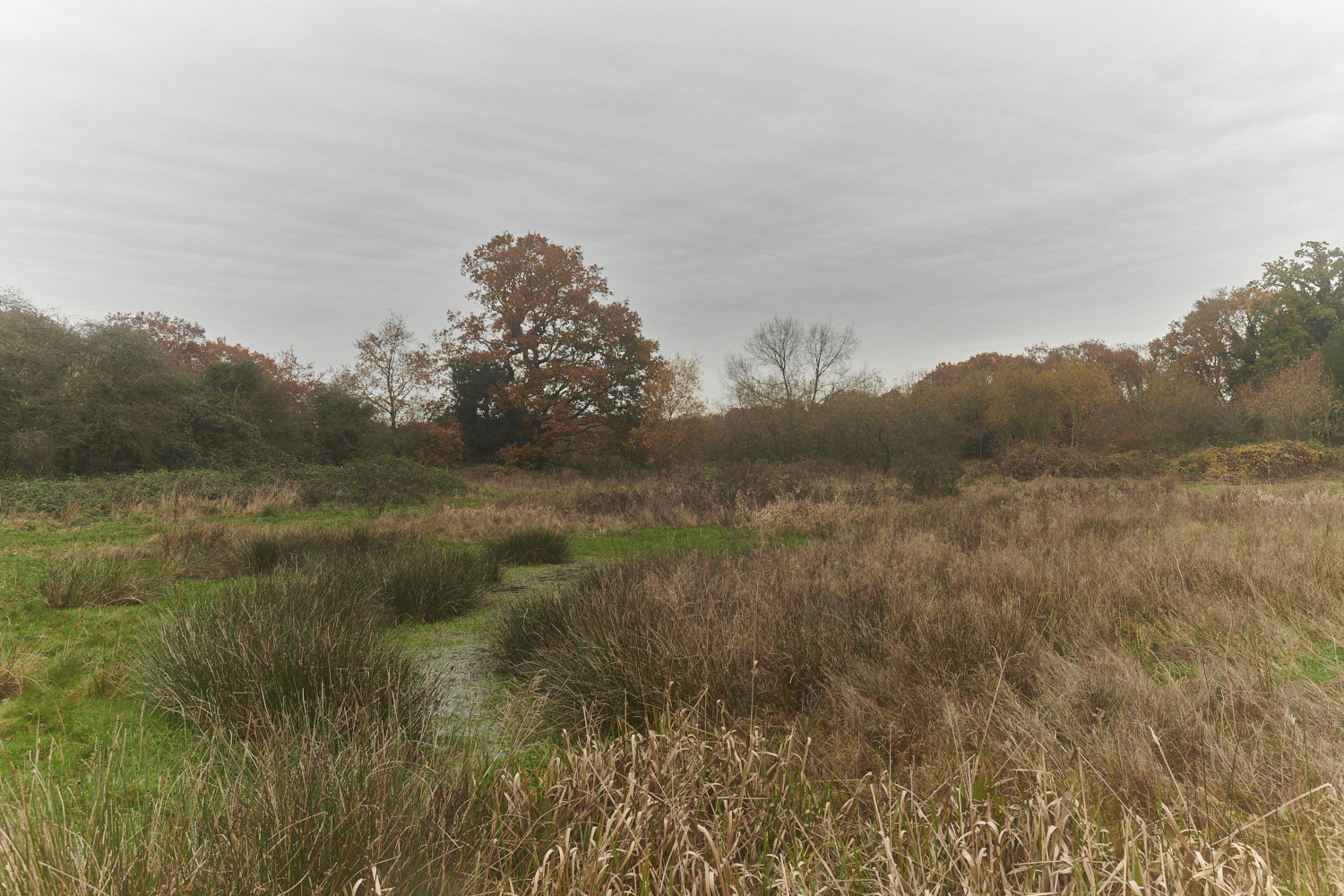
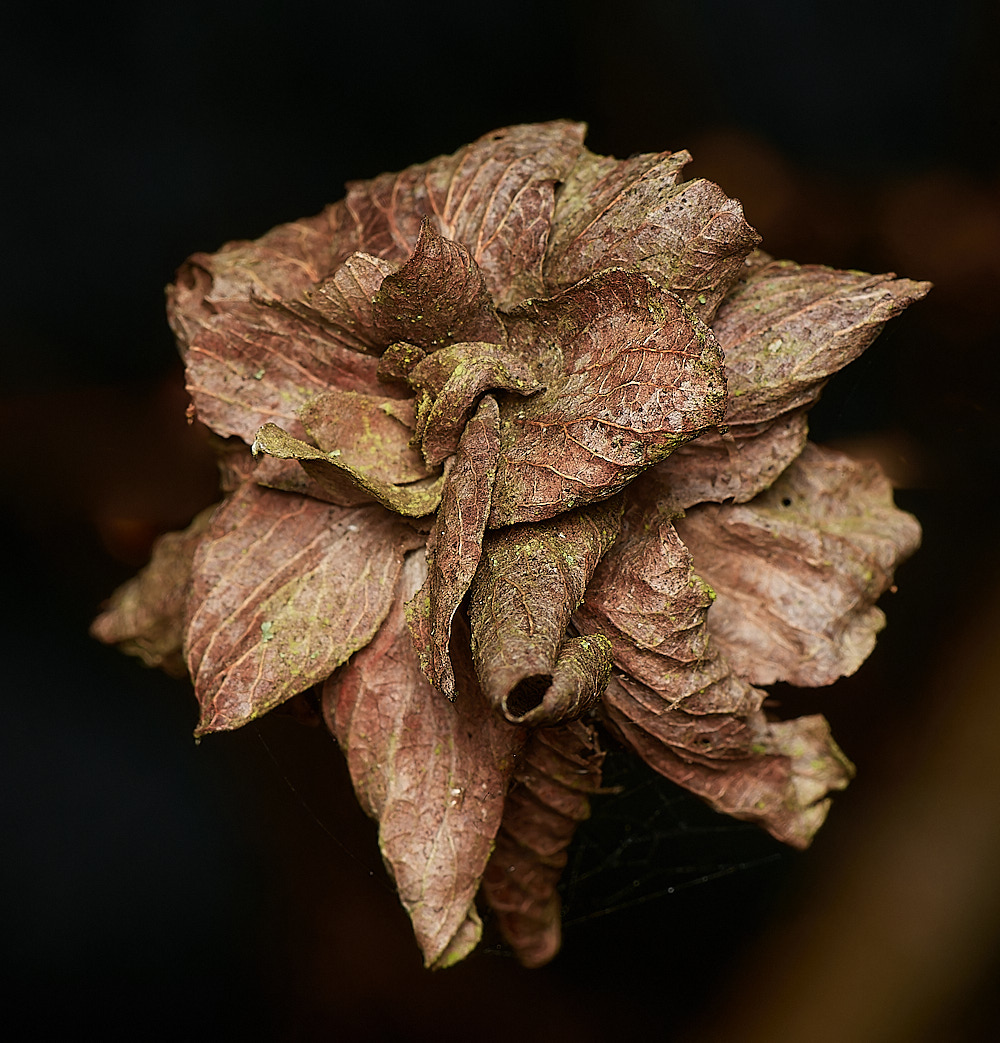
Terminal rosette Gall or Camellia Gall found on Willow Sp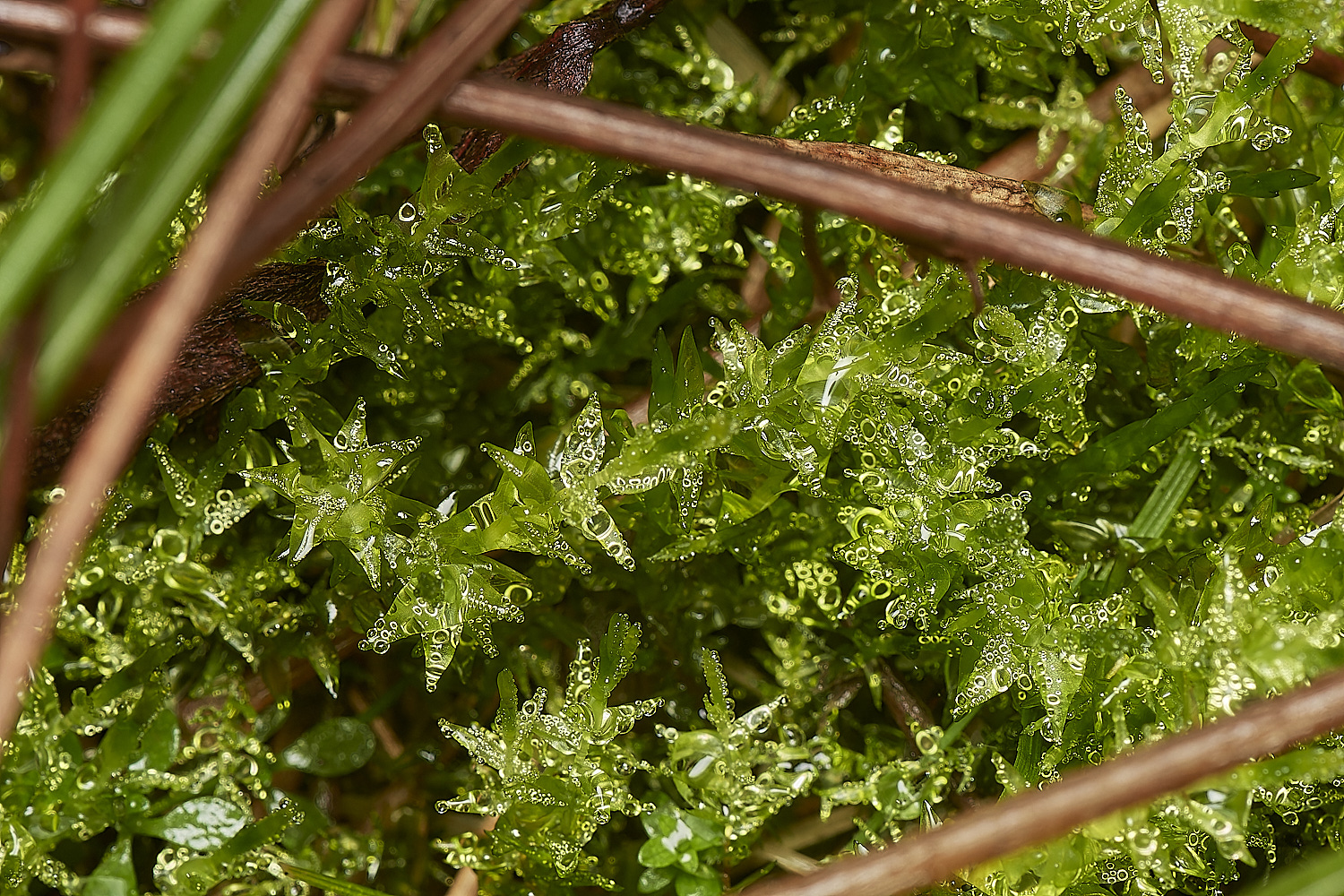
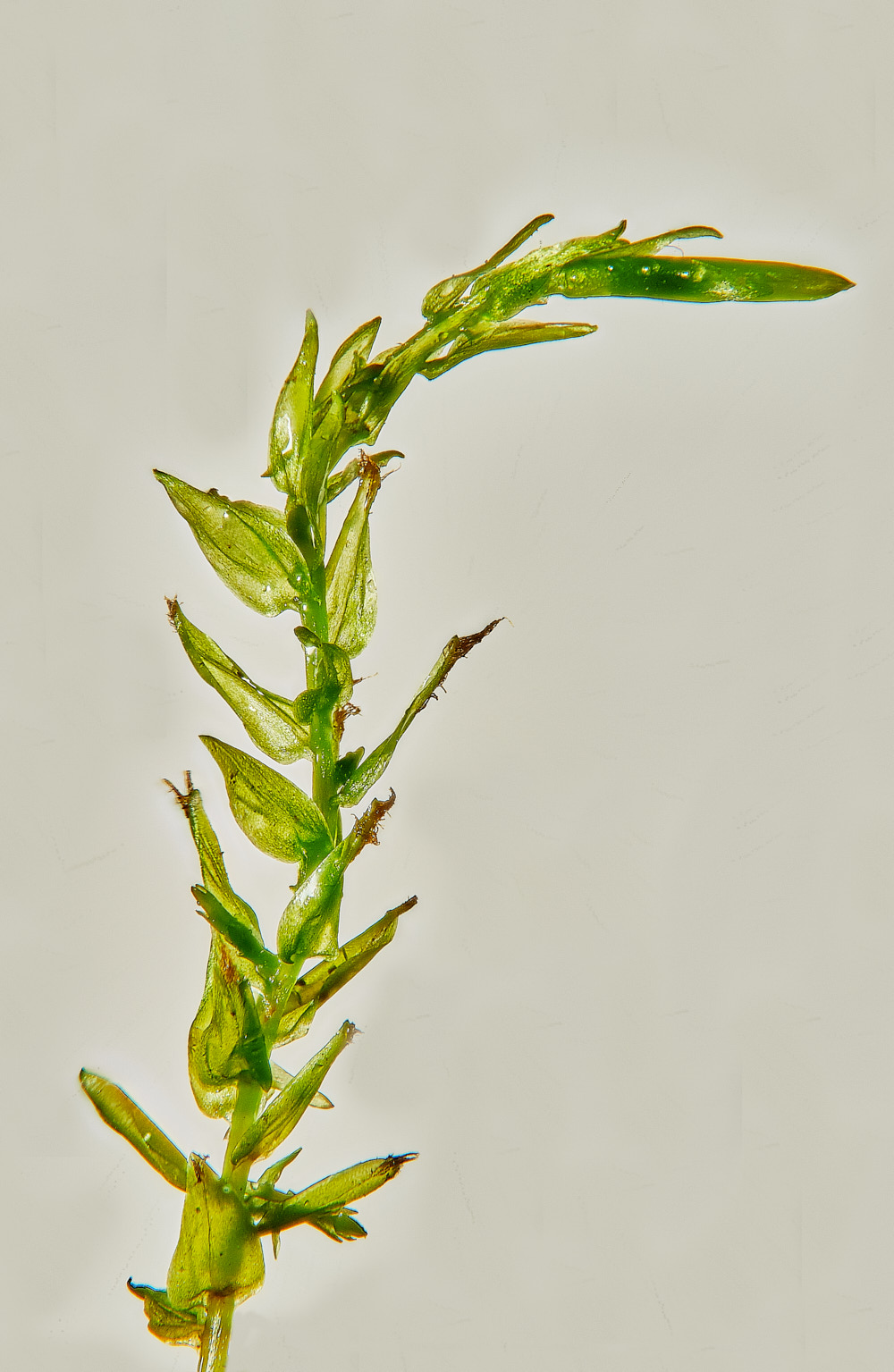
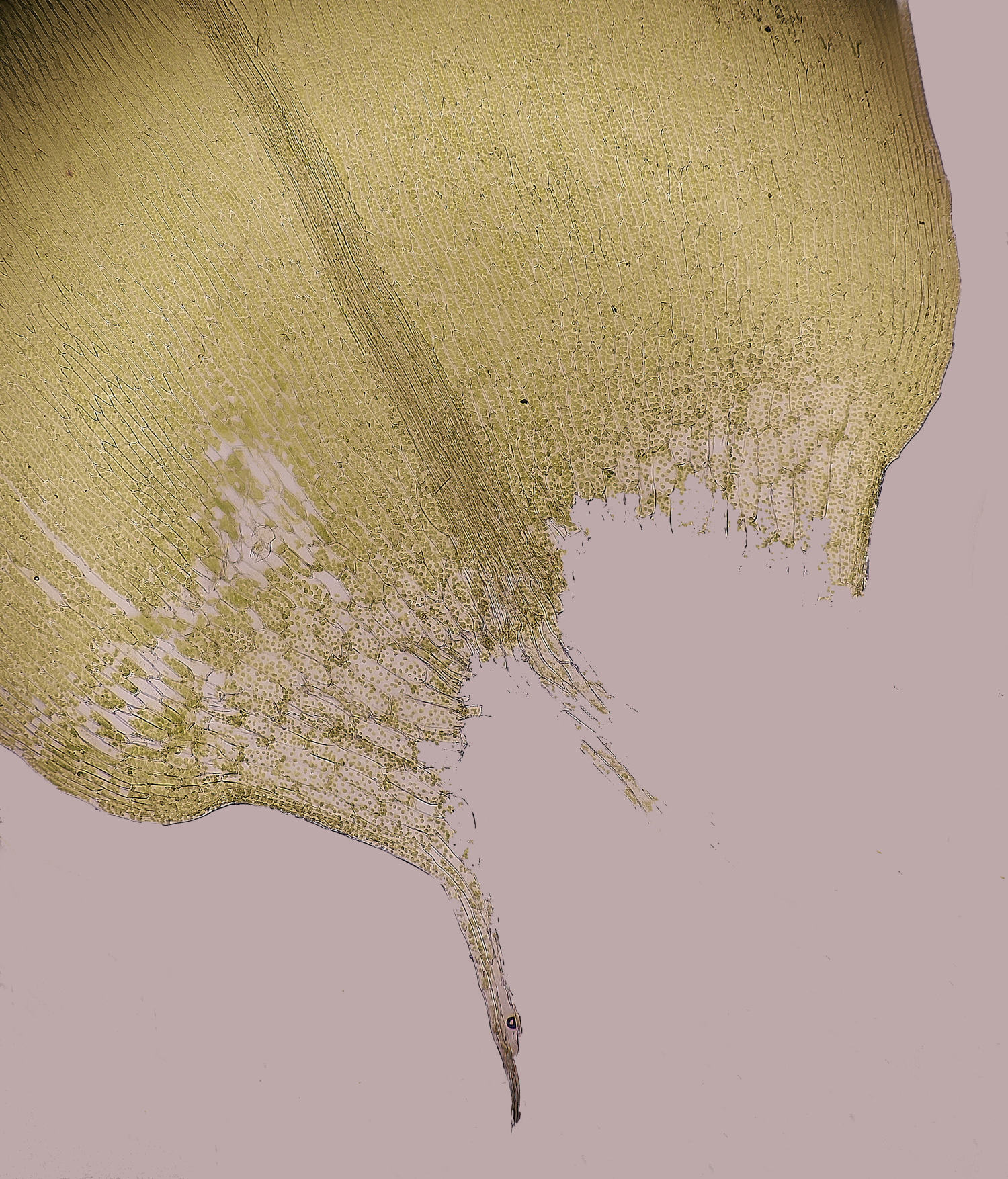
Gradation of size of Laminar cells through intermediate to largerAlar Cells
Heart-leaved Spear-moss (Calliergon cordifolium)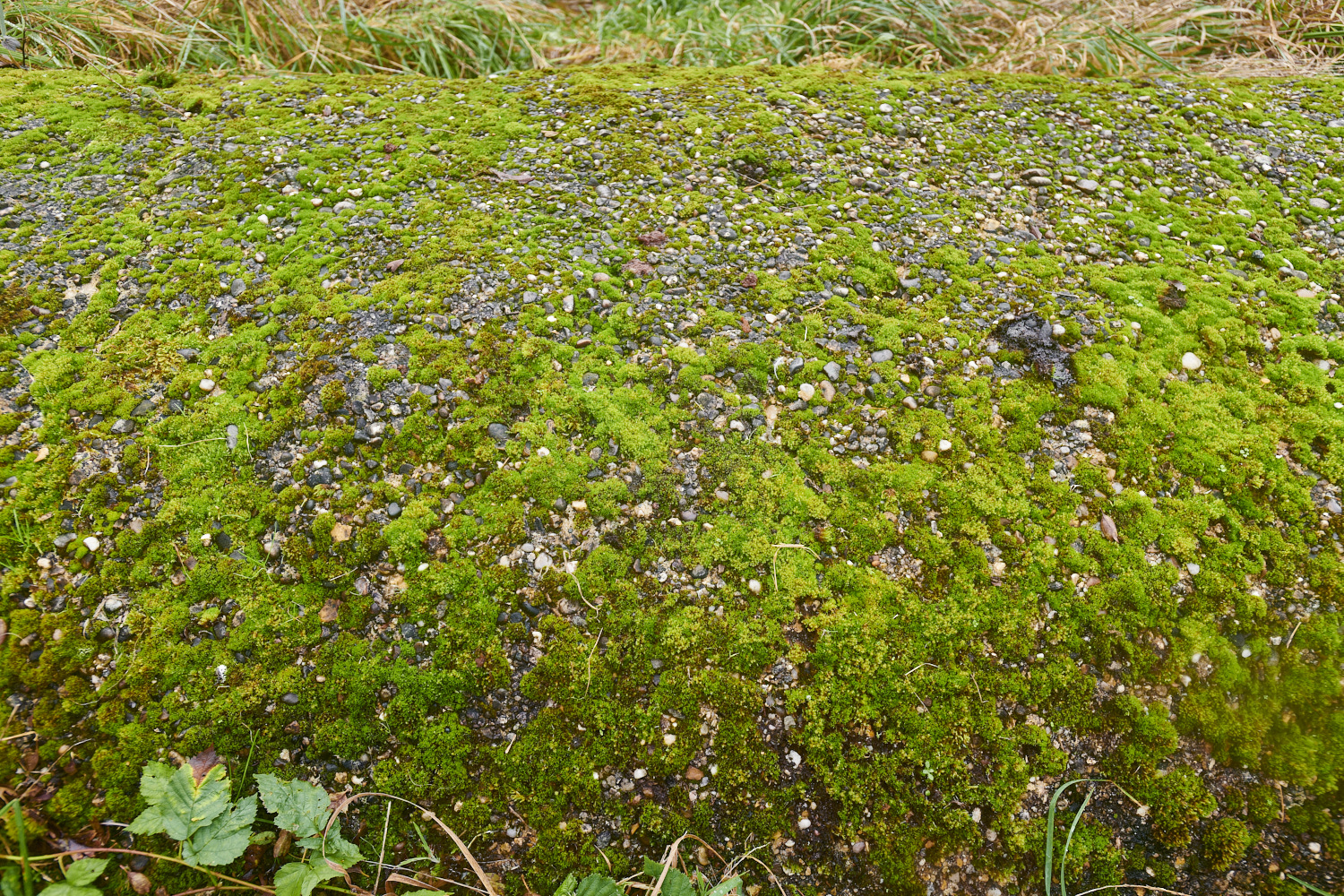
A rather wonderful moss community on a concrete pipe.
At least twelve species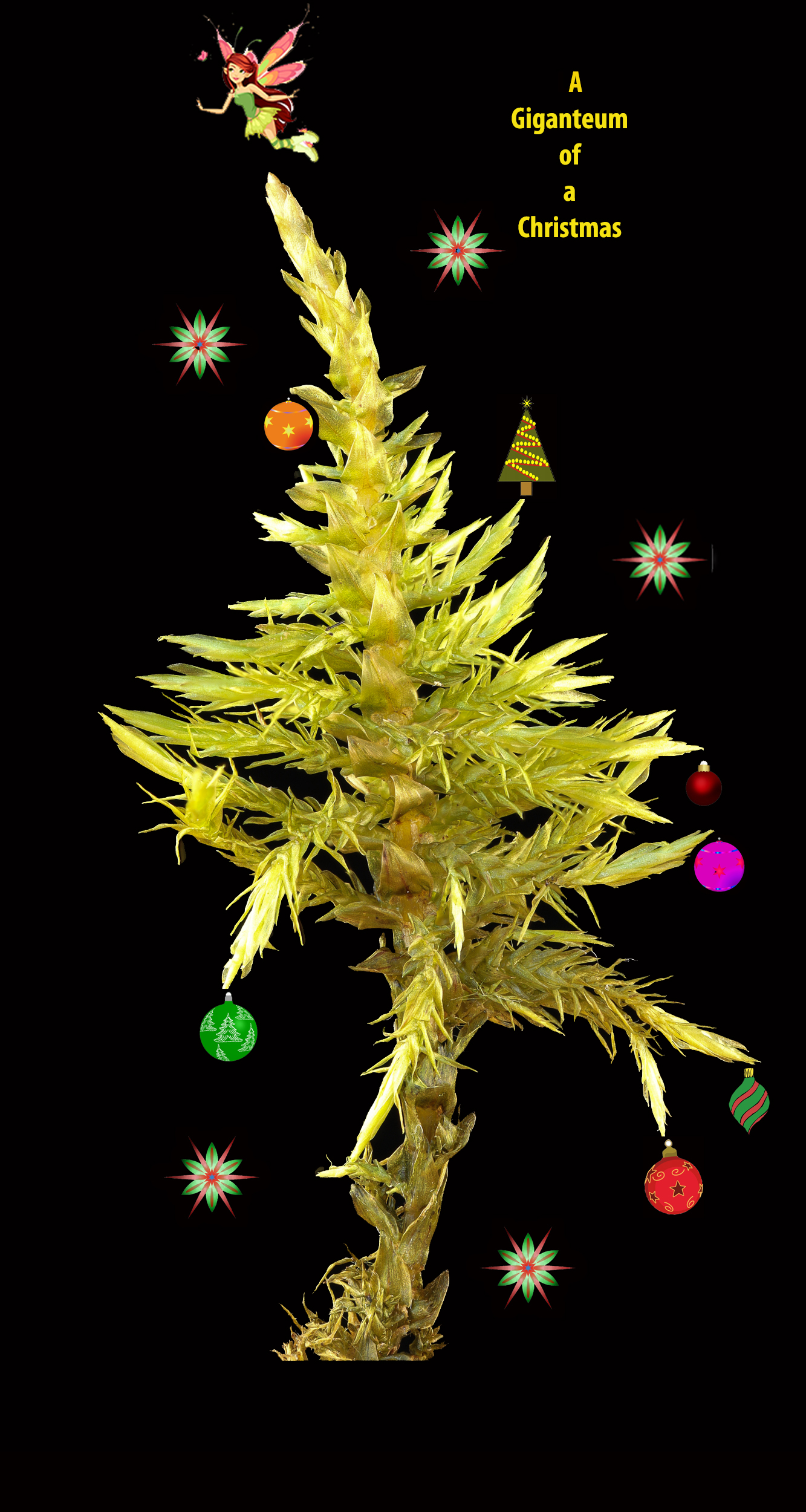
To all from N&SBG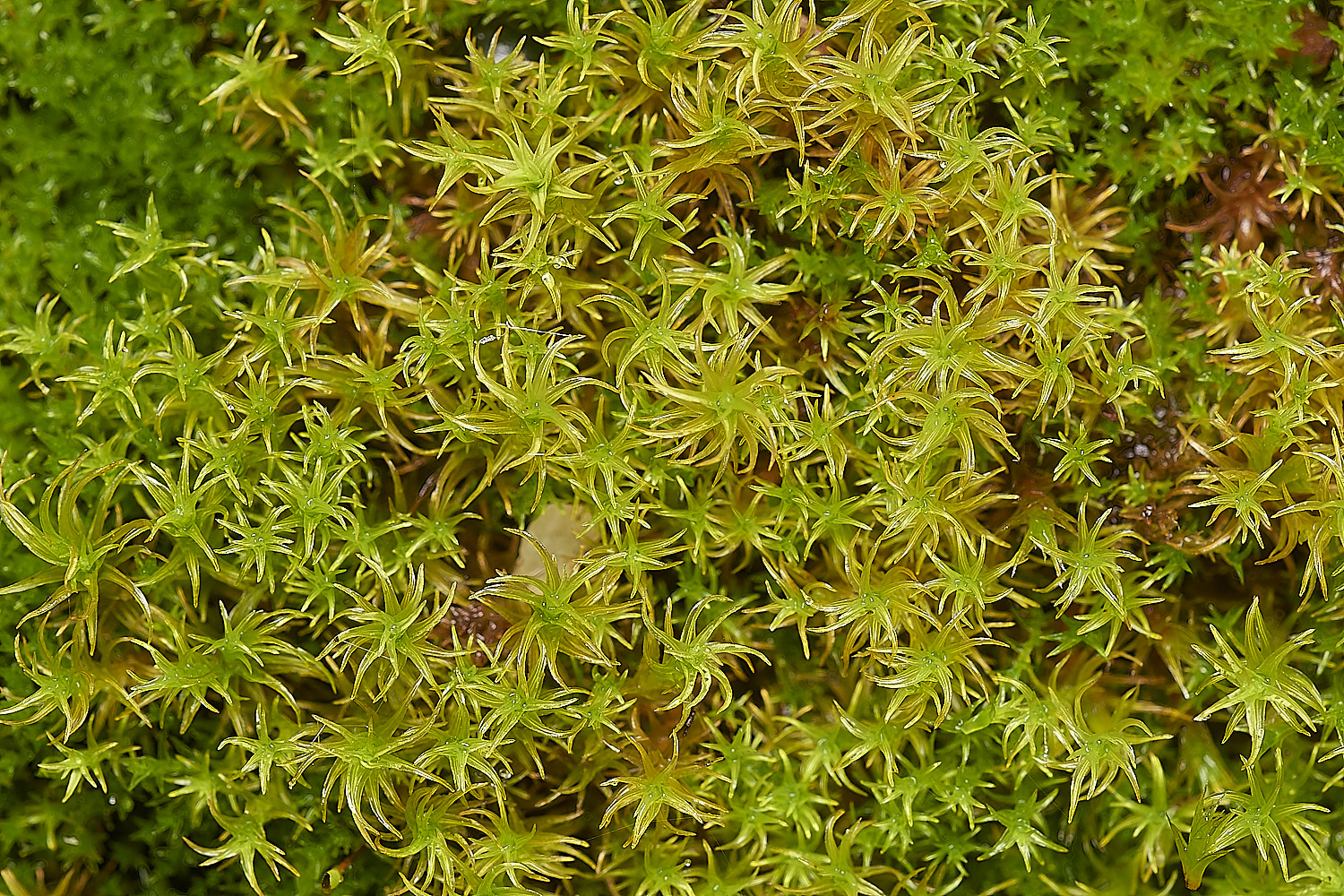
Cylindric Beard-moss (Didymodon insulanus)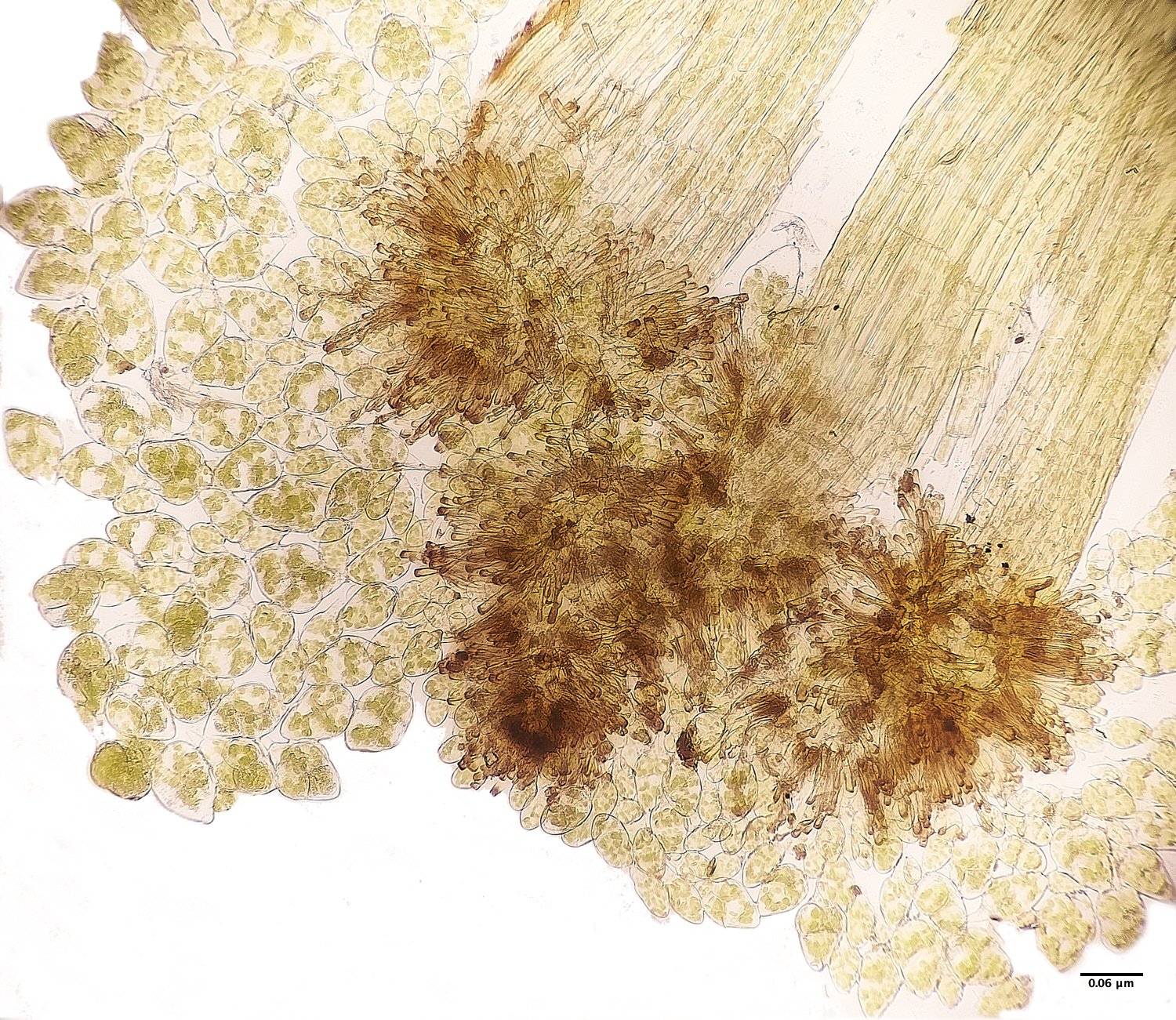
x200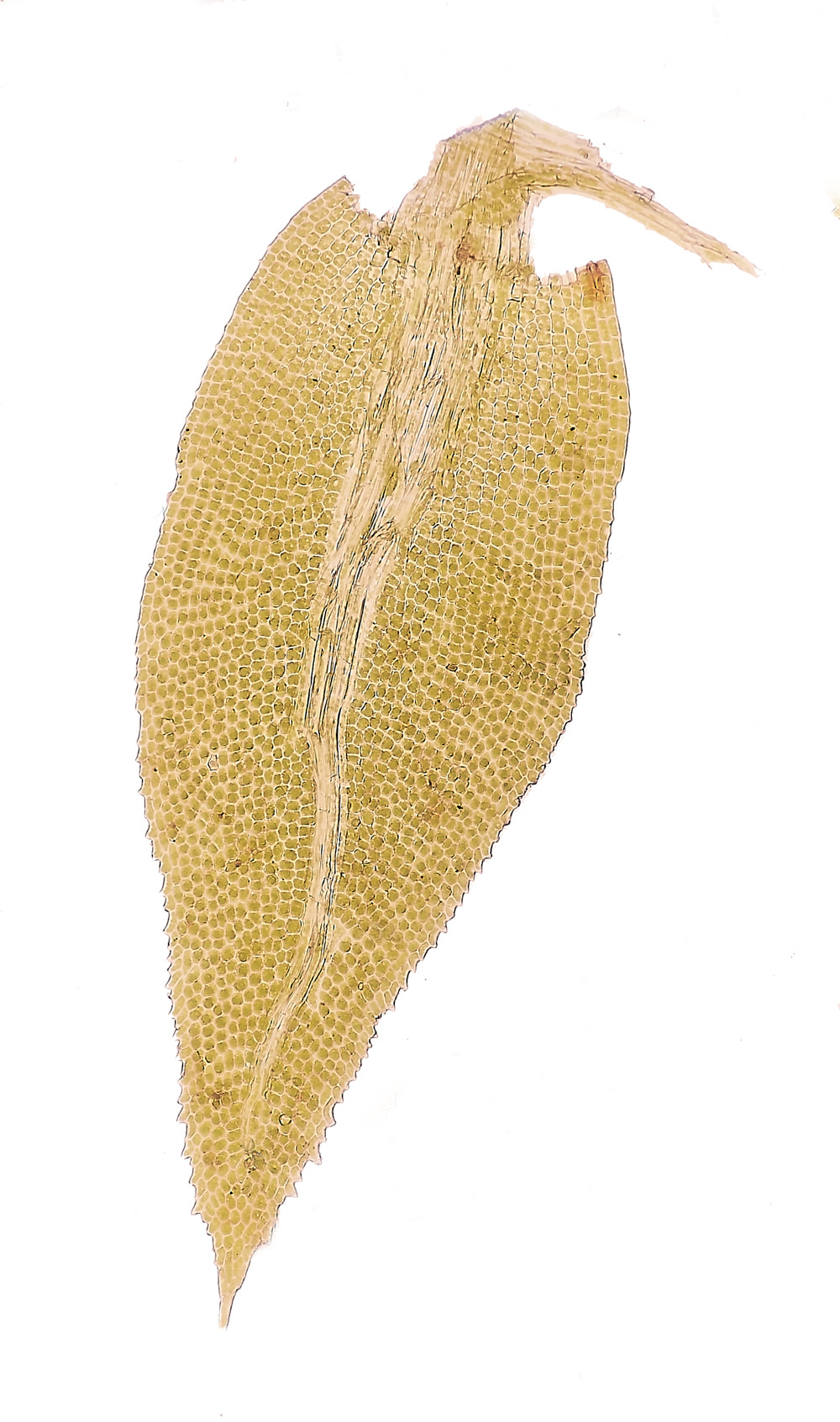
x 100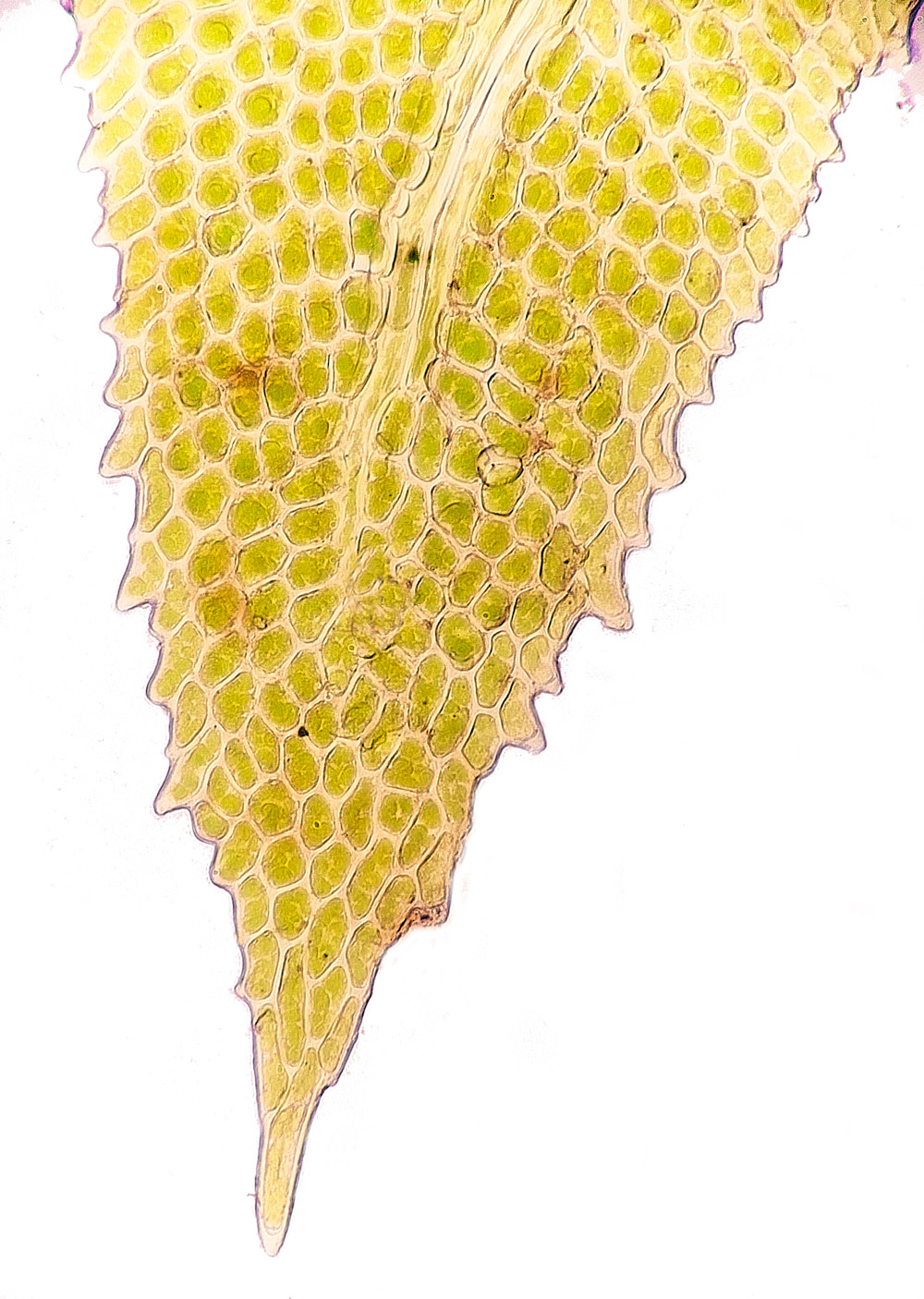
x 200
The stalked gemmae balls of Drumsticks (Aulocomnium androgynum) and a phyllid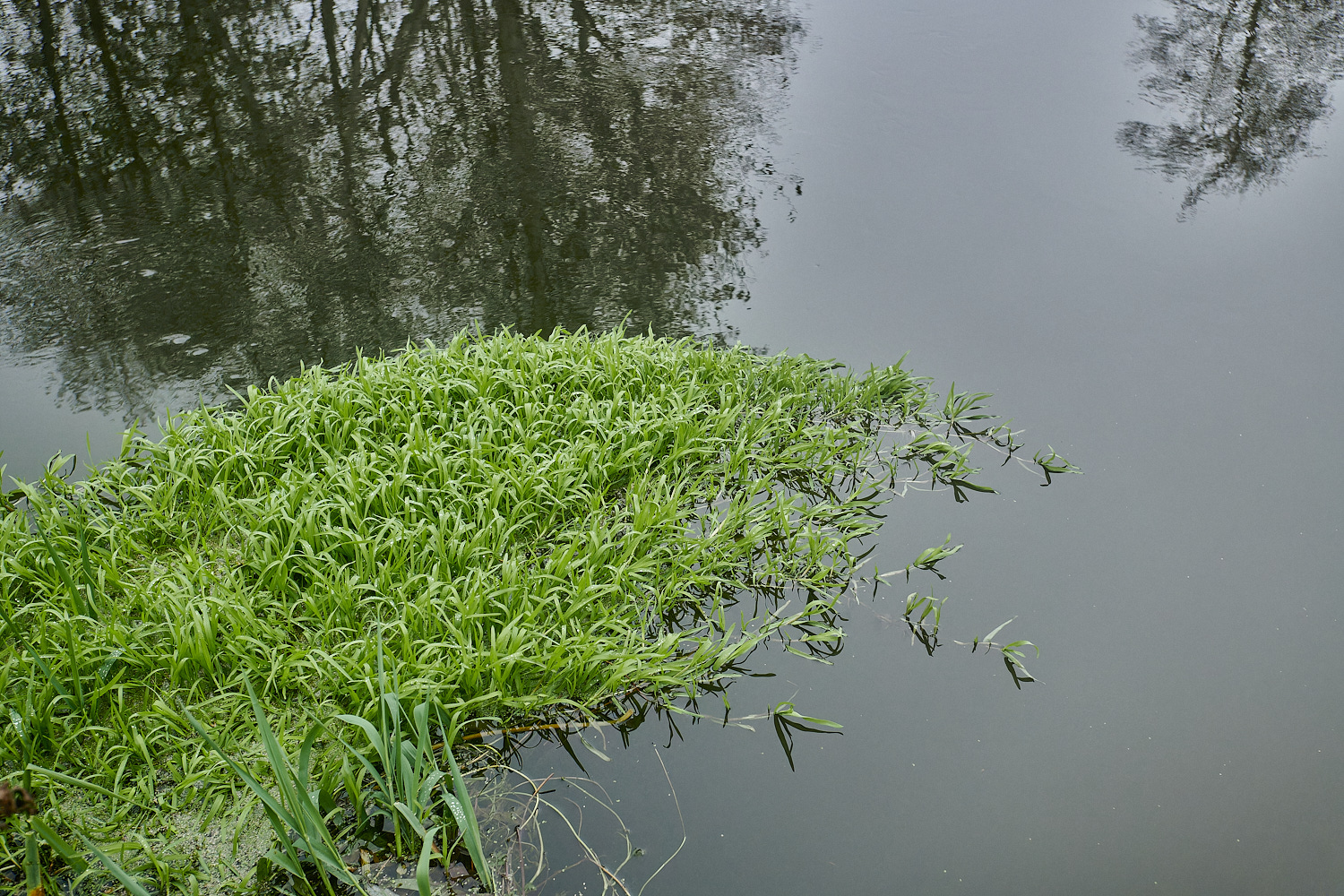
Whorl Grass (Catabrosa aquatica)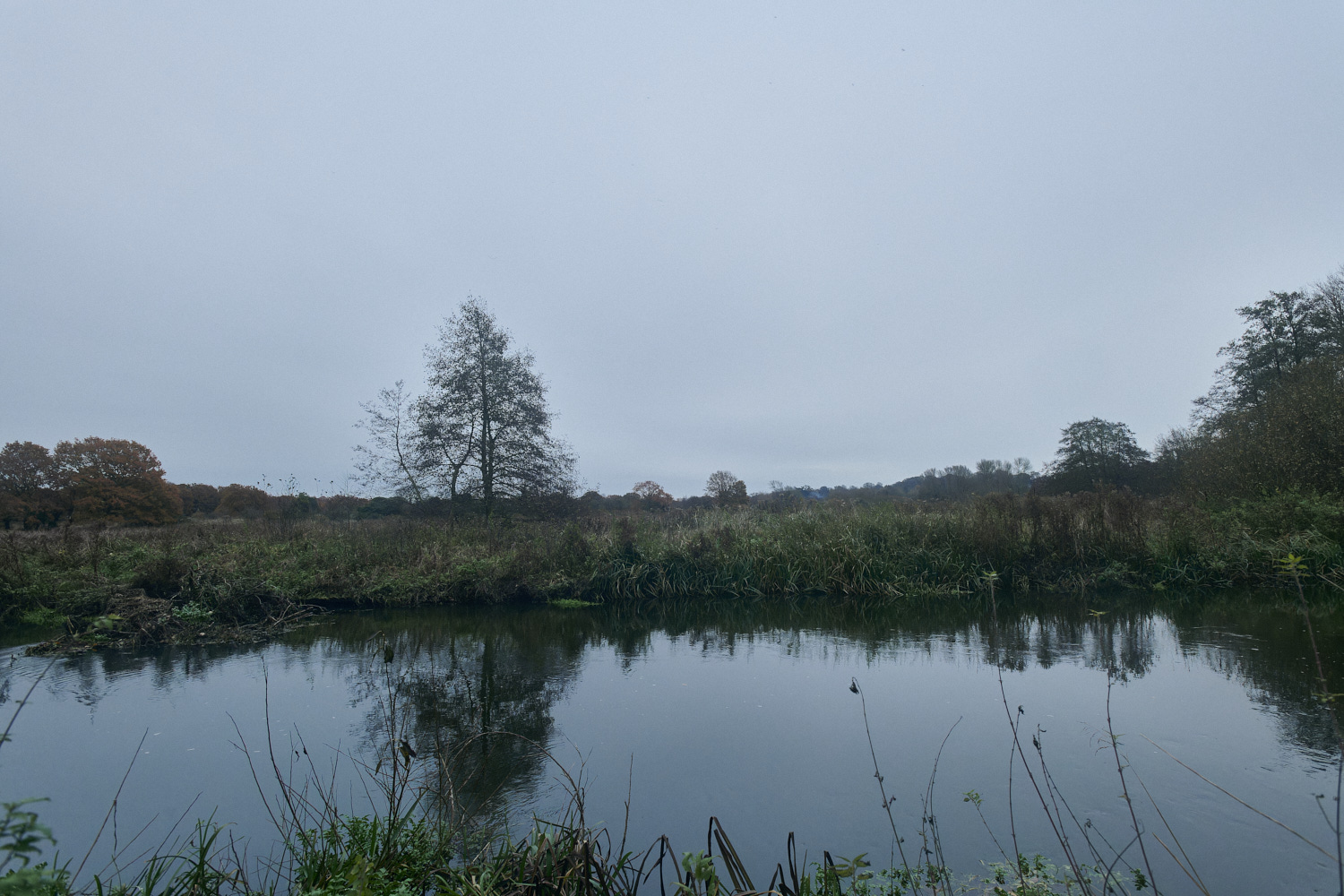
Holkham Park
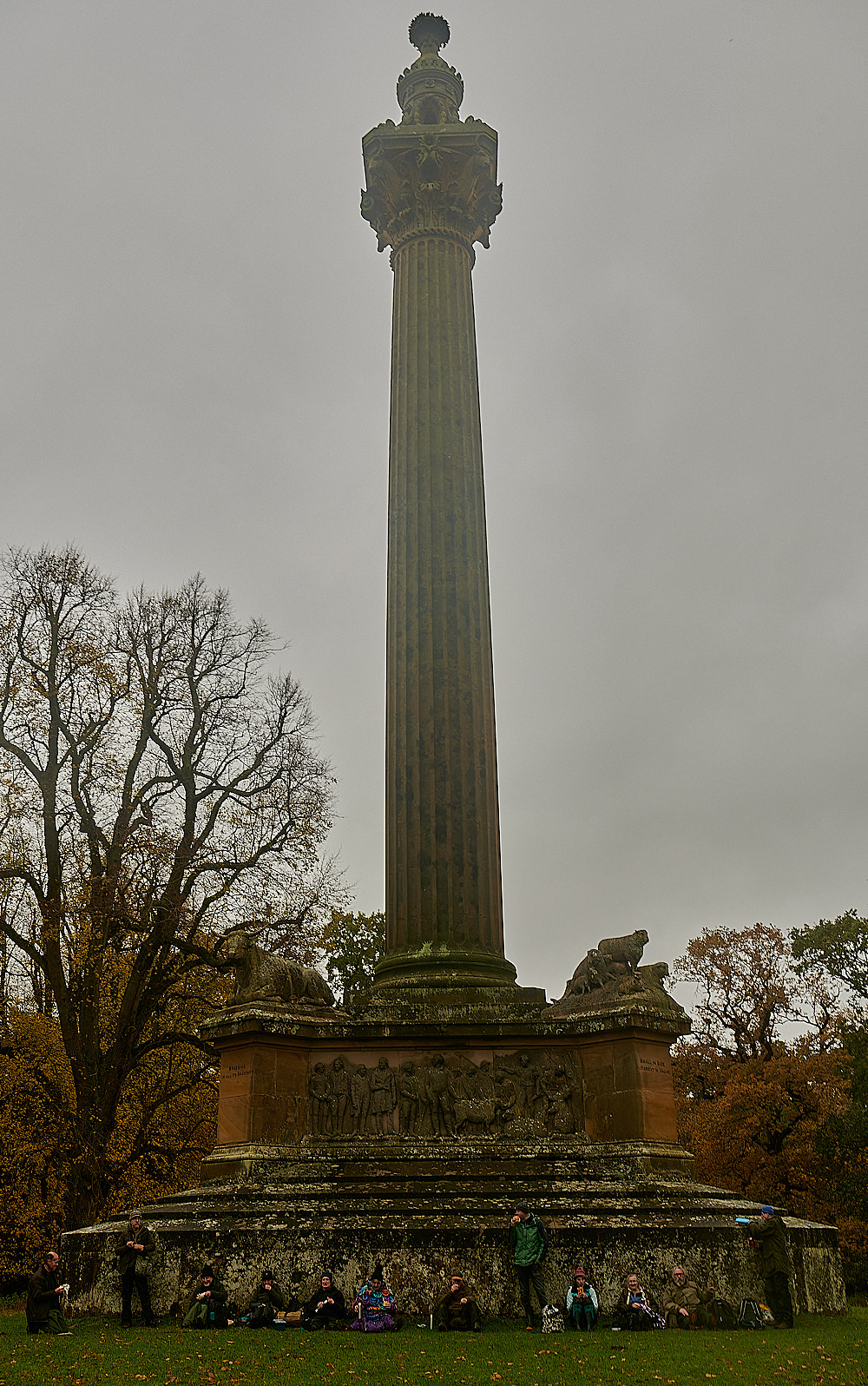
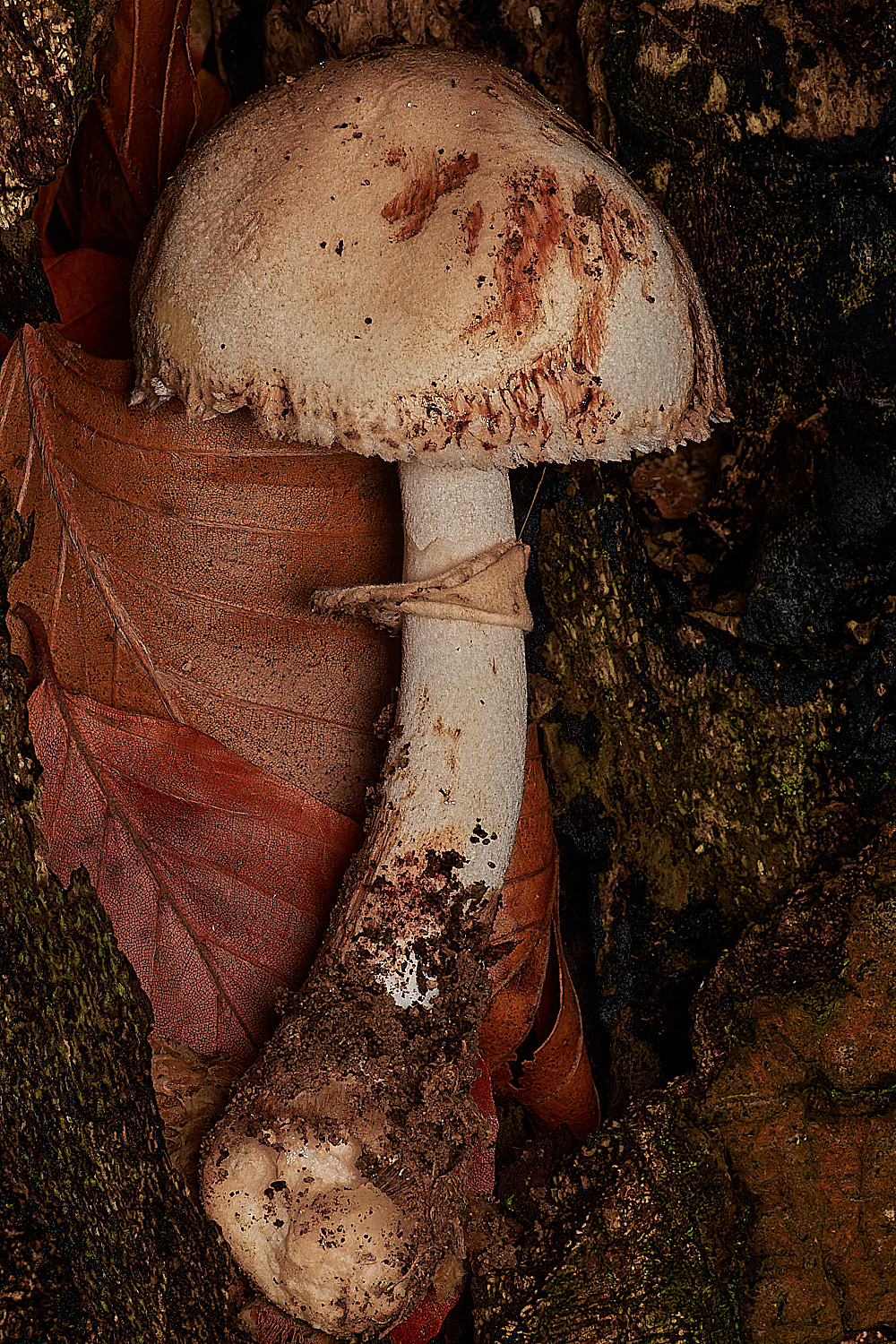

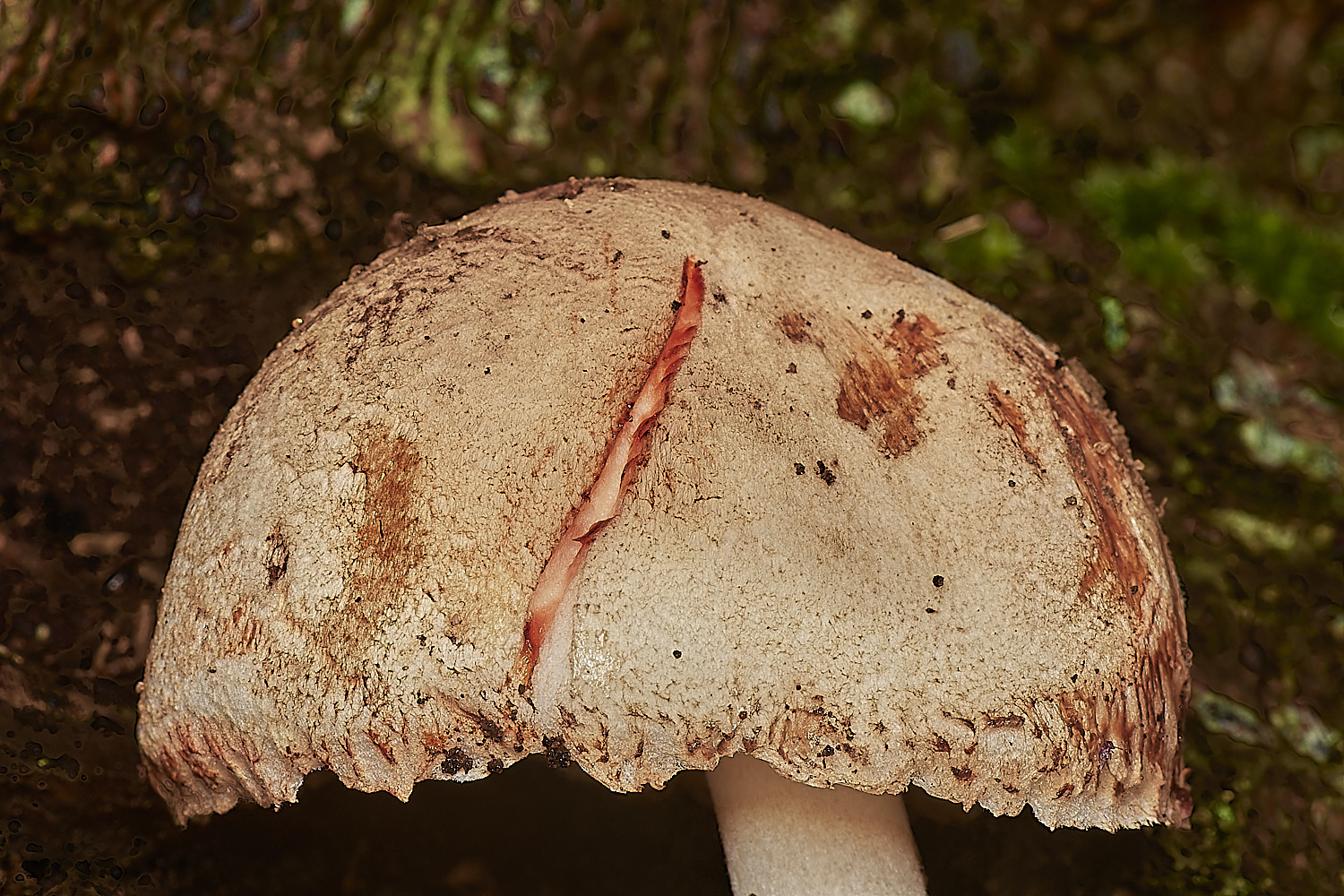
Blushing Dapperling (Leucoagaricus badhamii)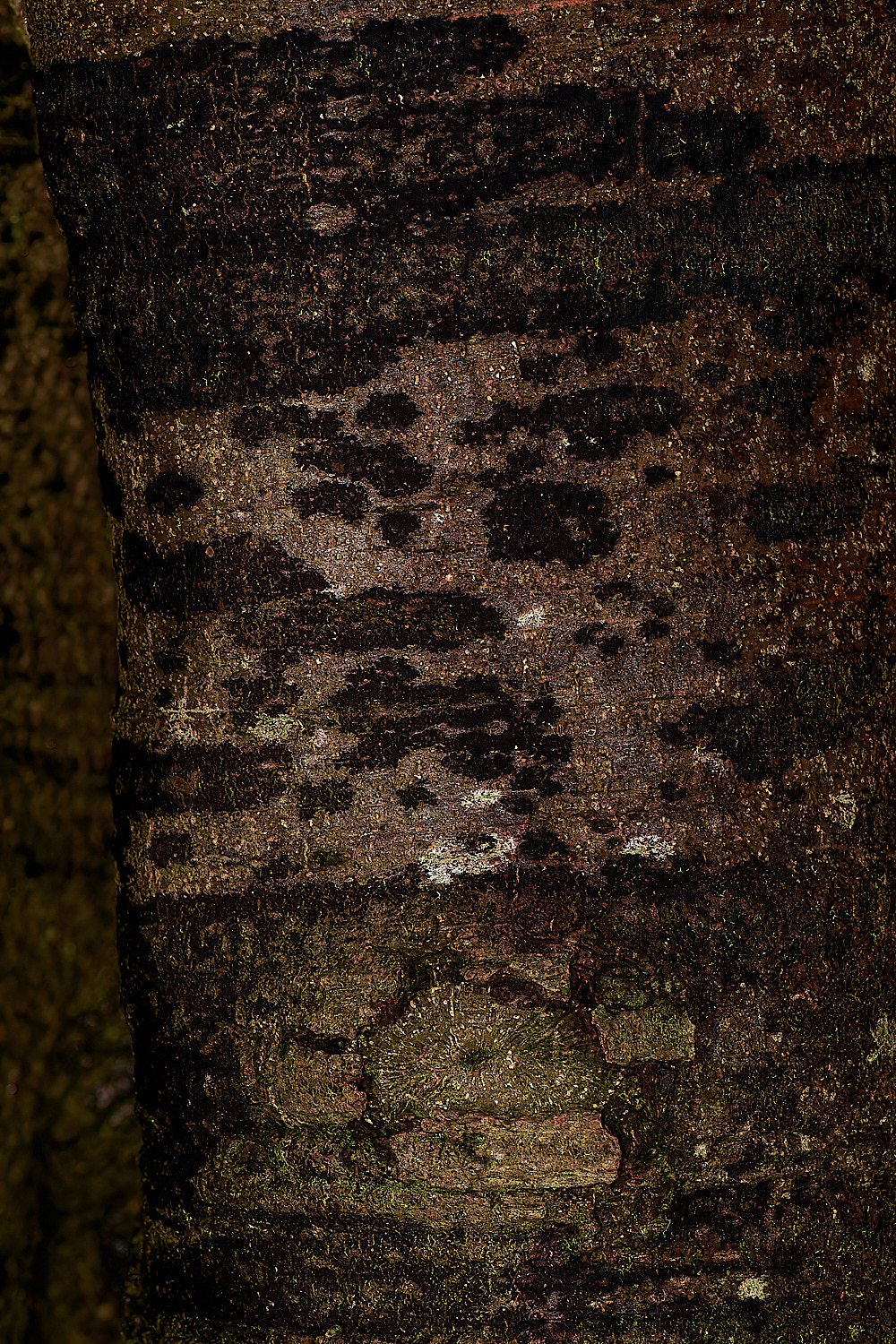
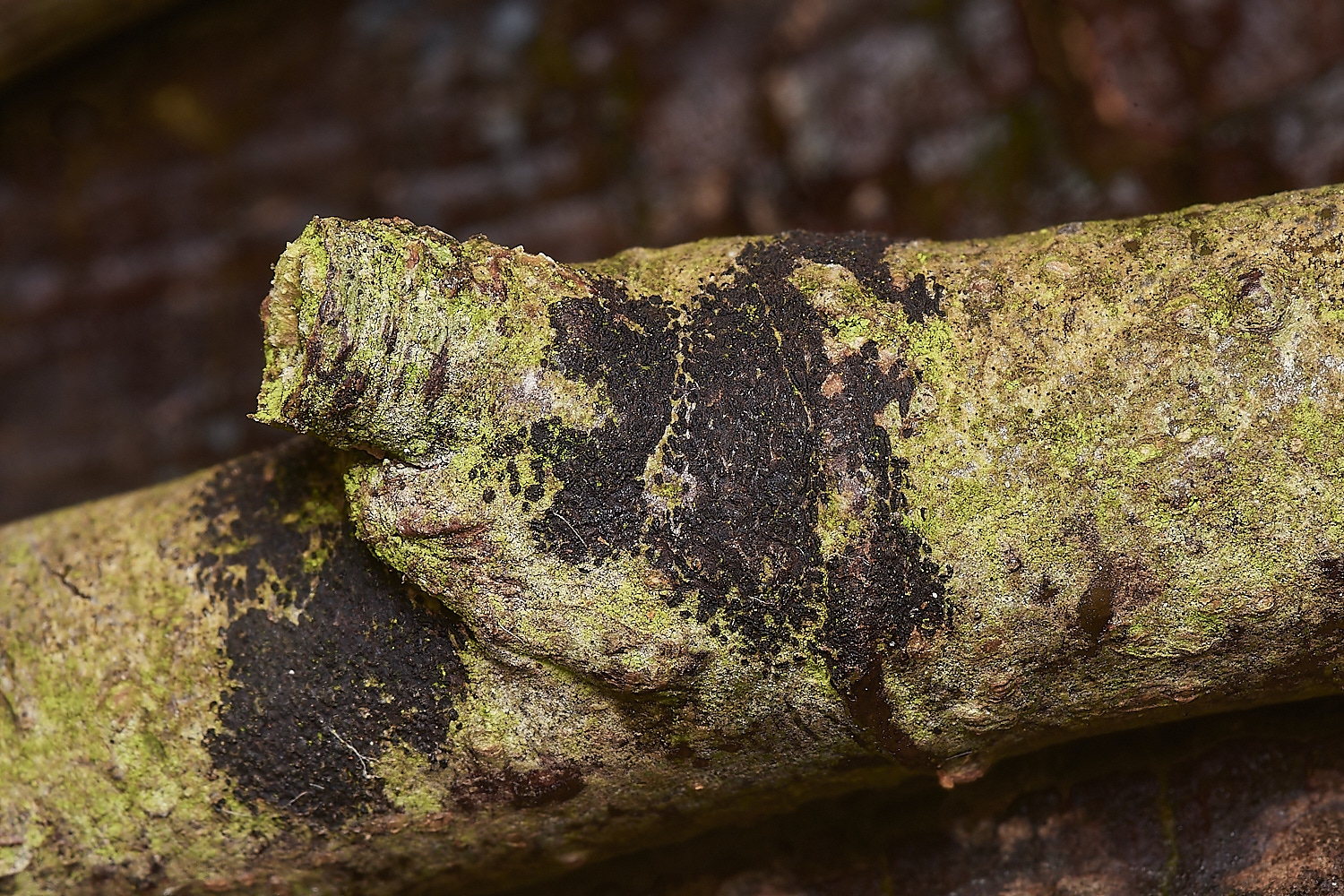
Ascodichaena rugosa on Beech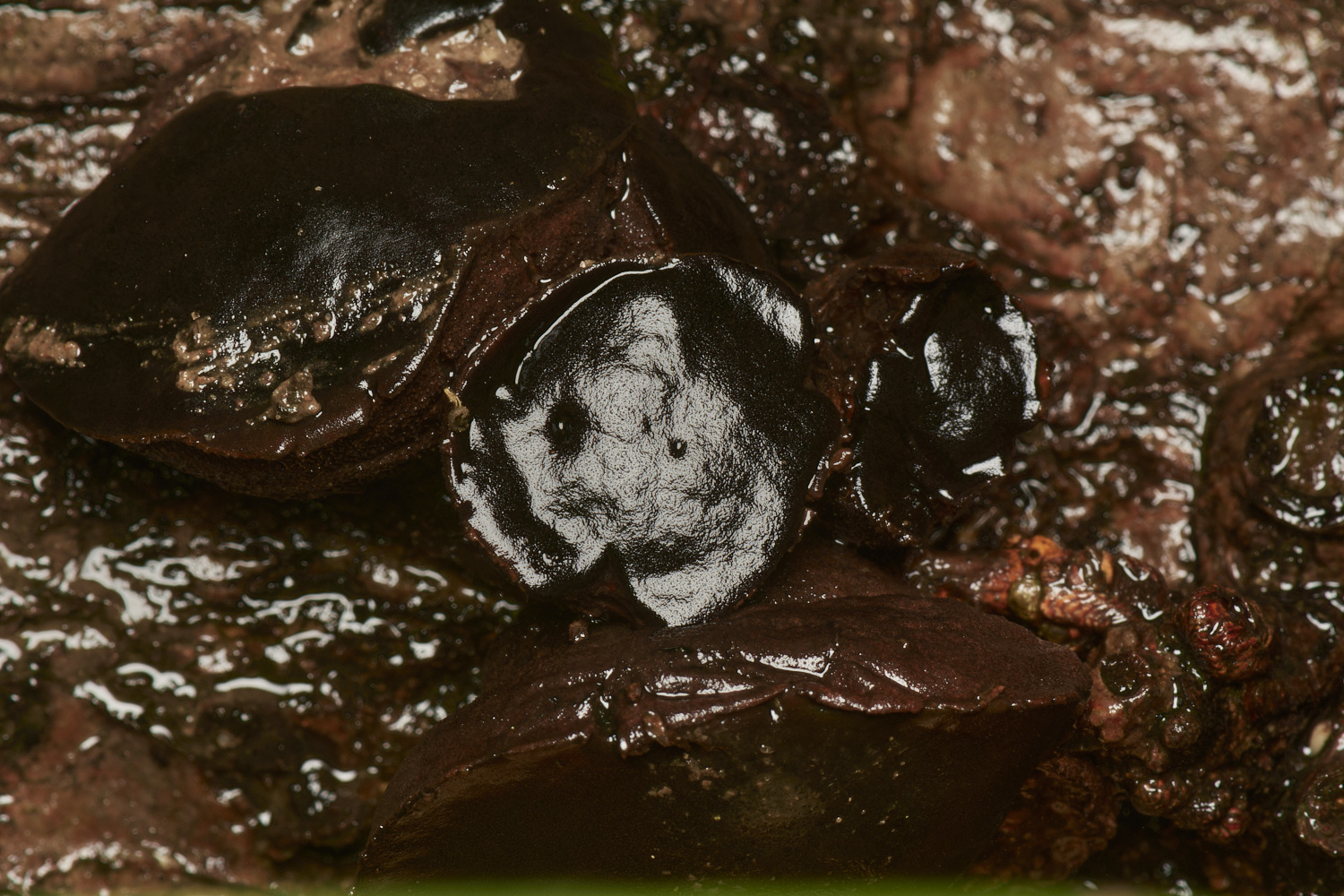
Black Bulgar (Bulgaria iniquinans)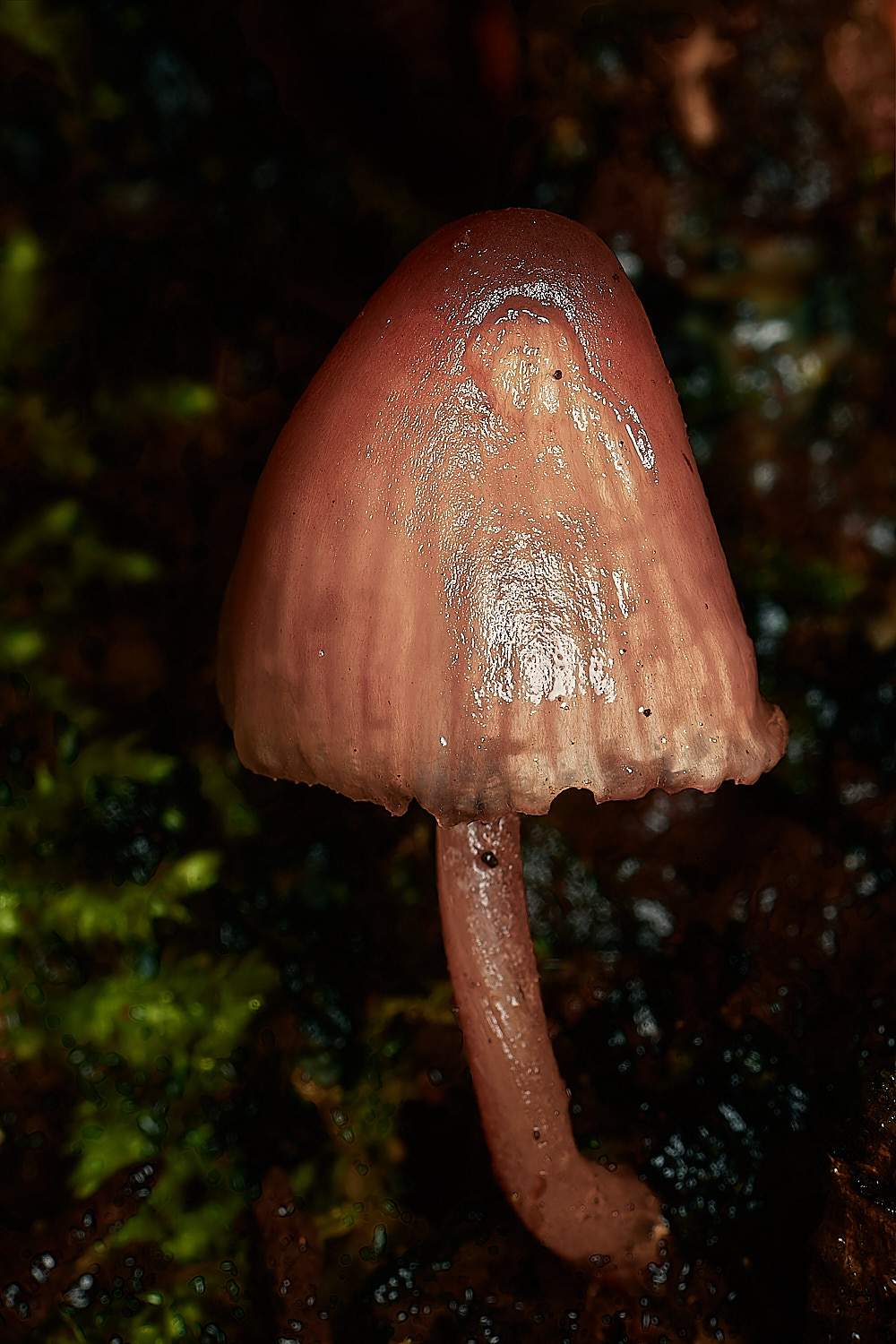
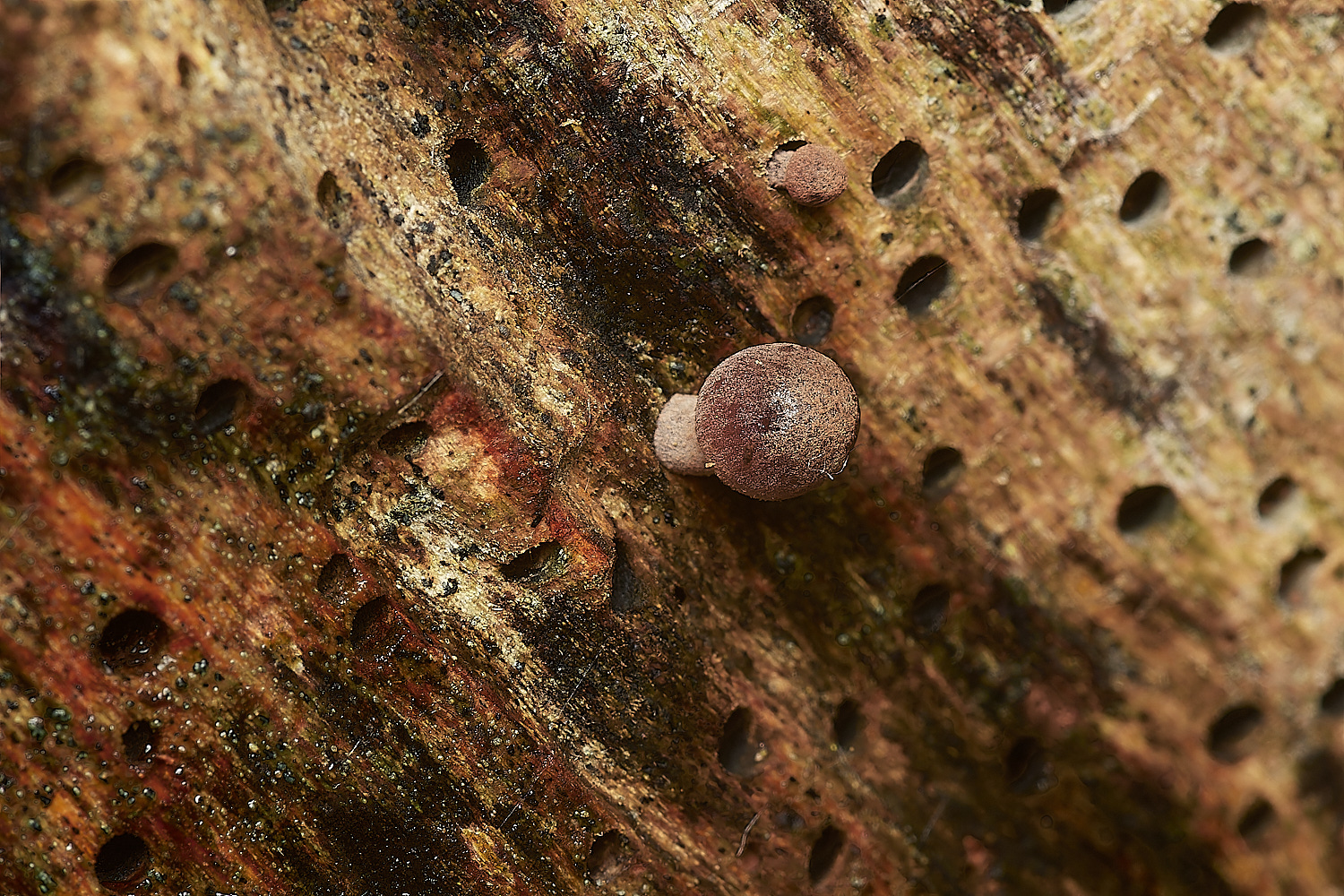
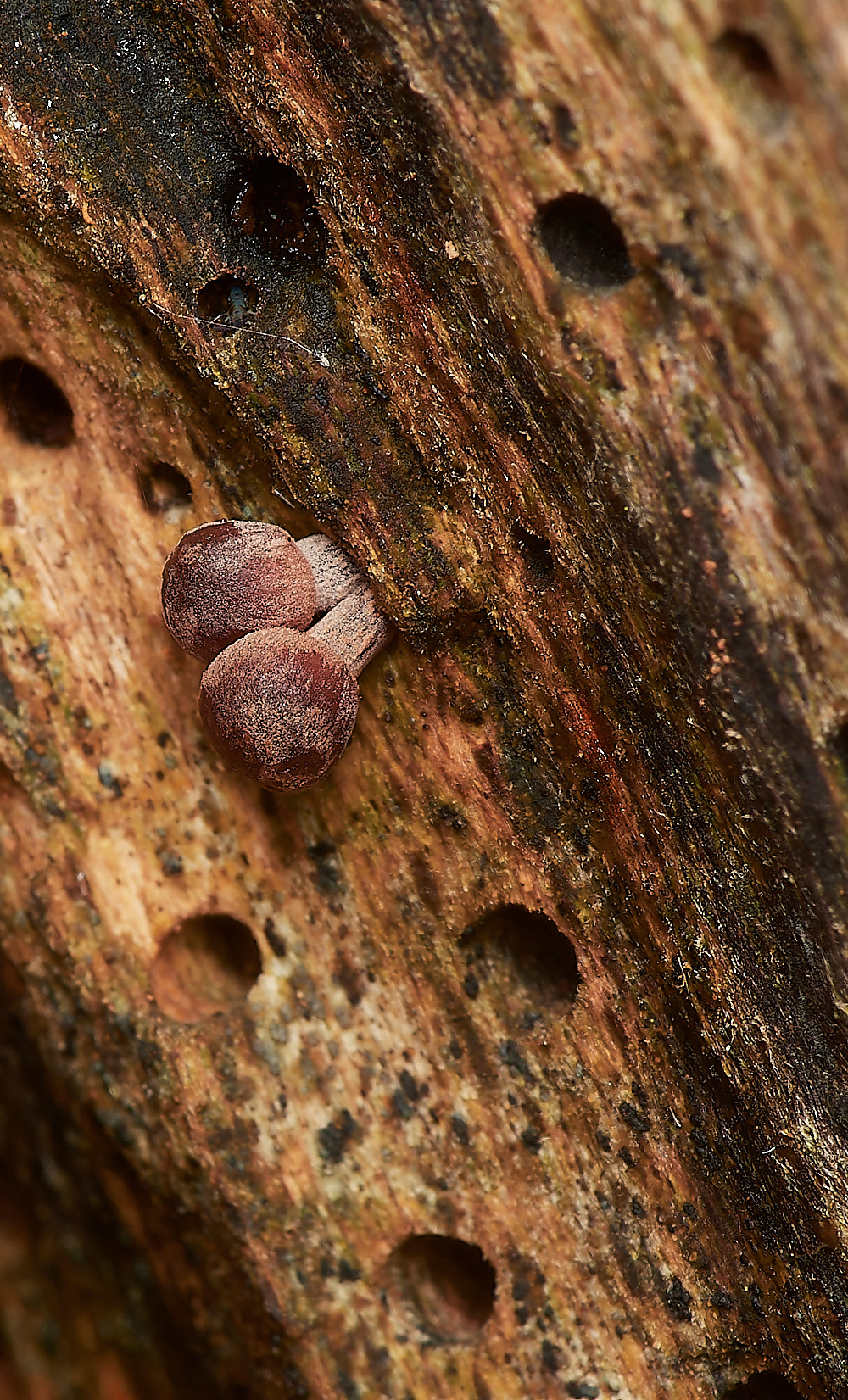
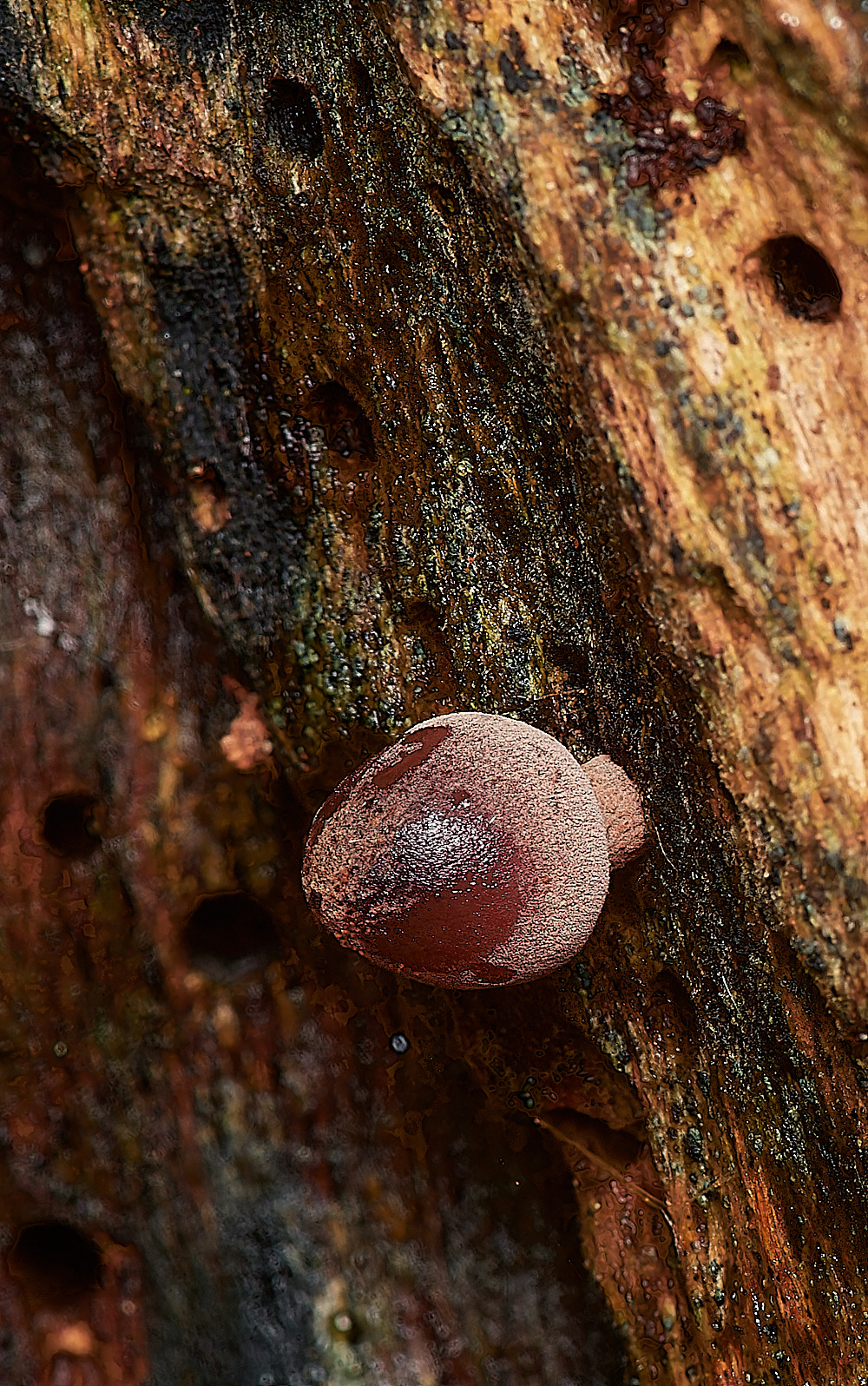
Bleeding Bonnet (Mycena sanguinolenta)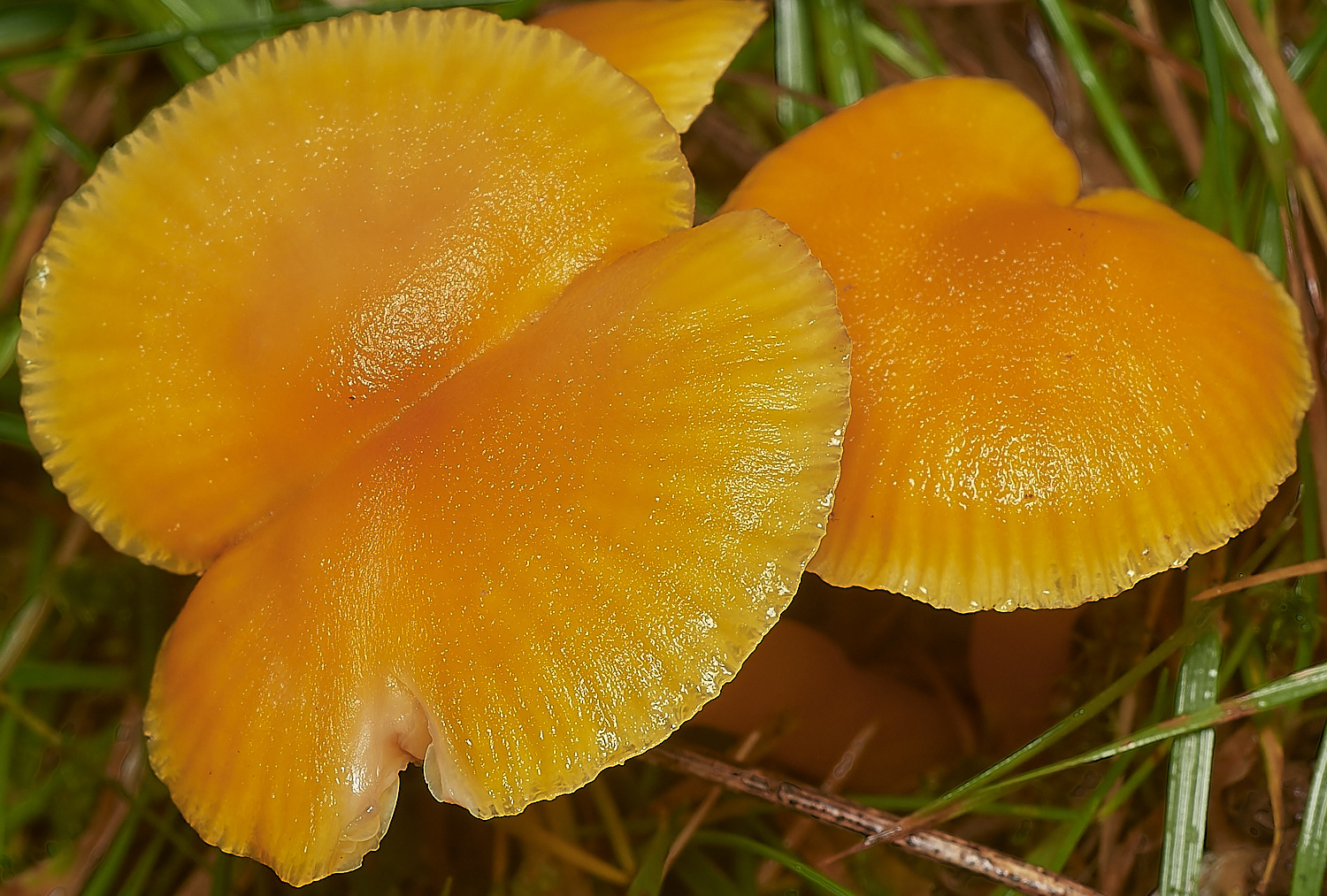
Golden Waxcap (Hygrocybe clorophana)
Spores ellipsoidal with pimple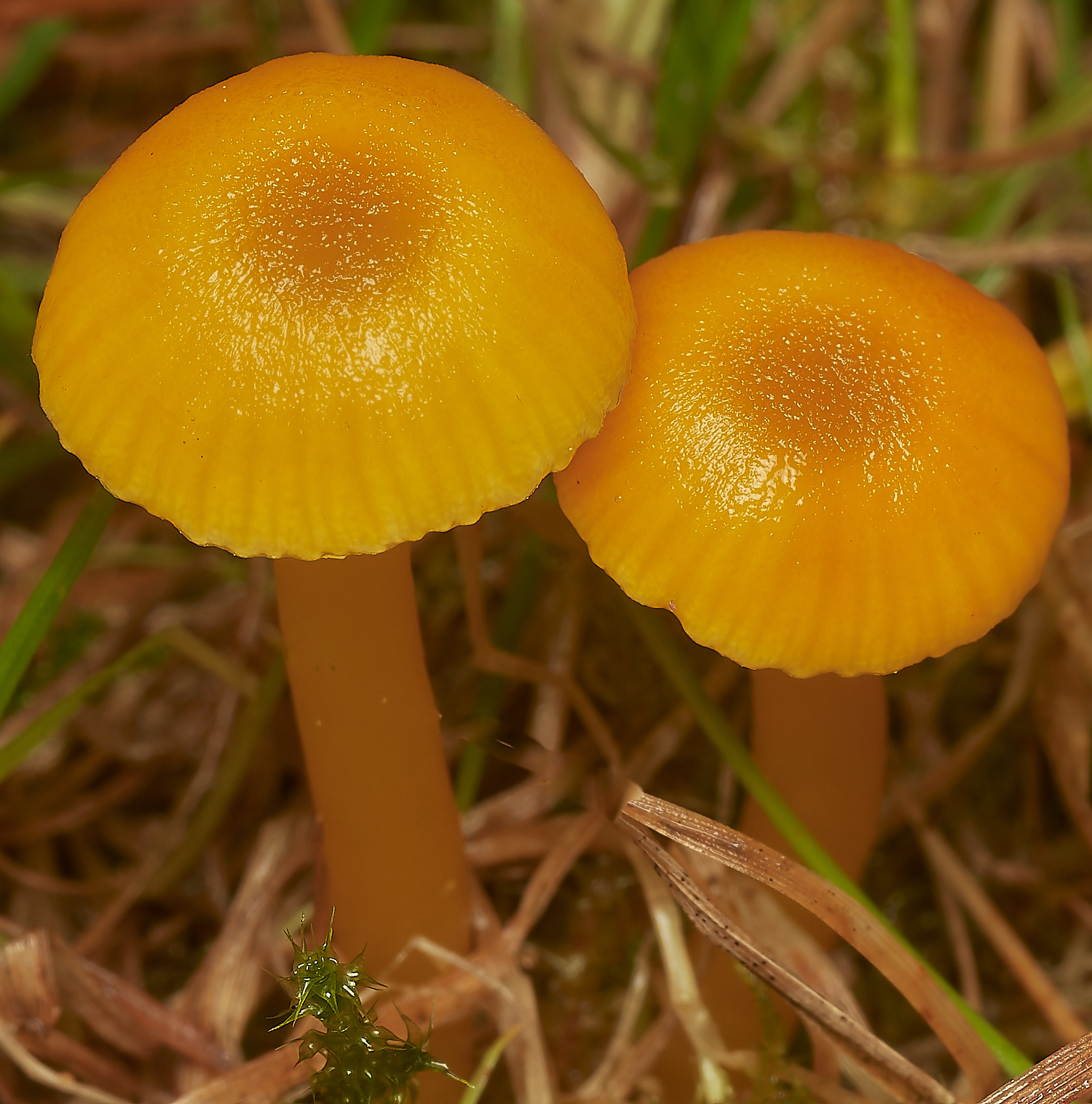
Golden Waxcap?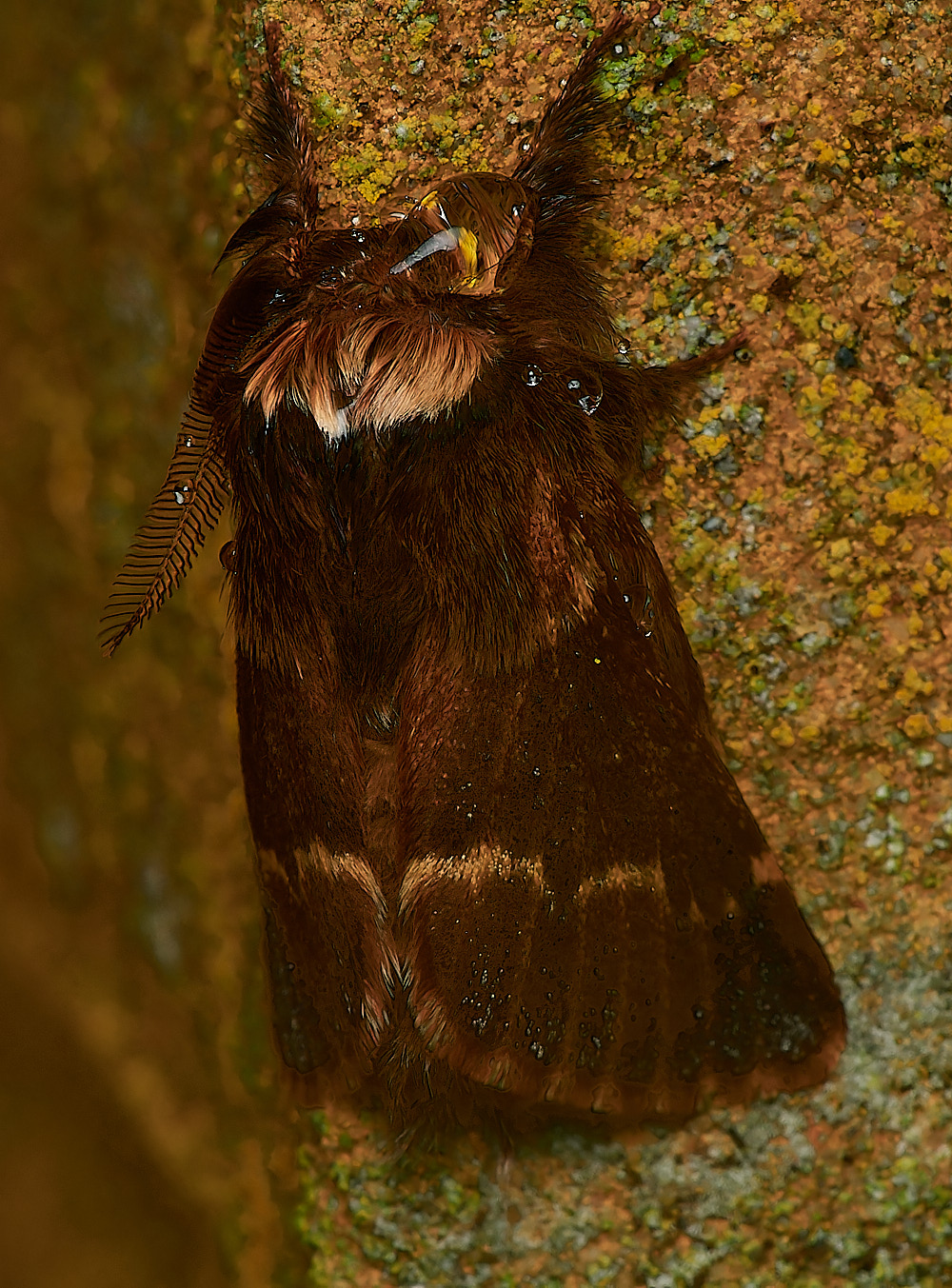

December Moth (Poecilocampa populi)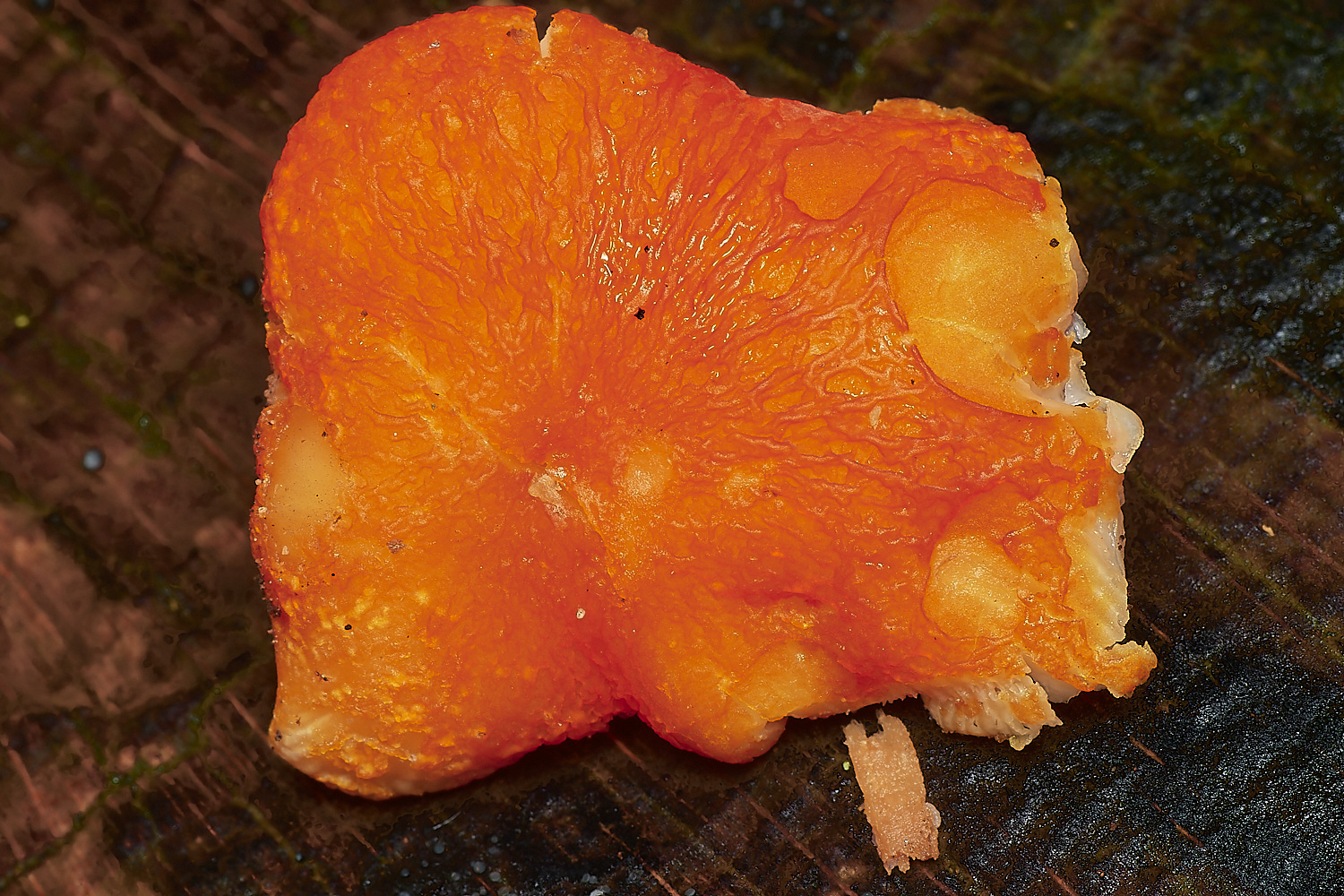
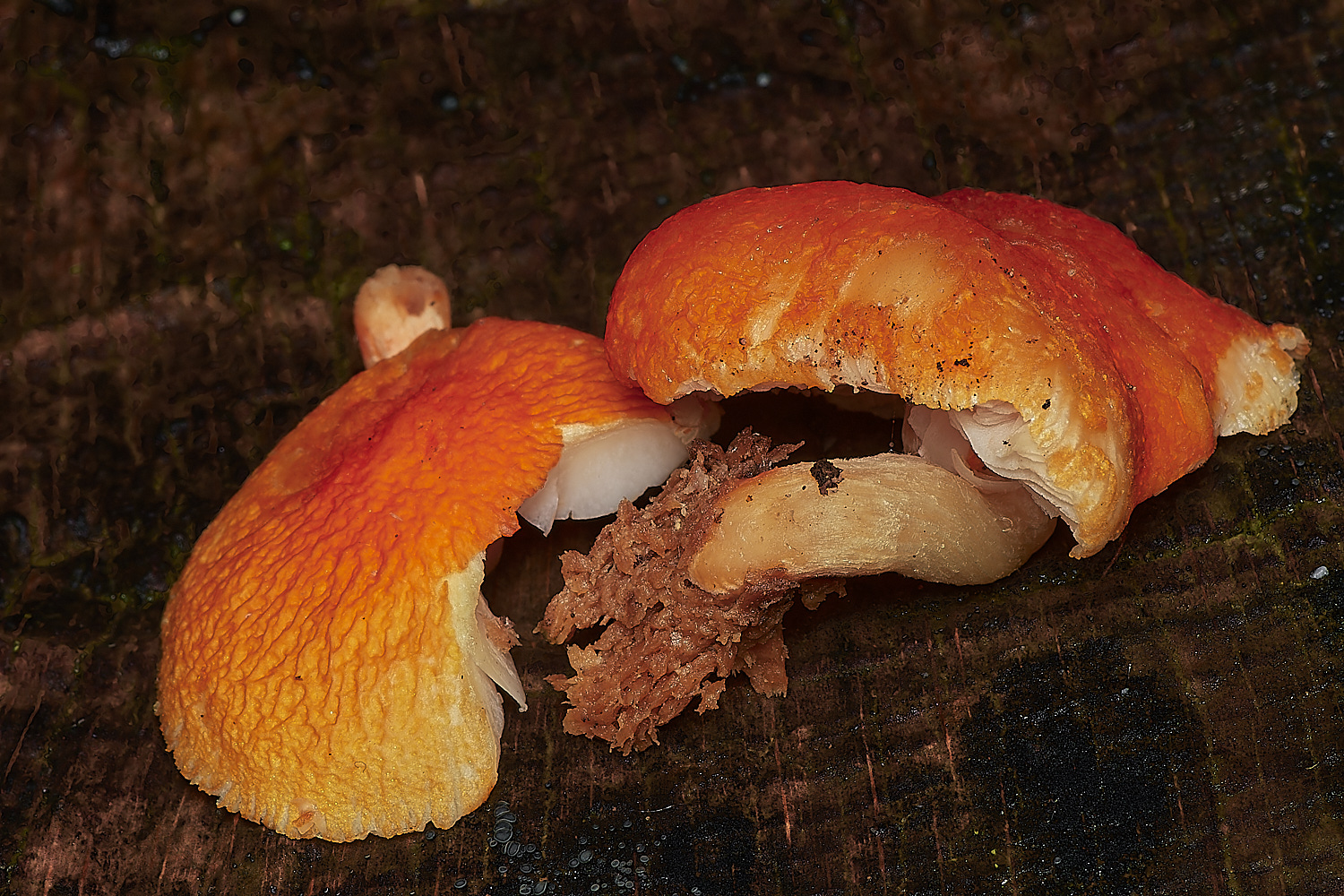
Flame Shield (Pluteus aurantiorugosus)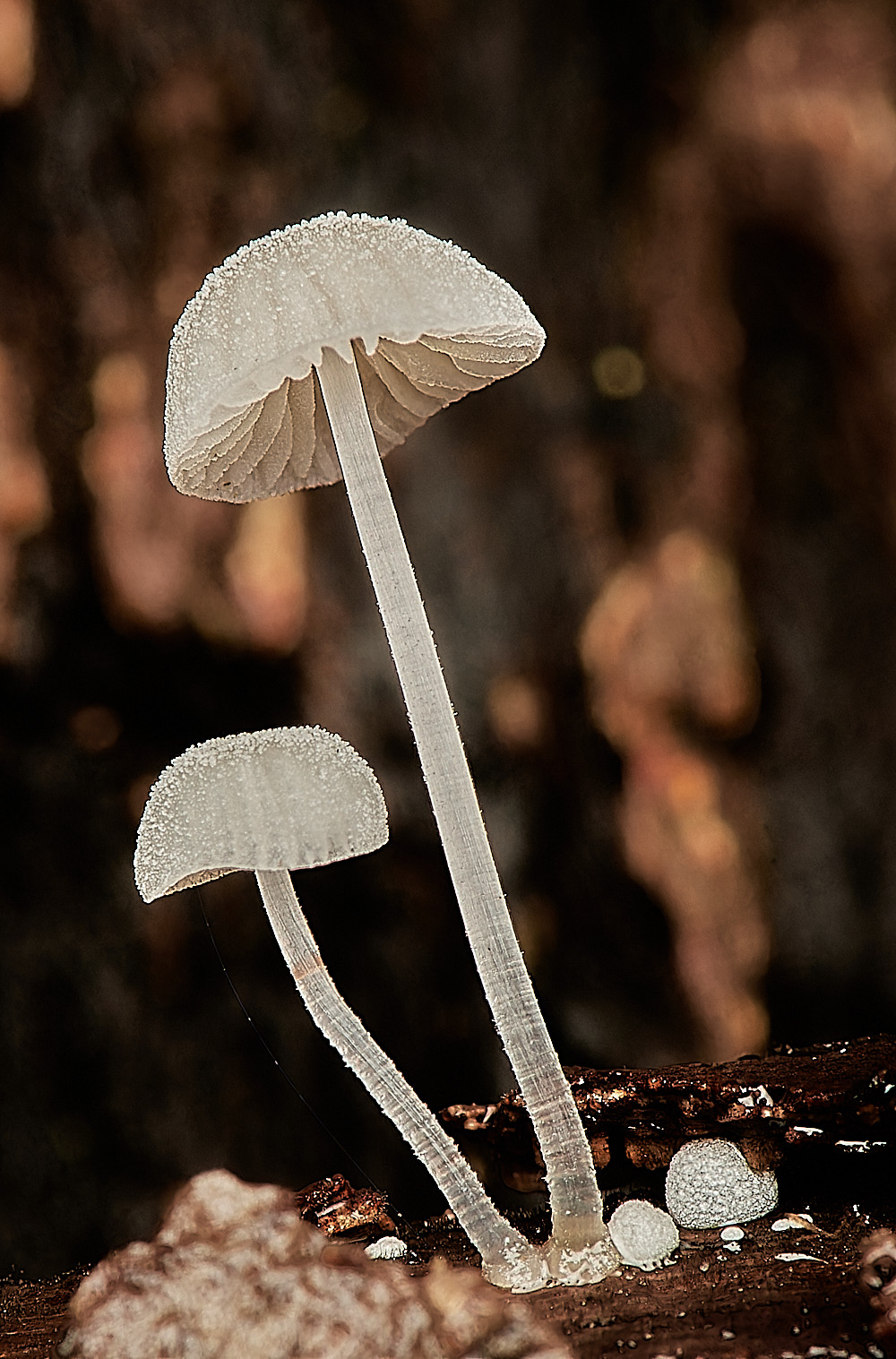
Frosty Bonnet (Mycena tenerrima)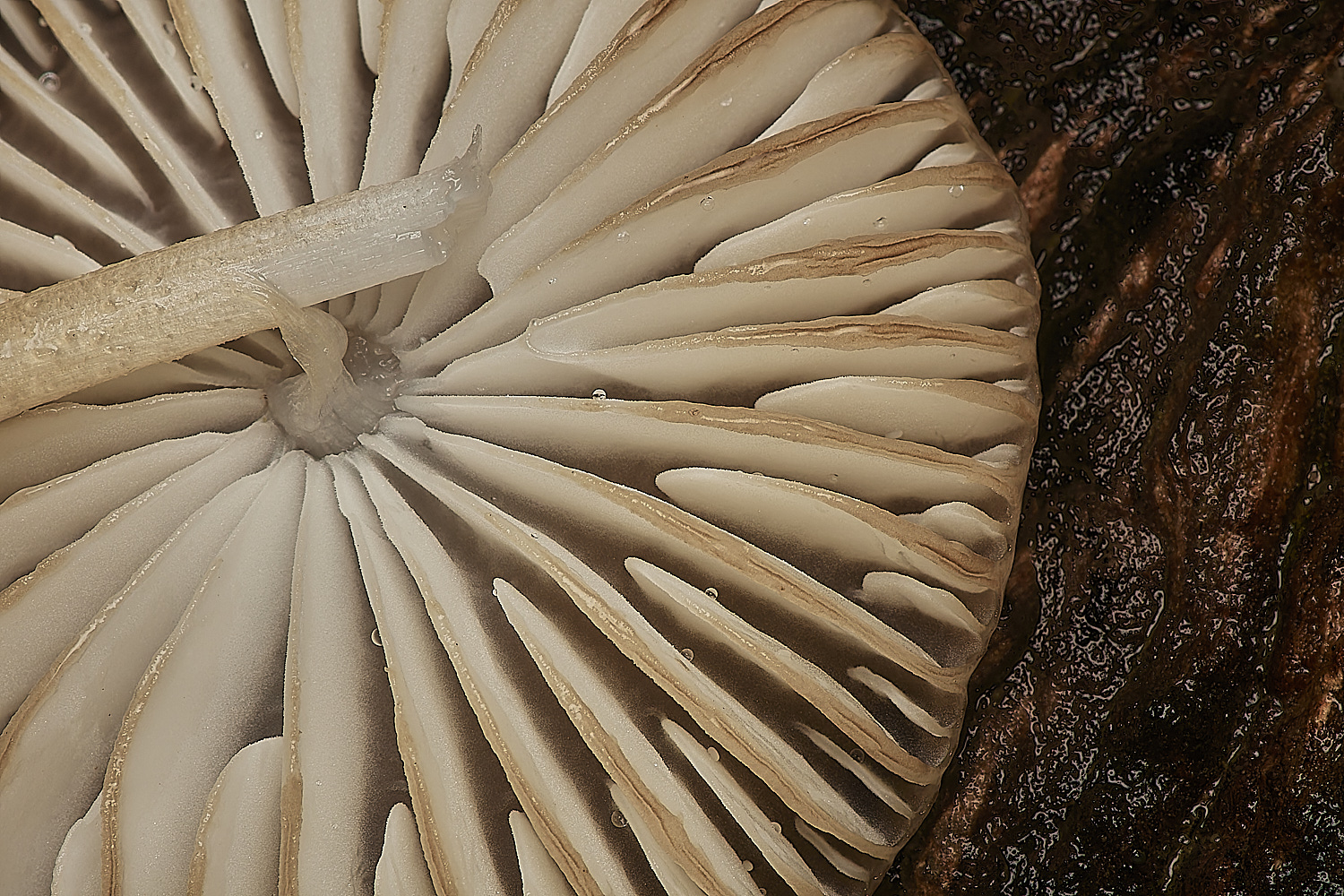
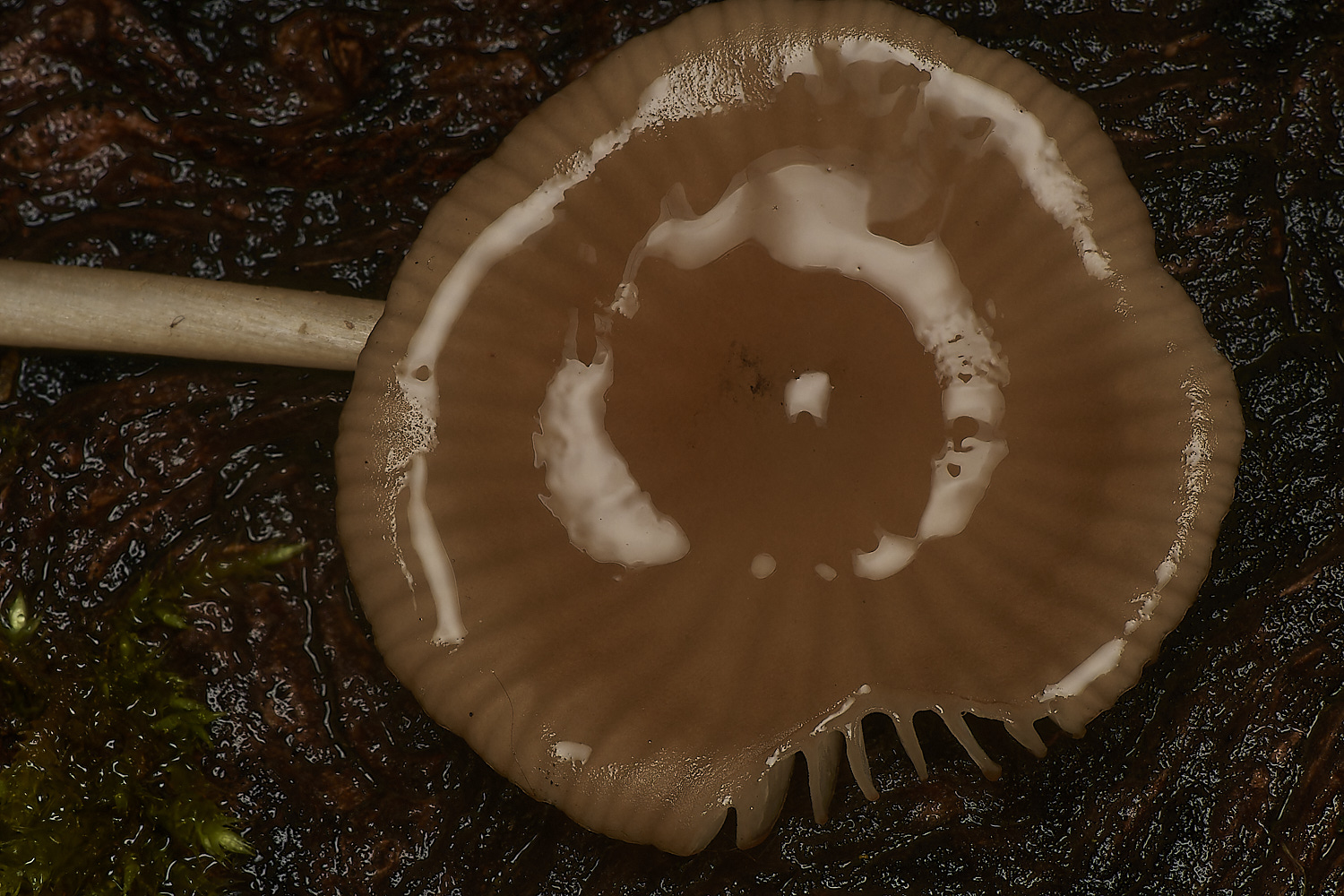
?
Yvonne commented
The one with the slimy cap and brown edged gills was Hymenopelis (Xerula) radicata.
I had never realised that this could have these brown edged gills before so something to remember, apparently they don't always have them.
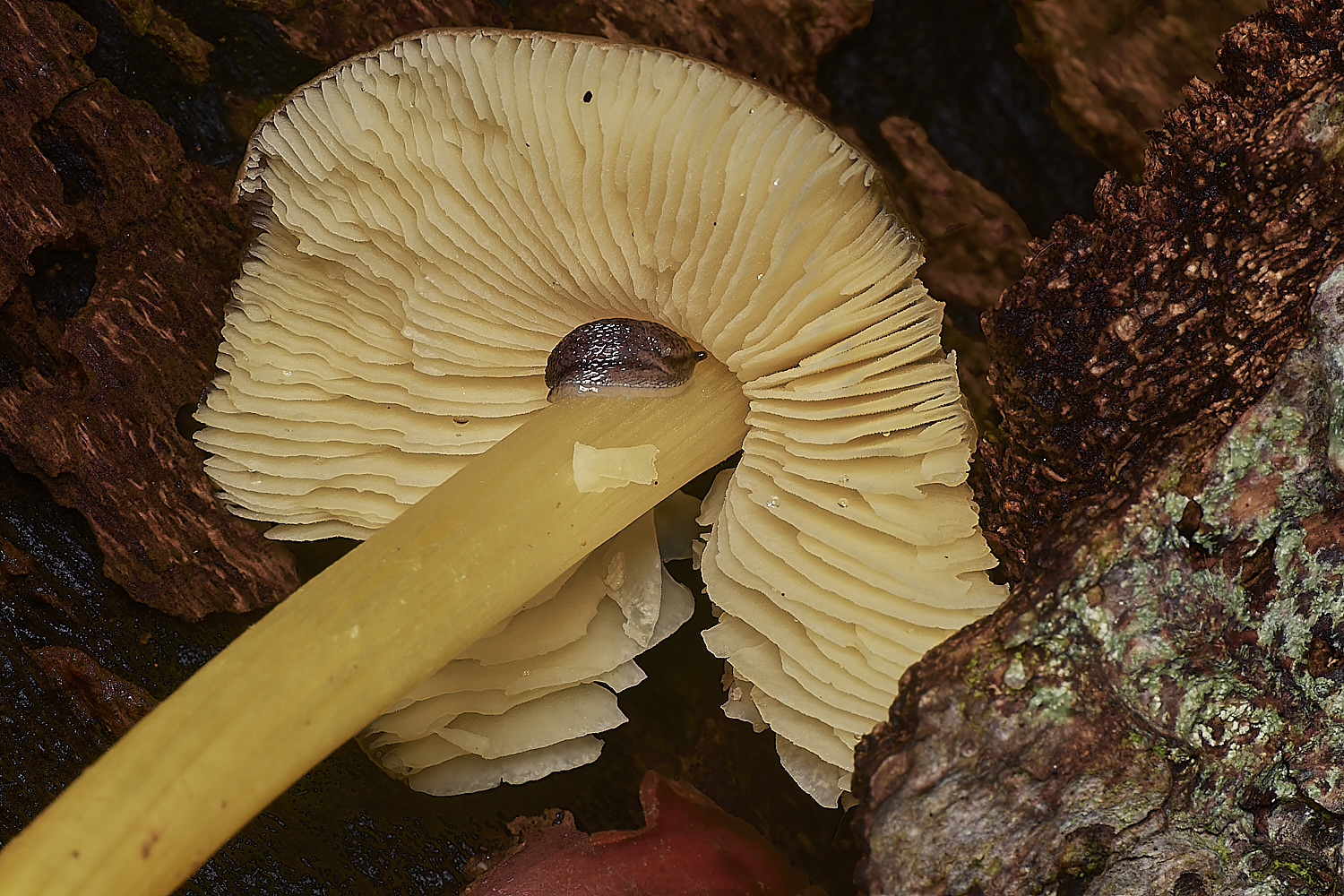
Goldleaf Shield (Pluteus romellii)
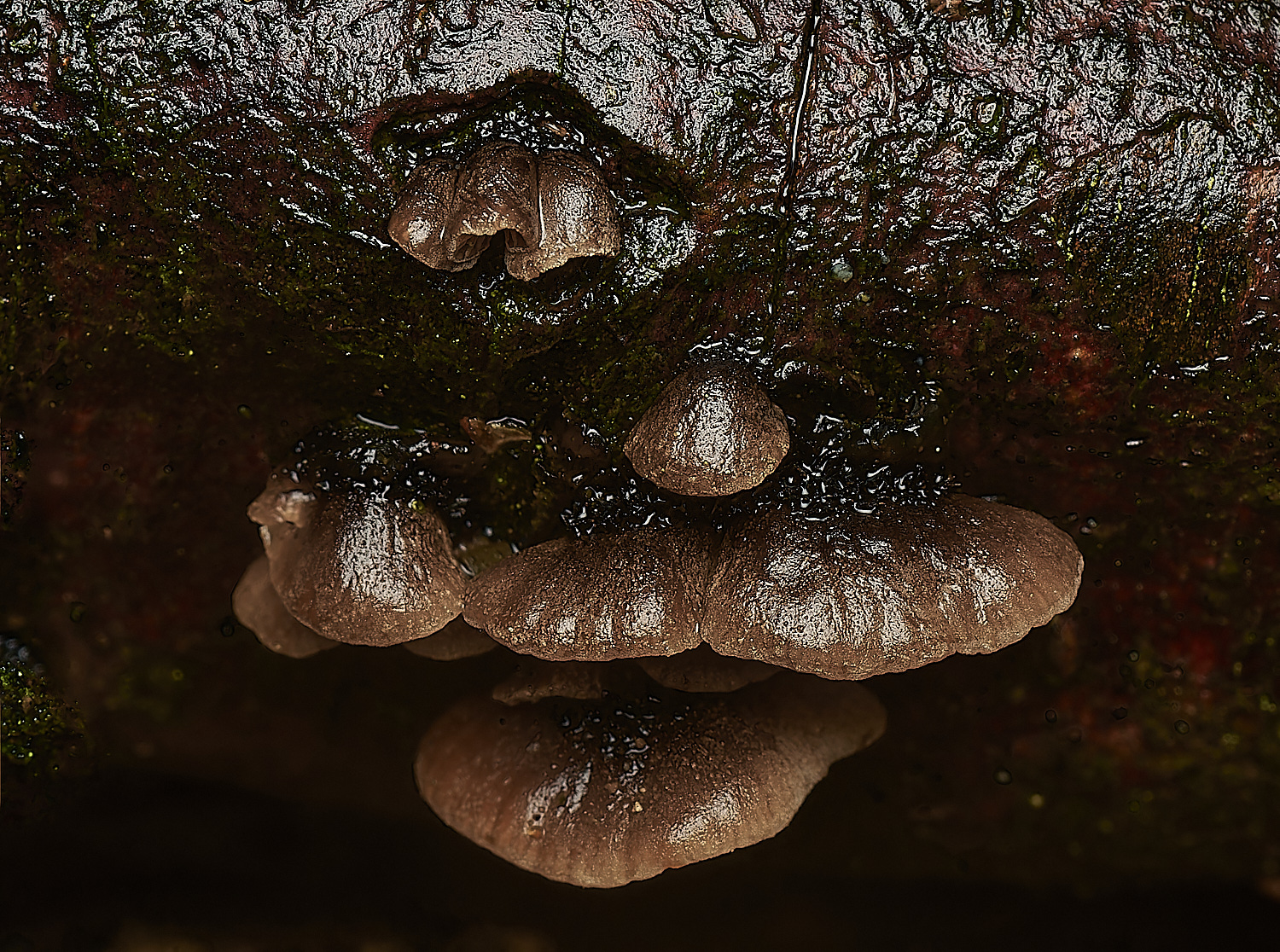
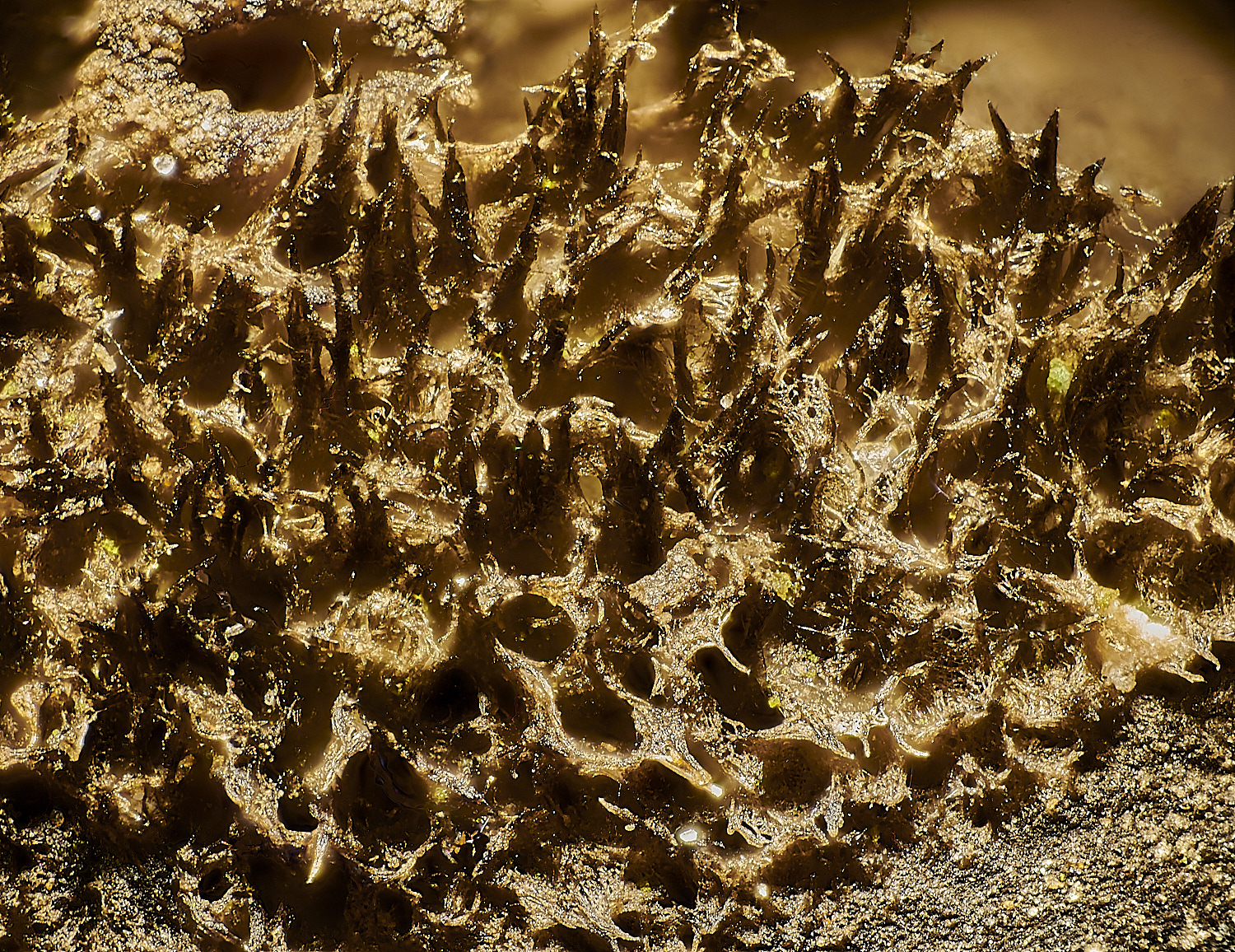
x 10
The above image attempts to show the hairs on the top of the cap.
Hairy Oysterling (Resupinatus trichotis)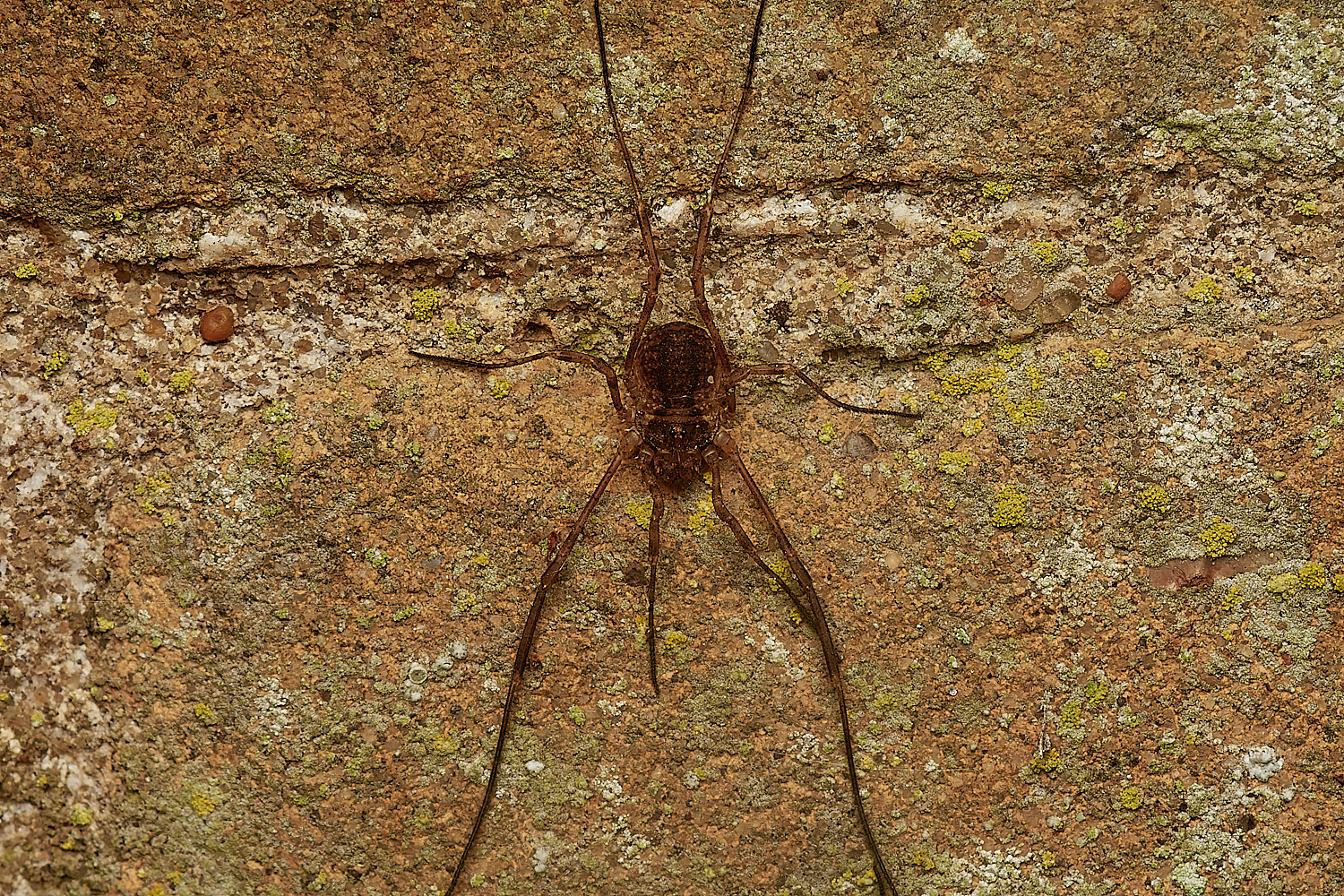
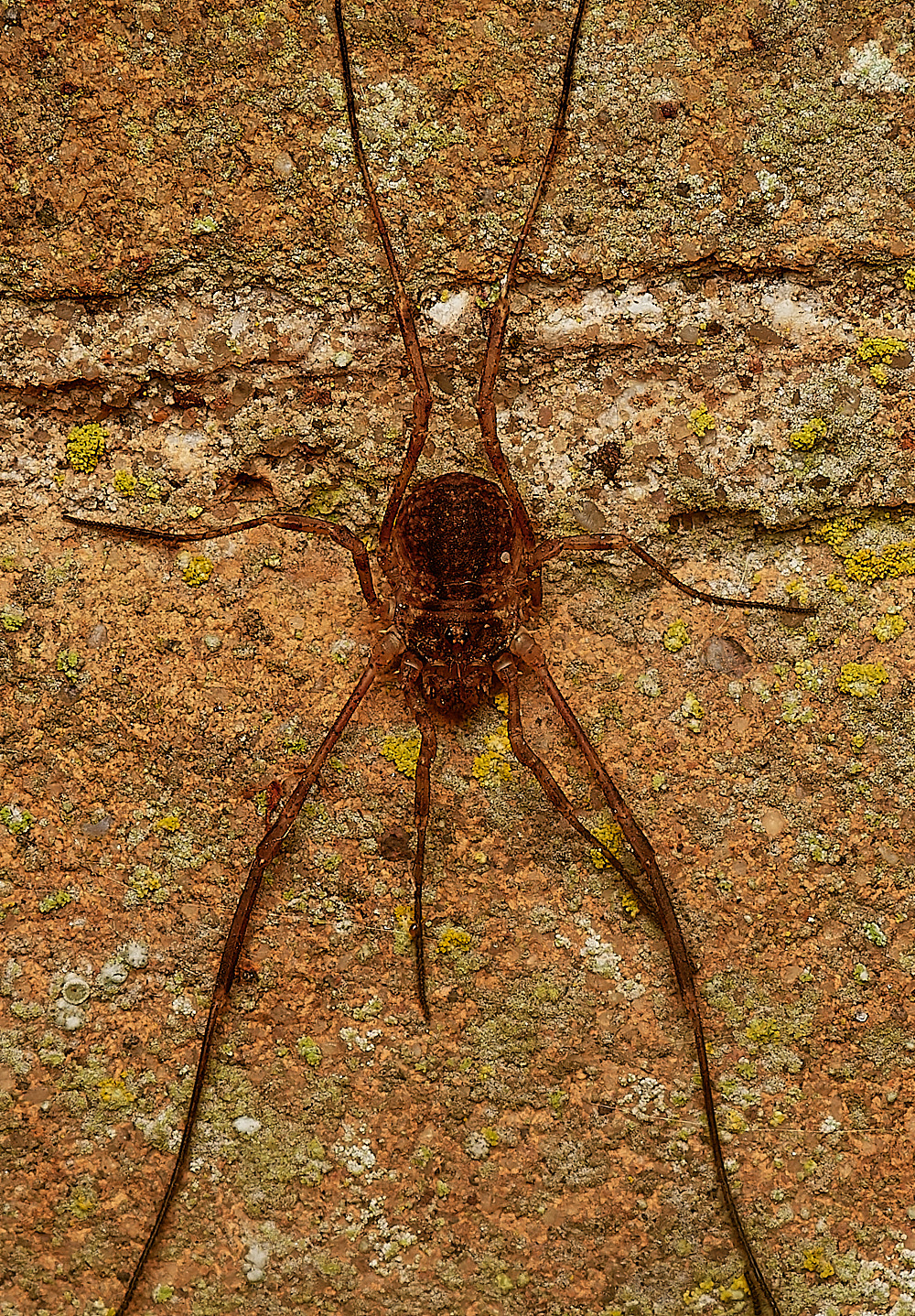
Harvestmen Sp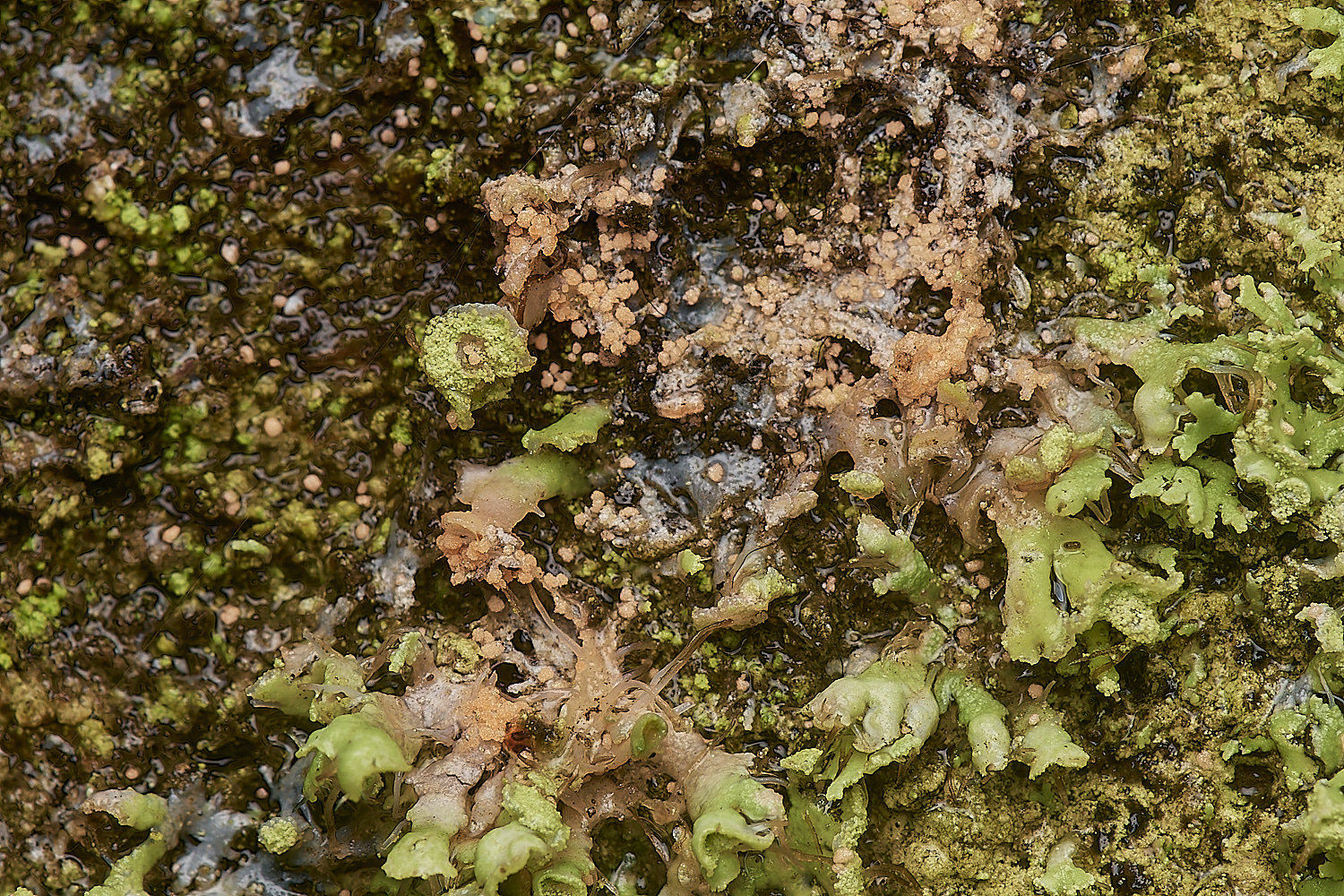
Lichen Sp?
From
Rob Yaxley
Lichenicolous fungus Erythricium aurantiacum on Physcia (adscendens or tenella).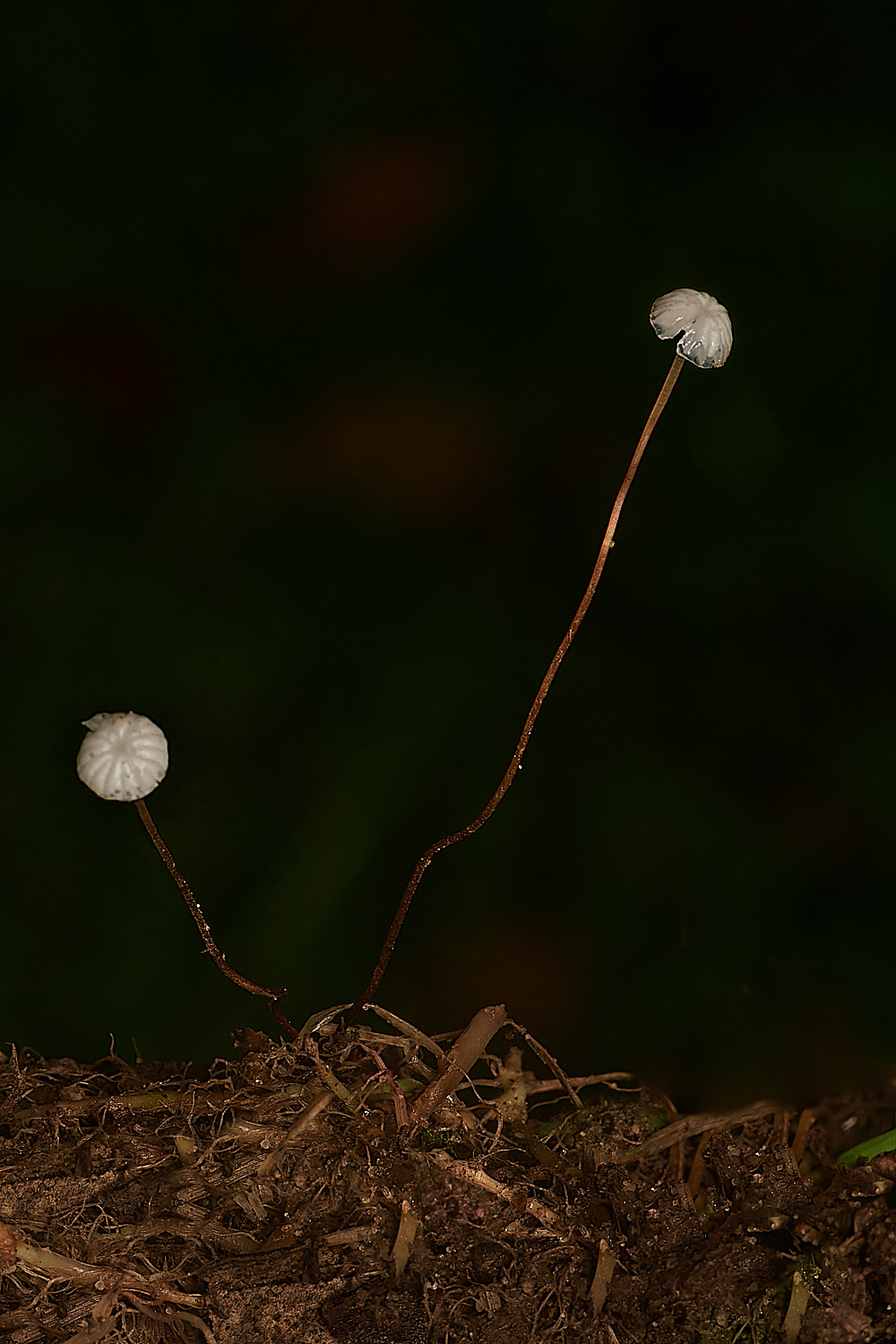
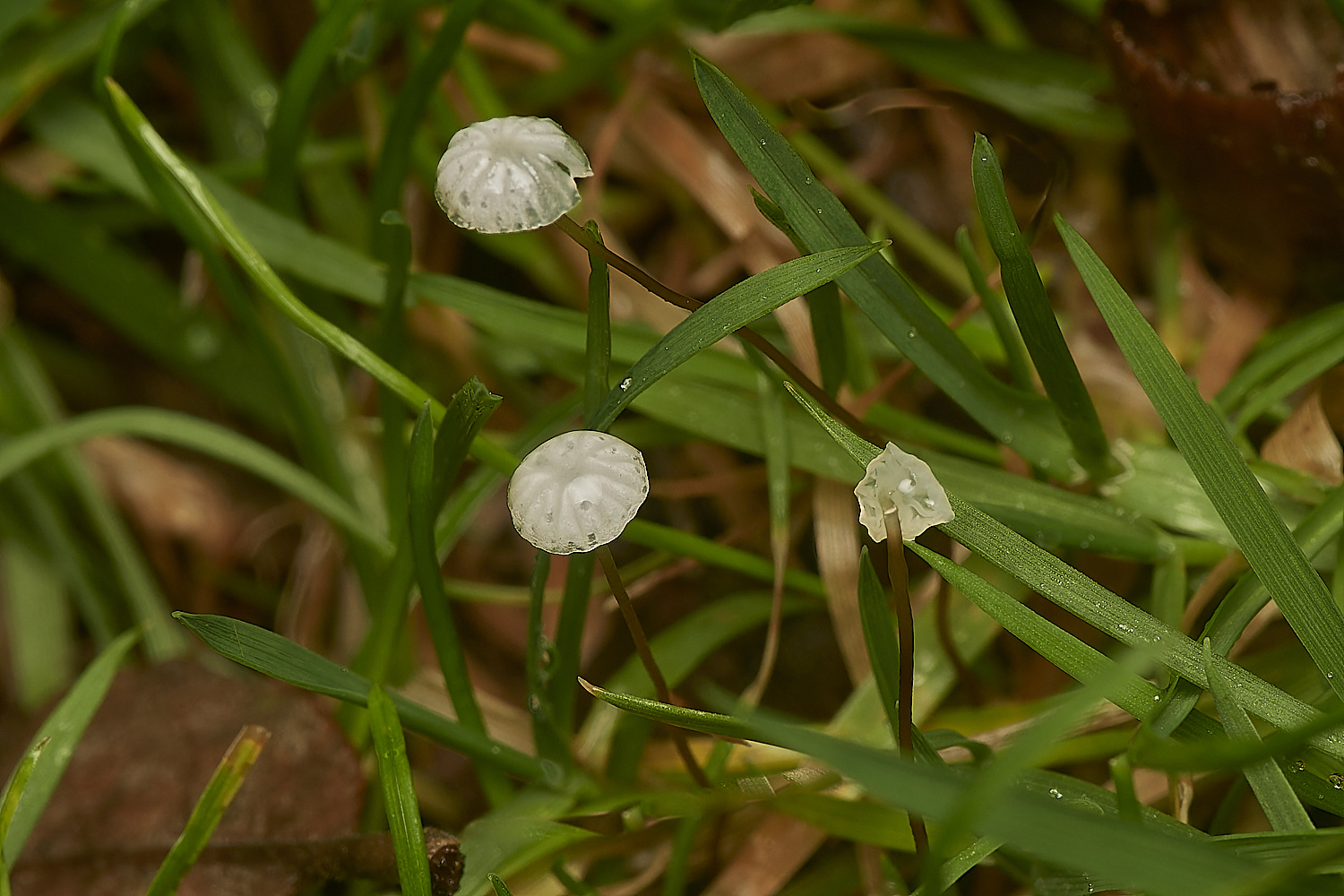
Marasmius Sp?
Yvonne commented
Rhizomarasmius setosus.
The photos didn't show the hairs on the stem but they were seen under the dissecting microscope.
Perhaps they were adpressed to the stem because of the rain.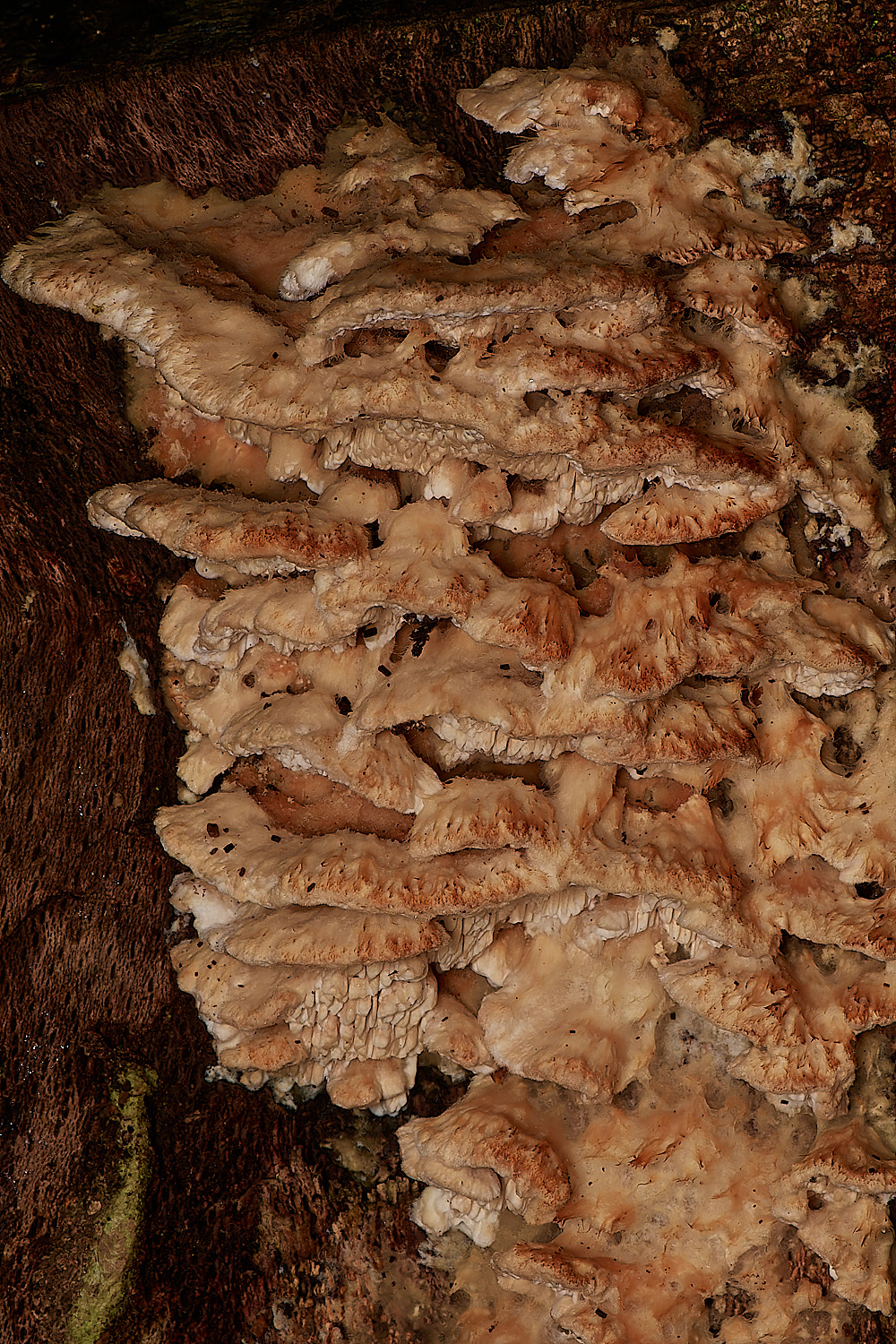
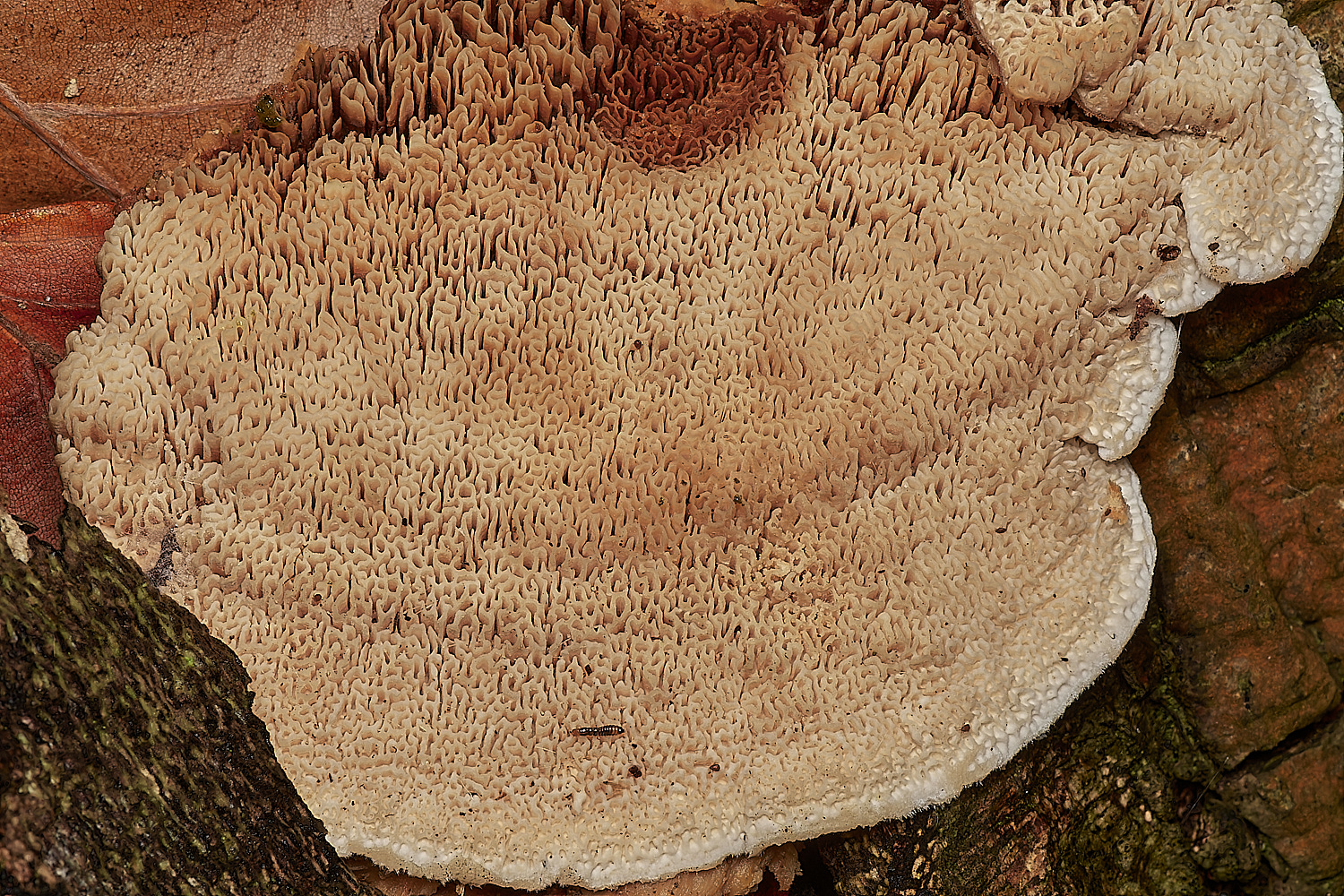
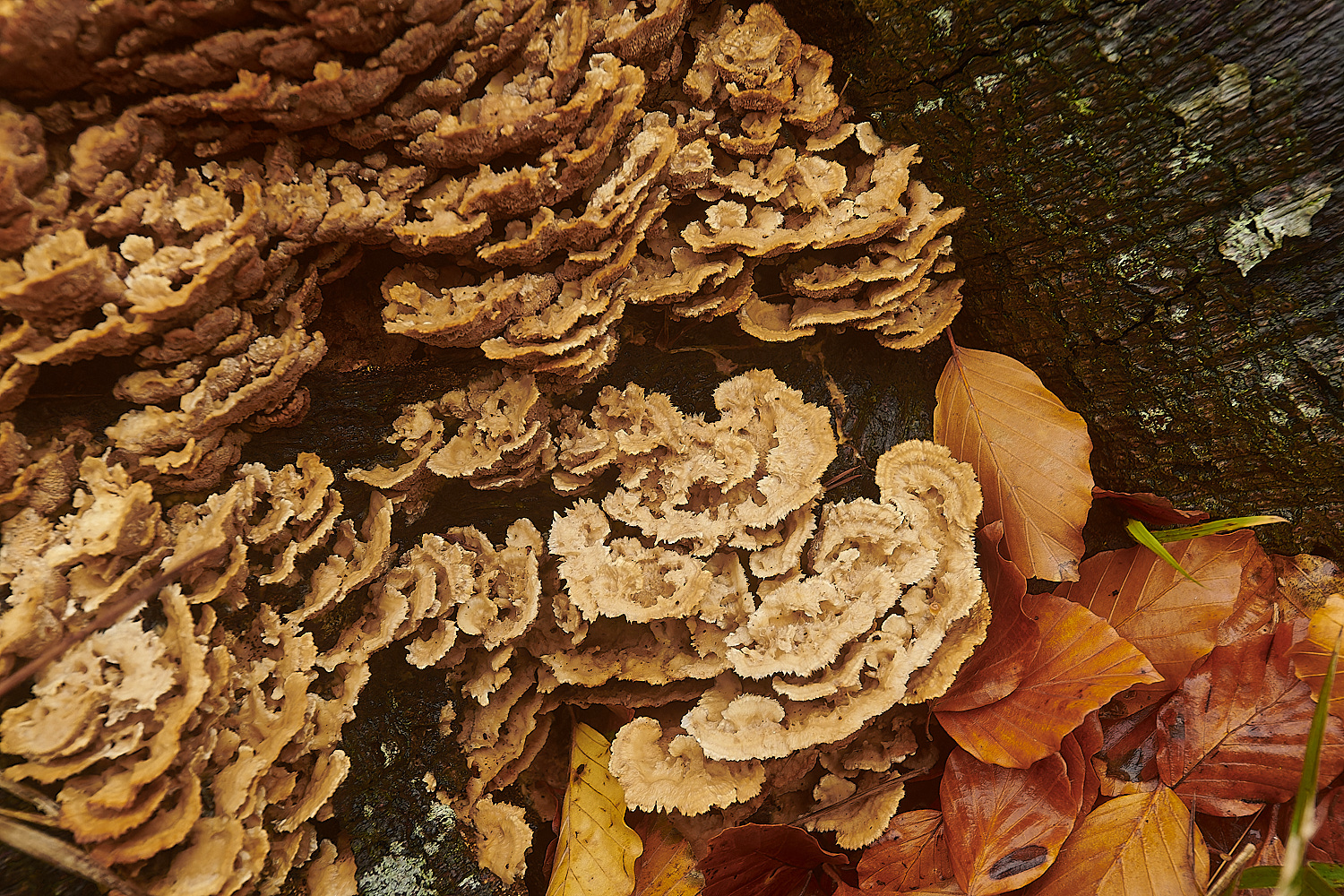
Mazegill Type Sp?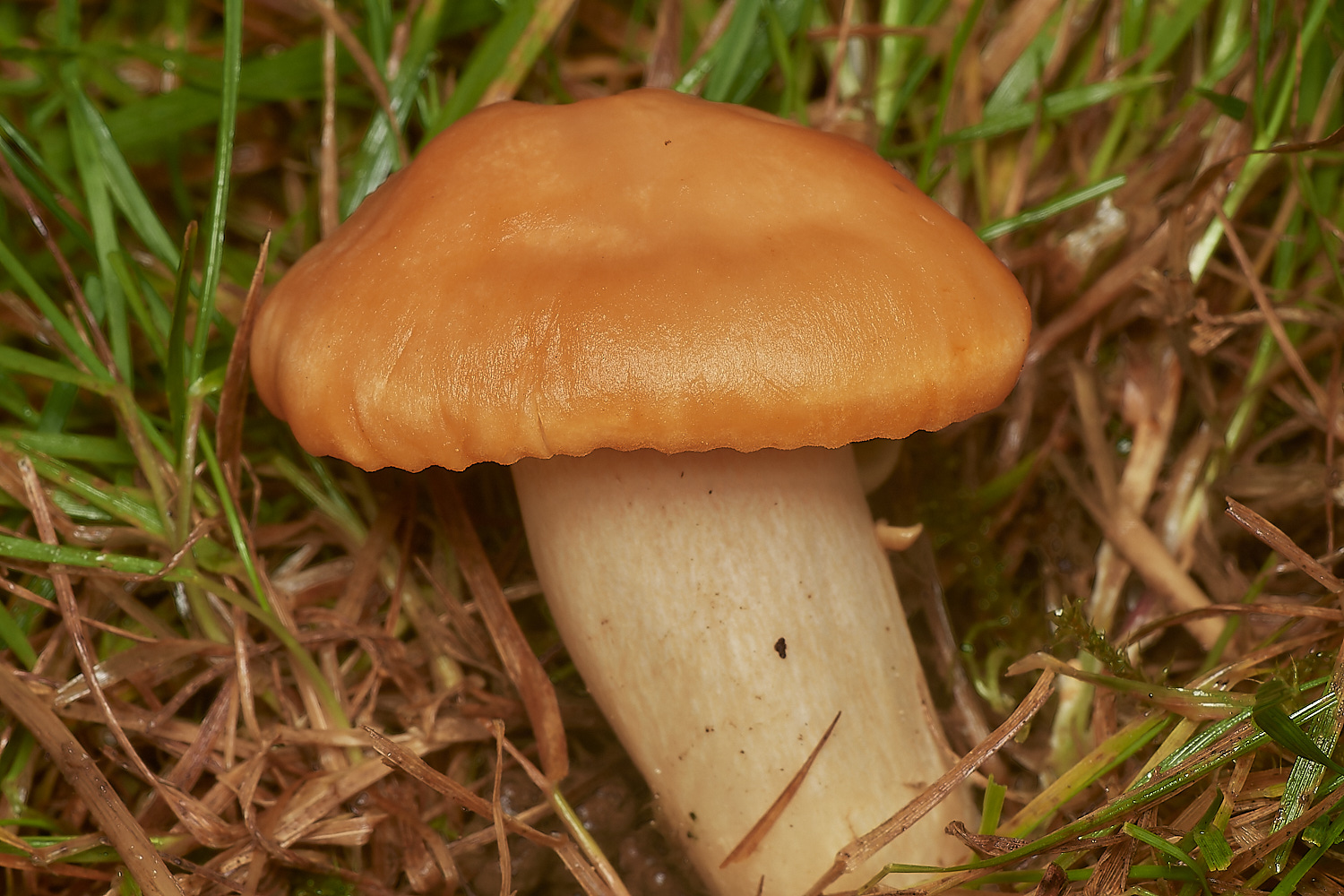
Meadow Waxcap (Cuphophyllus pratensis)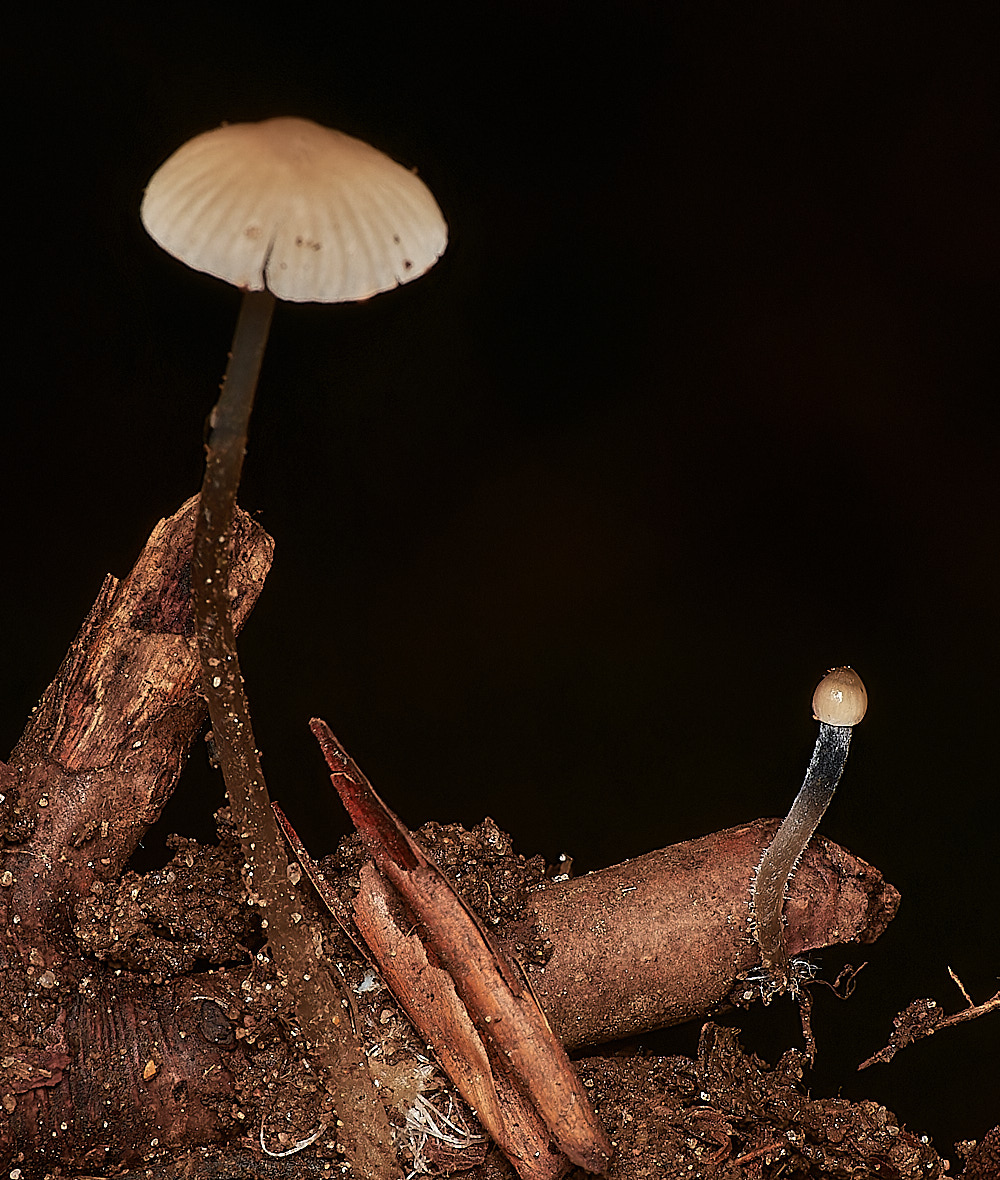
Mycena Sp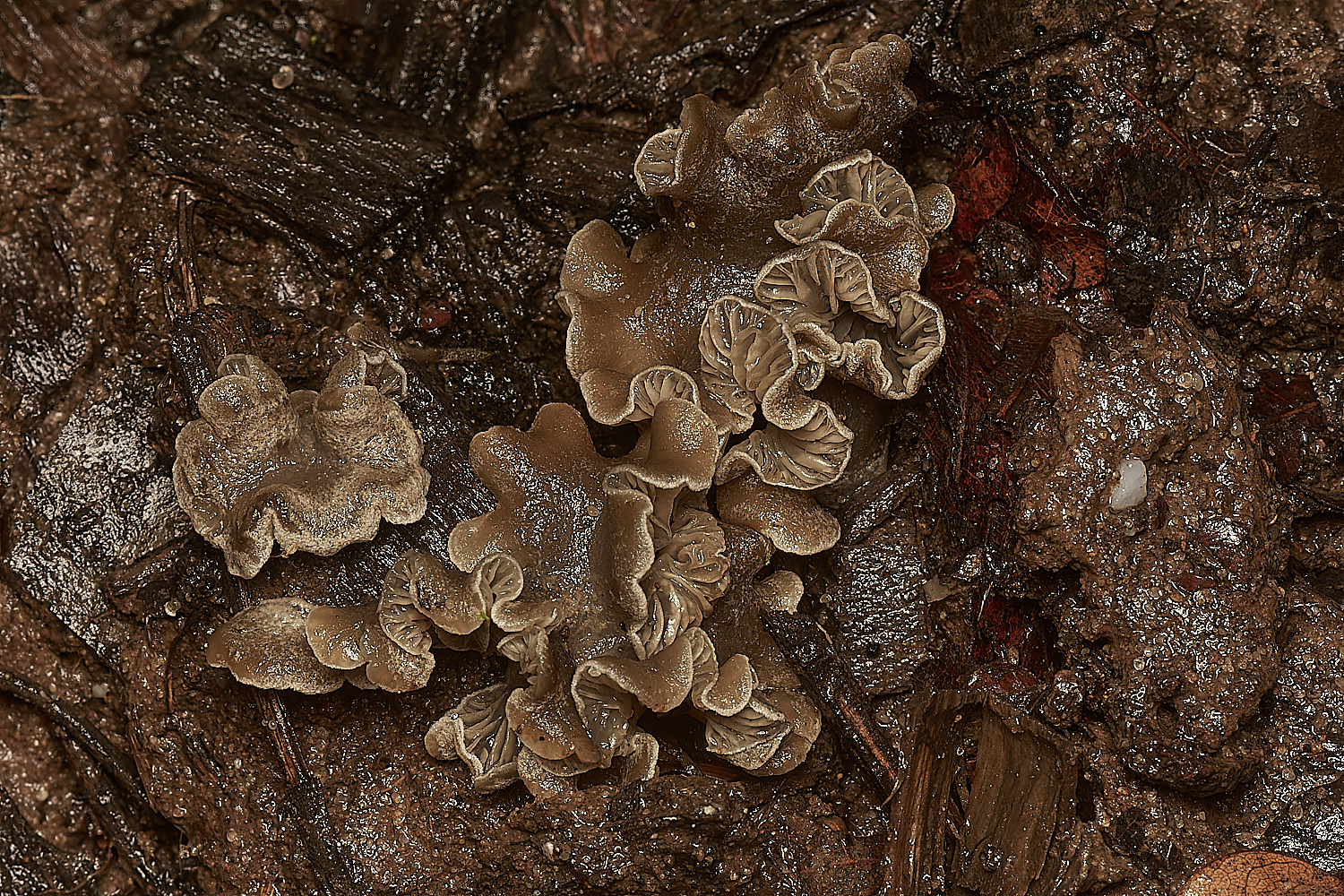
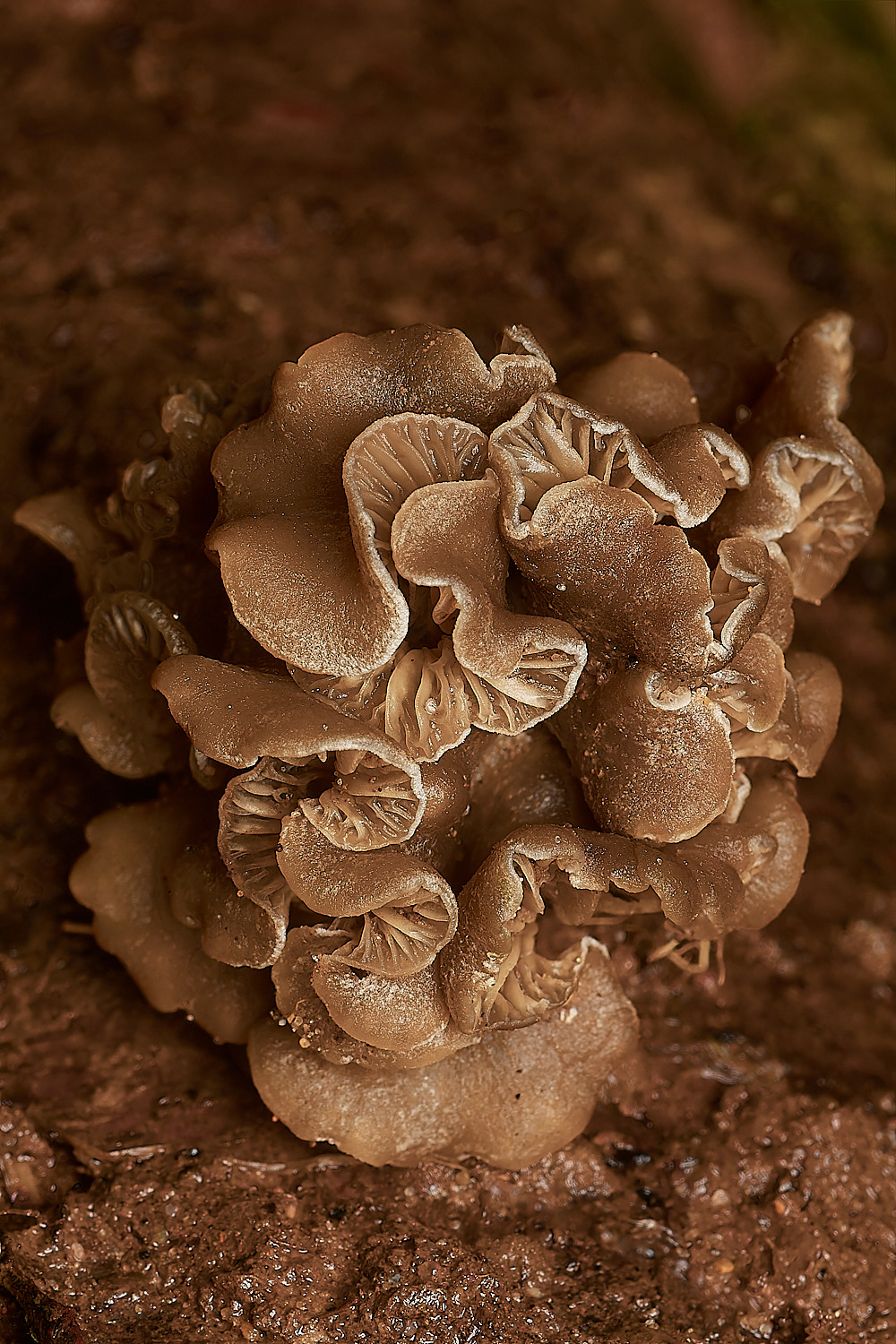
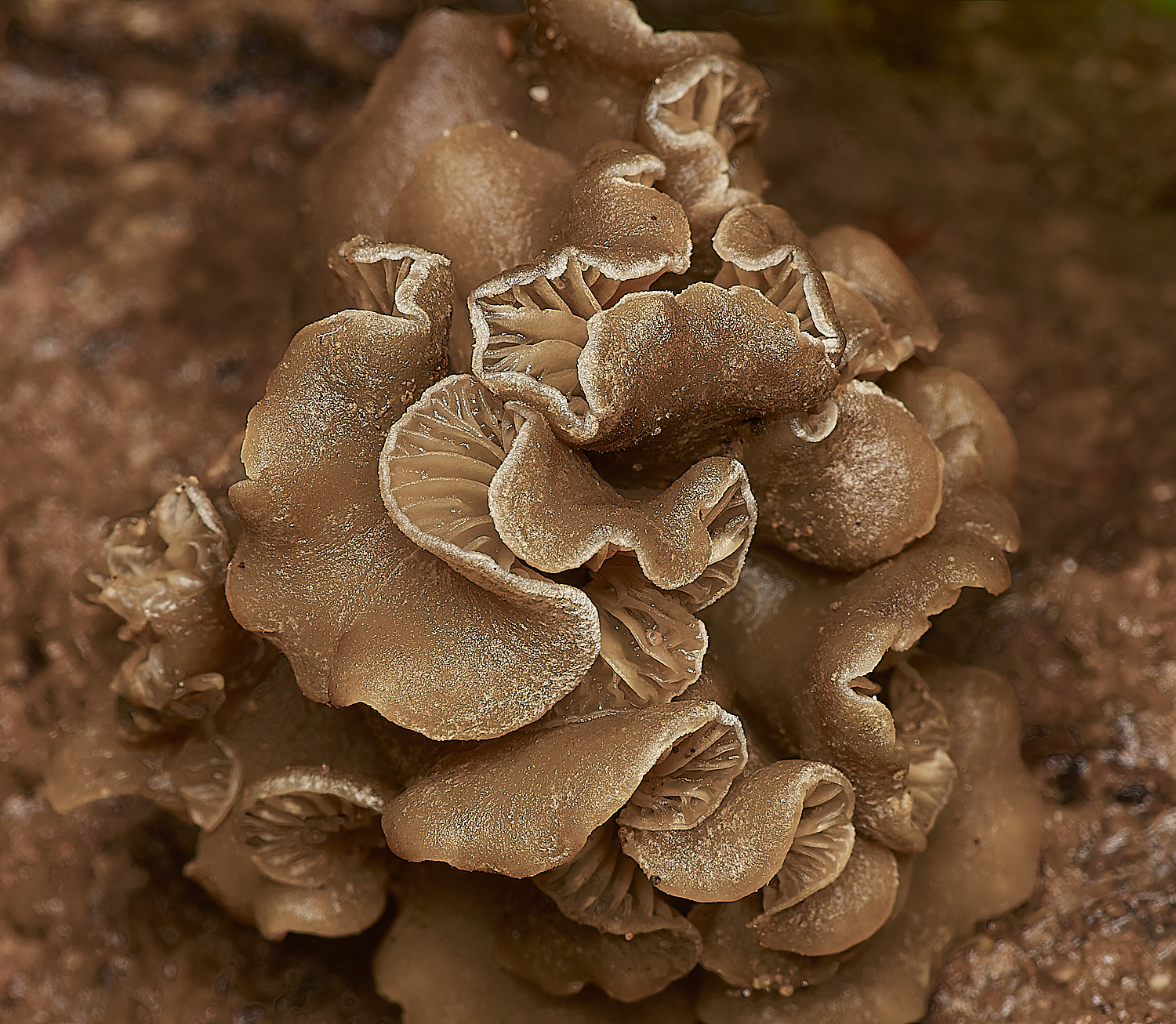
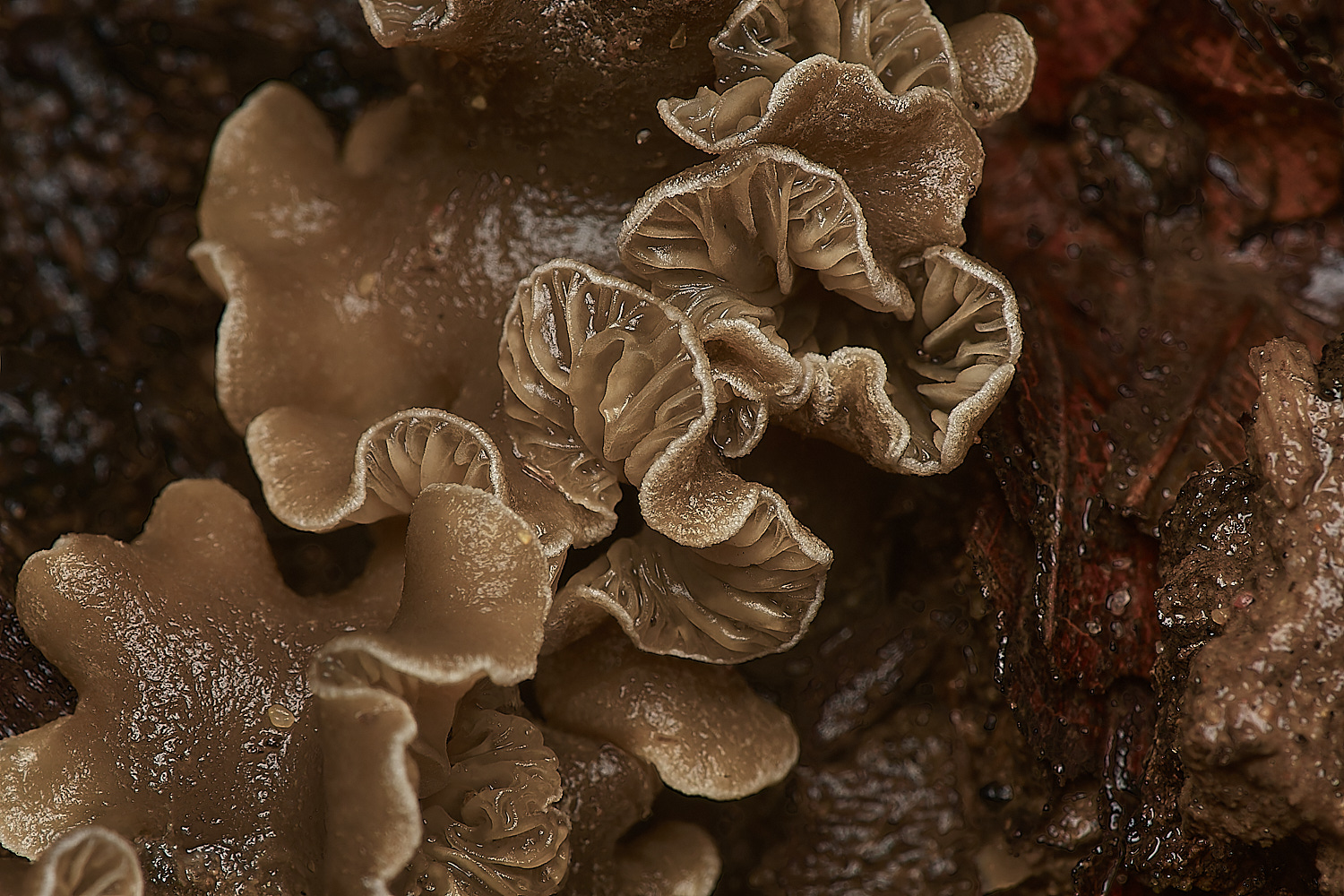
Oysterling Sp?
Steve Commented
And then to the clump of small twisted grey things growing on soil (see photos above) that Maud found, there was a fair bit of speculation in the field including Resupinatus applicatus,
which I have never seen growing on soil, getting it home I very carefully removed all the soil from around the base to try and see if there was any woody debris that it could be
growing on and there was nothing that I could see. I did a spore drop to try and get some spore colour and they really were not inclined to drop any.
Taking a piece of gill and examining the edge under the microscope I could find no cystidia, although this year I have struggled at times to find cystidia on Crepidotus so this is not
an absolute evidence of lack of cystidia.
The spores I found on the gills really did not fit with the suggestion of Resupinatus applicatus either, I am really struggling with this one and wonder if anyone has any thoughts of
directions I may wish to go in with trying to get somewhere. I hope to have another go at it tomorrow. 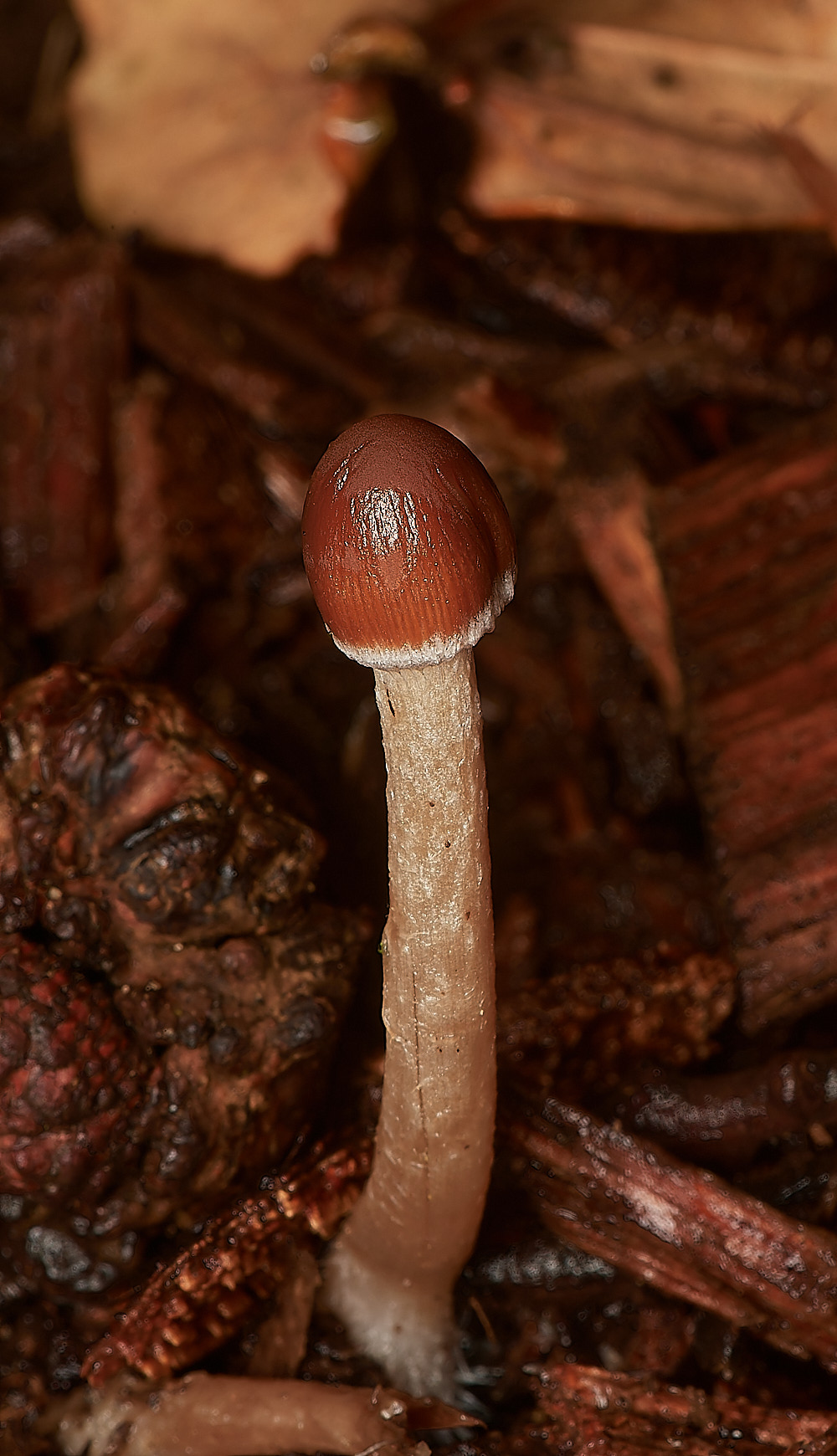
Psathyrella sp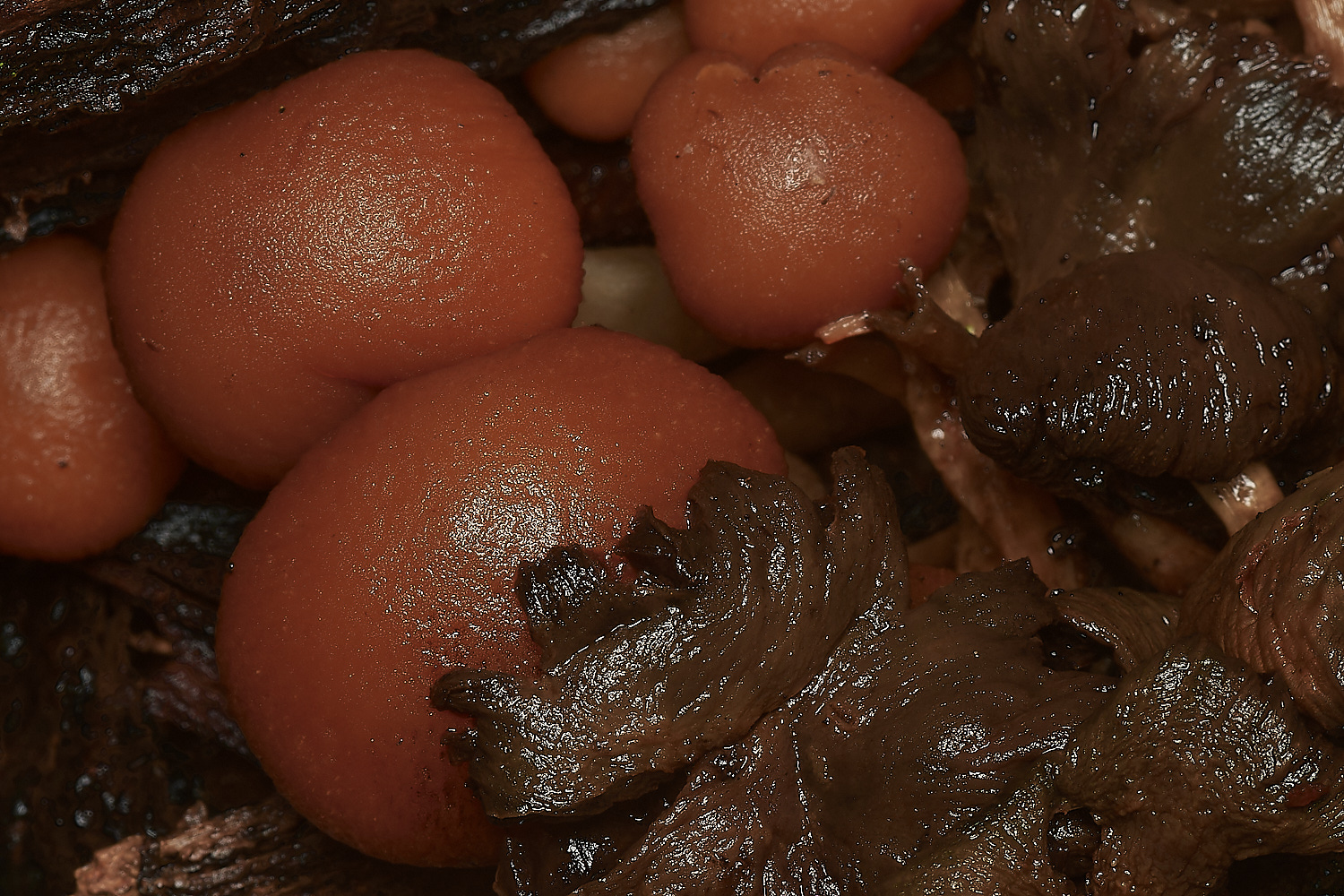

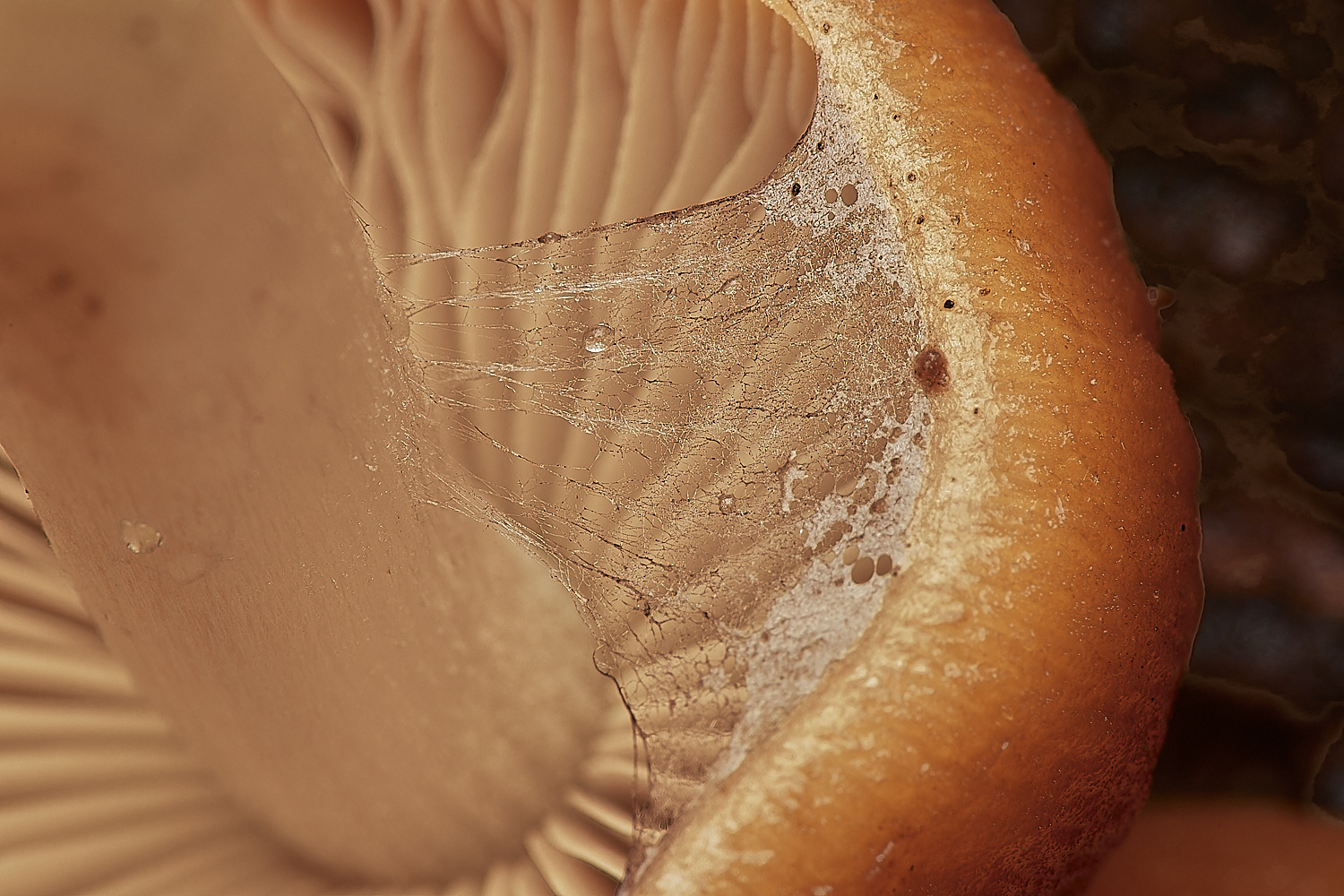
Psathyrella sp showing the veil.
Yvonne ID'd these as
Psathyrella piluliformis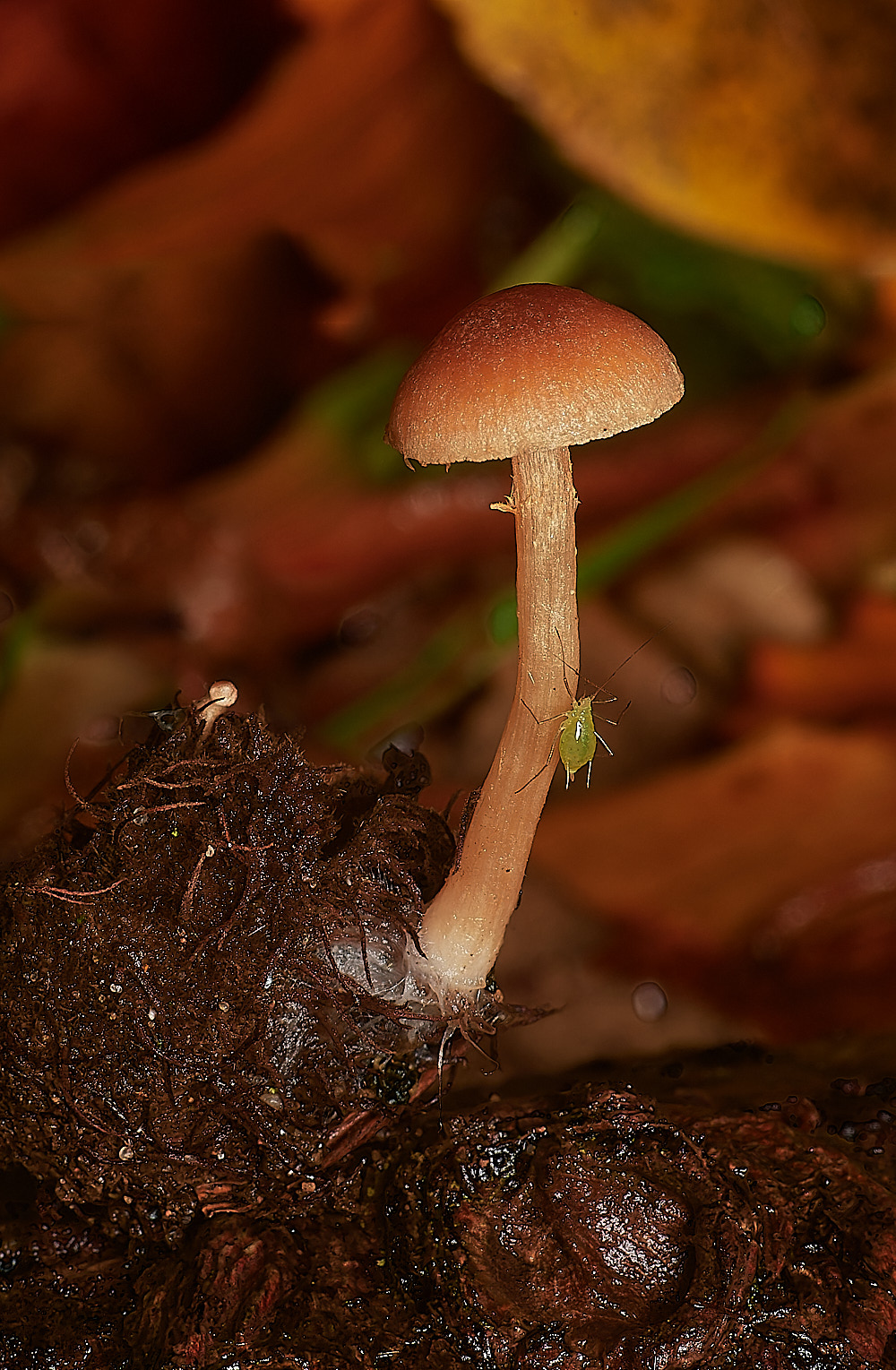
Scurfy Twiglet (Tubararia furfuracea) and Aphid friend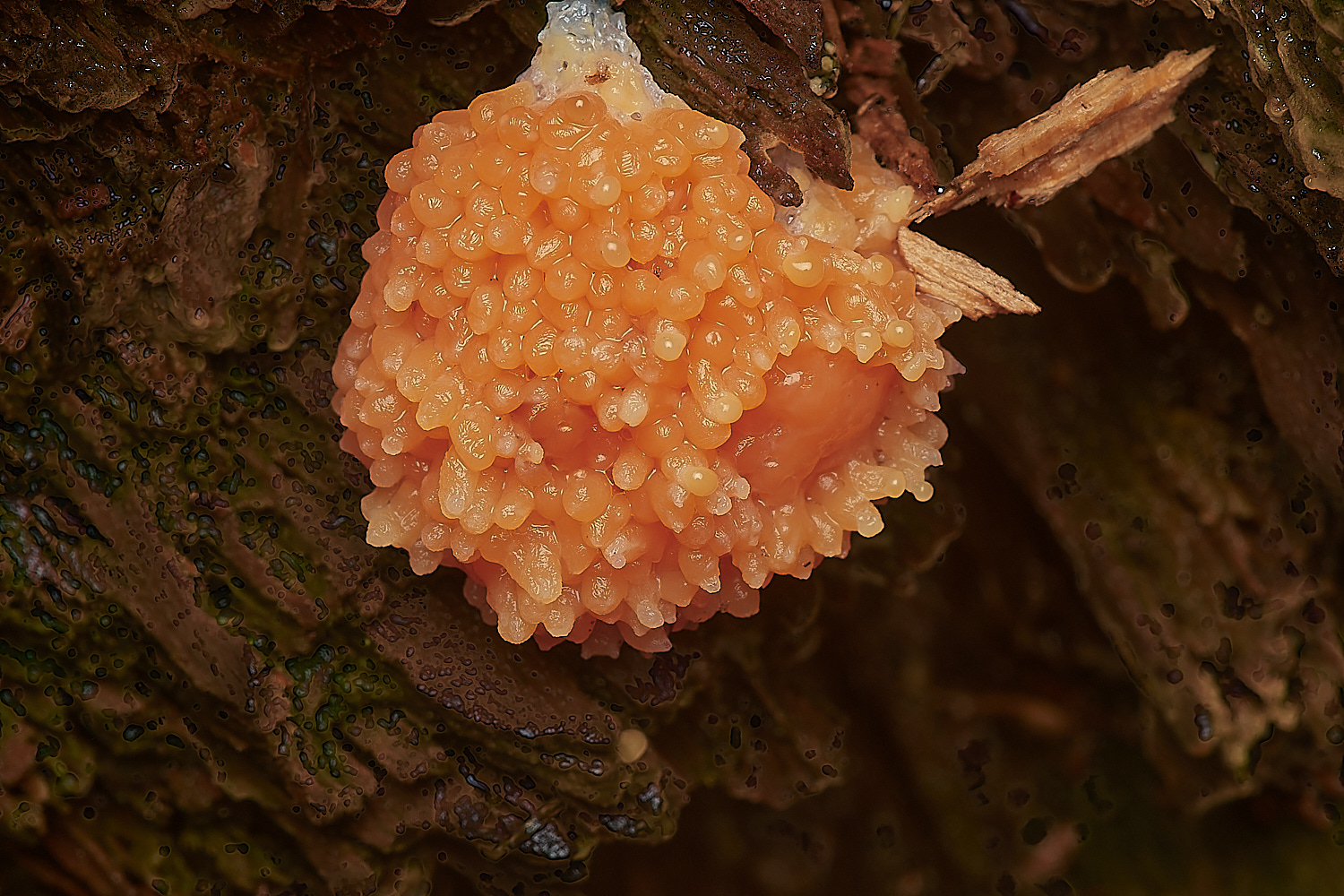
Tubulifera arachnoidea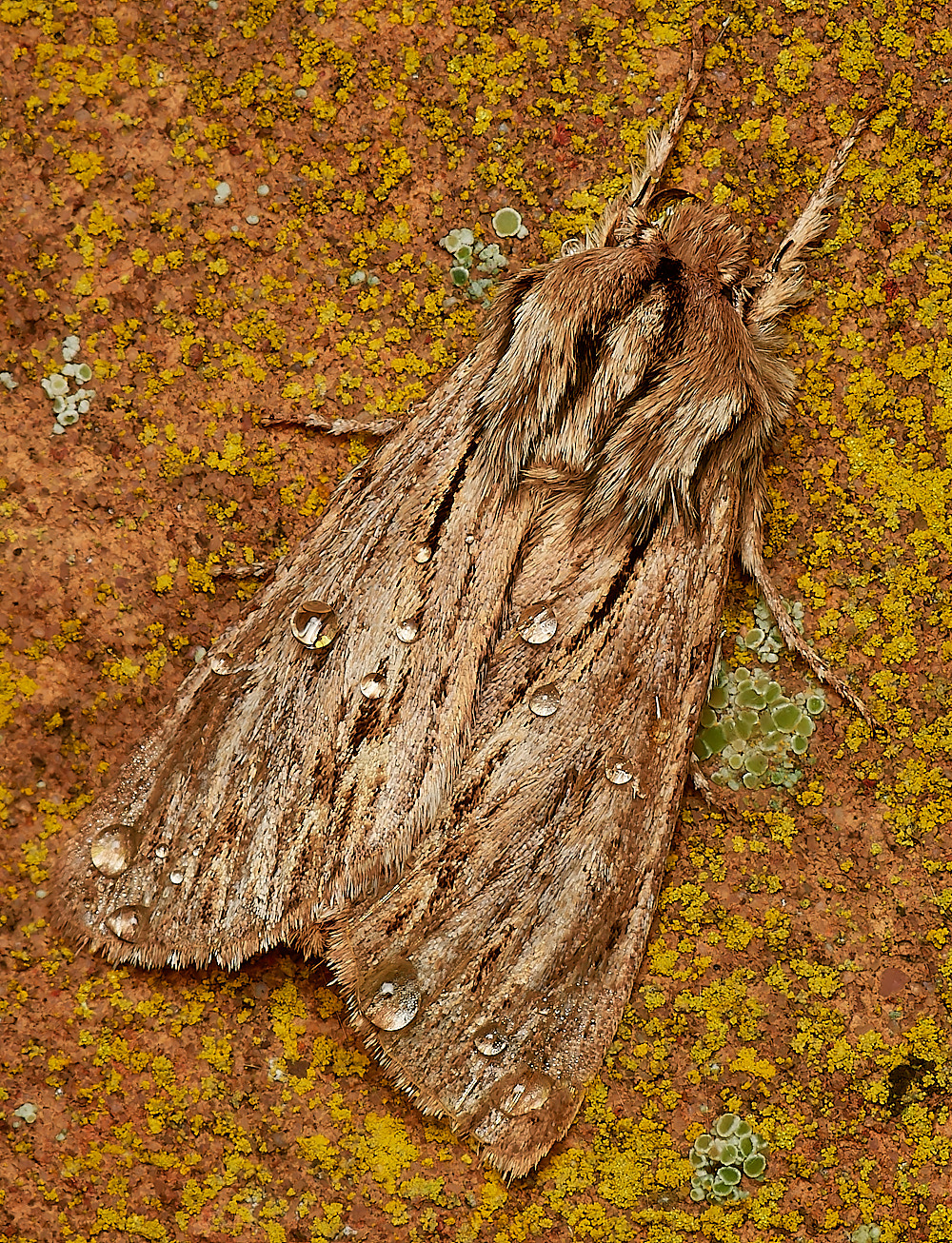
The Sprawler Moth (Asteroscopus sphinx)
Yellow Brain Fungus (Tremella mesenterica)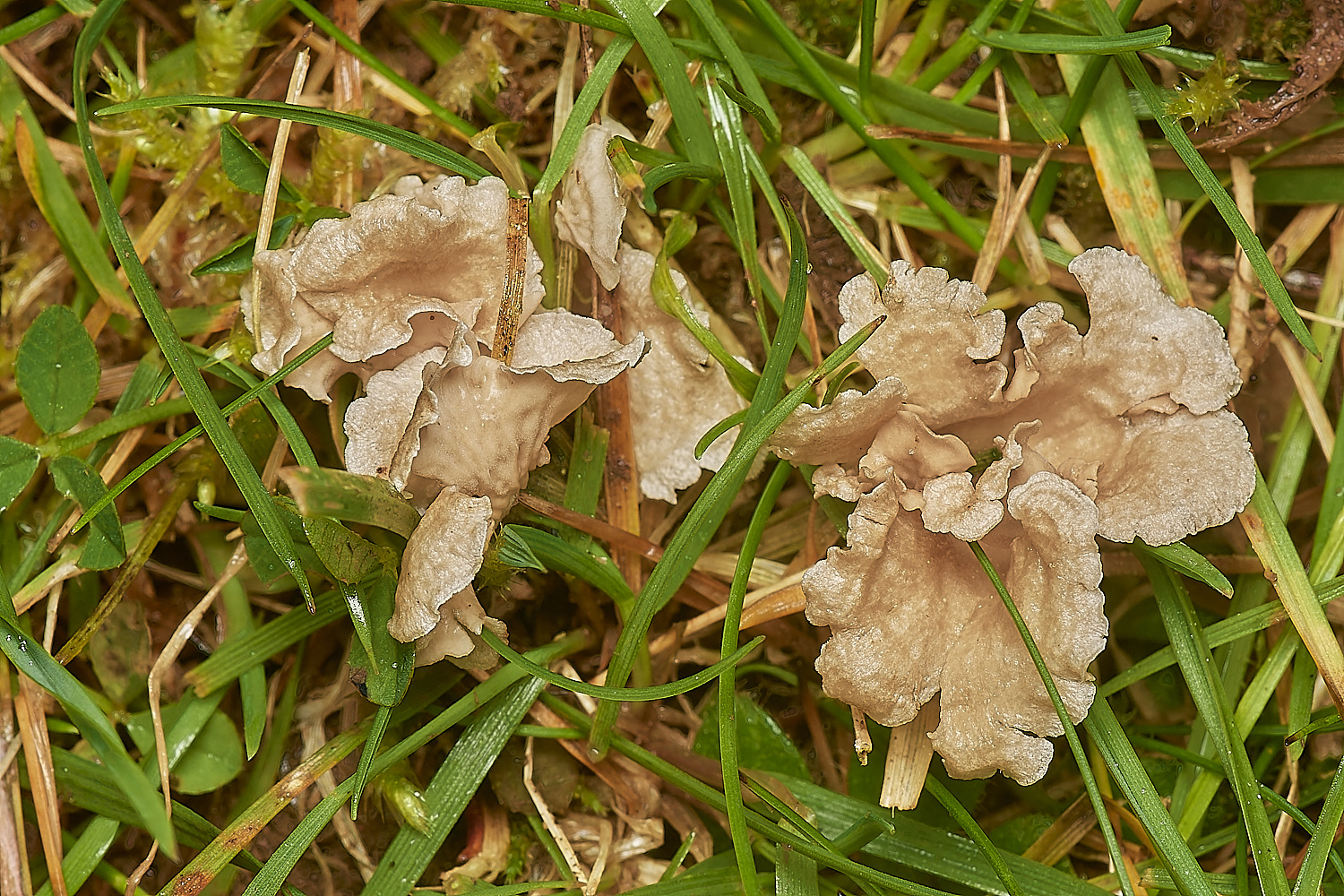
Arrhenia Sp
Perhaps
Small Moss Oysterling (Arrhenia retituga). Springy Turf-moss (Rhytidiadelphus squarrosus) present.
Confirmed By Yvonne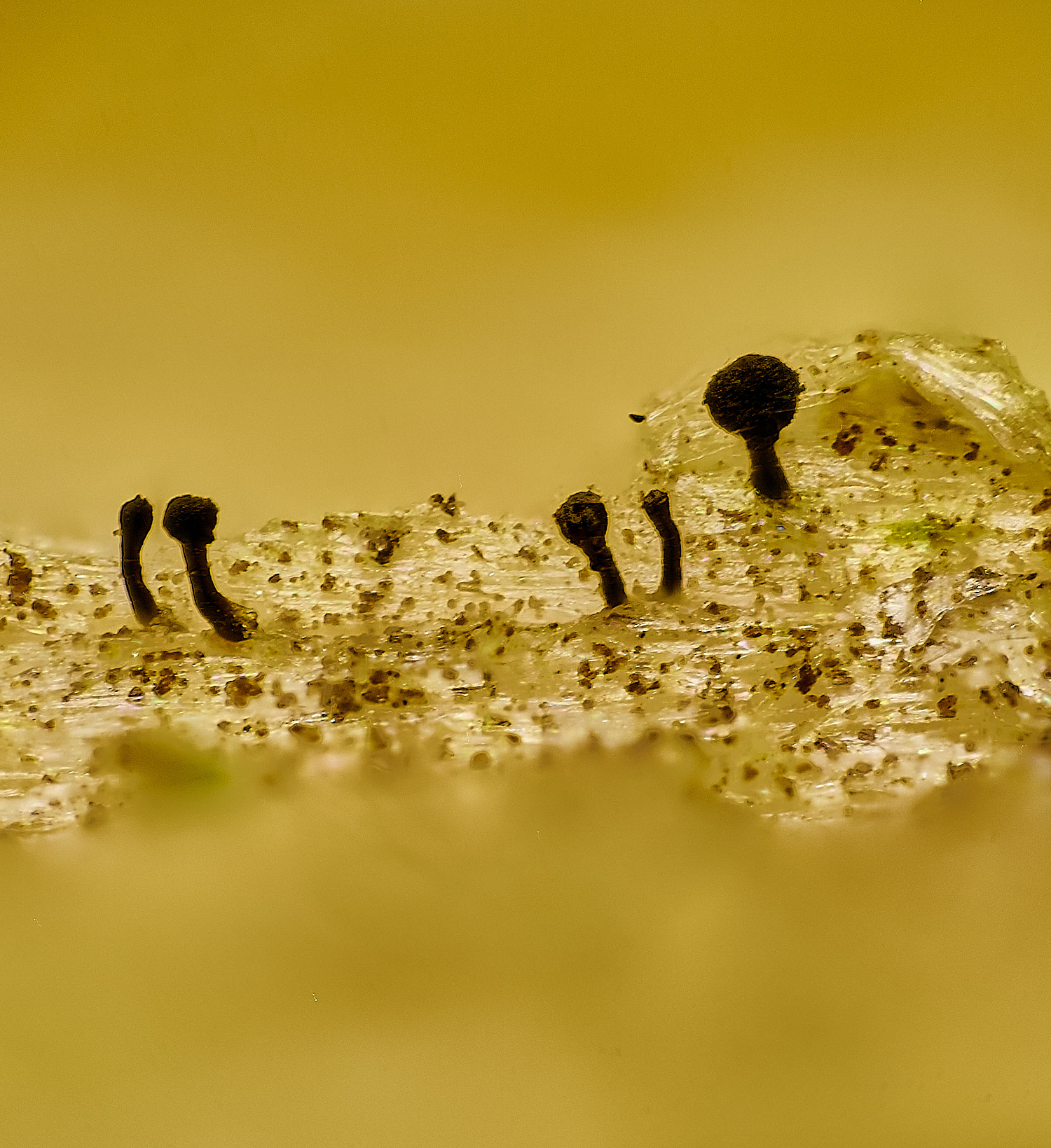
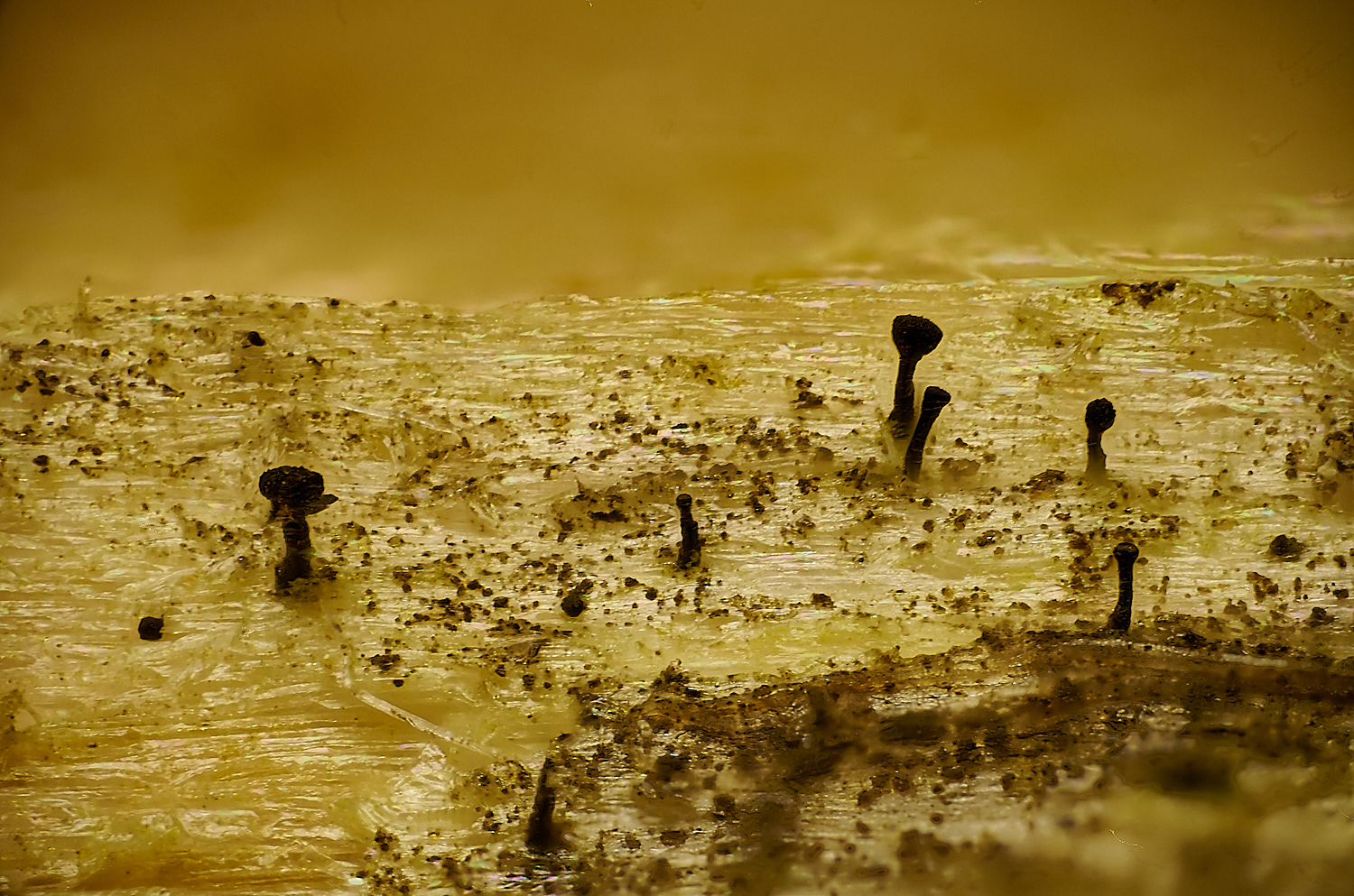
X 10
Tiny Black/ Dark Brown Pinheads Lichen? Fungus? on decaying wood.
Mycocalicium subtile
from
Rob Yaxley
The pinhead turned out to be Mycocalicium subtile. It has dark brown, simple, smooth ellipsoid ascospores,
and is a sunny lignum specialist. Although it has a lichen-like form, The LGBI text notes that it is not lichenized.
Most of the existing records are from Scotland, and this is the first record for Norfolk as far as I am aware.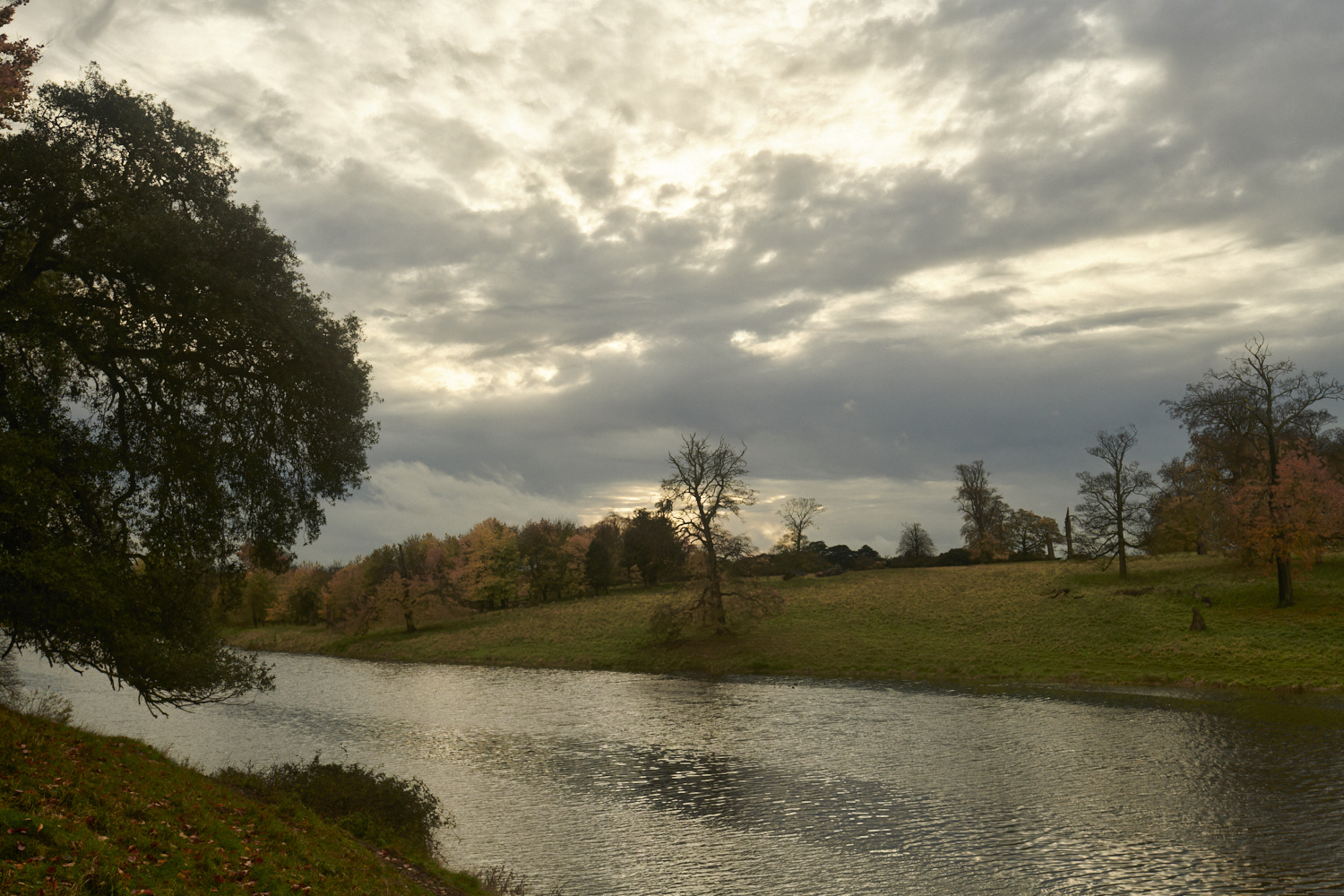
Bryant's Heath
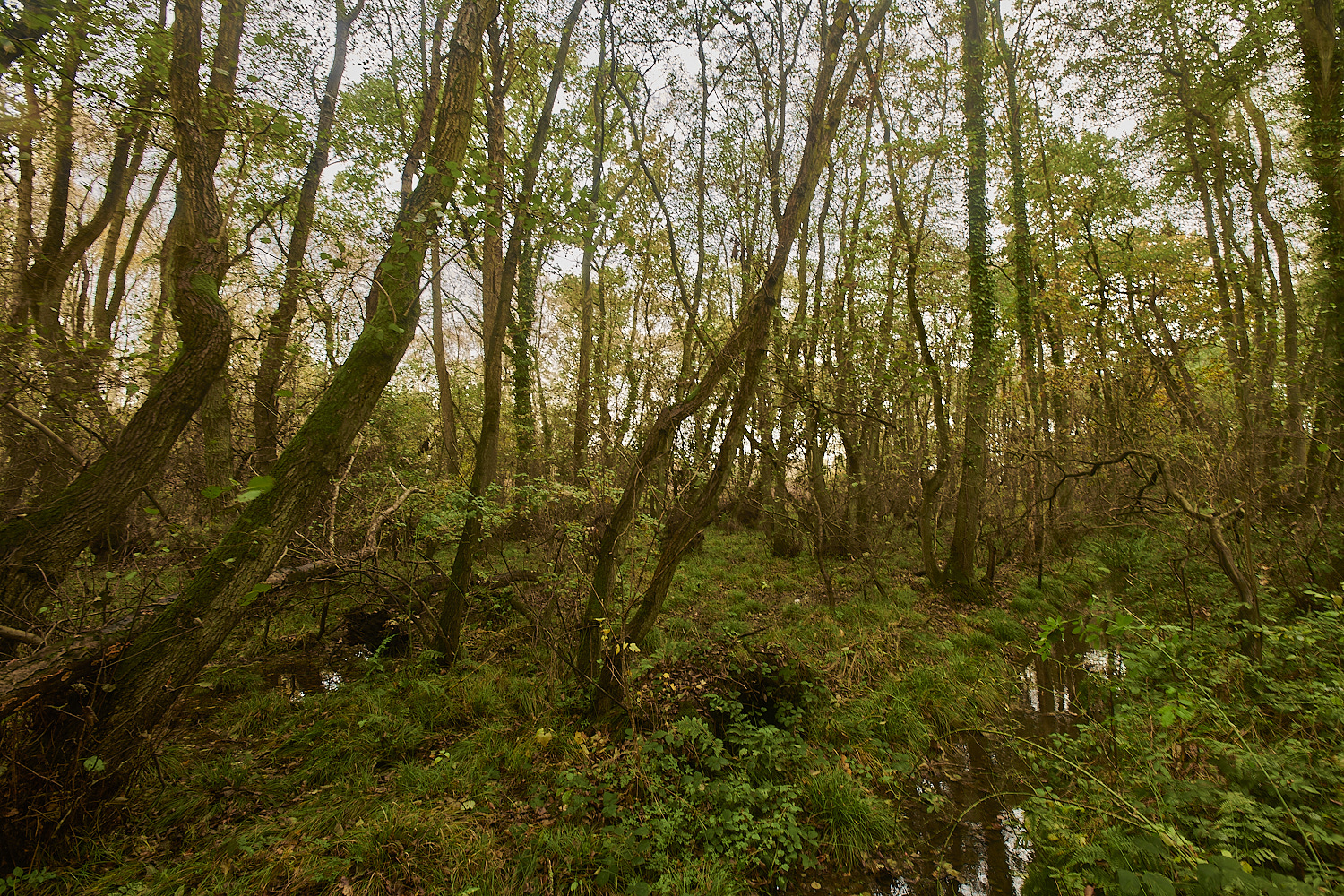
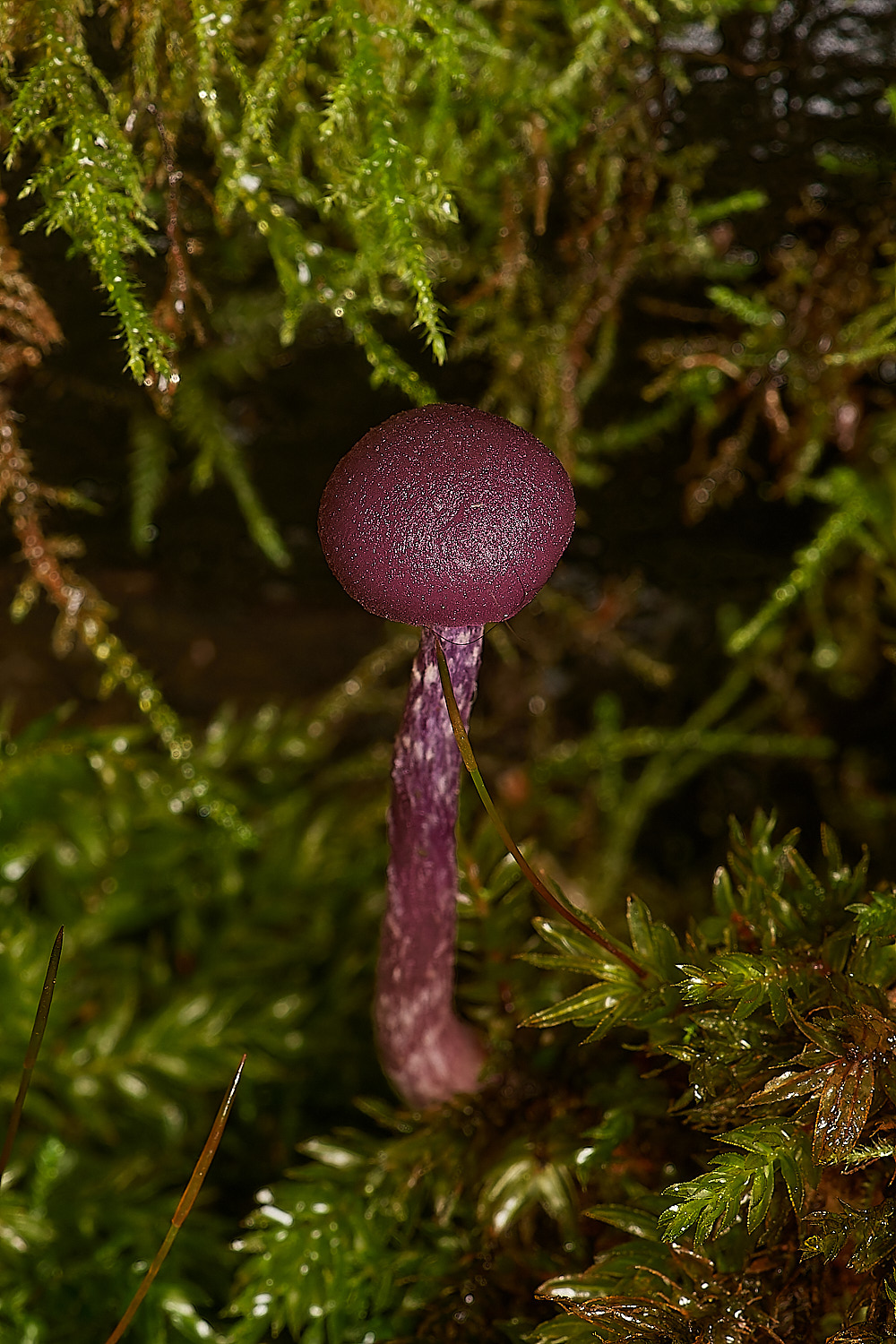
A young Amethyst Deceiver (Laccaria amethystina) nestled in amongst Common Feather-moss (Kindbergia prolonga) {top} and Swan's-neck Thyme-moss (Mnium hornum) {bottom right}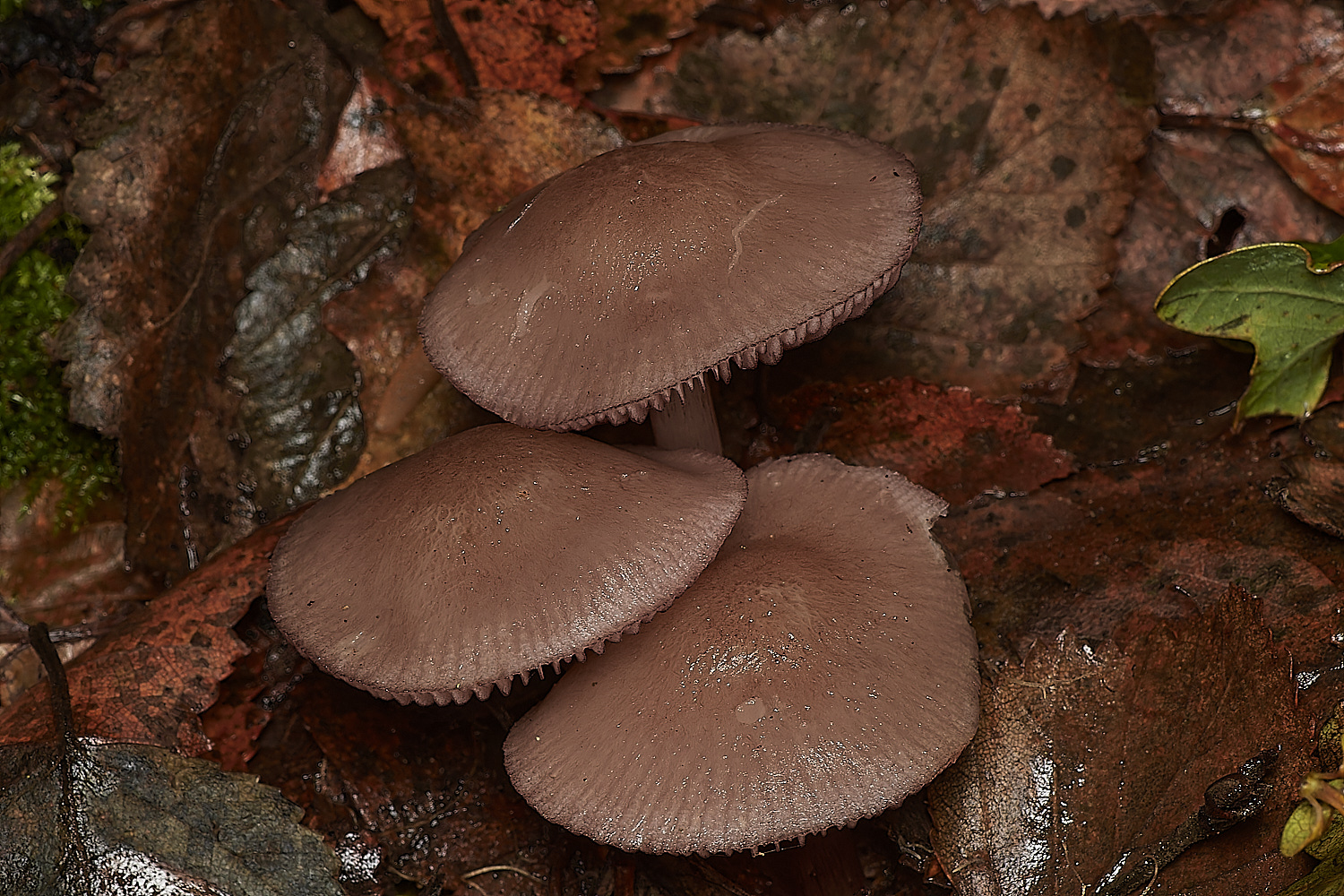
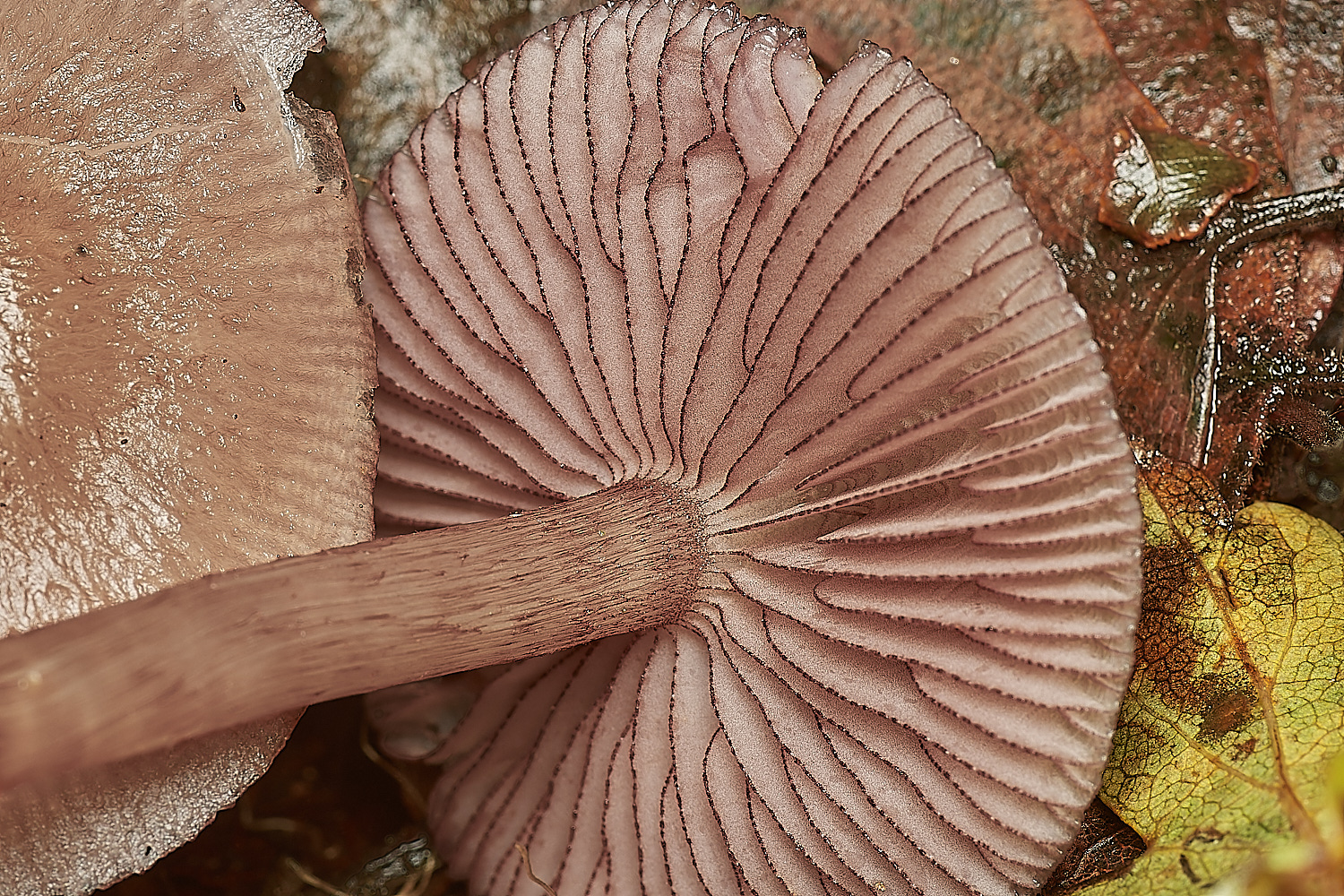
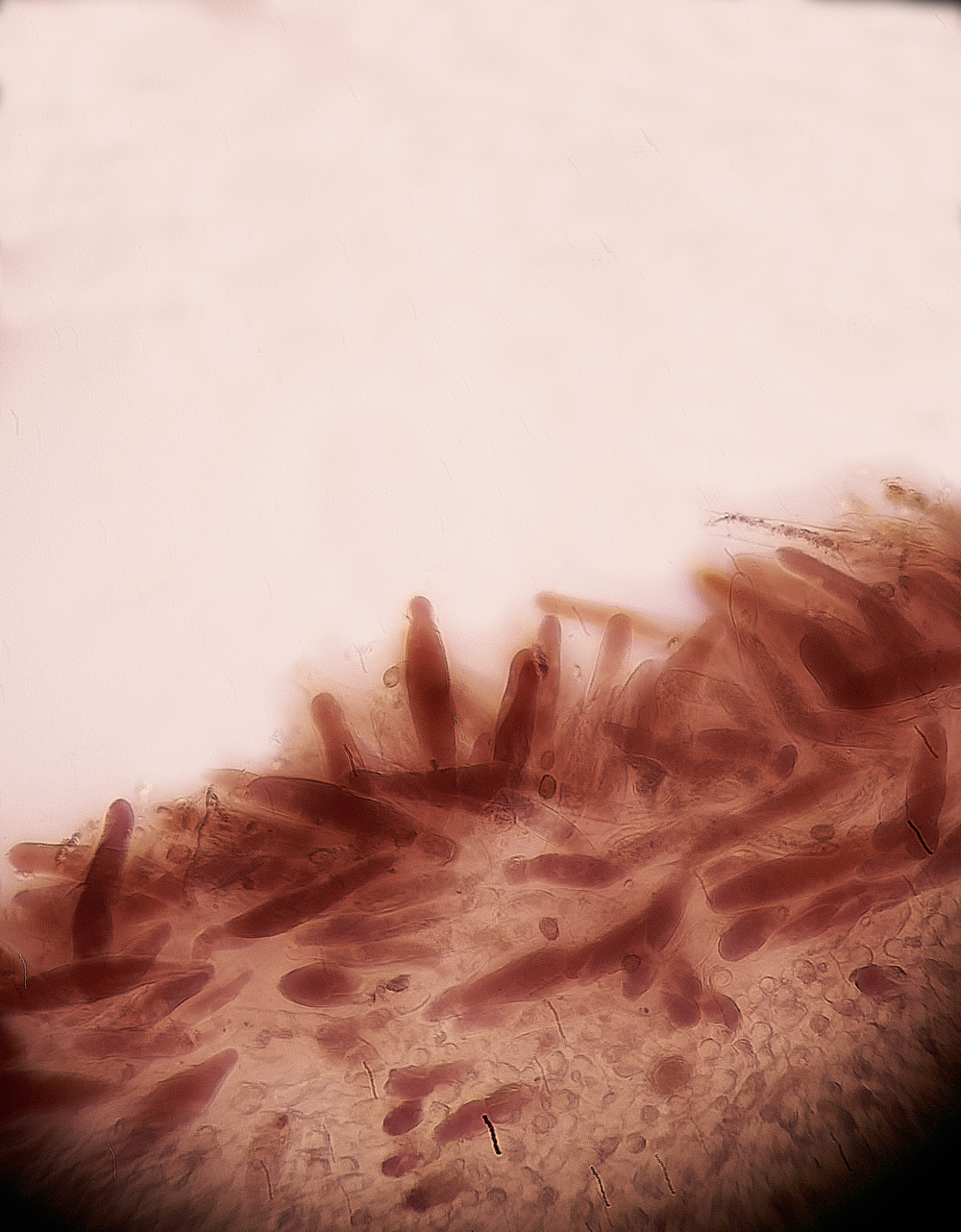
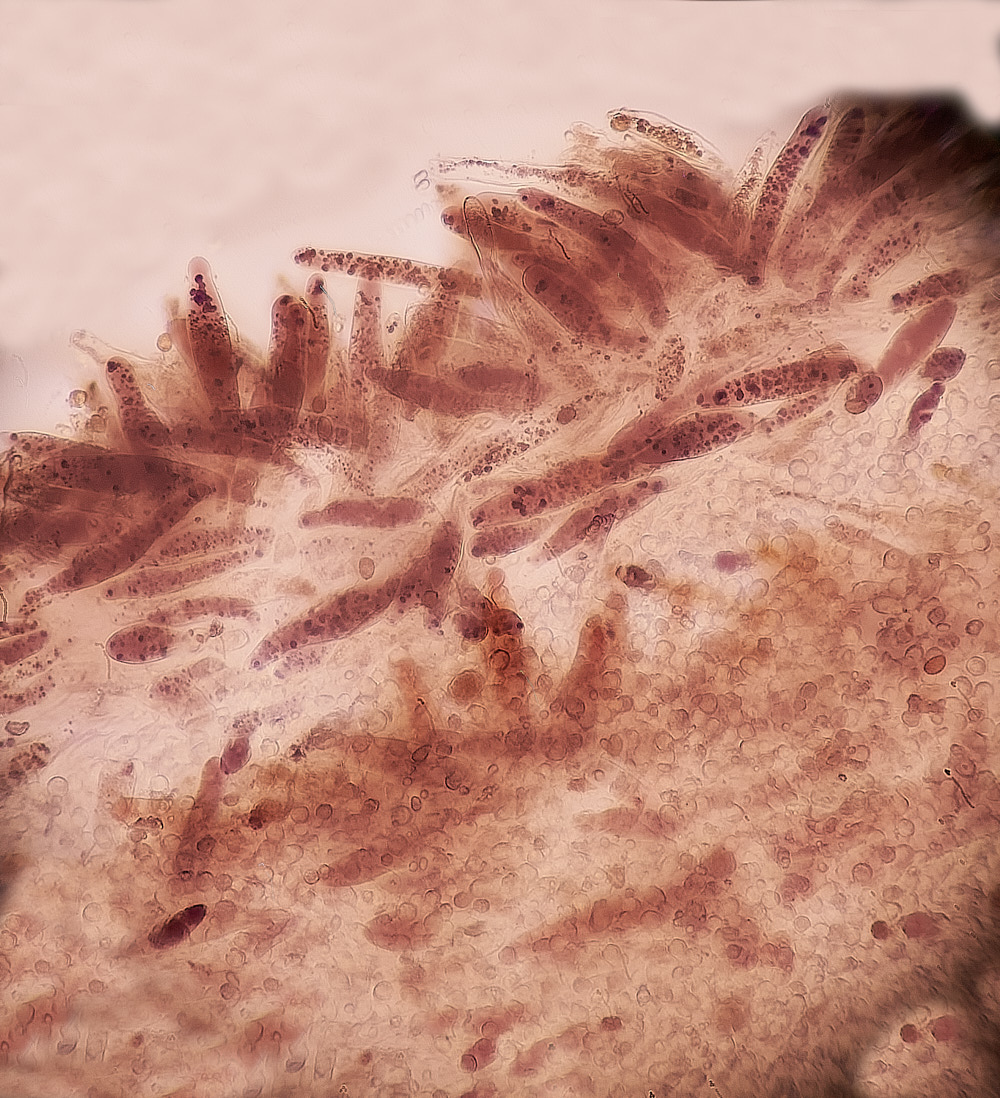
x400
The cheilocystidia on the gill in the image above are lageniform adn filled with purple brown content. Although some seemed have lost this in squash.
Blackedge Bonnet (Mycena pelianthina)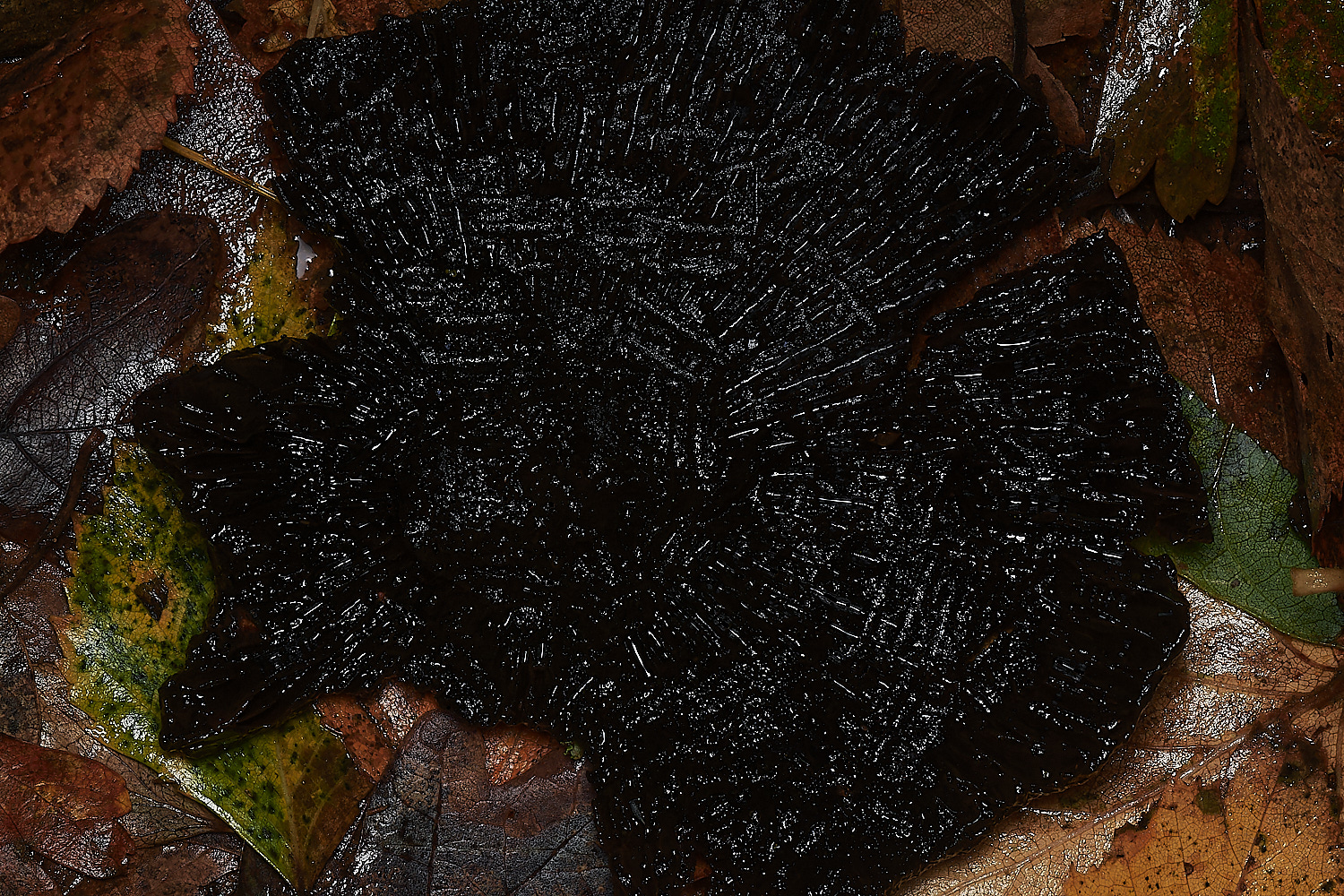
A very stinky Blackening Russula (Russula nigricans)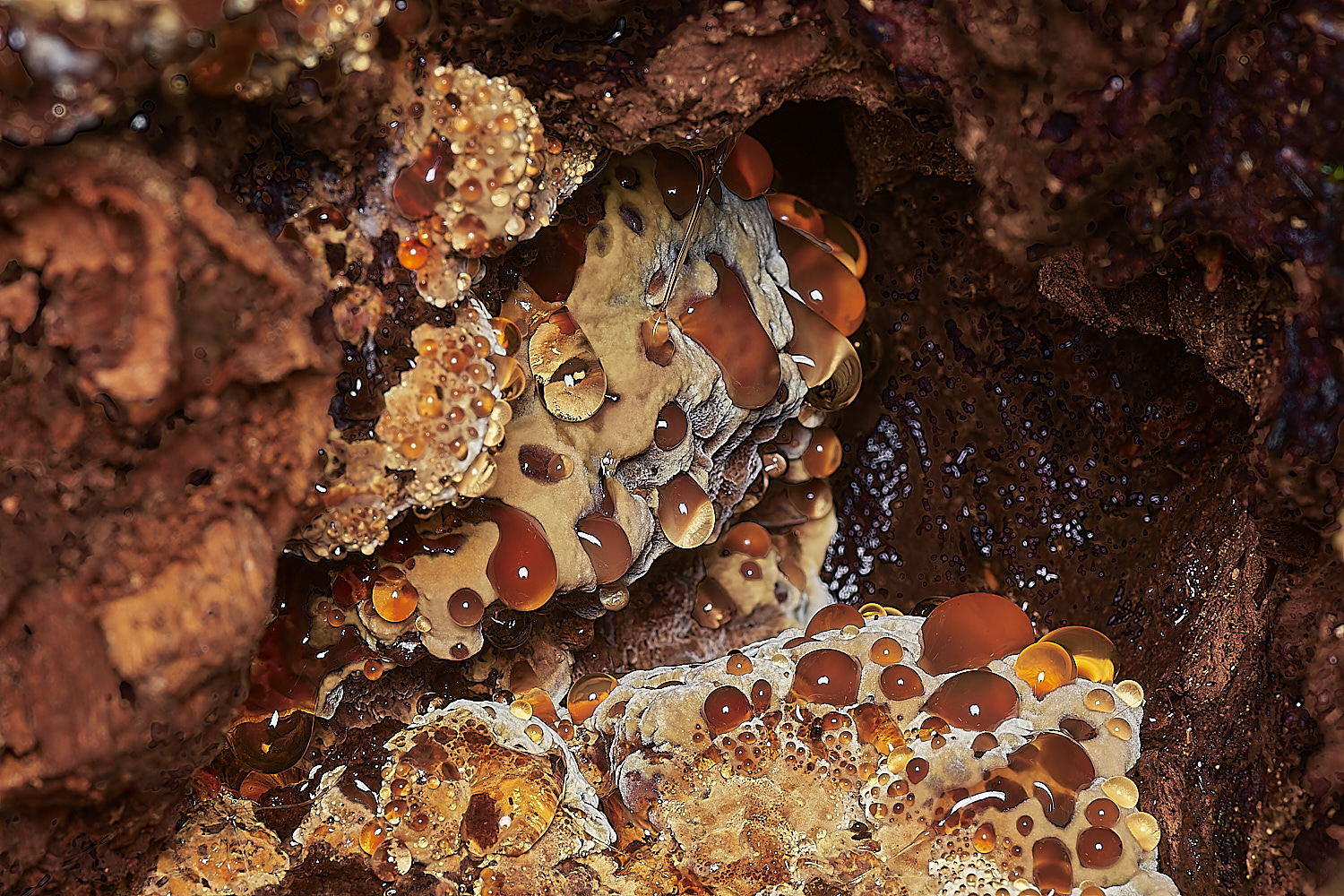

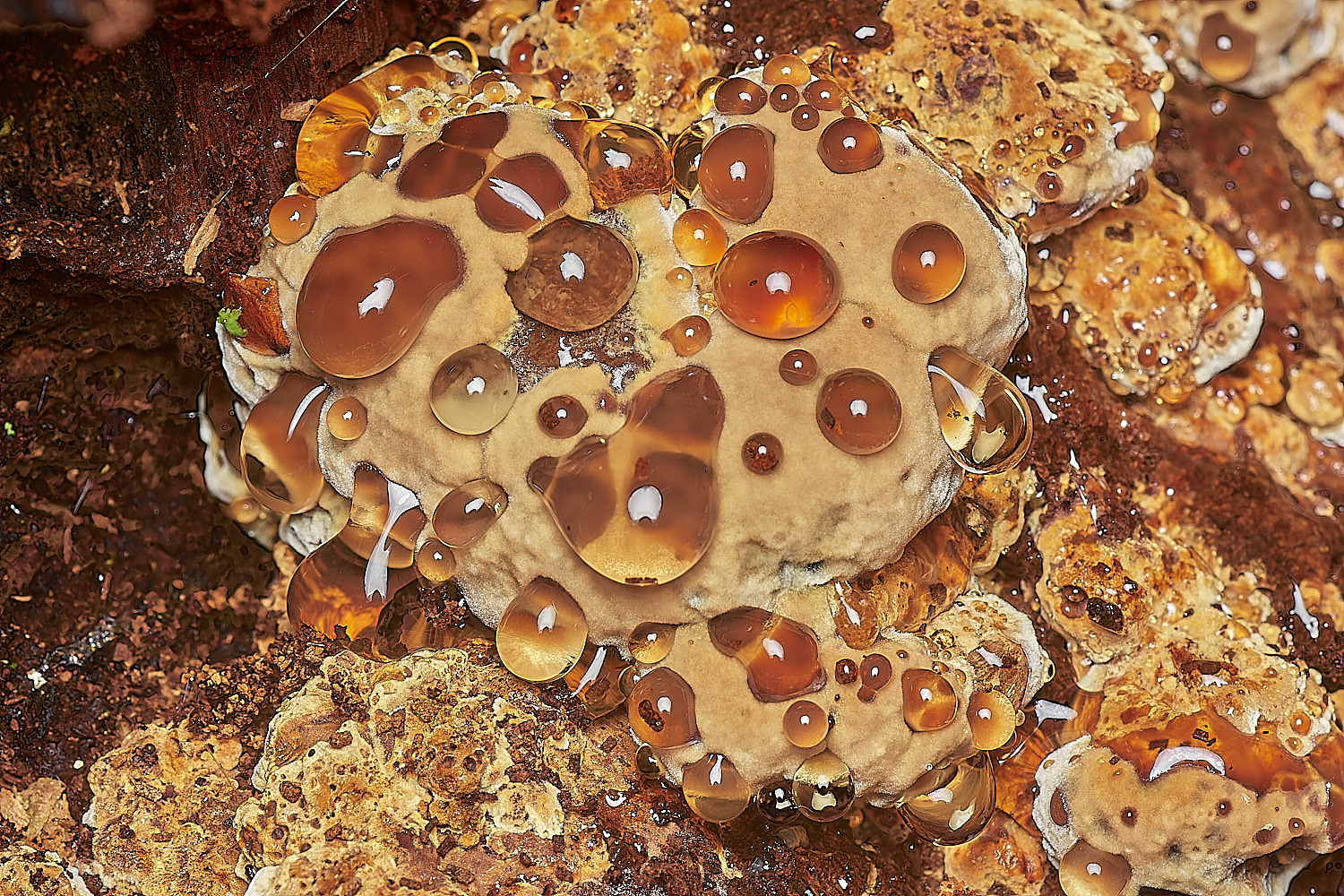
The amber droplets exuding 9Guttation) from an Alder Bracket (Inonotus radiatus)
Jan Thornhill's article on Guttation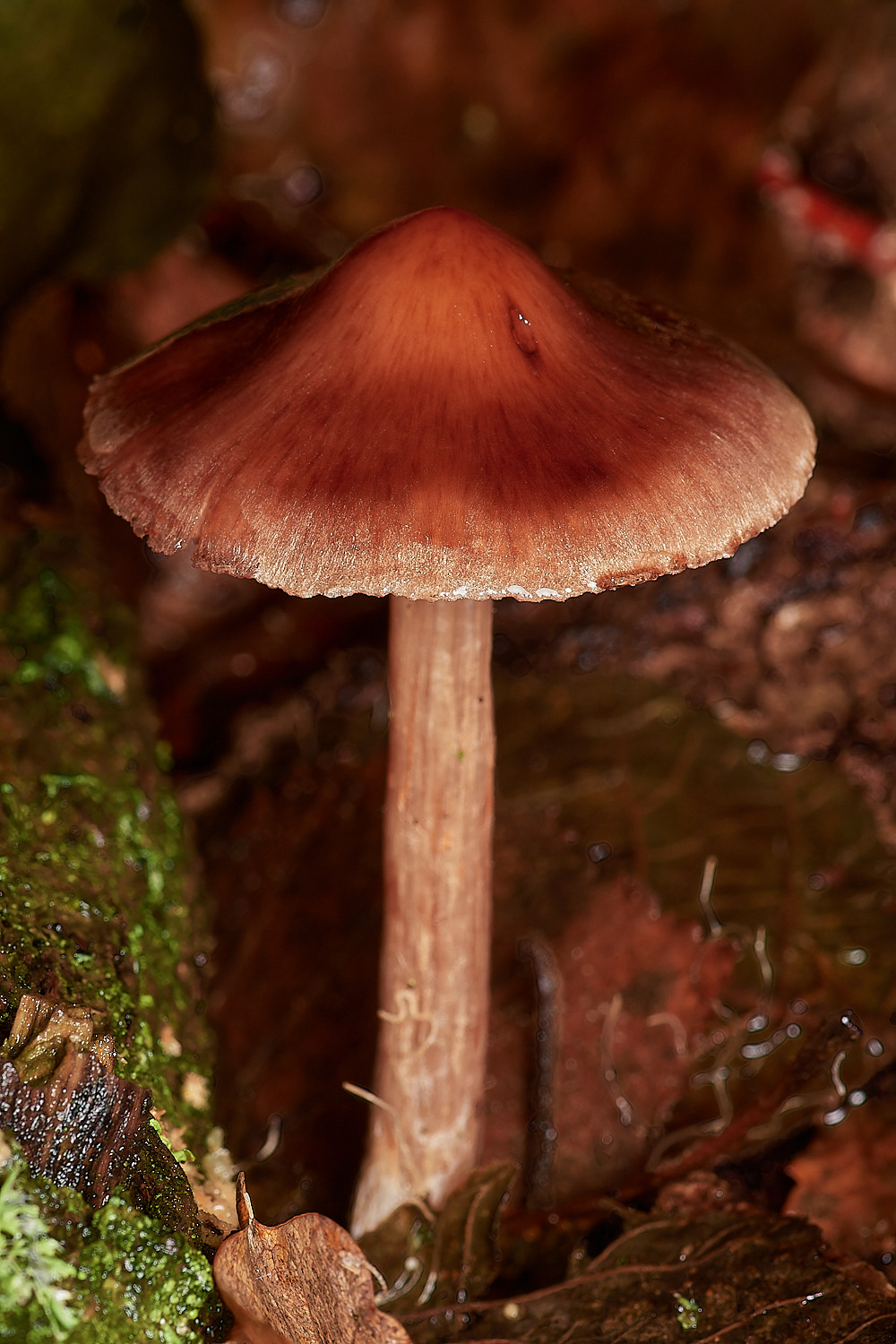
Cortinarius Sp
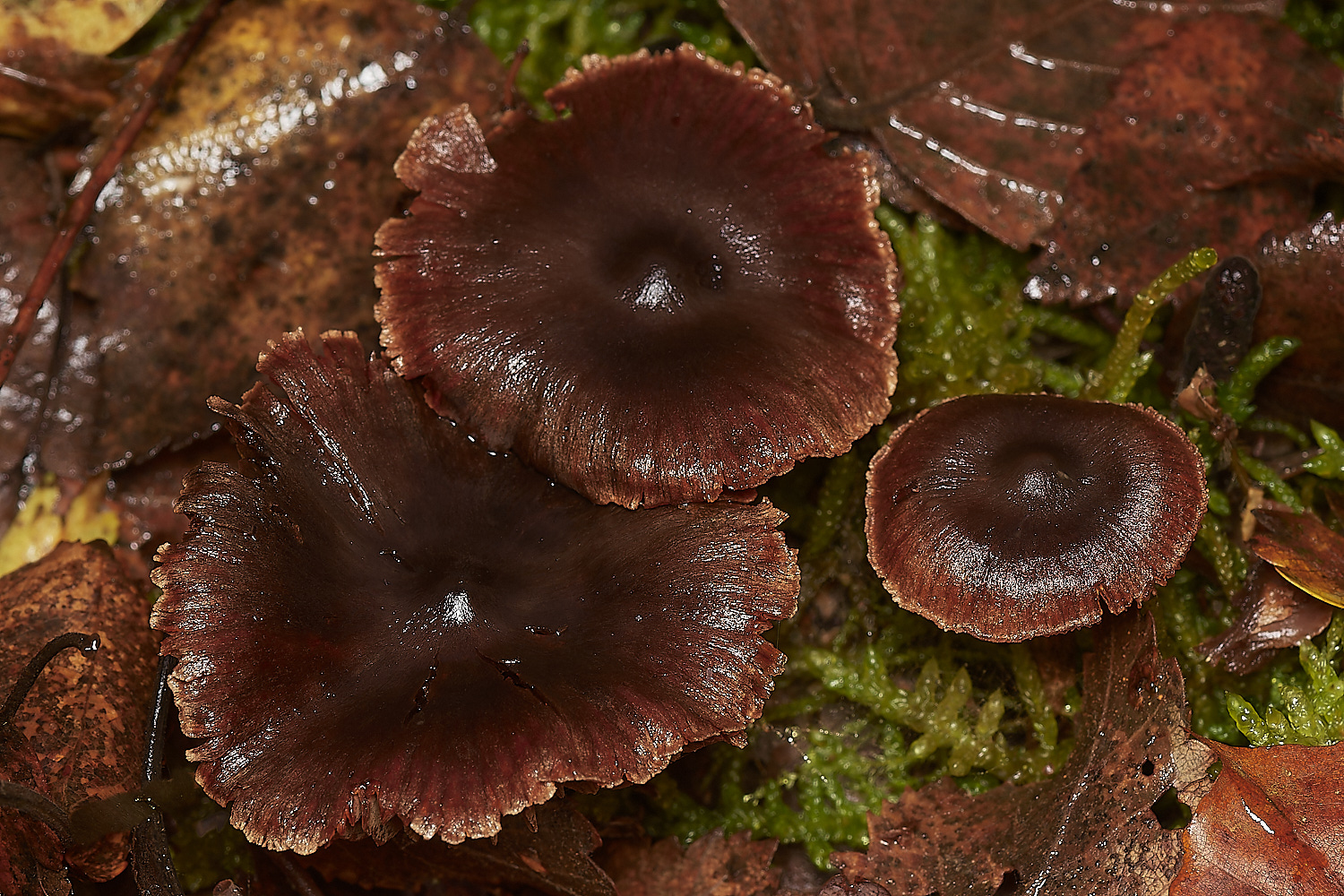

Cortinarius Sp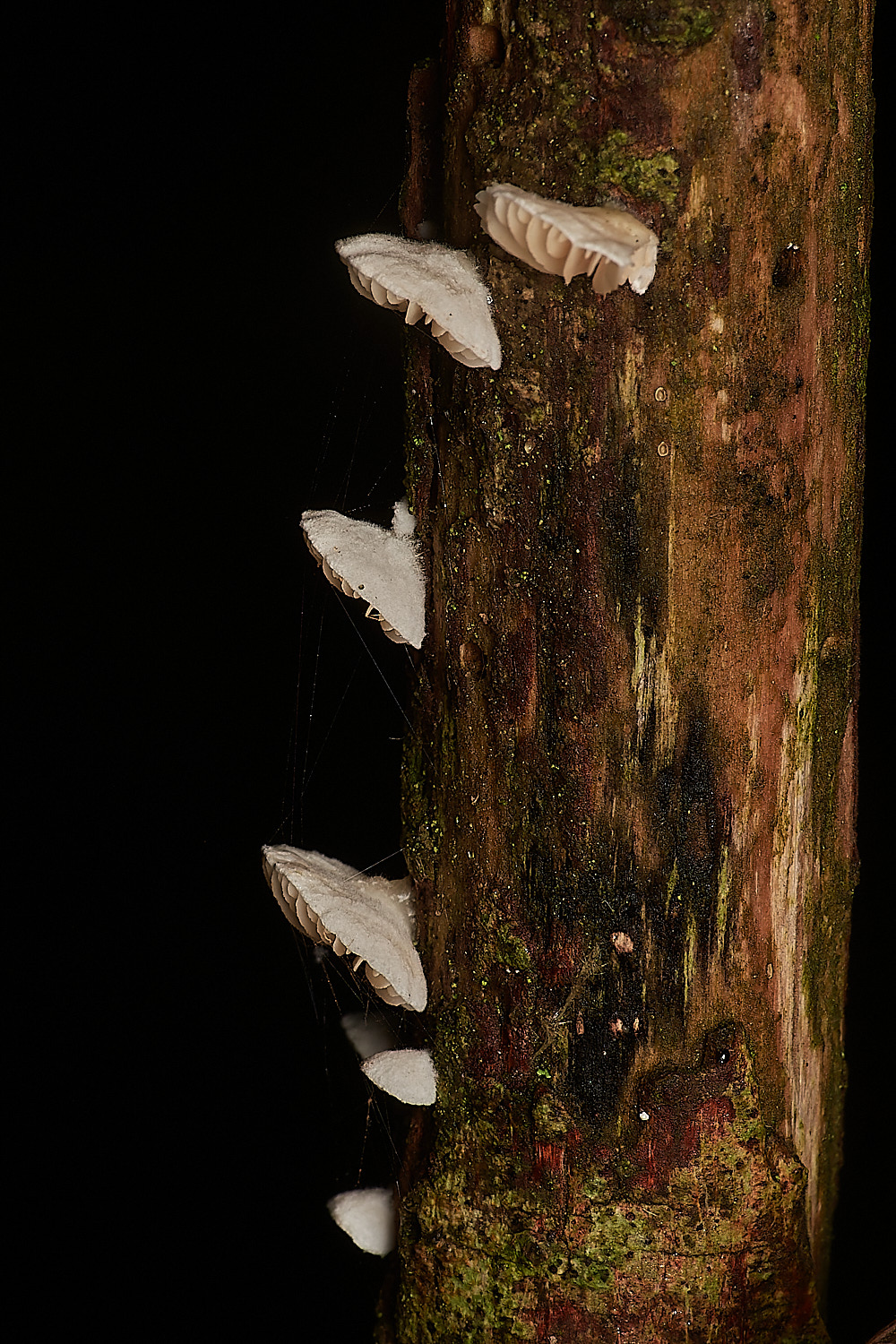
Crepidotus Sp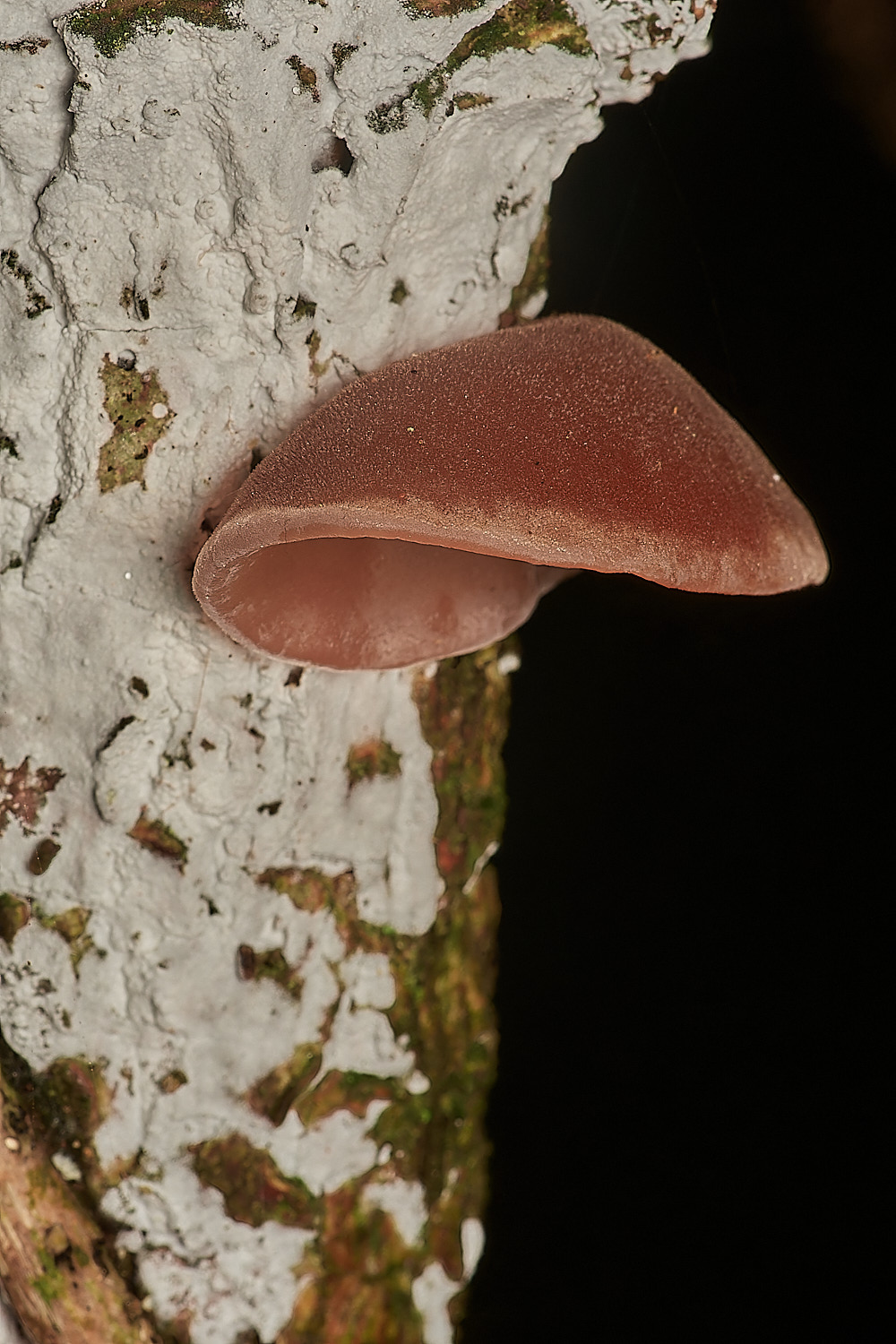
Jelly Ear (Auricularia auricula-judae) growing Elder with a background of Elder Whitewash (Hyphodontia sambuci)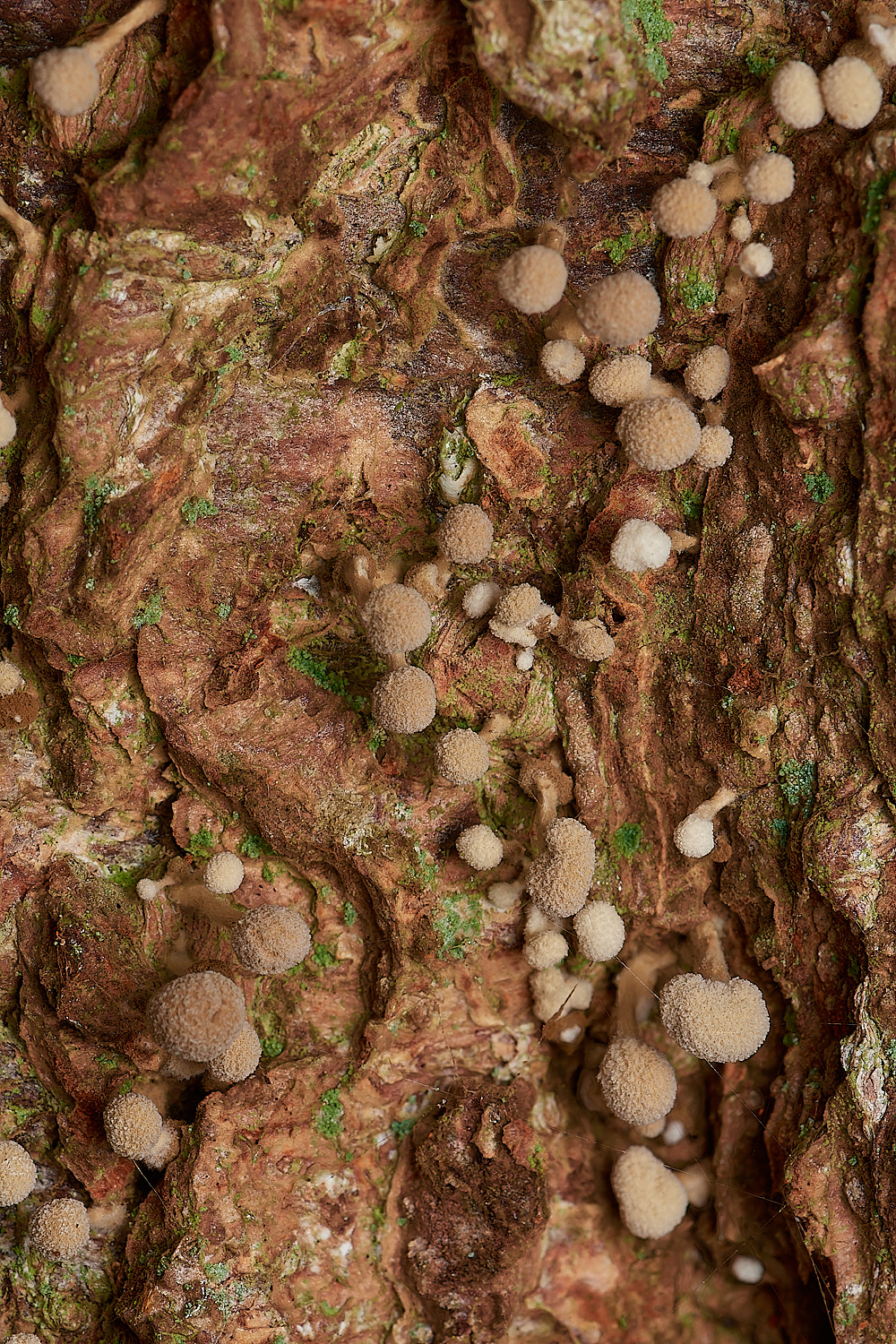
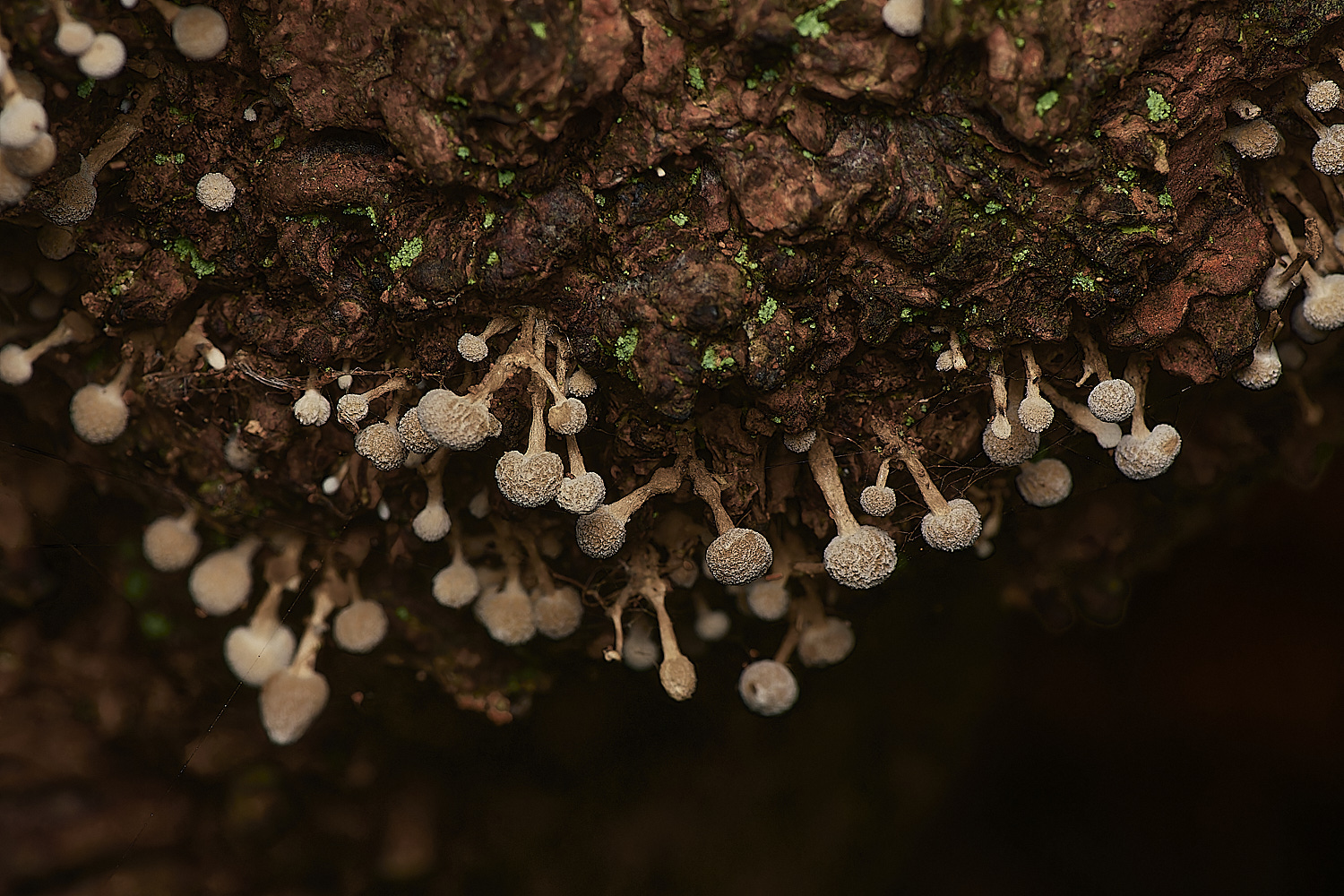
Fenugreek Stalkball (Phleogena faginea)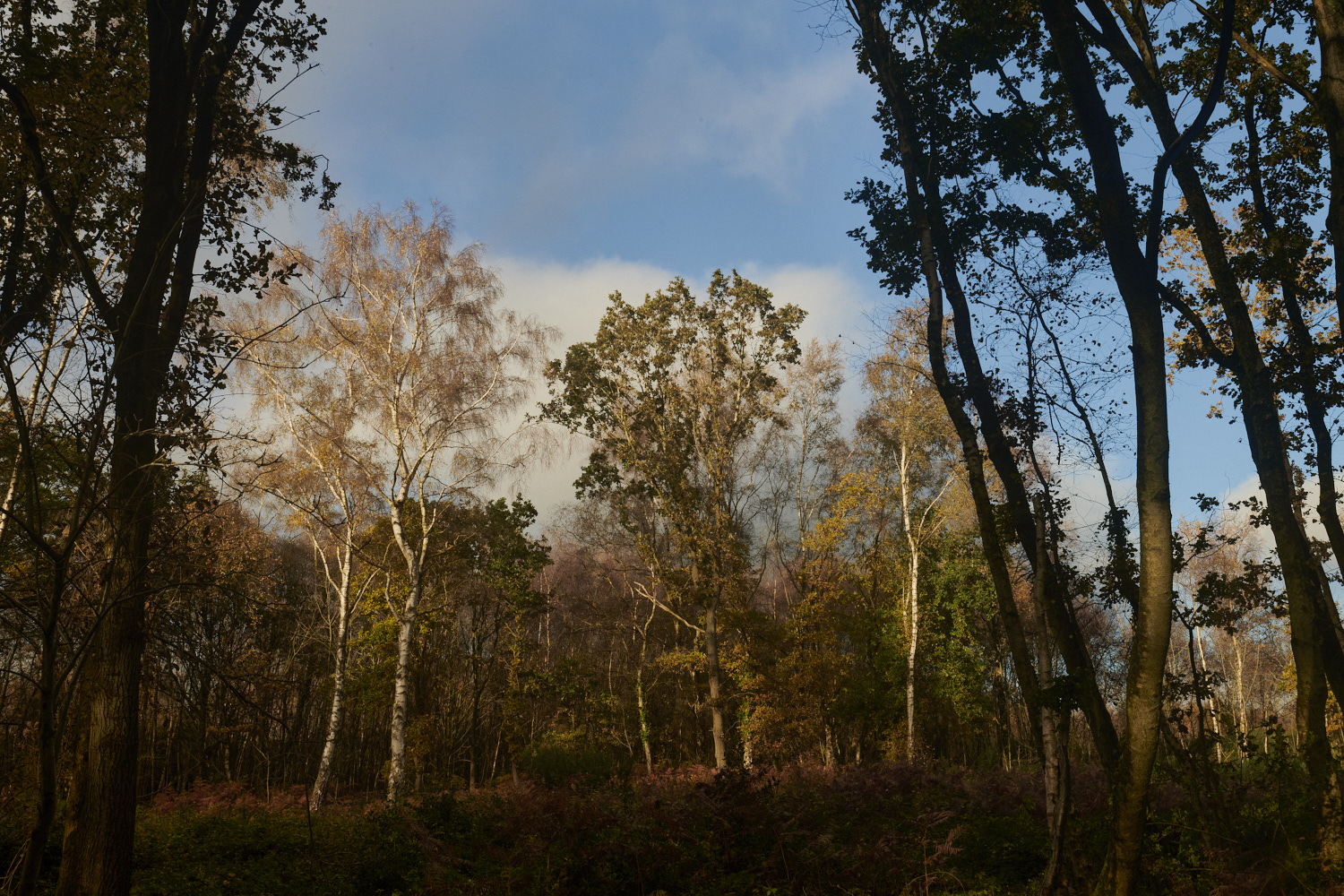
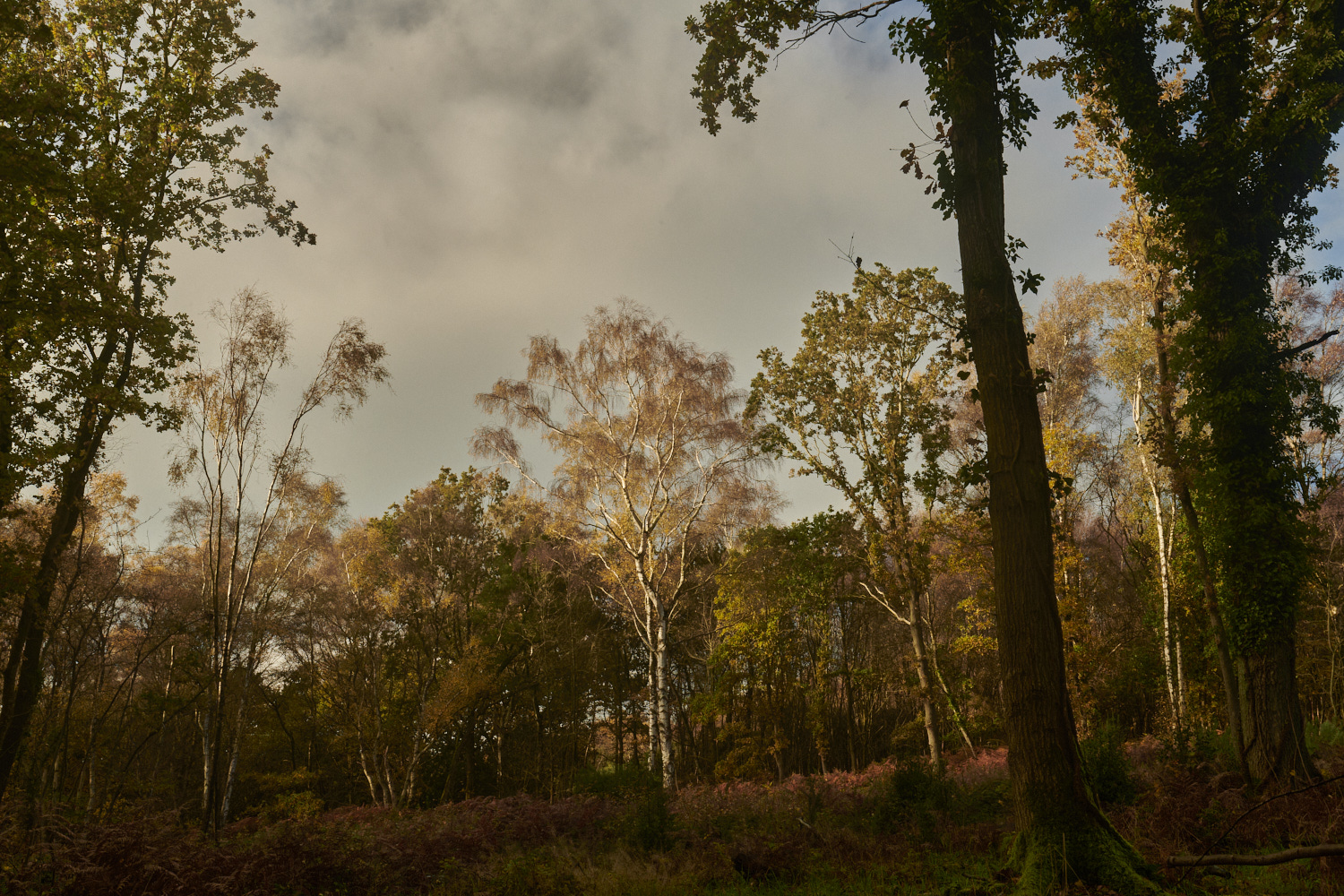
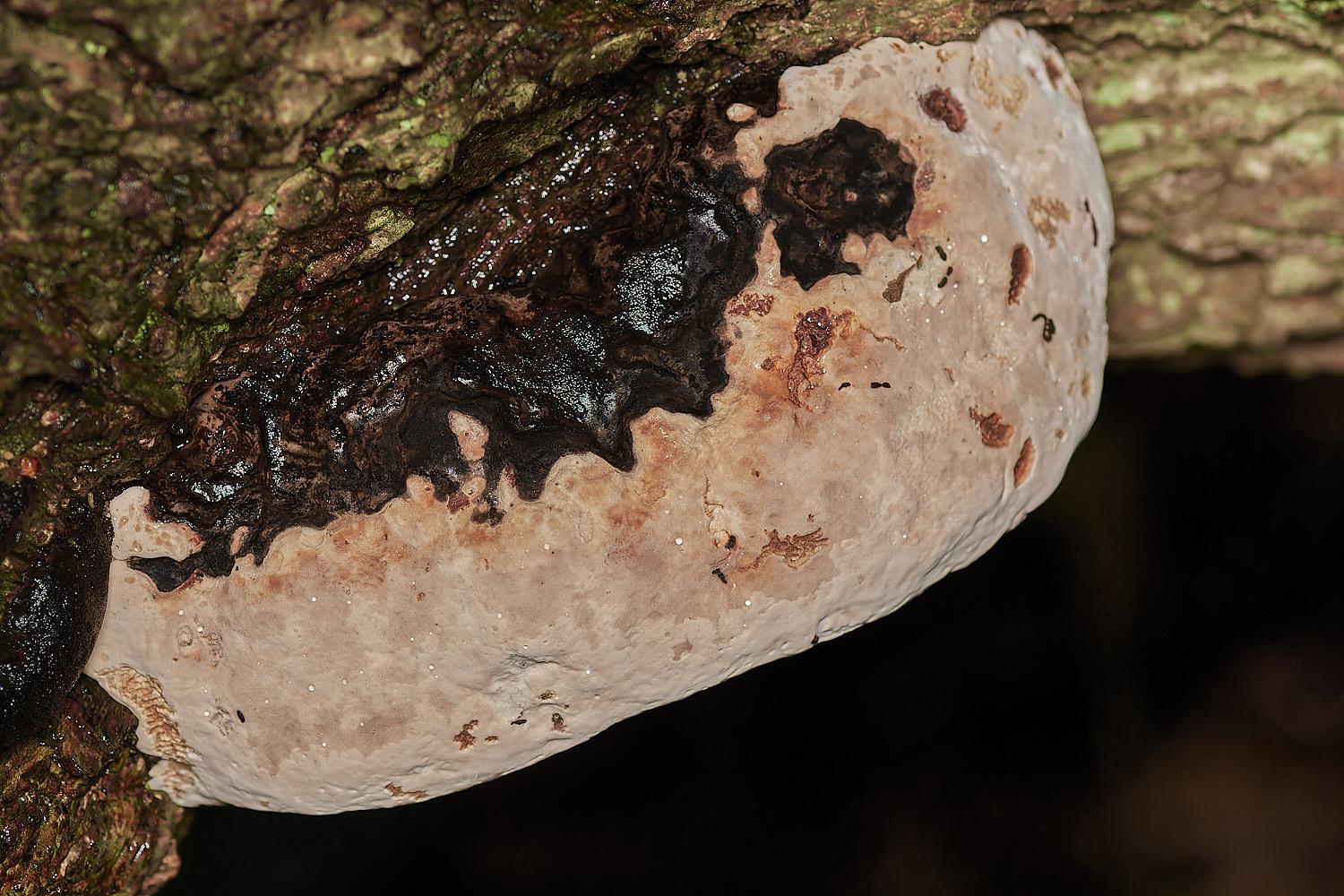
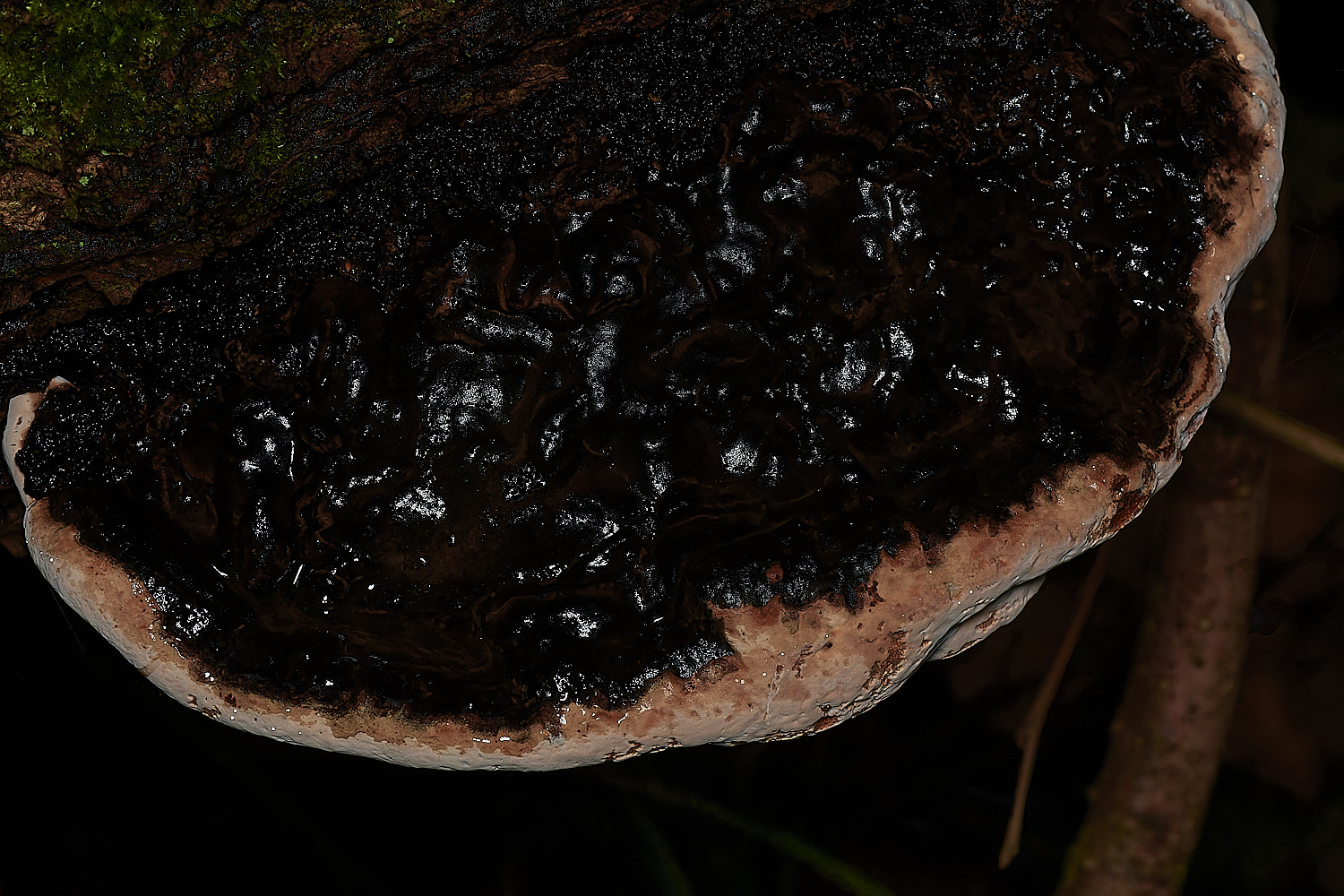
Ganoderma Sp? on Alder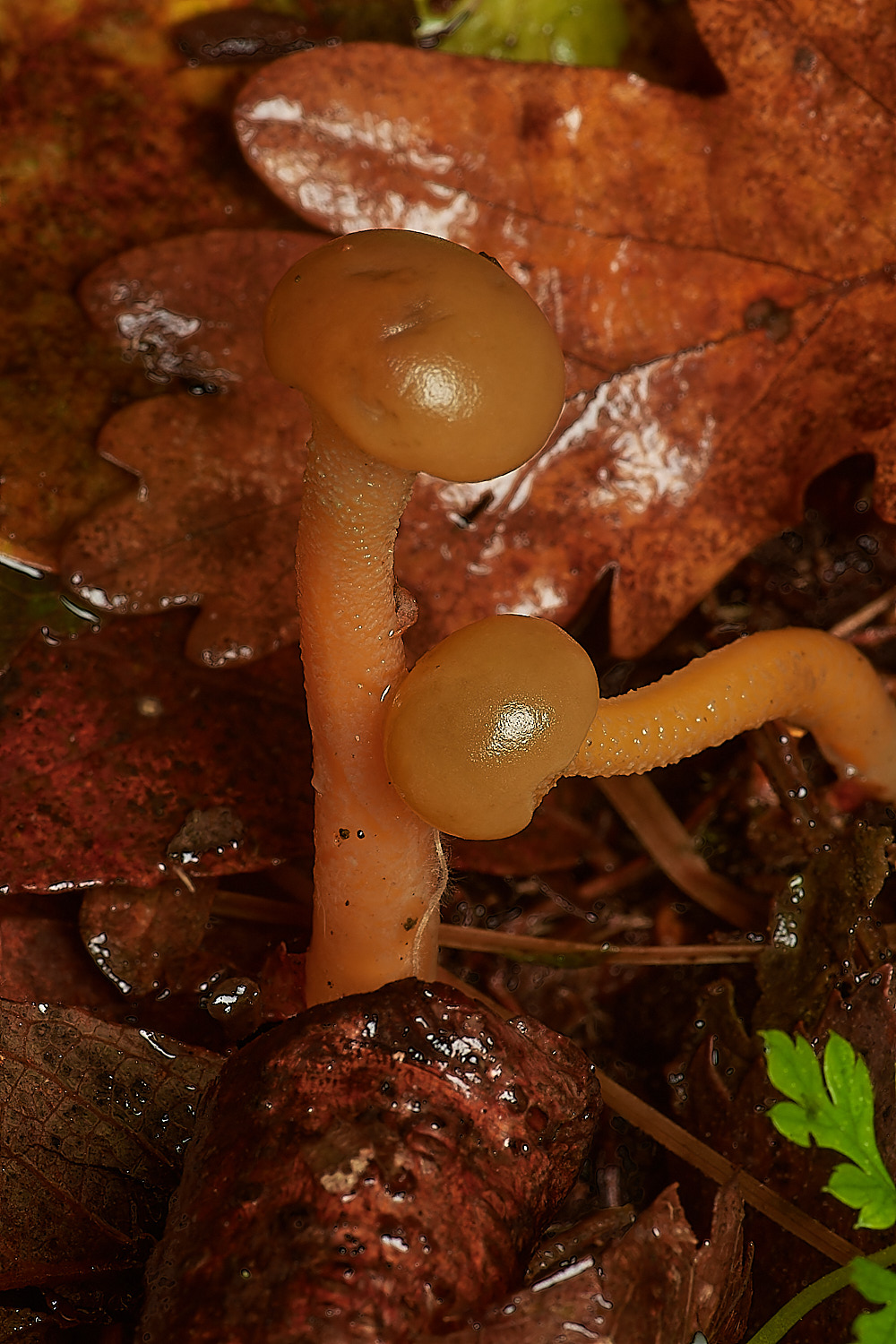
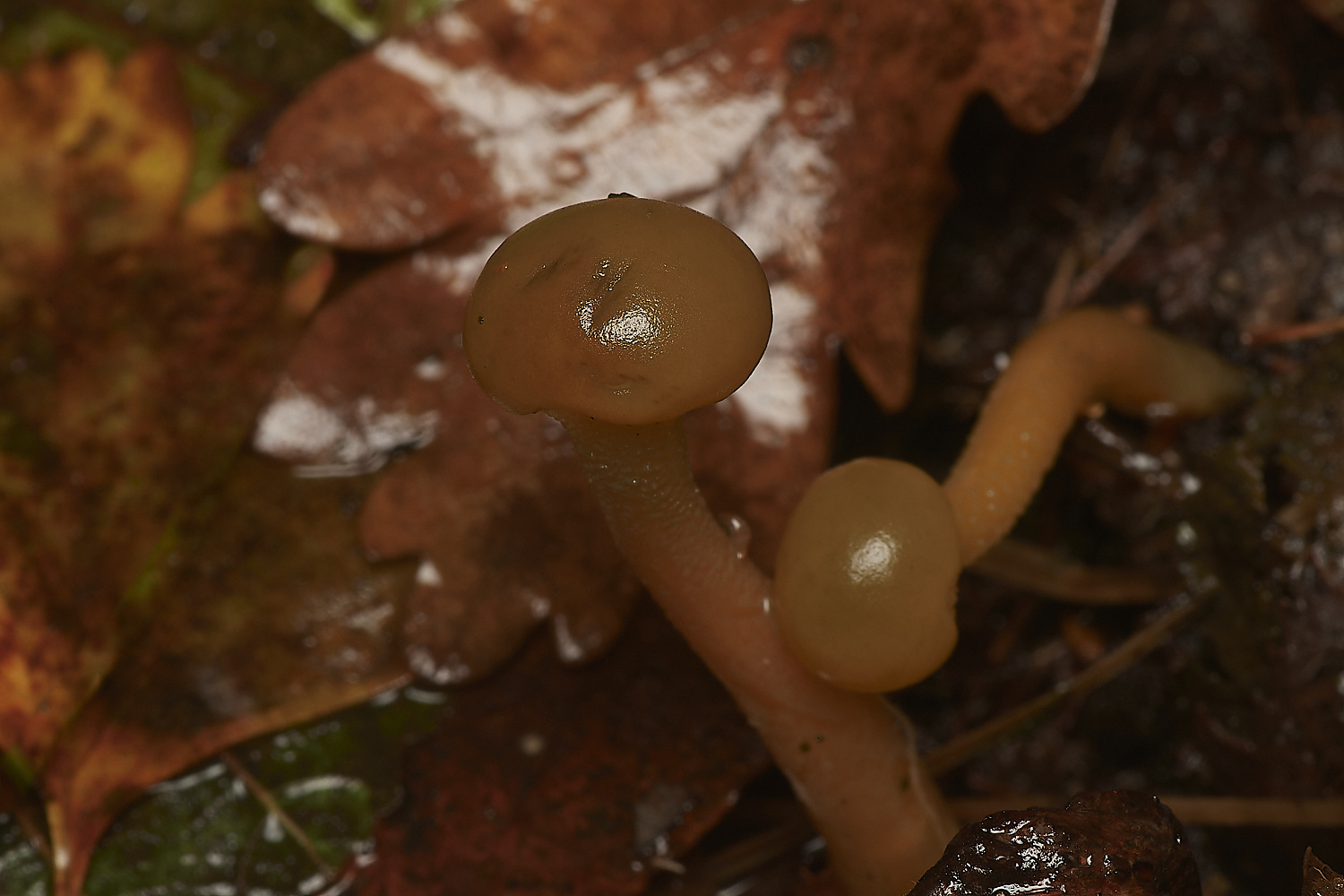
Jelly Babies (Leotia lubrica)

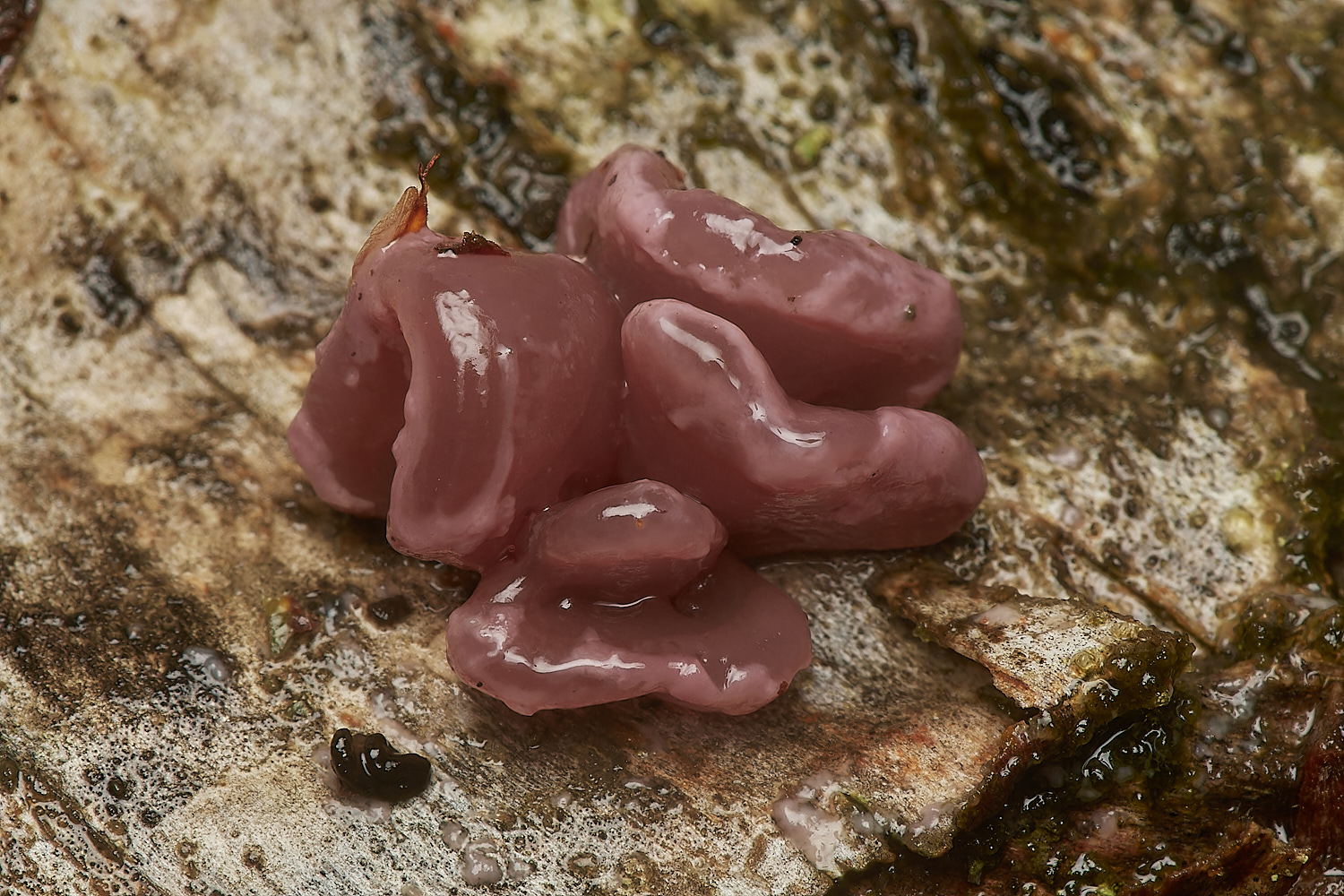
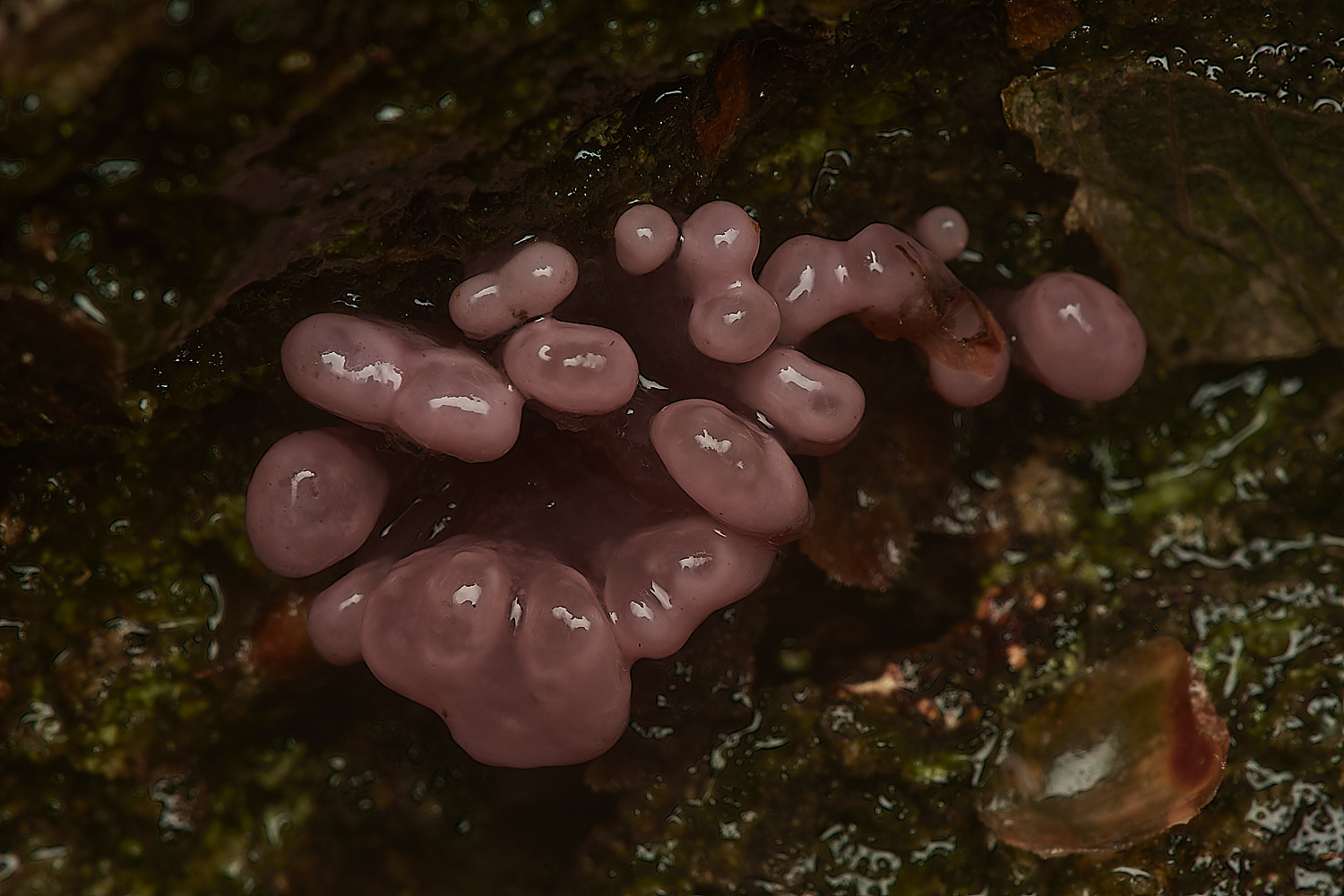
Purple Jellydisc (Ascoryne sarcoides)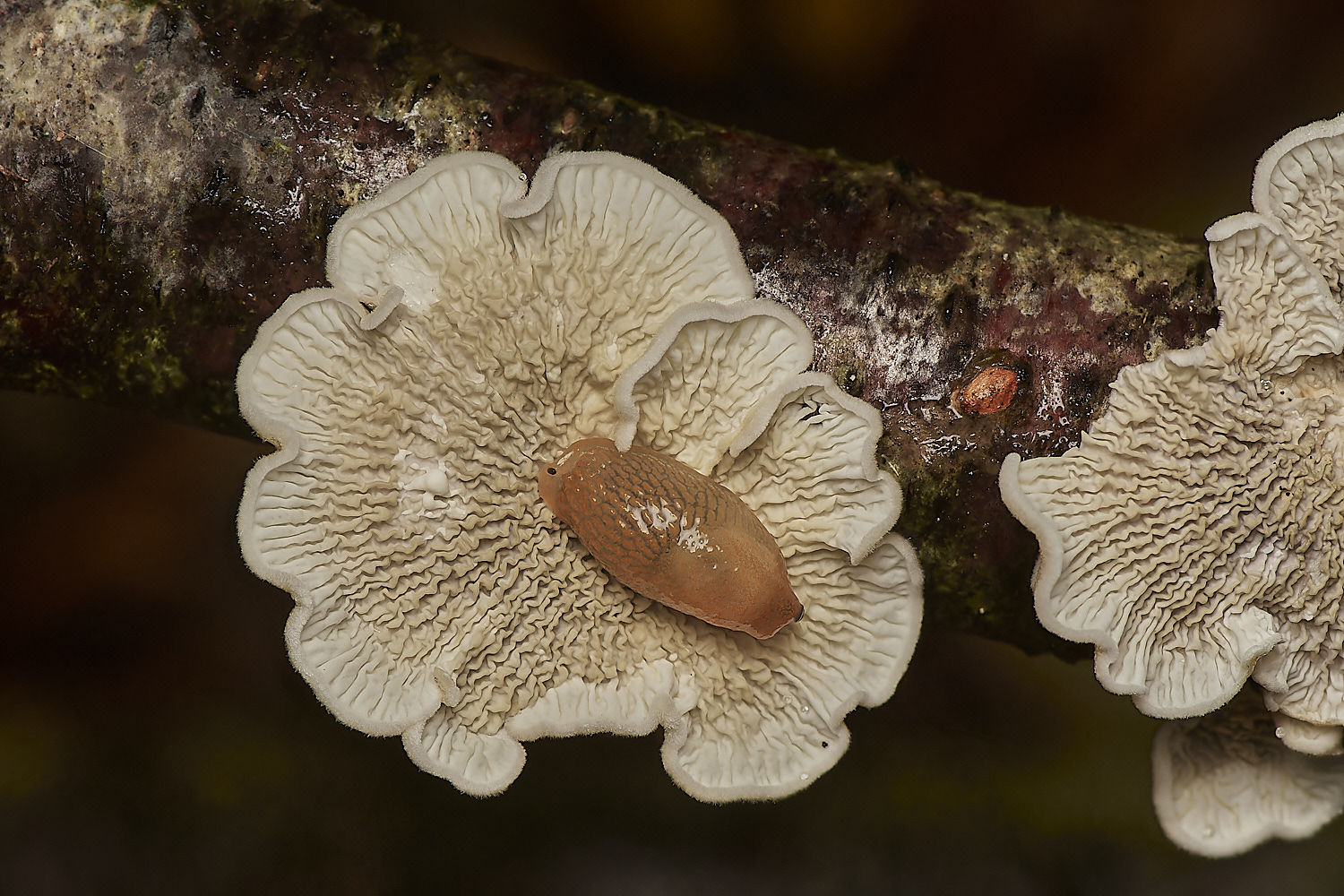

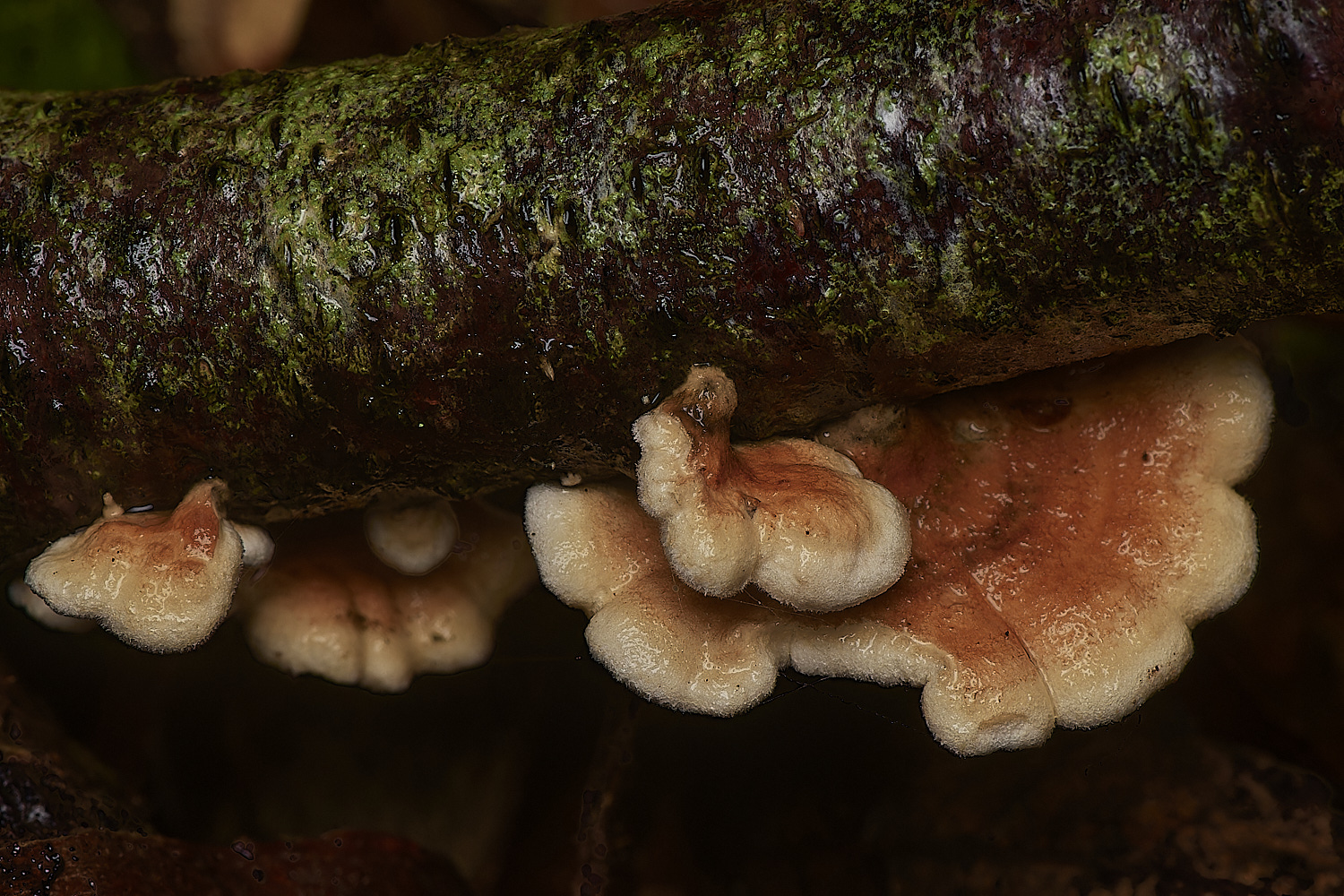
Crimped Gill (Plicatura crispa)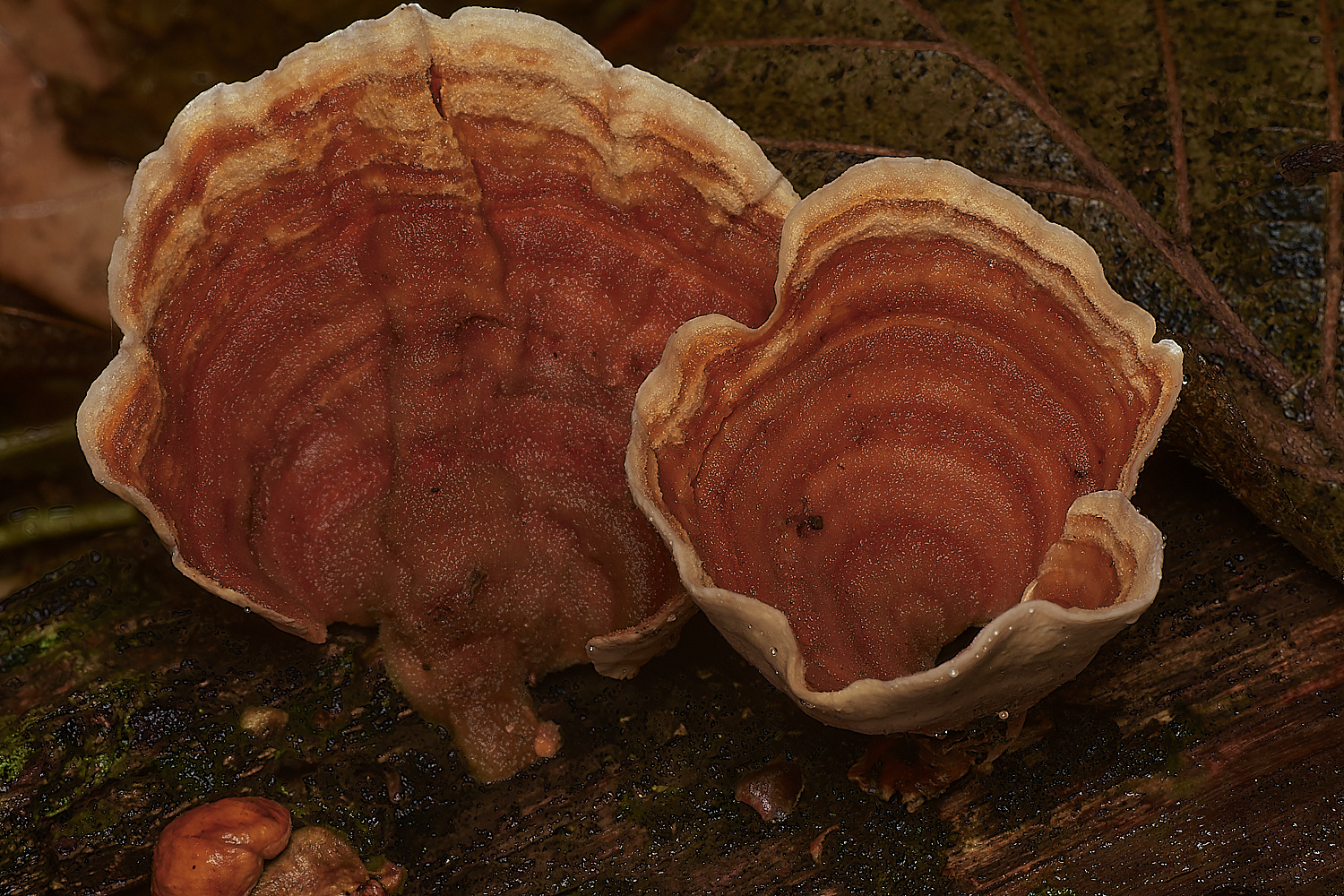
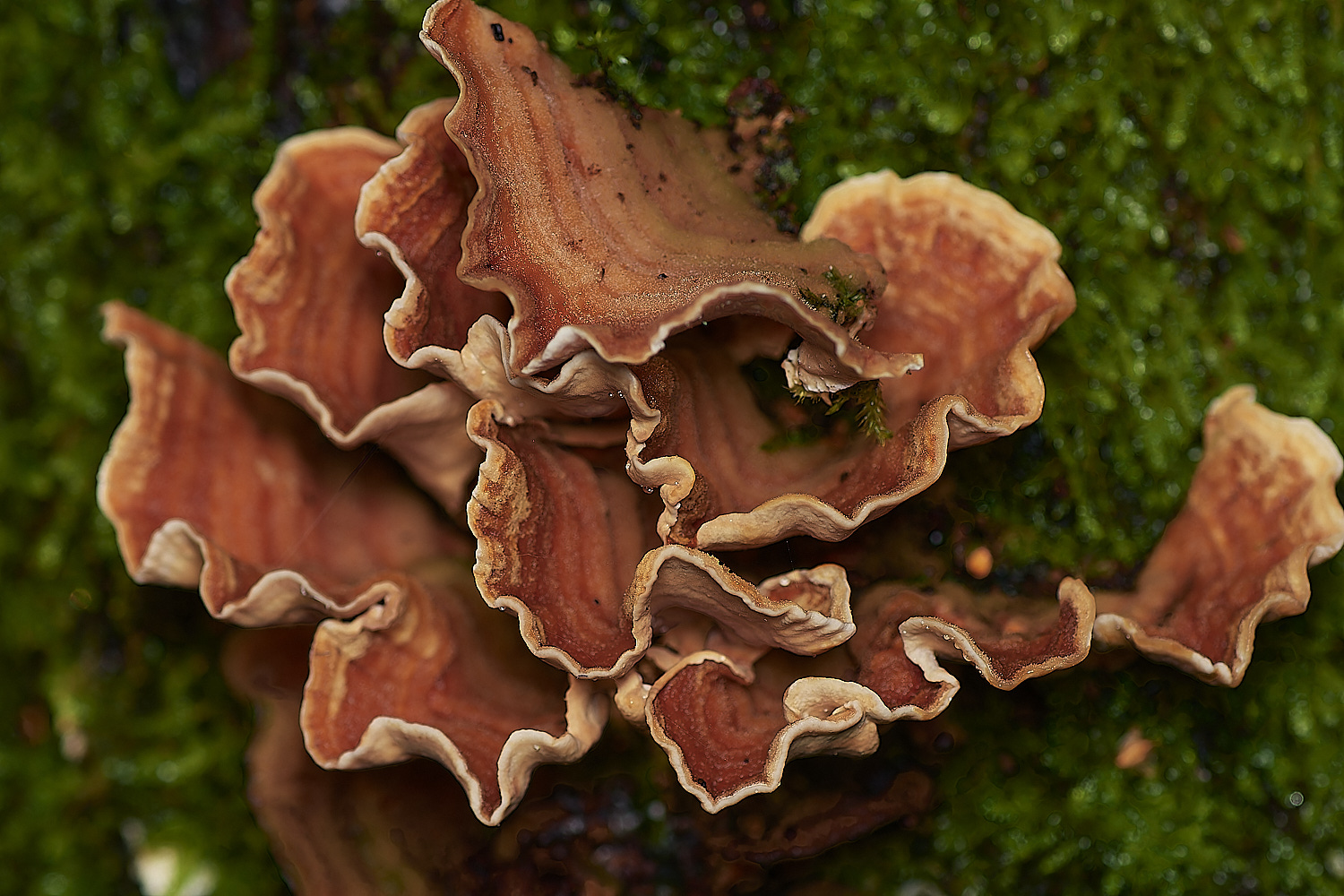
Yellowing Curtain Crust (Stereum subtomentosum)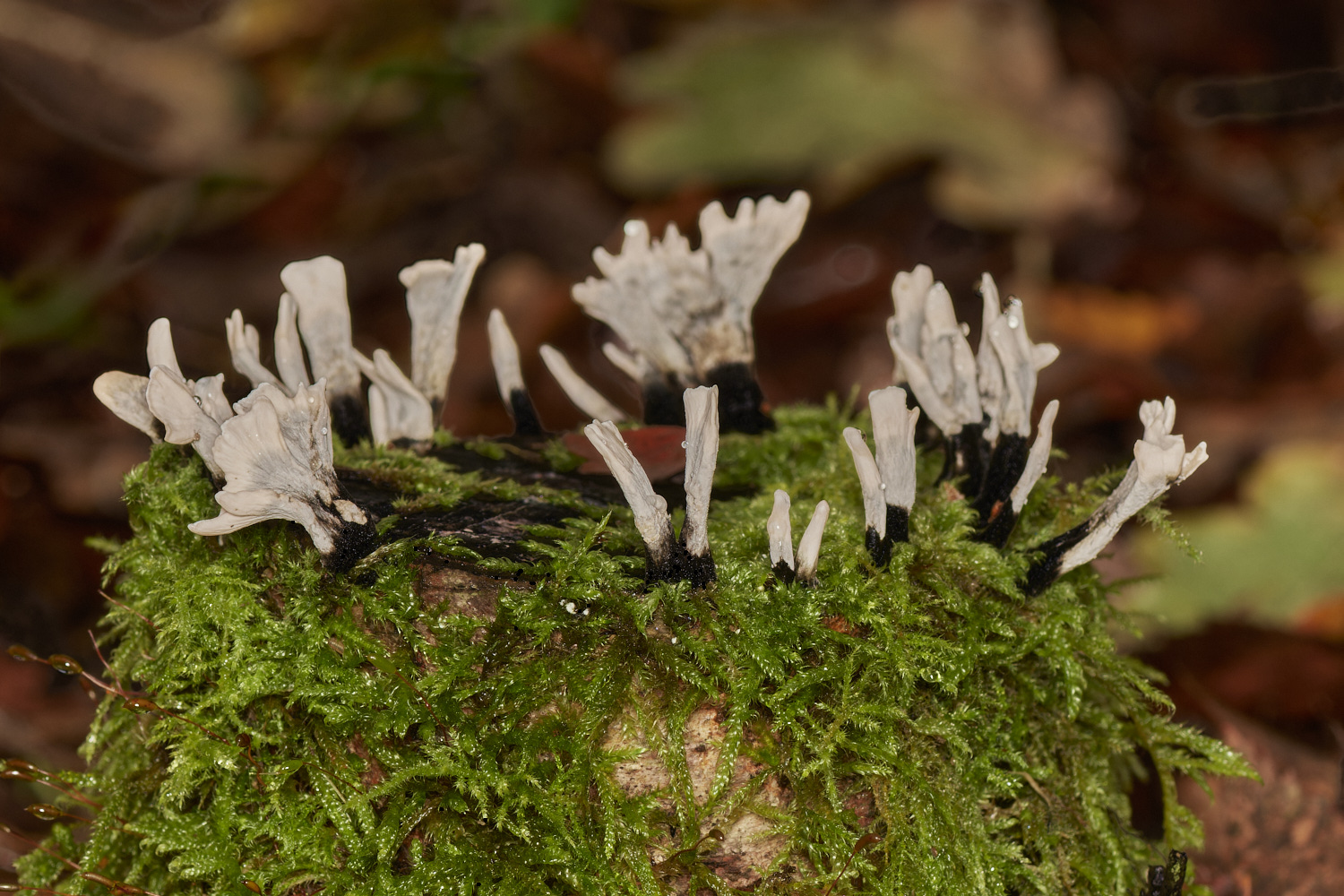
A Candlesnuff henge (Xylaria hypoxylon)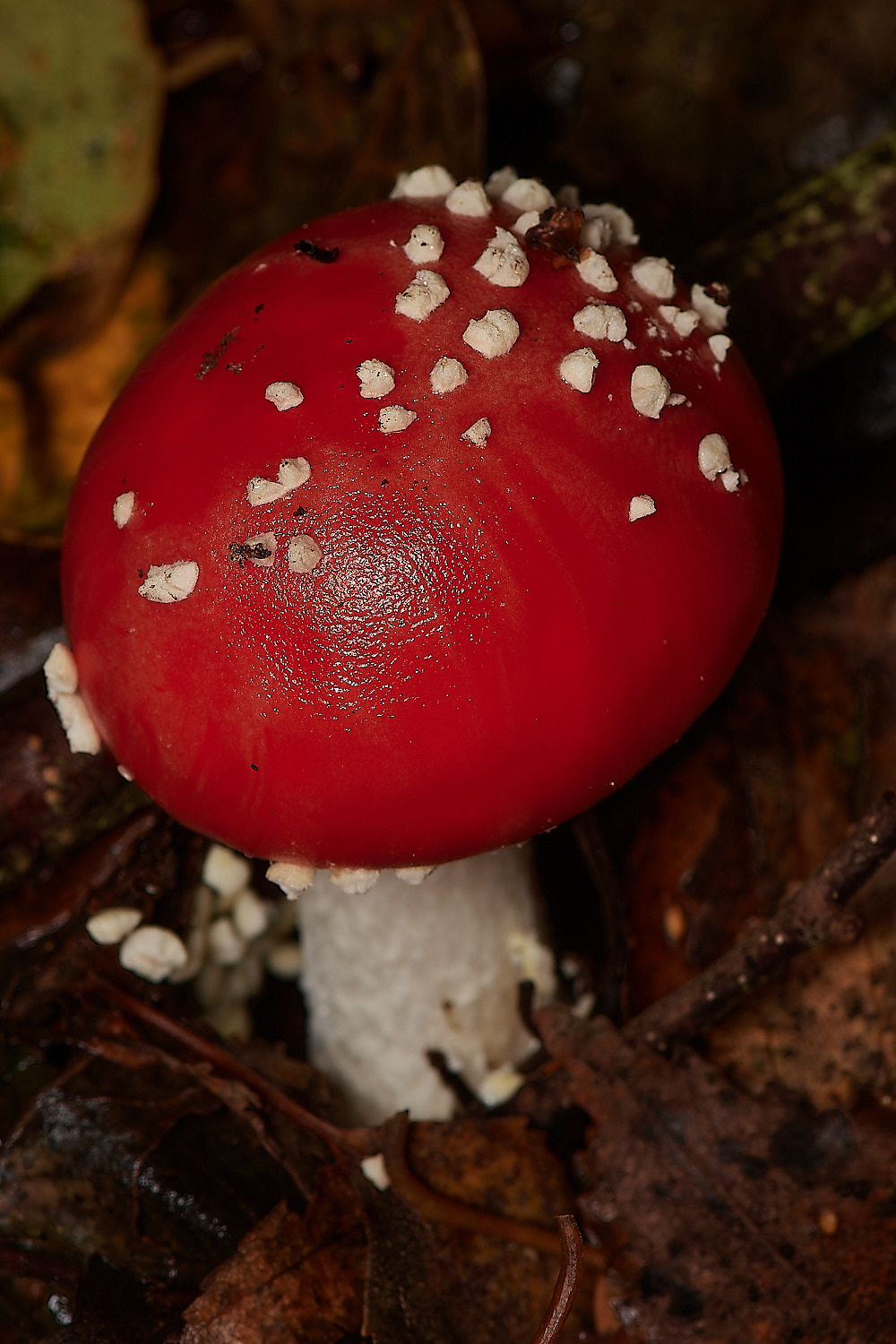
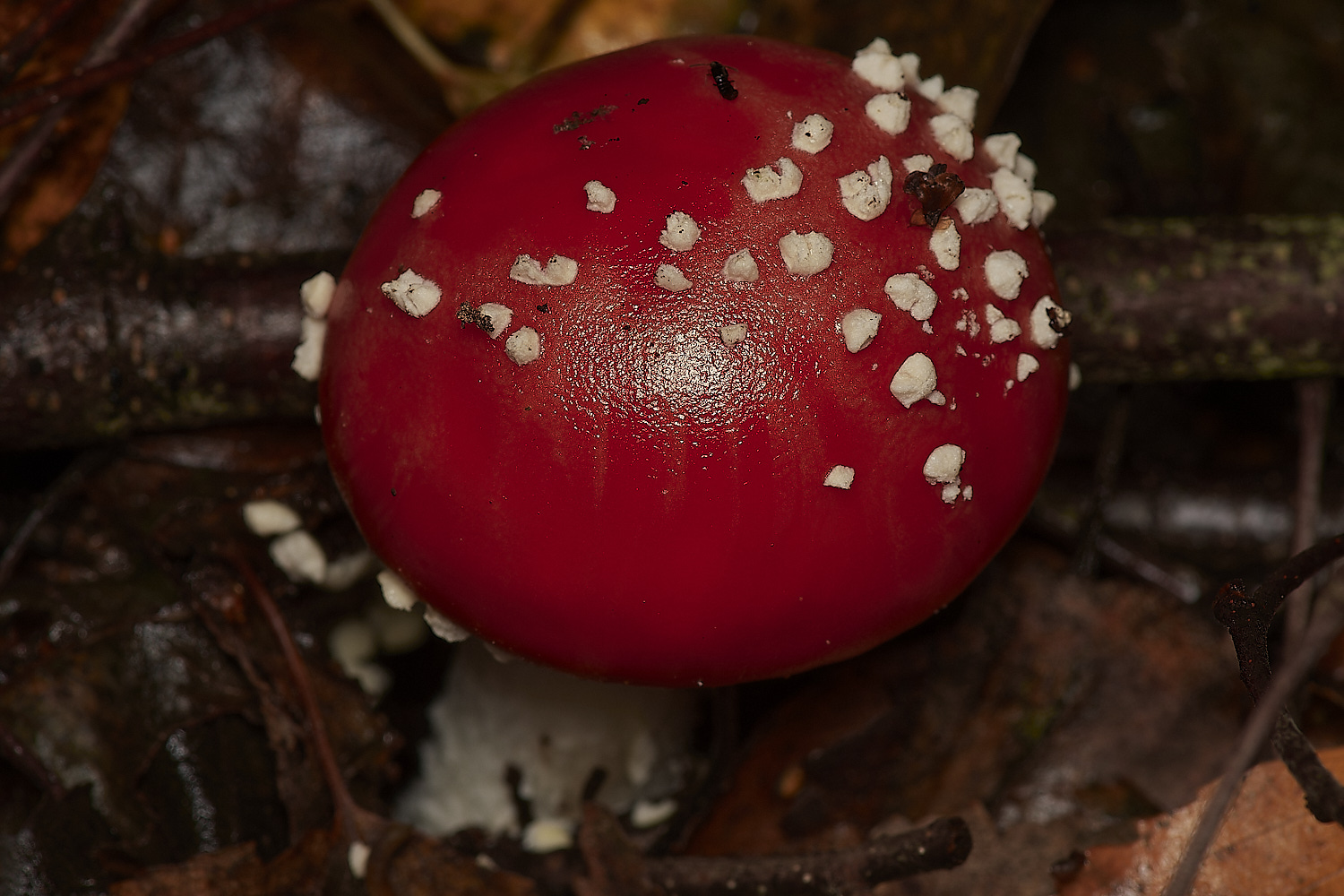
Fly Agaric (Amanita muscaria)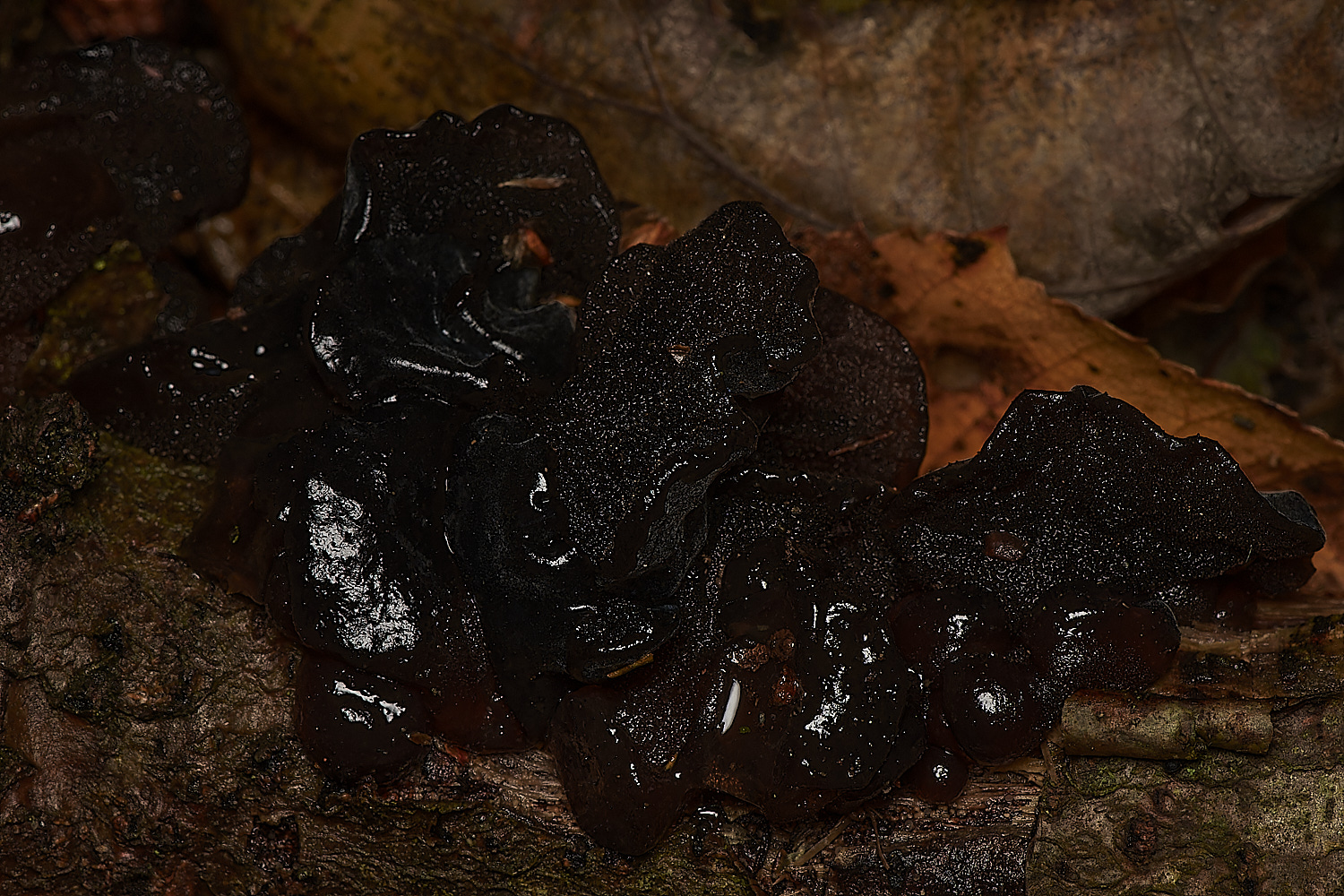
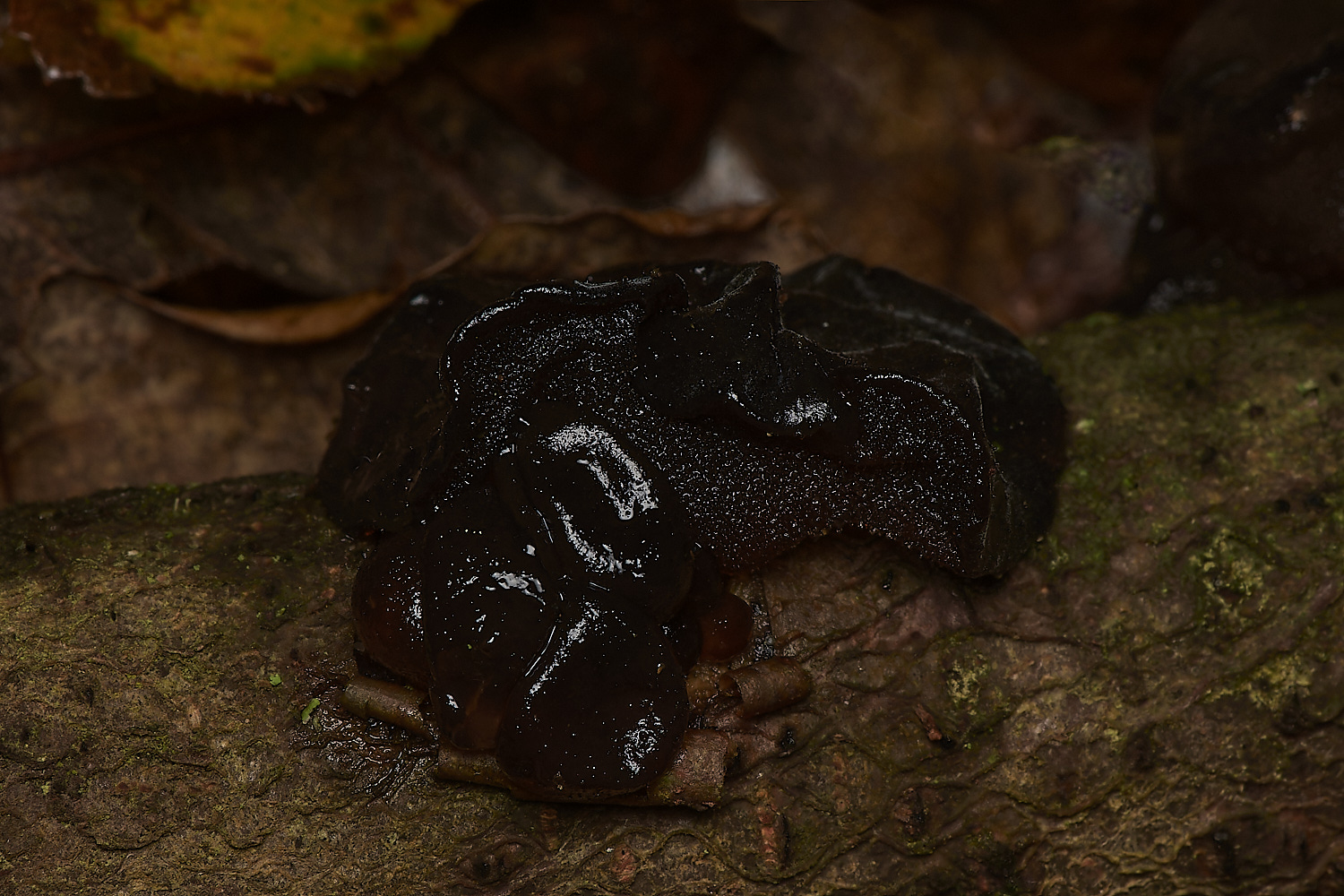
Witches Butter (Exidia glandulosa) on Oak branch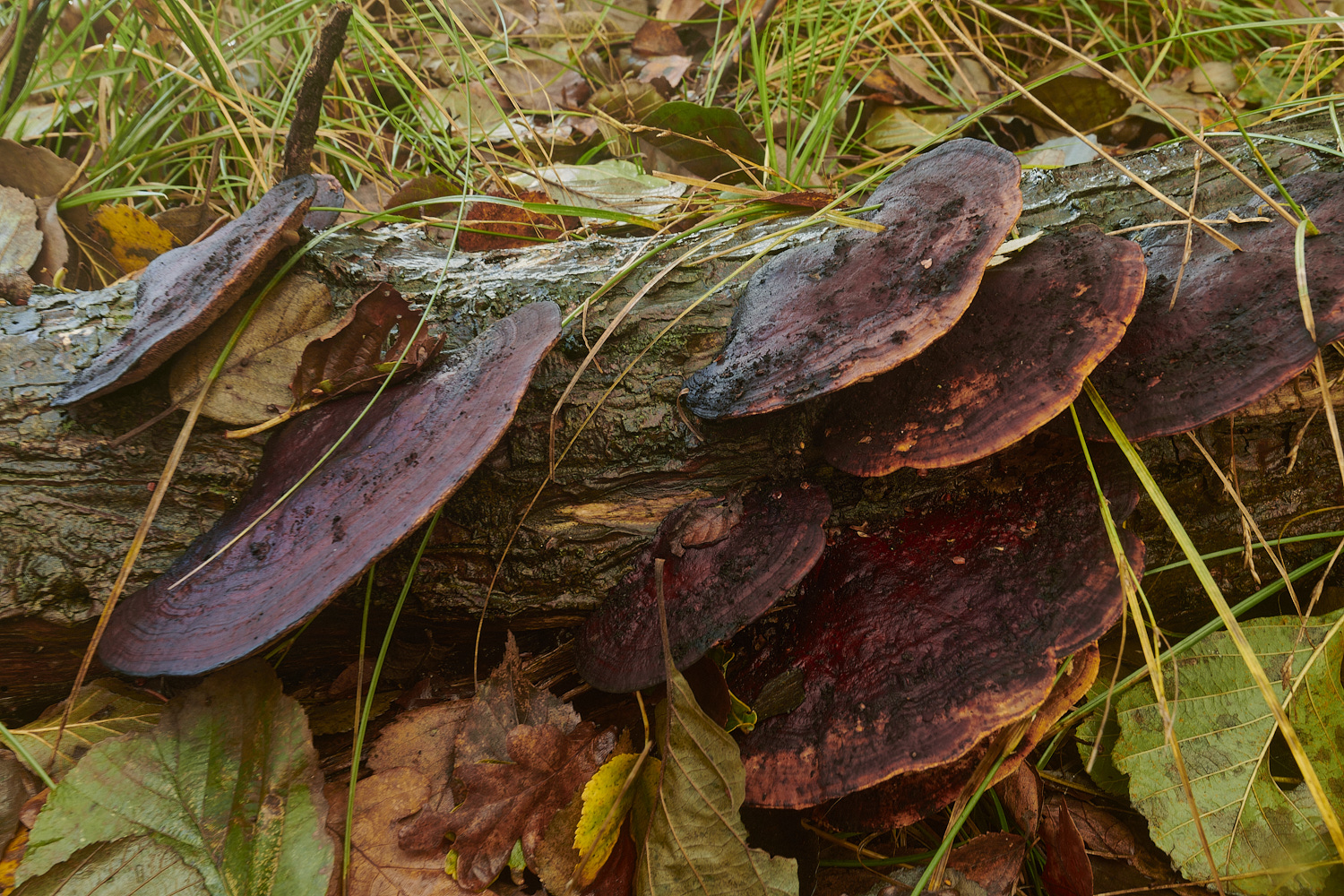
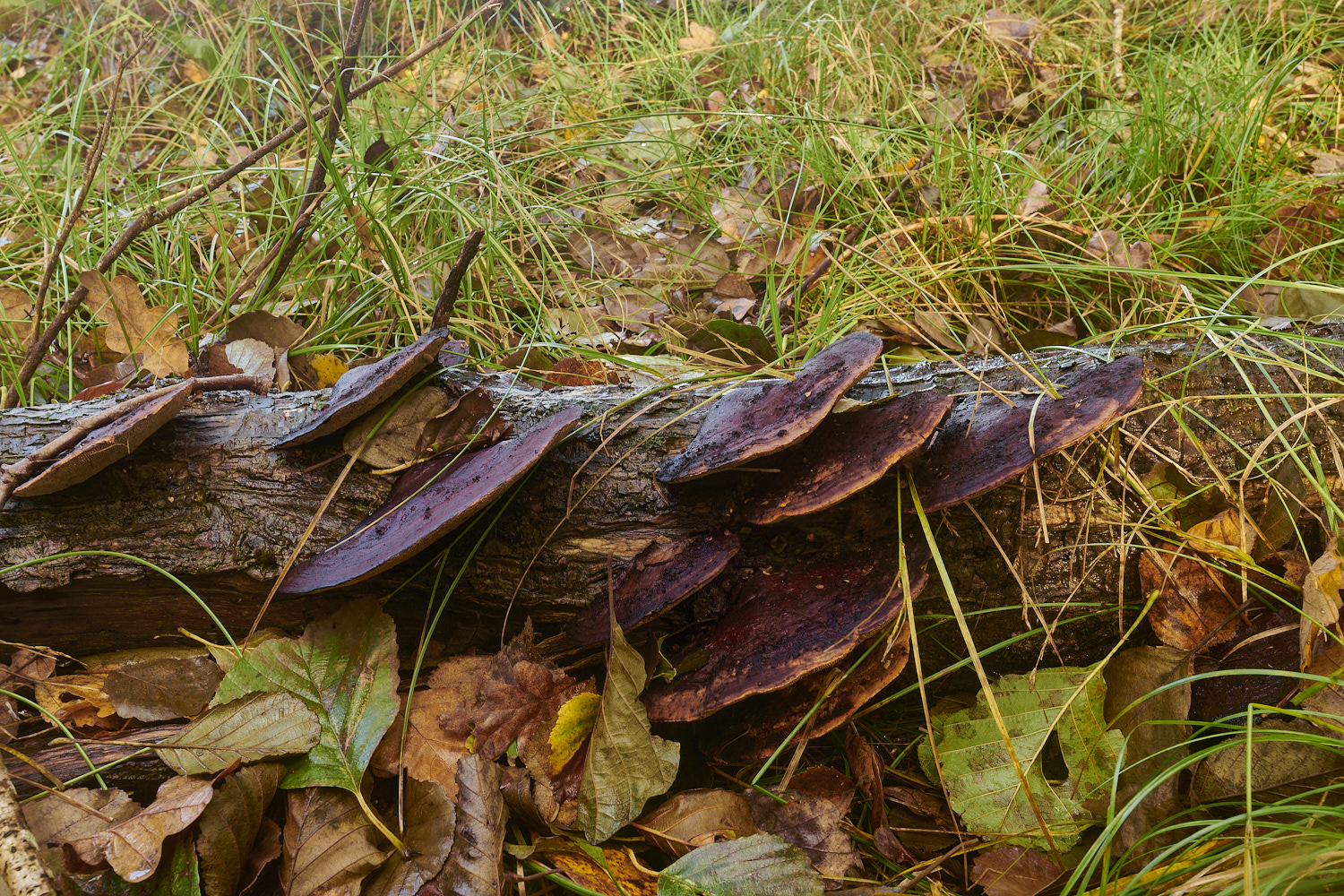
Blushing Bracket (Daedaleopsis confragosa)
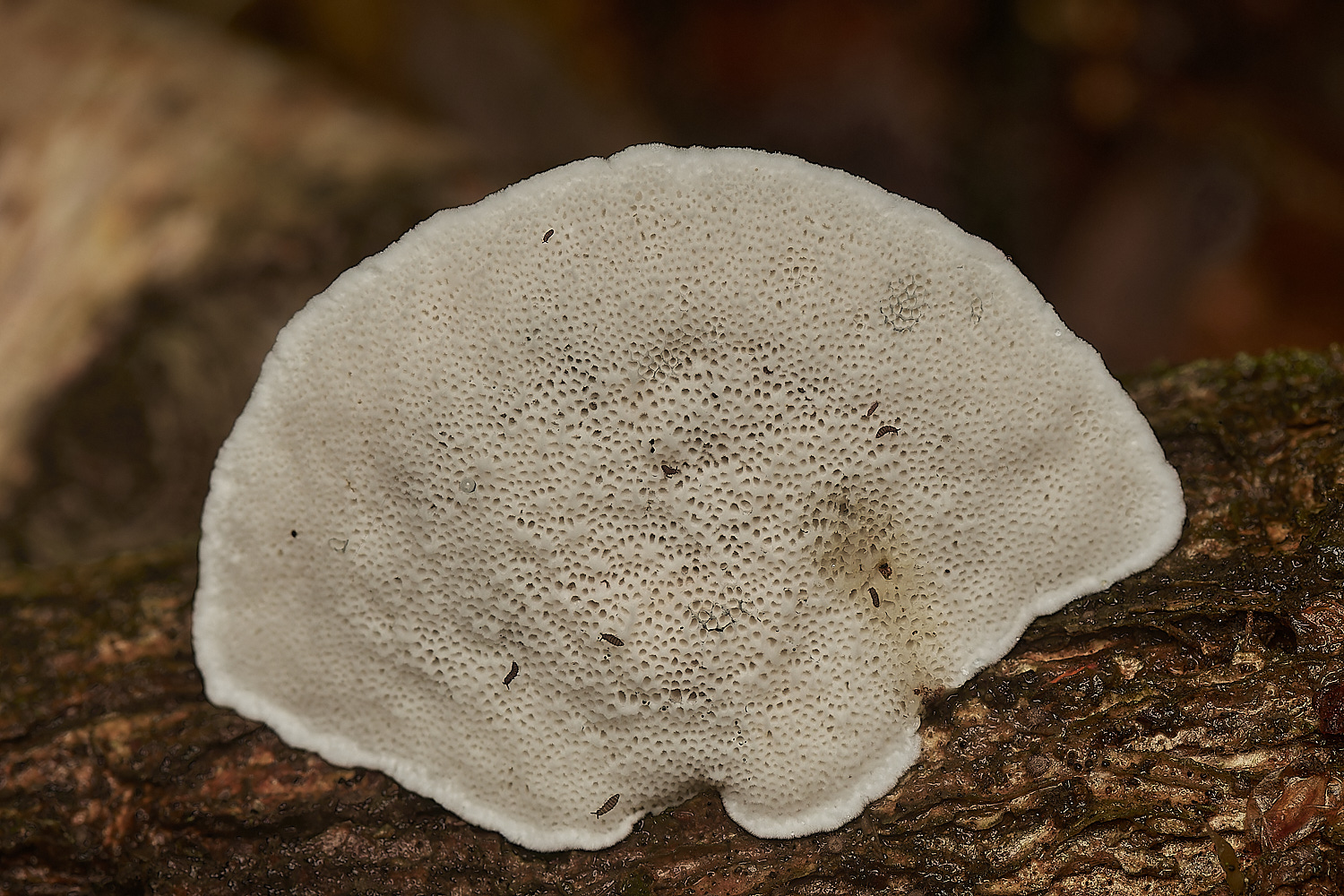
Blueing Bracket (Postia subcaesia) on deciduous branch.
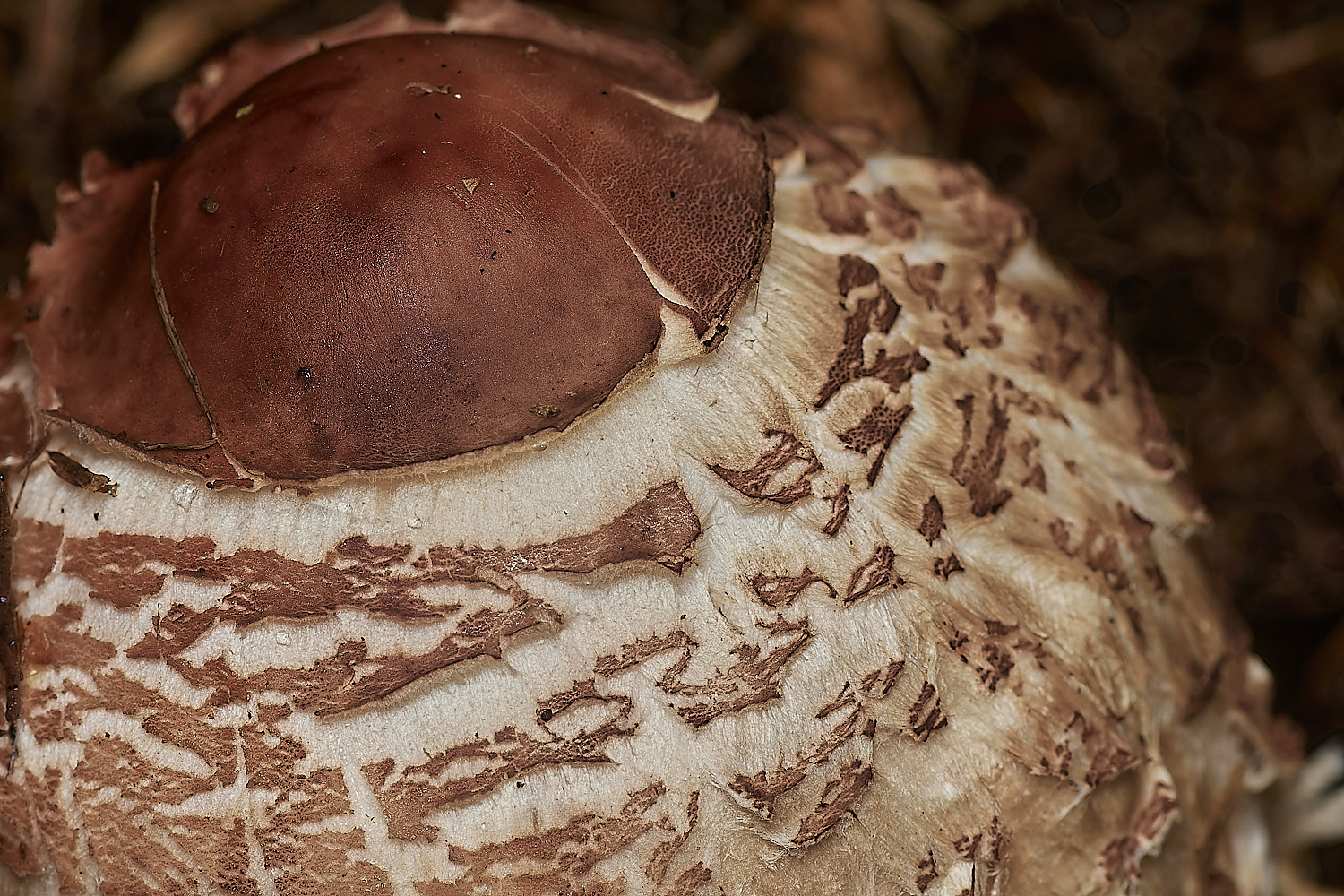
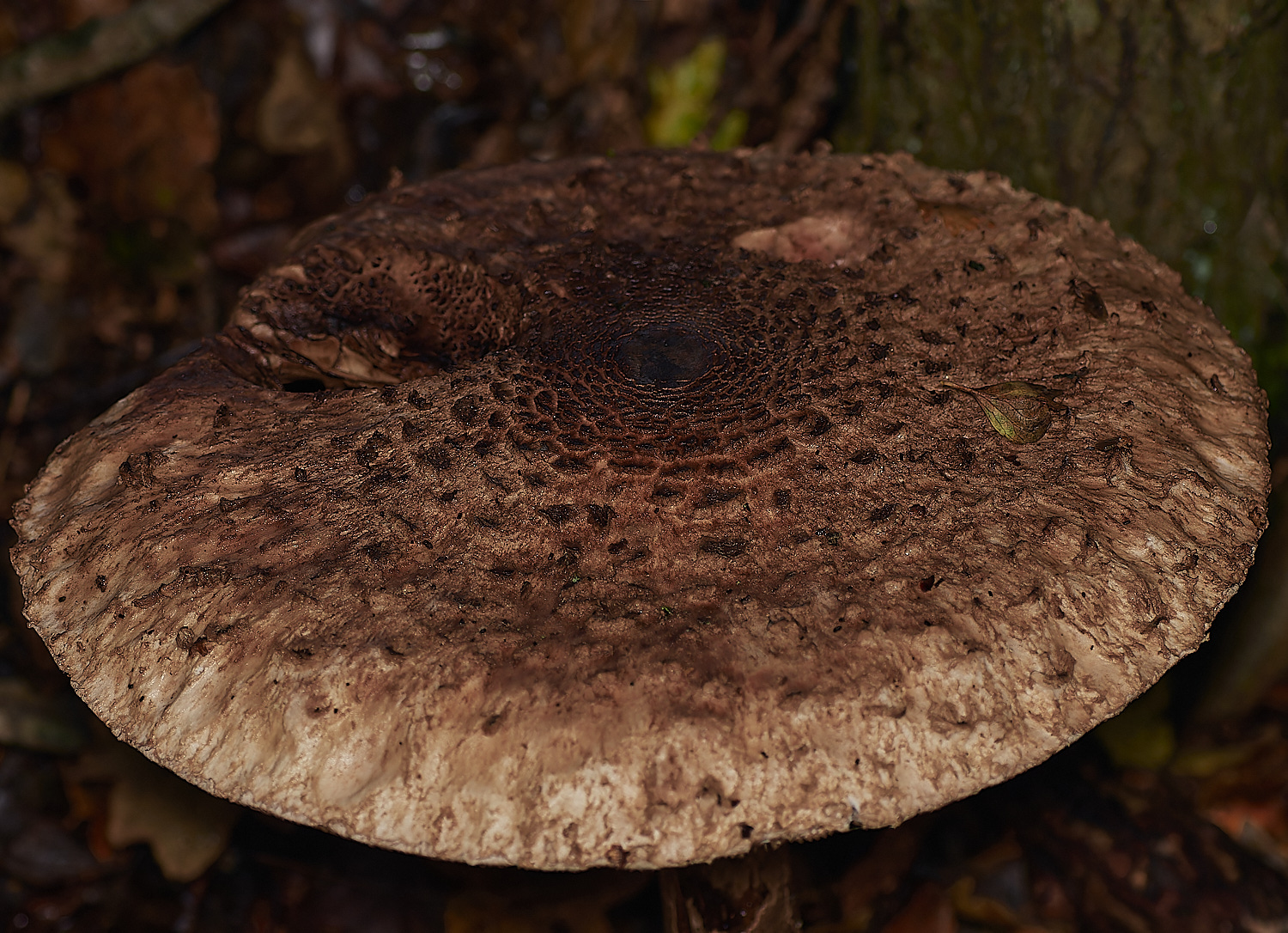

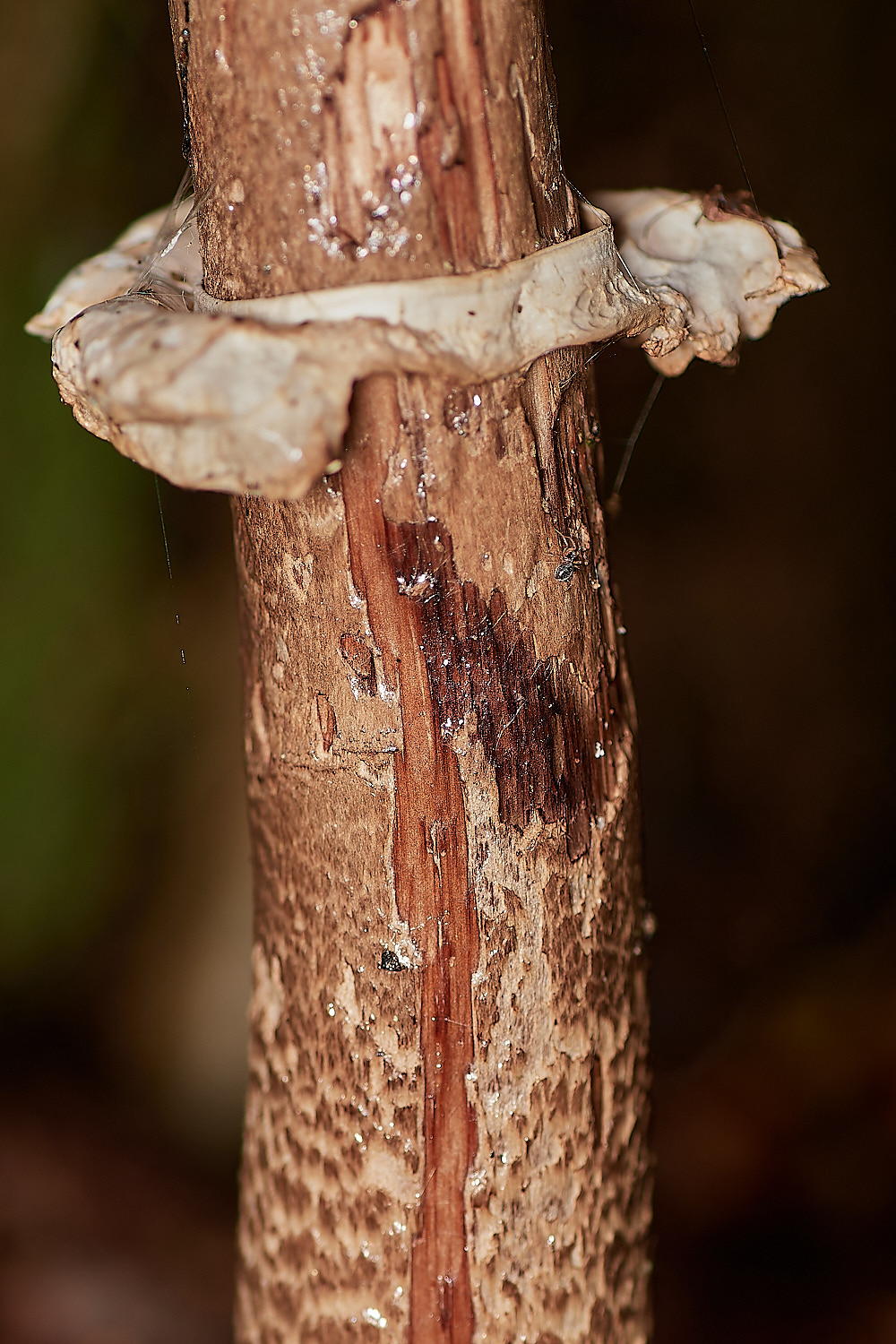
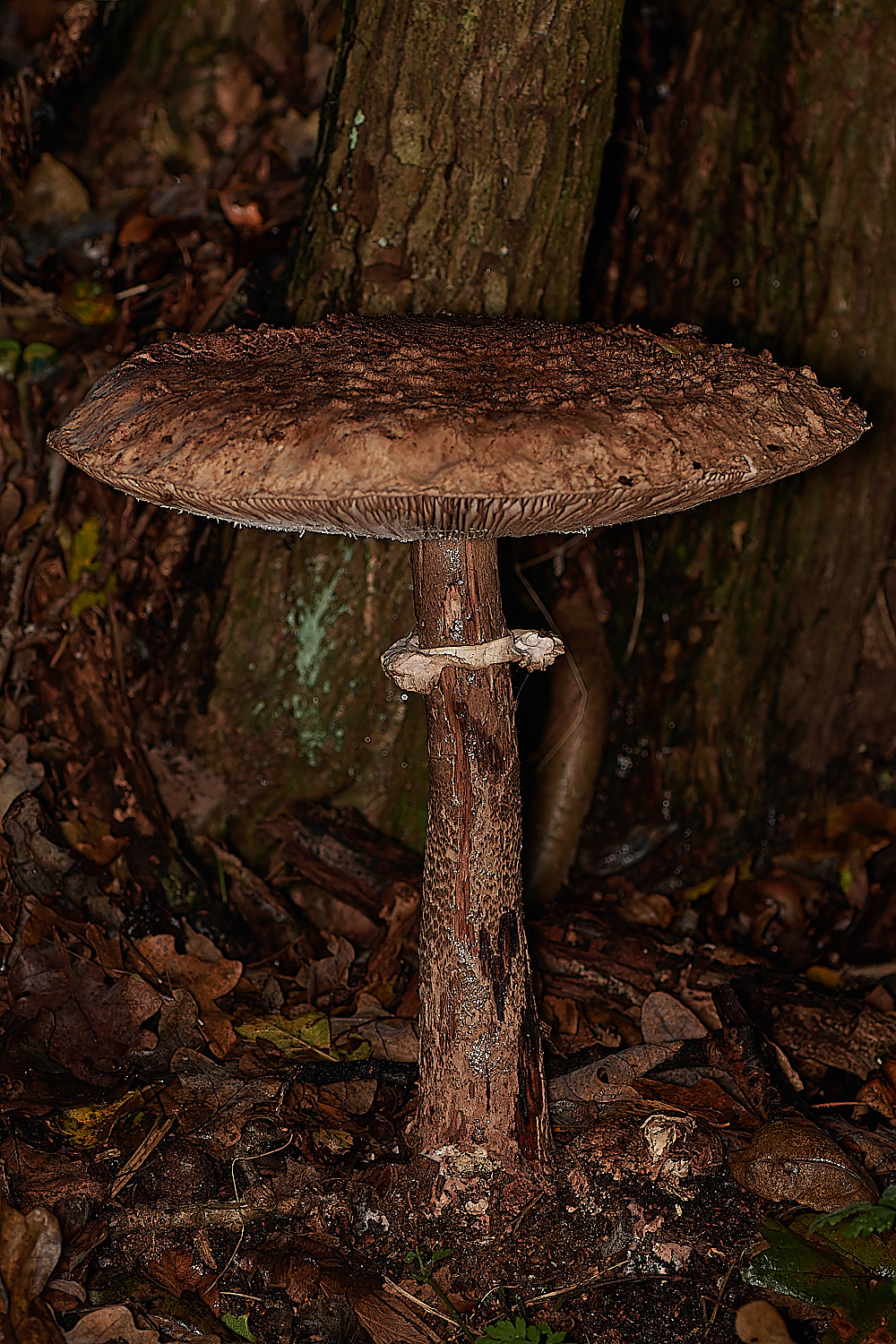
Parasol Mushroom (Macrolepeota procera)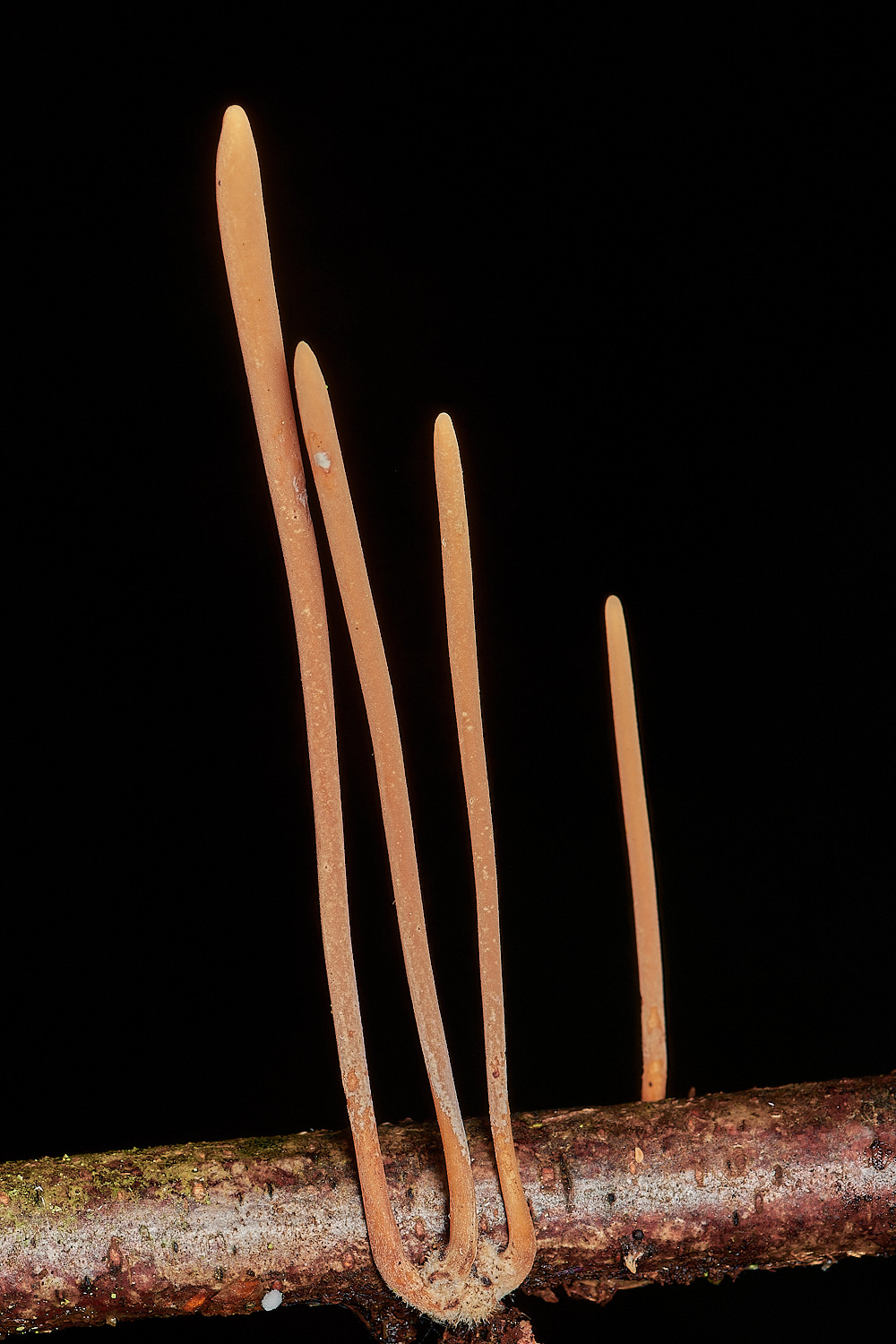
Slender Pipe Club (Typhula juncea) growing on a twig 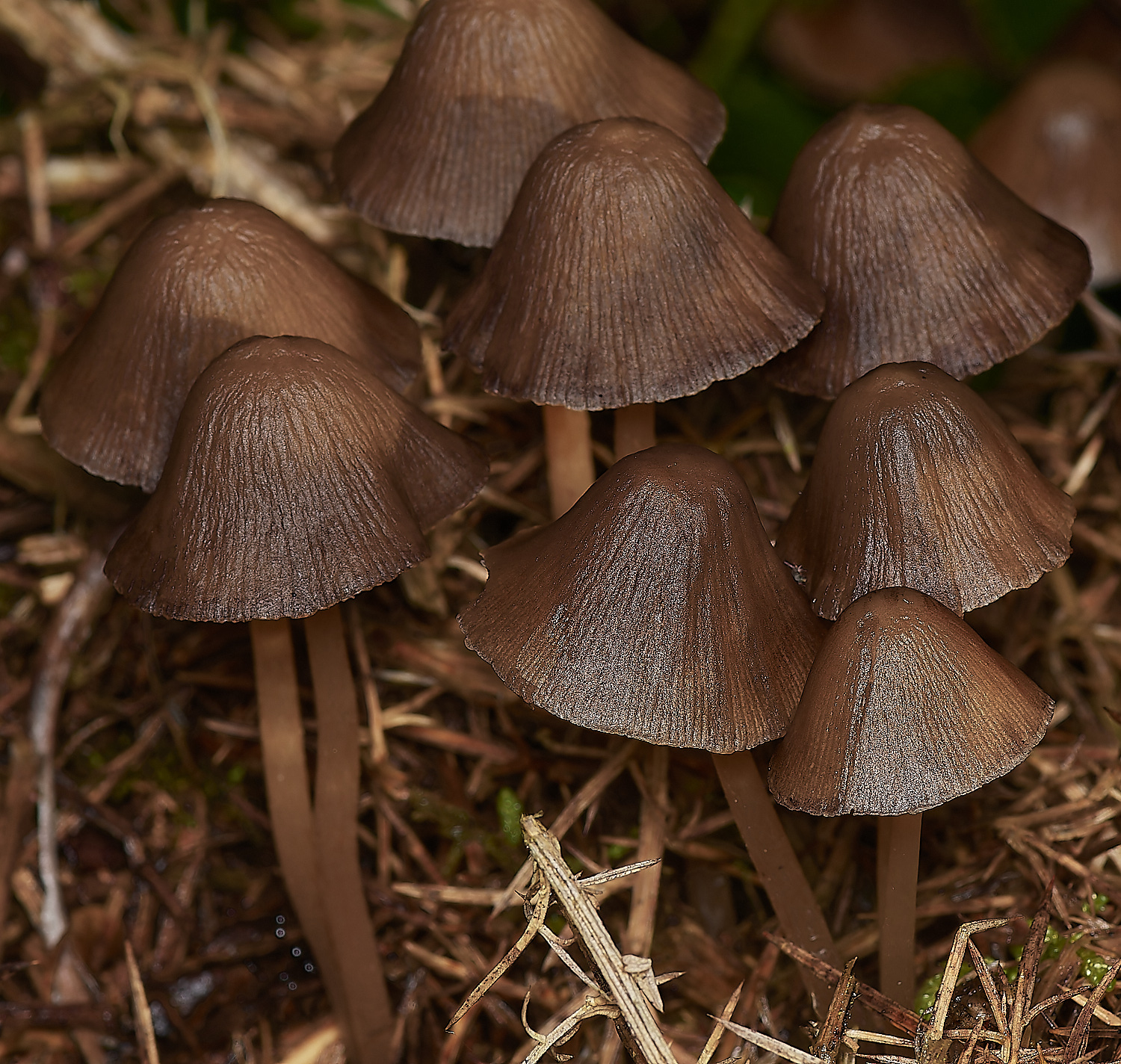

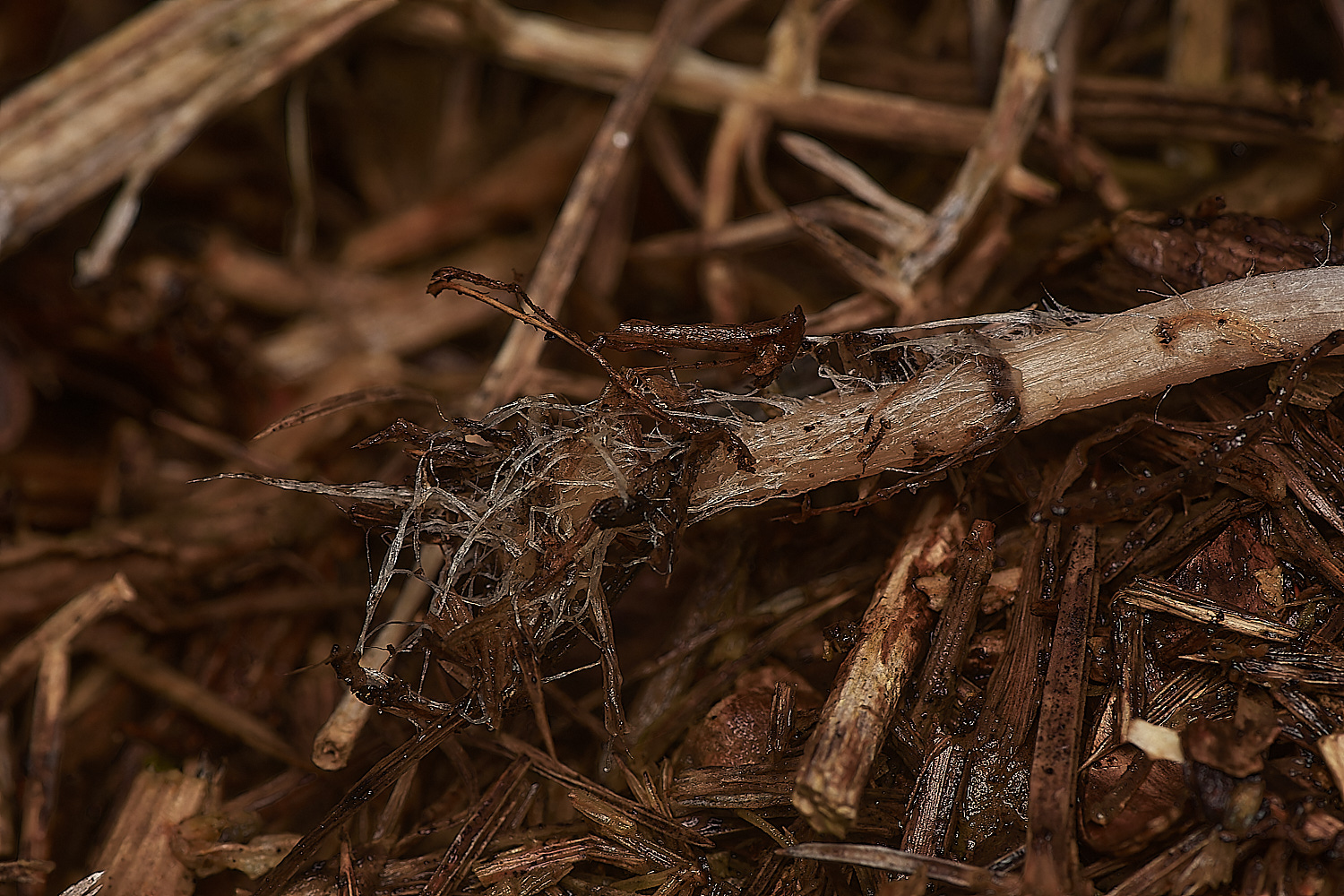
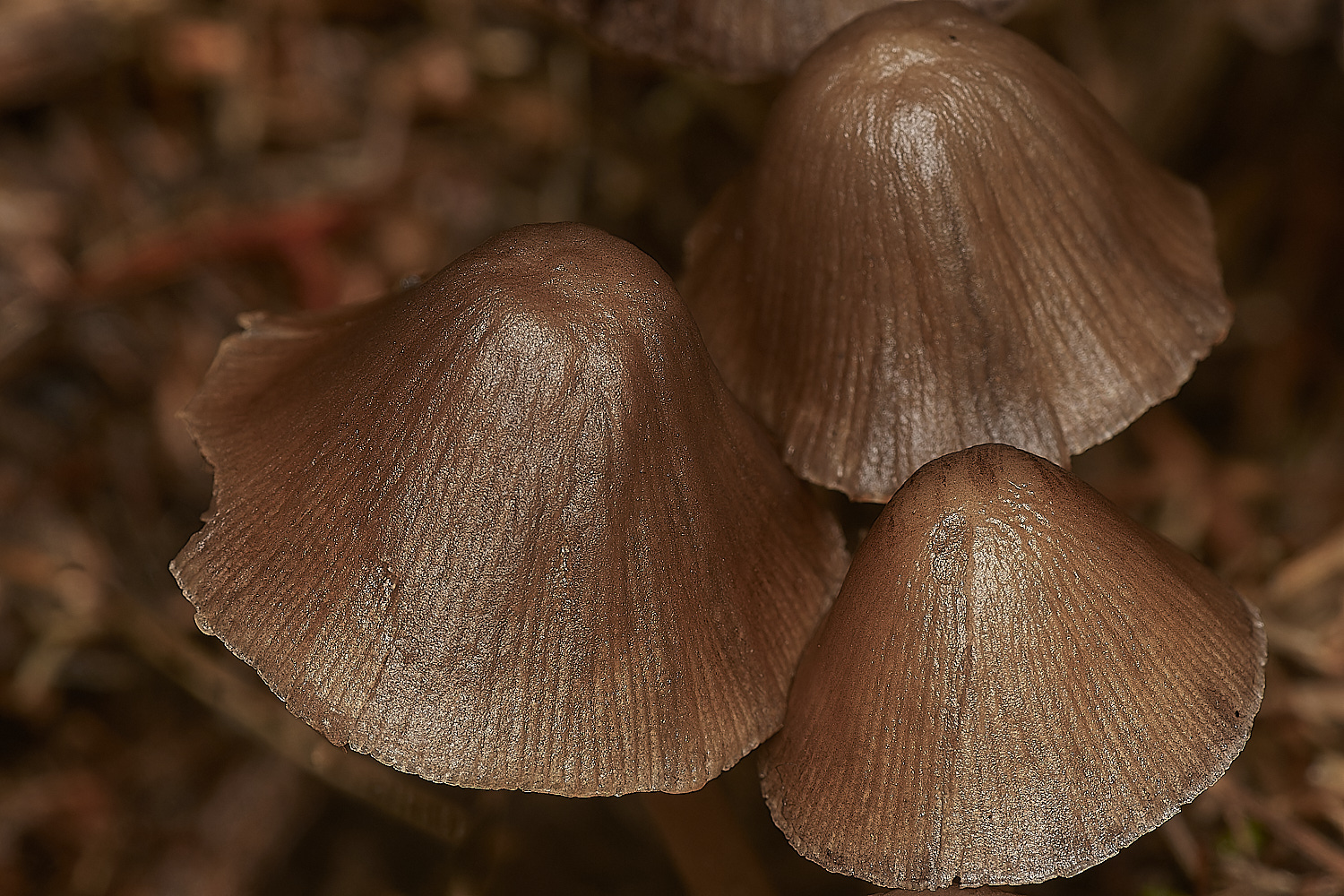
Psathyrella Sp with red gill edge.
Growing in a pile of gorse cuttings with a stipe of 130mm in cases
An article from 2006 by Penny Cullington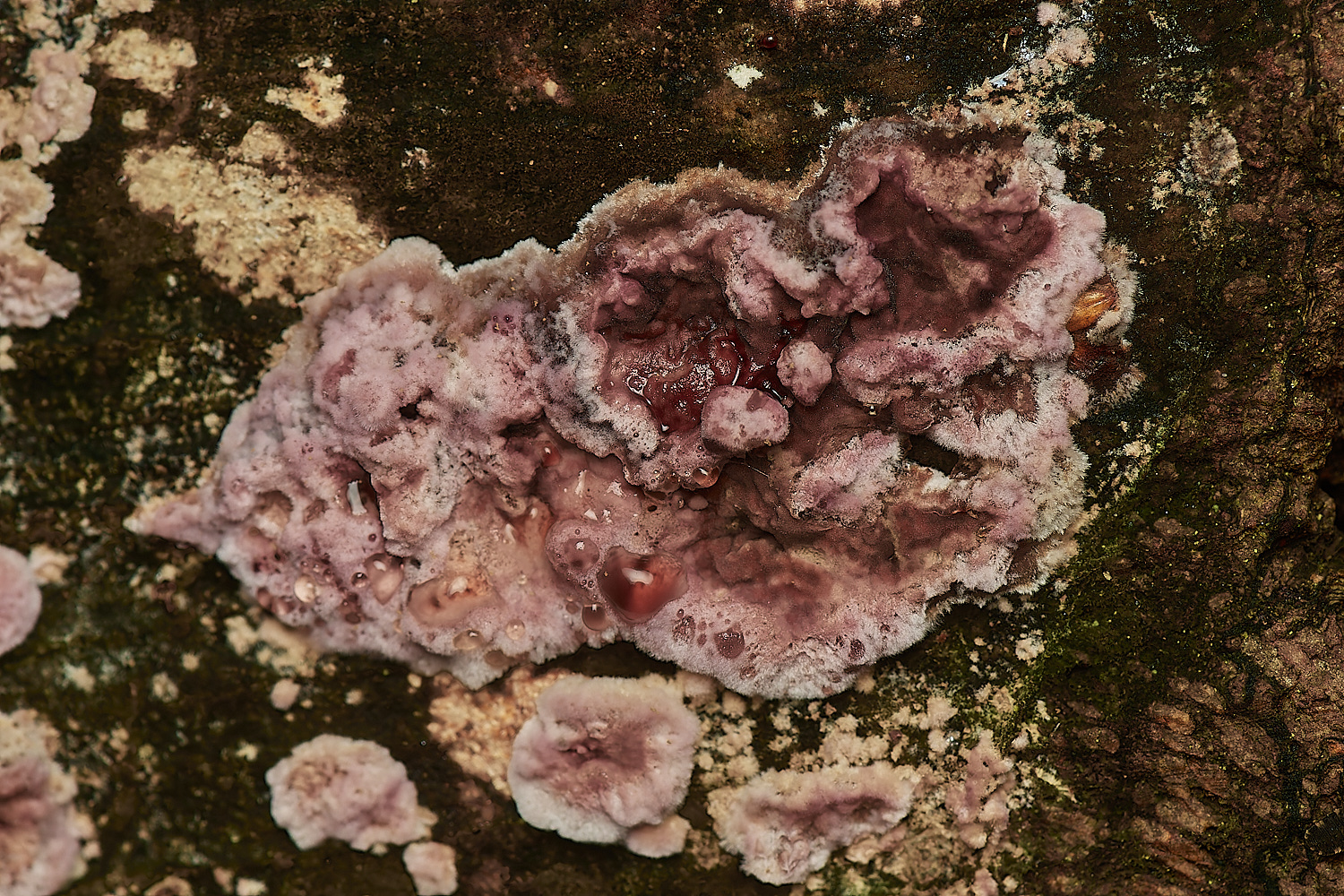
Silverleaf Fungus (Chondrostereum puprpureum)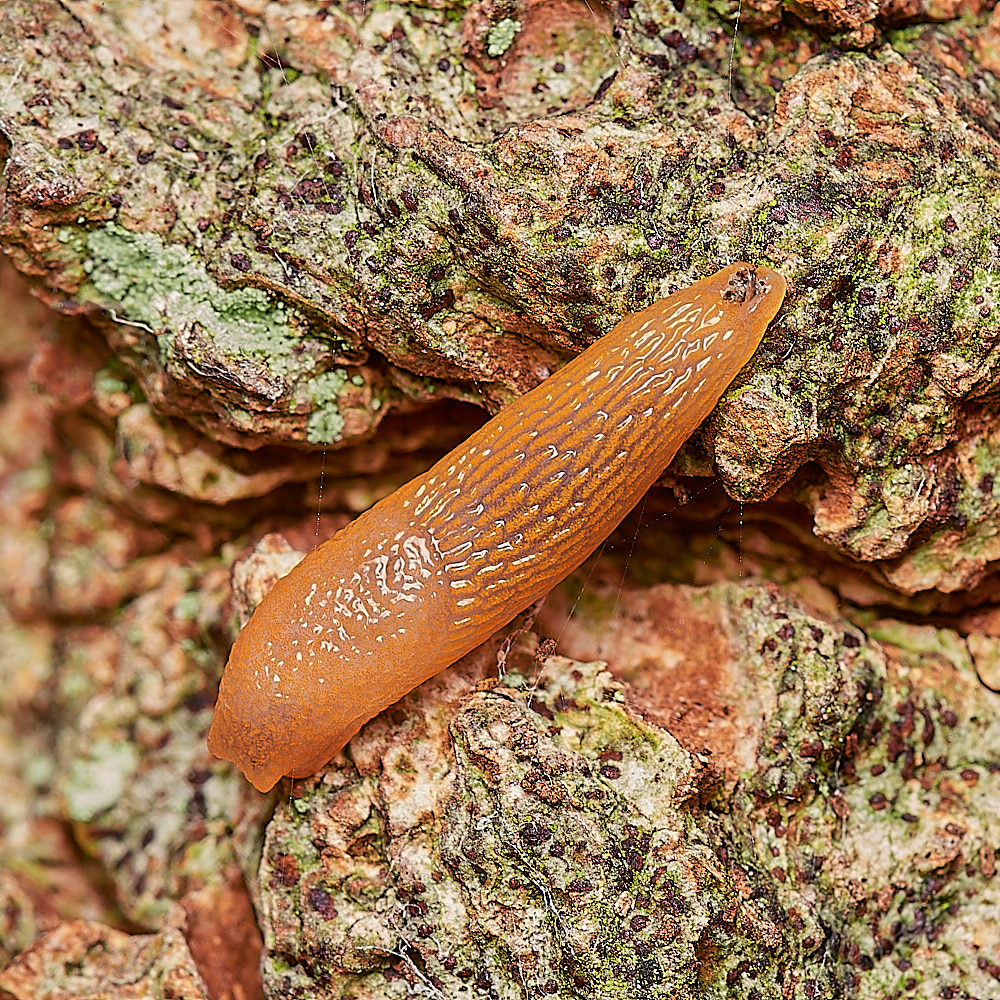
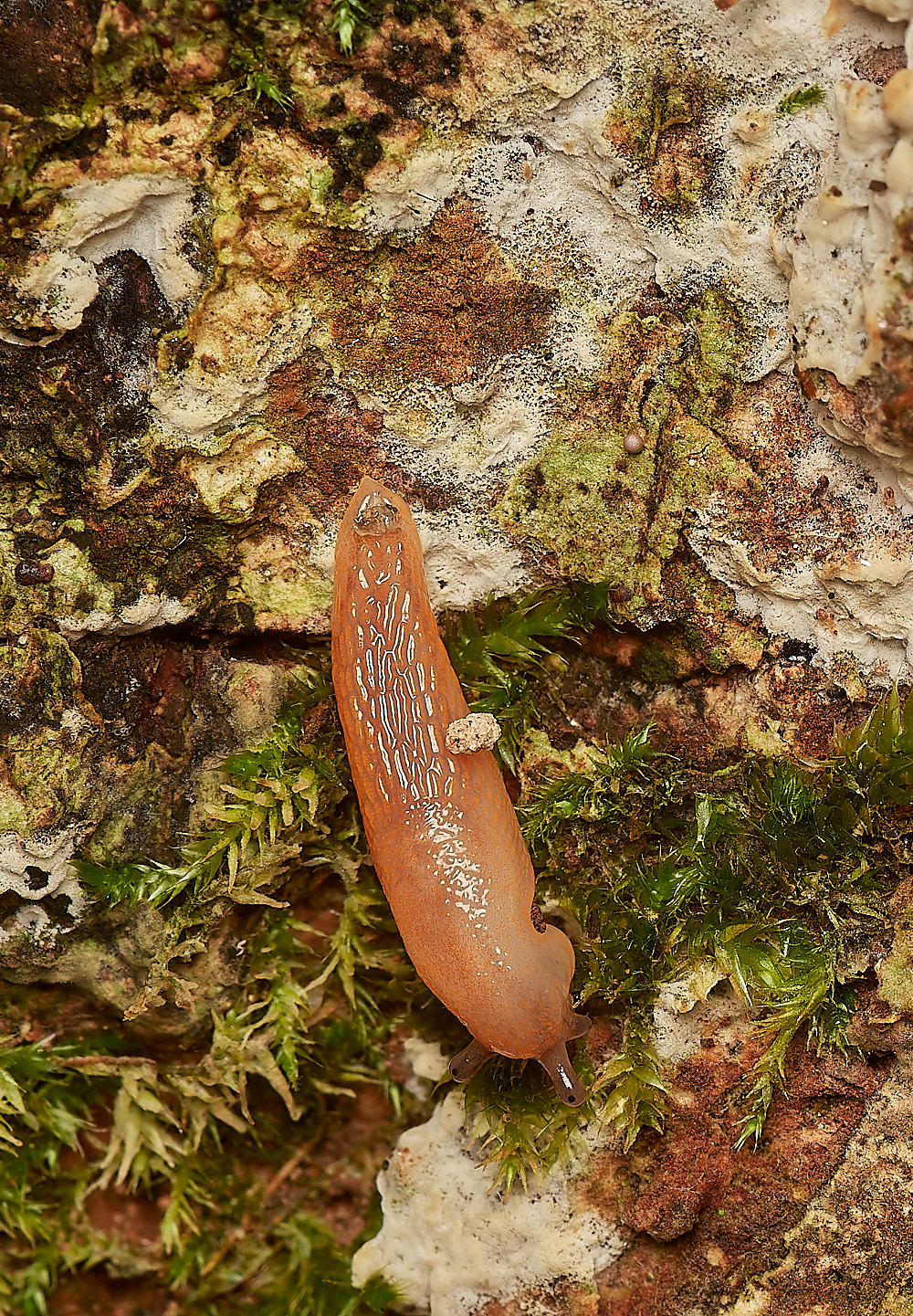
Slug Sp?
Slug Id from Nature Spot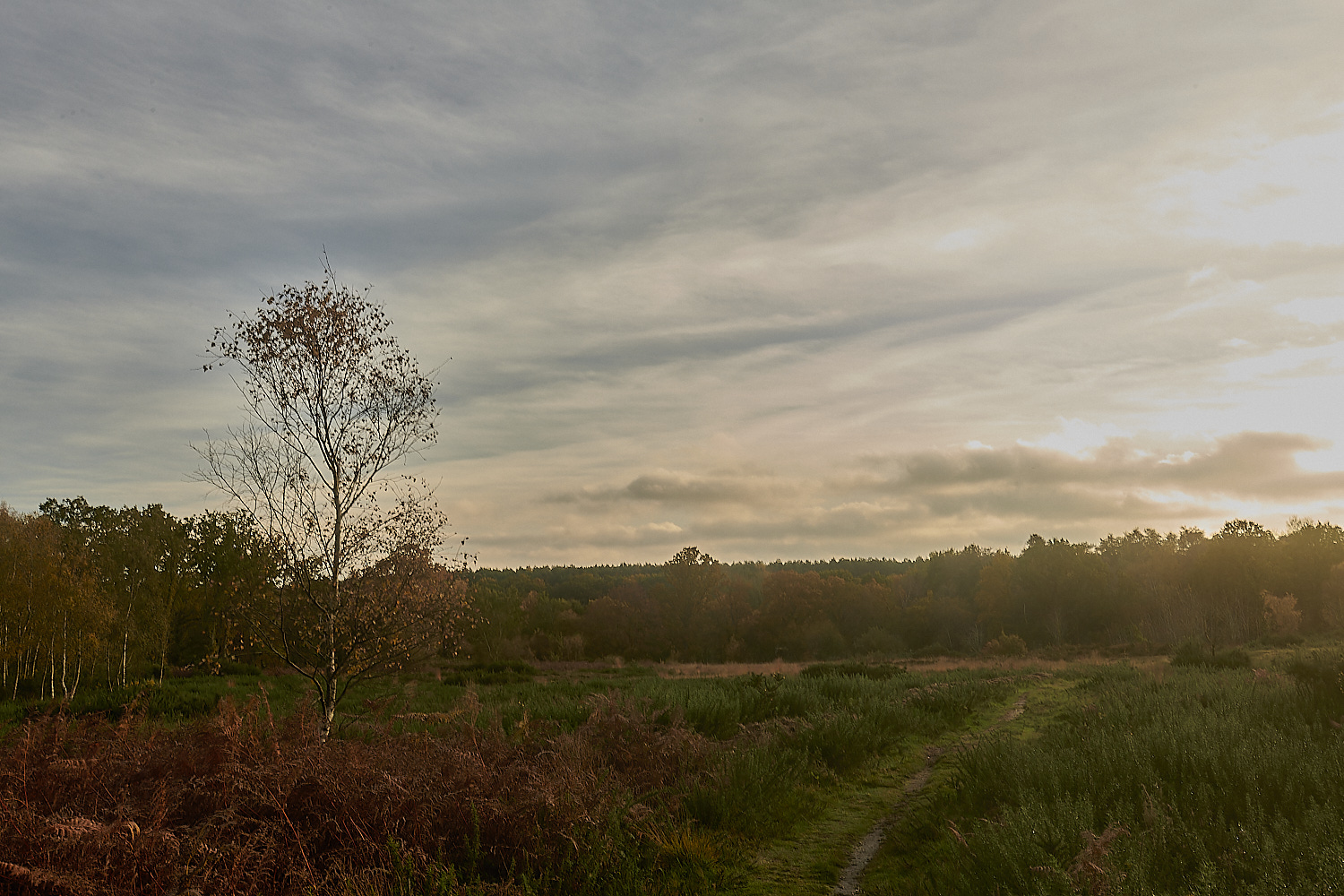
Blickling
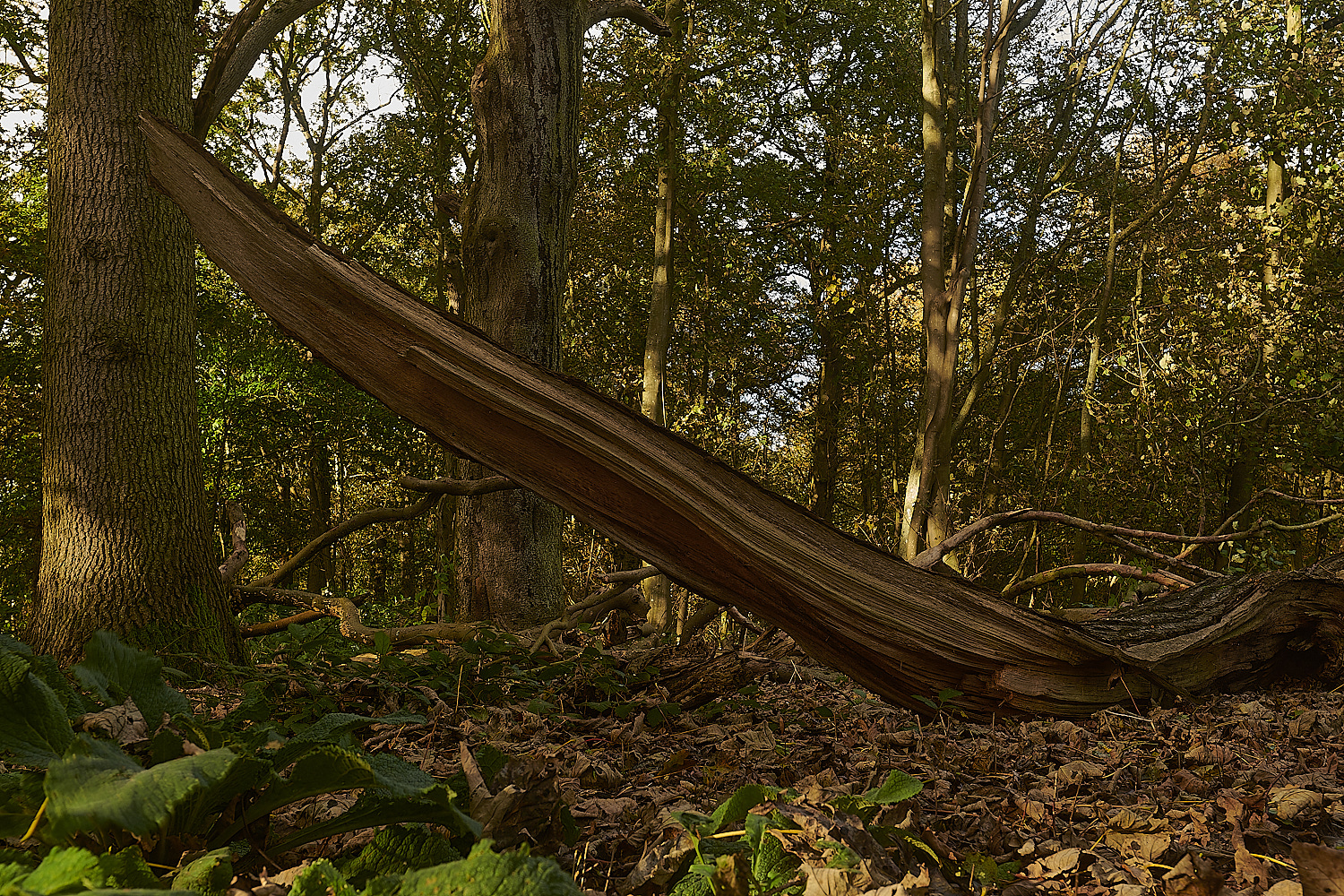
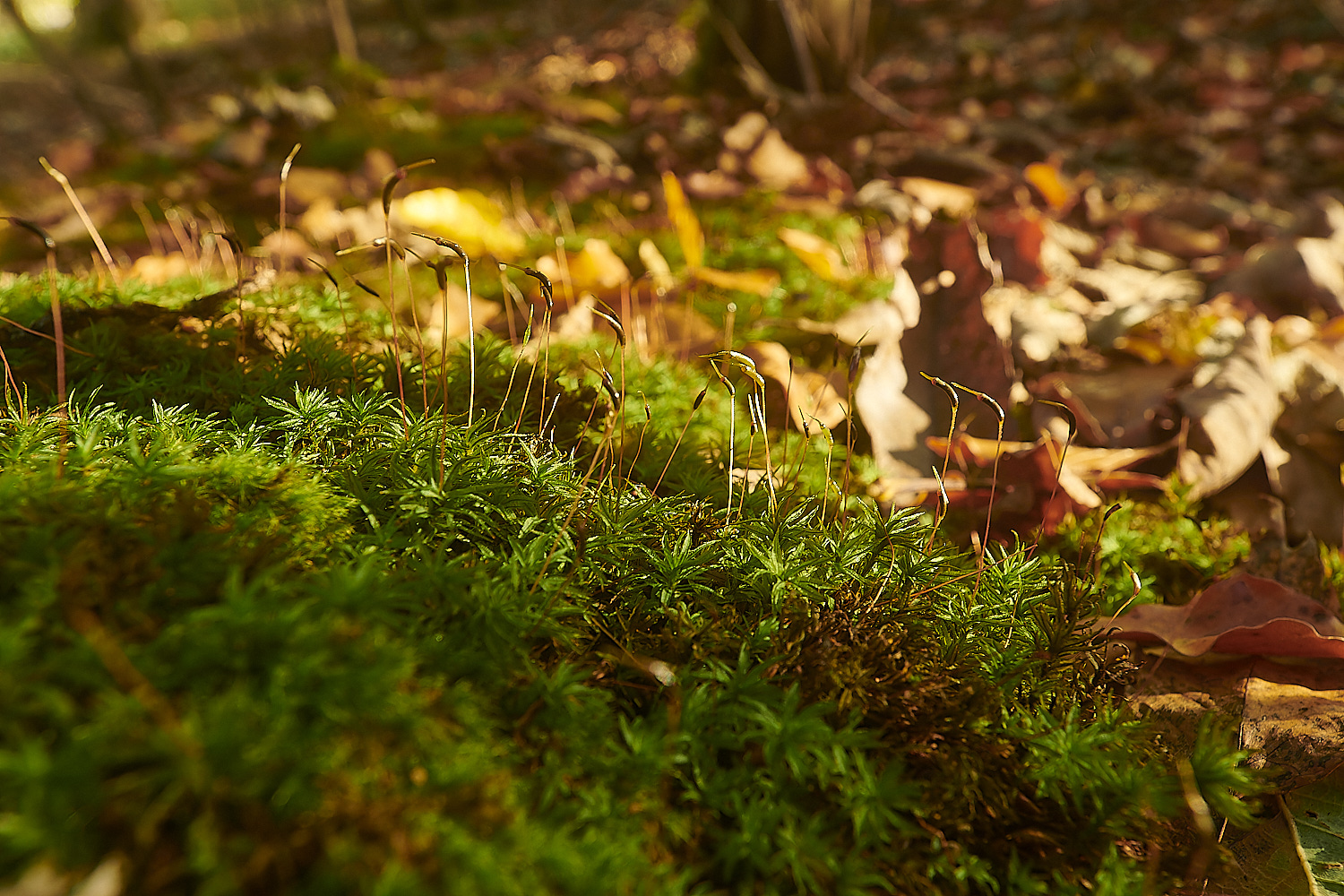
Common Smoothcap (Atrichum undulatum)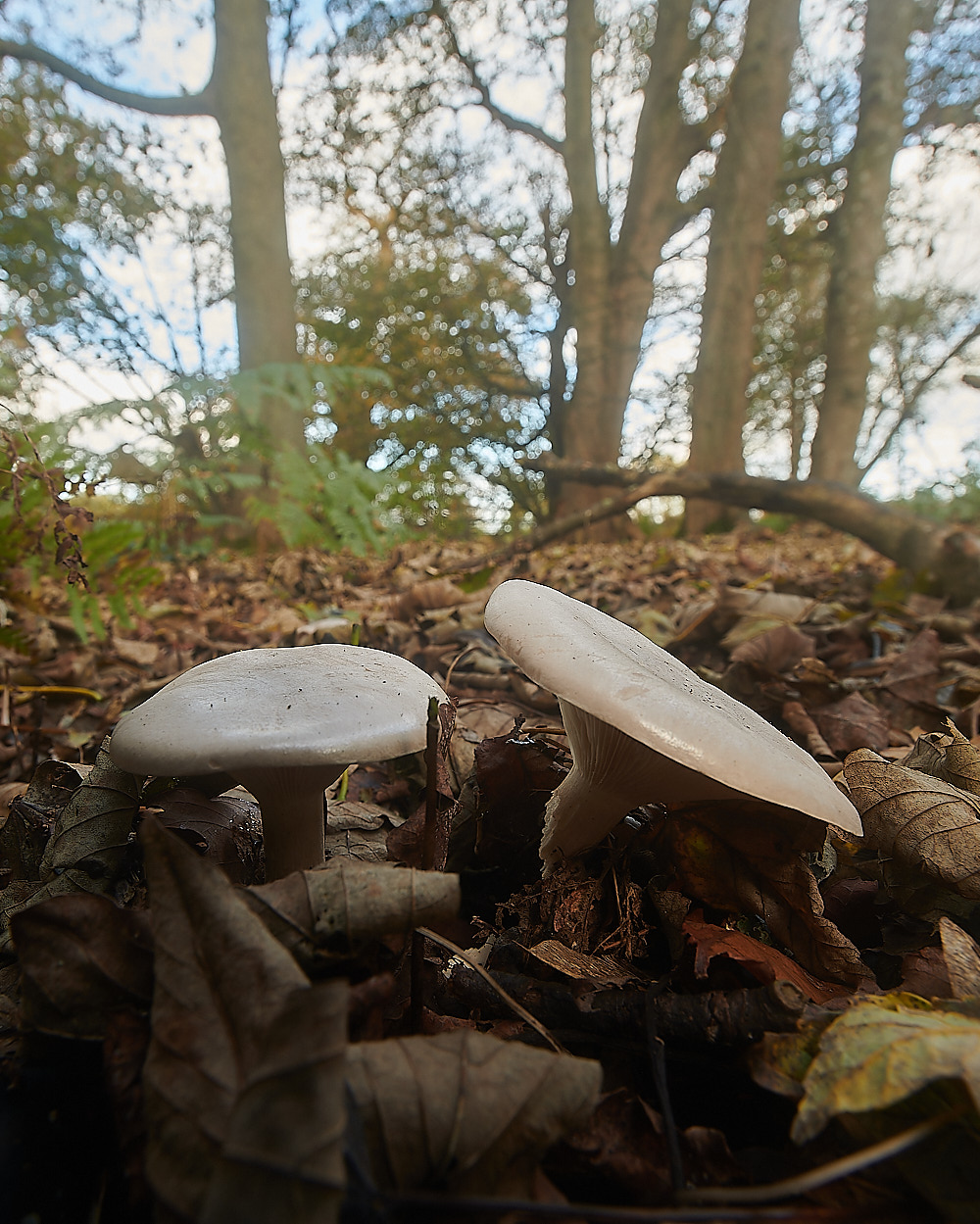
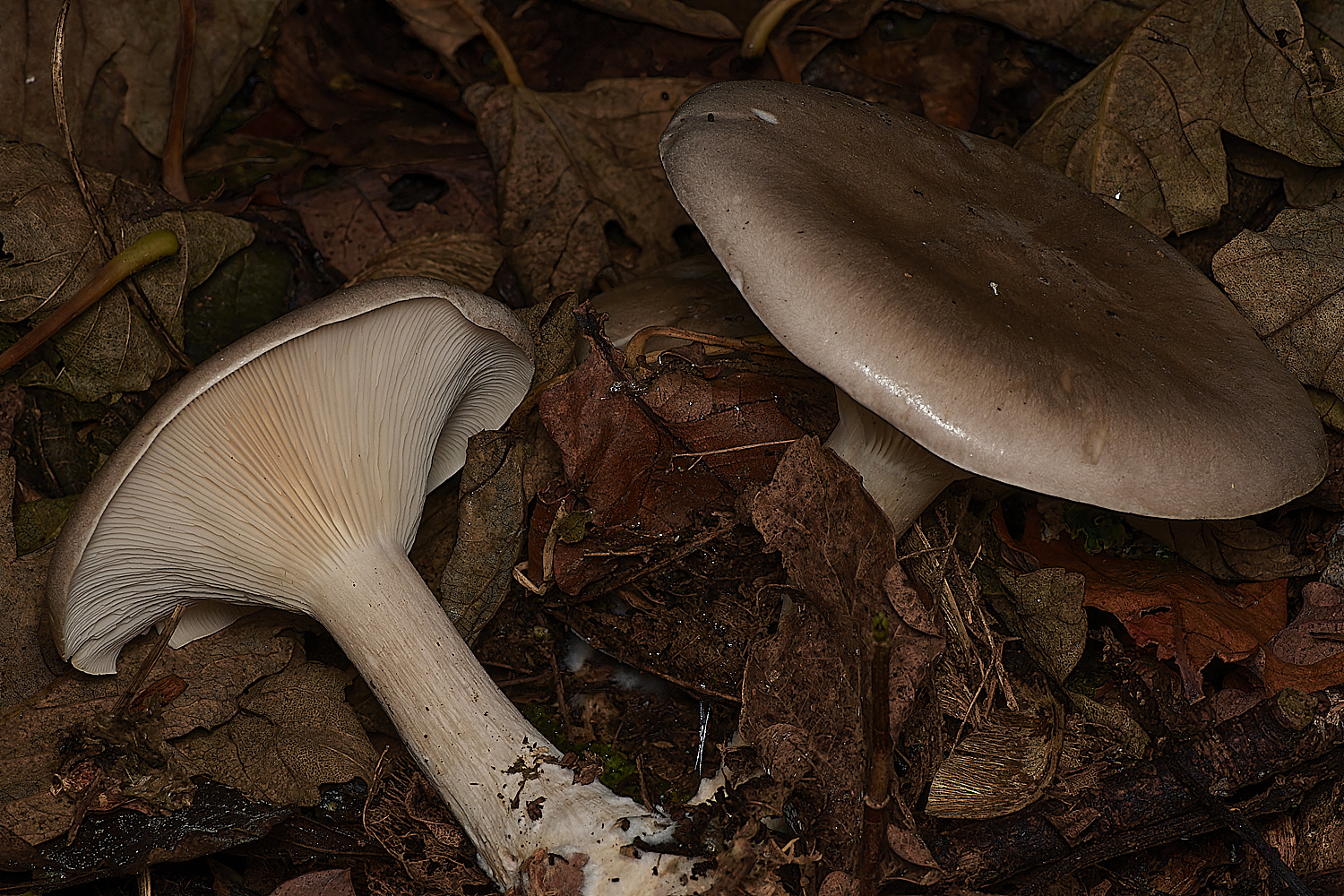
Clouded Funnel (Clitocybe nebularis)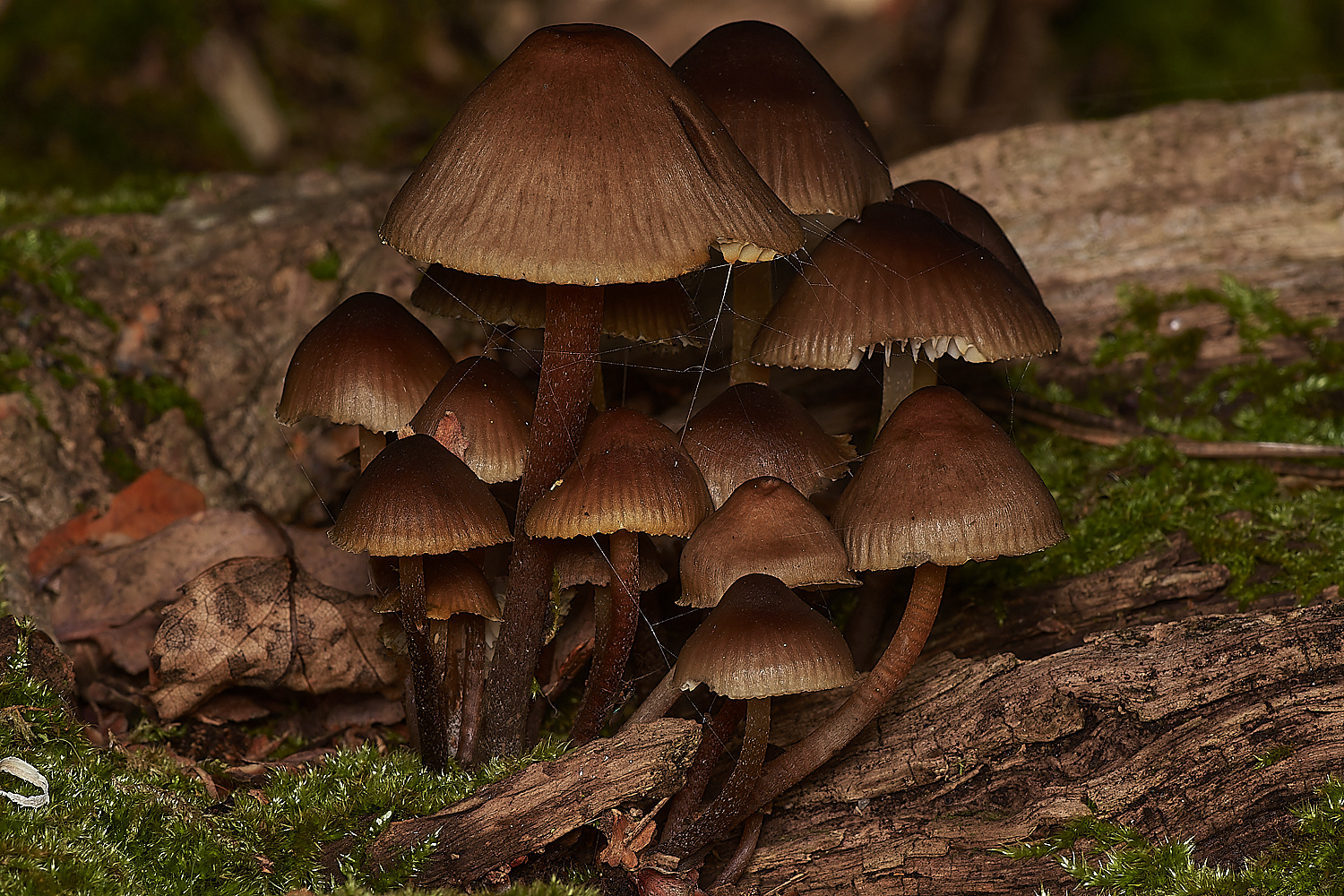
?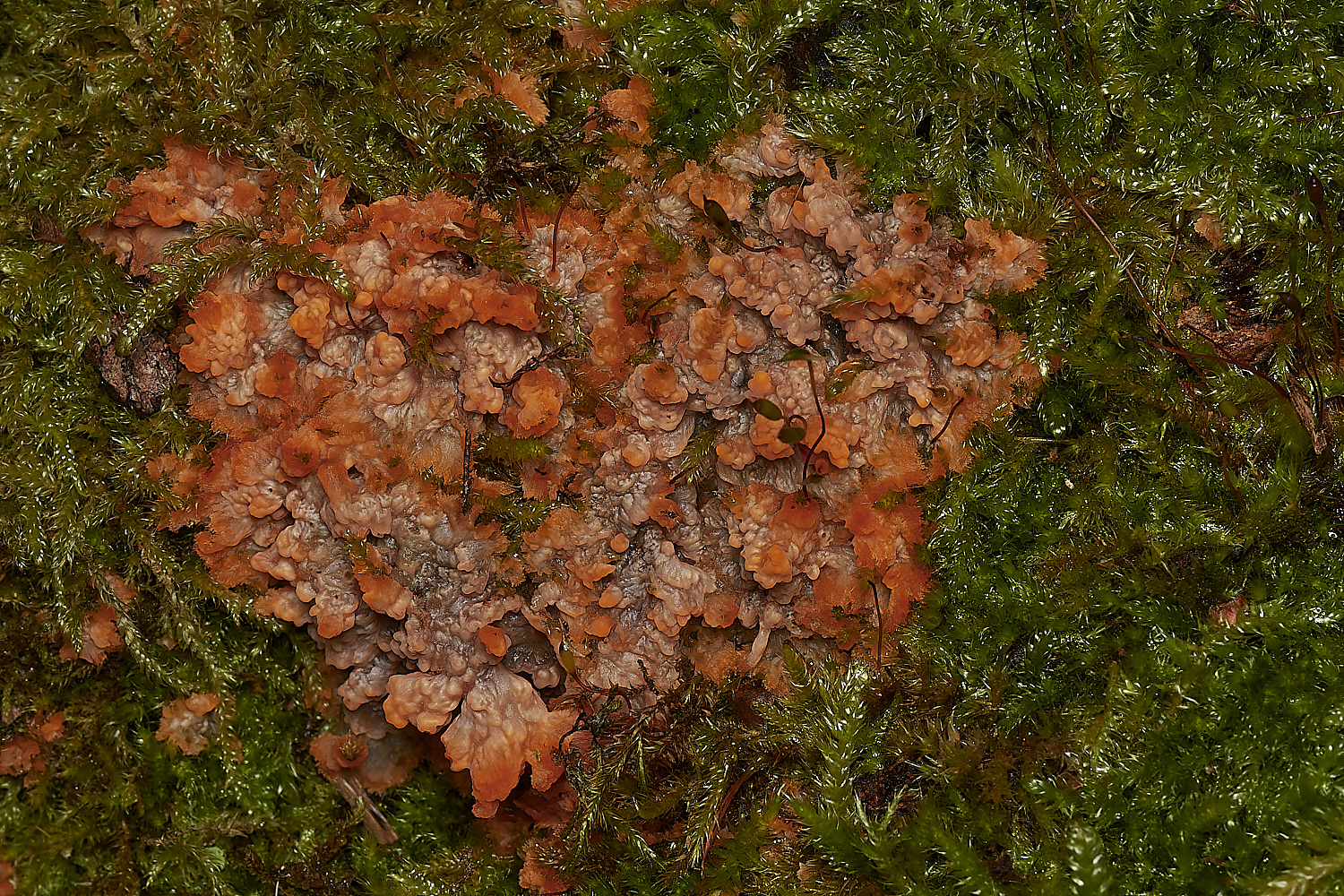
?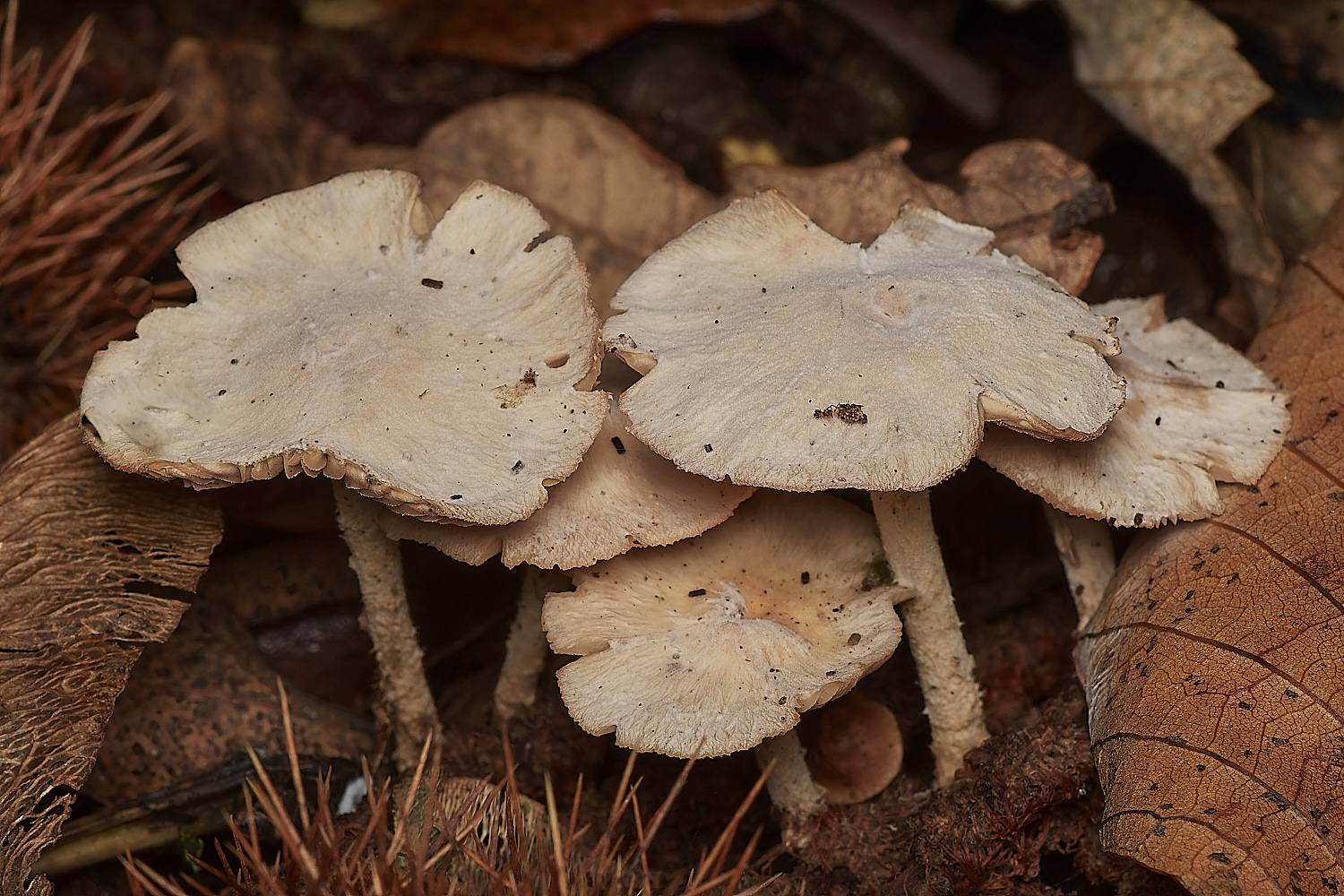
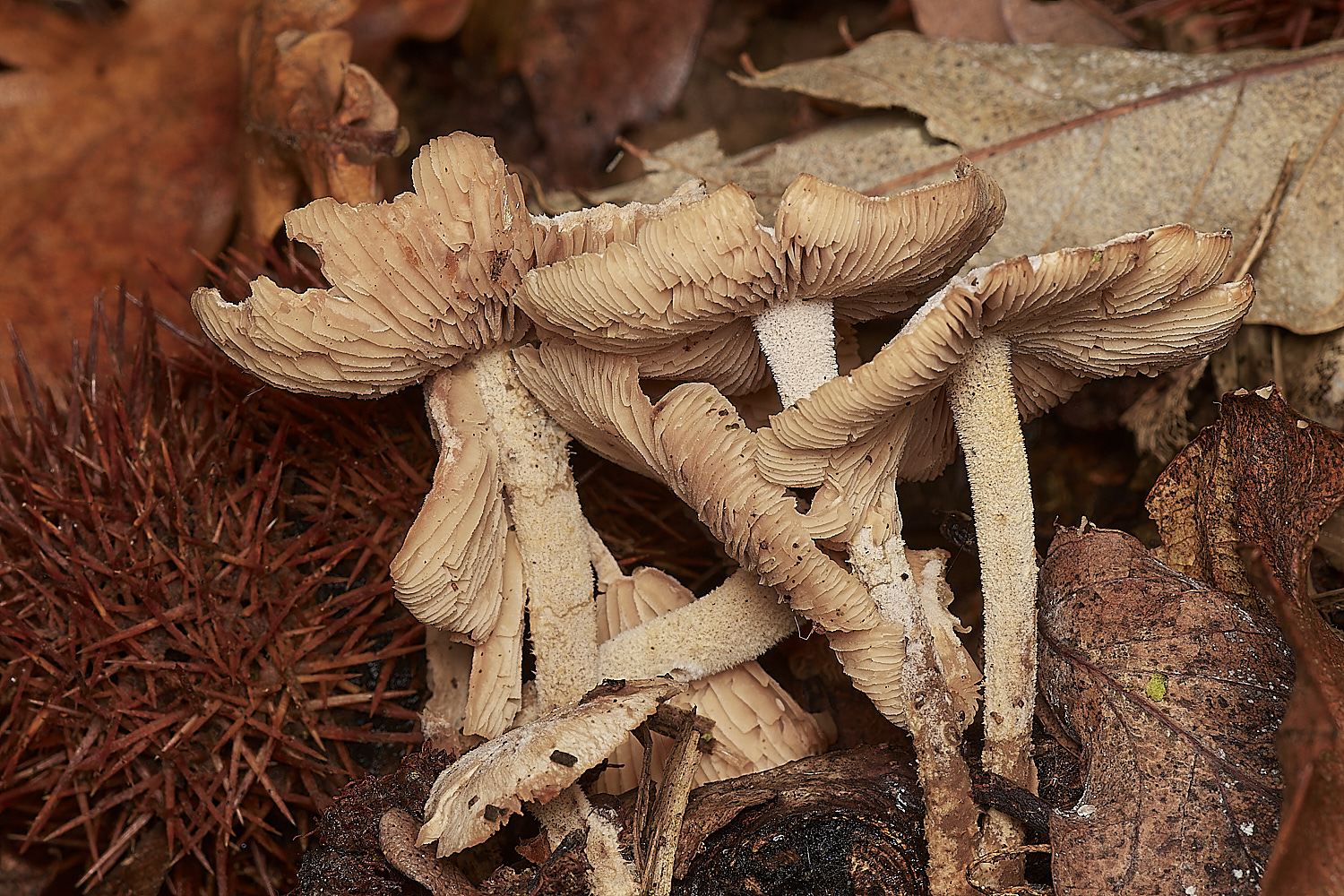
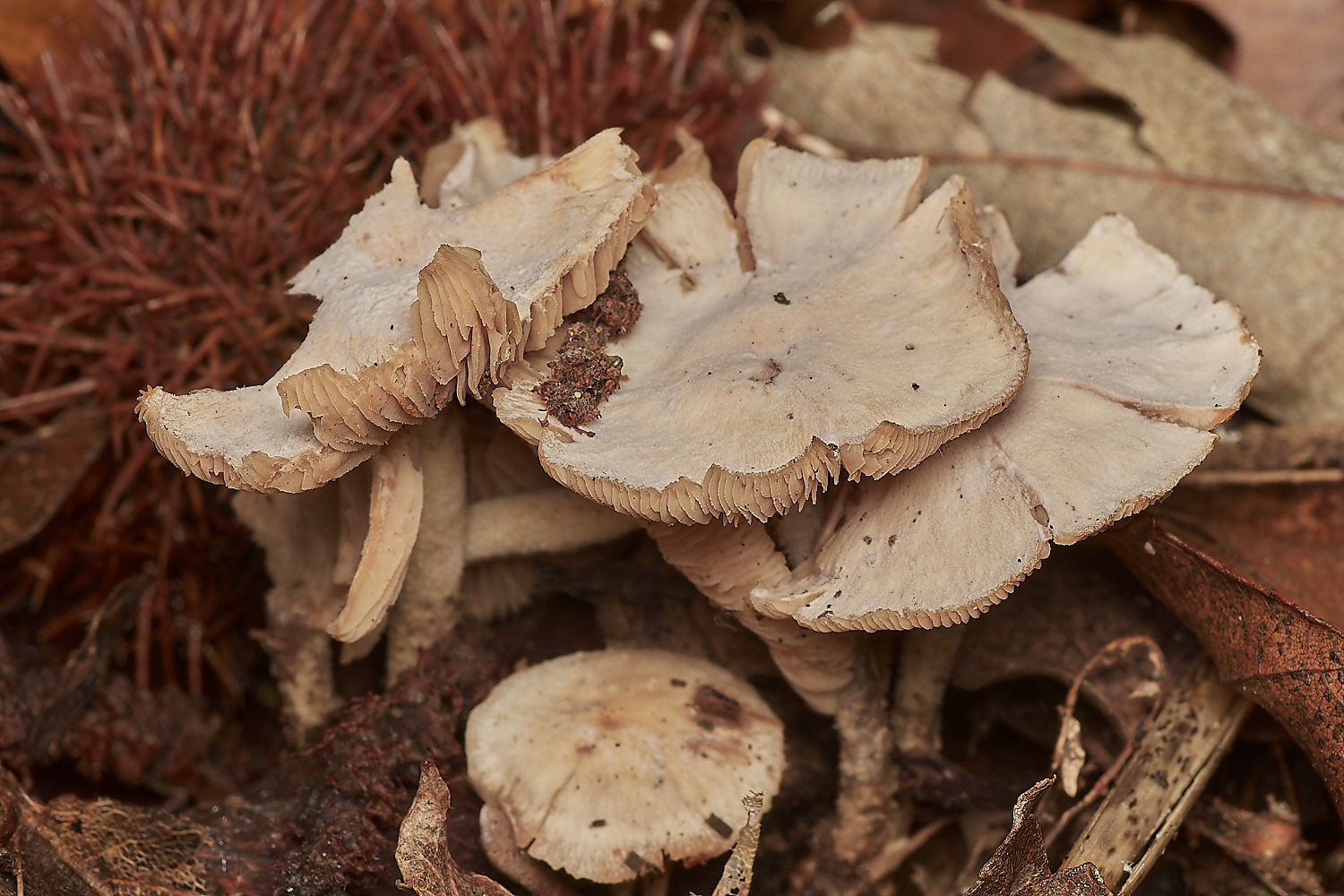
?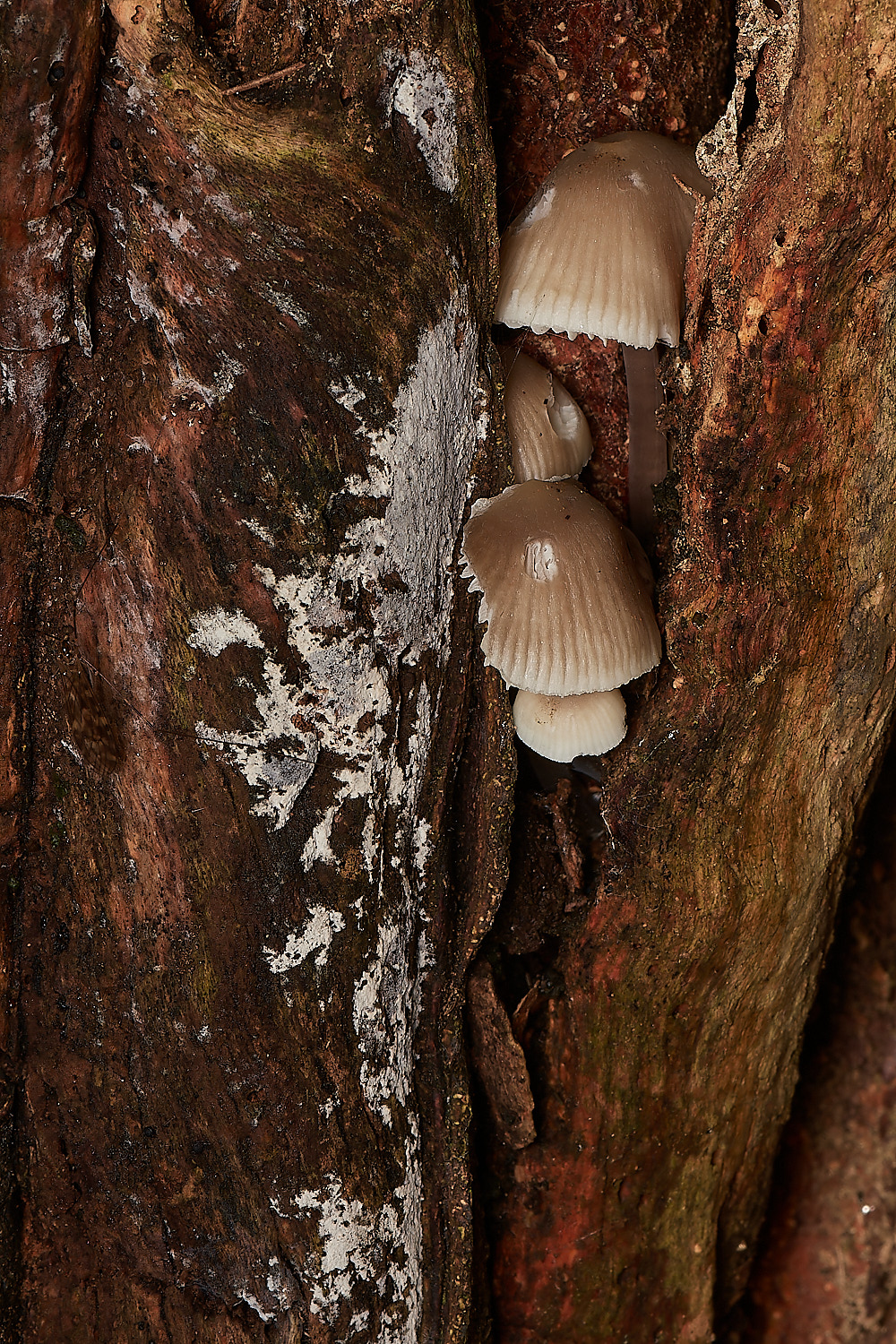
Mycena Sp?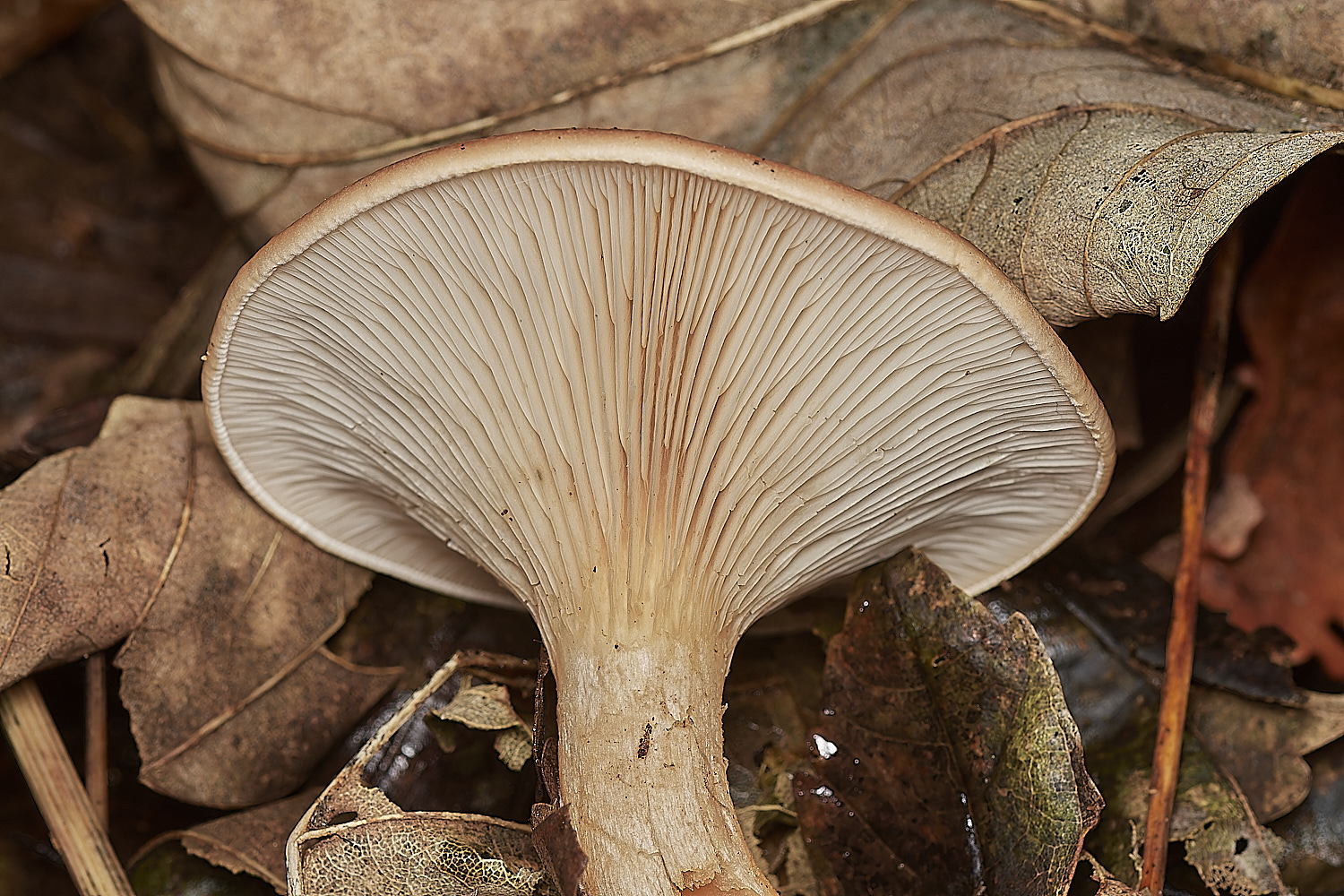

Tawny Funnel (Paralepista flaccida)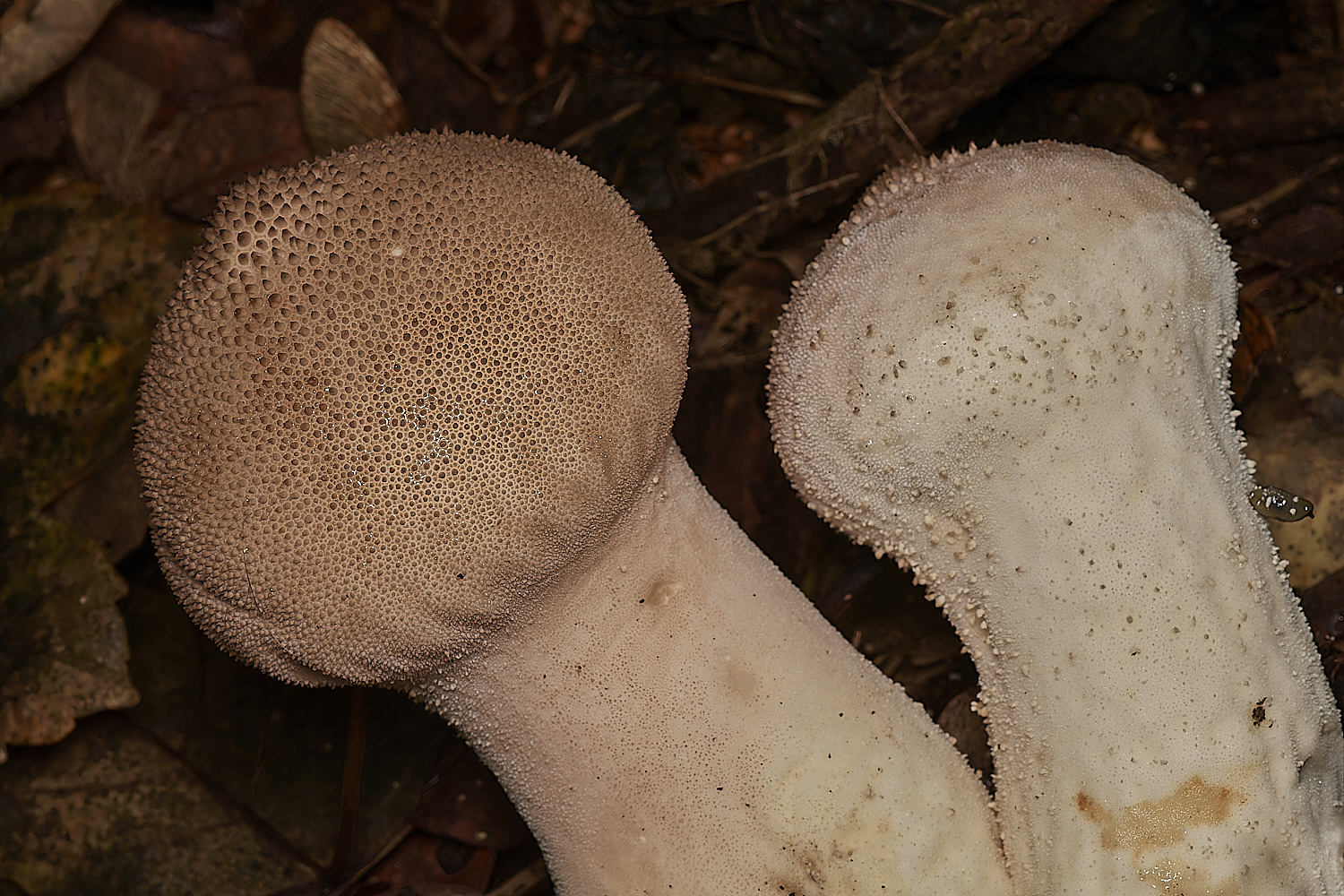
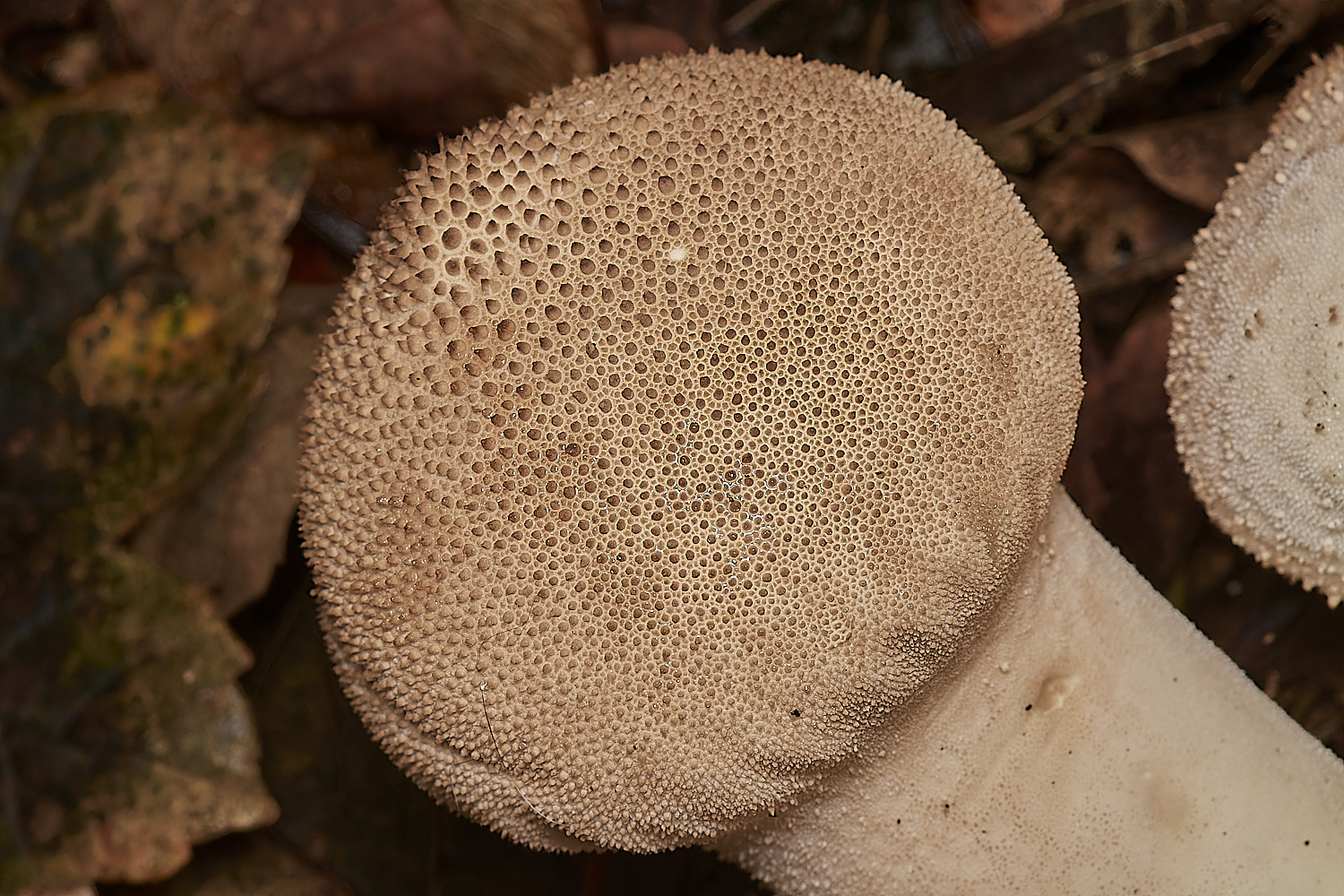
?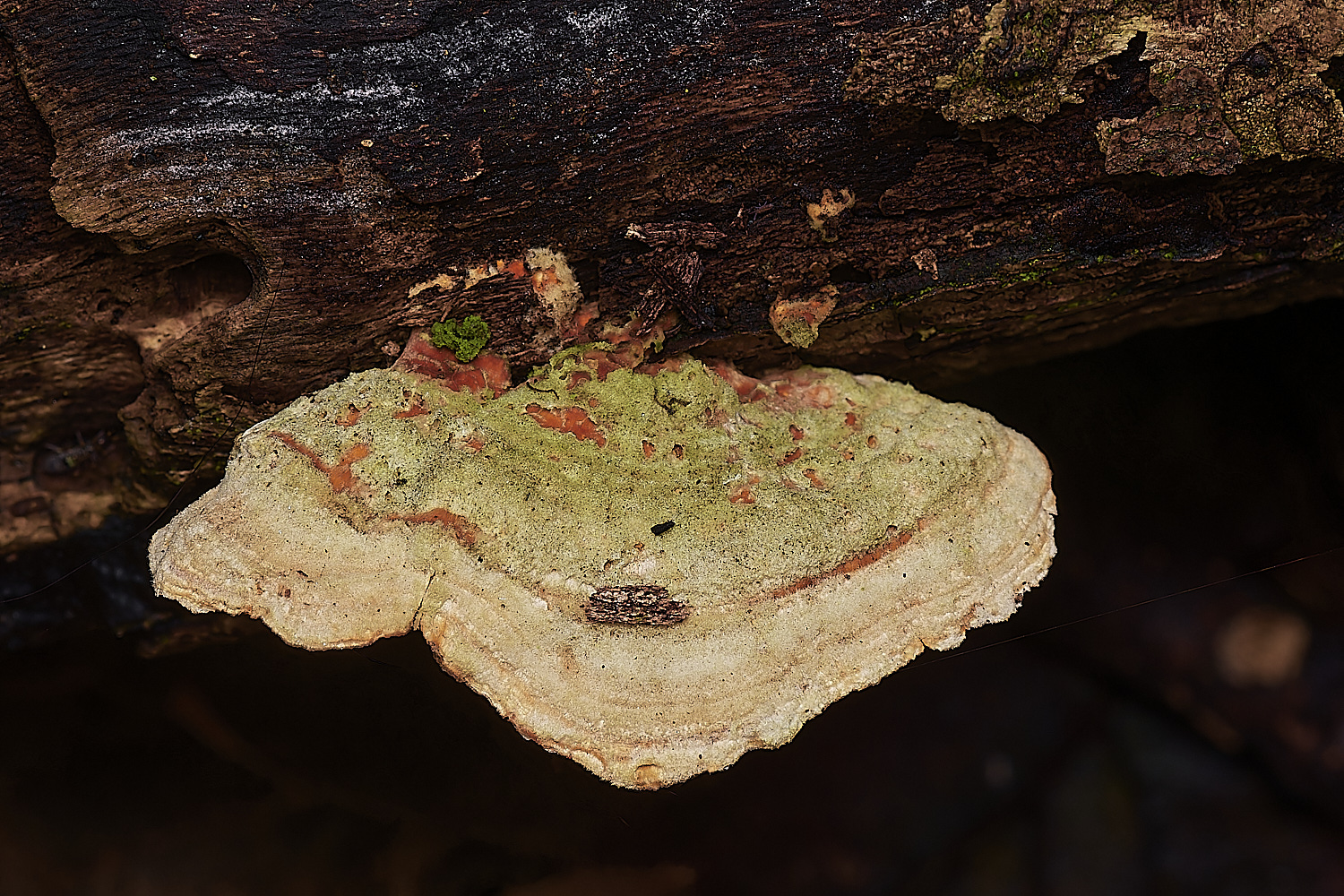
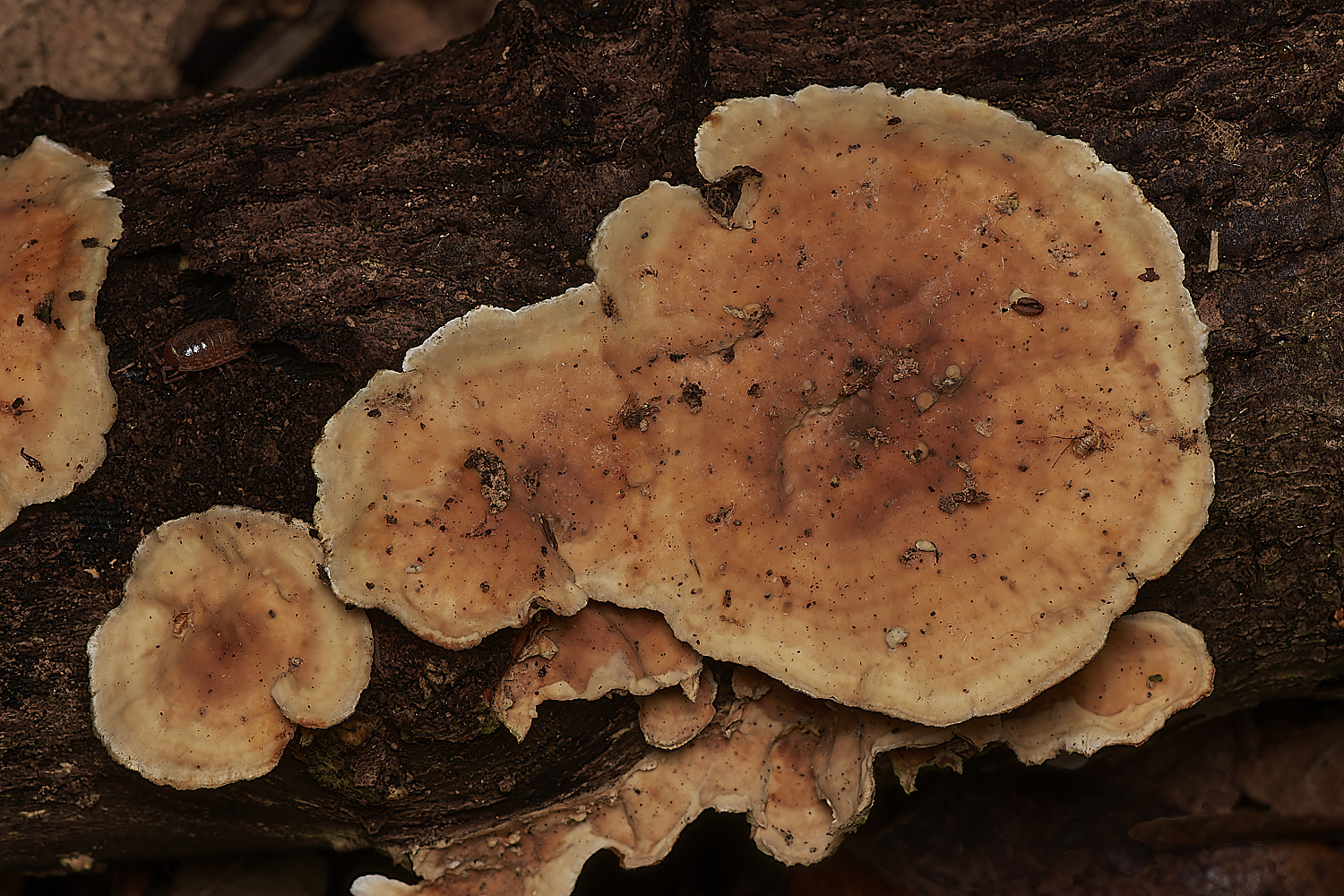
?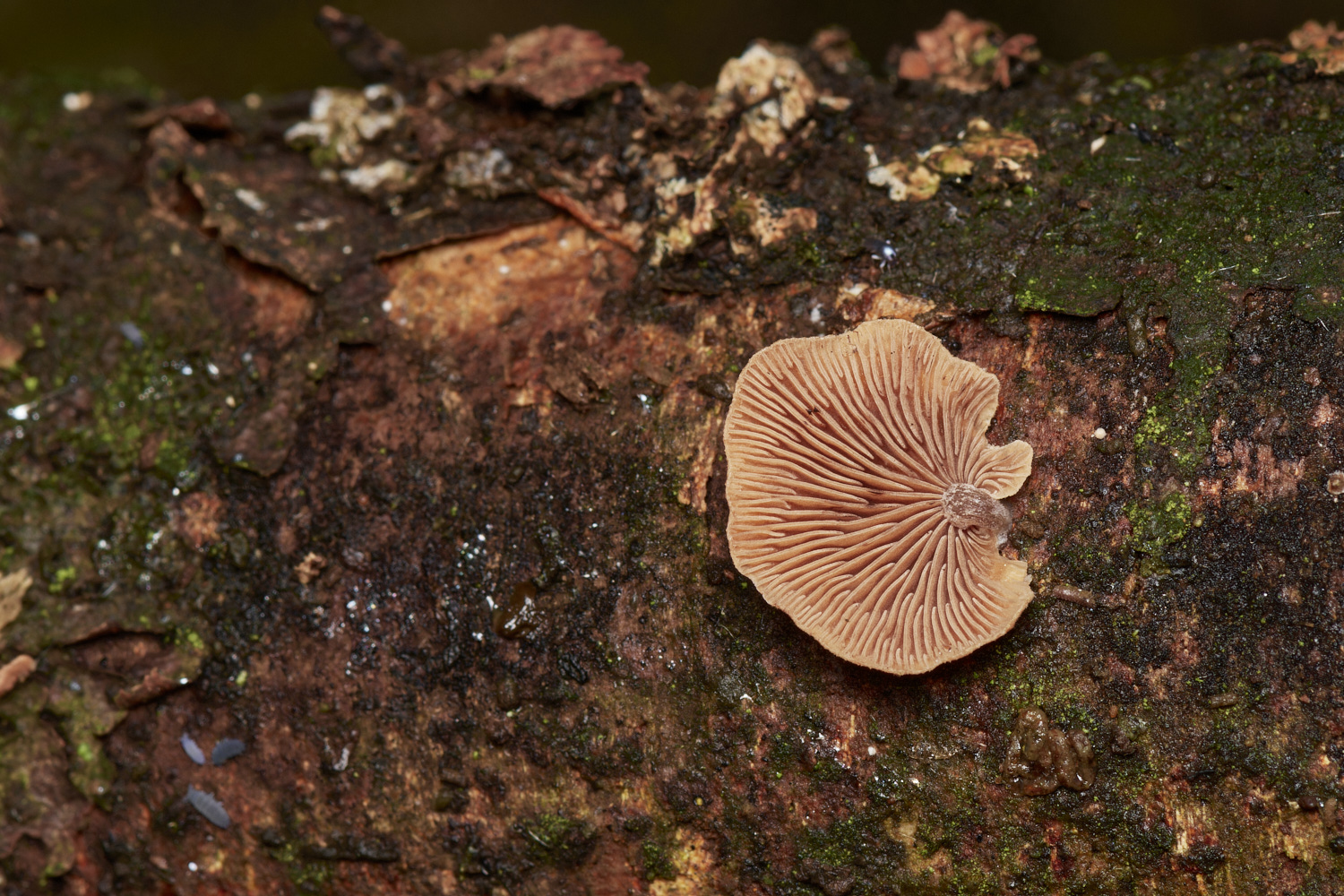
Oysterling Sp?
Variable Oysterling (Crepidotus vaiaibilis)
Ellipsoidal spores with tiny spiny warts and clavate Chelocystidia 
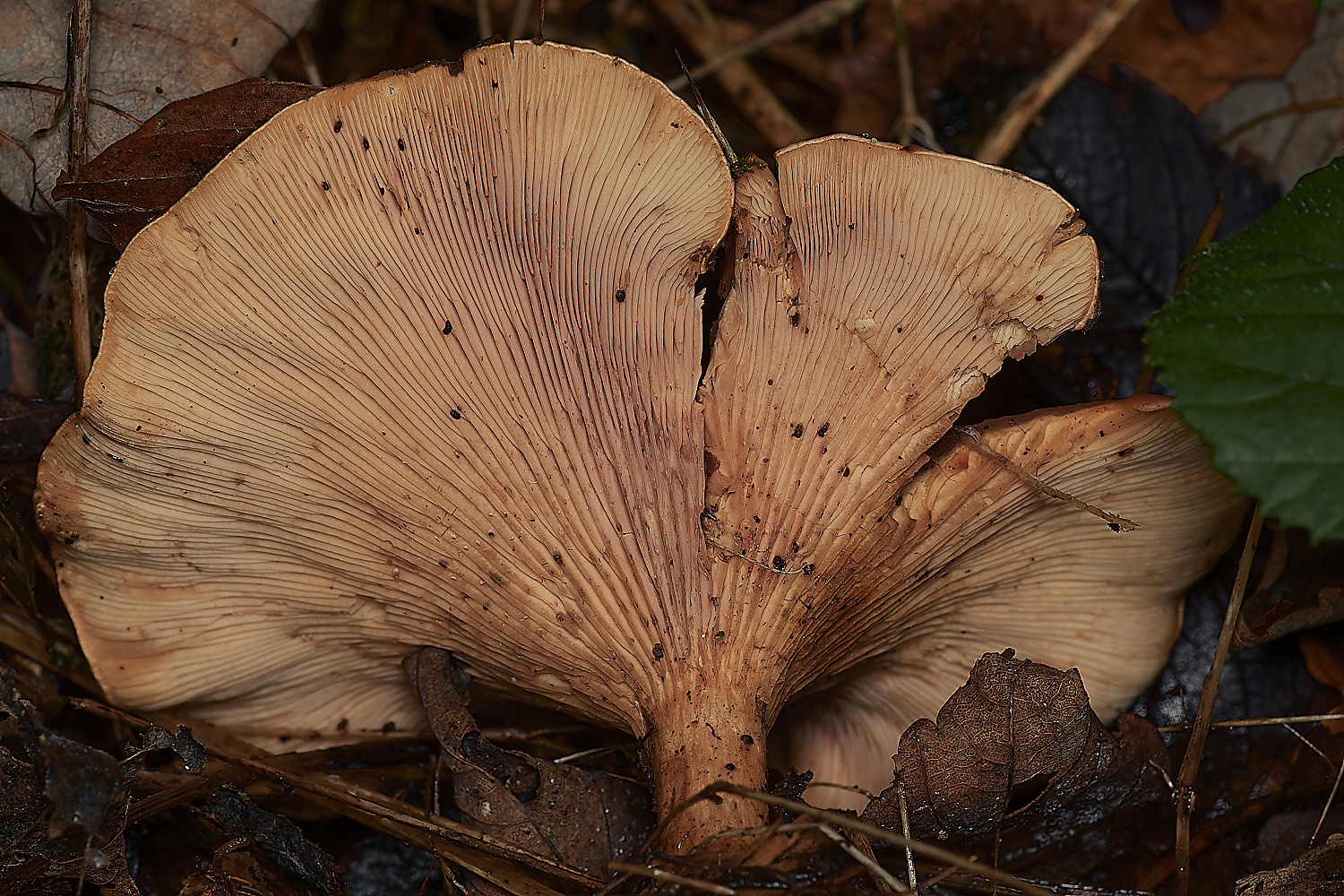

Tawny Funnel (Paralepista flaccida)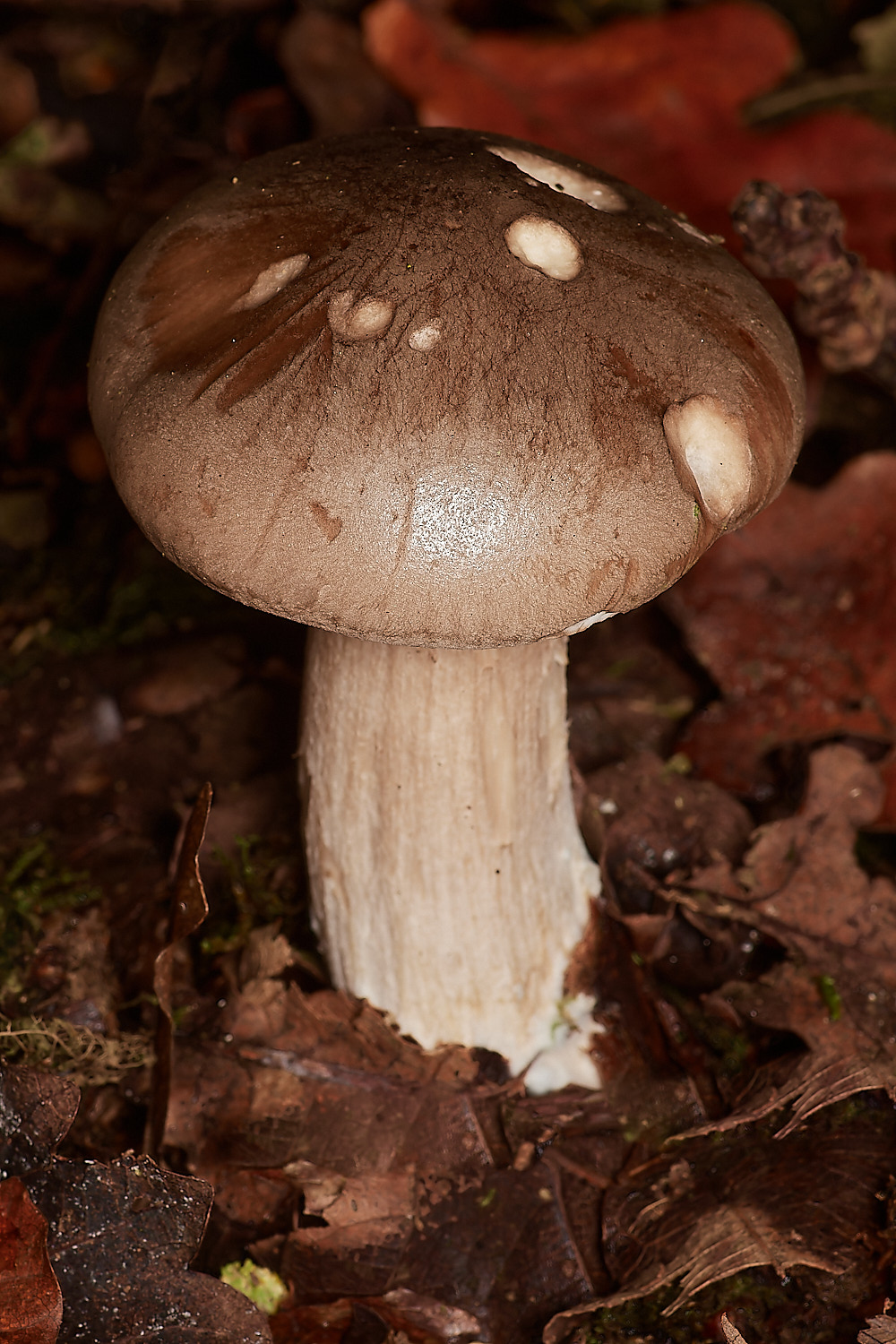

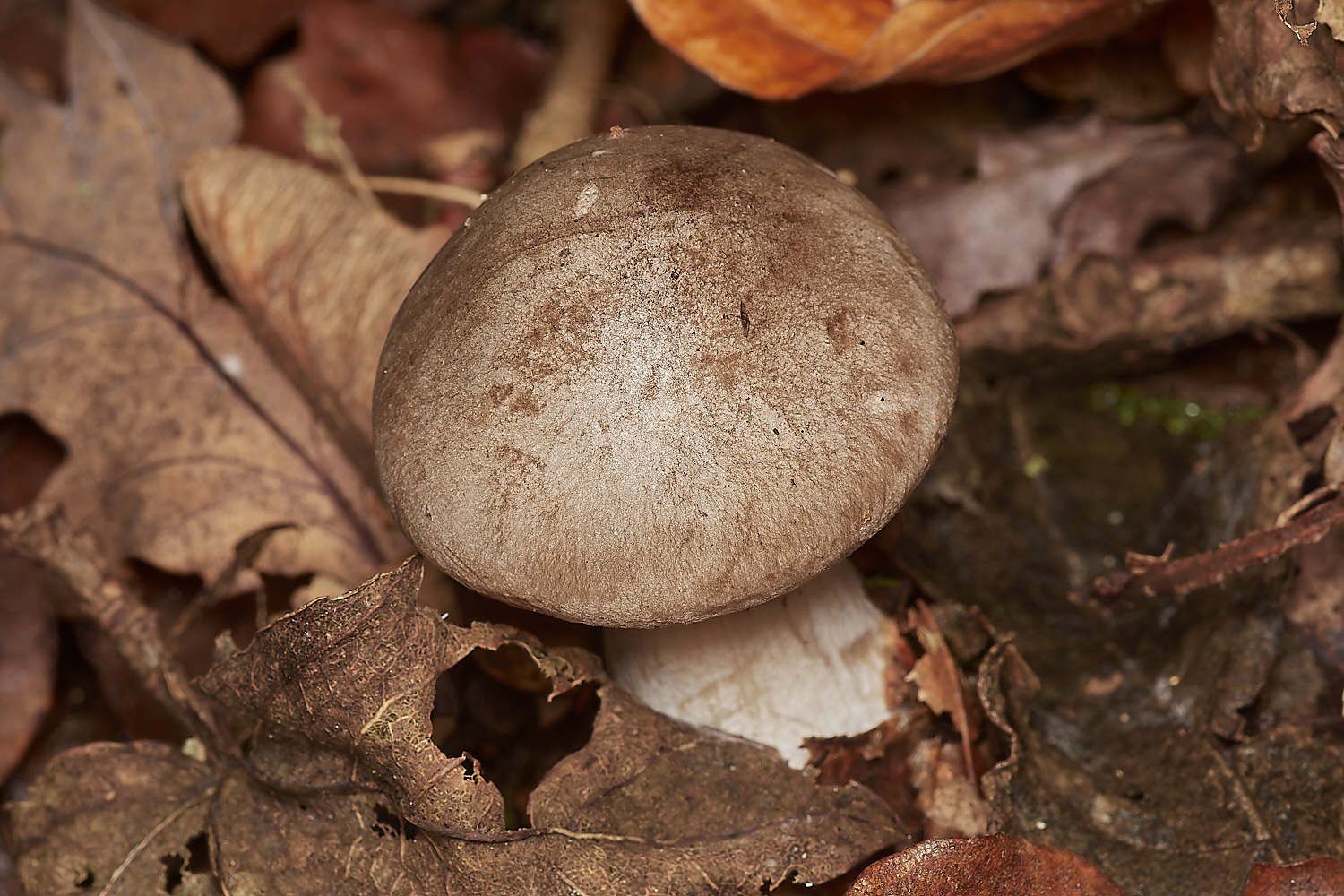
The cap almost peeled off in one go. Russula Sp? 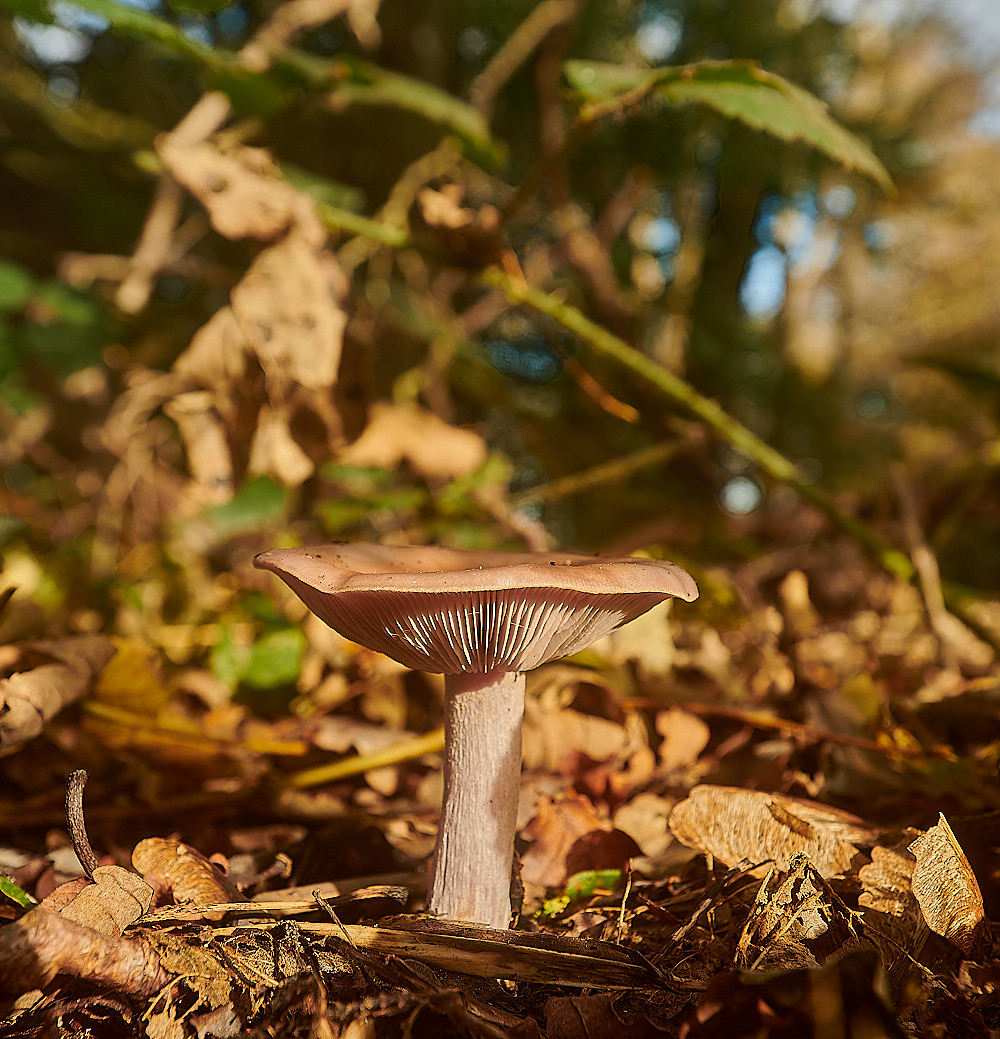
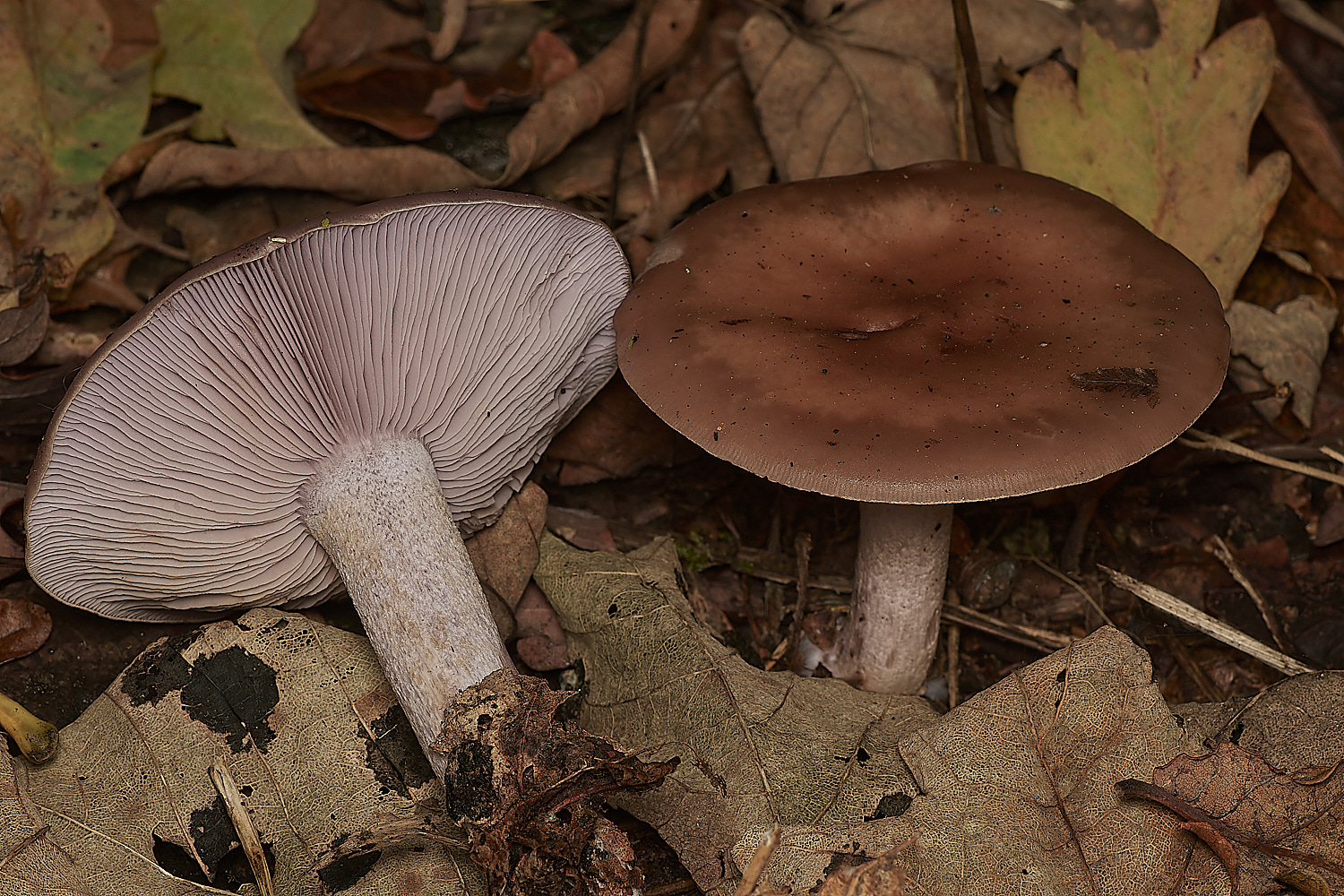
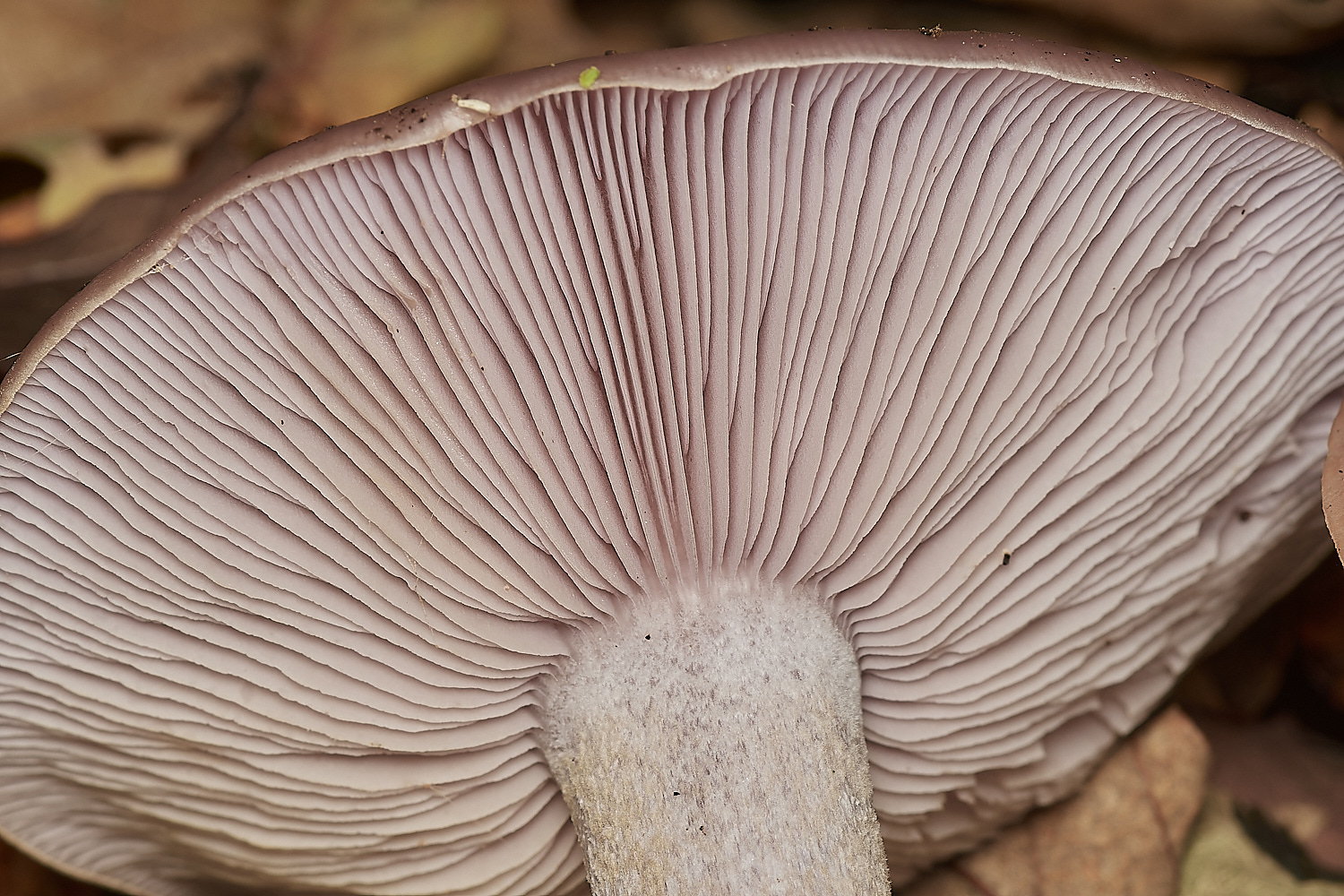
Pink Gilled Entoloma Sp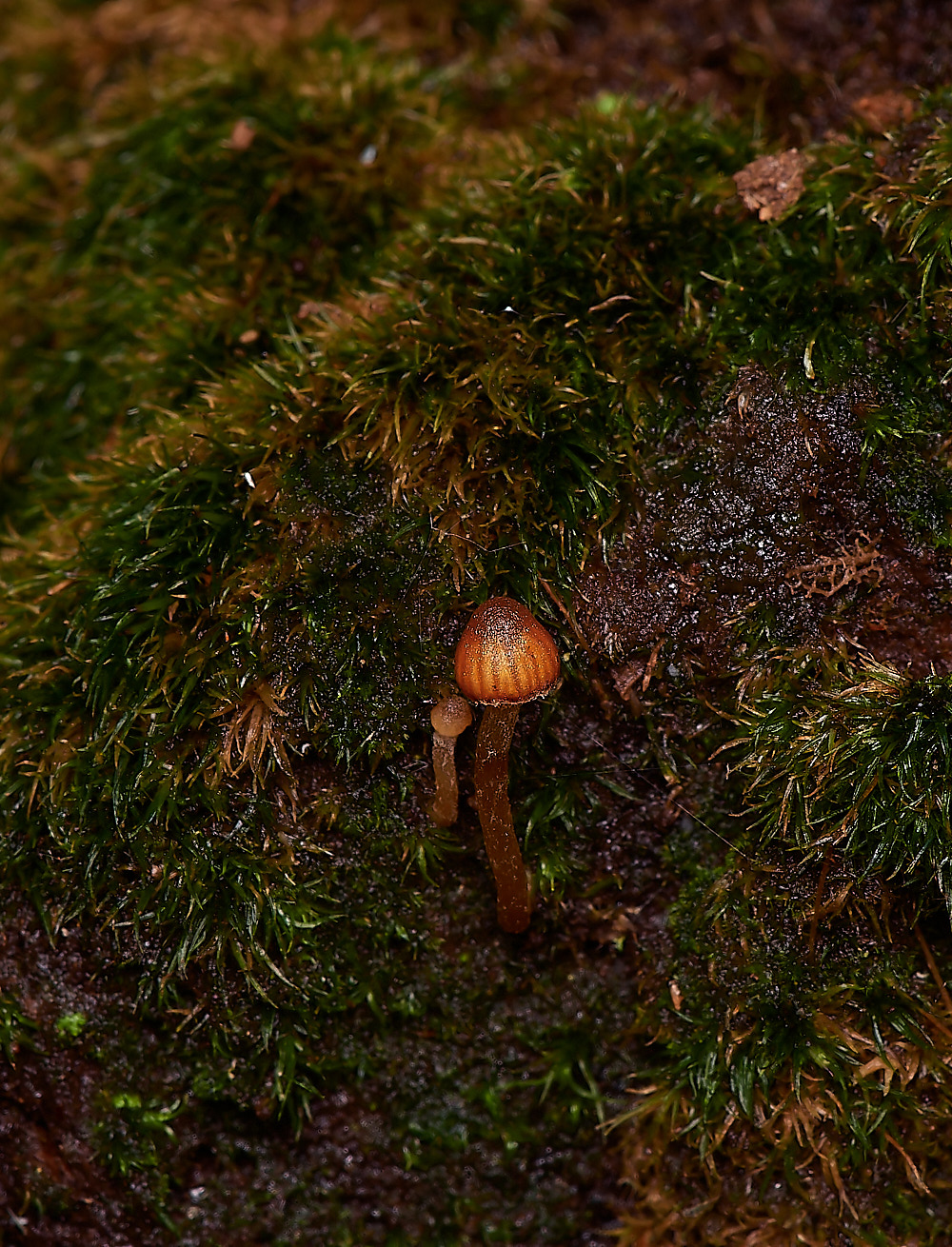
Orange Mosscap (Rickenella fibula)?
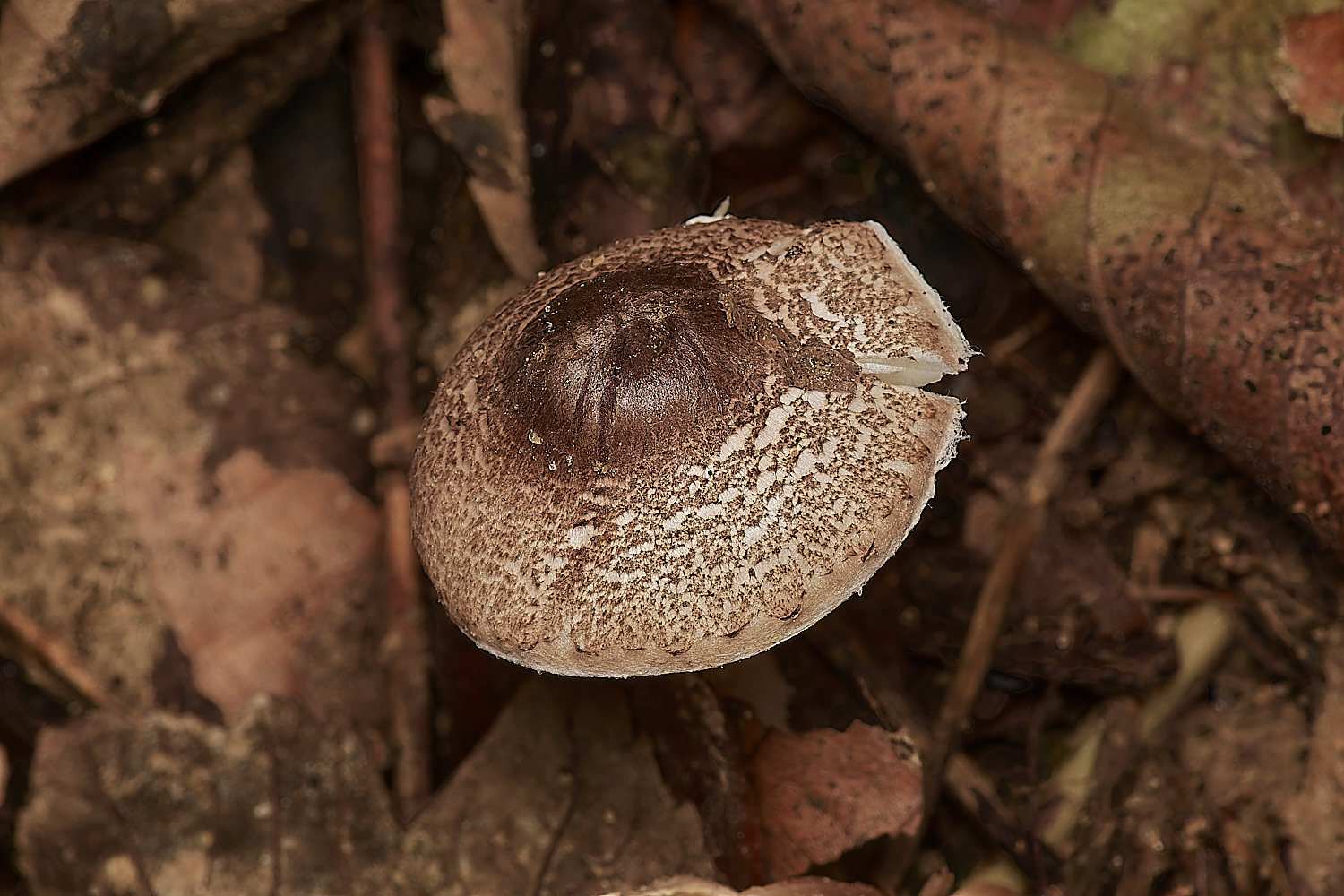
Skillcap Dapperling (Leucoprinus brebissonii)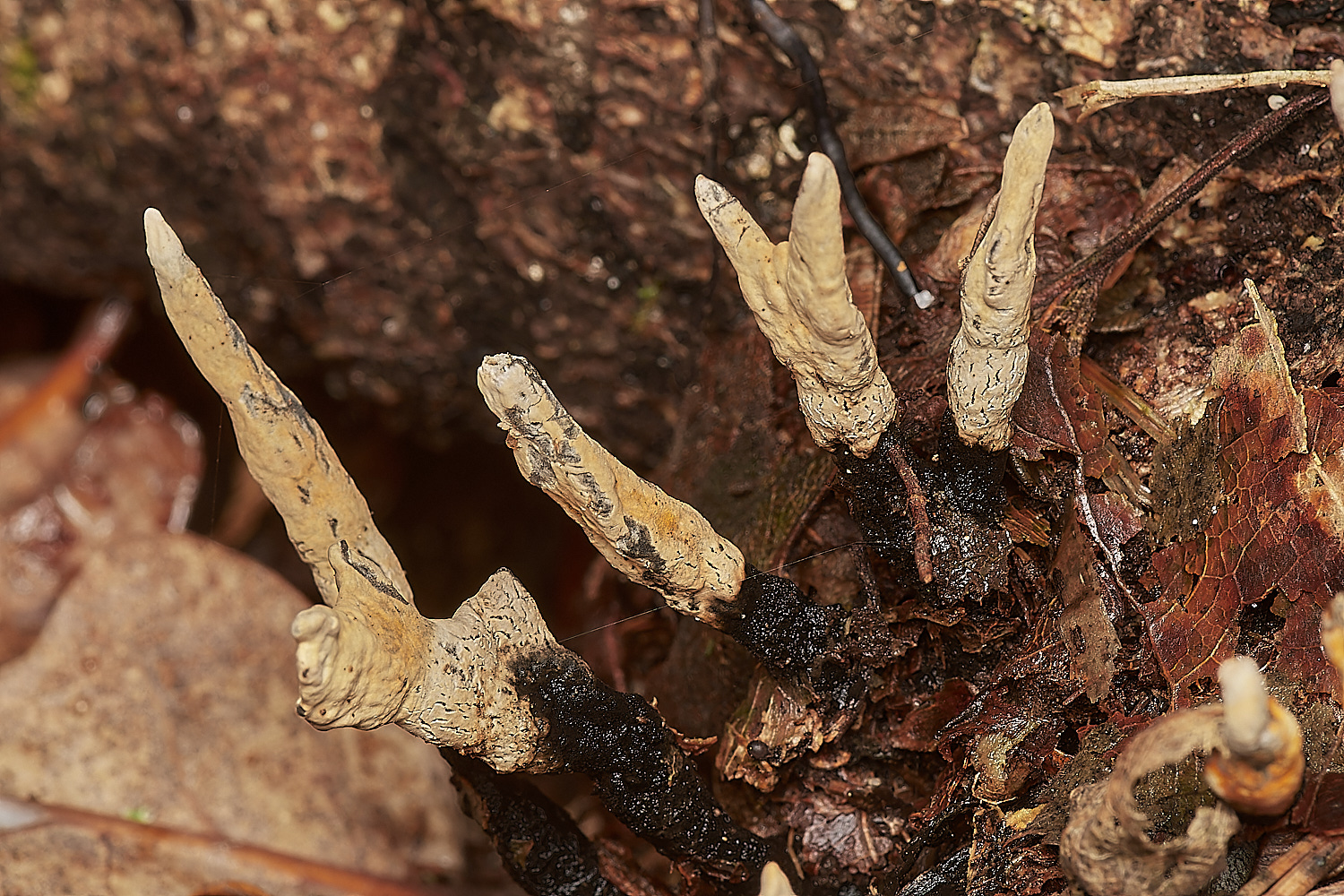
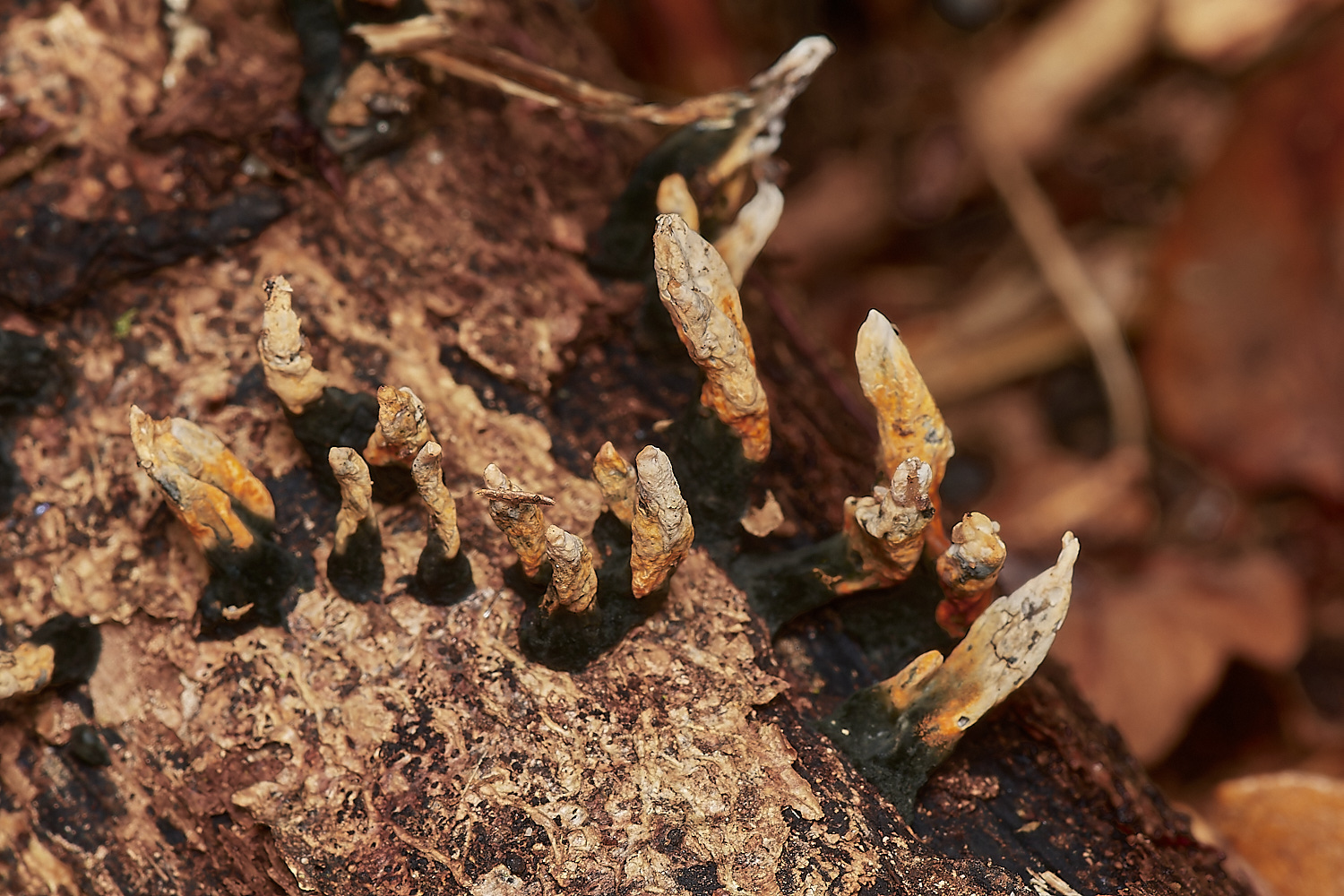
Xylaria Sp
Ken Hill
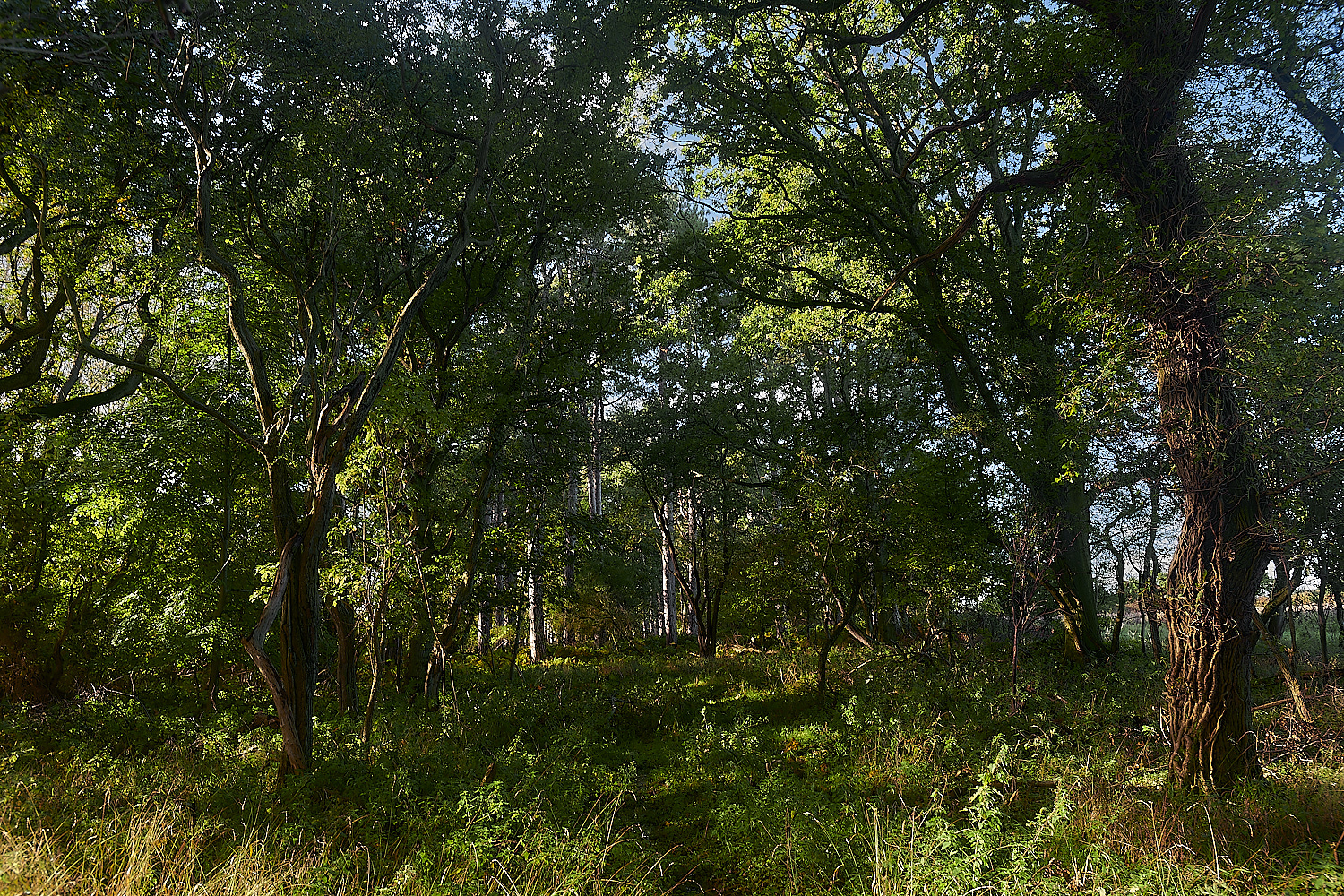
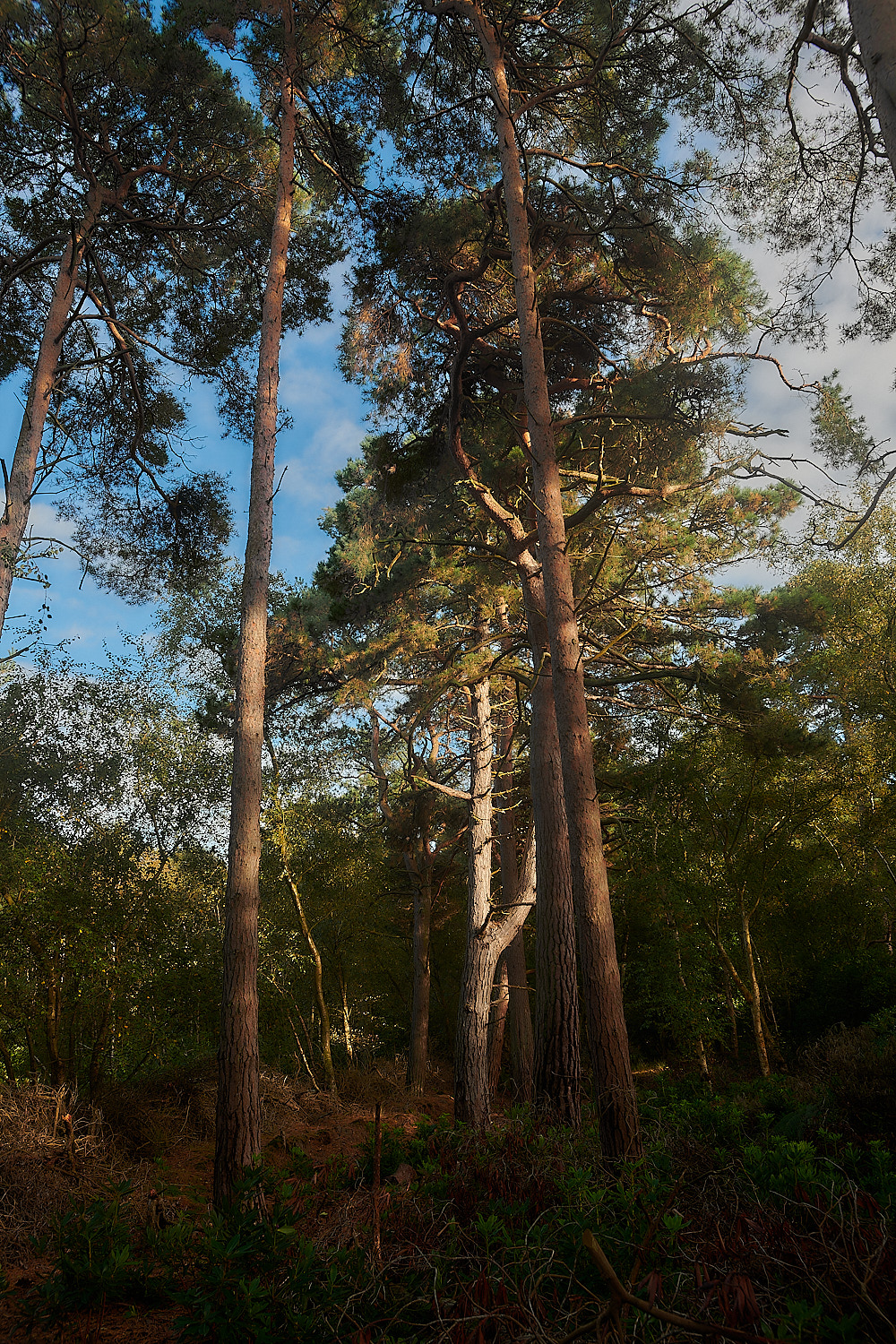
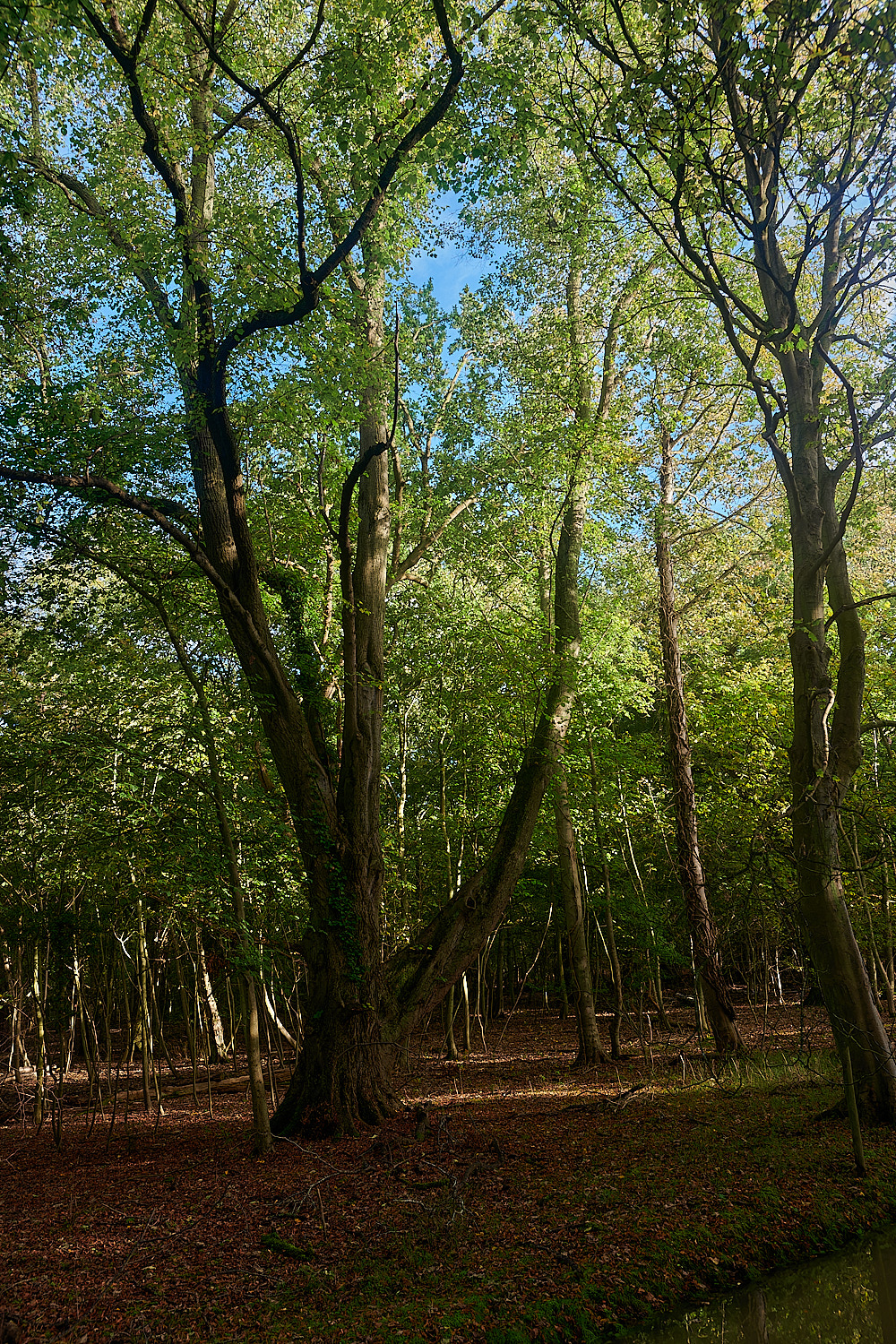
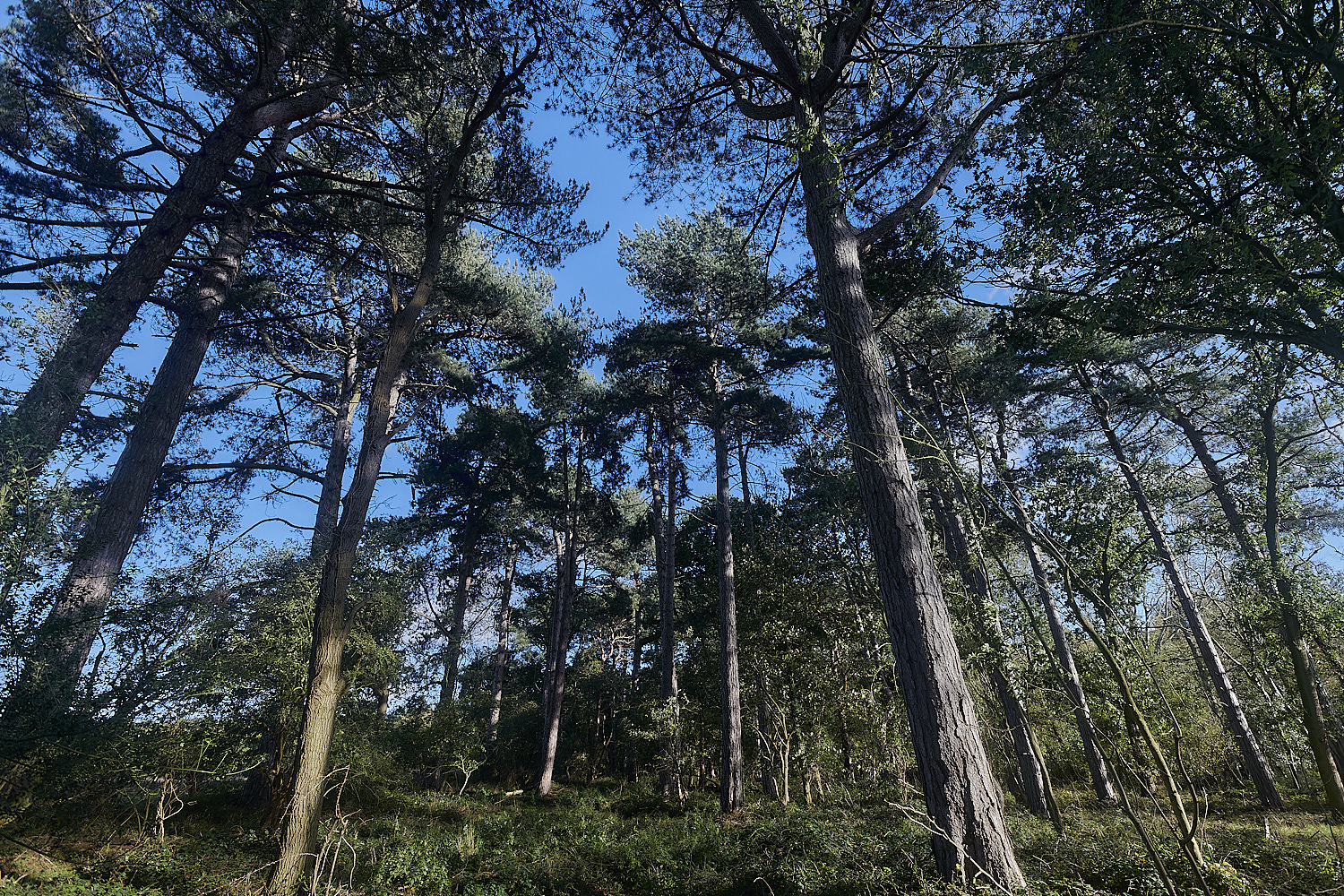
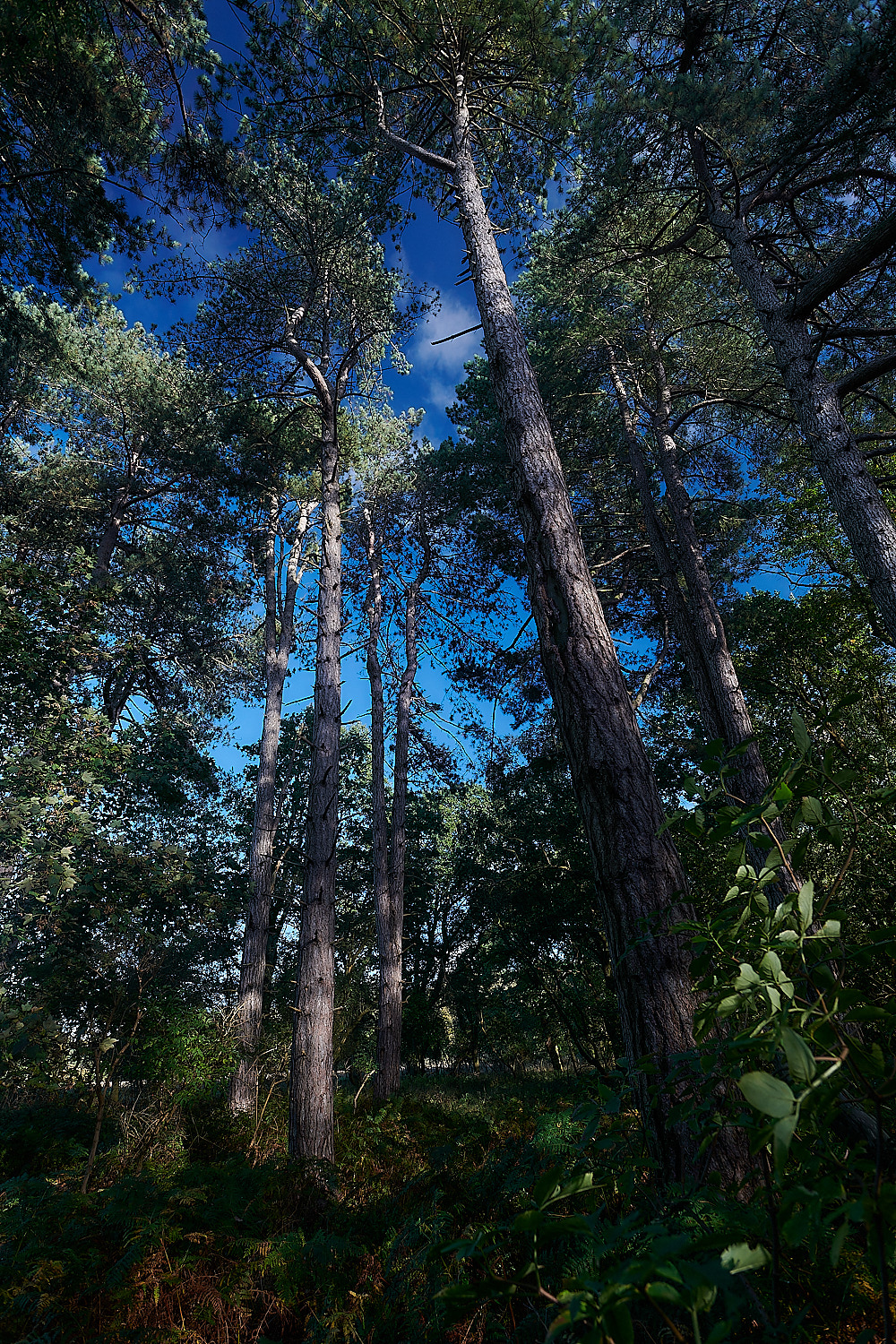
Corsican Pine (Pinus nigra)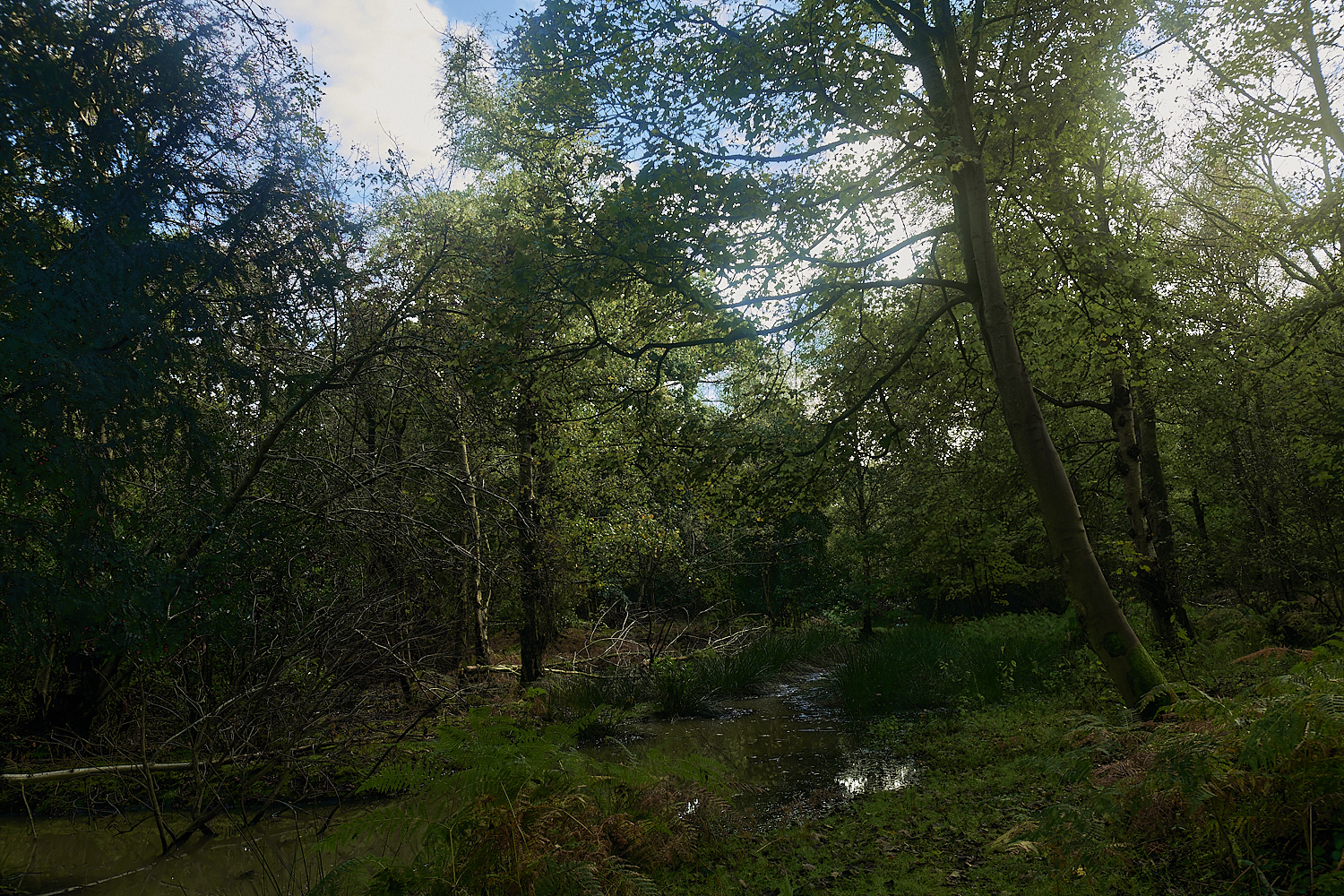
The water levels beginning to change in the beaver enclosure.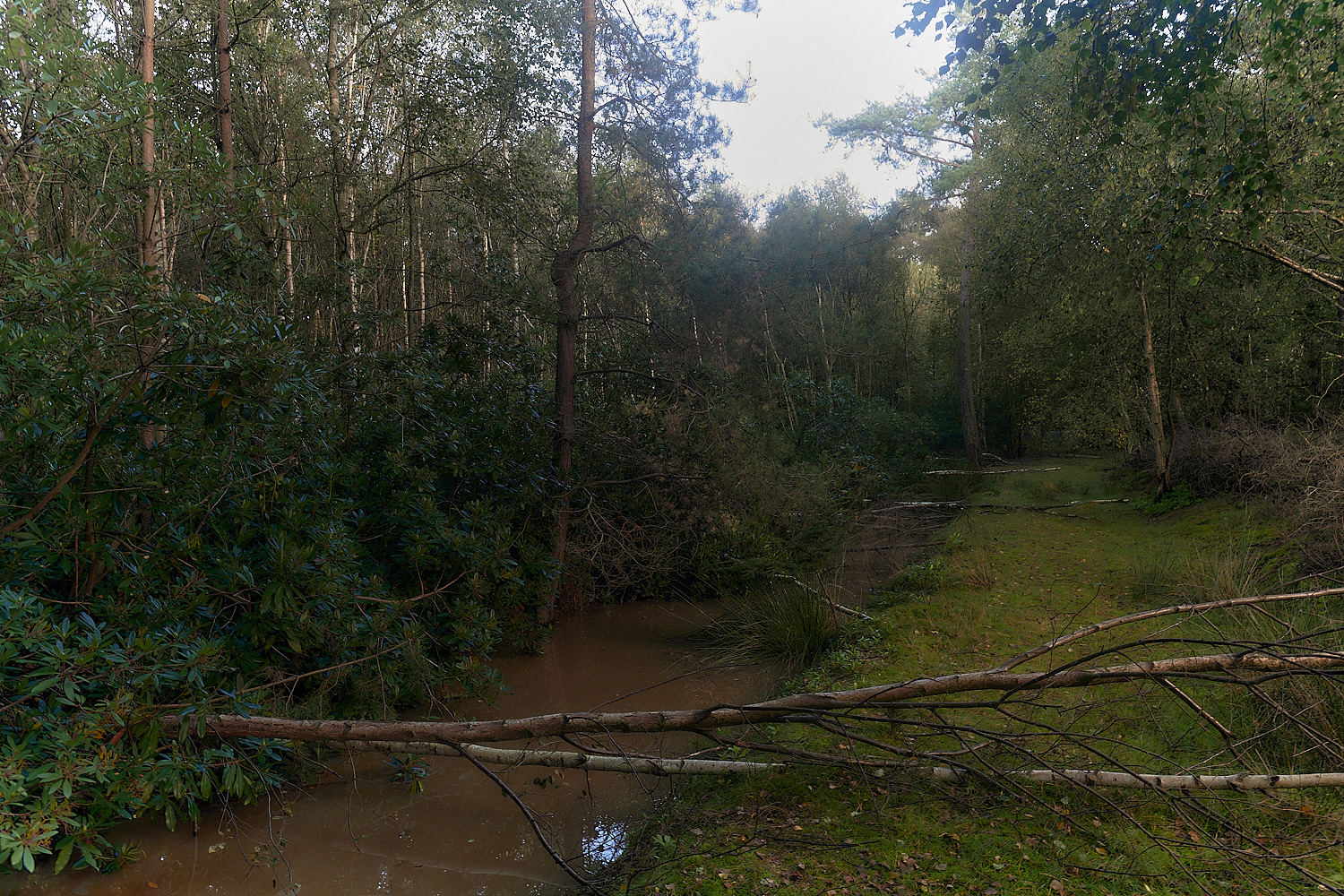

Here you can see the forestry work of the beavers.
They only cut through enough to make the trees fall but leave enough tissue for the tree to survive.
This provides the beavers with fresh food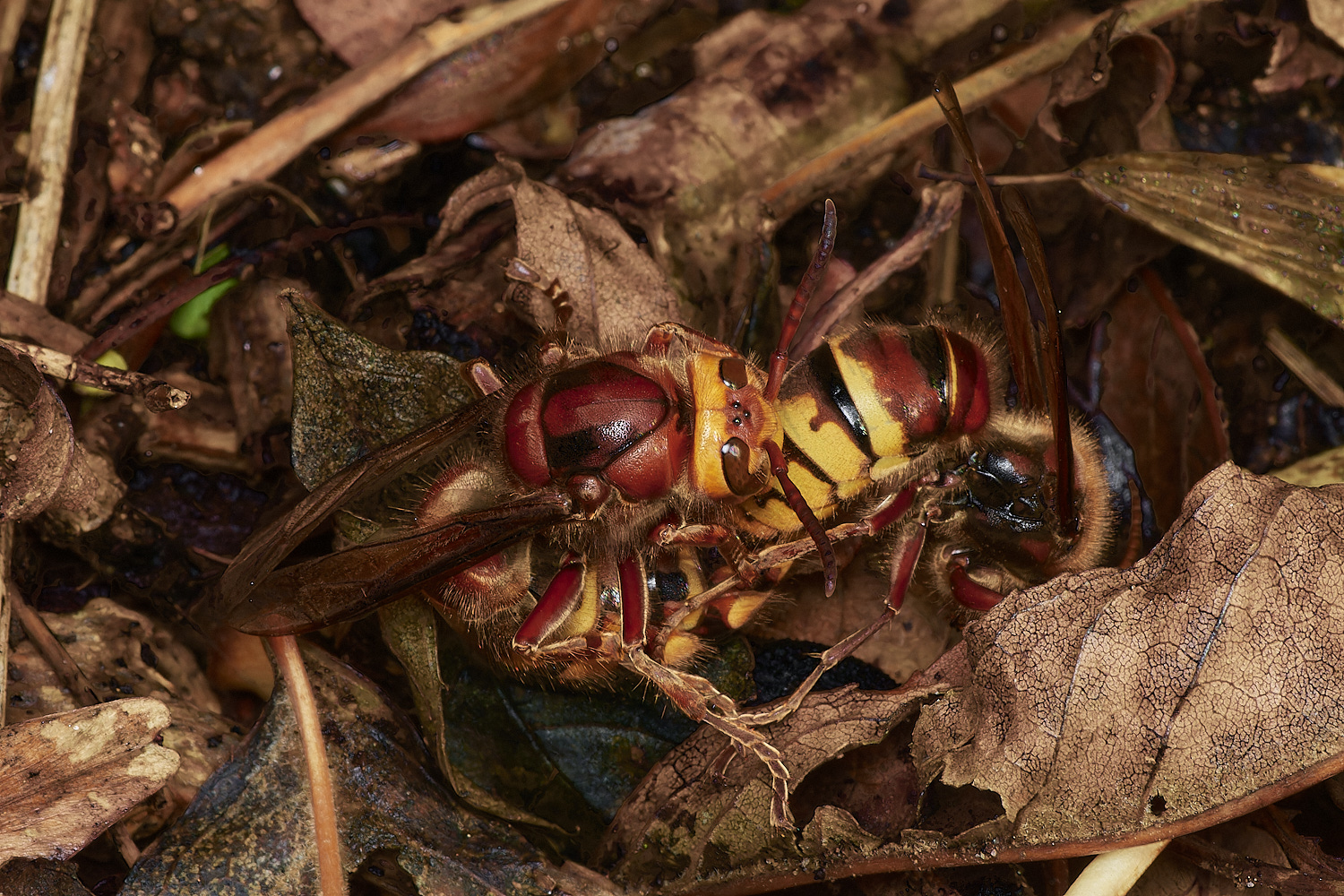
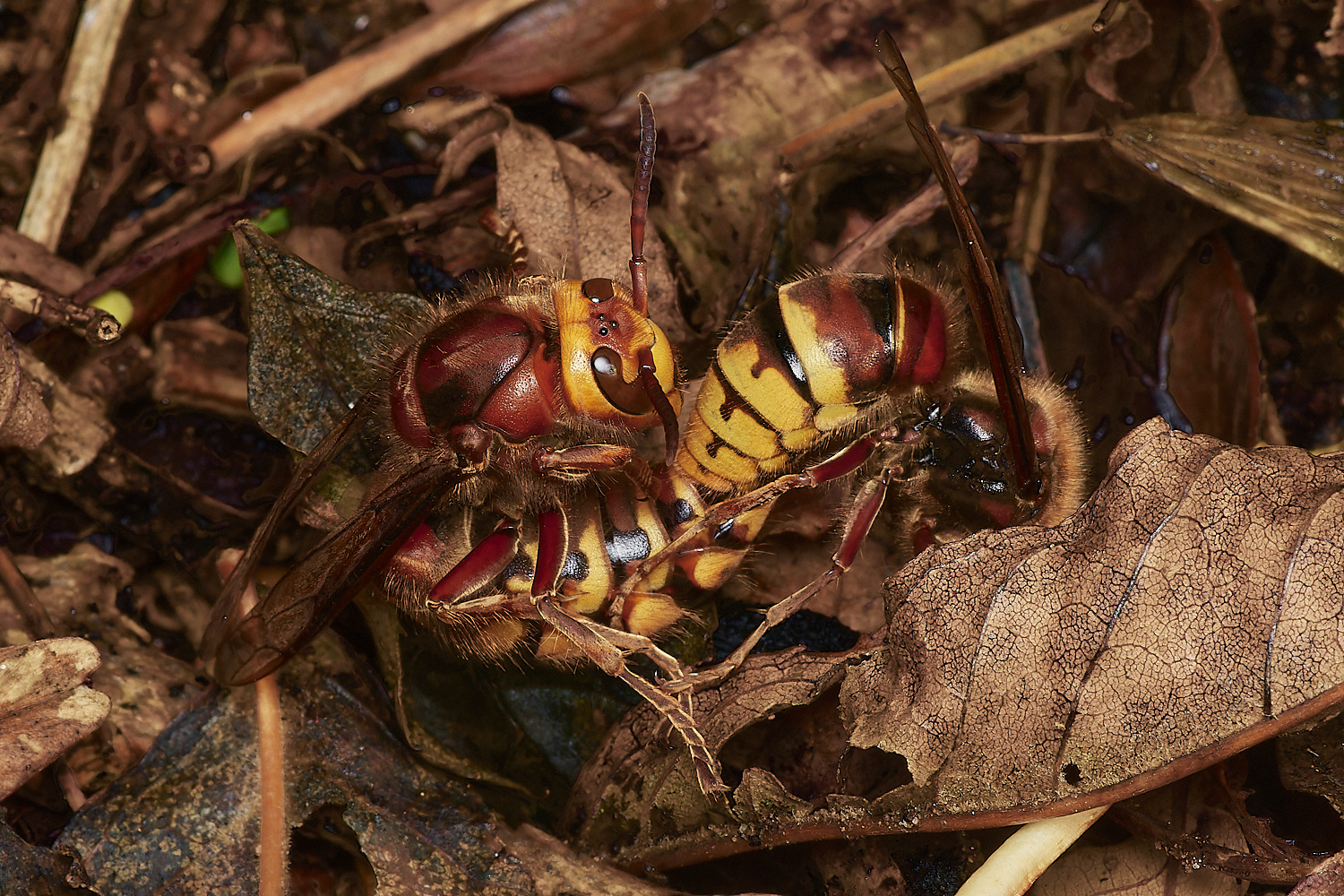
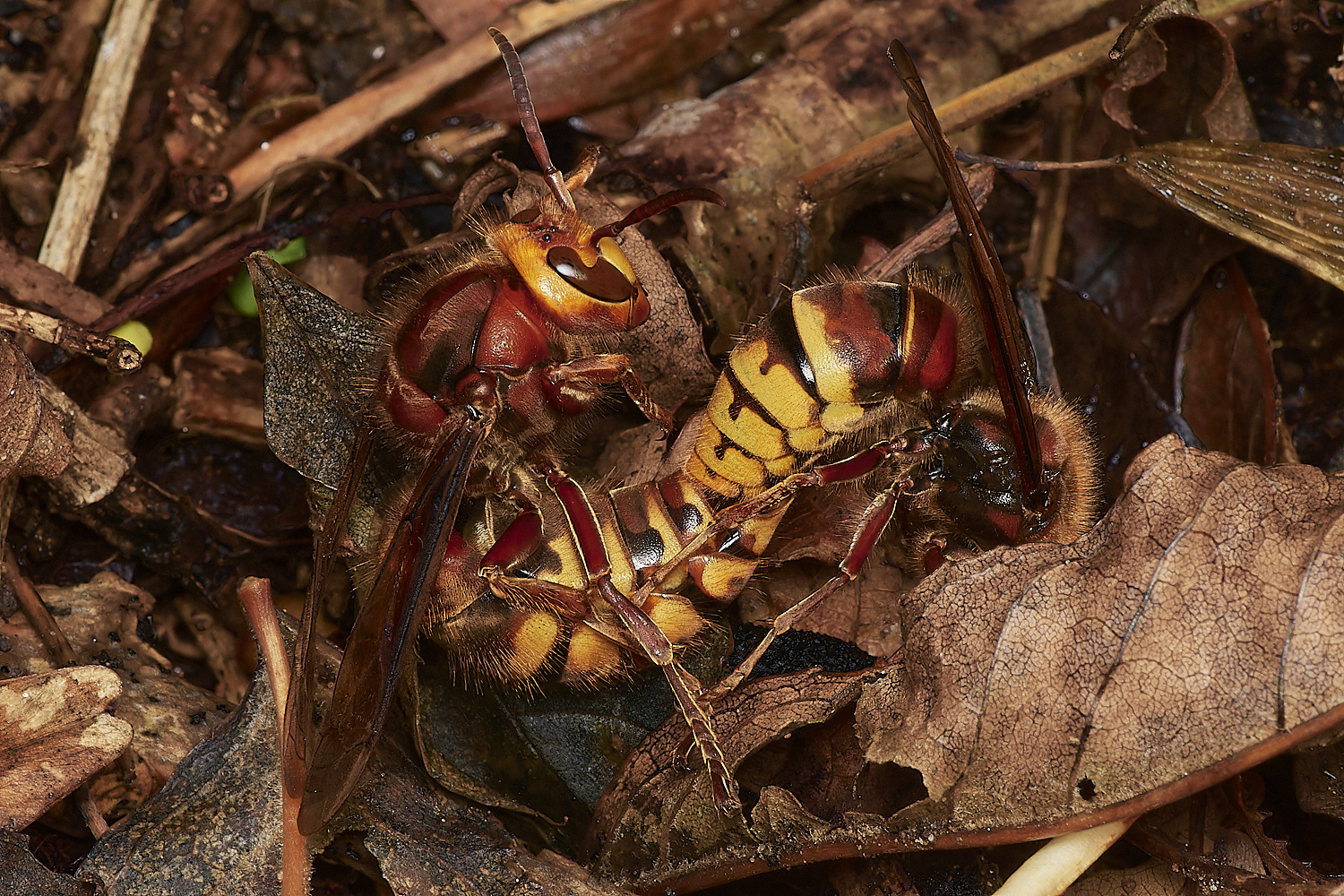
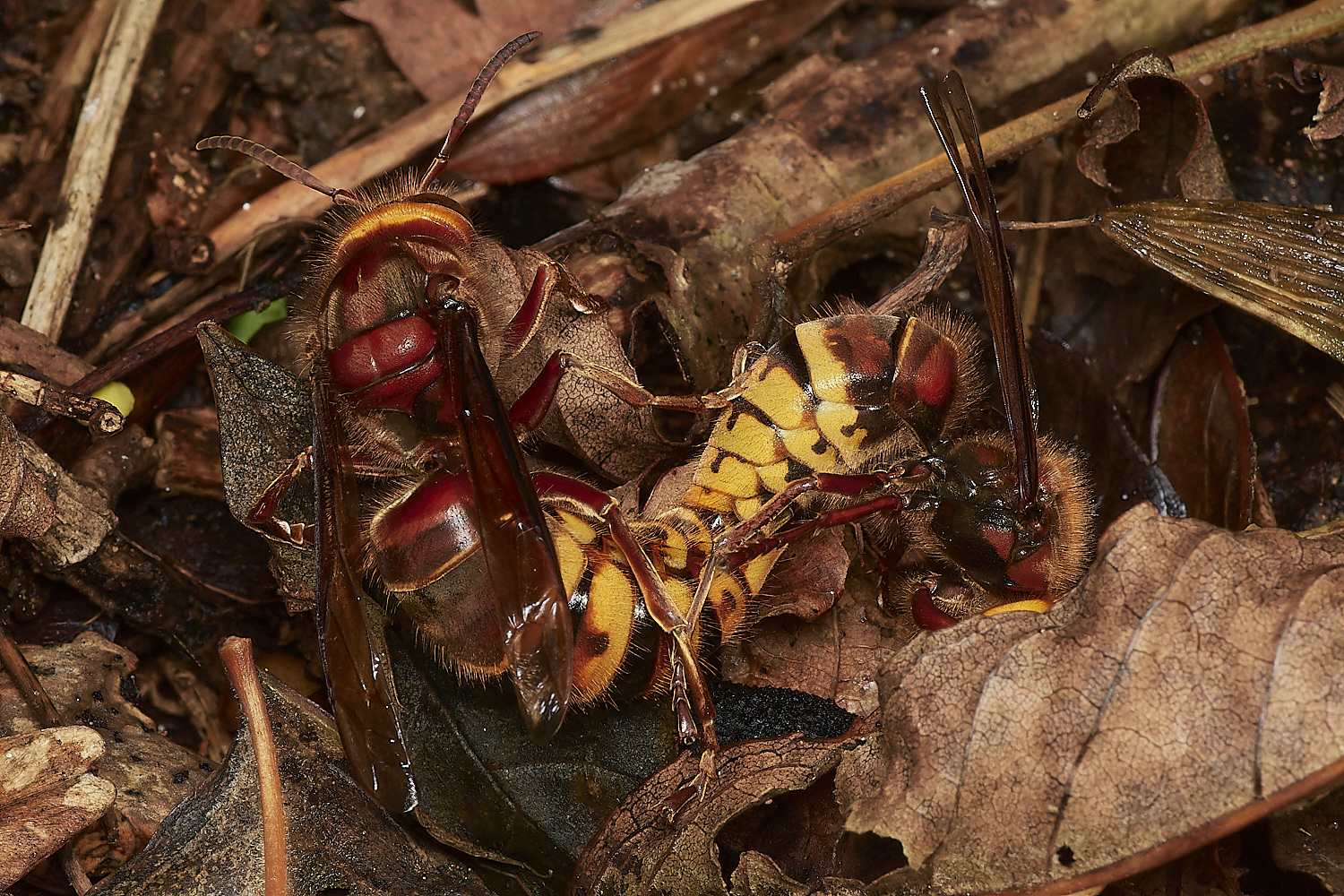
Mating Hornets (Vespa crabro)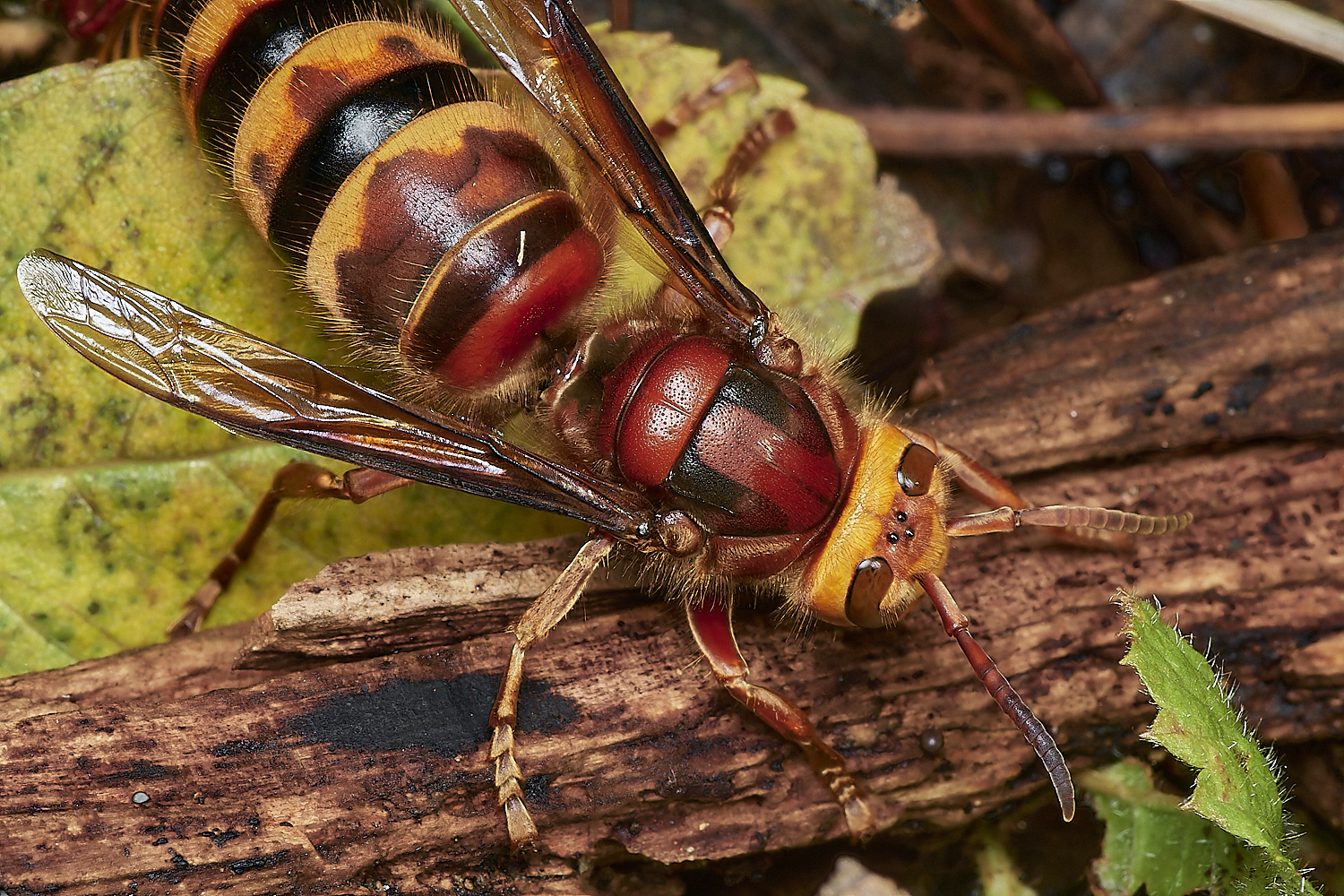

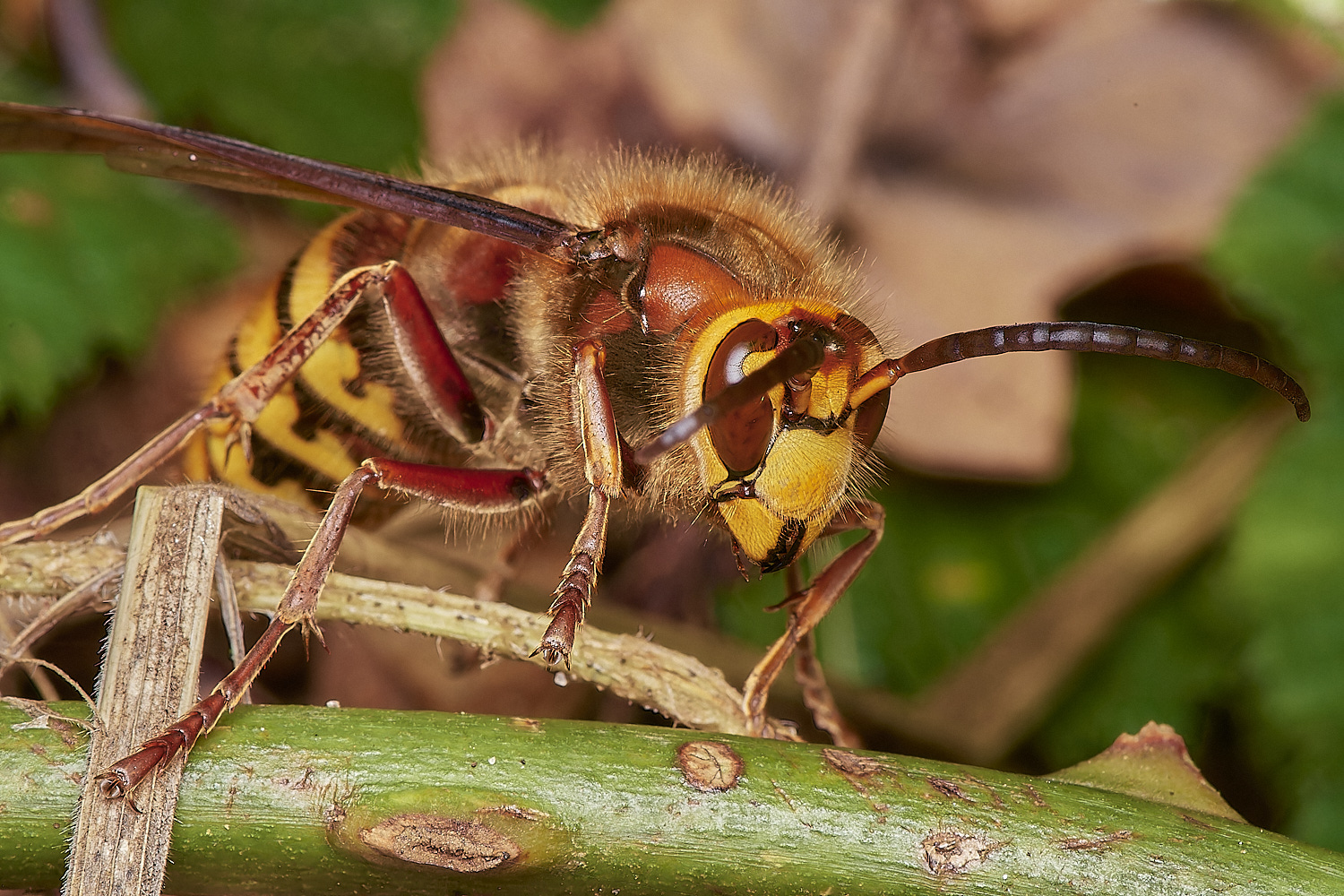
We were looking for Bark Signal-moss (Sematophyllum substrumulosum), which we know is on the Beaver Enclosure but didn't find it.
The images belpw come from the sample that was found previously.
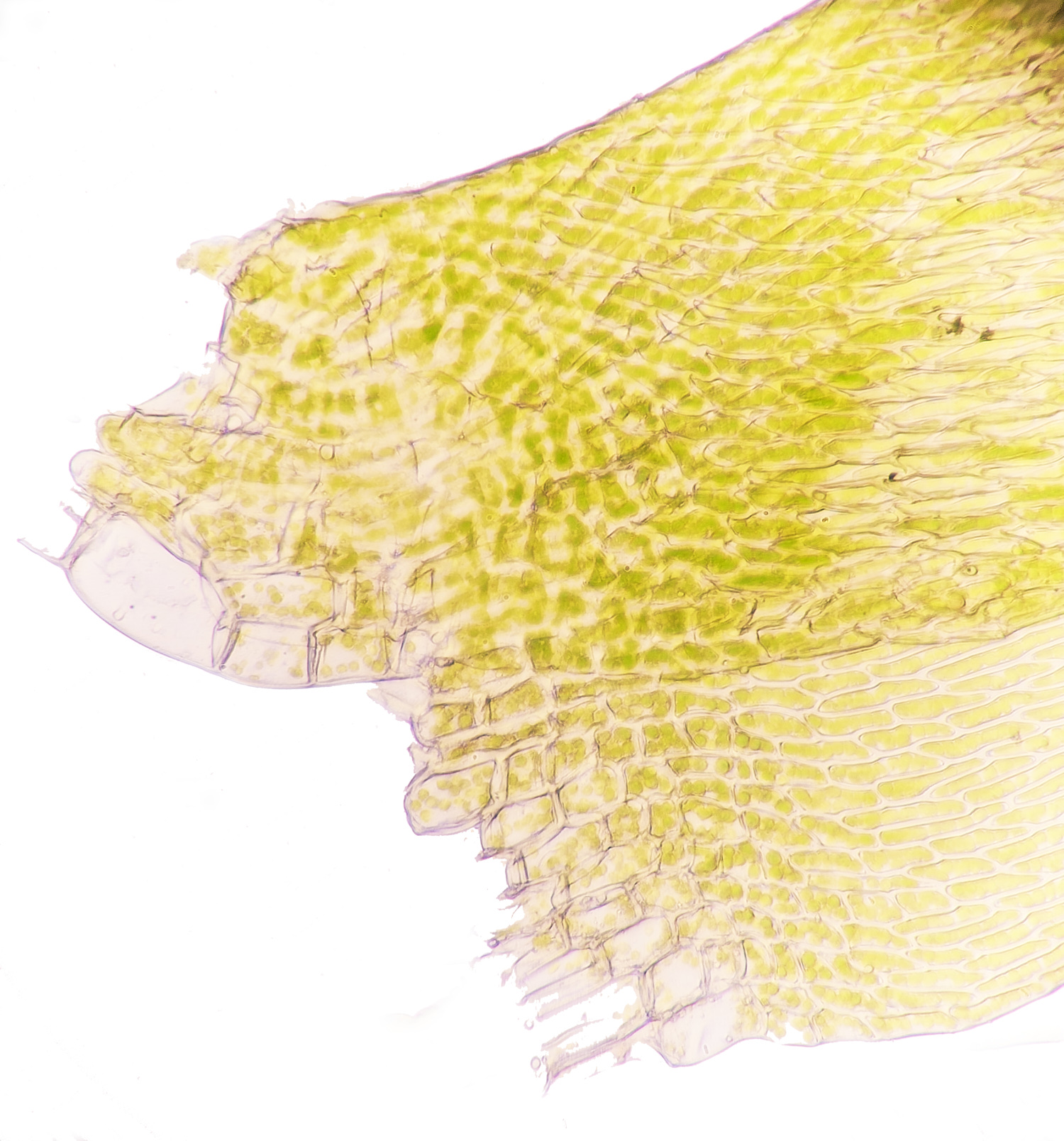
Bark Signal-moss (Sematophyllum substrumulosum)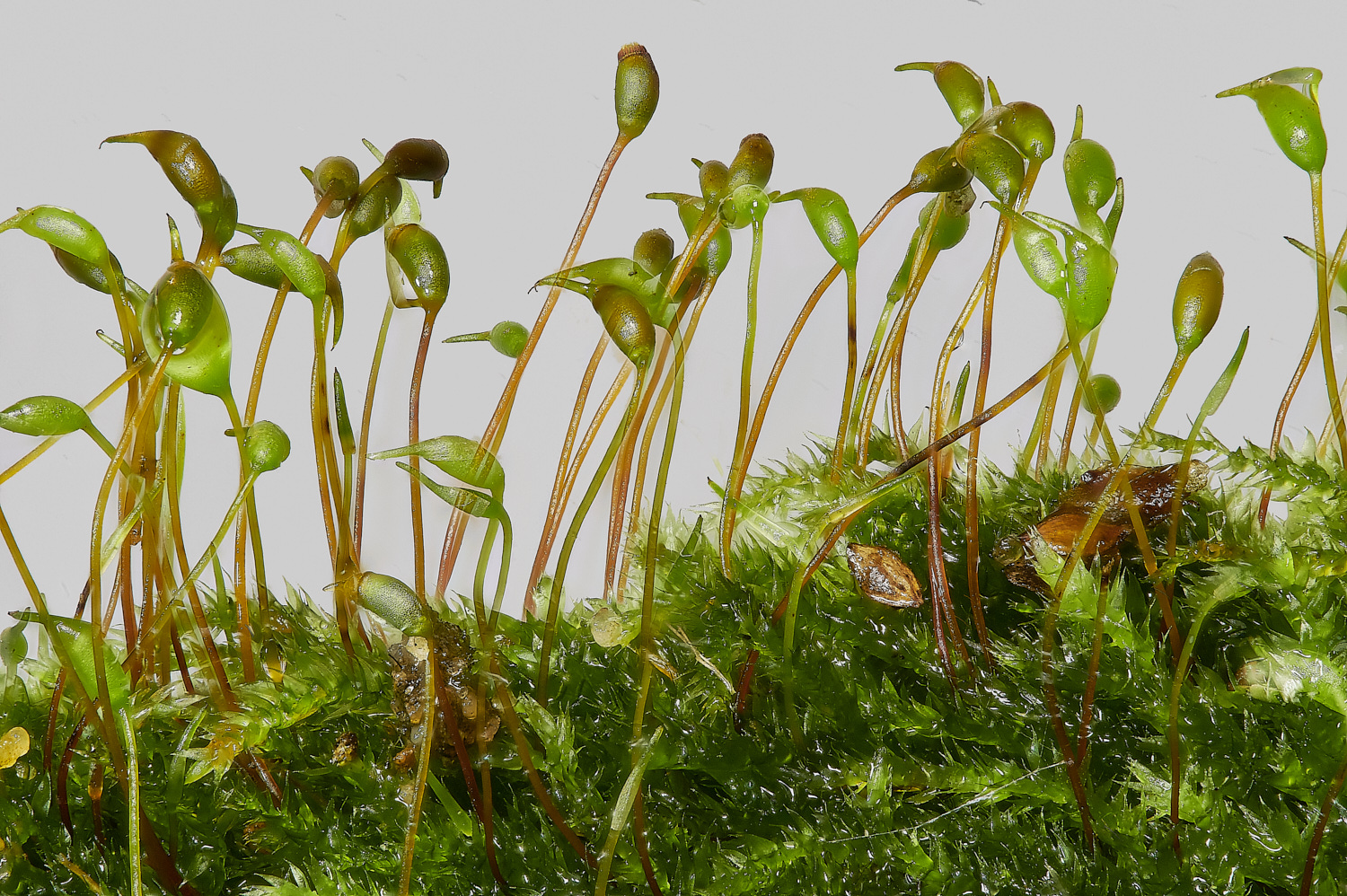
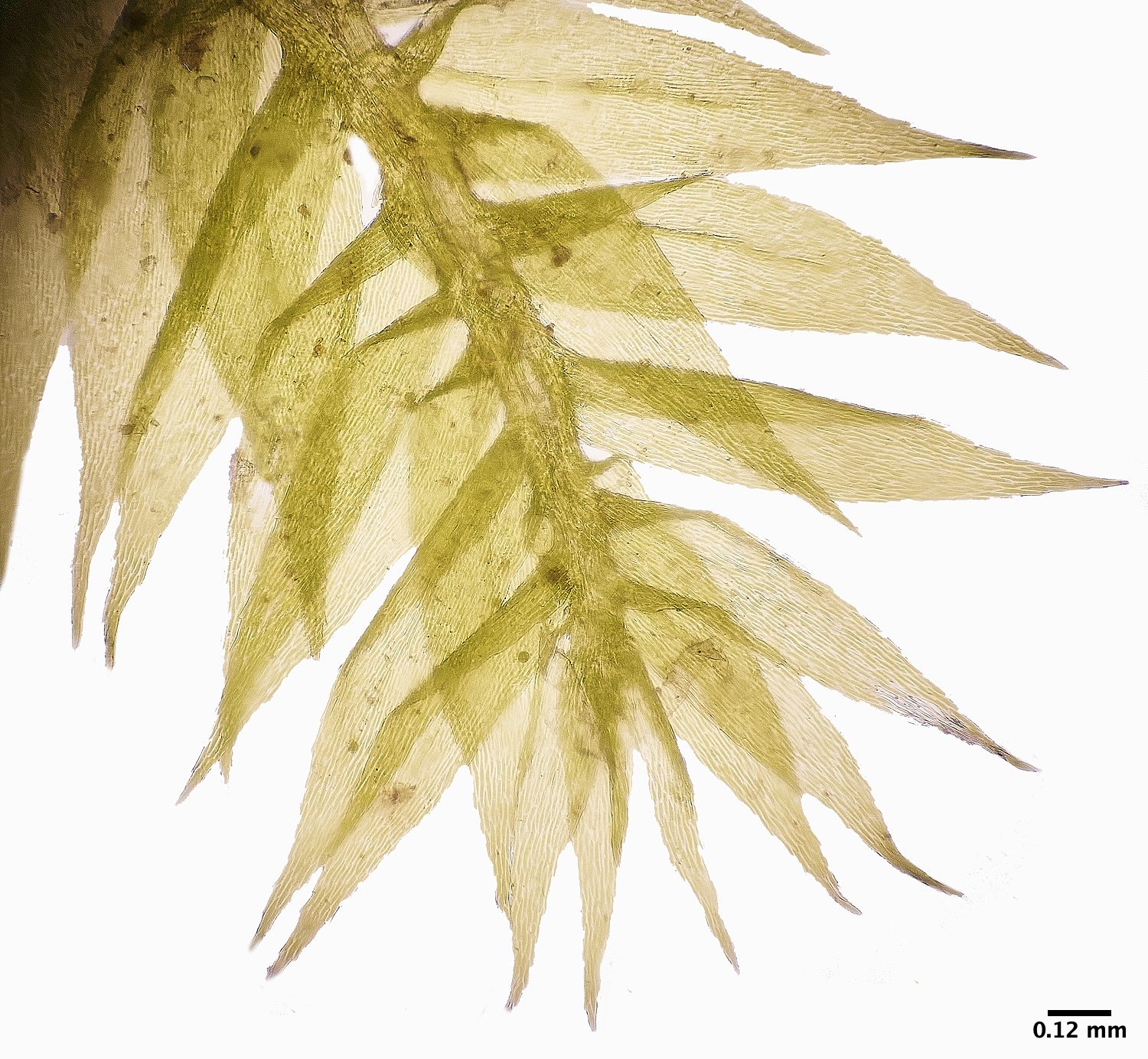
x 100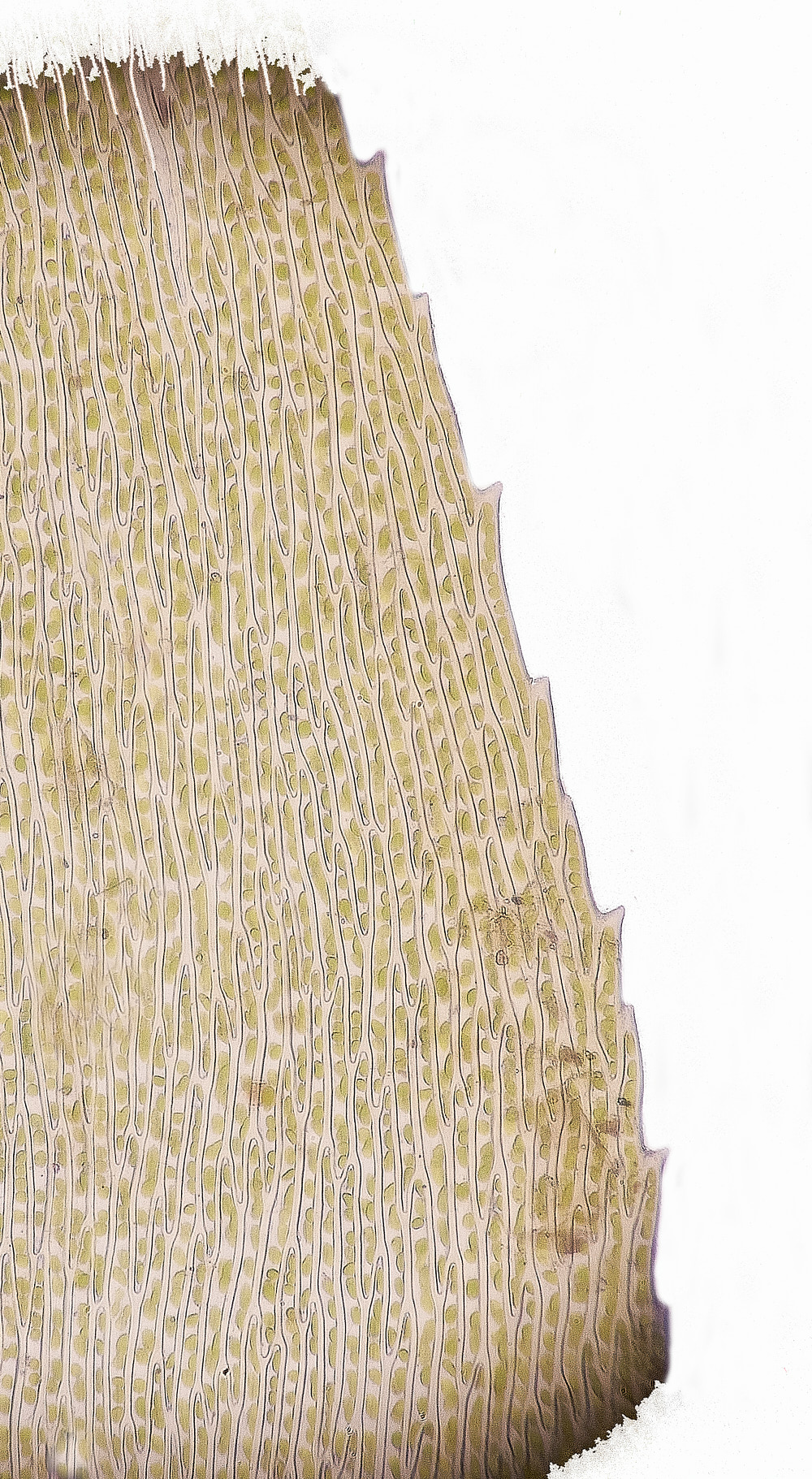
x400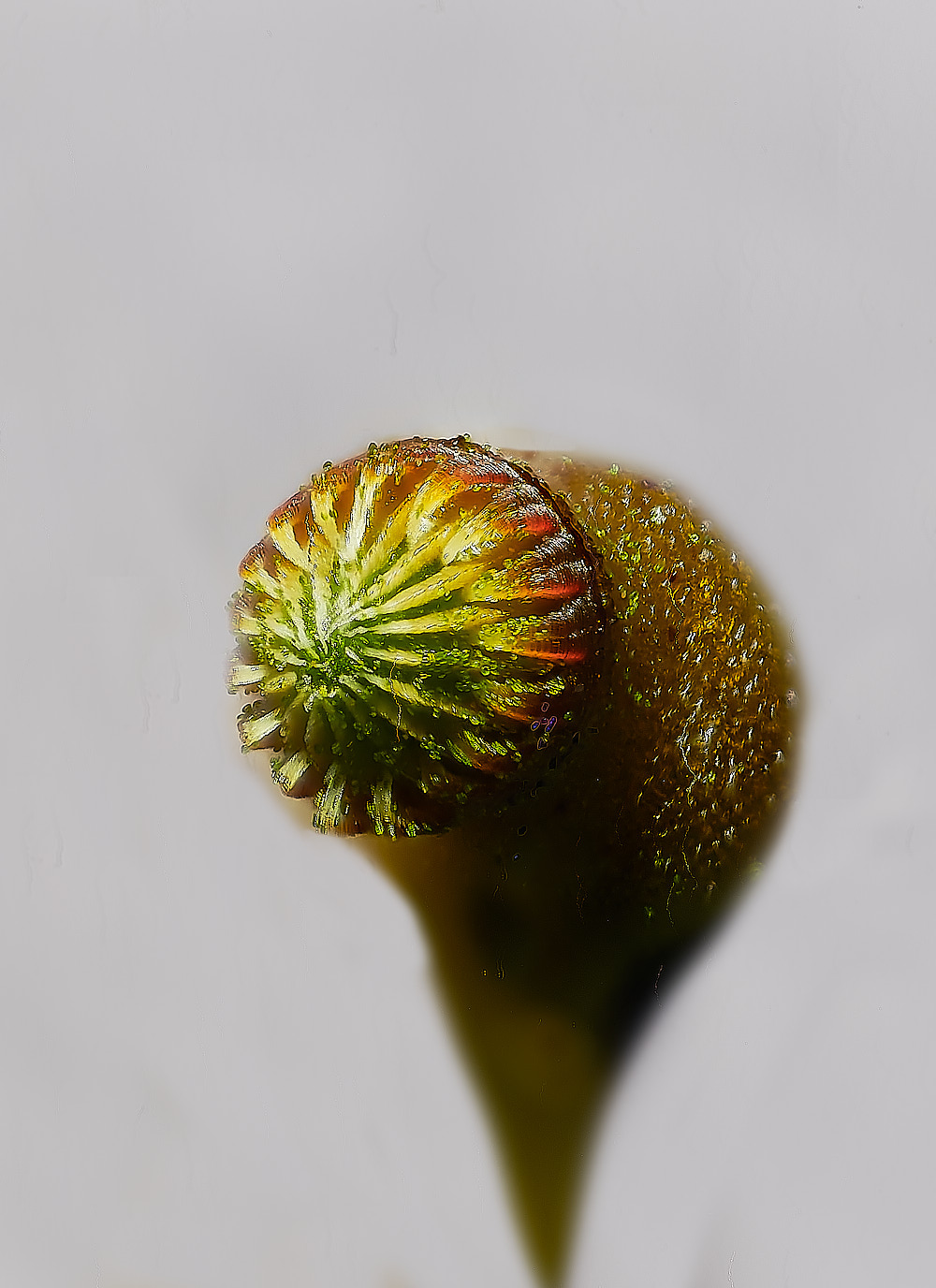
Clustered feather-moss (Rhychostegium confertum)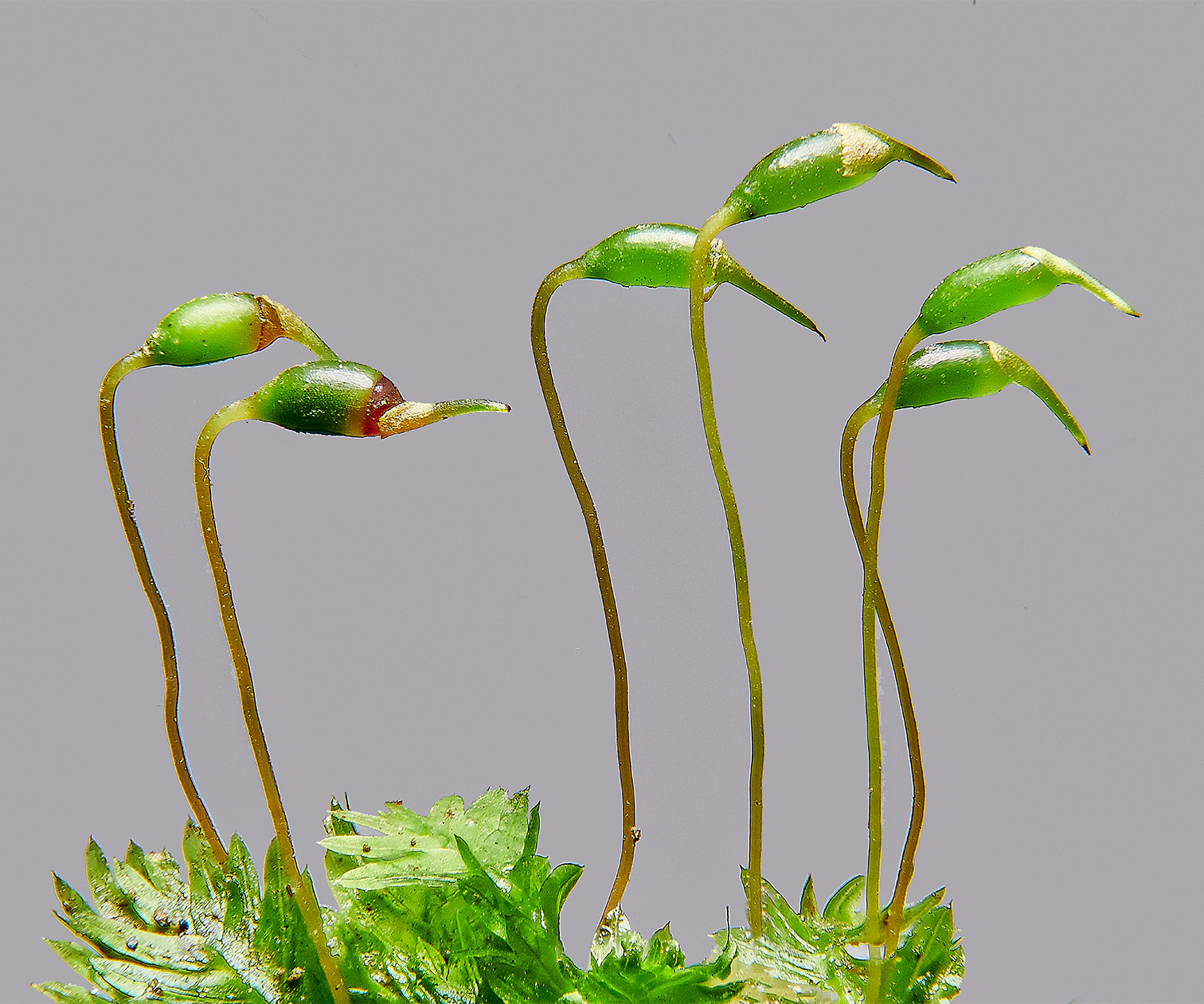
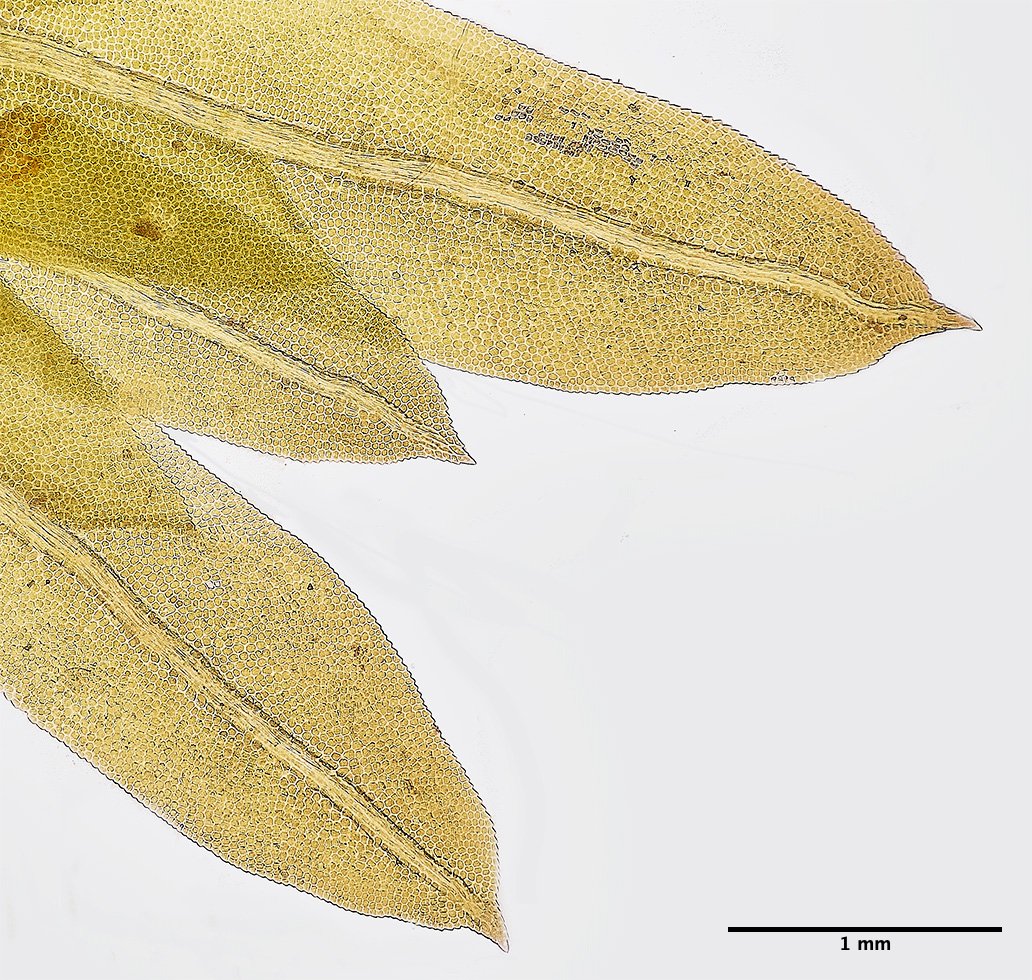
x40
Inclined capsules but sadly no border to the leaves on my sample.
(Fissidens taxifolius var taxifolius)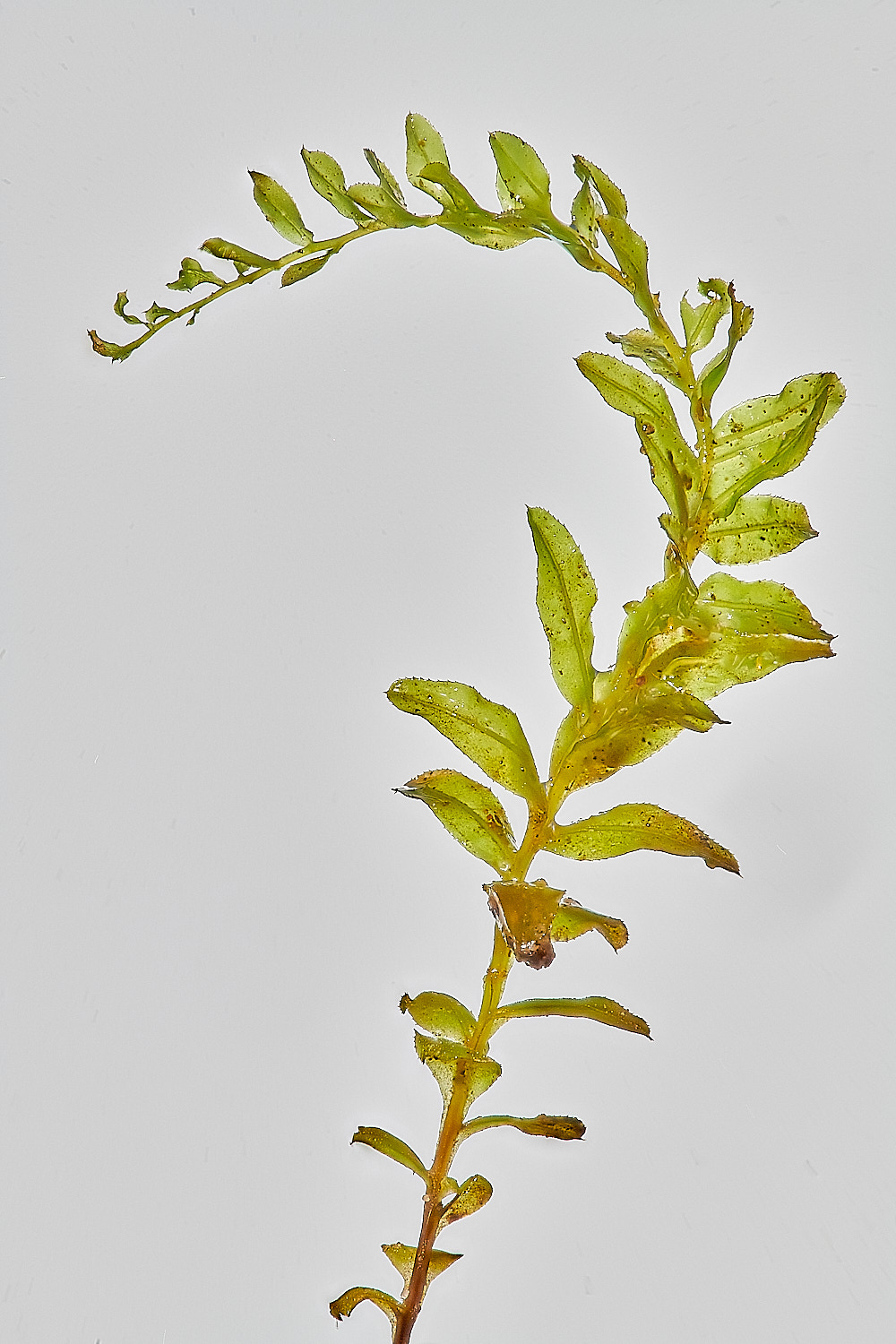
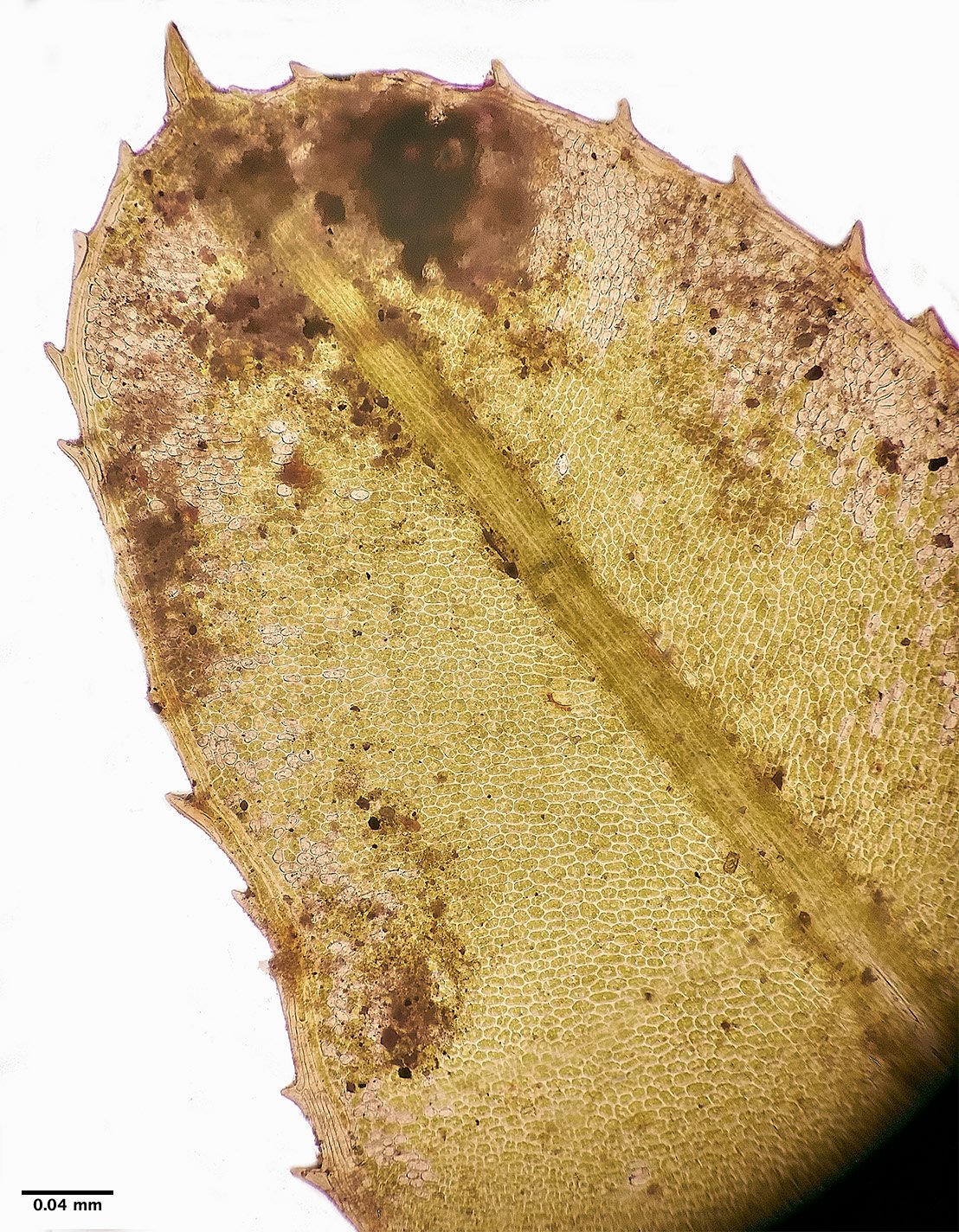
The cells are longer than wide and arranged in diagonal rows across the phyllid, This is diagnostic of Tall Thyme-moss
Tall Thyme-moss Sp (Plagiomnium elatum)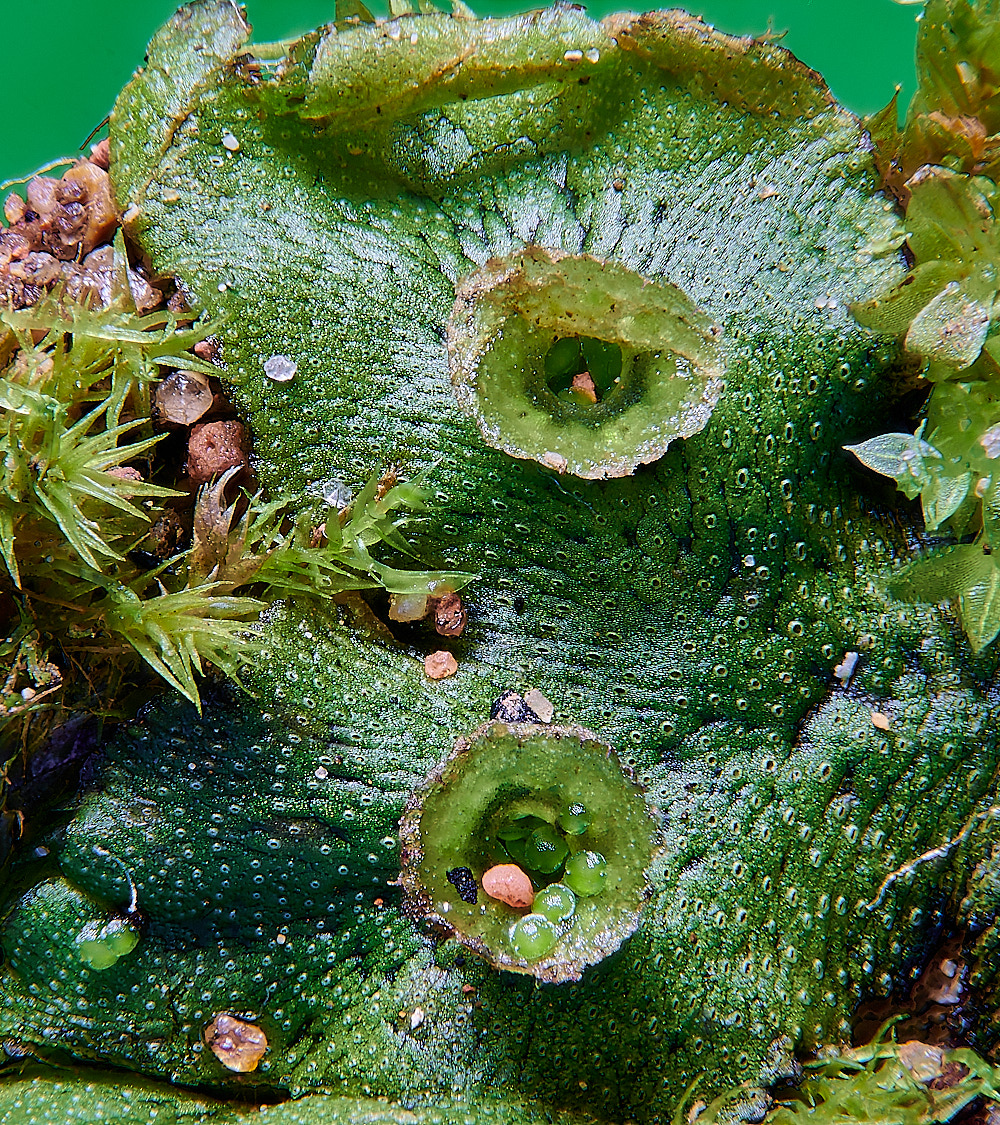
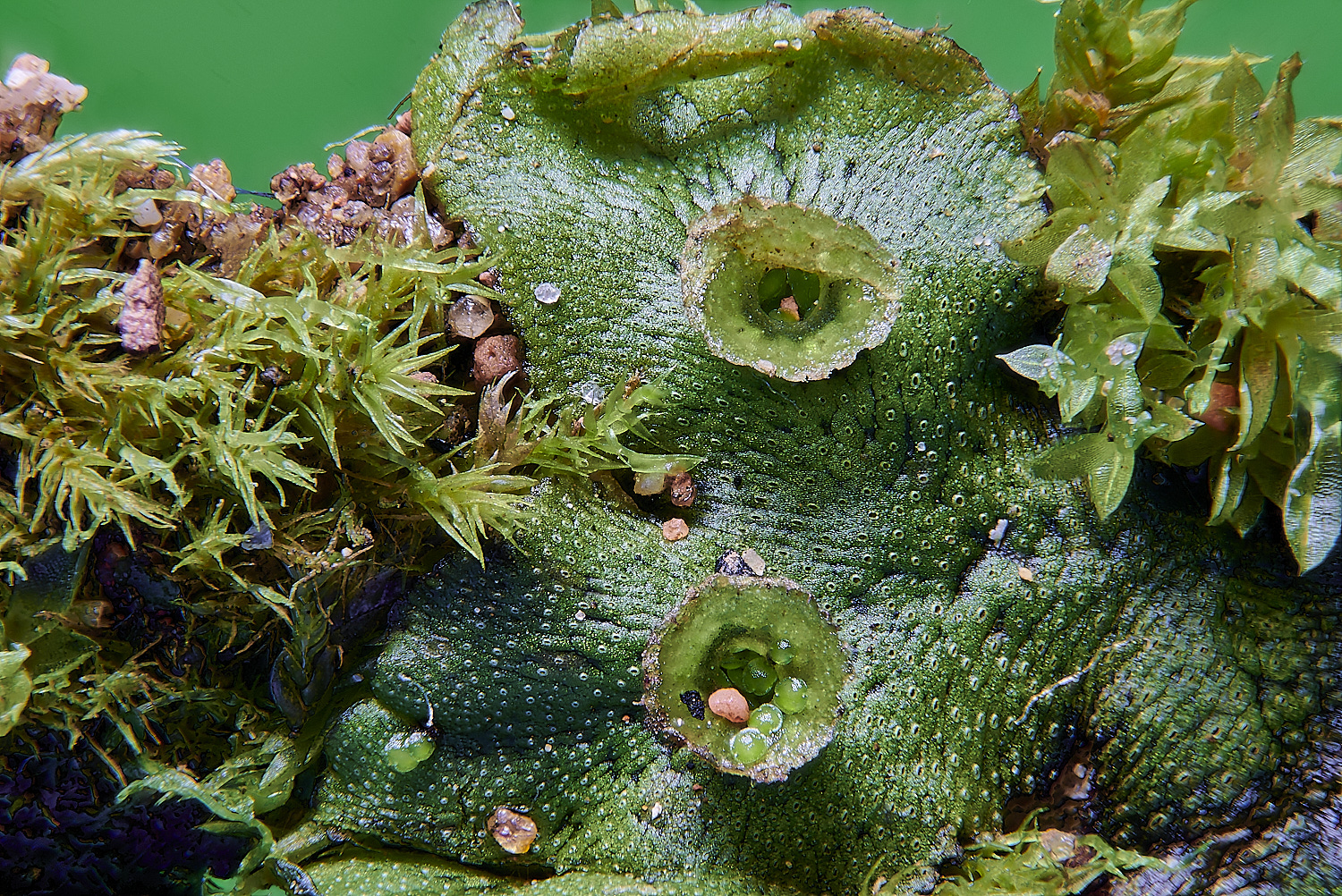
Common Liverwort (Marchantia polymorpha)
There are three subspecies of Marchantia - montivagans, polymorpha & ruderalis.
This one could be Marchantia polymorpha subsp ruderalis as the black line across the thallus is irregular & interrupted? 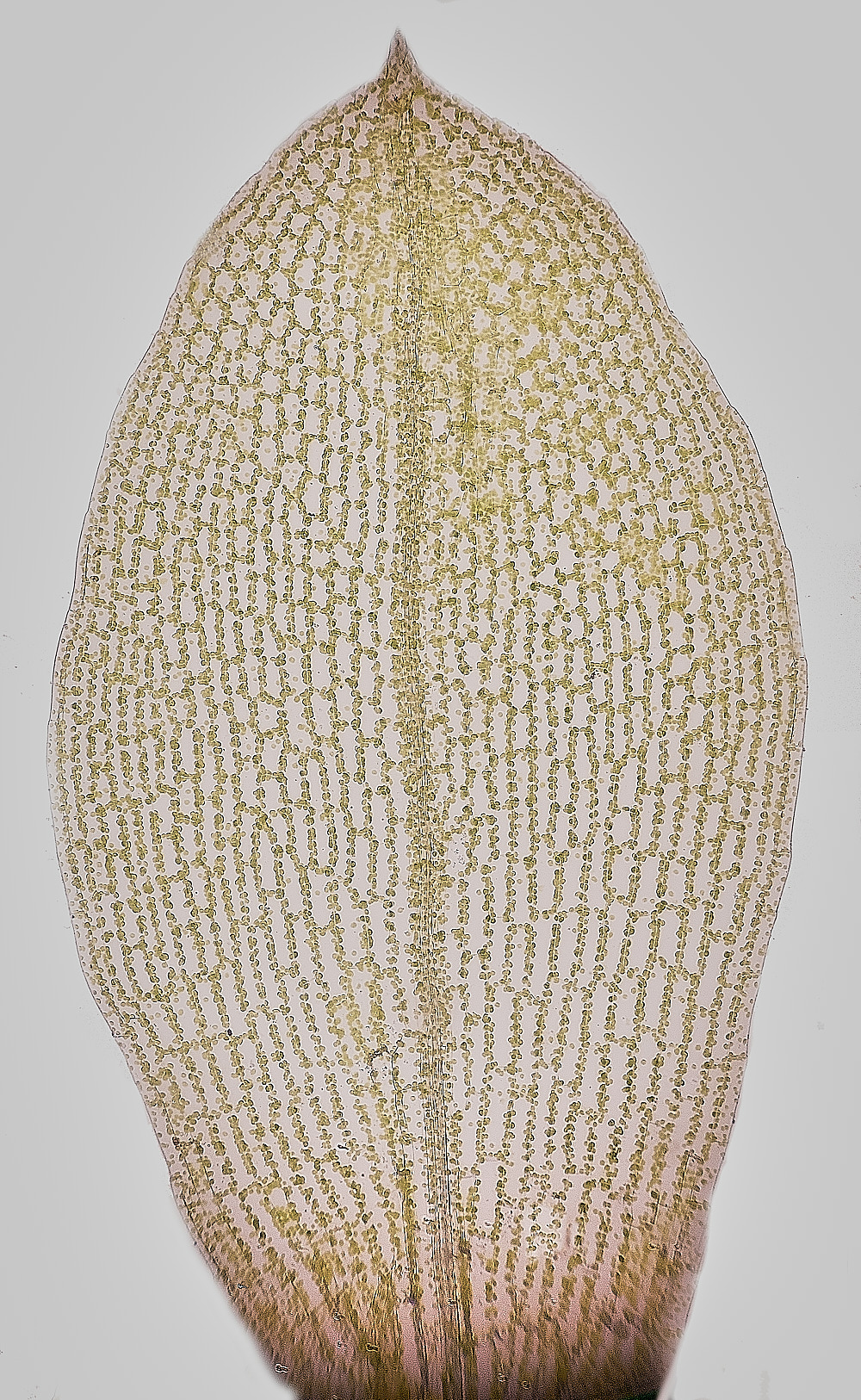
Not sure about this one. We saw lots of it and I have to do an overall shot. Bryum???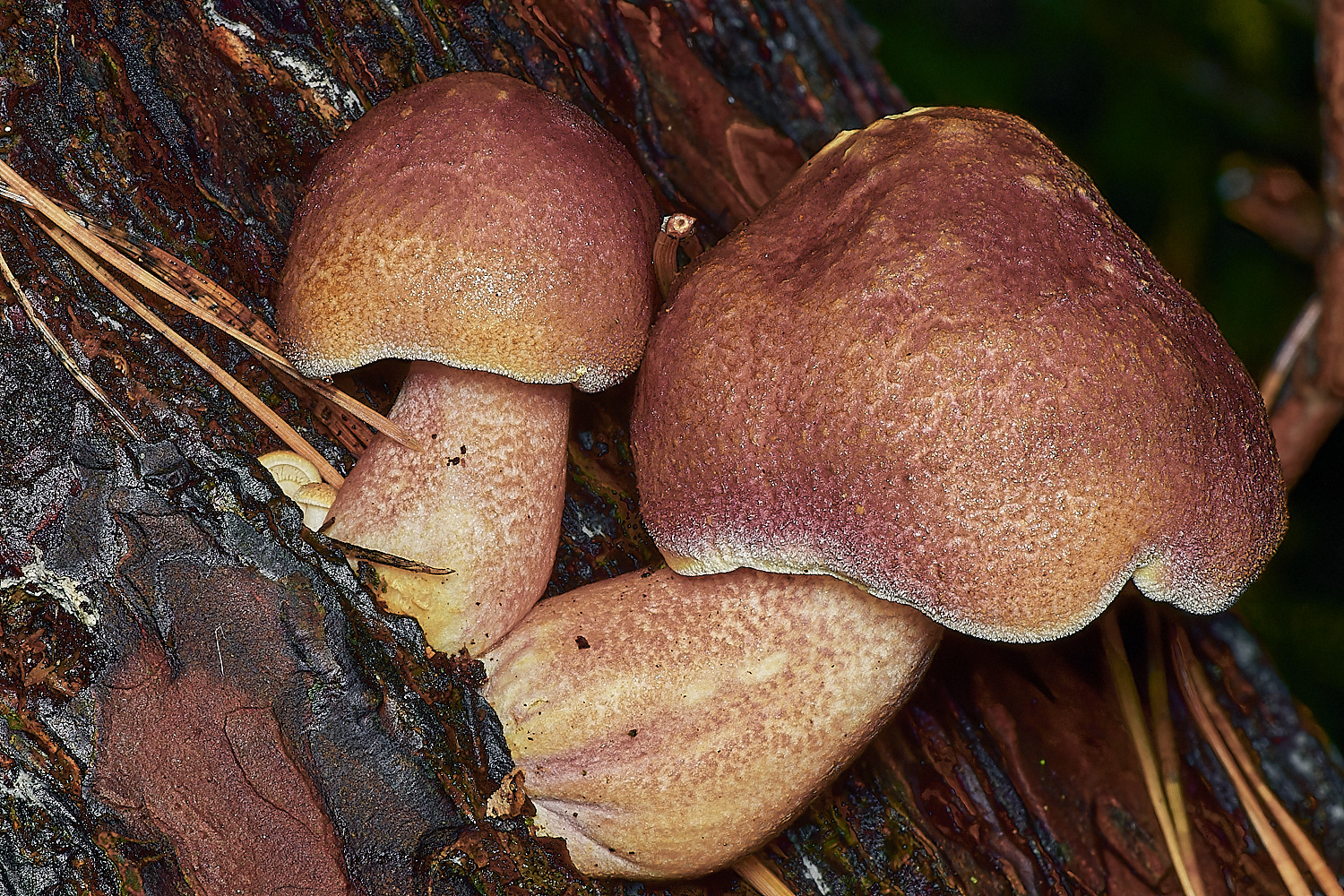
Plums & Custard (Tricholomopsis rutilans)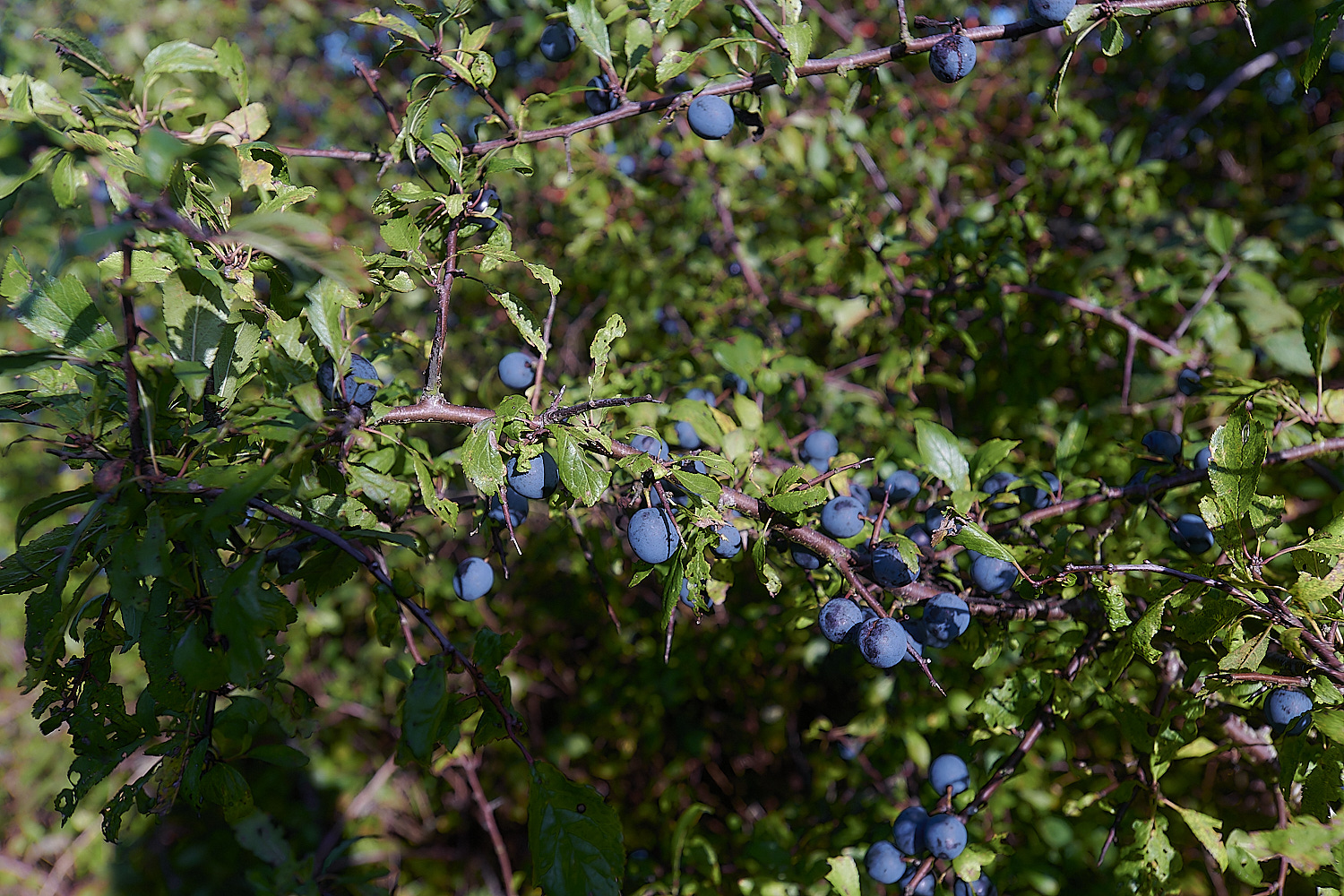
Sloe berries (Prunus spinosa)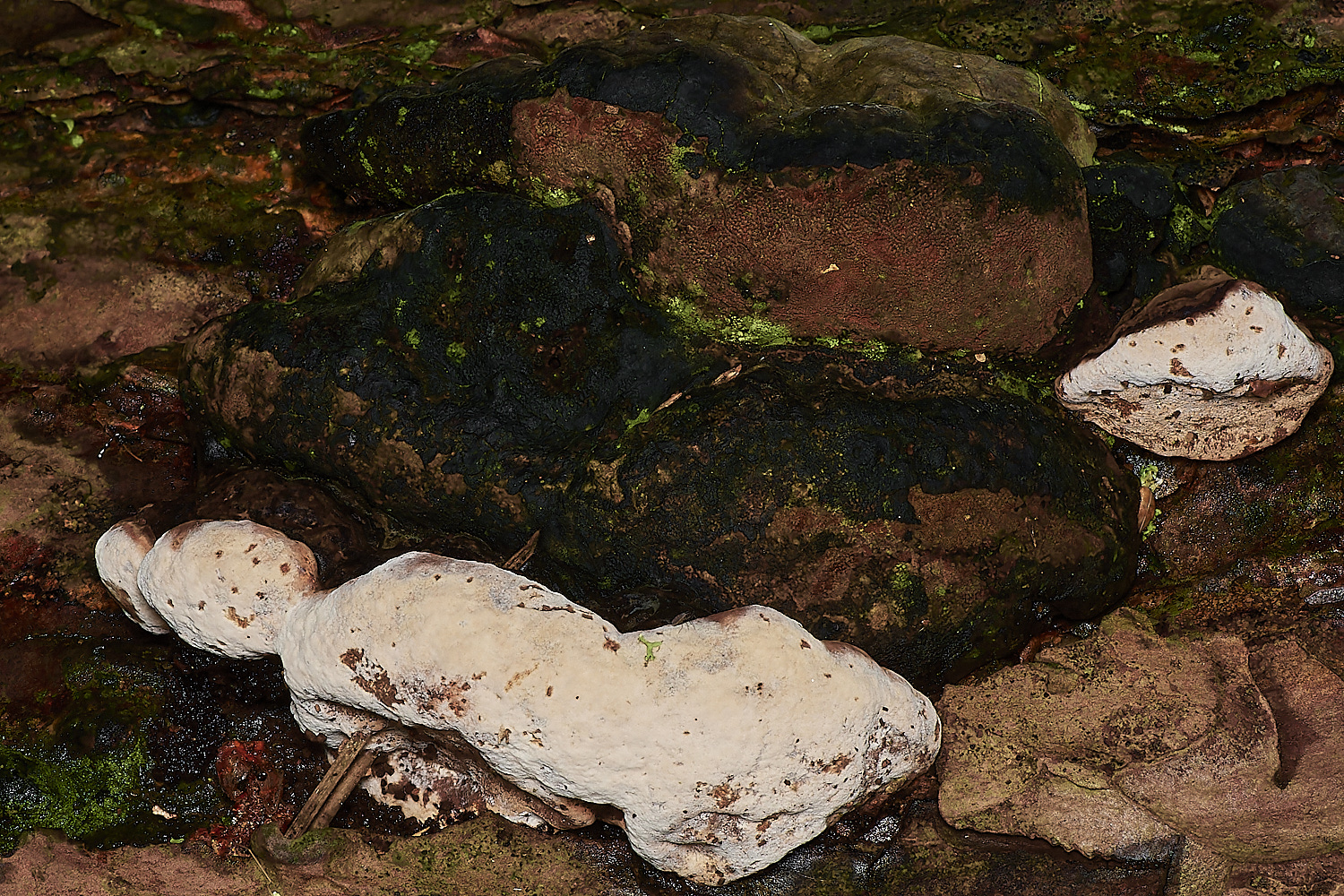
Wet Rot (Heterobasidion annosum)?
Barney Wood
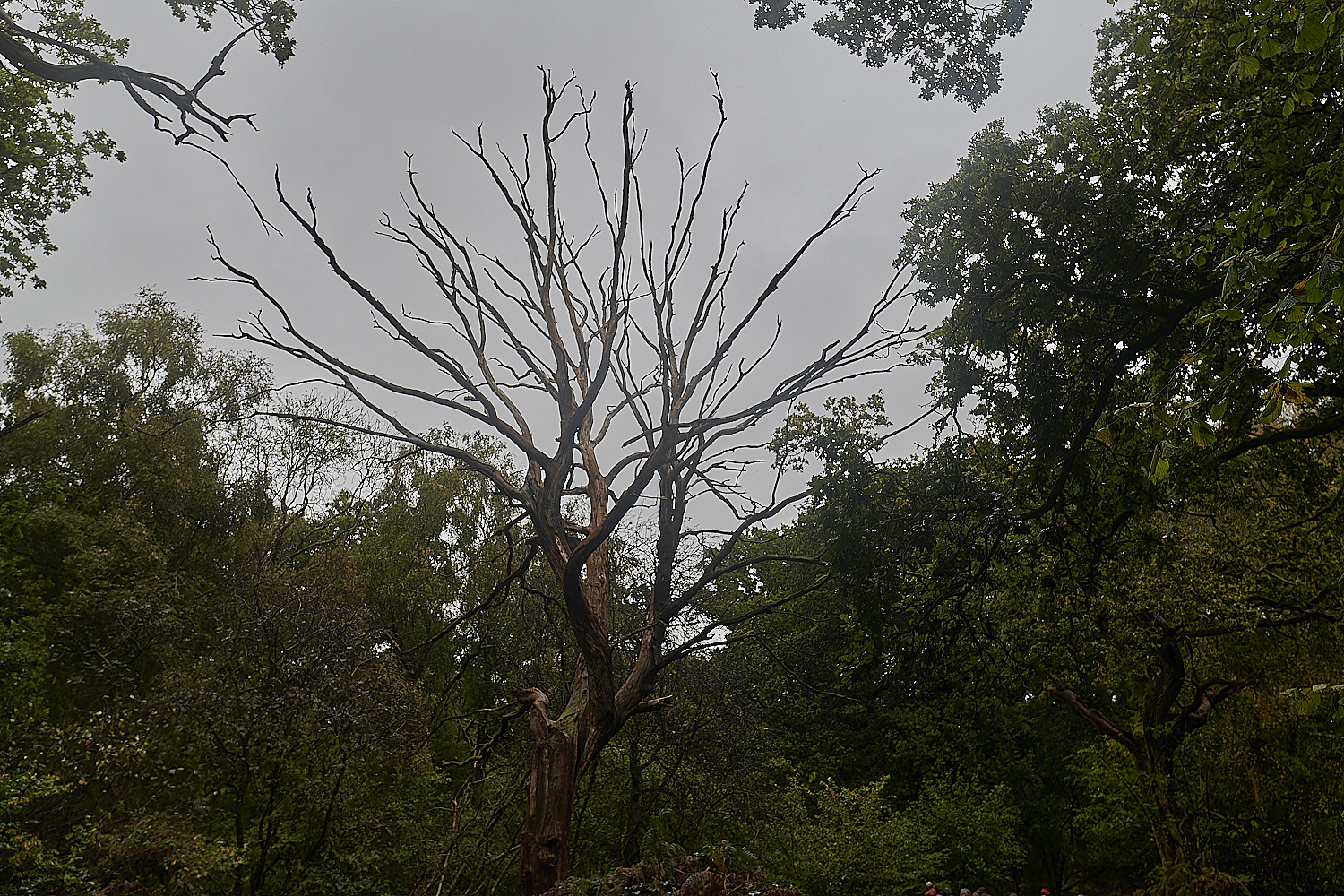

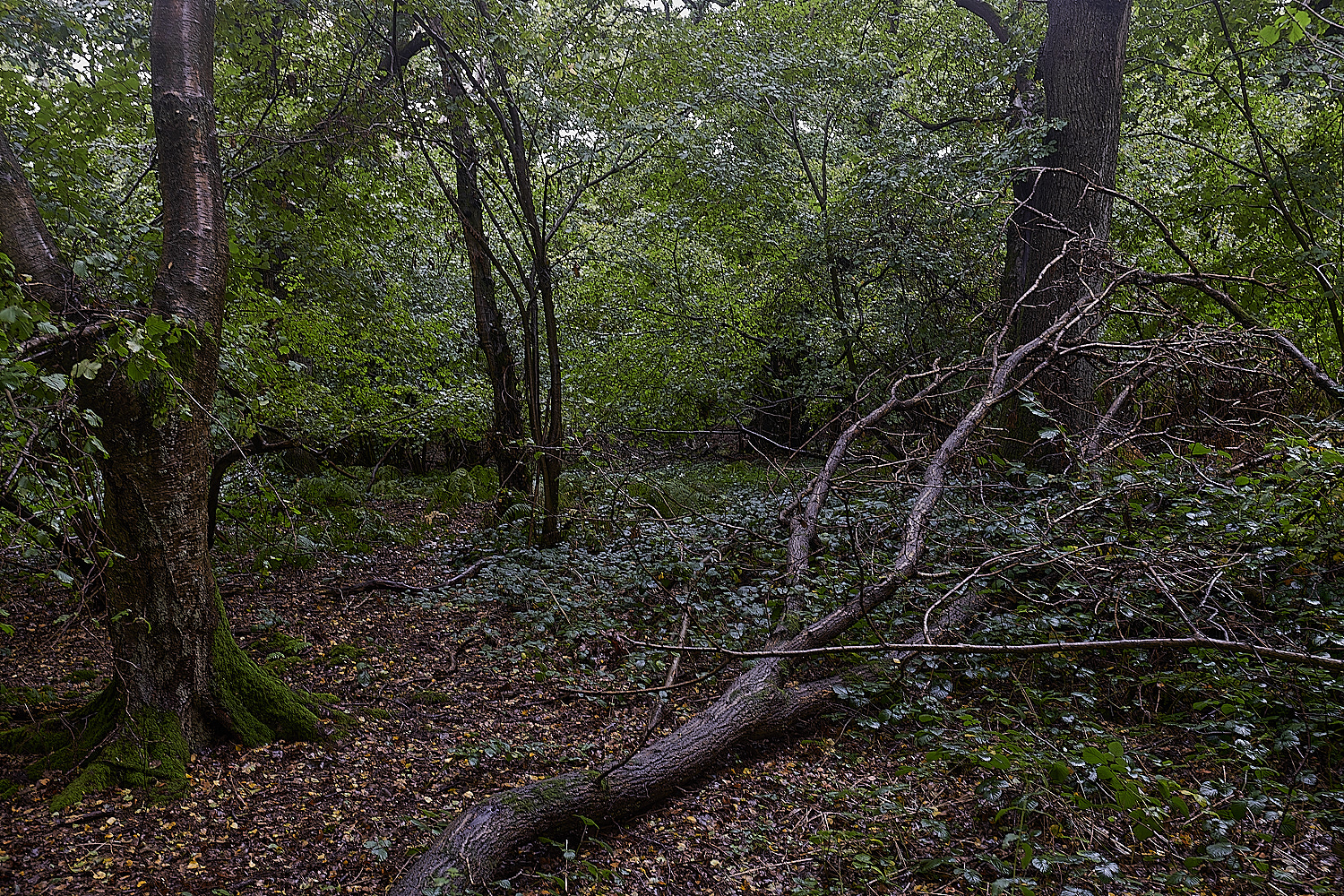
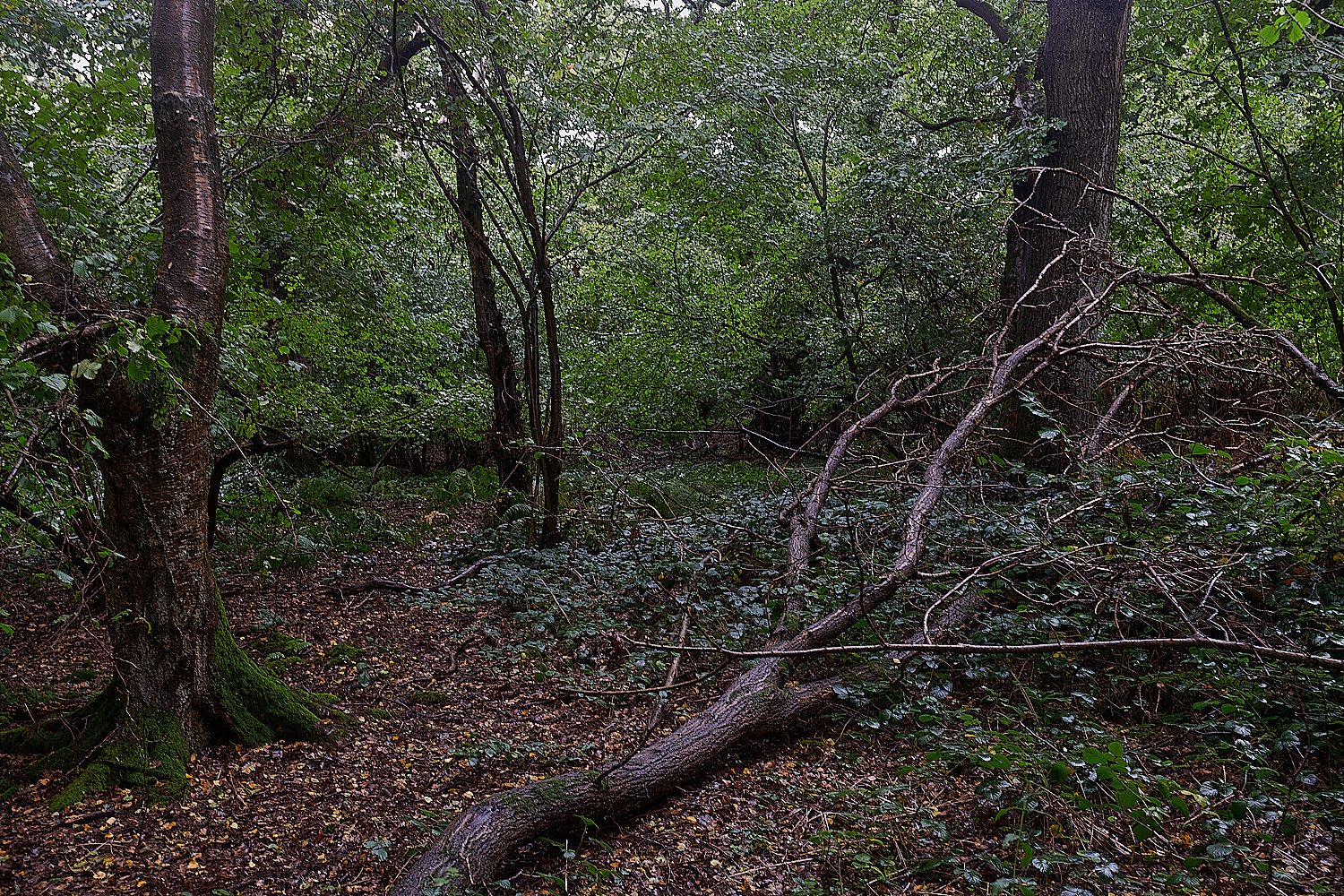
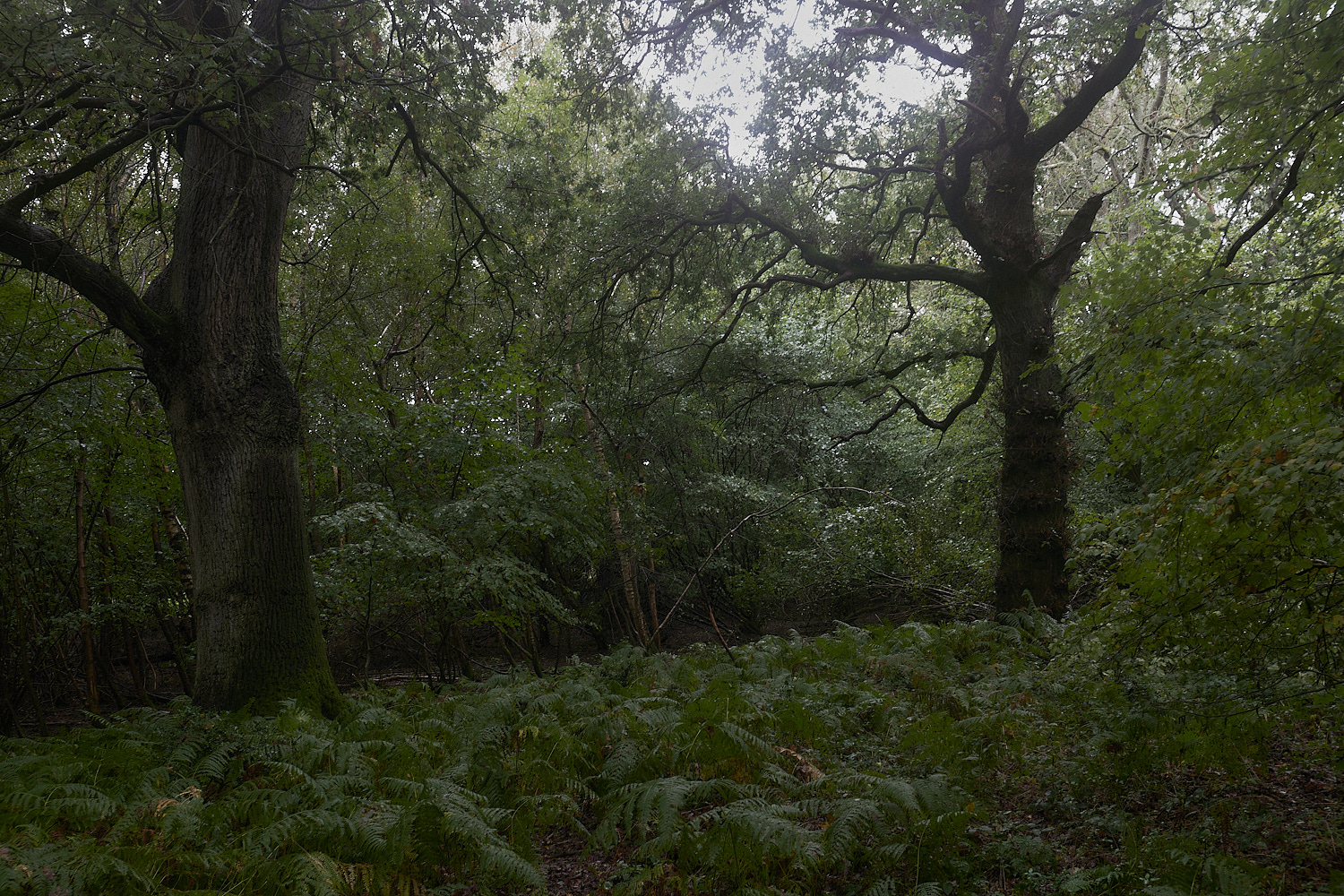
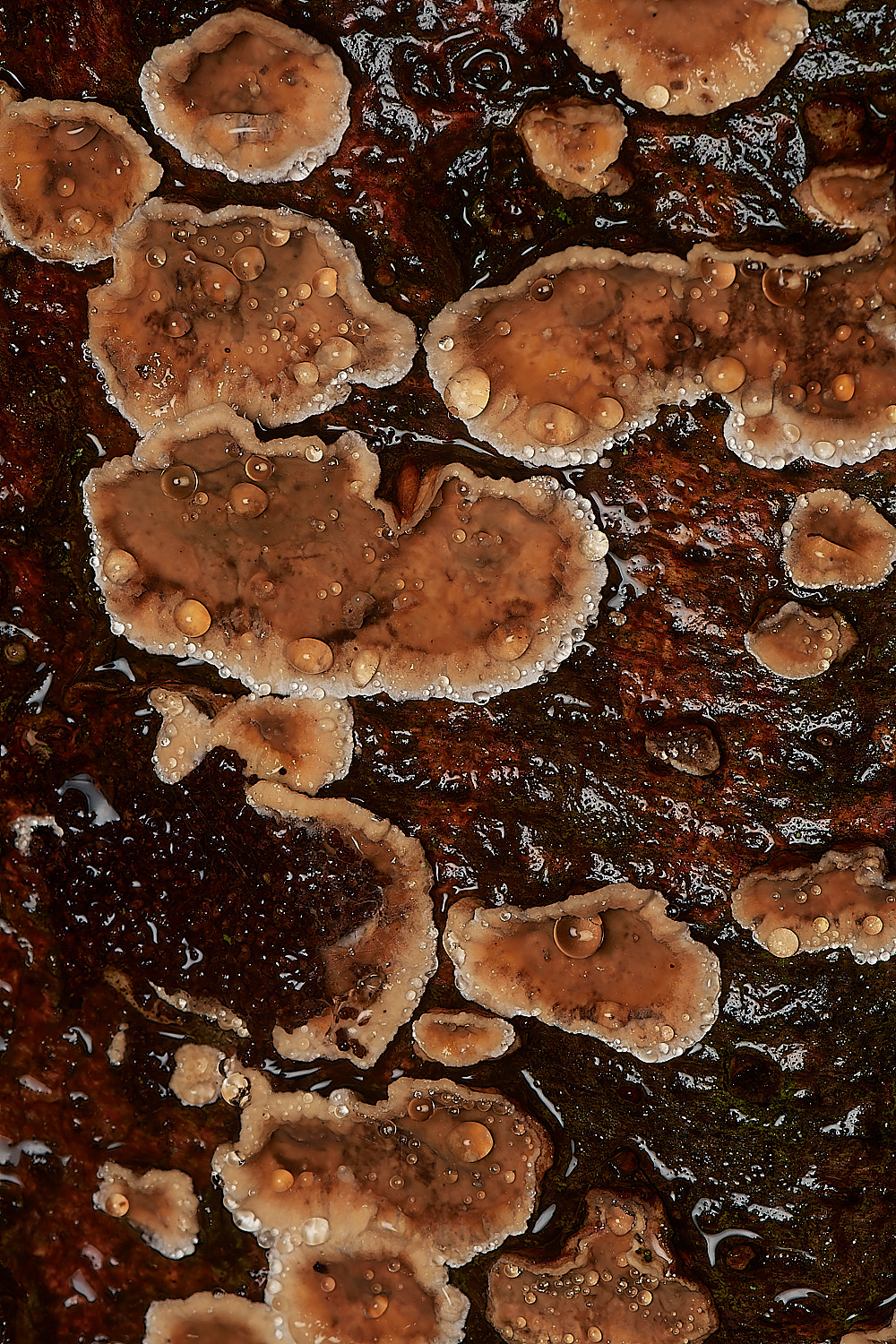
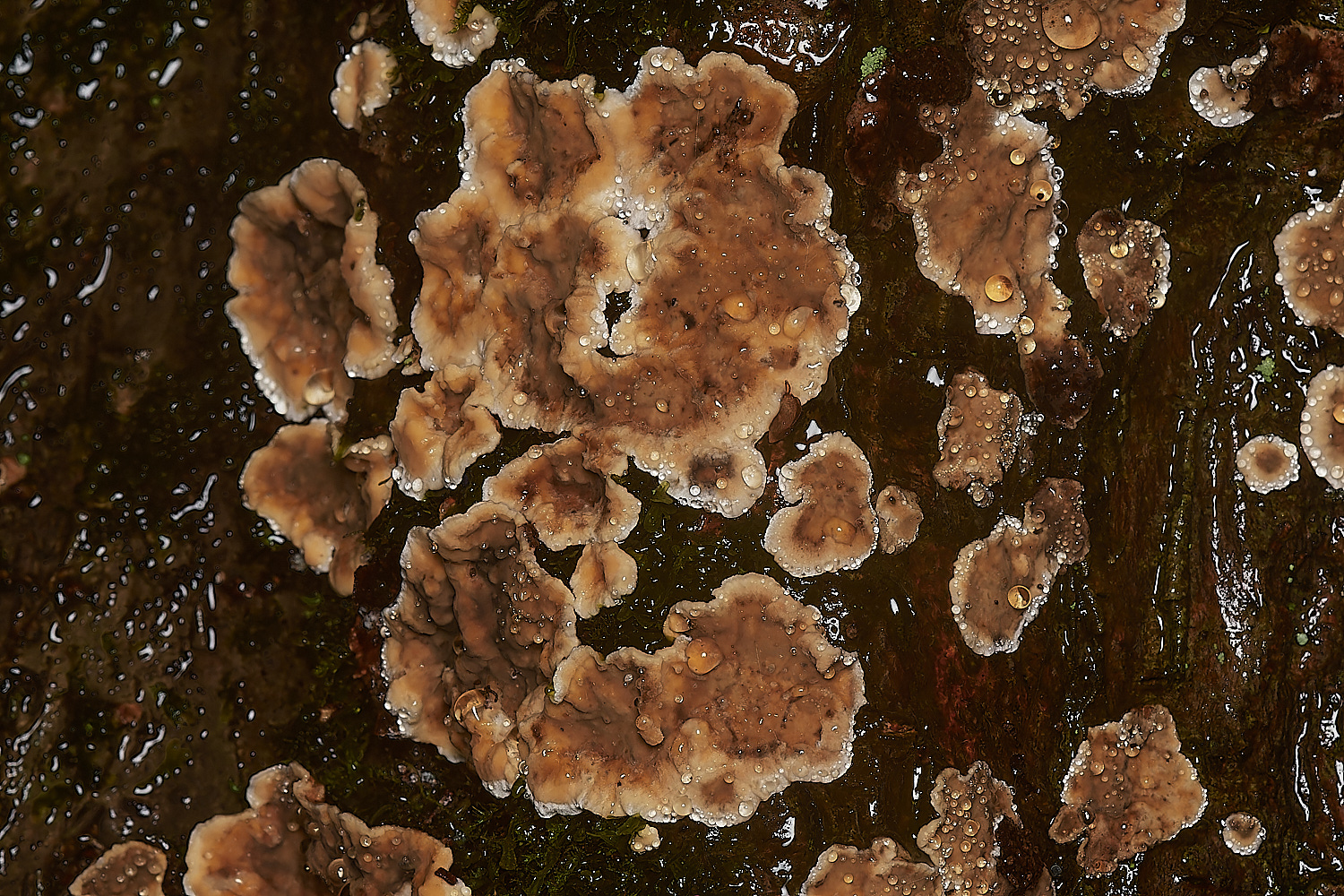
Bleeding Broadleaf Crust (Stereum rugosum)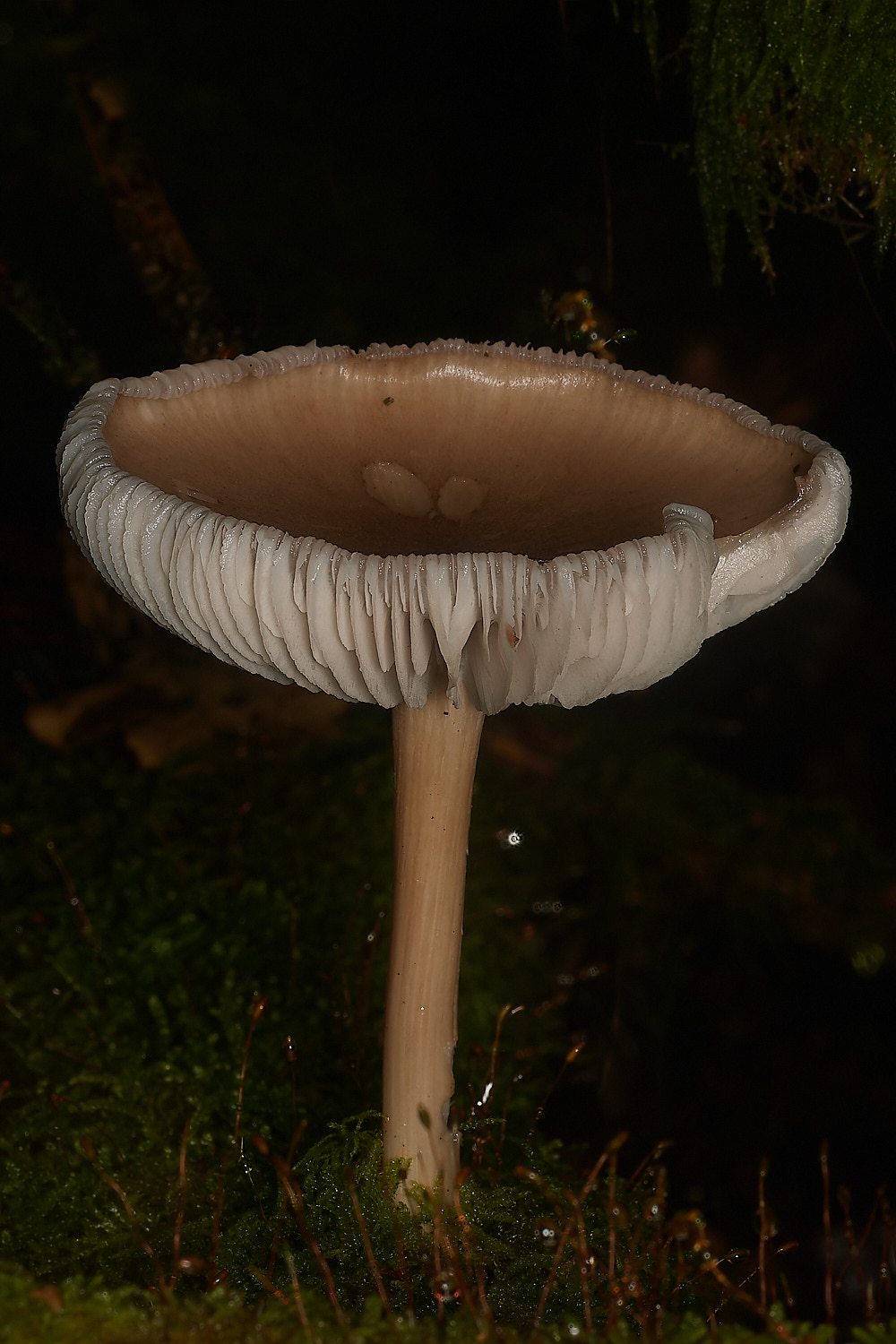
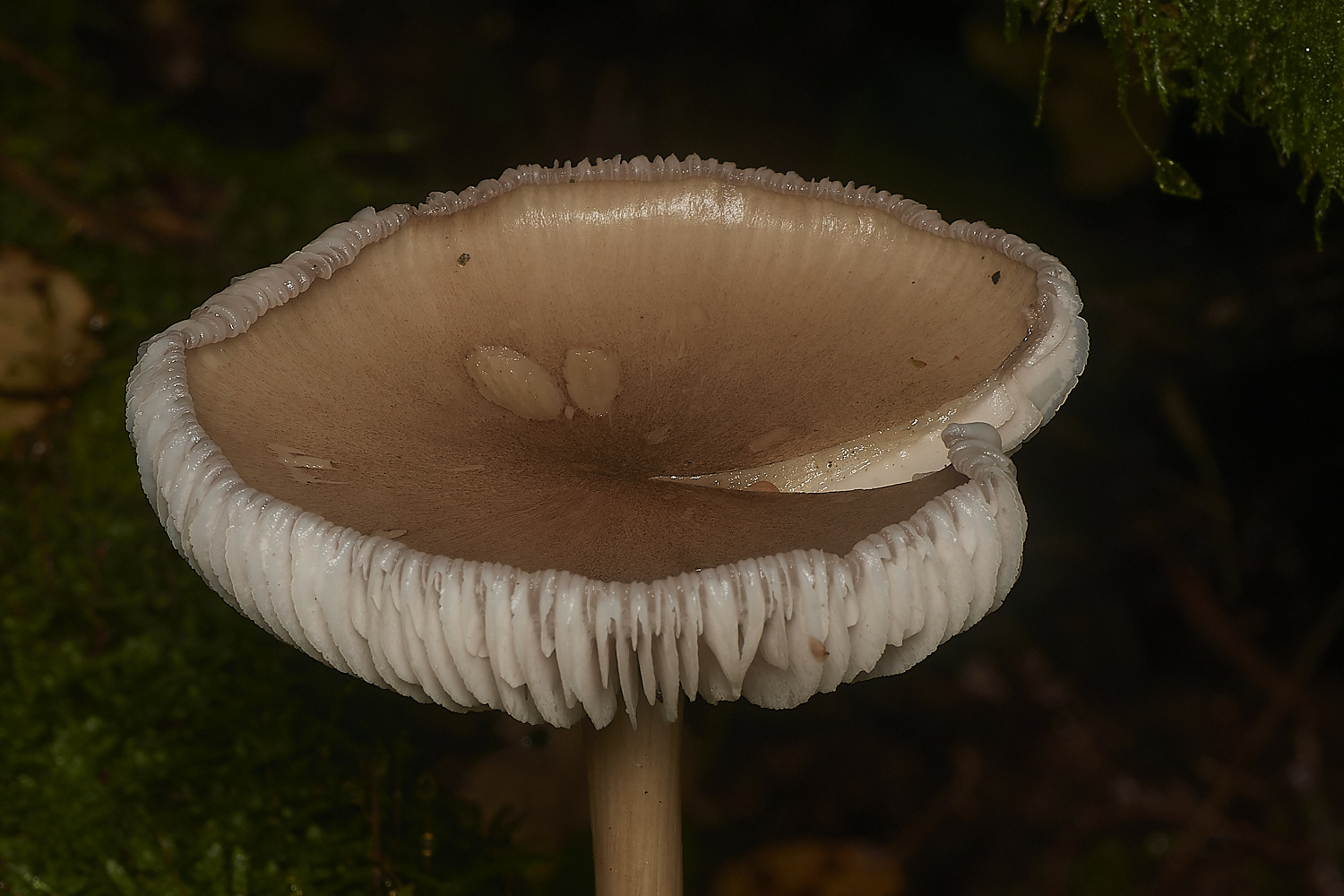
A very large Common Bonnet (Mycena galericulata)?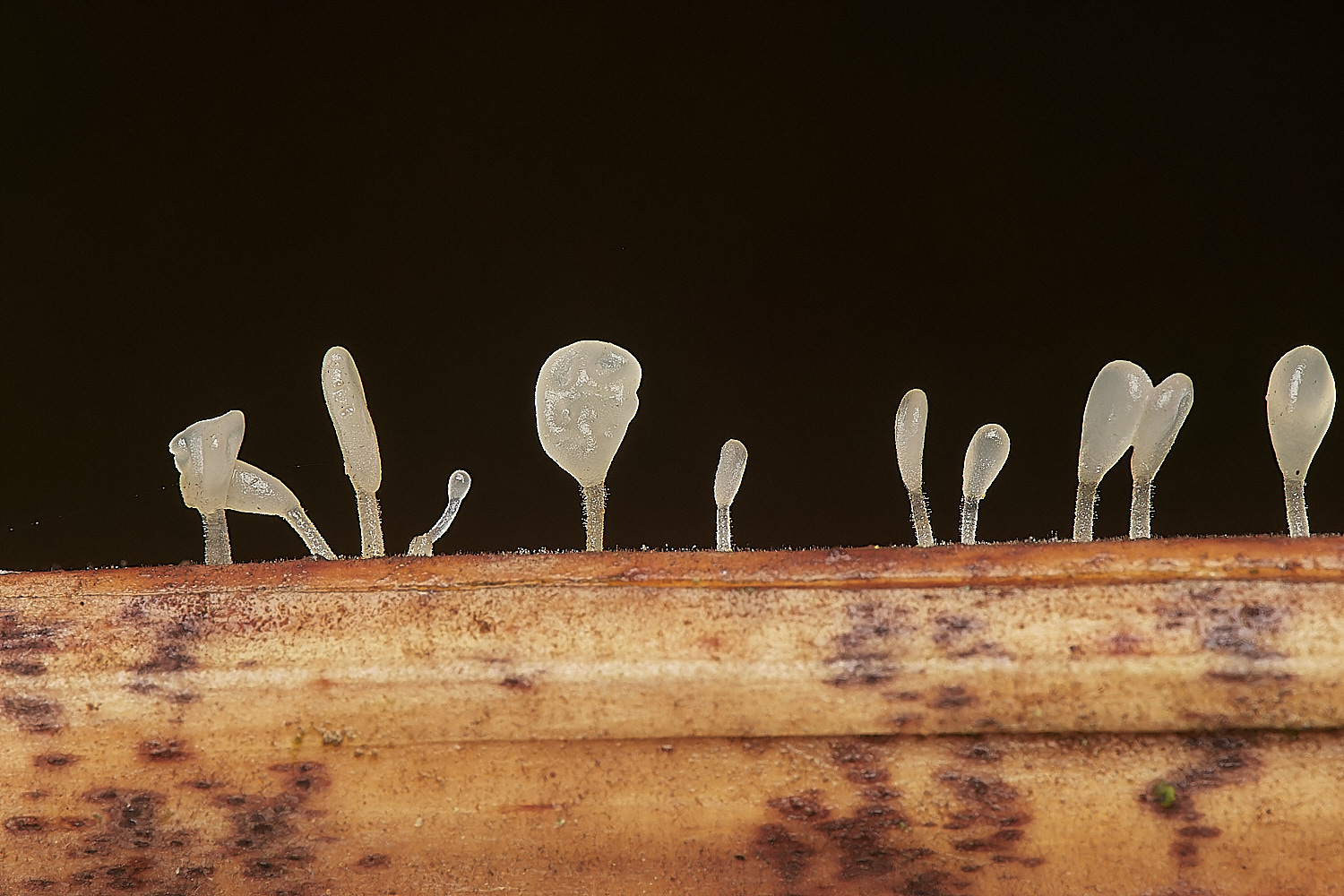
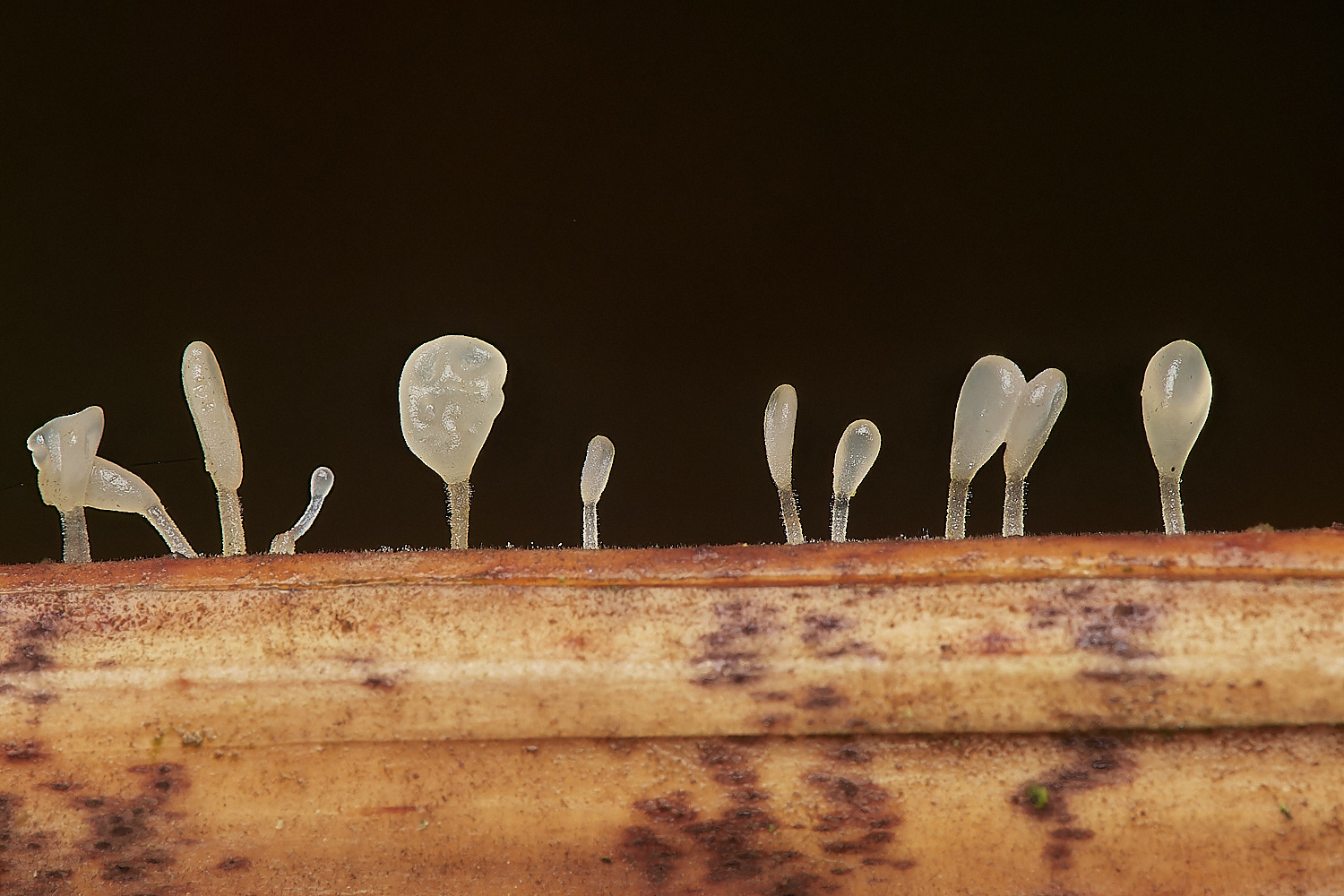
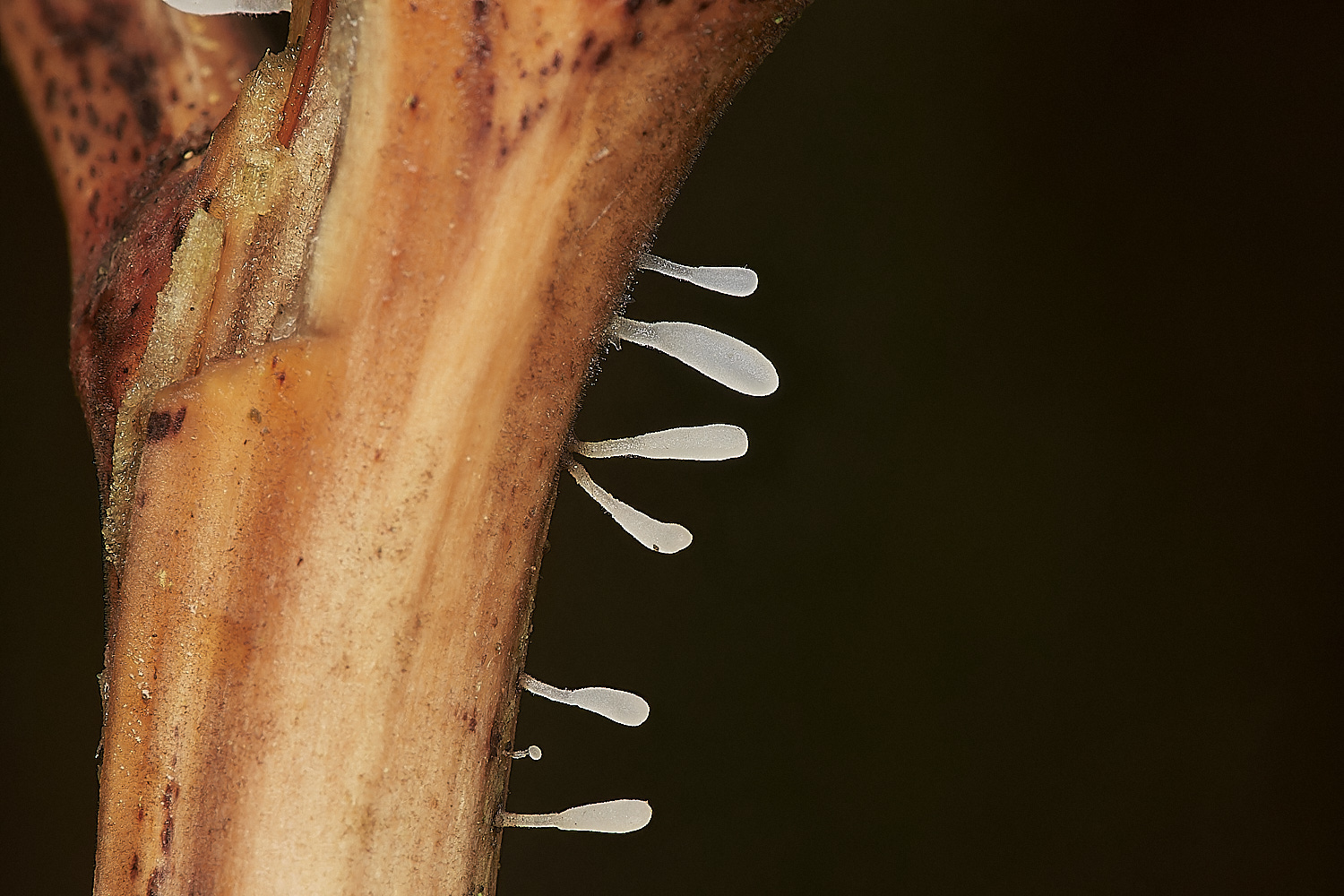

Delightful small club fungus that favours bracken..
Bracken Club (Typhula quiquiliaris)
First described in 1803 by James Sowerby.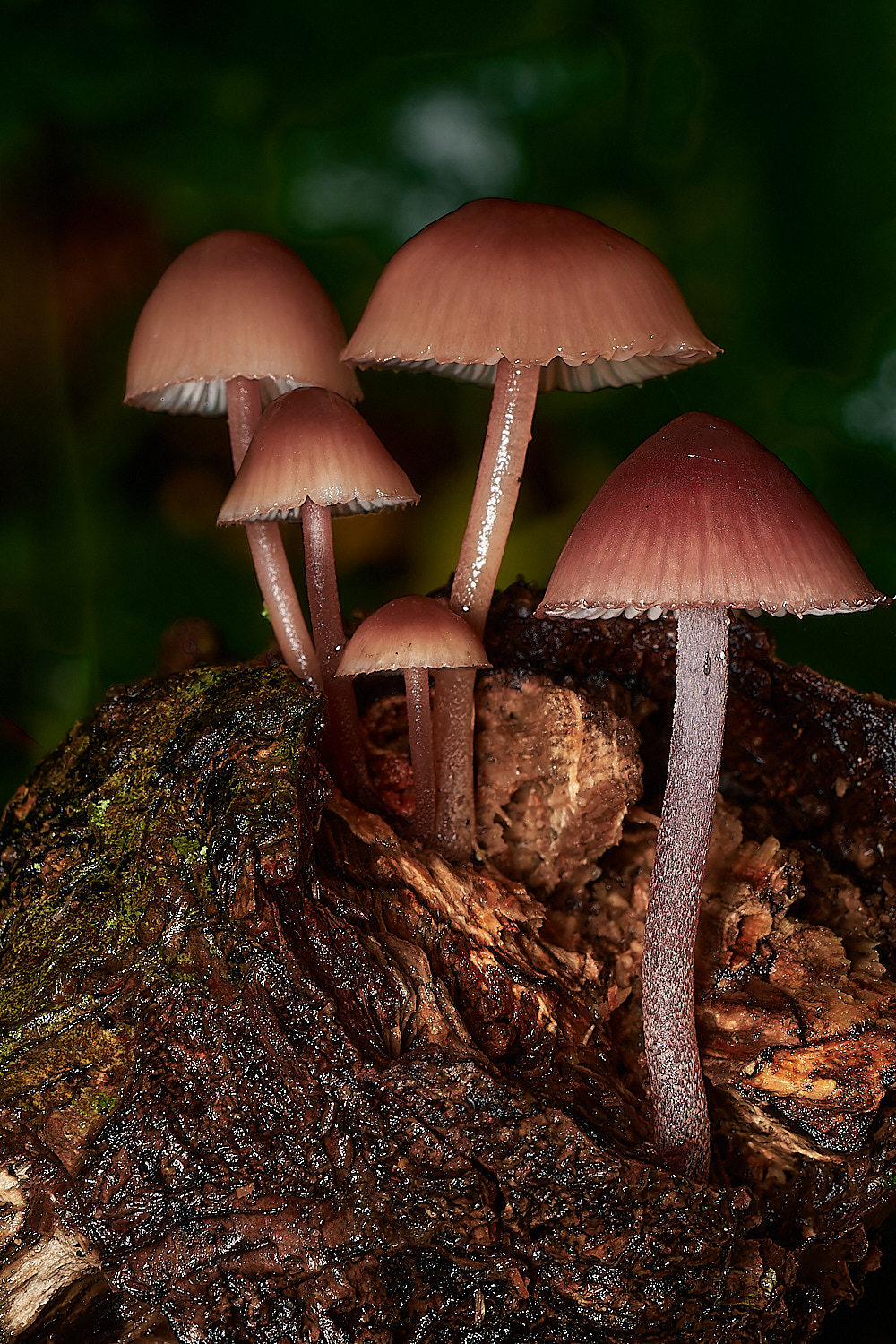
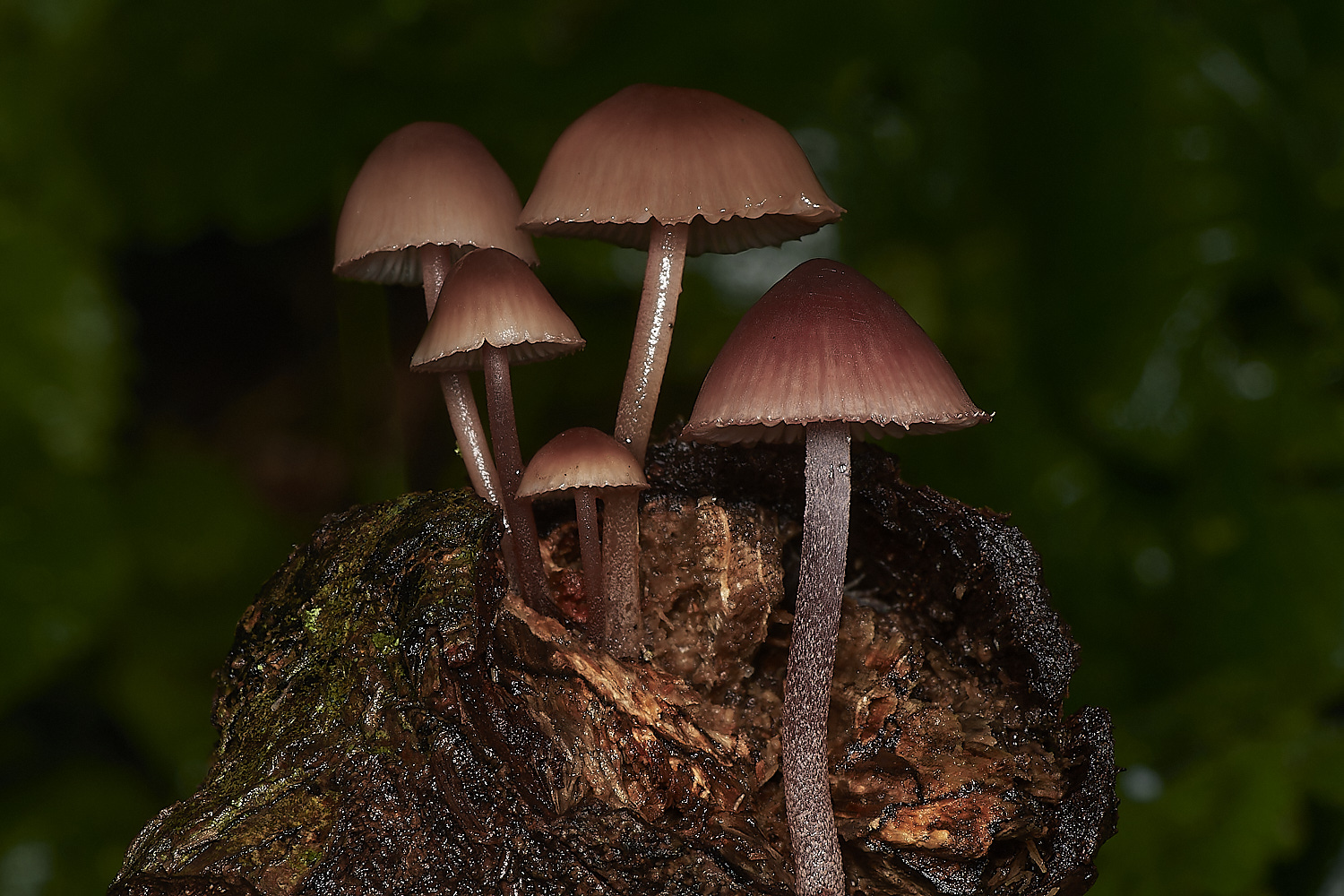
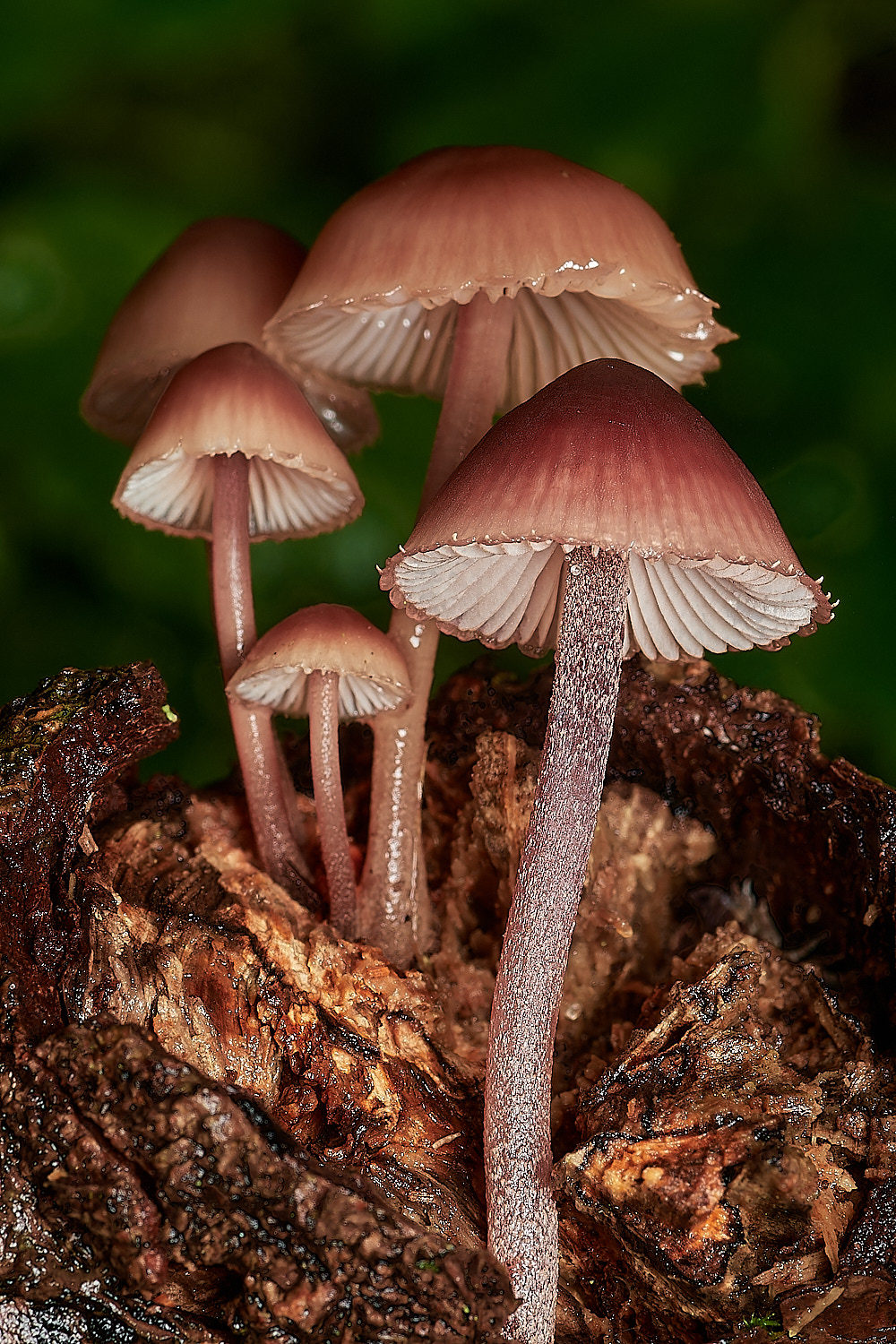
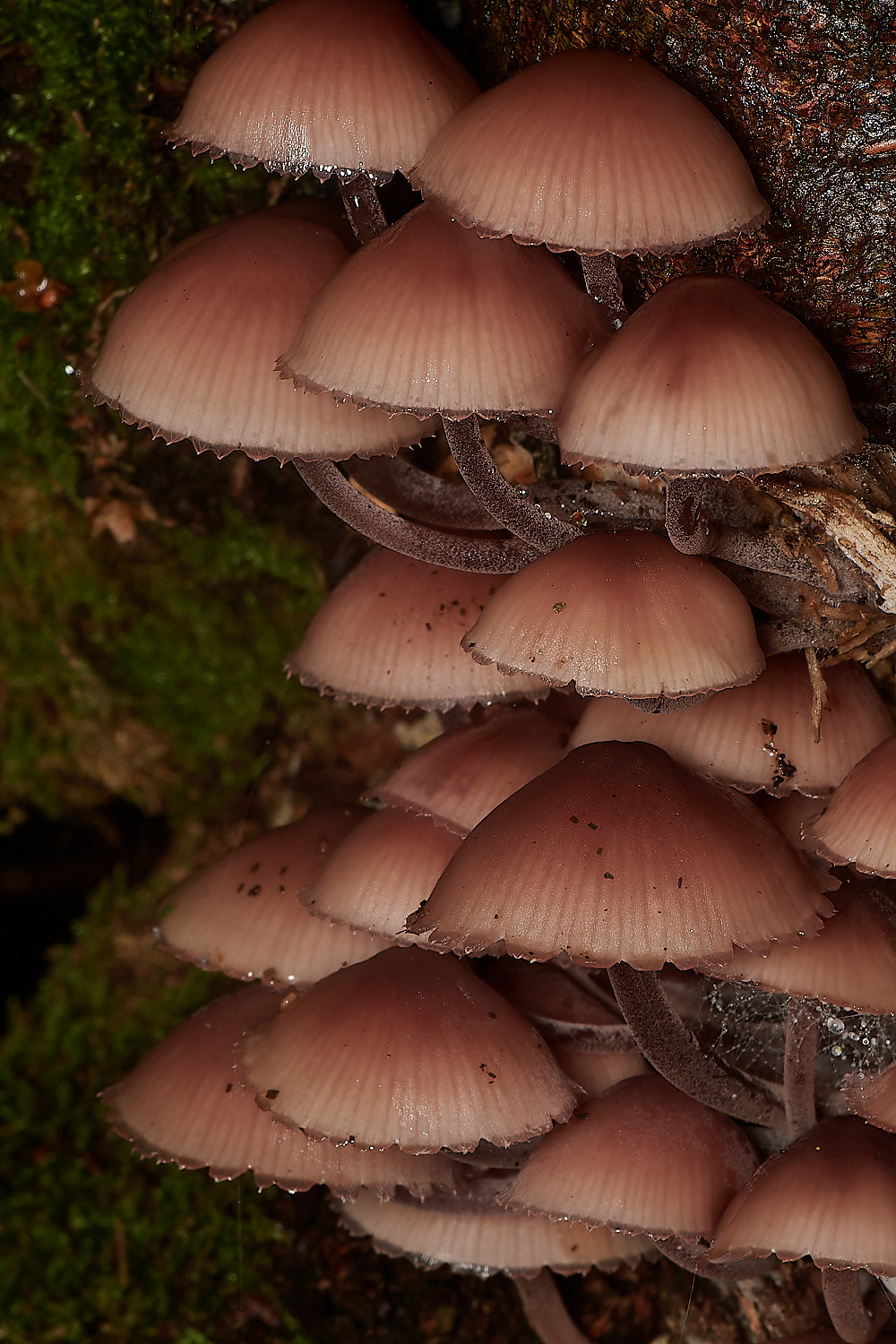
Burgundy Drop Bonnet (Mycena haemotopus)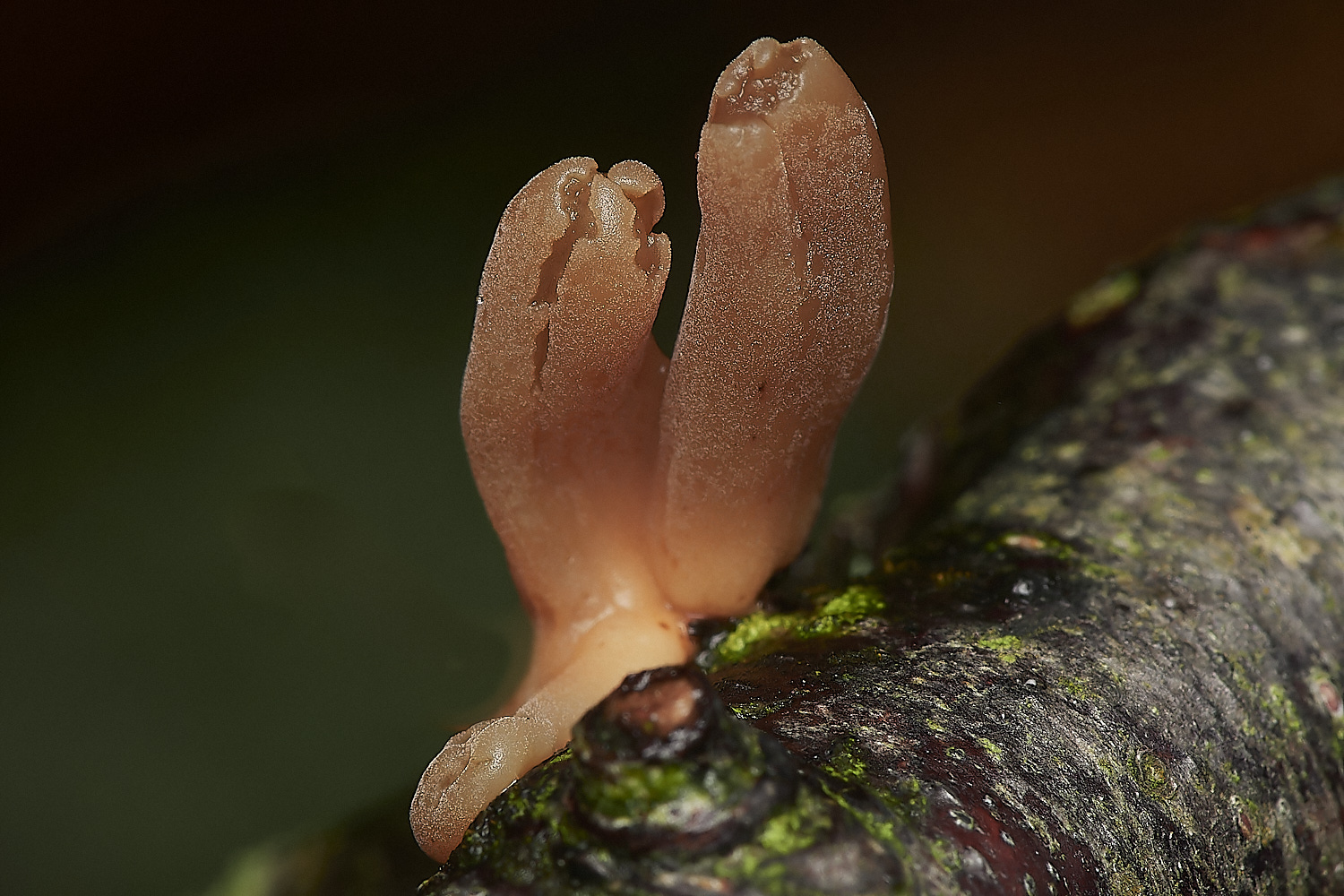


Contorted Pipe Club (Macrotyphula fistulosa var contorta)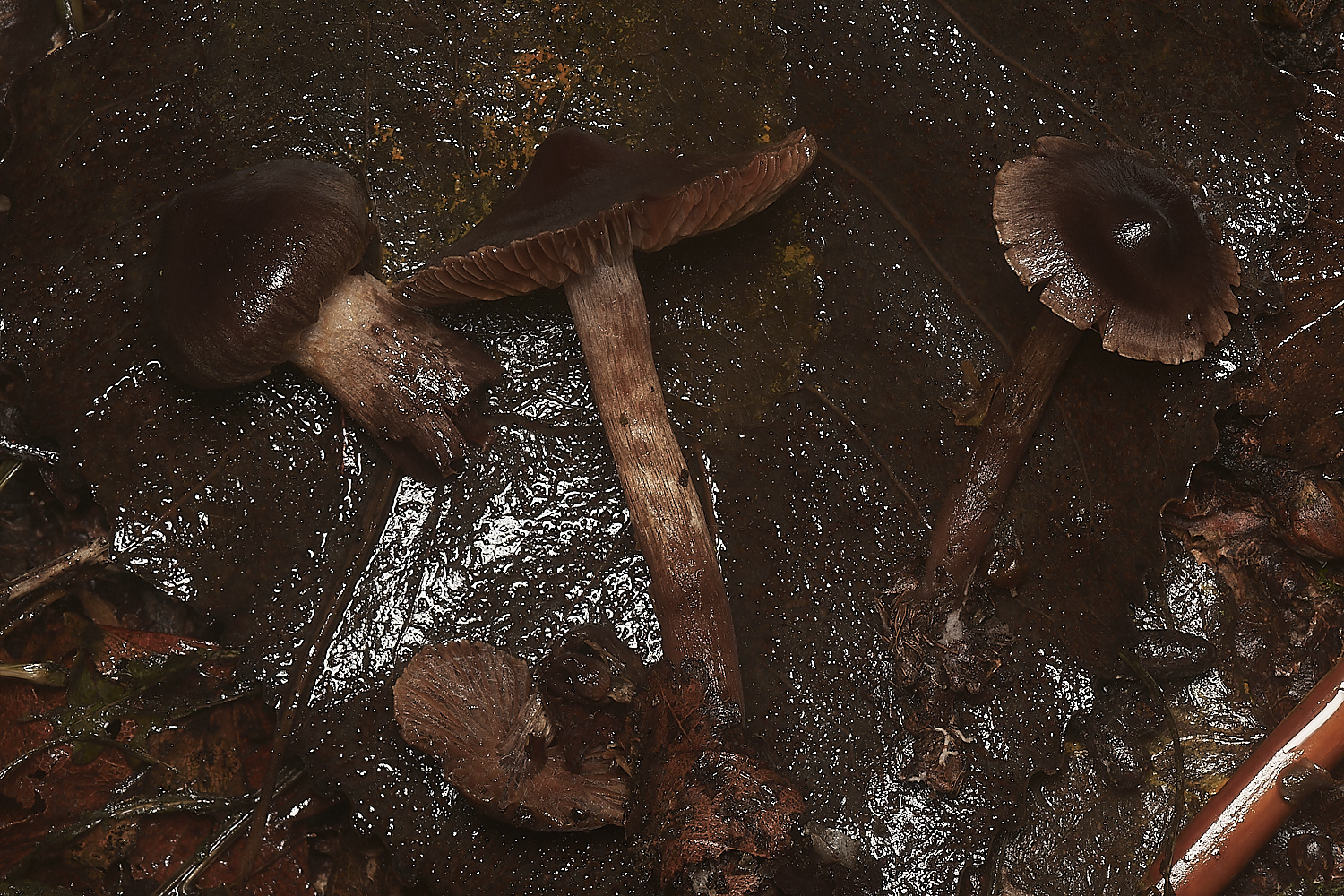
Cortinarius Sp?
From
Jeremy
Cortanarius hirtus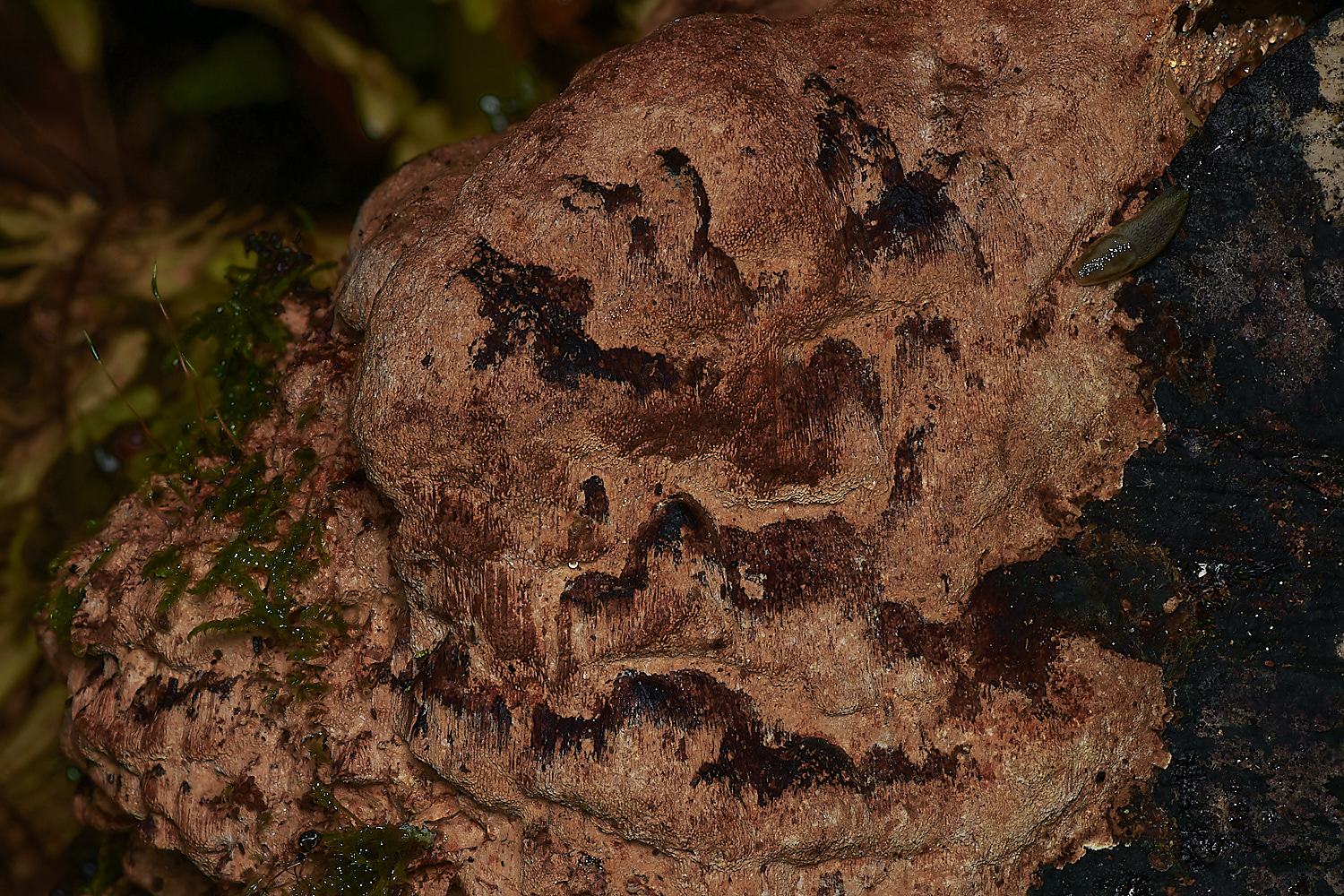
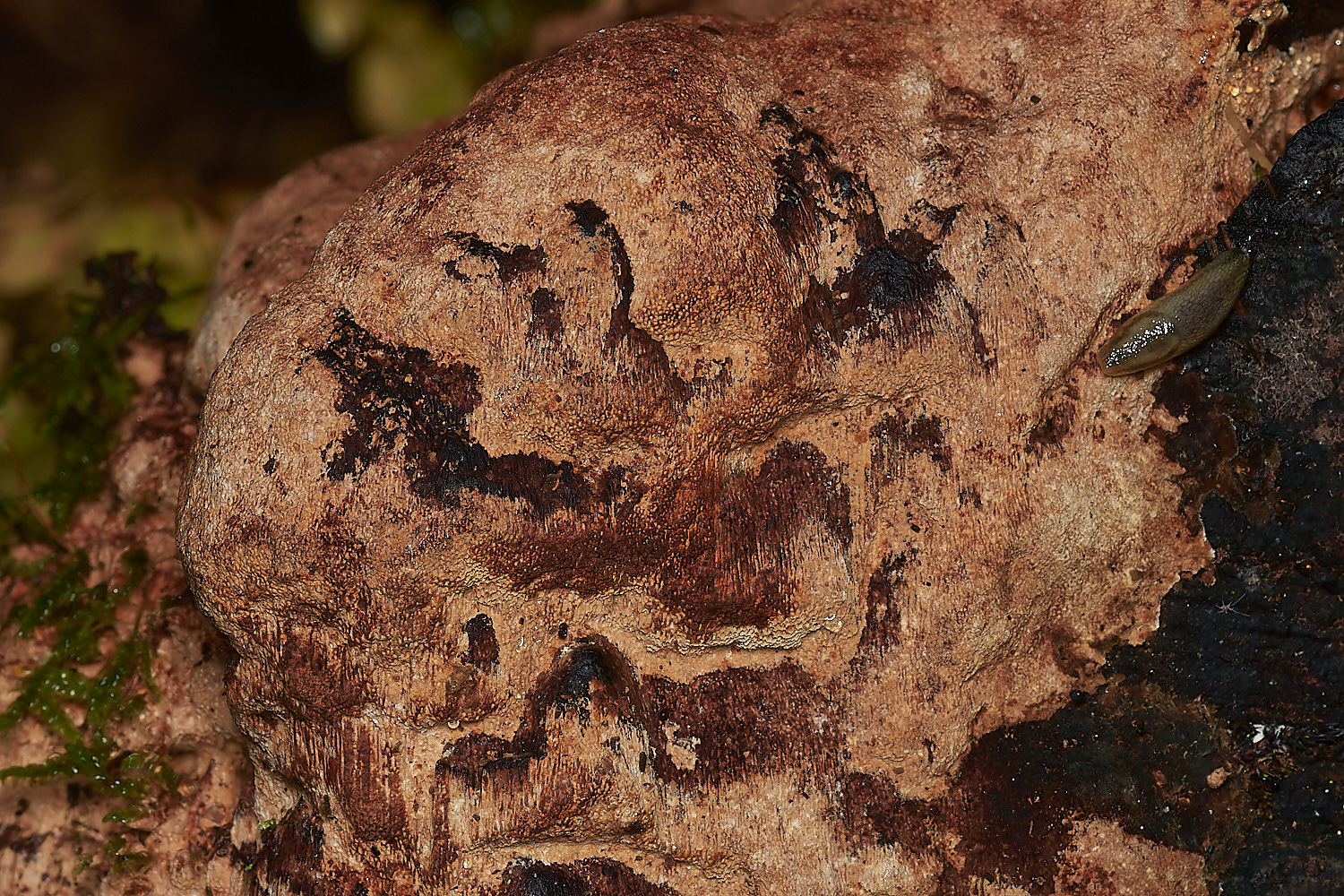
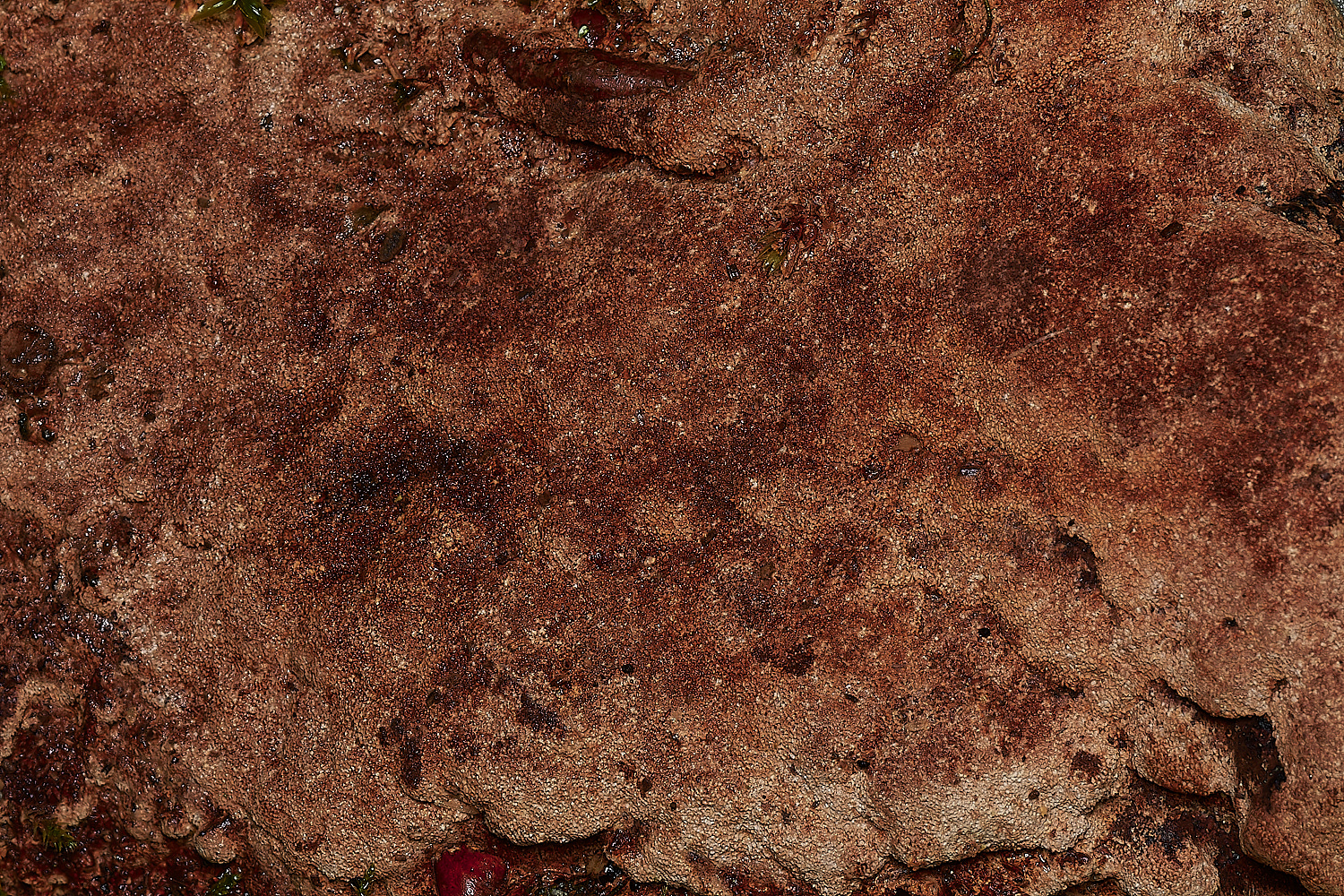
Rusty Pore Crust (Phellinus ferruginosus)
1?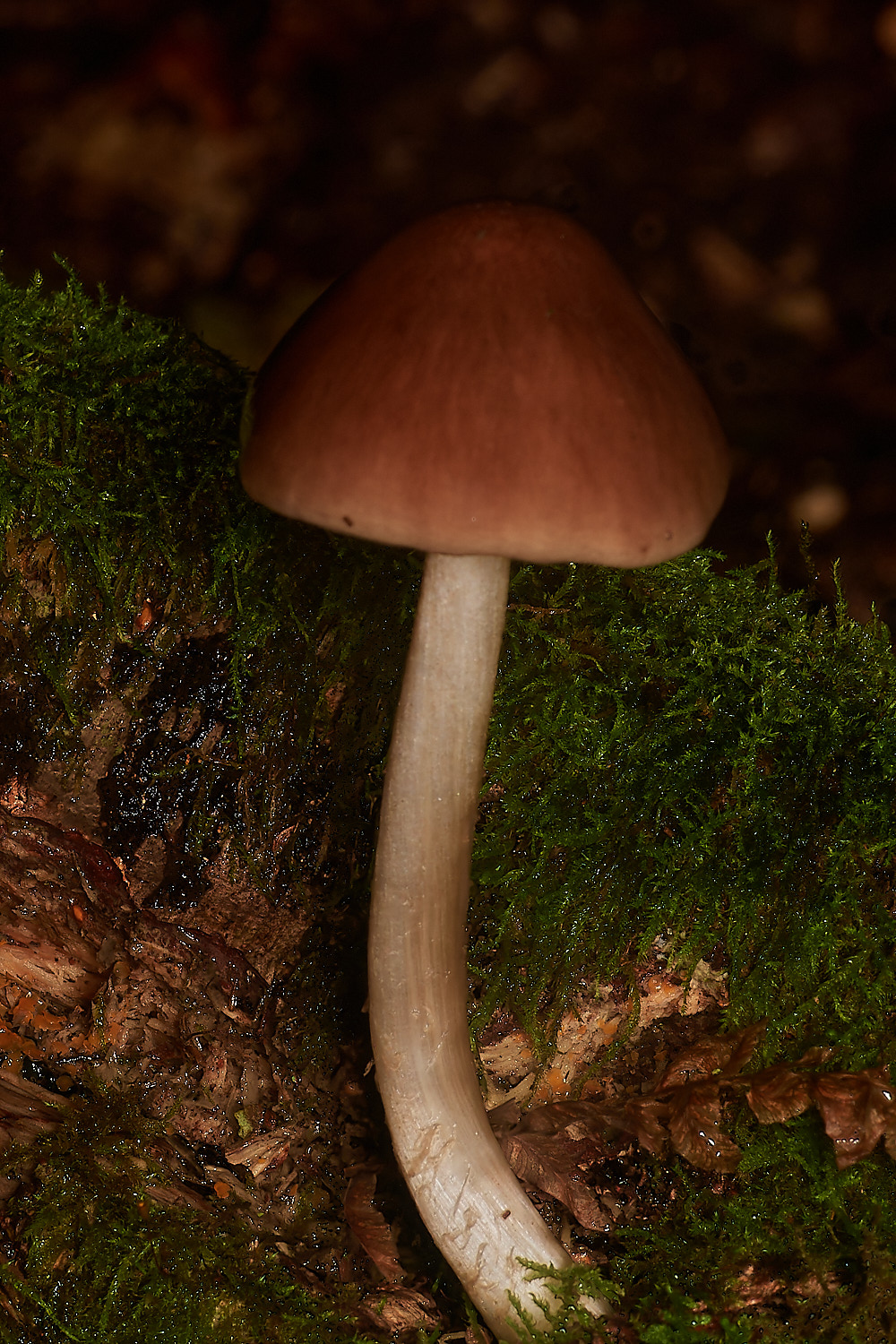
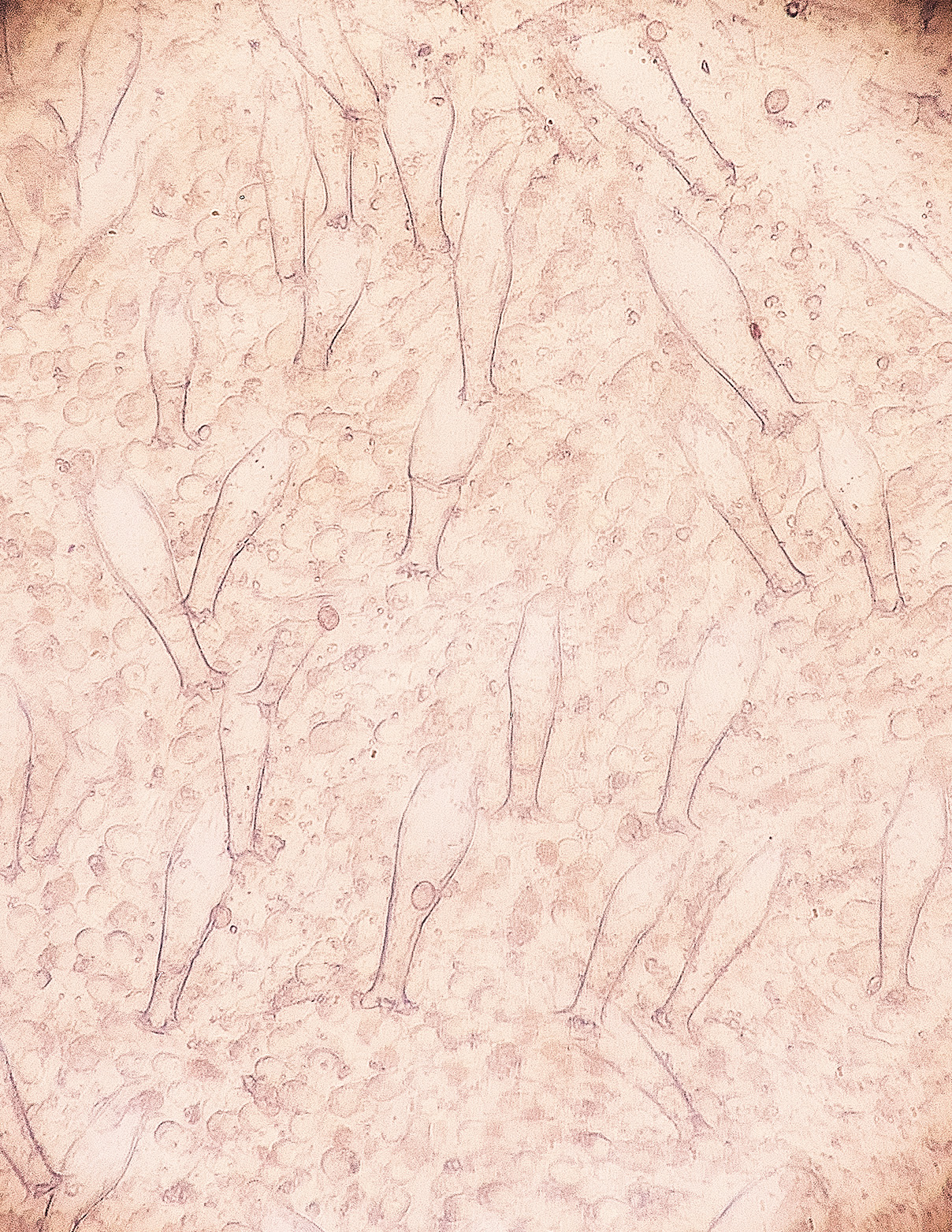
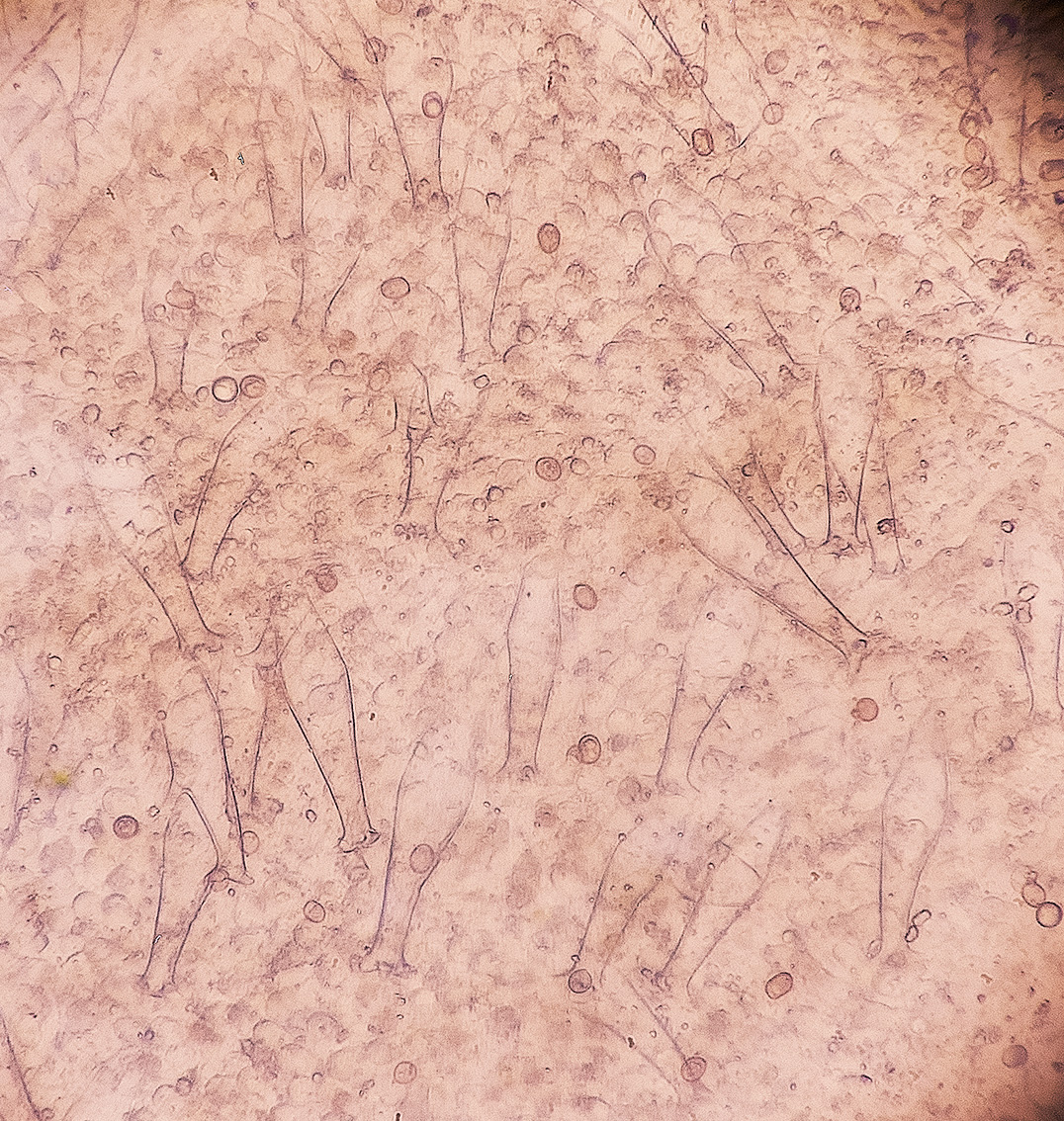
Cheiloystidia on the gill edge ornamented with horns. Cervus = deer - antler like horns
Deer Shield (Pluteus cervinus)
from
First Nature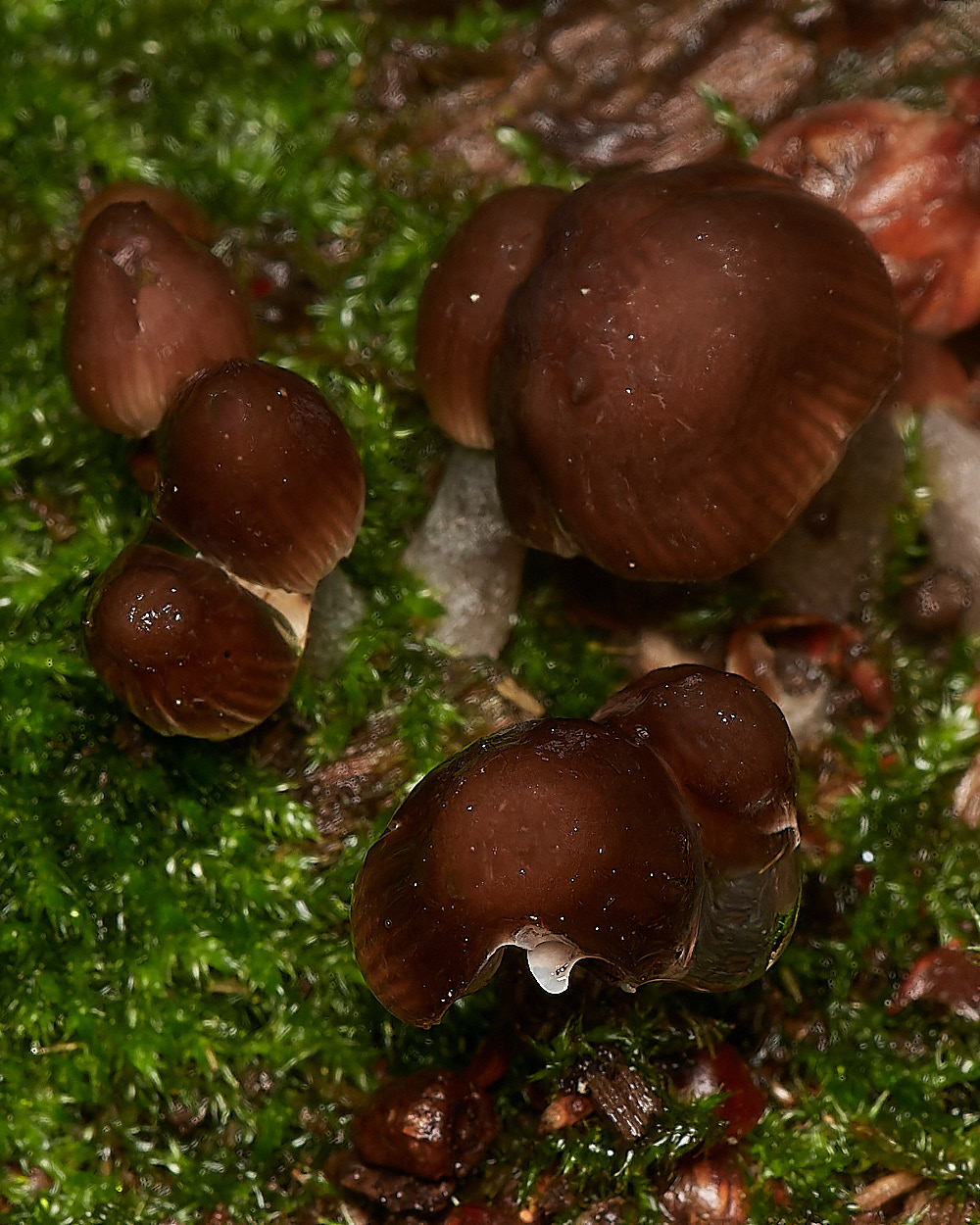
2?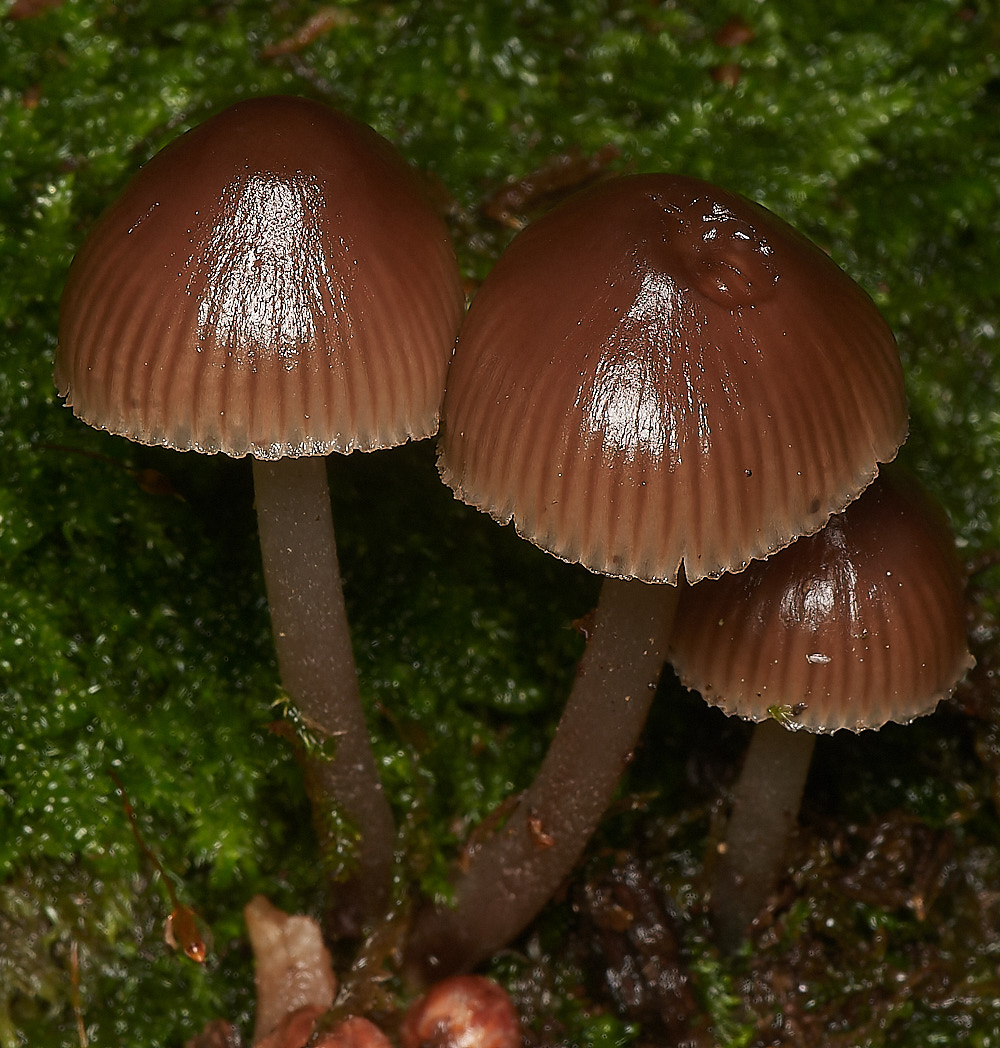
3?
4?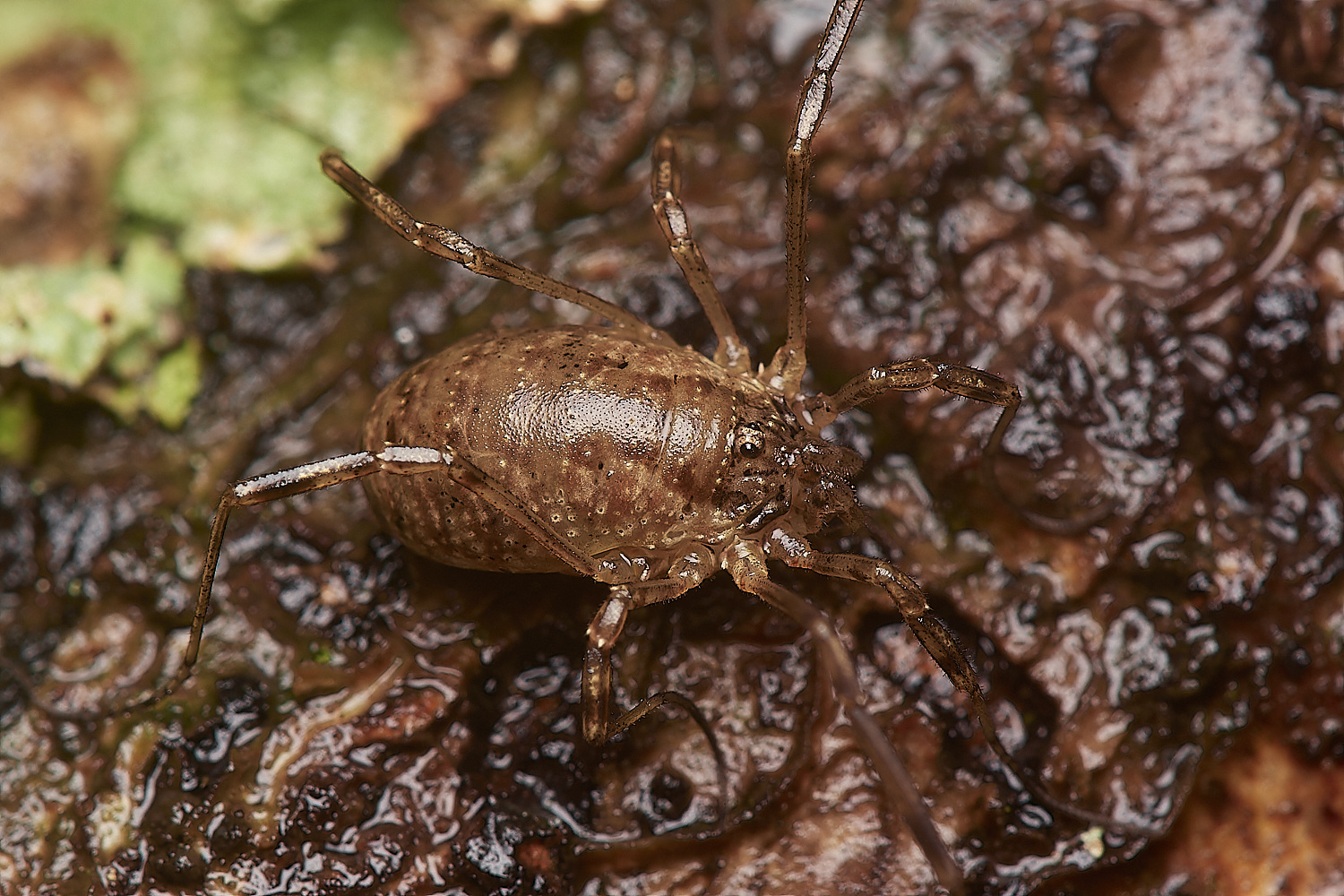

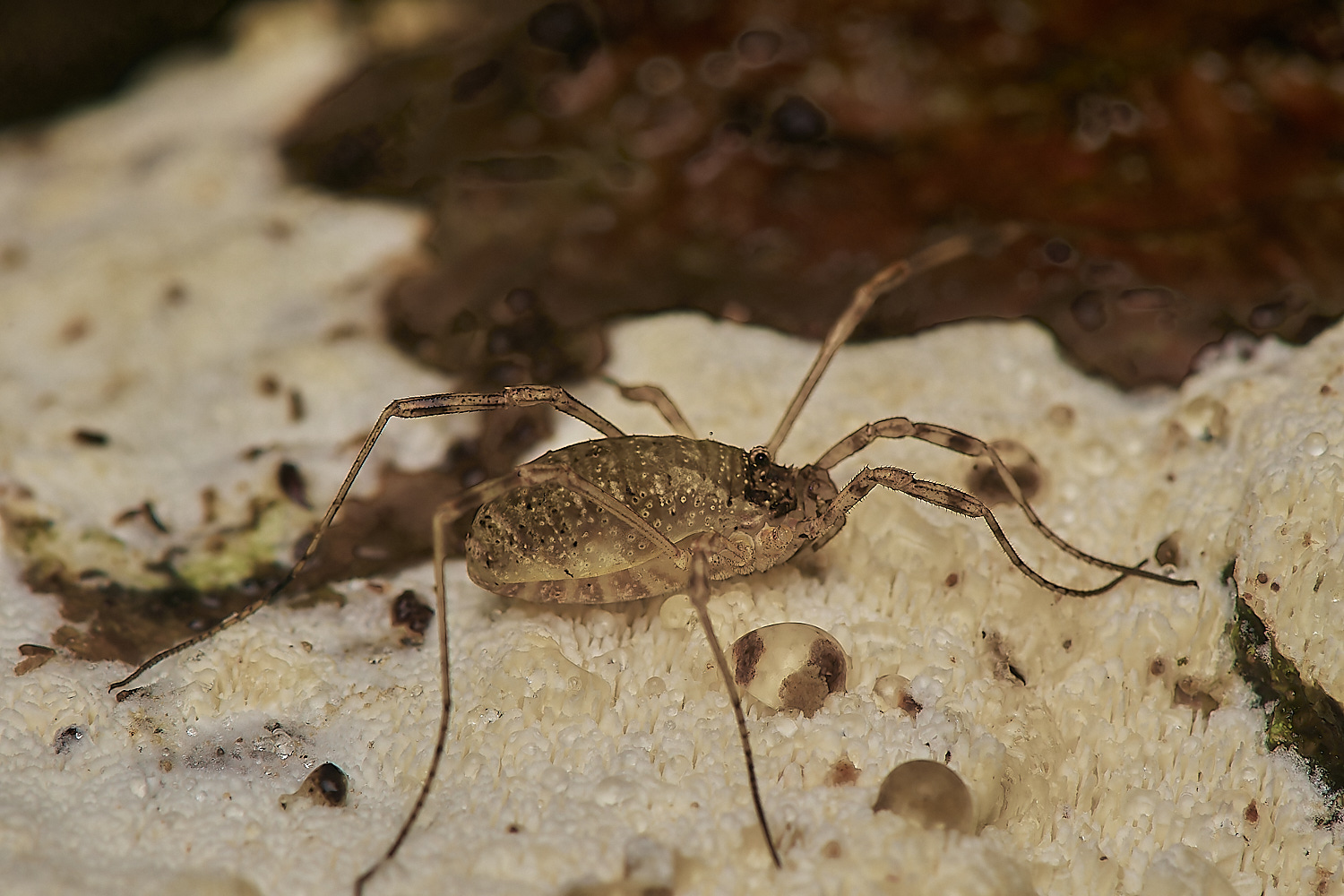
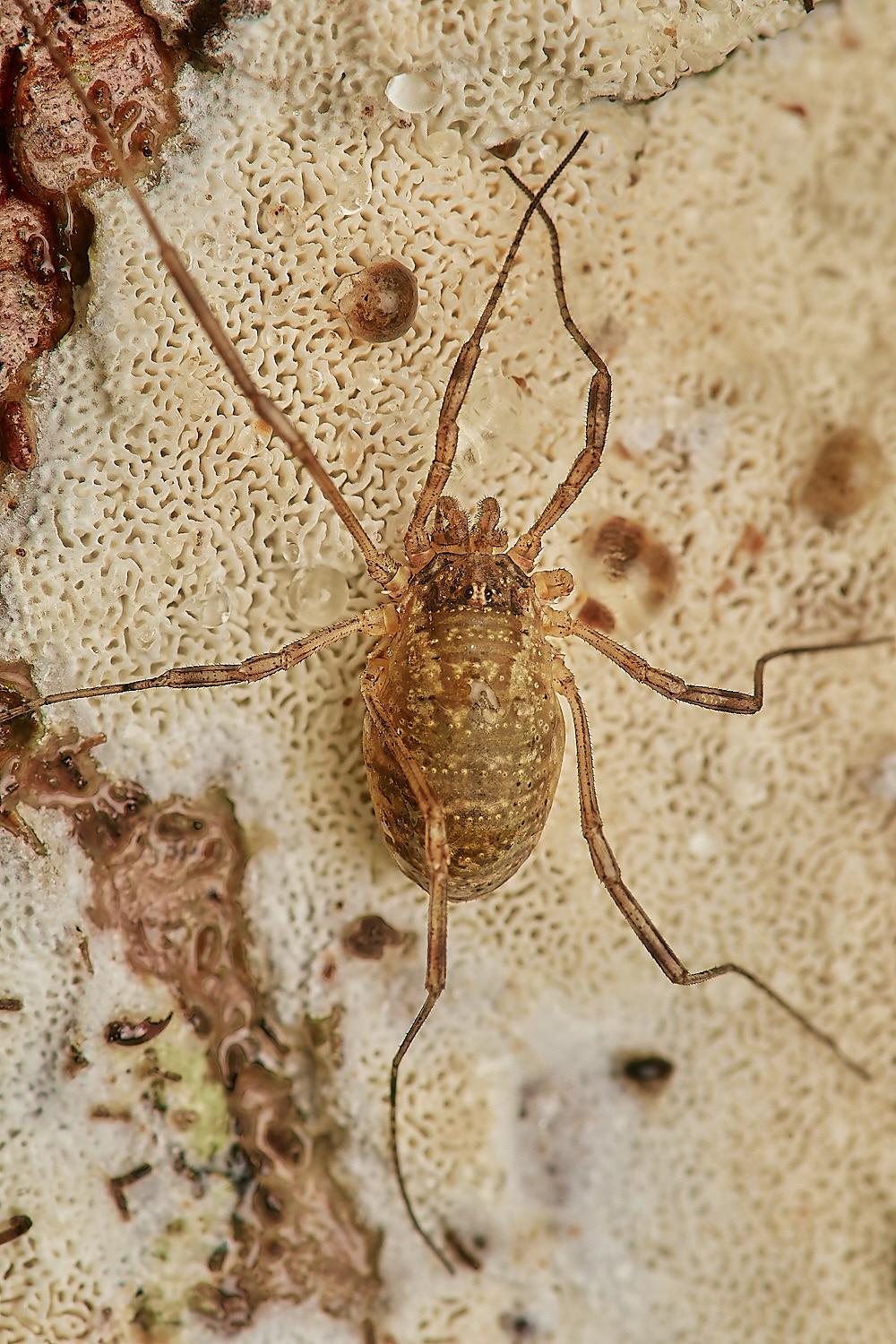
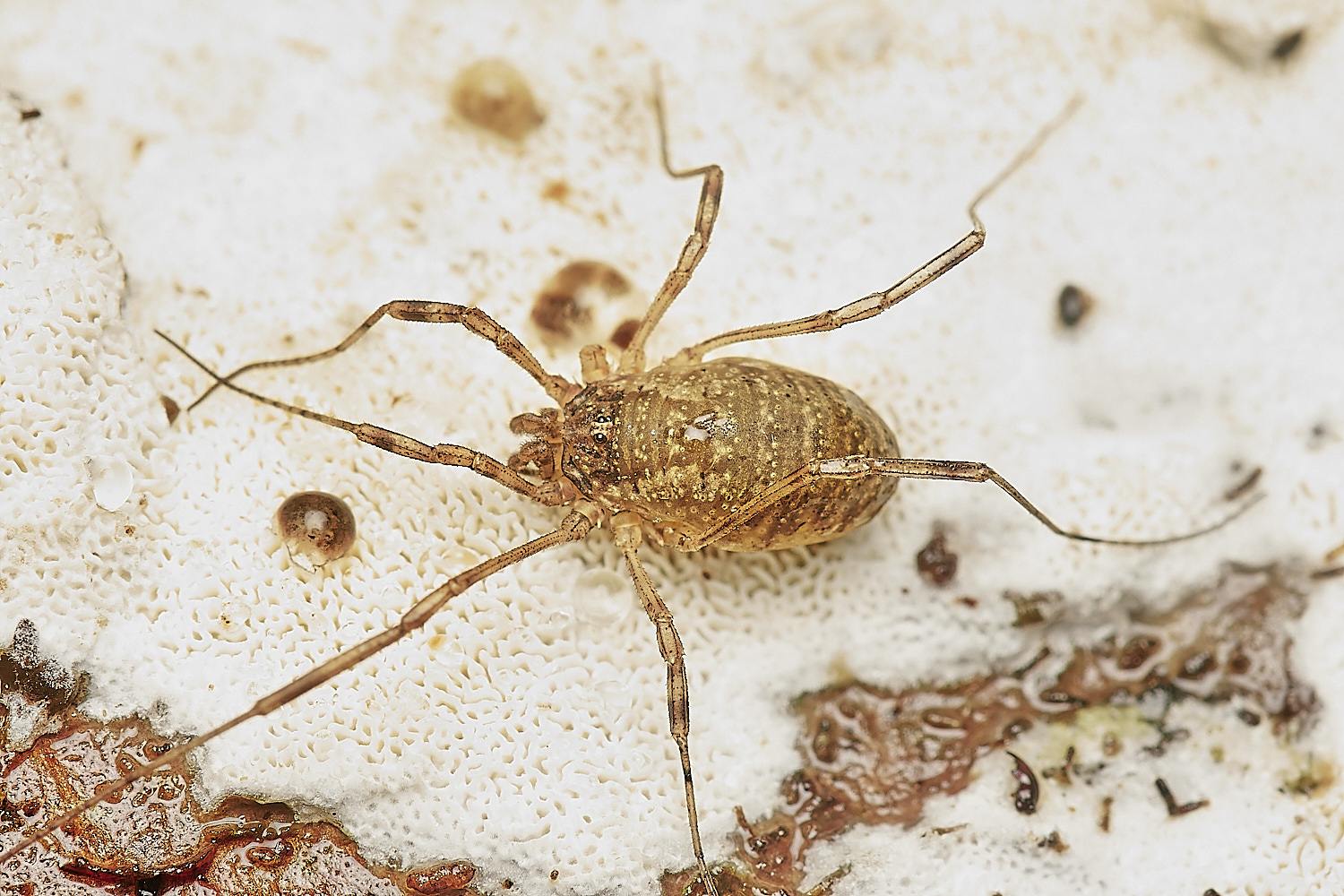
Harvestmen Sp?
Oligolophus tridens?
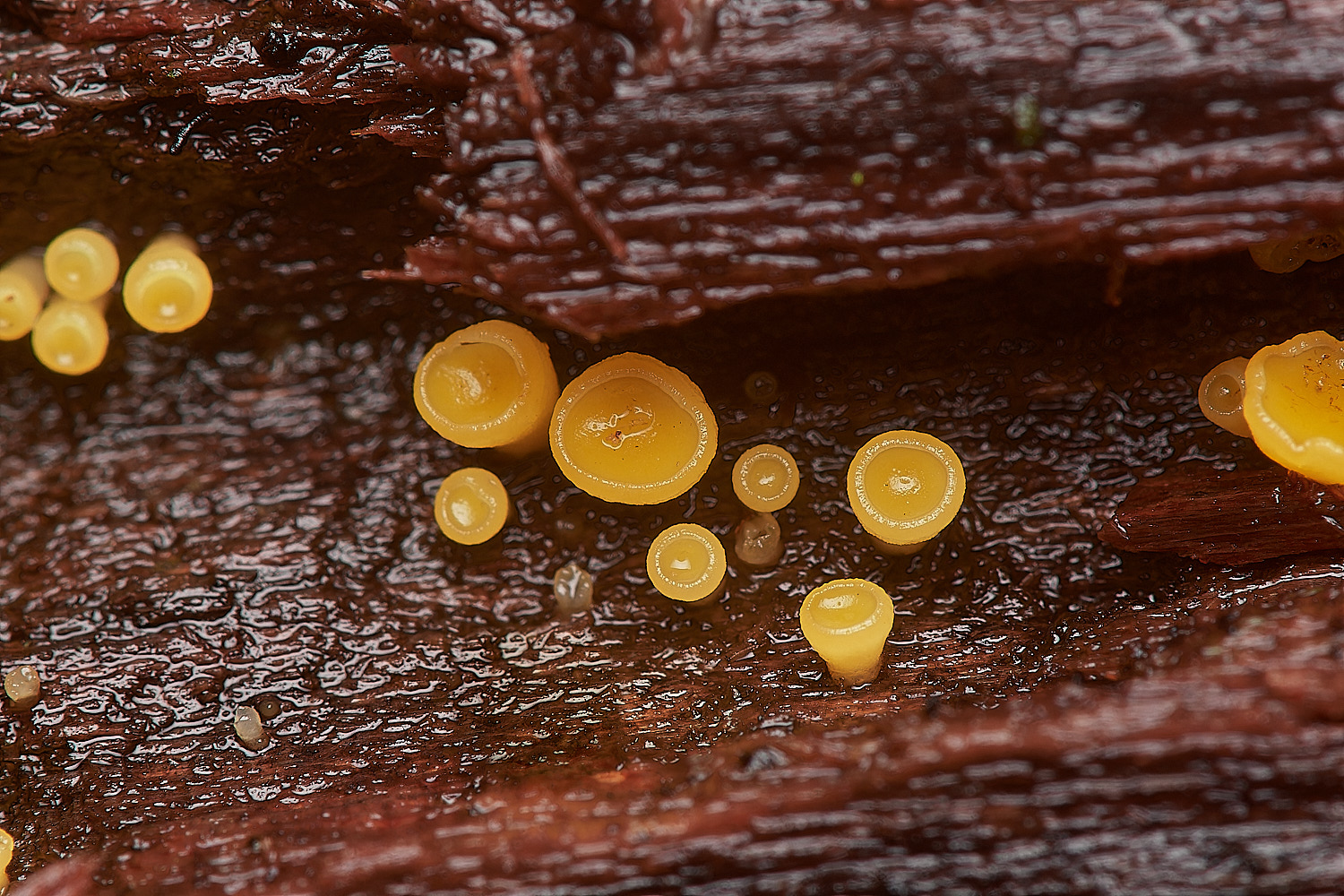
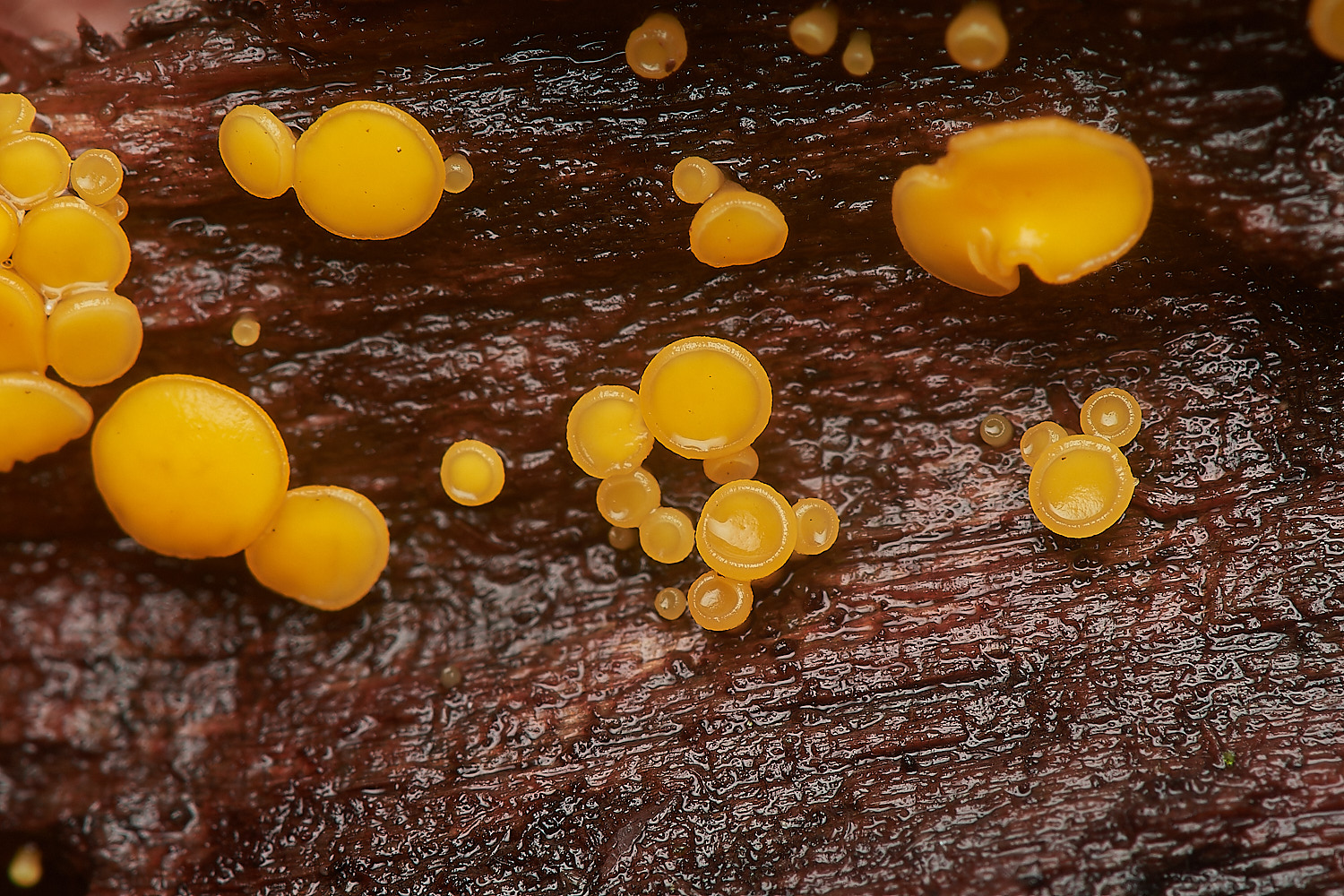
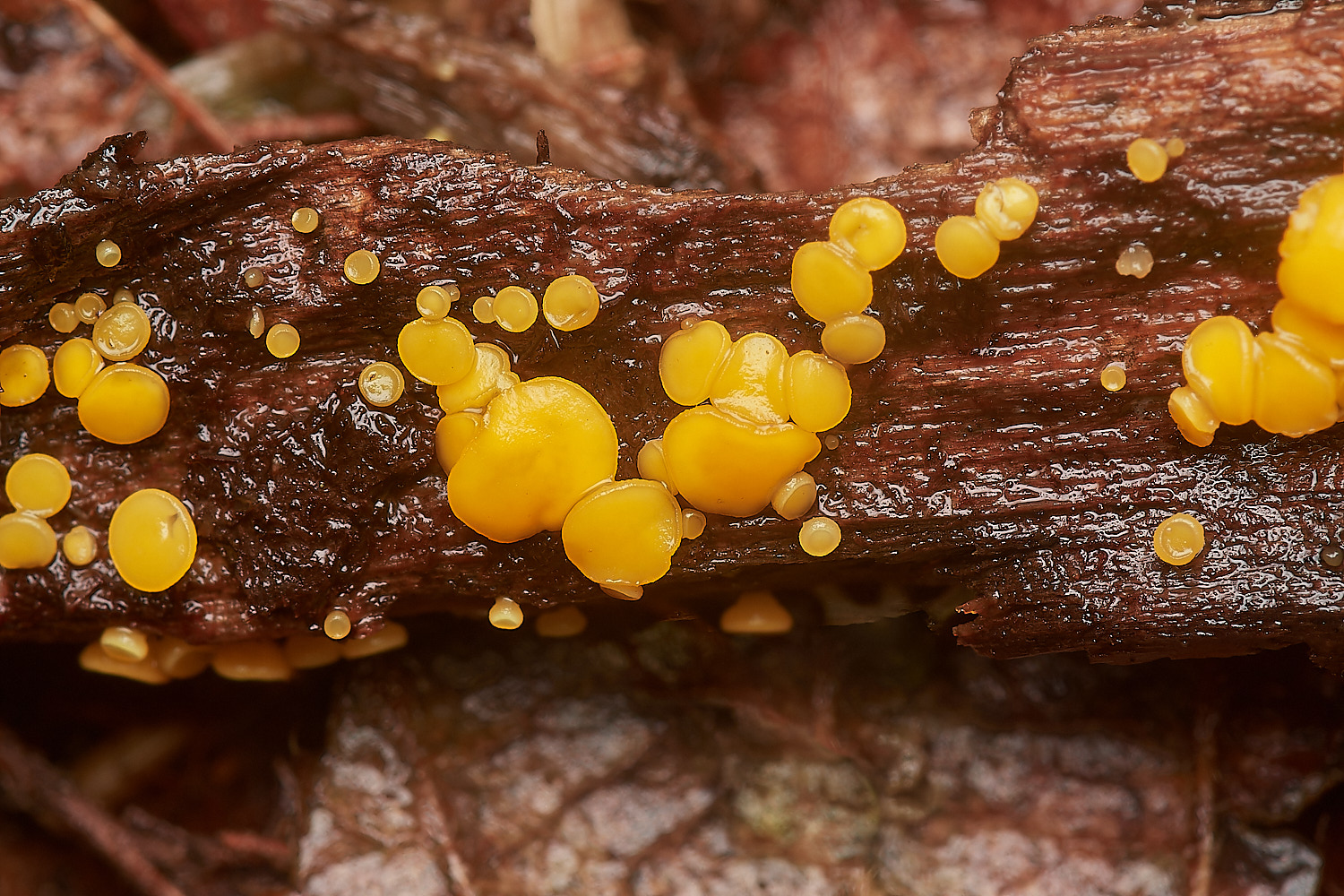
Hymenoscyphus calyculus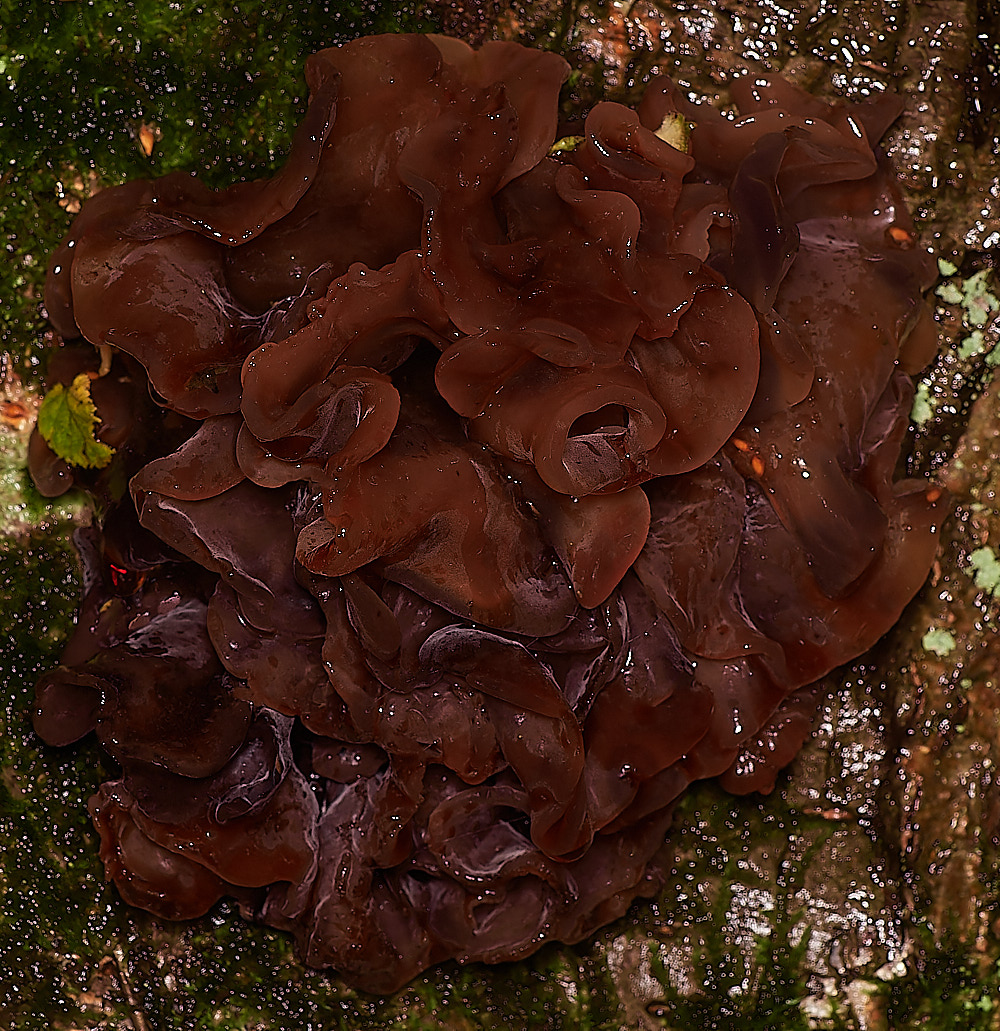
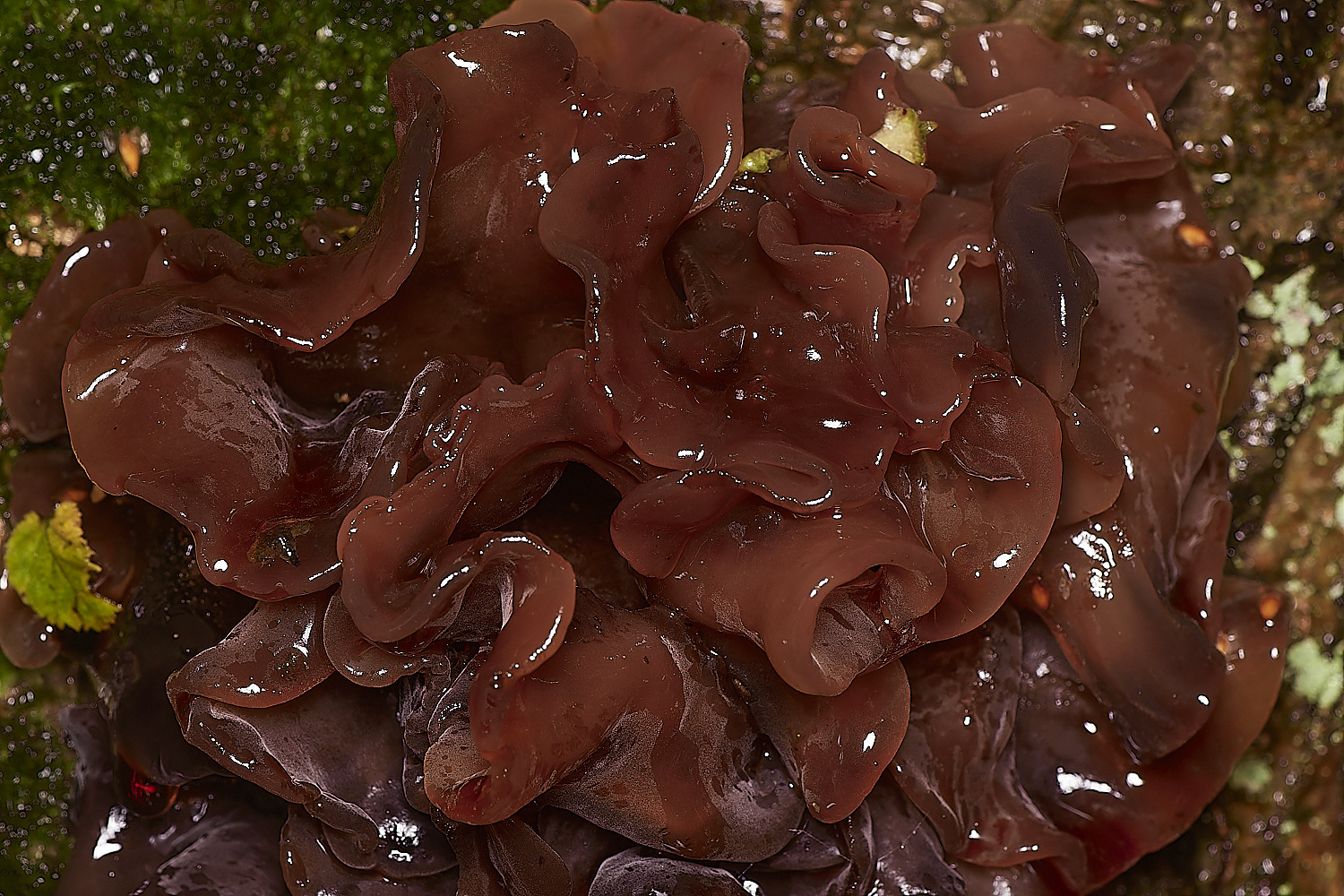
Leafy Brain (Tremella foliacea)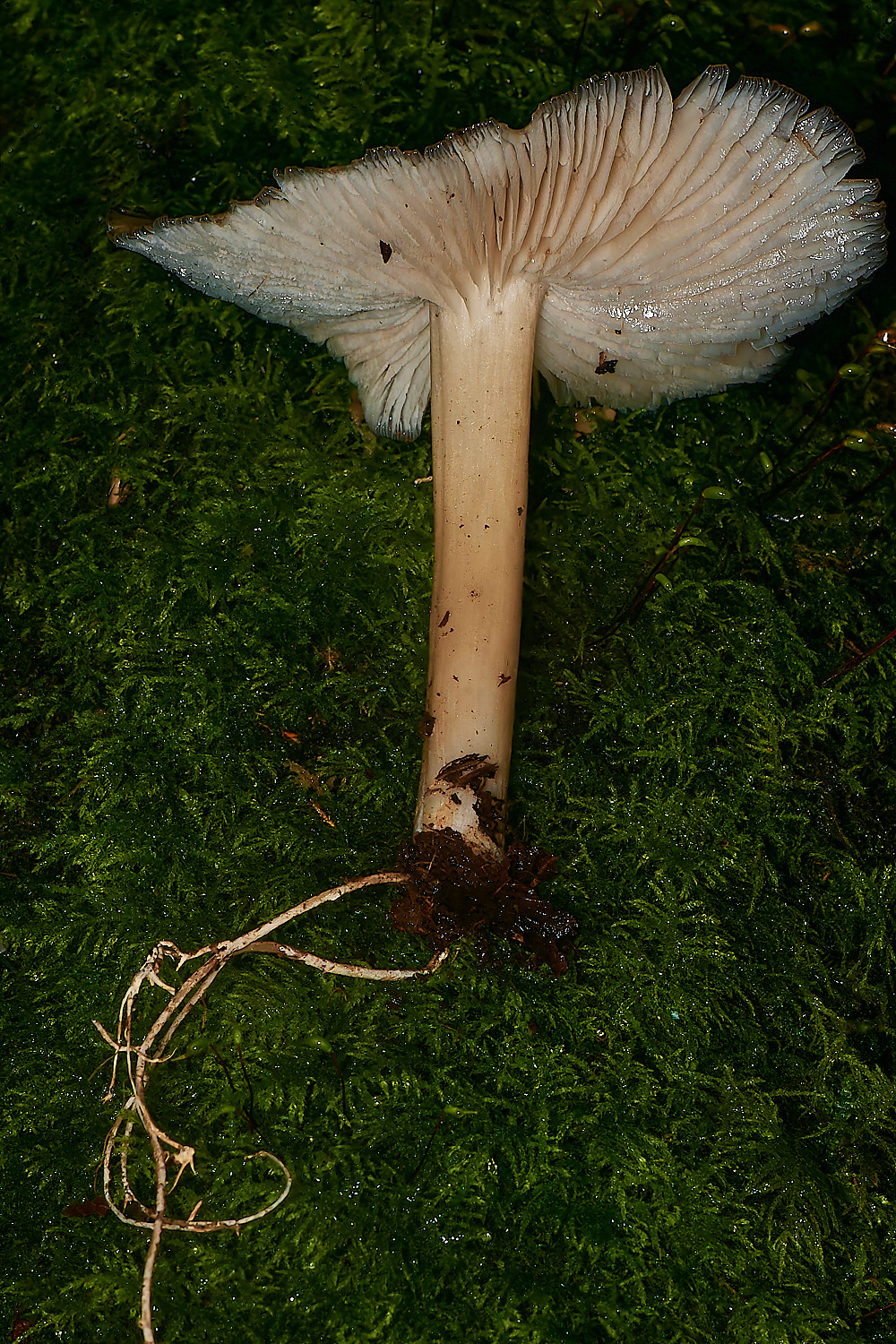
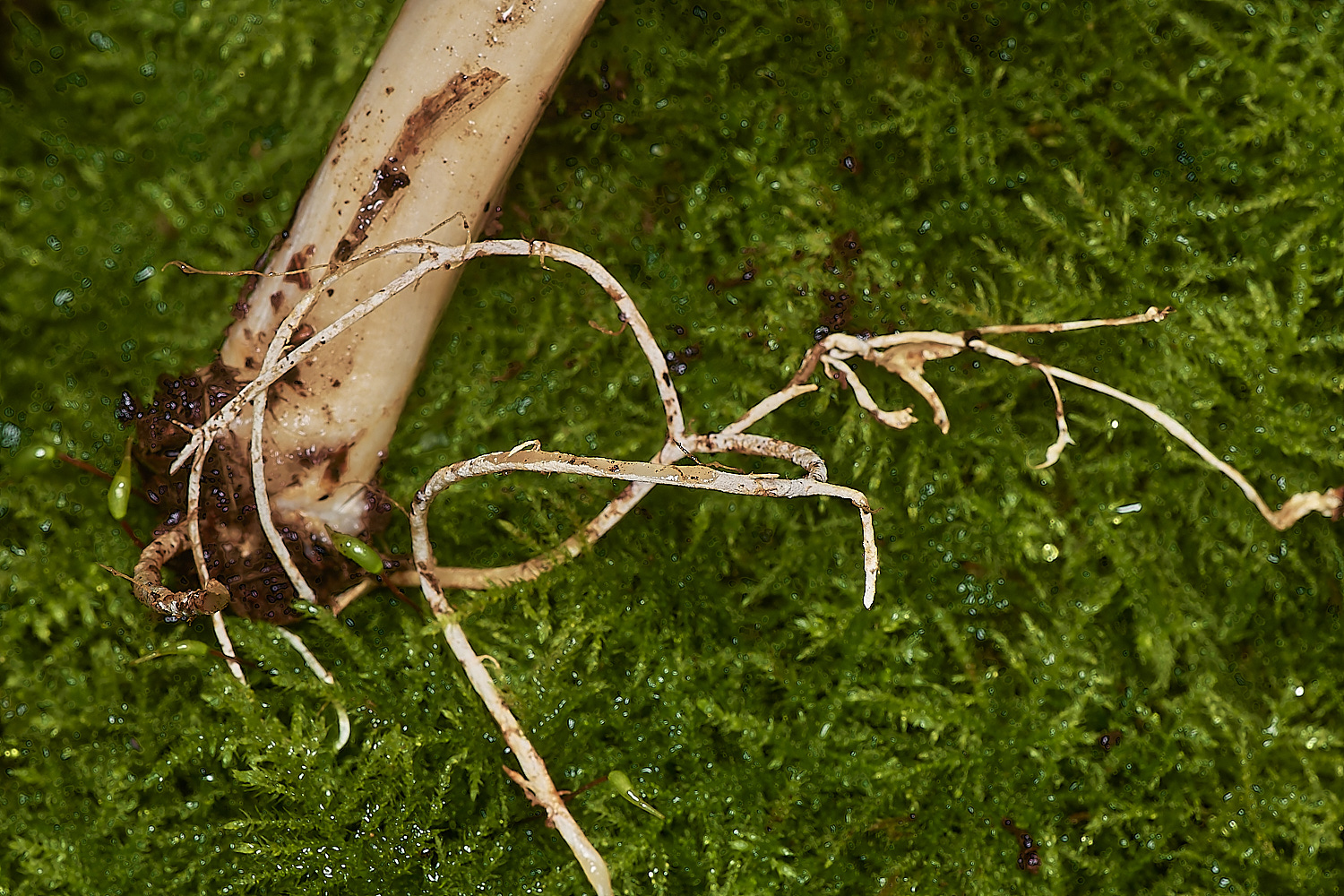

White Laced Shank (Megacollybia platyphylla)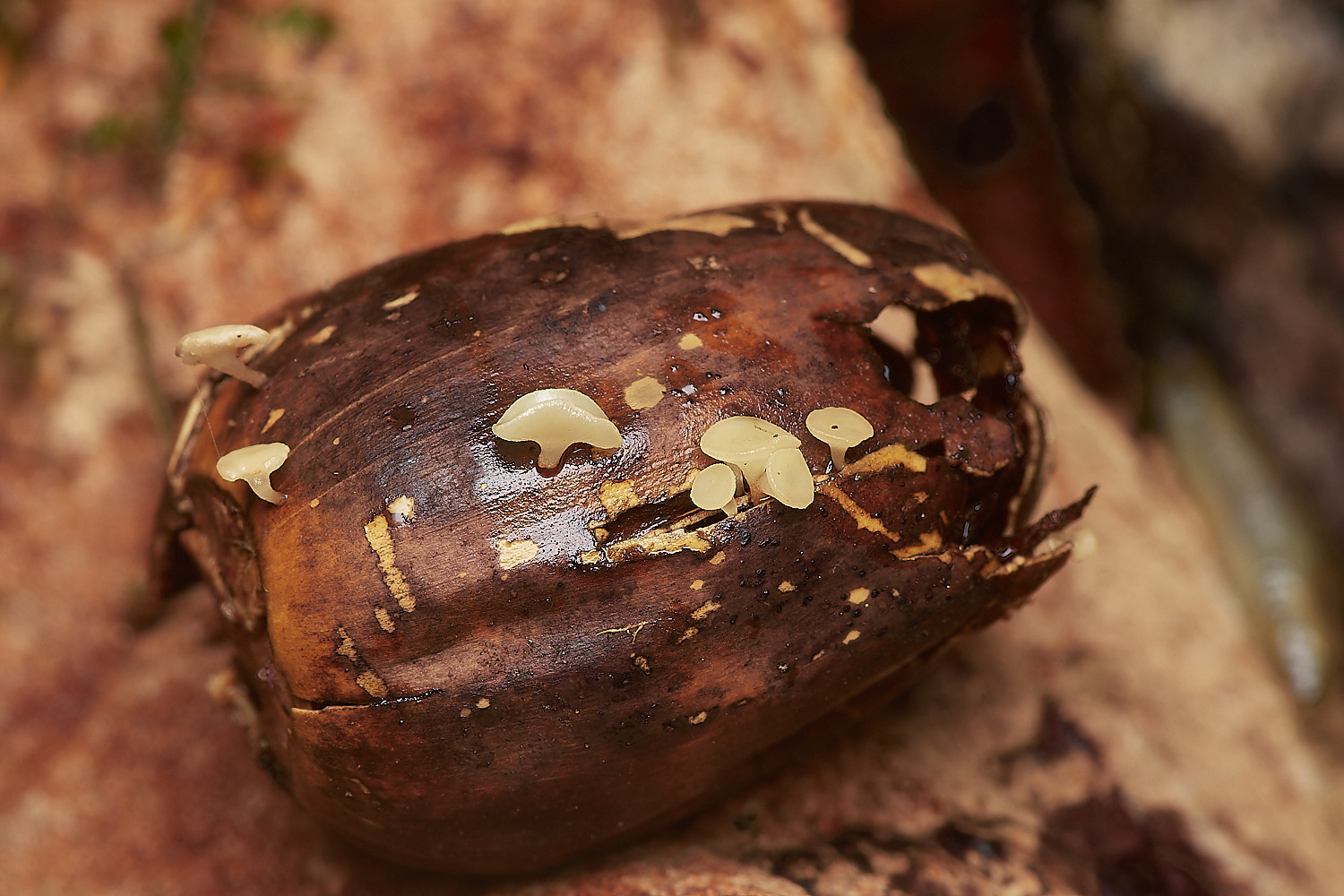
Nut Disco (Hymneoscyphus fructigenus)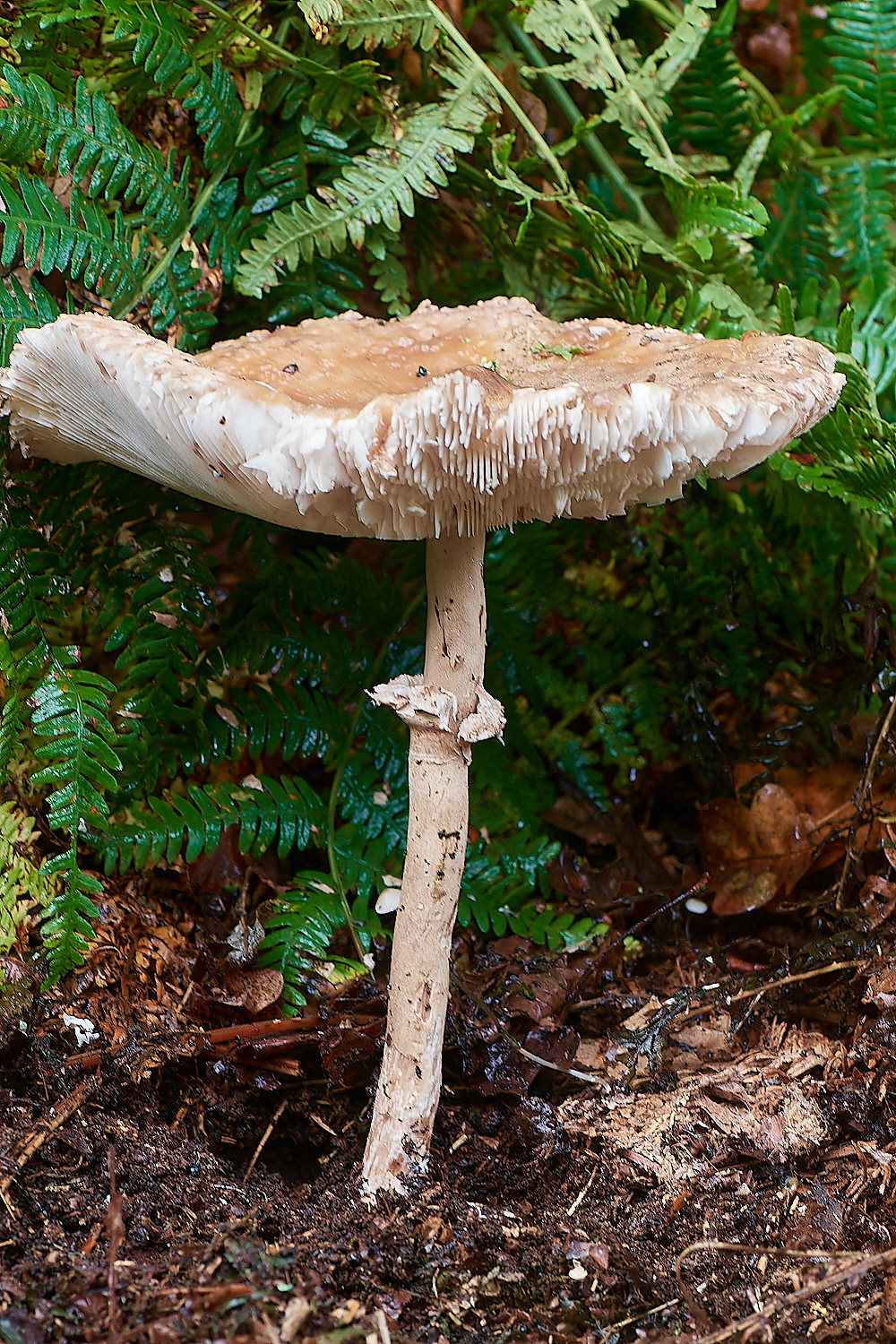
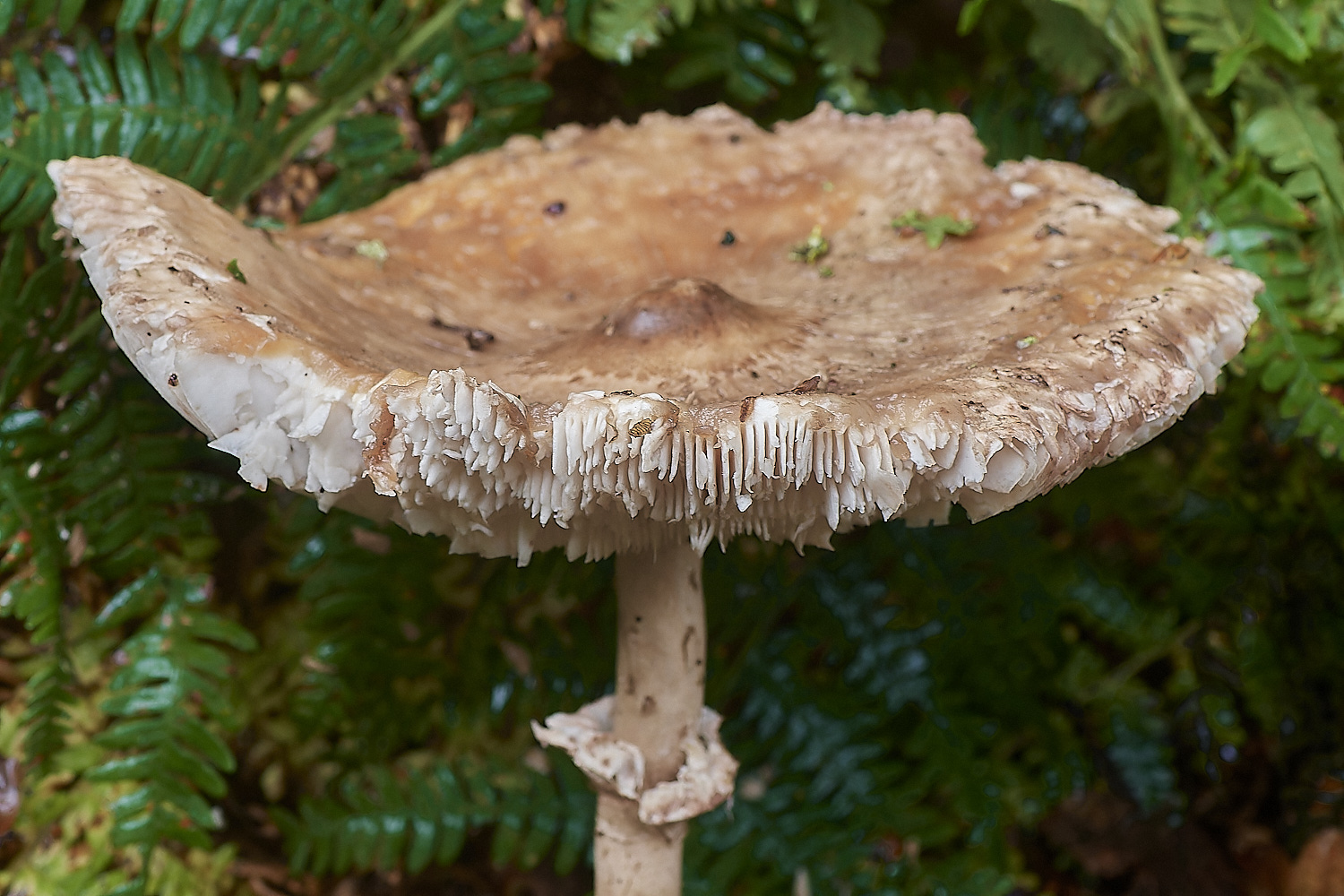
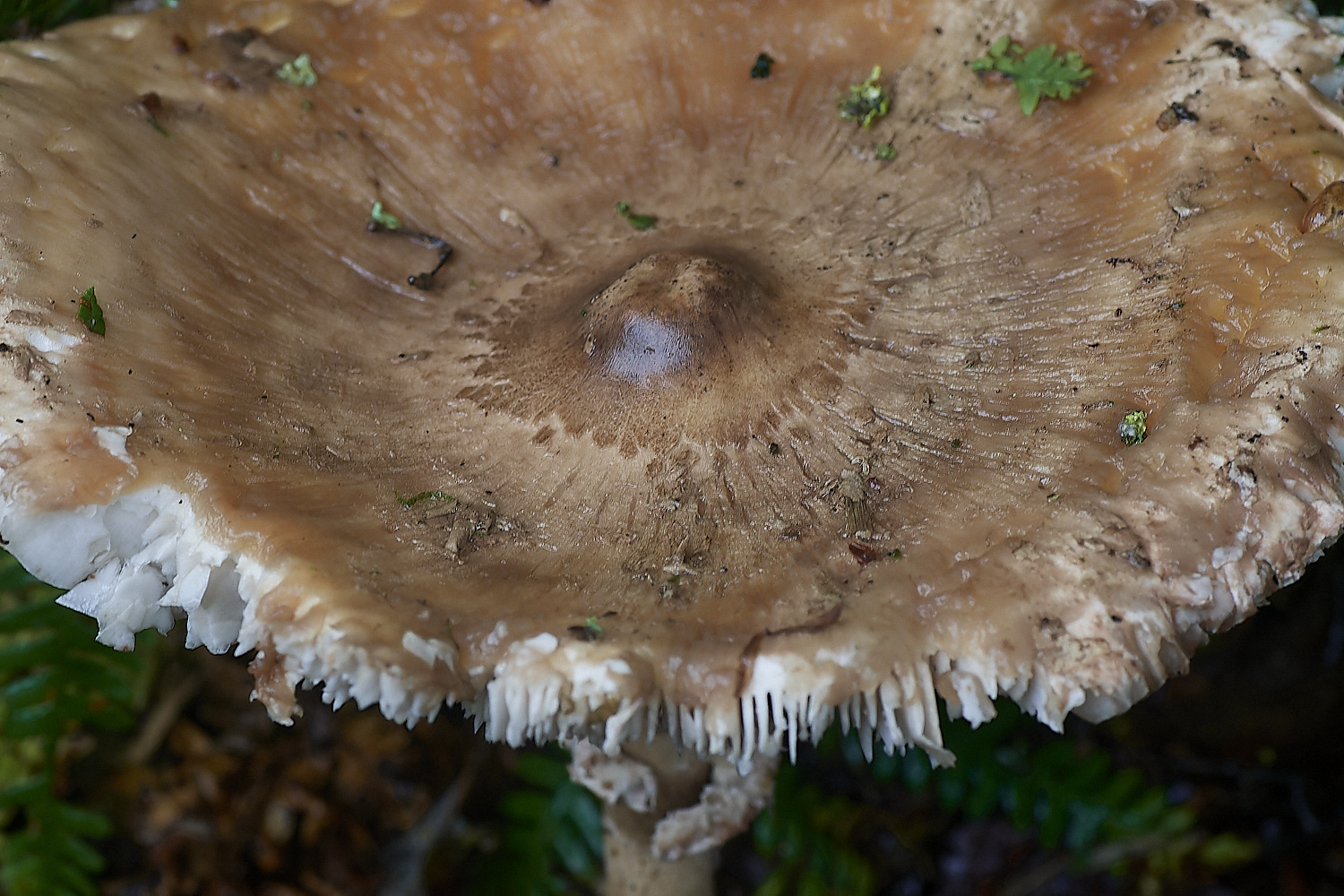
5?
From
Anne
Large Fungus Appreciation Society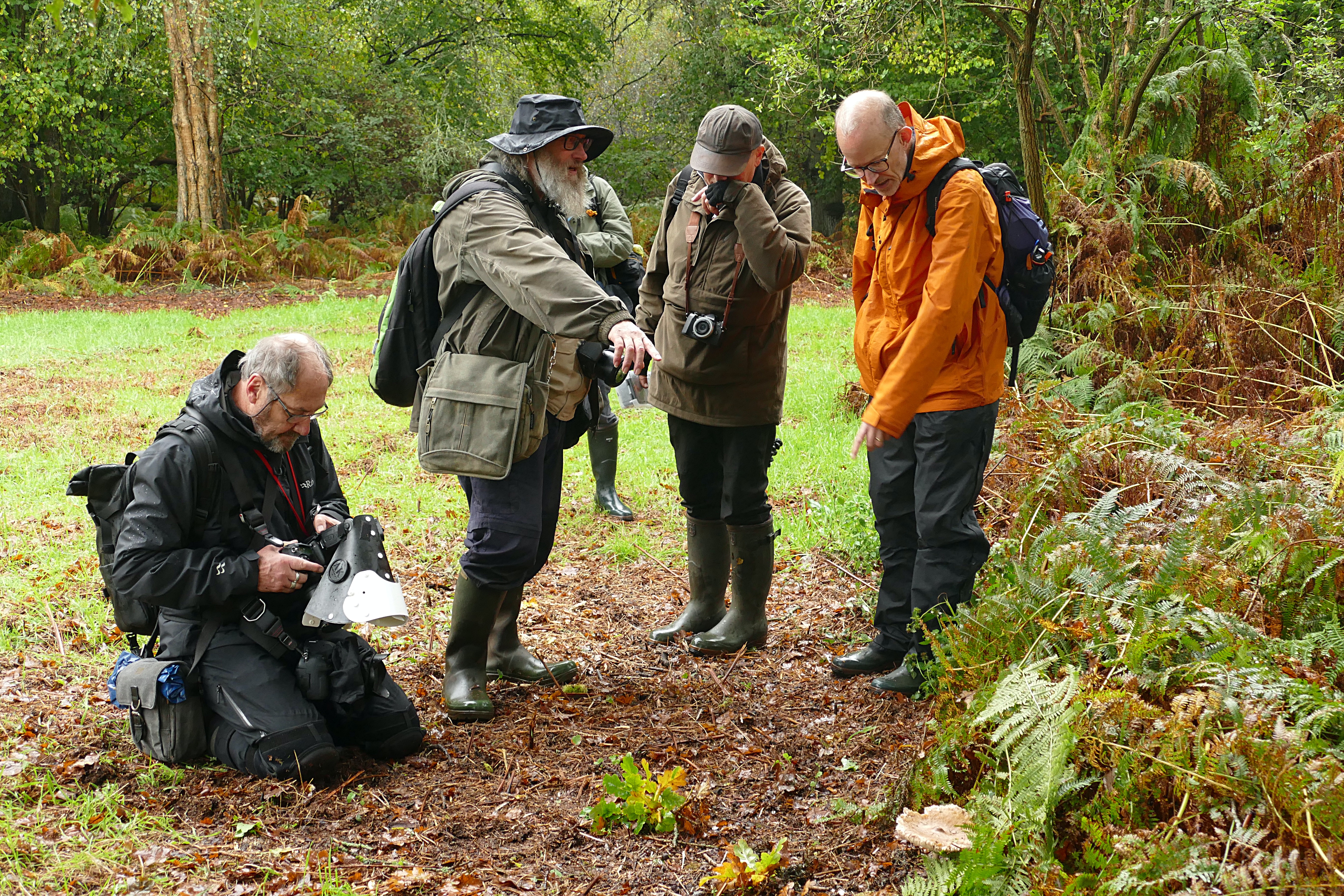

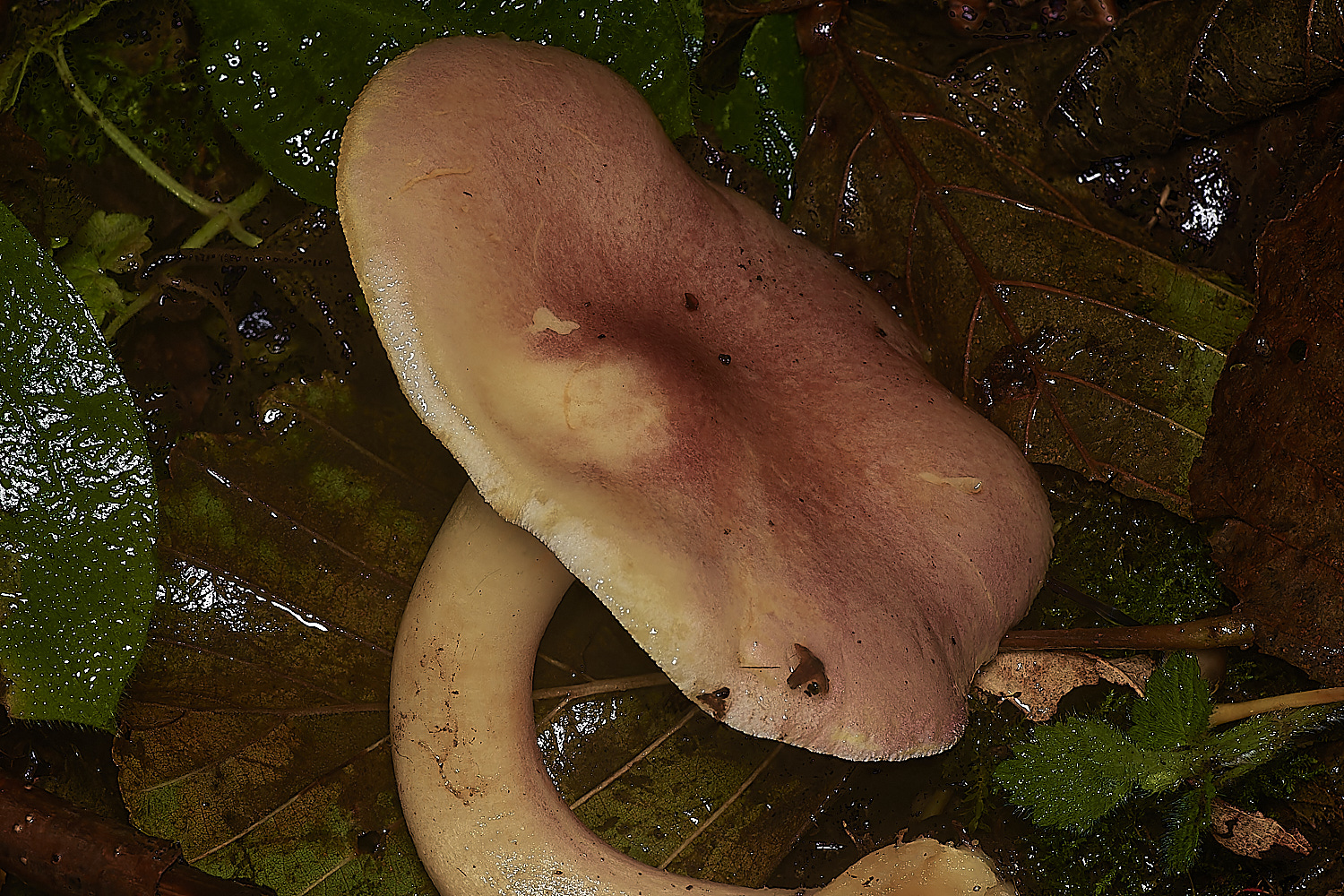
Plums & Custard (Tricholomopsis rutilans)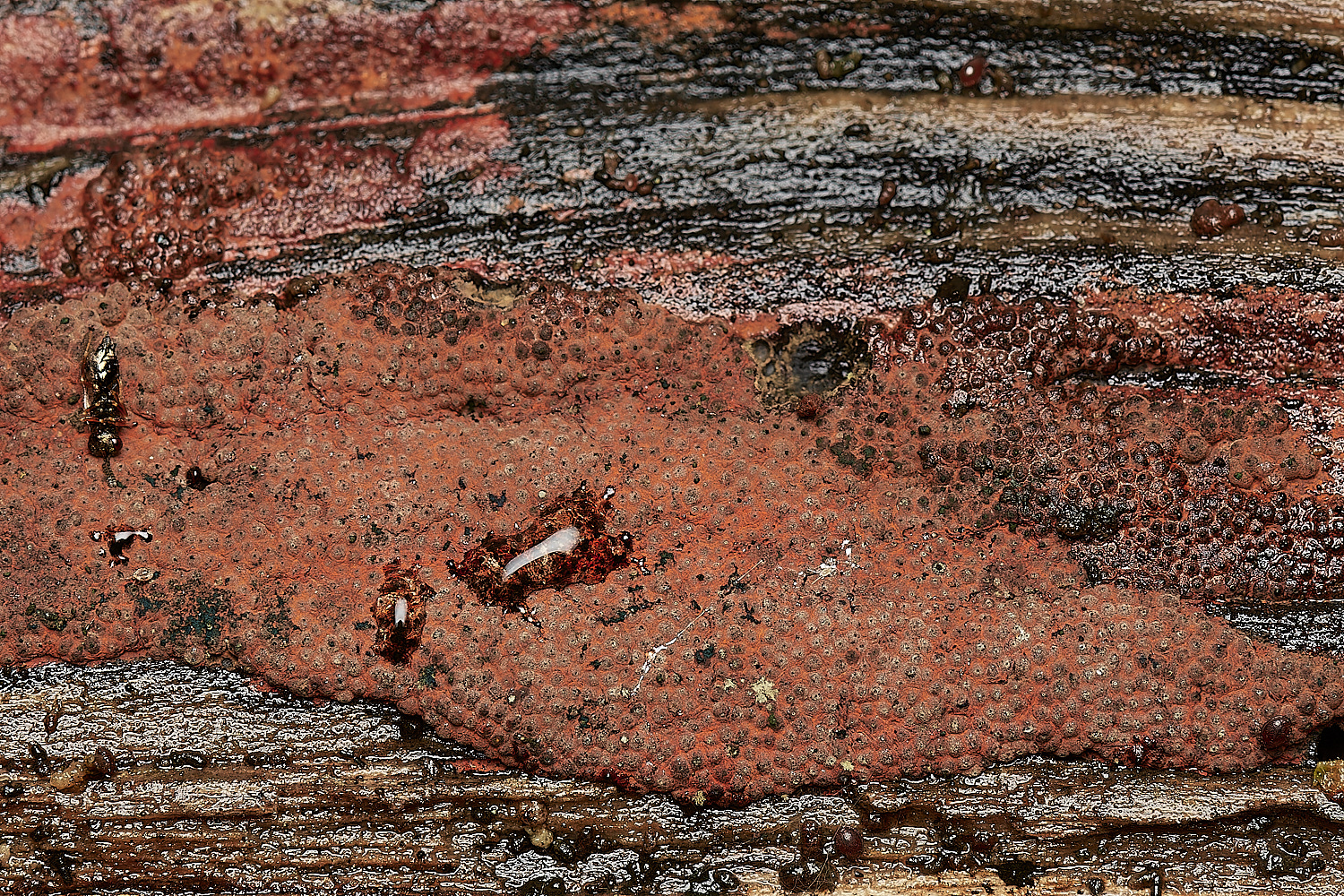
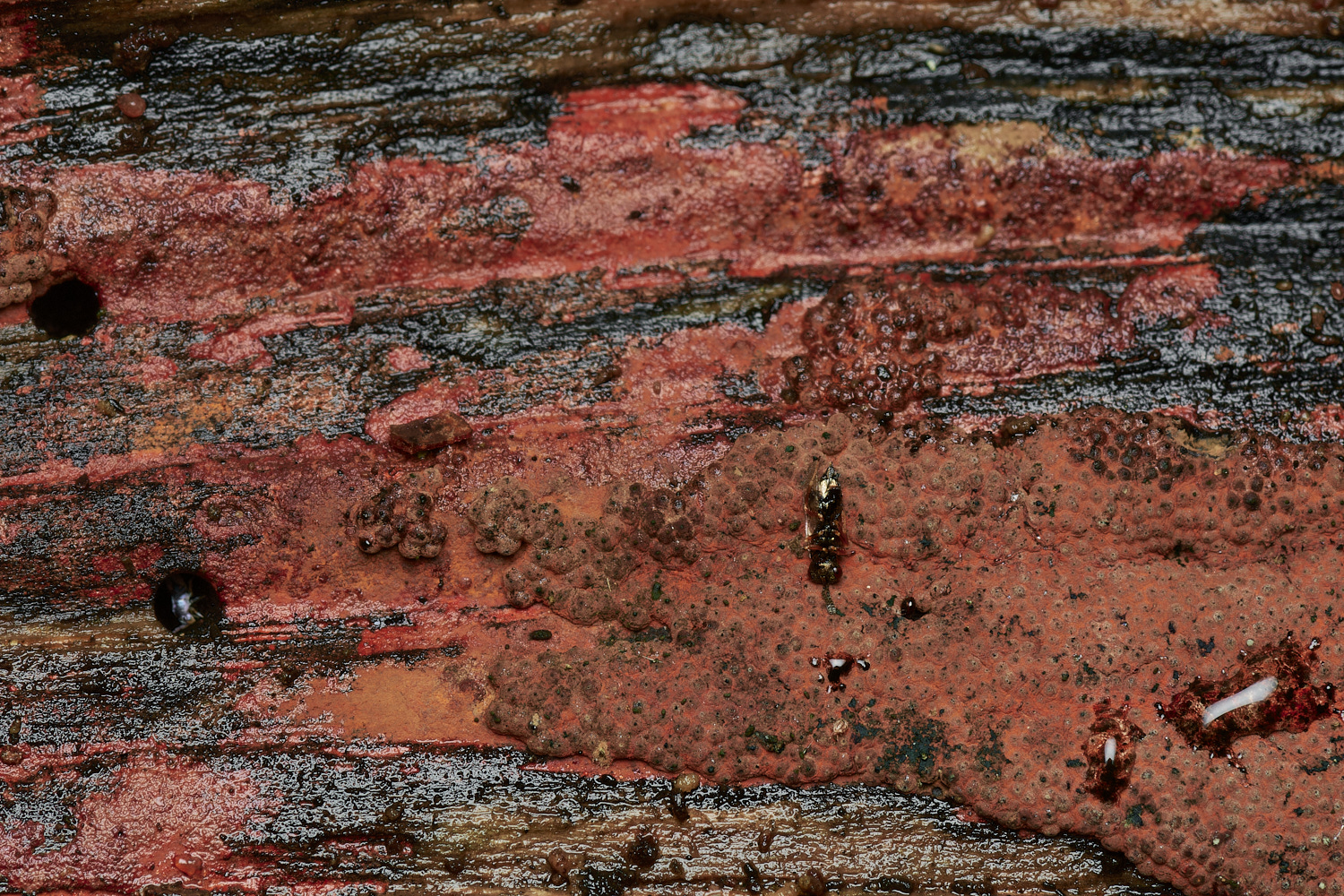
6?
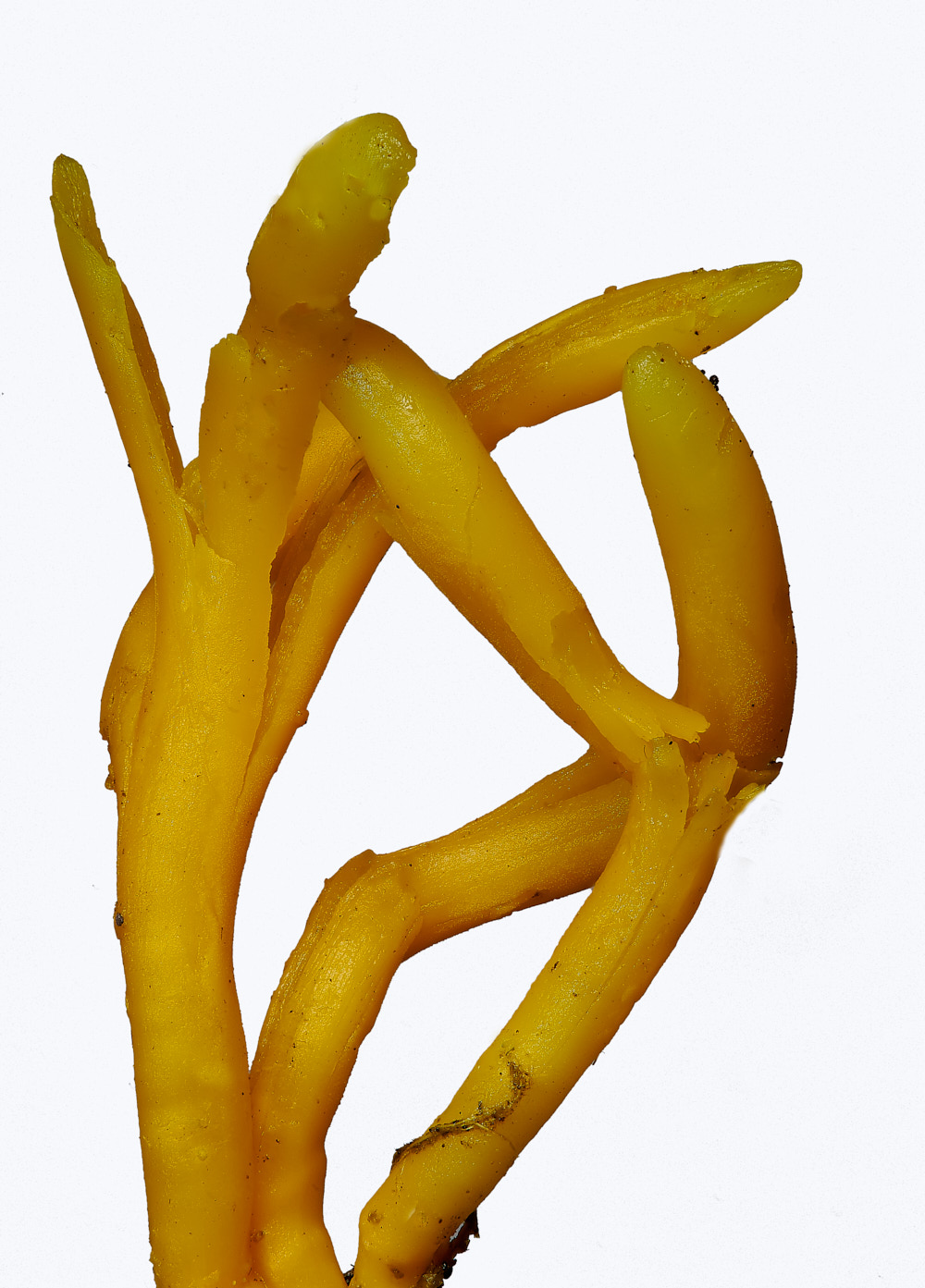
Spindle Sp
from
Steve
Yellow Club (Clavulinopsis helvola)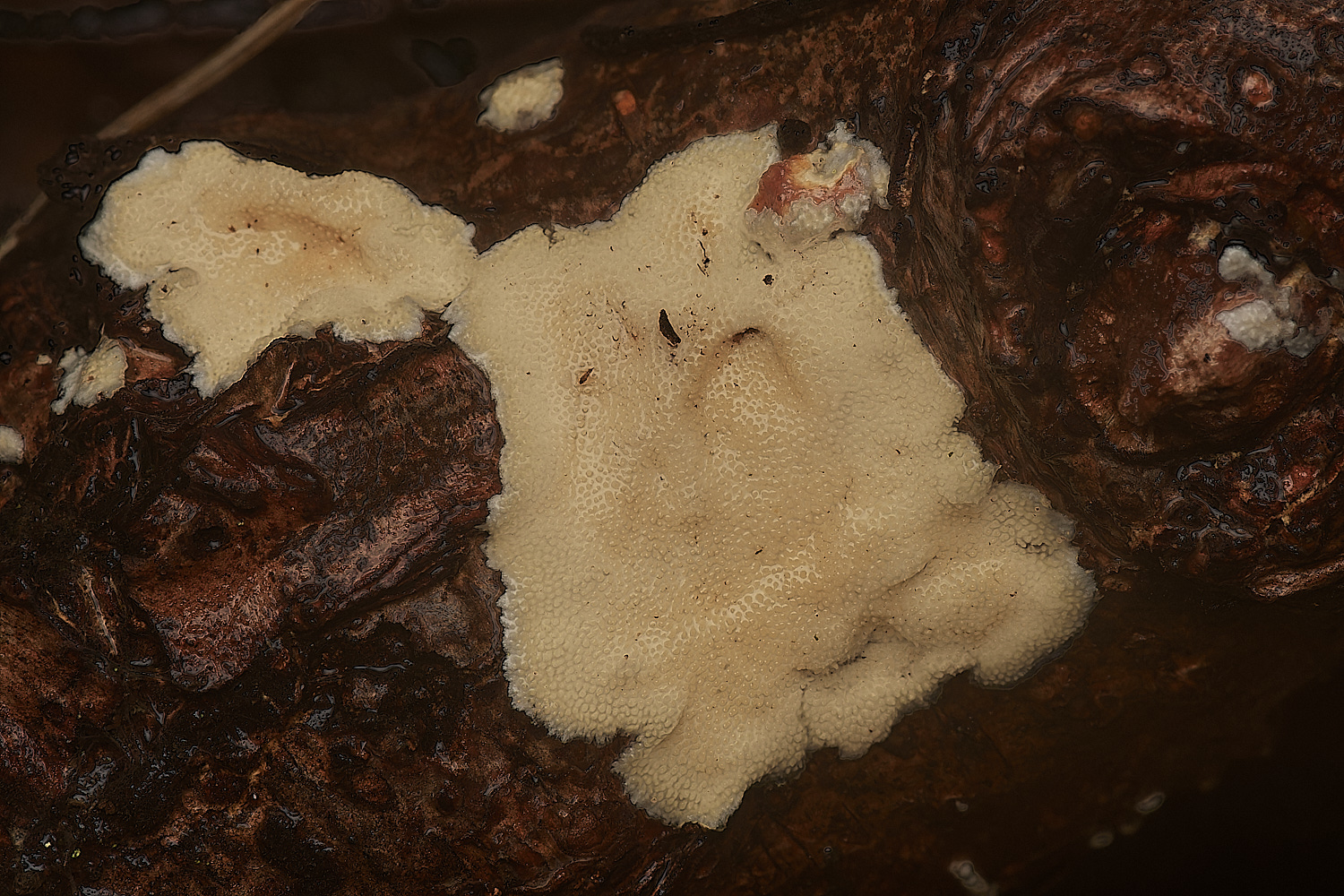
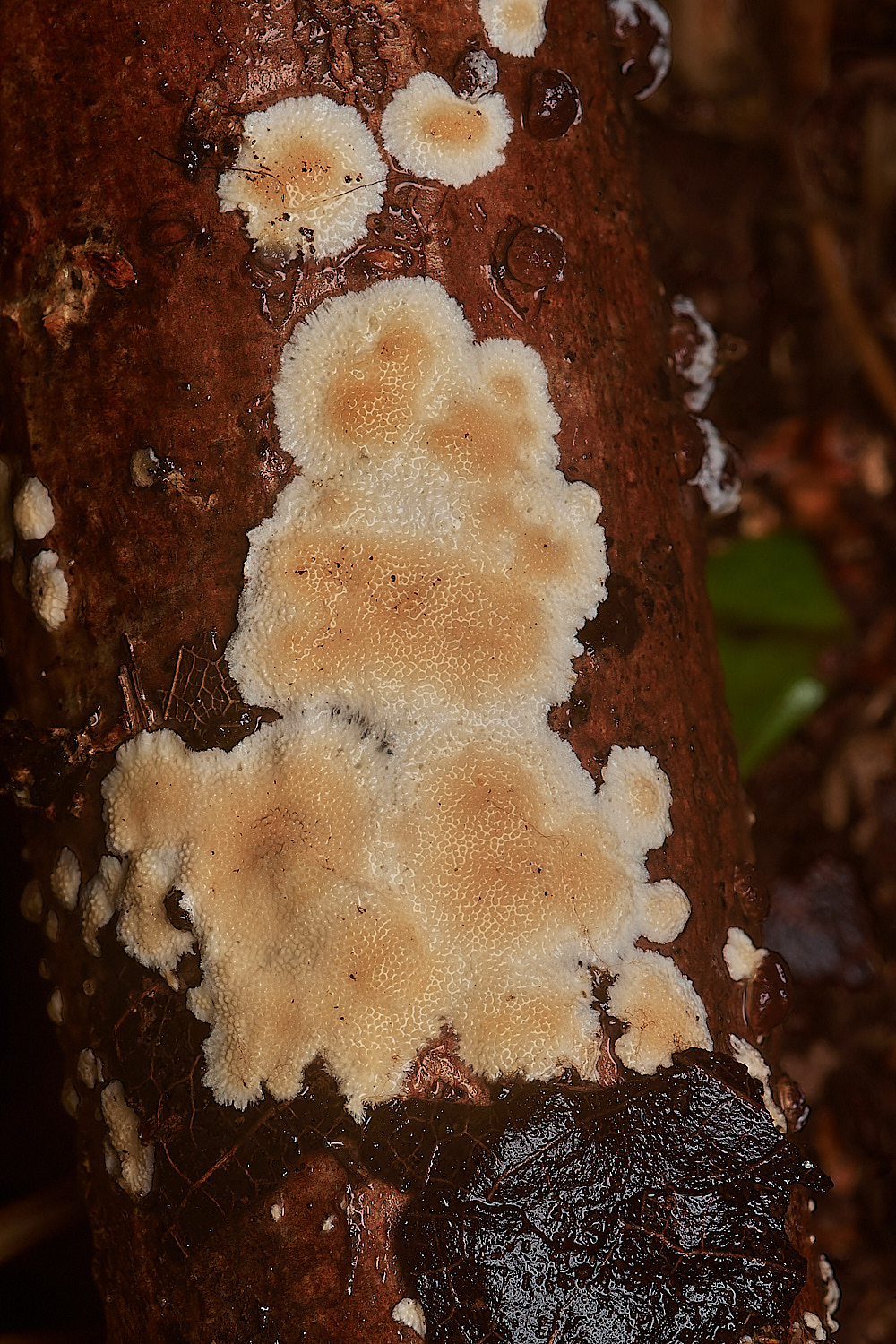
Young growth of Ochre Spreading Tooth (Steccherrinum ochraceum)
A wood rotting crust fungus of deciduous hard woods.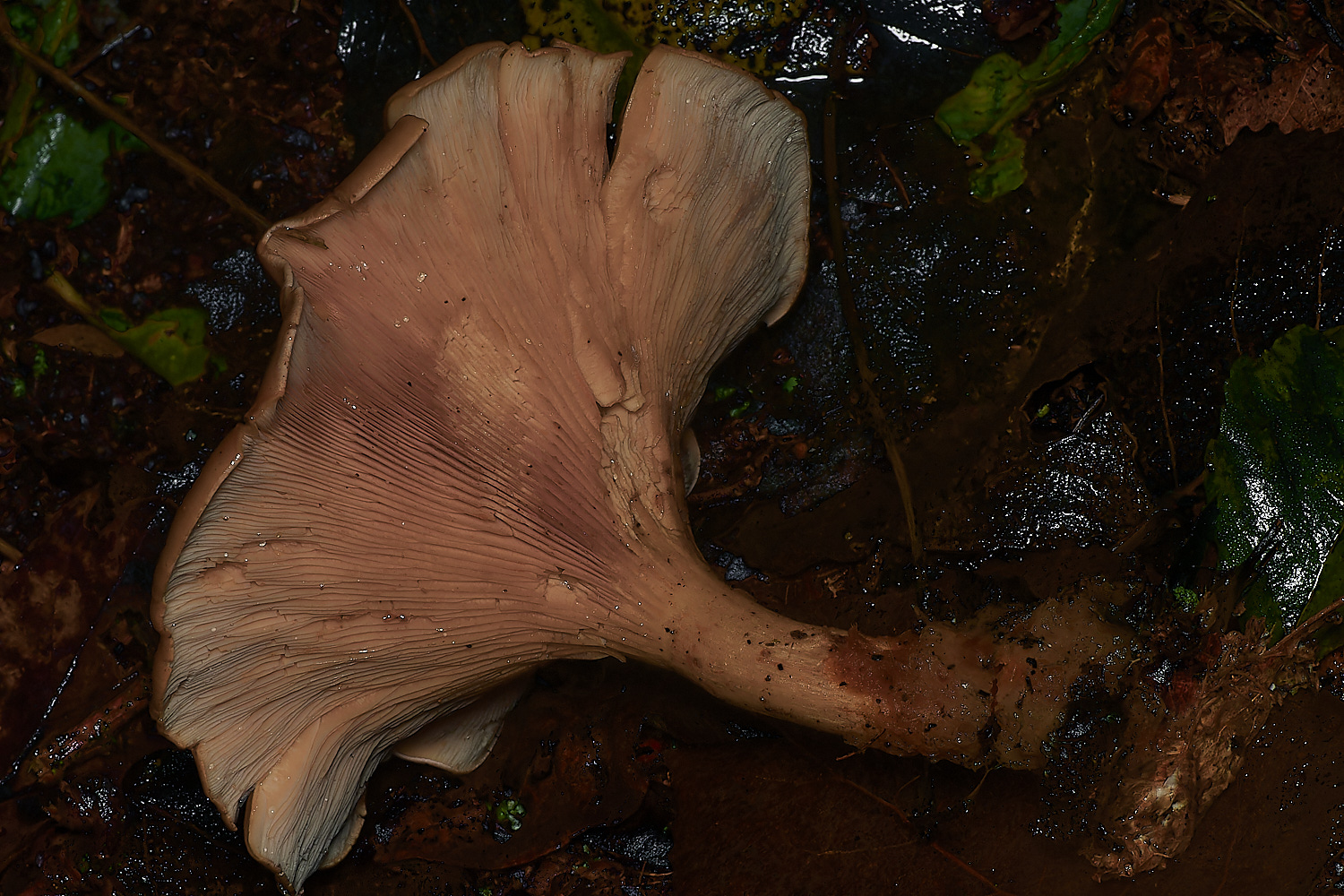

Tawny Funnel (Lepista flaccida)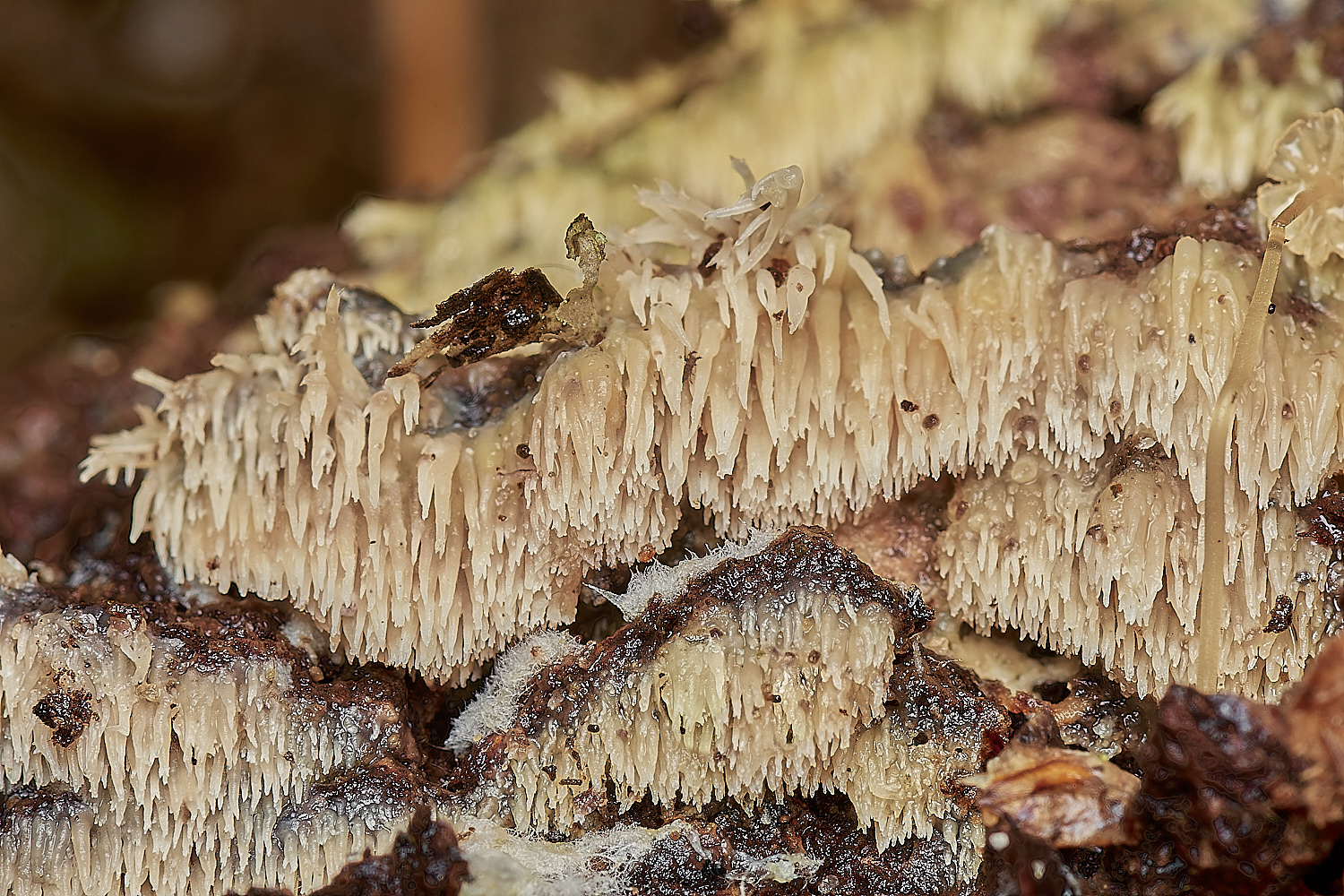
From
Tony L
The second was what I decided was Mucronella calva after much consideration. I could not decide whether it was a clustered clavarioid or a toothy resupinate. I tried to make it into Kavinia alboviridis (FTE1 p.1041) which is very rare. Although it had what appeared to be a 'cotton wool subiculum', it gave no colour with FeSO4 and had smaller spores so it wasn't. I have two reservations with M. calva - height was up to 2mm but FTE states up to 1.5mm, and the very few spores I could find (it was deteriorating quickly even on Saturday evening) appeared to be non-amyloid although otherwise consistent. Did anyone else take a piece? M. calva would be the 4th Norfolk record. I dried what remained.
Further to this Tony then added
Looking at your image of Mucronella calva I am increasingly doubtful of my identification -
it really should not have branched or bifurcate 'teeth'. If the team wanted you could try to get a sequence. I will write it up as aDNA proposal.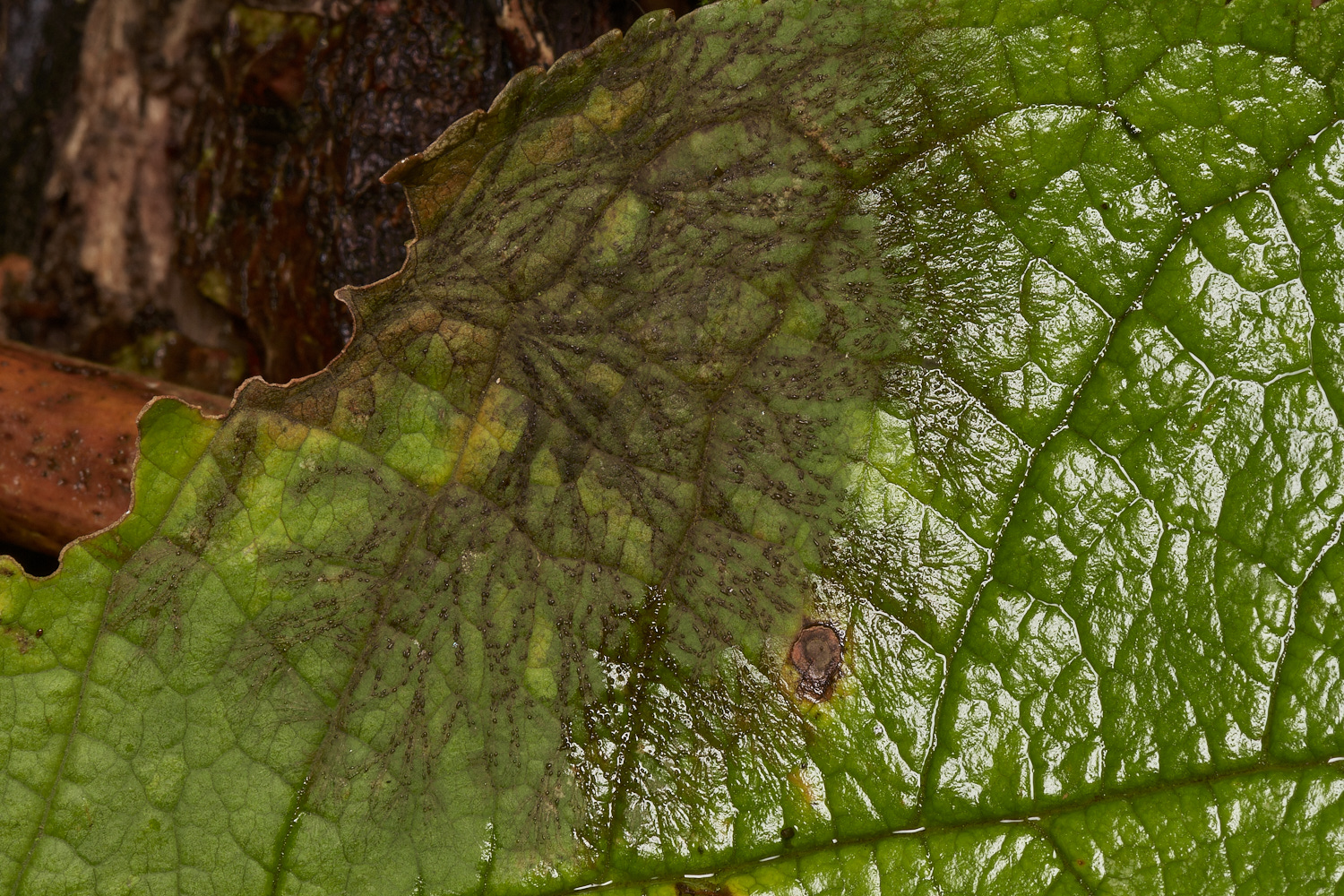
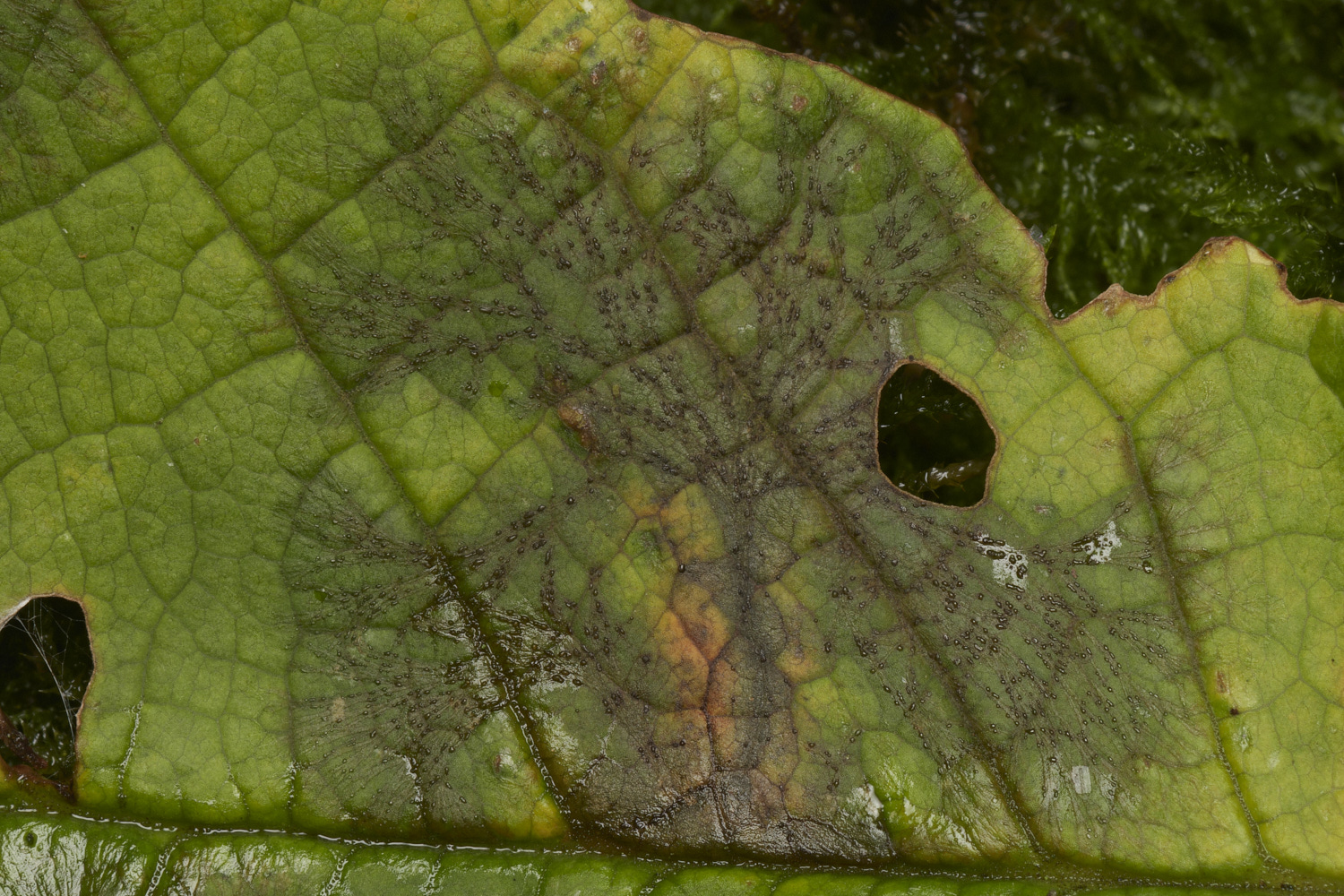
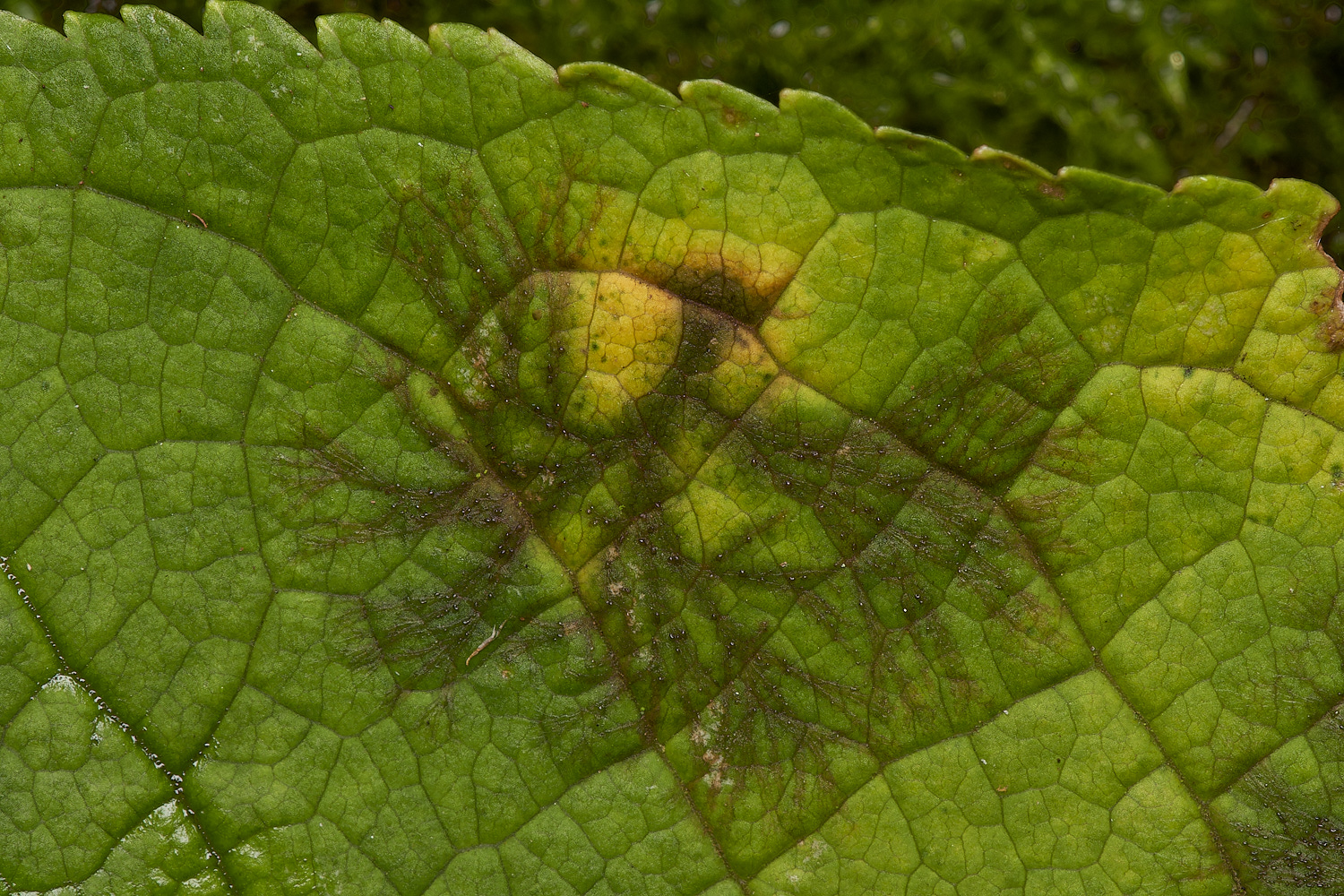
Asteroma padi A micro fungus found on Bird Cherry (Prunus padus)
Curious how in these instances the growth form of the fungus is reminiscent of the branching structure of a tree.
Notice also the dulling effect on the surrounding tissue compared with the glossy greenness of unaffected tissue. 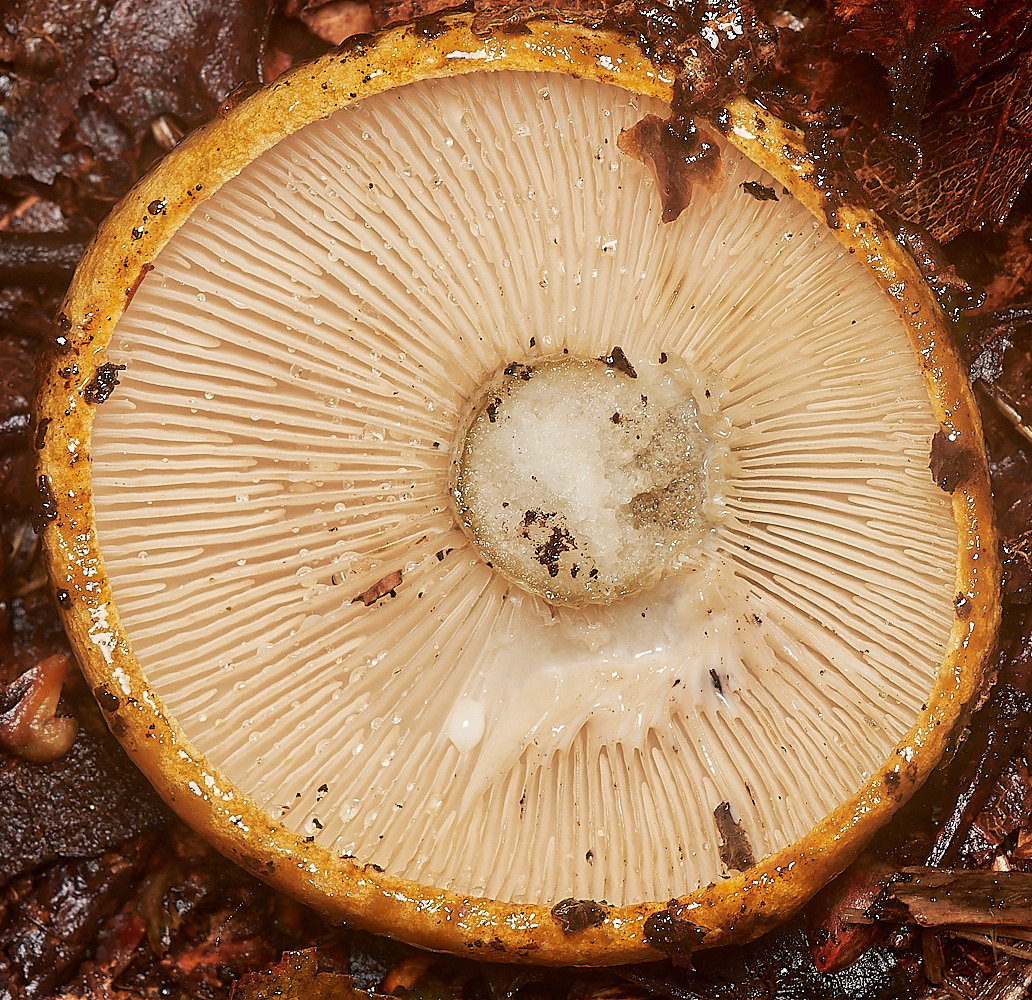
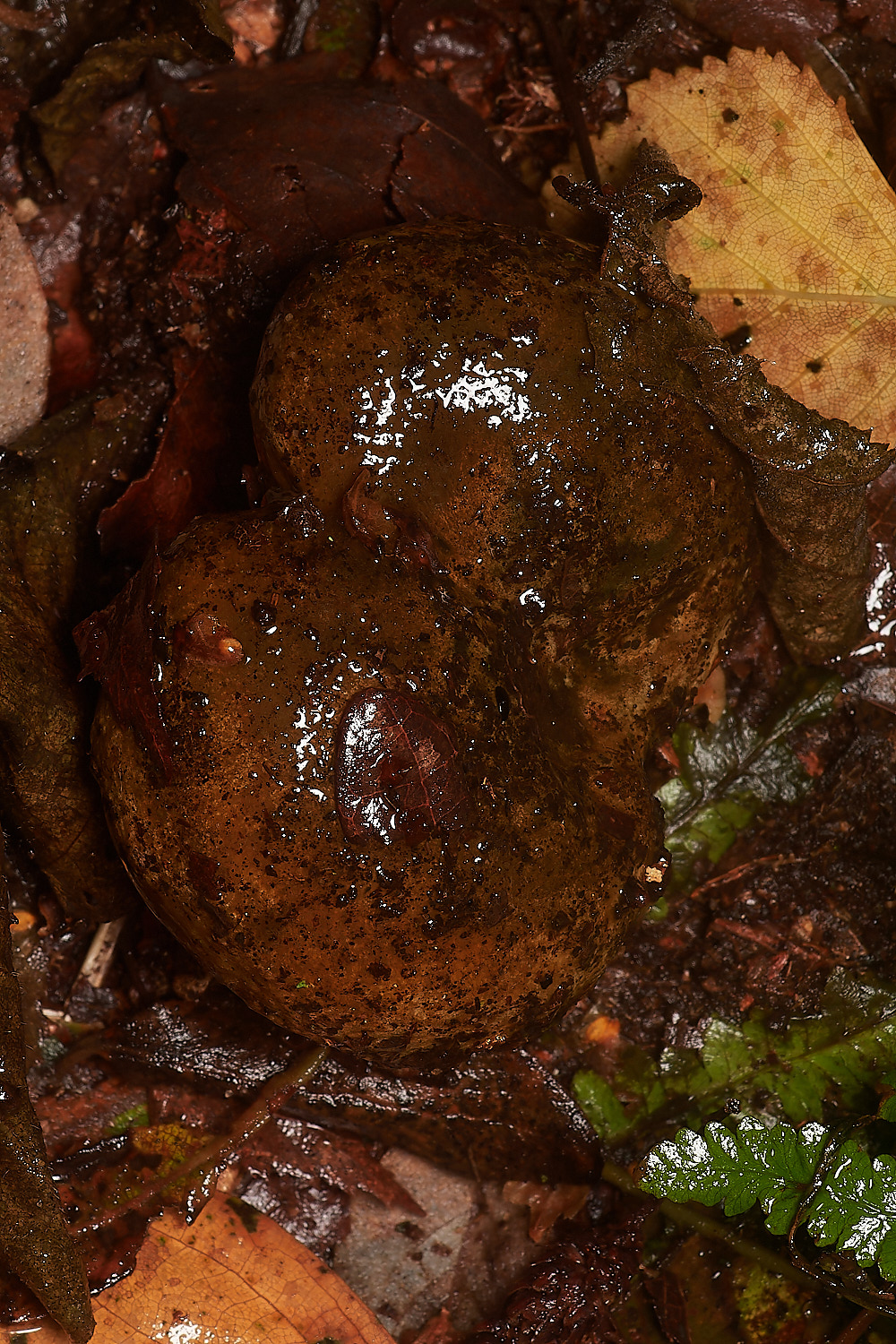
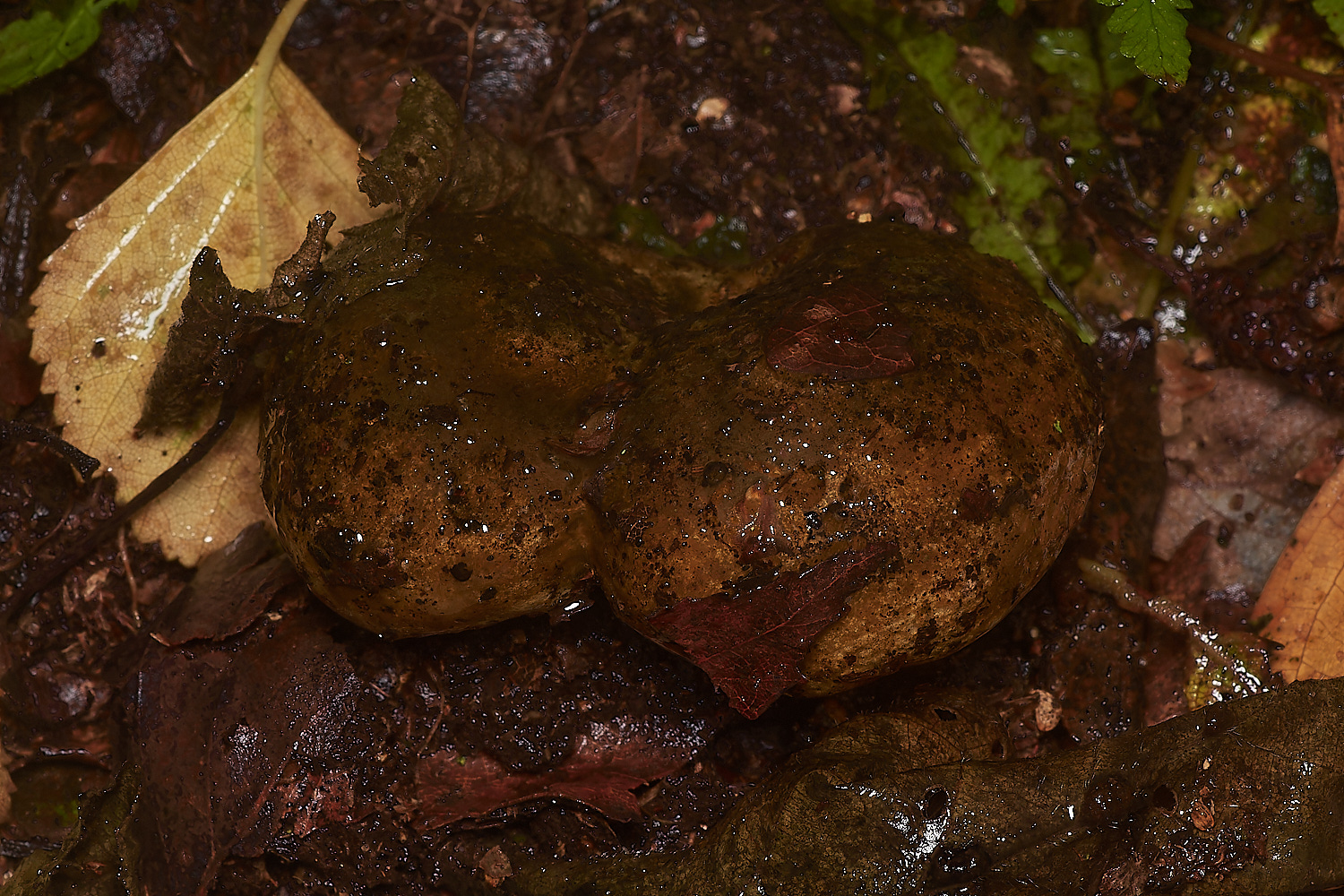
Ugly Milkcap (Lacarius turpis)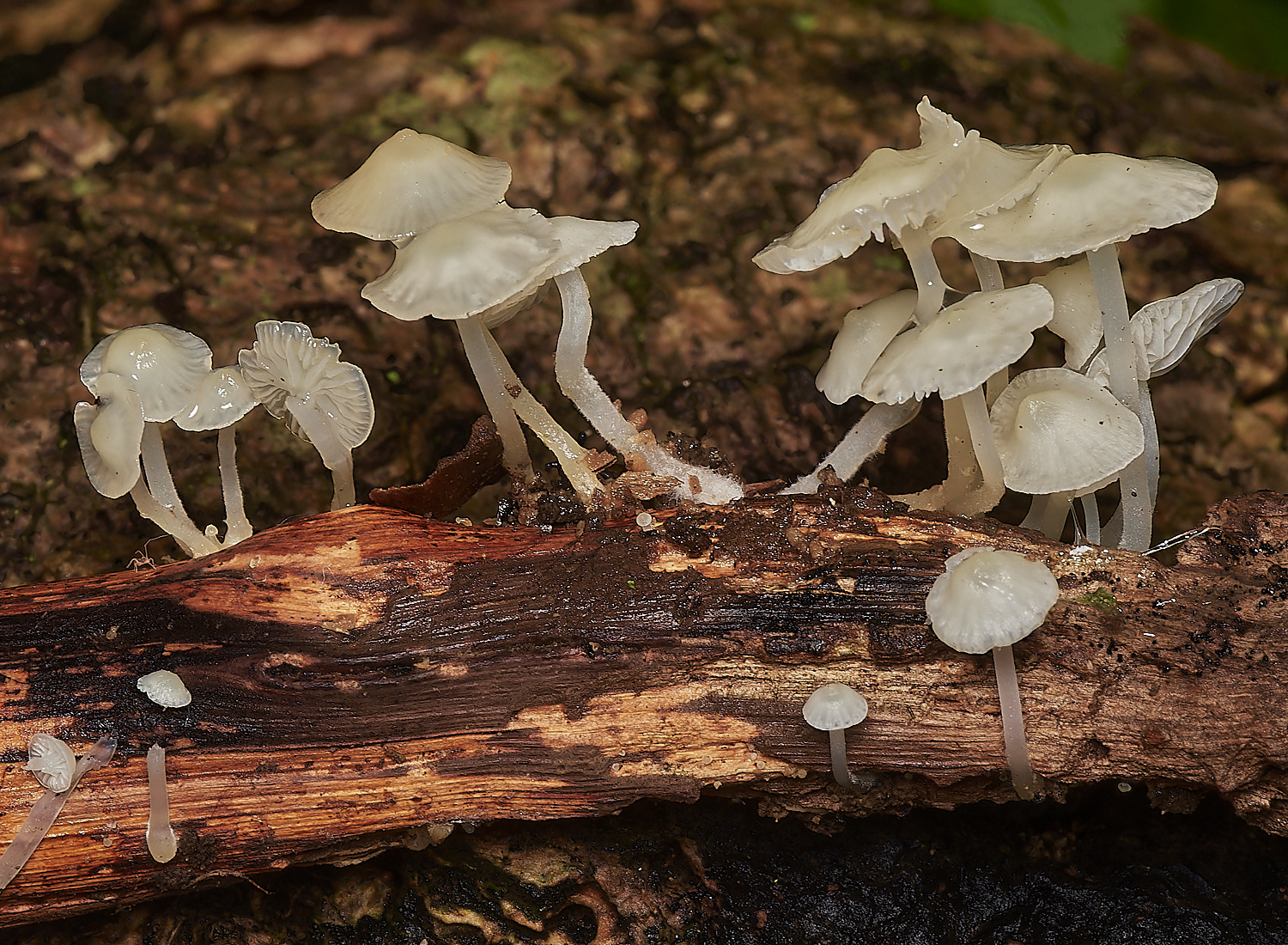
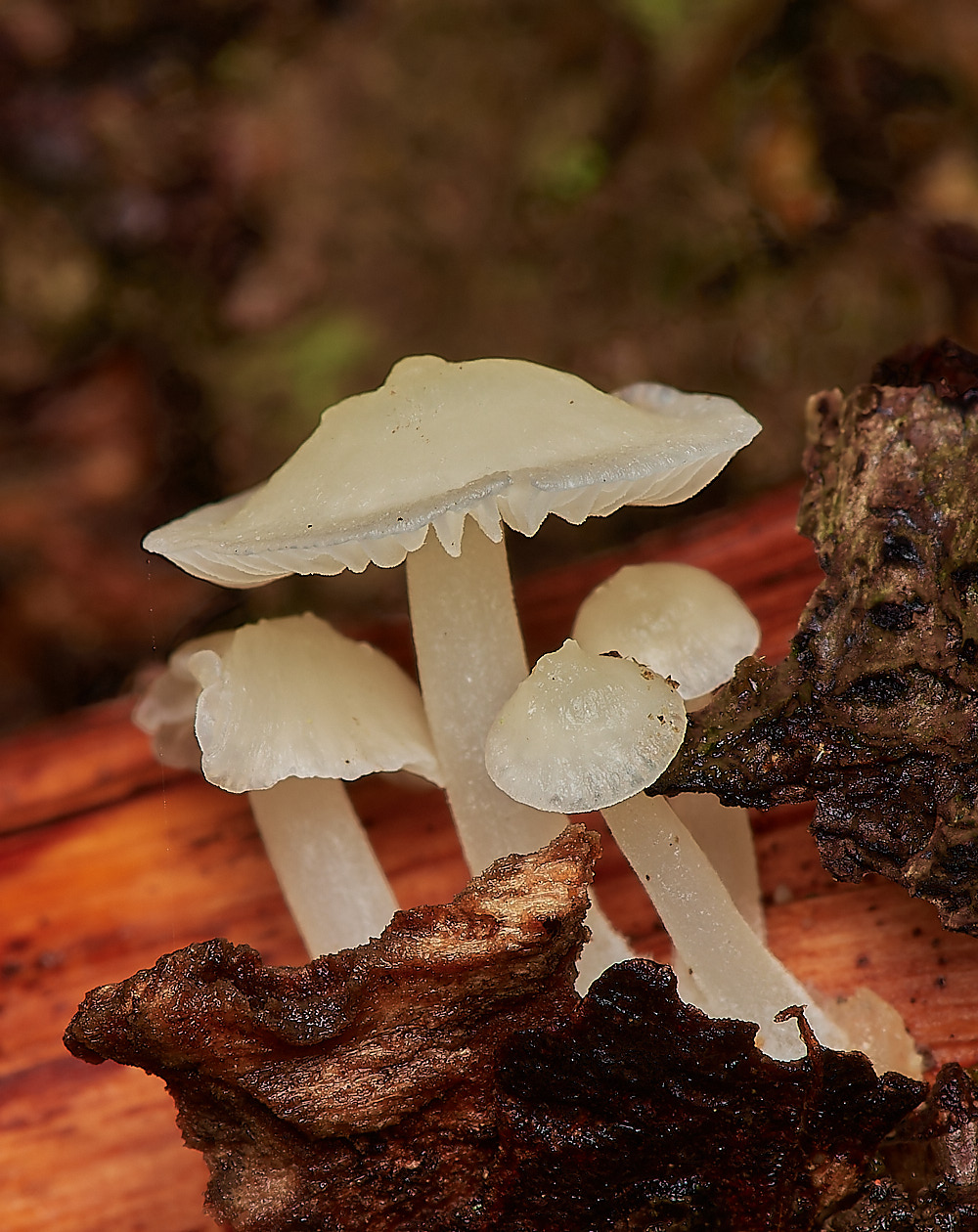
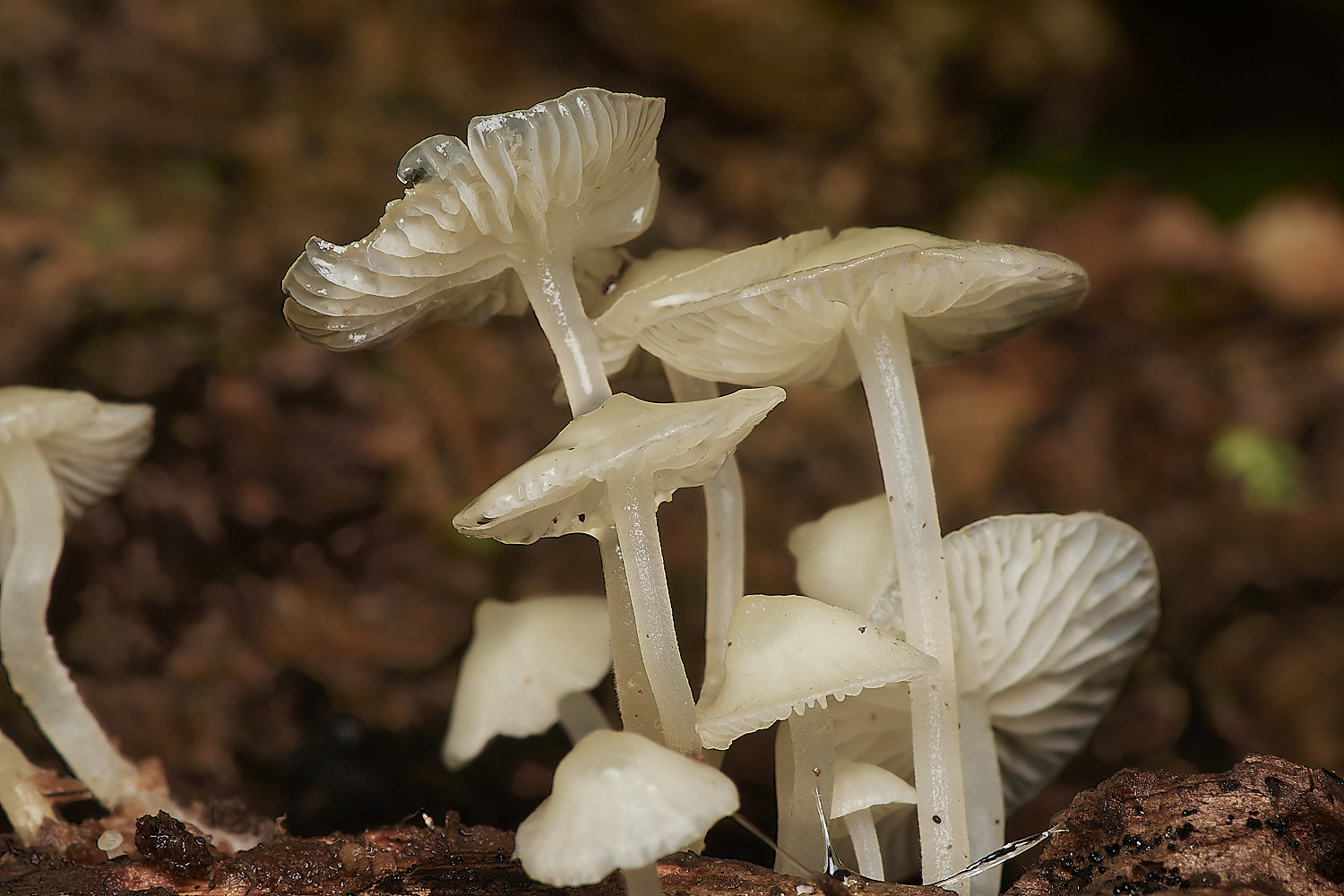
9?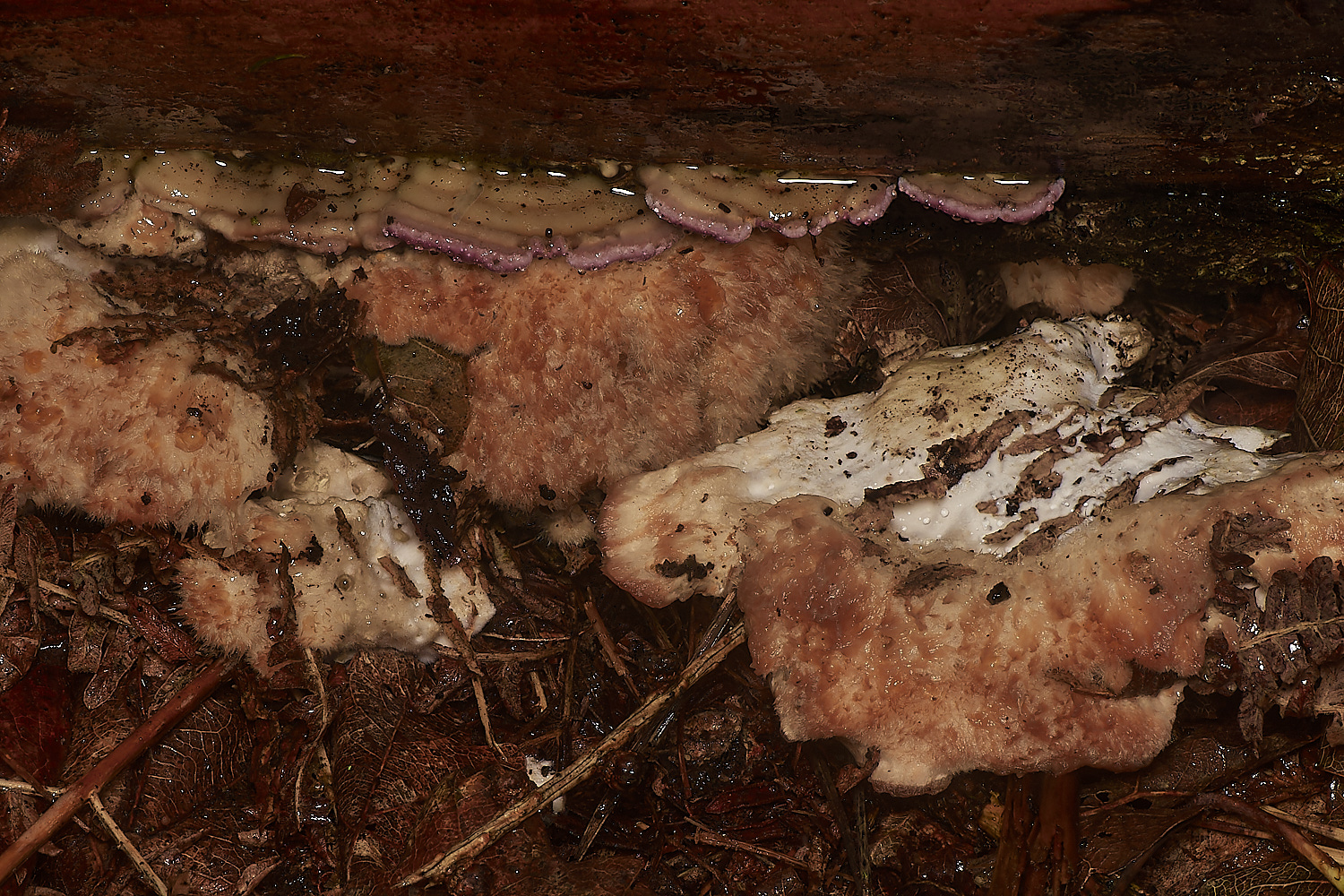
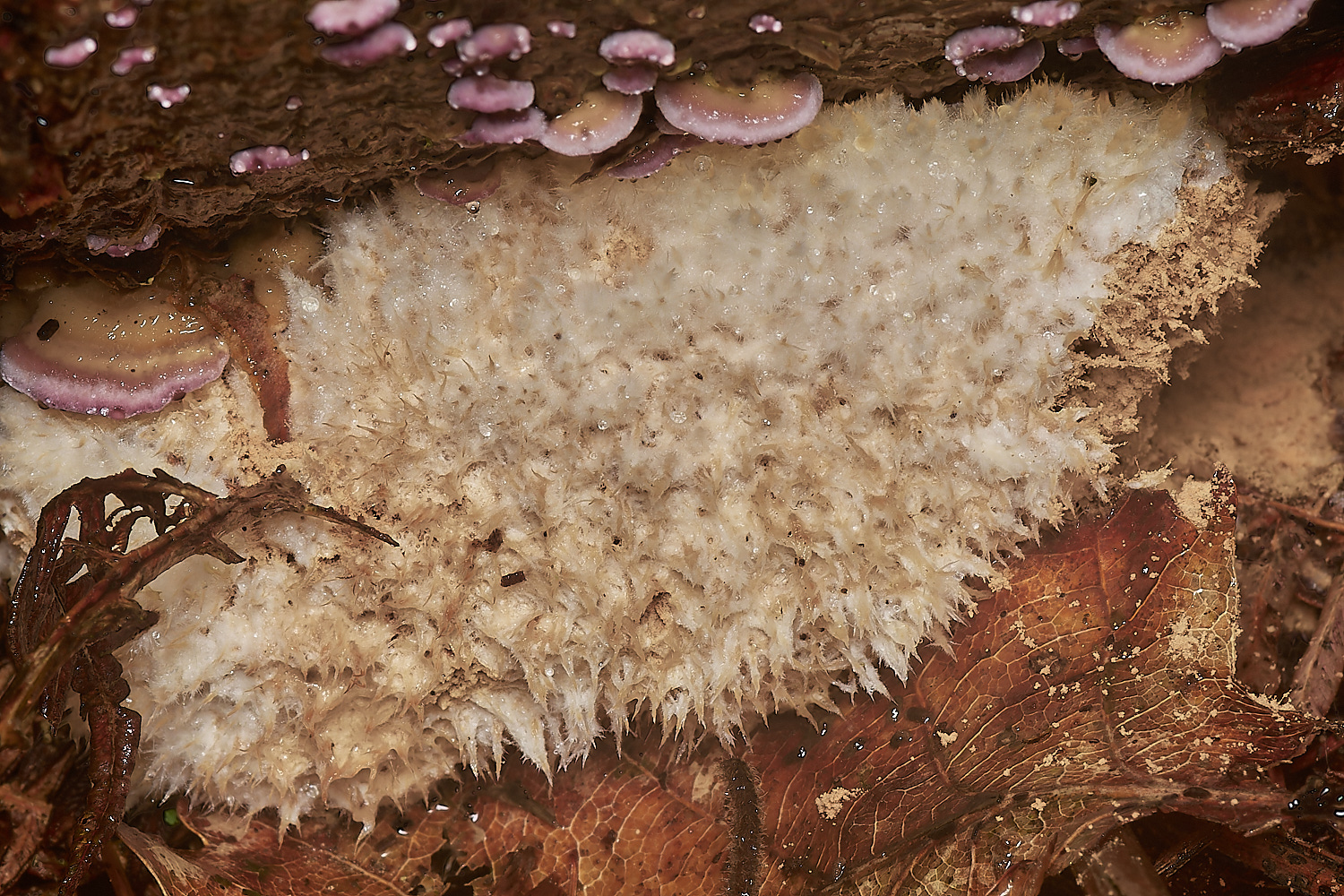
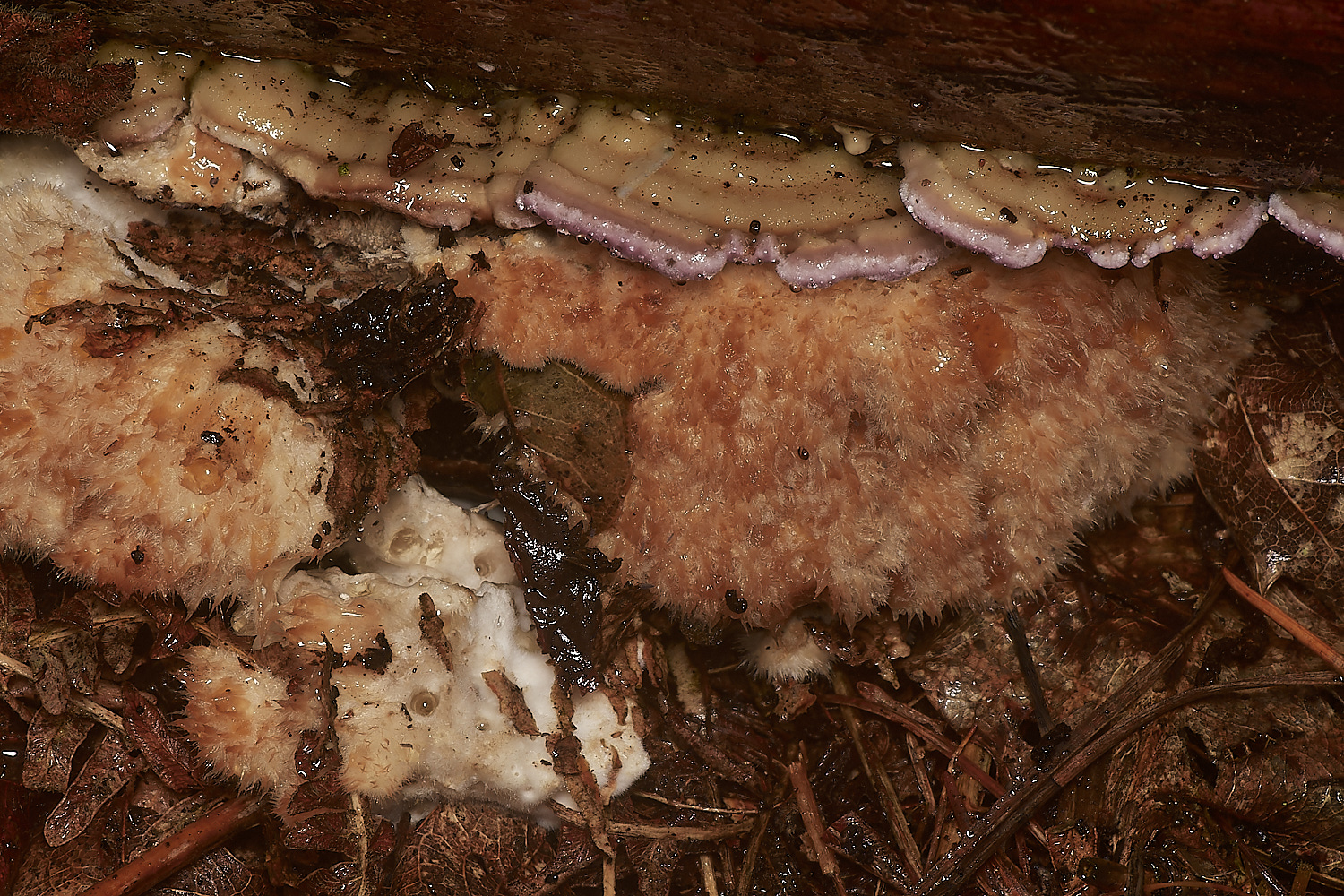
Powderpuff Bracket (Postia ptychogaster)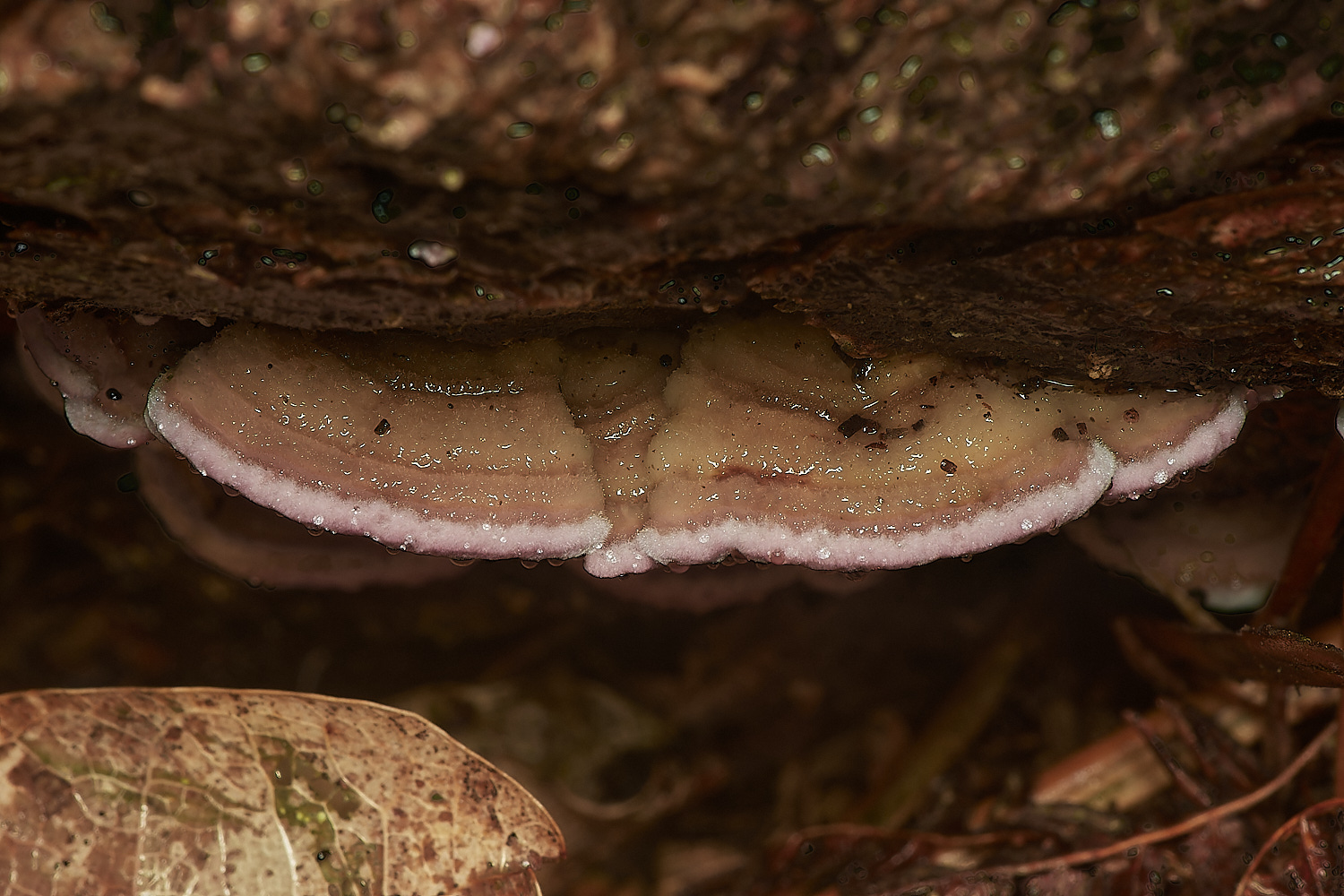
Purplepore Bracket (Trichaptum abietinum)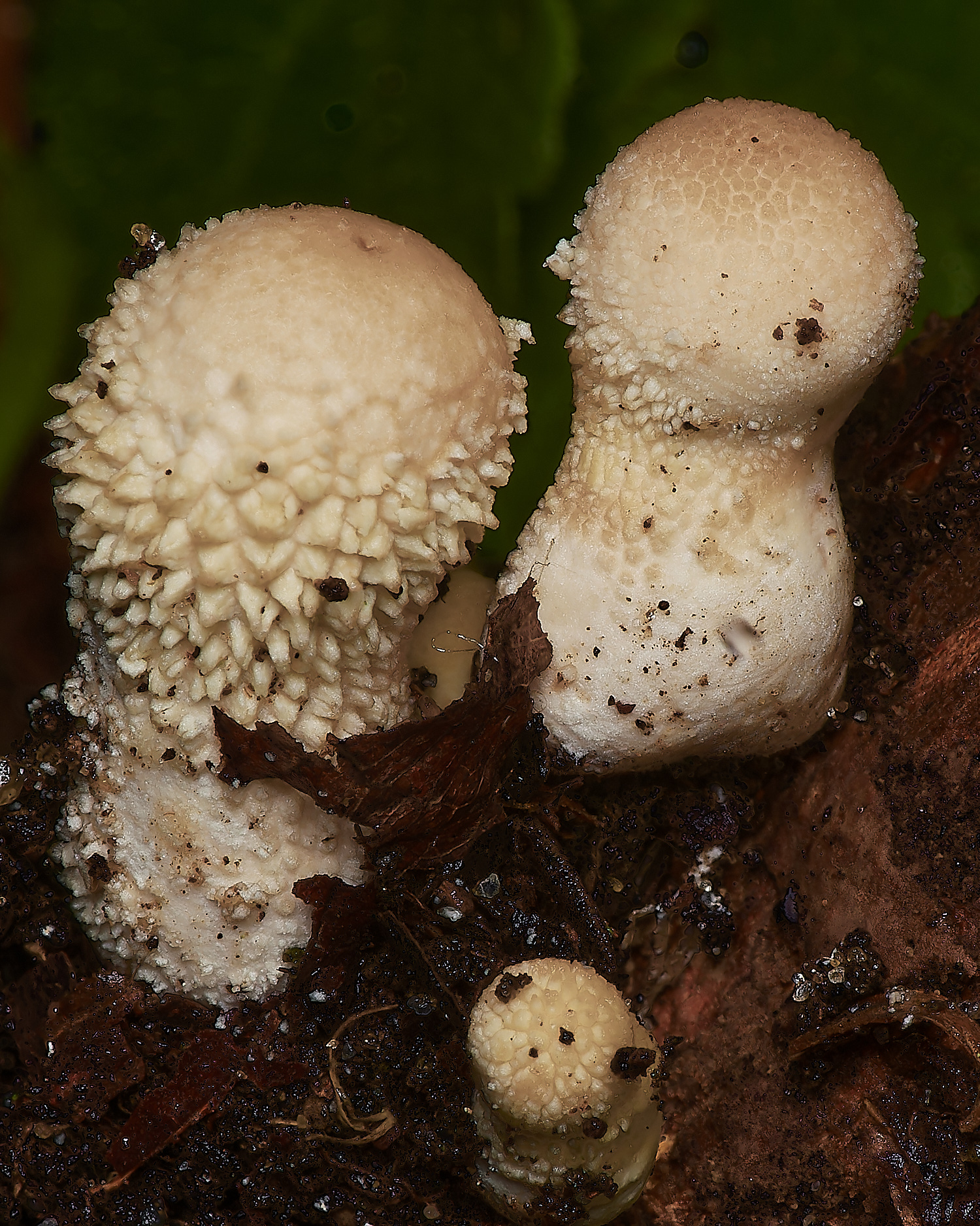
Common Puffball (Lycoperdon periatum)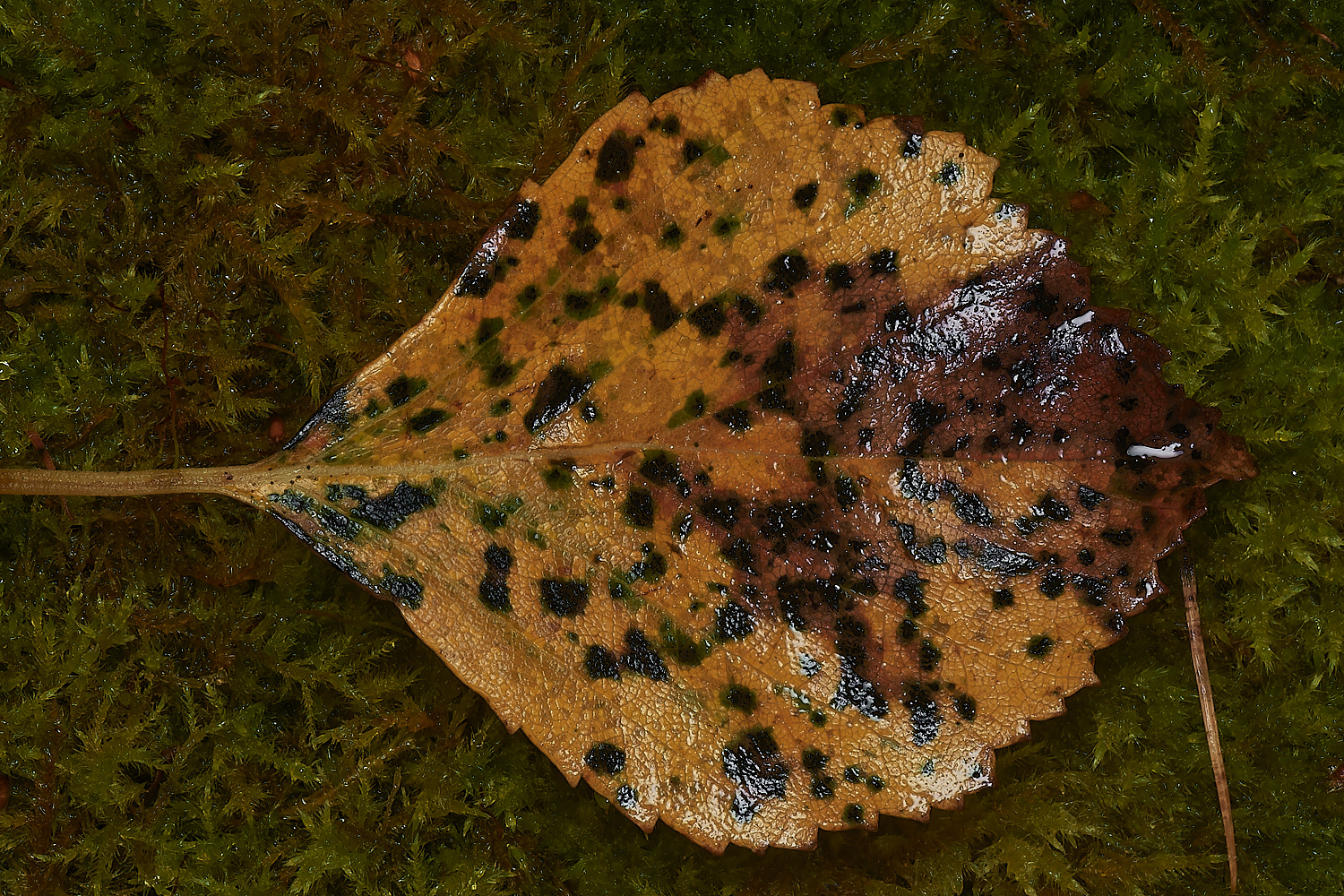
Marssonina betulina 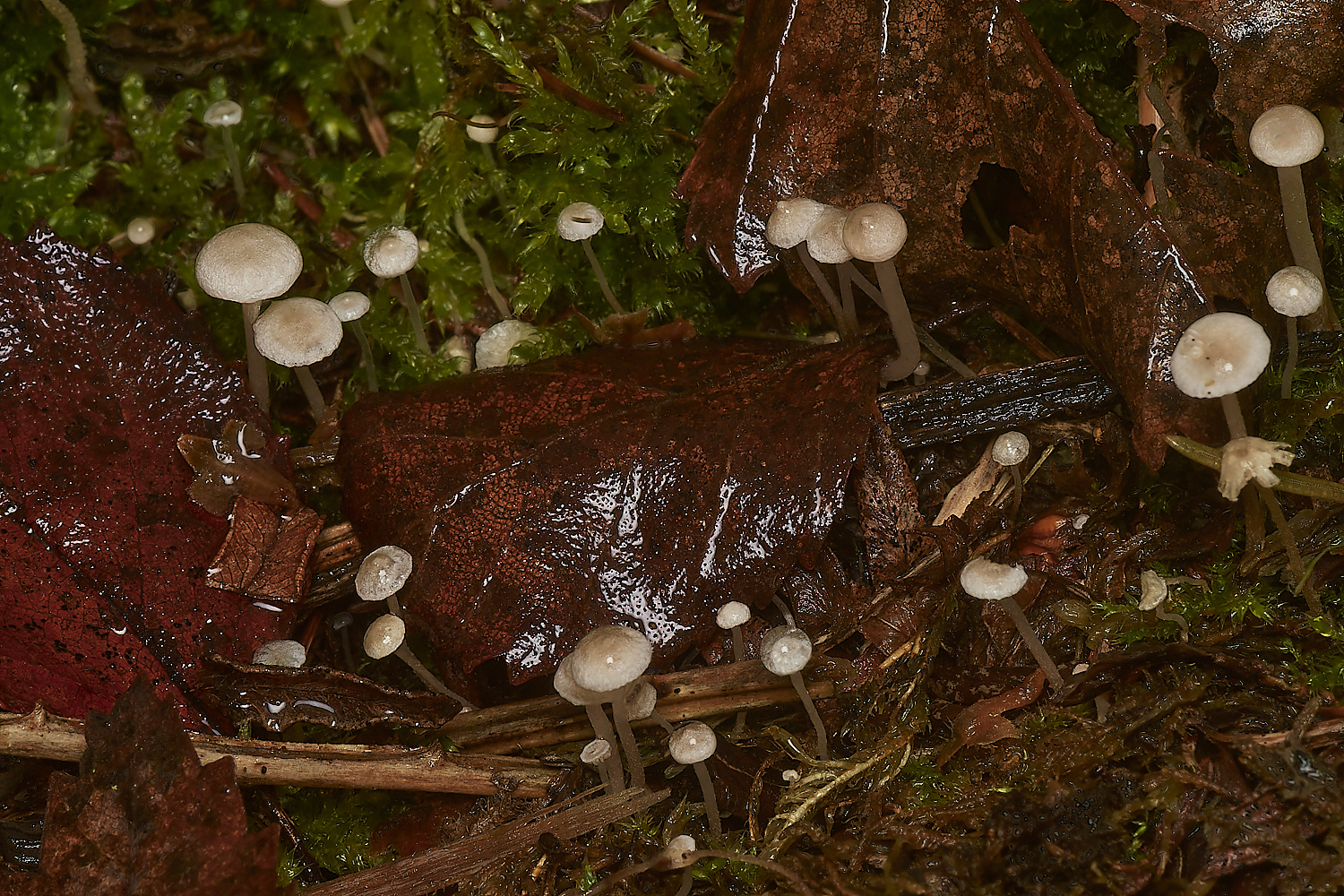
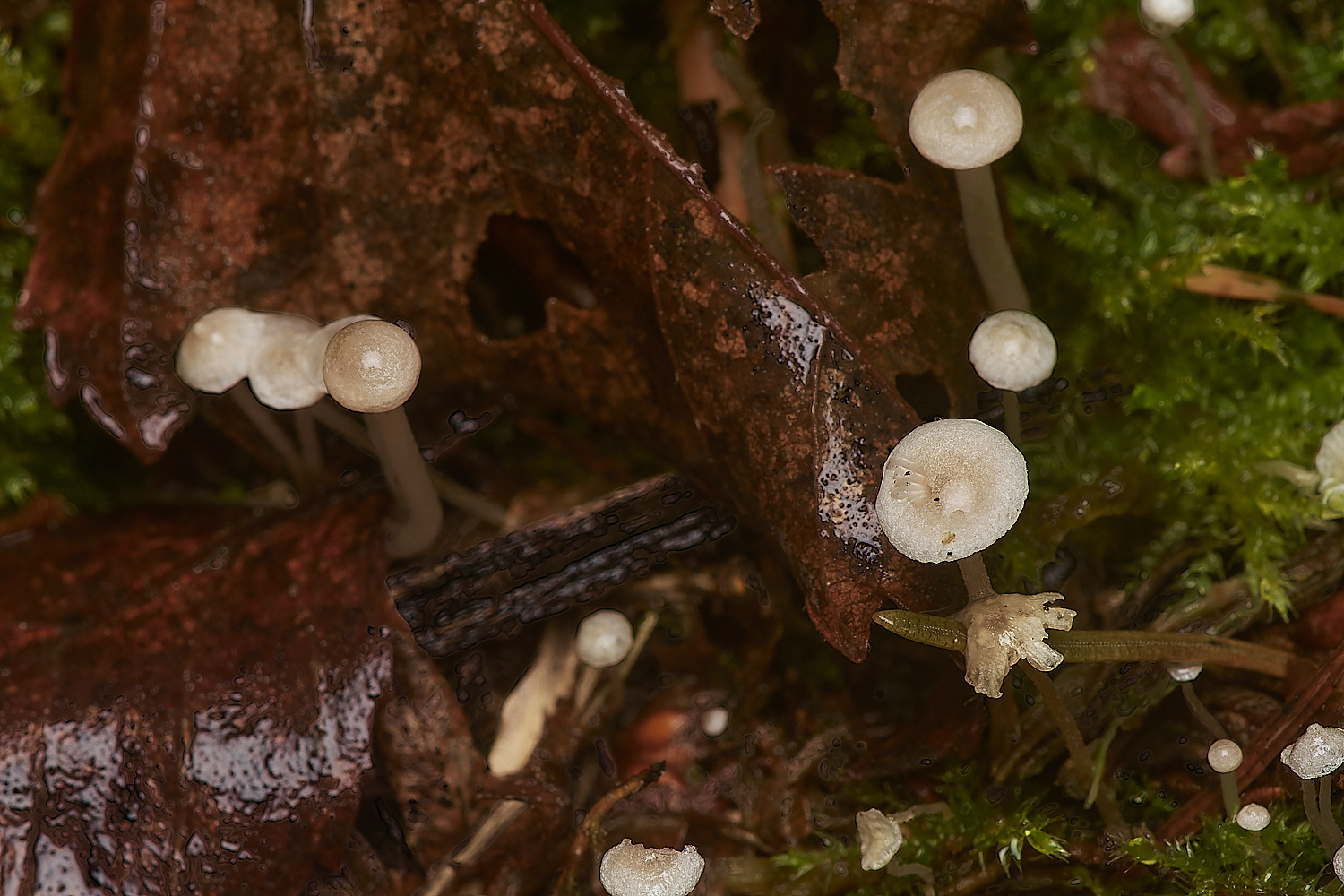
Collybia cookei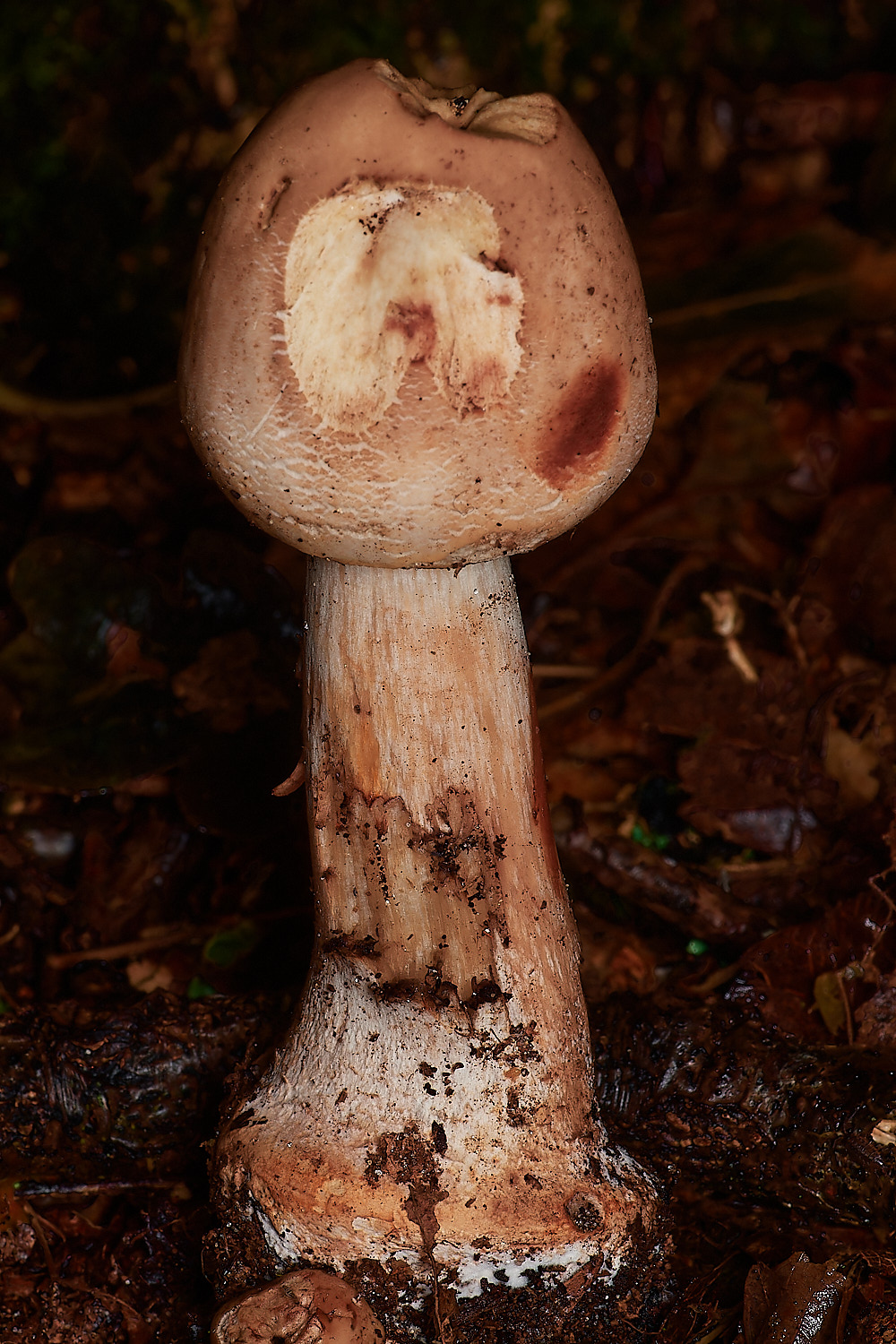

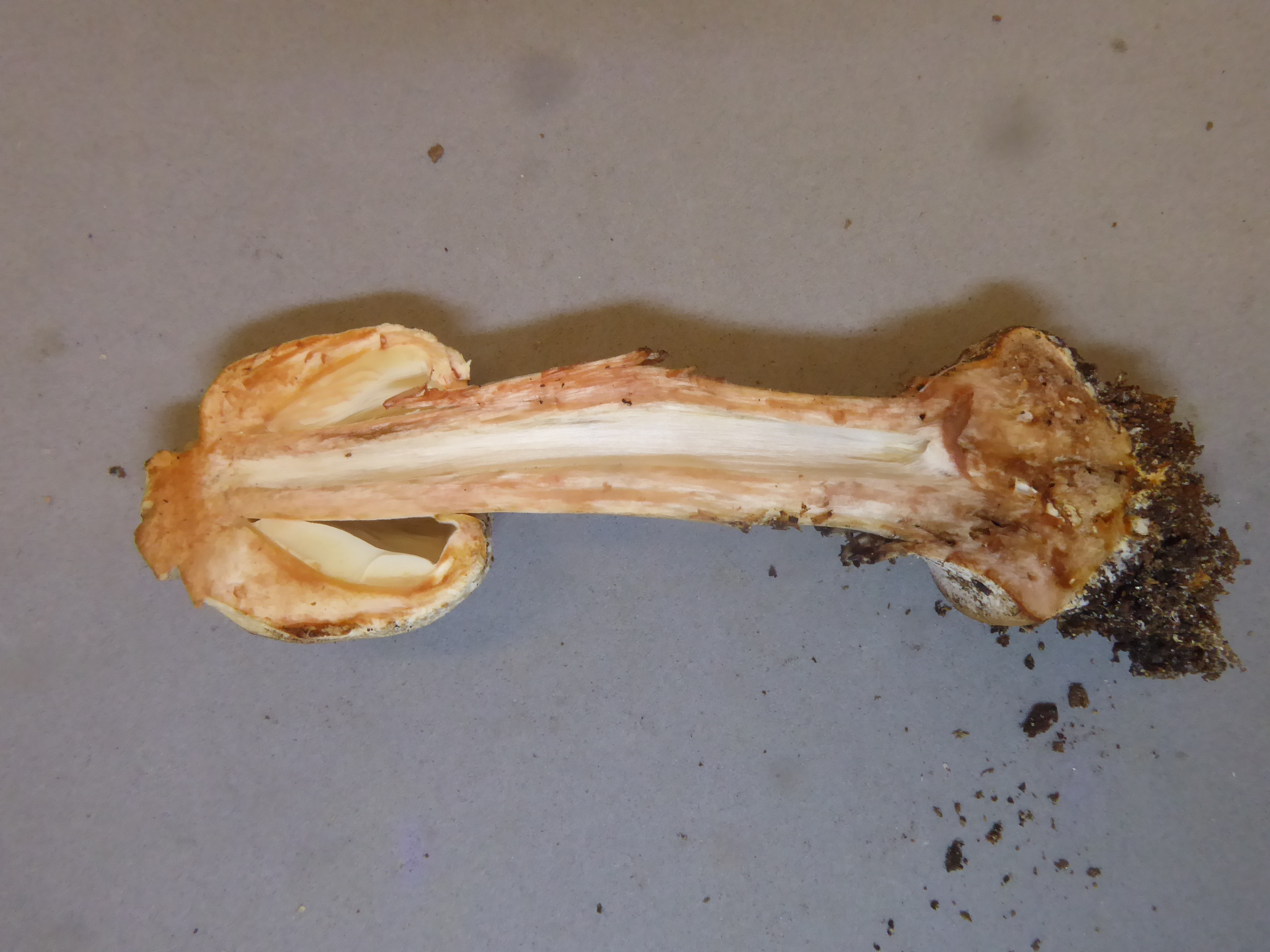
From
Tony L
I did spend time on Saturday evening with two fungi. First, the stout reddening agaric found by Sean. Everything pointed to Leugoagaricus badhamii except:
- Very large stature. The cap had not expanded but FN gives stipe diameter as 3-6 (-10)mm - ours was 15mm.
- Marginate base to stipe.
- Bruised orange (not red) when fresh although that evening it only did so at the apex (reddening elsewhere). Any bruising quickly went black (as L. badhamii).
- Cap went grey with KOH (3%), not green (although possibly greenish-grey). FN states it should go green.
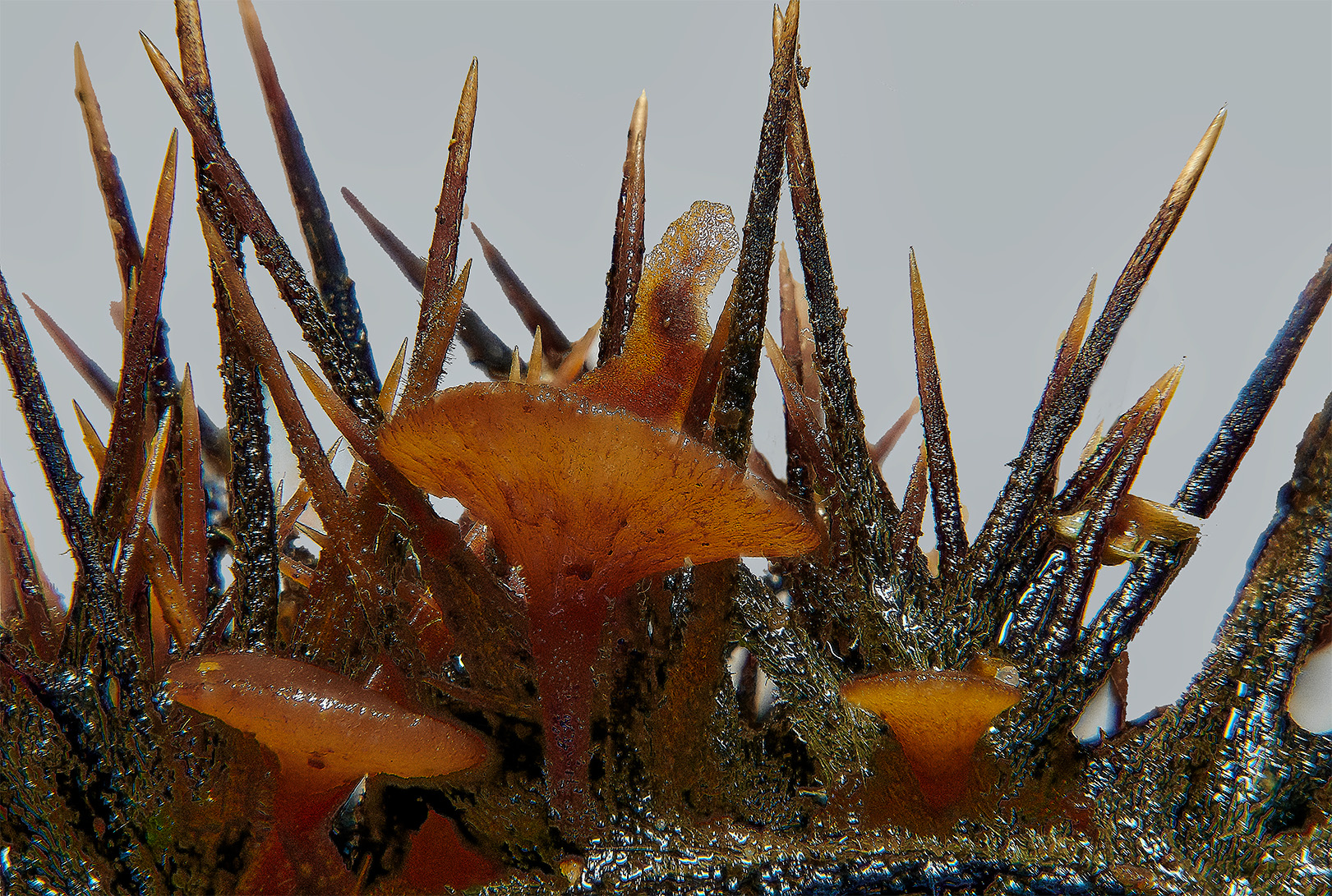
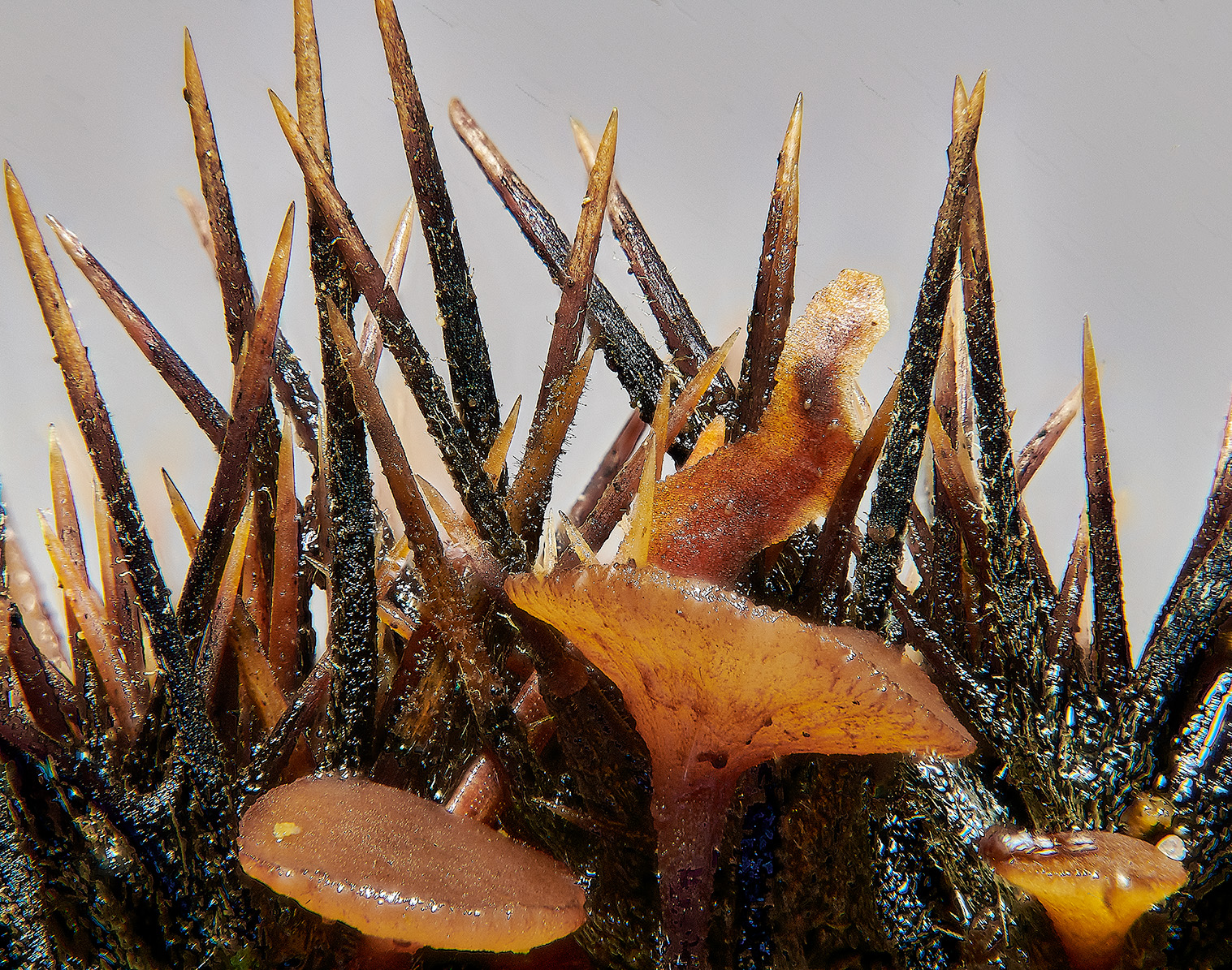
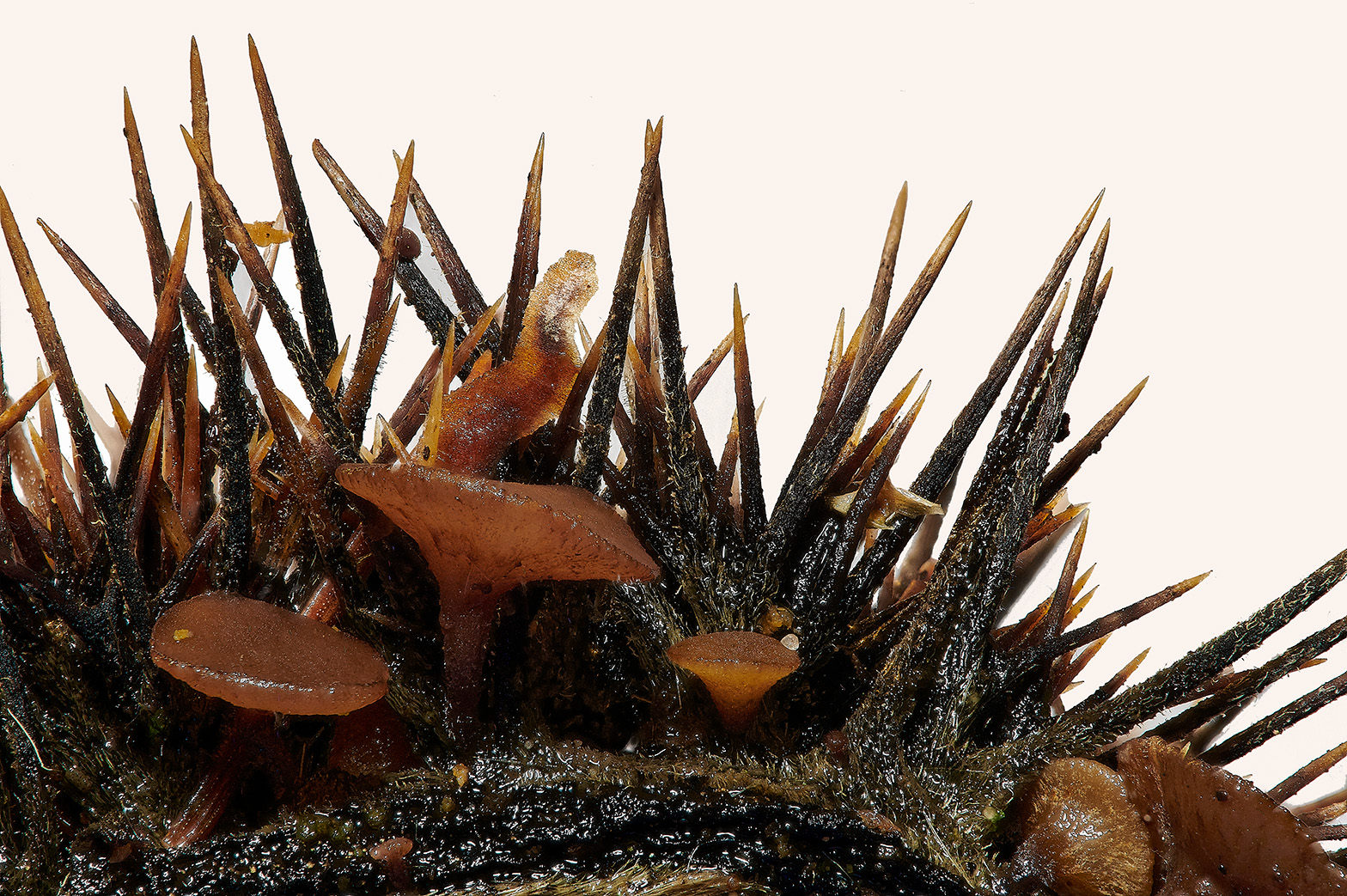
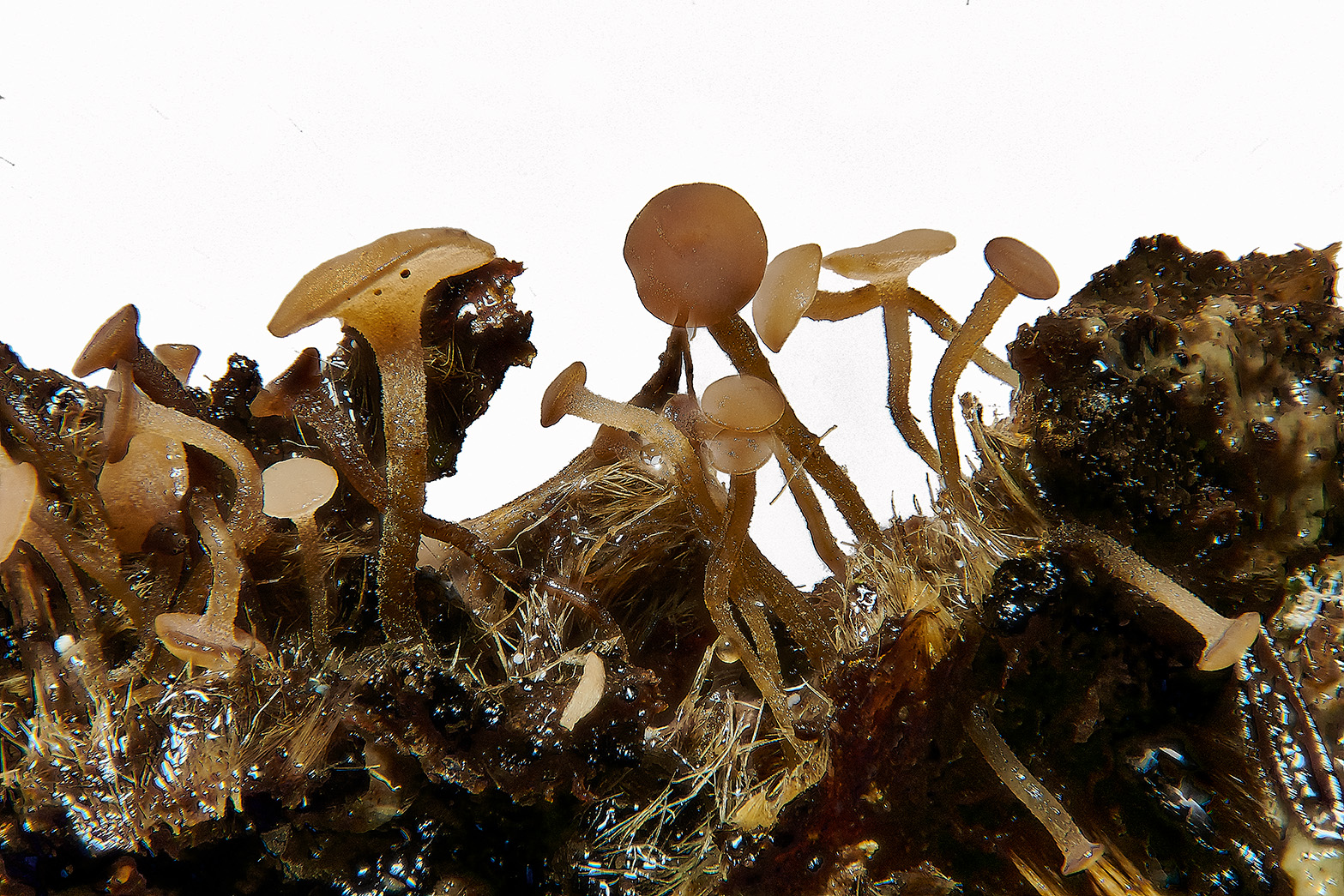
Hairy Nuts Disco (Lanzia echinophila) growing on Sweetchestnut (Castanea sativa) husks.
Crostwight Heath

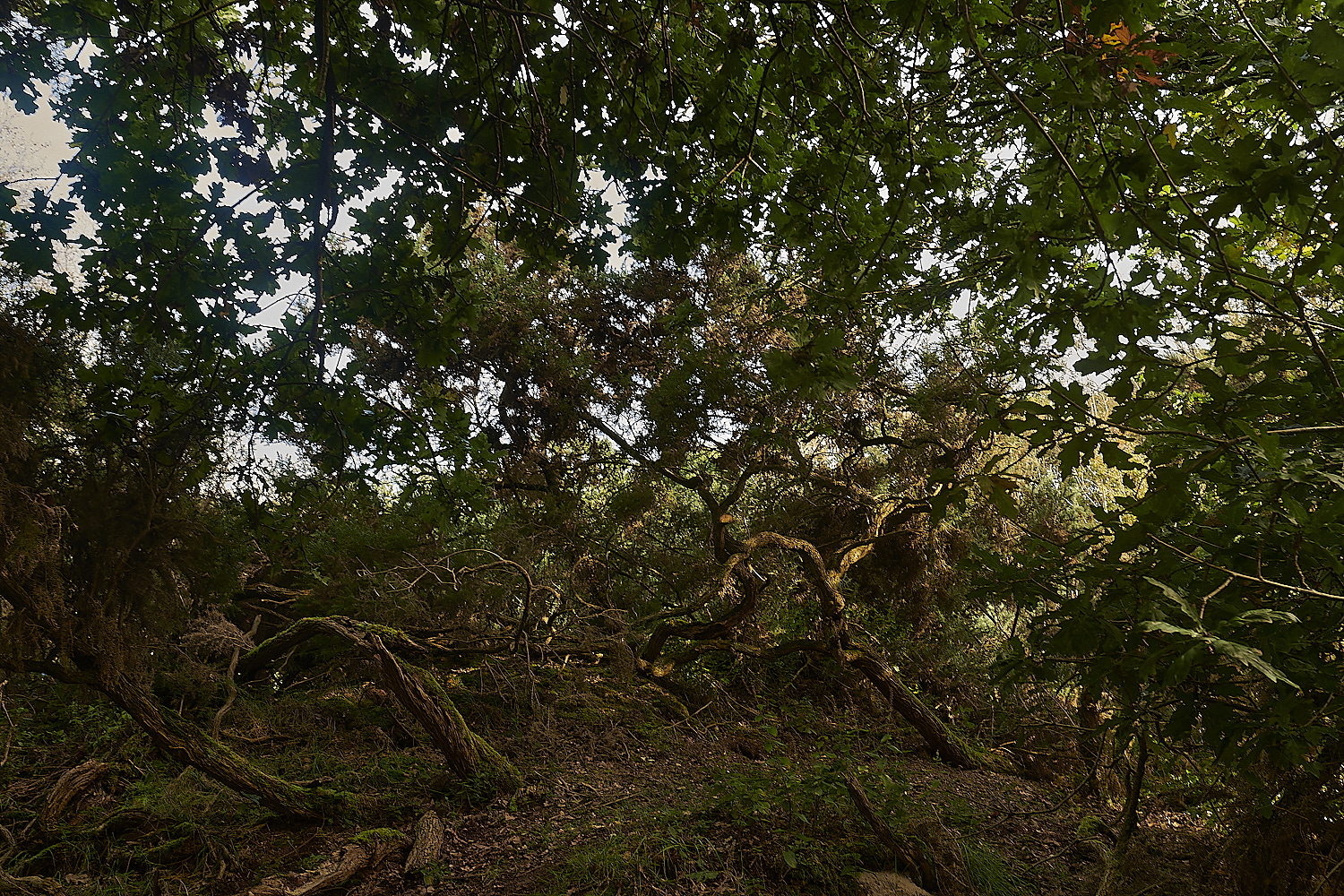
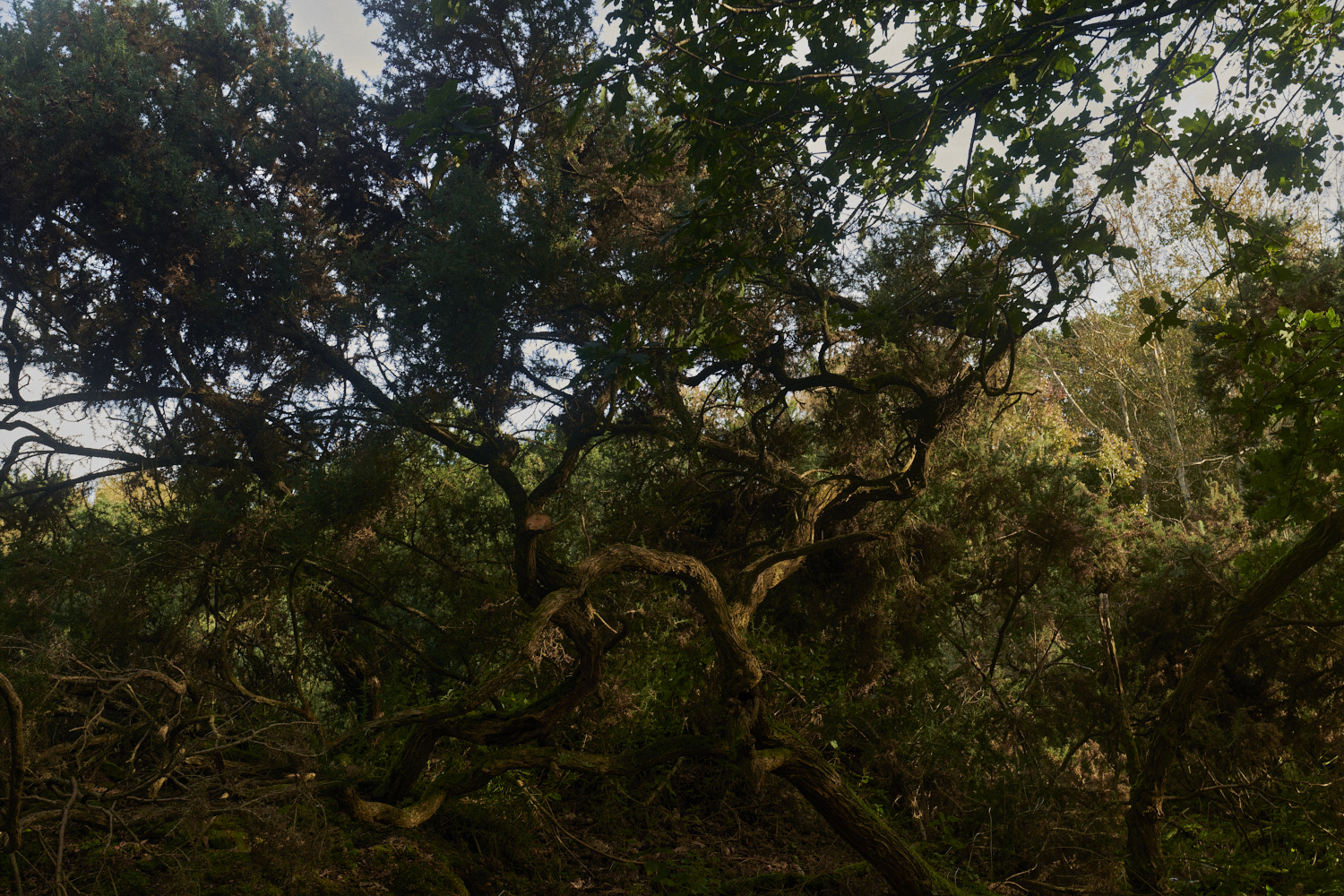
Twisted Gorse stumps under the Oak Trees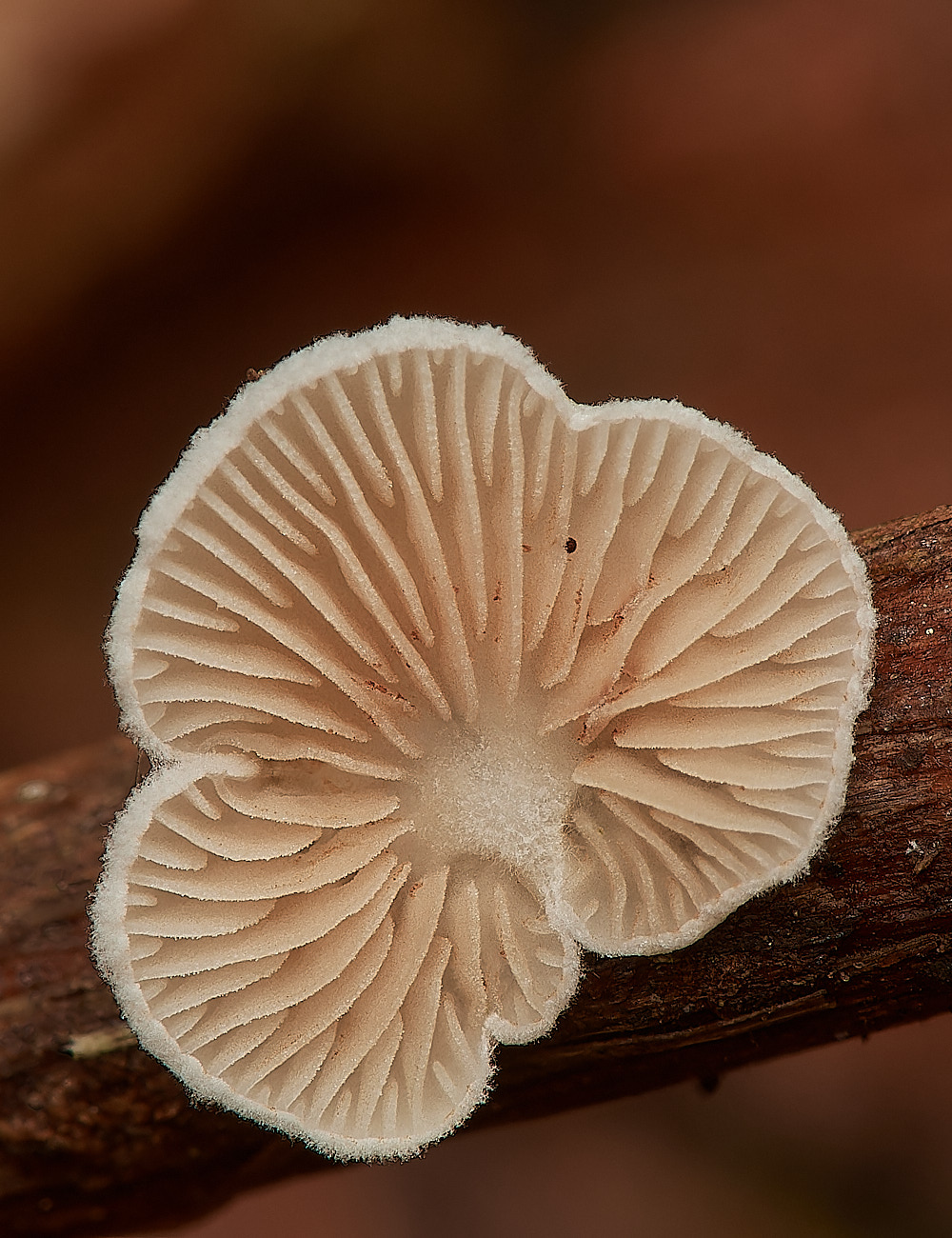
Crepidotus Sp on a twig.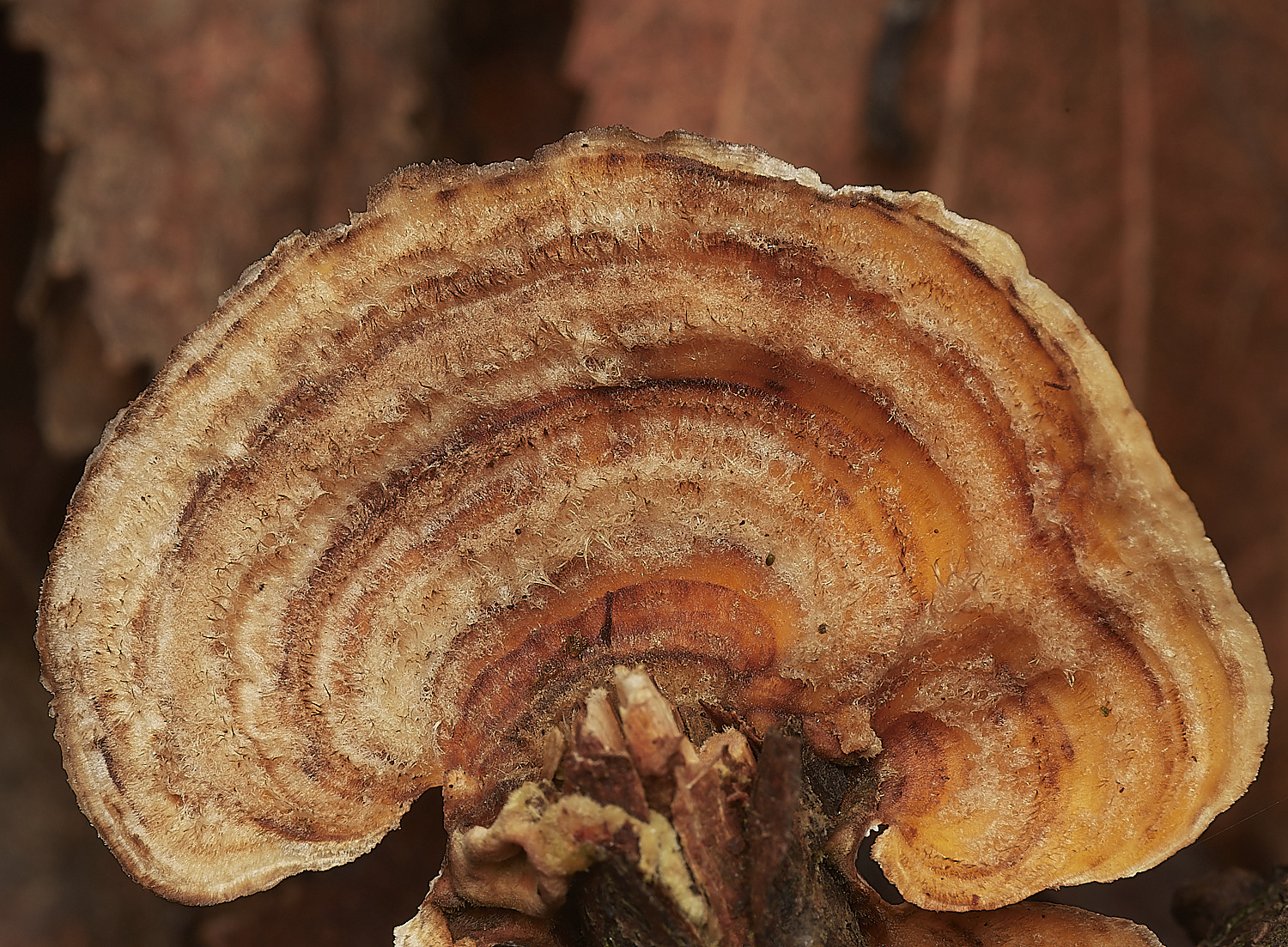
Yellowing Curtain Crust (Stereum submentosum)?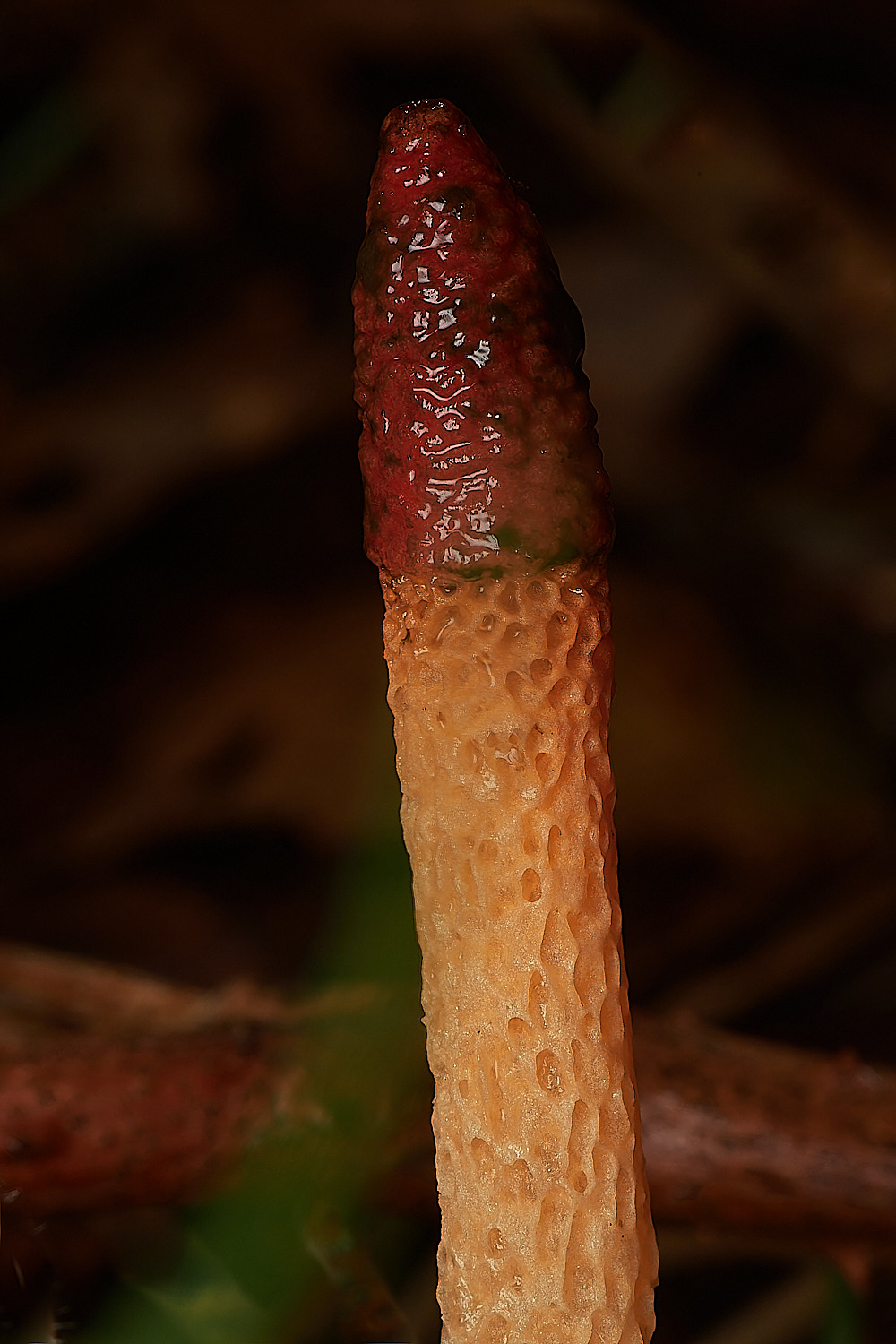
Dog's Stinkhorn (Mutinus caninus)
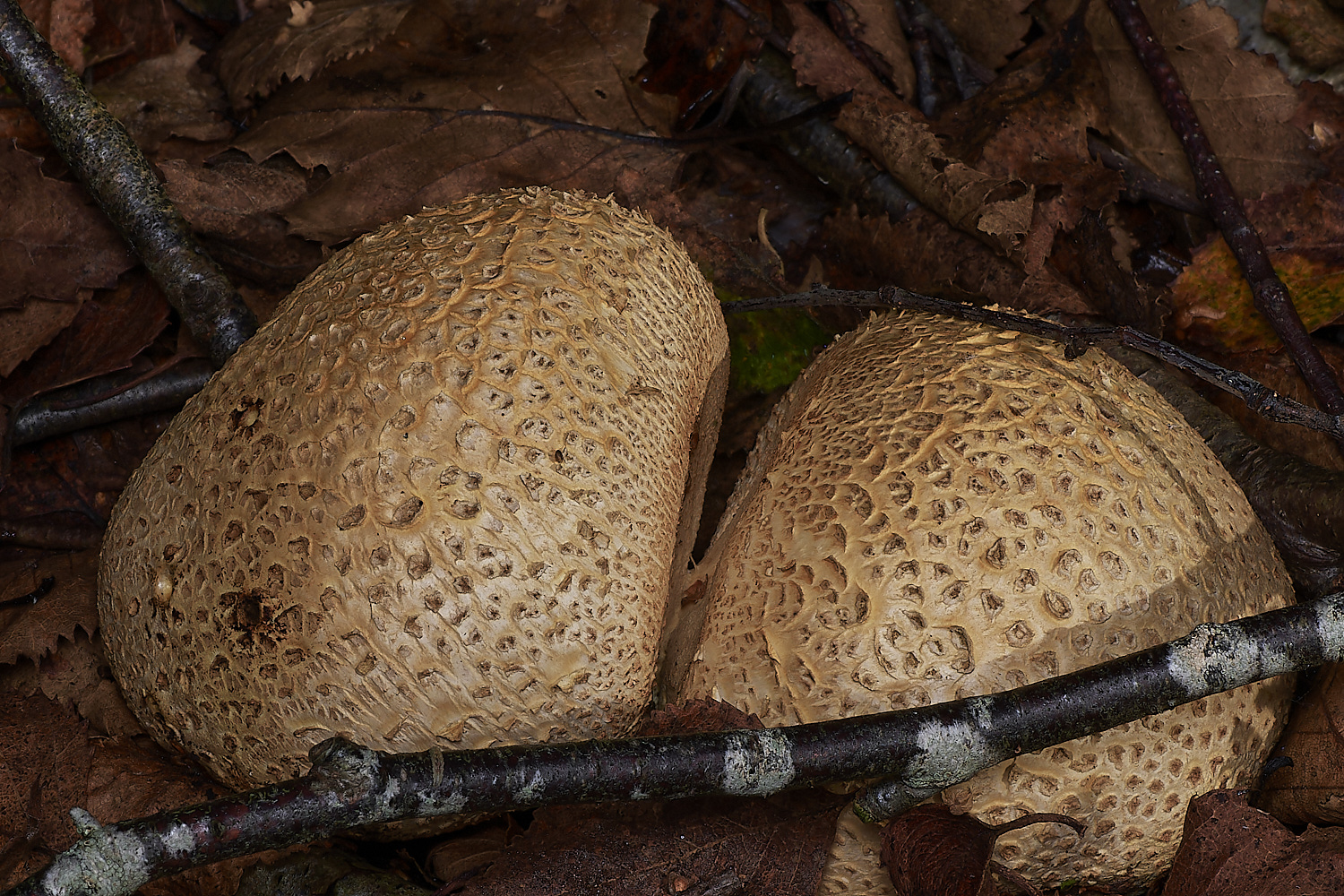
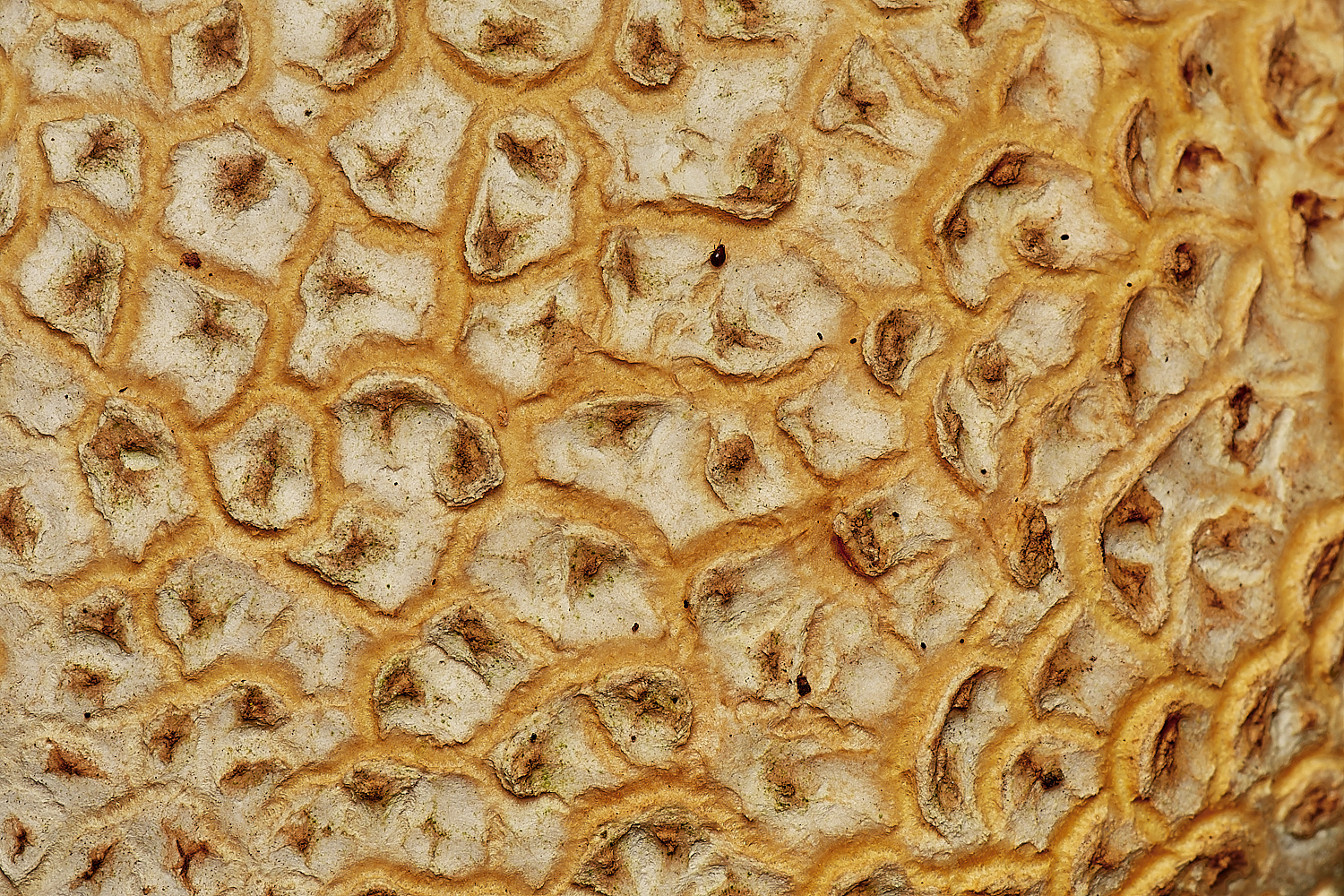
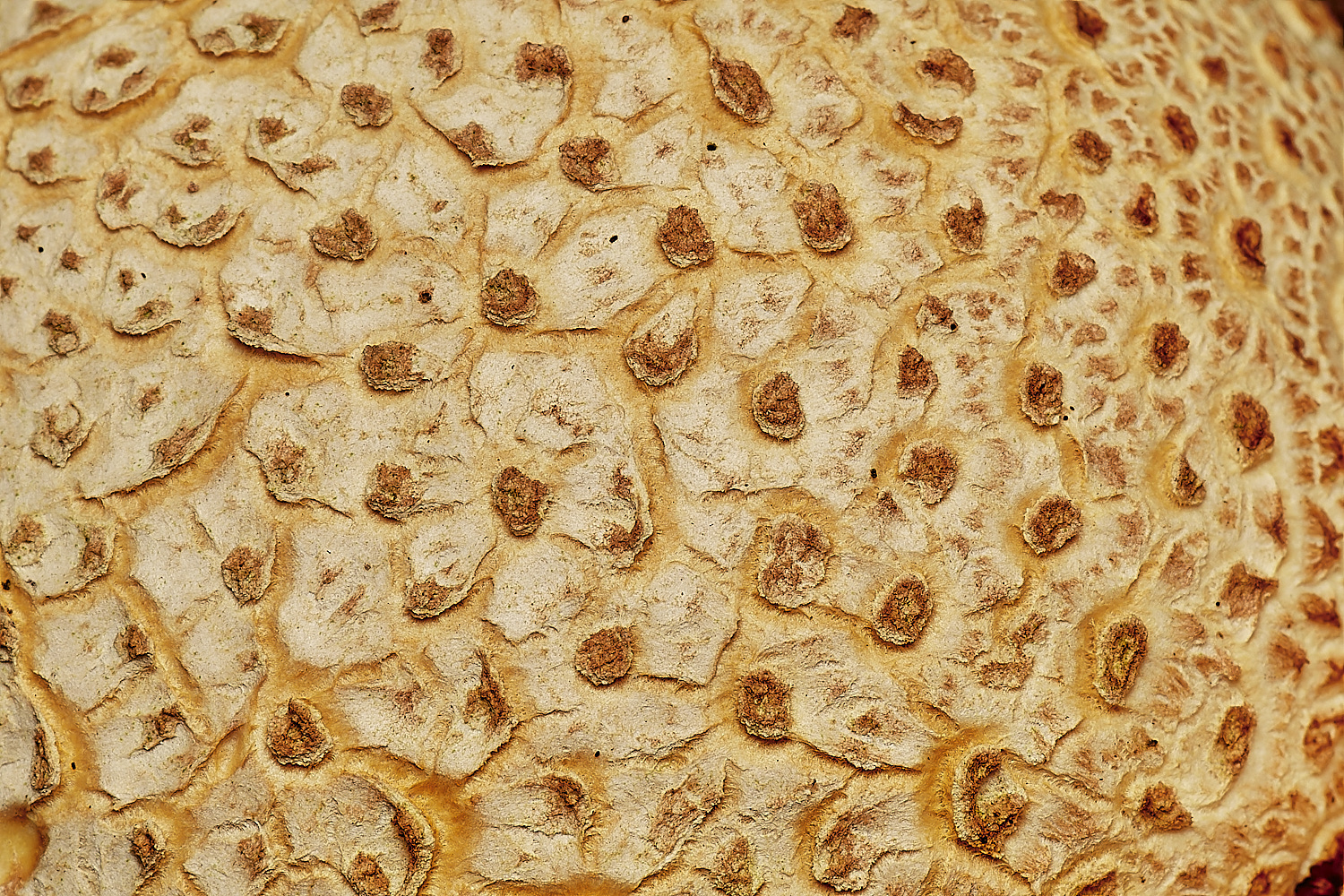
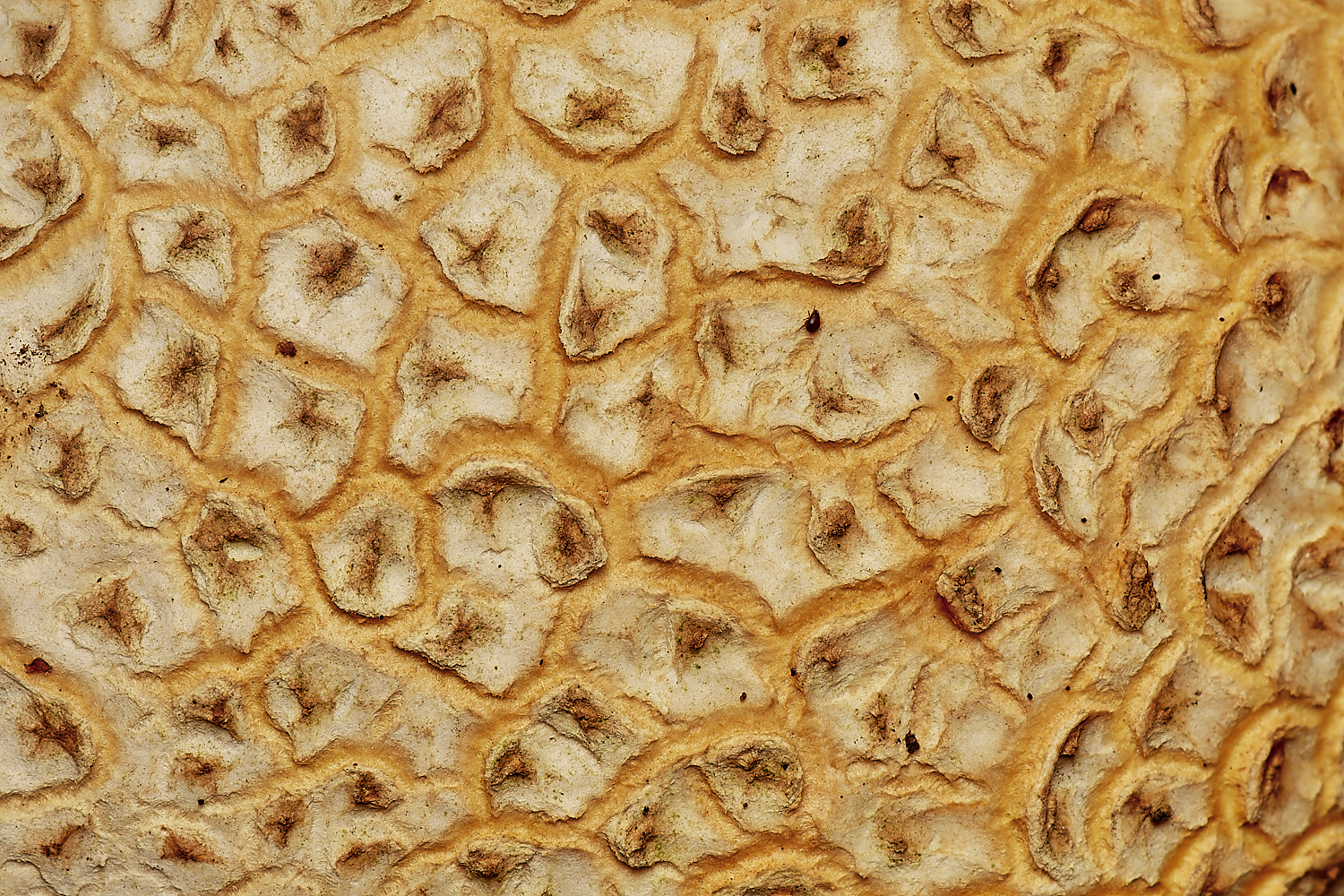

Common Earthball (Scleroderma citrinum) 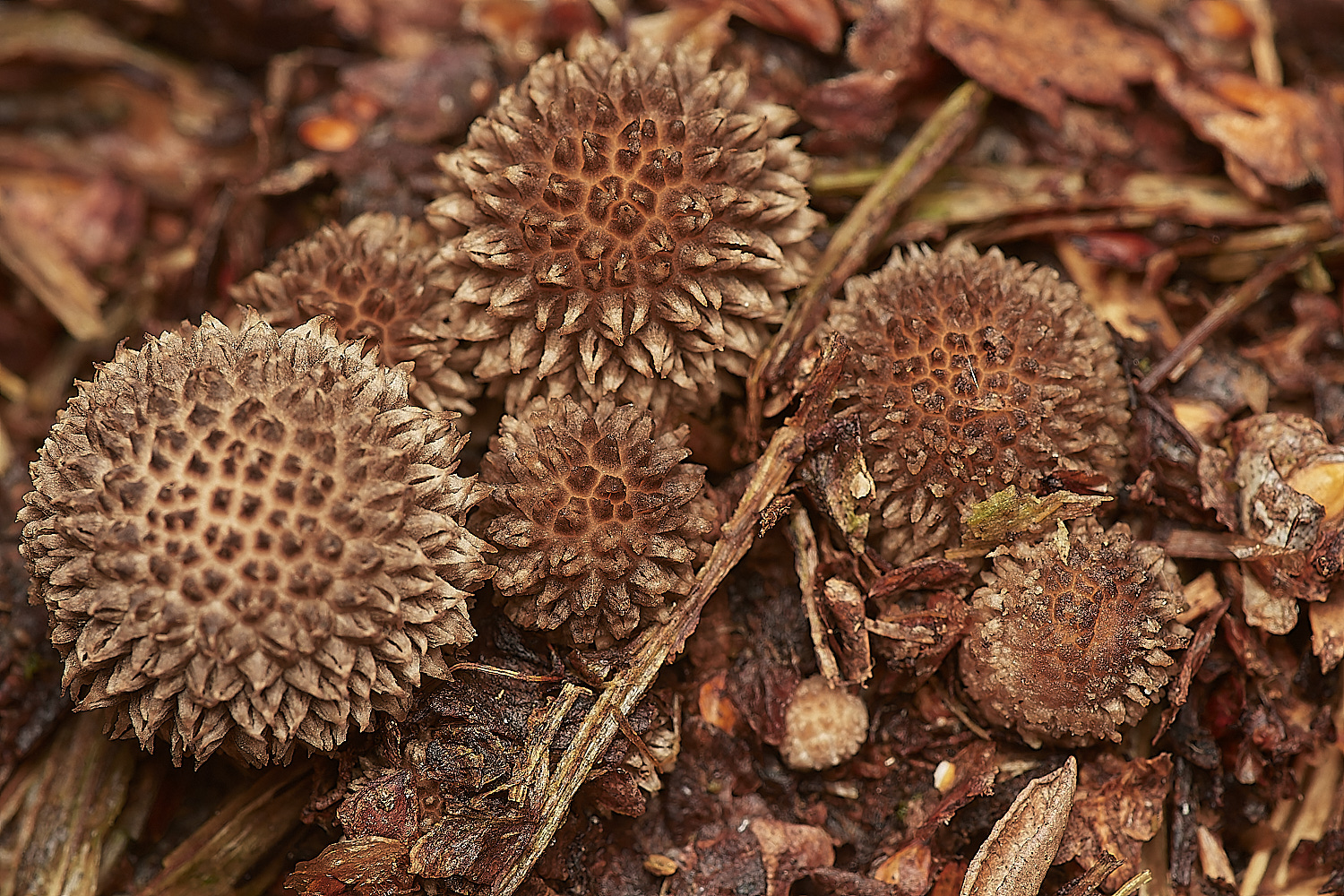

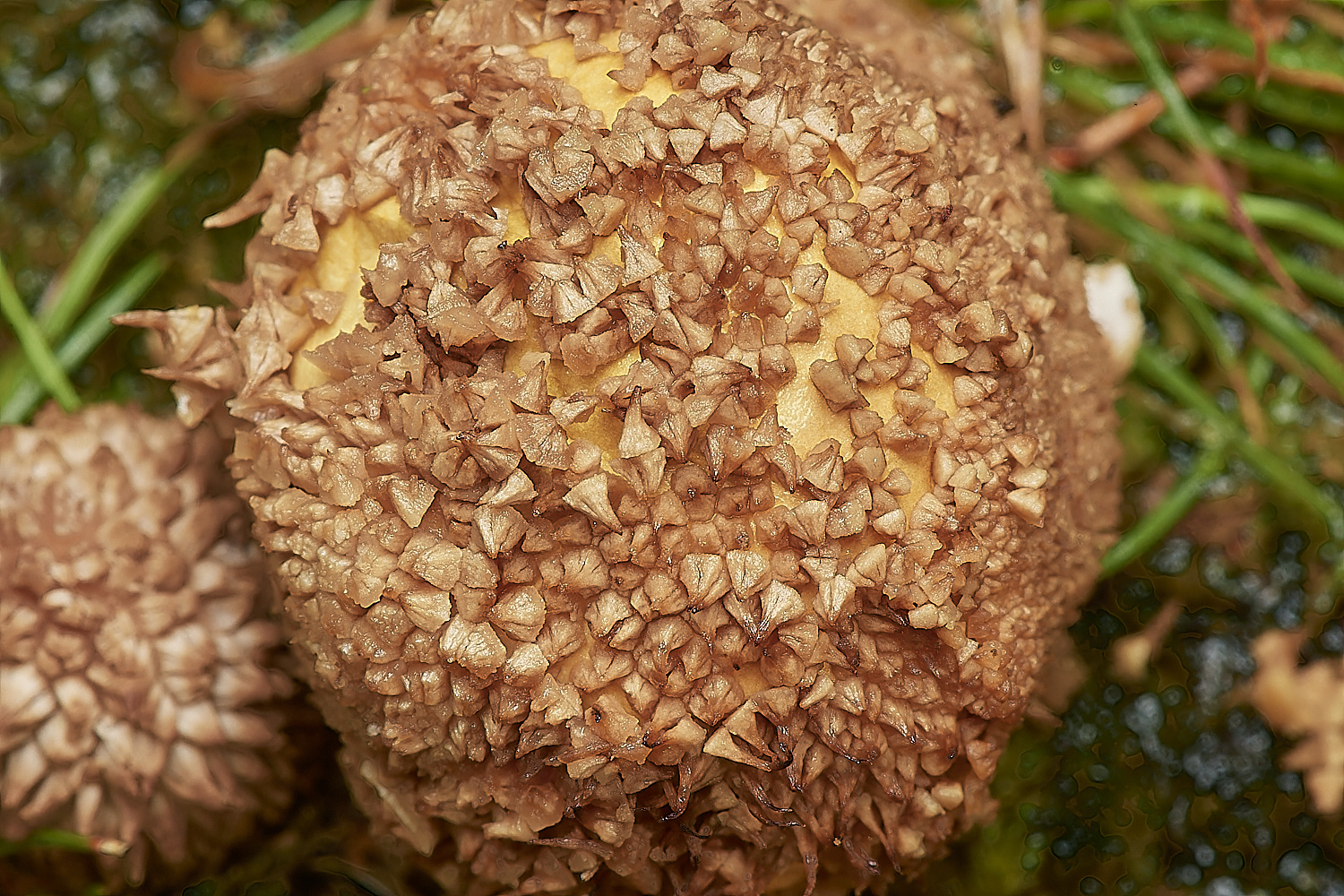
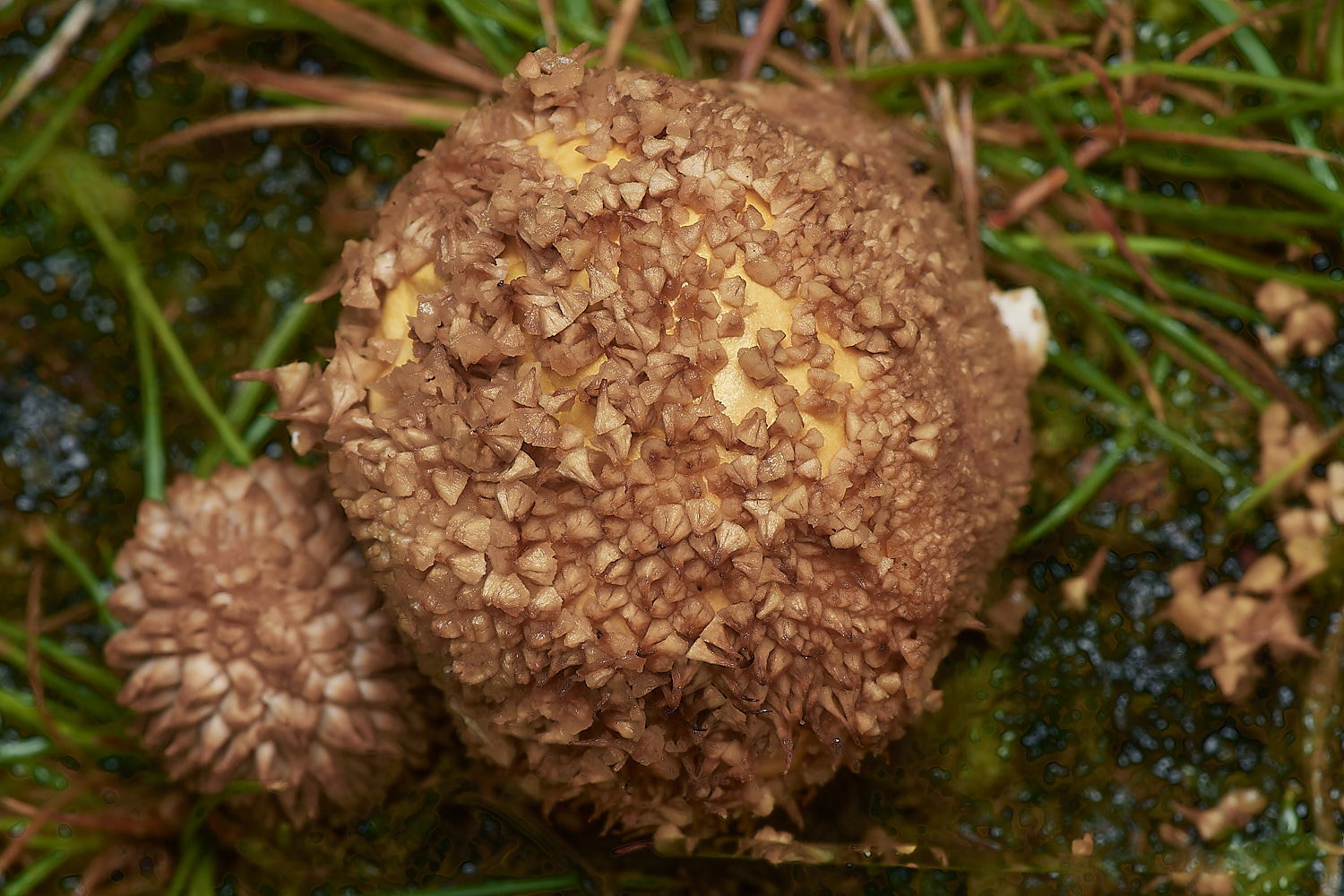
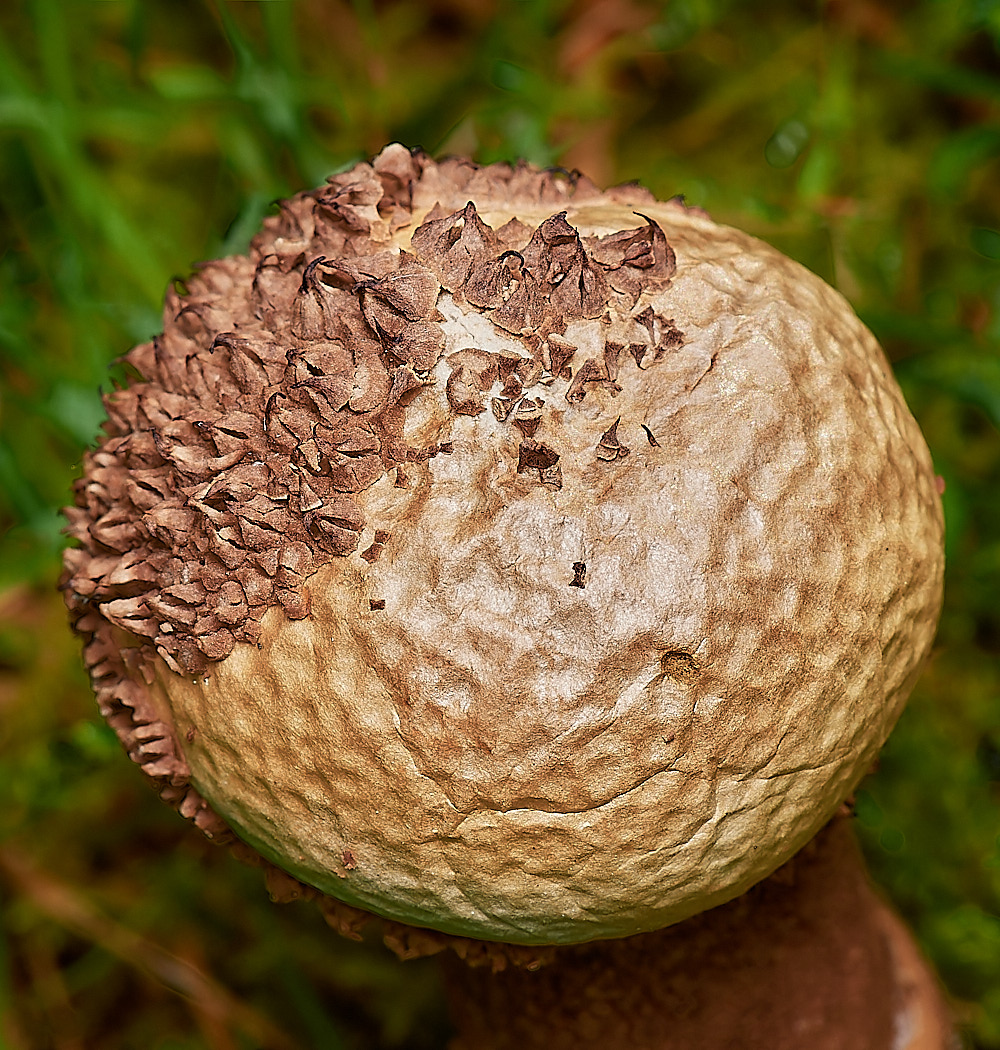
Dark Puffball (Lycoperdon nigrescens)?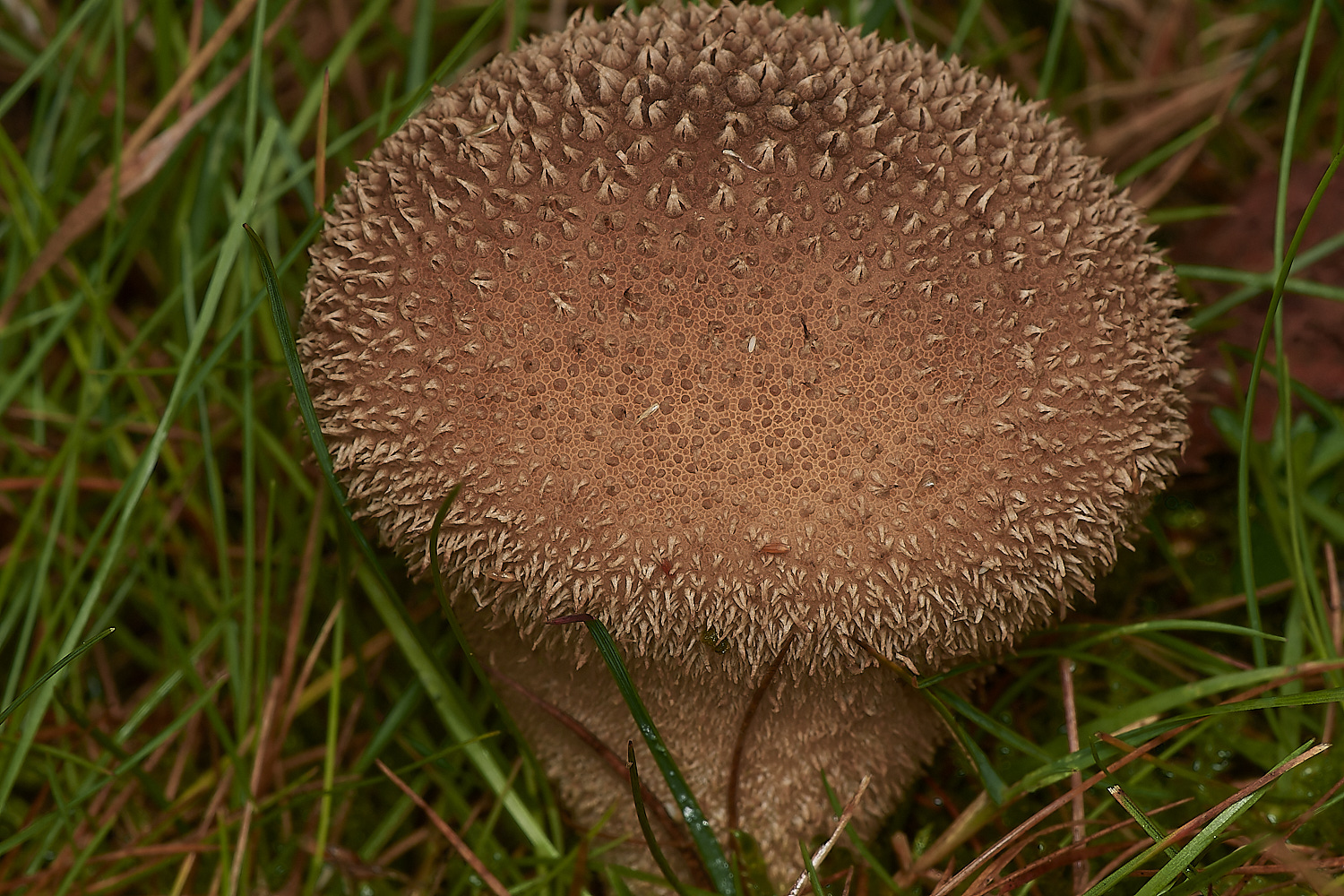
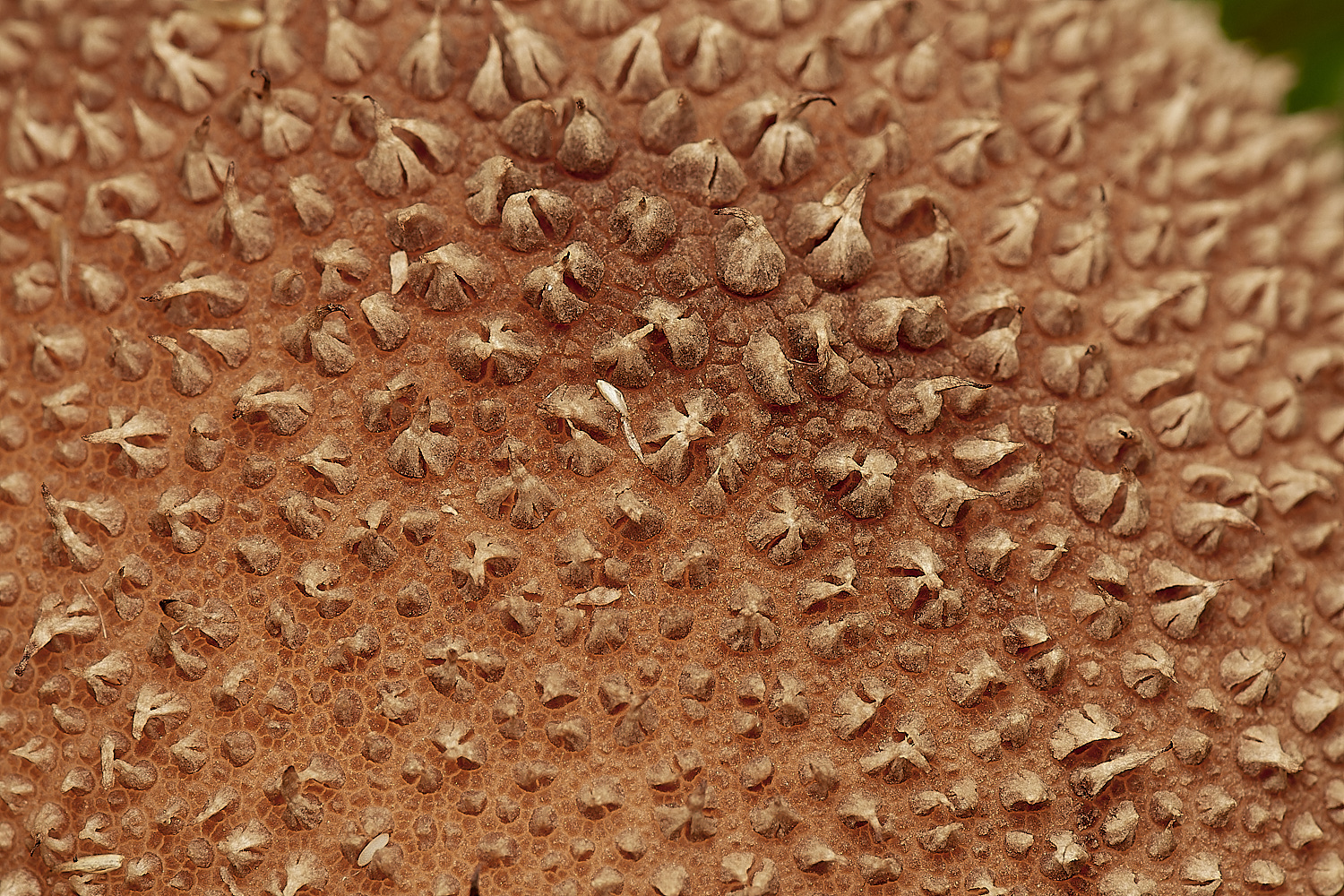
Earthball Sp
Not entirely sure if this is the same species as the one above.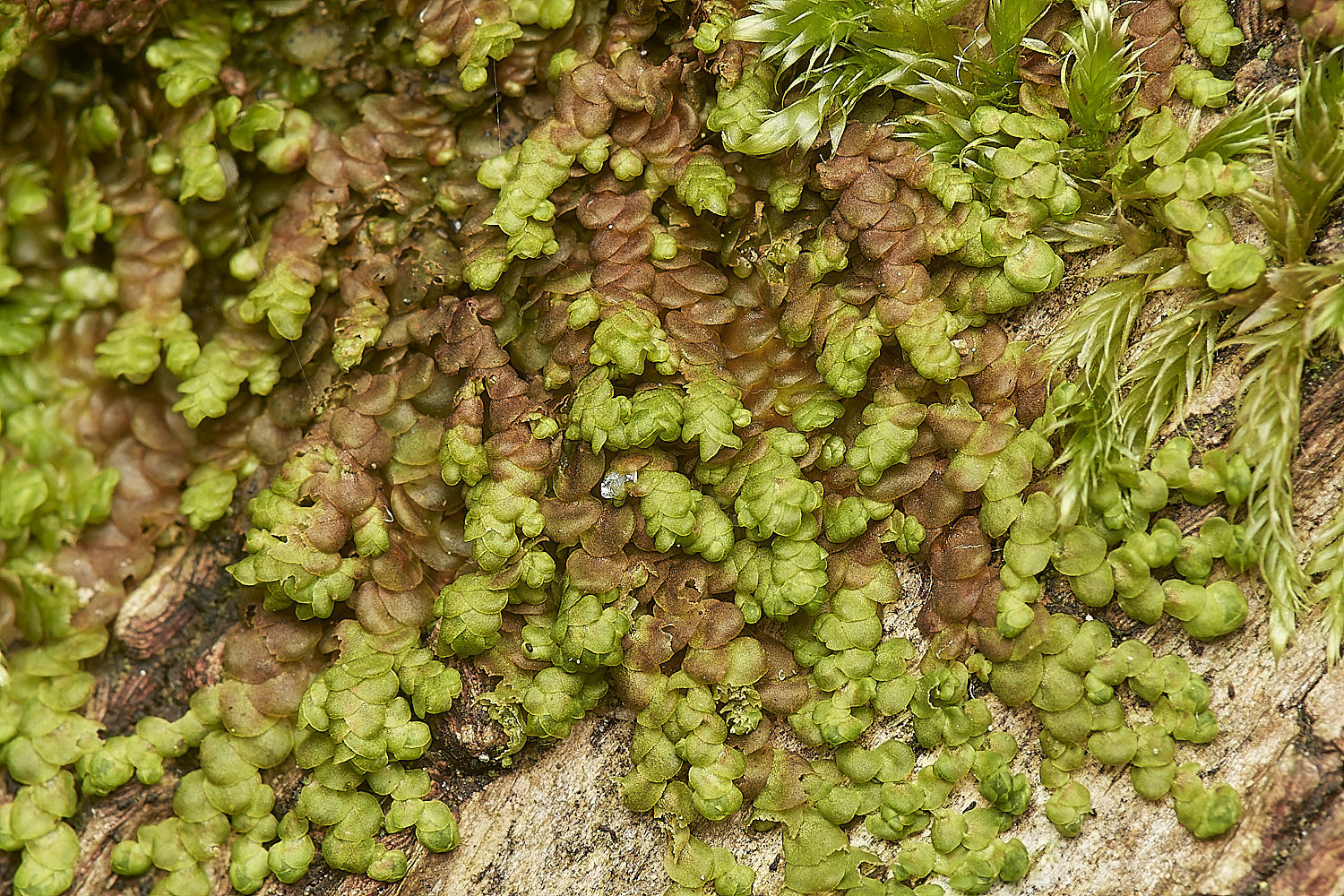
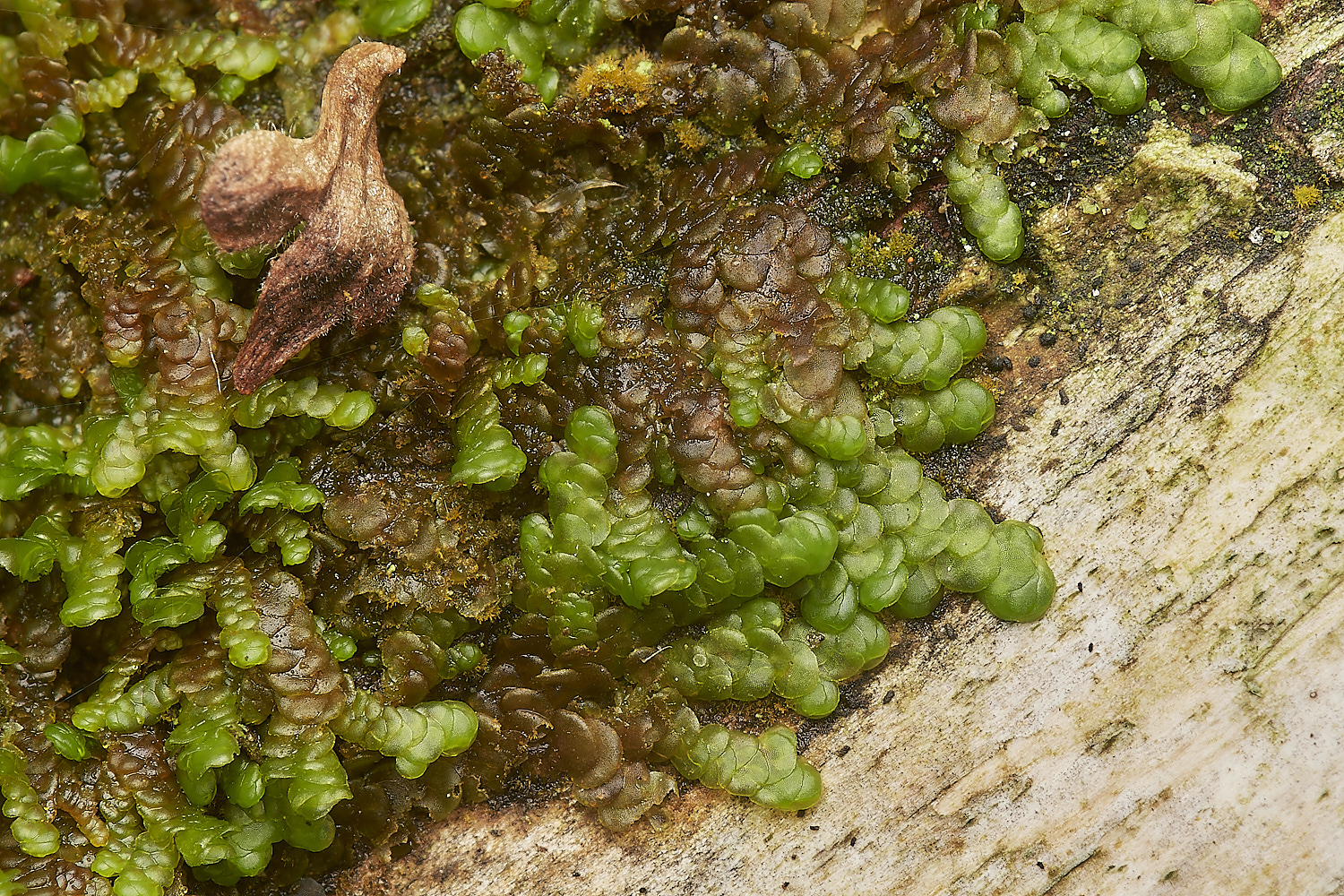

Dilated Scalewort (Frullania dilatata) showing lots of new green growth.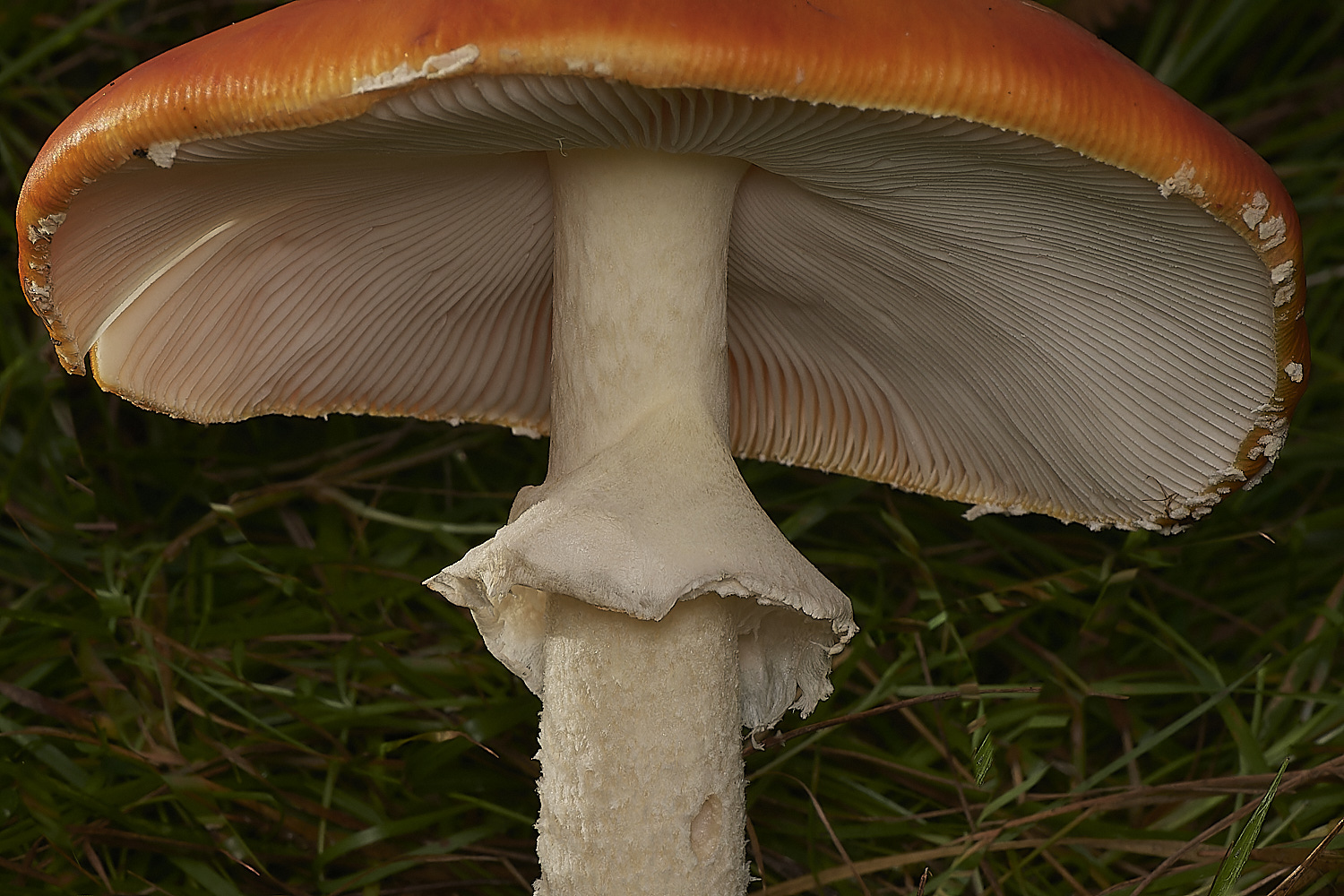
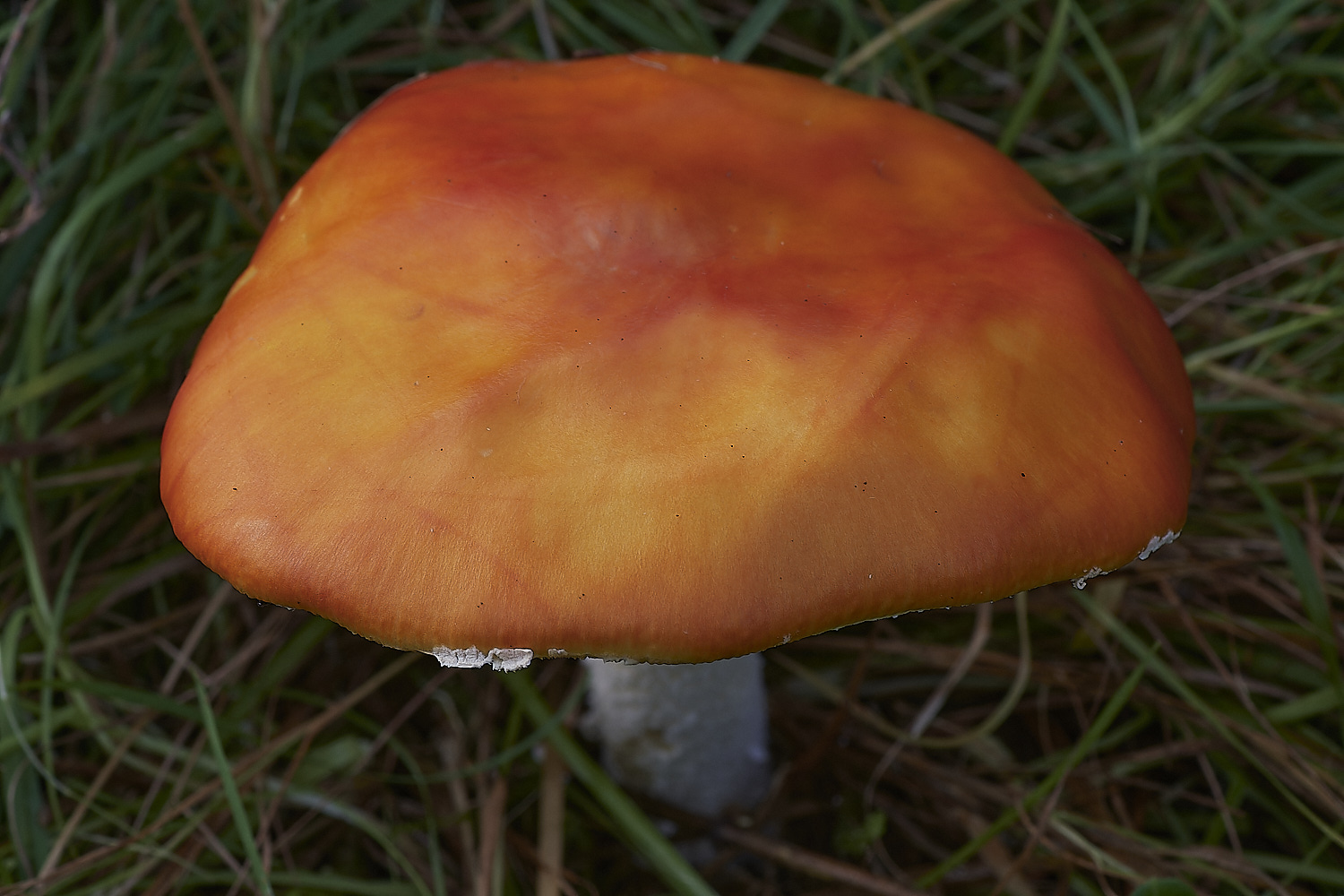
The Fly Agaric (Amanita mucaria) that lost its spots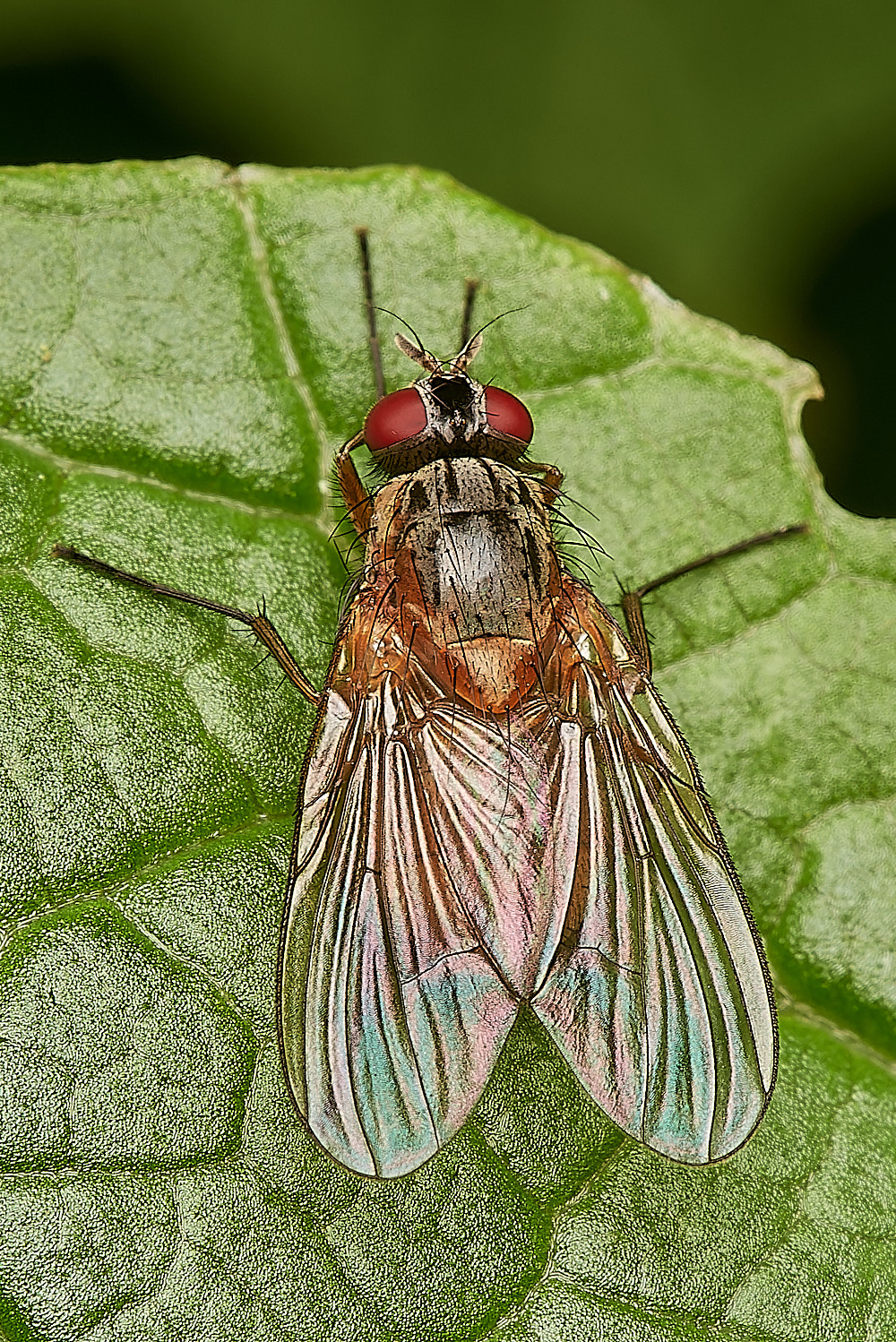
Fly Sp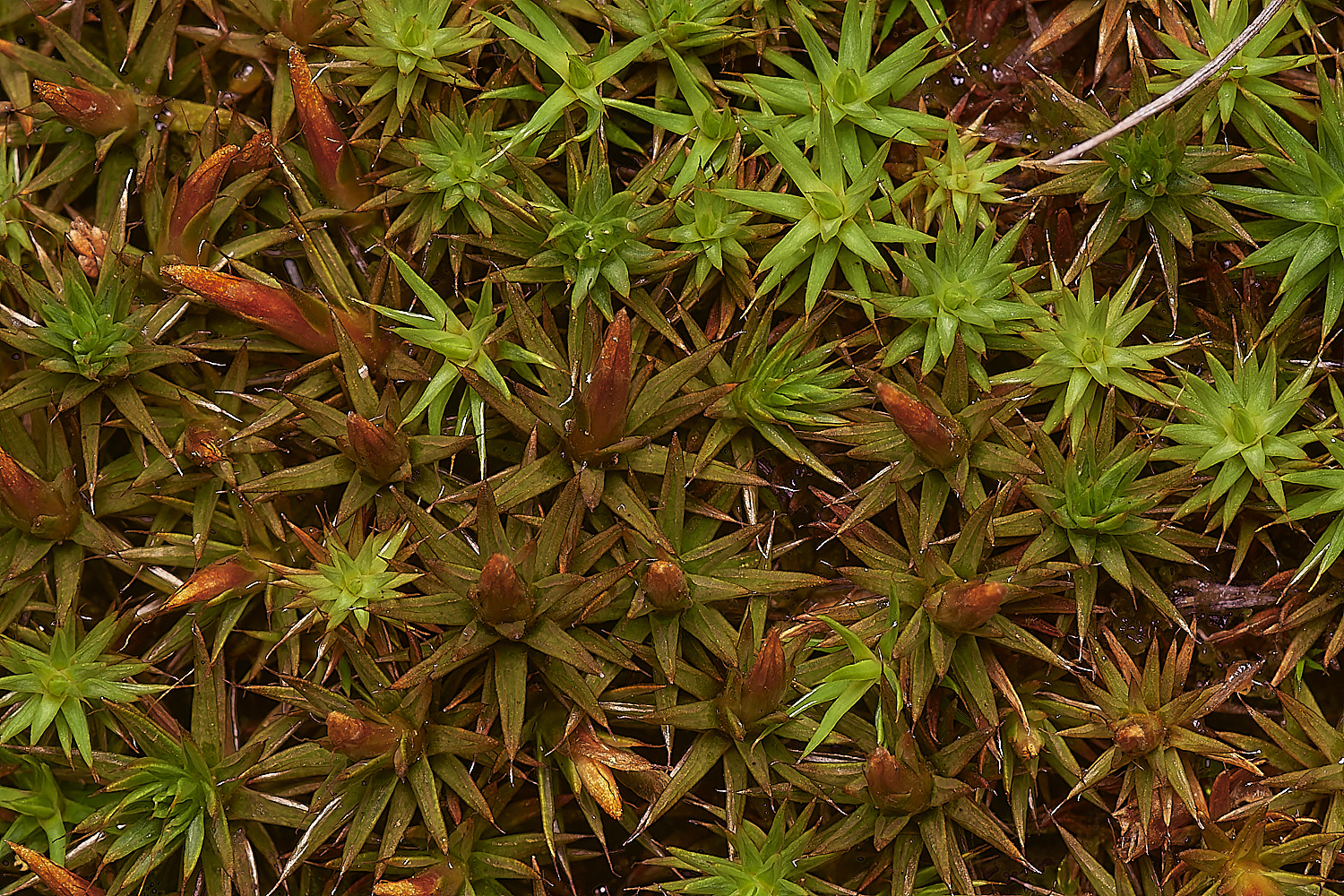
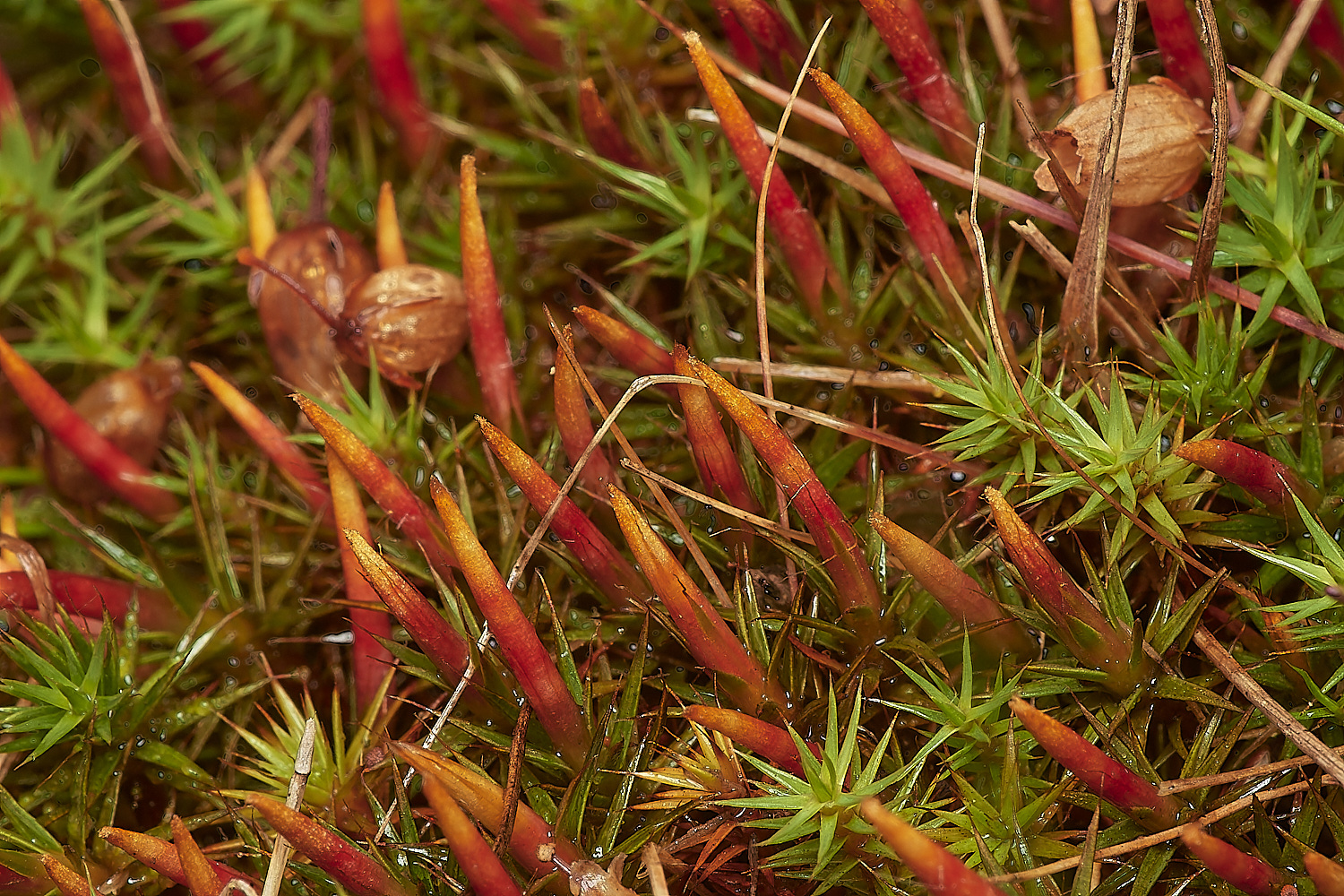
Juniper Haircap (Polytrichum juniperinum)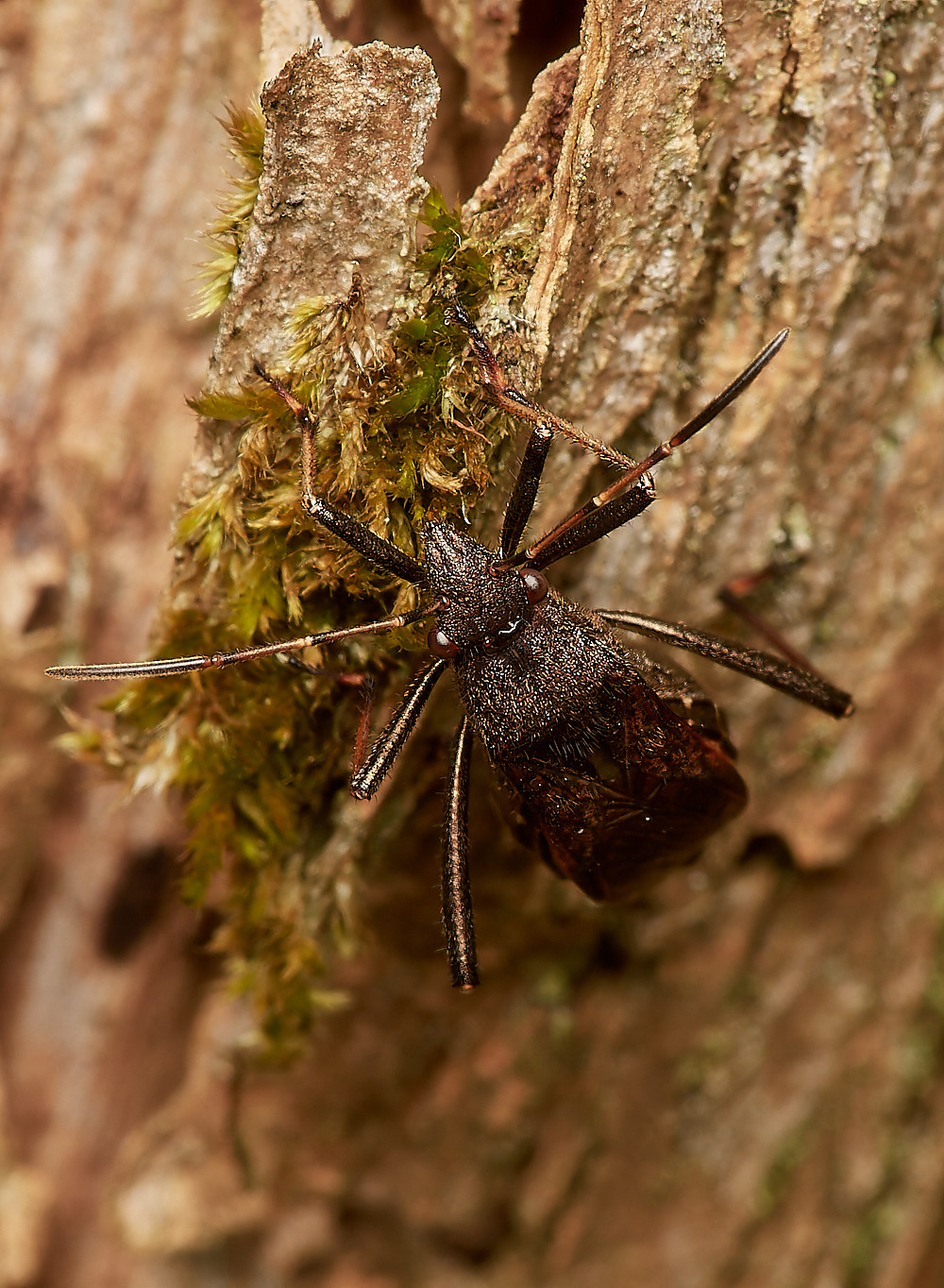
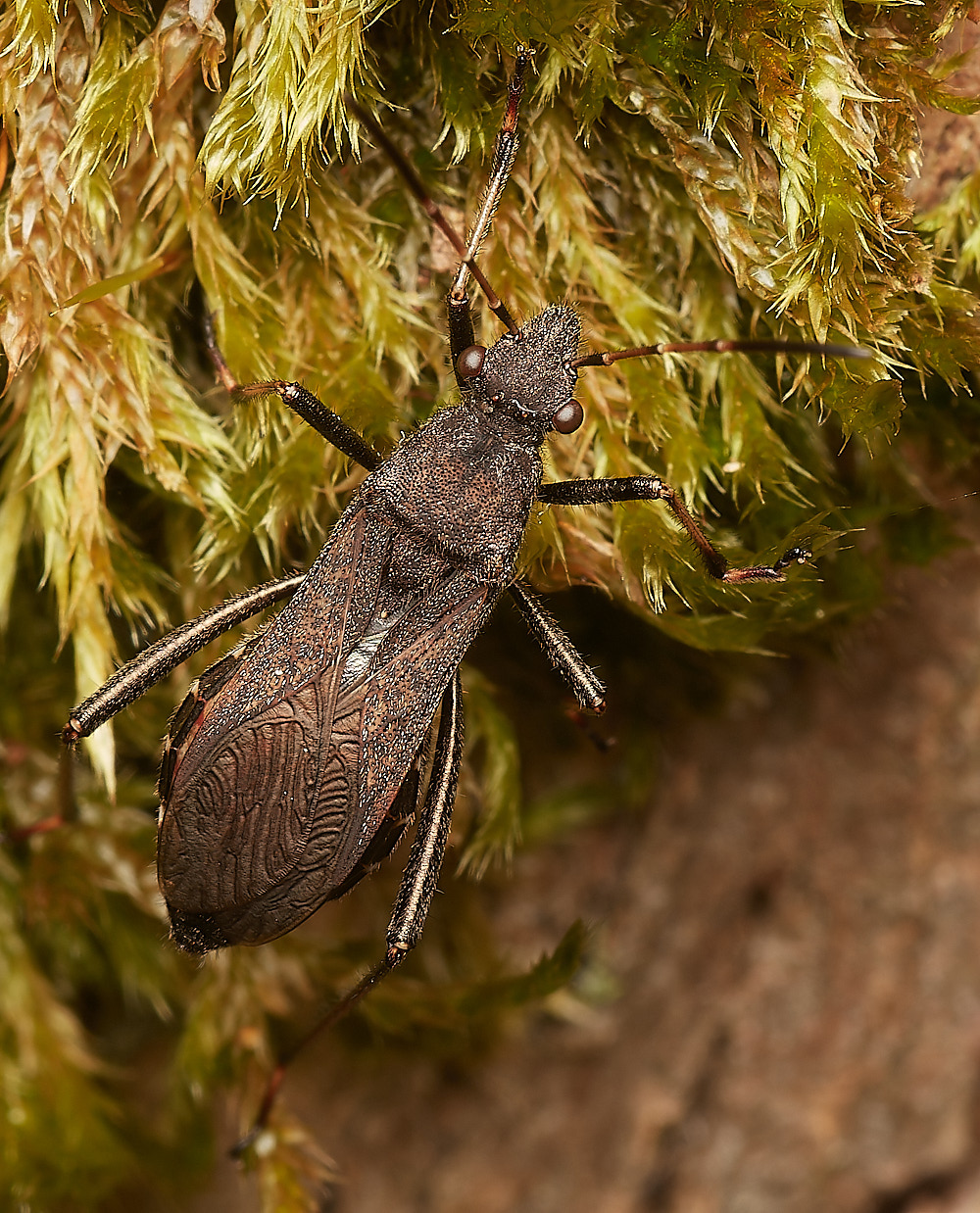
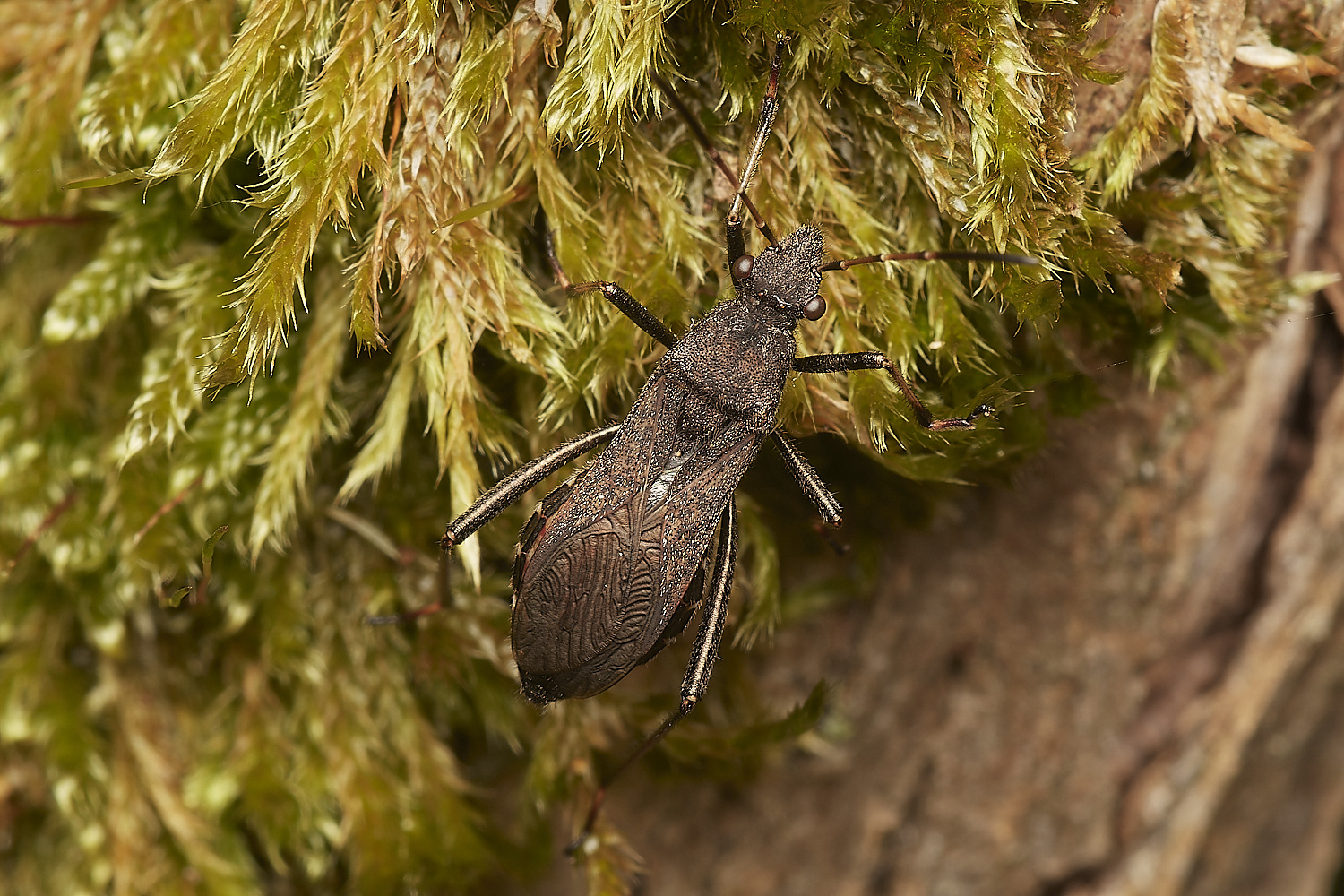
Red Flash Bug (Alydus calcuratus)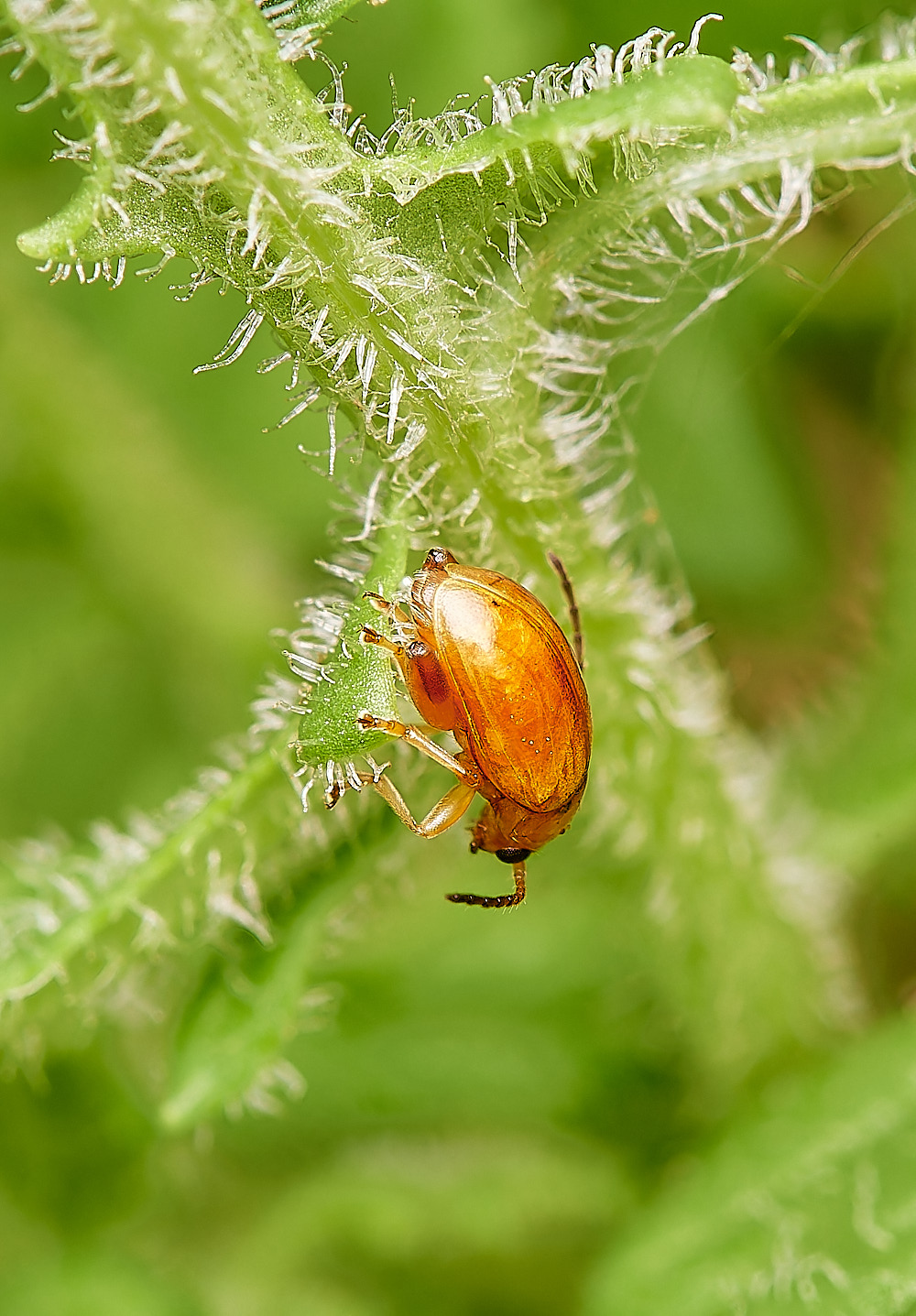
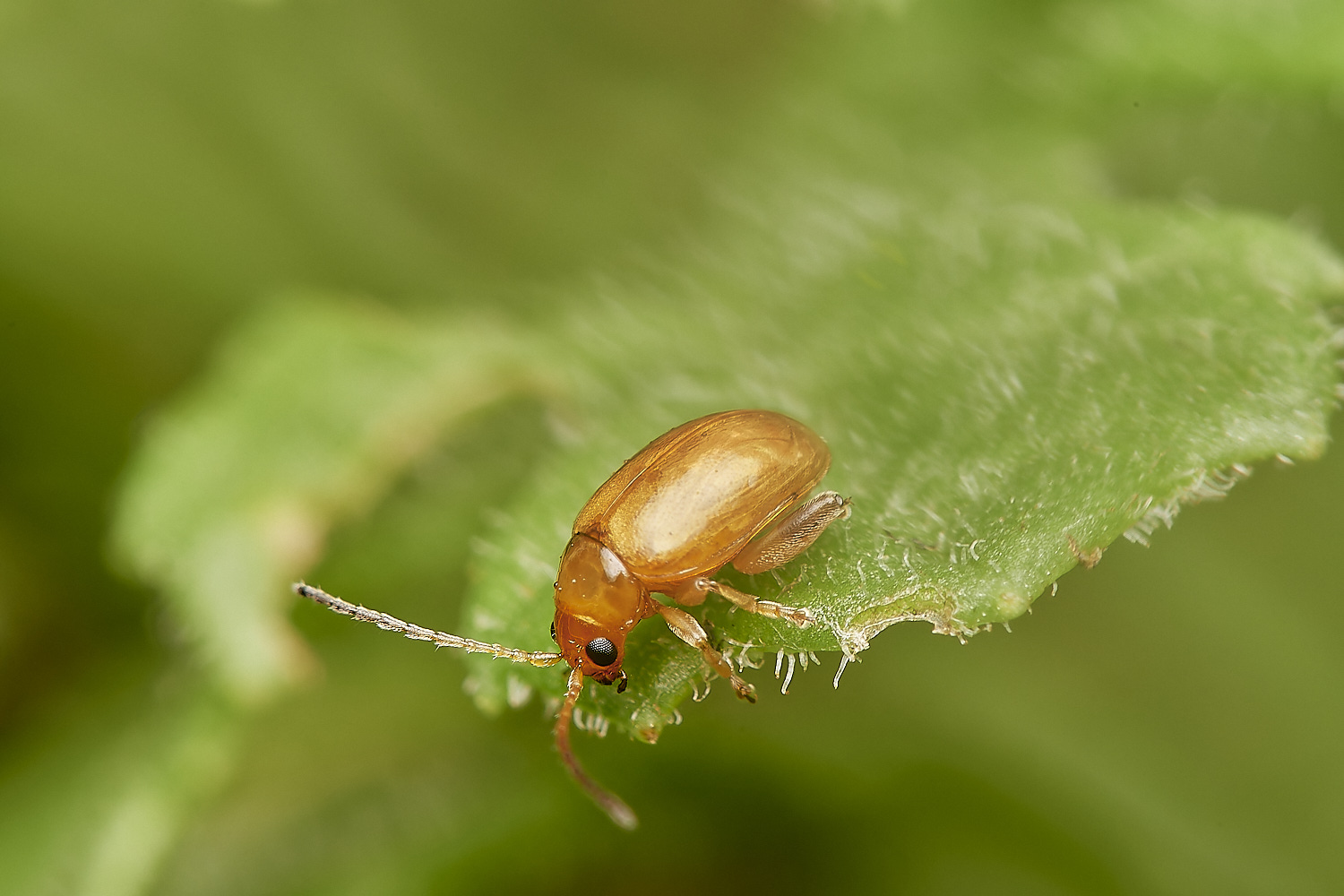
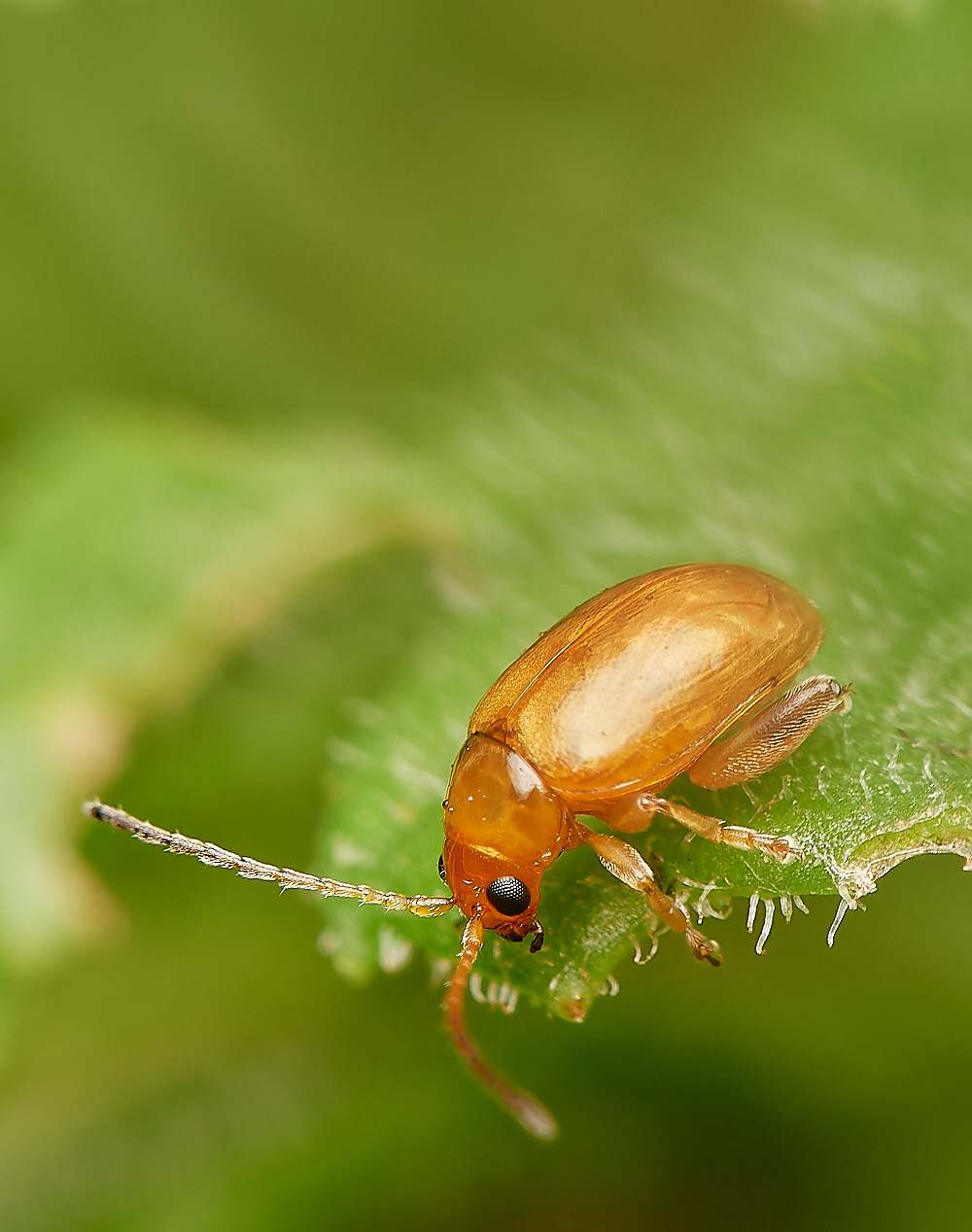
Small orange Beetle Sp? with enlarged back legs.
From
Martin Collier
It’s one of the many species of Longitarsus, a leaf beetle. Probably jacobaeae or flavicornis
but would need to examine and probably dissect to be sure.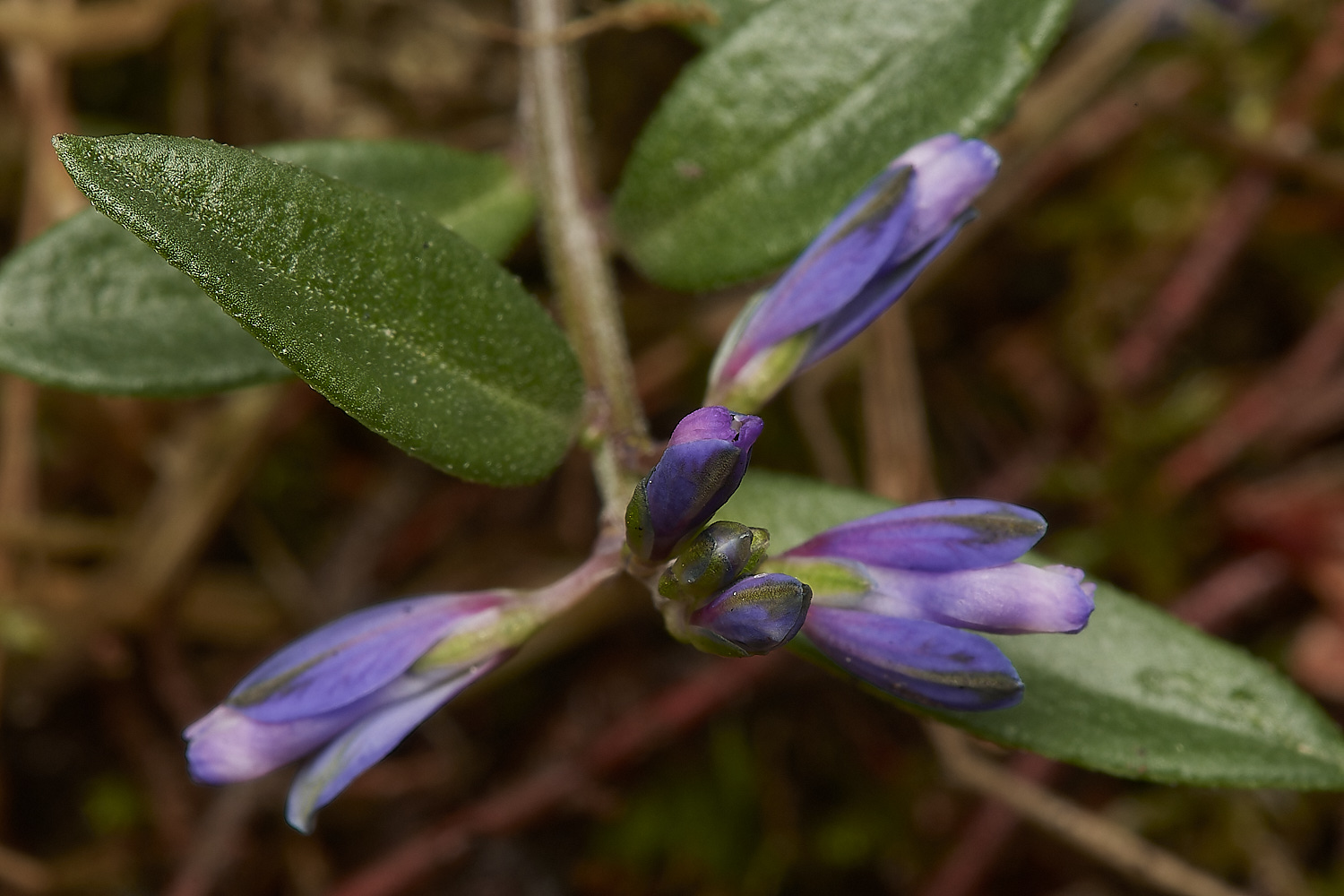
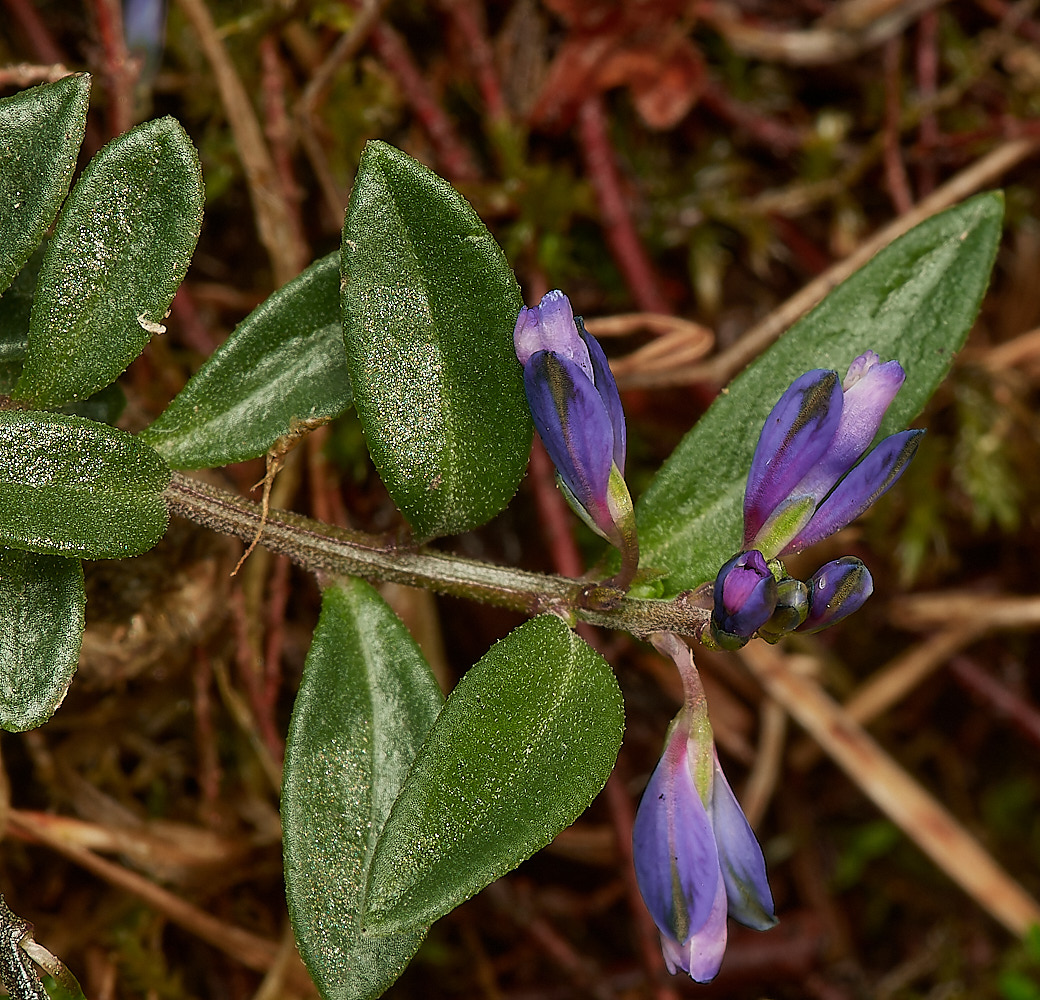
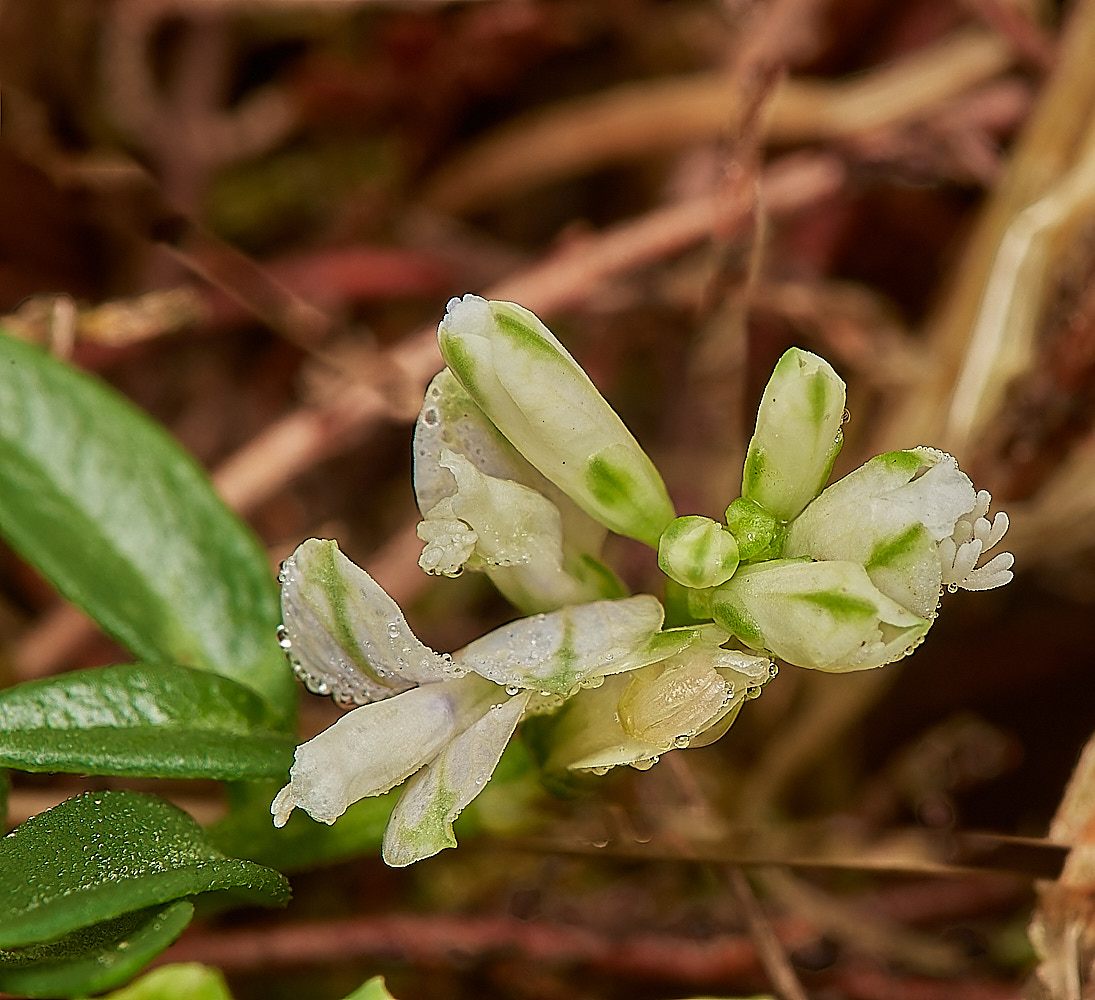
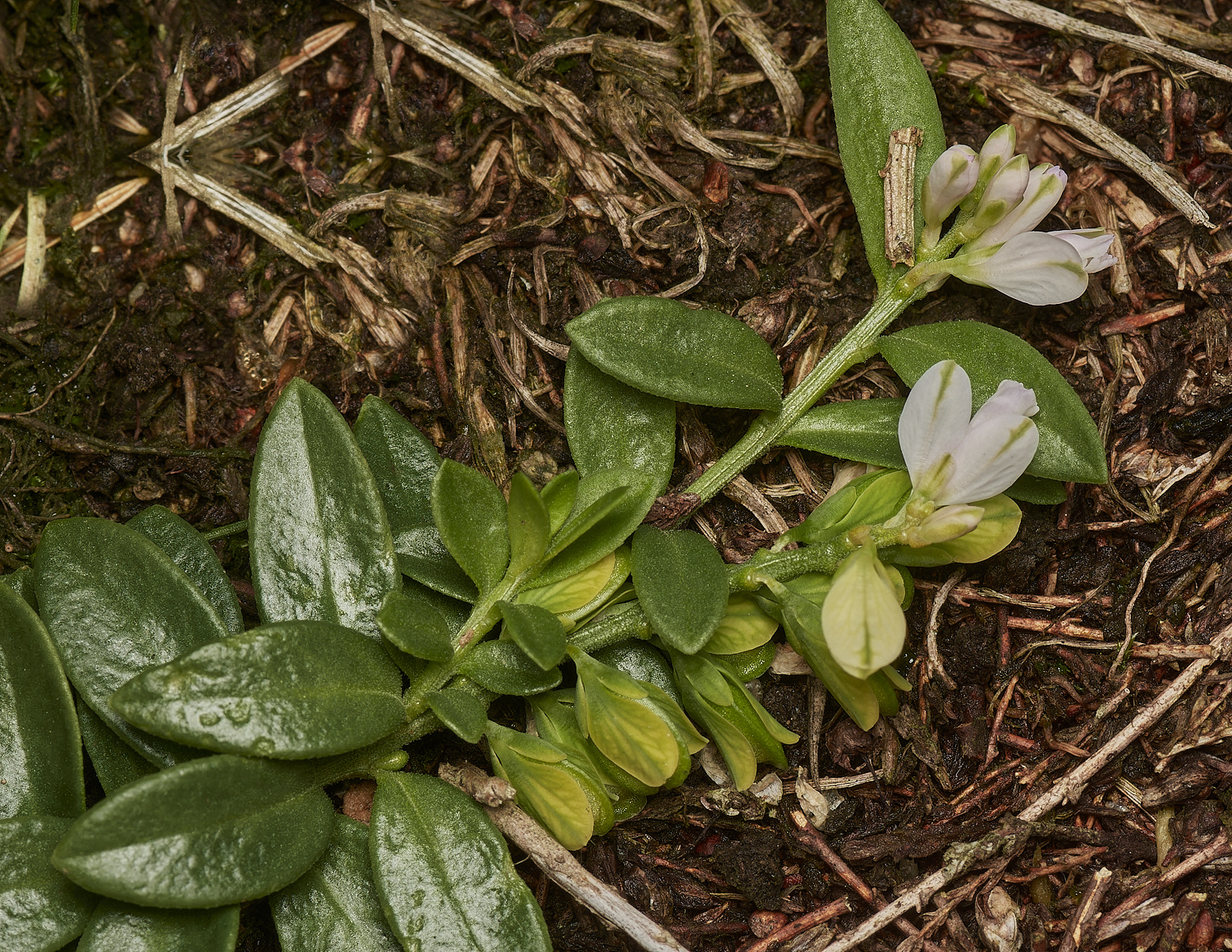
Heath Milkwort (Polygala serpyllifolia)
Usually only 3-10 flowers per spike. Common Milkwork 10-40 flowers.
Sepals are pointed in Health Milkwort and rounded in common Milkwort.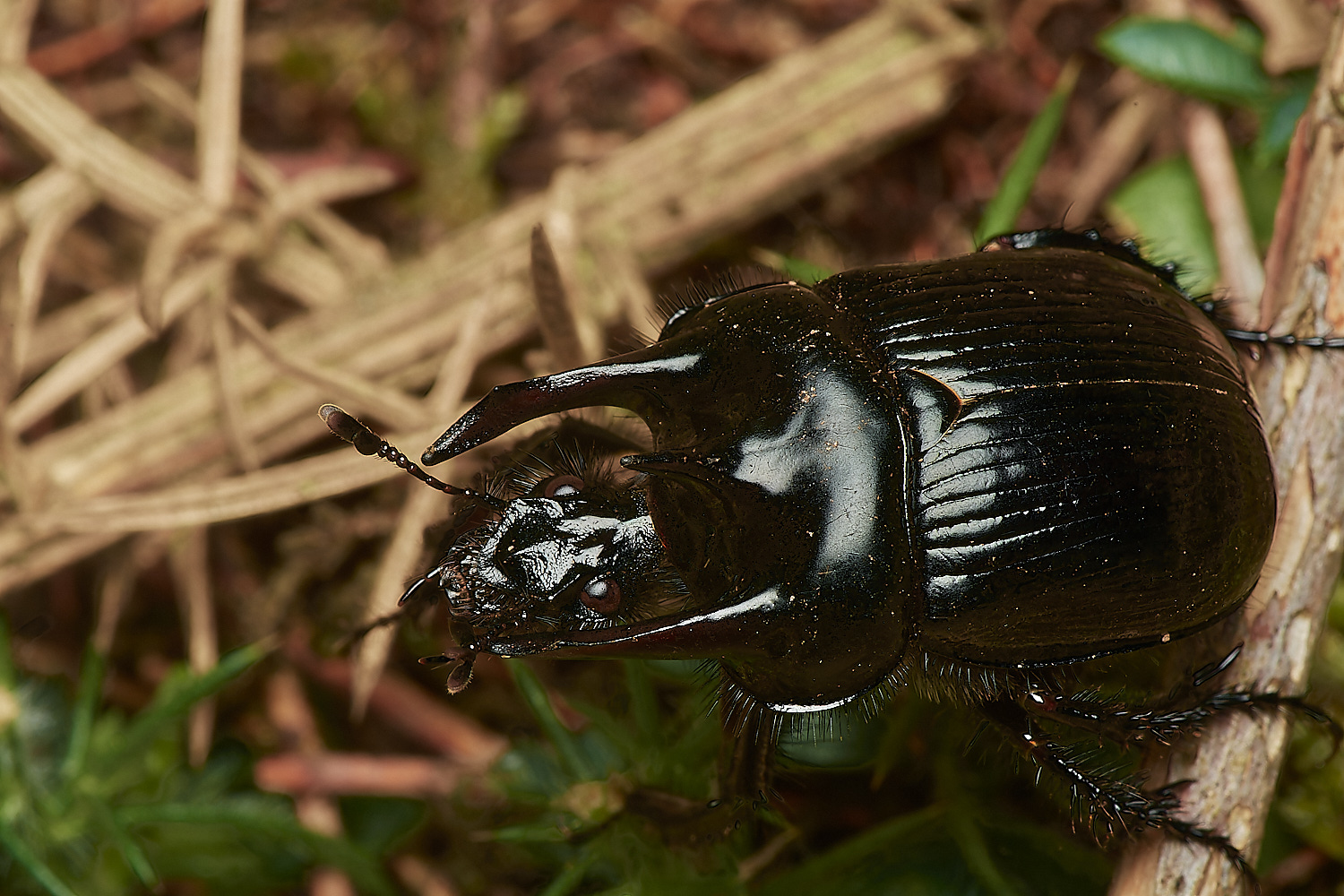
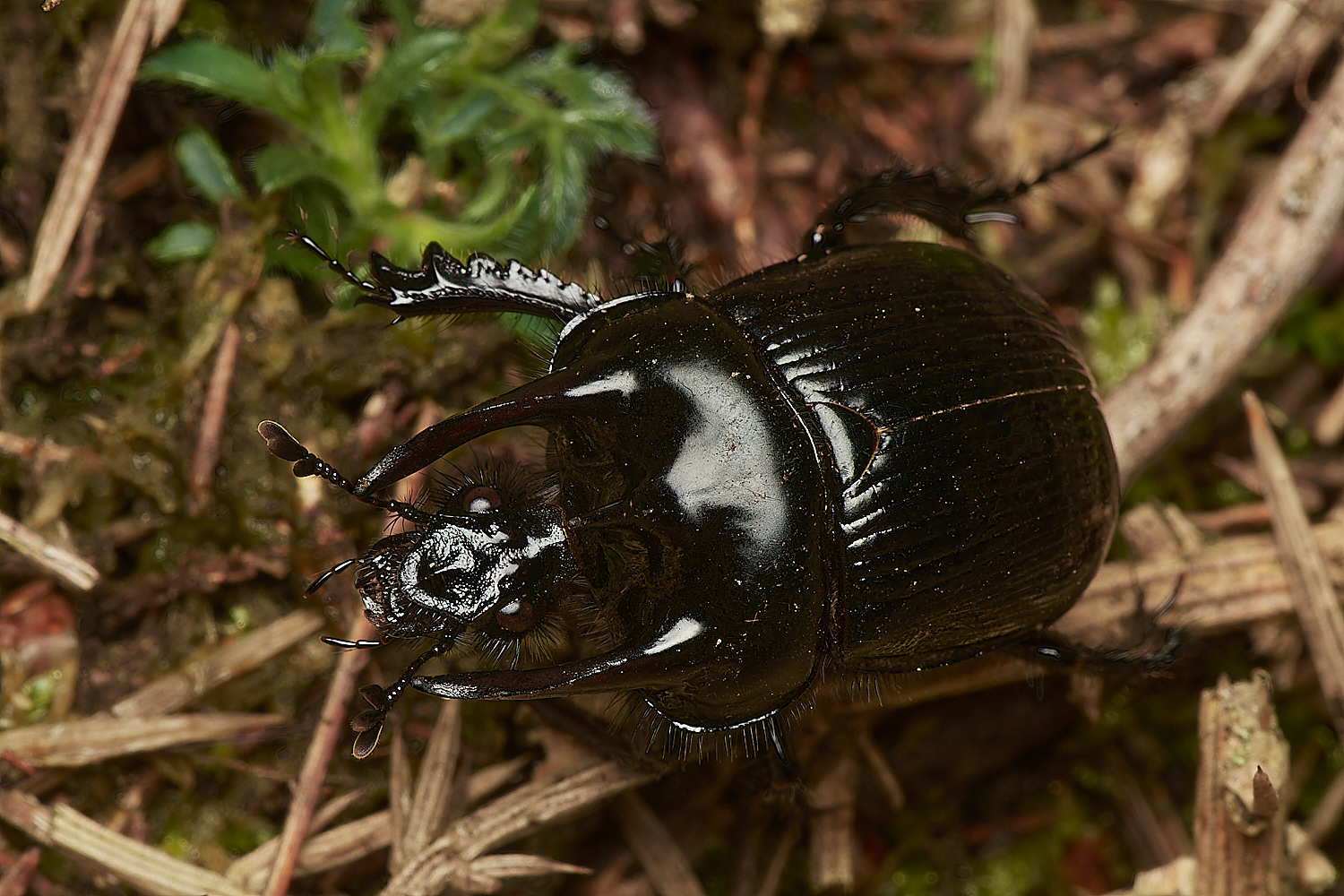
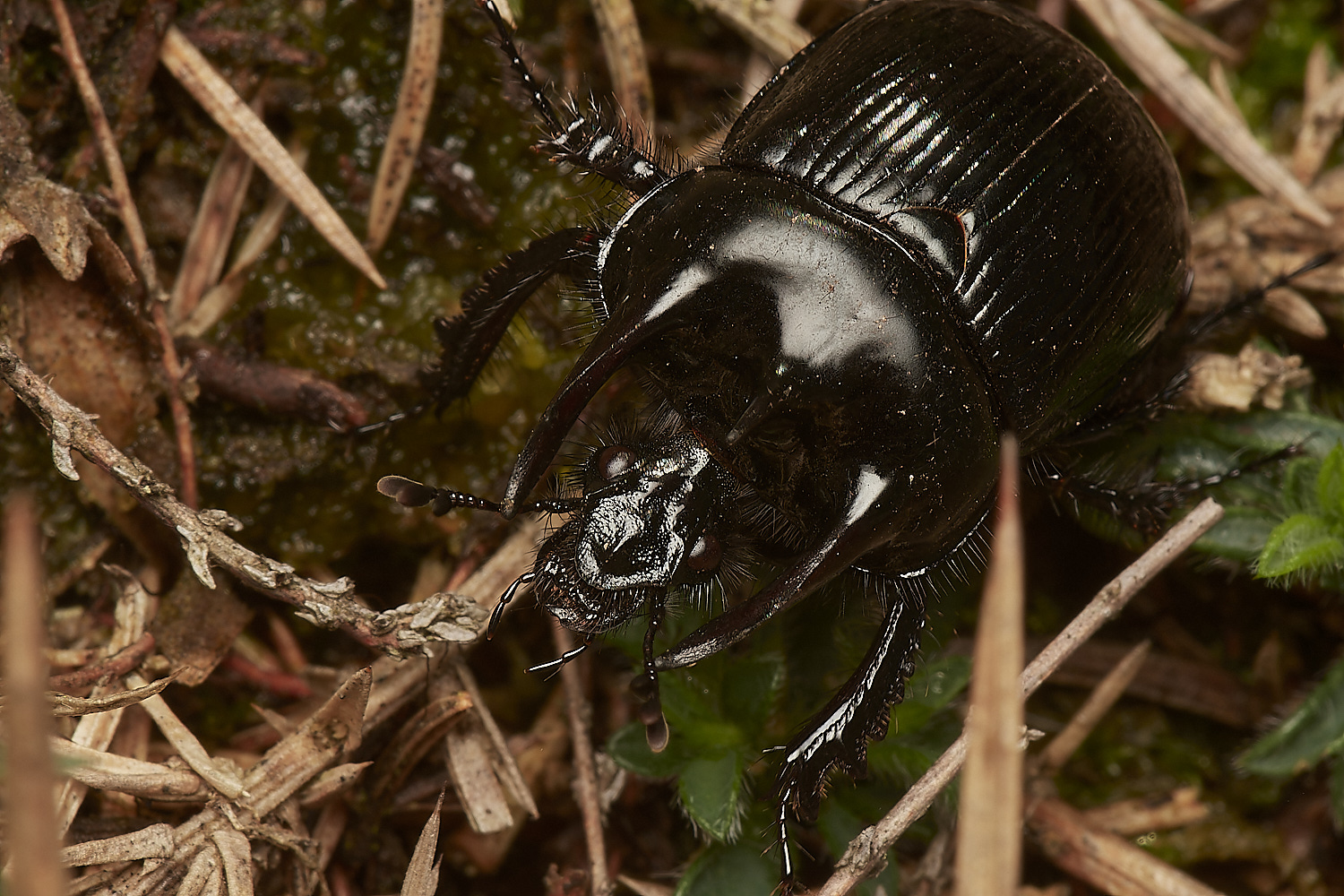
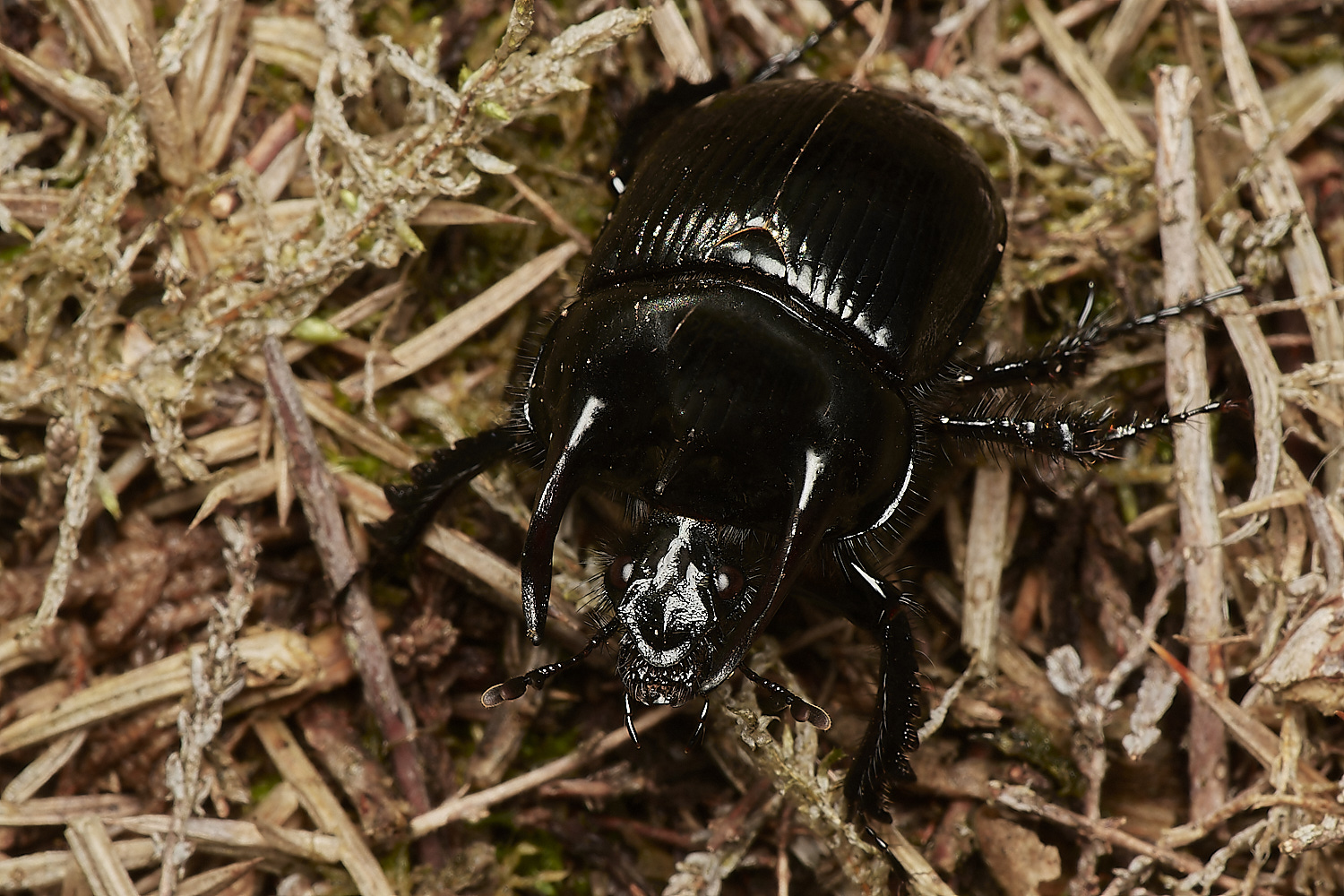
Minotaur Beetle (Typhaeus typhoeus) ♂︎
Common Pincushion (Dicranoweisia cirrata)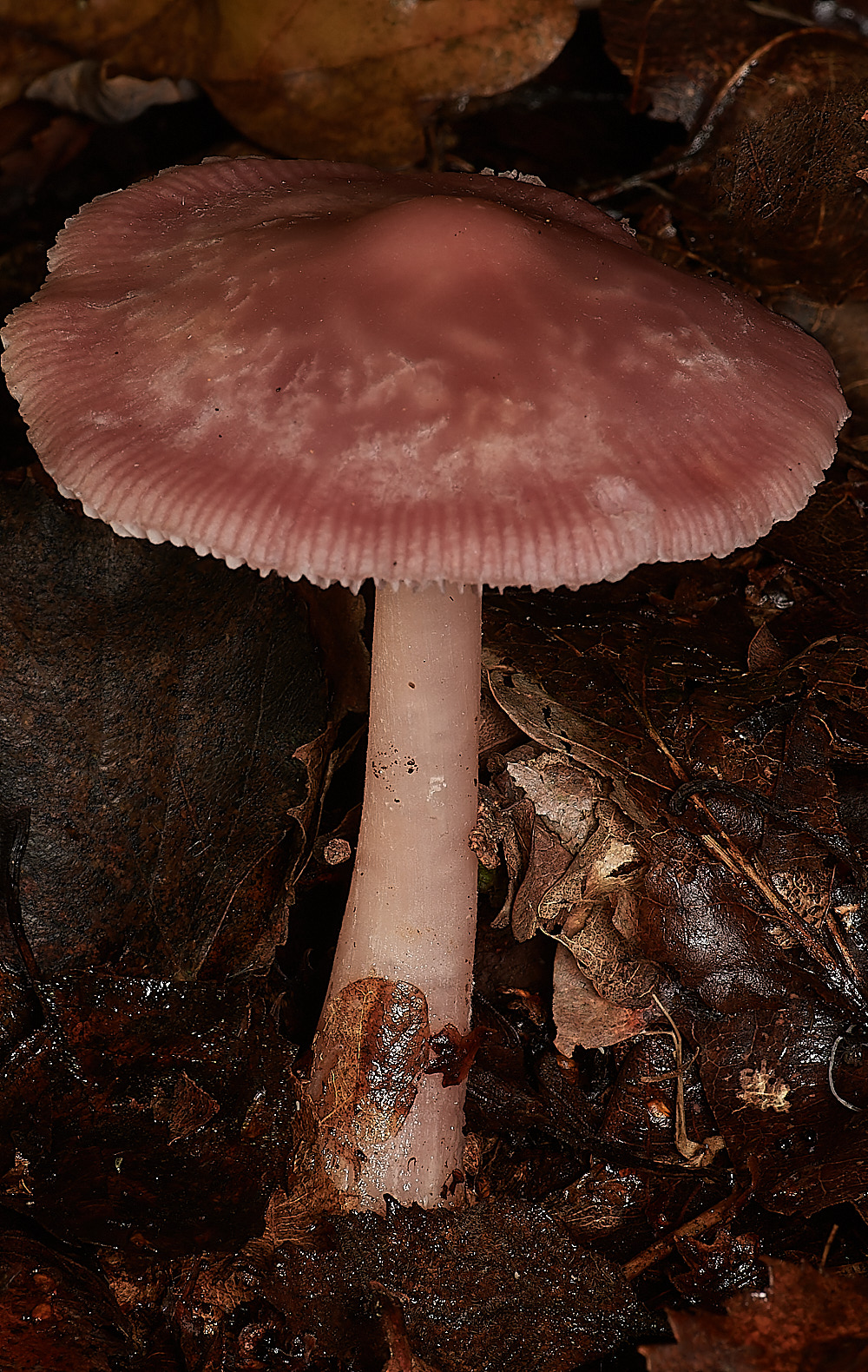
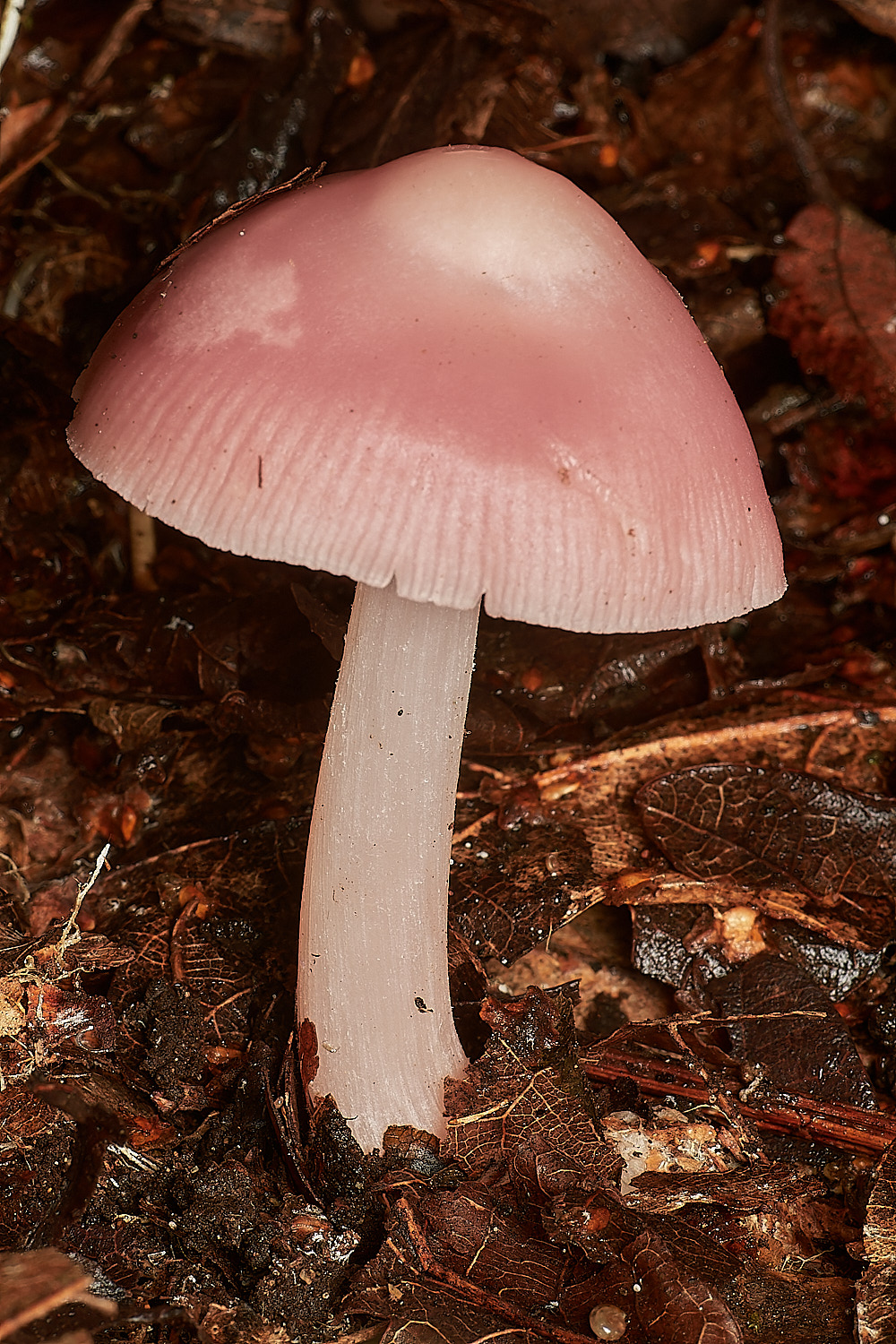
Rosey Bonnet (Mycena rosea)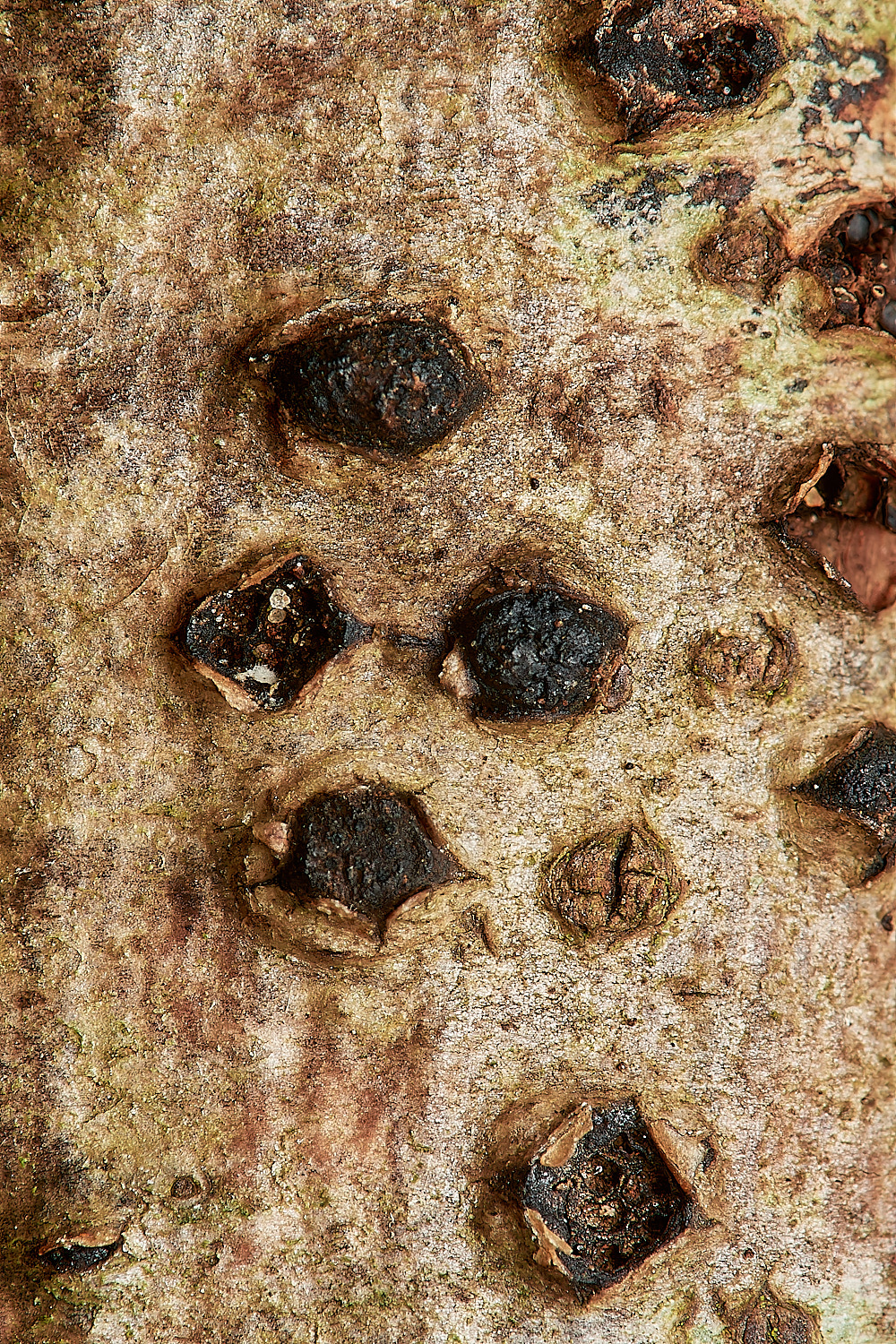
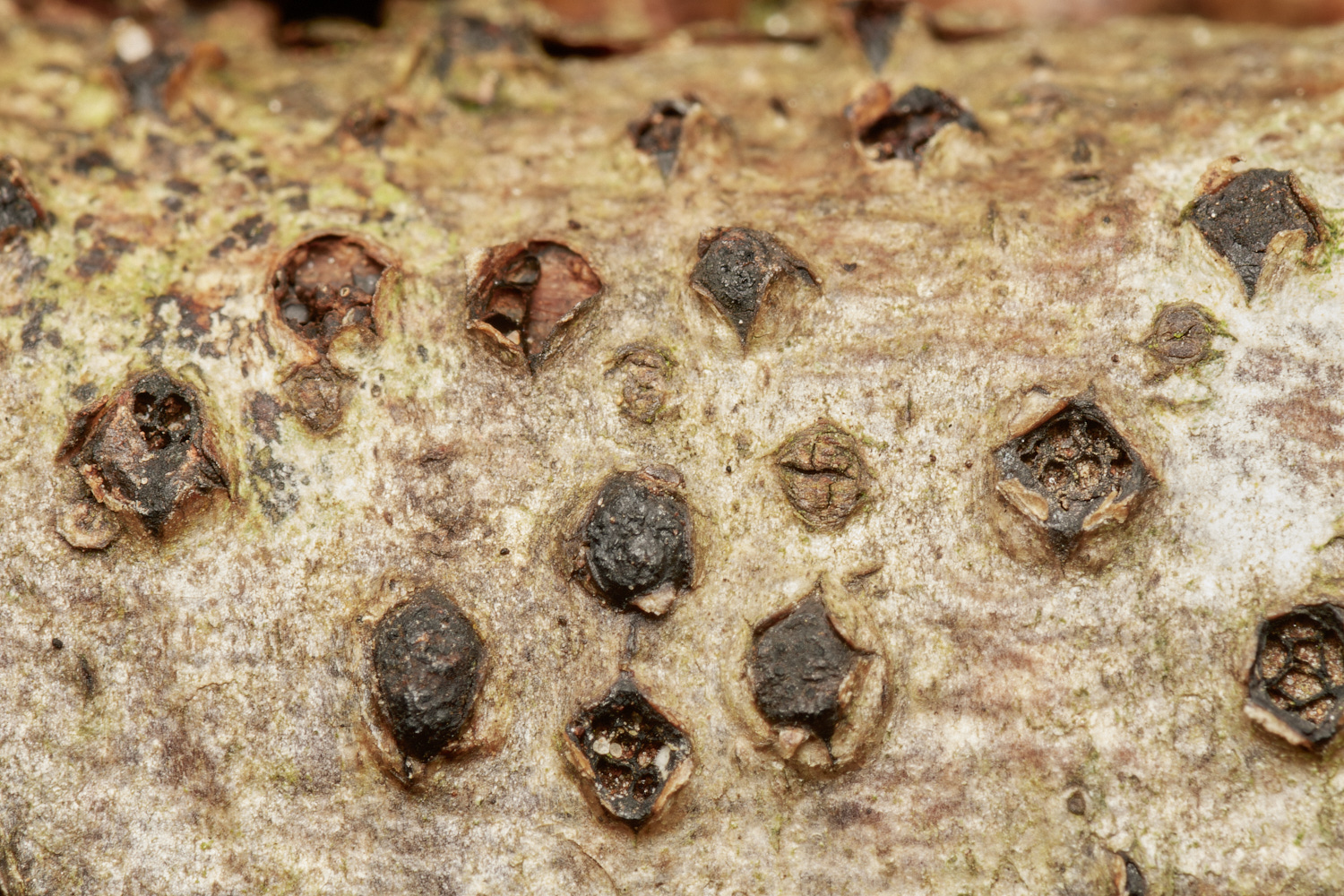
Oak Blackhead (Diatrypella quercina)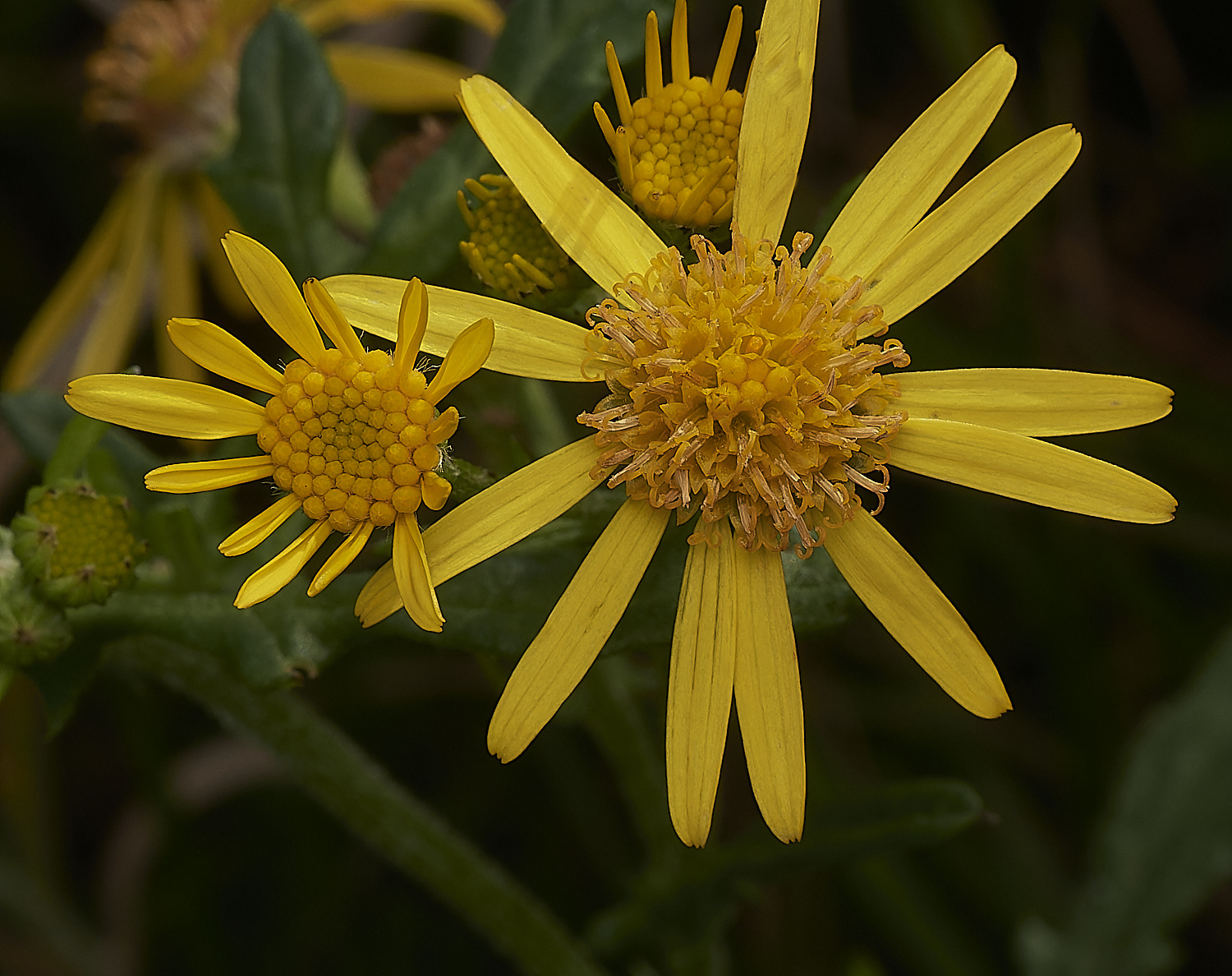
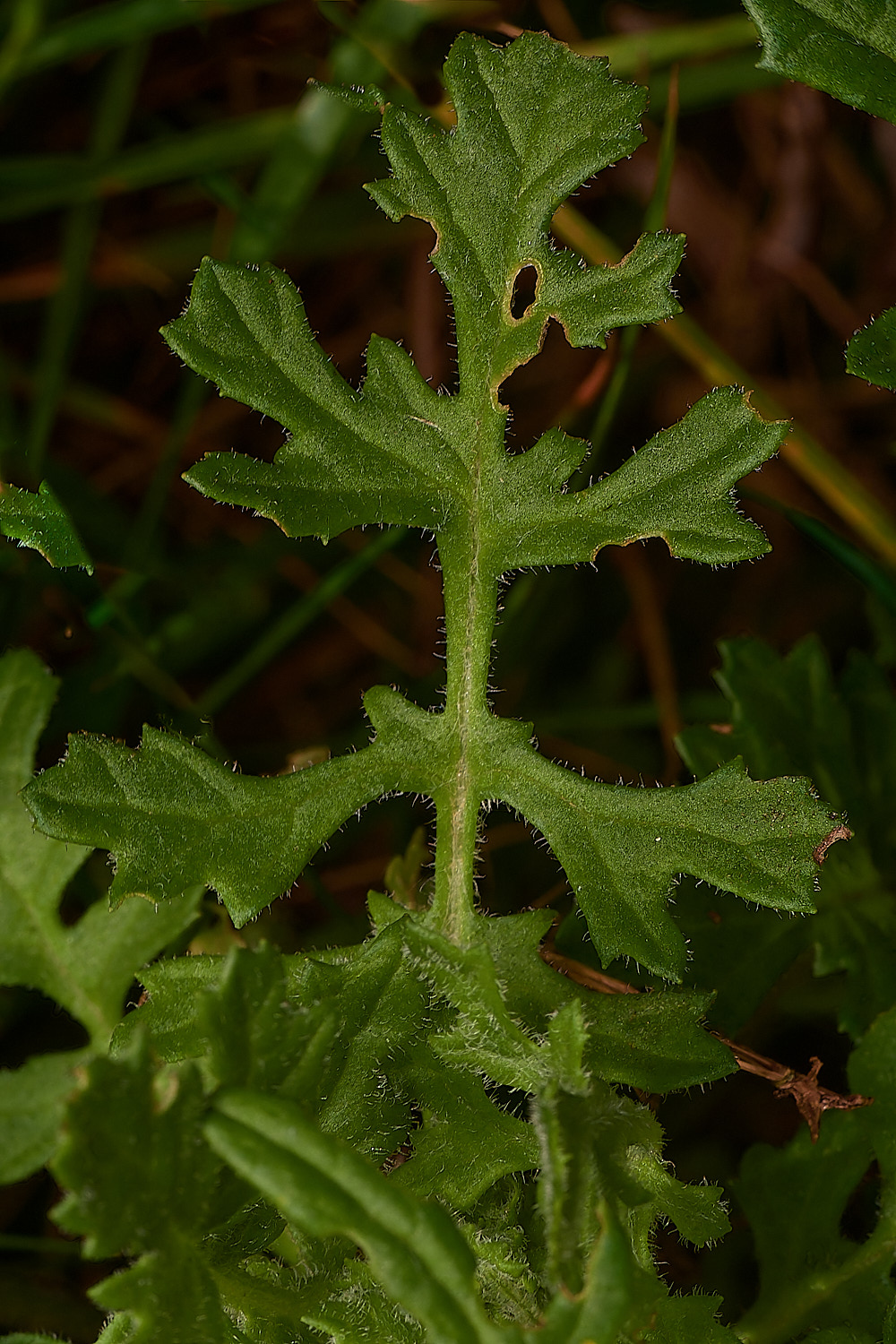
Oxford Ragwort (Senecio squalidus)
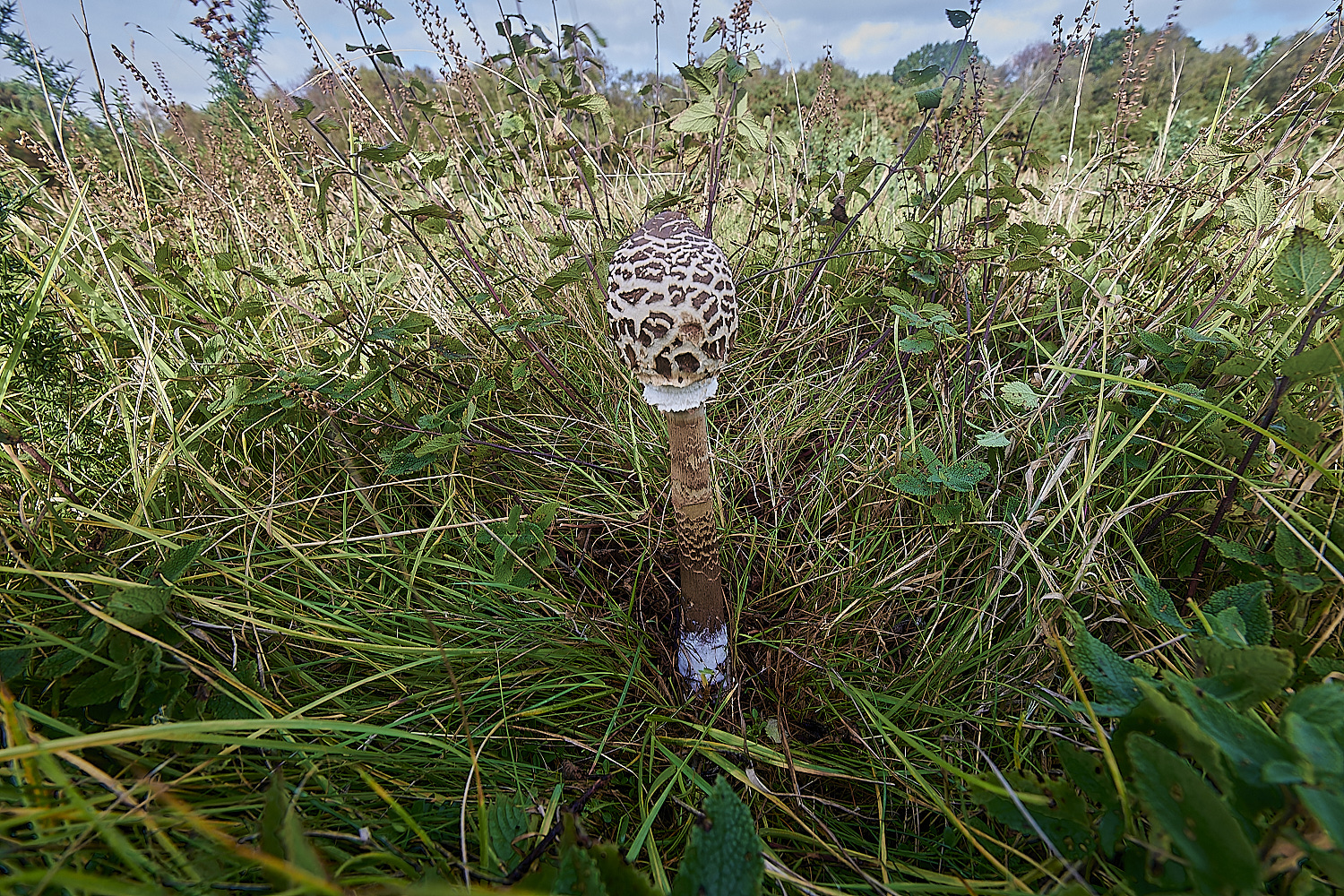
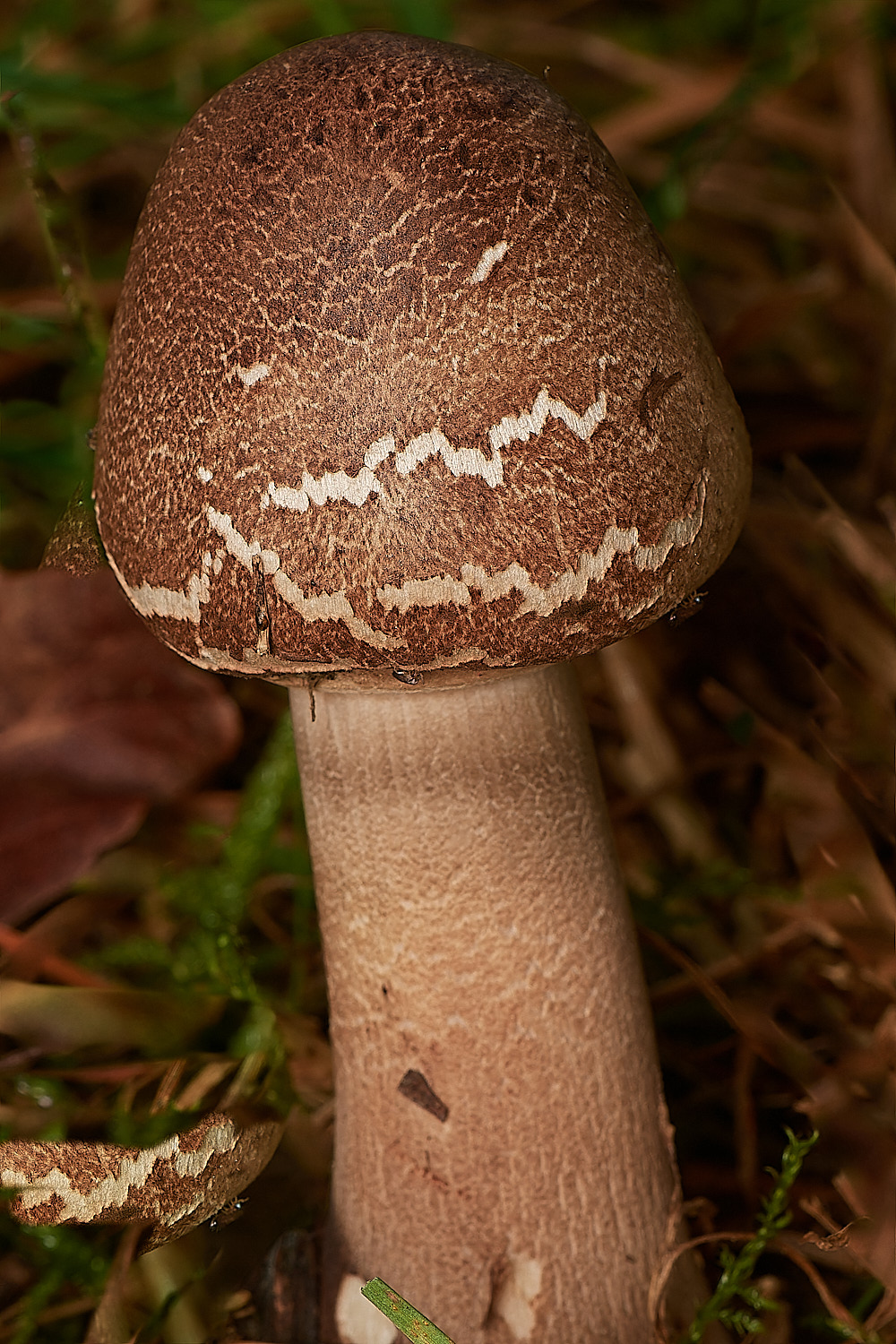

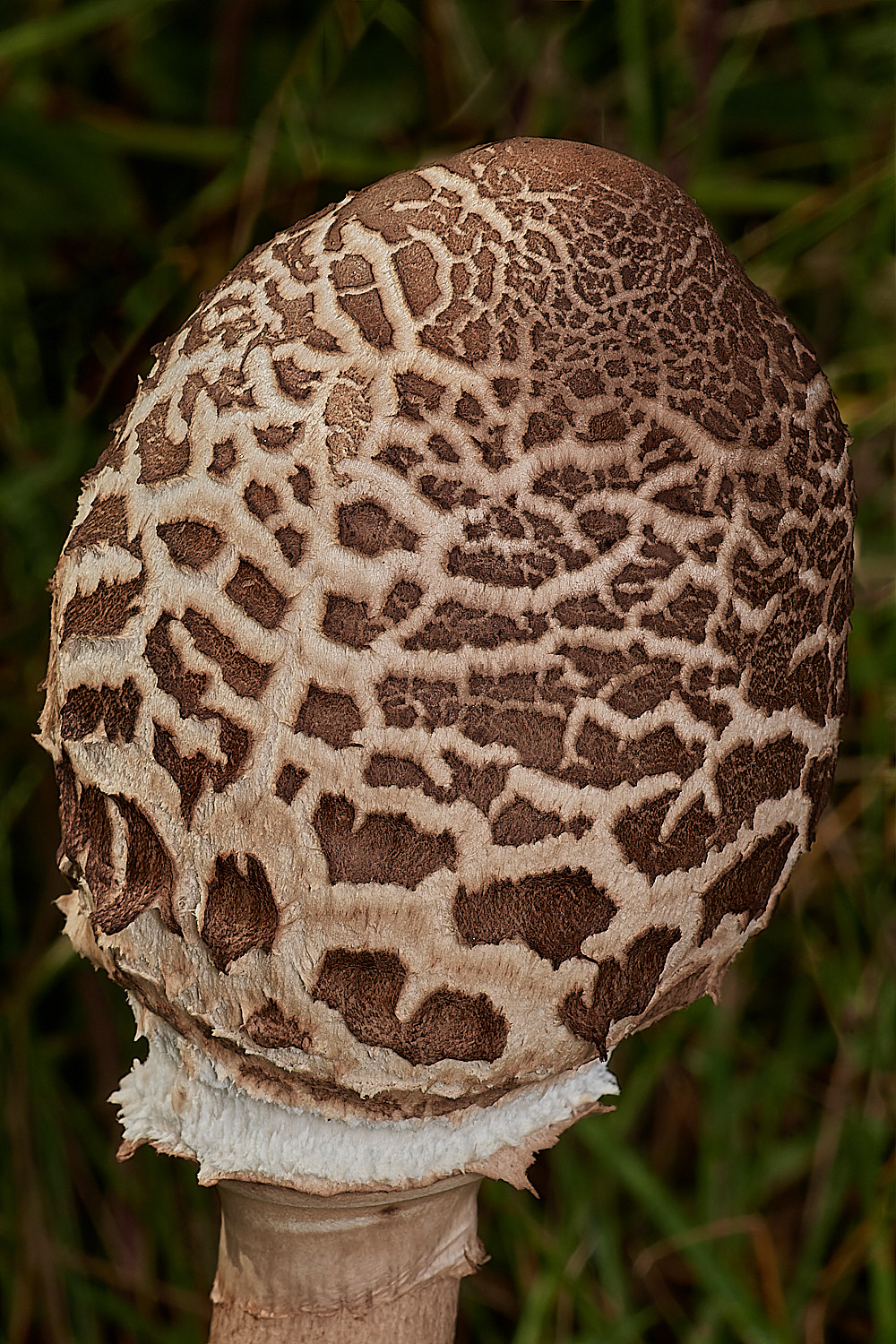
Parsol Mushroom (Macrolepiota procera)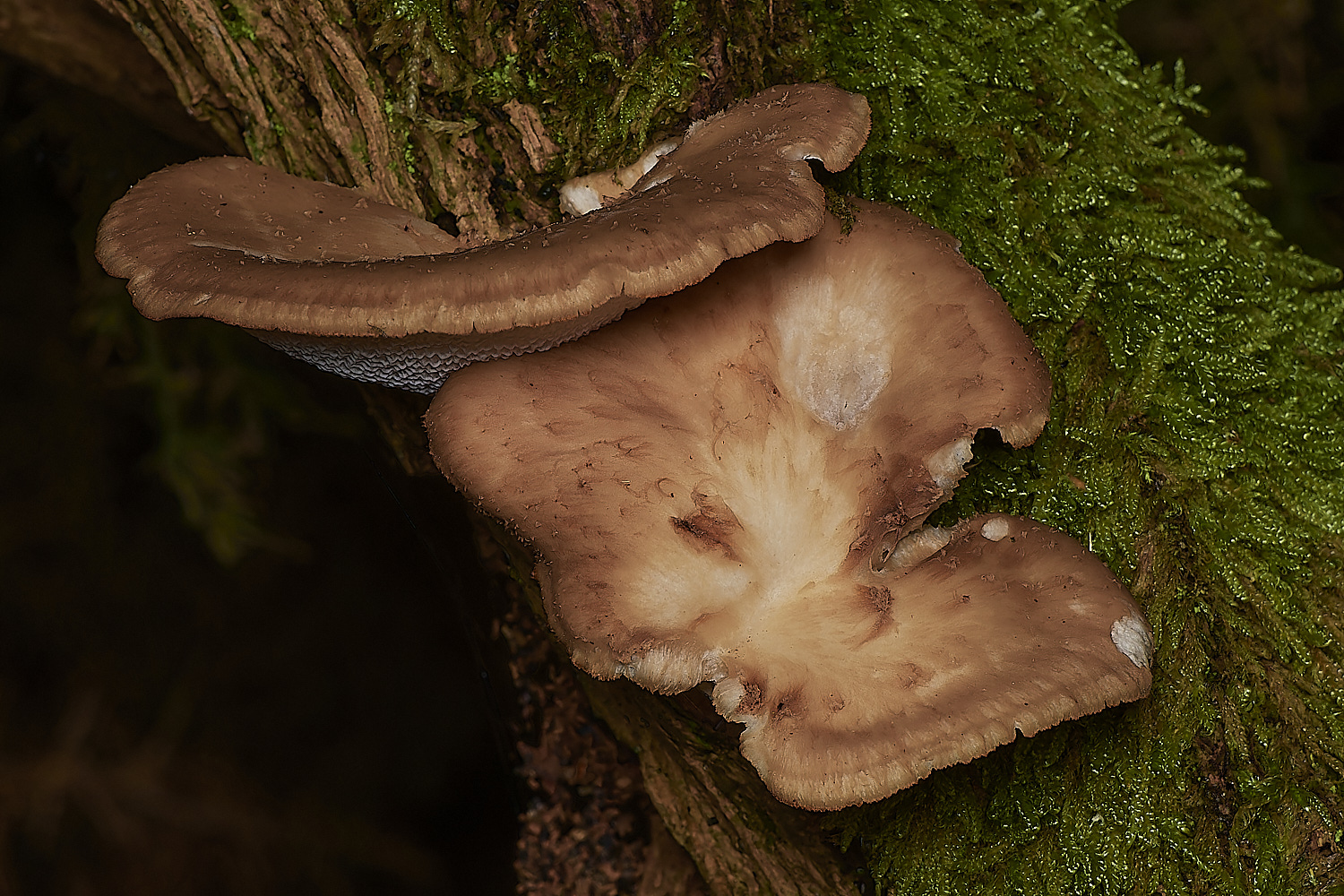
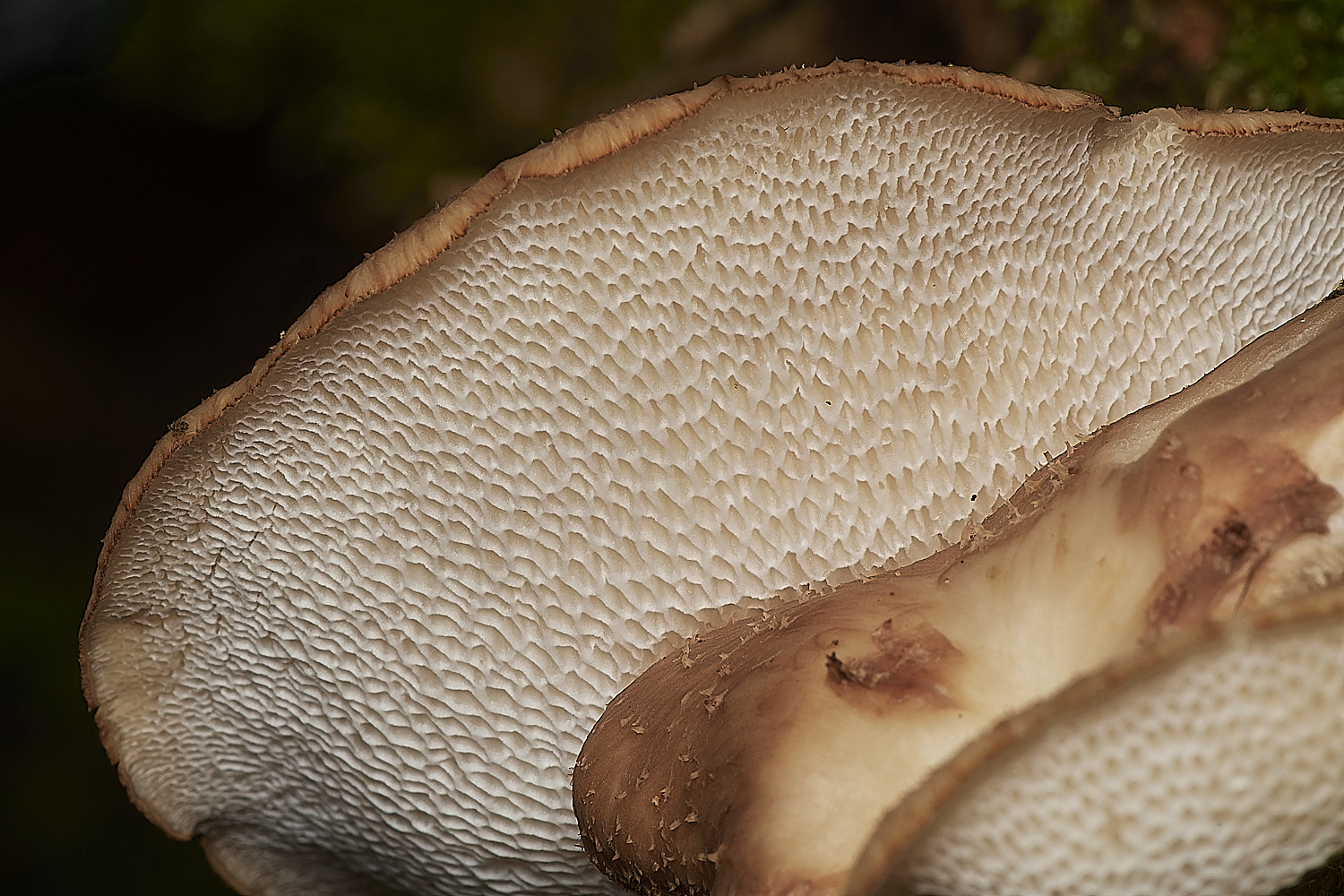
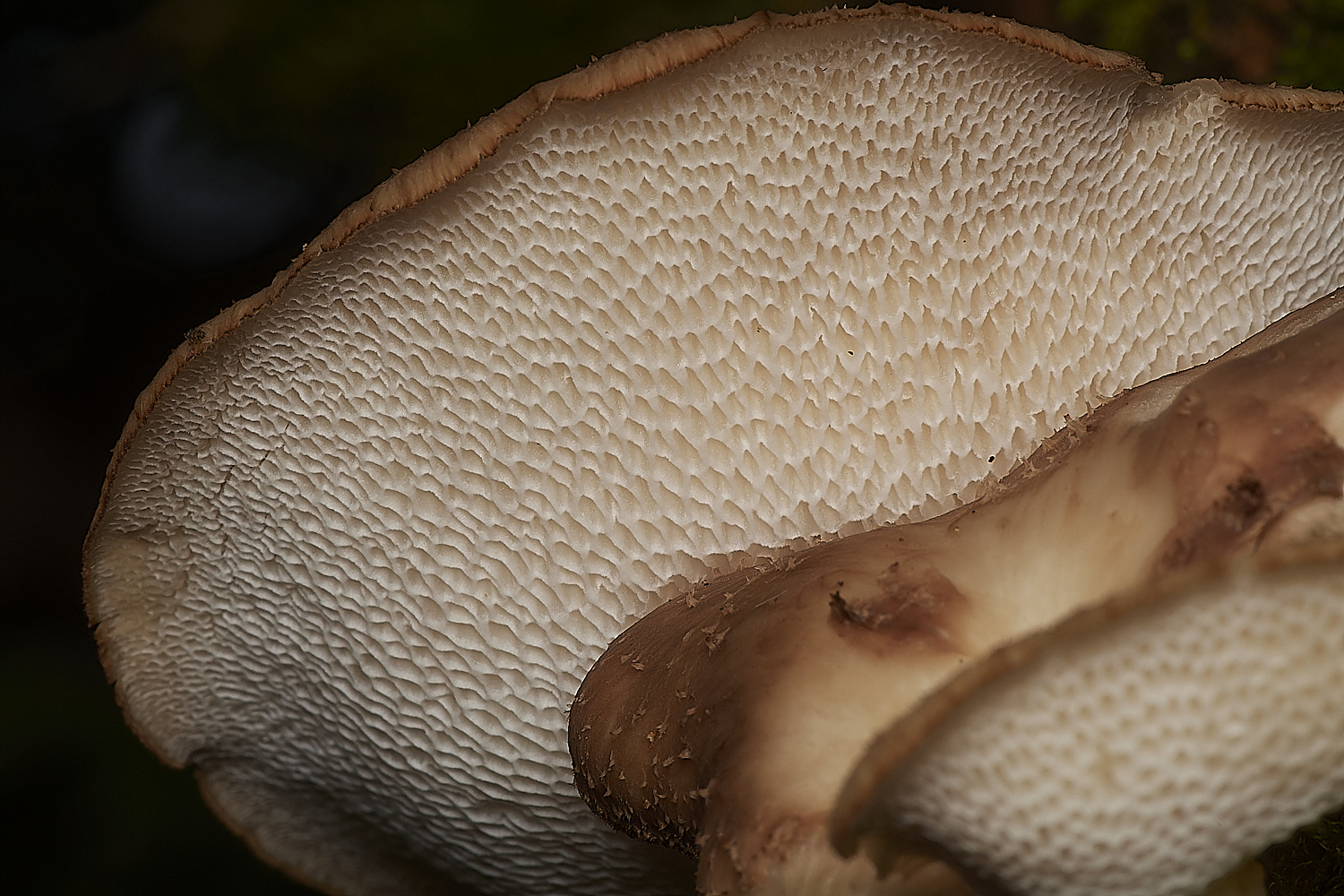
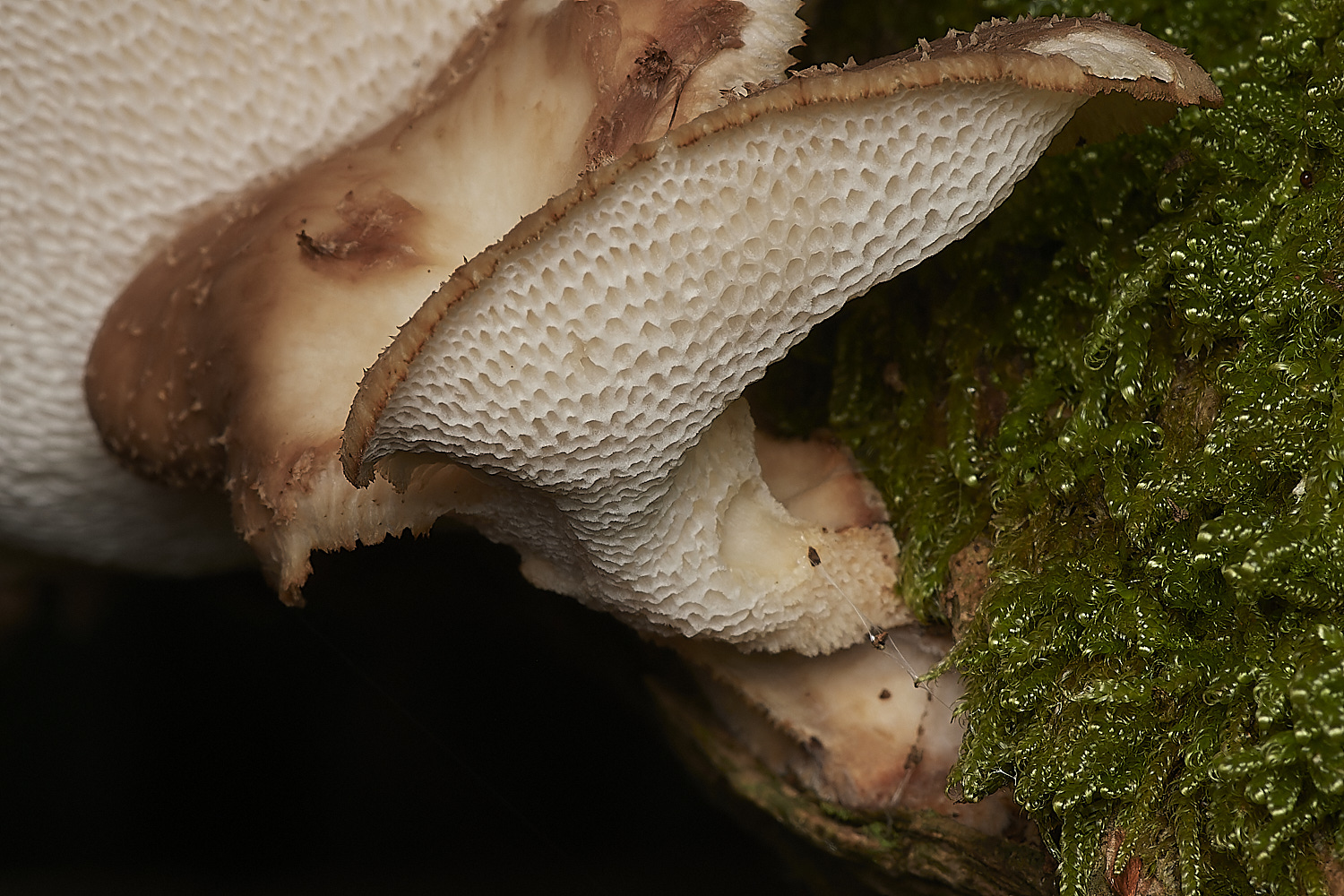
Tuberous Polypore (Polyporus tuberaster) ?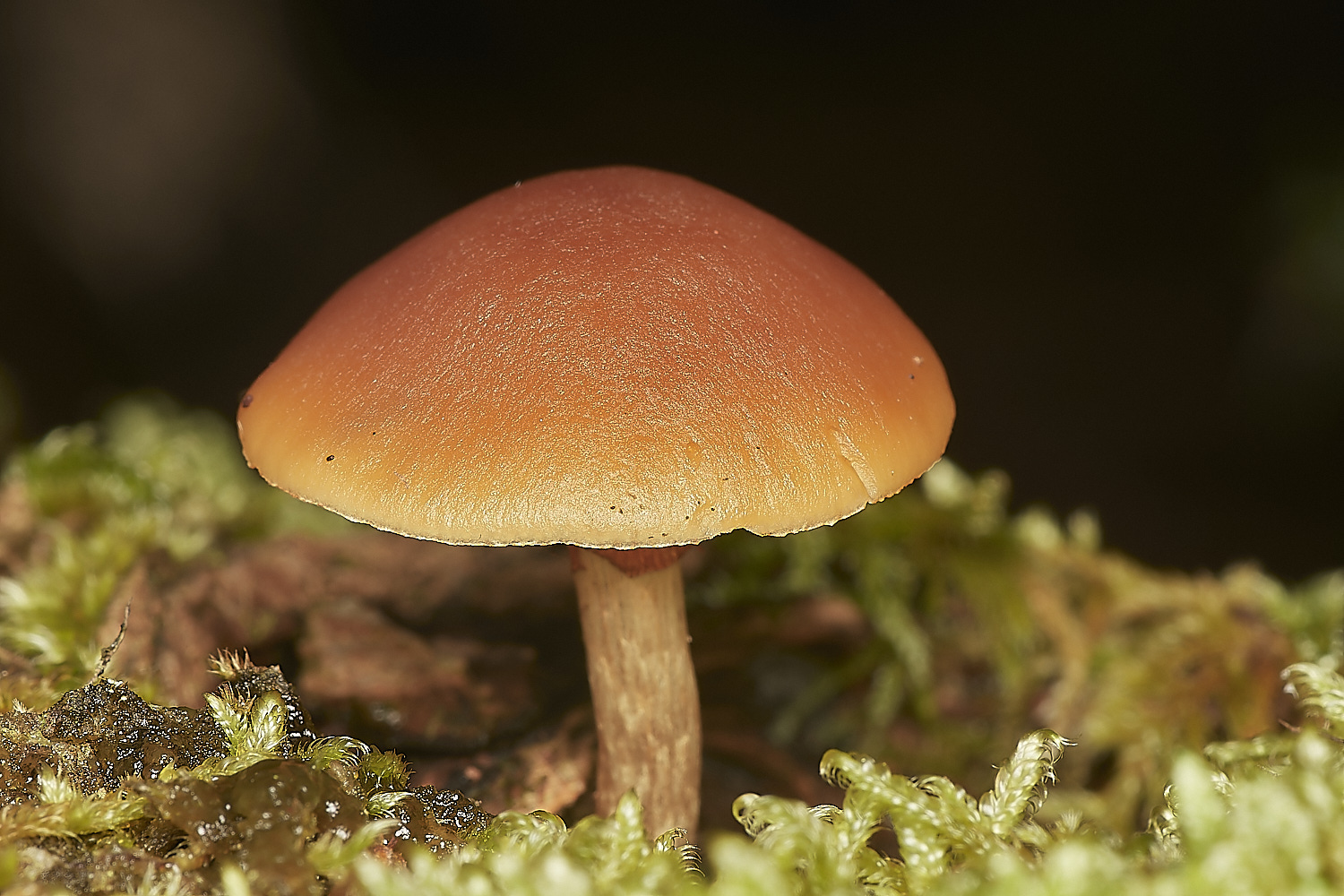

?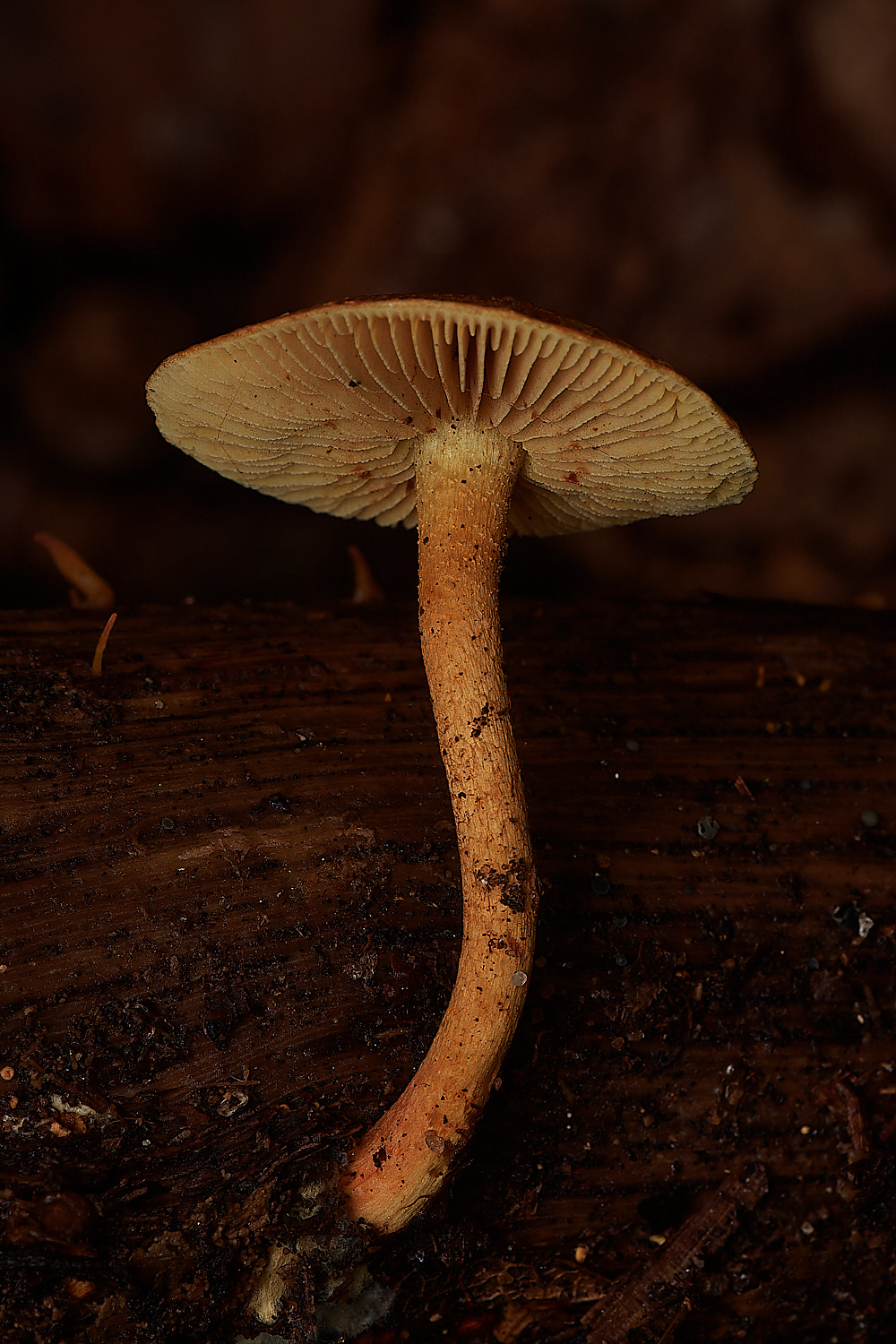
Common or Scaly Rustgill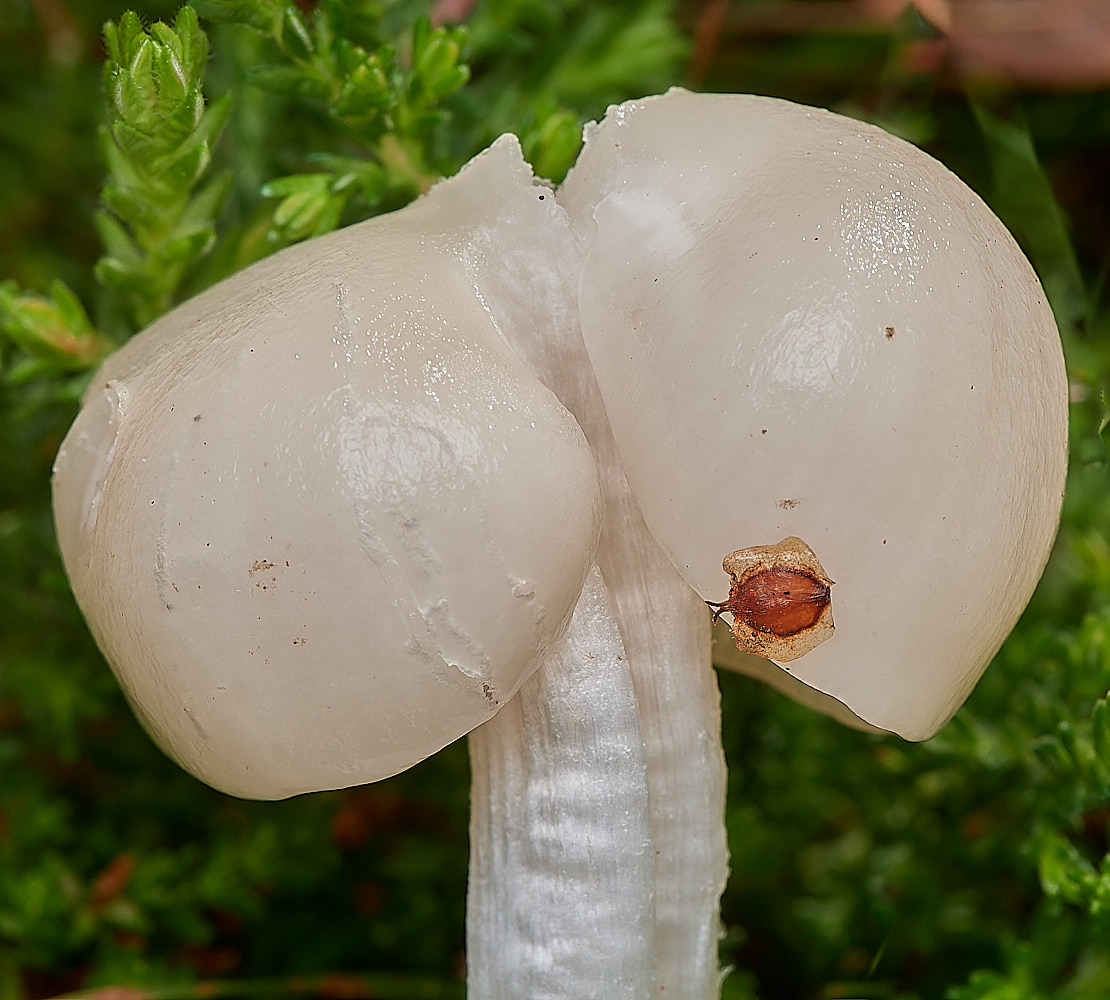
Snowy Waxcap (Cuphophyllus virgineus)
From
First Nature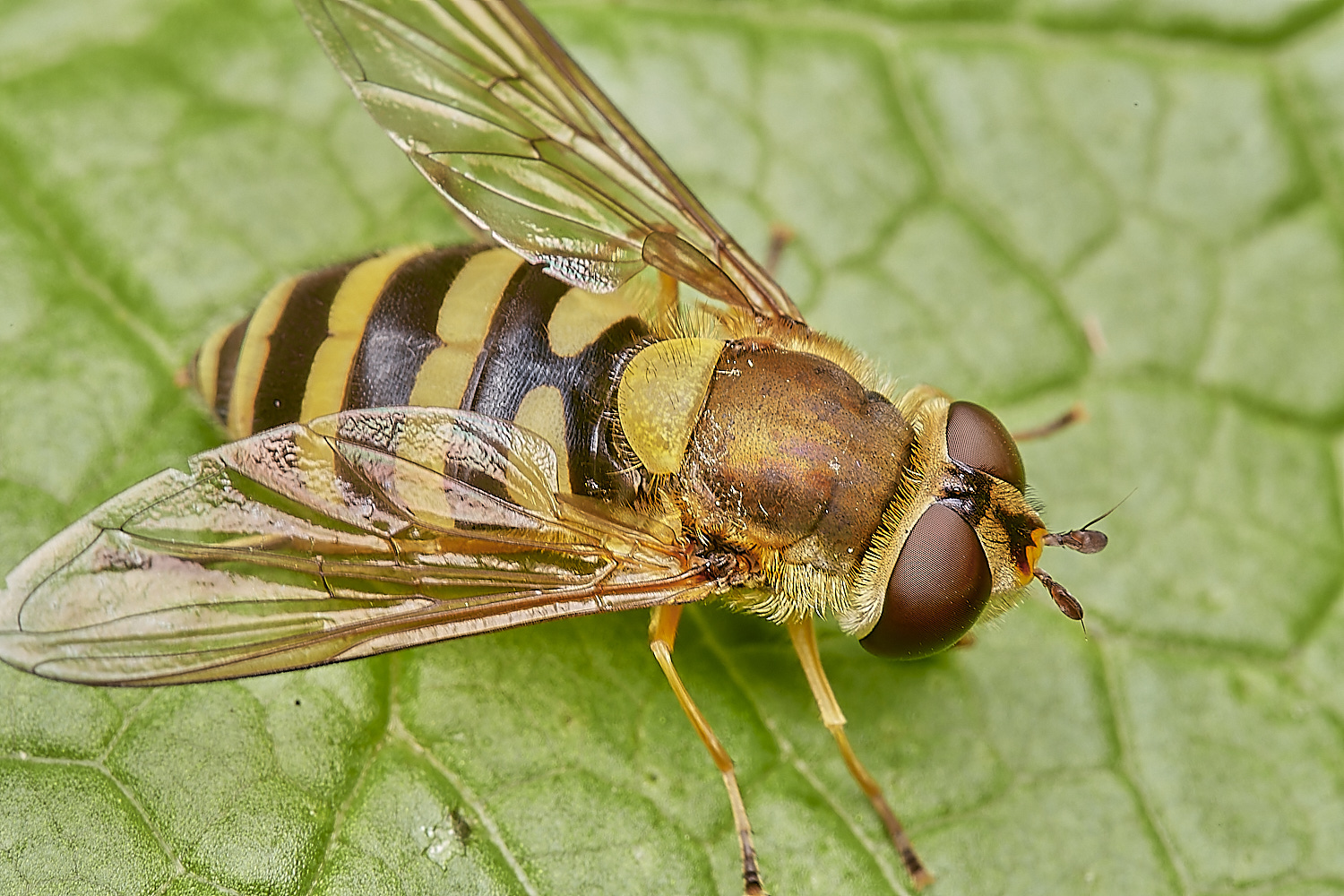
Syrphus Sp?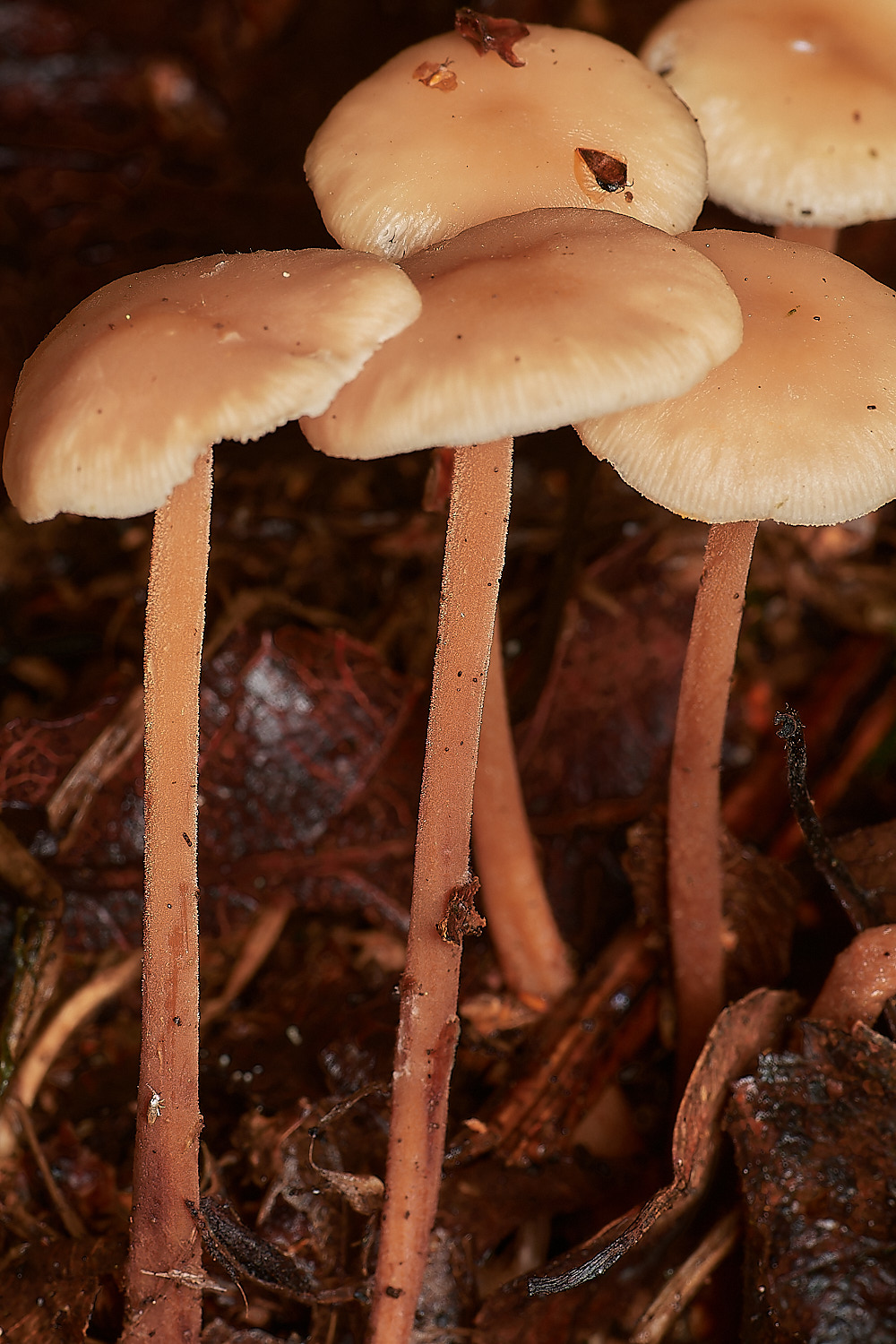
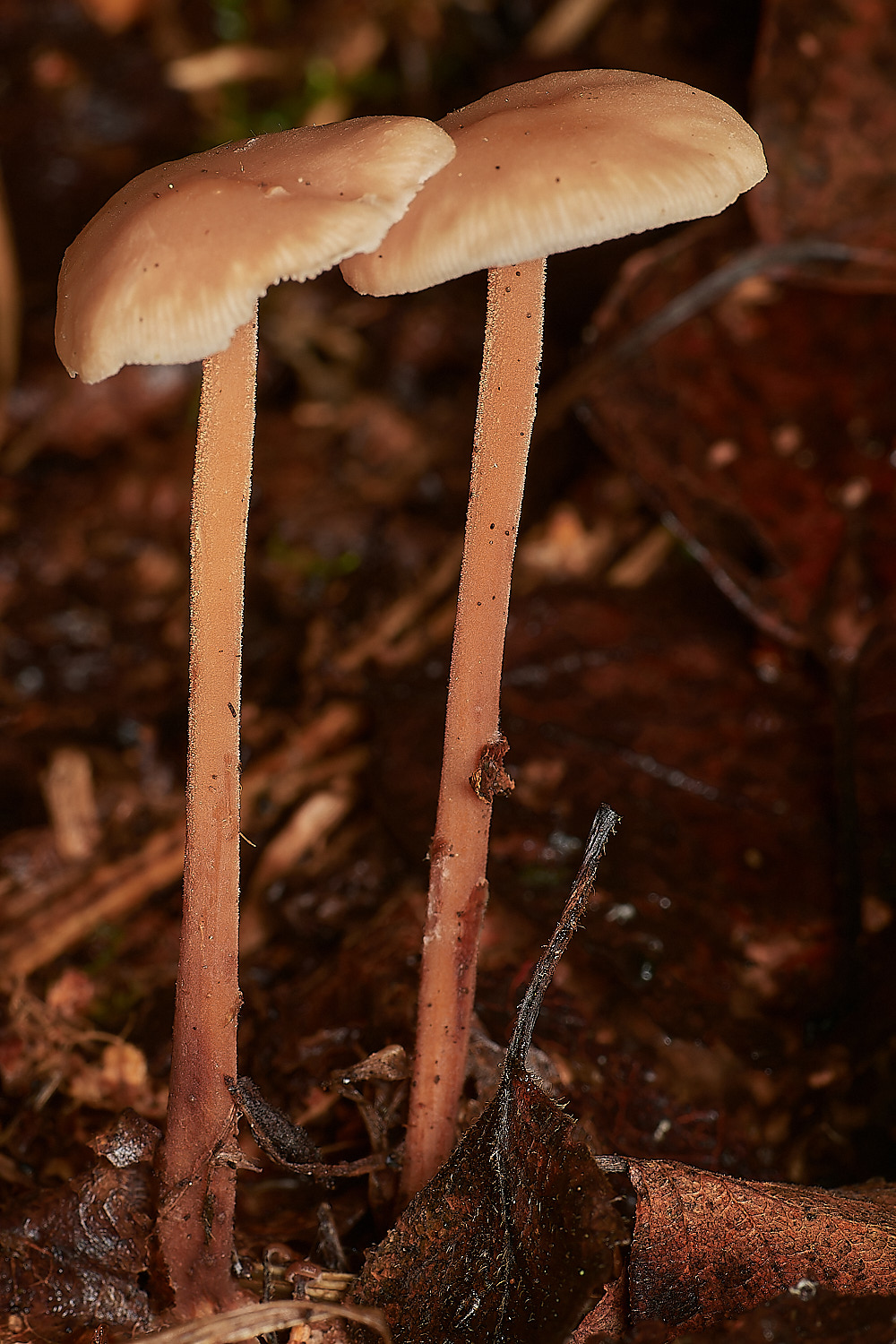
Redleg Toughshank (Gymnopus erythropus)?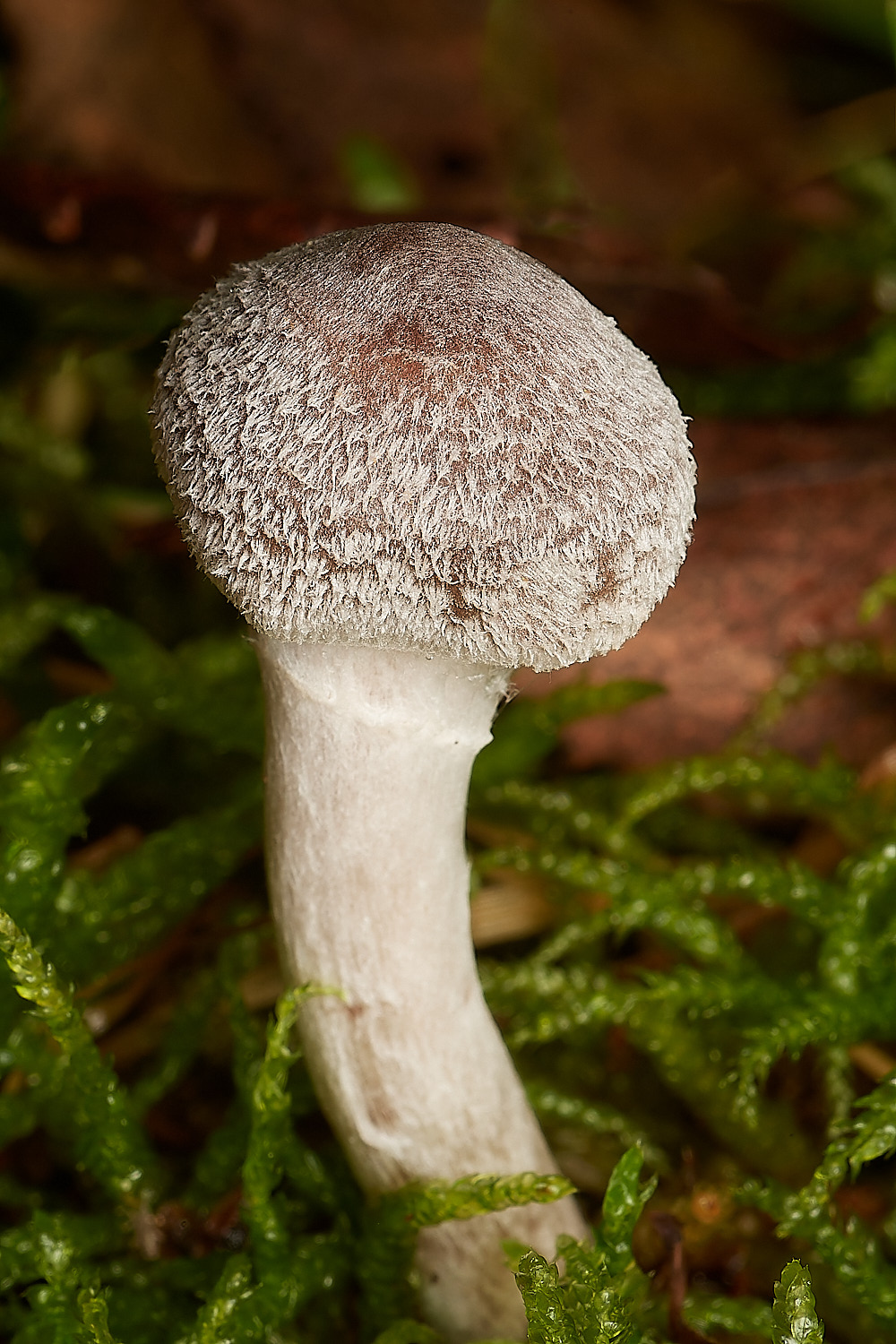
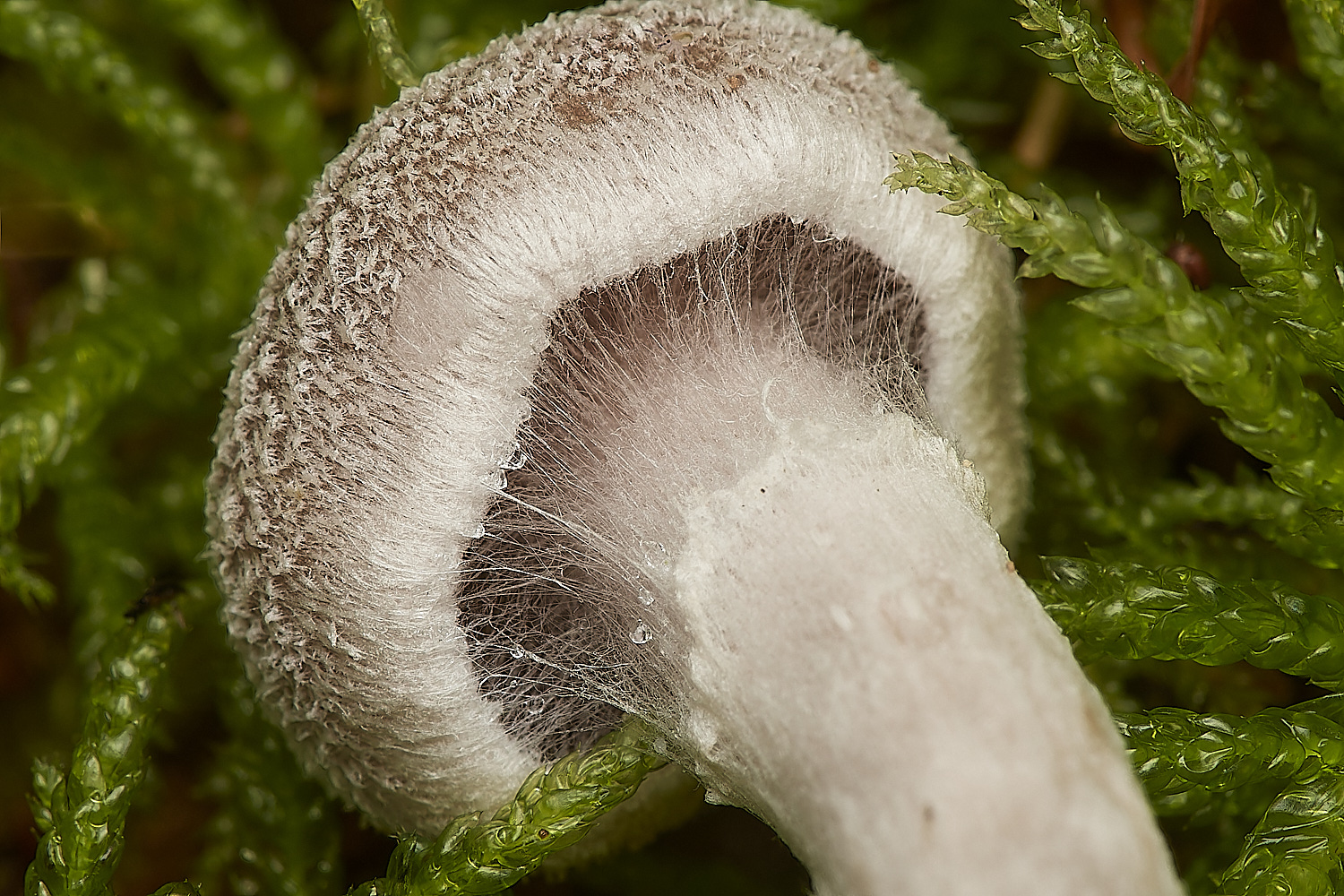
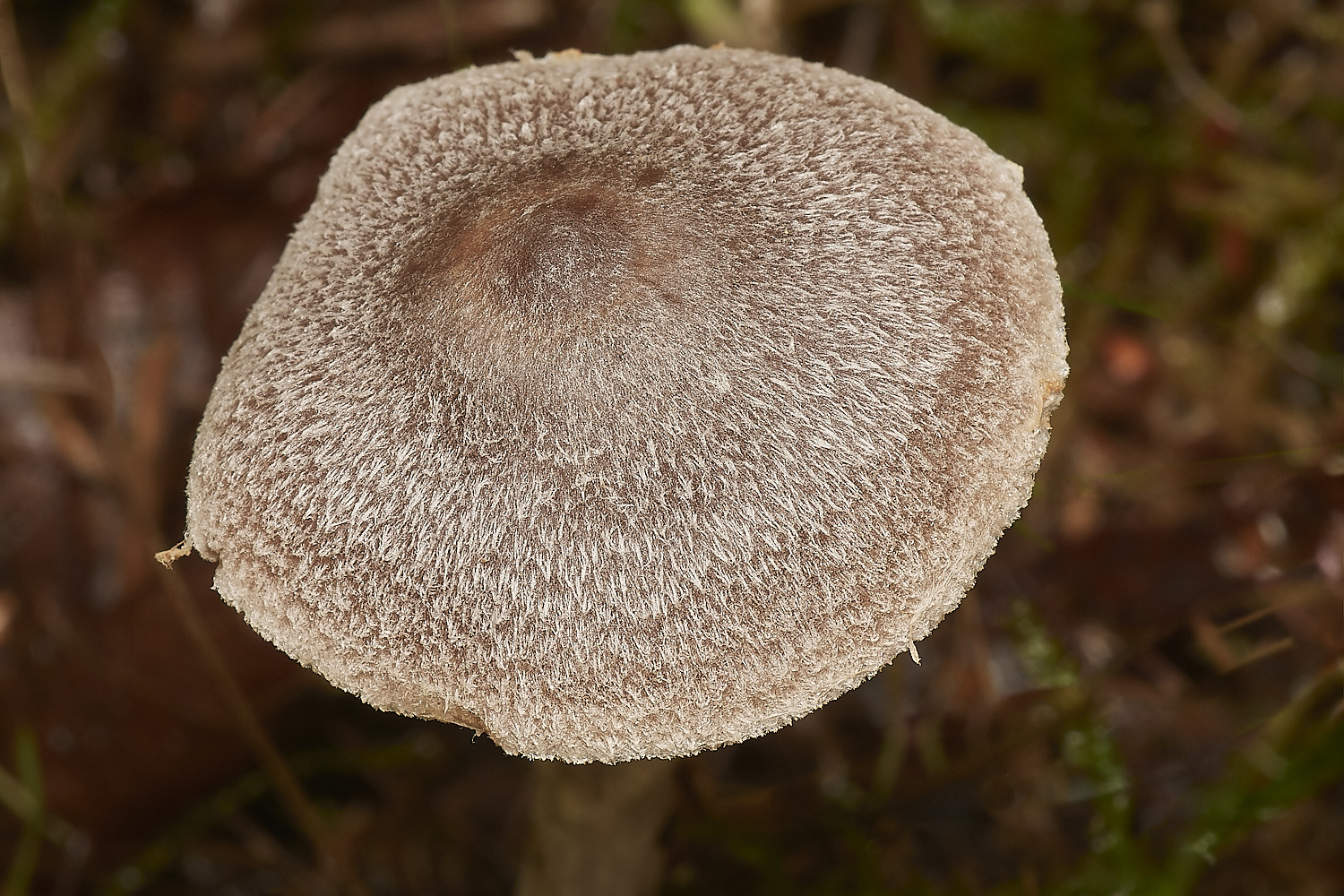
Frosted Webcap (Cortinarius hemitrichus)
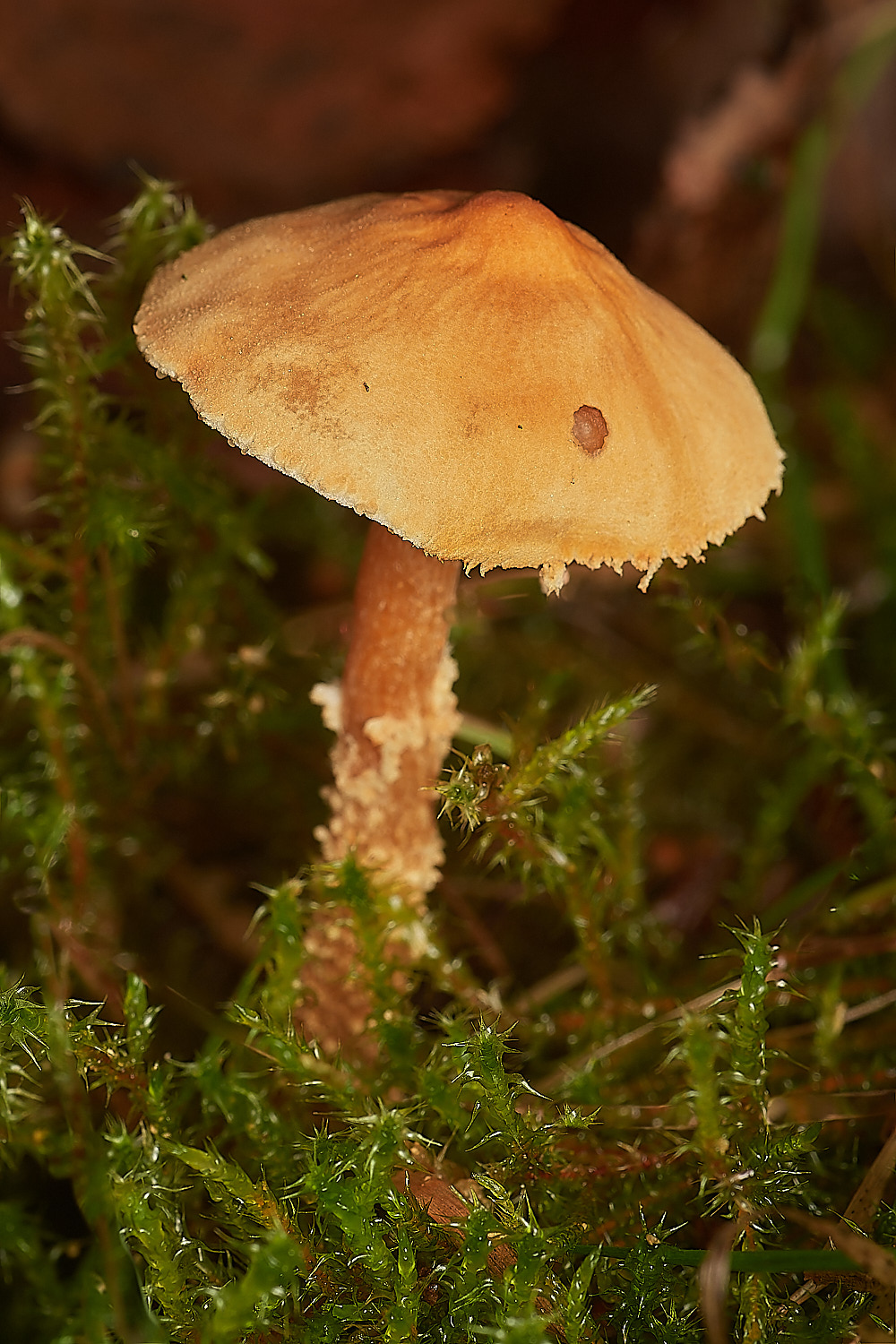
Powdery Earthcap (Cystoderma amianthum) ?
You can just about make out the granular texture of the cap's surface.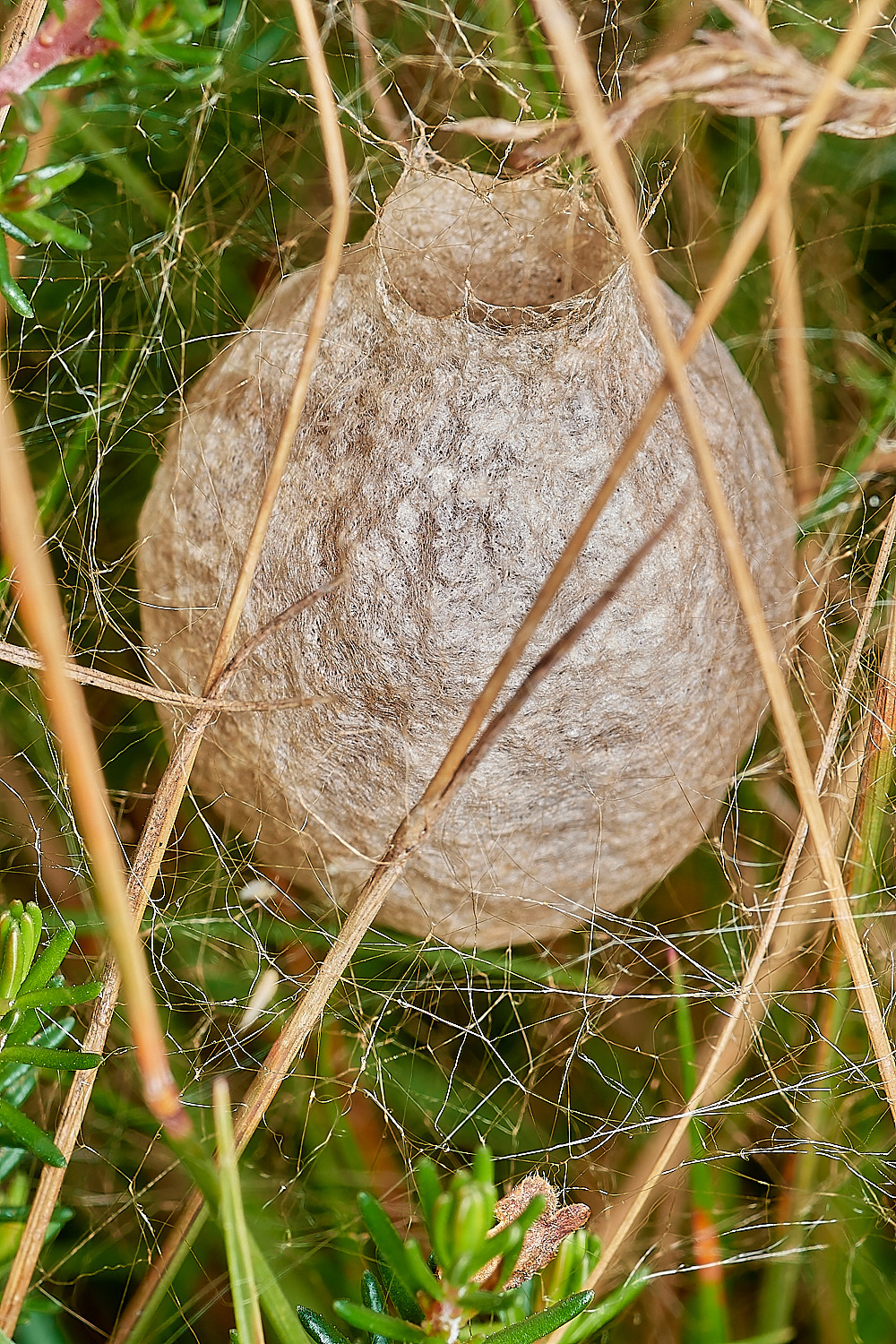
Wasp Spider (Argiope bruennichi) egg sac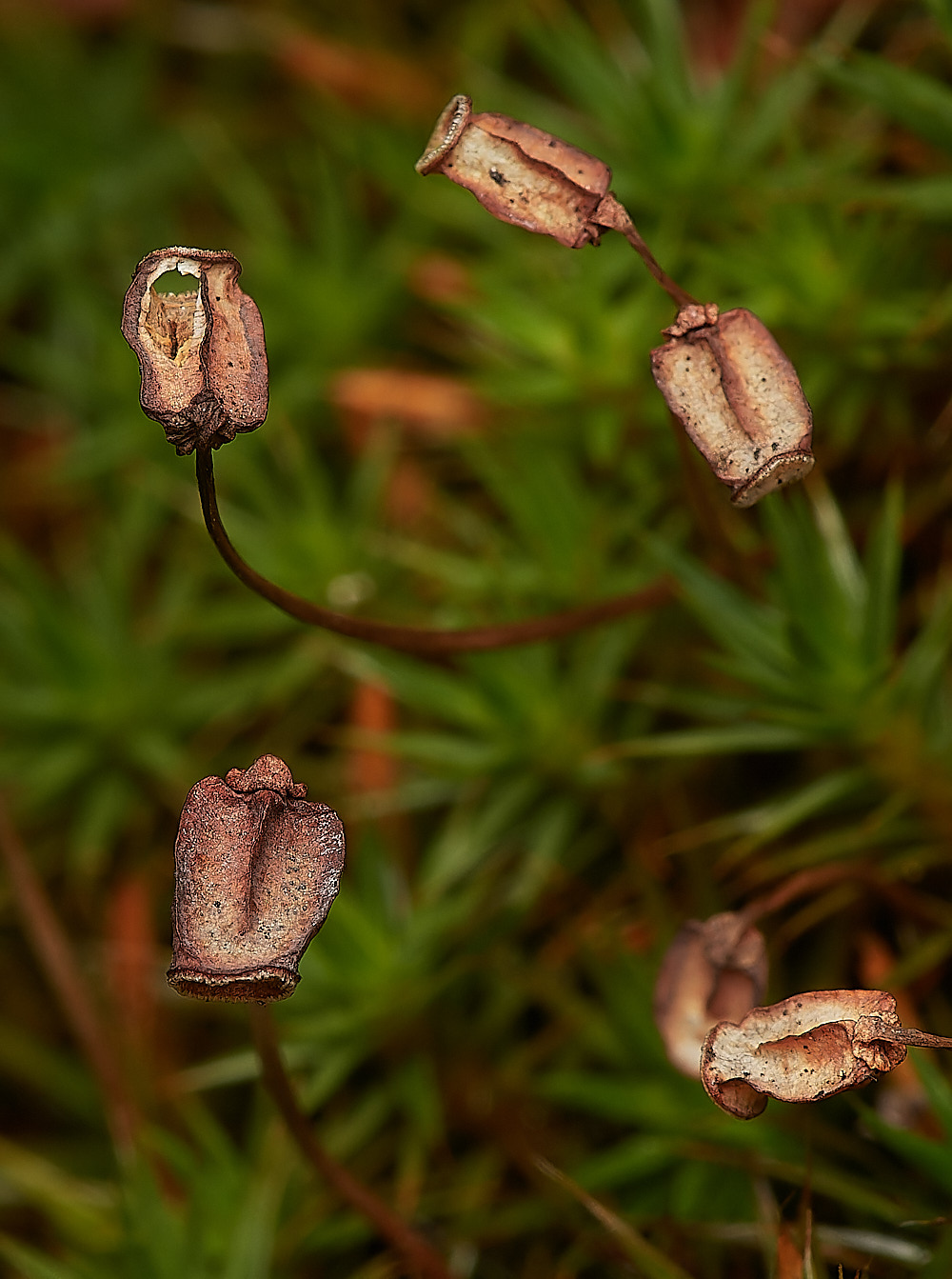
Common Haircap (Polytrichum commune)
Old capsules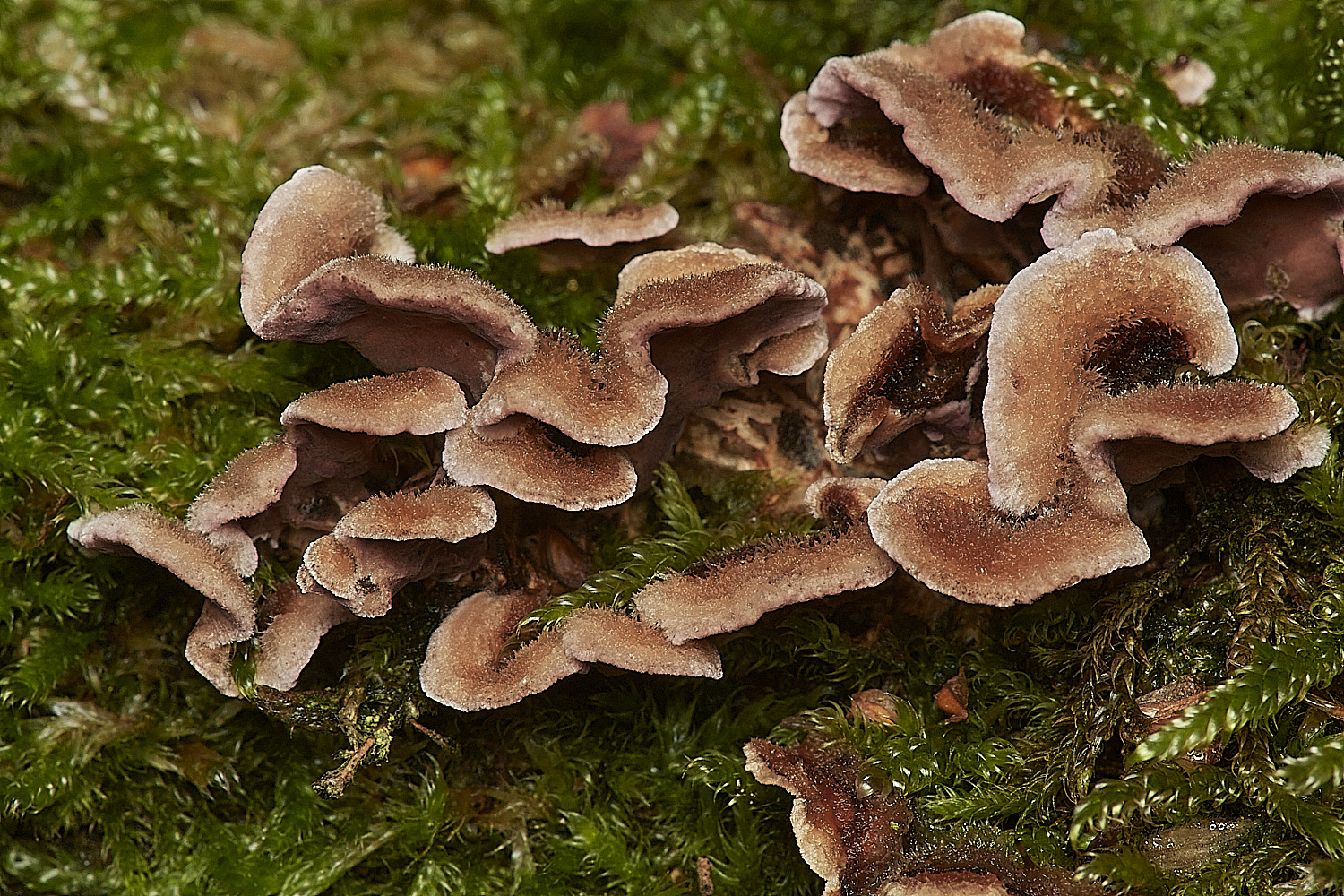
SIlverleaf (Chondrostereum pupureum)?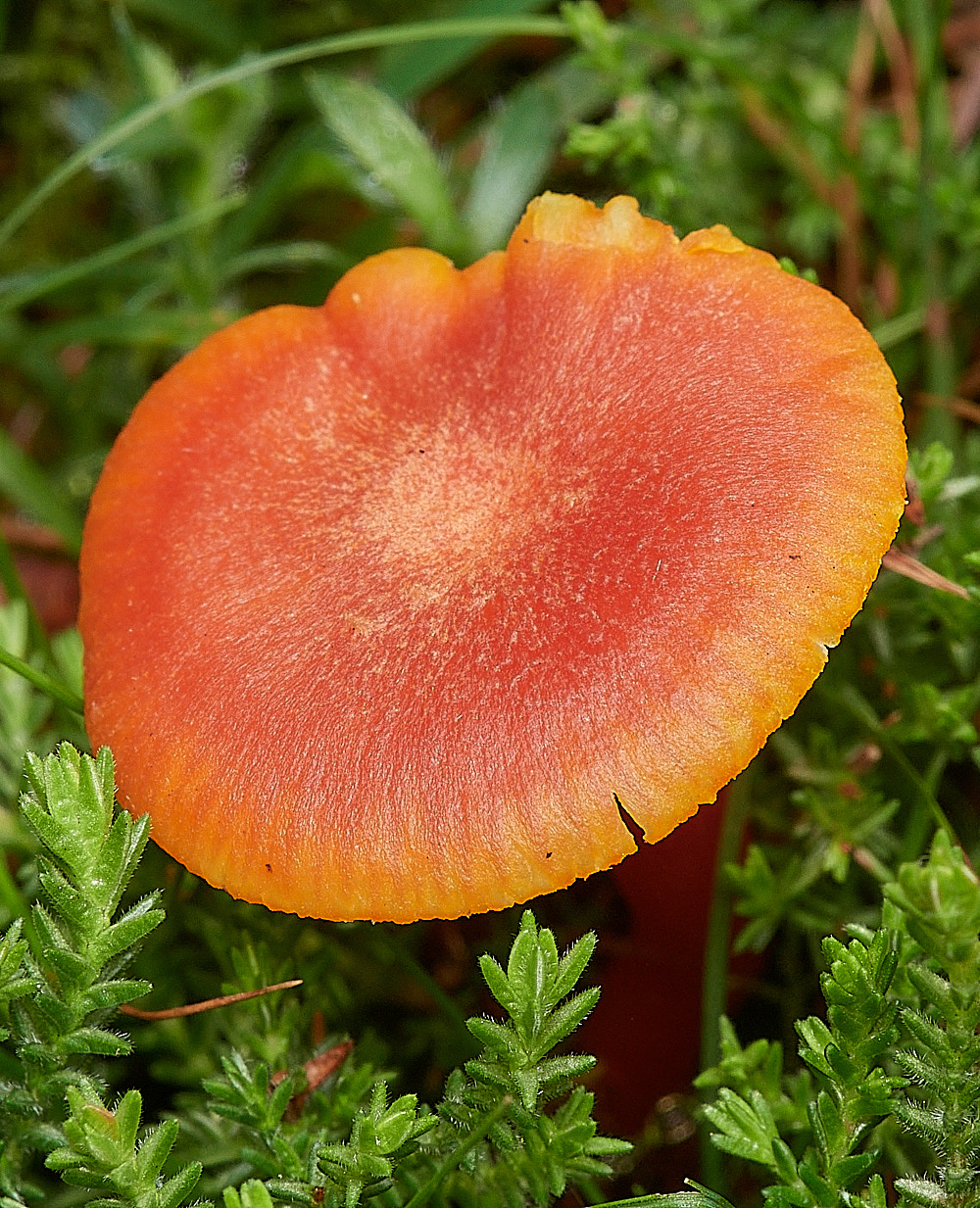
Orange Waxcap (Hygrocybe aurantiosplendens)?
Holt Country Park & Holt Lowes
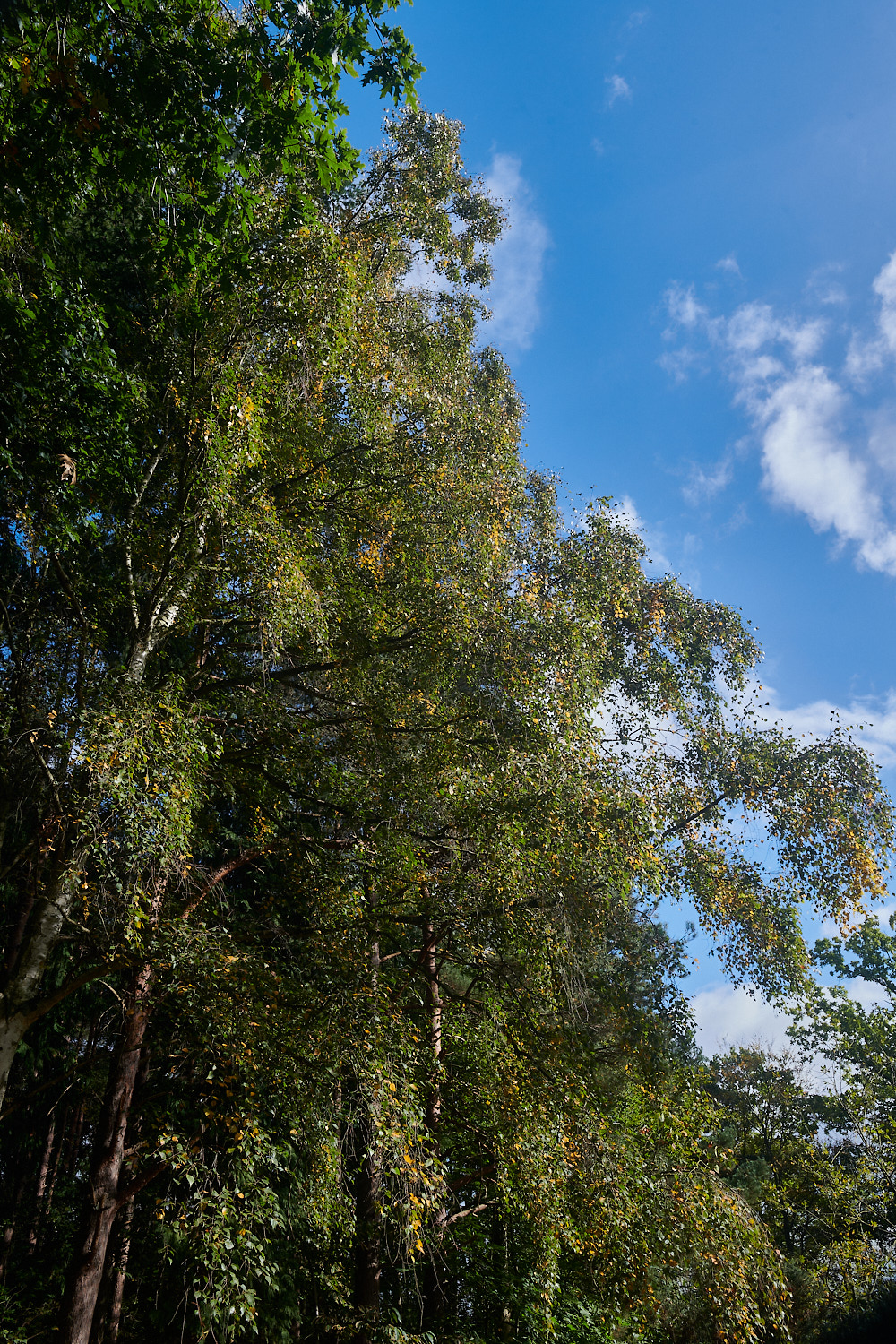
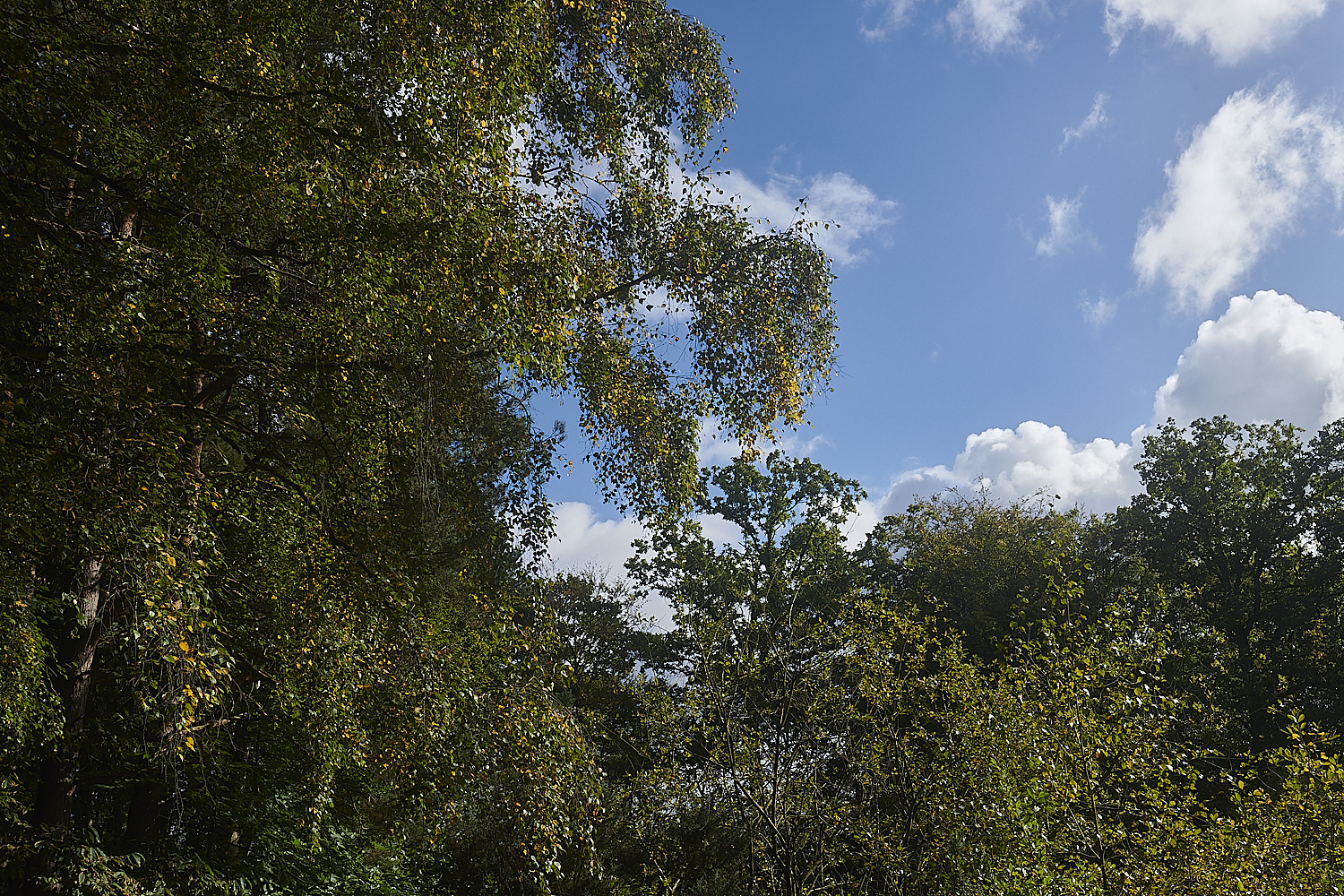
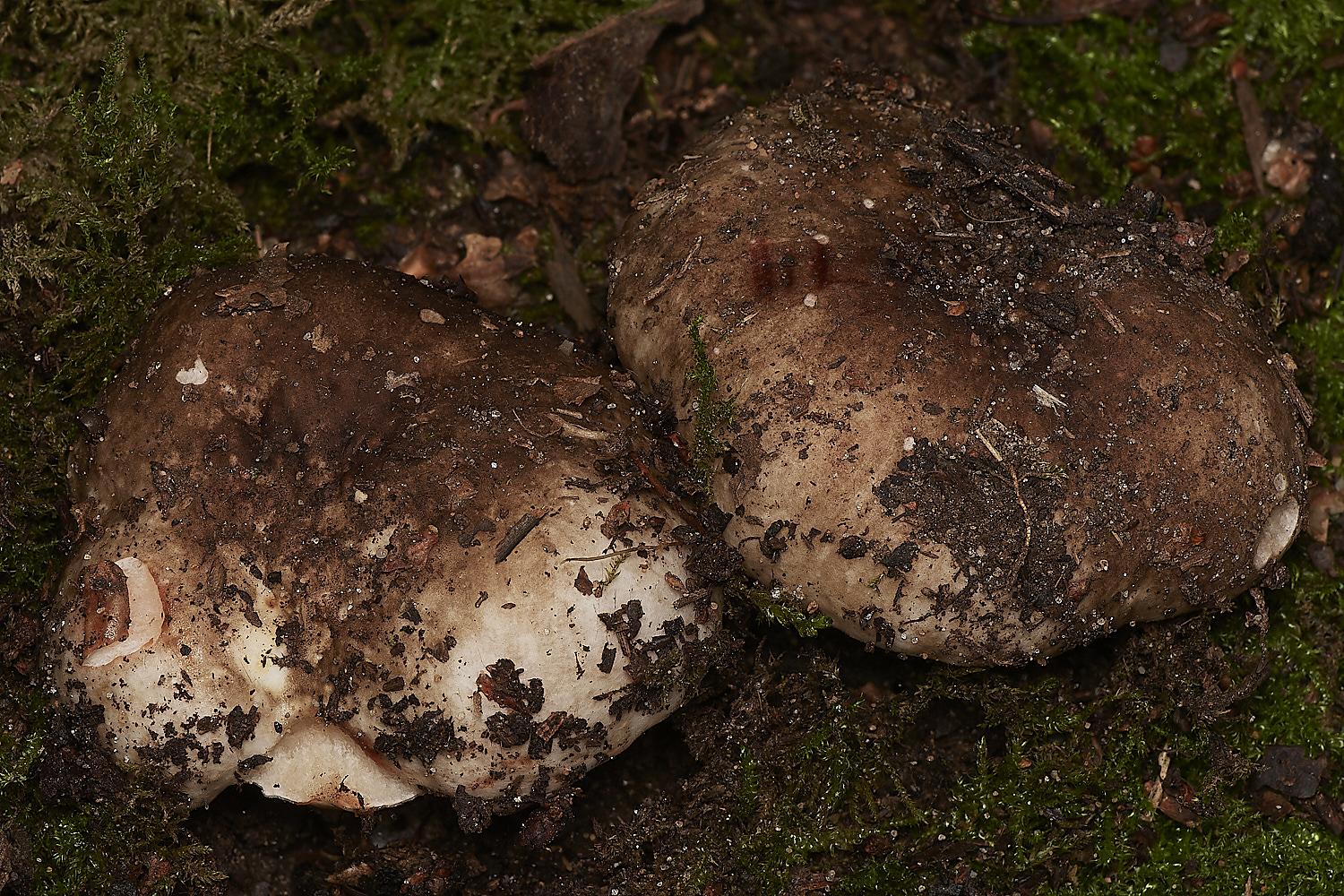
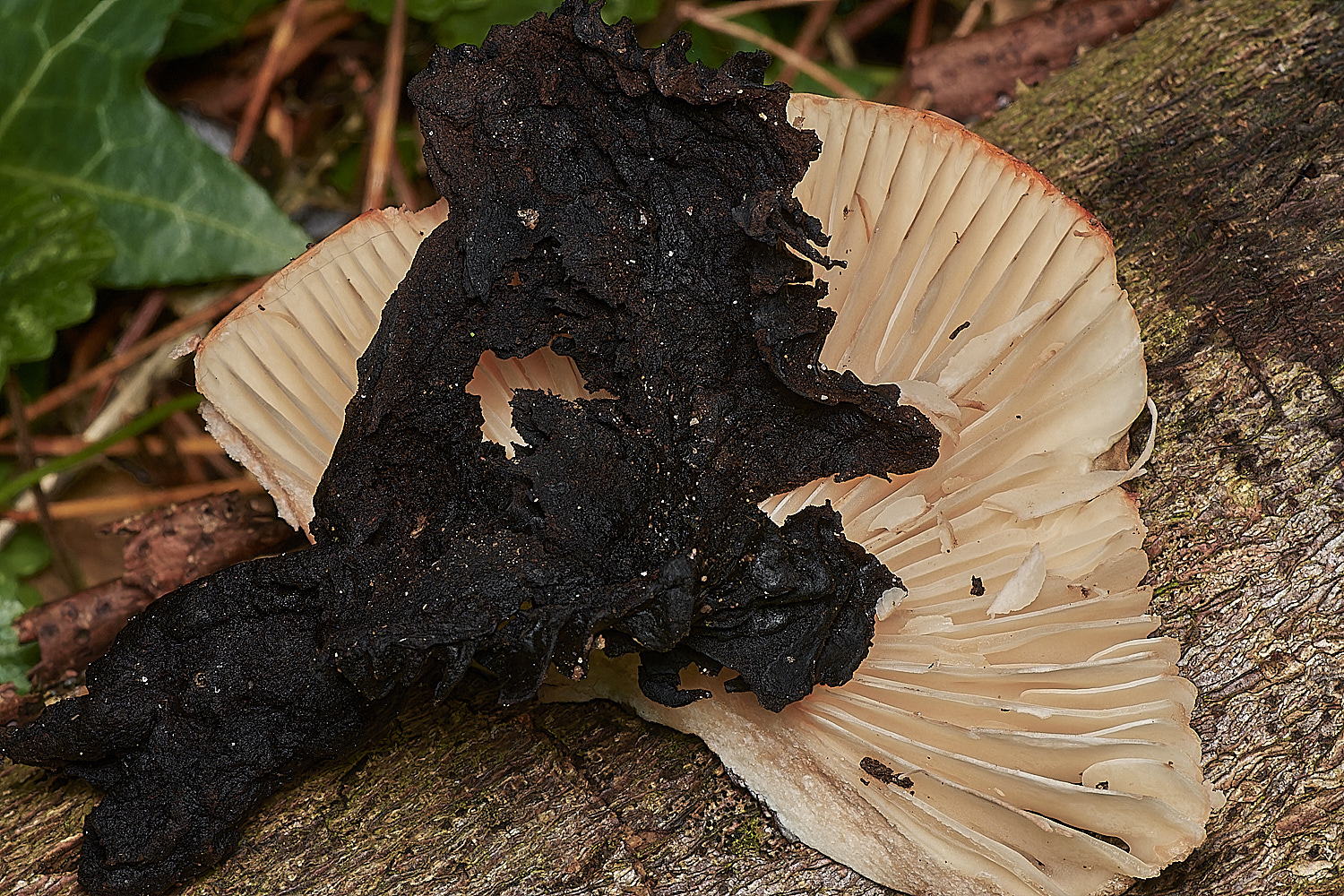
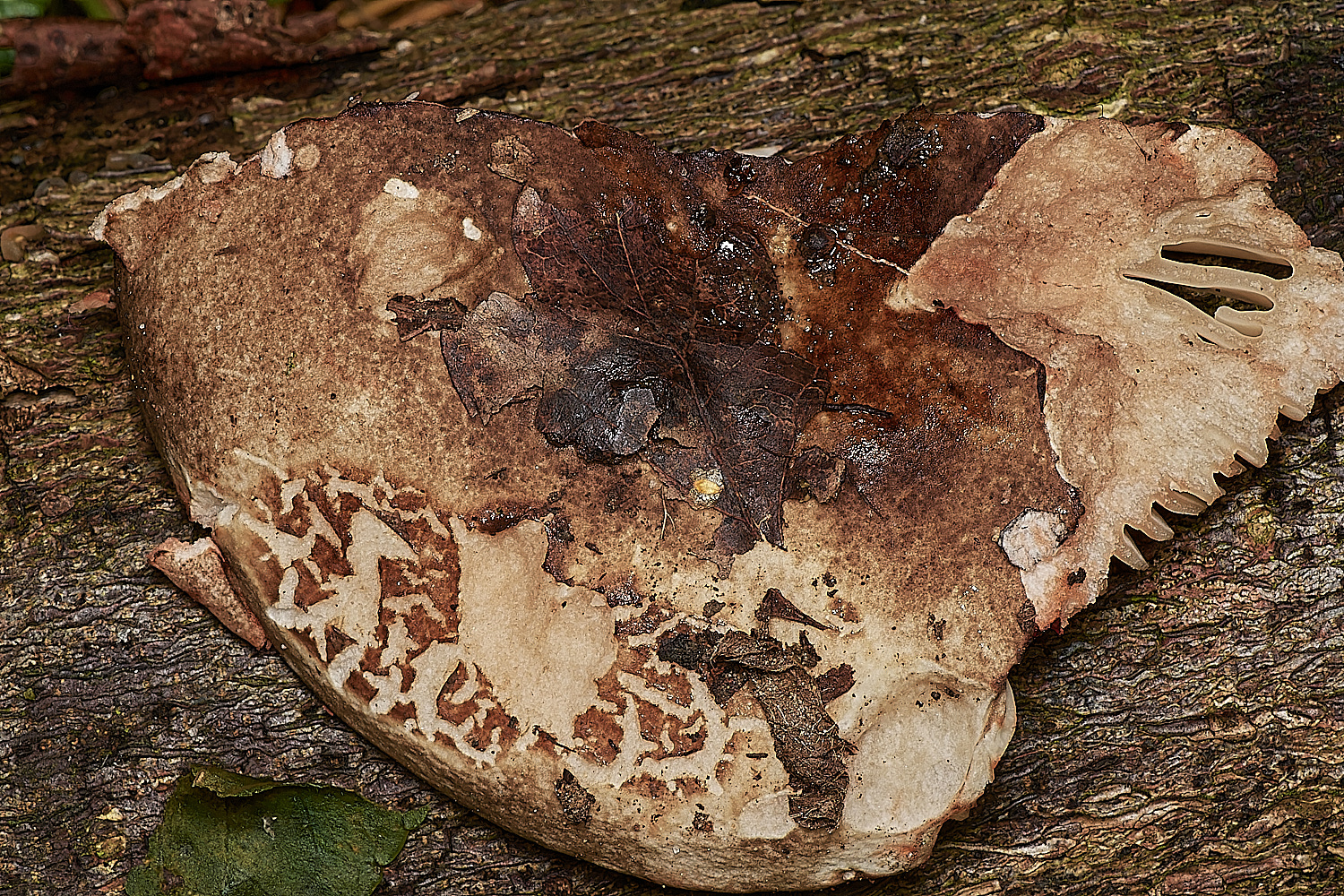
Blackening Brittlegill (Russula nigricans)
\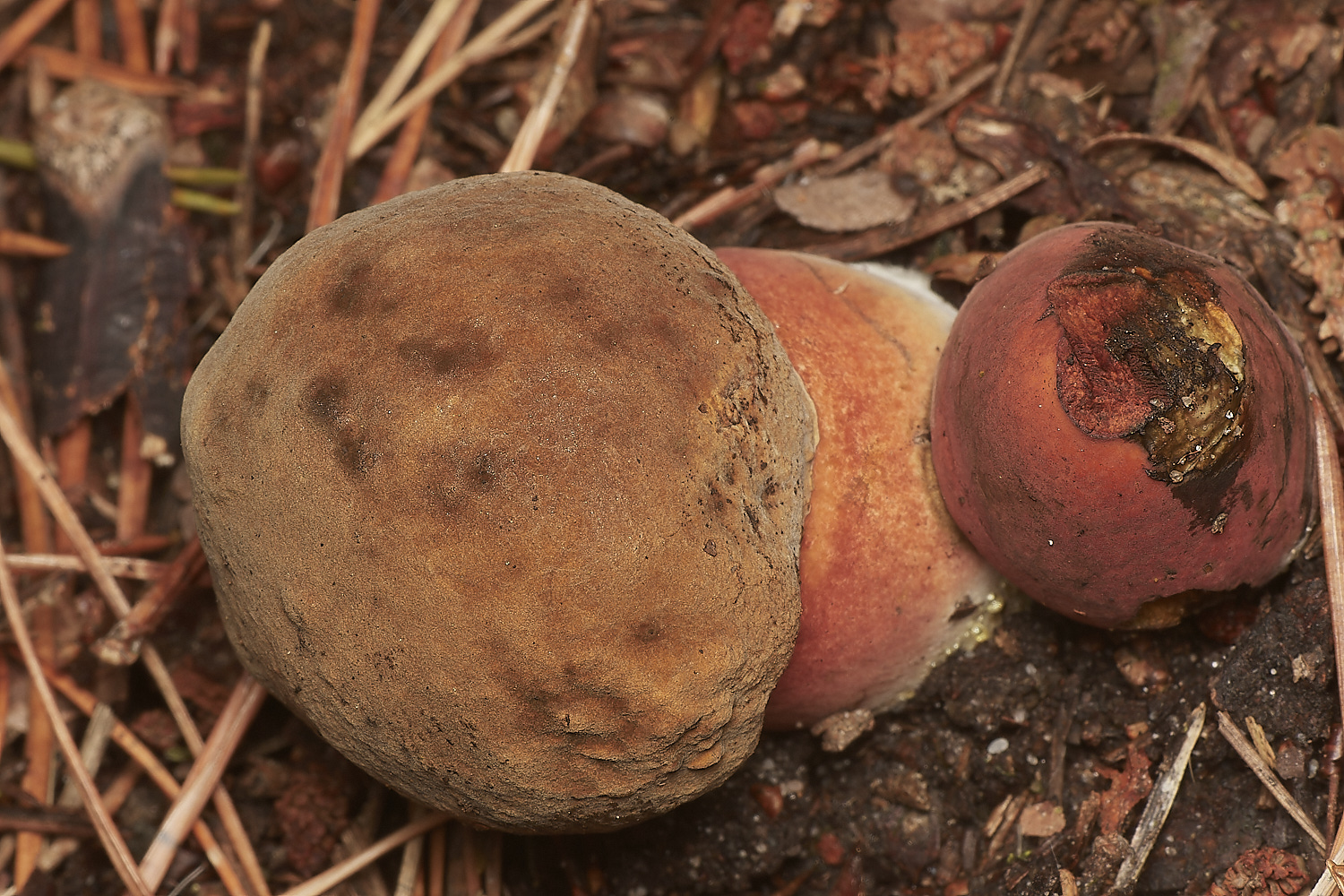
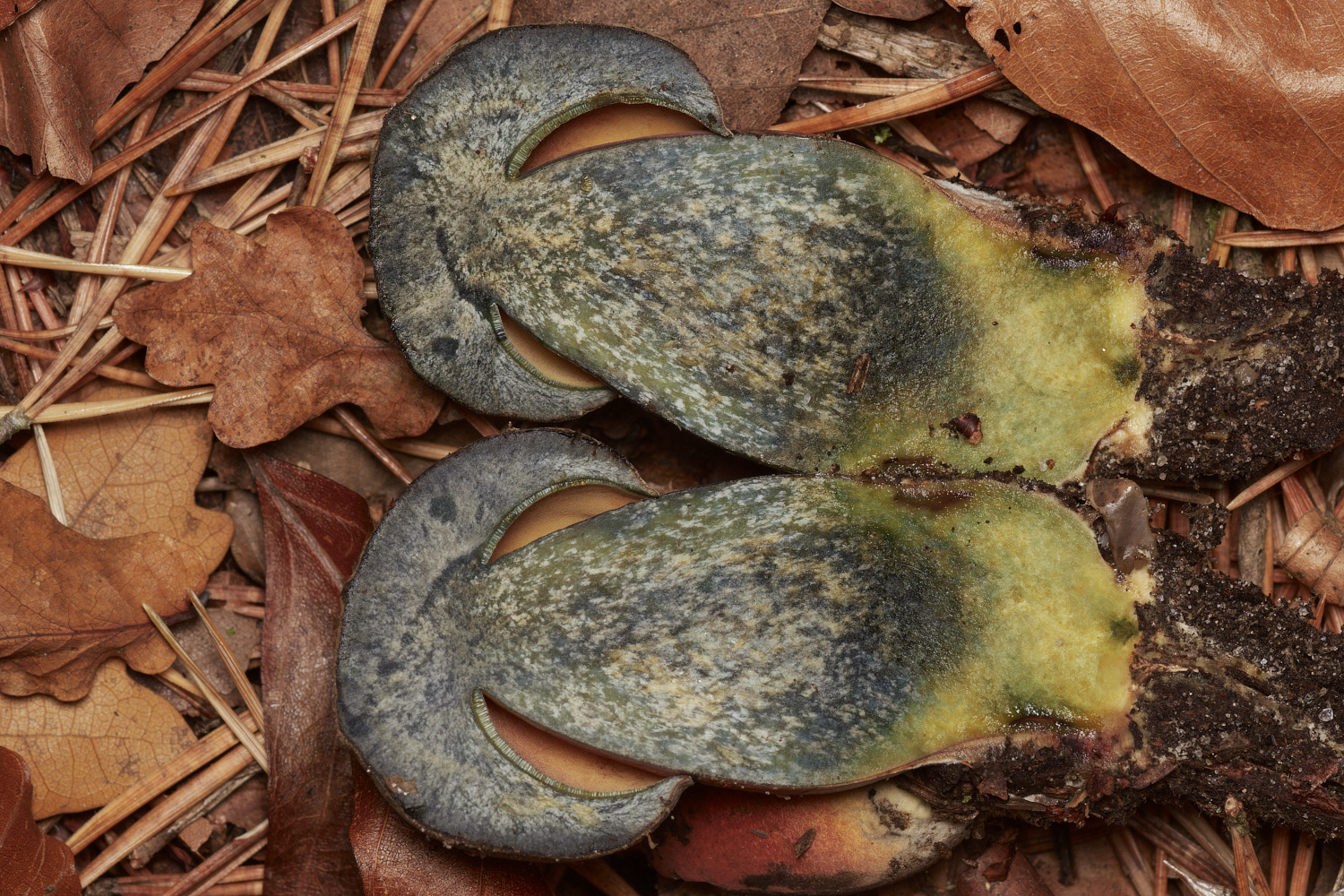
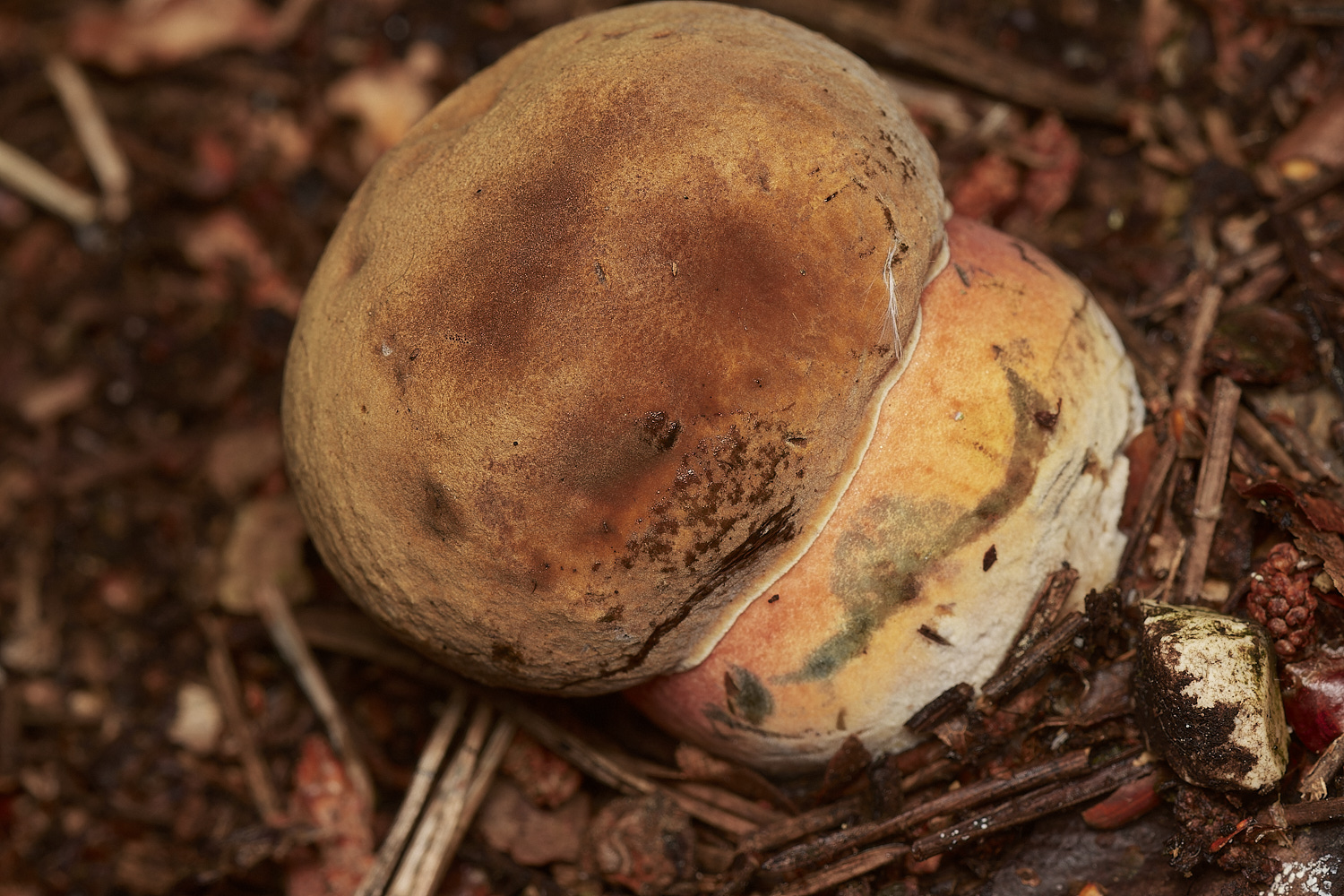
If anyone is reading this who is new to fungi this is where it's fascinating to see the development of an identification dependant on people's different knowledge and experience.
Inkstain Bolete (Cyanoboletus pulverulentus)
From Tony
Using Kibby ‘British Boletes with key to species’ everything fits except for a small discrepancy
with the stipe being only yellow right at the apex, reddish/pink for the rest, whereas yellow is
slightly more extensive in the description.) So probably best NOT to record it, just in case.
Tony L followed this up with
I will make a few more comments later but the bolete on the bank beyond the gate onto Holt Lowes was
B. luridiformis (formerly B. erythropus). B. pulverulentus is generally darker and more elongated and more
likely in woods. The finely punctate pattern on the stipe is fairly indicative of B. luridiformis although in the
small specimen we found these had barely separated. Also, the blue staining is usually a darker blue.
And the final confirmation? Geoffrey Kibby, who was with us when we saw it, said it was B. luridiformis!
to which tony replied
Thanks for your comments Tony (L). The total lack of red dots on the stipe had me going down the wrong path
but I always thought at the back of my mind that the specimen was perhaps a little young.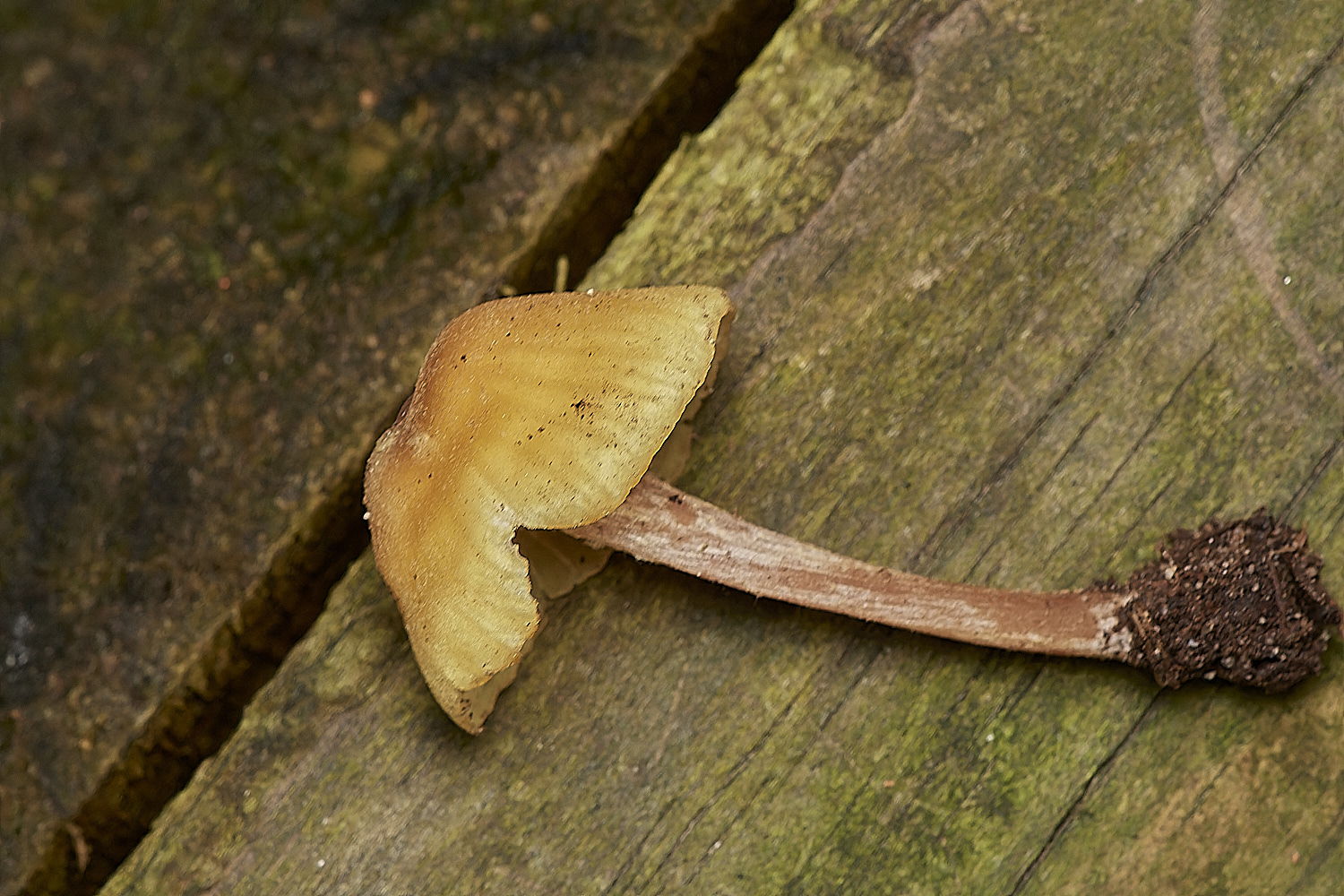
Bubble Gum Fungus - Aromatic Pinkgill (Entoloma pleopodium)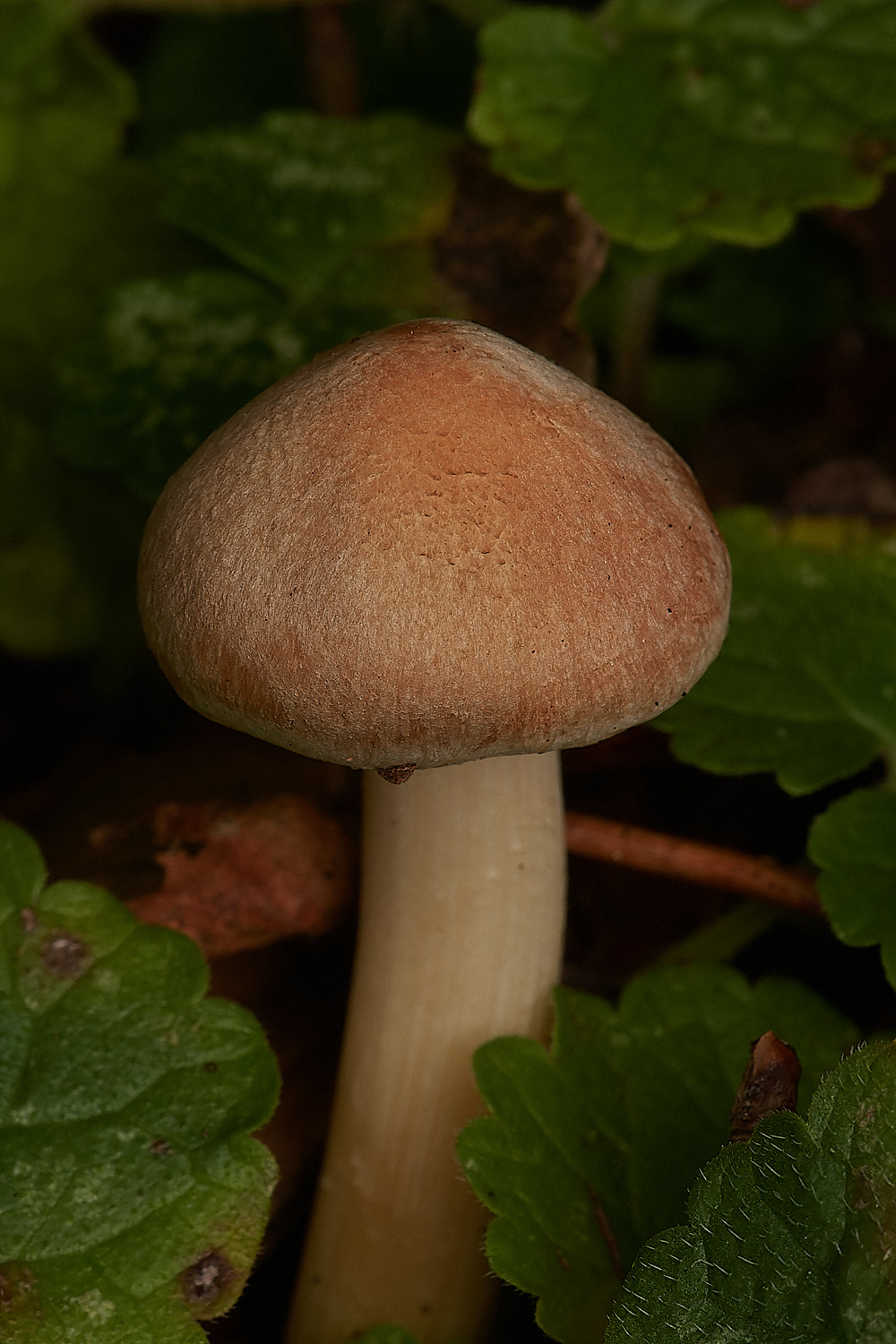
Beige Fibrecap (Inocybe sindonia)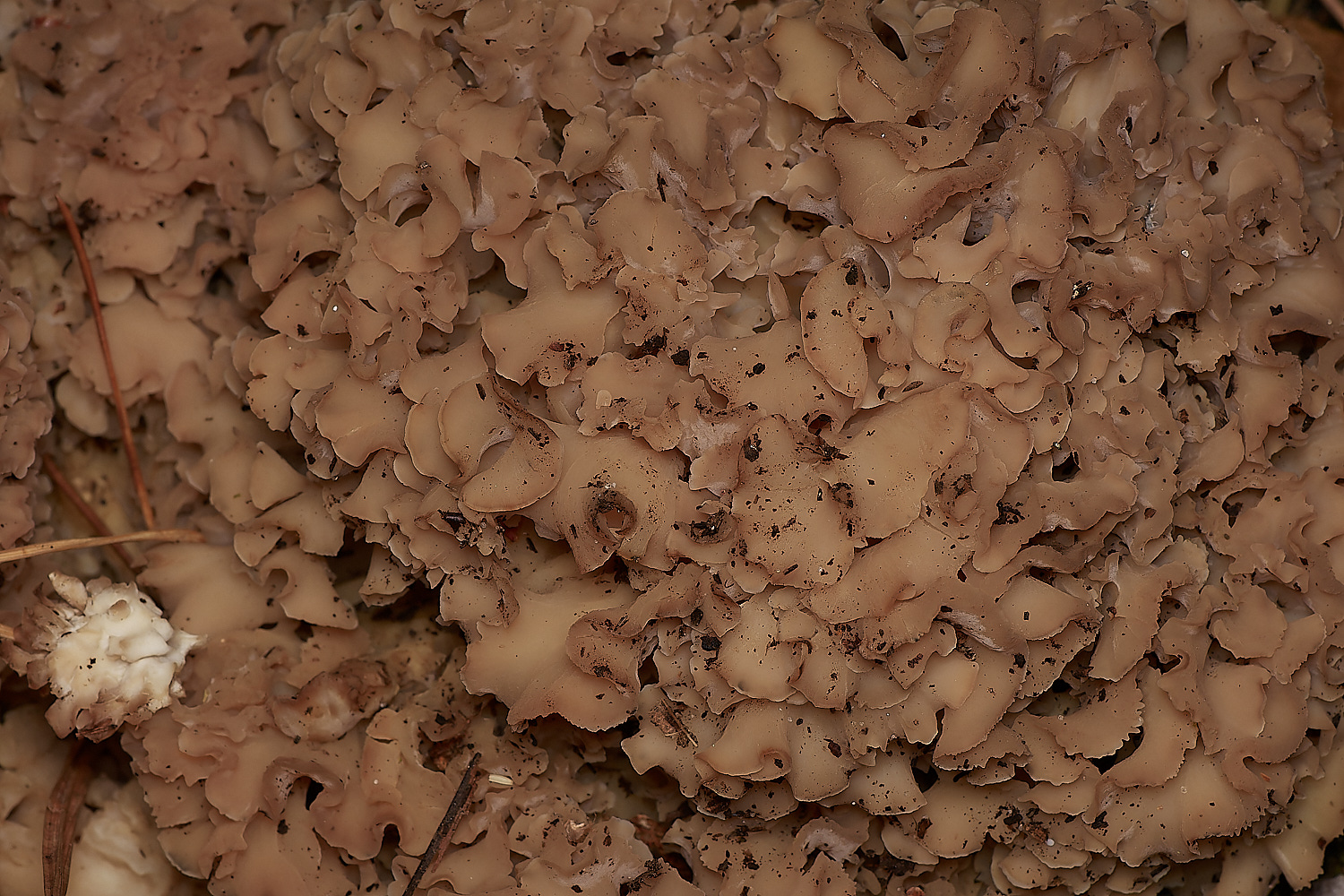
Cauliflower Fungus (Sparassis crispa)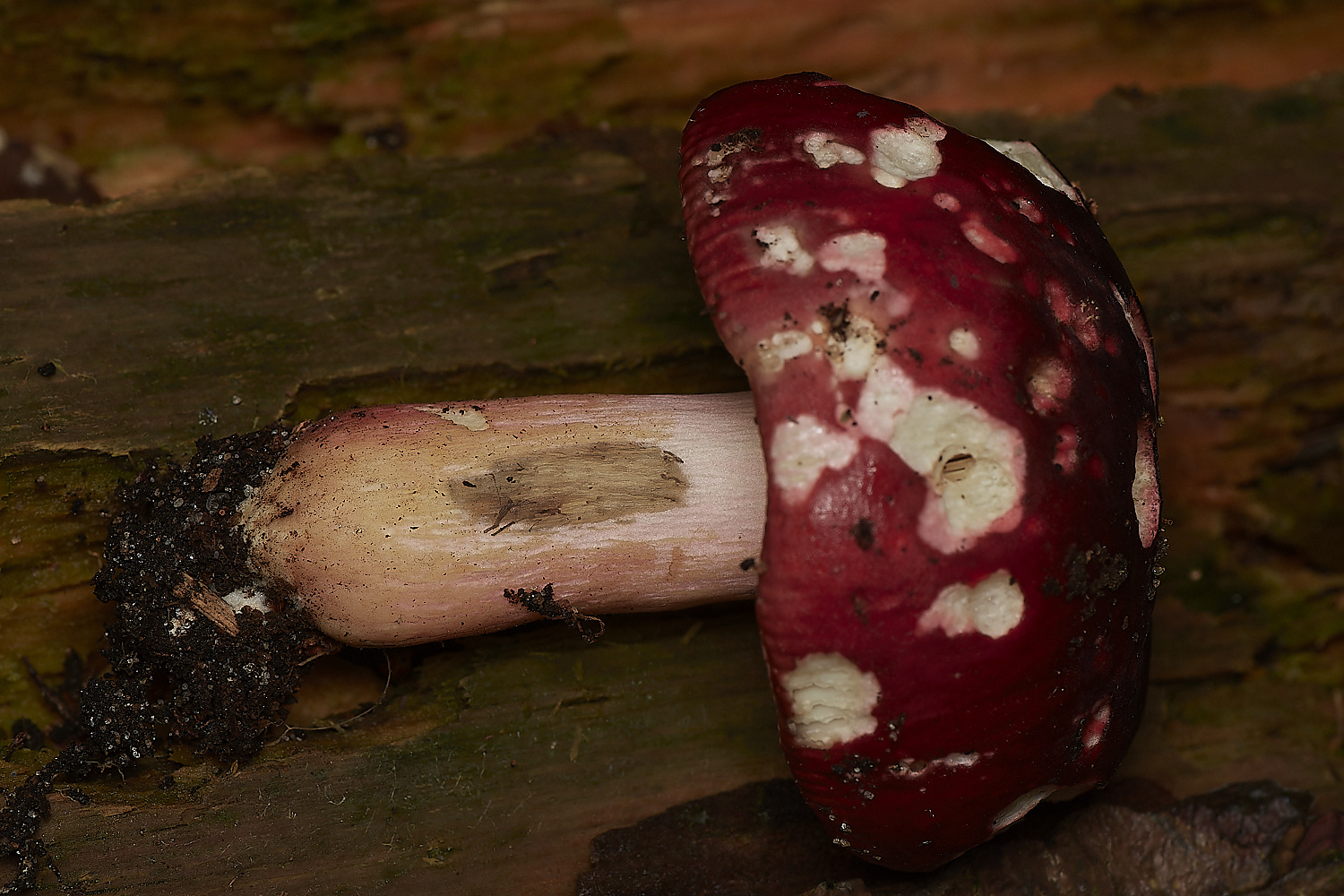
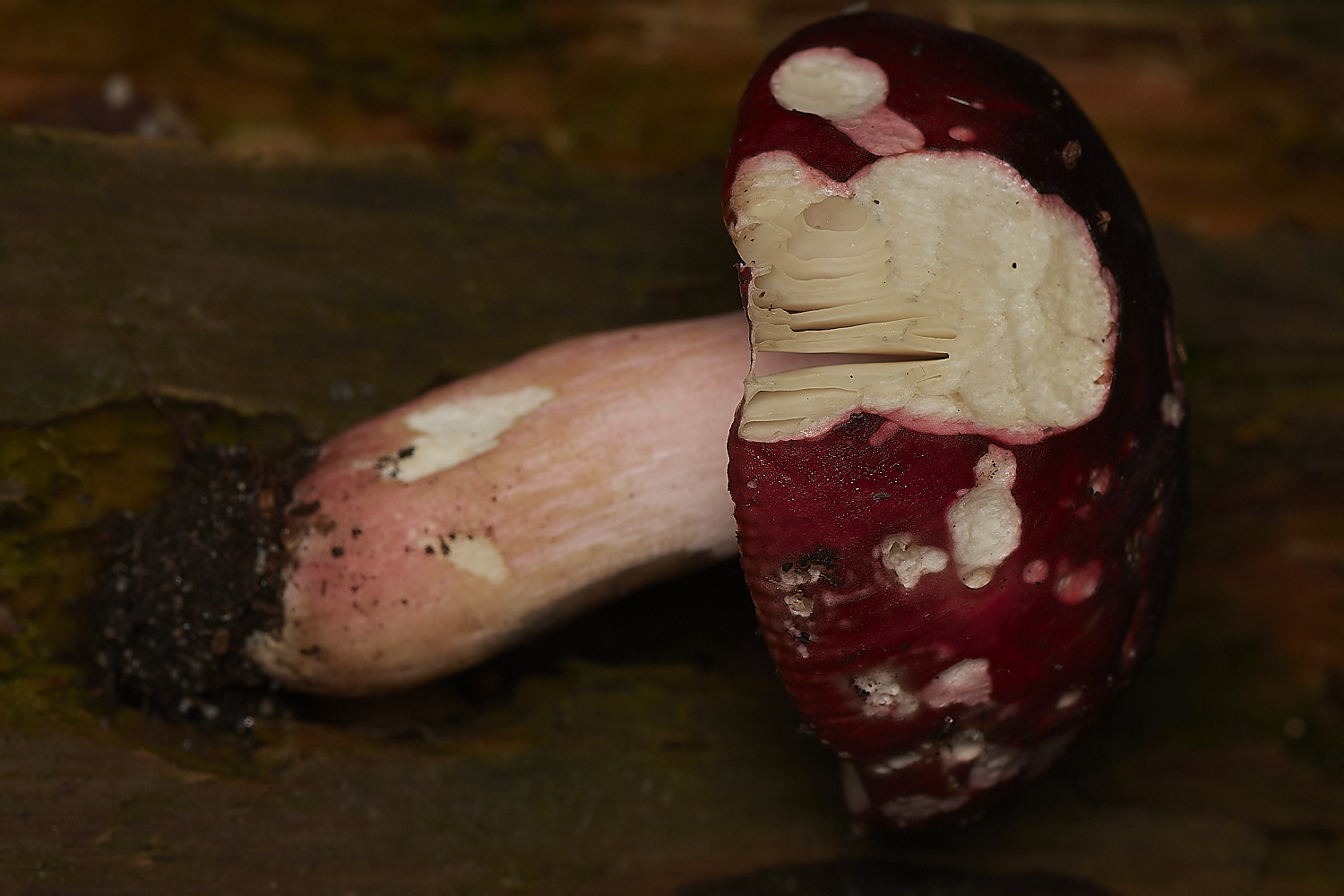
Crab Brittlegill (Russula xerampelina)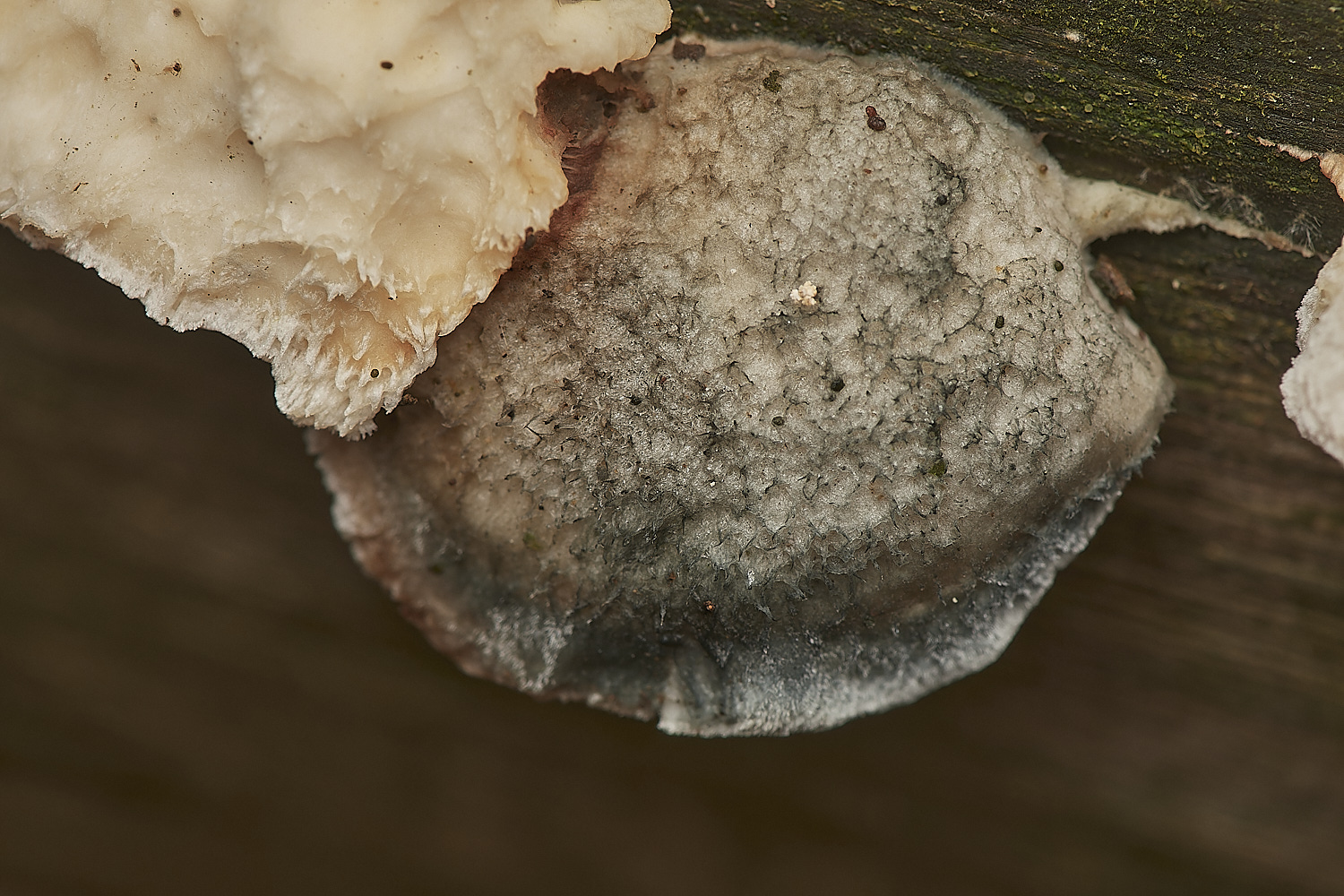
Conifer Blueing Bracket (Postea caesia)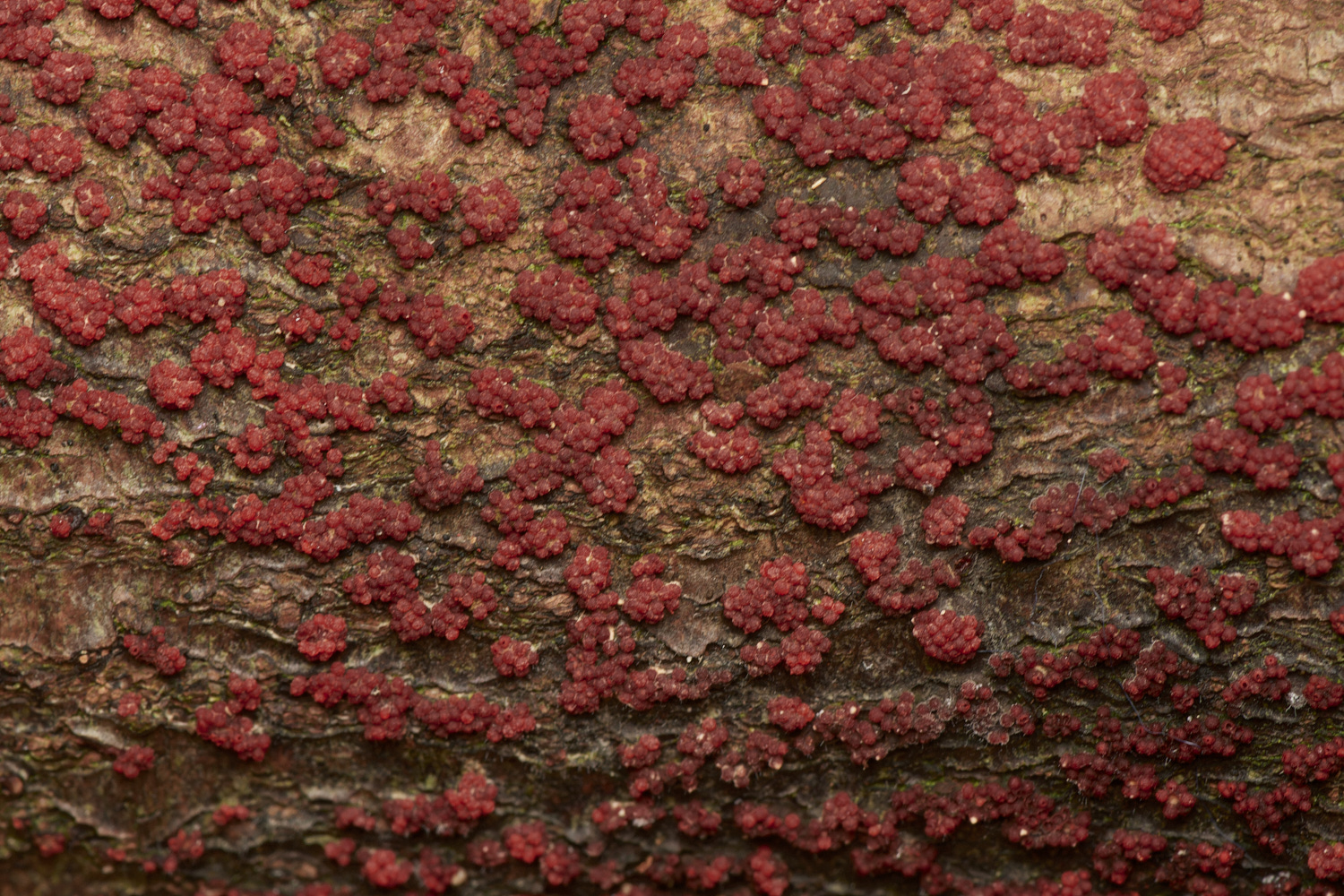
Coral Spot Fungus (Nectria cinnabarina) 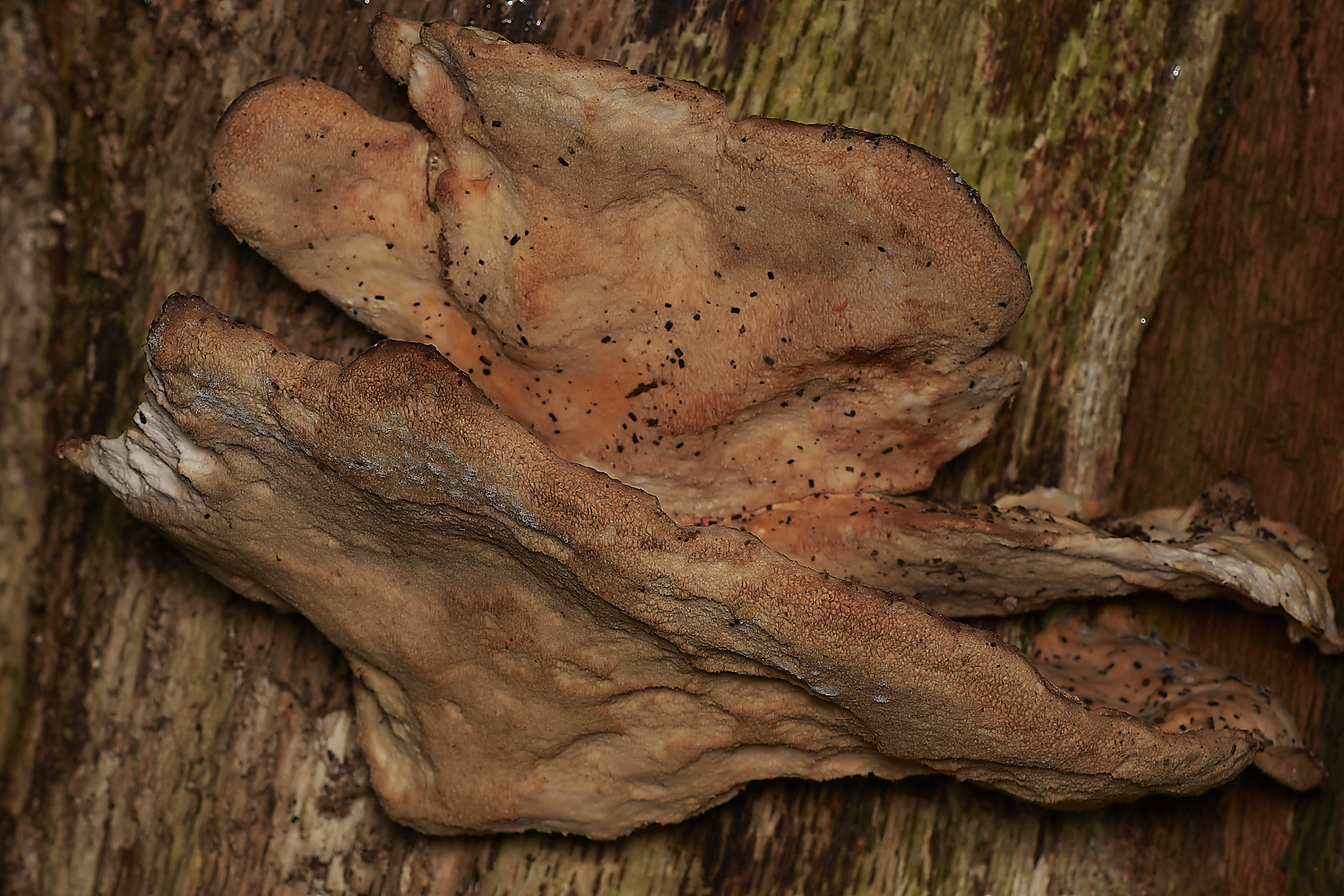
?
1
False Saphron Milkcap (Lactarius deterrimus)
From
First Nature
?
2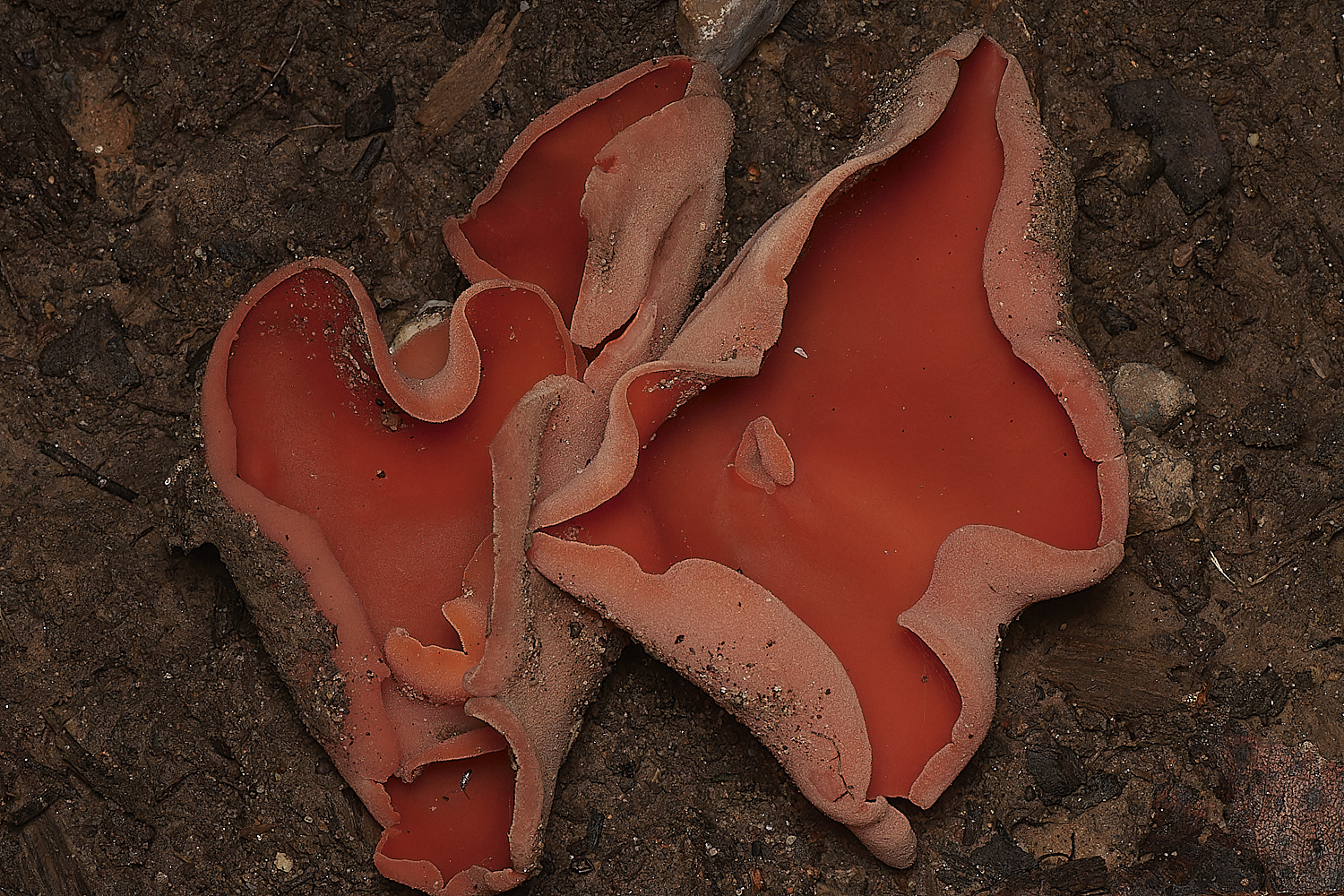

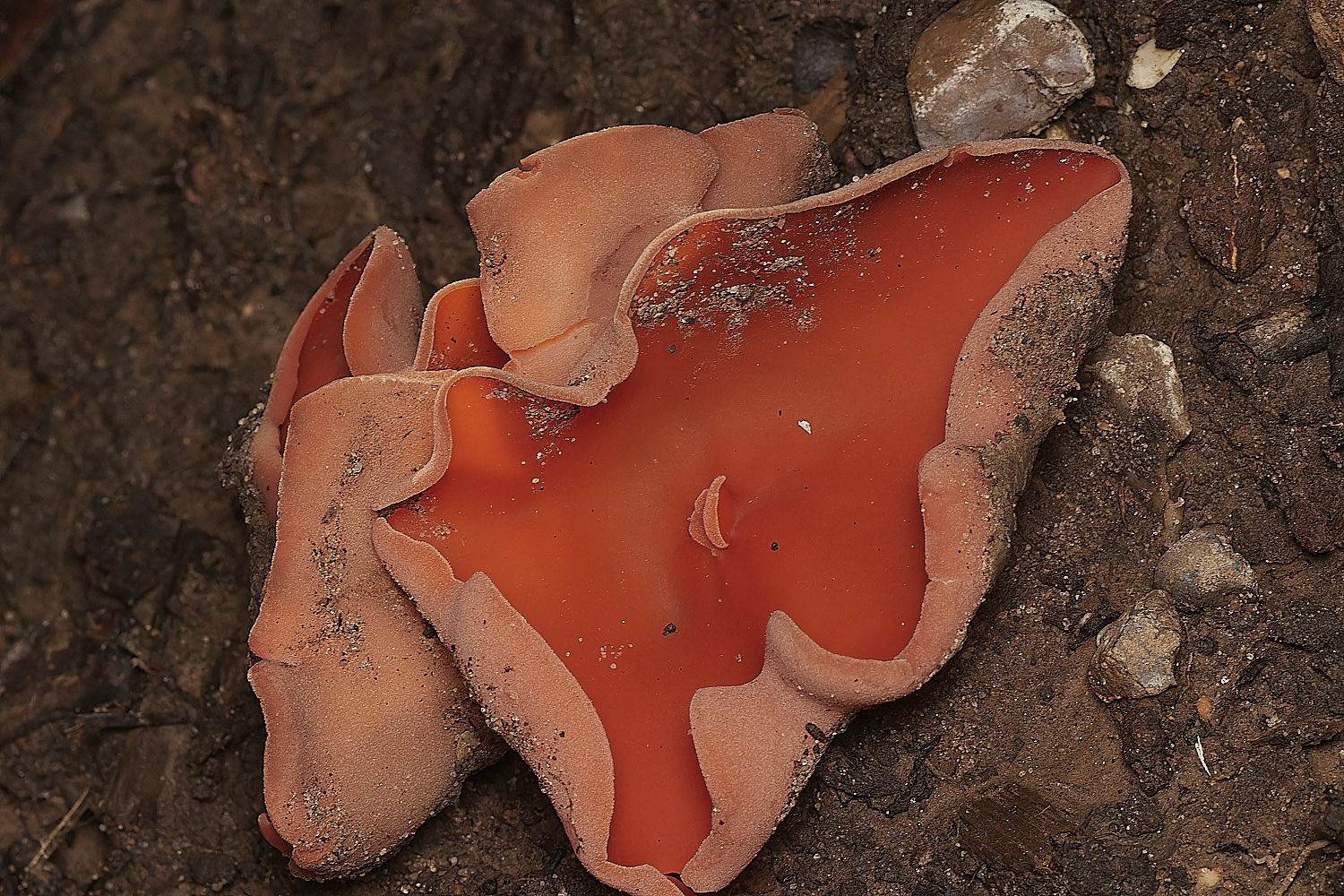
Orange Peel Fungus (Aleuria aurantia)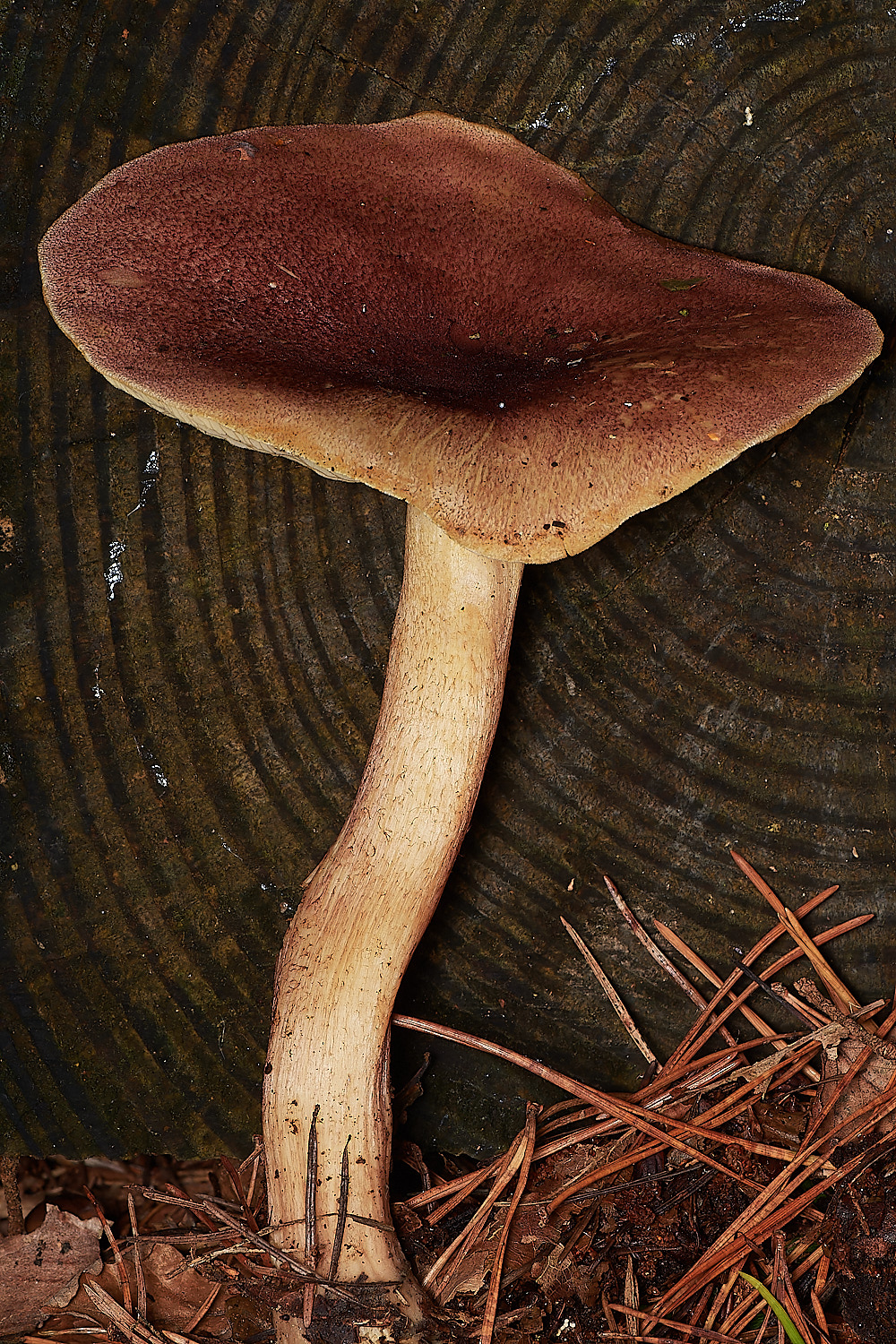
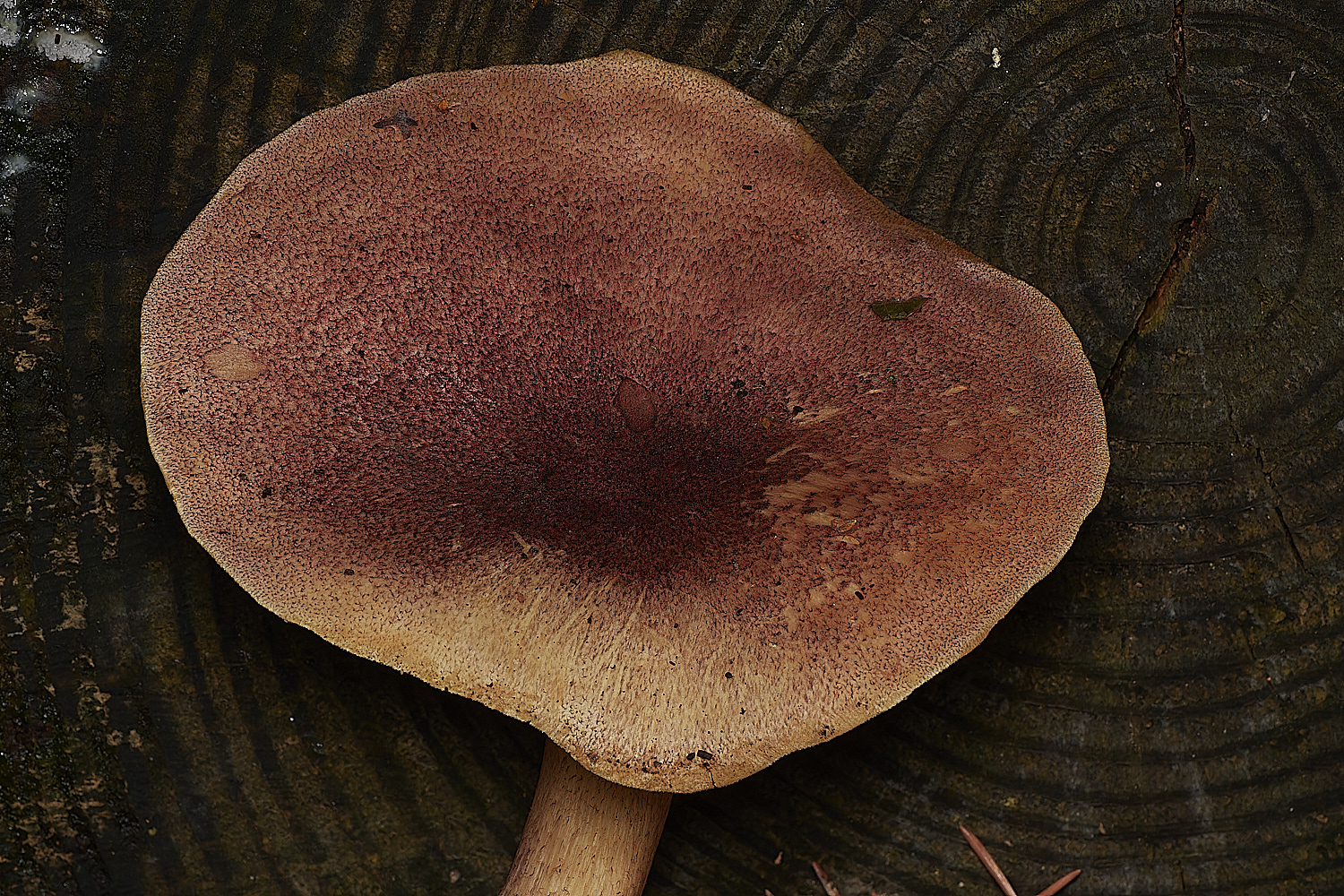
Plums & Custard (Tricholomopsis rutilans)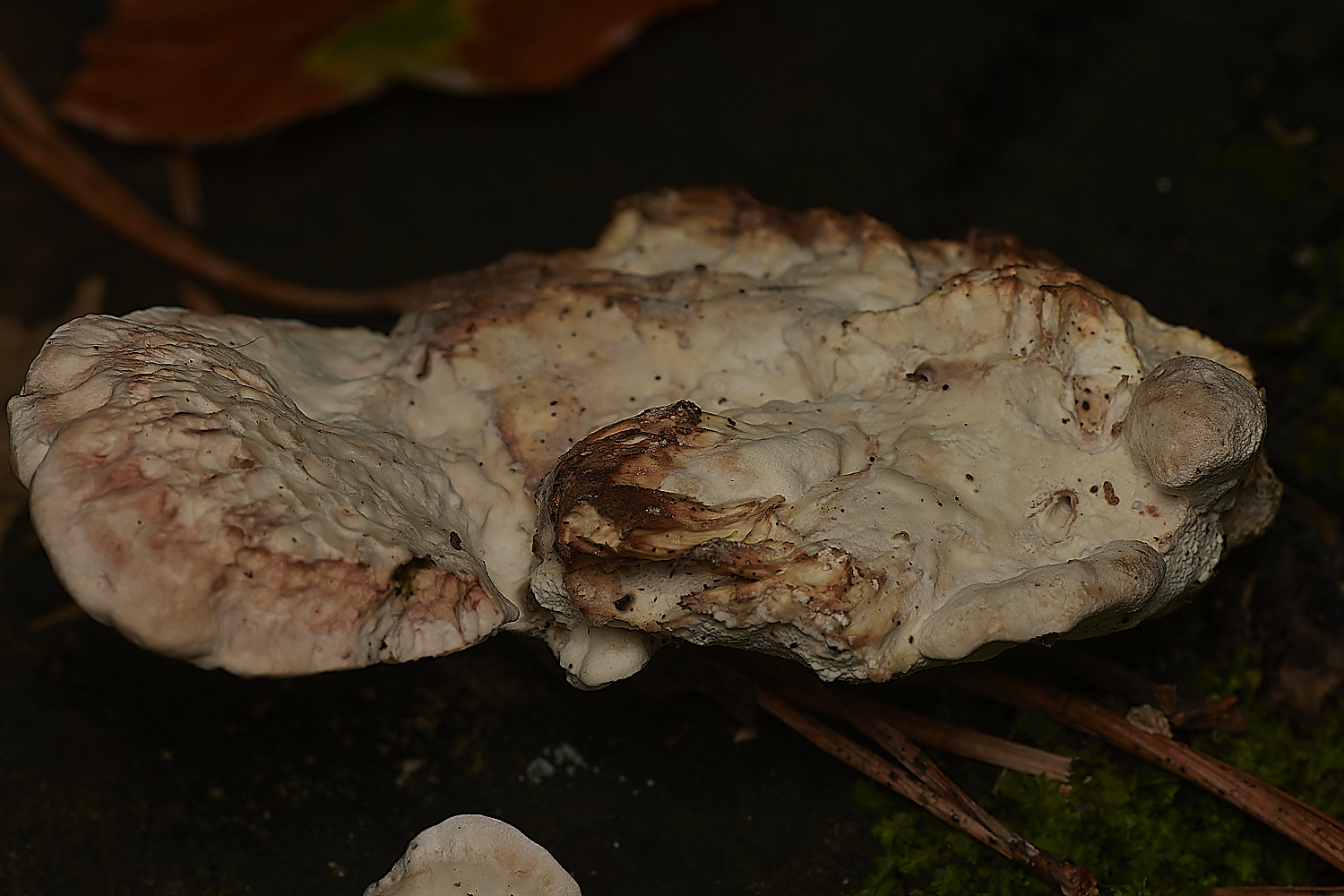
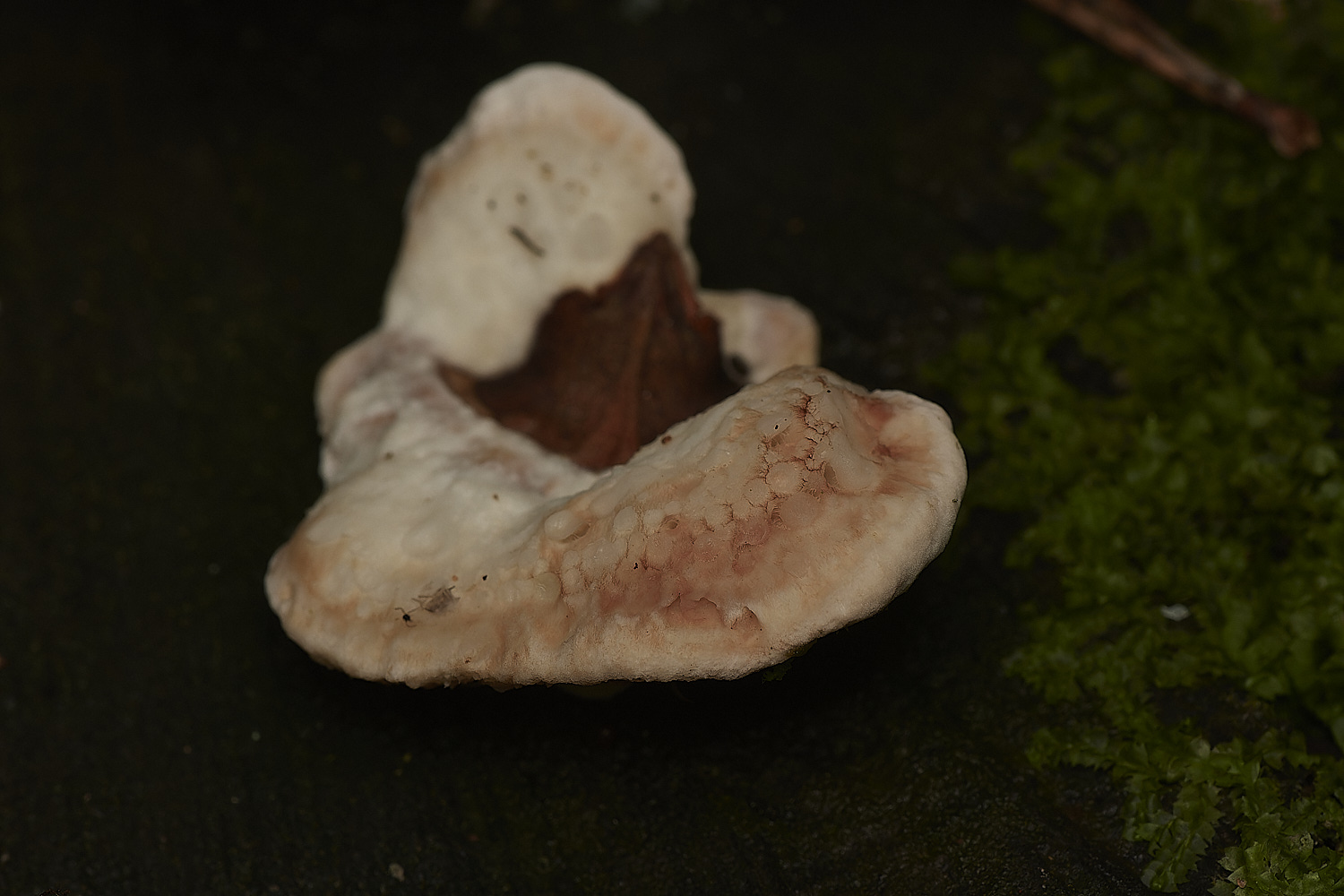
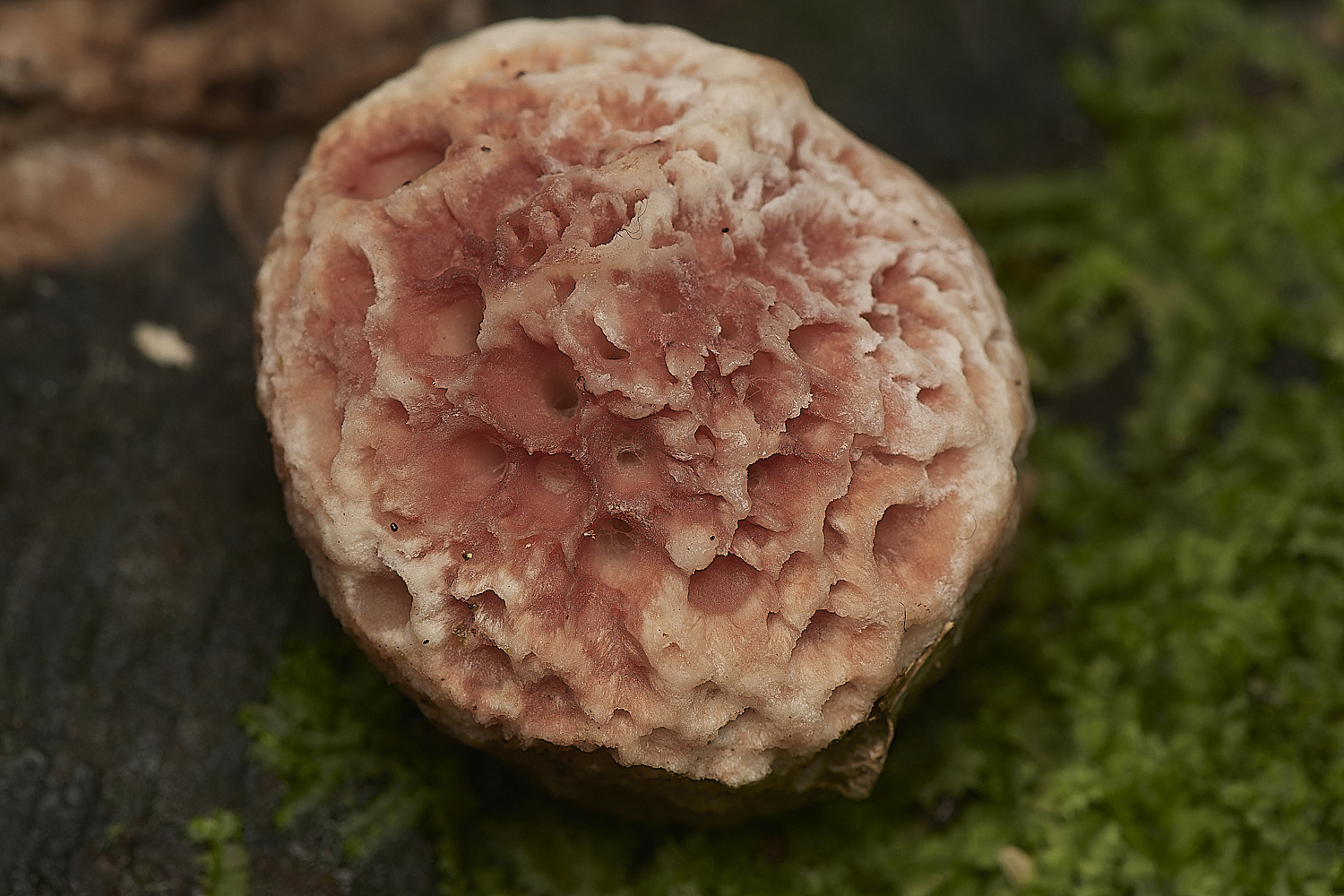
?
3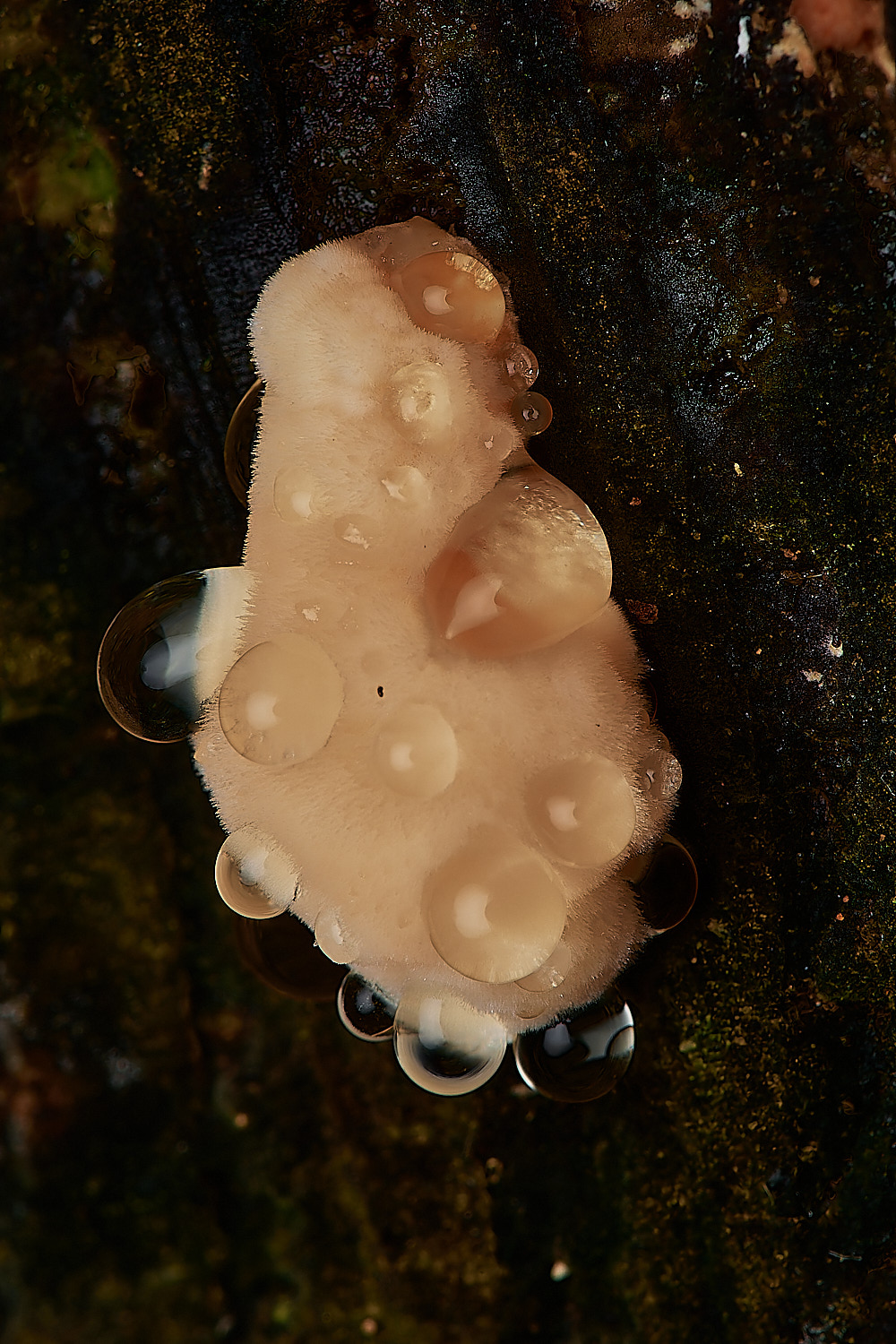

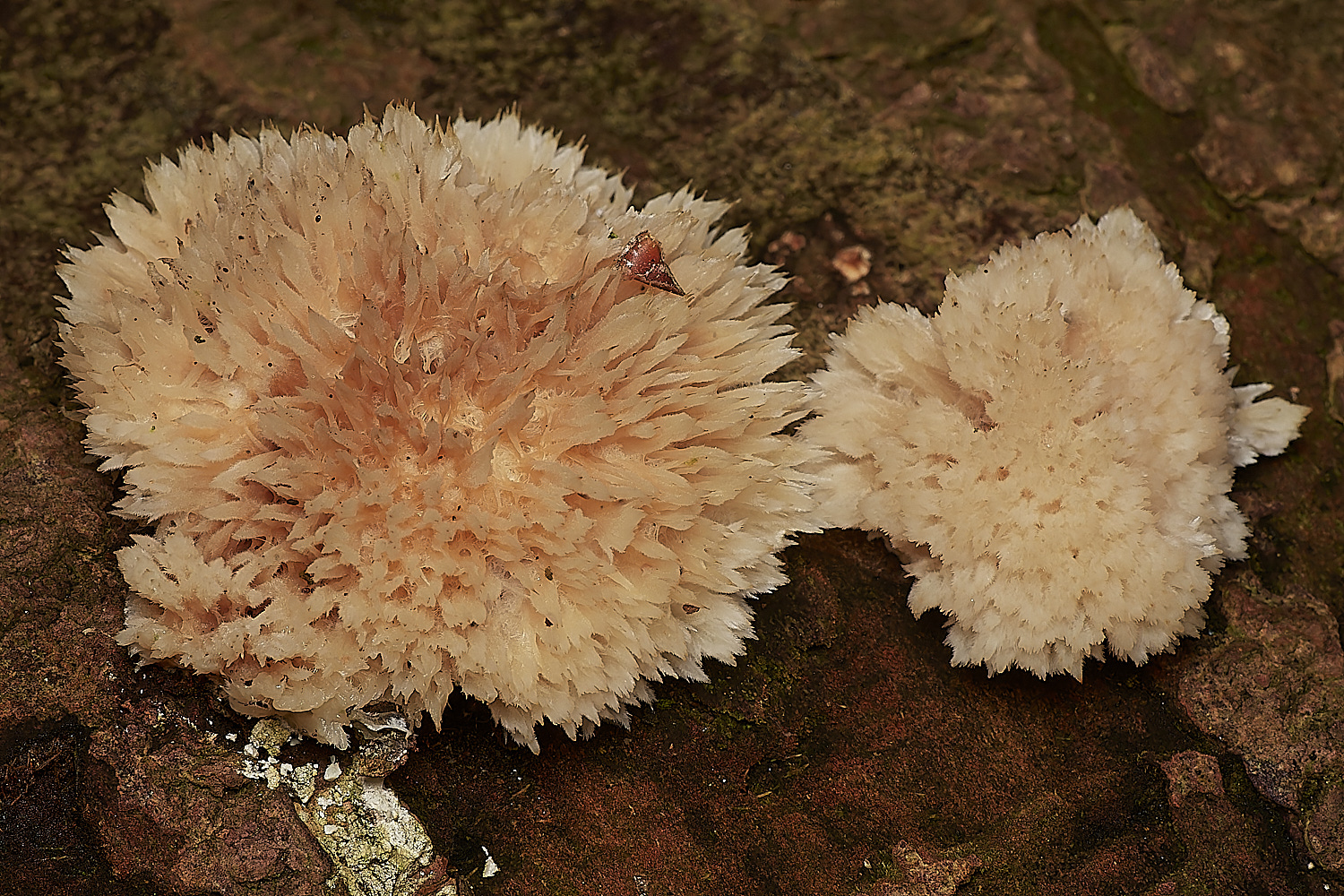
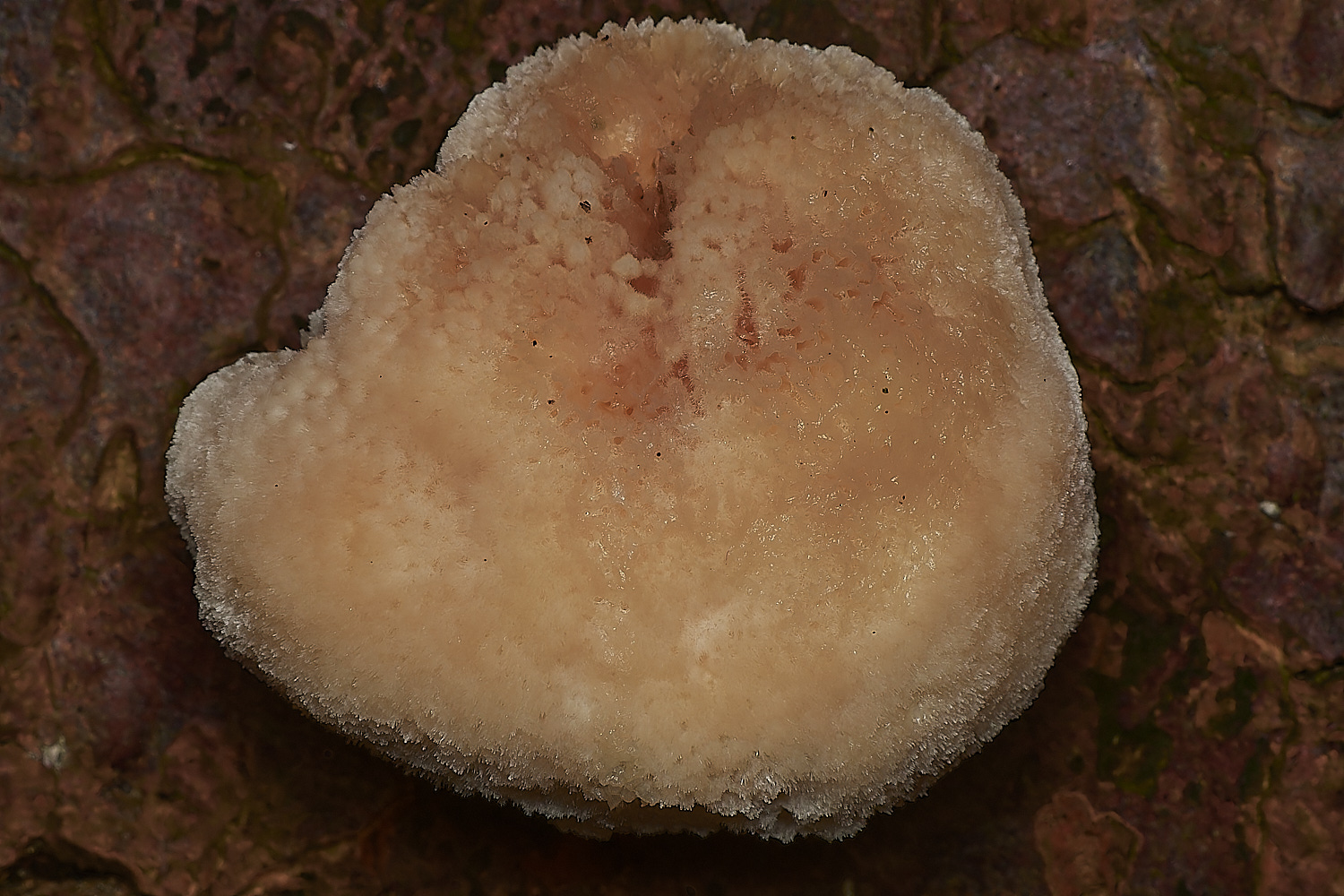
Powderpuff Bracket (Postia ptychogaster)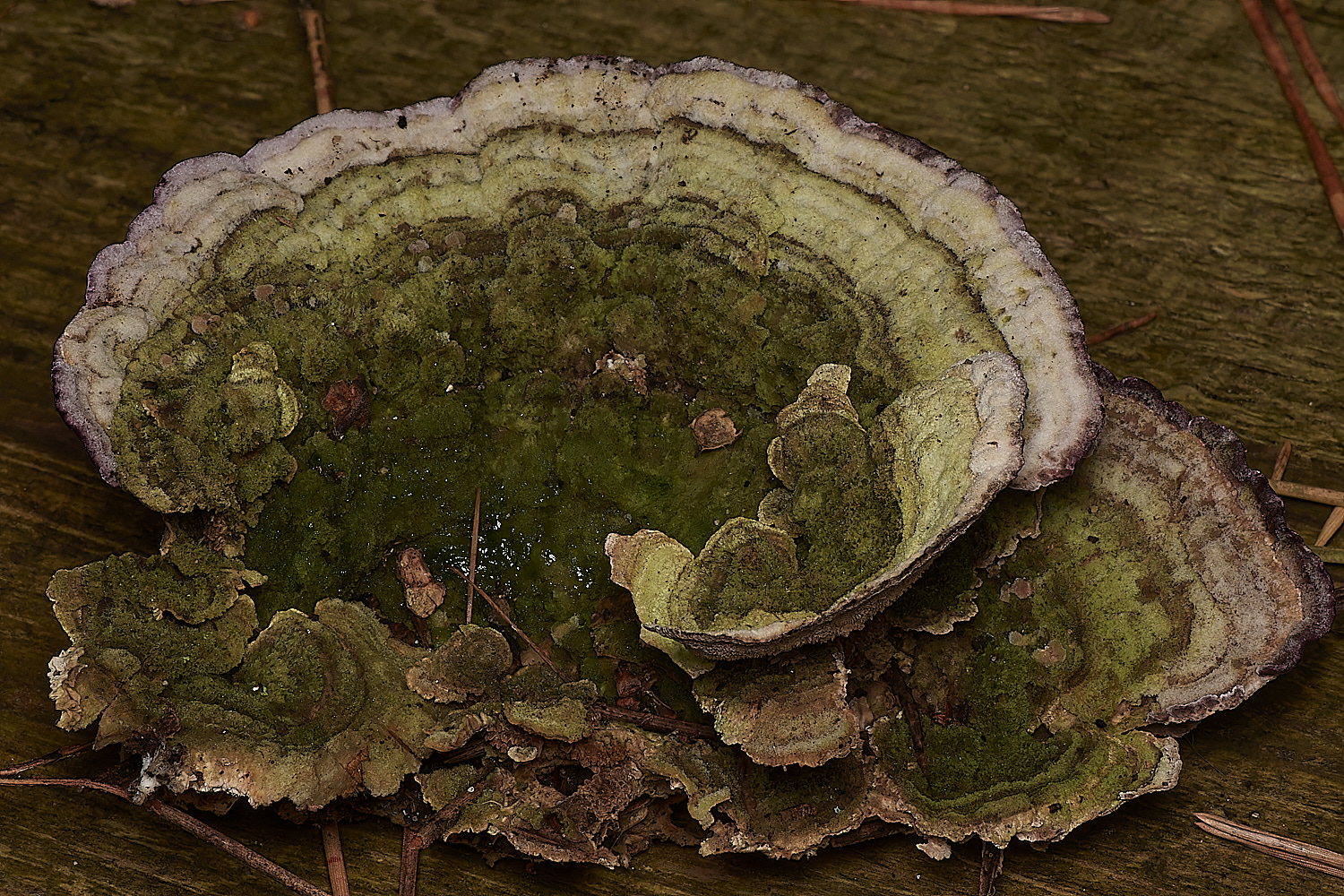
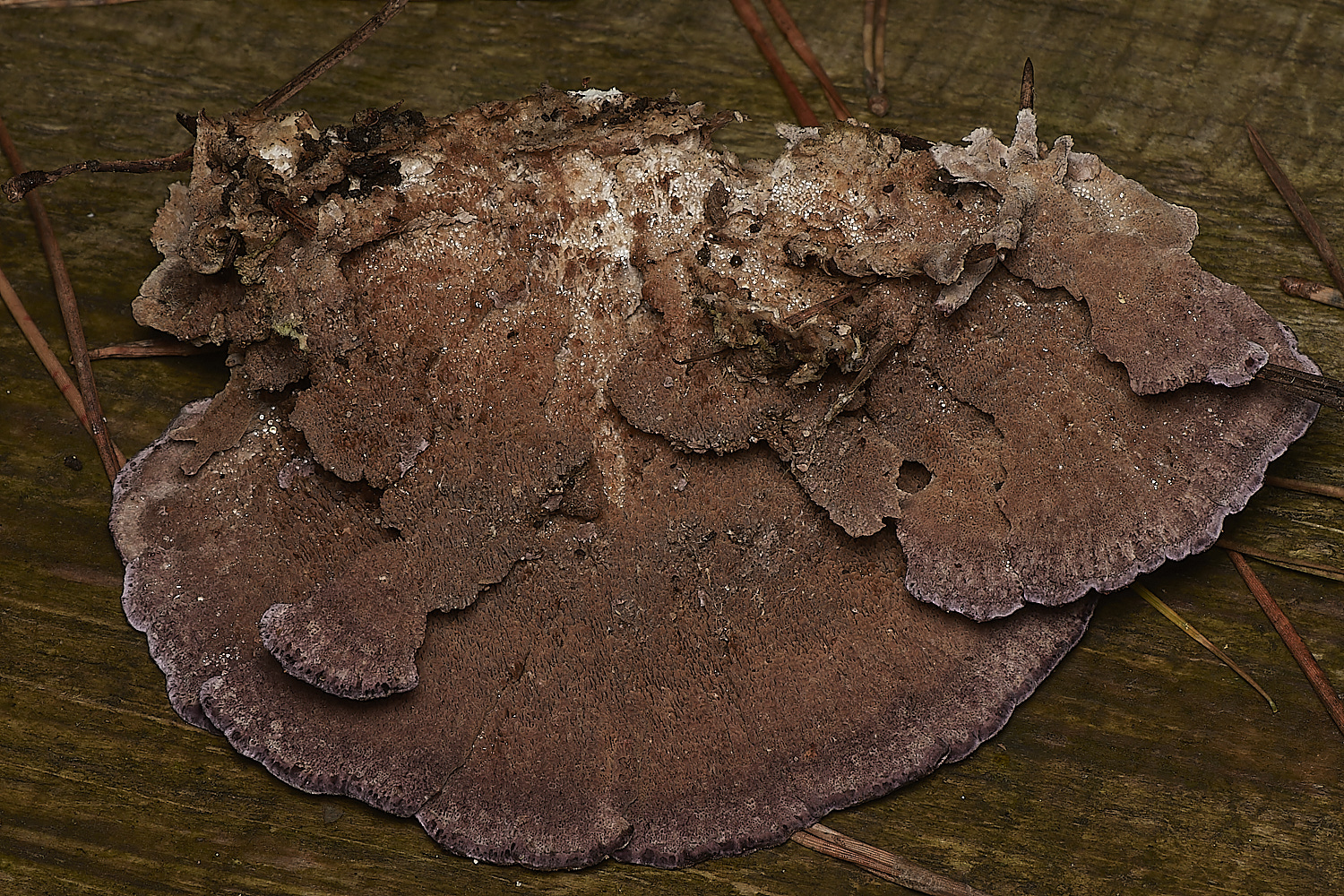
Purplepore Bracket (Trichapetum abietinum)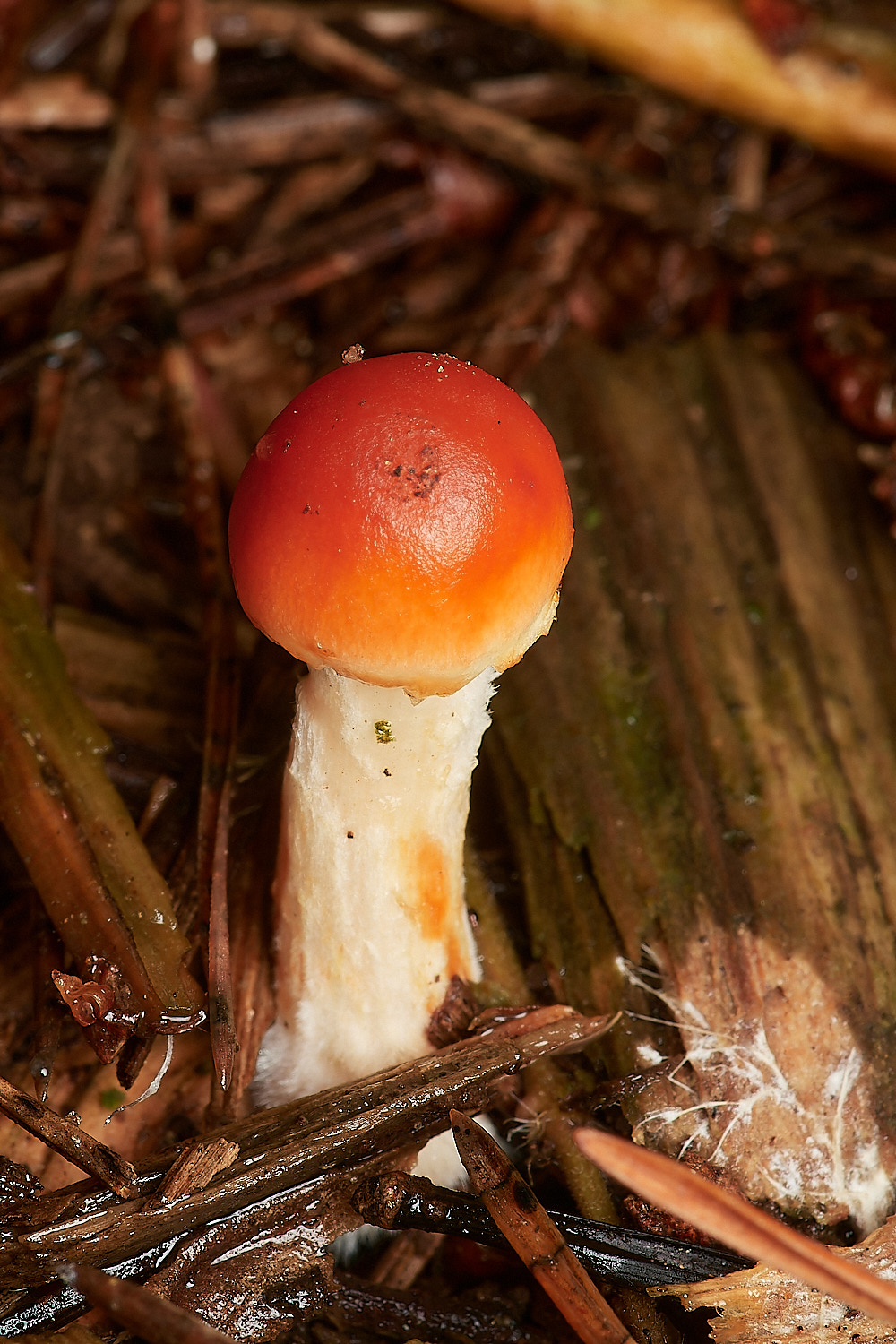
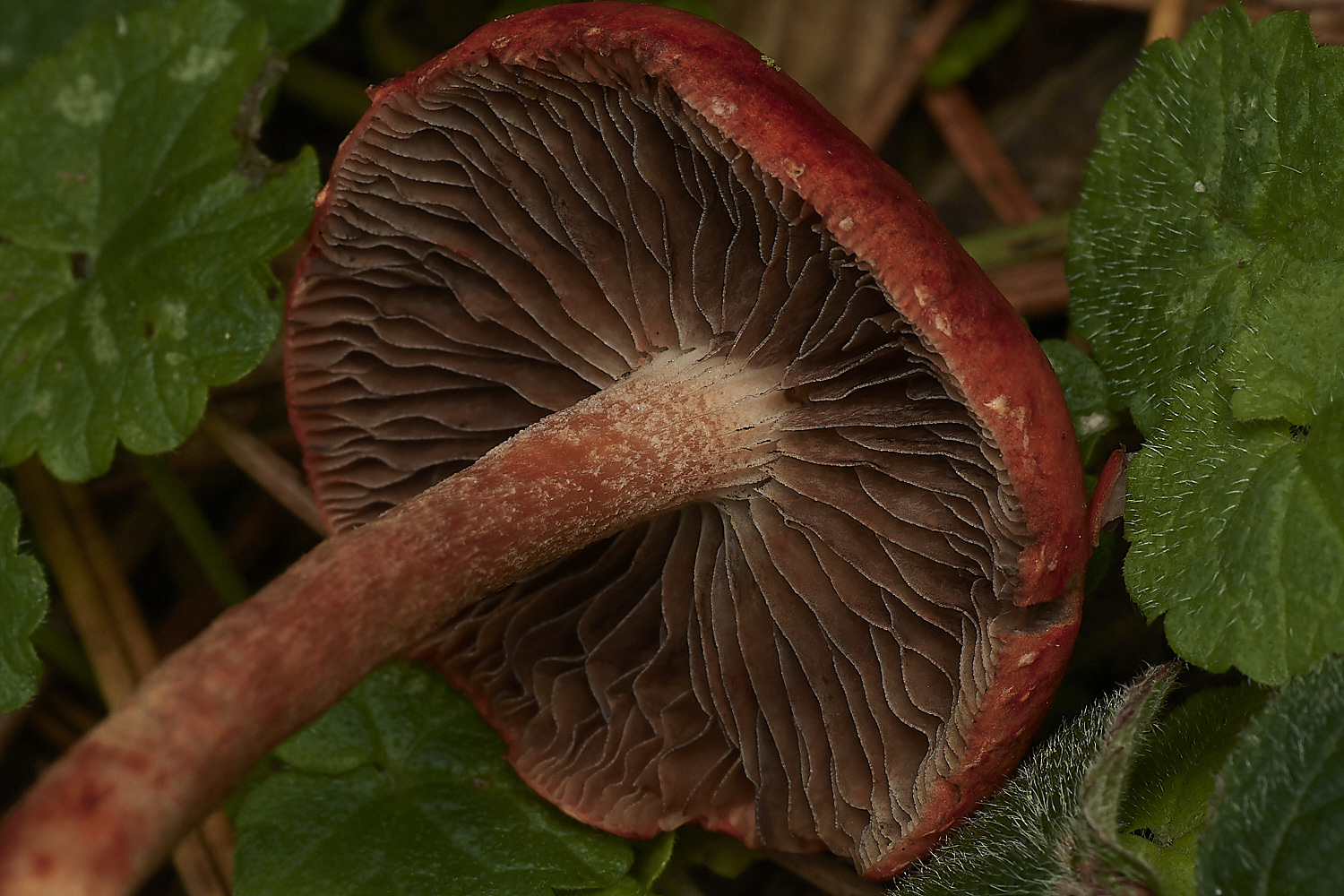

Red Lead Roundhead (Leratiomyces ceres)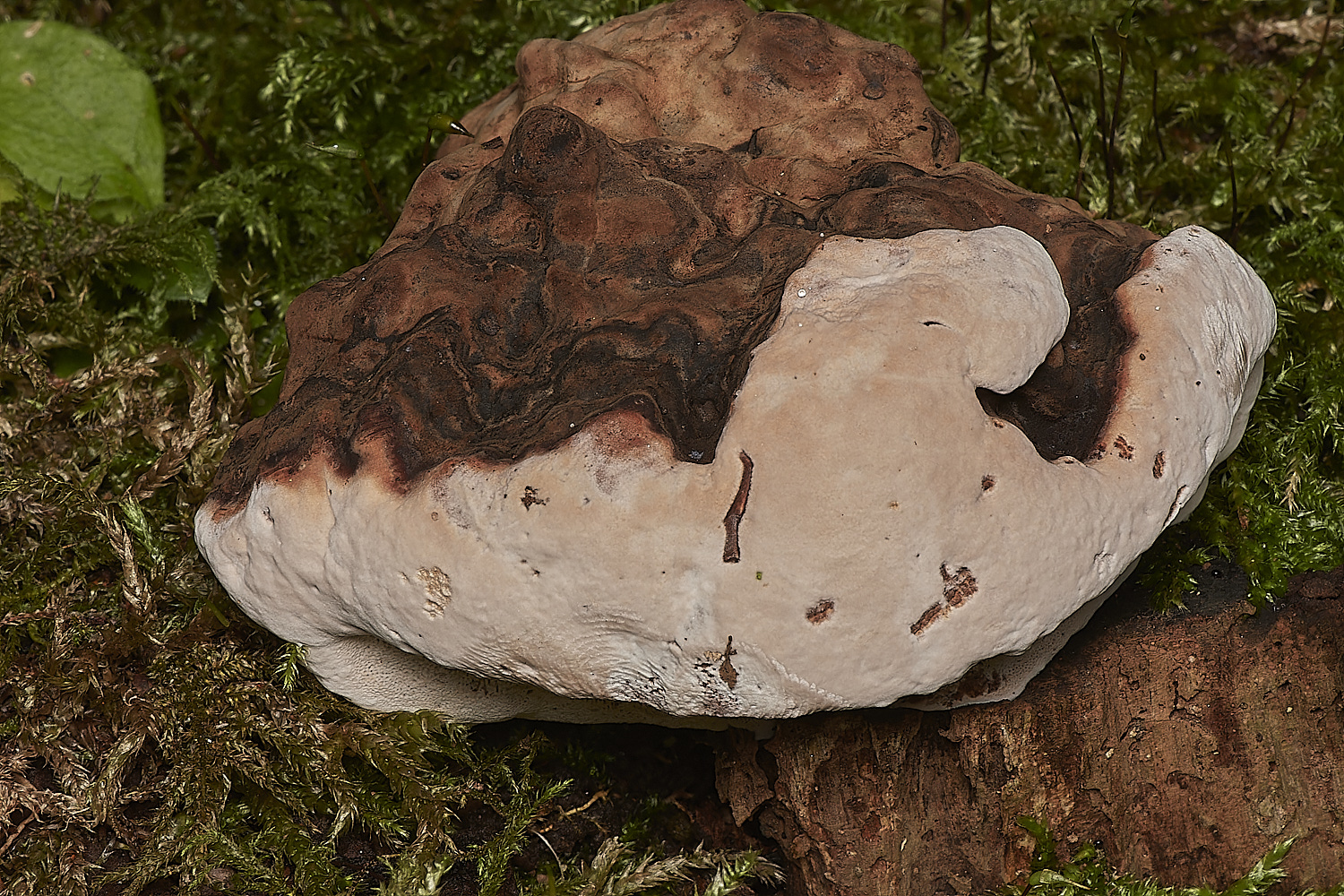
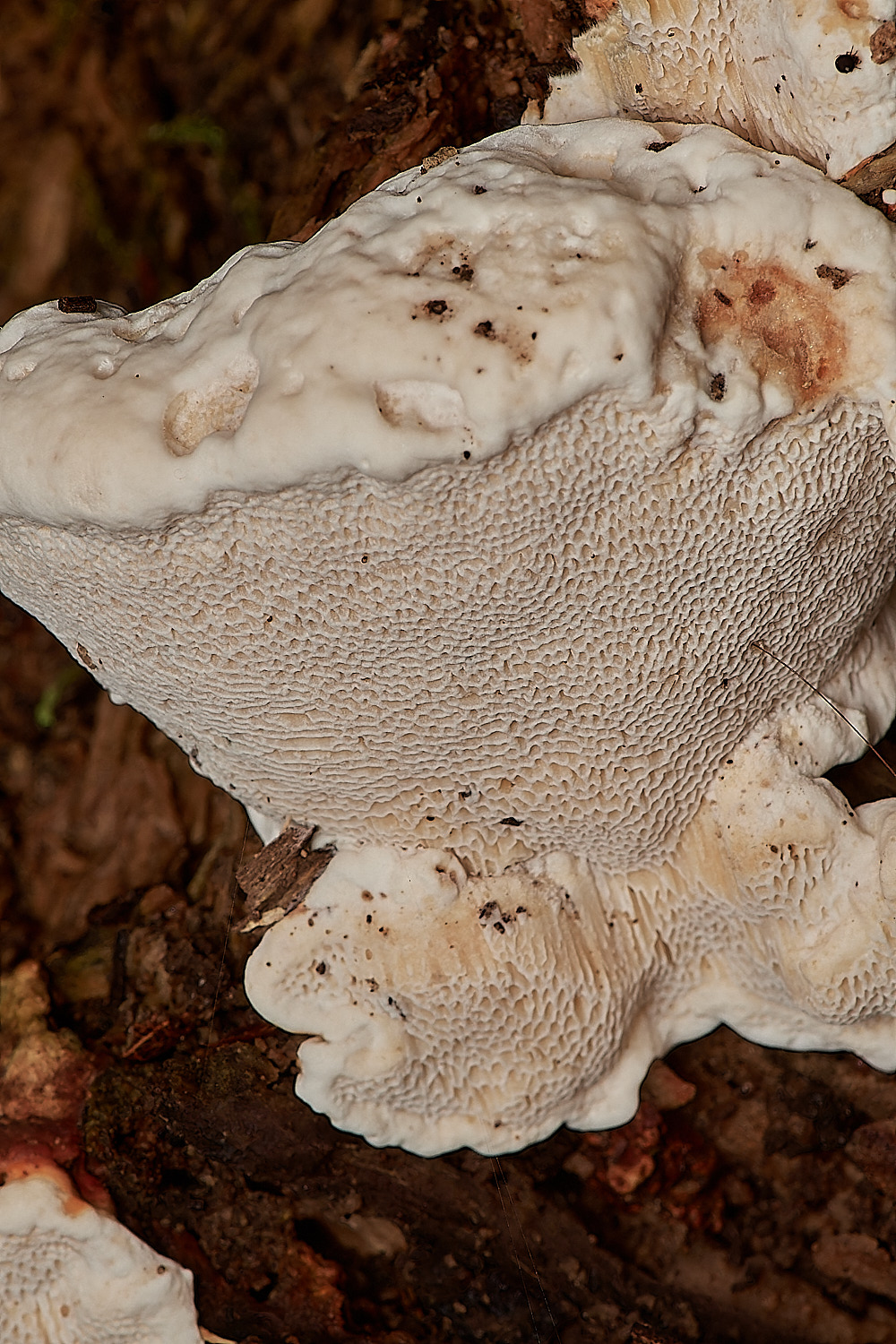
From Anne
Root Rot (Heterobasidion annosum)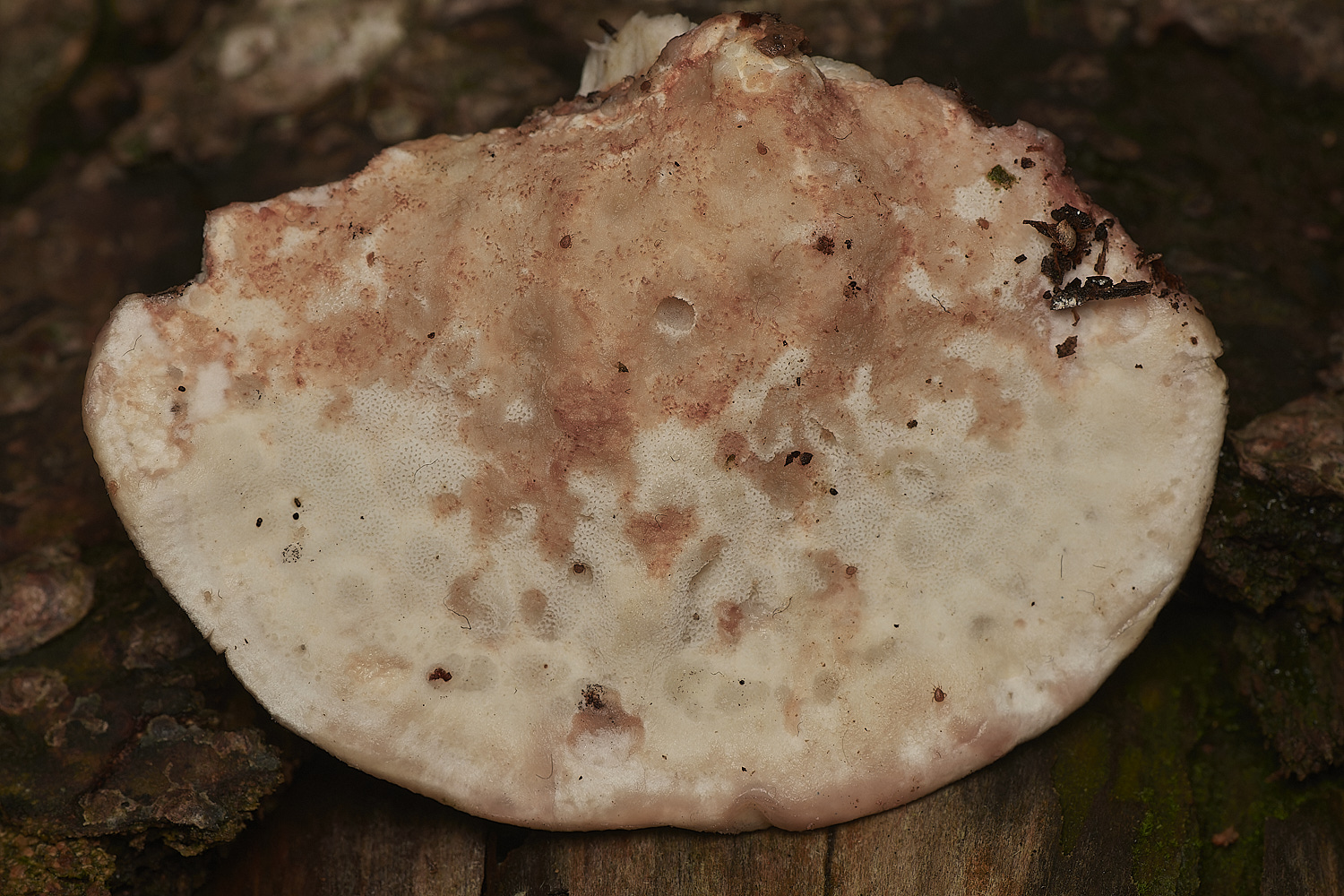
Rusty Crust (Skeletocutis amorpha) became Postia stiptica
Anne commented
The spores were wrong for Skeletocutis. It must be a colourful Postia stiptica as the spores matched that species.
I guess the orange colour could have been a fungal infection?

Skullcap Dapperling (Leucocoprinus brebissonii)
Coral or White Fingered Slime Mold (Ceratiomyxa fruticulosa)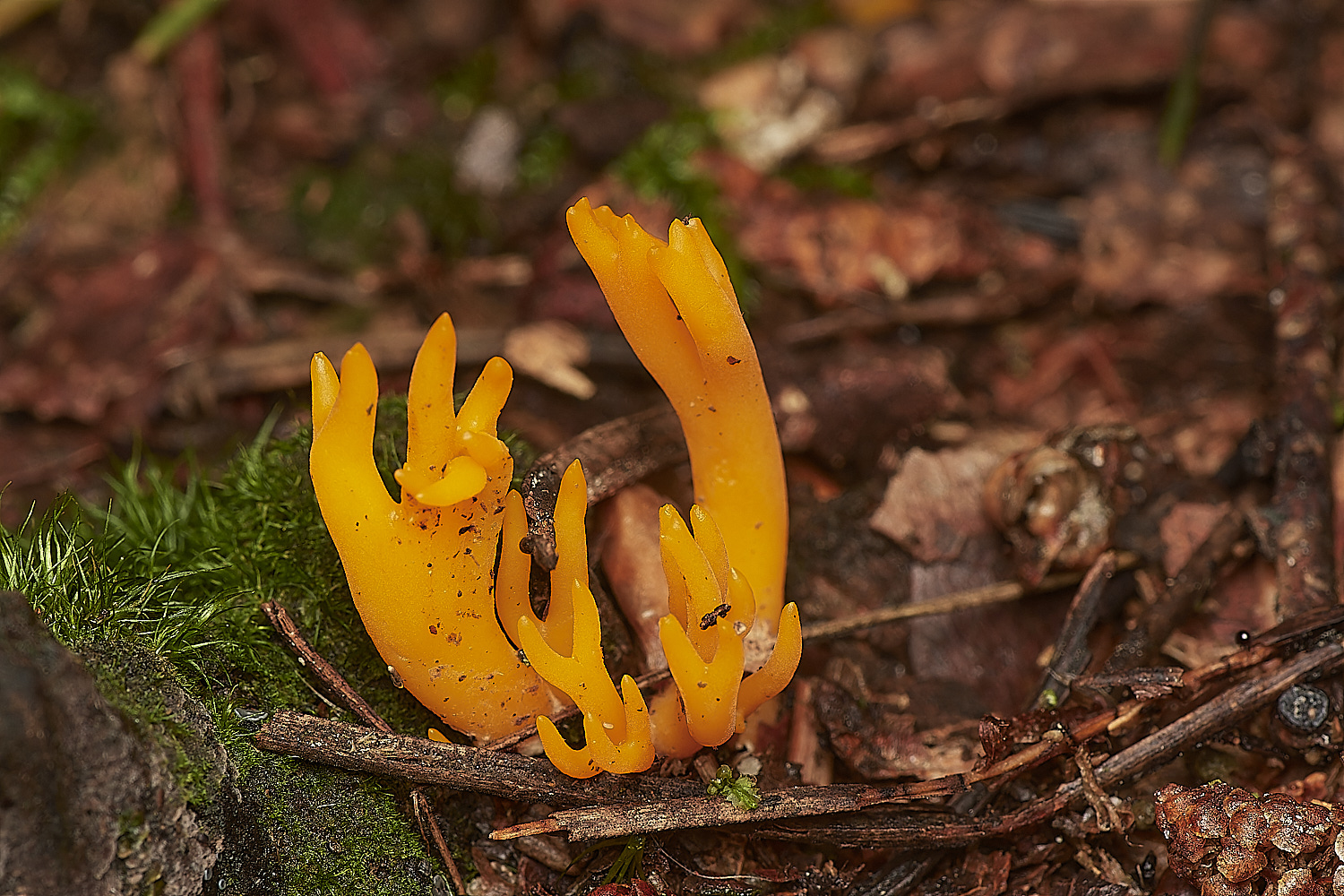
Yellow Stagshorn (Calocera viscosa)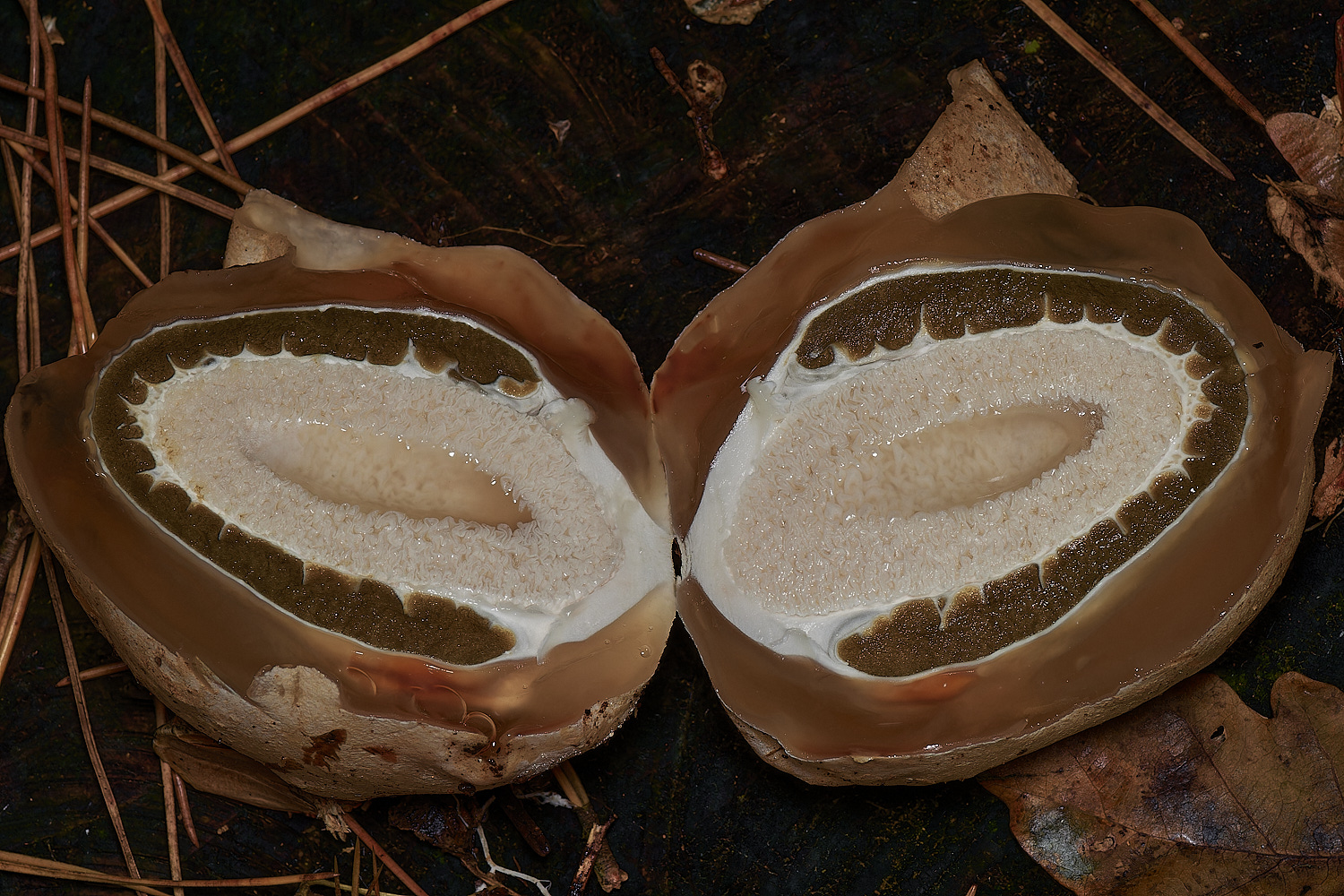
Witch's Egg - Stinkhorn (Phallus impudicus) Egg
The egg itself has a jelly like feel. But the centre is quite hard and granular , tasting of radishes.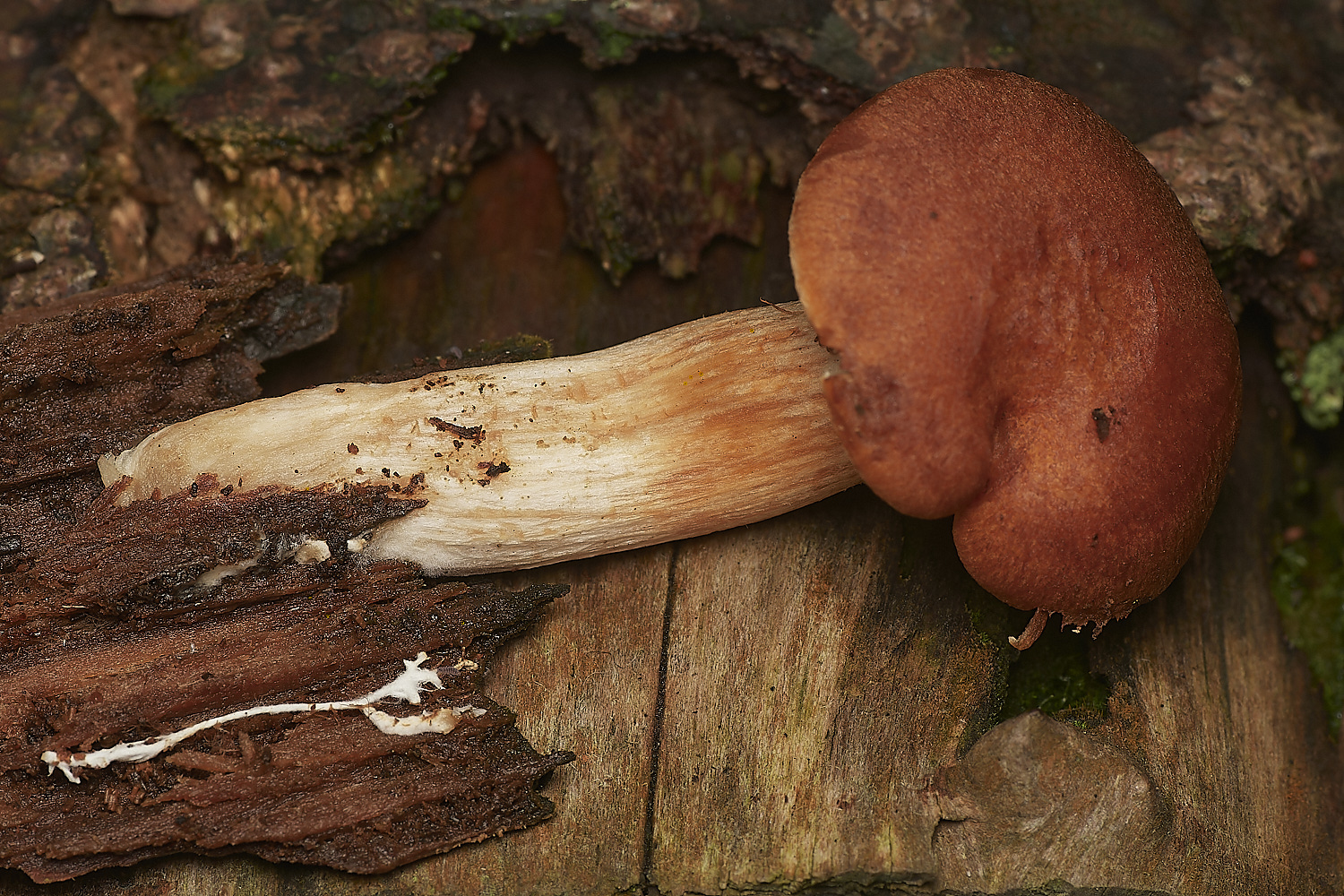
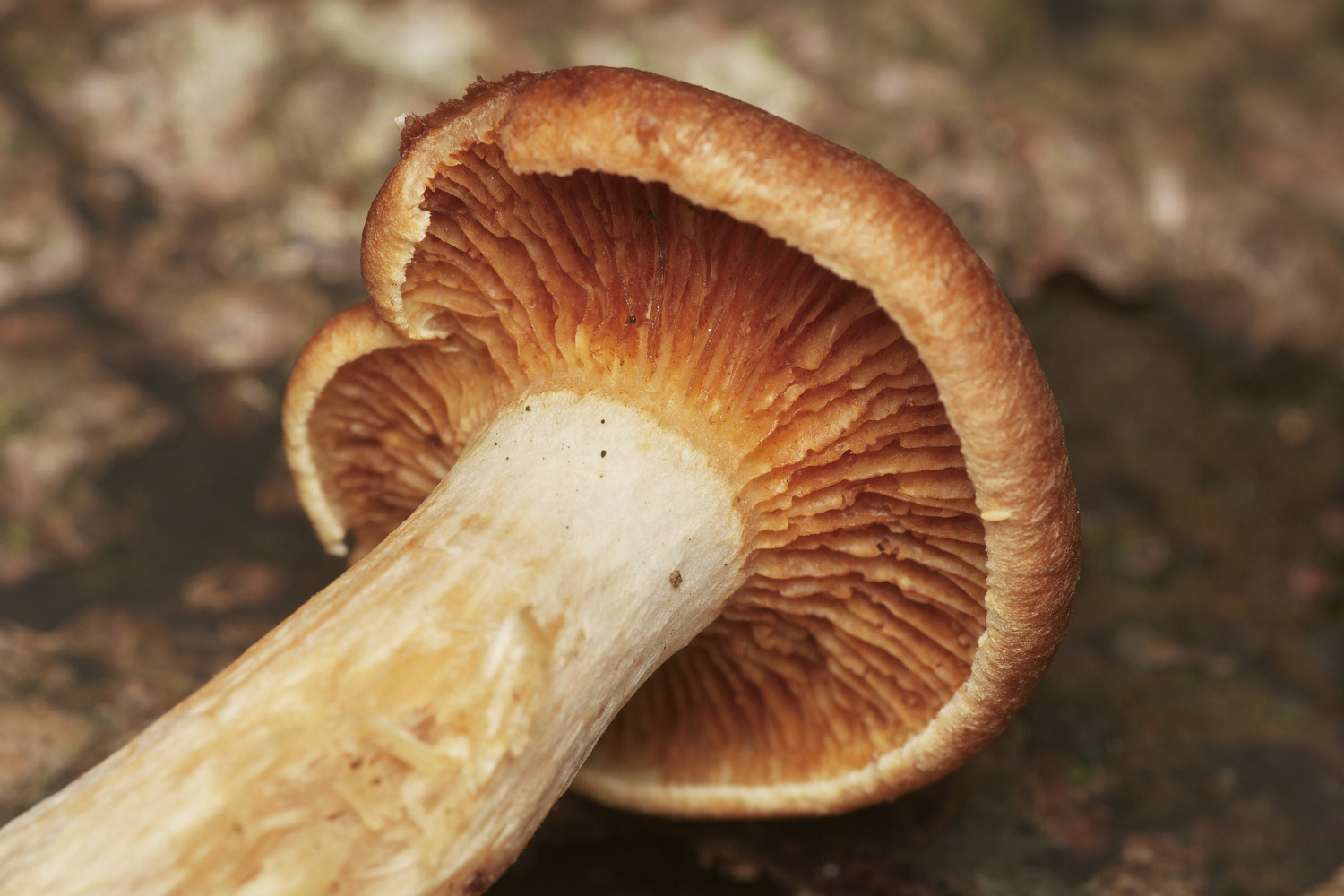
Common Rustgill (Gymnopilus penetrans)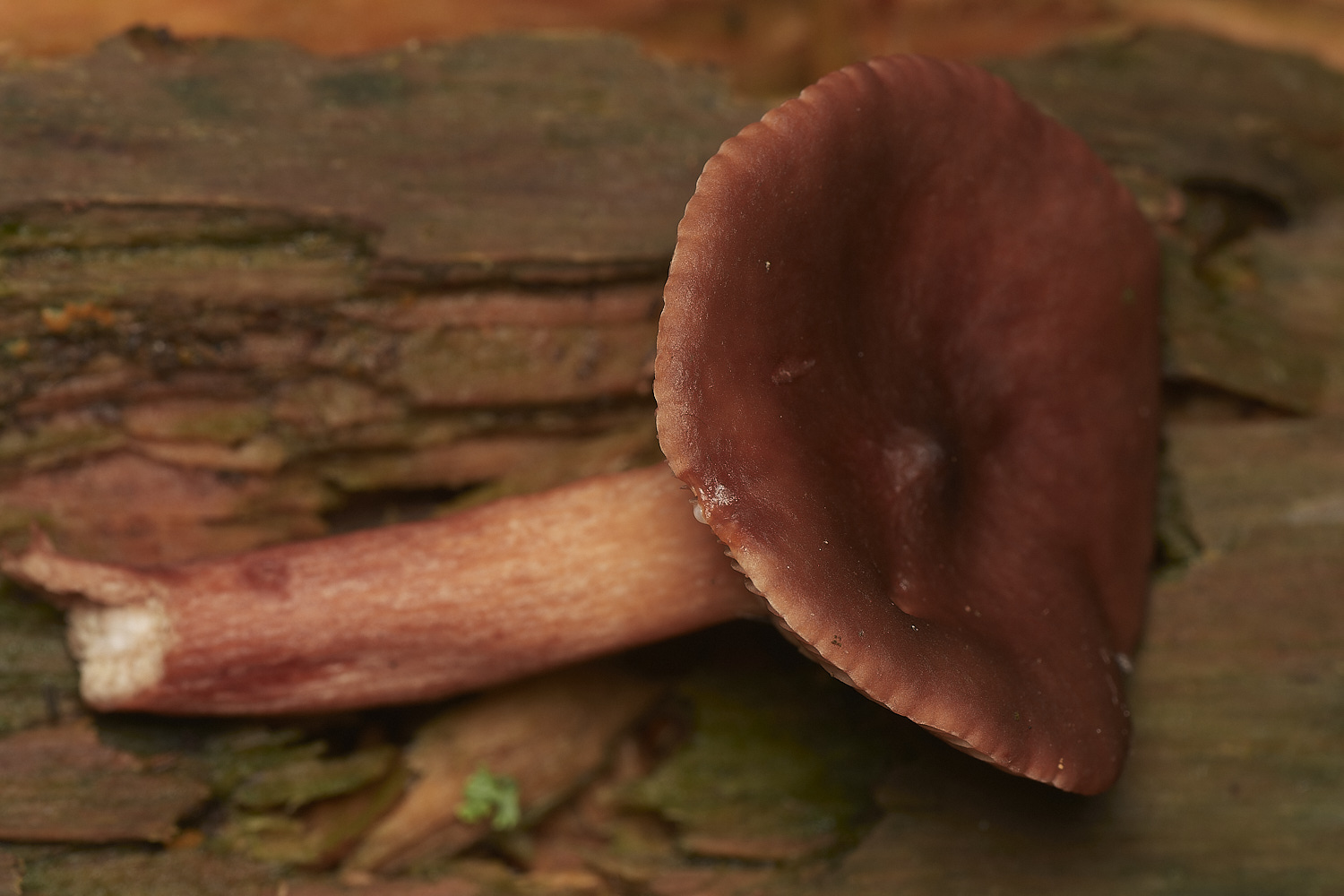
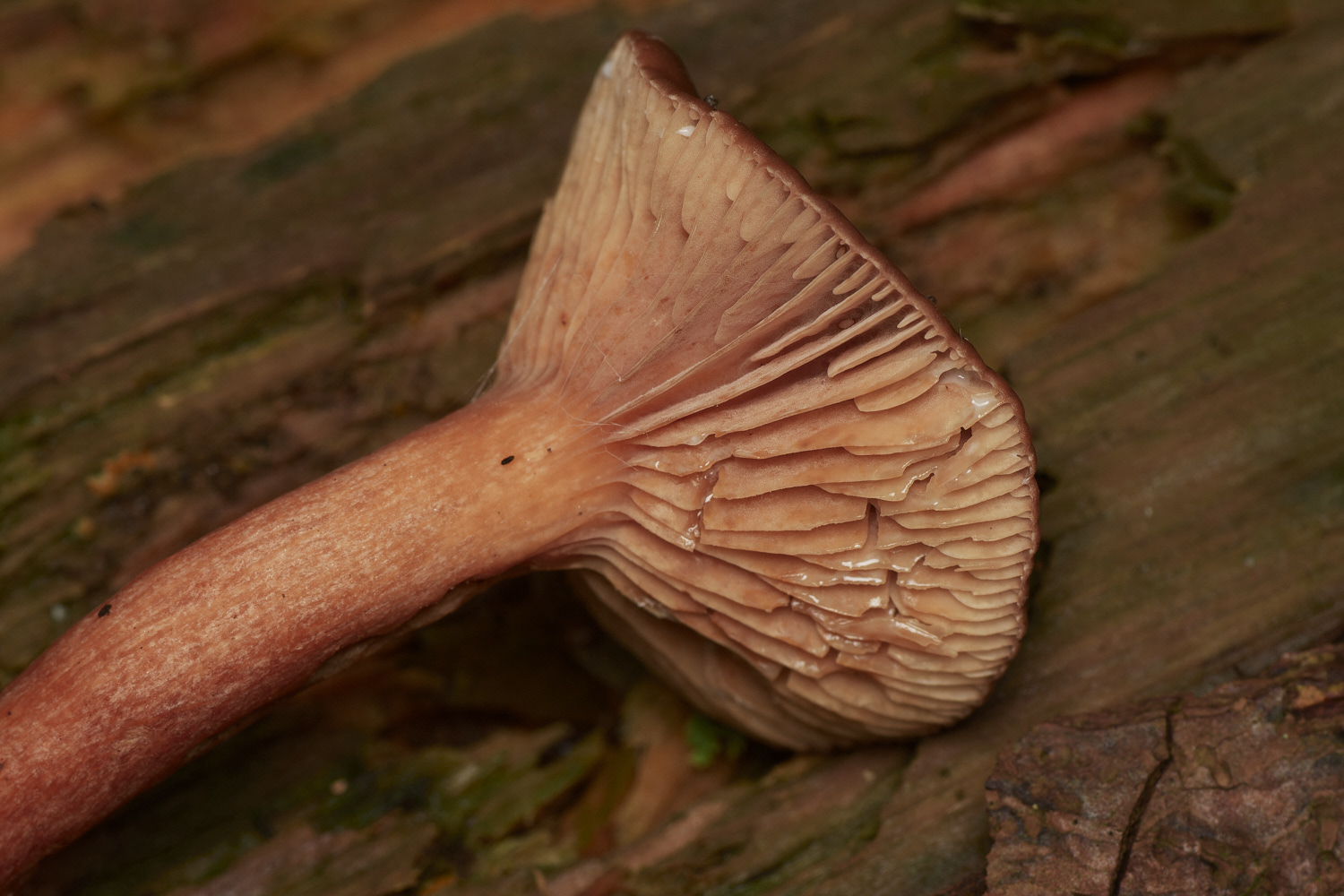
?
6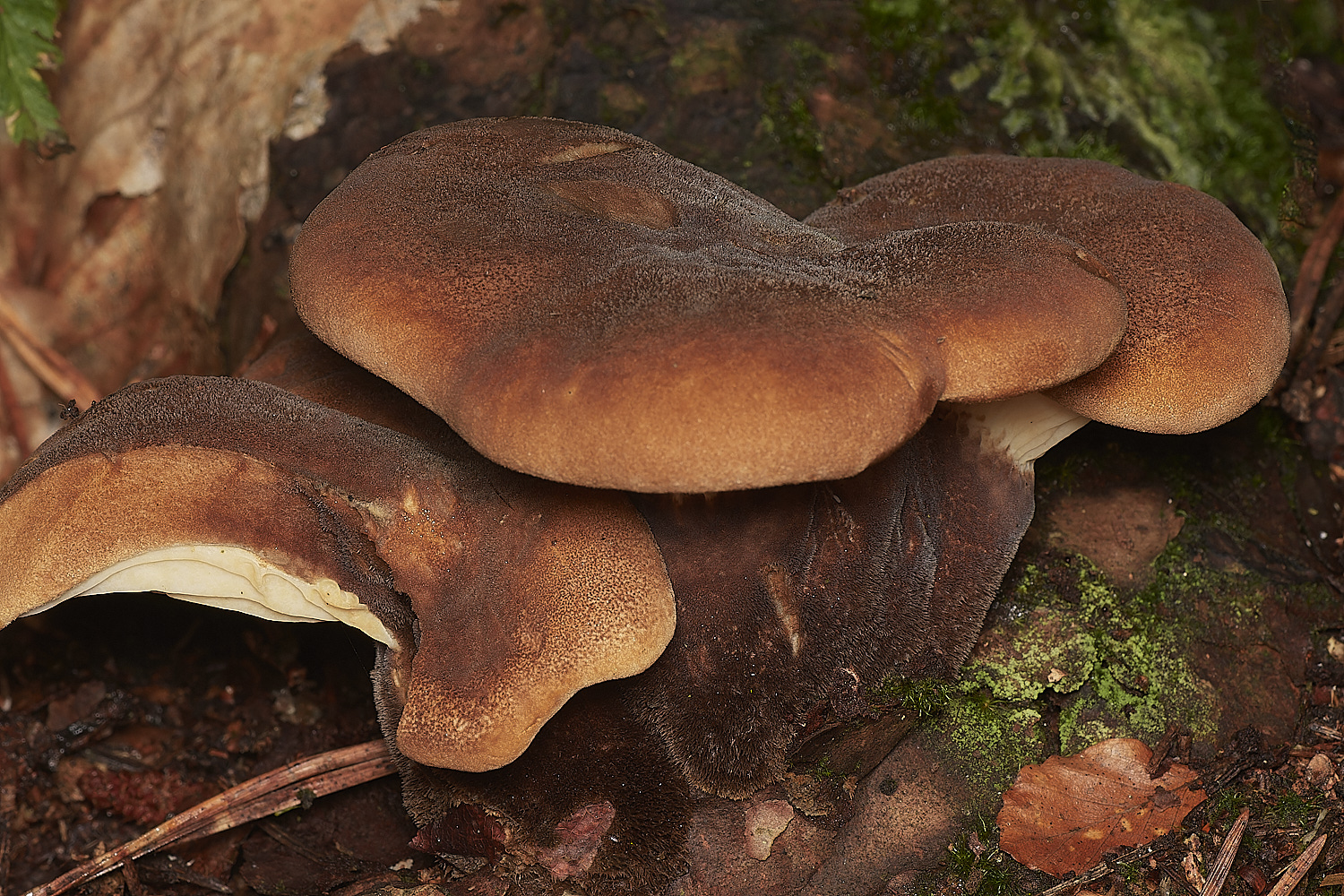
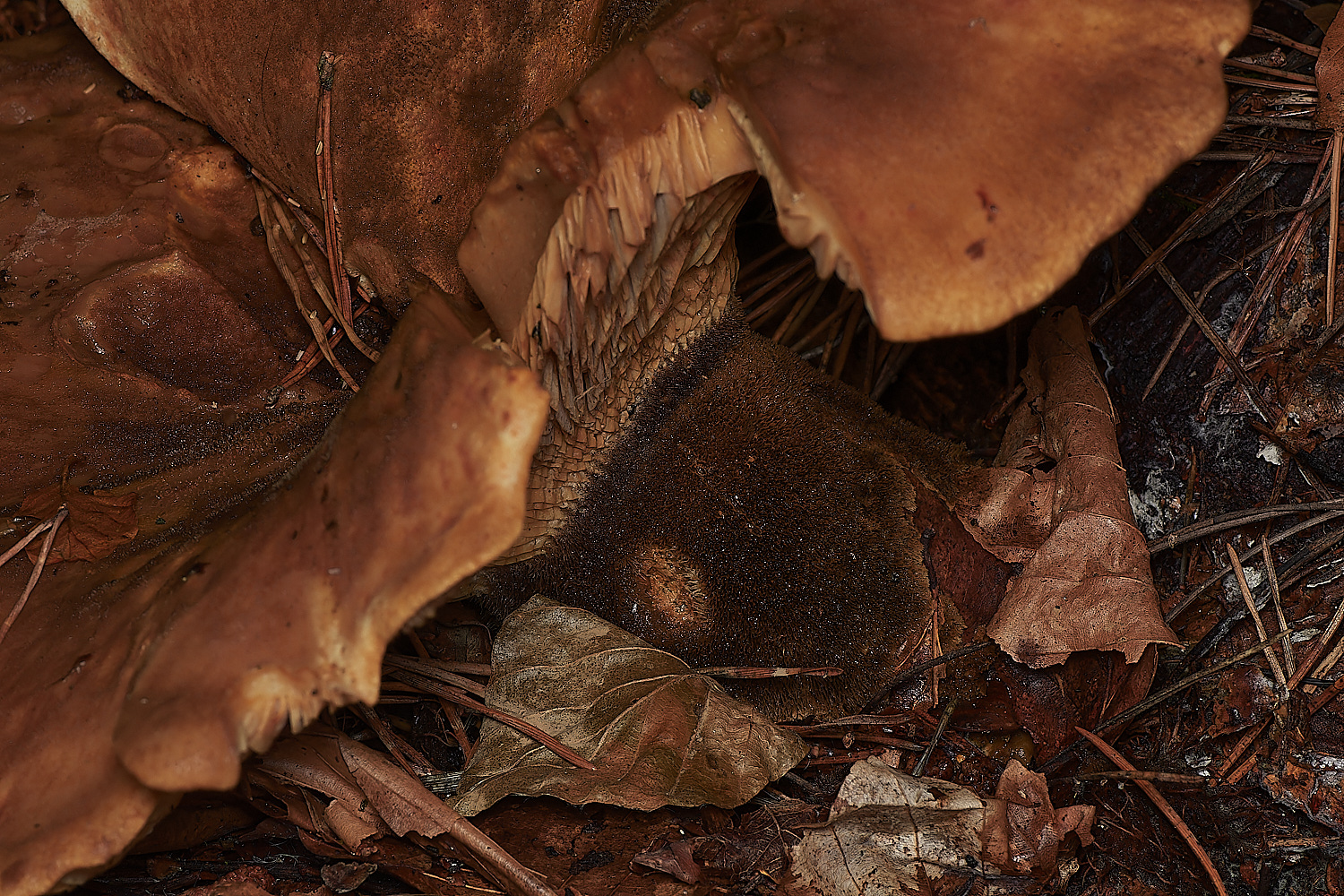
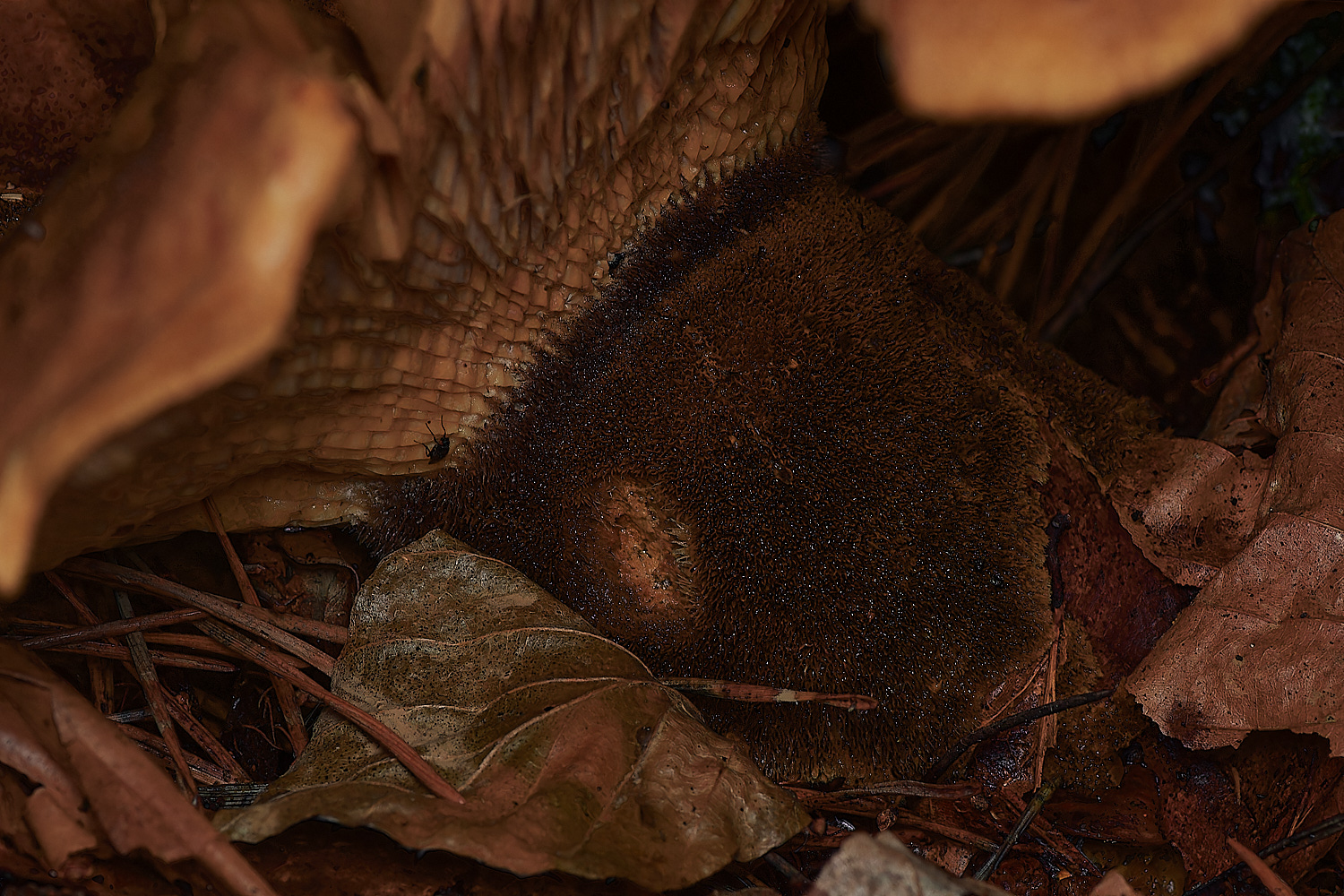
Velvet Rollrim (Tapinella atrotomentosa) on a Pine Stump
Quite gorgeous sense of velvet on the stipe in the images above.
From
First Nature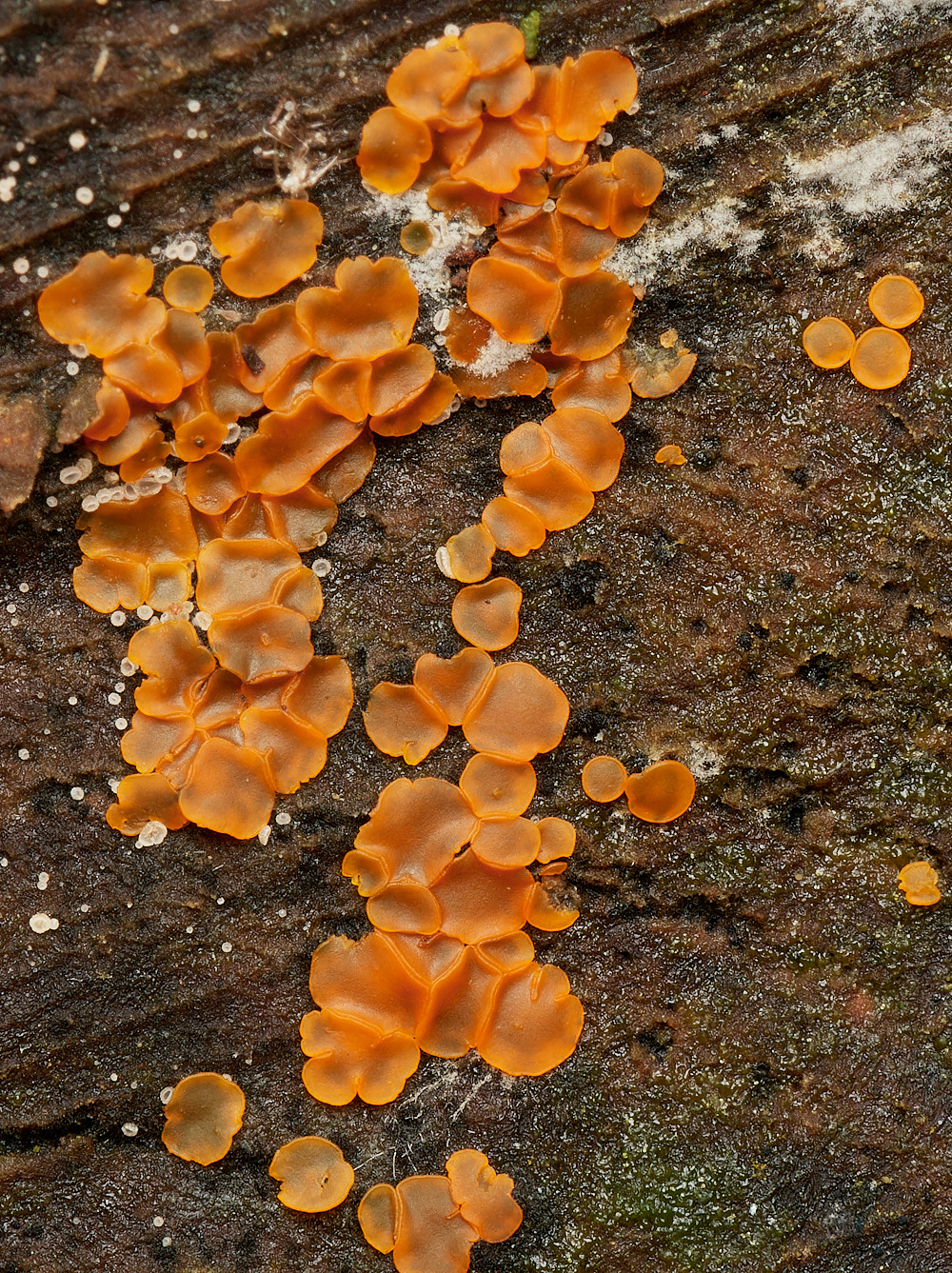
?
7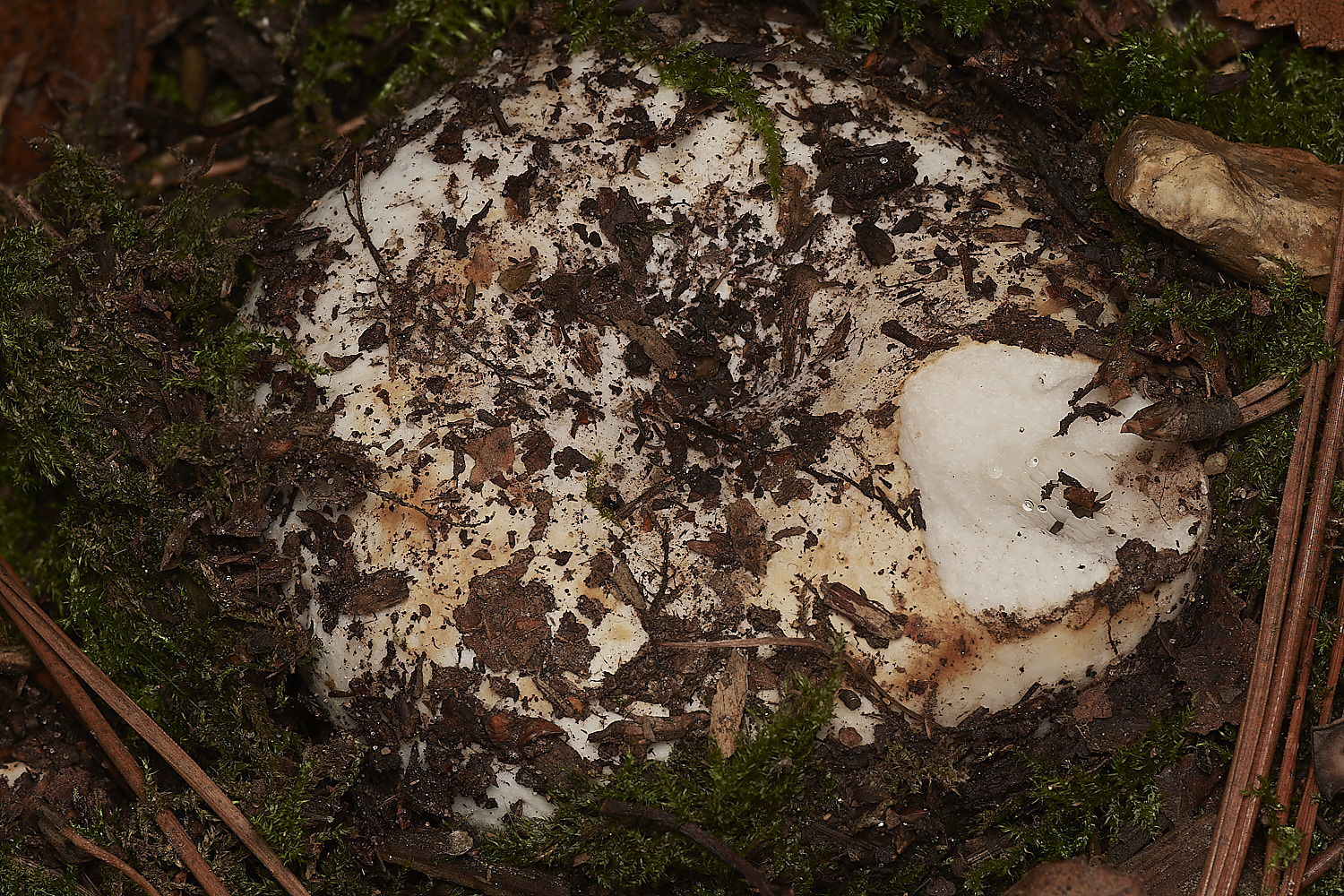
Milk-white Brittlegill (Russula delica complex)
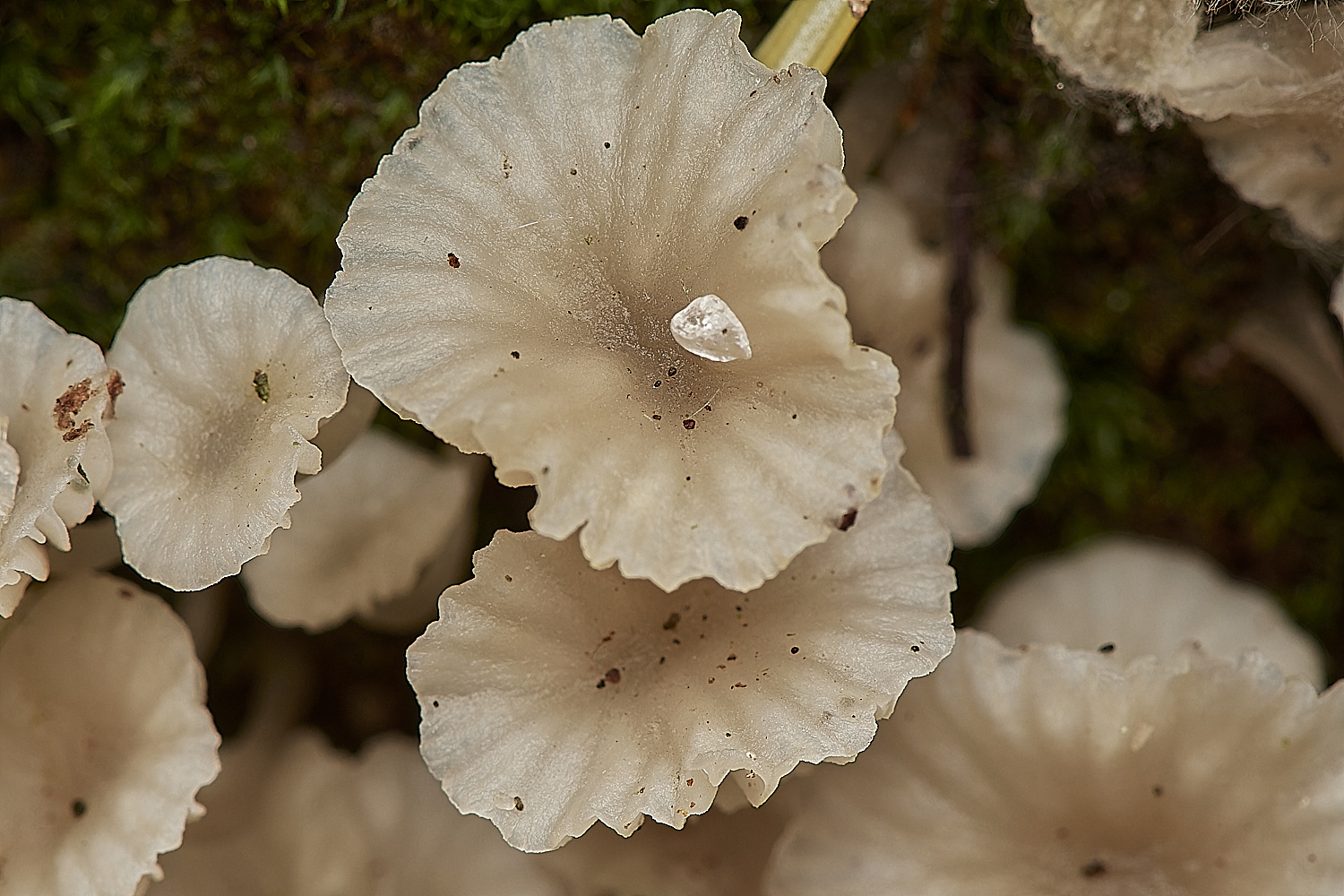
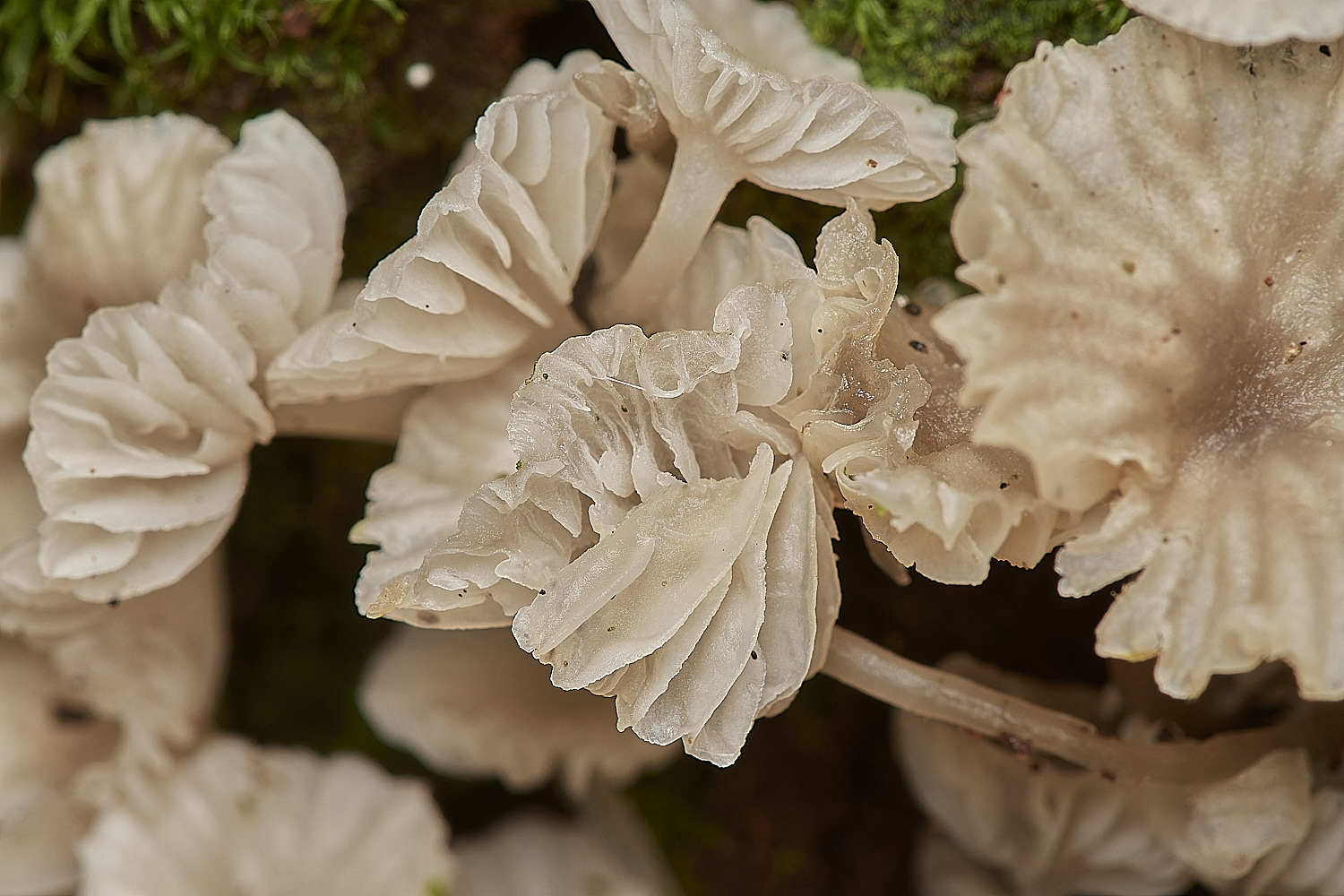
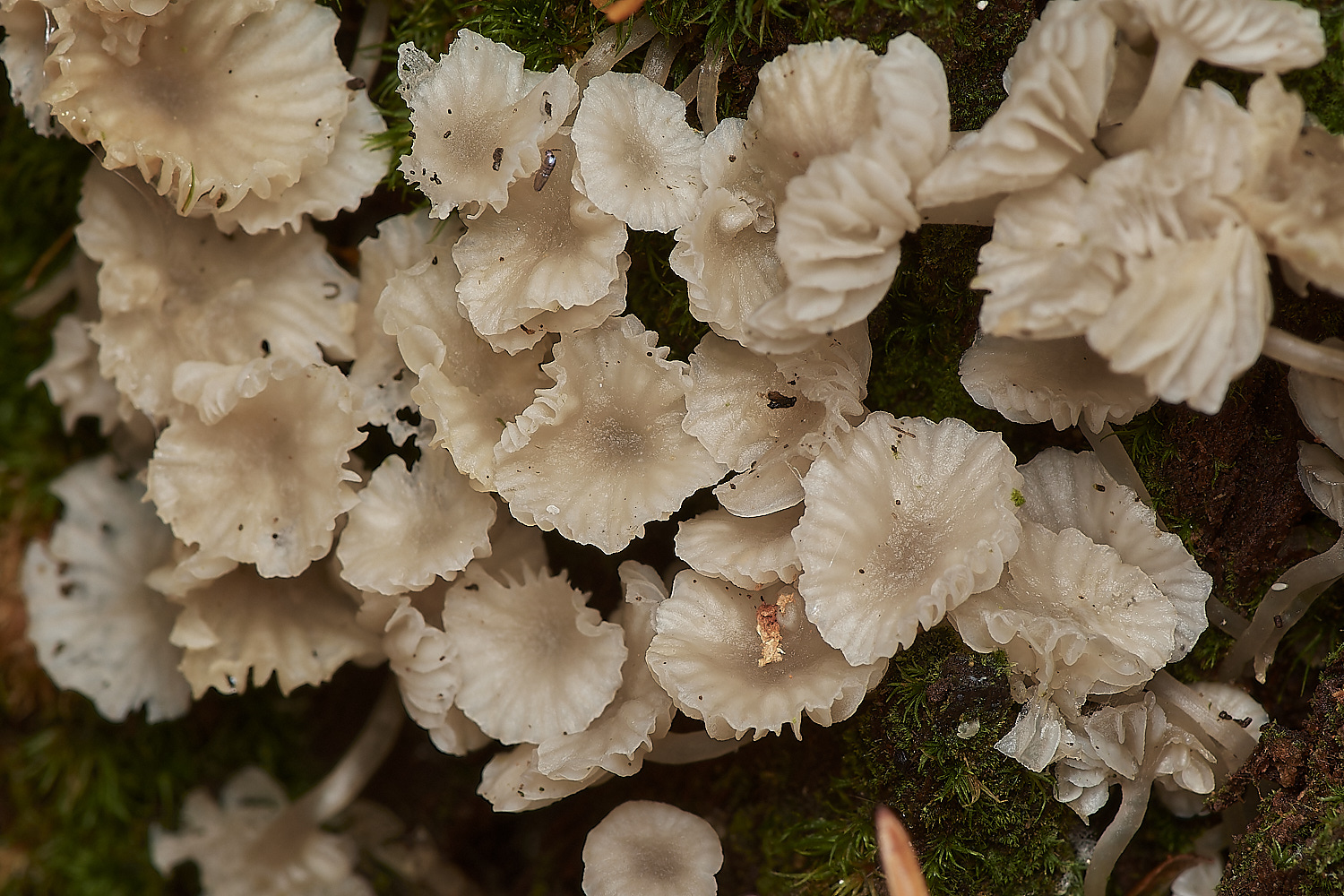
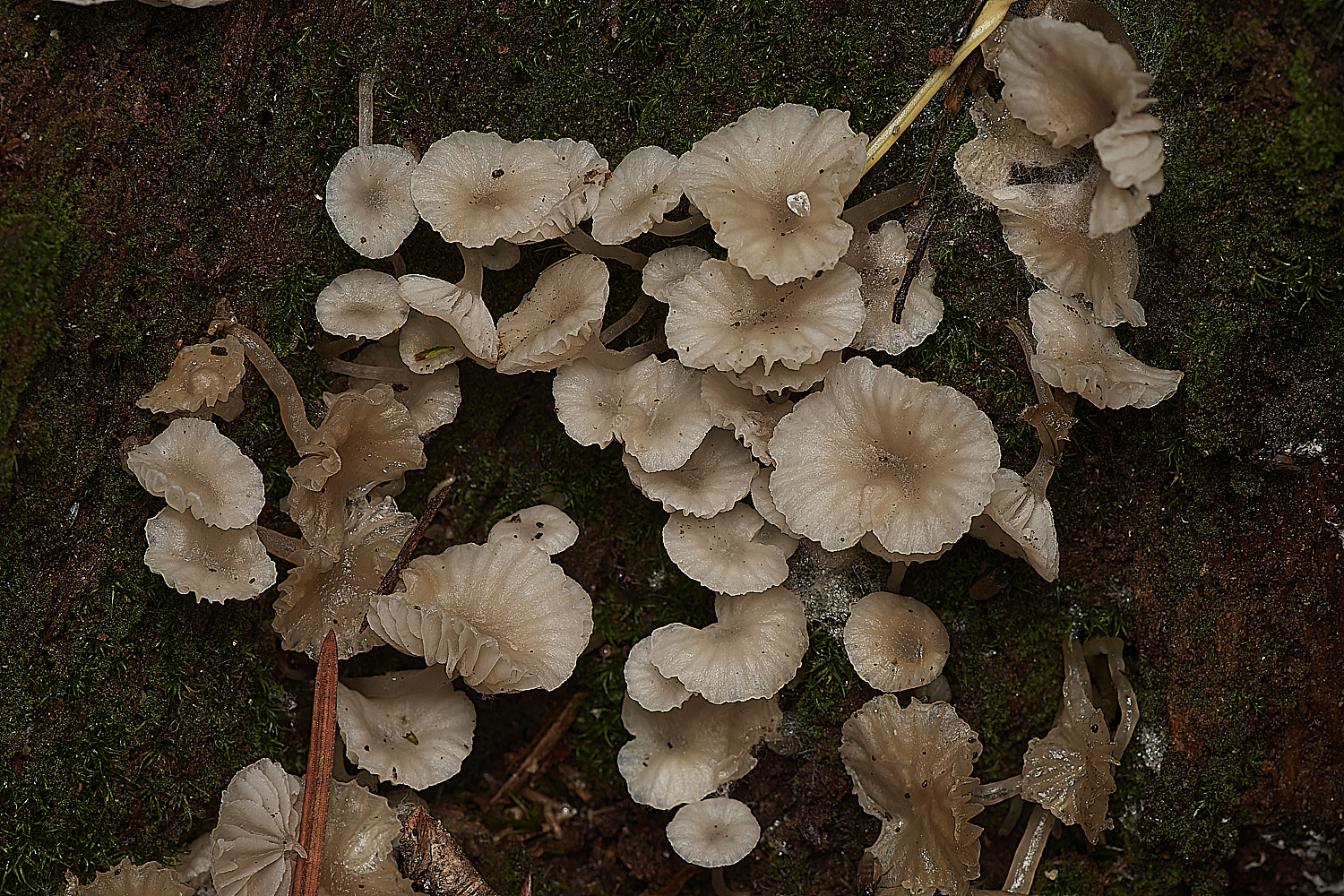
Tony's initial comments on these
I took home some of those numerous small mycena (I think M. speirea was the initial thought) on the large flat stump towards the end of the day (in Holt CP). At first glance, I thought they might odd-looking Delicatula integrella & I tried to keep an open mind . . . they were very jelly like by the time I looked at them this morning and microscopy revealed nothing I could be convinced about. Did you get anywhere?
From Steve
Then to the group that has taken up much of my afternoon, this being the dramatic collection of small white fungi low down on the moss covered stump. They gave me much to think about as they looked nothing like anything that I was familiar with, they were very delicate but fortunately I had packed them with a lot of moss and placed them in the fridge as soon as I got home. They looked to my eyes very much like Mycenas so I used a combination of Mycena S.L. and Kibby vol 2. For the reasons outlined below I am very tempted towards Mycena olida.
The caps averaged 9mm were ivory white with a yellowish tinge to the centre of the older specimens there was slight interveining between the gills of the older flatter specimens. Taste insignificant smell not really noticeable. They had 2 spored basidia, with pleurocystidia in amongst the basidia of a similar shape to the cheliocystidia which fitted the cylindrical, subclavate or fusiform cheilocystidia of Mycena Olida as compared to the slightly similar looking Mycena hiemalis, which apparently has fusiform to utriform cheilos. Spores were well within the range for both M. olida and M. hiemalis. Examining the stipe I eventually managed to find caulocystidia and these fitted with the description and images of those in Mycena S.L. Clamps were absent or at least I couldn't find any, which is right for the versions with 2 spored basidia.
This is a completely new to me species and I am well outside of my comfort zone with this one, I am hopeful that in amongst the packing and sorting that Yvonne will have had a chance to look at the ones that she took and that they travelled better than, from his comments, those that Tony M. took, if so hopefully she will be able to give me some pointers as to where I went wrong. Over to you Yvonne.
Yvonne comments so far.
Sorry but I didn’t have time to really examine the specimens thoroughly, just a brief look under the microscope but I thought I could see some utriform cheilocystidia. I didn’t take it any further, didn’t even get the Mycena book out ! I must admit they didn’t look like Mycena in their growth habit and like Tony I did wonder about Delicatula but I didn’t even look up the microscopy on those, I think they have cystidia but not utriform - again I’ve never seen them grow like this.
A further comment from Yvonne
I managed to have another look at the last of my specimens this morning. I completely agree that the growth habit is more Delicatula, but the gills were deep and without any bifurcation and with only feint cross veining. The cystidia were utriform and according to FN Delicatula has cylindrical cheilos, if any at all, as it more commonly has none.
Been a very busy few days so probably haven't been able to give it the brain power that it warrants but have decided that as the last remnants of collapsing fruit body has now been given that last final flight from the bedroom window it is time to finally put to it to bed as a "remains a mystery".
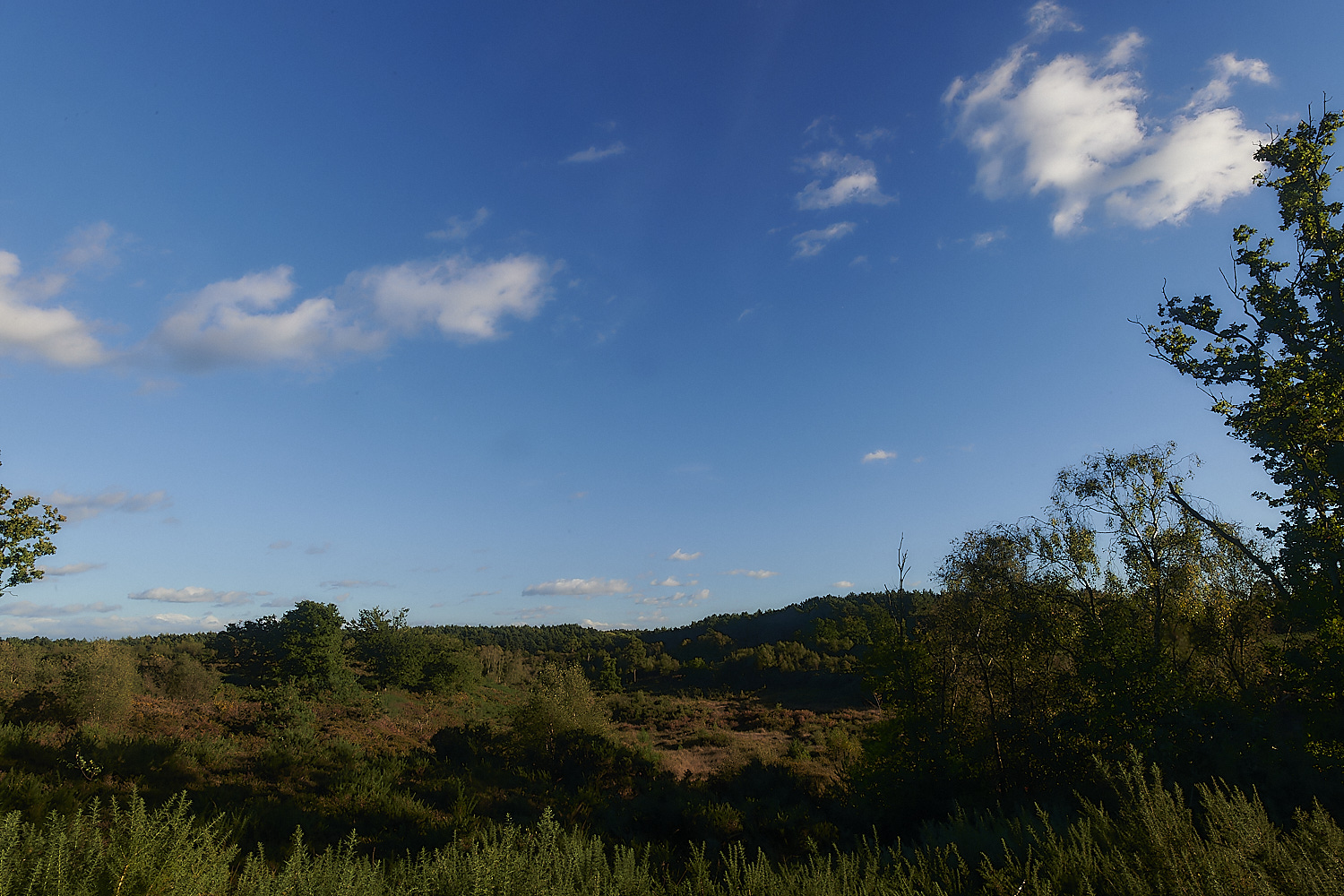
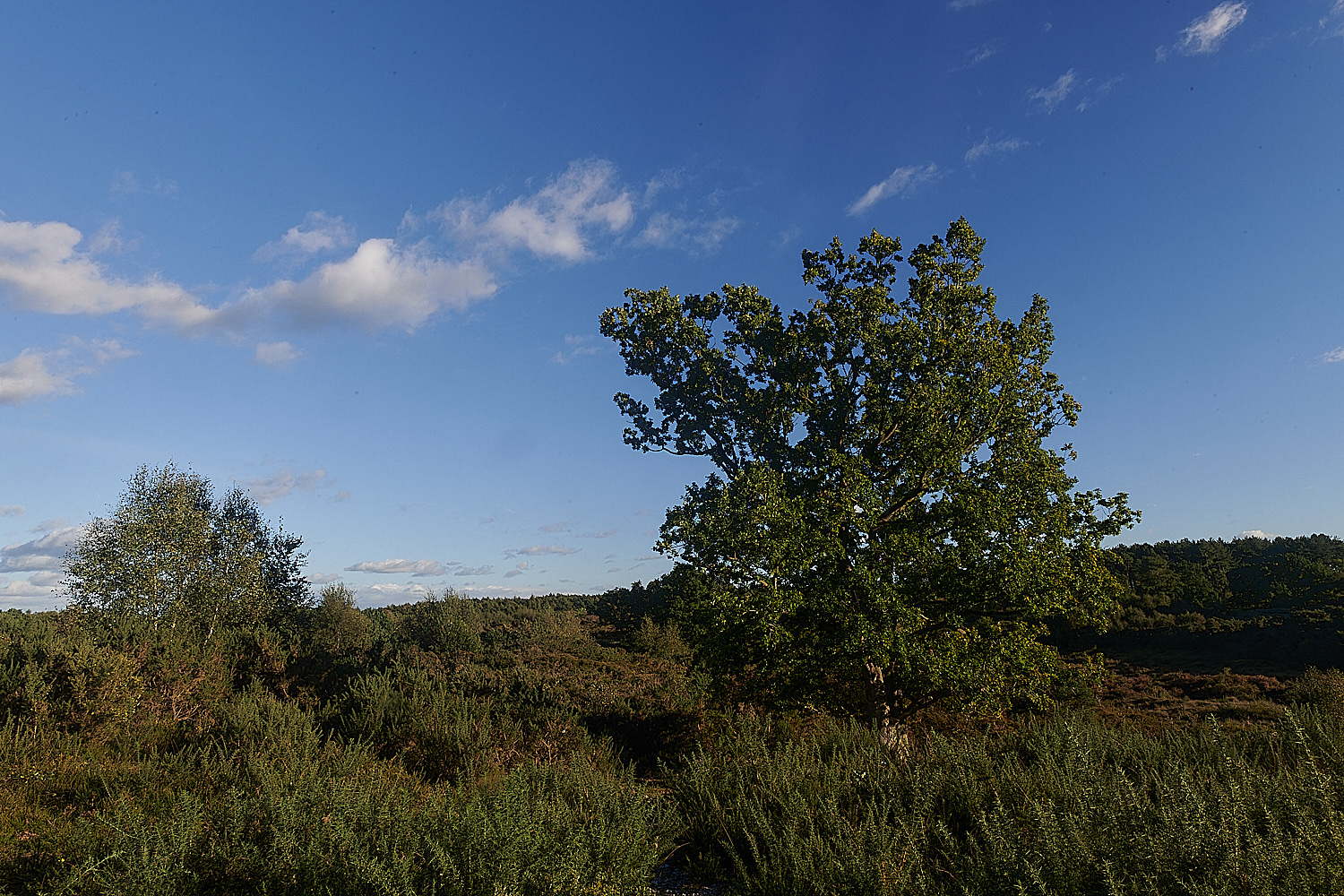
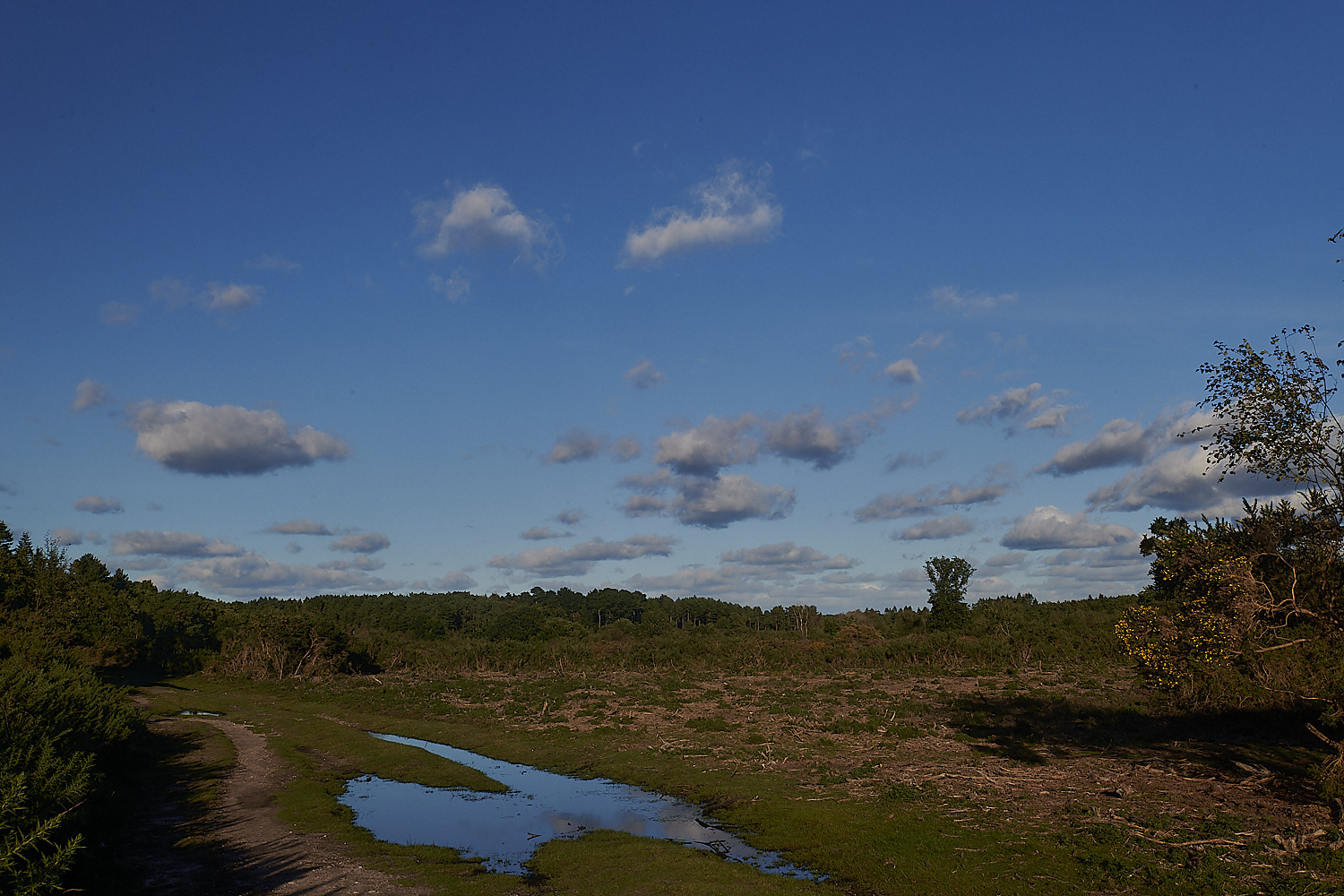


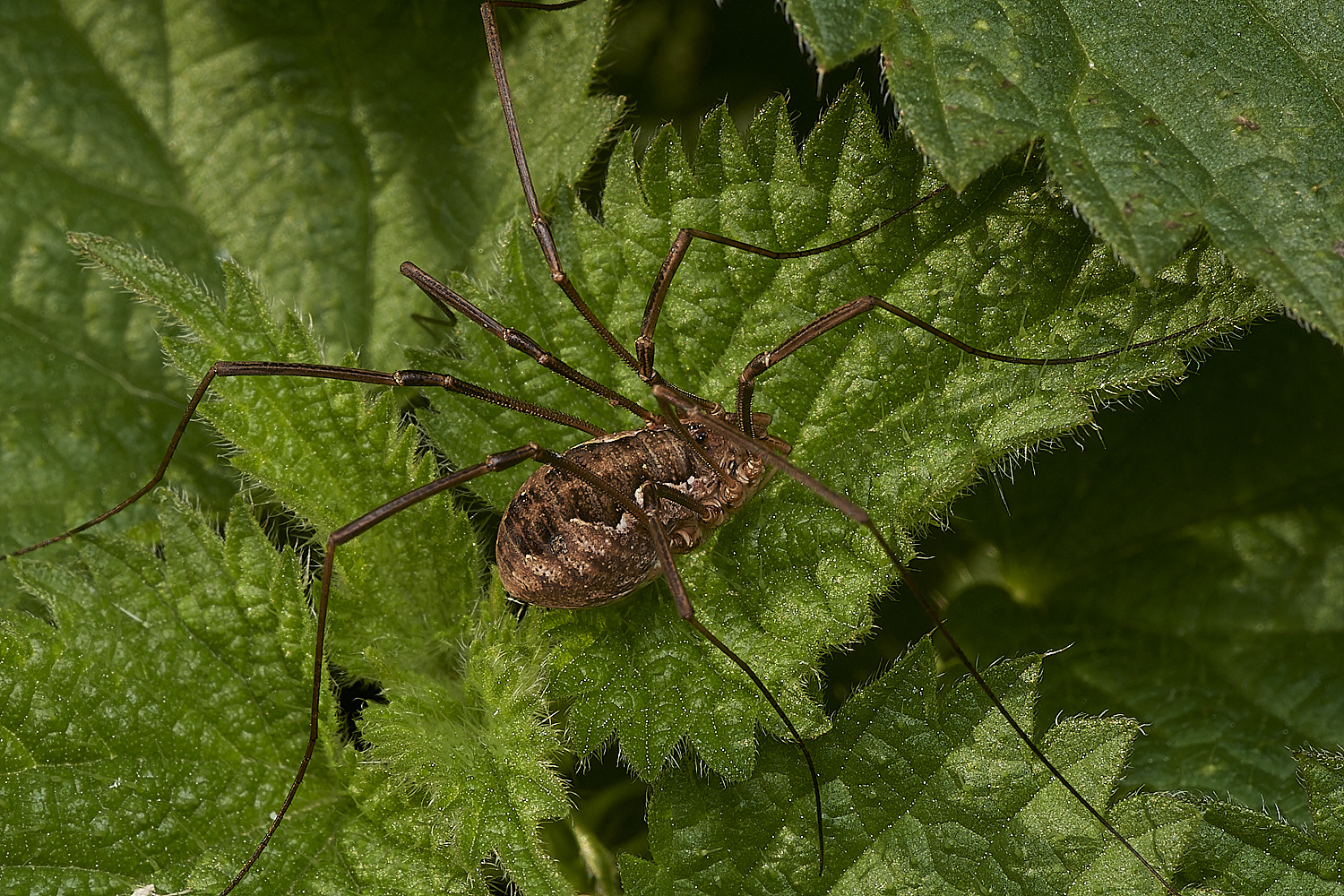
The comment above about developing thoughts on an id also apply to Harvestmen
as you can see by the discussion below.
Harvestmen Sp
Phalangium opilio
Tony L commented that it might be
Mitopus morio
Anne then sent her pictures to Vanna
who commented
Your harvestmen are either Phalangium opilio or Mitopus morio females. These two are tricky to separate. The crucial feature
isn't visible in your photos - a pair of small tubercles above the chelicerae would make them P. opilio. The shape of the ocularium
is also useful but again not quite clear enough. I find these two really frustrating at times! On balance (gut feeling)
I'd go with P. opilio but then I've only seen one M. morio female and that was last week at Marsham Heath.
A further comment from Vanna
The first one clearly shows the pair of tubercles above the chelicerae that make it Phalangium opilio (female).
Second one this area this isn't visible in either photo but the leg femora all look angular in cross section and
have several rows of acute black tipped tubercles which makes it P. opilio female as well.
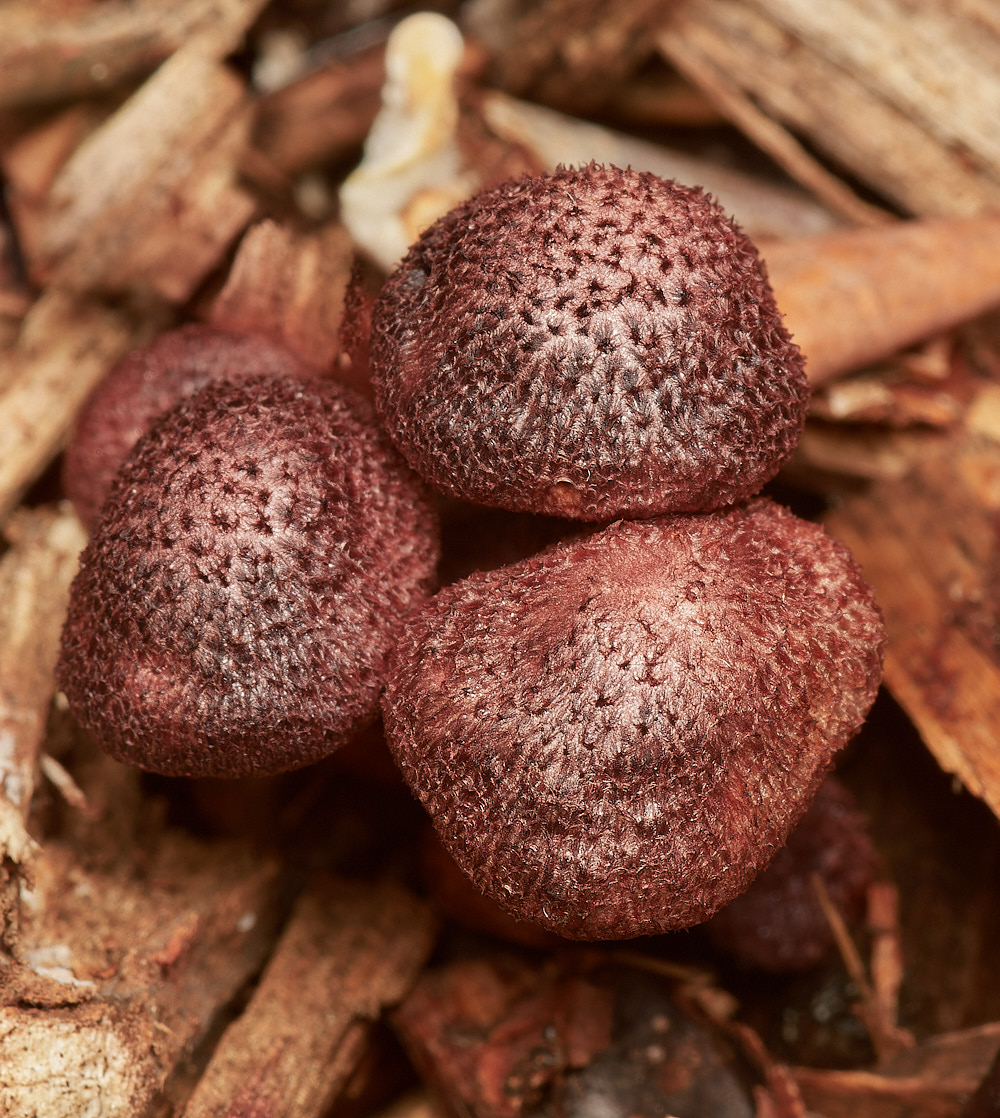

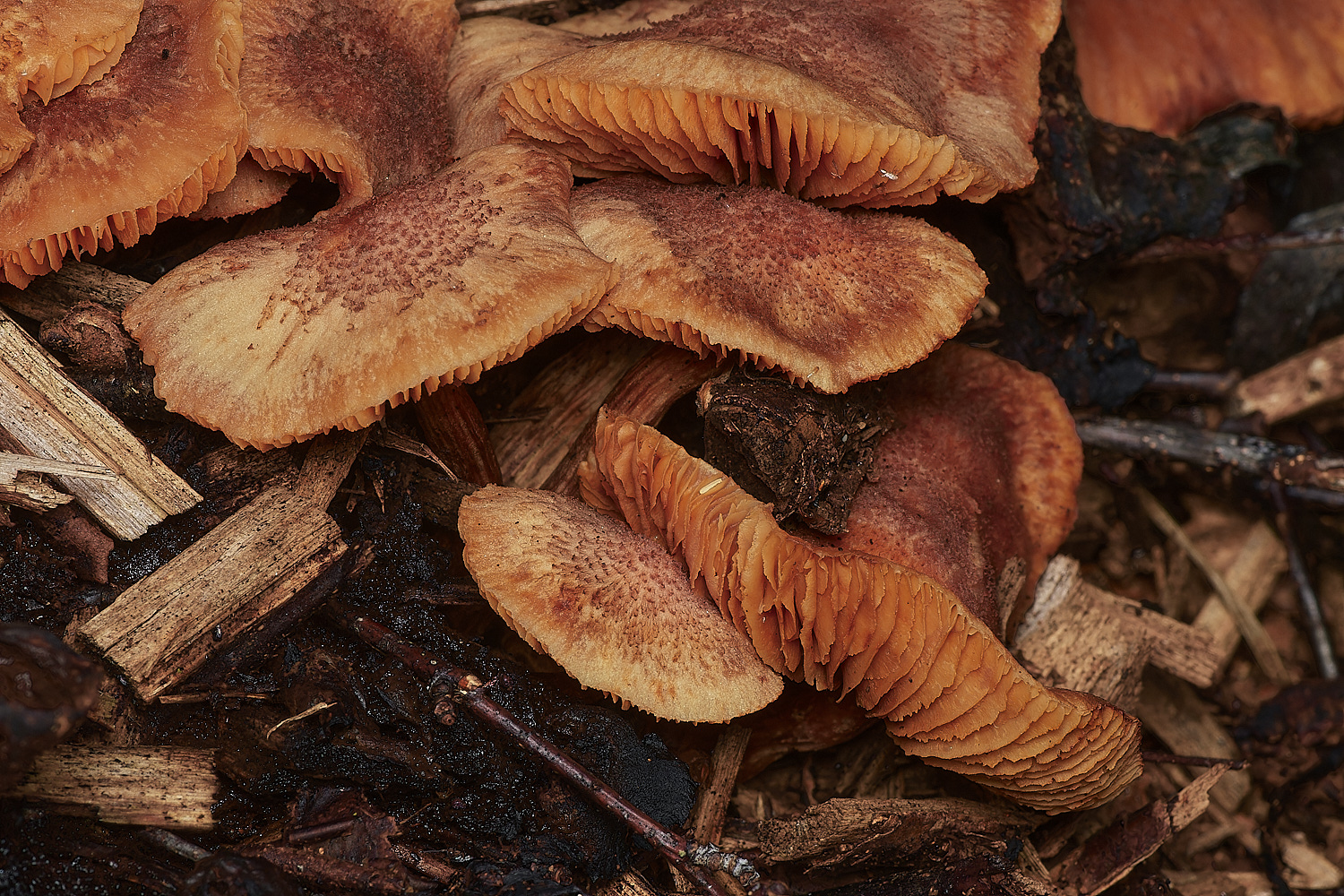
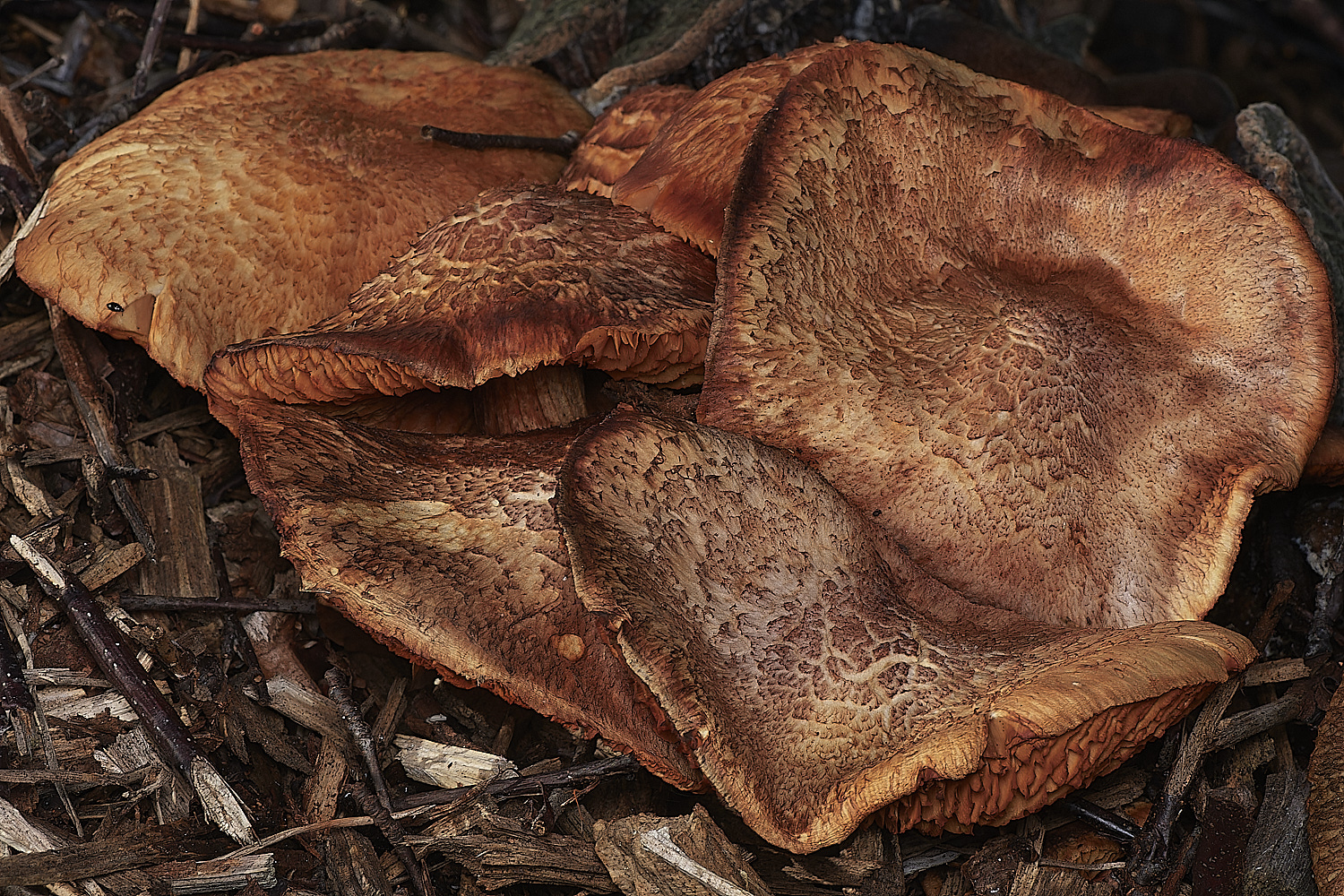
?
Magenta Rustgill (Gymnopilis dilepis)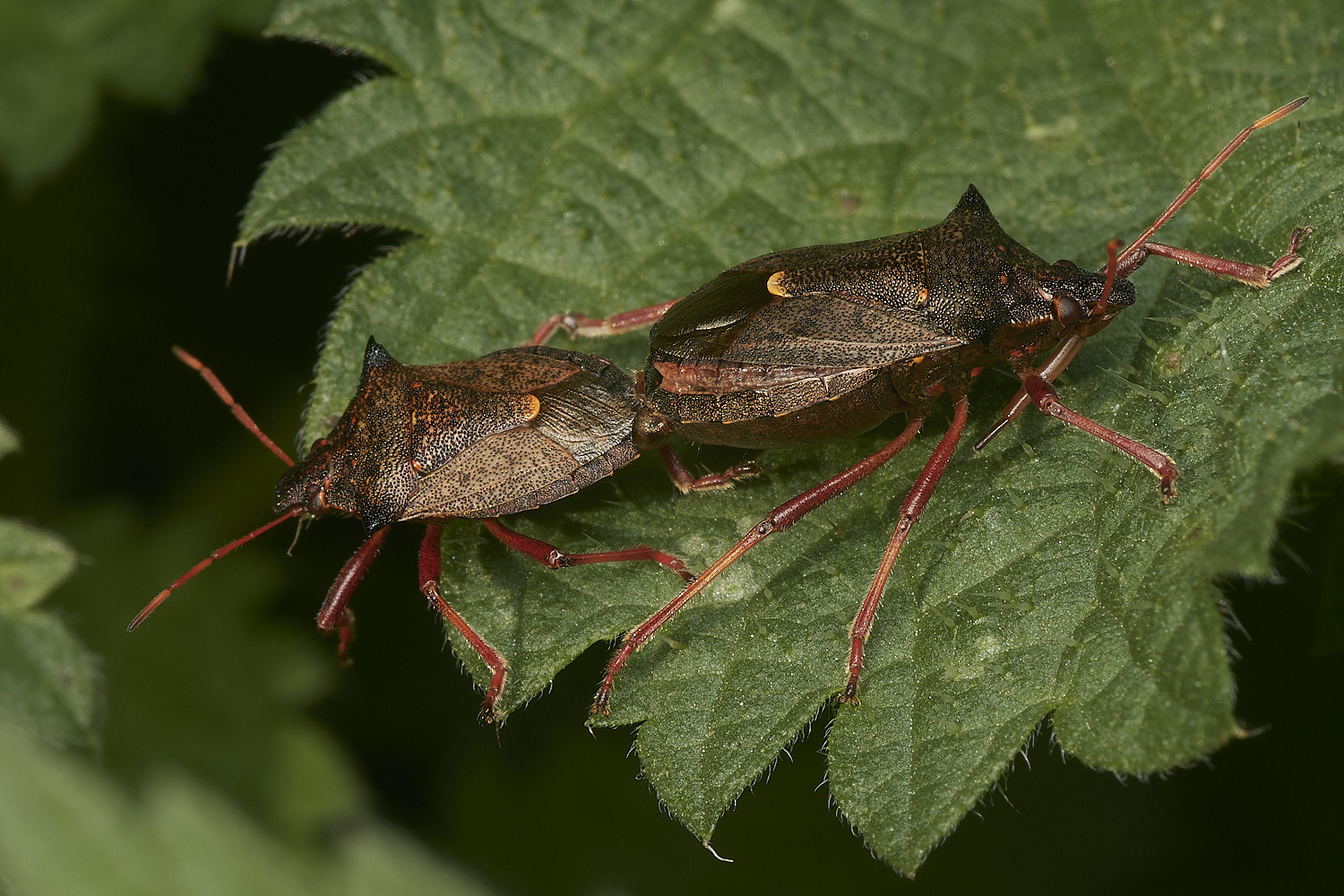
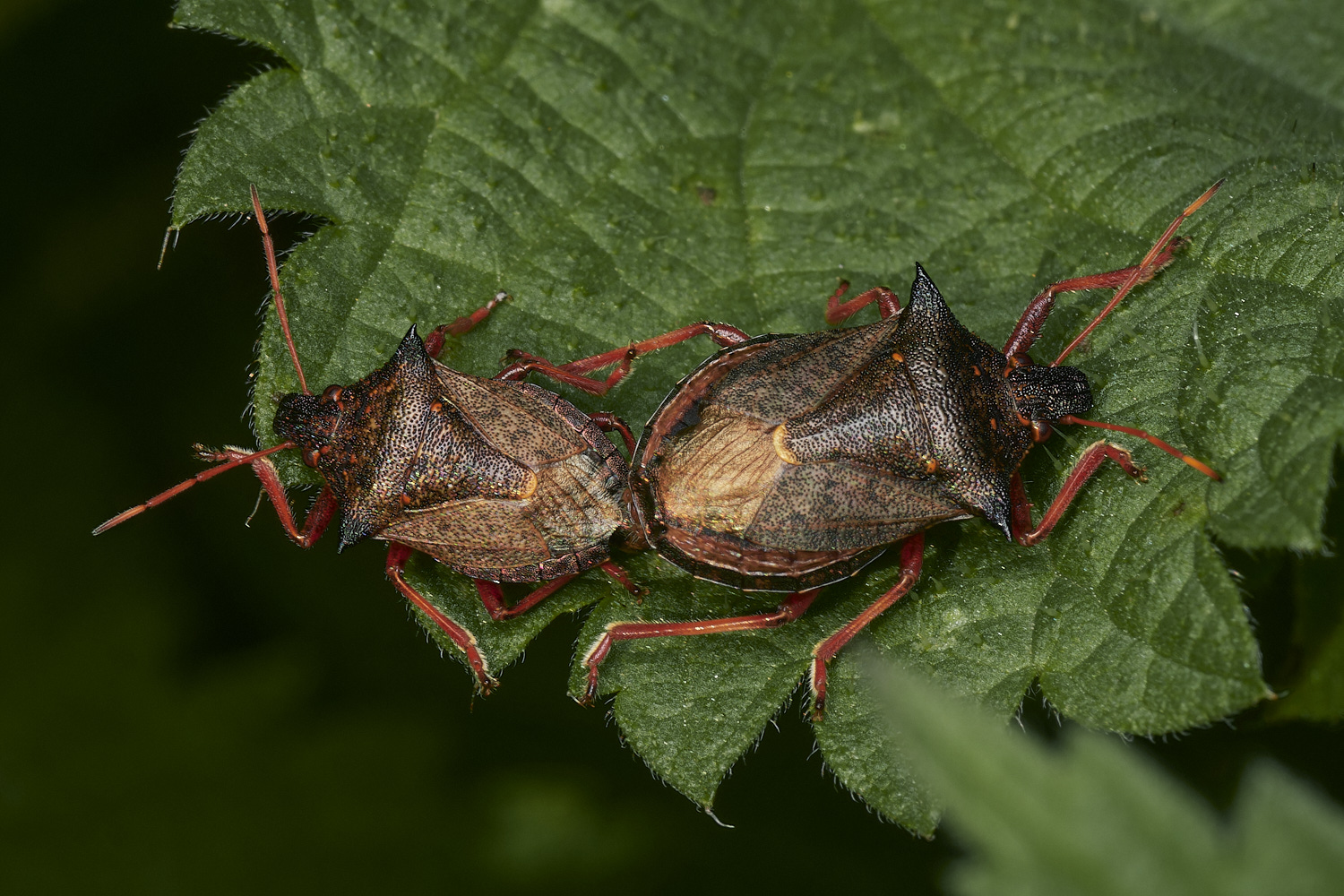
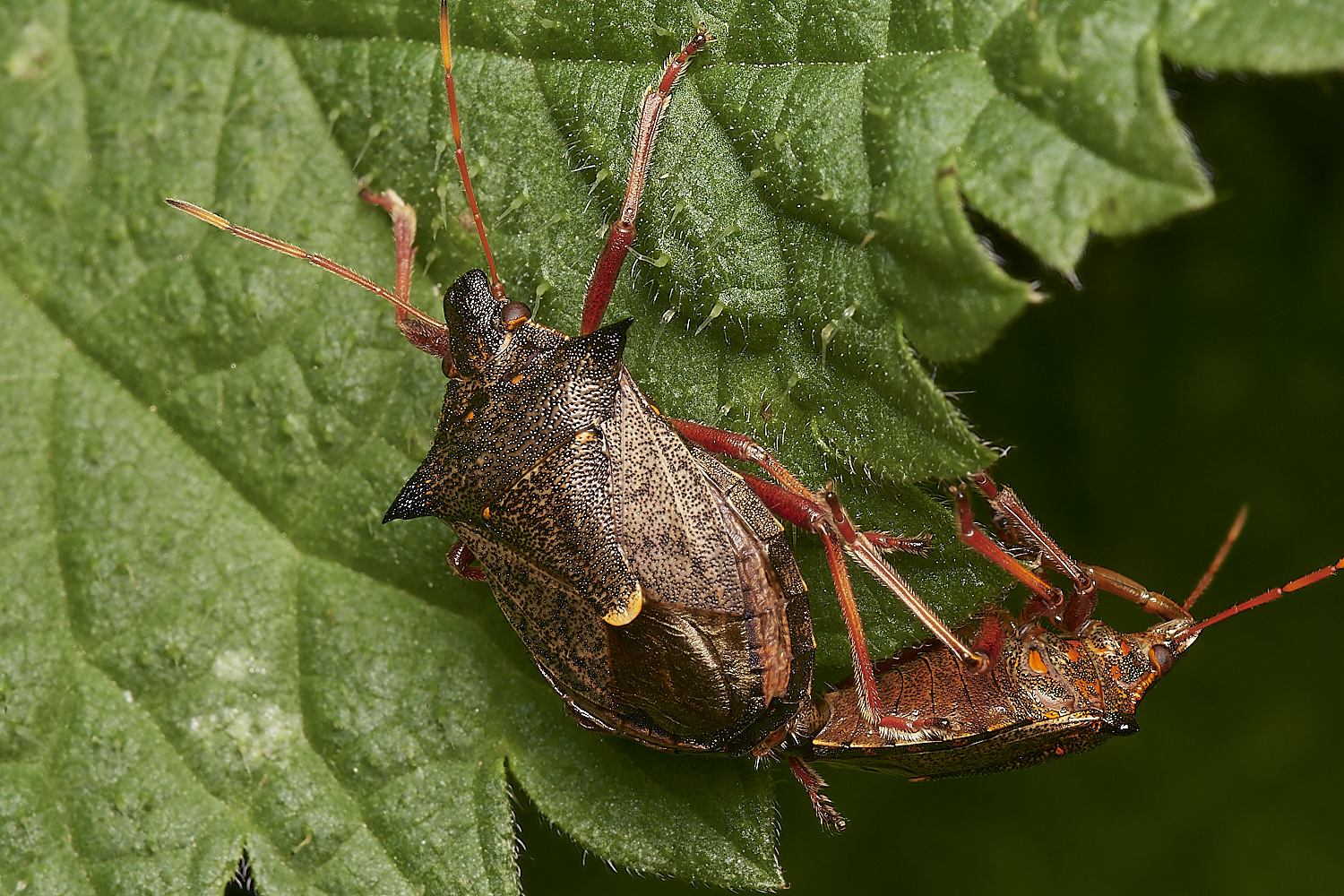
Spiked Shield Bug (Picromerus bidens)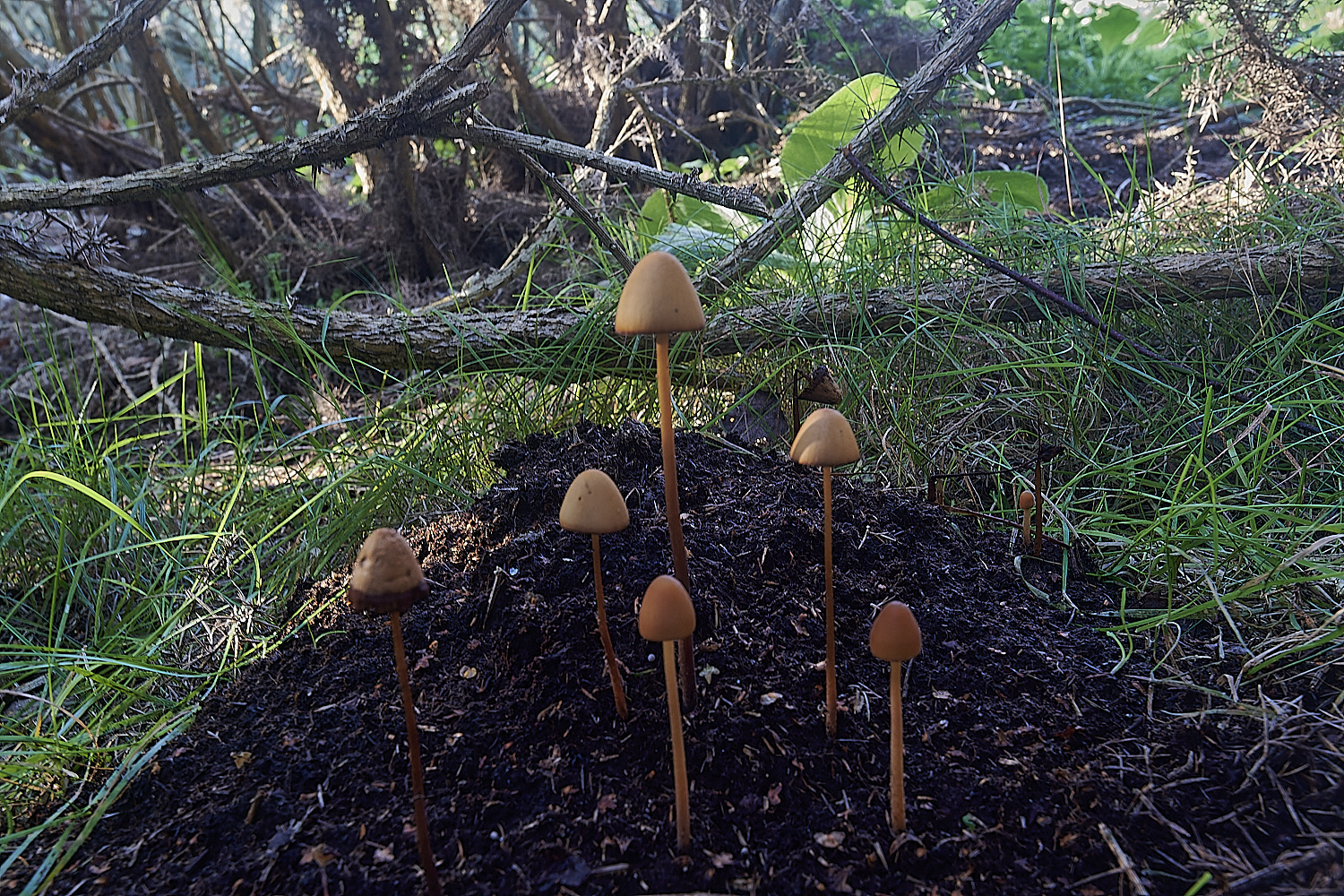
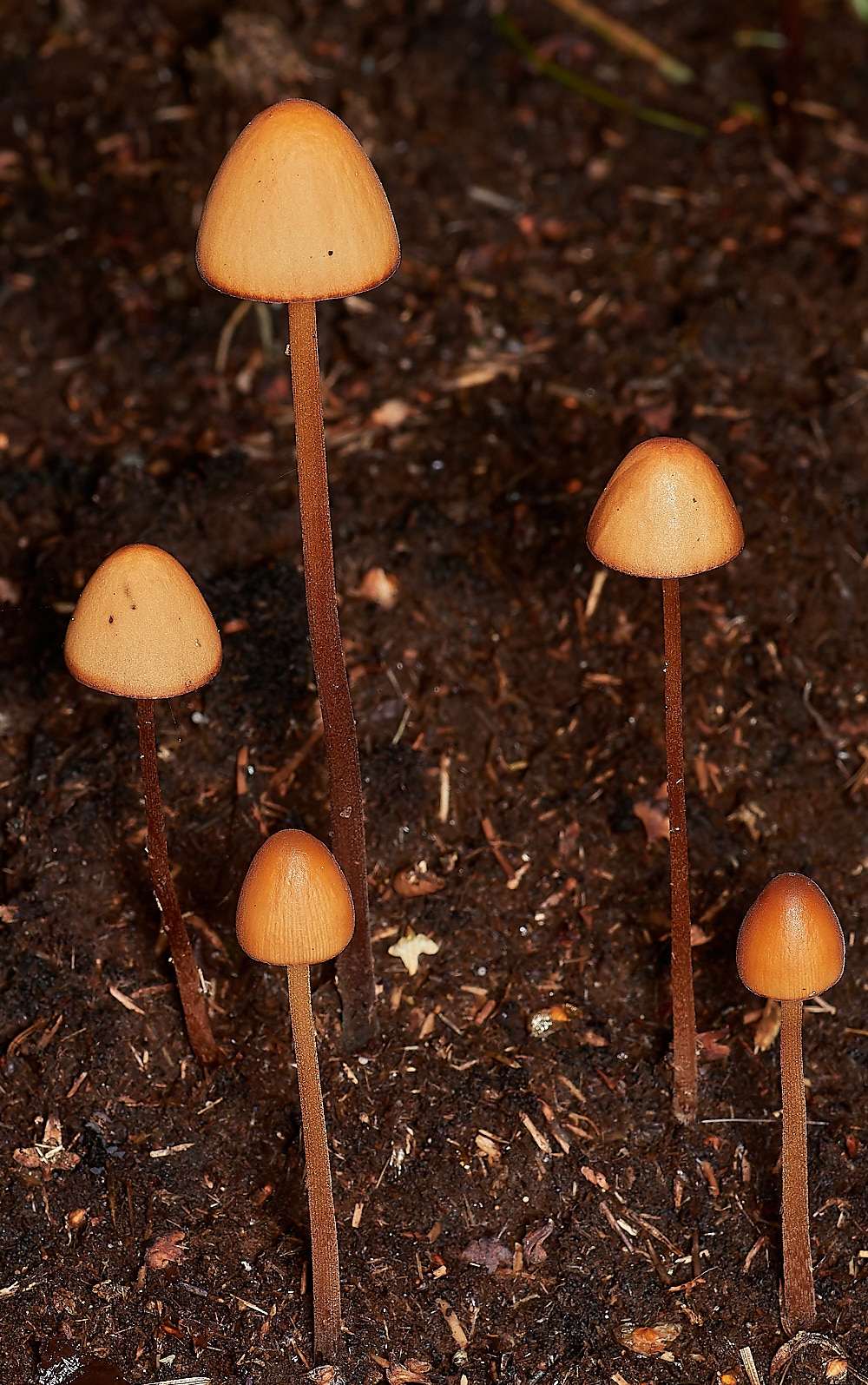

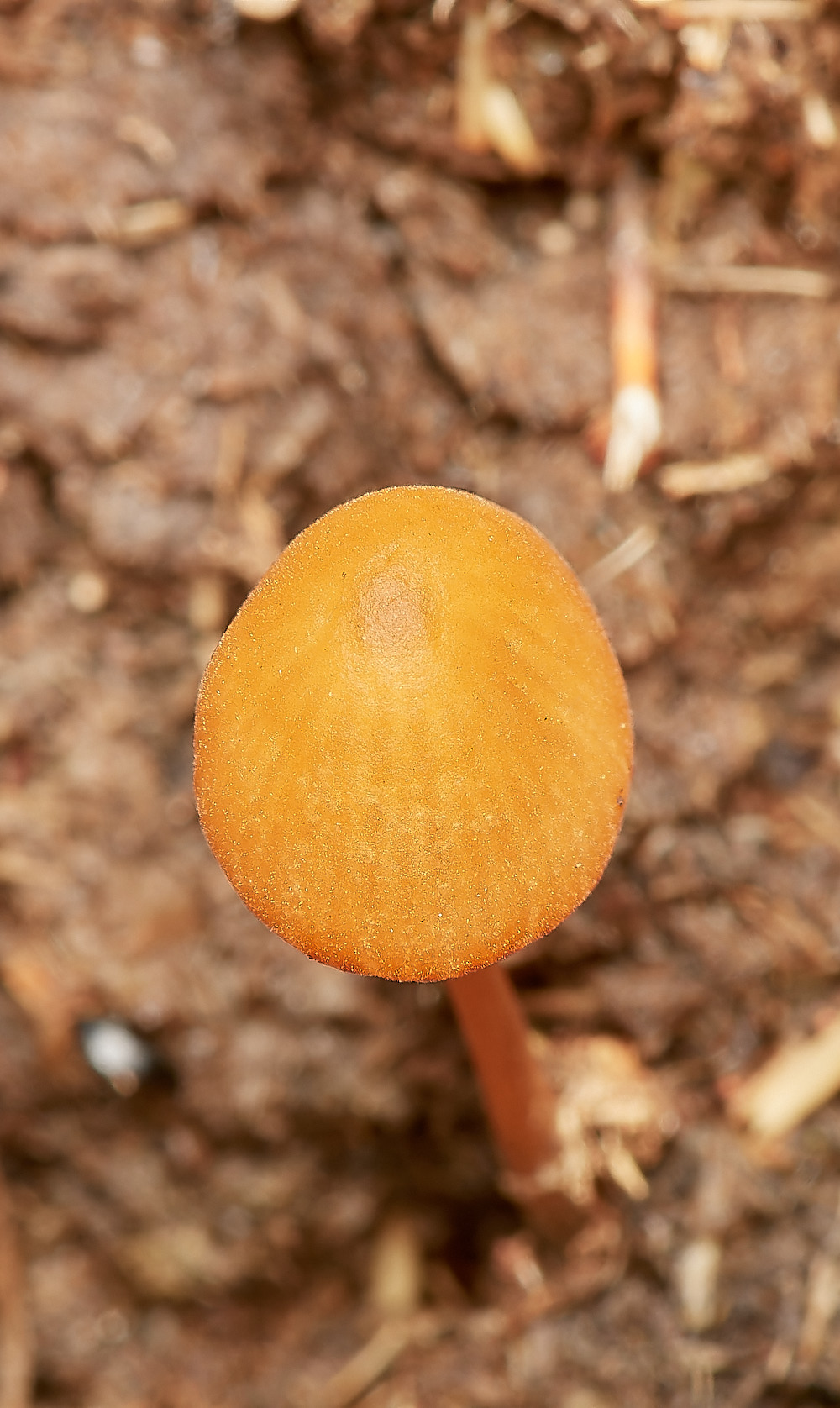
The hairs on the cap were not that obvious in the field but they show up well in the images above.
Hairs were also present on the stipe.
Growing on Pony Dung
Downy Conecap (Conocybe pubescens)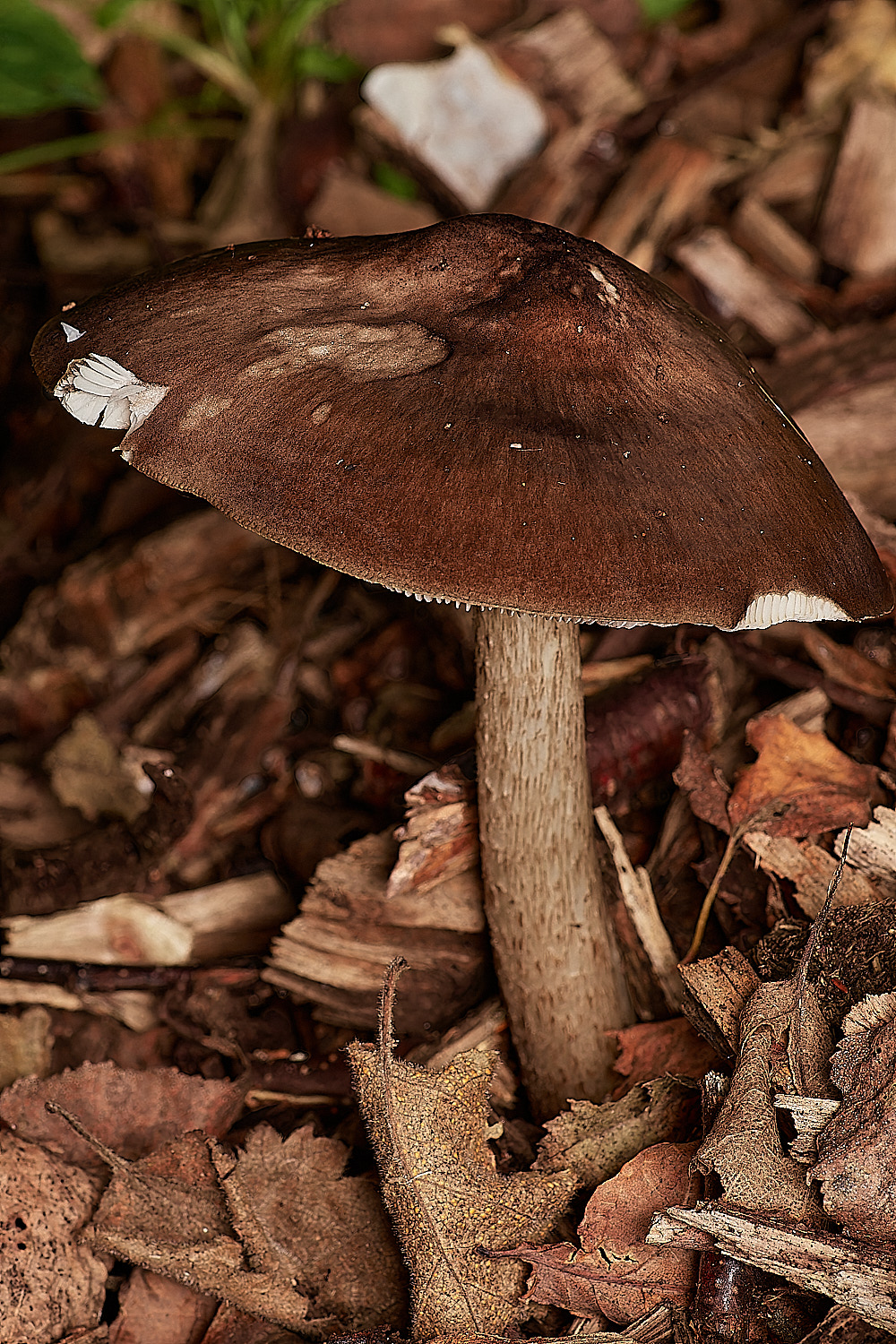
Cavalier Sp (Melanoleuca Sp) on wood chip.
Orange Mosscap (Rickenella fibula) with Moss Juicy Lucy - Neat Feather-moss (Pseudoscleropodium purum)
Hanworth

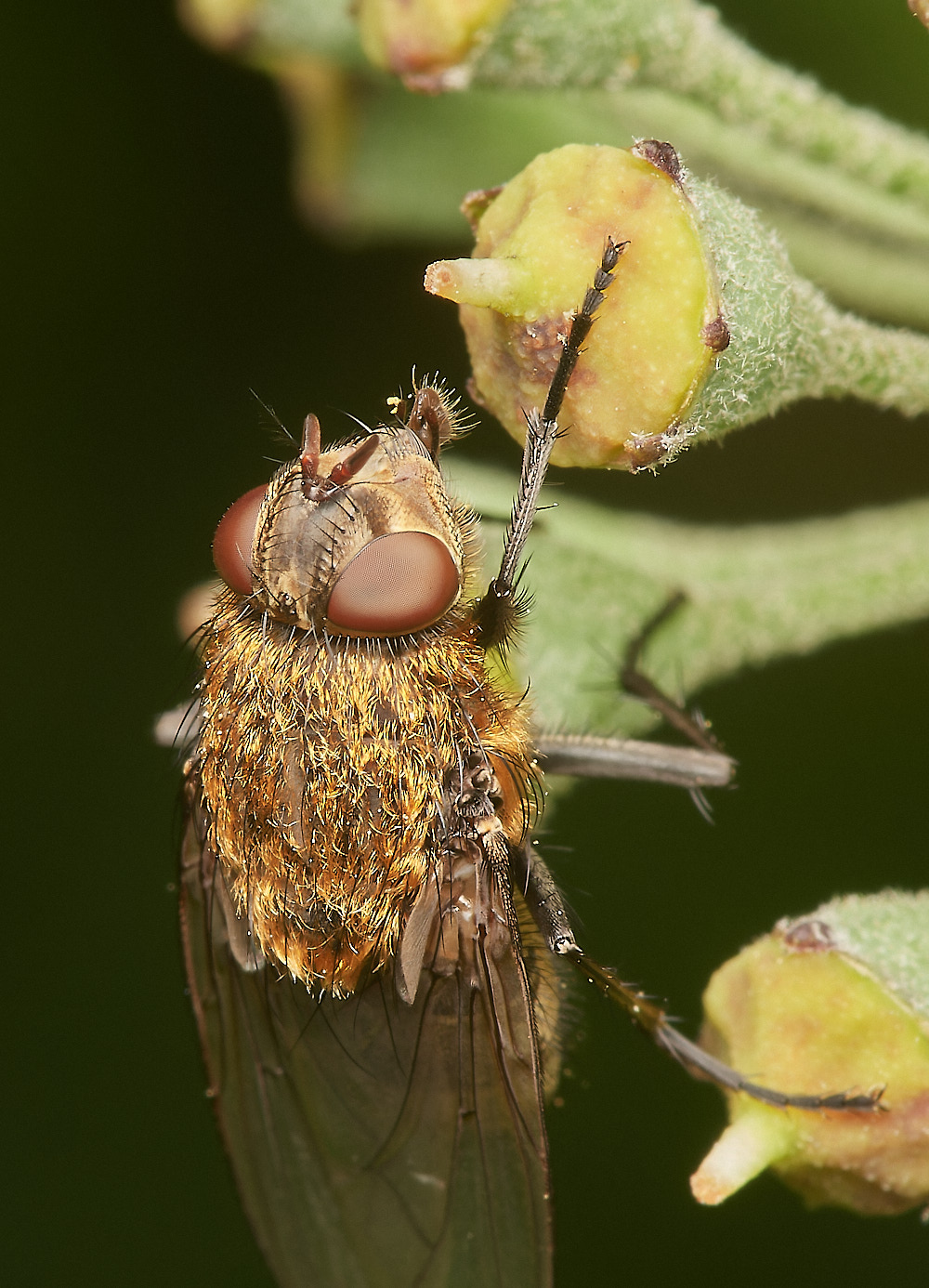

Fly Sp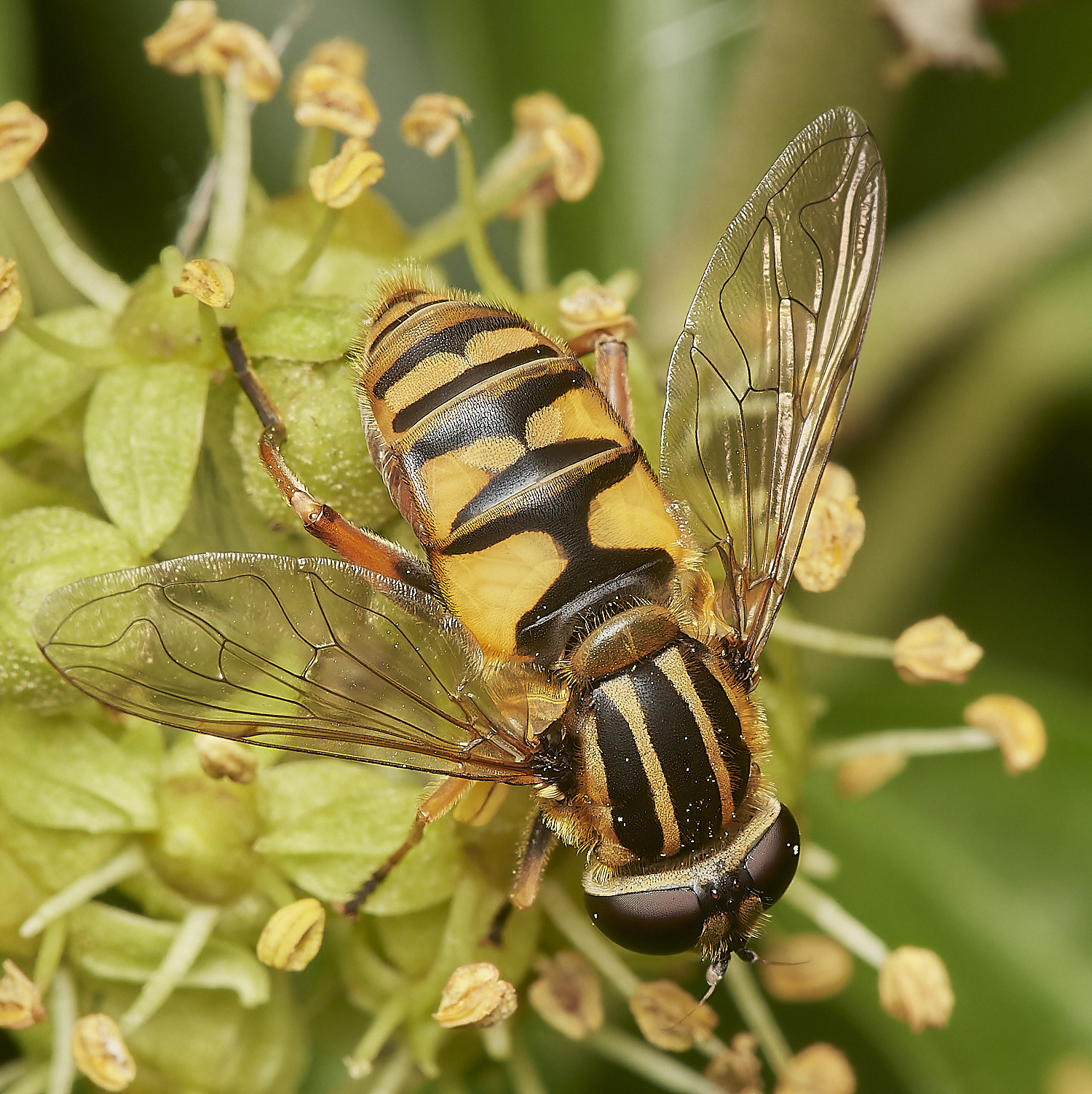
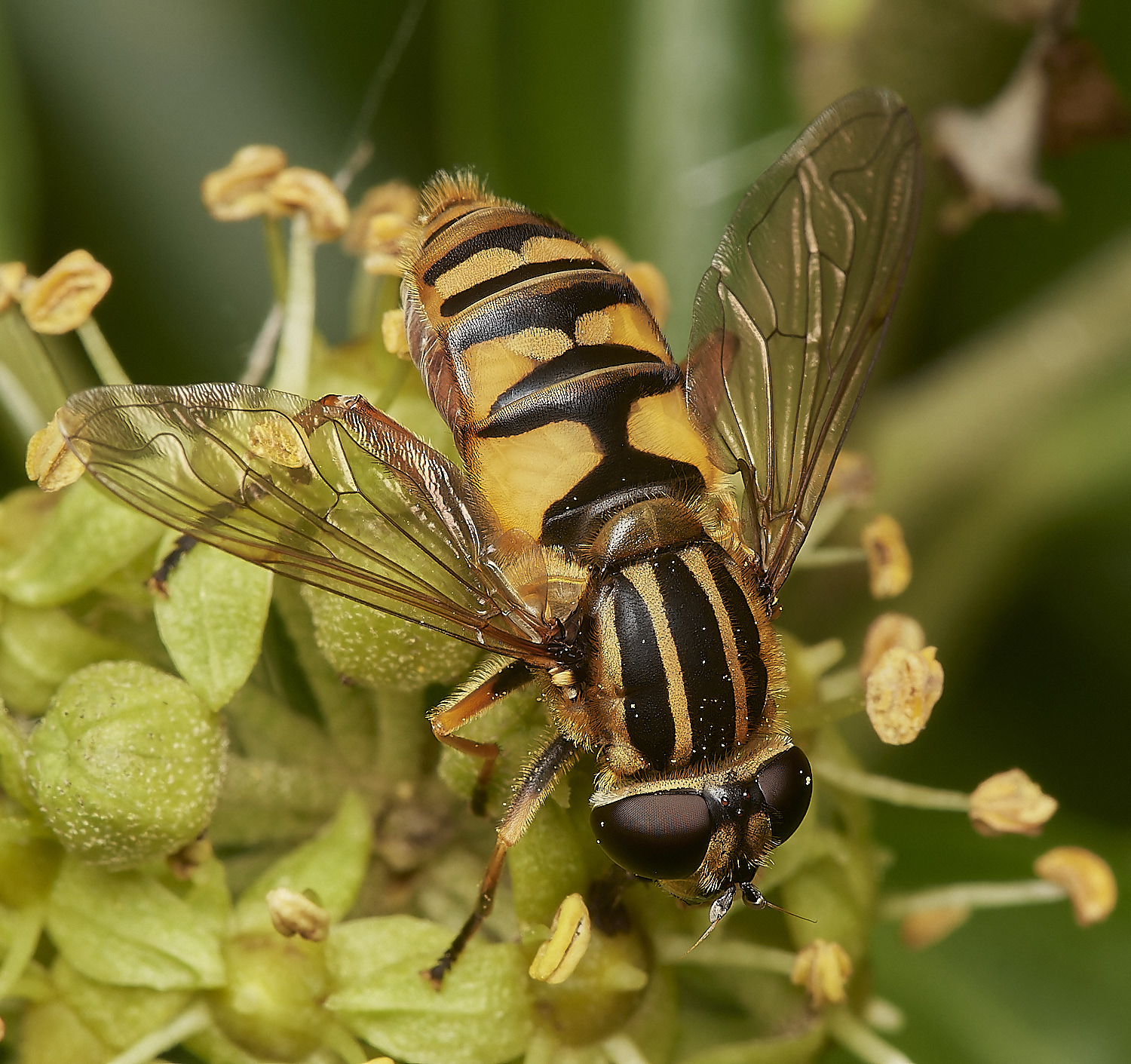

Helophilus pendulus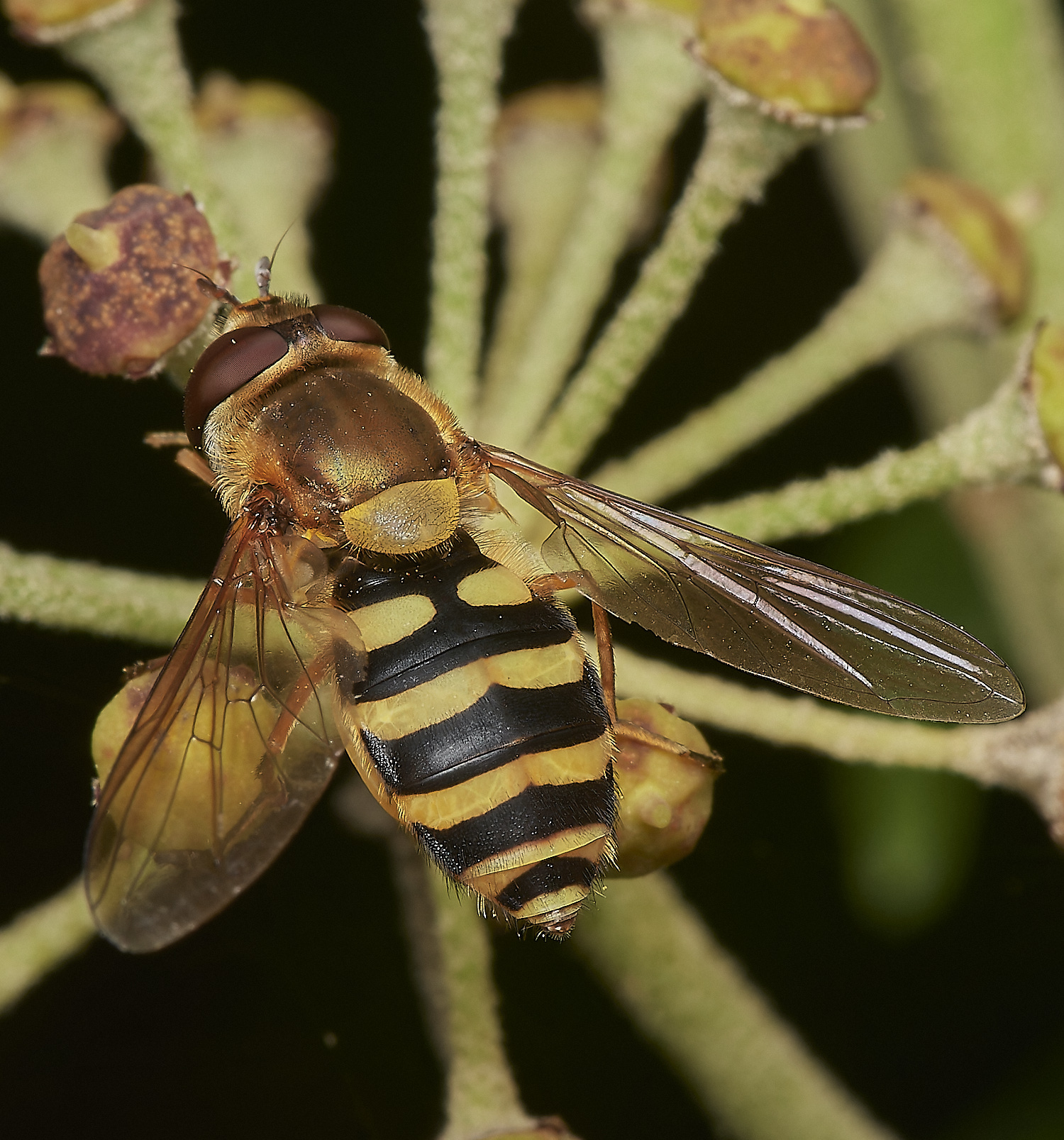
Syrphus Sp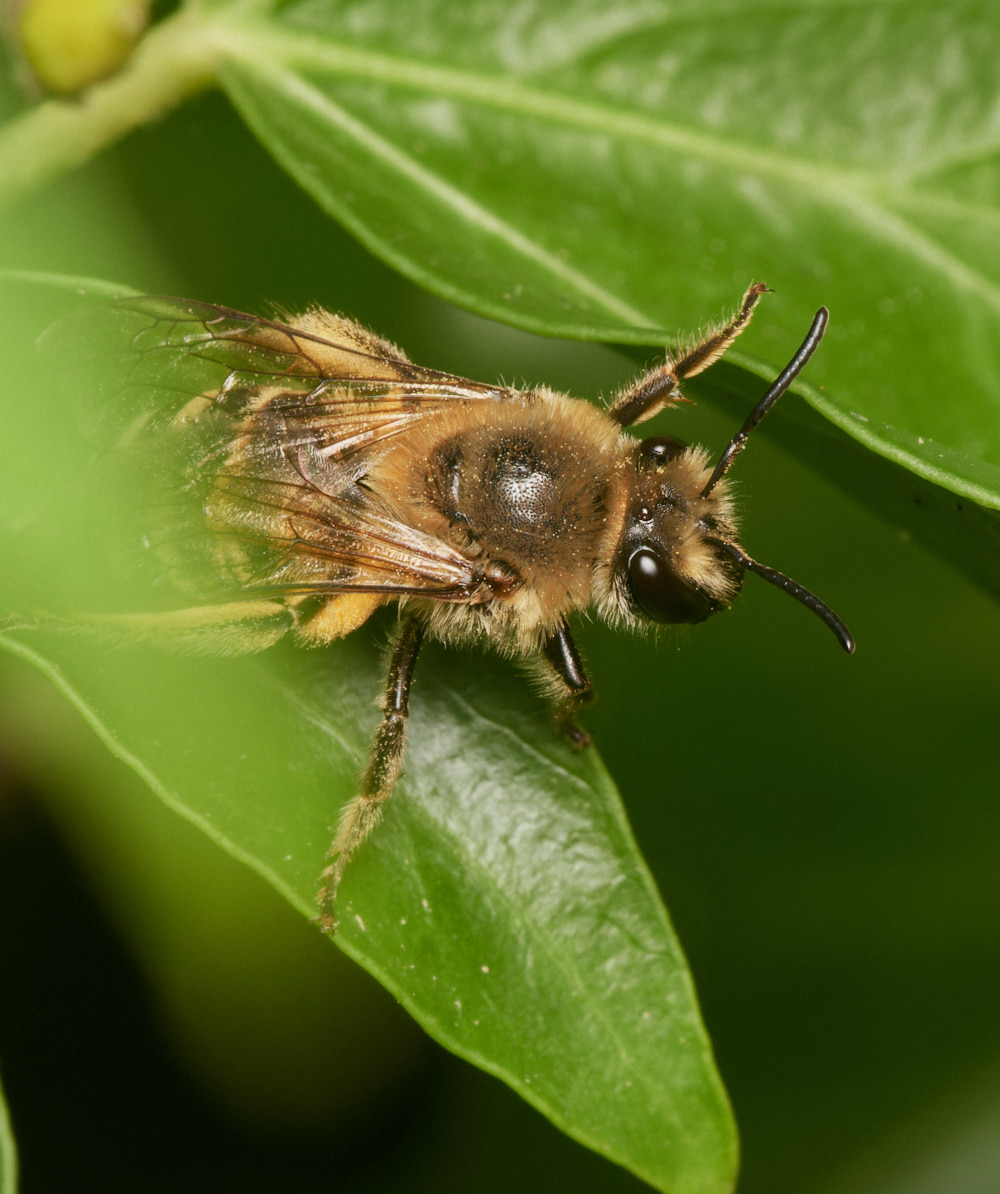
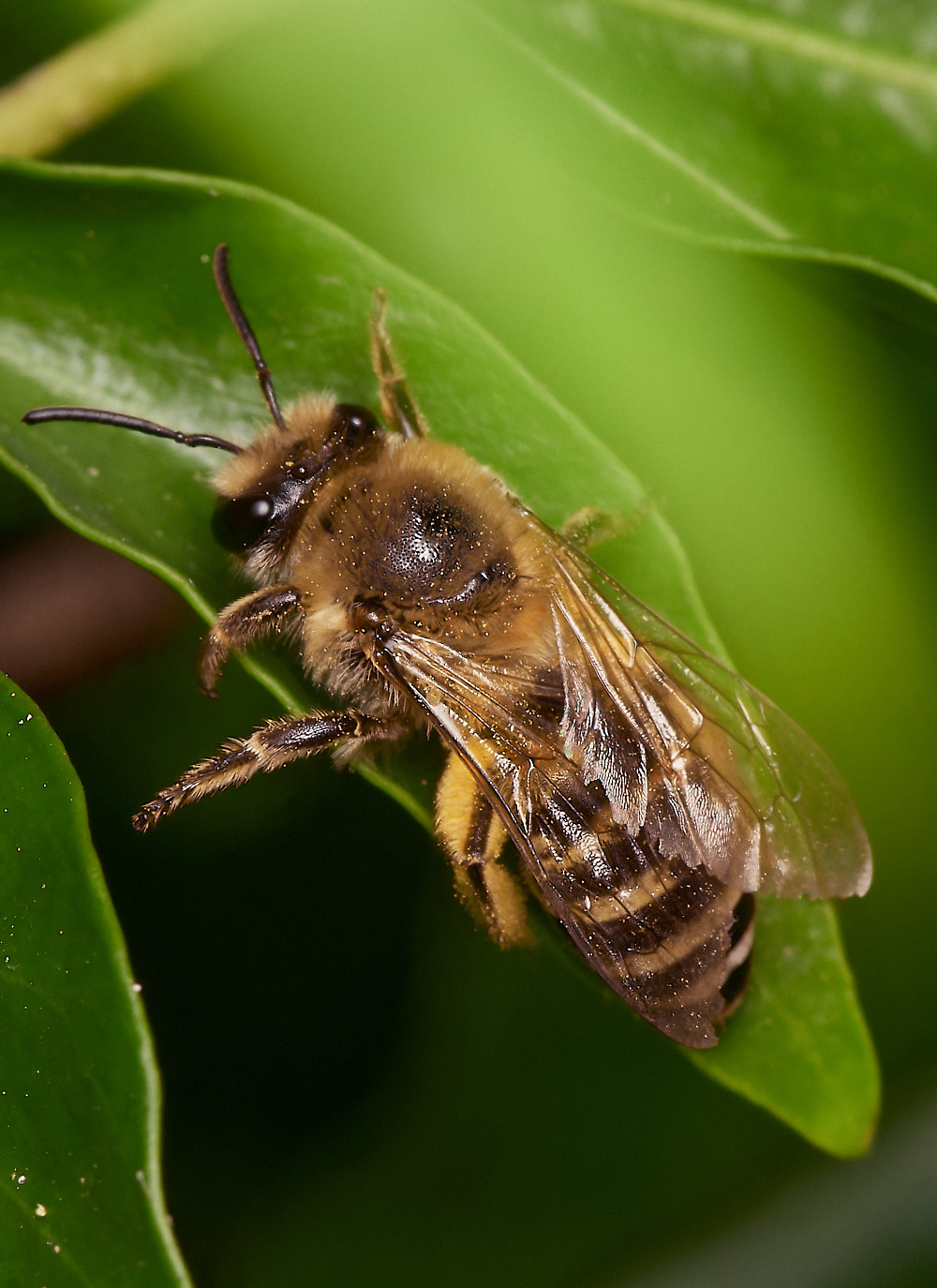
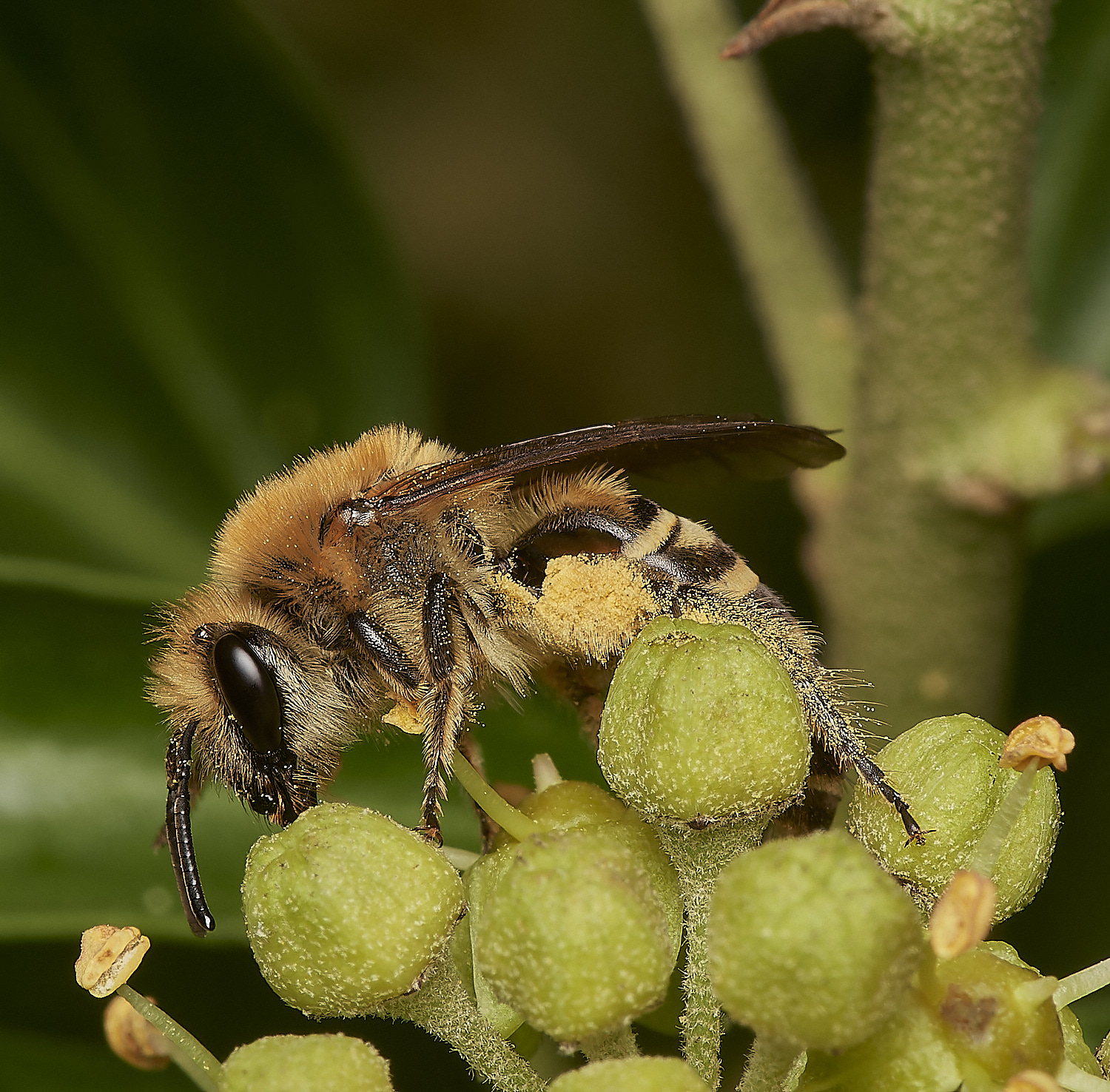
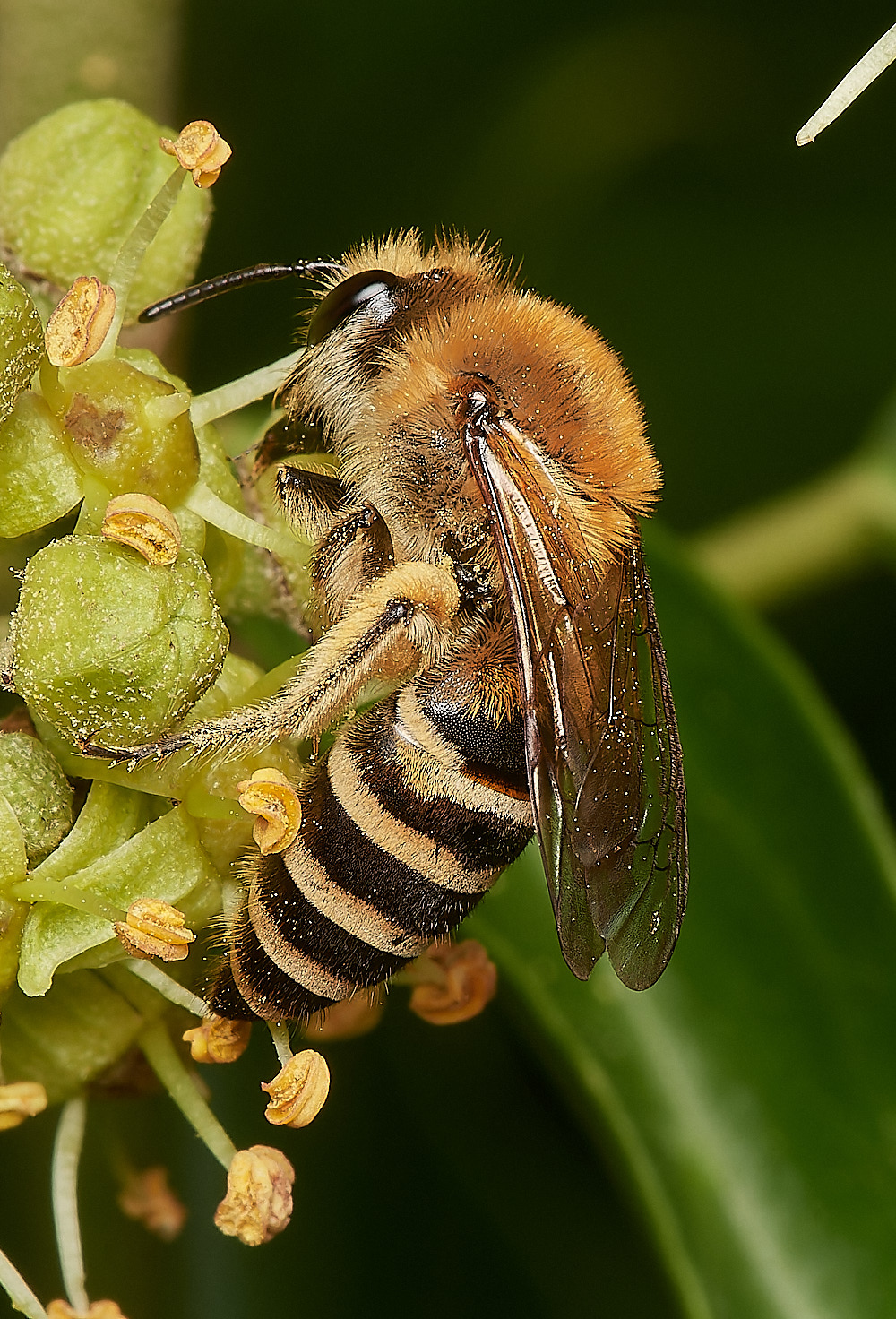
Ivy Bee (Colletes hederae)

